Potassium channel modulators
Eriksen , et al. Sept
U.S. patent number 10,774,064 [Application Number 15/749,325] was granted by the patent office on 2020-09-15 for potassium channel modulators. This patent grant is currently assigned to Cadent Therapeutics, Inc.. The grantee listed for this patent is Cadent Therapeutics, Inc.. Invention is credited to Birgitte Langer Eriksen, Magnus Gustafsson, Charlotte Hougaard, Thomas Amos Jacobsen, Martin R. Jefson, Gregg F. Keaney, Jessica Klein, Janus Schreiber Larsen, John A. Lowe, III, John M. McCall, Dorte Strob.ae butted.k, Nadia Lybol von Schoubye.


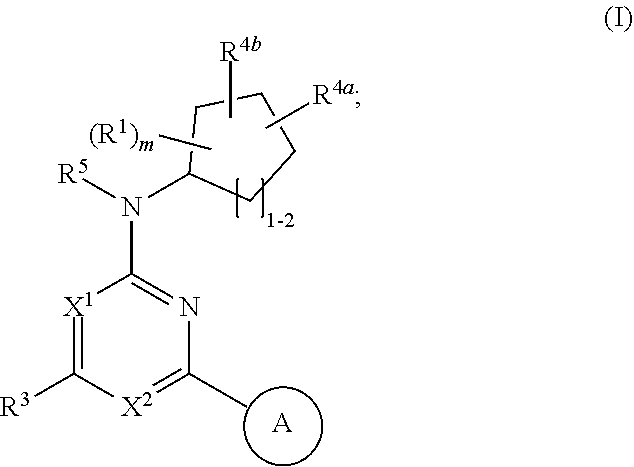
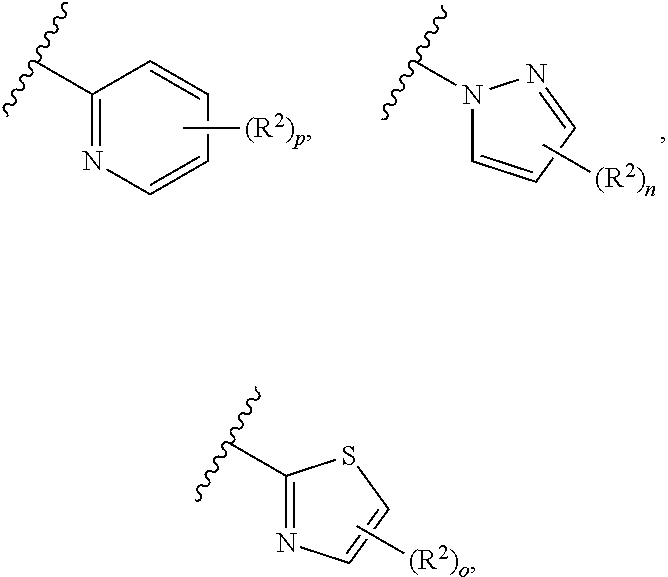
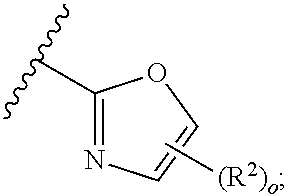




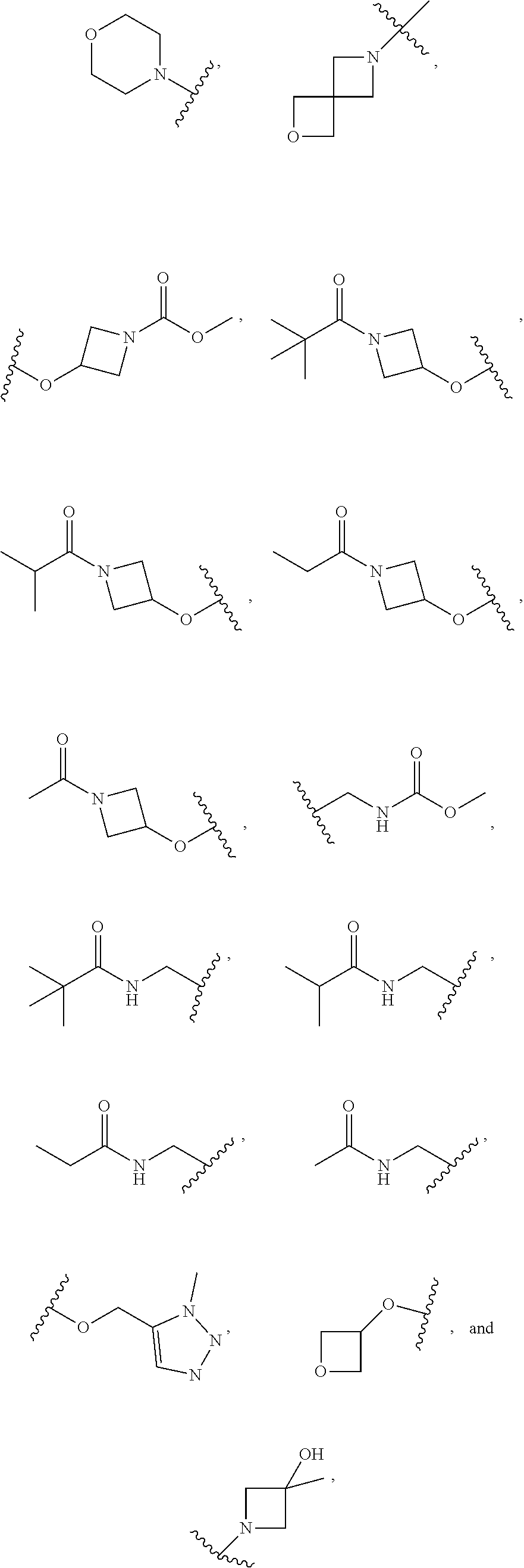


View All Diagrams
| United States Patent | 10,774,064 |
| Eriksen , et al. | September 15, 2020 |
Potassium channel modulators
Abstract
Provided are novel compounds of Formula (I): and pharmaceutically acceptable salts thereof, which are useful for treating a variety of diseases, disorders or conditions which can be affected by potassium channel modulation. Also provided are pharmaceutical compositions comprising the novel compounds of Formula (I), pharmaceutically acceptable salts thereof, and methods for their use in treating one or more diseases, disorders or conditions, associated with potassium channels. ##STR00001##
| Inventors: | Eriksen; Birgitte Langer (Farum, DK), Gustafsson; Magnus (Frederiksberg, DK), Hougaard; Charlotte (Ballerup, DK), Jacobsen; Thomas Amos (Oested, DK), Jefson; Martin R. (Stonington, CT), Keaney; Gregg F. (Lexington, MA), Klein; Jessica (Copenhagen, DK), Larsen; Janus Schreiber (Holb.ae butted.k, DK), Lowe, III; John A. (Stonington, CT), McCall; John M. (Boca Grande, FL), Strob.ae butted.k; Dorte (Farum, DK), von Schoubye; Nadia Lybol (Copenhagen, DK) | ||||||||||
|---|---|---|---|---|---|---|---|---|---|---|---|
| Applicant: |
|
||||||||||
| Assignee: | Cadent Therapeutics, Inc.
(Cambridge, MA) |
||||||||||
| Family ID: | 1000005053504 | ||||||||||
| Appl. No.: | 15/749,325 | ||||||||||
| Filed: | June 2, 2017 | ||||||||||
| PCT Filed: | June 02, 2017 | ||||||||||
| PCT No.: | PCT/US2017/035662 | ||||||||||
| 371(c)(1),(2),(4) Date: | January 31, 2018 | ||||||||||
| PCT Pub. No.: | WO2017/210545 | ||||||||||
| PCT Pub. Date: | December 07, 2017 |
Prior Publication Data
| Document Identifier | Publication Date | |
|---|---|---|
| US 20190218200 A1 | Jul 18, 2019 | |
Related U.S. Patent Documents
| Application Number | Filing Date | Patent Number | Issue Date | ||
|---|---|---|---|---|---|
| 62449309 | Jan 23, 2017 | ||||
| 62344513 | Jun 2, 2016 | ||||
| Current U.S. Class: | 1/1 |
| Current CPC Class: | C07D 471/04 (20130101); C07D 491/10 (20130101); C07D 417/14 (20130101); C07D 409/14 (20130101); C07D 417/04 (20130101); C07D 413/14 (20130101); C07D 487/08 (20130101); C07D 401/04 (20130101); C07D 498/08 (20130101); C07D 487/04 (20130101); C07D 405/14 (20130101); C07D 401/14 (20130101); C07D 403/04 (20130101); C07D 403/14 (20130101) |
| Current International Class: | C07D 401/04 (20060101); C07D 409/14 (20060101); C07D 403/04 (20060101); C07D 413/14 (20060101); C07D 487/08 (20060101); C07D 401/14 (20060101); C07D 417/14 (20060101); C07D 417/04 (20060101); C07D 491/10 (20060101); C07D 498/08 (20060101); C07D 487/04 (20060101); C07D 405/14 (20060101); C07D 403/14 (20060101); C07D 471/04 (20060101) |
| Field of Search: | ;544/316 |
References Cited [Referenced By]
U.S. Patent Documents
| 4992150 | February 1991 | Igarashi et al. |
| 5250530 | October 1993 | Giencke et al. |
| 6225052 | May 2001 | Batz et al. |
| 7767777 | August 2010 | Buesing et al. |
| 7919046 | April 2011 | Delapierre et al. |
| 8106217 | January 2012 | Ignatyev et al. |
| 8222262 | July 2012 | Eriksen et al. |
| 8252806 | August 2012 | Eriksen et al. |
| 8362024 | January 2013 | Eriksen et al. |
| 8563552 | October 2013 | Hanyu et al. |
| 8586573 | November 2013 | Dubois et al. |
| 9050266 | June 2015 | Poinsard et al. |
| 9321727 | April 2016 | Bissantz et al. |
| 9340544 | May 2016 | Eriksen et al. |
| 9505720 | November 2016 | Poinsard et al. |
| 9579324 | February 2017 | Konteatis |
| 9975886 | May 2018 | Amrutkar |
| 10351553 | July 2019 | Amrutkar et al. |
| 2002/0137747 | September 2002 | Moriarty et al. |
| 2004/0229864 | November 2004 | Bourrain et al. |
| 2005/0113382 | May 2005 | Jahangir et al. |
| 2005/0277640 | December 2005 | Dixon et al. |
| 2006/0069066 | March 2006 | Eldar-Finkelman et al. |
| 2006/0156481 | July 2006 | Lim |
| 2006/0281712 | December 2006 | Yen et al. |
| 2007/0135437 | June 2007 | Benjamin et al. |
| 2008/0221103 | September 2008 | Sharma et al. |
| 2008/0249097 | October 2008 | Daifuku et al. |
| 2008/0255183 | October 2008 | Arnould et al. |
| 2009/0036475 | February 2009 | Eriksen et al. |
| 2009/0068634 | March 2009 | Cerda |
| 2009/0143302 | June 2009 | Yen et al. |
| 2009/0253717 | October 2009 | Brown et al. |
| 2009/0306102 | December 2009 | Eriksen et al. |
| 2010/0324273 | December 2010 | Singer et al. |
| 2011/0144140 | June 2011 | Eriksen et al. |
| 2011/0152292 | June 2011 | Rayner-Branes et al. |
| 2011/0224155 | September 2011 | Tachdjian et al. |
| 2011/0230484 | September 2011 | Eriksen et al. |
| 2011/0257196 | October 2011 | Lu et al. |
| 2012/0004246 | January 2012 | Eriksen et al. |
| 2012/0046301 | February 2012 | Frank et al. |
| 2012/0071524 | March 2012 | Lu et al. |
| 2012/0202806 | August 2012 | Durrenberger et al. |
| 2013/0197049 | August 2013 | Li et al. |
| 2014/0275024 | September 2014 | Maxwell et al. |
| 2015/0291515 | October 2015 | Uerdingen et al. |
| 2016/0155959 | June 2016 | Kaiser et al. |
| 2016/0237069 | August 2016 | Beaton et al. |
| 2017/0015871 | January 2017 | Wutti et al. |
| 2017/0299609 | October 2017 | Elbasiouny |
| 2017/0355708 | December 2017 | Jefson et al. |
| 2018/0207138 | July 2018 | Amrutkar et al. |
| 101684098 | Mar 2010 | CN | |||
| 102731492 | Oct 2012 | CN | |||
| 103626741 | Mar 2014 | CN | |||
| 106349156 | Jan 2017 | CN | |||
| 3634341 | May 1987 | DE | |||
| 4034762 | May 1992 | DE | |||
| 102012006896 | Oct 2013 | DE | |||
| 353123 | Jan 1990 | EP | |||
| 407899 | Jan 1991 | EP | |||
| 646648 | Apr 1995 | EP | |||
| 1270551 | Jan 2003 | EP | |||
| 1506967 | Feb 2005 | EP | |||
| 2042570 | Apr 2009 | EP | |||
| 2746373 | Jun 2014 | EP | |||
| 2746374 | Jun 2014 | EP | |||
| 2469290 | Jun 2014 | ES | |||
| 2904316 | Feb 2008 | FR | |||
| 2263639 | Aug 1993 | GB | |||
| 54-147921 | Nov 1979 | JP | |||
| H02282251 | Nov 1990 | JP | |||
| H11158073 | Jun 1999 | JP | |||
| H11282132 | Oct 1999 | JP | |||
| 2000-072695 | Mar 2000 | JP | |||
| 2000-075449 | Mar 2000 | JP | |||
| 2007-091649 | Apr 2007 | JP | |||
| 2013-020223 | Jan 2013 | JP | |||
| 2013-061465 | Apr 2013 | JP | |||
| 2013-125180 | Jun 2013 | JP | |||
| 20120018236 | Mar 2012 | KR | |||
| 1989/11279 | Nov 1989 | WO | |||
| 1993/25550 | Dec 1993 | WO | |||
| 1995/00478 | Jan 1995 | WO | |||
| 1998/06709 | Feb 1998 | WO | |||
| 1998/17630 | Apr 1998 | WO | |||
| 2001/017942 | Mar 2001 | WO | |||
| 2001/32170 | May 2001 | WO | |||
| 2002/00217 | Jan 2002 | WO | |||
| 2002/030358 | Apr 2002 | WO | |||
| 2002/046172 | Jun 2002 | WO | |||
| 2002/055012 | Jul 2002 | WO | |||
| 2002/055013 | Jul 2002 | WO | |||
| 2002/055014 | Jul 2002 | WO | |||
| 2002/064096 | Aug 2002 | WO | |||
| 2003/053933 | Jul 2003 | WO | |||
| 2003/075828 | Sep 2003 | WO | |||
| 2004/000820 | Dec 2003 | WO | |||
| 2004/000833 | Dec 2003 | WO | |||
| 2004/017920 | Mar 2004 | WO | |||
| 2004/018452 | Mar 2004 | WO | |||
| 2005/035507 | Apr 2005 | WO | |||
| 2005/037826 | Apr 2005 | WO | |||
| 2005/075461 | Aug 2005 | WO | |||
| 2005/095357 | Oct 2005 | WO | |||
| 2005/112938 | Dec 2005 | WO | |||
| 2006/014136 | Feb 2006 | WO | |||
| 2006/034473 | Mar 2006 | WO | |||
| 2006/040113 | Apr 2006 | WO | |||
| 2006/048330 | May 2006 | WO | |||
| 2006/053109 | May 2006 | WO | |||
| 2006/065590 | Jun 2006 | WO | |||
| 2006/074057 | Jul 2006 | WO | |||
| 2006/077364 | Jul 2006 | WO | |||
| 2006/077365 | Jul 2006 | WO | |||
| 2006/077366 | Jul 2006 | WO | |||
| 2006/077367 | Jul 2006 | WO | |||
| 2006/077412 | Jul 2006 | WO | |||
| 2006/100212 | Sep 2006 | WO | |||
| 2006/128563 | Dec 2006 | WO | |||
| 2006/138266 | Dec 2006 | WO | |||
| 2007/015064 | Feb 2007 | WO | |||
| 2007/031185 | Mar 2007 | WO | |||
| 2007/042810 | Apr 2007 | WO | |||
| 2007/048924 | May 2007 | WO | |||
| 2007/062222 | May 2007 | WO | |||
| 2007/070556 | Jun 2007 | WO | |||
| 2007/070600 | Jun 2007 | WO | |||
| 2007/128462 | Nov 2007 | WO | |||
| 2008/005538 | Jan 2008 | WO | |||
| 2008/016300 | Feb 2008 | WO | |||
| 2008/052861 | May 2008 | WO | |||
| 2008/064218 | May 2008 | WO | |||
| 2008/070661 | Jun 2008 | WO | |||
| 2008/090382 | Jul 2008 | WO | |||
| 2008/098058 | Aug 2008 | WO | |||
| 2008/104994 | Sep 2008 | WO | |||
| 2008/116909 | Oct 2008 | WO | |||
| 2008/116910 | Oct 2008 | WO | |||
| 2008/116911 | Oct 2008 | WO | |||
| 2008/116912 | Oct 2008 | WO | |||
| 2008/116914 | Oct 2008 | WO | |||
| 2008/154221 | Dec 2008 | WO | |||
| 2009/017838 | Feb 2009 | WO | |||
| 2009/099193 | Aug 2009 | WO | |||
| 2009/105881 | Sep 2009 | WO | |||
| 2009/120094 | Oct 2009 | WO | |||
| 2009/125870 | Oct 2009 | WO | |||
| 2009/150462 | Dec 2009 | WO | |||
| 2009/152902 | Dec 2009 | WO | |||
| 2010/000396 | Jan 2010 | WO | |||
| 2010/020432 | Feb 2010 | WO | |||
| 2010/026087 | Mar 2010 | WO | |||
| 2010/034707 | Apr 2010 | WO | |||
| 2010/048149 | Apr 2010 | WO | |||
| 2010/052569 | May 2010 | WO | |||
| 2010/068863 | Jun 2010 | WO | |||
| 2010/072823 | Jul 2010 | WO | |||
| 2010/120994 | Oct 2010 | WO | |||
| 2010/129053 | Nov 2010 | WO | |||
| 2010/151711 | Dec 2010 | WO | |||
| 2010/151797 | Dec 2010 | WO | |||
| 2011/004162 | Jan 2011 | WO | |||
| 2011/008931 | Jan 2011 | WO | |||
| 2011/026579 | Mar 2011 | WO | |||
| 2011/026835 | Mar 2011 | WO | |||
| 2011/029832 | Mar 2011 | WO | |||
| 2011/060304 | May 2011 | WO | |||
| 2011/077043 | Jun 2011 | WO | |||
| 2011/079343 | Jul 2011 | WO | |||
| 2011/109059 | Sep 2011 | WO | |||
| 2011/143365 | Nov 2011 | WO | |||
| 2012/009258 | Jan 2012 | WO | |||
| 2012/016133 | Feb 2012 | WO | |||
| 2012/022487 | Feb 2012 | WO | |||
| 2012/042005 | Apr 2012 | WO | |||
| 2012/052540 | Apr 2012 | WO | |||
| 2012/080729 | Jun 2012 | WO | |||
| 2012/088438 | Jun 2012 | WO | |||
| 2012/109343 | Aug 2012 | WO | |||
| 2012/129562 | Sep 2012 | WO | |||
| 2012/154880 | Nov 2012 | WO | |||
| 2012/154967 | Nov 2012 | WO | |||
| 2012/163489 | Dec 2012 | WO | |||
| 2012/167171 | Dec 2012 | WO | |||
| 2013/033240 | Mar 2013 | WO | |||
| 2013/120040 | Aug 2013 | WO | |||
| 2013/178816 | Dec 2013 | WO | |||
| 2013/190212 | Dec 2013 | WO | |||
| 2014/017938 | Jan 2014 | WO | |||
| 2014/031681 | Feb 2014 | WO | |||
| 2014/031872 | Feb 2014 | WO | |||
| 2014/045031 | Mar 2014 | WO | |||
| 2014/067603 | May 2014 | WO | |||
| 2014/078733 | May 2014 | WO | |||
| 2014/107622 | Jul 2014 | WO | |||
| 2014/108487 | Jul 2014 | WO | |||
| 2014/134141 | Sep 2014 | WO | |||
| 2014/165827 | Oct 2014 | WO | |||
| 2015/000548 | Jan 2015 | WO | |||
| 2015/003640 | Jan 2015 | WO | |||
| 2015/011284 | Jan 2015 | WO | |||
| 2015/013715 | Jan 2015 | WO | |||
| 2015/031725 | Mar 2015 | WO | |||
| 2015/049034 | Apr 2015 | WO | |||
| 2015/061247 | Apr 2015 | WO | |||
| 2015/069752 | May 2015 | WO | |||
| 2015/079028 | Jun 2015 | WO | |||
| 2015/084936 | Jun 2015 | WO | |||
| 2015/154039 | Oct 2015 | WO | |||
| 2016/058544 | Apr 2016 | WO | |||
| 2016/128772 | Aug 2016 | WO | |||
| 2017/044889 | Mar 2017 | WO | |||
| 2017/210545 | Dec 2017 | WO | |||
Other References
|
Venkatesh et al., J. Pharm. Sci. 89, 145-54 (2000). cited by examiner . Dorwald F. A. Side Reactions in Organic Synthesis, 2005, Wiley: VCH, Weinheim p. IX of Preface p. 1-15. cited by examiner . Addolorato et al., Novel therapeutic strategies for alcohol and drug addiction: focus on GABA, ion channels and transcranial magnetic stimulation. Neuropsychopharmacology. Jan. 2012;37(1):163-77. cited by applicant . Boucherat et al., Potassium channels in pulmonary arterial hypertension. Eur Respir J. Oct. 2015;46(4):1167-77. cited by applicant . Cueni et al., T-type Ca2+ channels, SK2 channels and SERCAs gate sleep-related oscillations in thalamic dendrites. Nat Neurosci. Jun. 2008;11(6):683-92. cited by applicant . Kanai et al., Altered axonal excitability properties in amyotrophic lateral sclerosis: impaired potassium channel function related to disease stage. Brain. Apr. 2006;129(Pt 4):953-62. cited by applicant . Kobayashi et al., Effects of nicorandil, a potassium channel opener, on idiopathic ventricular tachycardia. J Am Coll Cardiol. Nov. 1998;32(5):1377-83. cited by applicant . Lei et al., Alterations of A-type potassium channels in hippocampal neurons after traumatic brain injury. J Neurotrauma. Jan. 20, 2012;29(2):235-45. cited by applicant . Liu et al., Modulation of the activity of dopaminergic neurons by SK channels: a potential target for the treatment of Parkinson's disease? Neurosci Bull. Jun. 2010;26(3):265-71. cited by applicant . Tano et al., Calcium-activated potassium channels in ischemia reperfusion: a brief update. Front Physiol. Oct. 6, 2014;5:381. 5 pages. cited by applicant . Waszkielewicz et al., Ion channels as drug targets in central nervous system disorders. Curr Med Chem. 2013;20(10):1241-85. cited by applicant . Windler et al., The Ca21-dependent K1-channel KCa3.1 as a therapeutic target in cardiovascular disease. European Heart Journal Supplements. 2014;16(Suppl A):A30-A32. cited by applicant . Yi et al., Down-regulation of the Small-Conductance Calcium-Activated Potassium Channels in Diabetic Mouse Atria. JBC Papers in Press, published on Jan. 20, 2015 as Manuscript M114.607952, retrieved online at: http://www.jbc.org/cgi/doi/10.1074/jbc.M114.607952. 21 pages, (2015) cited by applicant . Zaki et al., Nicorandil--A Potassium Channel Opener--Ameliorates Overactive Bladder Induced by Type-1 Diabetes in the Male Albino Rats. Med J Cairo Univ. Dec. 2015;83(2):325-332. cited by applicant . Copending U.S. Appl. No. 16/431,212, filed Jun. 4, 2019. cited by applicant . U.S. Appl. No. 15/617,091, filed Jun. 8, 2017, 2017-0355708, Published. cited by applicant . U.S. Appl. No. 15/877,910, filed Jan. 23, 2018, U.S. Pat. No. 9,975,886, Granted. cited by applicant . U.S. Appl. No. 15/938,292, filed Mar. 28, 2018, Pending. cited by applicant . U.S. Appl. No. 15/877,918, filed Jan. 23, 2018, Pending. cited by applicant . U.S. Appl. No. 15/617,091, filed Jun. 8, 2017, US 2017-0355708 A1, Abandoned. cited by applicant . U.S. Appl. No. 15/877,910, filed Jan. 23, 2018, U.S. Pat. No. 9,975,886, Issued. cited by applicant . U.S. Appl. No. 15/938,292, filed Mar. 28, 2018, U.S. Pat. No. 10,351,553, Issued. cited by applicant . U.S. Appl. No. 16/431,212, filed Jun. 4, 2019, Pending. cited by applicant . U.S. Appl. No. 15/877,918, filed Jan. 23, 2018, US 2018-0207138 A1, Abandoned. cited by applicant . Bagal et al., Ion channels as therapeutic targets: a drug discovery perspective. J Med Chem. Feb. 14, 2013;56(3):593-624. cited by applicant . Cao et al., Modulation of recombinant and native neuronal SK channels by the neuroprotective drug riluzole. Eur J Pharmacol. Aug. 2, 2002;449(1-2):47-54. cited by applicant . Kasumu et al., Novel Selective positive modulator of calcium-activated potassium channels exerts beneficial effects in a mouse model of spinocerebellar ataxia type 2. Chem Biol. Oct. 26, 2012;19(10):1340-53. cited by applicant . Nilsson et al., Structural basis for the inhibition of Mycobacterium tuberculosis glutamine synthetase by novel ATP-competitive inhibitors. J Mol Biol. Oct. 23, 2009;393(2):504-13. cited by applicant . Rahimi Shourmasti et al., Effects of riluzole on harmaline induced tremor and ataxia in rats: biochemical, histological and behavioral studies. Eur J Pharmacol. Nov. 15, 2012;695(1-3):40-7. cited by applicant . Copending U.S. Appl. No. 15/617,091, filed Jun. 8, 2017. cited by applicant . Copending U.S. Appl. No. 15/938,292, filed Mar. 28, 2018. cited by applicant . Copending U.S. Appl. No. 15/877,918, filed Jan. 23, 2018. cited by applicant. |
Primary Examiner: Chandrakumar; Nizal S
Attorney, Agent or Firm: McCarter & English, LLP Davis; Steven G. DeGrazia; Michael J.
Parent Case Text
RELATED APPLICATIONS
This application is a 35 U.S.C. .sctn. 371 national stage filing of International Application No. PCT/US2017/035662, filed Jun. 2, 2017, which claims priority to U.S. Provisional Application No. 62/344,513, filed Jun. 2, 2016, and U.S. Provisional Application No. 62/449,309, filed Jan. 23, 2017, the entire contents of each of which are incorporated herein by reference.
Claims
The invention claimed is:
1. A compound having the structural Formula Ia: ##STR02307## or a pharmaceutically acceptable salt thereof, wherein: ring A is selected from ##STR02308## and ##STR02309## X.sup.1 is selected from C(R.sup.a) and N; X.sup.2 is selected from C(R.sup.b) and N, wherein X.sup.1 and X.sup.2 are not simultaneously nitrogen; each of R.sup.a and R.sup.b is independently selected from hydrogen, halo, --CN, optionally substituted C.sub.1-C.sub.4 alkyl, optionally substituted --O--(C.sub.1-C.sub.4 alkyl), --OH, --NH.sub.2, optionally substituted --NH(C.sub.1-C.sub.4 alkyl), optionally substituted --N(C.sub.1-C.sub.4 alkyl).sub.2, optionally substituted --S--(C.sub.1-C.sub.4 alkyl), and optionally substituted --S(O).sub.2--C.sub.1-C.sub.4 alkyl; each R.sup.2 is independently selected from halo, --CN, optionally substituted C.sub.3-C.sub.6 cycloalkyl, optionally substituted --C.sub.1-C.sub.6 alkyl, optionally substituted --O--(C.sub.1-C.sub.4 alkyl), optionally substituted --NH(C.sub.1-C.sub.4 alkyl), optionally substituted --S--(C.sub.1-C.sub.4 alkyl), optionally substituted --S(O)--(C.sub.1-C.sub.4 alkyl), and optionally substituted --S(O).sub.2--C.sub.1-C.sub.4 alkyl; R.sup.3 is selected from --C(.dbd.O)NH.sub.2, -heteroaryl, -heterocyclyl, -aryl, --O-carbocyclyl, --O-heterocyclyl, --O-heteroaryl, --O-aryl, --S-carbocyclyl, --S-heterocyclyl, --S-heteroaryl, --S-aryl, --S(O)-carbocyclyl, --S(O)-heterocyclyl, --S(O)-heteroaryl, --S(O)-aryl, --S(O).sub.2-carbocyclyl, --S(O).sub.2-heterocyclyl, --S(O).sub.2-heteroaryl, --S(O).sub.2-aryl, --O(C.sub.1-C.sub.4 alkylene)carbocyclyl, --O(C.sub.1-C.sub.4 alkylene)heterocyclyl, --O(C.sub.1-C.sub.4 alkylene)heteroaryl, --O(C.sub.1-C.sub.4 alkylene)aryl, --S(C.sub.1-C.sub.4 alkylene)carbocyclyl, --S(C.sub.1-C.sub.4 alkylene)heterocyclyl, --S(C.sub.1-C.sub.4 alkylene)heteroaryl, --S(C.sub.1-C.sub.4 alkylene)aryl, --S(O)(C.sub.1-C.sub.4 alkylene)carbocyclyl, --S(O)(C.sub.1-C.sub.4 alkylene)heterocyclyl, --S(O)(C.sub.1-C.sub.4 alkylene)heteroaryl, --S(O)(C.sub.1-C.sub.4 alkylene)aryl, --S(O).sub.2(C.sub.1-C.sub.4 alkylene)carbocyclyl, --S(O).sub.2(C.sub.1-C.sub.4 alkylene)heterocyclyl, --S(O).sub.2(C.sub.1-C.sub.4 alkylene)heteroaryl, --S(O).sub.2(C.sub.1-C.sub.4 alkylene)aryl, --S--(C.sub.1-C.sub.4 alkyl), --S(O)--(C.sub.1-C.sub.4 alkyl), and --S(O).sub.2--(C.sub.1-C.sub.4 alkyl), wherein each of said heterocyclyl, carbocyclyl, heteroaryl, aryl, and C.sub.1-C.sub.4 alkylene are optionally substituted; R.sup.4a is selected from fluoro and --CF.sub.3; R.sup.4b is selected from hydrogen and fluoro; R.sup.5 is selected from hydrogen and optionally substituted C.sub.1-C.sub.4 alkyl; m is 0; n is 1, 2 or 3; o is 1 or 2; and p is 1, 2, 3 or 4.
2. The compound of claim 1, wherein the compound is of the Formula II or III: ##STR02310## or a pharmaceutically acceptable salt thereof.
3. The compound of claim 1, or a pharmaceutically acceptable salt thereof, wherein each of said heterocyclyl, heteroaryl, carbocyclyl, aryl, and C.sub.1-C.sub.4 alkylene for R.sup.3 are optionally substituted with 1 to 3 groups independently selected from R.sup.7, where R.sup.7 is halogen, CN, --OR.sup.c, --NR.sup.dR.sup.e, --S(O).sub.iR.sup.c, --NR.sup.cS(O).sub.2R.sup.c, --S(O).sub.2NR.sup.dR.sup.e, --C(.dbd.O)OR.sup.c, --OC(.dbd.O)OR.sup.c, --OC(.dbd.O)R.sup.c, --OC(.dbd.S)OR.sup.c, --C(.dbd.S)OR.sup.c, --O(C.dbd.S)R.sup.c, --C(.dbd.O)NR.sup.dR.sup.e, --NR.sup.cC(.dbd.O)R.sup.c, --C(.dbd.S)NR.sup.dR.sup.e, --NR.sup.cC(.dbd.S)R.sup.c, --NR.sup.c(C.dbd.O)OR.sup.c, --O(C.dbd.O)NR.sup.dR.sup.e, --NR.sup.c(C.dbd.S)OR.sup.c, --O(C.dbd.S)NR.sup.dR.sup.e, --NR.sup.c(C.dbd.O)NR.sup.dR.sup.e, --NR.sup.c(C.dbd.S)NR.sup.dR.sup.e, --C(.dbd.S)R.sup.c, --C(.dbd.O)R.sup.c, (C.sub.1-C.sub.6)alkyl, cycloalkyl, --(CH.sub.2).sub.1-4-cycloalkyl, heterocyclyl, --(CH.sub.2).sub.1-4-heterocyclyl, aryl, --(CH.sub.2).sub.1-4-aryl, heteroaryl or --(CH.sub.2).sub.1-4-heteroaryl, wherein each of said (C.sub.1-C.sub.6)alkyl, cycloalkyl, --(CH.sub.2).sub.1-4-cycloalkyl, heterocyclyl, --(CH.sub.2).sub.1-4-heterocyclyl, aryl, --(CH.sub.2).sub.1-4-aryl, heteroaryl and --(CH.sub.2).sub.1-4-heteroaryl for R.sup.7 are optionally substituted with halogen, OR.sup.c, --NO.sub.2, --CN, --NR.sup.cC(.dbd.O)R.sup.c, --NR.sup.dR.sup.e, --S(O).sub.kR.sup.c, --C(.dbd.O)OR.sup.c, --C(.dbd.O)NR.sup.dR.sup.e, --C(.dbd.O)R.sup.c, (C.sub.1-C.sub.3)alkyl, halo(C.sub.1-C.sub.3)alkyl, (C.sub.1-C.sub.3)alkoxy(C.sub.1-C.sub.3)alkyl, (C.sub.1-C.sub.3)alkoxy, and halo(C.sub.1-C.sub.3)alkoxy; or two instances of R.sup.7 are taken together on the same atom to form .dbd.O; R.sup.c is hydrogen or (C.sub.1-C.sub.6)alkyl optionally substituted with 1 to 3 halogen; R.sup.d and R.sup.e are each independently selected from hydrogen and (C.sub.1-C.sub.6)alkyl; and k is 0, 1 or 2.
4. The compound of claim 1, or a pharmaceutically acceptable salt thereof, wherein each of R.sup.a and R.sup.b is independently selected from hydrogen and C.sub.1-C.sub.4 alkyl.
5. The compound of claim 4, or a pharmaceutically acceptable salt thereof, wherein R.sup.a is selected from hydrogen, methyl, and ethyl.
6. The compound of claim 1, or a pharmaceutically acceptable salt thereof, wherein R.sup.5 is selected from hydrogen, methyl and ethyl.
7. The compound of claim 1, or a pharmaceutically acceptable salt thereof, wherein R.sup.4a is --CF.sub.3; and R.sup.4b is hydrogen.
8. The compound of claim 1, or a pharmaceutically acceptable salt thereof, wherein R.sup.5 is hydrogen.
9. A pharmaceutical composition comprising a compound of claim 1, or a pharmaceutically acceptable salt thereof; and a pharmaceutically acceptable carrier.
10. A compound having the structural Formula II or III: ##STR02311## or a pharmaceutically acceptable salt thereof, wherein ring A is selected from ##STR02312## and ##STR02313## each R.sup.2 is independently selected from halo, --CN, optionally substituted C.sub.3-C.sub.6 cycloalkyl, optionally substituted --C.sub.1-C.sub.6 alkyl, optionally substituted --O--(C.sub.1-C.sub.4 alkyl), optionally substituted --NH(C.sub.1-C.sub.4 alkyl), optionally substituted --S--(C.sub.1-C.sub.4 alkyl), optionally substituted --S(O)--(C.sub.1-C.sub.4 alkyl), and optionally substituted --S(O).sub.2--C.sub.1-C.sub.4 alkyl; R.sup.3 is selected from --C(.dbd.O)NH.sub.2, -heteroaryl, -heterocyclyl, -aryl, --O-carbocyclyl, --O-heterocyclyl, --O-heteroaryl, --O-aryl, --S-carbocyclyl, --S-heterocyclyl, --S-heteroaryl, --S-aryl, --S(O)-carbocyclyl, --S(O)-heterocyclyl, --S(O)-heteroaryl, --S(O)-aryl, --S(O).sub.2-carbocyclyl, --S(O).sub.2-heterocyclyl, --S(O).sub.2-heteroaryl, --S(O).sub.2-aryl, --O(C.sub.1-C.sub.4 alkylene)carbocyclyl, --O(C.sub.1-C.sub.4 alkylene)heterocyclyl, --O(C.sub.1-C.sub.4 alkylene)heteroaryl, --O(C.sub.1-C.sub.4 alkylene)aryl, --S(C.sub.1-C.sub.4 alkylene)carbocyclyl, --S(C.sub.1-C.sub.4 alkylene)heterocyclyl, --S(C.sub.1-C.sub.4 alkylene)heteroaryl, --S(C.sub.1-C.sub.4 alkylene)aryl, --S(O)(C.sub.1-C.sub.4 alkylene)carbocyclyl, --S(O)(C.sub.1-C.sub.4 alkylene)heterocyclyl, --S(O)(C.sub.1-C.sub.4 alkylene)heteroaryl, --S(O)(C.sub.1-C.sub.4 alkylene)aryl, --S(O).sub.2(C.sub.1-C.sub.4 alkylene)carbocyclyl, --S(O).sub.2(C.sub.1-C.sub.4 alkylene)heterocyclyl, --S(O).sub.2(C.sub.1-C.sub.4 alkylene)heteroaryl, --S(O).sub.2(C.sub.1-C.sub.4 alkylene)aryl, --S--(C.sub.1-C.sub.4 alkyl), --S(O)--(C.sub.1-C.sub.4 alkyl), and --S(O).sub.2--(C.sub.1-C.sub.4 alkyl), wherein each of said heterocyclyl, carbocyclyl, heteroaryl, aryl, and C.sub.1-C.sub.4 alkylene are optionally substituted; R.sup.4a is selected from fluoro and --CF.sub.3; R.sup.4b is selected from hydrogen and fluoro; R.sup.5 is selected from hydrogen and optionally substituted C.sub.1-C.sub.4 alkyl; m is 0; n is 1, 2 or 3; o is 1 or 2; and p is 1, 2, 3 or 4.
11. The compound of claim 10, or a pharmaceutically acceptable salt thereof, wherein each of said heterocyclyl, heteroaryl, carbocyclyl, aryl, and C.sub.1-C.sub.4 alkylene for R.sup.3 are optionally substituted with 1 to 3 groups independently selected from R.sup.7, where R.sup.7 is halogen, CN, --OR.sup.c, --NR.sup.dR.sup.e, --S(O).sub.iR.sup.c, --NR.sup.cS(O).sub.2R.sup.c, --S(O).sub.2NR.sup.dR.sup.e, --C(.dbd.O)OR.sup.c, --OC(.dbd.O)OR.sup.c, --OC(.dbd.O)R.sup.c, --OC(.dbd.S)OR.sup.c, --C(.dbd.S)OR.sup.c, --O(C.dbd.S)R.sup.c, --C(.dbd.O)NR.sup.dR.sup.e, --NR.sup.cC(.dbd.O)R.sup.c, --C(.dbd.S)NR.sup.dR.sup.e, --NR.sup.cC(.dbd.S)R.sup.c, --NR.sup.c(C.dbd.O)OR.sup.c, --O(C.dbd.O)NR.sup.dR.sup.e, --NR.sup.c(C.dbd.S)OR.sup.c, --O(C.dbd.S)NR.sup.dR.sup.e, --NR.sup.c(C.dbd.O)NR.sup.dR.sup.e, --NR.sup.c(C.dbd.S)NR.sup.dR.sup.e, --C(.dbd.S)R.sup.c, --C(.dbd.O)R.sup.c, (C.sub.1-C.sub.6)alkyl, cycloalkyl, --(CH.sub.2).sub.1-4-cycloalkyl, heterocyclyl, --(CH.sub.2).sub.1-4-heterocyclyl, aryl, --(CH.sub.2).sub.1-4-aryl, heteroaryl or --(CH.sub.2).sub.1-4-heteroaryl, wherein each of said (C.sub.1-C.sub.6)alkyl, cycloalkyl, --(CH.sub.2).sub.1-4-cycloalkyl, heterocyclyl, --(CH.sub.2).sub.1-4-heterocyclyl, aryl, --(CH.sub.2).sub.1-4-aryl, heteroaryl and --(CH.sub.2).sub.1-4-heteroaryl for R.sup.7 are optionally substituted with halogen, OR.sup.c, --NO.sub.2, --CN, --NR.sup.cC(.dbd.O)R.sup.c, --NR.sup.dR.sup.e, --S(O).sub.kR.sup.c, --C(.dbd.O)OR.sup.c, --C(.dbd.O)NR.sup.dR.sup.e, --C(.dbd.O)R.sup.c, (C.sub.1-C.sub.3)alkyl, halo(C.sub.1-C.sub.3)alkyl, (C.sub.1-C.sub.3)alkoxy(C.sub.1-C.sub.3)alkyl, (C.sub.1-C.sub.3)alkoxy, and halo(C.sub.1-C.sub.3)alkoxy; or two instances of R.sup.7 are taken together on the same atom to form .dbd.O; R.sup.c is hydrogen or (C.sub.1-C.sub.6)alkyl optionally substituted with 1 to 3 halogen; R.sup.d and R.sup.e are each independently selected from hydrogen and (C.sub.1-C.sub.6)alkyl; and k is 0, 1 or 2.
12. The compound of claim 10, or a pharmaceutically acceptable salt thereof, wherein each of R.sup.a and R.sup.b is independently selected from hydrogen and C.sub.1-C.sub.4 alkyl.
13. The compound of claim 10, or a pharmaceutically acceptable salt thereof, wherein R.sup.a is selected from hydrogen, methyl, and ethyl.
14. The compound of claim 10, or a pharmaceutically acceptable salt thereof, wherein R.sup.5 is selected from hydrogen, methyl and ethyl.
15. The compound of claim 10, or a pharmaceutically acceptable salt thereof, wherein R.sup.4a is --CF.sub.3; and R.sup.4b is hydrogen.
16. The compound of claim 10, or a pharmaceutically acceptable salt thereof, wherein R.sup.5 is hydrogen.
17. A pharmaceutical composition comprising a compound of claim 10, or a pharmaceutically acceptable salt thereof; and a pharmaceutically acceptable carrier.
Description
BACKGROUND
Among the ion channels, potassium channels are the largest and most diverse, being found in a variety of animal cells such as nervous, muscular, glandular, immune, reproductive, and epithelial tissue. These channels allow the flow of potassium in and/or out of the cell under certain conditions. These channels are regulated, e.g., by calcium sensitivity, voltage-gating, second messengers, extracellular ligands, and ATP-sensitivity.
Dysfunction of potassium channels, as well as other ion channels, generates loss of cellular control and results in altered physiological functioning and disease conditions. Because of their ability to modulate ion channel function and/or regain ion channel activity in acquired or inherited channelopathies, potassium channel modulators are being used in the pharmacological treatment of a wide range of pathological diseases and have the potential to address an even wider variety of therapeutic indications.
The small conductance calcium-activated potassium channels (SK channel) are a subfamily of Ca.sup.2+-activated K.sup.+ channels and the SK channel family contains 4 members--SK1, SK2, SK3, and SK4 (often referred to as intermediate conductance). The physiological roles of the SK channels have been especially studied in the nervous system, where for example they are key regulators of neuronal excitability and of neurotransmitter release, and in smooth muscle, where they are crucial in modulating the tone of vascular, broncho-tracheal, urethral, uterine or gastro-intestinal musculature.
Given these implications, small molecule modulators of potassium ion channels could have potentially powerful influence in the modulation and control of numerous consequences of a variety of conditions.
SUMMARY
Disclosed are compounds and pharmaceutically acceptable salts thereof, and pharmaceutical compositions thereof, which are useful in the treatment of diseases associated with the modulation of ion channels, such as potassium ion channels. (See e.g., Table 2). Such compounds include those of structural Formula I:
##STR00002## or a pharmaceutically acceptable salt thereof, wherein each of R.sup.1, R.sup.3, R.sup.5, R.sup.4a, R.sup.4b, X.sup.1, X.sup.2, and A are defined and described herein.
Compounds described herein, and pharmaceutically acceptable compositions thereof, are useful for treating a variety of diseases, disorders or conditions, associated with the modulation of potassium channels. Such diseases, disorders, or conditions include those described herein.
BRIEF DESCRIPTION OF THE FIGURES
FIG. 1 is a diagram illustrating the effect of Compound 359 following oral (PO) dosing on harmaline induced tremor.
FIG. 2 is a diagram illustrating the % SK2 SC.sub.100 of Compound 359 compared with chlorzoxazone (CHZ).
DETAILED DESCRIPTION
I. General Description of Compounds of the Invention
In certain embodiments, provided herein is a compound of Formula I:
##STR00003## or a pharmaceutically acceptable salt thereof, wherein:
ring A is selected from
##STR00004## and
##STR00005##
X.sup.1 is selected from C(R.sup.a) and N;
X.sup.2 is selected from C(R.sup.b) and N, wherein X.sup.1 and X.sup.2 are not simultaneously nitrogen;
each of R.sup.a and R.sup.b is independently selected from hydrogen, halo, --CN, optionally substituted C.sub.1-C.sub.4 alkyl, optionally substituted --O--(C.sub.1-C.sub.4 alkyl), --OH, --NH.sub.2, optionally substituted --NH(C.sub.1-C.sub.4 alkyl), optionally substituted --N(C.sub.1-C.sub.4 alkyl).sub.2, optionally substituted --S--(C.sub.1-C.sub.4 alkyl), and optionally substituted --S(O).sub.2--C.sub.1-C.sub.4 alkyl;
each R.sup.1, if present, is independently selected from halo, --CN, optionally substituted --C.sub.1-C.sub.6 alkyl, optionally substituted --O--(C.sub.1-C.sub.4 alkyl), optionally substituted --NH(C.sub.1-C.sub.4 alkyl), optionally substituted --N(C.sub.1-C.sub.4 alkyl).sub.2, optionally substituted --S--(C.sub.1-C.sub.4 alkyl), optionally substituted --S(O)--(C.sub.1-C.sub.4 alkyl), and optionally substituted --S(O).sub.2--C.sub.1-C.sub.4 alkyl;
each R.sup.2 is independently selected from halo, --CN, optionally substituted C.sub.3-C.sub.6 cycloalkyl, optionally substituted --C.sub.1-C.sub.6 alkyl, optionally substituted --O--(C.sub.1-C.sub.4 alkyl), optionally substituted --NH(C.sub.1-C.sub.4 alkyl), optionally substituted --S--(C.sub.1-C.sub.4 alkyl), optionally substituted --S(O)--(C.sub.1-C.sub.4 alkyl), and optionally substituted --S(O).sub.2--C.sub.1-C.sub.4 alkyl;
R.sup.3 is selected from halo, --C(.dbd.O)NH.sub.2, --OH, --CN, --(C.sub.0-C.sub.4 alkylene)-carbocyclyl, --(C.sub.0-C.sub.4 alkylene)-heteroaryl, --(C.sub.0-C.sub.4 alkylene)-heterocyclyl, --(C.sub.0-C.sub.4 alkylene)-aryl, --N(R.sup.6)-carbocyclyl, --N(R.sup.6)-heterocyclyl, --N(R.sup.6)-heteroaryl, --N(R.sup.6)-aryl, --O(C.sub.0-C.sub.4 alkyl)carbocyclyl, --O(C.sub.0-C.sub.4 alkylene)heterocyclyl, --O(C.sub.0-C.sub.4 alkylene)heteroaryl, --O(C.sub.0-C.sub.4 alkylene)aryl, --S(C.sub.0-C.sub.4 alkylene)carbocyclyl, --S(C.sub.0-C.sub.4 alkylene)heterocyclyl, --S(C.sub.0-C.sub.4 alkylene)heteroaryl, --S(C.sub.0-C.sub.4 alkylene)aryl, --S(O)(C.sub.0-C.sub.4 alkylene)carbocyclyl, --S(O)(C.sub.0-C.sub.4 alkylene)heterocyclyl, --S(O)(C.sub.0-C.sub.4 alkylene)heteroaryl, --S(O)(C.sub.0-C.sub.4 alkylene)aryl, --S(O).sub.2(C.sub.0-C.sub.4 alkylene)carbocyclyl, --S(O).sub.2(C.sub.0-C.sub.4 alkylene)heterocyclyl, --S(O).sub.2(C.sub.0-C.sub.4 alkylene)heteroaryl, --S(O).sub.2(C.sub.0-C.sub.4 alkylene)aryl, --O--(C.sub.1-C.sub.4 alkyl), --NH(C.sub.1-C.sub.4 alkyl), --S--(C.sub.1-C.sub.4 alkyl), --S(O)--(C.sub.1-C.sub.4 alkyl), --S(O).sub.2--(C.sub.1-C.sub.4 alkyl), and --C.sub.1-C.sub.6 alkyl, wherein each instance of said heterocyclyl, carbocyclyl, heteroaryl, aryl, alkylene, and alkyl are optionally substituted; or
R.sup.3 and R.sup.a or R.sup.3 and R.sup.b taken together with the atoms they are attached form an optionally substituted 5-6 membered heterocyclyl or carbocyclyl;
R.sup.4a is selected from fluoro and --CF.sub.3;
R.sup.4b is selected from hydrogen and fluoro;
R.sup.5 is selected from hydrogen and optionally substituted C.sub.1-C.sub.4 alkyl;
each R.sup.6 is independently selected from hydrogen and optionally substituted C.sub.1-C.sub.4 alkyl;
m is 0, 1, 2, 3, 4, 5, 6, 7, 8, or 9;
n is 1, 2 or 3;
o is 1 or 2; and
p is 1, 2, 3 or 4,
provided the compound of Formula I is not
##STR00006## or a pharmaceutically acceptable salt thereof.
2. Compounds and Definitions
The terms "halo" and "halogen" as used herein refer to an atom selected from fluorine (fluoro, --F), chlorine (chloro, --Cl), bromine (bromo, --Br), and iodine (iodo, --I).
The term "alkyl" used alone or as part of a larger moiety, such as "alkoxy", "haloalkyl", "aralkyl", "heteroaralkyl" and the like, means saturated straight-chain or branched monovalent hydrocarbon radical. Unless otherwise specified, an alkyl group typically has 1-6 carbon atoms, i.e., (C.sub.1-C.sub.6)alkyl. As used herein, a "(C.sub.1-C.sub.6)alkyl" group is means a radical having from 1 to 6 carbon atoms in a linear or branched arrangement.
The term "haloalkyl" includes mono, poly, and perhaloalkyl groups where the halogens are independently selected from fluorine, chlorine, bromine, and iodine.
"Alkoxy" means an alkyl radical attached through an oxygen linking atom, represented by --O-alkyl. For example, "(C.sub.1-C.sub.4)alkoxy" includes methoxy, ethoxy, proproxy, and butoxy.
The term "aryl" used alone or as part of a larger moiety as in "aralkyl", "aralkoxy", or "aryloxyalkyl", refers to an aromatic monocyclic or bicyclic carbon ring system having, unless otherwise specified, a total of 6 to 14 ring members. The term "aryl" may be used interchangeably with the term "aryl ring", "aryl group", "aryl moiety," or "aryl radical". Also included within the scope of the term "aryl", as it is used herein, is a group in which an aromatic carbon ring is fused to one or more carbocyclyl rings, e.g., tetrahydronaphthalenyl. In certain embodiments of the present disclosure, "aryl" refers to an aromatic ring system which includes, but is not limited to, phenyl (abbreviated as "Ph"), naphthyl and the like. It will be understood that when specified, optional substituents on an aryl group (e.g., in the case of an optionally substituted aryl or aryl which is optionally substituted) may be present on any substitutable position, i.e., any ring carbon substituted with hydrogen.
The term "carbocyclyl" (also referred to herein as "carbocycle" or "cycloaliphatic", as used herein, means a monocyclic, bicyclic (e.g., a bridged or spiro bicyclic ring), polycyclic (e.g., tricyclic), or fused hydrocarbon ring system that is completely saturated or that contains one or more units of partial unsaturation, but where there is no aromatic ring. Cycloalkyl is a completely saturated carbocycle. Monocyclic carbocyclyl groups include, without limitation, cyclopropyl, cyclobutyl, cyclopentyl, cyclopentenyl, cyclohexyl, cyclohexenyl, cycloheptyl, cycloheptenyl, and cyclooctyl. Bridged bicyclic carbocyclyl groups include, without limitation, bicyclo[3.2.1]octane, bicyclo[2.2.1]heptane, bicyclo[3.1.0]hexane, and the like. Spiro bicyclic carbocyclyl groups include, e.g., spiro[3.6]decane, spiro[4.5]decane, and the like. Fused carbocyclyl rings include, e.g., decahydronaphthalene, octahydropentalene, and the like. It will be understood that when specified, optional substituents on a carbocyclyl (e.g., in the case of an optionally substituted carbocyclyl or carbocyclyl which is optionally substituted) may be present on any substitutable position and, include, e.g., the position at which the carbocyclyl group is attached.
The term "heteroaryl" used alone or as part of a larger moiety as in "heteroarylalkyl", "heteroarylalkoxy", or "heteroarylaminoalkyl", refers to a 5-10-membered aromatic radical containing 1-4 heteroatoms selected from N, quaternary ammonium cation, O, and S, and includes, for example, thienyl, furanyl, pyrrolyl, imidazolyl, pyrazolyl, triazolyl, tetrazolyl, oxazolyl, isoxazolyl, oxadiazolyl, thiazolyl, isothiazolyl, thiadiazolyl, pyridyl, pyridazinyl, pyrimidinyl, pyrazinyl, indolizinyl, purinyl, naphthyridinyl, and pteridinyl. The term "heteroaryl" may be used interchangeably with the terms "heteroaryl ring", "heteroaryl group", or "heteroaromatic". Nonlimiting examples include indolyl, indazolyl, benzimidazolyl, benzthiazolyl, pyrrolopyridinyl, quinolyl, quinazolinyl, and quinoxalinyl. It will be understood that when specified, optional substituents on a heteroaryl group may be present on any substitutable position (carbon and nitrogen).
The term "heterocyclyl" means a 3-12 membered (e.g., a 4-, 5-, 6- and 7-membered) saturated or partially unsaturated heterocyclic ring containing 1 to 4 heteroatoms independently selected from N, O, and S. It can be mononcyclic, bicyclic (e.g., a bridged, fused, or spiro bicyclic ring), or tricyclic. The terms "heterocycle", "heterocyclyl", "heterocyclyl ring", "heterocyclic group", "heterocyclic moiety", and "heterocyclic radical", are used interchangeably herein. A heterocyclyl ring can be attached to its pendant group at any heteroatom or carbon atom that results in a stable structure. Examples of such saturated or partially unsaturated heterocyclic radicals include, without limitation, tetrahydrofuranyl, tetrahydrothienyl, terahydropyranyl, pyrrolidinyl, pyridinonyl, pyrrolidonyl, piperidinyl, oxazolidinyl, piperazinyl, dioxanyl, dioxolanyl, morpholinyl, dihydrofuranyl, dihydropyranyl, dihydropyridinyl, tetrahydropyridinyl, dihydropyrimidinyl, 3-azabicyclo[3.1.0]hexanyl, 2-oxa-6-azaspiro[3.3]heptanyl, 1-azaspiro[4.5]decane, and tetrahydropyrimidinyl. The term "heterocyclyl" also includes, e.g., unsaturated heterocyclic radicals fused to another unsaturated heterocyclic radical or aryl or heteroaryl ring, such as for example, tetrahydronaphthyridine, indolinone, dihydropyrrolotriazole, imidazopyrimidine, quinolinone, dioxaspirodecane. It will also be understood that when specified, optional substituents on a heterocyclyl group may be present on any substitutable position and, include, e.g., the position at which the heterocyclyl is attached (e.g., in the case of an optionally substituted heterocyclyl or heterocyclyl which is optionally substituted).
The term "spiro" refers to two rings that share one ring atom (e.g., carbon).
The term "fused" refers to two rings that share two adjacent ring ring atoms.
The term "bridged" refers to two rings that share at least three ring atoms.
As described herein, compounds herein may contain "optionally substituted" moieties. Unless otherwise indicated, an "optionally substituted" group may have a suitable substituent that results in the formation of stable or chemically feasible compounds. The term "stable", as used herein, refers to compounds that are not substantially altered when subjected to conditions to allow for their production, detection, and, in certain embodiments, their recovery, purification, and use for one or more of the purposes disclosed herein.
In one embodiment, suitable substituents for an optionally substituted alkyl, carbocyclyl, heterocyclyl, aryl group and heteroaryl group are those which do not substantially diminish the potassium ion channel activity of the compound. Examples include halogen, CN, --OR.sup.c, --NR.sup.dR.sup.e, --S(O).sub.iR.sup.c, --NR.sup.c S(O).sub.2R.sup.c, --S(O).sub.2NR.sup.dR.sup.e, --C(.dbd.O)OR.sup.c, --OC(.dbd.O)OR.sup.c, --OC(.dbd.O)R.sup.c, --OC(.dbd.S)OR.sup.c, --C(.dbd.S)OR.sup.c, --O(C.dbd.S)R.sup.c, --C(.dbd.O)NR.sup.dR.sup.e, --NR.sup.cC(.dbd.O)R.sup.c, --C(.dbd.S)NR.sup.dR.sup.e, --NR.sup.cC(.dbd.S)R.sup.c, --NR.sup.c(C.dbd.O)OR.sup.c, --O(C.dbd.O)NR.sup.dR.sup.e, --NR.sup.c(C.dbd.S)OR.sup.c, --O(C.dbd.S)NR.sup.dR.sup.e, --NR.sup.c(C.dbd.O)NR.sup.dR.sup.e, --NR.sup.c(C.dbd.S)NR.sup.dR.sup.e, --C(.dbd.S)R.sup.c, --C(.dbd.O)R.sup.c, (C.sub.1-C.sub.6)alkyl, cycloalkyl, --(CH.sub.2).sub.1-4-cycloalkyl, heterocyclyl, --(CH.sub.2).sub.1-4-heterocyclyl, aryl, --NHC(.dbd.O)-heterocyclyl, --NHC(.dbd.O)-cycloalkyl, --(CH.sub.2).sub.1-4-aryl, heteroaryl or --(CH.sub.2).sub.1-4-heteroaryl, wherein each of said (C.sub.1-C.sub.6)alkyl, cycloalkyl, --(CH.sub.2).sub.1-4-cycloalkyl, heterocyclyl, --(CH.sub.2).sub.1-4-heterocyclyl, aryl, --(CH.sub.2).sub.1-4-aryl, heteroaryl and --(CH.sub.2).sub.1-4-heteroaryl are optionally substituted with halogen, OR.sup.c, --NO.sub.2, --CN, --NR.sup.cC(.dbd.O)R.sup.c, --NR.sup.dR.sup.e, --S(O).sub.kR.sup.c, --C(.dbd.O)OR.sup.c, --C(.dbd.O)NR.sup.dR.sup.e, --C(.dbd.O)R.sup.c, (C.sub.1-C.sub.3)alkyl, halo(C.sub.1-C.sub.3)alkyl, (C.sub.1-C.sub.3)alkoxy(C.sub.1-C.sub.3)alkyl, (C.sub.1-C.sub.3)alkoxy, and halo(C.sub.1-C.sub.3)alkoxy, wherein R.sup.c is hydrogen or (C.sub.1-C.sub.6)alkyl optionally substituted with 1 to 3 halogen; R.sup.d and R.sup.e are each independently selected from hydrogen and (C.sub.1-C.sub.6)alkyl; and k is 0, 1 or 2. Suitable substituents for optionally substituted alkyl, carbocyclyl, and heterocyclyl also include .dbd.O.
In another embodiment, suitables substituents are selected from halo, --NHC(.dbd.O)O(C.sub.1-C.sub.4 alkyl), --NHC(.dbd.O)--C.sub.1-C.sub.4 alkyl, --CN, --NHC(.dbd.O)-cyclobutyl, --NHC(.dbd.O)-oxetanyl, C.dbd.O, --C(.dbd.O)NR.sup.dR.sup.e, --C(.dbd.O)R.sup.c, OR.sup.c, --C(.dbd.O)OR.sup.c, --NR.sup.dR.sup.e, or (C.sub.1-C.sub.4)alkyl optionally substituted with --C(.dbd.O)OR.sup.c or OR.sup.c, wherein R.sup.c is hydrogen or (C.sub.1-C.sub.4)alkyl optionally substituted with 1 to 3 halogen; and R.sup.d and R.sup.e are each independently selected from hydrogen and (C.sub.1-C.sub.4)alkyl.
As used herein the terms "subject" and "patient" may be used interchangeably, and means a mammal in need of treatment, e.g., companion animals (e.g., dogs, cats, and the like), farm animals (e.g., cows, pigs, horses, sheep, goats and the like) and laboratory animals (e.g., rats, mice, guinea pigs and the like). Typically, the subject is a human in need of treatment.
The terms "treatment," "treat," and "treating" refer to reversing, alleviating, reducing the likelihood of developing, or inhibiting the progress of a disease or disorder, or one or more symptoms thereof, as described herein. In some embodiments, treatment may be administered after one or more symptoms have developed, i.e., therapeutic treatment. In other embodiments, treatment may be administered in the absence of symptoms. For example, treatment may be administered to a susceptible individual prior to the onset of symptoms (e.g., in light of a history of symptoms and/or in light of genetic or other susceptibility factors), i.e., prophylactic treatment. Treatment may also be continued after symptoms have resolved, for example to prevent or delay their recurrence.
The term "effective amount" or "therapeutically effective amount" includes an amount of a compound described herein that will elicit a biological or medical response of a subject.
Certain of the disclosed compounds may exist in various stereoisomeric forms. Stereoisomers are compounds that differ only in their spatial arrangement. Enantiomers are pairs of stereoisomers whose mirror images are not superimposable, most commonly because they contain an asymmetrically substituted carbon atom that acts as a chiral center. "Enantiomer" means one of a pair of molecules that are mirror images of each other and are not superimposable. Diastereomers are stereoisomers that contain two or more asymmetrically substituted carbon atoms. "Geometric isomer" are stereoisomers that differ in the orientation of substituent atoms in relationship to a carbon-carbon double bond, to a carbocyclyl ring, or to a bridged bicyclic system.
"Racemate" or "racemic mixture" means a compound of equimolar quantities of two enantiomers, wherein such mixtures exhibit no optical activity, i.e., they do not rotate the plane of polarized light.
The compounds of the invention may be prepared as individual enantiomers by either enantio-specific synthesis or resolved from an enantiomerically enriched mixture. Conventional resolution techniques include forming the salt of a free base of each isomer of an enantiomeric pair using an optically active acid (followed by fractional crystallization and regeneration of the free base), forming the salt of the acid form of each enantiomer of an enantiomeric pair using an optically active amine (followed by fractional crystallization and regeneration of the free acid), forming an ester or amide of each of the enantiomers of an enantiomeric pair using an optically pure acid, amine or alcohol (followed by chromatographic separation and removal of the chiral auxiliary), or resolving an enantiomeric mixture of either a starting material or a final product using various well known chromatographic methods.
When the stereochemistry of a disclosed compound is named or depicted by structure, the named or depicted stereoisomer is at least 60%, 70%, 80%, 90%, 99% or 99.9% by weight pure relative to all of the other stereoisomers. Percent by weight pure relative to all of the other stereoisomers is the ratio of the weight of one stereoisiomer over the weight of the the other stereoisomers. When a single enantiomer is named or depicted by structure, the depicted or named enantiomer is at least 60%, 70%, 80%, 90%, 99% or 99.9% by weight optically pure. Percent optical purity by weight is the ratio of the weight of the enantiomer over the weight of the enantiomer plus the weight of its optical isomer.
When the stereochemistry of a disclosed compound is named or depicted by structure, and the named or depicted structure encompasses more than one stereoisomer (e.g., as in a diastereomeric pair), it is to be understood that one of the encompassed stereoisomers or any mixture of the encompassed stereoisomers are included. It is to be further understood that the stereoisomeric purity of the named or depicted stereoisomers at least 60%, 70%, 80%, 90%, 99% or 99.9% by weight pure relative to all of the other stereoisomers. The stereoisomeric purity in this case is determined by dividing the total weight in the mixture of the stereoisomers encompassed by the name or structure by the total weight in the mixture of all of the stereoisomers.
When a disclosed compound is named or depicted by structure without indicating the stereochemistry, and the compound has one chiral center, it is to be understood that the name or structure encompasses one enantiomer of compound free from the corresponding optical and geometric isomer, a racemic mixture of the compound, and mixtures enriched in one enantiomer relative to its corresponding optical isomer.
When a disclosed compound is named or depicted by structure without indicating the stereochemistry and e.g, the compound has at least two chiral centers, it is to be understood that the name or structure encompasses one stereoisomer free of other stereoisomers, mixtures of stereoisomers, and mixtures of stereoisomers in which one or more stereoisomers is enriched relative to the other stereoisomer(s). For example, the name or structure may encompass one stereoisomer free of other diastereomers, mixtures of stereoisomers, and mixtures of stereoisomers in which one or more diastereomers is enriched relative to the other diastereomer(s).
With respect to the generic Formula I, Ia, II, III, IV, V, VI, and VII, unless otherwise specified, one or more hydrogens can be replaced by deuterium. Isotopic enrichments include e.g., at least 10%, 25%, 50%, 75%, 80%, 85%, 90&, 95%, 87%, 98%, 99.0%, 99.5% and 99.8%". In one embodiment, all hydrogen atoms represented in Formula I, Ia, II, III, IV, V, VI, and VII are present in natural abundance. With respect to specific compounds disclosed herein, such as those in Table 1 and in the Exemplification section, all hydrogen atoms are present in natural abundance unless otherwise specified.
The compounds described herein may be present in the form of pharmaceutically acceptable salts. For use in medicines, the salts of the compounds of the invention refer to non-toxic "pharmaceutically acceptable salts." Pharmaceutically acceptable salt forms include pharmaceutically acceptable acidic/anionic or basic/cationic salts. Suitable pharmaceutically acceptable acid addition salts of the compounds described herein include e.g., salts of inorganic acids (such as hydrochloric acid, hydrobromic, phosphoric, nitric, and sulfuric acids) and of organic acids (such as, acetic acid, benzenesulfonic, benzoic, methanesulfonic, and p-toluenesulfonic acids). Compounds of the present teachings with acidic groups such as carboxylic acids can form pharmaceutically acceptable salts with pharmaceutically acceptable base(s). Suitable pharmaceutically acceptable basic salts include e.g., ammonium salts, alkali metal salts (such as sodium and potassium salts) and alkaline earth metal salts (such as magnesium and calcium salts). Compounds with a quaternary ammonium group also contain a counteranion such as chloride, bromide, iodide, acetate, perchlorate and the like. Other examples of such salts include hydrochlorides, hydrobromides, sulfates, methanesulfonates, nitrates, benzoates and salts with amino acids such as glutamic acid.
3. Description of Exemplary Compounds
In a first embodiment, the present disclosure provides a compound of Formula I:
##STR00007## or a pharmaceutically acceptable salt thereof, wherein the variables are as described above.
In a second embodiment, the compound of Formula I is of the Formula Ia:
##STR00008## or a pharmaceutically acceptable salt thereof, wherein the variables in Formula Ia are as described in Formula I.
In a third embodiment, the compound of Formula I or Formula Ia is of the Formula II or III:
##STR00009## or a pharmaceutically acceptable salt thereof, wherein the variables in Formula II and III are as described in Formula I. In one alternative to the second embodiment, the optional substituents for each occurrence of an optionally group for the compounds of Formulas I, Ia, II, or III are 1 to 3 groups independently selected from R.sup.7 as defined in the sixth embodiment.
In a fourth embodiment, R.sup.3 in Formulas I, Ia, II, or III is selected from --C(.dbd.O)NH.sub.2, --(C.sub.0-C.sub.4 alkylene)-heteroaryl, --(C.sub.0-C.sub.4 alkylene)-aryl, --N(R.sup.6)-carbocyclyl, --N(R.sup.6)-heterocyclyl, --N(R.sup.6)-heteroaryl, --N(R.sup.6)-aryl, --O(C.sub.0-C.sub.4 alkylene)carbocyclyl, --O(C.sub.0-C.sub.4 alkylene)heterocyclyl, --O(C.sub.0-C.sub.4 alkylene)heteroaryl, --O(C.sub.0-C.sub.4 alkylene)aryl, --S(C.sub.0-C.sub.4 alkylene)carbocyclyl, --S(C.sub.0-C.sub.4 alkylene)heterocyclyl, --S(C.sub.0-C.sub.4 alkylene)heteroaryl, --S(C.sub.0-C.sub.4 alkylene)aryl, --S(O)(C.sub.0-C.sub.4 alkylene)carbocyclyl, --S(O)(C.sub.0-C.sub.4 alkylene)heterocyclyl, --S(O)(C.sub.0-C.sub.4 alkylene)heteroaryl, --S(O)(C.sub.0-C.sub.4 alkylene)aryl, --S(O).sub.2(C.sub.0-C.sub.4 alkylene)carbocyclyl, --S(O).sub.2(C.sub.0-C.sub.4 alkylene)heterocyclyl, --S(O).sub.2(C.sub.0-C.sub.4 alkylene)heteroaryl, --S(O).sub.2(C.sub.0-C.sub.4 alkylene)aryl, --NH(C.sub.1-C.sub.4 alkyl), --S--(C.sub.1-C.sub.4 alkyl), --S(O)--(C.sub.1-C.sub.4 alkyl), --S(O).sub.2--(C.sub.1-C.sub.4 alkyl), and --C.sub.1-C.sub.6 alkyl, wherein each instance of said heterocyclyl, carbocyclyl, heteroaryl, aryl, C.sub.1-C.sub.4 alkylene, and C.sub.1-C.sub.4 alkyl are optionally substituted, and wherein said (C.sub.1-C.sub.6)alkyl is substituted with --NH.sub.2, --N(C.sub.1-C.sub.4 alkyl).sub.2, --NHC(.dbd.O)--O--(C.sub.1-C.sub.4 alkyl), --NHC(.dbd.O)--(C.sub.1-C.sub.4 alkyl), --CN, --NHC(.dbd.O)-cycloalkyl, --NHC(.dbd.O)-heterocyclyl, --OH, or --O(C.sub.1-C.sub.4 alkyl); or R.sup.3 and R.sup.a or R.sup.3 and R.sup.b taken together with the atoms they are attached form an optionally substituted 5-6 membered heterocyclyl or carbocyclyl, wherein the remaining variables are as described in Formula I or the second or third embodiment.
In a fifth embodiment, R.sup.3 in Formulas I, Ia, II, or III is selected from --C(.dbd.O)NH.sub.2, --(C.sub.0-C.sub.4 alkylene)-heteroaryl, --(C.sub.0-C.sub.4 alkylene)-aryl, --O(C.sub.0-C.sub.4 alkylene)carbocyclyl, --O(C.sub.0-C.sub.4 alkylene)heterocyclyl, --O(C.sub.0-C.sub.4 alkylene)heteroaryl, --O(C.sub.0-C.sub.4 alkylene)aryl, --S(C.sub.0-C.sub.4 alkylene)carbocyclyl, --S(C.sub.0-C.sub.4 alkylene)heterocyclyl, --S(C.sub.0-C.sub.4 alkylene)heteroaryl, --S(C.sub.0-C.sub.4 alkylene)aryl, --S(O)(C.sub.0-C.sub.4 alkylene)carbocyclyl, --S(O)(C.sub.0-C.sub.4 alkylene)heterocyclyl, --S(O)(C.sub.0-C.sub.4 alkylene)heteroaryl, --S(O)(C.sub.0-C.sub.4 alkylene)aryl, --S(O).sub.2(C.sub.0-C.sub.4 alkylene)carbocyclyl, --S(O).sub.2(C.sub.0-C.sub.4 alkylene)heterocyclyl, --S(O).sub.2(C.sub.0-C.sub.4 alkylene)heteroaryl, --S(O).sub.2(C.sub.0-C.sub.4 alkylene)aryl, --S--(C.sub.1-C.sub.4 alkyl), --S(O)--(C.sub.1-C.sub.4 alkyl), --S(O).sub.2--(C.sub.1-C.sub.4 alkyl), and --C.sub.1-C.sub.6 alkyl, wherein each of said heterocyclyl, carbocyclyl, heteroaryl, aryl, C.sub.1-C.sub.4 alkylene, and C.sub.1-C.sub.4 alkyl are optionally substituted, and wherein said (C.sub.1-C.sub.6)alkyl is substituted with --NH.sub.2, --N(C.sub.1-C.sub.4 alkyl).sub.2, --NHC(.dbd.O)--O--(C.sub.1-C.sub.4 alkyl), NHC(.dbd.O)--(C.sub.1-C.sub.4 alkyl), --CN, --NHC(.dbd.O)-cycloalkyl, --NHC(.dbd.O)-heterocyclyl, --OH, or --O(C.sub.1-C.sub.4 alkyl); or R.sup.3 and R.sup.a or R.sup.3 and R.sup.b taken together with the atoms they are attached form an optionally substituted 5-6 membered heterocyclyl or carbocyclyl, wherein the remaining variables are as described in Formula I or the second, third or fourth embodiment.
In a sixth embodiment, each of said heterocyclyl, heteroaryl, carbocyclyl, aryl, C.sub.1-C.sub.4 alkylene, and C.sub.1-C.sub.4 alkyl for R.sup.3 in the first, second, third, or fourth embodiment are optionally substituted with 1 to 3 groups independently selected from R.sup.7, where R.sup.7 is halogen, CN, --OR.sup.c, --NR.sup.dR.sup.e, --S(O).sub.iR.sup.c, --NR.sup.cS(O).sub.2R.sup.c, --S(O).sub.2NR.sup.dR.sup.e, --C(.dbd.O)OR.sup.c, --OC(.dbd.O)OR.sup.c, --OC(.dbd.O)R.sup.c, --OC(.dbd.S)OR.sup.c, --C(.dbd.S)OR.sup.c, --O(C.dbd.S)R.sup.c, --C(.dbd.O)NR.sup.dR.sup.e, --NR.sup.cC(.dbd.O)R.sup.c, --C(.dbd.S)NR.sup.dR.sup.e, --NR.sup.cC(.dbd.S)R.sup.c, --NR.sup.c(C.dbd.O)OR.sup.c, --O(C.dbd.O)NR.sup.dR.sup.e, --NR.sup.c(C.dbd.S)OR.sup.c, --O(C.dbd.S)NR.sup.dR.sup.e, --NR.sup.c(C.dbd.O)NR.sup.dR.sup.e, --NR.sup.c(C.dbd.S)NR.sup.dR.sup.e, --C(.dbd.S)R.sup.c, --C(.dbd.O)R.sup.c, (C.sub.1-C.sub.6)alkyl, cycloalkyl, --(CH.sub.2).sub.1-4-cycloalkyl, heterocyclyl, --(CH.sub.2).sub.1-4-heterocyclyl, aryl, --(CH.sub.2).sub.1-4-aryl, heteroaryl or --(CH.sub.2).sub.1-4-heteroaryl, wherein each of said (C.sub.1-C.sub.6)alkyl, cycloalkyl, --(CH.sub.2).sub.1-4-cycloalkyl, heterocyclyl, --(CH.sub.2).sub.1-4-heterocyclyl, aryl, --(CH.sub.2).sub.1-4-aryl, heteroaryl and --(CH.sub.2).sub.1-4-heteroaryl for R.sup.7 are optionally substituted with halogen, OR.sup.c, --NO.sub.2, --CN, --NR.sup.cC(.dbd.O)R.sup.c, --NR.sup.dR.sup.e, --S(O).sub.kR.sup.c, --C(.dbd.O)OR.sup.c, --C(.dbd.O)NR.sup.dR.sup.e, --C(.dbd.O)R.sup.c, (C.sub.1-C.sub.3)alkyl, halo(C.sub.1-C.sub.3)alkyl, (C.sub.1-C.sub.3)alkoxy(C.sub.1-C.sub.3)alkyl, (C.sub.1-C.sub.3)alkoxy, and halo(C.sub.1-C.sub.3)alkoxy; or two instances of R.sup.7 are taken together on the same atom to form .dbd.O; R.sup.c is hydrogen or (C.sub.1-C.sub.6)alkyl optionally substituted with 1 to 3 halogen; R.sup.d and R.sup.e are each independently selected from hydrogen and (C.sub.1-C.sub.6)alkyl; and k is 0, 1 or 2, wherein the remaining variables are as described in Formula I or the second, third, fourth, or fifth embodiment.
In a seventh embodiment, R.sup.3 in Formulas I, Ia, II, or III is selected from 1) piperizinyl, 2-oxa-6-azaspiro[3.3]heptan-6-yl, morpholinyl, azetidinyl, pyrazolyl, 4,5-dihydro-1,2,4-oxadiazolyl, 1,2,4-oxadiazolyl, tetrahydropyranyl, 2,5-diazabicyclo[2.2.1]heptanyl, and 3-azabicyclo[3.1.0]hexanyl, each of which is optionally substituted with 1 to 3 groups selected from R.sup.7; 2) --S--(C.sub.1-C.sub.2 alkyl), --O--(C.sub.1-C.sub.2 haloalkyl), --C(.dbd.O)NH.sub.2, --(C.sub.1-C.sub.2 alkylene)-morpholinyl, --(C.sub.1-C.sub.2 alkylene)-piperazinyl, --O(C.sub.1-C.sub.2 alkylene)azetidinyl, --O(C.sub.1-C.sub.2 alkylene)triazolyl, --O(C.sub.1-C.sub.2 alkylene)pyrrolidinyl, --O(C.sub.1-C.sub.2 alkylene)oxadiazole, --O(C.sub.1-C.sub.2 alkylene)thiomorpholinyl, --O(C.sub.1-C.sub.2 alkylene)thiomorpholinyl-1,1-dioxide, --O(C.sub.1-C.sub.2 alkylene)oxazolyl, --O(C.sub.1-C.sub.2 hydroxyalkylene)oxazolyl, --O(C.sub.1-C.sub.2 alkylene)phenyl, and --O(C.sub.1-C.sub.2 alkylene)cyclobutyl each of said morpholinyl, piperazinyl, azetidinyl, triazolyl, pyrrolidinyl, oxadiazole, thiomorpholinyl, thiomorpholinyl-1,1-dioxide, oxazolyl, phenyl, and cyclobutyl being optionally substituted with 1 to 3 groups selected from R.sup.7; and 3) (C.sub.1-C.sub.4)alkyl substituted with --NH.sub.2, --N(C.sub.1-C.sub.4 alkyl).sub.2, --NHC(.dbd.O)O(C.sub.1-C.sub.4 alkyl), --NHC(.dbd.O)--C.sub.1-C.sub.4 alkyl, --CN, --NHC(.dbd.O)-cyclobutyl, --NHC(.dbd.O)-oxetanyl, --OH, or --O(C.sub.1-C.sub.4 alkyl); R.sup.7 is halo, --C(.dbd.O)NR.sup.dR.sup.e, --C(.dbd.O)R.sup.c, OR.sup.c, --C(.dbd.O)OR.sup.c, --NR.sup.dR.sup.e, or (C.sub.1-C.sub.4)alkyl optionally substituted with --C(.dbd.O)OR.sup.c or OR.sup.c; or two instances of R.sup.7 are taken together on the same atom to form .dbd.O; R.sup.c is hydrogen or (C.sub.1-C.sub.4)alkyl optionally substituted with 1 to 3 halogen; R.sup.d and R.sup.e are each independently selected from hydrogen and (C.sub.1-C.sub.4)alkyl, wherein the remaining variables are as described in Formula I or the second, third, fourth, fifth, or sixth embodiment.
In an eighth embodiment, R.sup.3 in Formulas I, Ia, II, or III is selected from 1) piperizinyl, 2-oxa-6-azaspiro[3.3]heptan-6-yl, morpholinyl, azetidinyl, pyrazolyl, 4,5-dihydro-1,2,4-oxadiazolyl, 1,2,4-oxadiazolyl, tetrahydropyranyl, 2,5-diazabicyclo[2.2.1]heptanyl, and 3-azabicyclo[3.1.0]hexanyl, each of which is optionally substituted with 1 to 2 groups selected from R.sup.7; 2) --S--(C.sub.1-C.sub.2 alkyl), --O--(C.sub.1-C.sub.2 haloalkyl), --C(.dbd.O)NH.sub.2, --(C.sub.1-C.sub.2 alkylene)-morpholinyl, --(C.sub.1-C.sub.2 alkylene)-piperazinyl, --O(C.sub.1-C.sub.2 alkylene)azetidinyl, --O(C.sub.1-C.sub.2 alkylene)triazolyl, --O(C.sub.1-C.sub.2 alkylene)pyrrolidinyl, --O(C.sub.1-C.sub.2 alkylene)oxadiazole, --O(C.sub.1-C.sub.2 alkylene)thiomorpholinyl, --O(C.sub.1-C.sub.2 alkylene)thiomorpholinyl-1,1-dioxide, --O(C.sub.1-C.sub.2 alkylene)oxazolyl, --O(C.sub.1-C.sub.2 hydroxyalkylene)oxazolyl, --O(C.sub.1-C.sub.2 alkylene)phenyl, and --O(C.sub.1-C.sub.2 alkylene)cyclobutyl, each of said azetidinyl, triazolyl, pyrrolidinyl, oxadiazole, phenyl, and cyclobutyl being optionally substituted with 1 to 2 groups selected from R.sup.7; and 3) (C.sub.1-C.sub.4)alkyl substituted with --NH.sub.2, --N(C.sub.1-C.sub.4 alkyl).sub.2, --NHC(.dbd.O)O--C.sub.1-C.sub.4 alkyl, --NHC(.dbd.O)--C.sub.1-C.sub.4 alkyl, --CN, --NHC(.dbd.O)-cyclobutyl, --NHC(.dbd.O)-oxetanyl, --OH, or --O(C.sub.1-C.sub.4 alkyl), wherein the remaining variables are as described in Formula I or the second, third, fourth, fifth, sixth, or seventh embodiment.
In a ninth embodiment, R.sup.2 in Formulas I, Ia, II, or III is independently selected from halo, --CN, --O(C.sub.1-C.sub.4 alkyl), C.sub.1-C.sub.4 alkyl, C.sub.3-C.sub.4 cycloalkyl, cyanoC.sub.1-C.sub.4 alkyl, haloC.sub.1-C.sub.4 alkyl, and hydroxyC.sub.1-C.sub.4 alkyl, wherein the remaining variables are as described in Formula I or Formula Ia, or the second, third, fourth, fifth, sixth, seventh, or eighth embodiment. Alternatively, R.sup.2 in Formulas I, Ia, II, or III is independently selected from chloro, bromo, fluoro, --CN, --CH.sub.3, --CH.sub.2F, --CHF.sub.2, --CF.sub.3, --CH.sub.2OH, --CH.sub.2CH.sub.3, --CH.sub.2CN, --CH(CH.sub.3)CH.sub.3, --CH(CH.sub.3)OH, --C((CH.sub.3).sub.2)OH, --OCH.sub.3, and cyclopropyl, wherein the remaining variables are as described in Formula I or the second, third, fourth, fifth, sixth, seventh, or eighth embodiment.
In a tenth embodiment, each of n, o, and p in Formulas I, Ia, II, or III is 1 or 2, wherein the remaining variables are as described in Formula I or the second, third, fourth, fifth, sixth, seventh, eighth, or ninth embodiment.
In an eleventh embodiment, each of R.sup.a and R.sup.b in Formula I or Formula Ia is independently selected from hydrogen and C.sub.1-C.sub.4 alkyl, or wherein R.sup.3 and R.sup.a or R.sup.3 and R.sup.b taken together with the atoms they are attached form an optionally substituted 5-6 membered, nitrogen-containing heterocyclyl, wherein the remaining variables are as described in Formula I or the fourth, fifth, sixth, seventh, eighth, ninth, or tenth embodiment.
In a twelfth embodiment, R.sup.a in Formula I or Formula Ia is selected from hydrogen, methyl, and ethyl; or R.sup.a and R.sup.3 are taken together with the atoms they are attached form an optionally substituted piperidinyl or an optionally substituted 1H-imidazolyl, wherein the remaining variables are as described in Formula I or Formula Ia, or the fourth, fifth, sixth, seventh, eighth, ninth, tenth, or eleventh embodiment. In one alternative, the piperidinyl or 1H-imidazolyl in the eleventh embodiment is optionally substituted at a ring nitrogen, wherein the remaining variables are as described in Formula I or Formula Ia, or the fourth, fifth, sixth, seventh, eighth, ninth, tenth, or eleventh embodiment.
In a thirteenth embodiment, R.sup.3 in Formulas I, Ia, II, or III is selected from halo, --CN, alkyl, --NH--(C.sub.1-C.sub.6 alkyl), alkyl-NH(R.sup.7), --C(O)NH(R.sup.7), carbocyclyl, heterocyclyl, --O-heterocyclyl, --NH-heterocyclyl, --O-alkylene-heterocyclyl, --O-alkylene-carbocyclyl, --NH-alkylene-carbocyclyl, and --NH-alkylene-heterocyclyl, or R.sup.3 is taken together with R.sup.a to form an optionally substituted heterocyclyl, wherein R.sup.7 is selected from hydrogen and C.sub.1-C.sub.4 alkyl; and any alkyl, alkylene, carbocyclyl, or heterocyclyl portion of R.sup.3 is optionally substituted, wherein the remaining variables are as described in Formula I or the second, third, ninth, tenth, eleventh, or twelfth embodiment. Alternatively, R.sup.3 in Formulas I, Ia, II, or III is selected from:
##STR00010## wherein the remaining variables are as described in Formula I or the second, third, fourth, fifth, sixth, seventh, eighth, ninth, tenth, eleventh, or twelfth embodiment.
In a fourteenth embodiment, R.sup.5 in Formulas I, Ia, II, or III is selected from hydrogen, methyl and ethyl, wherein the remaining variables are as described in Formula I or the second, third, fourth, fifth, sixth, seventh, eighth, ninth, tenth, eleventh, twelfth, or thirteenth embodiment.
In a fifteenth embodiment, R.sup.4a and R.sup.4b in Formulas I, Ia, II, or III are simultaneously fluoro, wherein the remaining variables are as described in Formula I or the second, third, fourth, fifth, sixth, seventh, eighth, ninth, tenth, eleventh, twelfth, thirteenth, or fourteenth embodiment. Alternatively, R.sup.4a is --CF.sub.3 and R.sup.4b hydrogen in Formulas I, Ia, II, or III are simultaneously fluoro, wherein the remaining variables are as described in Formula I or the second, third, fourth, fifth, sixth, seventh, eighth, ninth, tenth, eleventh, twelfth, thirteenth, or fourteenth embodiment.
In a sixteenth embodiment, m in Formulas I, Ia, II, or III is 0, wherein the remaining variables are as described in Formula I or the second, third, fourth, fifth, sixth, seventh, eighth, ninth, tenth, eleventh, twelfth, thirteenth, fourteenth, or fifteenth embodiment.
In a seventeenth embodiment, R.sup.3 in Formulas I, Ia, II, or III is selected from:
##STR00011## ##STR00012## ##STR00013## ##STR00014## ##STR00015## ##STR00016## ##STR00017## ##STR00018## ##STR00019## ##STR00020## ##STR00021## ##STR00022## ##STR00023## --CH.sub.2OH, OCHF.sub.2, --SO.sub.2Me, CH.sub.2NH.sub.2, and --CH.sub.2NMe.sub.2, wherein the remaining variables are as described in Formula I or the second, third, fourth, fifth, sixth, seventh, or eighth embodiment. Alternatively, R.sup.3 in Formulas I, Ia, II, or III is selected from:
##STR00024##
##STR00025## and
##STR00026## wherein the remaining variables are as described in Formula I or the second, third, fourth, fifth, sixth, seventh, or eighth embodiment. In another alternative, R.sup.3 in Formulas I, Ia, II, or III is selected from:
##STR00027## ##STR00028## wherein the remaining variables are as described in Formula I or the second, third, fourth, fifth, sixth, seventh, or eighth embodiment. In yet another alternative, R.sup.3 in Formulas I, Ia, II, or III is
##STR00029## wherein the remaining variables are as described in Formula I or the second, third, fourth, fifth, sixth, seventh, or eighth embodiment.
In an eighteenth embodiment, the compound of Formula I, Ia, II, or III, is of the Formula IV or V:
##STR00030## or a pharmaceutically acceptable salt thereof, wherein the remaining variables are as described in Formula I or the second, third, fourth, fifth, sixth, seventh, eighth, or seventeenth embodiment.
In a ninteenth embodiment, the compound of Formula I, Ia, II, or III, is of the Formula VI or VII:
##STR00031## or a pharmaceutically acceptable salt thereof, wherein the remaining variables are as described in Formula I or the second, third, fourth, fifth, sixth, seventh, eighth, or sixteenth embodiment.
In a twentieth embodiment, ring A in Formulas I, Ia, II, III, IV, V, VI, or VII is
##STR00032## wherein the remaining variables are as described in Formula I or the second, third, fourth, fifth, sixth, seventh, eighth, seventeenth, eighteenth, or nineteenth embodiment. Alternatively, ring A in Formulas I, Ia, II, III, IV, V, VI, or VII is
##STR00033## wherein the remaining variables are as described in Formula I or the second, third, fourth, fifth, sixth, seventh, eighth, seventeenth, eighteenth, or nineteenth embodiment.
In a twenty-first embodiment, R.sup.2 in Formulas I, Ia, II, III, IV, V, VI, or VII is independently selected from C.sub.1-C.sub.4 alkyl, haloC.sub.1-C.sub.4 alkyl, and hydroxyC.sub.1-C.sub.4 alkyl, wherein the remaining variables are as described in Formula I or the second, third, fourth, fifth, sixth, seventh, eighth, seventeenth, eighteenth, nineteenth, or twentieth embodiment. Alternatively, R.sup.2 in Formulas I, Ia, II, III, IV, V, VI, or VII is independently selected from CH.sub.3, CHF.sub.2, CH.sub.2F, --CH(CH.sub.3)OH, and --CH.sub.2OH, wherein the remaining variables are as described in Formula I or the second, third, fourth, fifth, sixth, seventh, eighth, seventeenth, eighteenth, nineteenth, or twentieth embodiment.
In a twenty-second embodiment, R.sup.5 in Formulas I, Ia, II, III, IV, V, VI, or VII is hydrogen or C.sub.1-C.sub.4 alkyl, wherein the remaining variables are as described in Formula I or or the second, third, fourth, fifth, sixth, seventh, eighth, seventeenth, eighteenth, nineteenth, twentieth, or twenty-first embodiment. Alternatively, R.sup.5 in Formulas I, Ia, II, III, IV, V, VI, or VII is hydrogen, wherein the remaining variables are as described in Formula I or the second, third, fourth, fifth, sixth, seventh, eighth, seventeenth, eighteenth, nineteenth, twentieth, or twenty-first embodiment.
Specific examples of compounds are provided in Table 1 and Table 2 as well as the EXEMPLIFICATION section and are included as part of a twenty-third embodiment herein. Pharmaceutically acceptable salts as well as the neutral forms of the compounds in Table 1 and the EXEMPLIFICATION are also included.
TABLE-US-00001 TABLE 1 Com- pound # Structure 100 ##STR00034## 101 ##STR00035## 102 ##STR00036## 103 ##STR00037## 104 ##STR00038## 105 ##STR00039## 106 ##STR00040## 107 ##STR00041## 108 ##STR00042## 109 ##STR00043## 110 ##STR00044## 111 ##STR00045## 112 ##STR00046## 113 ##STR00047## 114 ##STR00048## 115 ##STR00049## 116 ##STR00050## 117 ##STR00051## 118 ##STR00052## 119 ##STR00053## 120 ##STR00054## 121 ##STR00055## 122 ##STR00056## 123 ##STR00057## 124 ##STR00058## 125 ##STR00059## 126 ##STR00060## 127 ##STR00061## 128 ##STR00062## 129 ##STR00063## 130 ##STR00064## 131 ##STR00065## 132 ##STR00066## 133 ##STR00067## 134 ##STR00068## 135 ##STR00069## 136 ##STR00070## 137 ##STR00071## 138 ##STR00072## 139 ##STR00073## 140 ##STR00074## 141 ##STR00075## 142 ##STR00076## 143 ##STR00077## 144 ##STR00078## 145 ##STR00079## 146 ##STR00080## 147 ##STR00081## 148 ##STR00082## 149 ##STR00083## 150 ##STR00084## 151 ##STR00085## 152 ##STR00086## 153 ##STR00087## 154 ##STR00088## 155 ##STR00089## 156 ##STR00090## 157 ##STR00091## 158 ##STR00092## 159 ##STR00093## 160 ##STR00094## 161 ##STR00095## 162 ##STR00096## 163 ##STR00097## 164 ##STR00098## 165 ##STR00099## 166 ##STR00100## 167 ##STR00101## 168 ##STR00102## 169 ##STR00103## 170 ##STR00104## 171 ##STR00105## 172 ##STR00106## 173 ##STR00107## 174 ##STR00108## 175 ##STR00109## 176 ##STR00110## 177 ##STR00111## 178 ##STR00112## 179 ##STR00113## 180 ##STR00114## 181 ##STR00115## 182 ##STR00116## 183 ##STR00117## 184 ##STR00118## 185 ##STR00119## 186 ##STR00120## 187 ##STR00121## 188 ##STR00122## 189 ##STR00123## 190 ##STR00124## 191 ##STR00125## 192 ##STR00126## 193 ##STR00127## 194 ##STR00128## 195 ##STR00129## 196 ##STR00130## 197 ##STR00131## 198 ##STR00132## 199 ##STR00133## 200 ##STR00134## 201 ##STR00135## 202 ##STR00136## 203 ##STR00137## 204 ##STR00138## 205 ##STR00139## 206 ##STR00140## 207 ##STR00141## 208 ##STR00142## 209 ##STR00143## 210 ##STR00144## 211 ##STR00145## 212 ##STR00146## 213 ##STR00147## 214 ##STR00148## 215 ##STR00149## 216 ##STR00150## 217 ##STR00151## 218 ##STR00152## 219 ##STR00153## 220 ##STR00154## 221 ##STR00155##
222 ##STR00156## 223 ##STR00157## 224 ##STR00158## 225 ##STR00159## 226 ##STR00160## 227 ##STR00161## 228 ##STR00162## 229 ##STR00163## 230 ##STR00164## 231 ##STR00165## 232 ##STR00166## 233 ##STR00167## 234 ##STR00168## 235 ##STR00169## 236 ##STR00170## 237 ##STR00171## 238 ##STR00172## 239 ##STR00173## 240 ##STR00174## 241 ##STR00175## 242 ##STR00176## 243 ##STR00177## 244 ##STR00178## 245 ##STR00179## 246 ##STR00180## 247 ##STR00181## 248 ##STR00182## 249 ##STR00183## 250 ##STR00184## 251 ##STR00185## 252 ##STR00186## 253 ##STR00187## 254 ##STR00188## 255 ##STR00189## 256 ##STR00190## 257 ##STR00191## 258 ##STR00192## 259 ##STR00193## 260 ##STR00194## 261 ##STR00195## 262 ##STR00196## 263 ##STR00197## 264 ##STR00198## 265 ##STR00199## 266 ##STR00200## 267 ##STR00201## 268 ##STR00202## 269 ##STR00203## 270 ##STR00204## 271 ##STR00205## 272 ##STR00206## 273 ##STR00207## 274 ##STR00208## 275 ##STR00209## 276 ##STR00210## 277 ##STR00211## 278 ##STR00212## 279 ##STR00213## 280 ##STR00214## 281 ##STR00215## 282 ##STR00216## 283 ##STR00217## 284 ##STR00218## 285 ##STR00219## 286 ##STR00220## 287 ##STR00221## 288 ##STR00222## 289 ##STR00223## 290 ##STR00224## 291 ##STR00225## 292 ##STR00226## 293 ##STR00227## 294 ##STR00228## 295 ##STR00229## 296 ##STR00230## 297 ##STR00231## 298 ##STR00232## 299 ##STR00233## 300 ##STR00234## 301 ##STR00235## 302 ##STR00236## 303 ##STR00237## 304 ##STR00238## 305 ##STR00239## 306 ##STR00240## 307 ##STR00241## 308 ##STR00242## 309 ##STR00243## 310 ##STR00244## 311 ##STR00245## 312 ##STR00246## 313 ##STR00247## 314 ##STR00248## 315 ##STR00249## 316 ##STR00250## 317 ##STR00251## 318 ##STR00252## 319 ##STR00253## 320 ##STR00254## 321 ##STR00255## 322 ##STR00256## 323 ##STR00257## 324 ##STR00258## 325 ##STR00259## 326 ##STR00260## 327 ##STR00261## 328 ##STR00262## 329 ##STR00263## 330 ##STR00264## 331 ##STR00265## 332 ##STR00266## 333 ##STR00267## 334 ##STR00268## 335 ##STR00269## 336 ##STR00270## 337 ##STR00271## 338 ##STR00272## 339 ##STR00273## 340 ##STR00274## 341 ##STR00275## 342 ##STR00276## 343 ##STR00277## 344 ##STR00278## 345 ##STR00279## 346 ##STR00280## 347 ##STR00281##
348 ##STR00282## 349 ##STR00283## 350 ##STR00284## 351 ##STR00285## 352 ##STR00286## 353 ##STR00287## 354 ##STR00288## 355 ##STR00289## 356 ##STR00290## 357 ##STR00291## 358 ##STR00292## 359 ##STR00293## 360 ##STR00294## 361 ##STR00295## 362 ##STR00296## 363 ##STR00297## 364 ##STR00298## 365 ##STR00299##
TABLE-US-00002 TABLE 2 Compound Ref Structure m/z data NSSy6909 ##STR00300## 445.5151 NSSy6957 ##STR00301## 445.5151 NSSy6629 ##STR00302## 419.4773 NSSy6607 ##STR00303## 473.4476 NSSy6598 ##STR00304## 436.5284 NSSy6989 ##STR00305## 430.5002 NSSy6886 ##STR00306## 423.4406 NSSy6919 ##STR00307## 484.3466 NSSy6936 ##STR00308## 435.4763 NSSy6972 ##STR00309## 421.4495 NSSy6389 ##STR00310## 392.4514 NSSy6564 ##STR00311## 422.4772 NSSy6519 ##STR00312## 337.3719 NSSy6638 ##STR00313## 404.4624 NSSy6639 ##STR00314## 404.4624 NSSy6644 ##STR00315## 418.4892 NSSy6654 ##STR00316## 401.4625 NSSy6391 ##STR00317## 395.4757 NSSy6558 ##STR00318## 407.4867 NSSy6710 ##STR00319## 335.3805 NSSy6711 ##STR00320## 354.423 NSSy6499 NSSy6524 ##STR00321## 378.4246 NSSy6522 NSSy6498 ##STR00322## 390.4356 NSSy6585 NSSy6608 ##STR00323## 404.4624 NSSy6958 ##STR00324## 436.504 NSSy6677 ##STR00325## 336.3878 NSSy6679 ##STR00326## 377.4405 NSSy6688 ##STR00327## 322.361 NSSy6698 ##STR00328## 308.3342 NSSy6574 ##STR00329## 323.3451 NSSy6580 ##STR00330## 388.4634 NSSy6581 ##STR00331## 432.516 NSSy6584 ##STR00332## 402.4902 NSSy6700 ##STR00333## 366.4136 NSSy6913 ##STR00334## 441.5005 NSSy6914 ##STR00335## 434.4882 NSSy6675 ##STR00336## 367.3977 NSSy6686 ##STR00337## 380.4404 NSSy6625 ##STR00338## 337.3719 NSSy6525 ##STR00339## 378.4246 NSSy6523 ##STR00340## 390.4356 NSSy6924 ##STR00341## 435.4763 NSSy6995 ##STR00342## 458.4574 NSSy6986 ##STR00343## 408.4504 NSSy6722 ##STR00344## 318.3294 NSSy6684 ##STR00345## 337.3283 NSSy6704 ##STR00346## 407.5111 NSSy6800 ##STR00347## 332.3562 NSSy6744 ##STR00348## 337.3719 NSSy6783 ##STR00349## 350.4146 NSSy6468 ##STR00350## 382.3879 NSSy6467 ##STR00351## 394.3989 NSSy6471 ##STR00352## 386.4723 NSSy6931 ##STR00353## 435.4763 NSSy6917 ##STR00354## 437.4674 NSSy6930 ##STR00355## 455.4575 NSSy6721 ##STR00356## 332.3562 NSSy6724 ##STR00357## 351.3987 NSSy6464 ##STR00358## 397.3988 NSSy6590 ##STR00359## 324.3972 NSSy6591 ##STR00360## 361.3164 NSSy6593 ##STR00361## 321.3729 NSSy6736 ##STR00362## 479.1651 NSSy6678 ##STR00363## 400.269 NSSy6604 ##STR00364## 440.2125 NSSy6697 ##STR00365## 368.4498 NSSy6729 ##STR00366## 368.4498 NSSy6612 ##STR00367## 365.4255 NSSy6613 ##STR00368## 405.369 NSSy6651 ##STR00369## 351.3987 NSSy6614 ##STR00370## 391.3422 NSSy6650 ##STR00371## 337.3719 NSSy6674 ##STR00372## 391.3422 NSSy6941 ##STR00373## 319.3571 NSSy6945 ##STR00374## 319.3571 NSSy7043 ##STR00375## 334.372 NSSy6061 ##STR00376## 342.344 NSSy6128 ##STR00377## 386.2422 NSSy6935 NSSy5161 ##STR00378## 333.3839 NSSy7028 ##STR00379## 369.4169 NSSy7012 ##STR00380## 347.4107 NSSy6994 ##STR00381## 323.3451 NSSy7027 ##STR00382## 309.3183 NSSy7059 ##STR00383## 359.3253 NSSy7062 ##STR00384## 355.362 NSSy6850 ##STR00385## 349.3829 NSSy6889 ##STR00386## 334.368 NSSy6067 ##STR00387## 395.4757 NSSy6134 ##STR00388## 407.5605 NSSy6140 ##STR00389## 407.4867 NSSy6133 ##STR00390## 403.5045 NSSy6165 ##STR00391## 443.5407 NSSy6132 ##STR00392## 439.4847 NSSy5662, NSSy6408 ##STR00393## 360.4345 NSSy5691 NSSy6407 ##STR00394## 372.4455 NSSy5663 ##STR00395## 340.4286 NSSy5670, NSSy6341 ##STR00396## 352.4396 NSSy6097 ##STR00397## 438.529 NSSy6091 ##STR00398## 438.529 NSSy6127 ##STR00399## 370.4108 NSSy5741 ##STR00400## 404.4435 NSSy5765 ##STR00401## 416.4981 NSSy5762 ##STR00402## 396.4922 NSSy5786 ##STR00403## 384.4376 NSSy5684 ##STR00404## 378.4246 NSSy5683 ##STR00405## 358.4187 NSSy6125 ##STR00406## 444.5288 NSSy6145 ##STR00407## 408.4748 NSSy6178 ##STR00408## 451.4997 NSSy6251 ##STR00409## 451.4997 NSSy6252 ##STR00410## 451.4997 NSSy6201 ##STR00411## 451.5433 NSSy5832 ##STR00412## 396.4638 NSSy5857 NSSy6368 ##STR00413## 440.4728 NSSy6202 ##STR00414## 408.5486 NSSy5835 ##STR00415## 380.3968 NSSy5830 ##STR00416## 367.3581 NSSy5887 ##STR00417## 424.4058 NSSy5779 ##STR00418## 354.423 NSSy5818 ##STR00419## 338.356 NSSy6880 NSSy7001 ##STR00420## 363.4097 NSSy6881 ##STR00421## 363.4097
NSSy6167 ##STR00422## 425.4579 NSSy6152 ##STR00423## 381.4489 NSSy6166 ##STR00424## 389.4777 NSSy6170 ##STR00425## 468.3738 NSSy6263 ##STR00426## 394.4876 NSSy5774 ##STR00427## 450.5116 NSSy5787 ##STR00428## 449.5671 NSSy5789 ##STR00429## 439.5283 NSSy5792 ##STR00430## 450.5552 NSSy5795 ##STR00431## 439.5283 NSSy6055 ##STR00432## 436.5284 NSSy6062 ##STR00433## 443.5407 NSSy6093 ##STR00434## 422.5016 NSSy6116 ##STR00435## 407.4867 NSSy6129 ##STR00436## 421.5135 NSSy5796 ##STR00437## 439.5283 NSSy6171 ##STR00438## 407.4867 NSSy6111 ##STR00439## 426.4896 NSSy5740 ##STR00440## 410.4866 NSSy6253 ##STR00441## 458.5516 NSSy5730 ##STR00442## 467.5383 NSSy6007 ##STR00443## 447.5117 NSSy6258 ##STR00444## 451.5393 NSSy6056 ##STR00445## 310.3704 NSSy6106 ##STR00446## 475.9456 NSSy5868 NSSy5943 ##STR00447## 518.3808 NSSy6045 ##STR00448## 440.4908 NSSy6078 ##STR00449## 471.5016 NSSy6082 ##STR00450## 326.3694 NSSy6131 ##STR00451## 407.5605 NSSy6100 ##STR00452## 403.5481 NSSy6124 ##STR00453## 403.5481 NSSy6115 ##STR00454## 403.5481 NSSy6149 ##STR00455## 414.575 NSSy6099 ##STR00456## 403.5045 NSSy6105 ##STR00457## 453.5115 NSSy5854 ##STR00458## 415.5155 NSSy6126 ##STR00459## 429.5423 NSSy6057 ##STR00460## 306.3446 NSSy5699 ##STR00461## 377.4856 NSSy5703 ##STR00462## 357.4797 NSSy5709 ##STR00463## 433.5492 NSSy5710 ##STR00464## 421.4946 NSSy5715 ##STR00465## 425.4768 NSSy6348 ##STR00466## 371.5065 NSSy6265 ##STR00467## 392.4514 NSSy6386 ##STR00468## 408.4504 NSSy6420 ##STR00469## 356.4276 NSSy6445 ##STR00470## 356.4276 NSSy6446 ##STR00471## 356.4276 NSSy6511 ##STR00472## 410.519 NSSy6486 ##STR00473## 358.4434 NSSy6526 ##STR00474## 367.4545 NSSy6540 ##STR00475## 385.5129 NSSy6541 ##STR00476## 385.4693 NSSy6539 ##STR00477## 385.4693 NSSy6550 ##STR00478## 357.4593 NSSy6394 ##STR00479## 390.4356 NSSy6272 ##STR00480## 362.4256 NSSy6529 ##STR00481## 372.4702 NSSy6993 ##STR00482## 394.4236 NSSy7011 ##STR00483## 410.4415 NSSy7021 ##STR00484## 443.2939 NSSy7034 ##STR00485## 440.4954 NSSy6343 ##STR00486## 382.3879 NSSy7087 ##STR00487## 380.3968 NSSy5618 ##STR00488## 399.3899 NSSy5619 ##STR00489## 417.38 NSSy5624 ##STR00490## 439.464 NSSy5625 ##STR00491## 421.4739 NSSy5651 ##STR00492## 422.458 NSSy5689 ##STR00493## 421.4739 NSSy5690 ##STR00494## 421.4739 NSSy6049 ##STR00495## 455.4837 NSSy6050 ##STR00496## 469.4669 NSSy5648 ##STR00497## 364.3978 NSSy5629 ##STR00498## 451.5393 NSSy5726 NSSy5630 ##STR00499## 437.5125 NSSy5879 ##STR00500## 379.4087 NSSy5647 ##STR00501## 381.3998 NSSy5893 ##STR00502## 399.3899 NSSy5902 ##STR00503## 393.4355 NSSy5672 ##STR00504## 450.4872 NSSy5631 ##STR00505## 390.4356 NSSy5664 ##STR00506## 407.4867 NSSy5847 ##STR00507## 401.4189 NSSy5848 ##STR00508## 415.4457 NSSy6054 ##STR00509## 411.4503 NSSy6101 ##STR00510## 487.3029 NSSy6113 ##STR00511## 442.8519 NSSy6162 NSSy6347 ##STR00512## 426.3969 NSSy6072 ##STR00513## 438.4326 NSSy6982 ##STR00514## 434.4882 NSSy6981 ##STR00515## 434.4882 NSSy6369 ##STR00516## 418.4892 NSSy7063 ##STR00517## 349.3829 NSSy7042 ##STR00518## 355.362 NSSy7031 ##STR00519## 337.3719 NSSy7055 ##STR00520## 323.3451 NSSy5620 ##STR00521## 409.4534 NSSy5653 ##STR00522## 397.3988 NSSy5622 ##STR00523## 395.4266 NSSy5826 ##STR00524## 317.3413 NSSy5635 ##STR00525## 379.4087 NSSy5637 ##STR00526## 391.4633 NSSy5827, NSSy6791 ##STR00527## 322.357 NSSy5828 ##STR00528## 414.4576 NSSy5860 ##STR00529## 336.3838 NSSy5861 ##STR00530## 418.4209 NSSy5869 ##STR00531## 479.3269 NSSy5996 ##STR00532## 417.4328 NSSy6371 ##STR00533## 424.4528 NSSy6417 ##STR00534## 425.4409 NSSy6451 ##STR00535## 443.4557 NSSy5846 ##STR00536## 350.4106 NSSy6019 ##STR00537## 389.4475 NSSy5829 ##STR00538## 324.3481 NSSy5839 ##STR00539## 342.3382 NSSy6395 NSSy6685 ##STR00540## 389.4039 NSSy6846 ##STR00541## 389.4039 NSSy6415 ##STR00542## 389.4039 NSSy6416 ##STR00543## 389.4039 NSSy6576 ##STR00544## 404.4188 NSSy6469 ##STR00545## 438.4796 NSSy6891 ##STR00546## 365.3819 NSSy6812 ##STR00547## 365.3819
NSSy5933 ##STR00548## 353.4349 NSSy5640 ##STR00549## 380.4608 NSSy5644 ##STR00550## 398.4509 NSSy5645 ##STR00551## 387.4317 NSSy5676 ##STR00552## 399.4427 NSSy6355 NSSy6740 Nssy 6851 Nssy 5129 ##STR00553## 336.3838 NSSy6861 ##STR00554## 350.4106 NSSy7053 ##STR00555## 431.4883 NSSy7079 ##STR00556## 417.4615 NSSy7064 ##STR00557## 417.4615 NSSy7065 ##STR00558## 417.4615 NSSy6470 ##STR00559## 366.3941 NSSy6472 ##STR00560## 368.4099 NSSy6513 ##STR00561## 368.4099 NSSy6514 ##STR00562## 368.4099 NSSy6473 ##STR00563## 421.4208 NSSy6563 ##STR00564## 406.455 NSSy6435 ##STR00565## 393.3672 NSSy6730 ##STR00566## 339.4081 NSSy6750 ##STR00567## 421.4699 NSSy6782 ##STR00568## 421.4699 NSSy5615 ##STR00569## 396.4107 NSSy5641 NSSy5722 ##STR00570## 403.4347 NSSy5638 ##STR00571## 403.4347 NSSy5737 ##STR00572## 403.4347 NSSy5643, NSSy5756 ##STR00573## 403.4347 NSSy5681 NSSy5753 ##STR00574## 404.4188 NSSy6849 ##STR00575## 417.4615 NSSy6719 ##STR00576## 417.4615 NSSy5759 ##STR00577## 339.4405 NSSy5763 ##STR00578## 390.4792 NSSy6573 ##STR00579## 377.4365 NSSy5721 ##STR00580## 377.4365 NSSy5824 ##STR00581## 449.5235 NSSy5838 ##STR00582## 449.5235 NSSy5837 ##STR00583## 449.5235 NSSy5819 ##STR00584## 449.5671 NSSy5815 ##STR00585## 448.579 NSSy6288 ##STR00586## 394.4876 NSSy5646 ##STR00587## 394.4876 NSSy5675 ##STR00588## 406.4986 NSSy5807 ##STR00589## 438.5402 NSSy5695 ##STR00590## 420.4858 NSSy5686 ##STR00591## 420.4858 NSSy5717 ##STR00592## 420.4858 NSSy5680 ##STR00593## 420.4858 NSSy5694 ##STR00594## 421.4699 NSSy5677 ##STR00595## 407.5303 NSSy5687 ##STR00596## 394.4876 NSSy5980 ##STR00597## 414.5274 NSSy5655 ##STR00598## 356.4916 NSSy5688 ##STR00599## 376.4975 NSSy6285 ##STR00600## 395.4717 NSSy5674 ##STR00601## 421.5135 NSSy6374 ##STR00602## 395.4717 NSSy5959 ##STR00603## 423.4177 NSSy5957 ##STR00604## 379.4087 NSSy6044 ##STR00605## 322.421 NSSy5808 ##STR00606## 402.4466 NSSy5934 ##STR00607## 420.4574 NSSy5972 ##STR00608## 437.5085 NSSy6342 ##STR00609## 403.5045 NSSy6910 NSSy6370 ##STR00610## 417.5011 NSSy6885 ##STR00611## 433.5001 NSSy6897 ##STR00612## 375.4643 NSSy6888 ##STR00613## 389.4911 NSSy6436 ##STR00614## 450.5512 NSSy6489 ##STR00615## 427.4737 IN11251-020-P1 ##STR00616## 379.404 IN11218-030-P1 ##STR00617## 386.461 IN11147-096-P1 ##STR00618## 366.429 IN11251-011-P2 ##STR00619## 351.394 IN11250-007-P1 ##STR00620## 359.416 IN11147-082-P1 ##STR00621## 366.429 IN11196-080-P1 ##STR00622## 387.449 IN11177-064-P1 ##STR00623## 352.445 IN11177-049-P1 ##STR00624## 405.445 IN11239-029-P1 ##STR00625## 323.404 IN11218-026-P1 ##STR00626## 348.394 IN11251-011-P1 ##STR00627## 349.378 IN11250-017-P1 ##STR00628## 361.432 IN11218-025-P1 ##STR00629## 433.495 IN11177-056-P1 ##STR00630## 389.399 IN11196-081-P1 ##STR00631## 377.432 IN11196-041-P1 ##STR00632## 380.435 IN11196-039-P1 ##STR00633## 386.469 IN11239-001-P1 ##STR00634## 392.403 IN11147-077-P1 ##STR00635## 380.455 IN11146-089-P1 ##STR00636## 440.507 IN11217-003-P1 ##STR00637## 418.483 IN11147-066-P1 ##STR00638## 380.455 IN11177-043-P1 ##STR00639## 389.399 IN11111-097-P1 ##STR00640## 392.446 IN11106-091-P1 ##STR00641## 391.418 IN11125-095-P1 ##STR00642## 326.365 IN11133-094-P1 ##STR00643## 351.394 IN11216-001-P1 ##STR00644## 333.379 IN11111-100-P1 ##STR00645## 396.41 IN11177-029-P1 ##STR00646## 349.421 IN11196-026-P1 ##STR00647## 377.432 IN11133-097-P1 ##STR00648## 376.324 IN11140-089-P1 ##STR00649## 356.409 IN11140-096-P1 ##STR00650## 322.401 IN11137-079-P1 ##STR00651## 435.428 IN11130-077-P1 ##STR00652## 431.479 IN11166-042-P1 ##STR00653## 444.521 IN11147-054-P1 ##STR00654## 366.429 IN11125-091-P1 ##STR00655## 437.464 IN11140-086-P1 ##STR00656## 377.479 IN11140-081-P1 ##STR00657## 352.402 IN11196-007-P2 ##STR00658## 365.401 IN11196-007-P1 ##STR00659## 365.401 IN11130-076-P1 ##STR00660## 324.392 IN11177-025-P1 ##STR00661## 420.499 IN11111-092-P1 ##STR00662## 348.39 IN11140-083-P1 ##STR00663## 354.418 IN11147-036-P1 ##STR00664## 387.468 IN11133-062-P1 ##STR00665## 352.445 IN11137-074-P1 ##STR00666## 349.378 IN11106-077-P1 ##STR00667## 342.382 IN11166-036-P1 ##STR00668## 359.416 IN11133-061-P1 ##STR00669## 382.428 IN11133-069-P1 ##STR00670## 380.455 IN11133-068-P1 ##STR00671## 394.482 IN11140-065-P1 ##STR00672## 373.473
IN11104-059-P1 ##STR00673## 350.426 IN11130-053-P1 ##STR00674## 351.414 IN11166-038-P1 ##STR00675## 442.505 IN11104-100-P1 ##STR00676## 391.458 IN11140-066-P1 ##STR00677## 395.47 IN11133-049-P1 ##STR00678## 338.419 IN11137-072-P1 ##STR00679## 347.406 IN11106-066-P1 ##STR00680## 430.454 IN11140-063-P1 ##STR00681## 340.391 IN11106-065-P1 ##STR00682## 413.442 IN11147-031-P1 ##STR00683## 371.468 IN11146-039-P1 ##STR00684## 308.326 IN11104-094-P1 ##STR00685## 363.428 IN11147-026-P1 ##STR00686## 355.469 IN11140-058-P1 ##STR00687## 375.488 IN11140-052-P1 ##STR00688## 441.883 IN11121-042-P1 ##STR00689## 351.394 IN11166-020-P1 ##STR00690## 416.424 IN11106-062-P1 ##STR00691## 332.391 IN11111-063-P1 ##STR00692## 333.376 IN11140-062-P1 ##STR00693## 378.42 IN11125-065-P1 ##STR00694## 443.468 IN11108-038-P1 ##STR00695## 323.341 IN11104-084-P2 ##STR00696## 346.447 IN11146-033-P1 ##STR00697## 366.429 IN11104-095-P1 ##STR00698## 389.442 IN11130-047-P1 ##STR00699## 396.455 IN11130-051-P1 ##STR00700## 353.43 IN11146-016-P1 ##STR00701## 374.456 IN11133-031-P1 ##STR00702## 360.429 IN11137-041-P1 ##STR00703## 317.376 IN11125-052-P1 ##STR00704## 457.495 IN11133-037-P1 ##STR00705## 366.429 IN11104-077-P1 ##STR00706## 352.442 IN11130-031-P2 ##STR00707## 401.41 IN11130-030-P1 ##STR00708## 304.338 IN11146-013-P1 ##STR00709## 339.403 IN11108-019-P1 ##STR00710## 364.393 IN11108-018-P1 ##STR00711## 309.314 IN11059-090-P1 ##STR00712## 395.47 IN11059-095-P1 ##STR00713## 381.443 IN11107-023-P1 ##STR00714## 328.381 IN11107-021-P1 ##STR00715## 314.354 IN11133-020-P1 ##STR00716## 382.428 IN11125-028-P1 ##STR00717## 326.365 IN11137-018-P1 ##STR00718## 322.449 IN11106-027-P1 ##STR00719## 306.383 IN11106-033-P1 ##STR00720## 330.448 IN11140-007-P1 ##STR00721## 324.329 IN11104-099-P1 ##STR00722## 363.405 IN11079-066-P1 ##STR00723## 399.437 IN11059-096-P1 ##STR00724## 353.433 IN11111-024-P1 ##STR00725## 374.836 IN11125-014-P1 ##STR00726## 340.391 IN11104-041-P1 ##STR00727## 340.391 IN11111-023-P1 ##STR00728## 400.443 IN11107-020-P1 ##STR00729## 350.366 IN11133-014-P1 ##STR00730## 312.338 IN11079-072-P1 ##STR00731## 322.449 IN11079-067-P1 ##STR00732## 309.314 IN11054-100-P1 ##STR00733## 323.341 IN11130-005-P1 ##STR00734## 285.344 IN11039-094-P1 ##STR00735## 342.364 IN11125-012-P1 ##STR00736## 380.432 IN11125-006-P1 ##STR00737## 399.416 IN11125-001-P1 ##STR00738## 425.496 IN11104-039-P1 ##STR00739## 384.444 IN11111-021-P1 ##STR00740## 437.464 IN11125-013-P1 ##STR00741## 407.438 IN11055-087-P1 ##STR00742## 316.421 IN11133-002-P1 ##STR00743## 404.48 IN11130-007-P1 ##STR00744## 352.445 IN11063-096-P1 ##STR00745## 338.419 IN11063-092-P1 ##STR00746## 285.344 IN11125-008-P1 ##STR00747## 454.472 IN11039-092-P1 ##STR00748## 356.391 IN11079-040-P1 ##STR00749## 337.368 IN11059-071-P1 ##STR00750## 387.405 IN11059-070-P1 ##STR00751## 339.407 IN11067-061-P1 ##STR00752## 385.432 IN11067-060-P1 ##STR00753## 353.433 IN11067-062-P1 ##STR00754## 369.433 IN11059-069-P1 ##STR00755## 355.406 IN11111-003-P1 ##STR00756## 276.357 IN11106-004-P1 ##STR00757## 306.383 IN11063-087-P1 ##STR00758## 324.392 IN11063-086-P2 ##STR00759## 322.416 IN11054-081-P1 ##STR00760## 364.456 IN11055-079-P1 ##STR00761## 319.377 IN11067-072-P1 ##STR00762## 322.401 IN11079-047-P1 ##STR00763## 324.392 IN11055-069-P1 ##STR00764## 332.464 IN11055-078-P1 ##STR00765## 315.413 IN11054-078-P1 ##STR00766## 335.395 IN11083-048-P1 ##STR00767## 424.508 IN11079-033-P1 ##STR00768## 382.428 IN11055-066-P1 ##STR00769## 290.384 IN11039-069-P1 ##STR00770## 457.516 IN11055-068-P1 ##STR00771## 325.38 IN11053-076-P1 ##STR00772## 405.366 IN11053-073-P1 ##STR00773## 419.392 IN11053-062-P1 ##STR00774## 391.339 IN11053-059-P1 ##STR00775## 389.323 IN11053-060-P1 ##STR00776## 377.312 IN11055-049-P1 ##STR00777## 339.407 IN11125-010-P1 ##STR00778## 370.417 IN11059-052-P1 ##STR00779## 447.523 IN11053-071-P1 ##STR00780## 391.339 IN11039-066-P1 ##STR00781## 443.49 IN11054-054-P1 ##STR00782## 322.353 IN11030-095-P1 ##STR00783## 362.377 IN11054-046-P1 ##STR00784## 388.456 IN11030-081-P1 ##STR00785## 390.45 IN11059-047-P1 ##STR00786## 407.438 IN11055-046-P1 ##STR00787## 353.433 IN11055-044-P1 ##STR00788## 301.387 IN11039-058-P1 ##STR00789## 358.382 IN11053-052-P1 ##STR00790## 319.352 IN11054-030-P1 ##STR00791## 372.415 IN11067-035-P1 ##STR00792## 304.41 IN11054-046-P2 ##STR00793## 372.456 IN11030-083-P1 ##STR00794## 368.445 IN11054-039-P1 ##STR00795## 356.457 IN11079-014-P1 ##STR00796## 396.455 IN11053-046-P1 ##STR00797## 444.438 IN11054-038-P1 ##STR00798## 336.38
IN11030-054-P1 ##STR00799## 352.402 IN11039-036-P1 ##STR00800## 346.418 IN11079-007-P1 ##STR00801## 410.481 IN11079-009-P1 ##STR00802## 432.391 IN11067-023-P1 ##STR00803## 403.426 IN11063-030-P1 ##STR00804## 407.458 IN11053-033-P1 ##STR00805## 380.392 IN11083-014-P1 ##STR00806## 405.442 IN11030-044-P1 ##STR00807## 450.381 IN11039-026-P1 ##STR00808## 335.395 IN10966-095-P1 ##STR00809## 380.435 IN11053-021-P1 ##STR00810## 351.394 IN11054-012-P1 ##STR00811## 390.387 IN11053-024-P1 ##STR00812## 390.387 IN11053-022-P1 ##STR00813## 390.387 IN11067-004-P1 ##STR00814## 463.521 IN10966-093-P1 ##STR00815## 367.394 IN11063-005-P1 ##STR00816## 337.368 IN11063-006-P1 ##STR00817## 349.421 IN11030-035-P1 ##STR00818## 464.408 IN11055-016-P1 ##STR00819## 368.445 IN11055-015-P1 ##STR00820## 354.418 IN10991-091-P1 ##STR00821## 391.415 IN11039-023-P1 ##STR00822## 342.386 IN11054-011-P1 ##STR00823## 391.339 IN11053-013-P1 ##STR00824## 425.434 IN11053-005-P1 ##STR00825## 323.341 IN11067-003-P1 ##STR00826## 447.521 IN11053-007-P1 ##STR00827## 337.368 IN10966-083-P1 ##STR00828## 321.368 IN11039-019-P1 ##STR00829## 405.485 IN11039-017-P1 ##STR00830## 393.474 IN11030-032-P1 ##STR00831## 467.432 IN11039-009-P1 ##STR00832## 427.469 IN10965-091-P1 ##STR00833## 467.576 IN11054-005-P1 ##STR00834## 393.431 IN11054-003-P1 ##STR00835## 407.458 IN10984-079-P1 ##STR00836## 379.408 IN11030-023-P1 ##STR00837## 363.405 IN11039-006-P1 ##STR00838## 393.431 IN10965-089-P1 ##STR00839## 464.552 IN10963-077-P1 ##STR00840## 351.394 IN10971-088-P1 ##STR00841## 337.364 IN10991-065-P1 ##STR00842## 391.458 IN10991-067-P1 ##STR00843## 391.458 IN11030-013-P1 ##STR00844## 382.383 IN10967-061-P1 ##STR00845## 317.336 IN10966-057-P2 ##STR00846## 304.386 IN10967-063-P1 ##STR00847## 321.368 IN10963-068-P1 ##STR00848## 393.474 IN10973-099-P1 ##STR00849## 373.516 IN10973-098-P1 ##STR00850## 377.432 IN10971-081-P1 ##STR00851## 417.456 IN10971-077-P1 ##STR00852## 378.416 IN10987-055-P1 ##STR00853## 420.499 IN10987-056-P1 ##STR00854## 420.522 IN10964-046-P1 ##STR00855## 378.463 IN10991-044-P1 ##STR00856## 391.458 IN10973-069-P1 ##STR00857## 315.413 IN10973-083-P1 ##STR00858## 351.394 IN10987-050-P1 ##STR00859## 406.496 IN10973-060-P1 ##STR00860## 399.459 IN10971-060-P1 ##STR00861## 364.39 IN10971-059-P1 ##STR00862## 391.458 IN10987-039-P1 ##STR00863## 399.437 IN10984-043-P1 ##STR00864## 392.446 IN10963-049-P1 ##STR00865## 374.456 IN10964-041-P1 ##STR00866## 386.238 IN10973-053-P1 ##STR00867## 416.509 IN10966-028-P1 ##STR00868## 395.47 IN10987-030-P1 ##STR00869## 413.464 IN10973-028-P1 ##STR00870## 423.523 IN10973-041-P1 ##STR00871## 371.405 IN10973-038-P1 ##STR00872## 364.393 IN10991-021-P1 ##STR00873## 393.431 IN10984-022-P1 ##STR00874## 472.48 IN10963-024-P1 ##STR00875## 390.47 IN10971-033-P1 ##STR00876## 416.487 IN10973-025-P1 ##STR00877## 453.506 IN10966-011-P1 ##STR00878## 392.446 IN10964-008-P1 ##STR00879## 464.552 IN10964-007-P1 ##STR00880## 467.576 IN10876-092-P1 ##STR00881## 356.409 IN10881-099-P1 ##STR00882## 439.522 IN10881-098-P1 ##STR00883## 393.434 IN10881-092-P1 ##STR00884## 480.617 IN10876-082-P1 ##STR00885## 374.4 IN10876-080-P1 ##STR00886## 339.359 IN10973-008-P1 ##STR00887## 315.413 IN10973-004-P1 ##STR00888## 329.44 IN10973-005-P1 ##STR00889## 383.411 IN10880-093-P1 ##STR00890## 318.437 IN10881-090-P1 ##STR00891## 379.471 IN10882-083-P1 ##STR00892## 346.427 IN10876-069-P1 ##STR00893## 357.349 IN10882-072-P1 ##STR00894## 358.438 IN10880-085-P1 ##STR00895## 386.435 IN10880-084-P1 ##STR00896## 332.464 IN10882-068-P1 ##STR00897## 372.465 IN10880-065-P1 ##STR00898## 275.349 IN10880-062-P1 ##STR00899## 369.385 IN10876-061-P1 ##STR00900## 365.421 IN10881-060-P1 ##STR00901## 329.44 IN10881-059-P1 ##STR00902## 329.44 IN10881-058-P1 ##STR00903## 301.387 IN10881-054-P1 ##STR00904## 341.451 IN10880-059-P1 ##STR00905## 315.413 IN10880-058-P1 ##STR00906## 303.36 IN10880-064-P1 ##STR00907## 315.413 IN10864-066-P1 ##STR00908## 438.538 IN10882-055-P1 ##STR00909## 287.36 IN10882-057-P1 ##STR00910## 332.401 IN10864-060-P1 ##STR00911## 452.564 IN10880-056-P1 ##STR00912## 261.323 IN10876-041-P2 ##STR00913## 335.352 IN10880-055-P1 ##STR00914## 303.36 IN10882-040-P1 ##STR00915## 381.443 IN10882-043-P1 ##STR00916## 395.47 IN10876-051-P1 ##STR00917## 337.368 IN10881-040-P1 ##STR00918## 349.378 IN10880-029-P1 ##STR00919## 335.375 IN10864-043-P1 ##STR00920## 423.523 IN10881-027-P1 ##STR00921## 425.496 IN10880-033-P1 ##STR00922## 524.627 IN10880-035-P1 ##STR00923## 354.418
IN10881-025-P1 ##STR00924## 425.496 IN10880-032-P1 ##STR00925## 450.548 IN10864-034.P1 ##STR00926## 409.497 IN10882-020-P1 ##STR00927## 409.497 IN10881-023-P2 ##STR00928## 409.497 IN10864-33.P1 ##STR00929## 411.488 IN10880-018-P1 ##STR00930## 423.523 IN10882-014-P1 ##STR00931## 379.471 IN10876-013-P1 ##STR00932## 423.523 IN10881-020.P1 ##STR00933## 436.565 IN10881-021.P1 ##STR00934## 393.497 IN10864-031-P1 ##STR00935## 436.565 IN10880-014-P1 ##STR00936## 408.512 IN11147-062-P1 ##STR00937## 350.429 IN11218-034-P1 ##STR00938## 372.211 IN11104-090-P1 ##STR00939## 339.38 IN11288-025-P1 ##STR00940## 318.324 IN11196-065-P1 ##STR00941## 395.427 IN11216-072-P1 ##STR00942## 405.42 IN11273-018-P1 ##STR00943## 266.29 IN11250-031-P1 ##STR00944## 319.352 IN11243-031-P1 ##STR00945## 406.43 IN11216-043-P1 ##STR00946## 450.482 IN11177-068-P1 ##STR00947## 389.402 IN11147-071-P1 ##STR00948## 378.439 IN11140-099-P1 ##STR00949## 368.445 IN11140-090-P1 ##STR00950## 334.436 IN11216-073-P1 ##STR00951## 412.409 IN11217-088-P1 ##STR00952## 408.446 IN11273-015-P2 ##STR00953## 321.368 IN11243-050-P2 ##STR00954## 428.427 IN11273-015-P1 ##STR00955## 321.368 IN11217-069-P1 ##STR00956## 391.458 IN11217-068-P1 ##STR00957## 417.376 IN11273-006-P1 ##STR00958## 285.29 IN11251-043-P1 ##STR00959## 410.481 IN11216-050-P1 ##STR00960## 396.41 IN11288-005-P1 ##STR00961## 419.428 IN11243-042-P1 ##STR00962## 339.359 IN11243-041-P1 ##STR00963## 410.437 IN11250-032-P1 ##STR00964## 352.382 IN11273-001-P1 ##STR00965## 257.28 IN11238-035-P1 ##STR00966## 382.428 IN11238-046-P1 ##STR00967## 354.418 IN11238-040-P1 ##STR00968## 340.391 IN11251-035-P1 ##STR00969## 435.468 IN11251-024-P1 ##STR00970## 405.485 IN11217-056-P1 ##STR00971## 400.425 IN11220-039-P1 ##STR00972## 366.472 IN11238-088-P1 ##STR00973## 393.2 IN11288-060-P1 ##STR00974## 408.7 IN11237-056-P1 ##STR00975## 379.420 IN11251-091-P1 ##STR00976## 376.7 IN11251-092-P1 ##STR00977## 422.3 IN11337-019-P1 ##STR00978## 412.7 IN11216-078-P1 ##STR00979## 397.2 IN11251-099-P1 ##STR00980## 394.9
4. Uses, Formulation and Administration
Pharmaceutically Acceptable Compositions
According to another embodiment, this disclosure provides a composition comprising a compound described herein or a pharmaceutically acceptable derivative thereof and a pharmaceutically acceptable carrier, adjuvant, or vehicle. The amount of compound in compositions is such that is effective to measurably modulate potassium channels in a biological sample or in a patient.
In certain embodiments, a composition described herein is formulated for administration to a patient in need of such composition. In some embodiments, a composition described herein is formulated for oral administration to a patient.
The term "pharmaceutically acceptable carrier, adjuvant, or vehicle" refers to a non-toxic carrier, adjuvant, or vehicle that does not destroy the pharmacological activity of the compound with which it is formulated. Pharmaceutically acceptable carriers, adjuvants or vehicles that may be used in the compositions described herein include, but are not limited to, ion exchangers, alumina, aluminum stearate, lecithin, serum proteins, such as human serum albumin, buffer substances such as phosphates, glycine, sorbic acid, potassium sorbate, partial glyceride mixtures of saturated vegetable fatty acids, water, salts or electrolytes, such as protamine sulfate, disodium hydrogen phosphate, potassium hydrogen phosphate, sodium chloride, zinc salts, colloidal silica, magnesium trisilicate, polyvinyl pyrrolidone, cellulose-based substances, polyethylene glycol, sodium carboxymethylcellulose, polyacrylates, waxes, polyethylene-polyoxypropylene-block polymers, polyethylene glycol and wool fat.
Pharmaceutically acceptable compositions described herein may be orally administered in any orally acceptable dosage form including, but not limited to, capsules, tablets, aqueous suspensions or solutions. In the case of tablets for oral use, carriers commonly used include lactose and corn starch. Lubricating agents, such as magnesium stearate, are also typically added. For oral administration in a capsule form, useful diluents include lactose and dried cornstarch. When aqueous suspensions are required for oral use, the active ingredient is combined with emulsifying and suspending agents. If desired, certain sweetening, flavoring or coloring agents may also be added.
Pharmaceutically acceptable compositions described herein may also be prepared in injectable form. Injectable preparations, for example, sterile injectable aqueous or oleaginous suspensions may be formulated according to the known art using suitable dispersing or wetting agents and suspending agents. The sterile injectable preparation may also be a sterile injectable solution, suspension or emulsion in a nontoxic parenterally acceptable diluent or solvent, for example, as a solution in 1,3-butanediol. Among the acceptable vehicles and solvents that may be employed are water, Ringer's solution, U.S.P. and isotonic sodium chloride solution. In addition, sterile, fixed oils are conventionally employed as a solvent or suspending medium. For this purpose any bland fixed oil can be employed including synthetic mono- or diglycerides. In addition, fatty acids such as oleic acid are used in the preparation of injectables.
Pharmaceutically acceptable compositions described herein may also be administered topically, especially when the target of treatment includes areas or organs readily accessible by topical application, including diseases of the eye, the skin, or the lower intestinal tract. Suitable topical formulations are readily prepared for each of these areas or organs. Topical application for the lower intestinal tract can be effected in a rectal suppository formulation (see above) or in a suitable enema formulation. Topically-transdermal patches may also be used.
The amount of compounds described herein that may be combined with the carrier materials to produce a composition in a single dosage form will vary depending upon the host treated and the particular mode of administration. In some embodiments, provided compositions should be formulated so that a dosage of between 0.01-100 mg/kg body weight/day of the inhibitor, such as e.g., 0.1-100 mg/kg body weight/day, can be administered to a patient receiving these compositions.
It should also be understood that a specific dosage and treatment regimen for any particular patient will depend upon a variety of factors, including the activity of the specific compound employed, the age, body weight, general health, sex, diet, time of administration, rate of excretion, drug combination, and the judgment of the treating physician and the severity of the particular disease being treated. The amount of a compound described herein in the composition will also depend upon the particular compound in the composition.
Uses of Compounds and Pharmaceutically Acceptable Compositions
In some embodiments, compounds and compositions described herein are useful in treating diseases and/or disorders associated with the activity of potassium channels. Such diseases and/or disorders include e.g., neurodegenerative and neurological conditions (e.g., Parkinson's disease, tremors, Alzheimer's disease, dementia, amyotrophic lateral sclerosis (ALS) ataxia, anxiety, depression, mood disorders, memory and attention deficits, bipolar disorder, psychosis, schizophrenia, traumatic brain injury, and narcolepsy), heart disease and realted conditions (e.g., ischaemic heart disease, coronary heart disease, angina pectoris, and coronary artery spasms), metabolic disease and bladder diseases (e.g., bladder spasms, urinary incontinence, bladder outflow obstruction, gastrointestinal dysfunction, irritable bowel syndrome, and diabetes), withdrawal symptoms associated with termination of addiction, and other conditions associated with the modulation of potassium channels such as e.g., respiratory diseases, epilepsy, convulsions, seizures, absence seizures, vascular spasms, renal disorders (e.g., polycystic kidney disease), erectile dysfunction, secretory diarrhoea, ischaemia, cerebral ischaemia, dysmenorrhea, Reynaud's disease, intermittent claudication, Sjorgren's syndrome, arrhythmia, hypertension, myotonic muscle dystrophia, spasticity, xerostomi, hyperinsulinemia, premature labour, baldness, cancer, immune suppression, migraine and pain.
In one, the present disclosure provides a method of modulating the activity of a potassium channel in a subject comprising the step of administering a compound of Formula I, or a composition comprising any of the compounds herein. In another embodiment, the present disclosure provides a method of positively modulating a SK2 channel in a cell comprising the step of contacting the cell with a compound of Formula I, or a composition comprising any of the compounds herein.
The present disclosure further provides a method of treating essential tremor in a subject comprising the step of administering a compound or pharmaceutically acceptable salt or composition described herein.
In some embodiments, the present disclosure provides a method of treating a disease or condition selected from a neurodegenerative disease, dementia, heart disease, withdrawal symptoms associated with termination of addiction, metabolic disease, and bladder disease. In other embodiments, the present disclosure provides a method of treating a disease or condition selected from ataxia, dystonia, Parkinson's disease, ischemia, traumatic brain injury, amyotrophic lateral sclerosis, hypertension, atherosclerosis, diabetes, arrhythmia, over-active bladder, and withdrawal symptoms caused by the termination of abuse of alcohol and other drugs of abuse.
Certain exemplary provided compounds, e.g., having structural formula I are set forth in the EXEMPLIFICATION section below. In some embodiments, a provided compound is one or more compounds selected from those exemplified in the EXEMPLIFICATION section below, or a pharmaceutically acceptable salt thereof.
EXEMPLIFICATION
The representative examples that follow are intended to help illustrate the invention, and are not intended to, nor should they be construed to, limit the scope of the invention. Indeed, various modifications of the invention and many further embodiments thereof, in addition to those shown and described herein, will become apparent to those skilled in the art from the full contents of this document, including the examples that follow and the references to the scientific and patent literature cited herein. It should further be appreciated that the contents of those cited references are incorporated herein by reference to help illustrate the state of the art.
As depicted in the Examples below, in certain exemplary embodiments, compounds are prepared according to the following general procedures. It will be appreciated that, although the synthetic methods and Schemes depict the synthesis of certain compounds of the present invention, the following methods and other methods known to one of ordinary skill in the art can be applied to all compounds and subclasses and species of each of these compounds, as described herein.
General Synthetic Scheme:
##STR00981##
In one aspect, compounds of Formula I can be prepared according to Scheme 1, where the variables R.sup.1, R.sup.3, R.sup.5, R.sup.4a, R.sup.4b, X.sup.1, X.sup.2, and A are defined for Formula I. For example, compounds of Formula I can be prepared by reacting a compound of Formula 600 with a compound of Formula 601 in the presence of base, such as, e.g., diisopropylethylamine to form intermediate 602. Reduction with e.g., a reducing agent such as lithium aluminum hydride forms a compound of Formula 603. Reaction with a nitrogen atom on ring A affords 604 followed by halogenation with e.g., phosphorous tribromide gives 605. Treatment with amine reagent having the formula R.sup.3--N in the presence of base, such as e.g., sodium t-butoxide gives 606. Scheme 1 is in no way limiting and represents only one method by which certain compounds described herein can be made. Other methods of making compounds of Formula I would be apparent to one of skill in the art.
Preparation of Compounds of Formula I
Compounds of Formula I were prepared according to the general procedures outlined below.
Example 1
##STR00982##
Step 1 [0003]: To a stirred solution of methyl 2,4-dichloropyrimidine-6-carboxylate [0001] (5 g, 24.16 mmol) in acetonitrile (50 mL) was added 4,4-difluorocyclohexylamine hydrochloride [0002] (4.1 g, 24.158 mmol) and N,N-diisopropyl ethylamine (8.8 mL, 50.72 mmol) at rt and the mixture was stirred for 2 h. The reaction mixture was concentrated under reduced pressure. To the residue water (25 mL) was added, the solid thus formed was filtered and dried by suction to afford 4 g of crude which was purified by column chromatography using 15% ethyl acetate in pet ether as eluent to afford 2.8 g of methyl 2-chloro-6-((4,4-difluorocyclohexyl)amino)pyrimidine-4-carboxylate [0003] as a white solid. MS(M+1).sup.+=306.0.
Step 2[0004]: To a stirred solution of methyl 2-chloro-6-((4,4-difluorocyclohexyl)amino)pyrimidine-4-carboxylate [0003] (0.5 g, 1.635 mmol) in tetrahydrofuran (10 mL) was added a solution of lithium aluminum hydride in tetrahydrofuran (2 M, 1.63 mL, 3.27 mmol) at 0.degree. C. The reaction mixture was stirred at rt for 2 h. The reaction mixture was cooled to 0.degree. C., quenched with saturated ammonium chloride solution (2 mL) and extracted with ethyl acetate (2.times.25 mL). The combined organic layer was dried over anhydrous sodium sulfate, filtered and concentrated under reduced pressure to afford 0.4 g of crude (2-chloro-6-((4,4-difluorocyclohexyl)amino)pyrimidin-4-yl)methanol [0004] as a brown gum. MS(M+1/M+3).sup.+=278.2/280.2.
Step 3[0006 and 0007]: To a stirred solution of (2-chloro-6-((4,4-difluorocyclohexyl)amino)pyrimidin-4-yl)methanol [0004] (1.7 g, 6.12 mmol) in acetonitrile (20 mL) were added ethyl-1H-pyrazole-3-carboxylate [0005] (0.87 g, 6.12 mmol) and cesium carbonate (2.99 g, 9.18 mmol). The reaction mixture was irradiated in microwave at 100.degree. C. for 2 h. The reaction mixture was concentrated under reduced pressure. The residue was quenched with water (15 mL), acidified with 4 N HCl solutions (25 mL) and extracted with ethyl acetate (2.times.25 mL). The combined organic layer was dried over anhydrous sodium sulfate, filtered and concentrated under reduced pressure to afford 1.5 g as a mixture of 1-(4-((4,4-difluorocyclohexyl)amino)-6-(hydroxymethyl)pyrimidin-2-yl)-1H-- pyrazole-3-carboxylic acid [0006] MS(M+1).sup.+=354.1 and its ethyl ester [0007] MS(M+1).sup.+=382.2.
Step 4[0007]: To a stirred solution of a mixture of 1-(4-((4,4-difluorocyclohexyl)amino)-6-(hydroxymethyl)pyrimidin-2-yl)-1H-- pyrazole-3-carboxylic acid [0006] and its ester [0007] (3 g, 8.4 mmol) in ethanol (30 mL) was added conc. sulfuric acid (0.923 mL, 16.98 mmol). The reaction mixture was refluxed at 85.degree. C. for 5 h and concentrated under reduced pressure. The residue was quenched with water (15 mL), neutralized with saturated aqueous sodium bicarbonate solution (20 mL), extracted with ethyl acetate (2.times.100 mL). The combined organic layer was dried over anhydrous sodium sulfate, filtered and concentrated under reduced pressure to afford 3.3 g of crude which was purified by column chromatography using 65% ethyl acetate in pet ether as eluent to afford 2 g of ethyl 1-(4-((4,4-difluorocyclohexyl)amino)-6-(hydroxymethyl)pyrimidin-2-yl)-1H-- pyrazole-3-carboxylate [0007] as an off-white solid. MS(M+1).sup.+=381.8.
Step 5[0008]: To a stirred solution of ethyl 1-(4-((4,4-difluorocyclohexyl)amino)-6-(hydroxymethyl)pyrimidin-2-yl)-1H-- pyrazole-3-carboxylate [0007] (2 g, 5.24 mmol) in dichloromethane (10 mL) was added phosphorus tribromide (1.41 g, 5.24 mmol) at 0.degree. C. The reaction mixture was stirred at rt for 1 h. The reaction mixture was quenched with ice cold water (50 mL) and extracted with dichloromethane (2.times.50 mL). The combined organic extracts was dried over anhydrous sodium sulfate, filtered and concentrated under reduced pressure. The residue was purified by column chromatography using 35% ethyl acetate in pet ether as eluent to afford 0.7 g of ethyl 1-(4-(bromomethyl)-6-((4,4-difluorocyclohexyl)amino)pyrimidin-2-yl)-1H-py- razole-3-carboxylate [0008] as a white solid. MS(M+1/M+3).sup.+=444.2/446.1.
Example 2
##STR00983##
Step 1[0010]: To a stirred solution of ethyl 1-(4-(bromomethyl)-6-((4,4-difluorocyclohexyl)amino)pyrimidin-2-yl)-1H-py- razole-3-carboxylate [0008] (0.45 g, 1.01 mmol) in tetrahydrofuran (10 mL) were added 4-isopropyl-2-azetidinone [0009] (0.126 g) and sodium tert-butoxide (0.146 g, 1.52 mmol) at 0.degree. C. The reaction mixture was stirred at same temperature for 30 min. The reaction mixture was quenched with water (15 mL) and extracted with ethyl acetate (2.times.50 mL). The organic layer was dried over anhydrous sodium sulfate, filtered and concentrated under reduced pressure. The residue was purified by column chromatography using 28% ethyl acetate in pet ether as eluent to afford ethyl 1-(4-((4,4-difluorocyclohexyl)amino)-6-((2-isopropyl-4-oxoazetidin-1-yl)m- ethyl)pyrimidin-2-yl)-1H-pyrazole-3-carboxylate [0010] as an off-white solid (0.28 g). MS(M+1).sup.+=476.8.
Step 2[0011]: To a stirred solution of ethyl 1-(4-((4,4-difluorocyclohexyl)amino)-6-((2-isopropyl-4-oxoazetidin-1-yl)m- ethyl)pyrimidin-2-yl)-1H-pyrazole-3-carboxylate [0010] (0.28 g, 0.58 mmol) in tetrahydrofuran (5 mL) was added lithium borohydride (0.038 g, 1.76 mmol) at 0.degree. C. The reaction mixture was stirred at rt for 1.5 h, quenched with ice and extracted with ethyl acetate (2.times.15 mL). The combined organic layer was washed with brine (10 mL), dried over anhydrous sodium sulfate, filtered and concentrated under reduced pressure to afford 1-((6-((4,4-difluorocyclohexyl)amino)-2-(3-(hydroxymethyl)-1H-pyrazol-1-y- l)pyrimidin-4-yl)methyl)-4-isopropylazetidin-2-one [0011] as a white solid (0.220 g). MS(M+1).sup.+=434.9.
Step 3[0012]: To a stirred solution of 1-((6-((4,4-difluorocyclohexyl)amino)-2-(3-(hydroxymethyl)-1H-pyrazol-1-y- l)pyrimidin-4-yl)methyl)-4-isopropylazetidin-2-one [0011] (0.22 g, 0.506 mmol) in dichloromethane (5 mL) was added diethylaminosulfur trifluoride (0.133 mL, 1.01 mmol) at 0.degree. C. The reaction mixture was stirred at rt for 15 min, quenched with 10% sodium bicarbonate solution (10 mL) and extracted with dichloromethane (2.times.20 mL). The combined organic layer was dried over anhydrous sodium sulfate, filtered and concentrated under reduced pressure to afford crude which was purified by column chromatography using 32% ethyl acetate in pet ether as eluent to obtain 1-((6-((4,4-difluorocyclohexyl)amino)-2-(3-(fluoromethyl)-1H-pyrazol-1-yl- )pyrimidin-4-yl)methyl)-4-isopropylazetidin-2-one [0012], Compound 325 as a white solid (0.037 g).
MS(M+1).sup.+=437.2, .sup.1H NMR (400 MHz, DMSO-d.sub.6) .delta. 8.52 (d, J=2.4 Hz, 1H), 7.63 (d, J=6.4 Hz, 1H), 6.60 (s, 1H), 6.40 (s, 1H), 5.45 (d, JF=48 Hz, 2H), 4.35 (d, J=16.8 Hz, 1H), 4.11 (d, J=16.1 Hz, 2H), 3.59 (s, 1H), 3.55 (m, 1H), 2.92 (dd, J=14.8, 5.2 Hz, 1H), 2.65 (m, 1H), 2.18-1.90 (m, 6H), 1.70-1.60 (m, 2H), 0.88 (dd, J=24 Hz, 6.8 Hz, 6H).
Example 3
##STR00984##
Step 1[0014]: To a stirred solution of ethyl 1-(4-(bromomethyl)-6-((4,4-difluorocyclohexyl)amino)pyrimidin-2-yl)-1H-py- razole-3-carboxylate [0008] (0.5 g, 1.012 mmol) in tetrahydrofuran (5 mL) was added 2-pyrrolidone [0013] (0.478 g, 5.63 mmol) and potassium tert-butoxide (0.151 g, 1.351 mmol) at 0.degree. C. The reaction mixture was stirred at same temperature for 15 min. The reaction mixture was quenched with water (10 mL) and extracted with ethyl acetate (2.times.25 mL). The combined organic extract was dried over anhydrous sodium sulfate, filtered and concentrated under reduced pressure. The residue of was purified by column chromatography using 65% ethyl acetate in pet ether as eluent to afford ethyl 1-(4-((4,4-difluorocyclohexyl)amino)-6-((2-oxopyrrolidin-1-yl)methyl)pyri- midin-2-yl)-1H-pyrazole-3-carboxylate [0014] as a white solid (0.25 g). MS(M+1).sup.+=449.3.
Step 2[0015]: The procedure is similar to step 2[0011] in example 2. 0.25 g of ethyl 1-(4-((4,4-difluorocyclohexyl)amino)-6-((2-oxopyrrolidin-1-yl)methyl)pyri- midin-2-yl)-1H-pyrazole-3-carboxylate [0014] gave 0.2 g of 1-((6-((4,4-difluorocyclohexyl)amino)-2-(3-(hydroxymethyl)-1H-pyrazol-1-y- l)pyrimidin-4-yl)methyl) pyrrolidin-2-one [0015] as a brown solid. MS(M+1).sup.+=407.4.
Step 3[0016]: The procedure is similar to step 3[0012] in example 2. 0.2 g of 1-((6-((4,4-difluorocyclohexyl)amino)-2-(3-(hydroxymethyl)-1H-pyrazo- l-1-yl)pyrimidin-4-yl)methyl) pyrrolidin-2-one [0015] gave 0.035 g of 1-((6-((4,4-difluorocyclohexyl)amino)-2-(3-(fluoromethyl)-1H-pyrazol-1-yl- )pyrimidin-4-yl)methyl)pyrrolidin-2-one [0016], Compound 321 as a white solid. MS(M+1).sup.+=409.2, .sup.1H NMR (400 MHz, DMSO-d6) .delta. 8.62 (s, 1H), 7.78 (d, J=7.2 Hz, 1H), 6.66 (dd, J=2.6, 1.3 Hz, 1H), 6.20 (s, 1H), 5.45 (d, JF=48.0 Hz, 2H), 4.27 (s, 2H), 4.18 (bs, 1H), 3.42 (t, J=6.84 Hz, 2H), 2.33 (t, J=8.0 Hz, 2H), 2.15-1.90 (m, 8H), 1.65-1.5 (m, 2H).
Example 4
##STR00985##
Step 1[0018]: To a stirred solution of ethyl 1-(4-(bromomethyl)-6-((4,4-difluorocyclohexyl)amino)pyrimidin-2-yl)-1H-py- razole-3-carboxylate [0008] (0.5 g, 1.126 mmol) in acetonitrile (10 mL) were added 3,5-dimethyl pyrazole [0017] (0.119 g, 1.23 mmol) and cesium carbonate (0.550 g, 1.69 mmol). The reaction mixture was irradiated in microwave at 100.degree. C. for 1 h, added water (10 mL) and extracted with ethyl acetate (2.times.15 mL). The organic layer was dried over anhydrous sodium sulfate, filtered and concentrated under reduced pressure. The residue was purified by column chromatography using 55% ethyl acetate in pet ether as eluent to afford 0.23 g of ethyl 1-(4-((4,4-difluorocyclohexyl)amino)-6-((3,5-dimethyl-1H-pyrazol-1-yl)met- hyl)pyrimidin-2-yl)-1H-pyrazole-3-carboxylate [0018] as an off-white solid. MS(M+1).sup.+=460.2.
Step 2[0019]: To a stirred solution of ethyl 1-(4-((4,4-difluorocyclohexyl)amino)-6-((3,5-dimethyl-1H-pyrazol-1-yl)met- hyl)pyrimidin-2-yl)-1H-pyrazole-3-carboxylate [0018] (0.220 g, 0.478 mmol) in tetrahydrofuran (5 mL) was added a solution of lithium aluminium hydride in tetrahydrofuran (478 mL, 2 M, 0.957 mmol) at 0.degree. C. The reaction mixture was stirred at rt for 1 h. The reaction mixture was quenched with saturated aqueous ammonium chloride solution (3 mL) and extracted with ethyl acetate (2.times.25 mL). The combined organic layer was dried over anhydrous sodium sulfate, filtered and concentrated to afford N-(4,4-difluorocyclohexyl)-6-((3,5-dimethyl-1H-pyrazol-1-yl)methyl- )-2-(3-(fluoromethyl)-1H-pyrazol-1-yl)pyrimidin-4-amine [0019] as an off-white solid (0.2 g). MS(M+1).sup.+=418.2.
Step 3[0020]: The procedure is similar to step 3[0012] in example 2. 0.2 g of N-(4,4-difluorocyclohexyl)-6-((3,5-dimethyl-1H-pyrazol-1-yl)methyl)-- 2-(3-(fluoromethyl)-1H-pyrazol-1-yl)pyrimidin-4-amine [0019] gave 0.036 g of N-(4,4-difluorocyclohexyl)-6-((3,5-dimethyl-1H-pyrazol-1-yl)methyl)-2-- (3-(fluoromethyl)-1H-pyrazol-1-yl)pyrimidin-4-amine [0020], Compound 300 as an off-white solid. MS(M+1).sup.+=420.2/421.2, .sup.1H NMR (400 MHz, DMSO-d6) .delta. 8.62 (s, 1H), 7.82 (d, J=7.4 Hz, 1H), 6.67 (d, J=2.6 Hz, 1H), 5.93 (s, 1H), 5.66 (s, 1H), 5.52-5.40 (d, JF=49.96 Hz, 2H), 5.09 (s, 2H), 4.16 (s, 1H), 2.21 (s, 3H), 2.13 (s, 3H), 2.04-1.92 (m, 6H), 1.54-1.51 (m, 2H).
Example 5
##STR00986## ##STR00987##
Step 1[0022]: 0.850 g of ethyl 1-(4-(bromomethyl)-6-((4,4-difluorocyclohexyl)amino)pyrimidin-2-yl)-1H-py- razole-3-carboxylate [0008] gave 0.830 g of ethyl 1-(4-(((1-(tert-butoxycarbonyl)azetidin-3-yl)oxy)methyl)-6-((4,4-difluoro- cyclohexyl)amino)pyrimidin-2-yl)-1H-pyrazole-3-carboxylate [0022] as a white solid. (Potassium tert-butoxide in tetrahydrofuran at rt, 10 min) MS(M+1).sup.+=537.9.
Step 2[0023]: The procedure is similar to step 2 [0019] in example 4. 0.830 g of ethyl 1-(4-(((1-(tert-butoxycarbonyl)azetidin-3-yl)oxy)methyl)-6-((4,4-difluoro- cyclohexyl)amino)pyrimidin-2-yl)-1H-pyrazole-3-carboxylate [0022] gave 0.570 g of tert-butyl 3-((6-((4,4-difluorocyclohexyl)amino)-2-(3-(hydroxymethyl)-1H-pyrazol-1-y- l)pyrimidin-4-yl)methoxy)azetidine-1-carboxylate [0023] as an off-white solid. MS (M+1).sup.+=494.8.
Step 3 [0024]: The procedure is similar to step 3[0012] in example 2. 0.560 g of tert-butyl 3-((6-((4,4-difluorocyclohexyl)amino)-2-(3-(hydroxymethyl)-1H-pyrazol-1-y- l)pyrimidin-4-yl)methoxy)azetidine-1-carboxylate [0023] gave 0.225 g of tert-butyl 3-((6-((4,4-difluorocyclohexyl)amino)-2-(3-(fluoromethyl)-1H-pyrazol-1-yl- )pyrimidin-4-yl)methoxy)azetidine-1-carboxylate [0024] as a white solid. MS(M+1).sup.+=496.9.
Step 4 [0025]: To a stirred solution of tert-butyl 3-((6-((4,4-difluorocyclohexyl)amino)-2-(3-(fluoromethyl)-1H-pyrazol-1-yl- )pyrimidin-4-yl)methoxy)azetidine-1-carboxylate [0024] (0.2 g, 0.402 mmol) in dichloromethane (5 mL) was added trifluoroacetic acid (0.468 mL, 6.042 mmol) at 0.degree. C. and the mixture was stirred at rt for 2 h. The reaction mixture was concentrated under reduced pressure to afford 0.180 g of 6-((azetidin-3-yloxy)methyl)-N-(4,4-difluorocyclohexyl)-2-(3-(fluoro- methyl)-1H-pyrazol-1-yl)pyrimidin-4-amine [0025] as an off-white solid. MS(M+1).sup.+=397.3
Step 5 [0027]: To a stirred solution of 6-((azetidin-3-yloxy)methyl)-N-(4,4-difluorocyclohexyl)-2-(3-(fluoromethy- l)-1H-pyrazol-1-yl)pyrimidin-4-amine [0025] (0.180 g, 0.454 mmol) in dichloromethane (5 mL) were added triethylamine (0.17 mL, 1.20 mmol) and methyl chloroformate (0.180 g, 0.81 mmol) at 0.degree. C. The reaction mixture was stirred at same temperature for 10 min., partitioned between dichloromethane (10 mL) and water (3 mL). The organic layer was dried over anhydrous sodium sulfate, filtered and concentrated under reduced pressure. The crude was purified by column chromatography using 75% ethyl acetate in pet ether as eluent to afford 0.125 g of methyl 3-((6-((4,4-difluorocyclohexyl)amino)-2-(3-(fluoromethyl)-1H-pyrazol-1-yl- )pyrimidin-4-yl)methoxy)azetidine-1-carboxylate [0027], Compound 335 as a white solid.
MS(M+1).sup.+=455.2, 1H-NMR (400 MHz, DMSO-d6): .delta. 8.61 (s, 1H), 7.85 (d, J=6.84 Hz, 1H), 6.64 (s, 1H), 6.52 (s, 1H), 5.45 (d, JF=48.0 Hz, 2H), 4.46 (s, 1H), 4.39 (s, 2H), 4.16-4.14 (m, 3H), 3.82 (s, 2H), 3.56 (s, 3H) 2.15-1.88 (m, 6H), 1.65-1.5 (m, 2H).
Example 6
##STR00988## ##STR00989##
Step 1[0028]: To a stirred solution of methyl-2-chloro-6-((4,4-difluorocyclohexyl)amino)pyrimidine-4-carboxylate [0003] (6.6 g, 21.589 mmol) in methanol was added methanolic ammonia (60 mL) at rt. After 2 h the reaction mixture was purged with nitrogen to remove excess ammonia and then concentrated under reduced pressure. The residue was diluted with water (100 mL) and stirred for 10 min. The solid formed was filtered, washed with water (25 mL) and dried under vacuum to afford 2-chloro-6-((4,4-difluorocyclohexyl)amino)pyrimidine-4-carboxamide [0028] as a white solid (5.5 g MS(M+1)+=291.1) and was taken as such tonext step.
Step 2[0029]: To a suspension of 2-chloro-6-((4,4-difluorocyclohexyl)amino)pyrimidine-4-carboxamide [0028] (5.5 g, 18.92 mmol) in dichloromethane was added triethylamine (9.57 g, 94.6 mmol) and phosphorus oxychloride (7.25 g, 47.3 mmol) at 0.degree. C. and the reaction mixture was stirred at rt. After 1 h the reaction mixture was quenched with ice (100 g) and extracted with dichloromethane (2.times.100 mL). The organic layer was dried over anhydrous sodium sulfate, filtered and concentrated under reduced pressure to afford brown oil which was purified by column chromatography using 30% ethyl acetate in hexane as eluent to afford 2-chloro-6-((4,4-difluorocyclohexyl)amino)pyrimidine-4-carbonitrile [0029] as a pale yellow solid (3.6 g, 70% yield). MS(M+1).sup.+=273.1.
Step 3[0030]: To a solution of 2-chloro-6-((4,4-difluorocyclohexyl)amino)pyrimidine-4-carbonitrile [0029] (3.6 g, 13.302 mmol) in tetrahydrofuran was added a solution of lithium aluminium hydride in tetrahydrofuran (9.9 mL, 2M solution, 19.803 mmol) at -15.degree. C. and the reaction mixture was stirred at same temperature. Reaction turned dark brown after LAH addition. After 10 min, the reaction mixture was quenched with saturated aqueous sodium sulfate solution at 0.degree. C. and stirred at rt. The suspension was passed through celite bed, washed with chloroform (50 mL). The filtrate was concentrated under reduced pressure to afford 6-(aminomethyl)-2-chloro-N-(4,4-difluorocyclohexyl)pyrimidin-4-amine [0030] as red oil (4.2 g, MS(M+1).sup.+=277.2) and it was taken as such tonext step.
Step 4[0031]: To a solution of 6-(aminomethyl)-2-chloro-N-(4,4-difluorocyclohexyl)pyrimidin-4-amine [0030] (4.2 g, 15.178 mmol) in dichloromethane were added triethylamine (2.3 g, 22.76 mmol) and boc-anhydride (3.9 g, 18.213 mmol) at 0.degree. C. and the reaction mixture was stirred at same temperature. After 1 h, the reaction mixture was quenched with ice and extracted with dichloromethane (2.times.100 mL). The combined organic layer was dried over anhydrous sodium sulfate, filtered and concentrated under reduced pressure to afford as brown oil, which was purified by column chromatography using 30% ethyl acetate in hexane as eluent to afford tert-butyl ((2-chloro-6-((4,4-difluorocyclohexyl)amino)pyrimidin-4-yl)methyl)carbama- te [0031] as a pale yellow solid (2.3 g). MS(M+1).sup.+=377.2.
Step 5[0032]: To a solution of tert-butyl ((2-chloro-6-((4,4-difluorocyclohexyl)amino)pyrimidin-4-yl)methyl)carbama- te [0031] (4.2 g, 15.178 mmol) and ethyl-1H-pyrazole-3-carboxylate [0005] (4.2 g, 15.178 mmol) in acetonitrile was added cesium carbonate (4.2 g, 15.178 mmol) and the reaction mixture was heated at 85.degree. C. in sealed tube. After 2 h, the reaction mixture was filtered, washed with chloroform (50 mL). The combined filtrate was concentrated under reduced pressure to afford pale brown oil which was purified by column chromatography using 35% ethyl acetate in hexane as eluent to afford ethyl 1-(4-(((tert-butoxycarbonyl)amino)methyl)-6-((4,4-difluorocyclohexy- l)amino)pyrimidin-2-yl)-1H-pyrazole-3-carboxylate [0032] as a pale yellow solid (2.2 g). MS(M+1).sup.+=481.3.
Step 6[0033]: To a solution of ethyl 1-(4-(((tert-butoxycarbonyl)amino)methyl)-6-((4,4-difluorocyclohexyl)amin- o)pyrimidin-2-yl)-1H-pyrazole-3-carboxylate [0032] (2.2 g, 4.578 mmol) in tetrahydrofuran was added a solution of lithium aluminum hydride in tetrahydrofuran (3.43 mL, 2 M, 6.867 mmol) at -20.degree. C. and the reaction mixture was stirred at rt. After 30 min, the reaction mixture was quenched with saturated aqueous sodium sulfate solution at 0.degree. C. and stirred at rt for 10 min. The mixture was passed through celite bed, washed with ethyl acetate (50 mL). The combined filtrate was concentrated under reduced pressure to afford tert-butyl ((6-((4,4-difluorocyclohexyl)amino)-2-(3-(hydroxymethyl)-1H-pyrazol-1-yl)- pyrimidin-4-yl)methyl)carbamate [0033] as an off-white solid (1.9 g).
MS(M+1).sup.+=439.1.
Step 7[0034]: To a solution of tert-butyl ((6-((4,4-difluorocyclohexyl)amino)-2-(3-(hydroxymethyl)-1H-pyrazol-1-yl)- pyrimidin-4-yl)methyl)carbamate [0033] (1.9 g, 4.333 mmol) in dichloromethane was added diethylaminosulfur trifluoride (1.0 g, 6.499 mmol) at -20.degree. C. and the reaction mixture was stirred at same temperature for 15 min, quenched with saturated aqueous sodium bicarbonate solution at 0.degree. C. and extracted with dichloromethane (2.times.50 mL). The combined organic layer was dried over anhydrous sodium sulfate, filtered and concentrated under reduced pressure to afford a red solid which was purified by column chromatography using 35% ethyl acetate in hexane as eluent to afford tert-butyl ((6-((4,4-difluorocyclohexyl)amino)-2-(3-(fluoromethyl)-1H-pyrazol-1-yl)p- yrimidin-4-yl)methyl)carbamate[0034] as off-white solid (0.75 g). MS(M+1).sup.+=441.2.
Step 8[0036]: To a solution of tert-butyl ((6-((4,4-difluorocyclohexyl)amino)-2-(3-(fluoromethyl)-1H-pyrazol-1-yl)p- yrimidin-4-yl)methyl)carbamate [0034] (0.15 g, 0.340 mmol) in dichloromethane was added dry hydrogen chloride in dioxane (4M) at 0.degree. C. and the reaction mixture was stirred at rt for 1 h, concentrated under reduced pressure and the residue was diluted with dichloromethane (20 mL). To the solution was added triethylamine (.about.1.5 mL) at 0.degree. C. followed by acetyl chloride (0.054 g, 0.68 mmol). After 10 min, the reaction mixture was quenched with water, extracted with dichloromethane, washed with water and brine solution. The combined organic layer was dried over anhydrous sodium sulfate, filtered and concentrated under reduced pressure to afford N-((6-((4,4-difluorocyclohexyl)amino)-2-(3-(fluoromethyl)-1H-pyrazol-1-yl- )pyrimidin-4-yl)methyl)acetamide [0036], Compound 327 as an off-white solid (0.055 g). MS(M+1).sup.+=383.2, .sup.1H NMR (400 MHz, DMSO-d6) .delta. 8.63 (s, 1H), 8.49 (s, 1H), 7.81 (s, 1H), 6.65 (s, 1H), 6.28 (s, 1H), 5.42 (d, JF=48 Hz, 2H), 4.13 (bs, 3H), 2.15-1.90 (m, 9H), 1.62-1.45 (m, 2H).
Example 7
##STR00990##
Step 1[0038]: To a solution of cyclobutanecarboxylic acid (0.3 g, 2.99 mmol) in dichloromethane was added oxalyl chloride (1.14 g, 8.98 mmol) and N,N-dimethylformamide (0.02 g, 0.3 mmol) at 0.degree. C. and the reaction mixture was stirred rt. After 1 h, the reaction mixture was concentrated under reduced pressure to afford cyclobutanecarbonyl chloride [0038] as brown oil (0.4 g). This was taken as such tonext step.
Step 2[0039]: The procedure is similar to Step 8[0036] in example 6. 0.3 g of tert-butyl ((6-((4,4-difluorocyclohexyl)amino)-2-(3-(fluoromethyl)-1H-pyrazol-1-yl)p- yrimidin-4-yl)methyl)carbamate[0034] gave 0.098 g of N-((6-((4,4-difluorocyclohexyl)amino)-2-(3-(fluoromethyl)-1H-pyrazol-1-yl- )pyrimidin-4-yl)methyl)cyclobutanecarboxamide [0039], Compound 328 as pale brown solid. MS(M+1).sup.+=423.2; .sup.1H NMR (400 MHz, DMSO-d6) .delta. 8.61 (s, 1H), 8.26 (s, 1H), 7.80 (s, 1H), 6.64 (s, 1H), 6.21 (s, 1H), 5.45 (d, JF=48 Hz, 2H), 4.12 (bs, 3H), 3.19-3.07 (m, 1H), 2.25-2.13 (m, 2H), 2.12-1.85 (m, 9H), 1.85-1.75 (m, 1H), 1.65-1.50 (m, 2H).
Example 8
##STR00991##
Step 1[0040]: To a solution of tert-butyl ((6-((4,4-difluorocyclohexyl)amino)-2-(3-(fluoromethyl)-1H-pyrazol-1-yl)p- yrimidin-4-yl)methyl)carbamate [0034] (0.3 g, 0.68 mmol) in dichloromethane was added 4M HCl in dioxane (5 mL) at 0.degree. C. and the reaction mixture was stirred at rt for 1 h, concentrated under reduced pressure to afford 6-(aminomethyl)-N-(4,4-difluorocyclohexyl)-2-(3-(fluoromethyl)-1H-pyrazol- -1-yl)pyrimidin-4-amine [0040] as an off-white solid. This was taken as such tonext step.
Step 2[0042]: To a solution of 3-oxetanecarboxylic acid [0041] (0.140 g, 1.38 mmol) in N,N-dimethylformamide was added 1-propanephosphonic acid cyclic anhydride ((1.317 g, 2.07 mmol), triethylamine (0.209 g, 2.07 mmol) at 0.degree. C. and the reaction mixture was stirred at rt. After 15 min, 6-(aminomethyl)-N-(4,4-difluorocyclohexyl)-2-(3-(fluoromethyl)-1H- -pyrazol-1-yl)pyrimidin-4-amine [0040] (0.26 g, 0.69 mmol) was added to the reaction mixture at 0.degree. C. and stirred at rt for 16 h. The reaction mixture was quenched with water, extracted with ethyl acetate, washed with water and brine. The combined organic layer was dried over anhydrous sodium sulfate, filtered and concentrated under reduced pressure to afford brown oil, which was purified in the Reveleris flash system using ethyl acetate in hexane followed by methanol in chloroform as eluents in 12 g column. The product was isolated at 07% methanol in chloroform as eluent to afford N-((6-((4,4-difluorocyclohexyl)amino)-2-(3-(fluoromethyl)-1H-pyrazol-1-yl- )pyrimidin-4-yl)methyl)oxetane-3-carboxamide, Compound 333 [0042] as a white solid (0.05 g). MS(M+1).sup.+=425.2; .sup.1H NMR (400 MHz, DMSO-d6) .delta. 8.63 (bs, 1H), 8.54 (bs, 1H), 7.82 (s, 1H), 6.66 (s, 1H), 6.24 (s, 1H), 5.45 (d, JF=48 Hz, 1H), 4.69 (d, J=7.9 Hz, 4H), 4.19 (s, 3H), 3.92-3.82 (m, 1H), 2.12-1.92 (m, 7H), 1.57 (bs, 2H).
Example 9
##STR00992##
Step 1[0044]: The procedure is similar to step 1[0003] in Example 1. 1 g of methyl-2,4-dichloropyrimidine-6-carboxylate [0001] gave 1.1 g of methyl 2-chloro-6-((3,3-difluorocyclohexyl)amino)pyrimidine-4-carboxylate [0044] as a white solid.
MS(M+1).sup.+=306.7.
Step 2[0045]: The procedure is similar to step 3[0004] in Example 1. 1.1 g of methyl 2-chloro-6-((3,3-difluorocyclohexyl)amino)pyrimidine-4-carboxylate [0044] gave 2 g of 6-((3,3-difluoro cyclohexyl)amino)-2-(3,5-dimethyl-1H-pyrazol-1-yl)pyrimidine-4-carboxylic acid [0045] as yellow solid. MS(M-1).sup.-=350.0. This was taken as such tonext step.
Step 3[0046] Compound 350: To a solution of 6-((3,3-difluorocyclohexyl)amino)-2-(3,5-dimethyl-1H-pyrazol-1-yl)pyrimid- ine-4-carboxylicacid [0045] (1.9 g, 5.407 mmol) in dichloromethane (10 mL) was added oxalyl chloride (2.74 g, 21.63 mmol) and N,N-dimethylformamide (0.04 g, 0.54 mmol) drop wise at 0.degree. C. Then the reaction mixture was stirred at rt for 1 h. The reaction mixture was concentrated under reduced pressure under N2 atm to afford 2.2 g of 6-((3,3-difluorocyclohexyl)amino)-2-(3,5-dimethyl-1H-pyrazol-1-yl)pyrimid- ine-4-carbonyl chloride. 6-((3,3-difluorocyclopentyl)amino)-2-(3,5-dimethyl-1H-pyrazol-1-yl)pyrimi- dine-4-carbonyl chloride was dissolved in tetrahydrofuran (10 mL) and the reaction mixture was purged with ammonia gas at -10.degree. C. for 15 min. The reaction mixture was concentrated under reduced pressure to afford crude was purified by column chromatography using 6% methanol in chloroform as a solvent to afford 0.4 g of 6-((3,3-difluorocyclohexyl)amino)-2-(3,5-dimethyl-1H-pyrazol-1-yl)pyrimid- ine-4-carboxamide (Compound 350) [0046] as an off-white solid.
MS(M+1).sup.+=351.2. .sup.1H-NMR (400 MHz, DMSO-d6): .delta. 8.10 (d, J=7.60 Hz, 1H), 7.80 (s, 1H), 7.73 (s, 1H), 6.97 (s, 1H), 6.09 (s, 1H), 4.09 (bs, 1H), 2.54 (s, 3H), 2.44 (bs, 1H), 2.18 (s, 3H), 2.12-1.70 (m, 5H), 1.55-1.30 (m, 2H).
Step 4[0047] Compound 351: To a solution of 6-((3,3-difluorocyclohexyl)amino)-2-(3,5-dimethyl-1H-pyrazol-1-yl)pyrimid- ine-4-carboxamide [0046] (0.35 g, 0.99 mmol) in dichloromethane was added triethylamine (0.50 g, 4.99 mmol) and trifluoromethanesulfonic anhydride (0.71 g, 2.49 mmol) at 0.degree. C. and the reaction mixture was stirred at same temperature. After 1 h, the reaction mixture was quenched with ice and extracted with chloroform, washed with water and brine solution. The combined organic layer was dried over anhydrous sodium sulfate, filtered and concentrated under reduced pressure to afford a pale brown solid, was purified in the Reveleris flash system instrument using ethyl acetate in hexane as solvent in 24 g column to afford 0.24 g of 6-((3,3-difluorocyclohexyl)amino)-2-(3,5-dimethyl-1H-pyrazol-1-yl)pyrimid- ine-4-carbonitrile (Compound 351) [0047] as an off-white solid. MS(M+1).sup.+=333.2. .sup.1H NMR (400 MHz, DMSO-d6) .delta. 8.42 (d, J=7.5 Hz, 1H), 6.85 (s, 1H), 6.12 (s, 1H), 4.07 (bs, 1H), 2.54 (s, 3H), 2.42-2.32 (m, 1H), 2.17 (s, 3H), 2.03-1.70 (m, 5H), 1.50-1.32 (m, 2H).
Example 10
##STR00993##
Step 1[0048]: To a solution of 6-((3,3-difluorocyclohexyl)amino)-2-(3,5-dimethyl-1H-pyrazol-1-yl)pyrimid- ine-4-carboxylic acid [0045](0.52 g, 1.48 mmol) in N,N-dimethylformamide (5 mL) was added N,N-diisopropyl ethylamine (1.28 mL, 7.4 mmol), followed by N,O-dimethylhydroxylamine (0.22 g, 2.22 mmol) hydrochloride and HBTU (0.67 g, 1.776). The reaction mixture was stirred at rt for 3 h. The reaction mixture was quenched with ice, extracted with ethyl acetate (2.times.20 mL). The combined organic layer was washed with water (20 mL), followed by brine (20 mL), dried over anhydrous sodium sulfate to afford 6-((3,3-difluorocyclohexyl)amino)-2-(3,5-dimethyl-1H-pyrazol-1-yl)- -N-methoxy-N-methylpyrimidine-4-carboxamide [0048] as a yellow solid (0.6 g). MS(M+1).sup.+=395.0
Step 2[0049] Compound 352: To a solution of 6-((3,3-difluorocyclohexyl)amino)-2-(3,5-dimethyl-1H-pyrazol-1-yl)-N-meth- oxy-N-methylpyrimidine-4-carboxamide [0045] (0.33 g, 0.836 mmol) in tetrahydrofuran (7 mL) at -70.degree. C. was added methyl magnesium bromide ((3 M solution in tetrahydrofuran) 2.23 mL, 6.69 mmol) drop wise. The reaction mixture was stirred at rt for 10 min. The reaction mixture was quenched with saturated solution of ammonium chloride (5 mL), extracted with ethyl acetate (2.times.20 mL). The combined organic layer was washed with brine (10 mL) and dried over anhydrous sodium sulfate to afford 0.6 g of crude product which was purified by column chromatography using 56% ethyl acetate in pet ether as eluent to afford 1-(6-((3,3-difluorocyclohexyl)amino)-2-(3,5-dimethyl-1H-pyrazol-1-yl)pyri- midin-4-yl)ethan-1-one (Compound 352) [0049] of as a white solid (0.150 g). MS(M+1).sup.+=350.2, .sup.1H NMR (400 MHz, DMSO-d6) .delta. 8.12 (d, J=7.6 Hz, 1H), 6.84 (s, 1H), 6.12 (s, 1H), 4.13 (s, 1H), 2.56 (d, J=9.1 Hz, 6H), 2.20 (s, 3H), 2.05-1.73 (m, 6H), 1.52-1.31 (m, 2H).
Step 3[0050] Compound 353: To a cooled solution of 1-(6-((3,3-difluorocyclohexyl)amino)-2-(3,5-dimethyl-1H-pyrazol-1-yl)pyri- midin-4-yl)ethan-1-one [0049] (0.17 g, 0.486 mmol) in methanol (3 mL) was added sodium borohydride (0.018 g, 0.486 mmol). The reaction mixture was stirred at rt for 10 min, concentrated under reduced pressure, dissolved in water (5 mL), neutralized with 1.5 N HCl solutions (10 mL) and extracted with ethyl acetate (2.times.20 mL). The combined organic layer was washed with brine (10 mL), dried over anhydrous sodium sulfate to afford 1-(6-((3,3-difluorocyclohexyl)amino)-2-(3,5-dimethyl-1H-pyrazol-1-- yl)pyrimidin-4-yl)ethan-1-ol (Compound 353) [0050] as a white solid (0.160 g). MS(M+1).sup.+=352.2, .sup.1H-NMR (400 MHz, DMSO-d6): .delta. 7.70 (s, 1H), 6.51 (s, 1H), 6.03 (s, 1H), 5.36 (s, 1H), 4.46 (s, 1H), 4.07 (s, 2H), 3.32 (m, 1H), 2.16 (s, 1H), 1.99 (s, 3H), 1.95-1.91 (m, 3H), 1.80-1.73 (m, 5H), 1.44-1.38 (m, 2H), 1.34-1.28 (m, 5H),
Step 4[0051 and 0052] Compound 354 and 355: The isomers were separated by Supercritical Fluid Chromatography (SFC) to afford 0.040 g of (+)-1-(6-(((S)-3,3-difluorocyclohexyl)amino)-2-(3,5-dimethyl-1H-pyrazol-1- -yl)pyrimidin-4-yl)ethan-1-ol (Compound 354) [0051] as a yellow solid MS(M+1).sup.+=352.2, .sup.1H-NMR (400 MHz, DMSO-d6): .delta. 7.70 (d, J=6.76 Hz, 1H), 6.51 (s, 1H), 6.03 (s, 1H), 5.36 (d, J=4.12 Hz, 1H), 4.46 (t, J=5.36 Hz, 1H), 4.07 (bs, 1H), 2.56 (s, 2H), 2.49-2.48 (m, 1H), 2.16 (s, 3H), 2.10-1.56 (m, 6H), 1.50-1.49 (m, 1H), 1.48-1.35 (m, 4H), and (-)-1-(6-(((S)-3,3-difluorocyclohexyl)amino)-2-(3,5-dimethyl-1H-pyrazol-1- -yl)pyrimidin-4-yl)ethan-1-ol (Compound 355) [0052] as a yellow solid. MS(M+1).sup.+=352.2, .sup.1H-NMR (400 MHz, DMSO-d6): .delta. 7.70 (bs, 1H), 6.51 (s, 1H), 6.03 (s, 1H), 5.36 (s, 1H), 4.46 (bs, 1H), 4.07 (bs, 2H), 3.32 (m, 1H), 2.48-2.47 (m, 1H), 2.16 (s, 2H), 2.01-1.99 (m, 3H), 1.99-1.56 (m, 4H), 1.56-1.49 (m, 1H), 1.49-1.30 (m, 4H).
Example 11
##STR00994##
Step 1[0053]: Concentrated sulfuric acid (5 mL, 93.80 mmol) was added to a solution of 6-((3,3-difluorocyclohexyl)amino)-2-(3,5-dimethyl-1H-pyrazol-1-yl)pyrimid- ine-4-carboxylicacid [0045] (1.1 g, 3.130 mmol) in ethanol (20 mL), after addition the reaction mixture was heated at 75.degree. C. for 5 h, concentrated under reduced pressure, diluted with water (20 mL), cooled to 5.degree. C., basified with solid sodium carbonate till pH.about.10 and extracted with ethyl acetate (2.times.100 mL). The combined organic layers were washed with brine (3.times.300 mL), dried over anhydrous sodium sulfate, filtered and concentrated to afford 1.2 g of ethyl 6-((3,3-difluorocyclohexyl)amino)-2-(3,5-dimethyl-1H-pyrazol-1-yl)pyrimid- ine-4-carboxylate. This was purified by column chromatography using 20% ethyl acetate in pet ether as eluent to afford ethyl 6-((3,3-difluorocyclohexyl)amino)-2-(3,5-dimethyl-1H-pyrazol-1-yl)pyrimid- ine-4-carboxylate [0053] as a yellow solid (0.660 g). MS(M+1).sup.+=380.0
Step 2[0054] Compound 356: To a solution of ethyl 6-((3,3-difluorocyclohexyl)amino)-2-(3,5-dimethyl-1H-pyrazol-1-yl)pyrimid- ine-4-carboxylate [0053] (0.15 g, 0.395 mmol) in tetrahydrofuran (2 mL), was added methyl magnesium bromide (3 M solution in tetrahydrofuran) 0.32 mL, 0.988 mmol)) drop-wise at 0.degree. C. after addition the reaction mixture was stirred at rt for 3 h. The reaction mixture was cooled to 0.degree. C. and quenched with (1.5 N) HCl solutions (5 mL). It was then extracted with ethyl acetate (2.times.30 mL). The combined organic layer was washed with water (20 mL), followed by brine (20 mL) and dried over anhydrous sodium sulfate to afford crude product which was purified by preparative HPLC to afford 2-(6-((3,3-difluorocyclohexyl)amino)-2-(3,5-dimethyl-1H-pyrazol-1-yl)pyri- midin-4-yl)propan-2-ol (Compound 356) [0054] as an off-white solid (0.070 g). MS(M+1).sup.+=366.2, .sup.1H NMR (400 MHz, DMSO-d6) .delta. 7.68 (bs, 1H), 6.64 (s, 1H), 6.04 (s, 1H), 5.18 (s, 1H), 4.10 (bs, 1H), 2.48 (s, 3H), 2.58-2.45 (m, 1H), 2.17 (s, 3H), 2.08-1.89 (m, 2H), 1.89-1.65 (m, 3H), 1.55-1.43 (m, 1H), 1.37 (s, 6H), 1.33-1.29 (m, 1H).
Example 12
##STR00995##
Step 1[0055]: Compound 357 To a solution of ethyl 6-((3,3-difluorocyclohexyl)amino)-2-(3,5-dimethyl-1H-pyrazol-1-yl)pyrimid- ine-4-carboxylate [0053] (220 g, 0.579 mmol) in tetrahydrofuran (6 mL), was added lithium aluminium hydride (2 M solution in tetrahydrofuran, 0.579 mL, 1.159 mmol) drop-wise at -78.degree. C., after addition the reaction mixture was stirred at -78.degree. C. for 3 h. The reaction mixture was quenched with saturated solution of ammonium chloride solution (10 mL). It was then extracted with ethyl acetate (2.times.20 mL). The combined organic layer was washed with water (10 mL), followed by brine and dried over anhydrous sodium sulfate to afford (6-((3,3-difluorocyclohexyl)amino)-2-(3,5-dimethyl-1H-pyrazol-1-yl)pyrimi- din-4-yl)methanol (Compound 357) [0055] as an off-white solid (0.150 g). MS(M+1).sup.+=338.2, .sup.1H NMR (400 MHz, DMSO-d6) .delta. 7.73 (d, J=7.6 Hz, 1H), 6.50 (s, 1H), 6.04 (s, 1H), 5.45 (t, J=5.8 Hz, 1H), 4.35 (d, J=5.6 Hz, 2H), 4.07 (s, 1H), 2.40 (s, 1H), 2.16 (s, 4H), 2.04-1.91 (m, 2H), 1.88-1.69 (m, 3H), 1.46 (d, J=13.6 Hz, 1H), 1.35 (d, J=7.7 Hz, 1H).
Example 13
##STR00996##
Step 1[0056] Compound 358: To a solution of (6-((3,3-difluorocyclohexyl)amino)-2-(3,5-dimethyl-1H-pyrazol-1-yl)pyrimi- din-4-yl)methanol [0055] (0.1 g, 0.296 mmol) in dichloromethane (10 mL) was added diethylaminosulfur trifluoride (0.095 g, 0.592 mmol) drop-wise at 0.degree. C., after addition the reaction mixture was stirred at rt for 18 h. The reaction mixture was diluted with dichloromethane (20 mL). The organic layer was washed with 10% sodium bicarbonate solution (15 mL) to afford crude product which was purified by preparative HPLC to afford N-(3,3-difluorocyclohexyl)-2-(3,5-dimethyl-1H-pyrazol-1-yl)-6-(fluorometh- yl)pyrimidin-4-amine (Compound 358) [0056] as a yellow solid (0.050 g). MS(M+1).sup.+=340.2, .sup.1H NMR (400 MHz, DMSO-d6) .delta. 7.89 (d, J=7.5 Hz, 1H), 6.43 (s, 1H), 6.07 (s, 1H), 5.31 (d, JF=46.3 Hz, 2H), 4.09 (bs, 1H), 2.53 (s, 3H), 2.49-2.40 (m, 1H), 2.16 (s, 3H), 2.08-1.92 (m, 2H), 1.92-1.65 (m, 3H), 1.55-1.25 (m, 2H).
Example 14
##STR00997##
Step 1[0057]: The procedure is similar to step 3[0006] in example 1. 2.2 g of methyl 2-chloro-6-((4,4-difluorocyclohexyl)amino)pyrimidine-4-carboxylate [0003] gave 2.8 g of 6-((4,4-difluorocyclohexyl)amino)-2-(3,5-dimethyl-1H-pyrazol-1-yl)pyrimid- ine-4-carboxylic acid [0057] as a yellowish solid. MS(M+1).sup.+=352.0.
Step 2[0058]: The procedure is similar to step 4[0007] in example 1, 0.9 g of 6-((4,4-difluorocyclohexyl)amino)-2-(3,5-dimethyl-1H-pyrazol-1-yl)py- rimidine-4-carboxylic acid [0057] gave 0.71 g of methyl 6-((4,4-difluorocyclohexyl)amino)-2-(3,5-dimethyl-1H-pyrazol-1-yl)pyrimid- ine-4-carboxylate [0058] as an yellow solid. MS(M+1).sup.+=366.2.
Step 3[0059] The procedure is similar to step 2[0049] in example 10. 0.65 g of methyl 6-((4,4-difluorocyclohexyl)amino)-2-(3,5-dimethyl-1H-pyrazol-1-yl)pyrimid- ine-4-carboxylate [0058] gave 0.13 g of 2-(6-((4,4-difluorocyclohexyl)amino)-2-(3,5-dimethyl-1H-pyrazol-1-yl)pyri- midin-4-yl)propan-2-ol [0059], Compound 152. MS(M+1).sup.+=366.2, .sup.1H-NMR (400 MHz, DMSO-d6): .delta. 7.62 (s, 1H), 6.64 (s, 1H), 6.03 (s, 1H), 5.17 (s, 1H), 4.05 (bs, 1H), 2.56 (s, 3H), 2.15 (s, 3H), 2.07-1.94 (m, 6H), 1.58-1.55 (m, 2H), 1.37 (s, 6H).
Example 15
##STR00998##
Step 1[0060 and 0061] Lithium aluminum hydride (2M THF solution, 31.62 mmol) was added drop-wise at -78.degree. C. to a solution of ethyl 6-((4,4-difluorocyclohexyl)amino)-2-(3,5-dimethyl-1H-pyrazol-1-yl)pyrimid- ine-4-carboxylate [0058] (6 g, 15.814 mmol) in tetrahydrofuran (85 mL). After addition the reaction mixture was stirred at -78.degree. C. for 3 h, quenched with water (25 mL) and extracted with ethyl acetate (3.times.500 mL). The combined organic layer was washed with brine (3.times.300 mL), dried over anhydrous sodium sulfate, filtered and concentrated under reduced pressure to afford mixture an which was purified by column chromatography using 50% ethyl acetate in pet ether as eluent to afford of 6-((4,4-difluorocyclohexyl)amino)-2-(3,5-dimethyl-1H-pyrazol-1-yl)pyrimid- ine-4-carbaldehyde [0060] as an yellow solid (1.2 g MS(M+1).sup.+=338.0) and (6-((4,4-difluorocyclohexyl)amino)-2-(3,5-dimethyl-1H-pyrazol-1-yl)py- rimidin-4-yl)methanol [0061], Compound 137 as an yellow solid (2.1 g). MS(M+1).sup.+=336.2, .sup.1H NMR (400 MHz, DMSO-d6) .delta. 7.67 (d, J=7.7 Hz, 1H), 6.52 (s, 1H), 6.04 (s, 1H), 5.44 (t, J=5.9 Hz, 1H), 4.35 (d, J=5.6 Hz, 2H), 4.04 (bs, 1H), 2.56 (s, 3H), 2.16 (s, 3H), 2.10-1.85 (m, 6H), 1.65-1.56 (m, 2H).
Step 2[0062]: The procedure is similar to step 3[0012] in example 2. 0.25 g of (6-((4,4-difluorocyclohexyl)amino)-2-(3,5-dimethyl-1H-pyrazol-1-yl)p- yrimidin-4-yl)methanol [0061] gave 0.05 g of N-(4,4-difluorocyclohexyl)-2-(3,5-dimethyl-1H-pyrazol-1-yl)-6-(fluorometh- yl)pyrimidin-4-amine [0062], Compound 165 as an off-white solid.
MS(M+1).sup.+=340.2, .sup.1H-NMR (400 MHz, DMSO-d6): .delta. 7.83 (d, J=6.96 Hz, 1H), 6.41 (s, 1H), 6.05 (s, 1H), 5.30 (d, JF=46.3 Hz, 2H), 4.04 (bs, 1H), 2.52 (s, 3H), 2.14 (s, 3H), 2.07-1.94 (m, 6H), 1.57-1.54 (m, 2H),
Example 16
##STR00999##
Step 1[0063]: The procedure is similar to step 2[0049] in example 10. 2.8 g of 6-((4,4-difluorocyclohexyl)amino)-2-(3,5-dimethyl-1H-pyrazol-1-yl)py- rimidine-4-carbaldehyde [0060] gave 0.48 g of racemate 1-(6-((4,4-difluorocyclohexyl)amino)-2-(3,5-dimethyl-1H-pyrazol-1-yl)pyri- midin-4-yl)ethan-1-ol [0063], as an off-white solid. MS(M+1).sup.+=352.2, .sup.1H-NMR (400 MHz, DMSO-d6): .delta. 7.64 (d, J=7.20 Hz, 1H), 6.53 (s, 1H), 6.03 (s, 1H), 5.37 (s, 1H), 4.34 (bs, 1H), 4.10 (bs, 1H), 2.13 (s, 3H), 2.06-1.85 (m, 6H), 1.65-1.49 (m, 2H), 1.39-1.22 (m, 6H).
Step 2[0064 and 0065]: 0.48 g of 1-(6-((4,4-difluorocyclohexyl)amino)-2-(3,5-dimethyl-1H-pyrazol-1-yl)pyri- midin-4-yl)ethan-1-ol [63] was purified by chiral preparative HPLC to afford 0.12 g of (-)1-(6-((4,4-difluorocyclohexyl)amino)-2-(3,5-dimethyl-1H-pyrazol-1-yl)p- yrimidin-4-yl)ethan-1-ol [0064], Compound 198 as an off-white solid. MS(M+1).sup.+=352.2. SOR: -9.5.degree., solvent-methanol, concentration=0.2, Temp--27.5.degree. C. .sup.1H-NMR (400 MHz, DMSO-d6): .delta. 7.67 (d, J=7.48 Hz, 1H), 6.54 (s, 1H), 6.04 (s, 1H), 5.39 (s, 1H), 4.47 (s, 1H), 4.05 (bs, 1H), 2.52 (s, 3H), 2.16 (s, 3H), 2.06-1.94 (m, 6H), 1.58-1.55 (m, 2H), 1.31 (d, J=0.60 Hz, 3H), and 0.12 g of (+)1-(6-((4,4-difluorocyclohexyl)amino)-2-(3,5-dimethyl-1H-pyrazol-1-yl)p- yrimidin-4-yl)ethan-1-ol [0065], Compound 199 as an off-white solid. MS(M+1).sup.+=352.2. SOR: +2.5, Solvent-methanol, Concentration=0.200, Temp--27.3.degree. C. .sup.1H NMR (400 MHz, DMSO-d6) .delta. 7.67 (d, J=7.4 Hz, 1H), 6.54 (s, 1H), 6.04 (s, 1H), 5.39 (s, 1H), 4.47 (bs, 1H), 4.05 (bs, 1H), 2.52 (s, 3H), 2.17 (s, 3H), 2.17-1.85 (m, 6H), 1.65-1.57 (m, 2H), 1.33 (d, J=6.6 Hz, 3H).
Example 17
##STR01000##
Step 1[0066]: The procedure is similar to step 3 [0012] in example 2. 0.21 g of 6-((4,4-difluorocyclohexyl)amino)-2-(3,5-dimethyl-1H-pyrazol-1-- yl)pyrimidine-4-carbaldehyde [11] gave 0.06 g of N-(4,4-difluorocyclohexyl)-6-(difluoromethyl)-2-(3,5-dimethyl-1H-pyrazol-- 1-yl)pyrimidin-4-amine [0066], Compound 142 as an off-white solid. MS(M+1).sup.+=358.2, .sup.1H-NMR (400 MHz, DMSO-d6): .delta. 8.10 (d, J=7.04 Hz, 1H), 6.77 (t, JF=54.7 Hz, 1H), 6.60 (s, 1H), 6.10 (s, 1H), 4.08 (bs, 1H), 2.56 (s, 3H), 2.16 (s, 3H), 2.12-1.88 (m, 6H), 1.62-1.53 (m, 2H).
Example 18
##STR01001##
Step 1[0068]: To a solution of 6-((4,4-difluorocyclohexyl)amino)-2-(3,5-dimethyl-1H-pyrazol-1-yl)pyrimid- ine-4-carbaldehyde [0060] (0.35 g, 1.043 mmol) and morpholine [0067] (0.09 g, 1.047 mmol) in tetrahydrofuran (15 mL), was added titanium(IV)isopropoxide (0.61 g, 2.08 mmol) at 0.degree. C. After addition the reaction mixture was stirred at rt for 4 h, cooled to 0.degree. C., added ethanol (4 mL) and sodium borohydride in portions. After 16 h the reaction mixture was concentrated under reduced pressure and the residue was basified with sodium bicarbonate solution (25 mL) till pH .about.10, extracted with ethyl acetate (3.times.100 mL), dried over anhydrous sodium sulfate, filtered and concentrated under reduced pressure to afford crude product which was purified by column chromatography using 2% methanol in chloroform as eluent to afford of N-(4,4-difluorocyclohexyl)-2-(3,5-dimethyl-1H-pyrazol-1-yl)-6-(morpholino- methyl)pyrimidin-4-amine [0068], Compound 176 as an off-white solid (0.042 g). MS(M+1).sup.+=407.2, .sup.1H NMR (400 MHz, DMSO-d6) .delta. 7.66 (d, J=7.4 Hz, 1H), 6.50 (s, 1H), 6.04 (s, 1H), 4.03 (bs, 1H), 3.62 (t, J=4.7 Hz, 4H), 3.38 (s, 2H), 2.48 (s, 3H), 2.45 (s, 4H), 2.16 (s, 3H), 2.15-1.88 (m, 6H), 1.65-1.56 (m, 2H).
Example 19
##STR01002##
Step 1 [0069]: To a solution of (6-((4,4-difluorocyclohexyl)amino)-2-(3,5-dimethyl-1H-pyrazol-1-yl)pyrimi- din-4-yl)methanol [0061] (1.4 g, 4.14 mmol) in dichloromethane (55 mL) was added carbon tetrabromide (1.5 g, 4.564 mmol). The reaction mixture was stirred at rt for 16 h. The reaction mixture was diluted with water (25 mL) and extracted with dichloromethane (2.times.300 mL). The combined organic layer was washed with brine (25 mL), dried over anhydrous sodium sulfate, filtered and concentrated under reduced pressure to afford 6-(bromomethyl)-N-(4,4-difluorocyclohexyl)-2-(3,5-dimethyl-1H-pyrazol-1-y- l)pyrimidin-4-amine [0069] as a brownish gum (1.25 g). MS(M+1 and M+3).sup.+=400.2/402.2
Step 2 [0071] NSSY5107.0001: 0.4 g of 6-(bromomethyl)-N-(4,4-difluorocyclohexyl)-2-(3,5-dimethyl-1H-pyrazol-1-y- l)pyrimidin-4-amine [0069] and N,N-dimethylamine [0070] (0.18 g, 3.99 mmol) in tetrahydrofuran was heated at 80.degree. C. to afford 0.028 g of N-(4,4-difluorocyclohexyl)-2-(3,5-dimethyl-1H-pyrazol-1-yl)-6-((dimethyla- mino)methyl)pyrimidin-4-amine [0071], Compound 177 as an off-white solid. MS(M+1).sup.+=365.2, .sup.1H NMR (400 MHz, Chloroform-d) .delta. 6.44 (s, 1H), 5.99 (s, 1H), 5.21 (bs, 1H), 3.89 (bs, 1H), 3.54 (s, 2H), 2.63 (s, 3H), 2.36 (s, 6H), 2.31 (s, 3H), 2.15-2.07 (m, 4H), 1.99-1.83 (m, 2H), 1.72-1.55 (m, 2H).
Example 20
##STR01003##
Step 1 [0073]: 0.35 g of 6-(bromomethyl)-N-(4,4-difluorocyclohexyl)-2-(3,5-dimethyl-1H-pyrazol-1-y- l)pyrimidin-4-amine [0069] and 1-methylpiperazine [0072] (0.096 g, 0.9618 mmol) in acetonitrile was added triethylamine (2 eq) and stirred at rt to afford 0.04 g of N-(4,4-difluorocyclohexyl)-2-(3,5-dimethyl-1H-pyrazol-1-yl)-6-((4-methylp- iperazin-1-yl)methyl)pyrimidin-4-amine [0073], Compound 178 as an off-white solid.
MS(M+1).sup.+=420.1, .sup.1H NMR (400 MHz, DMSO-d6) .delta. 7.65 (d, J=7.5 Hz, 1H), 6.49 (s, 1H), 6.04 (s, 1H), 4.03 (s, 1H), 3.37 (s, 2H), 2.56 (s, 3H), 2.39 (bs, 8H), 2.19 (s, 3H), 2.16 (s, 3H), 2.11-1.88 (m, 6H), 1.65-1.56 (m, 2H).
Example 21
##STR01004##
Step 1[0074]: Sodium methoxide (0.33 g, 6.24 mmol) was added to a solution of 6-(bromomethyl)-N-(4,4-difluorocyclohexyl)-2-(3,5-dimethyl-1H-pyrazol-1-y- l)pyrimidin-4-amine [0069] (1.25 g, 3.122 mmol) in methanol (60 mL). After addition the reaction mixture was stirred at rt for 48 h, concentrated under reduced pressure, added saturated ammonium chloride solution (25 mL) and extracted with ethyl acetate (3.times.300 mL). The combined organic layer was washed with brine (50 mL), dried over anhydrous sodium sulfate, filtered and concentrated under reduced pressure to afford crude and which was purified by preparative HPLC to afford N-(4,4-difluorocyclohexyl)-2-(3,5-dimethyl-1H-pyrazol-1-yl)-6-(methoxymet- hyl)pyrimidin-4-amine [0074] as an off-white solid (0.71 g). MS(M+1).sup.+=352.0, .sup.1H NMR (400 MHz, DMSO-d6) .delta. 7.70 (d, J=7.6 Hz, 1H), 6.43 (s, 1H), 6.05 (s, 1H), 4.30 (s, 2H), 4.04 (bs, 1H), 3.40 (s, 3H), 2.52 (s, 3H), 2.16 (s, 3H), 2.12-1.88 (m, 6H), 1.62-1.56 (m, 2H).
Example 22
##STR01005## ##STR01006##
Step 1[0076]: The procedure is similar to step 1[0003] in example 1. 2.0 g of methyl 2,6-dichloropyrimidine-4-carboxylate [0001] gave 2.56 g of methyl 2-chloro-6-((3,3-difluorocyclopentyl)amino)pyrimidine-4-carboxylat- e [0076] as a pale brown solid.
MS(M+1).sup.+=292.
Step 2[0077]: The procedure is similar to step 3[0006] in example 1. 2.0 g of methyl 2-chloro-6-((3,3-difluorocyclopentyl)amino)pyrimidine-4-carboxylate [0076] gave 2.1 g of 6-((3,3-difluorocyclopentyl)amino)-2-(3,5-dimethyl-1H-pyrazol-1-yl)pyrimi- dine-4-carboxylic acid [0077] as a yellow solid. MS(M+1).sup.+=338.
Step 3[0078]: To a solution of 6-((3,3-difluorocyclopentyl)amino)-2-(3,5-dimethyl-1H-pyrazol-1-yl)pyrimi- dine-4-carboxylic acid [0076] (0.5 g, 1.482 mmol) in dichloromethane (10 mL) was added oxalyl chloride (0.313 g, 3.70 mmol) and N,N-dimethylformamide (0.010 g, 0.148 mmol) drop wise at 0.degree. C. Then the reaction mixture was stirred at rt for 1 h and concentrated under reduced pressure under N2 atm to afford 0.56 g of 6-((3,3-difluorocyclopentyl)amino)-2-(3,5-dimethyl-1H-pyrazol-1-yl)pyrimi- dine-4-carbonyl chloride. 6-((3,3-difluorocyclopentyl)amino)-2-(3,5-dimethyl-1H-pyrazol-1-yl)pyrimi- dine-4-carbonyl chloride (0.51 g, 1.40 mmol) was dissolved in tetrahydrofuran (10 mL) and purged with ammonia gas at -10.degree. C. for 15 min. The reaction mixture was then concentrated under reduced pressure to afford crude which was purified by column chromatography using 6% methanol in chloroform as a eluent to afford 6-((3,3-difluorocyclopentyl)amino)-2-(3,5-dimethyl-1H-pyrazol-1-yl)pyrimi- dine-4-carboxamide [33], Compound 183 as a pale brown solid (0.21 g). MS(M+1).sup.+=337, .sup.1H NMR (400 MHz, DMSO-d6): .delta. 8.27 (d, J=-6.80 Hz, 1H), 7.81 (s, 1H), 7.70 (s, 1H), 6.97 (s, 1H), 6.09 (s, 1H), 4.49-4.50 (m, 1H), 2.58-2.67 (m, 4H), 2.21-2.32 (m, 7H), 1.92-1.82 (m, 1H),
Step 4[0079]: The procedure is similar to Step 4[0047] in example 09. 0.18 g of 6-((3,3-difluorocyclopentyl)amino)-2-(3,5-dimethyl-1H-pyrazol-1- -yl)pyrimidine-4-carboxamide [0078] gave 0.1 g of 6-((3,3-difluorocyclopentyl)amino)-2-(3,5-dimethyl-1H-pyrazol-1-yl)pyrimi- dine-4-carbonitrile [0079], Compound 184 as an off-white solid.
MS(M+1).sup.+=319, .sup.1H NMR (400 MHz, DMSO-d6) .delta. 8.33 (d, J=2.4 Hz, 1H), 6.90 (s, 1H), 6.09 (s, 1H), 4.46 (bs, 1H), 2.80-257 (m, 1H), 2.55 (s, 3H), 2.35-2.28 (m 2H), 2.18 (s, 3H), 2.11-2.20 (m, 2H), 1.87-1.70 (m, 1H).
Example 23
##STR01007##
Step 1[0080]: The procedure is similar to step 4[0007] in example 1. 2.1 g of 6-((3,3-difluorocyclopentyl)amino)-2-(3,5-dimethyl-1H-pyrazol-1-yl)p- yrimidine-4-carboxylic acid [0077] gave 1.56 g of ethyl 6-((3,3-difluorocyclopentyl)amino)-2-(3,5-dimethyl-1H-pyrazol-1-yl)pyrimi- dine-4-carboxylate [0080] as a yellow gummy solid. MS(M+1).sup.+=366.
Step 2[0081]: The procedure is similar to step 2[049] in example 10. 0.25 g of ethyl 6-((3,3-difluorocyclopentyl)amino)-2-(3,5-dimethyl-1H-pyrazol-1-yl)pyrimi- dine-4-carboxylate [0080] gave 0.03 g of 2-(6-((3,3-difluorocyclopentyl)amino)-2-(3,5-dimethyl-1H-pyrazol-1-yl)pyr- imidin-4-yl)propan-2-ol [0081], Compound 214 as a yellow solid. MS(M+1).sup.+=352, .sup.1H NMR (400 MHz, DMSO-d6) .delta. 7.87 (bs, 1H), 6.64 (s, 1H), 6.05 (s, 1H), 5.20 (s, 1H), 4.49 (bs, 1H), 2.59 (m, 2H), 2.34-2.30 (m, 1H), 2.29 (s, 3H), 2.28-2.00 (m, 3H) 1.75 (m, 1H), 1.38 (s, 3H), 1.37 (s, 3H), 1.23 (m, 2H).
Example 24
##STR01008##
Step 1[0082]: The procedure is similar to step 2 [0019] in Example 4. 0.18 g of ethyl 6-((3,3-difluorocyclopentyl)amino)-2-(3,5-dimethyl-1H-pyrazol-1-yl)pyrimi- dine-4-carboxylate [0080] gave 0.04 g of (6-((3,3-difluorocyclopentyl)amino)-2-(3,5-dimethyl-1H-pyrazol-1-yl)pyrim- idin-4-yl)methanol [0082], Compound 192 as a white solid.
MS(M+1).sup.+=324, .sup.1H NMR (400 MHz, DMSO-d6) .delta. 7.90 (d, J=7.0 Hz, 1H), 6.51 (s, 1H), 6.04 (s, 1H), 5.45 (t, J=5.8 Hz, 1H), 4.46 (bs, 1H), 4.36 (d, J=5.8 Hz, 2H), 2.58 (s, 3H), 2.37-2.19 (m, 2H), 2.16 (s, 3H), 2.35-1.98 (m, 3H), 1.75 (m, 1H).
Step 2 [0083]:0.3 g of (6-((3,3-difluorocyclopentyl)amino)-2-(3,5-dimethyl-1H-pyrazol-1-yl)pyrim- idin-4-yl)methanol [0082] gave 0.3 g of 6-((3,3-difluorocyclopentyl)amino)-2-(3,5-dimethyl-1H-pyrazol-1-yl)pyrimi- dine-4-carbaldehyde [0083] as a yellow solid (using Dess-Martin periodinane (2 eq) in dichloromethane).
MS(M+1).sup.+=322.
Step 3 [0084] The procedure is similar to step 3[0012] in example 2. 0.2 g of 6-((3,3-difluorocyclopentyl)amino)-2-(3,5-dimethyl-1H-pyrazol-1-yl)p- yrimidine-4-carbaldehyde [0083] gave 0.02 g of N-(3,3-difluorocyclopentyl)-6-(difluoromethyl)-2-(3,5-dimethyl-1H-pyrazol- -1-yl)pyrimidin-4-amine [0084], Compound 168 as a white solid. MS(M+1).sup.+=344, .sup.1H-NMR (400 MHz, DMSO-d6): .delta. 8.33 (d, J=6.80 Hz, 1H), 6.78 (t, JF=54.40 Hz, 1H), 6.61 (s, 1H), 6.11 (s, 1H), 4.47-4.53 (m, 1H), 2.67-2.68 (m, 1H), 2.52 (s, 3H), 2.22-2.34 (m, 7H), 1.92-1.85 (m, 1H),
Example 25
##STR01009##
Step 1[0085]: The procedure is similar to step 2[049] in example 10. 0.22 g of 6-((3,3-difluorocyclopentyl)amino)-2-(3,5-dimethyl-1H-pyrazol-1-yl)p- yrimidine-4-carbaldehyde [0083] gave 0.05 g of 1-(6-((3,3-difluorocyclopentyl)amino)-2-(3,5-dimethyl-1H-pyrazol-1-yl)pyr- imidin-4-yl)ethan-1-ol [0085], Compound 225 as a pale yellow solid. MS(M+1).sup.+=338, .sup.1H NMR (400 MHz, DMSO-d6) .delta. 7.89 (s, 1H), 6.54 (s, 1H), 6.05 (s, 1H), 5.39 (d, J=4.6 Hz, 1H), 4.49 (d, J=6.9 Hz, 2H), 2.65-2.55 (m, 2H), 2.35-2.22 (m, 2H), 2.16 (s, 3H), 2.17 (s, 3H) 1.75 (s, 1H), 1.33 (d, J=6.7 Hz, 3H), 1.23 (d, J=3.8 Hz, 1H).
Example 26
##STR01010## ##STR01011##
Step 1[0087A and 0087B]: To a solution of 2,4-dichloro-6-methylpyrimidine [0086] (5 g, 30.67 mmol) in tetrahydrofuran (20 mL) was added 4,4-difluorocyclohexylamine hydrochloride [0002] (5.26 g, 30.67 mmol) and cesium carbonate (19.9 g, 61.3 mmol), then the reaction mixture was heated at 60.degree. C. for 16 h. the reaction mixture was filtered to remove cesium carbonate, the filtrate was concentrated under reduced pressure to afford as an yellow gum and which was purified by column chromatography silica gel (60-120 mesh) using 40% ethyl acetate in pet ether as a eluent to afford 3.5 g of 2-chloro-N-(4,4-difluorocyclohexyl)-6-methylpyrimidin-4-amine [0087A] as an off-white solid and 2.8 g of 4-chloro-N-(4,4-difluorocyclohexyl)-6-methylpyrimidin-2-amine [0087B]. MS(M+1).sup.+=262.
Step 2[0088]: The procedure is similar to Step 3 [0515] in example 188. 2.5 g of 2-chloro-N-(4,4-difluorocyclohexyl)-6-methylpyrimidin-4-amine [0087A] gave 1.5 g of 4-((4,4-difluoro cyclohexyl)amino)-6-methylpyrimidine-2-carbonitrile [0088] at 80.degree. C. for 16 h using sodium cyanide (1.1 eq), DABCO (1.1 eq) in dimethylsulfoxide. MS(M+1).sup.+=243.
Step 3[0089]: The procedure is similar to Step 4 [0516] in example 188. 1.5 g of 4-((4,4-difluoro cyclohexyl)amino)-6-methylpyrimidine-2-carbonitrile [0088] gave 1.5 g of 4-((4,4-difluoro cyclohexyl)amino)-6-methylpyrimidine-2-carbothioamide [0089] using ammonium sulfide (3 eq), triethylamine (2 eq) in N,N-dimethylformamide. MS(M+1).sup.+=287.
Step 4[0091]: To a solution of 4-((4,4-difluoro cyclohexyl)amino)-6-methylpyrimidine-2-carbothioamide [0089] (1.5 g, 5.23 mmol) in ethanol (15 mL) was added bromoacetone (0.86 g, 6.28 mmol), then the reaction mixture was stirred at rt in a closed vial for 16 h. the reaction mixture was concentrated to afford as an brownish gum and which was purified by column of silica gel (60-120 mesh) using 3% methanol in chloroform as eluent to afford as an off-white solid 0.700 g, as an HBr salt, which was dissolved in saturated bicarbonate solution and extracted with ethyl acetate (2.times.70 mL), the combined organic layer was dried over anhydrous sodium sulfate and concentrated under high vacuum to afford 0.41 g of N-(4,4-difluorocyclohexyl)-6-methyl-2-(4-methylthiazol-2-yl)pyrimidin-4-a- mine [0091], Compound 231 as an off-white solid. MS(M+1).sup.+=325, .sup.1H NMR (400 MHz, DMSO-d6) .delta. 7.52 (bs, 1H), 7.39 (d, J=1.1 Hz, 1H), 6.35 (bs, 1H), 4.01 (bs, 1H), 2.43 (s, 3H), 2.29 (s, 3H), 2.07-1.95 (m, 6H), 1.59-1.52 (m, 2H).
Example 27
##STR01012##
Step 1[0092]: The procedure is similar to step 3[0006] in Example 1. 4 g of 2-chloro-N-(4,4-difluorocyclohexyl)-6-methylpyrimidin-4-amine [0087A] gave 2.6 g of N-(4,4-difluorocyclohexyl)-2-(3,5-dimethyl-1H-pyrazol-1-yl)-6-methylpyrim- idin-4-amine [0092], Compound 247 as white solid. MS(M+1).sup.+=322.2, .sup.1H NMR (400 MHz, DMSO-d6) .delta. 7.53 (d, J=7.7 Hz, 1H), 6.21 (s, 1H), 6.03 (s, 1H), 4.01 (bs, 1H), 2.48 (s, 3H), 2.23 (s, 3H), 2.15 (s, 3H), 2.13-1.85 (m, 6H), 1.62-1.47 (m, 2H).
Example 28
##STR01013##
Step 2[0094]: The procedure is similar to step 3[0006] in Example 1. 0.3 g of 2-chloro-N-(4,4-difluorocyclohexyl)-6-methylpyrimidin-4-amine [0087A] gave 0.26 g of 1-(4-((4,4-difluorocyclohexyl)amino)-6-methyl pyrimidin-2-yl)-1H-pyrazole-3-carbonitrile [0094], Compound 212 as white solid. MS(M+1).sup.+=319.2, .sup.1H NMR (400 MHz, DMSO-d6) .delta. 8.81 (s, 1H), 7.81 (s, 1H), 7.19 (s, 1H), 6.32 (s, 1H), 4.16 (bs, 1H), 2.28 (s, 3H), 2.19-1.86 (m, 6H), 1.60-1.45 (m, 2H).
Example 29
##STR01014##
Step 1[0096]: The procedure is step 3[0006] in Example 1. 0.3 g of 2-chloro-N-(4,4-difluorocyclohexyl)-6-methylpyrimidin-4-amine [0087A] gave 0.21 g of 2-(3-cyclopropyl-1H-pyrazol-1-yl)-N-(4,4-difluorocyclohexyl)-6-methylpyri- midin-4-amine [0096], Compound 203 as off-white solid. MS(M+1).sup.+=334.4, .sup.1H NMR (400 MHz, DMSO-d6) .delta. 8.42 (s, 1H), 7.55 (s, 1H), 6.19 (s, 2H), 4.13 (bs, 1H), 2.25 (s, 3H), 2.14-1.92 (m, 7H), 1.65-1.45 (m, 2H), 1.01-0.87 (m, 2H), 0.79-0.63 (m, 2H).
Example 30
##STR01015##
Step 1[0098]: The procedure is step 3[0006] in Example 1. 0.3 g of 4-chloro-N-(4,4-difluorocyclohexyl)-6-methylpyrimidin-2-amine [0087B] gave 0.14 g of N-(4,4-difluorocyclohexyl)-4-methyl-6-(3-methyl-1H-pyrazol-1-yl)pyrimidin- -2-amine [0098], Compound 120 as a white solid. MS(M+1).sup.+=308, .sup.1H NMR (400 MHz, DMSO-d6) .delta. 8.52 (bs, 1H), 7.35 (bs, 1H), 6.86 (s, 1H), 6.38 (d, J=2.6 Hz, 1H), 3.99 (d, J=9.8 Hz, 1H), 2.29 (s, 3H), 2.26 (s, 3H), 2.10-1.87 (m, 6H), 1.68-1.50 (m, 2H).
Example 31
##STR01016##
Step 1[0099]: To a stirred solution of 2,4-Dichloro-6-methylpyrimidine [0086] (5 g, 30.674 mmol) in tetrahydrofuran (50 mL) was added sodium thiomethoxide (2.14 g, 30.67 mmol) in portions at -10.degree. C. under nitrogen. The mixture was stirred at -10.degree. C. for 3 h. The solid precipitate was filtered, washed with methanol (20 mL) and dried under vacuum to afford 2-chloro-4-methyl-6-(methylthio)pyrimidine [0099] as an yellow solid (5 g). MS(M+1).sup.+=175.
Step 2[0100]: The procedure is step 3[0006] in Example 1. 2.5 g of 2-chloro-4-methyl-6-(methylthio)pyrimidine [0099] gave 3.0 g of 4-methyl-2-(3-methyl-1H-pyrazol-1-yl)-6-(methylthio)pyrimidine [0100] as a yellow liquid. MS(M+1).sup.+=221.
Step 3[0101]: The procedure is similar to step 2[0378] in example 145. 3.0 g of 4-methyl-2-(3-methyl-1H-pyrazol-1-yl)-6-(methylthio)pyrimidine [0100] gave 1.3 g of 4-methyl-2-(3-methyl-1H-pyrazol-1-yl)-6-(methylsulfonyl)pyrimidine [0101] as a yellow solid using 3-chloroperbenzoic acid (3 eq) in dichloromethane. MS(M+1).sup.+=253.
Example 32
##STR01017##
Step 1[0102]: To a solution of 4-methyl-2-(3-methyl-1H-pyrazol-1-yl)-6-(methylsulfonyl)pyrimidine [0101] (0.1 g, 0.396 mmol) in dry tetrahydrofuran (8 mL) was added 3,3-difluoro-N-methylcyclopentan-1-amine [0075] (0.096 g, 0.792 mmol) under N2 atm. The reaction mixture was heated at 100.degree. C. in sealed tube for 16 h. The reaction mixture was concentrated under reduced pressure to afford crude and which was purified by column chromatography using 30% ethyl acetate in hexane as a eluent to afford N-(3,3-difluorocyclopentyl)-6-methyl-2-(3-methyl-1H-pyrazol-1-yl)pyrimidi- n-4-amine, Compound 150 as a white solid (0.04 g). MS(M+1).sup.+=294, .sup.1H-NMR (400 MHz, DMSO-d6): .delta. 8.41 (s, 1H), 7.79 (bs, 1H), 6.28 (d, J=2.5 Hz, 1H), 6.2 (bs, 1H), 4.51 (bs, 1H), 2.67-2.58 (m, 1H), 2.24 (s, 3H), 2.24 (s, 3H), 2.20 (m, 2H), 2.10-2.06 (m, 2H), 1.77-1.74 (m, 1H).
Example 35
##STR01018##
Step 1[0108]: The procedure is similar to step 1[0106] in example 34. 0.15 g of 4-methyl-2-(3-methyl-1H-pyrazol-1-yl)-6-(methylsulfonyl)pyrimid- ine [0101] gave 0.08 g of N-((1R,5S)-6,6-difluorobicyclo[3.1.0]hexan-3-yl)-6-methyl-2-(3-methyl-1H-- pyrazol-1-yl)pyrimidin-4-amine [0108], Compound 245 as an off-white solid. MS(M+1).sup.+=306, .sup.1H NMR (400 MHz, DMSO-d6) .delta. 8.34 (s, 1H), 7.65 (bs, 1H), 6.30 (d, J=2.6 Hz, 1H), 6.16 (bs, 1H), 4.36 (bs, 1H), 2.45-2.30 (m, 2H), 2.28-2.12 (m, 2H), 2.25 (s, 3H), 2.21 (s, 3H) 1.91 (bs, 2H).
Example 38
##STR01019##
Step 1[0114]: The procedure is similar to step 1[0102] in example 32. 0.12 g of 4-methyl-2-(3-methyl-1H-pyrazol-1-yl)-6-(methylsulfonyl)pyrimid- ine [0101] gave 0.06 g of 6-methyl-2-(3-methyl-1H-pyrazol-1-yl)-N-(4-(trifluoromethyl)cyclohexyl)py- rimidin-4-amine [0114], Compound 144 as a yellow solid. MS(M+1).sup.+=340, .sup.1H NMR (400 MHz, DMSO-d6) .delta. 8.42 (bs, 1H), 7.50 (bs, 1H), 6.27 (d, J=2.5 Hz, 1H), 6.15 (bs, 1H), 3.89 (bs, 1H), 2.58 (bs, 1H), 2.44 (s, 3H), 2.42 (s, 3H), 2.10-1.95 (m, 2H), 1.91 (d, J=12.2 Hz, 2H), 1.50-1.37 (m, 2H), 1.36-1.20 (m, 2H).
Example 39
##STR01020##
Step 1[0115]: The procedure is similar to step 3[0006] in example 1. 2.0 g of 2-chloro-N-(4,4-difluorocyclohexyl)-6-methylpyrimidin-4-amine [0087A] gave 0.9 g of N-(4,4-difluorocyclohexyl)-6-methyl-2-(3-methyl-1H-pyrazol-1-yl)pyrimidin- -4-amine [0115], Compound 148 as an off-white solid. MS(M+1).sup.+=308, .sup.1H-NMR (400 MHz, DMSO-d6): .delta. 8.44 (bs, 1H), 7.79 (bs, 1H), 6.29-6.19 (m, 2H), 4.13-4.08 (m, 1H), 2.25 (s, 3H), 2.24 (s, 3H), 2.05-1.95 (m, 6H), 1.60-1.54 (m, 2H).
Example 40
##STR01021##
Step 1[0117]: The procedure is similar to step 3[0006] in example 1. 0.2 g 2-chloro-N-(4,4-difluorocyclohexyl)-6-methylpyrimidin-4-amine [0087A] gave 0.18 g of N-(4,4-difluorocyclohexyl)-6-methyl-2-(3-(trifluoromethyl)-1H-pyrazol-1-y- l)pyrimidin-4-amine [0117], Compound 200 as an off-white solid. MS(M+1).sup.+=362.0, .sup.1H NMR (400 MHz, DMSO-d6) .delta. 8.70 (d, J=2.5 Hz, 1H), 7.57 (d, J=7.6 Hz, 1H), 6.90 (d, J=2.7 Hz, 1H), 6.40 (s, 1H), 4.04 (bs, 1H), 2.33 (s, 3H), 2.13-1.94 (m, 6H), 1.65 (qd, J=12.2, 11.3, 4.3 Hz, 2H).
Example 41
##STR01022##
Step 1[0119]: The procedure is similar to step 3[0006] in example 1. 0.2 g 2-chloro-N-(4,4-difluorocyclohexyl)-6-methylpyrimidin-4-amine [0087A] gave 0.12 g of N-(4,4-difluorocyclohexyl)-2-(4-fluoro-3,5-dimethyl-1H-pyrazol-1-yl)-6-me- thylpyrimidin-4-amine [0119], Compound 201 as a white solid. MS(M+1).sup.+=340.2, .sup.1H NMR (400 MHz, DMSO-d6) .delta. 7.59 (d, J=7.6 Hz, 1H), 6.22 (s, 1H), 4.00 (s, 1H), 2.48 (s, 3H), 2.34-2.14 (m, 6H), 2.12-1.88 (m, 6H), 1.55 (t, J=11.5 Hz, 2H).
Example 42
##STR01023##
Step 1[0121]: The procedure is similar to The procedure is similar to step 3[0006] in example 1. 0.300 g of 2-chloro-N-(4,4-difluorocyclohexyl)-6-methylpyrimidin-4-amine [0087A] and 0.220 g of 3-ethyl pyrazole [0120] gave 0.08 g of N-(4,4-difluorocyclohexyl)-2-(3-ethyl-1H-pyrazol-1-yl)-6-methylpyrimidin-- 4-amine [0121], Compound 197 as an white solid, MS(M+1).sup.+=336. .sup.1H NMR (400 MHz, DMSO-d6) .delta. 8.46 (bs, 1H), 7.56 (bs, 1H), 6.34 (d, J=2.5 Hz, 1H), 6.20 (bs, 1H), 4.14 (s, 1H), 2.63 (q, J=7.6 Hz, 2H), 2.26 (s, 3H), 2.12-1.91 (m, 6H), 1.60-1.52 (m, 2H), 1.21 (t, J=7.7 Hz, 3H).
Example 43
##STR01024##
Step 1[0123]: The procedure is similar to step 3[0006] in example 1. 0.300 g of 2-chloro-N-(4,4-difluorocyclohexyl)-6-methylpyrimidin-4-amine [0087A] and 0.148 g of 4-fluoro pyrazole [0122] gave 0.150 g of N-(4,4-difluorocyclohexyl)-2-(4-fluoro-1H-pyrazol-1-yl)-6-methylpyrimidin- -4-amine [0123], Compound 196 as an light yellow solid, MS(M+1).sup.+=312. .sup.1H NMR (400 MHz, DMSO-d6) .delta. 8.64 (bs, 1H), 7.84 (d, J=4.4 Hz, 1H), 7.66 (bs, 1H), 6.23 (bs, 1H), 4.17 (bs, 1H), 2.26 (s, 3H), 2.10-1.95 (m, 6H), 1.60-1.52 (s, 2H).
Example 44
##STR01025##
Step 1[0125]: The procedure is similar to step 3[0006] in example 1. 0.15 g 2-chloro-N-(4,4-difluorocyclohexyl)-6-methylpyrimidin-4-amine [0087A] gave 0.1 g of 2-(1-(4-((4,4-difluorocyclohexyl)amino)-6-methylpyrimidin-2-yl)-1H-pyrazo- l-3-yl)acetonitrile [0125], Compound 208 as a white solid. MS(M+1).sup.+=333.1, .sup.1H NMR (400 MHz, DMSO-d6) .delta. 8.59 (s, 1H), 7.68 (s, 1H), 6.50 (d, J=2.6 Hz, 1H), 6.24 (s, 1H), 4.11 (s, 3H), 2.28 (s, 3H), 2.01 (d, J=42.1 Hz, 6H), 1.56 (s, 2H).
Example 45
##STR01026##
Step 1[0127]: To a mixture of 4,4-difluorocyclohexanone [0126] (2 g, 14.911 mmol), ethylamine (1.34 g, 29.82 mmol) and acetic acid (2.68 g, 44.73 mmol) in 1,2-dichloroethane under N2 atmosphere was added sodium triacetoxyborohydride (6.32 g, 29.82 mmol) portion wise at 0.degree. C. The resultant reaction mixture was slowly warmed to rt. After 16 h, the reaction mixture was basified with 1 N sodium hydroxide solution and extracted with 10% methanol in chloroform. The combined organic layer was washed with brine, dried over anhydrous sodium sulfate, filtered and concentrated under reduced pressure to afford N-ethyl-4,4-difluorocyclohexan-1-amine [0127], as brown oil. (1.5 g, 63% yield), MS(M+1)+=164.2. This is taken as such tonext step.
Step 2[0128A & 0128B]: The procedure is similar to step 1[0106] in example 34 (75.degree. C., acetonitrile). 1.2 g of 2,4-dichloro-6-methylpyrimidine [0127] gave 0.6 g of 2-chloro-N-(4,4-difluorocyclohexyl)-N-ethyl-6-methylpyrimidin-4-amine [0128A] as white solid and 0.28 g of 4-chloro-N-(4,4-difluorocyclohexyl)-N-ethyl-6-methylpyrimidin-2-amine [0128B] as yellow solid. MS(M+1)+=290.3.
Step 3[0129]: The procedure is similar to step 3[0006] in Example 1. 0.3 g of 2-chloro-N-(4,4-difluorocyclohexyl)-N-ethyl-6-methylpyrimidin-4-amin- e [0128A] gave 0.17 g of N-(4,4-difluorocyclohexyl)-2-(3,5-dimethyl-1H-pyrazol-1-yl)-N-ethyl-6-met- hylpyrimidin-4-amine [0129], Compound 161 as yellow gum. MS(M+1).sup.+=350.4. .sup.1H NMR (400 MHz, DMSO-d6) .delta. 6.52 (bs, 1H), 6.05 (s, 1H), 4.58 (bs, 1H), 3.43 (bs, 2H), 2.53 (s, 3H), 2.32 (s, 3H), 2.17 (s, 3H), 2.15-1.85 (m, 4H), 1.83-1.73 (m, 4H), 1.14 (t, J=6.9 Hz, 3H).
Step 4[0130]: The procedure is similar to step 3[0006] in Example 1. 0.2 g 4-chloro-N-(4,4-difluorocyclohexyl)-N-ethyl-6-methylpyrimidin-2-amine [0128B] gave 0.08 g of N-(4,4-difluorocyclohexyl)-4-(3,5-dimethyl-1H-pyrazol-1-yl)-N-ethyl-6-met- hylpyrimidin-2-amine [0130], Compound 160 as yellow gum. MS(M+1).sup.+=350.4. .sup.1H NMR (400 MHz, DMSO-d6) .delta. 6.95 (s, 1H), 6.14 (s, 1H), 4.64 (bs, 1H), 3.49 (q, J=6.9 Hz, 2H), 2.66 (s, 3H), 2.33 (s, 3H), 2.19 (s, 3H), 2.12 (bs, 2H), 2.05-1.75 (m, 6H), 1.14 (t, J=6.9 Hz, 3H).
Example 46
##STR01027##
Step 1[0132]: To a stirred solution of 2-chloro-N-(4,4-difluorocyclohexyl)-6-methylpyrimidin-4-amine [0087A] (0.3 g, 1.146 mmol) in acetonitrile (10 mL) was added 3-bromo-5-methyl-1h-pyrazole (0.276 g, 1.719 mmol) and cesium carbonate (0.74 g, 2.29 mmol). The reaction mixture was irradiated in microwave at 150.degree. C. for 2 h. The reaction mixture was filtered to remove cesium carbonate. Filtrate was concentrated under reduced pressure to afford crude product which was purified by column chromatography using 20% ethyl acetate in pet ether as eluent to afford 0.400 g of 2-(3-bromo-5-methyl-1H-pyrazol-1-yl)-N-(4,4-difluorocyclohexyl)-6-methylp- yrimidin-4-amine [0132], Compound 220 as an off-white solid. MS(M+1).sup.+=386.0. .sup.1H NMR (400 MHz, DMSO-d6) .delta. 7.69 (d, J=7.7 Hz, 1H), 6.41 (s, 1H), 6.28 (s, 1H), 4.04 (s, 1H), 2.55 (s, 3H), 2.24 (s, 3H), 2.07-1.92 (m, 6H), 1.59-1.53 (m, 2H).
Example 47
##STR01028##
Step 1[0134]: To a stirred solution of 2-(3-bromo-5-methyl-1H-pyrazol-1-yl)-N-(4,4-difluorocyclohexyl)-6-methylp- yrimidin-4-amine [0132] (0.25 g, 0.647 mmol) in dioxane (5 mL), was added cyclopropylboronic acid [0133] (0.111 g, 1.29 mmol) and potassium phosphate tribasic (0.274 g, 1.29 mmol). The reaction mixture was degassed for 10 min, added 1,1'-bis(diphenylphosphino)ferrocene]dichloropalladium(II) complex with dichloromethane (0.026 g, 0.032 mmol) and irradiated in microwave at 110.degree. C. for 2 h. After completion the reaction mixture was filtered through celite and the filtrate was concentrated under reduced pressure to afford crude product which was purified by preparative HPLC to afford 0.021 g of 2-(3-cyclopropyl-5-methyl-1H-pyrazol-1-yl)-N-(4,4-difluorocyclohexyl)-6-m- ethylpyrimidin-4-amine [0134], Compound 221 as an off-white solid. MS(M+1).sup.+=348.2, .sup.1H NMR (400 MHz, DMSO-d6): .delta. 7.52 (d, J=7.64 Hz, 1H), 6.20 (m, 1H), 5.90 (s, 1H), 3.98 (m, 1H), 2.30 (s, 3H), 1.93 (s, 3H), 1.84-1.91 (m, 6H), 1.50-1.57 (m, 2H), 0.88 (t, J=6.40 Hz, 2H), 0.85 (t, J=4.48 Hz, 2H).
Example 48
##STR01029##
Step 1[0064]: To a stirred solution of hexane-2,4-dione [0135] (1 g, 8.760 mmol) in ethanol (25 mL) was added hydrazine hydrate (0.526 g, 10.51 mmol) drop-wise. The reaction mixture was refluxed at 85.degree. C. for 5 h. The reaction mixture was concentrated under reduced pressure. The residue was diluted with ethyl acetate (50 mL) washed with water (20 mL). The organic extracts was dried over anhydrous sodium sulfate, filtered and concentrated under reduced pressure to afford 0.8 g of 3-ethyl-5-methyl-1H-pyrazole [0136] as colorless liquid. MS(M+1)+=110.8.
Step 2[0137]: To a stirred solution of 3-ethyl-5-methyl-1H-pyrazole [0136] (0.5 g, 4.53 mmol) in acetonitrile (5 mL), was added 2-chloro-N-(4,4-difluorocyclohexyl)-6-methylpyrimidin-4-amine [0087A] (0.59 g, 2.269 mmol) and cesium carbonate (1.47 g, 4.53 mmol). The reaction mixture was irradiated in microwave at 140.degree. C. for 2 h, filtered to remove cesium carbonate and washed several times with chloroform (3.times.20 mL). The solvent was concentrated under reduced pressure to afford crude product which was purified by preparative HPLC to afford 0.050 g of N-(4,4-difluorocyclohexyl)-2-(3-ethyl-5-methyl-1H-pyrazol-1-yl)-6-methyl pyrimidin-4-amine [0137], Compound 249 as an off-white solid [MS(M+1).sup.+=336.0. 1H-NMR (400 MHz, DMSO-d6): .delta. 7.55 (d, J=7.20 Hz, 1H), 6.22 (s, 1H), 6.08 (s, 1H), 4.02 (s, 1H), 2.56-2.54 (m, 2H), 2.56 (s, 3H), 2.33 (s, 3H), 2.17-1.88 (m, 6H), 1.59-1.51 (m, 2H), 1.17-1.85 (t, J=7.20 Hz, 3H) and 0.065 g of N-(4,4-difluorocyclohexyl)-2-(5-ethyl-3-methyl-1H-pyrazol-1-yl)-6-methylp- yrimidin-4-amine [0138], Compound 260 as an off-white solid MS(M+1).sup.+=336.0/337.0. .sup.1H NMR (400 MHz, DMSO-d6) .delta. 7.55 (d, J=7.7 Hz, 1H), 6.23 (s, 1H), 6.06 (s, 1H), 3.98 (s, 1H), 3.01-2.95 (q, J=7.44 Hz, 2H), 2.24 (s, 3H), 2.17 (s, 3H), 2.08-1.87 (m, 6H), 1.58-1.53 (m, 2H), 1.17 (t, J=7.4 Hz, 3H).
Example 50
##STR01030##
Step 1[0143]: The procedure is similar to step 3[0006] in example 1. 0.250 g of 2-chloro-N-(4,4-difluorocyclohexyl)-6-methylpyrimidin-4-amine [0087A] and 0.210 g of 3-isopropyl-1H-pyrazole [0142] gave 0.200 g of N-(4,4-difluorocyclohexyl)-2-(3-isopropyl-1H-pyrazol-1-yl)-6-methylpyrimi- din-4-amine [0143], Compound 218 as an off-white solid which was purified by prep HPLC. MS(M+1).sup.+=336, .sup.1H NMR (400 MHz, DMSO-d6) .delta. 8.48 (s, 1H), 7.66 (s, 1H), 6.39 (d, J=2.7 Hz, 1H), 6.21 (bs, 1H), 4.15 (s, 1H), 3.00-2.95 (m, 1H), 2.27 (s, 3H), 2.14-1.88 (m, 6H), 1.60-1.52 (m, 2H), 1.24 (d, J=6.9 Hz, 6H).
Example 51
##STR01031##
Step 1[0144]: The procedure is similar to step 1[0003] in example 1. 0.3 g of 2,4-dichloro-6-methylpyrimidine [0086] gave 0.2 g of 2-chloro-N-(3,3-difluorocyclopentyl)-6-methylpyrimidin-4-amine [0144] as an off-white solid. MS(M+1).sup.+=247.9.
Step 2 [0145]: 0.25 g of 2-chloro-N-(3,3-difluorocyclopentyl)-6-methylpyrimidin-4-amine [0144] and 0.145 g of 3,5-dimethyl pyrazole in acetonitrile was irradiated at 150.degree. C. to afford 0.1 g of N-(3,3-difluorocyclopentyl)-2-(3,5-dimethyl-1H-pyrazol-1-yl)-6-methylpyri- midin-4-amine [0145] as a white solid. MS(M+1).sup.+=308.2, .sup.1H NMR (400 MHz, Chloroform-d) .delta. 6.13 (s, 1H), 6.01 (s, 1H), 5.50 (s, 1H), 4.39 (s, 1H), 2.74-2.54 (m, 4H), 2.44 (d, J=0.6 Hz, 3H), 2.33 (s, 4H), 2.25-1.99 (m, 2H), 1.84 (dq, J=12.5, 7.6 Hz, 2H).
Example 52
##STR01032##
Step 1[0146]: The procedure is similar to step 3 [0006] in example 1. 1 g of 2-chloro-N-(4,4-difluorocyclohexyl)-6-methylpyrimidin-4-amine [0087A] gave 0.7 g of ethyl 1-(4-((4,4-difluorocyclohexyl)amino)-6-methylpyrimidin-2-yl)-1H-pyrazole-- 3-carboxylate [0146] as a pale yellow solid. MS(M+1)+=366.1.
Step 2[0147]: The procedure is similar to step 2[049] in example 10. 0.15 g of ethyl 1-(4-((4,4-difluorocyclohexyl)amino)-6-methylpyrimidin-2-yl)-1H-pyrazole-- 3-carboxylate [0146] gave 0.015 g of 2-(1-(4-((4,4-difluorocyclohexyl)amino)-6-methylpyrimidin-2-yl)-1H-pyrazo- l-3-yl)propan-2-ol [0147], Compound 215 as a white solid. MS(M+1).sup.+=352.39, .sup.1H-NMR (400 MHz, DMSO-d6): .delta. 8.44 (s, 1H), 7.55 (s, 1H), 6.45 (t, J=2.60 Hz, 1H), 6.19 (s, 1H), 5.03 (s, 1H), 4.10-4.09 (m, 1H), 2.26 (s, 3H), 2.05-1.95 (m, 6H), 1.57-1.54 (m, 2H), 1.45 (s, 6H).
Example 53
##STR01033## ##STR01034##
Step 1[0149 & 0150]: The procedure is similar to step 3[0006] in Example 1. 2 g of 2-chloro-N-(4,4-difluorocyclohexyl)-6-methylpyrimidin-4-amine [0087A] gave 1.7 g of methyl 1-(4-((4,4-difluorocyclohexyl)amino)-6-methylpyrimidin-2-yl)-4-methyl-1H-- pyrazole-3-carboxylate [0149] as an off-white solid MS(M+1)+=380.0 and 0.4 g of 1-(4-((4,4-difluorocyclohexyl)amino)-6-methylpyrimidin-2-yl)-4-methy- l-1H-pyrazole-3-carboxylicacid [0150] as a brown solid. MS(M+1)+=352.3.
Step 2[0151]: To a solution of 1-(4-((4,4-difluorocyclohexyl)amino)-6-methylpyrimidin-2-yl)-4-methyl-1H-- pyrazole-3-carboxylic acid [0149] (0.7 g, 1.99 mmol) in dichloromethane was added oxalyl chloride (1.0 g, 7.96 mmol) at 0.degree. C. and the reaction mixture was stirred at rt. After 1 h, the reaction mixture was concentrated under reduced pressure in nitrogen atmosphere to afford 1 g of 1-(4-((4,4-difluorocyclohexyl)amino)-6-methylpyrimidin-2-yl)-4-methyl-- 1H-pyrazole-3-carbonyl chloride as a brown solid [0151]. MS(M+1)+=366.6 (methyl ester mass). This was taken as such tonext step.
Step 3[0152]: Ammonia gas was purged to a solution of 1-(4-((4,4-difluorocyclohexyl)amino)-6-methylpyrimidin-2-yl)-4-methyl-1H-- pyrazole-3-carbonyl chloride [0151] (0.7 g, 1.99 mmol) in tetrahydrofuran at -10.degree. C. for 15 min. After 0.5 h, the reaction mixture was brought to rt and purged with nitrogen for 10 min. The reaction mixture was concentrated under reduced pressure to afford a pale brown solid, which was purified in the Reveleris flash system instrument using methanol in chloroform as solvent in 24 g column. The product spot was isolated at 4% Methanol in chloroform as solvent to afford 0.650 g of 1-(4-((4,4-difluorocyclohexyl)amino)-6-methylpyrimidin-2-yl)-4-methyl-1H-- pyrazole-3-carboxamide [0152], as white solid. MS(M+1)+=351.2.
Step 4[0153]:NSSY5282.0001. To a solution of 1-(4-((4,4-difluorocyclohexyl)amino)-6-methylpyrimidin-2-yl)-4-methyl-1H-- pyrazole-3-carboxamide [0152] (0.35 g, 0.85 mmol) in dichloromethane was added triethylamine (0.43 g, 4.28 mmol) and trifluoromethanesulfonic anhydride (0.61 g, 2.14 mmol) at 0.degree. C. and the reaction mixture was stirred at same temperature. After 1 h, the reaction mixture was quenched with ice and extracted with chloroform, washed with water and brine solution. The combined organic layer was dried over anhydrous sodium sulfate, filtered and concentrated under reduced pressure to afford a pale brown solid which was purified in the Reveleris flash system instrument using ethyl acetate in hexane as eluent in 24 g column to afford 0.21 g of 1-(4-((4,4-difluorocyclohexyl)amino)-6-methylpyrimidin-2-yl)-4-methyl-1H-- pyrazole-3-carbonitrile [0153], Compound 253 as white solid. MS(M+1).sup.+=333.2. .sup.1H NMR (400 MHz, DMSO-d6) .delta. 8.53 (s, 1H), 7.52 (d, J=7.2 Hz, 1H), 6.37 (s, 1H), 4.05 (bs, 1H), 2.30 (s, 3H), 2.22 (s, 3H), 2.11-1.87 (m, 6H), 1.72-1.56 (m, 2H).
Example 54
##STR01035##
Step 1[0154]: To a solution of 2-chloro-N-(4,4-difluorocyclohexyl)-6-methylpyrimidin-4-amine [0150] (1 g, 2.63 mmol) in tetrahydrofuran was added lithium aluminum hydride (0.2 g, 5.27 mmol) at -78.degree. C. and the reaction mixture was stirred at same temperature. After 2 h, the reaction mixture was quenched with saturated aqueous ammonium chloride at -78.degree. C., brought to rt and stirred for 15 min. The white precipitate formed was filtered off through celite bed and washed with ethyl acetate. The filtrate was washed with water and brine solution. The combined organic layer was dried over anhydrous sodium sulfate, filtered and concentrated under reduced pressure to afford a pale yellow solid, which was purified in the Reveleris flash system instrument using ethyl acetate in hexane as solvent in 24 g column to afford 0.07 g of (1-(4-((4,4-difluorocyclohexyl)amino)-6-methylpyrimidin-2-yl)-4-methyl-1H- -pyrazol-3-yl)methanol [0154], Compound 236 as a white solid [MS(M+1).sup.+=338.0. .sup.1H NMR (400 MHz, DMSO-d6) .delta. 8.22 (s, 1H), 7.24 (d, J=7.6 Hz, 1H), 6.23 (s, 1H), 4.68 (t, J=5.7 Hz, 1H), 4.48 (d, J=5.7 Hz, 2H), 4.02 (bs, 1H), 2.32 (s, 3H), 2.10 (s, 3H), 2.12-1.89 (m, 6H), 1.70-1.55 (m, 2H), and 0.4 g of 1-(4-((4,4-difluorocyclohexyl)amino)-6-methylpyrimidin-2-yl)-4-methyl-1H-- pyrazole-3-carbaldehyde [0155] as a white solid. MS(M+1).sup.+=336.0.
Example 55
##STR01036##
Step 2[0156]:NSSy5293.0001. The procedure is similar to step 3[0012] in Example 2. 0.5 g of (1-(4-((4,4-difluorocyclohexyl)amino)-6-methylpyrimidin-2-yl)-4-methyl-1H- -pyrazol-3-yl)methanol [0154] gave 0.15 g of N-(4,4-difluorocyclohexyl)-2-(3-(fluoromethyl)-4-methyl-1H-pyrazol-1-yl)-- 6-methylpyrimidin-4-amine [0156], Compound 258 as white solid. MS(M+1).sup.+=340.2, .sup.1H NMR (400 MHz, DMSO-d6) .delta. 8.33 (s, 1H), 7.34 (d, J=7.6 Hz, 1H), 6.28 (s, 1H), 5.49 (s, 1H), 5.37 (s, 1H), 4.04 (bs, 1H), 2.26 (s, 3H), 2.13 (s, 3H), 2.11-1.84 (m, 6H), 1.72-1.58 (m, 2H).
Example 56
##STR01037##
Step 3[0157]: The procedure is similar to step 3 [0012] in Example 2. 0.4 g of 1-(4-((4,4-difluorocyclohexyl)amino)-6-methylpyrimidin-2-yl)-4-methy- l-1H-pyrazole-3-carbaldehyde [0155], Compound 246 gave 0.175 g of N-(4,4-difluorocyclohexyl)-2-(3-(difluoromethyl)-4-methyl-1H-pyrazol-1-yl- )-6-methylpyrimidin-4-amine [0157] as white solid. MS(M+1).sup.+=358.0. .sup.1H-NMR (400 MHz, DMSO-d6): .delta. 8.40 (s, 1H), 7.41 (d, J=7.20 Hz, 1H), 7.00 (t, JF=53.60 Hz, 1H), 6.32 (s, 1H), 4.01 (bs, 1H), 2.29 (s, 3H), 2.19 (s, 3H), 2.15-1.90 (m, 6H), 1.72-1.58 (m, 2H).
Example 57
##STR01038##
Step 1[87]: The procedure is similar to step 3[0006] in example 1. 0.5 g 2-chloro-N-(4,4-difluorocyclohexyl)-6-methylpyrimidin-4-amine [0087A] gave 0.3 g of 1-(1-(4-((4,4-difluorocyclohexyl)amino)-6-methylpyrimidin-2-yl)-1H-pyrazo- l-3-yl)ethan-1-one [0159] as a white solid. MS(M+1)+=336.0.
Step 2[0160]: The procedure is similar to step 3[0050] in example 10. 0.15 g of 1-(1-(4-((4,4-difluorocyclohexyl)amino)-6-methylpyrimidin-2-yl)- -1H-pyrazol-3-yl)ethan-1-one [0159] gave 0.1 g of 1-(1-(4-((4,4-difluorocyclohexyl)amino)-6-methylpyrimidin-2-yl)-1H-pyrazo- l-3-yl)ethan-1-ol [0160], Compound 202 as an off-white solid. MS(M+1).sup.+=338.0, .sup.1H NMR (400 MHz, DMSO-d6) .delta. 8.48 (s, 1H), 7.58 (s, 1H), 6.44 (d, J=2.7 Hz, 1H), 6.21 (s, 1H), 5.20 (d, J=4.8 Hz, 1H), 4.88-4.58 (m, 1H), 4.15 (s, 1H), 2.26 (s, 3H), 2.01 (d, J=41.4 Hz, 6H), 1.56 (d, J=9.3 Hz, 2H), 1.39 (d, J=6.5 Hz, 3H).
Example 58
##STR01039##
Step 1[0161]. The procedure is similar to step 2 [0019] in Example 4. 1.4 g of ethyl 1-(4-((4,4-difluorocyclohexyl)amino)-6-methylpyrimidin-2-yl)-1H-pyrazole-- 3-carboxylate [0146] gave 0.98 g of (1-(4-((4,4-difluorocyclohexyl)amino)-6-methylpyrimidin-2-yl)-1H-pyrazol-- 3-yl)methanol [0161] Compound 204 as an off-white solid.
MS(M+1).sup.+=324, .sup.1H NMR (400 MHz, DMSO-d6) .delta. 8.50 (s, 1H), 7.59 (bs, 1H), 6.45 (s, 1H), 6.21 (bs, 1H), 5.20 (s, 1H), 4.49 (d, J=5.7 Hz, 2H), 4.16 (bs, 1H), 2.26 (s, 3H), 2.15-1.88 (m, 6H), 1.65-1.48 (m, 2H).
Step 2[0162]:0.9 g of (1-(4-((4,4-difluorocyclohexyl)amino)-6-methylpyrimidin-2-yl)-1H-pyrazol-- 3-yl)methanol [0161] gave 0.62 g of 1-(4-((4,4-difluorocyclohexyl)amino)-6-methylpyrimidin-2-yl)-1H-pyrazole-- 3-carbaldehyde [0162] as a white solid, using manganese dioxide (5 eq) in dichloromethane. MS(M+1)+=322.3.
Step 3[0163]: The procedure is similar to step 3 [0012] in Example 2. 0.7 g of 1-(4-((4,4-difluorocyclohexyl)amino)-6-methylpyrimidin-2-yl)-1H-pyra- zole-3-carbaldehyde [0162] gave 0.075 g of N-(4,4-difluorocyclohexyl)-2-(3-(difluoromethyl)-1H-pyrazol-1-yl)-6-methy- lpyrimidin-4-amine [0163] as an off-white solid. MS(M+1).sup.+=344.2, .sup.1H NMR (400 MHz, DMSO-d6) .delta. 8.69 (bs, 1H), 7.72 (bs, 1H), 7.12 (t, JF=54.16 Hz, 1H), 6.77 (s, 1H), 6.29 (bs, 1H), 4.18 (bs, 1H), 2.28 (s, 3H), 2.17-1.83 (m, 6H), 1.65-1.57 (m, 2H).
Example 59
##STR01040##
Step 1: Thionyl chloride (0.49 g, 4.17 mmol) was added to a solution of (1-(4-((4,4-difluorocyclohexyl)amino)-6-methylpyrimidin-2-yl)-1H-pyrazol-- 3-yl)methanol [0161] (0.45 g, 1.39 mmol) in dichloromethane and the reaction mixture was heated at 50.degree. C. After 1 h, the reaction mixture was concentrated under reduced pressure and the residue was triturated with hexane and dried vacuum to afford 0.41 g of 2-(3-(chloromethyl)-1H-pyrazol-1-yl)-N-(4,4-difluorocyclohexyl)-6-methylp- yrimidin-4-amine [0164] as off-white solid. MS(M+1)+=342.2. This was taken as such to next step.
Step 2[0165]: A solution of Potassium fluoride (1.08 g, 18.72 mmol), 18-crown-6 (0.12 g, 0.46 mmol) and 2-(3-(chloromethyl)-1H-pyrazol-1-yl)-N-(4,4-difluorocyclohexyl)-6-methylp- yrimidin-4-amine [0164] (1.6 g, 4.68 mmol), in acetonitrile was heated at 100.degree. C. in sealed tube. After 24 h, the reaction mixture was quenched with 10% sodium bicarbonate solution until the pH around .about.10 and extracted with dichloromethane (3.times.400 mL), combined organic layer was washed with brine (2.times.200 mL), dried with anhydrous sodium sulfate, filtrate was concentrated to afford a crude product, which was purified by column chromatography to afford 0.81 g of N-(4,4-difluorocyclohexyl)-2-(3-(fluoromethyl)-1H-pyrazol-1-yl)-6-methylp- yrimidin-4-amine [0165], Compound 233 as off-white solid. MS(M+1).sup.+=326.2, .sup.1H NMR (400 MHz, DMSO-d6) .delta. 8.60 (s, 1H), 7.66 (bs, 1H), 6.64 (s, 1H), 6.26 (bs, 1H), 5.45 (d, JF=48 Hz, 2H), 4.17 (bs, 1H), 2.27 (s, 3H), 2.13-1.87 (m, 6H), 1.62-1.57 (m, 2H).
Example 60
##STR01041## ##STR01042##
Step 1[0167]: The procedure is similar to step 3[0006] in example 1. 0.5 g 2-chloro-N-(4,4-difluorocyclohexyl)-6-methylpyrimidin-4-amine [0087A] and ethyl 5-methyl-1H-pyrazole-3-carboxylate [0166] (0.35 g, 2.29 mmol) gave 0.7 g of ethyl 1-(4-((4,4-difluorocyclohexyl)amino)-6-methylpyrimidin-2-yl)-5-methyl-1H-- pyrazole-3-carboxylate [0167] as a white solid. MS(M+1)+=348.2.
Step 2 [0168 and 0169]: The procedure is similar to step 2[0019] in example 4. 0.7 g ethyl 1-(4-((4,4-difluorocyclohexyl)amino)-6-methylpyrimidin-2-yl)-5-methyl-1H-- pyrazole-3-carboxylate [0167] gave 0.1 g of 1-(4-((4,4-difluorocyclohexyl)amino)-6-methylpyrimidin-2-yl)-5-methyl-1H-- pyrazole-3-carbaldehyde [0168] as an off-white solid. MS(M+1)+=338.38 and 0.035 g of (1-(4-((4,4-difluorocyclohexyl)amino)-6-methylpyrimidin-2-yl)-5-methyl-1H- -pyrazol-3-yl)methanol [0169], Compound 241 as a white solid. MS(M+1).sup.+=336.35, .sup.1H NMR (400 MHz, DMSO-d6) .delta. 7.57 (d, J=7.7 Hz, 1H), 6.24 (s, 1H), 6.20 (s, 1H), 5.09 (t, J=5.9 Hz, 1H), 4.41 (d, J=6.0 Hz, 2H), 4.02 (s, 1H), 2.54 (s, 3H), 2.25 (s, 3H), 2.12-2.02 (m, 2H), 1.95 (d, J=14.0 Hz, 4H), 1.56 (d, J=11.9 Hz, 2H).
Step 3[0170]: The procedure is similar to step 3[0012] in example 2, 0.1 g 1-(4-((4,4-difluorocyclohexyl)amino)-6-methylpyrimidin-2-yl)-5-methyl-1- H-pyrazole-3-carbaldehyde [0169] gave 0.018 g of N-(4,4-difluorocyclohexyl)-2-(3-(fluoromethyl)-5-methyl-1H-pyrazol-1-yl)-- 6-methylpyrimidin-4-amine [0170], Compound 256 as a grey solid. MS(M+1).sup.+=340.4, .sup.1H NMR (400 MHz, DMSO-d6) .delta. 7.37 (d, J=7.8 Hz, 1H), 6.33 (s, 2H), 5.33 (d, JF=48 Hz, 2H), 3.97 (bs, 1H), 2.56 (s, 3H), 2.28 (s, 3H), 2.13-1.88 (m, 6H), 1.62 (q, J=11.6, 9.6 Hz, 2H).
Example 61
##STR01043##
Step 1[0171]: The procedure is similar to step 3 [0012] in example 2. 0.15 g of 1-(4-((4,4-difluorocyclohexyl)amino)-6-methylpyrimidin-2-yl)-5-- methyl-1H-pyrazole-3-carbaldehyde [0168] gave 0.075 g of N-(4,4-difluorocyclohexyl)-2-(3-(difluoromethyl)-5-methyl-1H-pyrazol-1-yl- )-6-methylpyrimidin-4-amine [0171], Compound 237 as a white solid. MS(M+1).sup.+=358.35, .sup.1H NMR (400 MHz, DMSO-d6) .delta. 7.72 (d, J=7.6 Hz, 1H), 7.02 (t, JF=54 Hz, 1H), 6.52 (s, 1H), 6.31 (s, 1H), 2.58 (s, 3H), 2.28 (s, 3H), 2.09-1.89 (m, 6H), 1.56 (d, J=12.0 Hz, 2H), 1.25 (d, J=6.2 Hz, 1H).
Example 63
##STR01044##
Step 1[0175]: The procedure is similar to step 2[0177] in example 62. 0.2 g of 4-chloro-2-(3,5-dimethyl-1H-pyrazol-1-yl)pyrimidine [0173] gave 0.1 g of N-(4,4-difluorocyclohexyl)-2-(3,5-dimethyl-1H-pyrazol-1-yl)pyrimidin- -4-amine [0175], Compound 163 as an off-white solid. MS(M+1).sup.+=308.2, .sup.1H-NMR (400 MHz, CDCl3): .delta. 8.20 (d, J=5.60 Hz, 1H), 6.29 (d, J=5.60 Hz, 1H), 6.02 (s, 1H), 5.53 (s, 1H), 3.88 (s, 1H), 3.22 (s, 3H), 2.34 (s, 3H), 1.97-1.90 (m, 4H), 1.86-1.73 (m, 2H), 1.71-1.65 (m, 2H),
Example 64
##STR01045##
Step 1[0177]: The procedure is similar to step 3[0006] in Example 1. 0.5 g of 2,4-dichloro-5-ethylpyrimidine [0176] gave 0.25 g of 2-chloro-N-(4,4-difluorocyclohexyl)-5-ethylpyrimidin-4-amine [0177] as a light brown gum. MS(M+1)+=276.
Step 2[0178]: The procedure is similar to step 2[0174] in Example 62 (without base). 0.25 g of 2-chloro-N-(4,4-difluorocyclohexyl)-5-ethylpyrimidin-4-amine [0177] gave 0.03 g of N-(4,4-difluorocyclohexyl)-2-(3,5-dimethyl-1H-pyrazol-1-yl)-5-e- thylpyrimidin-4-amine [0178], Compound 111 as an off-white solid. MS(M+1).sup.+=336.1, .sup.1H NMR (400 MHz, Chloroform-d) .delta. 8.09 (s, 1H), 6.01 (s, 1H), 4.70 (d, J=7.4 Hz, 1H), 4.17 (d, J=9.8 Hz, 1H), 2.66 (s, 3H), 2.42 (q, J=7.5 Hz, 2H), 2.33 (s, 3H), 2.18 (d, J=10.3 Hz, 4H), 2.01-1.80 (m, 2H), 1.75-1.60 (m, 2H), 1.27 (t, J=7.5 Hz, 3H).
Example 65
##STR01046##
Step 1[0180A & 0180B]: To a solution of 2,4-Dichloro-6-ethylpyrimidine [0179] (1 g, 5.64 mmol) and 4,4-Difluorocyclohexylamine Hydrochloride (0.96 g, 5.64 mmol) in acetonitrile was added cesium carbonate (3.68 g, 11.29 g) and the reaction mixture was heated at 65.degree. C. in sealed tube. After 16 h, the reaction mixture was filtered and the filtrate was concentrated to afford a crude product, which was purified by column chromatography to afford 0.8 g of 2-chloro-N-(4,4-difluorocyclohexyl)-6-ethylpyrimidin-4-amine [0180A] as colorless oil and 0.5 g of 4-chloro-N-(4,4-difluorocyclohexyl)-6-ethylpyrimidin-2-amine [0180B] as colorless oil. MS(M+1)+=276.0.
Step 2[0181]: The procedure is similar to step 3[0006] in Example 1. 0.3 g of 2-chloro-N-(4,4-difluorocyclohexyl)-6-ethylpyrimidin-4-amine [0180A] gave 0.05 g of N-(4,4-difluorocyclohexyl)-2-(3,5-dimethyl-1H-pyrazol-1-yl)-6-ethylpyrimi- din-4-amine [0181], Compound 171 as off-white solid. MS(M+1).sup.+=336.4. .sup.1H NMR (400 MHz, DMSO-d6) .delta. 7.56 (d, J=7.7 Hz, 1H), 6.23 (s, 1H), 6.04 (s, 1H), 4.03 (bs, 1H), 3.28 (m, 2H), 2.48 (s, 3H), 2.16 (s, 3H), 2.15-1.85 (m, 6H), 1.62-1.49 (m, 2H), 1.18 (t, J=7.5 Hz, 3H).
Step 3[0182]: The procedure is similar to step 3[0006] in Example 1. 0.3 g of 4-chloro-N-(4,4-difluorocyclohexyl)-6-ethylpyrimidin-2-amine [0180B] gave 0.95 g of N-(4,4-difluorocyclohexyl)-4-(3,5-dimethyl-1H-pyrazol-1-yl)-6-ethylpyrimi- din-2-amine [0182], Compound 169 as white solid. MS(M+1).sup.+=336.4. .sup.1H NMR (400 MHz, DMSO-d6) .delta. 7.35 (bs, 1H), 6.88 (s, 1H), 6.12 (s, 1H), 3.84 (bs, 1H), 2.64 (s, 3H), 2.60-2.53 (m, 2H), 2.18 (s, 3H), 2.10-1.75 (m, 6H), 1.64-1.52 (m, 2H), 1.18 (t, J=7.6 Hz, 3H).
Example 67
##STR01047##
Step 1[0187A and 0187B]: The procedure is similar to Step 1[0180A & 0180B] in example 66. 0.5 g of 2,4-dichloro-6-cyclopropyl pyrimidine [0186] gave 0.3 g of 2-chloro-6-cyclopropyl-N-(3,3-difluorocyclopentyl)pyrimidin-4-amine [0187A] and 0.125 g of 4-chloro-6-cyclopropyl-N-(3,3-difluorocyclopentyl)pyrimidin-2-amine [0187B] both as colorless gums. MS(M+1)+=274.0.
Step 2[0188]: The procedure is similar to step 3[0006] in Example 1.0.3 g of 2-chloro-6-cyclopropyl-N-(3,3-difluorocyclopentyl)pyrimidin-4-amine [0187A] gave 0.175 g of 6-cyclopropyl-N-(3,3-difluorocyclopentyl)-2-(3,5-dimethyl-1H-pyrazol-1-yl- )pyrimidin-4-amine [0188], Compound 217 as white solid. MS(M+1).sup.+=334.2, .sup.1H NMR (400 MHz, DMSO-d6) .delta. 7.71 (s, 1H), 6.31 (s, 1H), 6.03 (s, 1H), 4.45 (s, 1H), 2.58 (dt, J=13.6, 6.5 Hz, 1H), 2.45 (s, 3H), 2.31-2.17 (m, 2H), 2.15 (s, 3H), 2.06 (dq, J=16.2, 9.1, 8.0 Hz, 2H), 1.93 (s, 1H), 1.72 (dq, J=12.2, 8.5 Hz, 1H), 0.98-0.90 (m, 3H).
Step 3[0189]: The procedure is similar to step 3[0006] in Example 1. 0.125 g of 4-chloro-6-cyclopropyl-N-(3,3-difluorocyclopentyl)pyrimidin-2-amine [0187B] gave 0.045 g 4-cyclopropyl-N-(3,3-difluorocyclopentyl)-6-(3,5-dimethyl-1H-pyrazol-1-yl- )pyrimidin-2-amine [0189], Compound 222 as white solid, MS(M+1).sup.+=334.2. .sup.1H-NMR (400 MHz, DMSO-d6): .delta. 7.39 (bs, 1H), 6.99 (s, 1H), 6.13 (s, 1H), 4.29 (q, J=7.20 Hz, 1H), 2.64 (s, 3H), 2.35-2.25 (m, 2H), 2.20 (s, 3H), 2.15-1.98 (m, 4H), 1.85-1.73 (m, 1H), 1.12-0.90 (m, 4H).
Example 69
##STR01048##
Step 1[0195]: To a solution of 4-chloro-2-(methylsulfanyl)-6-(trifluoromethyl)pyrimidine [0194] (1 g, 4.374 mmol) in acetonitrile (10 mL) was added N,N-diisopropyl ethylamine (0.84 g, 6.56 mmol), followed by 4,4-difluorocyclohexylamine hydrochloride [0002] (0.75 g, 4.374 mmol). The reaction mixture was stirred at rt for 36 h. The reaction mixture was concentrated under reduced pressure. The residue was diluted with ethyl acetate (50 mL). The organic layer was washed with water (10 mL), followed by brine (10 mL). The organic layer was dried over anhydrous sodium sulfate to afford 1.4 g of N-(4,4-difluorocyclohexyl)-2-(methylthio)-6-(trifluoromethyl)pyrimidin- -4-amine [0195] as a yellow gum. MS(M+1)+=328.3
Step 2[0196]: To a solution of N-(4,4-difluorocyclohexyl)-2-(methylthio)-6-(trifluoromethyl)pyrimidin-4-- amine [0195] (0.55 g, 1.68 mmol) in dichloromethane (10 mL), 3-chloroperbenzoic acid (0.86 g, 5.04 mmol) was added portion-wise at 0.degree. C. The reaction mixture was stirred at rt for 3 h. The reaction mixture was diluted with dichloromethane (50 mL). The organic layer was stirred with saturated solution of sodium thiosulfate solution (20 mL), followed by 10% sodium bicarbonate solution (10 mL), water (10 mL) and brine water (10 mL). The organic layer was dried over anhydrous sodium sulfate to afford 0.6 g of N-(4,4-difluorocyclohexyl)-2-(methylsulfonyl)-6-(trifluoromethyl)pyrimidi- n-4-amine [0196] as a yellow solid. MS(M+1)+=359.9
Step 3[0197]: To a solution of N-(4,4-difluorocyclohexyl)-2-(methylsulfonyl)-6-(trifluoromethyl)pyrimidi- n-4-amine [0196] (0.55 g, 1.53 mmol) in acetonitrile (6 mL), was added 3,5-dimethyl pyrazole [0017] (0.22 g, 2.296 mmol) and cesium carbonate (0.748 g, 2.296 mmol). The reaction mixture was irradiated in microwave at 130.degree. C. for 2 h and concentrated under reduced pressure to afford 0.55 g of N-(4,4-difluorocyclohexyl)-2-(3,5-dimethyl-1H-pyrazol-1-yl)-6-(trifluorom- ethyl)pyrimidin-4-amine. This was purified by column chromatography using 60% ethyl acetate in pet ether as solvent to afford 0.090 g of N-(4,4-difluorocyclohexyl)-2-(3,5-dimethyl-1H-pyrazol-1-yl)-6-(trifluorom- ethyl)pyrimidin-4-amine [0197], Compound 162 as a white solid. MS(M+1).sup.+=376.6. .sup.1H NMR (400 MHz, DMSO-d6) .delta. 8.30 (d, J=7.5 Hz, 1H), 6.74 (s, 1H), 6.13 (s, 1H), 4.09 (bs, 1H), 2.57 (s, 3H), 2.19 (s, 3H), 2.15-1.90 (m, 6H), 1.65-1.52 (m, 2H).
Example 71
##STR01049##
Step 1[0201]: The procedure is similar to Step 1[0195] in example 69. 0.5 g of 4-chloro-2-(methylthio)-6-(trifluoromethyl)pyrimidine [0194] gave 0.4 g of N-(3,3-difluorocyclopentyl)-2-(methylthio)-6-(trifluoromethyl)py- rimidin-4-amine [0201] as an off-white solid. MS(M+1)+=314.1.
Step 2[0202]: The procedure is similar to Step 2[0196] in example 69. 0.4 g N-(3,3-difluorocyclopentyl)-2-(methylthio)-6-(trifluoromethyl)pyrimidin- -4-amine [0201] gave 0.35 g of N-(3,3-difluorocyclopentyl)-2-(methylsulfonyl)-6-(trifluoromethyl)pyrimid- in-4-amine [0202] as an off-white solid. MS(M+1)+=346.2.
Step 3[0203]: The procedure is similar to Step 3[0197] in example 69. 0.2 g N-(3,3-difluorocyclopentyl)-2-(methylsulfonyl)-6-(trifluoromethyl)pyrim- idin-4-amine [0202] gave 0.07 g of N-(3,3-difluorocyclopentyl)-2-(3,5-dimethyl-1H-pyrazol-1-yl)-6-(trifluoro- methyl)pyrimidin-4-amine [0203], Compound 167 as a white solid.
MS(M+1)+=362.2, 1H NMR (400 MHz, CDCl3): .delta. 6.52 (s, 1H), 6.06-5.99 (m, 2H), 4.36 (m, 1H), 2.70-2.65 (m, 4H), 2.39-2.29 (m, 5H), 2.23-2.16 (m, 2H), 2.12-2.09 (m, 1H).
Example 72
##STR01050##
Step 1[0204]: The procedure is similar to Step 1[0195] in example 69. 1.0 g of 4-chloro-6-(difluoromethyl)-2-(methylthio)pyrimidine [0190] gave 0.8 g 4-(difluoromethyl)-6-(3,5-dimethyl-1H-pyrazol-1-yl)-2-(methylthio)pyrim- idine [0204] as an off-white solid. MS (M+1)+=271.2.
Step 2[0205]: The procedure is similar to Step 2[0196] in example 69. 1.0 g 4-(difluoromethyl)-6-(3,5-dimethyl-1H-pyrazol-1-yl)-2-(methylthio)pyrim- idine [0204] gave 0.7 g of 4-(difluoromethyl)-6-(3,5-dimethyl-1H-pyrazol-1-yl)-2-(methylsulfonyl)pyr- imidine [0205] as an off-white solid. MS(M+1)+=303.1.
Step 3[0206]: The procedure is similar to Step 3[0197] in example 69 (DIPEA as base). 0.4 g of 4-(difluoromethyl)-6-(3,5-dimethyl-1H-pyrazol-1-yl)-2-(methylsulfonyl)pyr- imidine [0205] gave 0.2 g of N-(4,4-difluorocyclohexyl)-4-(difluoromethyl)-6-(3,5-dimethyl-1H-pyrazol-- 1-yl)pyrimidin-2-amine [0206] as a white solid. MS(M+1).sup.+=358.2, .sup.1H NMR (400 MHz, DMSO-d6) .delta. 7.94 (d, J=7.4 Hz, 1H), 7.19 (s, 1H), 6.76 (t, JF=54 Hz, 1H), 6.21 (s, 1H), 2.68 (s, 3H), 2.21 (s, 3H), 2.12-1.89 (m, 6H), 1.60 (d, J=11.8 Hz, 3H).
Example 73
##STR01051##
Step 3[0207]: The procedure is similar to Step 3[0197] in example 69 (DIPEA as base). 0.25 g of 4-(difluoromethyl)-6-(3,5-dimethyl-1H-pyrazol-1-yl)-2-(methylsulfonyl)pyr- imidine [0205] gave 0.2 g N-(3,3-difluorocyclopentyl)-4-(difluoromethyl)-6-(3,5-dimethyl-1H-pyrazol- -1-yl)pyrimidin-2-amine [0207], Compound 181 as a white solid. MS(M+1).sup.+=344.4, .sup.1H NMR (400 MHz, DMSO-d6) .delta. 8.25-7.72 (m, 1H), 7.22 (s, 1H), 6.77 (t, JF=54.5 Hz, 1H), 6.20 (s, 1H), 4.35 (s, 1H), 2.67 (s, 3H), 2.55 (d, J=8.1 Hz, 1H), 2.42-1.90 (m, 7H), 1.82 (q, J=9.0 Hz, 1H).
Example 74
##STR01052##
Step 1[0208]: The procedure is similar to Step 3[0197] in example 69. 0.3 g 2,4-dichloro-6-cyclopropylpyrimidine [0186] gave 0.2 g of 4-chloro-6-cyclopropyl-N-(4,4-difluorocyclohexyl)pyrimidin-2-amine [0208] as an off-white solid. MS(M+1)+=288.2.
Step 2[0209]: The procedure is similar to Step 3[0197] in example 69. 0.2 g 4-chloro-6-cyclopropyl-N-(4,4-difluorocyclohexyl)pyrimidin-2-amine [0208] gave 0.04 g of 4-cyclopropyl-N-(4,4-difluorocyclohexyl)-6-(3,5-dimethyl-1H-pyrazol-1-yl)- pyrimidin-2-amine [0209], Compound 226 as a white solid. MS(M+1)+=348.2, 1H NMR (400 MHz, DMSO-d6): .delta. 7.91 (m, 1H), 7.60 (m, 1H), 5.82 (s, 1H), 5.06 (m, 1H), 3.55 (s, 2H), 2.57 (m, 1H), 2.43 (s, 3H), 1.51-1.46 (m, 6H), 1.31-1.32 (m, 2H), 1.29 (s, 6H).
Example 75
##STR01053##
Step 1[0211]: To a solution of 2-Bromo-4-Hydroxymethylthiazole [0210] (2 g, 10.30 mmol) in N,N-dimethylformamide (20 mL) was added tert-butyl dimethylsilyl chloride (3.2 g, 20.6 mmol) and imidazole (2.80 g, 41.2 mmol), then the reaction mixture was stirred at rt for 5 h. After the completion of the reaction, to the reaction mixture was added ice cold water and extracted with ethyl acetate (2.times.75 mL), the combined organic layer was dried over anhydrous sodium sulfate and concentrated to afford as an colorless liquid and which was purified by column of silica gel (60-120 mesh) using 15% ethyl acetate in hexane as eluent to afford 3 g of 2-bromo-4-(((tert-butyl dimethylsilyl)oxy)methyl)thiazole [0211] as an colorless liquid.
Step 2[0212]: To a solution of 2-bromo-4-(((tert-butyl dimethylsilyl)oxy)methyl)thiazole [0211] (0.3 g, 0.97 mmol) in tetrahydrofuran (10 mL) at -78.degree. C. under N2 was added n-BuLi (2.5 M in hexane) (0.06, 1.07, 1.) and the resulting brown solution was stirred for 30 min before adding tributyltin chloride (0.38 g, 1.16 mmol) and the reaction mixture was allowed to warm to rt and left overnight. After completion, the reaction mixture was quenched with saturated ammonium chloride solution, extracted with ethyl acetate (2.times.25 mL). The combined organic layer was dried over anhydrous sodium sulfate and concentrated to afford 0.7 g of 4-(((tert-butyldimethylsilyl)oxy)methyl)-2-(tributylstannyl)thiazole [0212] as a light yellow liquid.
Step 3[0213]: To a solution of 2-chloro-N-(4,4-difluorocyclohexyl)-6-methylpyrimidin-4-amine [0087A] (0.3 g, 1.14 mmol) in toluene (10 mL) was added 4-(((tert-butyldimethylsilyl)oxy)methyl)-2-(tributylstannyl) thiazole [00212] (0.71 g, 1.37 mmol1.) and purged nitrogen for 5 min, then added tetrakis(triphenylphosphine)palladium(0) (0.26 g, 0.22 mmol0.) to the reaction mixture and was irradiated in microwave at 130.degree. C. for 2 h. the reaction mixture was filtered through celite bed and the filtrate was concentrated to afford as an brownish gum and which was purified by column of silica gel (60-120 mesh), using 50% ethyl acetate in hexane as eluent to afford 0.140 g of 2-(4-(((tert-butyldimethylsilyl)oxy)methyl)thiazol-2-yl)-N-(4,4-difluoro cyclohexyl)-6-methylpyrimidin-4-amine[0213] as an colorless gum. MS(M+1)+=455.
Step 4[0214]: To an ice cooled solution of 2-(4-(((tert-butyldimethylsilyl)oxy)methyl)thiazol-2-yl)-N-(4,4-difluoro cyclohexyl)-6-methylpyrimidin-4-amine [0213] (0.12 g, 0.26 mmol1.) in diethyl ether (10 mL) was added hydrogenchloride (gas) in dioxane, After the completion of the reaction, the solid was filtered and washed with hexane to afford as off-white solid and which was dissolved in saturated sodium bicarbonate solution and extracted with ethyl acetate (2.times.25 mL), the combined organic layer was dried over anhydrous sodium sulfate and concentrated to afford as an colorless gum and which was purified by column of silica gel (60-120 mesh), using ethyl acetate as eluent to afford 0.055 g of (2-(4-((4,4-difluorocyclohexyl)amino)-6-methylpyrimidin-2-yl)thiazol-4-yl- )methanol [0214], Compound 270 as an white solid. MS(M+1).sup.+=341, .sup.1H NMR (400 MHz, DMSO-d6) .delta. 7.53 (s, 2H), 6.35 (s, 1H), 5.39 (t, J=5.7 Hz, 1H), 4.62 (d, J=5.7 Hz, 2H), 4.09 (s, 1H), 2.29 (s, 3H), 2.07-1.95 (m, 6H), 1.59-1.52 (m, 2H).
Step 5[0215]: The procedure is similar to step 3 [0012] in example 2. 0.32 g of (2-(4-((4,4-difluorocyclohexyl)amino)-6-methylpyrimidin-2-yl)th- iazol-4-yl)methanol [0214] gave 0.18 g of N-(4,4-difluorocyclohexyl)-2-(4-(fluoromethyl)thiazol-2-yl)-6-methylpyrim- idin-4-amine [0215], Compound 273 as an light yellow solid, MS(M+1).sup.+=343. .sup.1H NMR (400 MHz, DMSO-d6) .delta. 7.96 (d, J=3.4 Hz, 1H), 7.57 (bs, 1H), 6.38 (bs, 1H), 5.50 (d, JF=48.5 Hz, 2H), 4.10 (bs, 1H), 2.30 (s, 3H), 2.02-1.95 (m, 6H), 1.61-152 (m, 2H).
Example 76
##STR01054##
Step 1[0216]:0.080 g of (2-(4-((4,4-difluorocyclohexyl)amino)-6-methylpyrimidin-2-yl)thiazol-4-yl- )methanol [0214] gave 0.080 g of 2-(4-((4,4-difluorocyclohexyl)amino)-6-methylpyrimidin-2-yl)thiazole-4-ca- rbaldehyde [0216] as an light brownish gum, using Dess-Martin periodinane (2 eq) in dichloromethane.
MS(M+1)+=338 and it was taken as such for next step.
Step 2[00217]: The procedure is similar to step 3 [0012] in example 2. 0.080 g of 2-(4-((4,4-difluorocyclohexyl)amino)-6-methylpyrimidin-2-yl)thiazole-4-ca- rbaldehyde [0216] gave 0.032 g of N-(4,4-difluorocyclohexyl)-2-(4-(difluoromethyl)thiazol-2-yl)-6-methylpyr- imidin-4-amine [0217], Compound 277 as an light yellow gummy solid.
MS(M+1).sup.+=338. .sup.1H-NMR (400 MHz, DMSO-d6): .delta. 8.22 (t, J=1.40 Hz, 1H), 7.50 (s, 1H), 7.14 (t, JF=54.52 Hz, 1H), 6.41 (bs, 1H), 4.05 (bs, 1H), 2.32 (s, 3H), 2.09-1.99-1.90 (m, 6H), 1.63-1.57 (m, 2H).
Example 77
##STR01055##
Step 1[219]: To a solution of 2-bromo-4-(trifluoromethyl)thiazole in tetrahydrofuran (10 mL) at -78.degree. C. under N2 atmosphere was added n-Butyl lithium (2.5 M in hexane) and the reaction mixture was stirred at same temperature. After 30 min, tributyltin chloride was added to the reaction mixture at -78.degree. C. and stirred at rt. After 16 h, the reaction mixture was quenched with saturated ammonium chloride solution and extracted with ethyl acetate (2*25 mL). The combined organic layer was dried over sodium sulfate, filtered and concentrated to afford 2-(tributylstannyl)-4-(Rs)-thiazole [219A to C] as a yellow liquid. LCMS inconclusive and it was taken as such for next step.
Example 78
##STR01056##
Step 1[0220]: To a solution of 0.2 g of 2-chloro-N-(4,4-difluorocyclohexyl)-6-methylpyrimidin-4-amine [0087A] and 0.7 g of 2-(tributylstannyl)-4-(trifluoromethyl)thiazole in toluene (8 mL), was degassed with nitrogen for 10 min and tetrakis(triphenylphosphine)palladium(0) was added to the reaction mixture and irradiated in microwave at 130.degree. C. After 2 h, the reaction mixture was passed through celite bed and the filtrate was concentrated to afford a crude product, which was purified by column chromatography to afford 0.025 g of N-(4,4-difluoro cyclohexyl)-6-methyl-2-(4-(trifluoromethyl)thiazol-2-yl)pyrimidin-4-amine [0220], Compound 269 as an light yellow solid. MS(M+1).sup.+=379. .sup.1H NMR (400 MHz, DMSO-d6) .delta. 8.61 (s, 1H), 7.67 (bs, 1H), 6.41 (bs, 1H), 3.88 (bs, 1H), 2.32 (s, 3H), 2.03-1.95 (d, 6H), 1.60-1.52 (m, 2H).
Example 79
##STR01057##
Step 1[0221]: The procedure is similar to step 1[0220] in example 78. 0.2 g of 2-chloro-N-(4,4-difluorocyclohexyl)-6-methylpyrimidin-4-amine [0087A] gave 0.016 g of 2-(4-cyclopropylthiazol-2-yl)-N-(4,4-difluorocyclohexyl)-6-methylpyrimidi- n-4-amine [0221], Compound 267 as an yellow solid which was purified by Prep HPLC, MS(M+1).sup.+=351. .sup.1H NMR (400 MHz, DMSO-d6) .delta. 7.52 (bs, 1H), 7.38 (s, 1H), 6.35 (bs, 1H), 4.04 (bs, 1H), 3.01 (bs, 1H), 2.29 (s, 3H), 2.13-1.91 (m, 6H), 1.60-1.52 (m, 2H), 0.93 (dt, J=8.3, 2.9 Hz, 2H), 0.85 (dt, J=5.2, 2.8 Hz, 2H).
Example 80
##STR01058##
Step 1[0222]: The procedure is similar to step 1[220] in example 78. 0.3 g of 2-chloro-N-(4,4-difluorocyclohexyl)-6-methylpyrimidin-4-amine [0087A] gave 0.065 g of N-(4,4-difluorocyclohexyl)-2-(4-isopropylthiazol-2-yl)-6-methylpyrimidin-- 4-amine [0222], Compound 278 as an off-white solid which was purified by Prep HPLC, MS(M+1).sup.+=353. .sup.1H NMR (400 MHz, DMSO-d6) .delta. 7.52 (bs, 1H), 7.39 (s, 1H), 6.36 (bs, 1H), 4.04 (bs, 1H), 3.12-3.05 (m, 1H), 2.30 (s, 3H), 2.14-1.91 (m, 6H), 1.59-1.52 (m, 2H), 1.28 (d, J=6.9 Hz, 6H).
Example 81
##STR01059##
Step 1[0223]: To a solution of 2-chloro-N-(4,4-difluorocyclohexyl)-6-methylpyrimidin-4-amine [0087A] (0.8 g, 3.056 mmol) and 1,4-diazabicyclo[2.2.2]octane (0.342 g, 3.056 mmol) were dissolved in dimethyl sulfoxide (10 mL) and stirred at rt for 1 h. To the resultant reaction mixture was added sodium cyanide (0.151 g, 3.056 mmol) and stirred at 80.degree. C. for 24 h. The reaction mixture was quenched with water (10 mL) and extracted with ethyl acetate (2.times.400 mL), the combined organic layer was dried over anhydrous sodium sulfate and concentrated under reduced pressure to afford 0.500 g of 4-((4,4-difluorocyclohexyl)amino)-6-methylpyrimidine-2-carbonitrile [0223] as an off-white solid. MS(M+1)+=253.
Step 2[0224]: The procedure is similar to step 4[0516] in Example 188. 0.4 g of 4-((4,4-difluorocyclohexyl)amino)-6-methylpyrimidine-2-carbonitr- ile [0223] gave 0.4 g of 4-((4,4-difluorocyclohexyl)amino)-6-methylpyrimidine-2-carbothioamide [0224] as an off-white solid, ammonium sulfide, triethylamine in n,n-dimethylformamide. MS(M+1).sup.+=287.2
Step 3[0225]: 0.3 g of 4-((4,4-difluorocyclohexyl)amino)-6-methylpyrimidine-2-carbothioamide [0224] and 1.89 g 1-bromobutan-2-one in tetrahydrofuran was heated at 70.degree. C. to afford 0.4 g N-(4,4-difluorocyclohexyl)-2-(4-ethylthiazol-2-yl)-6-methylpyrimidin-4-am- ine [0225], Compound 279 as a yellow solid. MS(M+1).sup.+=339.0. .sup.1H NMR (400 MHz, DMSO-d6) .delta. 7.51 (s, 1H), 7.40 (s, 1H), 6.35 (s, 1H), 4.07 (bs, 1H), 2.79 (q, J=7.5 Hz, 2H), 2.29 (s, 3H), 2.16-1.86 (m, 6H), 1.65-1.46 (m, 2H), 1.26 (t, J=7.5 Hz, 3H).
Example 82
##STR01060##
Step 1[0282]: The procedure is similar to step 1[0220] in example 78. 0.500 g of 2-chloro-N-(4,4-difluorocyclohexyl)-6-methylpyrimidin-4-amine [0087A] and 1.1 g of 2-chloro-6-(tributylstannyl)pyridine [0227] gave 0.040 g of 2-(6-chloropyridin-2-yl)-N-(4,4-difluorocyclohexyl)-6-methyl pyrimidin-4-amine [0282], Compound 230 as a light yellow solid, which was purified by column of silica gel (60-120 mesh) using 60% ethyl acetate in hexane as eluent. MS(M+1).sup.+=339, .sup.1H NMR (400 MHz, DMSO-d6) .delta. 8.29 (d, J=7.7 Hz, 1H), 7.98 (t, J=7.8 Hz, 1H), 7.59 (d, J=7.7 Hz 1H), 7.48 (bs, 1H), 6.40 (bs, 1H), 4.06 (bs, 1H), 2.33 (s, 3H), 2.17-1.90 (m, 6H), 1.60-1.52 (m, 2H).
Example 83
##STR01061##
Step 1[0230]: The procedure is similar to step 1[0220] in example 78. 0.400 g of 2-chloro-N-(4,4-difluorocyclohexyl)-6-methylpyrimidin-4-amine [0087A] and 1.16 g of 2-chloro-6-(tributylstannyl)pyridine [0229] gave 0.200 g of N-(4,4-difluorocyclohexyl)-6-methyl-2-(6-methylpyridin-2-yl)pyrimidin-4-a- mine [0230], Compound 224 as an off-white solid, which was purified by column of silica gel (60-120 mesh) using ethyl acetate as eluent, MS(M+1).sup.+=319, .sup.1H NMR (400 MHz, DMSO-d6) .delta. 8.05 (d, J=7.6 Hz, 1H), 7.77 (t, J=7.7 Hz, 1H), 7.36 (bs, 1H), 7.30 (d, J=7.5 Hz, 1H), 6.36 (bs, 1H), 4.09 (bs, 1H), 2.53 (s, 3H), 2.31 (s, 3H), 2.10-1.95 (m, 6H), 1.60-1.52 (m, 2H).
Example 84
##STR01062##
Step 1[0232]: To a stirred solution of 2-chloro-N-(4,4-difluorocyclohexyl)-6-methylpyrimidin-4-amine [0087A] (0.15 g, 0.573 mmol) in a mixture (1:1 ratio) of 1,2-dimethoxyethane and water, were added 6-methoxypyridine-2-boronic acid [0231] (0.18 g, 1.146 mmol), potassium phosphate-tribasic (0.243 g, 1.146 mmol) in a microwave vial. After 5 min added bis(triphenylphosphine)palladium(II) dichloride (0.04 g, 0.057 mmol) in one portion and the reaction mixture was irradiated in microwave at 100.degree. C. for 2 h. After cooling to rt, reaction mixture was diluted with ethyl acetate (20 mL). The insoluble were filtered and filtrate was washed with water (2.times.50 mL), brine (2.times.50 mL), dried over anhydrous sodium sulfate, concentrated under reduced pressure to afford crude product which was purified by preparative HPLC to afford 0.11 g of N-(4,4-difluorocyclohexyl)-2-(6-methoxypyridin-2-yl)-6-methylpyrimidin-4-- amine [0232], Compound 219 as an off-white solid.
MS(M+1)+=335.2, 1H NMR (400 MHz, DMSO-d6) .delta. 8.12 (d, J=7.6 Hz, 1H), 6.84 (s, 1H), 6.12 (s, 1H), 4.13 (s, 1H), 4.01 (s, 1H), 2.56 (d, J=9.1 Hz, 6H), 2.20 (s, 3H), 2.05-1.73 (m, 6H), 1.52-1.31 (m, 2H).
Example 87
##STR01063##
Step 1[0239]: The procedure is similar to step 1[0191] in example 68. 10 g of 4,6-dichloro-2-(methylthio)pyrimidine [0239] gave 8 g of 4,6-dichloro-2-(methylsulfonyl)pyrimidine [0240] as an off-white solid. MS(M+1)+=228.
Step 2[0241]: To a suspension of sodium hydride (35.2 g) in dichloromethane was added 84.6 g of 3,5-dimethyl pyrazole at 0.degree. C. and the reaction mixture was stirred at rt. After 30 min, 200 g of 4,6-dichloro-2-(methylsulfonyl)pyrimidine [0239] (dissolved in dichloromethane) was added drop wise to the reaction mixture at -78.degree. C. and the reaction mixture was stirred at same temperature. After 2 h, the reaction mixture was quenched with water at -78.degree. C. and diluted with dichloromethane. After 5 min, dichloromethane was decanted and washed with brine solution. The organic layer was dried over sodium sulfate, filtered and concentrated under reduced pressure to afford crude product, which was purified by column chromatography to afford 138 g of 4,6-dichloro-2-(3,5-dimethyl-1h-pyrazol-1-yl)pyrimidine [0241] as an off-white solid. MS(M+1)+=244.2.
Step 3[0242]: To a stirred solution of 4,6-dichloro-2-(3,5-dimethyl-1h-pyrazol-1-yl)pyrimidine [0241] (4.9 g, 20.156 mmol) in acetonitrile (50 mL), was added 4,4-difluorocyclohexylamine hydrochloride [0002] (3.45 g, 20.16 mmol) and N,N-diisopropyl ethylamine (7.01 mL, 40.31 mmol). The reaction mixture was heated at 60.degree. C. for 16 h and concentrated under reduced pressure. Water (50 mL) was added to the residue and the solid formed was filtered to afford a crude product which was purified by column chromatography using 25% ethyl acetate in pet ether as solvent to afford 3.8 g of 6-chloro-N-(4,4-difluorocyclohexyl)-2-(3,5-dimethyl-1h-pyrazol-1- -yl)pyrimidin-4-amine [0242] as a pale brown solid. MS(M+1)+=342.0.
Step 4[0244]: To a stirred solution of 6-chloro-N-(4,4-difluorocyclohexyl)-2-(3,5-dimethyl-1h-pyrazol-1-yl)pyrim- idin-4-amine [0242] (0.400 g, 1.17 mmol) in dioxane (10 mL), were added 3-oxetanamine (0.171 g, 2.34 mmol), 4,5-bis(diphenylphosphino)-9,9-dimethylxanthene (0.135 g, 0.234 mmol) and cesium carbonate (0.764 g, 2.34 mmol). The reaction mixture was degassed with nitrogen for 10 min, before adding tris(dibenzylideneacetone)dipalladium(0) (0.38 g, 0.117 mmol) and heated at 95.degree. C. for 16 h. The reaction mixture was filtered through celite and filtrate was concentrated under reduced pressure to afford crude product which was purified by preparative HPLC to afford 0.065 g of N4-(4,4-difluorocyclohexyl)-2-(3,5-dimethyl-1H-pyrazol-1-yl)-N6-(oxetan-3- -yl)pyrimidine-4,6-diamine [0244], Compound 243 as an off-white solid. MS(M+1).sup.+=379.0. .sup.1H NMR (400 MHz, DMSO-d6) .delta. 7.63 (s, 1H), 6.99 (d, J=7.9 Hz, 1H), 5.99 (s, 1H), 5.25 (s, 1H), 4.78 (s, 3H), 4.47 (s, 2H), 3.82 (s, 1H), 2.55 (s, 3H), 2.14 (s, 3H), 2.07-1.89 (m, 6H), 1.54-1.51 (m, 2H).
Example 88
##STR01064##
Step 1[0246]: The procedure is similar to step 2[174] in example 62. 0.350 g of 6-chloro-N-(4,4-difluorocyclohexyl)-2-(3,5-dimethyl-1H-pyrazol-1-yl)pyrim- idin-4-amine [0242] gave 0.015 g of N4-(4,4-difluorocyclohexyl)-2-(3,5-dimethyl-1H-pyrazol-1-yl)-N6-(1-(thiaz- ol-2-yl)ethyl)pyrimidine-4,6-diamine[0246], Compound 124 as a yellow solid. MS(M+1).sup.+=434.7, .sup.1H NMR (400 MHz, DMSO-d6) .delta. 7.72 (s, 1H), 7.66 (d, J=7.3 Hz, 1H), 7.56 (s, 1H), 7.02 (d, J=7.6 Hz, 1H), 5.96 (s, 1H), 5.40 (bs, 2H), 3.72 (bs, 1H), 2.37 (s, 3H), 2.12 (s, 3H), 2.07-1.88 (m, 6H), 1.55 (d, J=6.9 Hz, 5H).
Example 89
##STR01065##
Step 1[0248]: The procedure is similar to step 2[0174] in example 62. 0.350 g of 6-chloro-N-(4,4-difluorocyclohexyl)-2-(3,5-dimethyl-1H-pyrazol-1-yl)pyrim- idin-4-amine [0242] gave 0.075 g of 3-((6-((4,4-difluorocyclohexyl)amino)-2-(3,5-dimethyl-1H-pyrazol-1-yl)pyr- imidin-4-yl)amino)-1-methylpyrrolidin-2-one [0248], Compound 125 as a yellow solid. MS(M+1)+=420.8 1H NMR (400 MHz, DMSO-d6) .delta. 7.10 (s, 1H), 6.92 (d, J=7.8 Hz, 1H), 5.99 (s, 1H), 5.42 (s, 1H), 4.50 (s, 1H), 3.83 (s, 1H), 2.76 (s, 3H), 2.48 (s, 3H), 2.14 (s, 3H), 2.06 (s, 2H), 1.91 (d, J=13.4 Hz, 5H), 1.53 (d, J=11.9 Hz, 2H).
Step 2[0249 and 0250]: 3-((6-((4,4-difluorocyclohexyl)amino)-2-(3,5-dimethyl-1H-pyrazol-1-yl)pyr- imidin-4-yl)amino)-1-methylpyrrolidin-2-one [0248] which was purified by chiral preparative to afford 0.012 g of (+)-3-((6-((4,4-difluorocyclohexyl)amino)-2-(3,5-dimethyl-1H-pyrazol-1-yl- )pyrimidin-4-yl)amino)-1-methylpyrrolidin-2-one [0249], Compound 128 as an off-white solid [MS(M+1).sup.+=420.8, 1H NMR (400 MHz, DMSO-d6) .delta. 7.09 (d, J=7.48 Hz, 1H), 6.92 (d, J=7.8 Hz, 1H), 5.99 (s, 1H), 5.41 (s, 1H), 4.49 (bs, 1H), 3.83 (bs, 1H), 2.76 (s, 3H), 2.48 (s, 3H), 2.44 (m, 3H), 2.14 (s, 3H), 2.07-1.78 (m, 7H), 1.54-1.50 (m, 2H) and 0.0115 g of (-)-3-((6-((4,4-difluorocyclohexyl)amino)-2-(3,5-dimethyl-1H-pyrazol-1-yl- )pyrimidin-4-yl)amino)-1-methylpyrrolidin-2-one [0250], Compound 129 as an off-white solid. MS(M+1).sup.+=420.8, .sup.1H NMR (400 MHz, DMSO-d6) .delta. 7.10 (s, 1H), 6.92 (d, J=7.9 Hz, 1H), 5.99 (s, 1H), 5.41 (s, 1H), 4.50 (s, 1H), 3.81 (s, 1H), 2.75 (s, 3H), 2.52 (s, 3H), 2.44 (m, 3H) 2.14 (s, 3H), 2.06-1.82 (m, 7H), 1.62-1.48 (m, 2H).
Example 90
##STR01066##
Step 1[0251]: To a solution of indium(III)chloride (0.51 g, 2.34 mmol) in tetrahydrofuran was added cyclopropyl magnesium bromide (1.02 g, 7.02 mmol) at -78.degree. C. and stirred at same temperature. After 30 min, the reaction mixture was brought to rt and cannulated to a vial containing 6-chloro-N-(4,4-difluorocyclohexyl)-2-(3,5-dimethyl-1H-pyrazol-1-yl)pyrim- idin-4-amine [0242] (0.8 g, 2.34 mmol) in tetrahydrofuran and heated at 90.degree. C. After 16 h, the reaction mixture was quenched with few drops of methanol, stirred for 10 min, filtered through celite bed which was washed with ethyl acetate. The filtrate was concentrated under reduced pressure and the residue was again dissolved in ethyl acetate and washed with water and brine solution. The combined organic layer was dried over anhydrous sodium sulfate, filtered and concentrated under reduced pressure to afford brown oil, which was purified in the Reveleris flash system instrument using ethyl acetate in hexane as solvent in 25 g column, to afford 0.08 g of 6-cyclopropyl-N-(4,4-difluorocyclohexyl)-2-(3,5-dimethyl-1H-pyrazol-1-yl)- pyrimidin-4-amine [0251], Compound 186 as a white solid. MS(M+1).sup.+=348.2, .sup.1H-NMR (400 MHz, DMSO-d6): .delta. 7.49 (s, 1H), 6.31 (s, 1H), 6.02 (s, 1H), 3.99 (bs, 1H), 2.46 (s, 3H), 2.15 (s, 3H), 2.05-1.92 (m, 7H), 1.62-1.50 (m, 2H), 0.99-0.85 (m, 4H).
Example 91
##STR01067##
Step 1[0252]: To a stirred solution of 6-chloro-N-(4,4-difluorocyclohexyl)-2-(3,5-dimethyl-1H-pyrazol-1-yl)pyrim- idin-4-amine [0242] (1.5 g, 4.388 mmol) and potassium cyanide (0.583 mmol) in acetonitrile (40 mL) were added tributyltin chloride (0.085 g, 0.263 mmol) followed by 1,1'-bis(diphenylphosphino)ferrocene (0.32 g, 0.438 mmol) and tris(dibenzylidene acetone)dipalladium(0) (0.4 g, 0.438 mmol). The mixture was stirred at rt for 30 min and then heated at 80.degree. C. for 24 h. The reaction mixture was diluted with ethyl acetate (250 mL) and water (100 mL). Aqueous layer was extracted with ethyl acetate (2.times.100 mL). The combined organic layer was washed with water (250 mL), brine solution (100 mL), dried over anhydrous sodium sulfate, filtered and the concentrated under reduced pressure to afford crude and which was purified by column chromatography using 12% ethyl acetate in pet ether as solvent to afford 6-((4,4-difluorocyclohexyl)amino)-2-(3,5-dimethyl-1H-pyrazol-1-yl)pyrimid- ine-4-carbonitrile [0252] of as an off-white solid (0.43 g). MS(M+1)+=333.2, 1H NMR (400 MHz, DMSO-d6) .delta. 8.05 (d, J=7.4 Hz, 1H), 7.80 (s, 1H), 7.71 (s, 1H), 6.99 (s, 1H), 6.10 (s, 1H), 2.55 (s, 3H), 2.19 (s, 3H), 2.02 (d, J=39.6 Hz, 6H), 1.58 (d, J=11.9 Hz, 2H).
Step 2[0253]: To a stirred solution of 6-((4,4-difluorocyclohexyl)amino)-2-(3,5-dimethyl-1H-pyrazol-1-yl)pyrimid- ine-4-carbonitrile [0252] (0.15 g, 0.451 mmol) in a mixture of methanol (5 mL) and water (15 mL) was added potassium hydroxide (0.025 g, 0.451 mmol). The reaction mixture was stirred at rt for 20 h. The reaction mixture was concentrated under reduced pressure. The residue was diluted with ethyl acetate (75 mL) and two layers were separated. Organic layer was washed with water (2.times.50 mL), brine (3.times.50 mL), dried over anhydrous sodium sulfate, filtered and concentrated under reduced pressure to afford crude and which was purified by column chromatography using 4% methanol in chloroform as solvent to afford 6-((4,4-difluorocyclohexyl)amino)-2-(3,5-dimethyl-1H-pyrazol-1-yl)pyrimid- ine-4-carboxamide [0253], Compound 131 as an off-white solid (0.032 g). MS(M+1).sup.+=351.2, .sup.1H NMR (400 MHz, DMSO-d6) .delta. 8.05 (d, J=7.4 Hz, 1H), 7.80 (s, 1H), 7.71 (s, 1H), 6.99 (s, 1H), 6.10 (s, 1H), 4.10 (bs, 1H), 2.55 (s, 3H), 2.19 (s, 3H), 2.10-1.90 (m, 6H), 1.58-1.53 (m, 2H).
Example 92
##STR01068##
Step 1 [0255]: The procedure is similar to Step 2[0174] in example 62. 0.3 g of 6-chloro-N-(4,4-difluorocyclohexyl)-2-(3,5-dimethyl-1H-pyrazol-1- -yl)pyrimidin-4-amine [0242] and 0.348 g of (1S,4S)-(-)-2-Boc-2,5-diazabicyclo[2.2.1]heptane [0254] gave 0.075 g of tert-butyl (1R)-5-(6-((4,4-difluorocyclohexyl)amino)-2-(3,5-dimethyl-1H-pyrazol-1-yl- )pyrimidin-4-yl)-2,5-diazabicyclo[2.2.1]heptane-2-carboxylate [0255] as an white solid.
Step 2 [0256]: tert-Butyl (1R)-5-(6-((4,4-difluorocyclohexyl)amino)-2-(3,5-dimethyl-1H-pyrazol-1-yl- )pyrimidin-4-yl)-2,5-diazabicyclo[2.2.1]heptane-2-carboxylate [0255] was acidified by using Hydrochloric acid in dioxane to afford 6-((4R)-2,5-diazabicyclo [2.2.1]heptan-2-yl)-N-(4,4-difluorocyclohexyl)-2-(3,5-dimethyl-1H-pyrazol- -1-yl)pyrimidin-4-amine hydrochloride salt [0256], Compound 103 as an light yellow solid (55 mg). MS(M+1)+=404, MS(M+1).sup.+=404, .sup.1H NMR (400 MHz, Methanol-d4) .delta. 6.30 (s, 1H), 5.21 (s, 1H) 4.66 (s, 1H), 3.99-3.78 (m, 3H), 3.52 (s, 2H), 2.72 (s, 3H), 2.33 (s, 4H), 2.20-2.01 (m, 6H), 1.82-1.65 (m, 2H).
Example 93
##STR01069##
Step 1 [0258]: The procedure is similar to Step 2[0174] in example 62. 0.3 g of 6-chloro-N-(4,4-difluorocyclohexyl)-2-(3,5-dimethyl-1H-pyrazol-1- -yl)pyrimidin-4-amine [0242] and 0.22 g of piperazine-2-carboxamide [0258] gave 0.055 g of 4-(6-((4,4-difluorocyclohexyl)amino)-2-(3,5-dimethyl-1H-pyrazol-1-yl)pyri- midin-4-yl)piperazine-2-carboxamide [0258], Compound 100. MS(M+1).sup.+=435, .sup.1H NMR (400 MHz, DMSO-d6) .delta. 7.34 (s, 1H), 7.18 (s, 1H), 7.03 (d, J=8.1 Hz, 1H), 6.00 (s, 1H), 5.57 (s, 1H), 4.08 (b, 1H), 3.95-3.80 (m, 2H), 3.19 (dd, J=9.3, 3.4 Hz, 1H), 3.05-2.85 (m, 3H), 2.70-2.60 (m, 2H), 2.49 (s, 3H), 2.15 (s, 3H), 2.07-1.89 (m, 6H), 1.45-1.60 (m, 2H).
Example 94
##STR01070##
Step 1 [0260] The procedure is similar to Step 3[0006] in example 1 (solvent dimethyl sulfoxide at 100.degree. C.). 0.12 g of 6-chloro-N-(4,4-difluorocyclohexyl)-2-(3,5-dimethyl-1H-pyrazol-1-yl)pyrim- idin-4-amine [0242] and 0.069 g of 2-oxa-6-azaspiro(3,3) heptane [0260] gave 0.08 g of N-(4,4-difluorocyclohexyl)-2-(3,5-dimethyl-1H pyrazol-1-yl)-6-(2-oxa-6-azaspiro[3.3]heptan-6-yl)pyrimidin-4-amine, Compound 105 MS(M+1).sup.+=405, .sup.1H NMR (400 MHz, DMSO-d6) .delta. 7.07 (d, J=8.0 Hz, 1H), 6.00 (s, 1H), 5.19 (s, 1H), 4.72 (s, 4H), 4.11 (s, 4H), 3.86 (bs, 1H), 2.50 (s 3H), 2.14 (s, 3H), 2.15-1.80 (m, 6H), 1.40-1.35 (m, 2H).
Example 95
##STR01071##
Step 1[0262]: The procedure is similar to Step 3[0006] in example 1 (solvent dimethyl sulfoxide at 100.degree. C.). 0.6 g of 6-chloro-N-(4,4-difluorocyclohexyl)-2-(3,5-dimethyl-1H-pyrazol-1-yl)pyrim- idin-4-amine [0242] and 0.309 g of 2-aminopropanamide [0262] gave 0.038 g of 2-((6-((4,4-difluorocyclohexyl)amino)-2-(3,5-dimethyl-1H-pyrazol-1-yl)- pyrimidin-4-yl)amino)propanamide, Compound 109 using Cesium carbonate and dimethylsulphoxide at 100.degree. C. for 48 h. MS(M+1).sup.+=394, .sup.1H NMR (400 MHz, DMSO-d6) .delta. 7.38 (s, 1H), 6.85-7.05 (m, 3H), 5.99 (s, 1H), 5.39 (bs, 1H), 4.24 (bs, 1H), 3.78 (bs, 1H), 2.49 (s, 3H), 2.14 (s, 3H), 2.12-2.00 (m, 2H), 2.0-1.85 (m 4H), 1.61-1.49 (m, 2H), 1.28 (d, J=7.0 Hz, 3H).
Example 96
##STR01072##
Step 1[0264]: The procedure is similar to Step 3[0006] in example 1 (100.degree. C., dimethylsulfoxide). 0.15 g of 6-chloro-N-(4,4-difluorocyclohexyl)-2-(3,5-dimethyl-1H-pyrazol-1-yl)pyrim- idin-4-amine [0242] and 0.102 g of morpholin-2-ylmethanol [0263] gave 0.14 g of racemate (4-(6-((4,4-difluorocyclohexyl)amino)-2-(3,5-dimethyl-1H-pyrazol-1-yl)pyr- imidin-4-yl)morpholin-2-yl)methanol [0264], Compound 110. MS(M+1).sup.+=423, .sup.1H NMR (400 MHz, DMSO-d6) .delta. 7.09 (d, J=8.0 Hz, 1H), 6.01 (s, 1H), 5.57 (s, 1H), 4.85 (t, J=5.5 Hz, 1H), 4.19-3.96 (m, 2H), 4.07-3.87 (m, 2H), 3.55-3.40 (m, 4H), 2.95-2.85 (m, 1H), 2.66-2.59 (m, 1H), 2.49 (s, 3H), 2.15 (s, 3H), 2.15-1.85 (m, 6H), 1.60-145 (m, 2H).
Step 2[0265 & 0266]: 0.14 g of racemate (4-(6-((4,4-difluorocyclohexyl)amino)-2-(3,5-dimethyl-1H-pyrazol-1-yl)pyr- imidin-4-yl)morpholin-2-yl)methanol [0264] was separated by chiral Prep HPLC to afford 0.050 mg of (+)-(4-(6-((4,4-difluorocyclohexyl)amino)-2-(3,5-dimethyl-1H-pyrazol-1-yl- )pyrimidin-4-yl)morpholin-2-yl)methanol [0265], Compound 112. MS(M+1)+=423. SOR: +20.909.degree., C=0.110, S=MeOH, T=23.4.degree. C. .sup.1H NMR (400 MHz, DMSO-d6) .delta. 7.09 (d, J=8.0 Hz, 1H), 6.01 (s, 1H), 5.57 (s, 1H), 4.85 (t, J=5.5 Hz, 1H), 4.19-3.96 (m, 2H), 4.07-3.87 (m, 2H), 3.55-3.40 (m, 4H), 2.95-2.85 (m, 1H), 2.66-2.59 (m, 1H), 2.49 (s, 3H), 2.15 (s, 3H), 2.15-1.85 (m, 6H), 1.60-145 (m, 2H) and 55 mg of (-)-(4-(6-((4,4-difluorocyclohexyl)amino)-2-(3,5-dimethyl-1H-pyrazol-1-yl- )pyrimidin-4-yl)morpholin-2-yl)methanol [0266], Compound 113. MS(M+1).sup.+=423. SOR: -13.889.degree., C=0.108, S=MeOH, T=23.8.degree. C. .sup.1H NMR (400 MHz, DMSO-d6) .delta. 7.09 (d, J=8.0 Hz, 1H), 6.01 (s, 1H), 5.57 (s, 1H), 4.85 (t, J=5.5 Hz, 1H), 4.19-3.96 (m, 2H), 4.07-3.87 (m, 2H), 3.55-3.40 (m, 4H), 2.95-2.85 (m, 1H), 2.66-2.59 (m, 1H), 2.49 (s, 3H), 2.15 (s, 3H), 2.15-1.85 (m, 6H), 1.60-145 (m, 2H).
Example 98
##STR01073##
Step 1[0270]: To a solution of 4,6-dichloro-2-(3,5-dimethyl-1H-pyrazol-1-yl)pyrimidine [0241] (1 g, 4.11 mmol) and morpholine-2-carboxamide [0269] (0.53 g, 4.11 mmol) in dimethylsulfoxide (8 mL) was added cesium carbonate (2.68 g, 8.22 mmol) under N2 atmosphere. The resultant reaction mixture was heated at 80.degree. C. in a closed vial for 8 h, quenched with water and extracted with ethyl acetate (2.times.200 mL). The combined organic layer was washed with brine, dried over anhydrous sodium sulfate, filtered and concentrated under reduced pressure to afford as a yellow gum and which was purified by column chromatography using 5% methanol in chloroform as eluent to afford 4-(6-chloro-2-(3,5-dimethyl-1H-pyrazol-1-yl)pyrimidin-4-yl)morpholine-2-c- arboxamide [0270] as an off-white solid (0.77 g), MS(M+1)+=337.
Step 2[271]: To a solution of 4-(6-chloro-2-(3,5-dimethyl-1H-pyrazol-1-yl)pyrimidin-4-yl)morpholine-2-c- arboxamide [0270] (0.28 g, 0.831 mmol) and 4,4-Difluorocyclohexylamine hydrochloride [0002] (0.28 g, 1.66 mmol) in dimethylsulfoxide (6 mL) was added cesium carbonate (0.541 g, 1.66 mmol) under N2 atmosphere. The resultant reaction mixture was heated at 90.degree. C. in a closed vial for 4 days. The reaction mixture was quenched with water, the solid formed was filtered and dried to afford as brown solid and which was purified by prep HPLC to afford 4-(6-((4,4-difluorocyclohexyl)amino)-2-(3,5-dimethyl-1H-pyrazol-1-yl)pyri- midin-4-yl)morpholine-2-carboxamide [271], Compound 115 as an off-white solid (0.05 g). MS(M+1).sup.+=436. .sup.1H NMR (400 MHz, DMSO-d6) .delta. 7.40 (s, 1H), 7.12 (s, 1H), 7.10 (bs 1H), 6.00 (s, 1H), 5.51 (s, 1H), 4.74 (bs, 1H), 4.30 (d, J=11.8 Hz, 1H), 4.01-3.83 (m, 2H), 3.65 (dd, J=11.8, 3.8 Hz, 2H), 3.55-3.35 (m, 2H), 2.47 (s, 3H), 2.14 (s, 3H), 2.09-1.85 (m, 6H), 1.62-1.49 (m, 2H).
Example 99
##STR01074##
Step 1[0273]: A stirred solution of 4,6-dichloro-2-(3,5-dimethyl-1H-pyrazol-1-yl)pyrimidine [0241] (1.3 g, 5.348 mmol), 1-acetylpiperazine [0272] (0.685 g, 5.348 mmol) and triethylamine (0.82 mL, 5.883 mmol) in acetonitrile (50 mL) was heated at 55.degree. C. for 16 h. The reaction mixture was concentrated under reduced pressure to afford crude product and which was purified by column chromatography using 5% ethyl acetate in hexane as eluent to afford 1-(4-(6-chloro-2-(3,5-dimethyl-1H-pyrazol-1-yl)pyrimidin-4-yl)piperazin-1- -yl)ethan-1-one [0273] as an white solid (1.1 g, 64%). MS(M+1)+=335.2.
Step 2[0274]: A stirred suspension of 1-(4-(6-chloro-2-(3,5-dimethyl-1H-pyrazol-1-yl)pyrimidin-4-yl)piperazin-1- -yl)ethan-1-one [0273] (0.22 g, 0.657 mmol), 4,4-difluorocyclohexylamine hydrochloride [0002] (0.135 g, 0.788 mmol) and cesium carbonate (0.535 g, 1.642 mmol) in acetonitrile was heated at 150.degree. C. in MW for 5 h. The reaction mixture was concentrated under reduced pressure, added water (10 mL), extracted with chloroform (3*100 mL). The combined organic layer was washed with brine (50 mL), dried over anhydrous sodium sulfate, filtered and concentrated under reduced pressure to afford crude which was purified by column chromatography using 2% methanol in chloroform as eluent to afford 1-(4-(6-((4,4-difluorocyclohexyl)amino)-2-(3,5-dimethyl-1H-pyrazol-1-yl)p- yrimidin-4-yl)piperazin-1-yl)ethan-1-one [0274], Compound 102 as an off-white solid (0.043 g, 15%). MS(M+1).sup.+=434, .sup.1H NMR (400 MHz, DMSO-d6) .delta. 7.09 (d, J=8.0 Hz, 1H), 6.01 (s, 1H), 5.57 (s, 1H), 3.88 (bs, 1H), 3.65-3.42 (m, 8H), 2.48 (s, 3H), 2.15 (s, 3H), 2.05 (s, 6H), 1.95-1.85 (m, 3H), 1.65-1.48 (m, 2H).
Example 100
##STR01075##
Step 1 [0275]: The procedure is similar to Step 2[0274] in example 99. 0.2 g of 1-(4-(6-chloro-2-(3,5-dimethyl-1H-pyrazol-1-yl)pyrimidin-4-yl)pi- perazin-1-yl)ethan-1-one [0273] and 0.1 g of 4-(Trifluoromethyl)Cyclohexanamine [0113] gave 0.06 g of 1-(4-(2-(3,5-dimethyl-1H-pyrazol-1-yl)-6-((4-(trifluoromethyl)cyclohexyl)- amino)pyrimidin-4-yl)piperazin-1-yl)ethan-1-one [0275], Compound 149. MS(M+1).sup.+=466, .sup.1H NMR (400 MHz, DMSO-d6) .delta. 7.02 (d, J=7.0 Hz, 1H), 6.00 (s, 1H), 5.56 (s, 1H), 3.54-3.45 (m, 9H), 2.48 (s, 3H), 2.34-2.27 (m, 1H), 2.16 (s, 3H), 2.05 (s, 3H), 2.02-1.86 (m, 4H), 1.42-1.23 (m, 4H).
Example 101
##STR01076##
Step 1 [0276]: The procedure is similar to Step 2[0274] in example 99 (Using DIPEA, MW, 180.degree. C.). 0.2 g of 1-(4-(6-chloro-2-(3,5-dimethyl-1H-pyrazol-1-yl)pyrimidin-4-yl)piperazin-1- -yl)ethan-1-one [0273] and 0.108 g of 3,3-difluorocyclopentan-1-amine [0075] gave 0.065 g of 1-(4-(6-((3,3-difluorocyclopentyl)amino)-2-(3,5-dimethyl-1H-pyrazol-1-yl)- pyrimidin-4-yl)piperazin-1-yl)ethan-1-one [0276], Compound 130. MS(M+1).sup.+=420, .sup.1H NMR (400 MHz, DMSO-d6) .delta. 7.34 (d, J=7.2 Hz, 1H), 6.03 (s, 1H), 5.58 (d, J=2.3 Hz, 1H), 4.32 (s, 1H), 3.58 (bs, 2H), 3.53 (s, 6H), 2.74-2.56 (m, 1H), 2.48 (s, 3H) 2.35-2.22 (m, 1H), 2.10 (dd, J=45.1, 2.5 Hz, 9H), 1.72 (dt, J=11.9, 8.4 Hz, 1H).
Example 103
##STR01077##
Step 1[0279]: The procedure is similar to Step 1[127] in example 45. 0.5 g of 4,4-Difluoro cyclohexanone [0126] and 0.173 g of methylamine, 2M solution in tetrahydrofuran gave 0.52 g of 4,4-difluoro-N-methylcyclohexan-1-amine [0279]. MS(M+1)+=150.
Step 2[0280]: 0.4 g of 1-(4-(6-chloro-2-(3,5-dimethyl-1H-pyrazol-1-yl)pyrimidin-4-yl)piperazin-1- -yl)ethan-1-one [0273] and 0.44 g of 4,4-difluoro-N-methylcyclohexan-1-amine [0279] gave 0.190 g of 1-(4-(6-((4,4-difluoro cyclohexyl)(methyl)amino)-2-(3,5-dimethyl-1H-pyrazol-1-yl)pyrimidin-4-yl)- piperazin-1-yl)ethan-1-one [0280], Compound 132 using N,N-diisopropyl ethylamine and acetonitrile in MW at 180.degree. C. for 3 h.
MS(M+1).sup.+=150, .sup.1H NMR (400 MHz, Chloroform-d) .delta. 6.0 (s, 1H), 5.34 (s, 1H) 4.81 (s, 1H), 3.83 (dd, J=6.5, 4.1 Hz, 2H), 3.75 (dd, J=6.6, 4.2 Hz, 2H), 3.58 (td, J=7.4, 5.2 Hz, 4H), 2.89 (s, 3H), 2.62-2.33 (m, 6H), 2.21 (m, 2H), 2.15 (s, 3H), 1.78 (s, 6H).
Example 104
##STR01078##
Step 1[0281]: To a solution of 2-chloro-6-((4,4-difluorocyclohexyl)amino)pyrimidine-4-carbonitrile [0029] (1.8 g, 6.601 mmol) in tetrahydrofuran (15 mL) was added triethylamine (0.7 g, 6.931 mmol) and followed by slow addition of hydroxylamine hydrochloride (0.486 g, 6.931 mmol) under N2 atm. The resultant reaction mixture was stirred at rt for 16 h. The reaction mixture was diluted with water (30 mL) and extracted with ethyl acetate (2.times.200 mL). The combined organic layer was washed with brine (20 mL), dried over anhydrous sodium sulfate, filtered and concentrated under reduced pressure to afford 2-chloro-6-((4,4-difluorocyclohexyl)amino)-N'-hydroxypyrimidine-4-carboxi- midamide [0281] as an off-white solid (1.99 g).
MS(M+1)+=306.
Step 2[0282]: To a stirred solution of 2-chloro-6-((4,4-difluorocyclohexyl)amino)-N'-hydroxypyrimidine-4-carboxi- midamide [0281] (1.8 g, 5.88 mmol) in acetic anhydride (20 mL) was heated at 100.degree. C. in sealed tube for 24 h. The reaction mixture was concentrated under reduced pressure to afford crude and which was purified by column chromatography using 30% ethyl acetate in pet-ether as a solvent to afford 2-chloro-N-(4,4-difluorocyclohexyl)-6-(5-methyl-1,2,4-oxadiazol-3-yl)pyri- midin-4-amine [0282] as an white solid (0.9 g). MS(M+1)+=330.
Step 3[0283]: 0.9 g of 2-chloro-N-(4,4-difluorocyclohexyl)-6-(5-methyl-1,2,4-oxadiazol-3-yl)pyri- midin-4-amine [56] gave 1.0 g of ethyl 1-(4-((4,4-difluorocyclohexyl)amino)-6-(5-methyl-1,2,4-oxadiazol-3-yl)pyr- imidin-2-yl)-1H-pyrazole-3-carboxylate [57] as an off-white solid using CS2CO3, ACN 80.degree. C. 2 h. MS(M+1)+=434.
Example 105
##STR01079##
Step 1[0284]: The procedure is similar to step 2[0011] in example 2. 0.8 g of ethyl 1-(4-((4,4-difluorocyclohexyl)amino)-6-(5-methyl-1,2,4-oxadiazol-3-yl)pyr- imidin-2-yl)-1H-pyrazole-3-carboxylate [0283] gave 0.9 g of (1-(4-((4,4-difluorocyclohexyl)amino)-6-(5-methyl-4,5-dihydro-1,2,4-oxadi- azol-3-yl)pyrimidin-2-yl)-1H-pyrazol-3-yl)methanol [0284] as an white solid. MS(M+1)+=394.
Step 2 [0285]: The procedure is similar to step 3[0012] in example 2. 0.45 g of (1-(4-((4,4-difluorocyclohexyl)amino)-6-(5-methyl-4,5-dihydro-1- ,2,4-oxadiazol-3-yl)pyrimidin-2-yl)-1H-pyrazol-3-yl)methanol [0284] gave 0.24 g of N-(4,4-difluorocyclohexyl)-2-(3-(fluoromethyl)-1H-pyrazol-1-yl)- -6-(5-methyl-4,5-dihydro-1,2,4-oxadiazol-3-yl)pyrimidin-4-amine [0285], Compound 331 as a white solid. MS(M+1).sup.+=396, .sup.1H-NMR (400 MHz, DMSO-d6): .delta. 8.79 (s, 1H), 8.05 (bs, 1H), 7.54 (bs, 1H), 6.83 (d, J=11.52 Hz, 1H), 6.70 (s, 1H), 5.76 (s, 1H), 5.46 (d, JF=48.5 Hz, 2H), 4.22 (bs, 1H), 2.07-1.98 (m, 6H), 1.61-1.59 (m, 2H), 1.39 (d, J=4.0 Hz, 3H).
Step 3[0286]:0.15 g of N-(4,4-difluorocyclohexyl)-2-(3-(fluoromethyl)-1H-pyrazol-1-yl)-6-(5-meth- yl-4,5-dihydro-1,2,4-oxadiazol-3-yl)pyrimidin-4-amine [0285] gave 0.11 g of N-(4,4-difluorocyclohexyl)-2-(3-(fluoromethyl)-1H-pyrazol-1-yl)-6-(5-m- ethyl-1,2,4-oxadiazol-3-yl)pyrimidin-4-amine [0286], Compound 334 as an off-white solid, using manganese dioxide in dichloromethane. MS(M+1).sup.+=394, .sup.1H-NMR (400 MHz, DMSO-d6): .delta. 8.69 (s, 1H), 8.22 (d, J=7.32 Hz, 1H), 7.14 (s, 1H), 6.70 (s, 1H), 5.48 (d, JF=48.5 Hz, 2H), 4.26 (bs, 1H), 2.70 (s, 3H), 2.09-2.01 (m, 6H), 1.63-1.61 (m, 2H).
Example 106
##STR01080## ##STR01081##
Step 1[0287]: To a solution 6-chloro-N-(4,4-difluorocyclohexyl)-2-(3,5-dimethyl-1H-pyrazol-1-yl)pyrim- idin-4-amine [0242] (1 g, 2.92 mmol) in tetrahydrofuran (50 mL) was added boc-anhydride (1.91 g, 8.777 mmol) followed by 4-N,N-dimethylamino pyridine (0.067 g, 0.555 mmol). The reaction mixture was heated at 85.degree. C. for 2 h. The reaction mixture was concentrated under reduced pressure to afford crude product which was purified by column chromatography using 20% ethyl acetate in pet ether as solvent to afford 1.2 g of tert-butyl (6-chloro-2-(3,5-dimethyl-1H-pyrazol-1-yl)pyrimidin-4-yl)(4,4-difluorocyc- lohexyl)carbamate [0287] as a white solid. MS(M+1)+=342.2
Step 2[0289]: To a solution of tetrahydro-4 h-Pyran-4-One [0288] (1.35 g, 13.577 mmol) in tetrahydrofuran (25 mL) was added lithium bis(trimethylsilyl)amide ((1 M solution in tetrahydrofuran) (13.57 mL, 13.577 mmol) at 0.degree. C. After 30 min tert-butyl (6-chloro-2-(3,5-dimethyl-1H-pyrazol-1-yl)pyrimidin-4-yl)(4,4-difluorocyc- lohexyl)carbamate [0287] (1.5 g, 3.394 mmol) was added to the reaction mixture at 0.degree. C. drop wise in tetrahydrofuran (5 mL). After addition the reaction was stirred at rt for 1 h. The reaction mixture was quenched with water (25 mL), extracted with ethyl acetate (2.times.50 mL). The combined organic layer was washed with water (20 mL), followed by brine (20 mL), dried over anhydrous sodium sulfate to afford 2.1 g of tert-butyl (4,4-difluorocyclohexyl)(2-(3,5-dimethyl-1H-pyrazol-1-yl)-6-(4-oxotetrahy- dro-2H-pyran-3-yl)pyrimidin-4-yl)carbamate [0289] as a yellow solid. MS(M+1)+=506.3
Step 3[0290 and 0291]: To a solution of tert-butyl (4,4-difluorocyclohexyl)(2-(3,5-dimethyl-1H-pyrazol-1-yl)-6-(4-oxotetrahy- dro-2H-pyran-3-yl)pyrimidin-4-yl)carbamate [0289] (0.5 g, 1.01 mmol) in methanol (5 mL) was added sodium borohydride (38.5 g, 1.01 mmol). The reaction mixture was stirred at rt for 10 min. The reaction mixture was concentrated under reduced pressure. The residue was neutralized with 10% sodium bicarbonate solution (15 mL, extracted with ethyl acetate (2.times.10 mL). The combined organic layer was washed with water (10 mL), followed by brine (10 mL) and dried over anhydrous sodium sulfate to afford crude product which was purified by preparative HPLC to afford 0.045 g of tert-butyl (4,4-difluorocyclohexyl)(6-((+)-4-hydroxytetrahydro-2H-pyran-3-yl)-2-(3-m- ethyl-1H-pyrazol-1-yl)pyrimidin-4-yl)carbamate [0290] as a yellow solid and 0.130 g of tert-butyl (4,4-difluorocyclohexyl)(6-((-)-4-hydroxytetrahydro-2H-pyran-3-yl)-2-(3-m- ethyl-1H-pyrazol-1-yl)pyrimidin-4-yl)carbamate [0291]. MS (M+1)+=494.2
Example 107
##STR01082##
Step 1[0292]: To a cooled solution of tert-butyl (4,4-difluorocyclohexyl)(6-((+)-4-hydroxytetrahydro-2H-pyran-3-yl)-2-(3-m- ethyl-1H-pyrazol-1-yl)pyrimidin-4-yl)carbamate [0290] (0.80 g, 0.157 mmol) in dioxane (5 mL) was added hydrogen chloride gas (5 mL) in dioxane. The reaction mixture was stirred at rt for 2 h. The reaction mixture was concentrated under reduced pressure. The residue was dissolved in water (1 mL). It was then neutralized with 10% sodium bicarbonate solution (20 mL). The aqueous layer was extracted with ethyl acetate (2.times.20 mL). The combined organic layer was washed with water (10 mL), followed by brine (10 mL) and dried over anhydrous sodium sulfate to afford 0.055 g of (+)-3-(6-((4,4-difluorocyclohexyl)amino)-2-(3,5-dimethyl-1H-pyrazol-1-- yl)pyrimidin-4-yl)tetrahydro-2H-pyran-4-ol [0292], Compound 254 as a white solid. MS(M+1).sup.+, 408.4, .sup.1H NMR (400 MHz, DMSO-d6) .delta. 7.60 (bs, 1H), 6.29 (bs, 1H), 6.03 (s, 1H), 4.85 (d, J=5.5 Hz, 1H), 4.04 (bs, 1H), 3.95-3.80 (m, 3H), 3.39 (t, J=11.2, 2H), 2.48 (s, 3H), 2.16 (s, 3H), 2.05-1.80 (m, 7H), 1.63-1.36 (m, 3H).
Example 108
##STR01083##
Step 5[23]: The procedure is similar to step 1 [0292] in example 107. 0.060 g of tert-butyl (4,4-difluorocyclohexyl)(6-((-)-4-hydroxytetrahydro-2H-pyran-3-yl)-2-(3-m- ethyl-1H-pyrazol-1-yl)pyrimidin-4-yl)carbamate [0291] gave 0.042 g of (-)-3-(6-((4,4-difluorocyclohexyl)amino)-2-(3,5-dimethyl-1H-pyrazol-1-yl)- pyrimidin-4-yl)tetrahydro-2H-pyran-4-ol [0293], Compound 257 as a white solid. MS(M+1).sup.+=408.4, 409.4. .sup.1H NMR (400 MHz, DMSO-d6) .delta. 7.67 (d, J=7.7 Hz, 1H), 6.24 (bs, 1H), 6.06 (s, 1H), 5.39 (bs, 1H), 4.24 (s, 1H), 4.02 (bs, 1H), 3.97-3.80 (m, 1H), 3.80-3.54 (m, 3H), 2.82 (bs, 1H), 2.53 (s, 3H), 2.16 (s, 3H), 2.10-1.7 (m, 7H), 1.57-1.50 (m, 3H).
Example 109
##STR01084##
Step 1[0294 and 0295]: To an ice-cold solution of tert-butyl (4,4-difluorocyclohexyl)(2-(3,5-dimethyl-1H-pyrazol-1-yl)-6-(-4-hydroxyte- trahydro-2H-pyran-3-yl)pyrimidin-4-yl)carbamate [0291] (0.240 g, 0.472 mmol) in dichloromethane (5 mL) was added diethylaminosulfur trifluoride (0.152 g, 0.945 mmol) drop wise. The reaction mixture was slowly warmed to rt and stirred for 2 h. The reaction mixture was diluted with dichloromethane (20 mL). The organic layer was washed with 10% sodium bicarbonate solution (10 mL), washed with water (10 mL), followed by brine (10 mL). The organic layer was dried over anhydrous sodium sulfate and concentrated under reduced pressure to afford crude product, which was purified by preparative HPLC to afford 0.050 g of tert-butyl (4,4-difluorocyclohexyl)(2-(3,5-dimethyl-1H-pyrazol-1-yl)-6-((3S,4R)-4-fl- uorotetrahydro-2H-pyran-3-yl)pyrimidin-4-yl)carbamate [0294] as a white solid. MS(M+1)+=410.4 and 0.08 g of tert-butyl (4,4-difluorocyclohexyl)(6-(5,6-dihydro-2H-pyran-3-yl)-2-(3,5-dimethyl-1H- -pyrazol-1-yl)pyrimidin-4-yl)carbamate [0295] as a white solid. MS(M+1)+=390.0
Step 2[0296]: To a cooled solution of tert-butyl (4,4-difluorocyclohexyl)(6-(5,6-dihydro-2H-pyran-3-yl)-2-(3,5-dimethyl-1H- -pyrazol-1-yl)pyrimidin-4-yl)carbamate [0295] (0.08 g, 0.18 mmol) in dioxane (3 mL) was added hydrogen chloride gas in dioxane (3 mL). The reaction mixture was stirred at rt for 2 h. The reaction mixture was concentrated under reduced pressure. The residue was dissolved in water (1 mL). It was then neutralized with 10% sodium bicarbonate solution. The aqueous layer was extracted with ethyl acetate (2.times.20 mL). The combined organic layer was washed with water (10 mL), followed by brine (10 mL) and dried over anhydrous sodium sulfate to afford 0.060 g of N-(4,4-difluorocyclohexyl)-6-(5,6-dihydro-2H-pyran-3-yl)-2-(3,5-dimethyl-- 1H-pyrazol-1-yl)pyrimidin-4-amine [0296], Compound 262 as a white solid. MS(M+1).sup.+=390.2, 391.2. .sup.1H NMR (400 MHz, DMSO-d6) .delta. 7.66 (bs, 1H), 6.93 (bs, 1H), 6.27 (bs, 1H), 6.05 (s, 1H), 4.42 (s, 2H), 4.05 (bs, 1H), 3.74 (t, J=5.4 Hz, 2H), 2.46 (s, 3H), 2.31 (bs, 2H), 2.17 (s, 3H), 2.10-1.85 (m, 6H), 1.60-155 (m, 2H).
Example 110
##STR01085##
Step 1[0298]: The procedure is similar to Step 2 [0271] in example 98 (16 h). 0.4 g of 4,6-dichloro-2-(3,5-dimethyl-1H-pyrazol-1-yl)pyrimidine [0241] gave 0.350 g of 4-chloro-2-(3,5-dimethyl-1H-pyrazol-1-yl)-6-(1H-pyrazol-1-yl)pyrimidine [0298] as an off-white solid. MS(M+1)+=275.
Step 2[0299]: The procedure is similar to Step 2 [0271] in example 98 (16 h). 0.15 g of 4-chloro-2-(3,5-dimethyl-1H-pyrazol-1-yl)-6-(1H-pyrazol-1-yl)pyrimidine [0298] gave 0.04 g of N-(4,4-difluorocyclohexyl)-2-(3,5-dimethyl-1H-pyrazol-1-yl)-6-(1H-pyrazol- -1-yl)pyrimidin-4-amine [0299], Compound 117 as an off-white solid. MS(M+1).sup.+=374. .sup.1H NMR (400 MHz, DMSO-d6) .delta. 8.50 (s, 1H), 7.98 (s, 1H), 7.87 (s, 1H), 6.85 (s, 1H), 6.59 (s, 1H), 6.13 (d, J=2.8 Hz, 1H), 4.12 (bs, 1H), 2.61 (s, 3H), 2.20 (s, 3H), 2.15-1.85 (m, 6H), 1.68-1.50 (m, 2H).
Example 111
##STR01086##
Step 1[0301]: To a stirred solution of 0.500 g of 6-chloro-N-(4,4-difluorocyclohexyl)-2-(3,5-dimethyl-1H-pyrazol-1-yl)pyrim- idin-4-amine [0242] in 50% aqueous sodium hydroxide solution (2 mL), was added 0.331 g of (2-methyl-2H-1,2,3-triazol-4-yl)methanol [0300] and tetra butyl ammonium hydrogen sulfate (0.200 g, 0.586 mmol). The reaction mixture was heated at 110.degree. C. for 16 h. The reaction mixture was extracted with ethyl acetate (10 mL), dried over anhydrous sodium sulfate, filtered and concentrated under reduced pressure to afford crude product, which was purified by column chromatography to afford 0.22 g of N-(4,4-difluorocyclohexyl)-2-(3,5-dimethyl-1H-pyrazol-1-yl)-6-((2-methyl-- 2H-1,2,3-triazol-4-yl)methoxy)pyrimidin-4-amine [0301], Compound 191 as an white solid. MS(M+1).sup.+=419. .sup.1H NMR (400 MHz, DMSO-d6) .delta. 8.05 (bs, 1H), 7.51 (bs, 1H), 6.09 (s, 1H), 5.70 (bs, 1H), 5.36 (s, 2H), 4.14 (s, 3H), 4.01 (bs, 1H), 2.57 (s, 3H), 2.19 (s, 3H), 2.10-1.90 (m, 6H), 1.60-1.53 (m, 2H).
Example 112
##STR01087##
Step 1[0303]: The procedure is similar to step 1[0301] in example 111. 0.250 g of 6-chloro-N-(4,4-difluorocyclohexyl)-2-(3,5-dimethyl-1H-pyrazol-1-yl)pyrim- idin-4-amine [0242] and 0.165 g of (1-methyl-1H-1,2,3-triazol-5-yl)methanol [0302] gave 0.150 g of N-(4,4-difluorocyclohexyl)-2-(3,5-dimethyl-1H-pyrazol-1-yl)-6-((1-methyl-- 1H-1,2,3-triazol-5-yl)methoxy)pyrimidin-4-amine [0303], Compound 126 as an white solid. MS(M+1).sup.+=419. .sup.1H NMR (400 MHz, DMSO-d6) .delta. 8.48 (bs, 1H), 7.48 (bs, 1H), 6.09 (s, 1H), 5.70 (s, 1H), 5.36 (bs, 2H), 4.04 (s, 3H), 4.03 (m, 1H), 2.58 (s, 3H), 2.20 (s, 3H), 2.08-1.91 (m, 6H), 1.50-1.45 (m, 2H).
Example 113
##STR01088##
Step 1[0305]: The procedure is similar to step 1[0301] in example 111. 0.150 g of 6-chloro-N-(4,4-difluorocyclohexyl)-2-(3,5-dimethyl-1H-pyrazol-1-yl)pyrim- idin-4-amine [0242] gave 0.030 g of N-(4,4-difluorocyclohexyl)-2-(3,5-dimethyl-1H-pyrazol-1-yl)-6-((1-methyl-- 1H-1,2,4-triazol-5-yl)methoxy)pyrimidin-4-amine[0305], Compound 274.
MS(M+1).sup.+=418.2, .sup.1H NMR (400 MHz, DMSO-d6) .delta. 7.90 (s, 1H), 7.56 (bs, 1H), 6.08 (s, 1H), 5.76 (bs, 1H), 5.47 (s, 2H), 3.99 (s, 4H), 2.55 (s, 3H), 2.17 (s, 3H), 2.12-1.85 (m, 6H), 1.62-1.45 (m, 2H).
Example 114
##STR01089##
Step 1[0307]: The procedure is similar to step 2[0274] in Example 99. 0.15 g of 6-chloro-N-(4,4-difluorocyclohexyl)-2-(3,5-dimethyl-1H-pyrazol-- 1-yl)pyrimidin-4-amine [0242] and 0.09 g of (2-methyl-2H-1,2,3-triazol-4-yl)methanamine [0306] gave 0.03 g of N4-(4,4-difluorocyclohexyl)-2-(3,5-dimethyl-1H-pyrazol-1-yl)-N6-((2-methy- l-2H-1,2,3-triazol-4-yl)methyl)pyrimidine-4,6-diamine [0307], Compound 235 as a light yellow solid.
MS(M+1).sup.+=418, .sup.1H NMR (400 MHz, DMSO-d6) .delta. 7.70 (s, 1H), 7.32 (t, J=5.8 Hz, 1H), 6.93 (d, J=7.5 Hz, 1H), 5.98 (s, 1H), 5.35 (s, 1H), 4.43-4.39 (m, 2H), 4.08 (s, 3H), 3.80 (bs, 1H), 2.46 (s, 3H), 2.13 (s, 3H), 2.15-1.80 (m, 6H), 1.60-1.43 (m, 2H).
Example 115
##STR01090##
Step 1[0309]: The procedure is similar to step 2[0274] in Example 99. 0.15 g of 6-chloro-N-(4,4-difluorocyclohexyl)-2-(3,5-dimethyl-1H-pyrazol-- 1-yl)pyrimidin-4-amine [0242] and 0.09 g of (1-methyl-1H-1,2,3-triazol-4-yl)methanamine [0308] gave 0.04 g of N4-(4,4-difluorocyclohexyl)-2-(3,5-dimethyl-1H-pyrazol-1-yl)-N6-((1-methy- l-1H-1,2,3-triazol-4-yl)methyl)pyrimidine-4,6-diamine [0309], Compound 233 as an off-white solid.
MS(M+1).sup.+=418, .sup.1H NMR (400 MHz, DMSO-d6) .delta. 8.09 (bs, 1H), 7.33 (t, J=5.9 Hz, 1H), 6.93 (d, J=7.6 Hz, 1H), 6.00 (s, 1H), 5.37 (s, 1H), 4.42 (d, J=5.8 Hz, 2H), 4.00 (s, 3H), 3.81 (bs, 1H), 2.48 (s, 3H), 2.16 (s, 3H), 2.08-1.87 (m, 6H), 1.53-1.48 (m, 2H).
Example 116
##STR01091##
Step 1[0310]: To a stirred solution of 4,6-dichloro-2-(3,5-dimethyl-1H-pyrazol-1-yl)pyrimidine [0241] (2 g, 8.227 mmol) in a mixture of solvent (tetrahydrofuran (20 mL) and water (2 mL)) was added sodium hydroxide (0.65 g, 16.454 mmol). The reaction mixture was stirred at rt for 16 h. The reaction mixture was concentrated under reduced pressure. The residue was dissolved in water, neutralized with 1.5 N HCl solution (.about.0.5 mL), and extracted with ethyl acetate (3.times.50 mL). The combined organic extracts were dried over anhydrous sodium sulfate, filtered and concentrated under reduced pressure to afford 0.550 g of 6-chloro-2-(3,5-dimethyl-1H-pyrazol-1-yl)pyrimidin-4-ol [0310] as a white solid. MS(M+1)+=225.2.
Step 2[0312]: To a stirred solution of 6-chloro-2-(3,5-dimethyl-1H-pyrazol-1-yl)pyrimidin-4-ol [0310] (0.50 g, 0.2226 mmol) in acetonitrile (2 mL) was added sodium chlorodifluoroacetate [0311] (0.54 g, 0.356 mmol) and sodium carbonate (0.47 g, 0.445 mmol). The reaction mixture was heated at 90.degree. C. for 5 h. The reaction mixture was partitioned between ethyl acetate (20 mL) and water (5 mL). The organic extracts was dried over anhydrous sodium sulfate, filtered and concentrated under reduced pressure to afford 0.110 g of 4-chloro-6-(difluoromethoxy)-2-(3,5-dimethyl-1H-pyrazol-1-yl)pyrimidine [0312] as an off-white solid. MS(M+1)+=275.2/276.2.
Step 3[0313]: To a stirred solution of 4-chloro-6-(difluoromethoxy)-2-(3,5-dimethyl-1H-pyrazol-1-yl)pyrimidine [0312] (0.1 g, 0.364 mmol) in acetonitrile (3 mL) was added 4,4-difluorocyclohexylamine hydrochloride (0.125 g, 0.728 mmol) and N,N-diisopropyl ethylamine (0.117 g, 0.91 mmol). The reaction mixture was irradiated in microwave at 130.degree. C. for 2 h. The reaction mixture was filtered through celite and the filtrate was concentrated under reduced pressure to afford crude product which was purified by column chromatography using 35% ethyl acetate in pet ether as solvent to afford 0.035 g of N-(4,4-difluorocyclohexyl)-6-(difluoromethoxy)-2-(3,5-dimethyl-1H-pyrazol- -1-yl)pyrimidin-4-amine [0313], Compound 209 as a white solid. MS(M+1).sup.+=336.0/337.0. .sup.1H NMR (400 MHz, DMSO-d6) .delta. 7.76-7.40 (t, JF=72.8 Hz, 1H), 7.65 (d, 8 Hz, 1H), 6.07 (s, 1H), 5.94 (s, 1H), 3.94 (s, 1H), 2.55 (s, 3H), 2.18 (s, 3H), 2.07-1.95 (m, 6H), 1.63-1.61 (m, 2H).
Example 117
##STR01092##
Step 1[55]: The procedure is similar to step 3[0313] in example 116. 0.5 g of 6-chloro-N-(4,4-difluorocyclohexyl)-2-(3,5-dimethyl-1H-pyrazol-1-yl)- pyrimidin-4-amine [0242] gave 0.28 g of (R)-2-((6-((4,4-difluorocyclohexyl)amino)-2-(3,5-dimethyl-1H-pyrazol-1-yl- )pyrimidin-4-yl)amino)-3-methylbutanamide [0315], Compound 164 0.28 g of as a white solid. MS(M+1).sup.+=422.2. .sup.1H-NMR (400 MHz, DMSO-d6): .delta. 7.33 (s, 1H), 7.01 (bs, 1H), 6.93 (bs, 1H), 6.71 (bs, 1H), 5.97 (s, 1H), 5.48 (bs, 1H), 4.23 (bs, 1H), 3.74 (bs, 1H), 2.47 (s, 3H), 2.12 (s, 3H), 2.10-2.00 (m, 3H), 2.00-1.80 (m, 4H), 1.62-1.48 (m, 2H), 0.95 (d, J=0.68 Hz, 6H).
Example 118
##STR01093##
Step 1[0317]: The procedure is similar to step 3[0313] in example 116. 0.3 g of 6-chloro-N-(4,4-difluorocyclohexyl)-2-(3,5-dimethyl-1H-pyrazol-1- -yl)pyrimidin-4-amine [0242] gave 0.020 g of N4-(4,4-difluorocyclohexyl)-2-(3,5-dimethyl-1H-pyrazol-1-yl)-N6-(oxazol-2- -ylmethyl)pyrimidine-4,6-diamine [0317], Compound 145 as an light brown solid. MS(M+1).sup.+=404, .sup.1H NMR (400 MHz, DMSO-d6) .delta. 8.04 (s, 1H), 7.48 (t, J=6.0 Hz, 1H), 7.15 (s, 1H), 7.02 (d, J=7.9 Hz, 1H), 5.98 (s, 1H), 5.43 (s, 1H), 4.55 (d, J=5.9 Hz, 2H), 3.81 (bs, 1H), 2.42 (s, 3H), 2.13 (s, 3H), 2.06-1.90 (m, 6H), 1.50-1.60 (m, 2H).
Example 119
##STR01094##
Step-1 [0318]: To a solution of 6-chloro-N-(4,4-difluorocyclohexyl)-2-(3,5-dimethyl-1H-pyrazol-1-yl)pyrim- idin-4-amine [0242] (15 g, 43.88 mmol) in acetonitrile (200 mL) was added morpholine [0067] (15.29 g, 175.54 mmol) and the resultant reaction mixture was heated at 75.degree. C. in sealed tube. The reaction mixture was quenched with water, the obtained solid was filtered dried under vacuum to afford N-(4,4-difluorocyclohexyl)-2-(3,5-dimethyl-1H-pyrazol-1-yl)-6-morpholinop- yrimidin-4-amine [0318] Compound 187 as an off-white solid (13.8 g). MS(M+1).sup.+=393, .sup.1H-NMR (400 MHz, DMSO-d6): .delta. 7.09 (d, J=7.92 Hz, 1H), 6.00 (s, 1H), 5.56 (s, 1H), 3.86 (bs, 1H), 3.66 (m, 4H), 3.50 (m, 4H), 2.50 (s, 3H), 2.14 (s, 3H), 2.08-1.89 (m, 6H), 1.54-1.51 (m, 2H).
Example 120
##STR01095##
Step 1: The procedure is similar to step 3[0313] in example 116. 0.15 g of 6-chloro-N-(4,4-difluorocyclohexyl)-2-(3,5-dimethyl-1H-pyrazol-1-yl)py- rimidin-4-amine [0242] and 0.088 g of 2-methyl morpholine [0319] gave 0.07 g of N-(4,4-difluorocyclohexyl)-2-(3,5-dimethyl-1H-pyrazol-1-yl)-6-(2-met- hylmorpholino)pyrimidin-4-amine [0320], Compound 188. MS(M+1).sup.+=407, .sup.1H-NMR (400 MHz, DMSO-d6): .delta. 7.07 (d, J=8.00 Hz, 1H), 6.01 (bs, 1H), 5.57 (s, 1H), 4.07-3.89 (m, 2H), 3.89-3.88 (m, 2H), 3.54-3.48 (m, 2H), 2.89-2.83 (m, 1H), 2.57-2.54 (m, 1H), 2.50 (s, 3H), 2.14 (s, 3H), 2.49-2.08 (m, 6H), 1.50-1.49 (m, 2H), 1.12 (d, J=Hz, 3H).
Example 121
##STR01096##
Step 1 [0322]: The procedure is similar to Step 2[0274] in example 99. 0.15 g of 6-chloro-N-(4,4-difluorocyclohexyl)-2-(3,5-dimethyl-1H-pyrazol-- 1-yl)pyrimidin-4-amine [0242] and 0.101 g of 2,6-dimethyl morpholine [0321] gave 0.07 g of N-(4,4-difluorocyclohexyl)-2-(3,5-dimethyl-1H-pyrazol-1-yl)-6-(2,6-dimeth- ylmorpholino)pyrimidin-4-amine [0322], Compound 190. MS(M+1).sup.+=421, .sup.1H NMR (400 MHz, DMSO-d6) .delta. 7.07 (d, J=8.0 Hz, 1H), 6.01 (s, 1H), 5.57 (s, 1H), 4.08 (bs, 2H), 3.87 (bs, 1H), 3.57-3.58 (m, 2H), 2.48 (s, 3H), 2.12 (s, 3H), 2.12-1.85 (m, 6H), 1.60-1.49 (m, 2H), 1.15 (d, J=6.2 Hz, 6H). (angular Proton (2H) missing)
Example 122
##STR01097##
Step 1 [0324]: The procedure is similar to Step 2[0274] in example 99. 0.15 g of 6-chloro-N-(4,4-difluorocyclohexyl)-2-(3,5-dimethyl-1H-pyrazol-- 1-yl)pyrimidin-4-amine [0242] and 0.127 g of 2-(morpholin-2-yl)propan-2-ol [0323] gave 0.050 g of 2-(4-(6-((4,4-difluorocyclohexyl)amino)-2-(3,5-dimethyl-1H-pyrazol-1-yl)p- yrimidin-4-yl)morpholin-2-yl)propan-2-ol [0324], Compound 227. MS(M+1).sup.+=451, .sup.1H NMR (400 MHz, DMSO-d6) .delta. 7.08 (d, J=7.9 Hz, 1H), 6.01 (s, 1H), 5.57 (s, 1H), 4.56 (s, 1H), 4.21 (bs, 1H), 4.11-3.82 (m, 3H), 3.49-340 (m, 1H), 3.16 (dd, J=10.8, 2.4 Hz, 1H), 2.84 (t, J=11.7 Hz, 1H), 2.70-2.60 (m, 1H), 2.58 (s, 3H), 2.15 (s, 3H), 2.07-1.82 (m, 6H), 1.54-1.47 (m 2H), 1.16 (s, 3H), 1.10 (s, 3H).
Example 123
##STR01098##
Step 1[0326]: The procedure is similar to Step 2[0274] in example 99. 0.2 g of 6-chloro-N-(4,4-difluorocyclohexyl)-2-(3,5-dimethyl-1H-pyrazol-1-yl)- pyrimidin-4-amine [0242] and 0.196 g of 2-(methoxymethyl)morpholine [0325] gave 0.050 g of N-(4,4-difluorocyclohexyl)-2-(3,5-dimethyl-1H-pyrazol-1-yl)-6-(2-(methoxy- methyl)morpholino)pyrimidin-4-amine [0326], Compound 194. MS(M+1).sup.+=437, .sup.1H NMR (400 MHz, DMSO-d6) .delta. 7.10 (d, J=8.0 Hz, 1H), 6.01 (s, 1H), 5.57 (s, 1H), 3.80-4.12 (m, 4H), 3.65-3.55 (m, 1H), 3.55-3.49 (m, 1H), 3.45-3.35 (m, 2H), 3.29 (s, 3H), 2.95-2.82 (m, 1H), 2.72-2.61 (m, 1H), 2.48 (s, 3H), 2.14 (s, 3H), 2.10-2.0 (m, 3H), 1.95-2.0 (m, 3H), 1.54-1.45 (m, 2H).
Example 124
##STR01099##
Step 1[0328]: The procedure is similar to step 1[0301] in example 111. 0.25 g of 6-chloro-N-(4,4-difluorocyclohexyl)-2-(3,5-dimethyl-1H-pyrazol-- 1-yl)pyrimidin-4-amine [0242] and 0.16 g of (1-methyl-1H-1,2,3-triazol-5-yl)methanol [0327] gave 0.15 g of N-(4,4-difluorocyclohexyl)-2-(3,5-dimethyl-1H-pyrazol-1-yl)-6-((1-methyl-- 1H-1,2,3-triazol-5-yl)methoxy)pyrimidin-4-amine [0328], Compound 189 as an white solid, LCMS(MH+)=419, .sup.1H NMR (400 MHz, DMSO-d6) .delta. 7.88 (s, 1H), 7.53 (bs, 1H), 6.08 (s, 1H), 5.71 (bs, 1H), 5.47 (s, 2H), 4.11 (s, 3H), 3.43 (bs, 1H), 2.56 (s, 3H), 2.18 (s, 3H), 2.11-1.86 (m, 6H), 1.50-1.45 (m, 2H).
Example 126
##STR01100##
Step 1[0332]: To a suspension of sodium hydride (1.76 g, 44.039 mmol) in dry dichloromethane was added methyl pyrazole [0097] (3.61 g, 44.039 mmol) portion wise under N2 atm. The reaction mixture was stirred at rt for 30 min, then cooled to -78.degree. C., was added a solution of 4,6-dichloro-2-(methylsulfonyl)pyrimidine [0240] (10 g, 44.039 mmol) in dichloromethane drop wise. After addition the reaction mixture was stirred at -78.degree. C. After 1 h, the reaction mixture was quenched with water at -78.degree. C., slowly brought to rt and extracted with dichloromethane. The combined organic layers were washed with brine, dried over anhydrous sodium sulfate and concentrated to afford a yellow solid, which was purified using ethyl acetate in hexane as solvent in column (60-120 silica gel) to afford 3 g of 4,6-dichloro-2-(3-methyl-1H-pyrazol-1-yl)pyrimidine[0332] as white solid. MS(M+1)+=230.0.
Step 2[0333]: 5 g of 4,6-dichloro-2-(methylsulfonyl)pyrimidine[0332] and 4.1 g of 4,4-difluorocyclohexylamine hydrochloride [0002] gave 3 g 6-chloro-N-(4,4-difluorocyclohexyl)-2-(3-methyl-1H-pyrazol-1-yl)pyrimidin- -4-amine [0333] as off-white solid (Using DIPEA, ACN 60.degree. C., 16 h). MS(M+1)=328.2.
Example 127
##STR01101##
Step 3[0335]: The procedure is similar to step 4 [0244] in example 87. 0.3 g of 6-chloro-N-(4,4-difluorocyclohexyl)-2-(3-methyl-1H-pyrazol-1-yl)- pyrimidin-4-amine [0333] gave 0.11 g of 1-(6-((4,4-difluorocyclohexyl)amino)-2-(3-methyl-1H-pyrazol-1-yl)pyrimidi- n-4-yl)-3-methylazetidin-3-ol [0335], Compound 140 as white solid. MS(M+1).sup.+=379.2, .sup.1H NMR (400 MHz, DMSO-d6) .delta. 8.38 (s, 1H), 7.04 (d, J=7.9 Hz, 1H), 6.25 (d, J=2.5 Hz, 1H), 5.63 (s, 1H), 5.17 (s, 1H), 3.99 (bs, 1H), 3.82 (q, J=8.36 Hz, 4H), 2.24 (s, 3H), 2.12-1.85 (m, 6H), 1.62-1.49 (m, 2H), 1.43 (s, 3H).
Example 128
##STR01102##
Step 3[0336]: The procedure is similar to step 3[0313] in Example 116 (at 160.degree. C.). 0.2 g of 6-chloro-N-(4,4-difluorocyclohexyl)-2-(3-methyl-1H-pyrazol-1-yl)pyrimidin- -4-amine [0333] gave 0.058 g of N4-(4,4-difluorocyclohexyl)-N6-(3,3-dimethylcyclobutyl)-2-(3-methyl-1H-py- razol-1-yl)pyrimidine-4,6-diamine [0336], Compound 156 as off-white sold. MS(M+1).sup.+=391.4. .sup.1H NMR (400 MHz, DMSO-d6) .delta. 8.36 (d, J=2.7 Hz, 1H), 7.14 (d, J=6.6 Hz, 1H), 6.91 (d, J=7.7 Hz, 1H), 6.24 (d, J=2.4 Hz, 1H), 5.17 (s, 1H), 3.90 (bs, 2H), 2.23 (s, 3H), 2.18-2.12 (m, 2H), 2.12-1.85 (m, 6H), 1.74 (d, J=8.84 Hz, 2H), 1.62-1.48 (m, 2H), 1.24 (s, 3H), 1.08 (s, 3H).
Example 129
##STR01103##
Step 3[0337]: The procedure is similar to step 3[0313] in Example 116 (at 160.degree. C.). 0.2 g of 6-chloro-N-(4,4-difluorocyclohexyl)-2-(3-methyl-1H-pyrazol-1-yl)pyrimidin- -4-amine [0333] gave 0.140 g of N4-(4,4-difluorocyclohexyl)-2-(3-methyl-1H-pyrazol-1-yl)-N6-neopentylpyri- midine-4,6-diamine [0337], Compound 146 as off-white solid. MS(M+1).sup.+=379.2. .sup.1H NMR (400 MHz, DMSO-d6) .delta. 8.37 (d, J=2.6 Hz, 1H), 6.90-6.71 (m, 2H), 6.24 (d, J=2.5 Hz, 1H), 5.37 (s, 1H), 3.80 (bs, 1H), 3.06 (bs, 2H), 2.24 (s, 3H), 2.15-1.85 (m, 6H), 1.62-1.48 (m, 2H), 0.92 (s, 9H).
Example 130
##STR01104##
Step 1[0340]: A stirred solution of maleic anhydride [0338] (10 g, 101.981 mmol) and benzyl amine [0339] (11.15 g, 101.981 mmol) in acetic acid (100 mL) was heated at 120.degree. C. for 18 h. The reaction mixture was concentrated under reduced pressure to afford crude product which was purified by column chromatography using 10% ethyl acetate in hexane as eluent to obtain 1-benzyl-1H-pyrrole-2,5-dione [0340] as off-white solid (10 g, 52%).
Step 2[0342]: To a stirred suspension of 1-benzyl-1H-pyrrole-2,5-dione [0340] (13.377 g, 71.461 mmol) and potassium carbonate (9.876 g, 71.461 mmol) in acetonitrile (200 mL) was added a solution of bromonitromethane [0341] (10 g, 71.461 mmol) in acetonitrile (50 mL) under nitrogen atmosphere. Then the reaction mixture was stirred at rt for 18 h. The reaction mixture was filtered and washed with acetonitrile. The combined filtrate was concentrated under reduced pressure to afford crude product which was purified by column chromatography using 15% ethyl acetate in hexane as eluent to obtain 3-benzyl-6-nitro-3-azabicyclo[3.1.0]hexane-2,4-dione [0342] as white solid (6.5 g, 37%).
Step 3[0343]: To a stirred solution of 3-benzyl-6-nitro-3-azabicyclo[3.1.0]hexane-2,4-dione [0342] (8 g, 32.891 mmol) in tetrahydrofuran (100 mL) was added borane dimethyl sulfide complex (13.13 g, 162.455 mmol) at 0.degree. C. under nitrogen. The reaction mixture was allowed slowly to warm to rt and then heated at 65.degree. C. The reaction mixture was cooled to 0.degree. C., quenched with methanol (50 mL) and concentrated under reduced pressure. The residue was diluted with water (100 mL) and extracted with ethyl acetate (3.times.100 mL). The combined organic layer was washed with brine, dried over anhydrous sodium sulfate, filtered and concentrated under reduced pressure to afford 3-benzyl-6-nitro-3-azabicyclo[3.1.0]hexane [0343] as a colorless gum (5 g, 71%).
Step 4[0344]: To a stirred solution of 3-benzyl-6-nitro-3-azabicyclo[3.1.0]hexane [0343] (0.5 g, 2.291 mmol) in methanol (20 mL) was added Raney-nickel (0.03 g, 0.229 mmol) followed by hydrazine hydrate (1.147 g, 22.909 mmol). Then the mixture was heated at 60.degree. C. for 8 h. The catalyst was filtered and washed with methanol (20 mL). The combined organic layer was concentrated under reduced pressure to afford crude product which was purified by column chromatography using 2% methanol in chloroform as eluent to obtain 3-benzyl-3-azabicyclo[3.1.0]hexan-6-amine [0344] as colorless liquid (0.2 g, 46%). MS(M+1)+=189.1.
Step 5[0345]. 0.5 g of 3-benzyl-3-azabicyclo[3.1.0]hexan-6-amine [0344] gave 0.5 g of tert-Butyl(3-benzyl-3-azabicyclo[3.1.0]hexan-6-yl)carbamate [0345], using triethylamine, boc-anhydride in tetrahydrofuran. MS(M+1)+=289.1.
Step 6[0346]: To a degassed solution of tert-Butyl (3-benzyl-3-azabicyclo[3.1.0]hexan-6-yl) carbamate [0345] (0.2 g, 0.694 mmol) in methanol (10 mL) was added palladium on carbon (0.04 g, 10% W/W) in a tiny clave hydrogen reactor. The mixture was hydrogenated under 50 psi hydrogen gas pressure for 18 h. The reaction mixture was filtered through a bed of celite and washed with methanol (20 mL). The combined filtrate was concentrated under reduced pressure to afford tert-butyl (3-azabicyclo[3.1.0]hexan-6-yl) carbamate [0346] as brownish liquid (0.1 g, 72%). It was taken as such for next step without further purification.
Example 131
##STR01105##
Step 1[0347] The procedure is similar to Step 3[0313] in example 116 (at 180.degree. C.). 0.2 g of 6-chloro-N-(4,4-difluorocyclohexyl)-2-(3-methyl-1H-pyrazol-1-yl)pyrimidin- -4-amine [0333] and 0.1 g of tert-butyl (3-azabicyclo[3.1.0]hexan-6-yl) carbamate [0346] gave 0.2 g of tert-Butyl (3-(6-((4,4-difluorocyclohexyl)amino)-2-(3-methyl-1H-pyrazol-1-yl)pyrimid- in-4-yl)-3-azabicyclo [3.1.0]hexan-6-yl)carbamate [0347]. MS(M+1)+=490.2.
Step 2[0348]: A stirred solution of tert-Butyl (3-(6-((4,4-difluorocyclohexyl)amino)-2-(3-methyl-1H-pyrazol-1-yl)pyrimid- in-4-yl)-3-azabicyclo[3.1.0]hexan-6-yl)carbamate [0347] (0.2 g, 0.409 mmol) in dichloromethane (5 mL) was cooled to 0.degree. C. Trifluoroacetic acid (0.235 g, 2.042 mmol) was added and the mixture was stirred at rt for 18 h. The reaction mixture was concentrated under reduced pressure to afford crude which was purified by column chromatography using 2% methanol in chloroform as eluent to afford 3-(6-((4,4-difluorocyclohexyl)amino)-2-(3-methyl-1H-pyrazol-1-yl)pyrimidi- n-4-yl)-3-azabicyclo[3.1.0] hexan-6-amine [0348], Compound 155 as white solid (60 mg, 37%). MS(M+1).sup.+=390, .sup.1H NMR (400 MHz, Acetone-d6) .delta. 8.48 (d, J=2.6 Hz, 1H), 6.34 (d, J=2.6 Hz, 1H), 4.03 (bs, 3H), 3.67 (d, J=11.3 Hz, 2H), 3.40 (t, J=2.4 Hz, 1H), 2.66 (s, 2H), 2.31 (s, 3H), 2.12 (s, 3H), 2.12-1.88 (m, 6H), 1.65-1.55 (m, 2H).
Example 133
##STR01106##
Step 1[0351]: To a stirred solution of 6-chloro-N-(4,4-difluorocyclohexyl)-2-(3-methyl-1H-pyrazol-1-yl)pyrimidin- -4-amine [0333] (4.1 g, 12.509 mmol) and tert-butyl 3-hydroxyazetidine-1-carboxylate [0021] (4.3 g, 25.018 mmol) in dioxane (40 mL) was added cesium carbonate (6.11 g, 18.763 mmol). The reaction mixture was heated at 100.degree. C. in a sealed tube for 18 h. The reaction mixture was concentrated under reduced pressure. The residue was dissolved in ethyl acetate (50 mL). The organic layer was washed with water (20 mL), followed by brine (20 mL) and dried over anhydrous sodium sulfate to afford crude product which was purified by column chromatography using 45% ethyl acetate in pet ether as solvent to afford 2.1 g of tert-butyl 3-((6-((4,4-difluorocyclohexyl)amino)-2-(3-methyl-1H-pyrazol-1-yl)pyrimid- in-4-yl)oxy)azetidine-1-carboxylate [0351] as a yellow solid.
MS(M+1)+=465.0.
Step 2[0352]: To a cooled solution of tert-butyl 3-((6-((4,4-difluorocyclohexyl)amino)-2-(3-methyl-1H-pyrazol-1-yl)pyrimid- in-4-yl)oxy)azetidine-1-carboxylate [0351] (2.1 g, 4.52 mmol) in dioxane (10 mL) was added hydrogen chloride gas in dioxane (10 mL). The reaction mixture was stirred at rt for 1 h. The reaction mixture was concentrated under reduced pressure to afford 2.1 g of 6-(azetidin-3-yloxy)-N-(4,4-difluorocyclohexyl)-2-(3-methyl-1H-pyrazol-1-- yl)pyrimidin-4-amine [0352] as a yellow color gum.
Step 3[0354]: To a cooled solution of 6-(azetidin-3-yloxy)-N-(4,4-difluorocyclohexyl)-2-(3-methyl-1H-pyrazol-1-- yl)pyrimidin-4-amine [0352] (0.25 g, 0.686 mmol) in dichloromethane (3 mL) was added triethylamine (0.1 mL, 0.754 mmol), followed by iso-butyryl chloride [0353] (73 g, 0.686 mmol). The reaction mixture was stirred at rt for 1 h and diluted with dichloromethane (20 mL). The organic layer was washed with 10% sodium bicarbonate solution (10 mL), followed by water (10 mL) and brine (10 mL). The organic layer was dried over anhydrous sodium sulfate to afford 0.2 g of crude product which was purified by preparative HPLC to afford 0.06 g of 1-(3-((6-((4,4-difluorocyclohexyl)amino)-2-(3-methyl-1H-pyrazol-1-yl)pyri- midin-4-yl)oxy)azetidin-1-yl)-2-methylpropan-1-one [0354], Compound 210 as a white solid. MS(M+1).sup.+=435.5, .sup.1H NMR (400 MHz, DMSO-d6) .delta. 8.44 (d, J=2.4 Hz, 1H), 7.34 (d, J=7.6 Hz, 1H), 6.30 (d, J=2.5 Hz, 1H), 5.74 (s, 1H), 5.40-5.35 (m, 1H), 4.58-3.57 (m, 5H), 2.27 (s, 3H), 2.05-1.85 (m, 7H), 1.60-1.50 (m, 2H), 1.01 (d, J=6.9 Hz, 6H).
Example 134
##STR01107##
Step 1[77]: The procedure is similar to step 3[0354] in example 133. 0.8 g of 6-(azetidin-3-yloxy)-N-(4,4-difluorocyclohexyl)-2-(3-methyl-1H-pyraz- ol-1-yl)pyrimidin-4-amine [0352] and 0.2 g of methyl chloroformate [0026] gave 0.32 g of 3-((6-((4,4-difluorocyclohexyl)amino)-2-(3-methyl-1H-pyrazol-1-yl)pyrimid- in-4-yl)oxy)azetidine-1-carboxylate [0355], Compound 205 as a white solid. MS(M+1)+=423.4. 1H NMR (400 MHz, DMSO-d6): .delta. 8.38 (d, J=2.40 Hz, 1H), 7.31 (d, J=7.60 Hz, 1H), 6.29 (d, J=2.80 Hz, 1H), 5.72 (s, 1H), 5.41-5.38 (m, 1H), 4.37-4.33 (m, 2H), 3.94-3.91 (m, 3H), 3.60 (s, 3H), 2.33 (s, 3H), 2.32-2.09 (m, 6H), 2.05-2.04 (m, 2H).
Example 135
##STR01108##
Step 1[0357]: The procedure is similar to step 3[0354] in example 133. 0.8 g of 6-(azetidin-3-yloxy)-N-(4,4-difluorocyclohexyl)-2-(3-methyl-1H-p- yrazol-1-yl)pyrimidin-4-amine [0352] and 0.26 g of pivaloyl chloride [0356] gave 0.4 g of 1-(3-((6-((4,4-difluorocyclohexyl)amino)-2-(3-methyl-1H-pyrazol-1-yl)pyri- midin-4-yl)oxy)azetidin-1-yl)-2,2-dimethylpropan-1-one [0357], Compound 211 as a white solid. MS(M+1).sup.+=449.4. .sup.1H NMR (400 MHz, DMSO-d6) .delta. 8.40 (d, J=2.6 Hz, 1H), 7.31 (d, J=7.7 Hz, 1H), 6.29 (d, J=2.6 Hz, 1H), 5.73 (s, 1H), 5.39 (tt, J=6.6, 4.1 Hz, 1H), 4.52 (s, 2H), 4.07 (d, J=7.9 Hz, 2H), 3.93 (s, 1H), 2.27 (s, 3H), 2.09-1.89 (m, 6H), 1.62 (d, J=11.4 Hz, 2H), 1.14 (s, 9H).
Example 136
##STR01109##
Step 1[45]: The procedure is similar to step 4 [0244] in example 87. 0.4 g of 6-chloro-N-(4,4-difluorocyclohexyl)-2-(3-methyl-1H-pyrazol-1-yl)pyri- midin-4-amine [0333] and 0.178 g of 3-Oxetanamine [0243] gave 0.07 g of N4-(4,4-difluorocyclohexyl)-2-(3-methyl-1H-pyrazol-1-yl)-N6-(oxetan-3-yl)- pyrimidine-4,6-diamine [0358], Compound 141 as yellow solid. MS(M+1).sup.+=364.8. .sup.1H NMR (400 MHz, DMSO-d6) .delta. 8.37 (s, 1H), 7.66 (d, J=5.8 Hz, 1H), 7.01 (d, J=7.8 Hz, 1H), 6.25 (d, J=2.5 Hz, 1H), 5.22 (bs, 1H), 4.79 (t, J=6.5 Hz, 3H), 4.48 (t, J=5.64 Hz, 2H), 3.87 (bs, 1H), 2.24 (s, 3H), 2.15-1.85 (m, 6H), 1.54-1.45 (m, 2H).
Example 137
##STR01110##
Step 1[0360]: The procedure is similar to step 4 [0244] in example 87. 0.2 g of 6-chloro-N-(4,4-difluorocyclohexyl)-2-(3-methyl-1H-pyrazol-1-yl)- pyrimidin-4-amine [0333] and 0.22 g of N,N-dimethylazetidin-3-amine dihydrochloride [0359] gave 0.08 g of N-(4,4-difluorocyclohexyl)-6-(3-(dimethylamino)azetidin-1-yl)-2-(3-methyl- -1H-pyrazol-1-yl)pyrimidin-4-amine [0360], Compound 143 as a yellow solid. MS(M+1).sup.+=392.1, .sup.1H NMR (400 MHz, DMSO-d6) .delta. 8.38 (s, 1H), 7.05 (d, J=8.0 Hz, 1H), 6.25 (d, J=2.6 Hz, 1H), 5.17 (s, 1H), 3.99 (t, J=7.8 Hz, 2H), 3.74 (dd, J=8.7, 5.2 Hz, 2H), 3.20-3.12 (m, 1H), 2.24 (s, 3H), 2.12 (s, 6H), 2.05-1.88 (m, 6H), 1.78 (bs, 1H) 1.60-1.48 (m, 2H).
Example 138
##STR01111##
Step 1[0361]: To a solution of 6-chloro-N-(4,4-difluorocyclohexyl)-2-(3-methyl-1H-pyrazol-1-yl)pyrimidin- -4-amine [0333] (0.3 g, 0.915 mmol) in acetonitrile (6 mL) was added 3,3-difluorocyclobutanamine hydrochloride [0111] (0.26 g, 1.83 mmol) and N,N-diisopropyl ethylamine (0.236 g, 1.83 mmol). The reaction mixture was heated at 180.degree. C. under microwave for 5 h. The reaction mixture was concentrated under reduced pressure to afford crude product which was purified by column chromatography using 40% ethyl acetate in pet ether to afford 0.130 g of N4-(3,3-difluorocyclobutyl)-N6-(4,4-difluorocyclohexyl)-2-(3-methyl-1H-py- razol-1-yl)pyrimidine-4,6-diamine [0361], Compound 147 as a white solid. MS(M+1).sup.+=399.2. .sup.1H NMR (400 MHz, DMSO-d6) .delta. 8.37 (s, 1H), 7.42 (d, J=6.1 Hz, 1H), 6.99 (d, J=7.9 Hz, 1H), 6.24 (d, J=2.5 Hz, 1H), 5.24 (s, 1H), 4.08 (bs, 1H), 3.89 (bs, 1H), 3.10-2.90 (m, 2H), 2.64-2.53 (m, 2H), 2.23 (s, 3H), 2.15-1.84 (m, 6H), 1.60-1.49 (m, 2H).
Example 139
##STR01112##
Step 2[0362]: 0.3 g of 6-chloro-N-(4,4-difluorocyclohexyl)-2-(3-methyl-1H-pyrazol-1-yl)pyrimidin- -4-amine [0333] and 0.3 g of tert-butyl 3-hydroxyazetidine-1-carboxylate [0021] gave 0.05 g of tert-butyl 3-((6-((4,4-difluorocyclohexyl)amino)-2-(3-methyl-1H-pyrazol-1-yl)pyrimid- in-4-yl)oxy)azetidine-1-carboxylate [0362], Compound 151 as a yellow solid. (Using CS2CO3, Dioxane, 100.degree. C., 18 h) MS(M+1).sup.+=465.0, .sup.1H NMR (400 MHz, DMSO-d6) .delta. 8.44 (s, 1H), 7.63 (bs, 1H), 6.32 (d, J=2.5 Hz, 1H), 5.70 (s, 1H), 5.33 (s, 1H), 4.28 (bs, 2H), 3.83 (d, J=7.6 Hz, 2H), 2.26 (s, 3H), 2.15-1.85 (m, 7H), 1.60-1.49 (m, 2H), 1.39 (s, 9H).
Example 140
##STR01113##
Step 1[0364]: The procedure is similar to step 1[0361] in example 138. 0.2 g of 6-chloro-N-(4,4-difluorocyclohexyl)-2-(3-methyl-1H-pyrazol-1-yl)- pyrimidin-4-amine [0333] and 0.156 g of 1-(aminomethyl)-N,N-dimethylcyclobutane-1-amine[0363] gave 0.08 g of N4-(4,4-difluorocyclohexyl)-N6-((1-(dimethylamino)cyclobutyl)methyl)-2-(3- -methyl-1H-pyrazol-1-yl)pyrimidine-4,6-diamine [0364], Compound 157 as a white solid.
MS(M+1).sup.+=420.1, .sup.1H-NMR (400 MHz, DMSO-d6): .delta. 8.39 (s, 1H), 6.93 (bs, 1H), 6.27 (s, 1H), 5.41 (s, 1H), 3.81-3.4 (m, 3H), 2.33-2.16 (m, 8H), 2.15-1.98 (m, 5H), 1.97-1.85 (m, 4H), 1.84-1.60 (m, 5H), 1.60-1.49 (m, 2H).
Example 141
##STR01114##
Step 1[0366]: To a solution of dl-.alpha.-amino-.epsilon.-caprolactam [0365] (3 g, 23.405 mmol) in dichloromethane (30 mL) was added triethylamine (2.36 g, 23.405 mmol) and followed by slow addition of boc-anhydride (5.1 g, 23.405 mmol) at 0.degree. C. under N2 atm. The resultant reaction mixture was stirred at rt for 16 h. The reaction mixture was concentrated under reduced pressure to afford 4.2 g of tert-butyl (2-oxoazepan-3-yl)carbamate [0366] as a white solid. MS(M+1)+=229.
Step 2[0367]: To a solution of tert-butyl (2-oxoazepan-3-yl)carbamate [0366] in N,N-dimethylformamide (8 mL) was added sodium hydride (0.197 g, 4.81 mmol), the resultant reaction mixture was stirred at rt for 30 min. Then was added iodoethane and stirred at rt for 3 h. The reaction mixture was quenched with ice-cold water (20 mL). The white solid formed was filtered, washed with water and dried under vacuum to afford 0.7 g of tert-butyl (1-ethyl-2-oxoazepan-3-yl)carbamate [0367] as a white solid. MS(M+1)+=257.
Step 3 [0368]: To a cooled solution of tert-butyl (1-ethyl-2-oxoazepan-3-yl)carbamate [0367] (0.7 g, 2.73 mmol) in dioxane (10 mL) was added HCl in dioxane (20 mL) at 0.degree. C. The resultant reaction mixture was slowly warmed to rt and stirred for 8 h. The reaction mixture was concentrated under reduced pressure to afford crude product which was triturated with diethyl ether to afford 0.51 g of 3-amino-1-ethylazepan-2-one [0368] as a yellow solid. MS(M+1)+=157.
Step 4[0369]: To a suspension of 3-amino-1-ethylazepan-2-one [0368] in tetrahydrofuran (10 mL) was added borane dimethyl sulfide complex (1.44 g, 17.922 mmol) drop wise under N2 atm. The resultant reaction mixture was heated at 70.degree. C. for 16 h. The reaction mixture was basified with 10% sodium bicarbonate solution (10 mL) to adjust the pH (8-9). Then the aqueous layer was extracted with ethyl acetate (2.times.50 mL). The combined extract was washed with brine (20 mL), dried over anhydrous sodium sulfate, filtered and concentrated under reduced pressure to afford 1-ethylazepan-3-amine [0369] as a yellow liquid (0.54 g). MS(M+1)+=143.
Example 142
##STR01115##
Step 1[0370]: The procedure is similar to step 1[0361] in example 138. 0.2 g of 6-chloro-N-(4,4-difluorocyclohexyl)-2-(3-methyl-1H-pyrazol-1-yl)- pyrimidin-4-amine [0333] and 0.17 g of 1-ethylazepan-3-amine [0369] gave 0.02 g of N4-(4,4-difluorocyclohexyl)-N6-(1-ethylazepan-3-yl)-2-(3-methyl- -1H-pyrazol-1-yl)pyrimidine-4,6-diamine [0370], Compound 158 as a yellow solid. MS(M+1).sup.+=434.4. .sup.1H NMR (400 MHz, DMSO-d6) .delta. 8.38 (s, 1H), 6.91 (bs, 1H), 6.54 (bs, 1H), 6.27 (bs, 1H), 5.34 (bs, 1H), 3.87 (bs, 2H), 2.25 (s, 3H), 2.05 (bs, 4H), 1.91 (s, 7H), 1.73-1.49 (m, 9H), 1.10-0.98 (bs, 3H).
Example 143
##STR01116## ##STR01117##
Step 1[0371]: To a solution of 6-chloro-N-(4,4-difluorocyclohexyl)-2-(3-methyl-1H-pyrazol-1-yl)pyrimidin- -4-amine [0333] (0.5 g, 1.52 mmol) in tetrahydrofuran (50 mL) was added boc-anhydride (998 g, 4.57 mmol) followed by 4-N,N-dimethylamino pyridine (35 g, 0.289 mmol). The reaction mixture was heated at 85.degree. C. for 1 h. The reaction mixture was concentrated under reduced pressure to afford 0.8 g crude product which was purified by column chromatography using 15% ethyl acetate in pet ether as solvent to afford 0.6 g of tert-butyl (6-chloro-2-(3-methyl-1H-pyrazol-1-yl)pyrimidin-4-yl)(4,4-difluorocyclohe- xyl)carbamate [0371] as a white solid. MS(M+1)+=428.3
Step 2[0372]: To a solution of tetrahydro-4h-pyran-4-One [0288] (0.46 g, 4.67 mmol) in tetrahydrofuran (10 mL) was added lithium bis(trimethylsilyl)amide (1 M solution in tetrahydrofuran) (4.6 mL, 4.67 mmol) at 0.degree. C. After 30 min, tert-butyl (6-chloro-2-(3-methyl-1H-pyrazol-1-yl)pyrimidin-4-yl)(4,4-difluorocyclohe- xyl)carbamate [0371] (0.5 g, 1.168 mmol) was added to the reaction mixture at 0.degree. C., drop wise in tetrahydrofuran (5 mL). After addition the reaction was stirred at rt for 18 h, quenched with water (5 mL) and extracted with ethyl acetate (2.times.50 mL). The combined organic layer was washed with water (25 mL), brine (25 mL), dried over anhydrous sodium sulfate and concentrated to afford crude product which was purified by preparative HPLC to afford 0.1 g of tert-butyl (4,4-difluorocyclohexyl)(2-(3-methyl-1H-pyrazol-1-yl)-6-(4-oxotetrahydro-- 2H-pyran-3-yl)pyrimidin-4-yl)carbamate [0372] as a yellow solid. MS(M+1)+=492.2.
Step 3[0373]: To a solution of tert-butyl (4,4-difluorocyclohexyl)(2-(3-methyl-1H-pyrazol-1-yl)-6-(4-oxotetrahydro-- 2H-pyran-3-yl)pyrimidin-4-yl)carbamate [0372] (0.5 g, 0.101 mmol) in methanol (1 mL) was added sodium borohydride (0.038 g, 0.101 mmol). The reaction mixture was stirred at rt for 10 min, concentrated under reduced pressure, added with 10% sodium bicarbonate (5 mL) and extracted with ethyl acetate (2.times.10 mL). The combined organic layer was washed with water (10 mL), followed by brine (10 mL) and dried over anhydrous sodium sulfate to afford crude product which was purified by preparative HPLC to afford 0.02 g of tert-butyl (4,4-difluorocyclohexyl)(6-(4-hydroxytetrahydro-2H-pyran-3-yl)-2-(3-methy- l-1H-pyrazol-1-yl)pyrimidin-4-yl)carbamate [0373] as a white solid. MS(M+1)+=494.2
Step 4[0374]: To a cooled solution of tert-butyl (4,4-difluorocyclohexyl)(6-(4-hydroxytetrahydro-2H-pyran-3-yl)-2-(3-methy- l-1H-pyrazol-1-yl)pyrimidin-4-yl)carbamate [0373] (0.05 g, 0.101 mmol) in dioxane (2 mL) was added hydrogen chloride gas in dioxane (2 mL). The reaction mixture was stirred at rt for 2 h. The reaction mixture was concentrated under reduced pressure. The residue was dissolved in water (1 mL) and neutralized with 10% sodium bicarbonate (5 mL) solution. The aqueous layer was extracted with ethyl acetate (2=x=20 mL). The combined organic layer was washed with water (5 mL), followed by brine (5 mL) and dried over anhydrous sodium sulfate to afford 0.035 g of 3-(6-((4,4-difluorocyclohexyl)amino)-2-(3-methyl-1H-pyrazol-1-yl)pyrimidi- n-4-yl)tetrahydro-2H-pyran-4-ol [0374], Compound 232 as a white solid. MS(M+1).sup.+=394.5, 395.5. .sup.1H NMR (400 MHz, DMSO-d6) .delta. 8.47 (s, 1H), 7.68 (d, J=7.6 Hz, 1H), 6.31 (d, J=2.5 Hz, 1H), 6.21 (bs, 1H), 5.29 (bs, 1H), 4.26 (bs, 1H), 4.15 (bs, 1H), 3.88-3.85 (m, 1H), 3.78-3.71 (m, 2H), 3.64-3.61 (m, 1H), 2.90-2.75 (m, 1H), 2.26 (s, 3H), 2.06-1.85 (s, 6H), 1.85-1.73 (m, 1H), 1.65-1.49 (m, 3H).
Example 144
##STR01118##
Step 1[0375]: To an ice-cold solution of tert-butyl (4,4-difluorocyclohexyl)(2-(3-methyl-1H-pyrazol-1-yl)-6-(4-oxotetrahydro-- 2H-pyran-3-yl)pyrimidin-4-yl)carbamate [0372] (0.08 g, 0.162 mmol) in dichloromethane (1 mL) was added diethylaminosulfur trifluoride (0.043 mL, 0.325 mmol) drop wise. The reaction mixture was slowly warmed to rt, stirred for 1 h, quenched with 10% sodium bicarbonate solution (10 mL) and extracted with ethyl acetate (2.times.20 mL). The combined organic layer was washed with brine (5 mL), dried over anhydrous sodium sulfate and concentrated under reduced pressure to afford 0.05 g of tert-butyl (4,4-difluorocyclohexyl)(6-(4,4-difluorotetrahydro-2H-pyran-3-yl)-2-(3-me- thyl-1H-pyrazol-1-yl)pyrimidin-4-yl)carbamate [0375] as a yellow solid. MS(M+1)+=514.5
Step 2[0376]: To a cooled solution of tert-butyl (4,4-difluorocyclohexyl)(6-(4,4-difluorotetrahydro-2H-pyran-3-yl)-2-(3-me- thyl-1H-pyrazol-1-yl)pyrimidin-4-yl)carbamate [0375] (0.04 g, 0.077 mmol) in dioxane (2 mL) was added hydrogen chloride gas in dioxane (2 mL). The reaction mixture was stirred at rt for 2 h and concentrated under reduced pressure. The residue was dissolved in water (1 mL) and neutralized with 10% sodium bicarbonate solution (10 mL). The aqueous layer was extracted with ethyl acetate (2.times.20 mL). The combined organic layer was washed with water (10 mL), followed by brine (10 mL) and dried over anhydrous sodium sulfate to afford 0.03 g of N-(4,4-difluorocyclohexyl)-6-(4,4-difluorotetrahydro-2H-pyran-3-yl)-2-(3-- methyl-1H-pyrazol-1-yl)pyrimidin-4-amine [0376] as a white solid. Compound 242 MS(M+1)+=414.5, 415. 1H NMR (400 MHz, DMSO-d6) .delta. 8.46 (s, 1H), 7.76 (s, 1H), 6.41 (s, 1H), 6.36-6.26 (m, 1H), 4.17 (s, 2H), 3.99 (s, 2H), 3.64 (s, 1H), 2.55 (s, 1H), 2.26 (s, 2H), 2.18 (s, 1H), 2.05 (s, 2H), 1.96 (s, 2H), 1.56 (s, 2H).
Example 145
##STR01119##
Step 1[0377]: To a suspension of 4,6-dichloro-2-(methylthio)pyrimidine [0029] (10 g, 51.26 mmol) in N,N-dimethylformamide (50 mL) was added 3,5-dimethyl pyrazole [0017] (4.9 g, 51.26 mmol), followed by cesium carbonate (25.05 g, 76.89 mmol) and the reaction mixture was heated at 80.degree. C. After 16 h, the reaction mixture was filtered and washed with chloroform. The filtrate was concentrated under reduced pressure and the residue was triturated with water. The solid formed was filtered, washed with water and dried under vacuum to afford 10 g of 4-chloro-6-(3,5-dimethyl-1H-pyrazol-1-yl)-2-(methylthio)pyrimidine [0377] as an off-white solid. MS(M+1)+=255.2.
Step 2[0378]: To a solution of 4-chloro-6-(3,5-dimethyl-1H-pyrazol-1-yl)-2-(methylthio)pyrimidine [0377] (10 g, 39.255 mmol) in dichloromethane (250 mL) was added 3-chloroperbenzoic acid (20.3 g, 117.36 mmol) in portion-wise at 0.degree. C. The reaction mixture was slowly warmed to rt. After 6 h, the reaction mixture was diluted with dichloromethane, washed with saturated sodium thiosulfate solution and followed by 10% sodium bicarbonate solution. The organic layer was dried over anhydrous sodium sulfate, filtered and concentrated under reduced pressure to afford 9 g of 4-chloro-6-(3,5-dimethyl-1H-pyrazol-1-yl)-2-(methylsulfonyl)pyrimidine [0378] as an off-white solid.
MS(M+1)+=287.0.
Step 3[0379]: To the solution of 4-chloro-6-(3,5-dimethyl-1H-pyrazol-1-yl)-2-(methylsulfonyl)pyrimidine [0378] (2 g, 6.97 mmol) and N-Boc-2,5-Diaza-Bicyclo[2.2.1]Heptane [0254] (1.38 g, 6.97 mmol) in N,N-dimethylformamide was added cesium carbonate (3.4 g, 10.46 mmol) in closed vial and the reaction mixture was heated at 60.degree. C. After 1 h, the reaction mixture was added water and stirred for 10 min. The solid formed was filtered off and the filtrate was washed with water followed by brine. The organic layer was dried over anhydrous sodium sulfate, filtered and concentrated under reduced pressure to afford a white solid, which was purified in the Reveleris flash system instrument using ethyl acetate in hexane as solvent to afford 1.8 g of t-butyl (1R,4R)-5-(6-(3,5-dimethyl-1H-pyrazol-1-yl)-2-(methylsulfonyl)pyr- imidin-4-yl)-2,5-diazabicyclo[2.2.1] heptane-2-carboxylate [0379] as white solid. MS(M+1)+=449.3.
Example 146
##STR01120##
Step 1[0380]: To the solution of t-butyl (1R,4R)-5-(6-(3,5-dimethyl-1H-pyrazol-1-yl)-2-(methylsulfonyl)pyrimidin-4- -yl)-2,5-diazabicyclo[2.2.1]heptane-2-carboxylate [0379] (0.4 g, 0.891 mmol) and 4,4-difluorocyclohexylamine hydrochloride [0002] (0.153 g, 0.891 mmol) in dimethylsulfoxide was added cesium carbonate (0.581 g, 1.783 mmol) in closed vial and the reaction mixture was heated at 100.degree. C. After 1 h, the reaction mixture was quenched with water and stirred for 10 min. The solid formed was filtered, washed with water and hexane to afford a white solid which was purified in the Reveleris flash system using ethyl acetate in hexane as eluent to afford 0.08 g of tert-butyl (1R,4R)-5-(2-((4,4-difluorocyclohexyl)amino)-6-(3,5-dimethyl-1H-pyrazol-1- -yl)pyrimidin-4-yl)-2,5-diazabicyclo[2.2.1]heptane-2-carboxylate [0380] as white solid. MS(M+1)+=504.5.
Step 2[0381]: To a cooled solution of hydrogen chloride gas in in dioxane (1.87 g, 51.39 mmol) was added tert-butyl (+)-5-(2-((4,4-difluorocyclohexyl)amino)-6-(3,5-dimethyl-1H-pyrazol-1-yl)- pyrimidin-4-yl)-2,5-diazabicyclo[2.2.1]heptane-2-carboxylate [0380], (0.07 g, 0.139 mmol) and the reaction mixture was slowly warmed to rt. After 30 min, the reaction mixture was concentrated under reduced pressure to afford a yellow gum which was triturated with diethyl ether and decanted. The residue was dried under vacuum to afford 0.05 g of 4-((1R,4R)-2,5-diazabicyclo[2.2.1]heptan-2-yl)-N-(4,4-difluorocyclohexyl)- -6-(3,5-dimethyl-1H-pyrazol-1-yl)pyrimidin-2-amine [0381], Compound 104 as a yellow solid. MS(M+1).sup.+=404.4. .sup.1H NMR (400 MHz, DMSO-d6) .delta. 9.57 (bs, 1H), 9.06 (bs, 1H), 6.12 (s, 1H), 4.95 (bs, 1H), 4.49 (s, 1H), 3.87 (m, 1H), 3.32 (m, 4H), 3.24 (m, 2H), 2.61 (s, 3H), 2.19 (s, 3H), 2.08 (m, 3H), 1.93 (m, 4H), 1.59 (m, 2H).
Example 147
##STR01121##
Step 1[0382]: To a solution of 4-chloro-6-(3,5-dimethyl-1H-pyrazol-1-yl)-2-(methylthio)pyrimidine [0377] (1 g, 3.92 mmol) and morpholine-2-carboxamide [0269] (0.76 g, 5.88 mmol) in DMSO (8 mL) was added cesium carbonate (2.55 g, 7.85 mmol) then the reaction mixture was heated at 80.degree. C. in a closed vial for 16 h. After the completion of the reaction, the reaction mixture was quenched with ice-cold water and extracted with ethyl acetate (2.times.70 mL). The combined organic layer was dried over anhydrous sodium sulfate and concentrated to afford as an brownish gum and which was purified by column of silica gel (60-120 mesh) using 85% ethyl acetate in hexane as eluent to afford 0.6 g of 4-(6-(3,5-dimethyl-1H-pyrazol-1-yl)-2-(methylthio)pyrimidin-4-yl)morpholi- ne-2-carboxamide [0382] as an off-white solid. MS(M+1)+=349.
Step 2[0383]: The procedure is similar to Step 2[0378] in example 145. 0.6 g of 4-(6-(3,5-dimethyl-1H-pyrazol-1-yl)-2-(methylthio)pyrimidin-4-yl- )morpholine-2-carboxamide [0382] gave 0.4 g of 4-(6-(3,5-dimethyl-1H-pyrazol-1-yl)-2-(methylsulfonyl)pyrimidin-4-yl)morp- holine-2-carboxamide [0383] as an white solid, MS(M+1)+=381.
Step 3[0384]: To a solution of 4-(6-(3,5-dimethyl-1H-pyrazol-1-yl)-2-(methylsulfonyl)pyrimidin-4-yl)morp- holine-2-carboxamide [0383] (0.2 g, 0.525 mmol) and 4,4-difluoro cyclohexylamine hydrochloride [0002] (0.18 g, 1.05 mmol) in ethanol (8 mL) was added N,N-diisopropyl ethylamine (0.27 g, 2.10 mmol). The reaction mixture was heated at 90.degree. C. in a closed vial (20 mL) for 5 days. The reaction mixture was concentrated to afford as an brownish gum, which was purified by column using 2% methanol in chloroform as eluent to afford 35 g of 4-(2-((4,4-difluorocyclohexyl)amino)-6-(3,5-dimethyl-1H-pyrazol-1-yl)pyri- midin-4-yl)morpholine-2-carboxamide [0384], Compound 114 as an off-white solid. MS(M+1).sup.+=436, .sup.1H-NMR (400 MHz, DMSO-d6): .delta. 7.38 (m, 1H), 7.16 (bs, 1H), 6.78 (d, J=7.56 Hz, 1H), 6.30 (s, 1H), 6.05 (s, 1H), 4.90 (bs, 1H), 4.26 (bs, 1H), 3.85 (dd, J=7.00, 27.24 Hz, 2H), 3.63 (s, 1H), 3.50-3.44 (m, 2H), 2.59 (s, 3H), 2.16 (s, 3H), 2.15-1.80 (m, 6H), 1.61-1.55 (m, 2H).
Example 148
##STR01122##
Step 1 [0385]: To a solution of 4-chloro-6-(3,5-dimethyl-1H-pyrazol-1-yl)-2-(methylsulfonyl)pyrimidine [0378] (3 g, 10.46 mmol) and piperazine-2-carboxamide [0257] (1.48 g, 11.50 mmol1.) in N,N-dimethylformamide (15 mL) was added cesium carbonate (5.11 g, 15.69 mmol) and the reaction mixture was heated at 80.degree. C. for 1 h. The reaction mixture was quenched with ice-cold water, the obtained solid was filtered, washed with hexane, dried under high vacuum to afford unidentified off-white solid. The aqueous layer was extracted with chloroform (3.times.100 mL), the combined organic layer was dried over anhydrous sodium sulfate and concentrated to afford 1.5 g as an brownish gum, which was purified by column of silica gel (60-120 mesh) using 21% methanol in chloroform as eluent to afford 4-(6-(3,5-dimethyl-1H-pyrazol-1-yl)-2-(methylsulfonyl)pyrimidin-4-yl)pipe- razine-2-carboxamide [0385] as an off-white gum. MS(M+1)+=380.
Step 2[0386]: To a solution of 4-(6-(3,5-dimethyl-1H-pyrazol-1-yl)-2-(methylsulfonyl)pyrimidin-4-yl)pipe- razine-2-carboxamide [0385] (0.5 g, 1.31 mmol) and 4,4-difluorocyclohexylamine hydrochloride [0002] (0.45 g, 2.63 mmol) in dimethylsulfoxide (10 mL) was added cesium carbonate (1.28 g, 3.95 mmol) and the reaction mixture was heated at 100.degree. C. in a closed vial (20 mL) for 16 h. The reaction mixture was quenched with ice-cold water and extracted with ethyl acetate (2.times.100 mL). The combined organic layer was dried over anhydrous sodium sulfate and concentrated to afford 0.041 g of 4-(2-((4,4-difluorocyclohexyl)amino)-6-(3,5-dimethyl-1H-pyrazol-1-yl)pyri- midin-4-yl)piperazine-2-carboxamide [0386], Compound 106 as an brownish gum. MS(M+1).sup.+=435, .sup.1H-NMR (400 MHz, DMSO-d6): .delta. 7.33 (bs, 1H), 7.17 (bs, 1H), 6.78 (bs, H), 6.37 (s, 1H), 6.06 (s, 1H), 4.23 (bs, 1H), 3.96 (bs, 1H), 3.84 (bs, 1H), 3.19-3.17 (m, 1H), 2.96-2.92 (m, 4H), 2.68-2.61 (m, 5H), 2.18 (s, 3H), 2.09-2.06 (m, 2H), 1.91-1.85 (m, 3H), 1.59-1.56 (m, 3H).
Example 149
##STR01123##
Step 1[0387]: The procedure is similar to Step 1 [0377] in example 145. 0.5 g of 4-chloro-6-(3,5-dimethyl-1H-pyrazol-1-yl)-2-(methylthio)pyrimidi- ne [0377] and 0.194 g of 2-oxa-6-azaspiro[3.3]heptane [0259] gave 0.5 g of 6-(6-(3,5-dimethyl-1H-pyrazol-1-yl)-2-(methylthio)pyrimidin-4-yl)-2-oxa-6- -azaspiro[3.3]heptane [0387] as an white solid. MS(M+1)+=318.
Step 2[0388]: The procedure is similar to Step 2[0378] in example 145. 0.5 g of 6-(6-(3,5-dimethyl-1H-pyrazol-1-yl)-2-(methylthio)pyrimidin-4-yl- )-2-oxa-6-azaspiro[3.3]heptane [0387] gave 0.52 g of 6-(6-(3,5-dimethyl-1H-pyrazol-1-yl)-2-(methylsulfonyl)pyrimidin-4-yl)-2-o- xa-6-azaspiro[3.3] heptane [0388] as an brownish gum, MS(M+1)+=350.
Step 3[0389]: The procedure is similar to Step 1 [0382] in example 147 (at 100.degree. C.). 0.45 g of 6-(6-(3,5-dimethyl-1H-pyrazol-1-yl)-2-(methylsulfonyl)pyrimidin-4-yl)-2-o- xa-6-azaspiro [3.3] heptane [0388] gave 0.055 g of N-(4,4-difluorocyclohexyl)-4-(3,5-dimethyl-1H-pyrazol-1-yl)-6-(2-oxa-6-az- aspiro[3.3]heptan-6-yl)pyrimidin-2-amine [0389], Compound 108 as an white solid. MS(M+1).sup.+=405, .sup.1H-NMR (400 MHz, DMSO-d6): .delta. 6.94 (bs, 1H), 6.06 (s, 1H), 5.96 (s, 1H), 4.70 (s, 4H), 4.16 (s, 4H), 3.83 (bs, 1H), 2.59 (s, 3H), 2.16 (s, 3H), 2.10-1.82 (m, 6H), 1.56-1.53 (m, 2H).
Example 150
##STR01124##
Step 1[0390]: To a solution of 4-chloro-6-(3,5-dimethyl-1H-pyrazol-1-yl)-2-(methylthio)pyrimidine [0377] (4 g, 15.702 mmol) in N,N-dimethyl formamide (40 mL) was added 2-amino propanamide (1.38 g, 15.702 mmol), followed by cesium carbonate (7.67 g, 23.553 mmol) and the reaction mixture was heated at 80.degree. C. for 16 h. The reaction mixture was quenched with ice. The solid formed was filtered to afford crude product which was purified by column chromatography using 50% ethyl acetate in hexane as solvent to afford 2.5 g of 2-((6-(3,5-dimethyl-1H-pyrazol-1-yl)-2-(methylthio)pyrimidin-4-yl)am- ino)propanamide [0390] as a yellow solid. MS(M+1)+=307.3
Step 2[0391]: The procedure is similar to step 2[0378] in example 145. 2.7 g of 2-((6-(3,5-dimethyl-1H-pyrazol-1-yl)-2-(methylthio)pyrimidin-4-y- l)amino)propanamide [0390] gave 0.62 g of 2-((6-(3,5-dimethyl-1H-pyrazol-1-yl)-2-(methylsulfonyl)pyrimidin-4-yl)ami- no)propanamide [0391] as a yellow solid. MS(M+1)+=339.2
Step 3[100]: The procedure is similar to Step 1 [0382] in example 147 (at 100.degree. C.). 0.37 g of 2-((6-(3,5-dimethyl-1H-pyrazol-1-yl)-2-(methylsulfonyl)pyrimidin-4-yl)ami- no)propanamide [0391] gave 0.05 g of 2-((2-((4,4-difluorocyclohexyl)amino)-6-(3,5-dimethyl-1H-pyrazol-1-yl)pyr- imidin-4-yl)amino)propanamide [0392], Compound 107 as an off-white solid. MS(M+1).sup.+=394.3. .sup.1H NMR (400 MHz, DMSO-d6) .delta. 7.45-6.81 (m, 3H), 6.63 (d, J=7.5 Hz, 1H), 6.24 (s, 1H), 6.03 (s, 1H), 4.34 (bs, 1H), 3.83 (bs, 1H), 2.59 (s, 3H), 2.16 (s, 3H), 2.12-1.75 (m, 6H), 1.65-1.45 (m, 2H), 1.28 (d, J=7.1 Hz, 3H).
Example 151
##STR01125##
Step 1[0393]: To a solution of 4-chloro-6-(3,5-dimethyl-1H-pyrazol-1-yl)-2-(methylthio)pyrimidine [0377] (10 g, 39.255 mmol) in N,N-dimethylformamide (80 mL) was added 1-acetylpiperazine (5.03 g, 39.255 mmol) and cesium carbonate (19.18 g, 58.88 mmol). The reaction mixture was heated at 60.degree. C. in a closed vial in a thermal block for 8 h. The reaction mixture was quenched with ice. The solid formed was filtered to afford 10.3 g of 1-(4-(6-(3,5-dimethyl-1H-pyrazol-1-yl)-2-(methylthio)pyrimidin-4-yl)piper- azin-1-yl)ethan-1-one [0393] as a yellow solid. MS(M+1)+=347.4.
Step 2[0394]: To a stirred solution of 1-(4-(6-(3,5-dimethyl-1H-pyrazol-1-yl)-2-(methylthio)pyrimidin-4-yl)piper- azin-1-yl)ethan-1-one [0393] (5 g, 14.431 mmol) in dichloromethane (50 mL), 3-chloroperbenzoic acid (6.22 g, 36.079 mmol) was added portion-wise at 0.degree. C. The reaction mixture was stirred at rt for 3 h, diluted with dichloromethane (50 mL), washed with saturated solution of sodium thiosulfate (25 mL), followed by 10% sodium bicarbonate solution (20 mL), water (20 mL) and brine (20 mL). The organic layer was dried over anhydrous sodium sulfate to afford 4.5 g of 1-(4-(6-(3,5-dimethyl-1H-pyrazol-1-yl)-2-(methylsulfonyl)pyrimidin-4-yl)p- iperazin-1-yl)ethan-1-one [0394] as a yellow solid. MS(M+1)+=379.0.
Step 3[0395]: 1 The procedure is similar to step 1[0382] in example 147 (at 100.degree. C.). 0.5 g of 1-(4-(6-(3,5-dimethyl-1H-pyrazol-1-yl)-2-(methylsulfonyl)pyrimidin-4-yl)p- iperazin-1-yl)ethan-1-one [0394] gave 0.070 g of 1-(4-(2-((4,4-difluorocyclohexyl)amino)-6-(3,5-dimethyl-1H-pyrazol-1-yl)p- yrimidin-4-yl)piperazin-1-yl)ethan-1-one [0395], Compound 101 as a white solid. MS(M+1).sup.+=434.4. .sup.1H NMR (400 MHz, DMSO-d6) .delta. 6.84 (d, J=6.84 Hz, 1H), 6.38 (s, 1H), 6.07 (s, 1H), 3.86 (s, 1H), 3.63 (s, 2H), 3.54-3.47 (m, 6H), 2.61 (s, 3H), 2.18 (s, 3H), 2.04 (s, 5H), 1.99-1.85 (m, 4H), 1.58-1.55 (m, 2H).
Example 152
##STR01126## ##STR01127##
Step 1[0396]: To a suspension of sodium hydride (2.46 g, 61.65 mmol) in dichloromethane was added ethyl 1 h-pyrazole-3-carboxylate [0005] (8.81 g, 61.65 mmol) at 0.degree. C. and the reaction mixture was stirred at rt. After 1 h, 4,6-dichloro-2-(methylsulfonyl)pyrimidine [0240] (14 g, 61.65 mmol) in dichloromethane was added to the reaction mixture at -78.degree. C. The reaction mixture was stirred at same temperature for 2 h, quenched with water and extracted with dichloromethane. The organic layer was washed with brine, dried over anhydrous sodium sulfate, filtered and concentrated under reduced pressure to afford 16.5 g of ethyl 1-(4,6-dichloropyrimidin-2-yl)-1H-pyrazole-3-carboxylate [0396] as an off-white solid. MS(M+1)+=288.2.
Step 2[0397]: 16 g of 1-(4,6-dichloropyrimidin-2-yl)-1H-pyrazole-3-carboxylate [0396] gave 21 g of ethyl 1-(4-chloro-6-((4,4-difluorocyclohexyl)amino)pyrimidin-2-yl)-1H-- pyrazole-3-carboxylate [0397] as an off-white solid (Using DIPEA, ACN, rt, 16 h)
Step 3[0398]: To an ice cooled solution of ethyl 1-(4-chloro-6-((4,4-difluorocyclohexyl)amino)pyrimidin-2-yl)-1H-pyrazole-- 3-carboxylate [0397] in tetrahydrofuran (20 mL) was added lithium borohydride. The reaction mixture was slowly brought to rt (1 h). After completion, the reaction mixture was quenched with water and extracted with ethyl acetate (2.times.50 mL). The combined organic layer was dried over anhydrous sodium sulfate and concentrated to afford 0.7 g of methyl (1-(4-chloro-6-((4,4-difluorocyclohexyl)amino)pyrimidin-2-yl)-1H-pyrazol-- 3-yl)methanol [0398] as an off-white solid. MS(M+1)+=344.
Step 4[0399]: To an ice cooled solution of methyl (1-(4-chloro-6-((4,4difluorocyclohexyl)amino)pyrimidin-2-yl)-1H-pyrazol-3- -yl)methanol [0398] in dichloromethane (15 mL) was added diethylamino sulphur trifluoride. The reaction mixture was slowly warmed to rt and stirred for 30 min. After completion, the reaction mixture was quenched with saturated bicarbonate solution and extracted dichloromethane (2.times.75 mL). The combined organic layer was dried over anhydrous sodium sulfate and concentrated to afford as an light brownish gum and which was purified by column chromatography using 40% ethyl acetate in hexane as to afford 0.450 g of 6-chloro-N-(4,4-difluorocyclohexyl)-2-(3-(fluoromethyl)-1H-pyrazol-1-yl)p- yrimidin-4-amine [0399] as an off-white gum. MS(M+1)+=346.
Step 5[0400]: To a solution of 6-chloro-N-(4,4-difluorocyclohexyl)-2-(3-(fluoromethyl)-1H-pyrazol-1-yl)p- yrimidin-4-amine [0399] in acetonitrile (10 mL) was added 2-oxa-6-azaspiro(3,3)heptane [0259] and cesium carbonate. The reaction mixture was irradiated at 100.degree. C. in MW for 1 h. After the completion, the reaction mixture was filtered to remove cesium carbonate. The filtrate was concentrated to afford brownish gum and which was purified by column chromatography using 75% ethyl acetate in hexane to afford N-(4,4-difluorocyclohexyl)-2-(3-(fluoromethyl)-1H-pyrazol-1-yl)-6-- (2-oxa-6-azaspiro[3.3]heptan-6-yl)pyrimidin-4-amine [0246], Compound 338 as an off-white solid 0.21 g, MS(M+1).sup.+=409. .sup.1H NMR (400 MHz, DMSO-d6) .delta. 8.51 (s, 1H), 7.17 (d, J=7.9 Hz, 1H), 6.60 (d, J=2.5 Hz, 1H), 5.49 (d, JF=48.5 Hz, 2H), 5.22 (s, 1H), 4.73 (s, 4H), 4.15 (s, 4H), 2.08-1.88 (m, 6H), 1.54-1.52 (m, 2H).
Example 153
##STR01128## ##STR01129##
Step 1[0401]: To a stirred solution of (1-(4-chloro-6-((4,4-difluorocyclohexyl)amino)pyrimidin-2-yl)-1H-pyrazol-- 3-yl)methanol [0398] (3.4 g, 9.89 mmol) and imidazole (1.753 g, 14.836 mmol) in dichloromethane (50 mL) was added tert-butyl dimethylsilyl chloride (1.8 g, 11.868 mmol) in portions at 0.degree. C. The reaction mixture was slowly brought to rt for 4 h, concentrated under reduced pressure to afford crude product which was purified by column chromatography using 15% ethyl acetate in hexane as eluent to afford 2-(3-(((tert-butyldimethylsilyl)oxy)methyl)-1H-pyrazol-1-yl)-6-chloro-N-(- 4,4-difluorocyclohexyl)pyrimidin-4-amine [0401] as yellowish solid (3.6 g, 67%).
MS(M+1)+=459.1.
Step 2[0403]: To a degassed solution of 2-(3-(((tert-butyldimethylsilyl)oxy)methyl)-1H-pyrazol-1-yl)-6-chloro-N-(- 4,4-difluorocyclohexyl)pyrimidin-4-amine [0401] (3.5 g, 7.614 mmol) and tributyl(vinyl)tin [0402] (3.747 g, 11.462 mmol) in 1,2-dichloroethane (50 mL) was added bis(triphenylphosphine)palladium(II) dichloride (0.268 g, 0.682 mmol). The reaction mixture was heated to 80.degree. C. for 16 h, quenched with water (50 mL) and extracted with ethyl acetate (2.times.100 mL). The combined organic layer was washed with brine (50 mL), dried over anhydrous sodium sulfate, filtered and concentrated under reduced pressure to afford crude product which was purified by column chromatography using 10% ethyl acetate in hexane as eluent to afford 2-(3-(((tert-butyldimethylsilyl)oxy)methyl)-1H-pyrazol-1-yl)-N-(4,4-diflu- orocyclohexyl)-6-vinylpyrimidin-4-amine [0403] as off-white solid (2.56 g). MS(M+1)+=450.61
Step 3 [0404]: To a stirred solution of 2-(3-(((tert-butyldimethylsilyl)oxy)methyl)-1H-pyrazol-1-yl)-N-(4,4-diflu- orocyclohexyl)-6-vinylpyrimidin-4-amine [0403] (2.56 g, 5.694 mmol) and ethyl diazoacetate (0.975 g, 8.540 mmol) in toluene (30 mL) was heated at 100.degree. C. for 16 h. The reaction mixture was concentrated under reduced pressure to afford crude product which was purified by column chromatography using 15% ethyl acetate in hexane as eluent to afford ethyl 2-(2-(3-(((tert-butyldimethylsilyl)oxy)methyl)-1H-pyrazol-1-yl)-6-(- (4,4-difluorocyclohexyl)amino)pyrimidin-4-yl)cyclopropane-1-carboxylate [0404] as an off-white solid (0.5 g, 16%). MS(M+1)+=536.7
Step 4 [0405]: To a stirred solution of ethyl 2-(2-(3-(((tert-butyldimethylsilyl)oxy)methyl)-1H-pyrazol-1-yl)-6-((4,4-d- ifluorocyclohexyl)amino)pyrimidin-4-yl)cyclopropane-1-carboxylate [0404] (0.5 g, 0.933 mmol) in a mixture of tetrahydrofuran (10 mL) and water (5 mL) was added lithium hydroxide monohydrate (0.196 g, 4.666 mmol) and the reaction mixture was stirred at rt for 18 h. The reaction mixture was acidified (pH-4-5) with aqueous hydrochloric acid (1N, 5 mL) and concentrated to dryness to afford 2-(6-((4,4-difluorocyclohexyl)amino)-2-(3-(hydroxymethyl)-1H-pyrazol-1-yl- )pyrimidin-4-yl)cyclopropane-1-carboxylic acid [0405] as a white solid (0.36 g). MS(M+1)+=340.4
Step 5 [0406]: To a stirred solution of 2-(6-((4,4-difluorocyclohexyl)amino)-2-(3-(hydroxymethyl)-1H-pyrazol-1-yl- )pyrimidin-4-yl)cyclopropane-1-carboxylic acid [0405] (0.366 g, 0.933 mmol) in tetrahydrofuran (4 mL) in a pressure tube was added triethyl amine (0.33 mL, 2.326 mmol) followed by N-(3-dimethylaminopropyl)-N'-ethyl-carbodiimide (0.267 g, 1.396 mmol) and 1-hydroxybenzotriazole hydrate (0.154 g, 1.116 mmol) at 0.degree. C. The reaction mixture was stirred at 0.degree. C. for 15 min. Then a solution of dimethyl amine in tetrahydrofuran (4.65 mL, 2M) was added. The mixture was stirred with slow warming to rt for 24 h. The reaction mixture was quenched with water (20 mL) and the product was extracted with chloroform (3.times.50 mL). The combined organic layer was washed with brine (25 mL), dried over anhydrous sodium sulfate, filtered and concentrated under reduced pressure to afford crude product which was purified by column chromatography using 2% methanol in chloroform as eluent to afford 2-(6-((4,4-difluorocyclohexyl)amino)-2-(3-(hydroxymethyl)-1H-pyrazol-1-yl- )pyrimidin-4-yl)-N,N-dimethylcyclopropane-1-carboxamide [0406] as off-white solid (0.15 g). MS(M+1)+=421.46.
Step 6 [0407]: The procedure is similar to step 3[0012] in example 2. 0.15 g 2-(6-((4,4-difluorocyclohexyl)amino)-2-(3-(hydroxymethyl)-1H-pyraz- ol-1-yl)pyrimidin-4-yl)-N,N-dimethylcyclopropane-1-carboxamide [0406] gave 0.02 g of 2-(6-((4,4-difluorocyclohexyl)amino)-2-(3-(fluoromethyl)-1H-pyr- azol-1-yl)pyrimidin-4-yl)-N,N-dimethylcyclopropane-1-carboxamide [0407], Compound 308 as an off-white solid.
MS(M+1).sup.+=423.45, .sup.1H NMR (400 MHz, DMSO-d6) .delta. 8.61 (s, 1H), 7.71 (s, 1H), 6.63 (d, J=3.1 Hz, 1H), 6.38 (s, 1H), 5.50 (s, 1H), 5.45 (d, JF=48 Hz, 1H), 4.16 (s, 1H), 3.09 (s, 3H), 2.86 (s, 3H), 2.42 (bs, 1H), 2.29 (s, 1H), 2.19-1.82 (m, 6H), 1.71-1.44 (m, 3H), 1.36 (s, 1H).
Example 154
##STR01130## ##STR01131##
Step 1[0408]: The procedure is similar to step 2 [0241] in example 87. 5 g of 4,6-dichloro-2-(methylsulfonyl)pyrimidine [0240] and 3.3 g of ethyl 4-methyl-1H-pyrazole-3-carboxylate [0148] gave 4.1 g of ethyl 1-(4,6-dichloropyrimidin-2-yl)-4-methyl-1H-pyrazole-3-carboxylate [0408] as off-white solid. MS(M+1)+=302.2.
Step 2[0409]: The procedure is similar to Step 1[0106] in example 34 (acetonitrile as solvent). 2.1 g of ethyl 1-(4,6-dichloropyrimidin-2-yl)-4-methyl-1H-pyrazole-3-carboxylate [0408] gave 1.65 g of ethyl 1-(4-chloro-6-morpholinopyrimidin-2-yl)-4-methyl-1H-pyrazole-3-carboxylat- e [0409]. MS(M+1)+=352.2.
Step 3 [0410]: The procedure is similar to Step 4[0244] in example 87. 1.5 g of ethyl 1-(4-chloro-6-morpholinopyrimidin-2-yl)-4-methyl-1H-pyrazole-3-carboxylat- e [0409] and 4,4-difluorocyclohexan-1-amine [0002] gave 1.6 g (crude) 1-(4-((4,4-difluorocyclohexyl)amino)-6-morpholinopyrimidin-2-yl)-4-methyl- -1H-pyrazole-3-carboxylic acid [0410] as brown solid. MS(M+1)+=422.2. This was taken as such tonext step.
Step 4[0411]: The procedure is similar to Step 4[0007] in example 1. 1.6 g of 1-(4-((4,4-difluorocyclohexyl)amino)-6-morpholinopyrimidin-2-yl)-4-m- ethyl-1H-pyrazole-3-carboxylic acid [0410] gave 1.35 g of Ethyl 1-(4-((4,4-difluorocyclohexyl)amino)-6-morpholinopyrimidin-2-yl)-4-methyl- -1H-pyrazole-3-carboxylate [0411], MS(M+1)+=451.1.
Step 4[0412]: The procedure is similar to Step 2[0019] in example 4. 1.35 g of ethyl 1-(4-((4,4-difluorocyclohexyl)amino)-6-morpholinopyrimidin-2-yl)-4-methyl- -1H-pyrazole-3-carboxylate [0411] gave 0.985 g of 4(1-(4-((4,4-difluorocyclohexyl)amino)-6-morpholinopyrimidin-2-yl)-4-meth- yl-1H-pyrazol-3-yl)methanol [0412], MS(M+1)+=409.1.
Step 5[0413]: The procedure is similar to Step 3[0012] in example 2. 0.46 g of 4(1-(4-((4,4-difluorocyclohexyl)amino)-6-morpholinopyrimidin-2-yl)-4- -methyl-1H-pyrazol-3-yl)methanol [0412] gave 0.985 g of N-(4,4-difluorocyclohexyl)-2-(3-(fluoromethyl)-4-methyl-1H-pyrazol-1-yl)-- 6-morpholinopyrimidin-4-amine [0413], Compound 281.
MS(M+1).sup.+=411.2, MR=146.4-154.0.degree. C., .sup.1H NMR (400 MHz, DMSO-d6) .delta. 8.37 (s, 1H), 7.16 (d, J=8.0 Hz, 1H), 5.56 (s, 1H), 5.44 (d, JF=48 Hz, 2H), 4.01 (bs, 1H), 3.72-3.65 (m, 4H), 3.51 (bs, 4H), 2.11 (s, 3H), 2.12-1.88 (m, 6H), 1.62-1.54 (m, 2H).
Example 155
##STR01132##
Step 1[0414]: 0.51 g of 4(1-(4-((4,4-difluorocyclohexyl)amino)-6-morpholinopyrimidin-2-yl)-4-meth- yl-1H-pyrazol-3-yl)methanol [0412] gave 0.38 g of 1-(4-((4,4-difluorocyclohexyl)amino)-6-morpholinopyrimidin-2-yl)-4-methyl- -1H-pyrazole-3-carbaldehyde [0414], using manganese dioxide in dichloromethane. MS(M+1)+=407.
Step 2[0415]: The procedure is similar to Step 3[0012] in example 2. 0.37 g of 1-(4-((4,4-difluorocyclohexyl)amino)-6-morpholinopyrimidin-2-yl)-4-m- ethyl-1H-pyrazole-3-carbaldehyde [0414] gave 0.08 g of N-(4,4-difluorocyclohexyl)-2-(3-(difluoromethyl)-4-methyl-1H-pyrazol-1-yl- )-6-morpholinopyrimidin-4-amine [0415], Compound 282.
MS(M+1).sup.+=429, .sup.1H NMR (400 MHz, DMSO-d6) .delta. 8.47 (s, 1H), 7.59 (s, 1H), 7.08 (t, JF=53.34 Hz, 1H), 5.96 (d, J=8.12 Hz, 1H), 4.11 (bs, 1H), 3.74 (s, 4H), 3.52 (s, 4H), 2.16 (s, 3H), 2.12-1.88 (m, 6H), 1.36 (bs, 2H).
Example 156
##STR01133##
Step 3[Step-1]: To a solution of 6-chloro-N-(4,4-difluorocyclohexyl)-2-(3-(fluoromethyl)-1H-pyrazol-1-yl)p- yrimidin-4-amine [0399] (0.4 g, 1.156 mmol) in dimethylsulfoxide (8 mL) was added thiomorpholine 1,1-dioxide [0416] (0.18 g, 1.18 mmol) and followed by triethylamine (0.24 g, 1.735 mmol) under N2 atm. The resultant reaction mixture was irradiated in MW at 120.degree. C. for 2 h. The reaction mixture was quenched with ice cold water (30 mL), and extracted with ethyl acetate (2.times.80 mL). The combined organic extract was washed with brine (3.times.50 mL), dried over anhydrous sodium sulfate, filtered and concentrated under reduced pressure to afford as a yellow liquid and which was purified by column chromatography using 76% ethyl acetate in hexane as an eluent to afford 4-(6-((4,4-difluorocyclohexyl)amino)-2-(3-(fluoromethyl)-1H-pyrazol-1-yl)- pyrimidin-4-yl)thiomorpholine [0417], Compound 283 as an off-white solid (0.1 g). MS(M+1).sup.+=445, .sup.1H NMR (400 MHz, DMSO-d6) .delta. 8.59 (s, 1H), 7.27 (d, J=7.7 Hz, 1H), 6.61 (d, J=3.0 Hz, 1H), 5.74 (s, 1H), 5.42 (d, JF=48 Hz, 2H), 4.06 (m, 4H), 3.93 (bs, 1H), 3.17 (m, 4H), 2.10-1.89 (m, 6H), 1.56 (m, 2H).
Example 157
##STR01134##
Step 1[0418]: To a solution of 6-chloro-N-(4,4-difluorocyclohexyl)-2-(3-(fluoromethyl)-1H-pyrazol-1-yl)p- yrimidin-4-amine [0418] (0.3 g, 0.86 mmol) in acetonitrile (12 mL) was added 2,6-dimethyl morpholine [0321] (0.19 g, 1.73 mmol) and followed by N,N-diisopropyl ethylamine (0.33 g, 2.60 mmol) under N2 atm. The resultant reaction mixture was heated at 90.degree. C. for 4 h. The reaction mixture was quenched with ice cold water (30 mL) and extracted with ethyl acetate (2.times.80 mL). The combined organic extract was washed with brine (3.times.50 mL), dried over anhydrous sodium sulfate, filtered and concentrated under reduced pressure to afford brown solid, which was purified by column chromatography using 35% ethyl acetate in hexane as an eluent to afford N-(4,4-difluorocyclohexyl)-6-(2,6-dimethylmorpholino)-2-(3-(fluoromethyl)- -1H-pyrazol-1-yl)pyrimidin-4-amine [0418], Compound 294 as an off-white solid (0.085 g).
MS(M+1).sup.+=425, .sup.1H NMR (400 MHz, DMSO-d6) .delta. 8.57 (d, J=2.6 Hz, 1H), 8.31 (s, 1H), 7.12 (d, J=8.1 Hz, 1H), 6.59 (s, 1H), 5.56 (s, 1H), 5.45 (d, JF=48 Hz, 2H), 4.10-3.81 (m, 2H), 3.66 (d, J=13.0 Hz, 2H), 3.29-3.14 (m, 2H), 2.10-1.89 (m, 6H), 1.65-1.54 (m, 2H), 1.15 (d, J=6.3 Hz, 6H).
Example 158
##STR01135##
Step 1[0419]: 2 g of ethyl 1-(4-chloro-6-((4,4-difluorocyclohexyl)amino)pyrimidin-2-yl)-1H-pyrazole-- 3-carboxylate [0397] and 1.80 g of morpholine [0067] gave 1.85 g of ethyl 1-(4-((4,4-difluorocyclohexyl)amino)-6-morpholinopyrimidin-2-yl)-1H-pyraz- ole-3-carboxylate [0419] (Using acetonitrile, MW, 100.degree. C., 1 h) MS(M+1)+=437 and it was taken as such for next step without further purification.
Step 2[0420]: The procedure is similar to Step 2[0019] in example 4. 1.85 g of ethyl 1-(4-((4,4-difluorocyclohexyl)amino)-6-morpholinopyrimidin-2-yl)-1H-pyraz- ole-3-carboxylate [0419] gave 1.56 g of (1-(4-((4,4-difluorocyclohexyl)amino)-6-morpholinopyrimidin-2-yl)-1H-pyra- zol-3-yl)methanol [0420]. MS(M+1)+=395.
Step 3[0421]: The procedure is similar to Step 3[0012] in example 2. 0.5 g of (1-(4-((4,4-difluorocyclohexyl)amino)-6-morpholinopyrimidin-2-yl)-1H- -pyrazol-3-yl)methanol [0420] gave 0.1 g of N-(4,4-difluorocyclohexyl)-2-(3-(fluoromethyl)-1H-pyrazol-1-yl)-6-morphol- inopyrimidin-4-amine [0421], Compound 280. MS(M+1).sup.+=397, .sup.1H NMR (400 MHz, DMSO-d6) .delta. 8.57 (d, J=2.6 Hz, 1H), 7.19 (d, J=8.1 Hz, 1H), 6.60 (t, J=1.8 Hz, 1H), 5.59 (s, 1H), 5.42 (d, JF=48 Hz, 2H), 3.93 (bs, 1H), 3.69 (t, J=4.7 Hz, 4H), 3.52 (m, 4H), 2.13-1.85 (m, 6H), 1.55 (m, 2H).
Example 159
##STR01136##
Step 1[0423]: The procedure is similar to Step 1[270] in example 98. 1 g of ethyl 1-(4-chloro-6-((4,4-difluorocyclohexyl)amino)pyrimidin-2-yl)-1H-- pyrazole-3-carboxylate [0397] and 0.4 g of thiomorpholine [0422] gave 0.98 g of ethyl 1-(4-((4,4-difluorocyclohexyl)amino)-6-thiomorpholino pyrimidin-2-yl)-1H-pyrazole-3-carboxylate [0423] MS(M+1)+=453 and it was taken as such for next step without further purification.
Step 2[0424]: The procedure is similar to Step 2[0019] in example 4. 0.97 g of ethyl 1-(4-((4,4-difluorocyclohexyl)amino)-6-thiomorpholinopyrimidin-2-yl)-1H-p- yrazole-3-carboxylate [0423] gave 0.78 g of (1-(4-((4,4-difluorocyclohexyl)amino)-6-thiomorpholinopyrimidin-2-yl)-1H-- pyrazol-3-yl)methanol [0424]. MS(M+1)+=411.
Step 3[0425]: The procedure is similar to Step 3[0012] in example 2. 0.45 g of (1-(4-((4,4-difluorocyclohexyl)amino)-6-thiomorpholinopyrimidin-2-yl- )-1H-pyrazol-3-yl)methanol [0424] gave 0.112 g of N-(4,4-difluorocyclohexyl)-2-(3-(fluoromethyl)-1H-pyrazol-1-yl)-6-thiomor- pholinopyrimidin-4-amine [0425], Compound 284.
MS(M+1).sup.+=413, .sup.1H NMR (400 MHz, DMSO-d6) .delta. 8.55 (s, 1H), 7.13 (d, J=8.0 Hz, 1H), 6.59 (s, 1H), 5.58 (s, 1H), 5.40 (d, JF=48.4 Hz, 2H), 4.01 (bs, 1H), 3.90 (s, 4H), 2.74-2.56 (m, 4H), 2.15-1.85 (m, 6H), 1.62-1.44 (m, 2H).
Example 160
##STR01137## ##STR01138## ##STR01139##
Step 1[0426]: To a solution of 4,6-dichloro-2-(methylthio)pyrimidine [0239] (150 g, 768.94 mmol) in acetonitrile (1500 mL) was added 4,4-difluorocyclohexylamine hydrochloride [0002] (158.35 g, 922.733 mmol) and cesium carbonate (526 g, 1614 mmol). The reaction mixture was heated at 75.degree. C. for 16 h. The reaction mixture was filtered to remove cesium carbonate. The filtrate was concentrated under reduced pressure to afford 210 g of 6-chloro-N-(4,4-difluorocyclohexyl)-2-(methylthio)pyrimidin-4-amine [0426] as a pale yellow solid. MS(M+1)+=294.0/295.0.
Step 2[0427]: To a stirred solution of 6-chloro-N-(4,4-difluorocyclohexyl)-2-(methylthio)pyrimidin-4-amine [0426] (100 g, 340.40 mmol) in acetonitrile (1500 mL), was added 1-boc-3-(hydroxy)azetidine (117.9 g, 680.81 mmol) and cesium carbonate (166.37 g, 510.60 mmol). The reaction mixture was heated to 85.degree. C. for 16 h. The reaction mixture was filtered and washed with ethyl acetate (250 mL). The filtrate was concentrated under reduced pressure to afford crude product, which was purified by column chromatography using 7% ethyl acetate in pet ether as solvent to afford 100 g of tert-butyl 3-((6-((4,4-difluorocyclohexyl)amino)-2-(methylthio)pyrimidin-4-yl)oxy)az- etidine-1-carboxylate [0427] as an off-white solid. MS(M+1)+=431.6, 432.4.
Step 3[0428]: To a stirred solution of tert-butyl 3-((6-((4,4-difluorocyclohexyl)amino)-2-(methylthio)pyrimidin-4-yl)oxy)az- etidine-1-carboxylate [0427] (1.2 g, 2.78 mmol) in tetrahydrofuran (20 mL) was added m-chloroperbenzoic acid (1.44 g, 8.316 mmol) at 0.degree. C. The reaction mixture was stirred at rt for 30 min. The reaction mixture was quenched with aqueous sodium thiosulfate (15 mL) and extracted with ethyl acetate (25 mL). The organic layer was washed with saturated sodium bicarbonate (2.times.25 mL), water (25 mL) and brine solution (25 mL). The organic layer was dried over anhydrous sodium sulfate, filtered and concentrated under reduced pressure to afford 1.2 g of tert-butyl 3-((6-((4,4-difluorocyclohexyl)amino)-2-(methylsulfonyl)pyrimidin-4-yl)ox- y)azetidine-1-carboxylate [0428] as a white solid. MS(M+1)+=463.9.
Step 4[0429]: To a stirred solution of tert-butyl 3-((6-((4,4-difluorocyclohexyl)amino)-2-(methylsulfonyl)pyrimidin-4-yl)ox- y)azetidine-1-carboxylate [0428] (2 g, 4.32 mmol) in acetonitrile (15 mL) was added ethyl 1 h-pyrazole-3-carboxylate (1.23 g, 8.648 mmol) and followed by cesium carbonate (2.81 g, 8.64 mmol) under N2 atm. The resultant reaction mixture was heated at 85.degree. C. for 16 h. The reaction mixture was filtered to remove cesium carbonate. The obtained filtrate was concentrated under reduced pressure to afford crude product, which was triturated with pet ether to afford 1.8 g of ethyl 1-(4-((1-(tert-butoxycarbonyl)azetidin-3-yl)oxy)-6-((4,4-difluorocyclohex- yl)amino)pyrimidin-2-yl)-1H-pyrazole-3-carboxylate [0429] as an off-white solid. MS(M+1)+=523.
Step 5[0430]: To a stirred solution of ethyl 1-(4-((1-(tert-butoxycarbonyl)azetidin-3-yl)oxy)-6-((4,4-difluorocyclohex- yl)amino)pyrimidin-2-yl)-1H-pyrazole-3-carboxylate [0429] (80 g, 153.095 mmol) in tetrahydrofuran (800 mL), was added lithium aluminium hydride ((2 M solution in tetrahydrofuran) 114 mL, 229.64 mmol) at -20.degree. C. The reaction mixture was stirred at same temperature for 30 min and quenched with saturated sodium sulfate. The solid was filtered off and the filtrate was dried over anhydrous sodium sulfate and concentrated under reduced pressure to afford crude product, which was purified by column chromatography using 65% ethyl acetate in pet ether as solvent to afford 31 g of tert-butyl 3-((6-((4,4-difluorocyclohexyl)amino)-2-(3-(hydroxymethyl)-1H-pyrazol-1-y- l)pyrimidin-4-yl)oxy)azetidine-1-carboxylate [0430] as an off-white solid. MS(M+1)+=481.2.
Step 6[0431]: To a stirred solution of tert-butyl 3-((6-((4,4-difluorocyclohexyl)amino)-2-(3-(hydroxymethyl)-1H-pyrazol-1-y- l)pyrimidin-4-yl)oxy)azetidine-1-carboxylate [0430] (10 g, 20.811 mmol) in dichloromethane (100 mL), was added diethylaminosulfurdiethylaminosulfur trifluoride (4.39 mL, 33.297 mmol) at -20.degree. C. The reaction mixture was stirred at same temperature for 15 min. The reaction mixture was quenched with saturated sodium bicarbonate solution (15 mL), and then extracted with dichloromethane (2.times.100 mL). The organic layer was washed with brine solution (50 mL), dried over anhydrous sodium sulfate, filtered and concentrated under reduced pressure to afford 10.5 g crude product, which was purified by column chromatography using 42% ethyl acetate in pet ether as solvent to afford 3.8 g of tert-butyl 3-((6-((4,4-difluorocyclohexyl)amino)-2-(3-(fluoromethyl)-1H-pyrazol-1-yl- )pyrimidin-4-yl)oxy)azetidine-1-carboxylate [0431] as an off-white solid. MS(M+1)+=483.3.
Step 7 [0432]: To a stirred solution of tert-butyl 3-((6-((4,4-difluorocyclohexyl)amino)-2-(3-(fluoromethyl)-1H-pyrazol-1-yl- )pyrimidin-4-yl)oxy)azetidine-1-carboxylate [0431] (14 g, 29.015 mmol) in dicholoromethane (140 mL), was added trifluoroacetic acid (41 g, 362.69 mmol) at 0.degree. C. The reaction mixture was stirred at rt for 6 h. The reaction mixture was concentrated under reduced pressure, to the residue water (15 mL) was added and neutralized with saturated sodium bicarbonate solution (25 mL), extracted with ethyl acetate (2.times.250 mL), the combined organic extracts were washed with brine (25 mL), dried over anhydrous sodium sulfate, filtered and concentrated under reduced pressure to afford 14.2 g of 1-(3-((6-((4,4-difluorocyclohexyl)amino)-2-(3-(fluoromethyl)-1H-pyrazol-1- -yl)pyrimidin-4-yl)oxy)azetidin-1-yl)-2-methylpropan-1-one [0432] as an off-white solid. MS(M+1)+=382.8.
Step 8[0433]: To a stirred solution of 1-(3-((6-((4,4-difluorocyclohexyl)amino)-2-(3-(fluoromethyl)-1H-pyrazol-1- -yl)pyrimidin-4-yl)oxy)azetidin-1-yl)-2-methylpropan-1-one [0432] (14.2 g, 37.135 mmol) in dicholoromethane (150 mL), was added triethylamine (10.35 mL, 74.27 mmol) and iso-butyryl chloride [0353] (7.9 g, 74.27 mmol) at 0.degree. C. The reaction mixture was stirred at same temperature for 15 min and partitioned between dicholoromethane (500 mL) and water (50 mL). The organic layer was washed with brine (50 mL), dried over anhydrous sodium sulfate, filtered and concentrated under reduced pressure to afford crude product, which was purified by column chromatography using 28% ethyl acetate in pet ether as solvent to afford 11.4 g of 1-(3-((6-((4,4-difluorocyclohexyl)amino)-2-(3-(fluoromethyl)-1H-pyrazol-1- -yl)pyrimidin-4-yl)oxy)azetidin-1-yl)-2-methylpropan-1-one [0433], Compound 290 as a white solid. MS(M+1).sup.+=453.2. .sup.1H NMR (400 MHz, DMSO-d6) .delta. 8.54 (d, J=2.4 Hz, 1H), 7.42 (d, J=7.6 Hz, 1H), 6.61 (s, 1H), 5.80 (s, 1H), 5.49-5.37 (d, JF=48.0 Hz, 2H), 5.44-5.41 (m, 1H), 4.46 (bs, 3H), 3.95 (bs, 3H), 2.15-1.90 (m, 6H), 1.67-1.55 (m, 2H), 0.98 (d, J=6.8 Hz, 6H).
Example 161
##STR01140##
Step 1[0434]: To a solution of tert-butyl3-((6-((4,4-difluorocyclohexyl)amino)-2-(3-(fluoromethyl)-1H-py- razol-1-yl)pyrimidin-4-yl)oxy)azetidine-1-carboxylate [0431] (0.25 g, 0.51 mmol) in dichloromethane was added trifluoroacetic acid (0.59 g, 1.03 mmol) at 0.degree. C. and the reaction mixture was stirred at rt. After 16 h, triethylamine (.about.1.5 mL, until reaction mixture become basic) was added to the reaction mixture at 0.degree. C., followed by acetyl chloride [0035] (0.082 g, 1.036 mmol) and reaction mixture was stirred at rt. After 10 min, the reaction mixture was quenched with water, extracted with chloroform, washed with water and brine solution. The combined organic layer was dried over anhydrous sodium sulfate, filtered and concentrated under reduced pressure to afford colorless oil, which was purified in the Reveleris flash system instrument using ethyl acetate in hexane as solvent in 12 g column, to afford 0.11 g of 1-(3-((6-((4,4-difluorocyclohexyl)amino)-2-(3-(fluoromethyl)-1H-pyrazol-1- -yl)pyrimidin-4-yl)oxy)azetidin-1-yl)ethan-1-one [0434], Compound 289 as white solid. MS(M+1).sup.+=425.2. .sup.1H NMR (400 MHz, DMSO-d6) .delta. 8.59 (bs, 1H), 7.66 (bs, 1H), 6.67 (s, 1H), 5.75 (bs, 1H), 5.45 (d, JF=48 Hz, 3H), 4.56 (bs, 1H), 4.28 (bs, 1H), 4.13 (dd, J=9.9, 4.0 Hz, 2H), 3.83 (dd, J=10.8, 4.0 Hz, 1H), 2.15-1.88 (m, 6H), 1.80 (s, 3H), 1.65-1.52 (m, 2H).
Example 162
##STR01141##
Step 1[0436]: The procedure is similar to step 1[0434] in example 161. 0.25 g of tert-butyl3-((6-((4,4-difluorocyclohexyl)amino)-2-(3-(fluoromet- hyl)-1H-pyrazol-1-yl)pyrimidin-4-yl)oxy)azetidine-1-carboxylate [0431] and 0.096 g of propionyl chloride [0435] gave 0.12 g of 1-(3-((6-((4,4-difluorocyclohexyl)amino)-2-(3-(fluoromethyl)-1H-pyrazol-1- -yl)pyrimidin-4-yl)oxy)azetidin-1-yl)propan-1-one [0436], Compound 288 as white solid. MS(M+1).sup.+=439.7. .sup.1H NMR (400 MHz, DMSO-d6) .delta. 8.53 (d, J=2.4 Hz, 1H), 7.43 (d, J=7.6 Hz, 1H), 6.60 (s, 1H), 5.80 (s, 1H), 5.48 (d, JF=48 Hz, 2H), 5.42-5.38 (m, 1H), 4.55 (bs, 2H), 4.10 (bs, 3H), 2.18-1.82 (m, 8H), 1.72-1.56 (m, 2H), 1.00 (t, J=7.5 Hz, 3H).
Example 163
##STR01142##
Step 1[0438]: The procedure is similar to step 1[0434] in example 161. 0.25 g of tert-butyl 3-((6-((4,4-difluorocyclohexyl)amino)-2-(3-(fluoromethyl)-1H-pyrazol-1-yl- )pyrimidin-4-yl)oxy)azetidine-1-carboxylate [0431] gave 0.13 g of ethyl 3-((6-((4,4-difluorocyclohexyl)amino)-2-(3-(fluoromethyl)-1H-pyrazol-1-yl- )pyrimidin-4-yl)oxy)azetidine-1-carboxylate[0438], Compound 287 as white solid. MS(M+1)+=455.2, .sup.1H NMR (400 MHz, DMSO-d6) .delta. 8.52 (d, J=2.4 Hz, 1H), 7.42 (d, J=7.2 Hz, 1H), 6.61 (s, 1H), 5.80 (s, 1H), 5.45 (d, JF=48 Hz, 2H), 5.43-5.38 (m, 1H), 4.42-4.30 (m, 2H), 4.03 (q, J=7.1 Hz, 2H), 3.91 (dd, J=10.3, 4.2 Hz, 3H), 2.15-1.90 (m, 6H), 1.72-1.55 (m, 2H), 1.19 (t, J=7.1 Hz, 3H).
Example 164
##STR01143##
Step 1 [0439]: The procedure is similar to step 1[0434] in example 161. 0.25 g of tert-butyl 3-((6-((4,4-difluorocyclohexyl)amino)-2-(3-(fluoromethyl)-1H-pyrazol-1-yl- )pyrimidin-4-yl)oxy)azetidine-1-carboxylate [0431] and 0.097 g of methyl chloroformate [0026] gave 0.13 g of methyl 3-((6-((4,4-difluorocyclohexyl)amino)-2-(3-(fluoromethyl)-1H-pyrazol-1-yl- )pyrimidin-4-yl)oxy)azetidine-1-carboxylate [0439], Compound 291. MS(M+1).sup.+=441, .sup.1H NMR (400 MHz, DMSO-d6) .delta. 8.52 (d, J=2.7 Hz, 1H), 7.42 (d, J=7.7 Hz, 1H), 6.61 (d, J=2.6 Hz, 1H), 5.79 (s, 1H), 5.43 (d, JF=48 Hz, 2H), 5.46-5.38 (m, 1H), 4.36 (dd, J=9.8, 6.6 Hz, 2H), 3.94 (dd, J=10.0, 4.3 Hz, 3H), 3.60 (s, 3H), 2.15-1.90 (m, 6H), 1.70-1.55 (m, 2H).
Example 165
##STR01144##
Step 1 [0440]: The procedure is similar to step 1[0434] in example 161. 0.25 g of tert-butyl 3-((6-((4,4-difluorocyclohexyl)amino)-2-(3-(fluoromethyl)-1H-pyrazol-1-yl- )pyrimidin-4-yl)oxy)azetidine-1-carboxylate [0431] and 0.124 g of Pivaloyl Chloride [0356] gave 0.13 g of 1-(3-((6-((4,4-difluorocyclohexyl)amino)-2-(3-(fluoromethyl)-1H-pyrazol-1- -yl)pyrimidin-4-yl)oxy)azetidin-1-yl)-2,2-dimethylpropan-1-one [0440], Compound 293. MS(M+1).sup.+=467, .sup.1H NMR (400 MHz, DMSO-d6) .delta. 8.54 (d, J=2.6 Hz, 1H), 7.42 (d, J=7.7 Hz, 1H), 6.67-6.54 (m, 1H), 5.80 (s, 1H), 5.43 (d, JF=48 Hz, 2H) 5.46-5.38 (m, 1H), 4.53 (bs, 2H), 4.10 (bs, 2H), 3.90 (bs, 1H), 2.13-1.88 (m, 6H), 1.68-1.55 (m, 2H), 1.15 (s, 9H).
Example 166
##STR01145##
Step 1[0441 and 0442]: The procedure is similar to step 4[0025] in example 5. 1 g of tert-butyl 3-((6-((4,4-difluorocyclohexyl)amino)-2-(3-(hydroxymethyl)-1H-pyrazol-1-y- l)pyrimidin-4-yl)oxy)azetidine-1-carboxylate [0430] gave a mixture of (1-(4-(azetidin-3-yloxy)-6-((4,4-difluorocyclohexyl)amino)pyrimidin-2-yl)- -1H-pyrazol-3-yl)methanol [0441] and 1-(3-((6-((4,4-difluorocyclohexyl)amino)-2-(3-(hydroxymethyl)-1H-pyrazol-- 1-yl)pyrimidin-4-yl)oxy)azetidin-1-yl)-2,2,2-trifluoroethan-1-one [0442] and taken as such for next step without isolation.
Step 2[0443 and 0442] (0442): The procedure is similar to Step 5[0027] in example 5. A mixture of (1-(4-(azetidin-3-yloxy)-6-((4,4-difluorocyclohexyl)amino)pyrimidin-2-yl)- -1H-pyrazol-3-yl)methanol [0441], 1-(3-((6-((4,4-difluorocyclohexyl)amino)-2-(3-(hydroxymethyl)-1H-pyrazol-- 1-yl)pyrimidin-4-yl)oxy)azetidin-1-yl)-2,2,2-trifluoroethan-1-one [0442] and 1.05 g of methyl chloroformate [0026] gave 0.2 g of methyl 3-((6-((4,4-difluorocyclohexyl)amino)-2-(3-(hydroxymethyl)-1H-pyrazol-1-y- l)pyrimidin-4-yl)oxy)azetidine-1-carboxylate [0443]. MS(M+1)+=439, and 0.175 g of 1-(3-((6-((4,4-difluorocyclohexyl)amino)-2-(3-(hydroxymethyl)-1H-pyrazol-- 1-yl)pyrimidin-4-yl)oxy)azetidin-1-yl)-2,2,2-trifluoroethan-1-one [0442], Compound 319. MS(M+1).sup.+=477, .sup.1H NMR (400 MHz, DMSO-d6) .delta. 8.45 (d, J=2.7 Hz, 1H), 7.37 (d, J=7.7 Hz, 1H), 6.46 (d, J=2.7 Hz, 1H), 5.77 (s, 1H), 5.52 (tt, J=6.7, 4.3 Hz, 1H), 4.86 (m, 2H), 4.59-4.50 (m, 1H), 4.52 (d, J=5.8 Hz, 2H), 4.43 (m, 1H), 4.12 (m, 1H), 2.21-1.83 (m, 6H), 1.63 (d, J=11.4 Hz, 2H).
Step 3[0444]: To a solution of methyl 3-((6-((4,4-difluorocyclohexyl)amino)-2-(3-(hydroxymethyl)-1H-pyrazol-1-y- l)pyrimidin-4-yl)oxy)azetidine-1-carboxylate [0443] (0.3 g, 0.684 mmol) in dichloromethane (7 mL) was added manganese dioxide (0.29 g, 3.42 mmol) and the resultant reaction mixture was stirred at rt for 20 h. The reaction mixture was filtered and the filtrate was concentrated to afford methyl 3-((6-((4,4-difluorocyclohexyl)amino)-2-(3-formyl-1H-pyrazol-1-yl)- pyrimidin-4-yl)oxy)azetidine-1-carboxylate [0444] as an off-white solid (0.24 g). MS(M+1)+=437.
Step 4[0445]: The procedure is similar to Step 3[0012] in example 2. 0.18 g of methyl 3-((6-((4,4-difluorocyclohexyl)amino)-2-(3-formyl-1H-pyrazol-1-yl)pyrimid- in-4-yl)oxy)azetidine-1-carboxylate [0444] gave 0.09 g of methyl 3-((6-((4,4-difluorocyclohexyl)amino)-2-(3-(difluoromethyl)-1H-pyrazol-1-- yl)pyrimidin-4-yl)oxy)azetidine-1-carboxylate [0445], Compound 295. MS(M+1).sup.+=459, .sup.1H NMR (400 MHz, DMSO-d6) .delta. 8.59 (d, J=2.8 Hz, 1H), 7.00 (t, JF=54.8 Hz, 1H) 6.72 (d, J=2.7 Hz, 1H), 5.81 (s, 1H), 5.39 (tt, J=6.7, 4.2 Hz, 1H), 4.35 (ddd, J=9.7, 6.6, 1.2 Hz, 2H), 4.13-3.80 (m, 3H), 3.59 (s, 3H), 2.10-1.80 (m, 6H), 1.73-1.50 (m, 2H).
Example 167
##STR01146##
Step 1[0466]: The procedure is similar to Step 3[0444] in example 166. 1 g of tert-butyl 3-((6-((4,4-difluorocyclohexyl)amino)-2-(3-(hydroxymethyl)-1H-pyrazol-1-y- l)pyrimidin-4-yl)oxy)azetidine-1-carboxylate [0430] gave 0.78 g of tert-butyl 3-((6-((4,4-difluorocyclohexyl)amino)-2-(3-formyl-1H-pyrazol-1-yl)pyrimid- in-4-yl)oxy) azetidine-1-carboxylate [0466]. MS(M+1)+=479.
Step 2[0447]: The procedure is similar to Step 2[049] in example 10. 0.78 g of tert-butyl 3-((6-((4,4-difluorocyclohexyl)amino)-2-(3-formyl-1H-pyrazol-1-yl)pyrimid- in-4-yl)oxy) azetidine-1-carboxylate [0466] gave 0.3 g of tert-butyl 3-((6-((4,4-difluorocyclohexyl)amino)-2-(3-(1-hydroxyethyl)-1H-pyrazol-1-- yl)pyrimidin-4-yl)oxy)azetidine-1-carboxylate [0447]. MS(M+1)+=495.
Step 3[0448]: To an ice cooled solution of tert-butyl 3-((6-((4,4-difluorocyclohexyl)amino)-2-(3-(1-hydroxyethyl)-1H-pyrazol-1-- yl)pyrimidin-4-yl)oxy)azetidine-1-carboxylate [0447] (0.3 g, 0.606 mmol) in methanol (7 mL) was purged dry hydrogen chloride gas for 10 min. The reaction mixture was concentrated to afford 1-(1-(4-(azetidin-3-yloxy)-6-((4,4-difluorocyclohexyl)amino)pyrimidin-2-y- l)-1H-pyrazol-3-yl)ethan-1-ol hydrochloride salt [0448] as a yellow solid (0.33 g). MS(M+1)+=396.
Example 168
##STR01147##
Step 1 [0449]: The procedure is similar to Step 8[0433] in example 160. 0.18 g of 1-(1-(4-(azetidin-3-yloxy)-6-((4,4-difluorocyclohexyl)amino)pyr- imidin-2-yl)-1H-pyrazol-3-yl)ethan-1-ol Hydrochloride salt [0448] and 0.047 g of methyl chloroformate [0026] gave 0.075 g of methyl 3-((6-((4,4-difluorocyclohexyl)amino)-2-(3-(1-hydroxyethyl)-1H-pyrazol-1-- yl)pyrimidin-4-yl)oxy)azetidine-1-carboxylate [0449], Compound 307. MS (M+1).sup.+=453, .sup.1H NMR (400 MHz, Chloroform-d) .delta. 8.36 (d, J=2.6 Hz, 1H), 6.48 (d, J=2.7 Hz, 1H), 5.60 (s, 1H), 5.40 (m, 1H), 3.32 (s, 1H), 5.14 (m, 1H), 4.53-4.33 (m, 2H), 4.11 (dd, J=10.1, 4.3 Hz, 2H), 3.72 (s, 3H), 3.58 (s, 1H), 2.28 (s, 1H), 2.24-2.03 (m, 5H), 2.00-1.80 (m, 2H), 1.75-1.50 (m, 3H).
Example 169
##STR01148##
Step 4[0450]: The procedure is similar to Step 8[0433] in example 160. 0.33 g of 1-(1-(4-(azetidin-3-yloxy)-6-((4,4-difluorocyclohexyl)amino)pyr- imidin-2-yl)-1H-pyrazol-3-yl)ethan-1-ol Hydrochloride salt [0448] and 0.11 g of pivaloyl chloride [0356] gave 0.17 g of 1-(3-((6-((4,4-difluorocyclohexyl)amino)-2-(3-(1-hydroxyethyl)-1H-pyrazol- -1-yl)pyrimidin-4-yl)oxy)azetidin-1-yl)-2,2-dimethylpropan-1-one [0450], Compound 315. MS(M+1).sup.+=479, .sup.1H NMR (400 MHz, DMSO-d6) .delta. 8.48 (s, 1H), 7.64 (m, 1H), 6.47 (d, J=2.5 Hz, 1H), 5.71-5.68 (m, 1H), 5.36 (s, 1H), 5.27-5.18 (m, 1H), 4.93-4.66 (m, 2H), 4.29 (m, 2H), 3.83 (m, 1H), 2.26-1.80 (m, 6H), 1.55 (m, 2H), 1.39 (d, J=6.5 Hz, 3H), 1.12 (s, 9H).
Example 170
##STR01149##
Step 1[0451 and 0442]: The procedure is similar to Step 2[0443 and 0442] in example 166. A mixture of (1-(4-(azetidin-3-yloxy)-6-((4,4-difluorocyclohexyl)amino)pyrimidin-2-yl)- -1H-pyrazol-3-yl)methanol [0441], 1-(3-((6-((4,4-difluorocyclohexyl)amino)-2-(3-(hydroxymethyl)-1H-pyrazol-- 1-yl)pyrimidin-4-yl)oxy)azetidin-1-yl)-2,2,2-trifluoroethan-1-one [0442] and 1.05 g of Pivaloyl Chloride [0356] gave 0.5 g of 1-(3-((6-((4,4-difluorocyclohexyl)amino)-2-(3-(hydroxymethyl)-1H-pyrazol-- 1-yl)pyrimidin-4-yl)oxy)azetidin-1-yl)-2,2-dimethylpropan-1-one [0451]. MS(M+1)+=465 and 0.177 g of 1-(3-((6-((4,4-difluorocyclohexyl)amino)-2-(3-(hydroxymethyl)-1H-pyrazol-- 1-yl)pyrimidin-4-yl)oxy)azetidin-1-yl)-2,2,2-trifluoroethan-1-one [0442]. MS(M+1)+=477.
Step 2[0452] The procedure is similar to Step 3[0444] in example 166. 0.5 g of 1-(3-((6-((4,4-difluorocyclohexyl)amino)-2-(3-(hydroxymethyl)-1H-pyr- azol-1-yl)pyrimidin-4-yl)oxy)azetidin-1-yl)-2,2-dimethylpropan-1-one [0451] gave 0.3 g of 1-(4-((4,4-difluorocyclohexyl)amino)-6-((1-pivaloylazetidin-3-yl)oxy)pyri- midin-2-yl)-1H-pyrazole-3-carbaldehyde [0452]. MS(M+1)+=463.2.
Step 3[0453]: The procedure is similar to Step 3[0012] in example 2. 0.2 g of 1-(4-((4,4-difluorocyclohexyl)amino)-6-((1-pivaloylazetidin-3-yl)oxy- )pyrimidin-2-yl)-1H-pyrazole-3-carbaldehyde [0452] gave 0.13 g of 1-(3-((6-((4,4-difluorocyclohexyl)amino)-2-(3-(difluoromethyl)-1H-pyrazol- -1-yl)pyrimidin-4-yl)oxy)azetidin-1-yl)-2,2-dimethylpropan-1-one [0453], Compound 298. MS(M+1).sup.+=485.2, MR=186.7-189.6.degree. C., .sup.1H NMR (400 MHz, DMSO-d6) .delta. 8.62 (s, 1H), 7.50 (d, J=74.8 Hz, 1H), 7.03 (t, JF=54 Hz, 1H), 6.74 (s, 1H), 5.83 (s, 1H), 5.42-5.36 (m, 1H), 4.53 (bs, 2H), 4.10 (bs, 2H), 3.94 (bs, 1H), 2.19-1.77 (m, 6H), 1.60-1.52 (m, 2H), 1.11 (s, 9H).
Example 171
##STR01150##
Step 1[0454] The procedure is similar to Step 3[0444] in example 166. 0.2 g of 1-(3-((6-((4,4-difluorocyclohexyl)amino)-2-(3-(hydroxymethyl)-1H-pyr- azol-1-yl)pyrimidin-4-yl)oxy)azetidin-1-yl)-2,2,2-trifluoroethan-1-one [0442] gave 0.2 g of 1-(4-((4,4-difluorocyclohexyl)amino)-6-((1-(2,2,2-trifluoroacetyl)azetidi- n-3-yl)oxy)pyrimidin-2-yl)-1H-pyrazole-3-carbaldehyde [0454]. MS(M+1)+=475.2.
Step 2[0455]: The procedure is similar to Step 3[0012] in example 2. 0.2 g of 1-(4-((4,4-difluorocyclohexyl)amino)-6-((1-(2,2,2-trifluoroacetyl)az- etidin-3-yl)oxy)pyrimidin-2-yl)-1H-pyrazole-3-carbaldehyde [0454] gave 0.1 g of 1-(3-((6-((4,4-difluorocyclohexyl)amino)-2-(3-(difluoromethyl)-1H-py- razol-1-yl)pyrimidin-4-yl)oxy)azetidin-1-yl)-2,2,2-trifluoroethan-1-one [0455], Compound 299. MS (M+1).sup.+=497 0.2, MR=164.7-170.8.degree. C., .sup.1H NMR (400 MHz, DMSO-d6) .delta. 8.62 (d, J=2.8 Hz, 1H), 7.53 (d, J=7.6 Hz, 1H), 7.03 (t, JF=54 Hz, 1H), 6.74 (d, J=2.8 Hz, 1H), 5.86 (s, 1H), 5.60-5.30 (m, 1H), 4.86 (bs, 1H), 4.56 (bs, 1H), 4.45 (bs, 1H), 4.13 (bs, 1H), 3.95 (bs, 1H), 2.18-1.82 (m, 6H), 1.64 (t, J=10.8 Hz, 2H).
Example 172
##STR01151##
Step 1[0456]: The procedure is similar to step 2 [0274] in Example 99 (at 120.degree. C.). 5 g of tert-butyl 3-((6-((4,4-difluorocyclohexyl)amino)-2-(methylsulfonyl)pyrimidin-4-yl)ox- y)azetidine-1-carboxylate [0428] gave 3 g of Ethyl 1-(4-((1-(tert-butoxycarbonyl)azetidin-3-yl)oxy)-6-((4,4-difluorocyclohex- yl)amino)pyrimidin-2-yl)-4-methyl-1H-pyrazole-3-carboxylate [0456] as off-white solid. MS(M+1)+=537.2.
Step 2[0457]: The procedure is similar to step 2[0019] in Example 4. 6 g of Ethyl 1-(4-((1-(tert-butoxycarbonyl)azetidin-3-yl)oxy)-6-((4,4-difluor- ocyclohexyl)amino)pyrimidin-2-yl)-4-methyl-1H-pyrazole-3-carboxylate [0456] gave 5 g of tert-Butyl 3-((6-((4,4-difluorocyclohexyl)amino)-2-(3-(hydroxymethyl)-4-methyl-1H-py- razol-1-yl)pyrimidin-4-yl)oxy)azetidine-1-carboxylate [0457] as off-white solid. MS(M+1)+=495.2.
Step 3[0458]: The procedure is similar to step 1[0292] in Example 107. 5 g of tert-Butyl 3-((6-((4,4-difluorocyclohexyl)amino)-2-(3-(hydroxymethyl)-4-methyl-1H-py- razol-1-yl)pyrimidin-4-yl)oxy)azetidine-1-carboxylate [0457] gave 3.5 g of (1-(4-(azetidin-3-yloxy)-6-((4,4-difluorocyclohexyl)amino)pyrimidin-2-yl)- -4-methyl-1H-pyrazol-3-yl)methanol HCl [0458] as an brown solid. MS(M+1)+=395.2.
Example 173
##STR01152##
Step 1[0459]: The procedure is similar to step 8[0433] in Example 160. 1 g of (1-(4-(azetidin-3-yloxy)-6-((4,4-difluorocyclohexyl)amino)pyrimidin-- 2-yl)-4-methyl-1H-pyrazol-3-yl)methanol.HCl [0458] gave 0.6 g of Methyl 3-((6-((4,4-difluorocyclohexyl)amino)-2-(3-(hydroxymethyl)-4-methyl-1H-py- razol-1-yl)pyrimidin-4-yl)oxy)azetidine-1-carboxylate [0459] as an off-white solid. MS(M+1)+=453.2
Step 2[0460]: The procedure is similar to step 3[0012] in Example 2. 0.6 g of methyl 3-((6-((4,4-difluorocyclohexyl)amino)-2-(3-(hydroxymethyl)-4-methyl-1H-py- razol-1-yl)pyrimidin-4-yl)oxy)azetidine-1-carboxylate [0459] gave 0.3 g of methyl 3-((6-((4,4-difluorocyclohexyl)amino)-2-(3-(fluoromethyl)-4-methyl- -1H-pyrazol-1-yl)pyrimidin-4-yl)oxy)azetidine-1-carboxylate [0460], Compound 310 as white solid. MS(M+1).sup.+=455.2, .sup.1H NMR (400 MHz, DMSO-d6) .delta. 8.31 (s, 1H), 7.37 (d, J=7.7 Hz, 1H), 5.76 (s, 1H), 5.45 (d, JF=48 Hz, 3H), 4.36 (ddd, J=9.6, 6.6, 1.1 Hz, 2H), 3.93 (ddd, J=9.6, 4.3, 1.1 Hz, 3H), 3.60 (s, 3H), 2.14 (s, 3H), 2.11-1.88 (m, 6H), 1.70-1.54 (m, 2H).
Example 174
##STR01153##
Step 1[0461]: The procedure is similar to step 3[0444] in Example 166. 0.3 g of methyl 3-((6-((4,4-difluorocyclohexyl)amino)-2-(3-(hydroxymethyl)-4-methyl-1H-py- razol-1-yl)pyrimidin-4-yl)oxy)azetidine-1-carboxylate [0459] gave 0.2 g of Methyl 3-((6-((4,4-difluorocyclohexyl)amino)-2-(3-formyl-4-methyl-1H-pyra- zol-1-yl)pyrimidin-4-yl)oxy)azetidine-1-carboxylate [0461] as off-white solid. MS(M+1)+=451.2.
Step 2[0462]: The procedure is similar to step 3[0012] in Example 2. 0.2 g of methyl 3-((6-((4,4-difluorocyclohexyl)amino)-2-(3-formyl-4-methyl-1H-pyrazol-1-y- l)pyrimidin-4-yl)oxy)azetidine-1-carboxylate [0459] gave 0.075 g of methyl 3-((6-((4,4-difluorocyclohexyl)amino)-2-(3-(difluoromethyl)-4-methyl-1H-p- yrazol-1-yl)pyrimidin-4-yl)oxy)azetidine-1-carboxylate [0462], Compound 318 as an white solid. MS(M+1).sup.+=473.2, .sup.1H NMR (400 MHz, DMSO-d6) .delta. 8.39 (s, 1H), 7.45 (d, J=7.8 Hz, 1H), 6.70 (t, JF=54 Hz, 1H), 5.79 (s, 1H), 5.40 (dd, J=7.4, 3.7 Hz, 1H), 4.37 (dd, J=9.9, 6.8 Hz, 2H), 3.93 (dd, J=9.7, 4.4 Hz, 3H), 3.60 (s, 3H), 2.19 (s, 3H), 2.14-1.83 (m, 6H), 1.64 (t, J=10.9 Hz, 2H).
Example 175
##STR01154##
Step 1[0463]: The procedure is similar to step 8[0433] in Example 160. 1.1 g of (1-(4-(azetidin-3-yloxy)-6-((4,4-difluorocyclohexyl)amino)pyrimi- din-2-yl)-4-methyl-1H-pyrazol-3-yl)methanol.HCl [0459] gave 0.6 g of 1-(3-((6-((4,4-difluorocyclohexyl)amino)-2-(3-(hydroxymethyl)-4-methyl-1H- -pyrazol-1-yl)pyrimidin-4-yl)oxy)azetidin-1-yl)-2,2-dimethylpropan-1-one [0463] as off-white solid. MS(M+1)+=479.2.
Step 2[0464]: The procedure is similar to step 3[0012] in Example 2. 0.3 g of 1-(3-((6-((4,4-difluorocyclohexyl)amino)-2-(3-(hydroxymethyl)-4-meth- yl-1H-pyrazol-1-yl)pyrimidin-4-yl)oxy)azetidin-1-yl)-2,2-dimethylpropan-1-- one [0463] gave 0.125 g of 1-(3-((6-((4,4-difluoro cyclohexyl)amino)-2-(3-(fluoromethyl)-4-methyl-1H-pyrazol-1-yl)pyrimidin-- 4-yl)oxy)azetidin-1-yl)-2,2-dimethylpropan-1-one [0464], Compound 309 as white solid. MS(M+1).sup.+=481.2, .sup.1H NMR (400 MHz, DMSO-d6) .delta. 8.33 (s, 1H), 7.37 (d, J=7.6 Hz, 1H), 5.76 (s, 1H), 5.48 (s, 1H), 5.46 (bs, 3H), 4.53 (s, 2H), 4.08 (d, J=10.0 Hz, 2H), 2.14 (d, J=1.2 Hz, 3H), 1.94 (td, J=12.8, 12.0, 7.1 Hz, 7H), 1.63 (d, J=11.2 Hz, 2H), 1.14 (d, J=1.9 Hz, 9H).
Example 176
##STR01155##
Step 1[0465]: The procedure is similar to step 3[0444] in Example 166. 0.25 g of 1-(3-((6-((4,4-difluorocyclohexyl)amino)-2-(3-(hydroxymethyl)-4- -methyl-1H-pyrazol-1-yl)pyrimidin-4-yl)oxy)azetidin-1-yl)-2,2-dimethylprop- an-1-one [0463] gave 0.2 g 1-(4-((4,4-Difluorocyclohexyl)amino)-6-((1-pivaloylazetidin-3-yl)oxy)pyri- midin-2-yl)-4-methyl-1H-pyrazole-3-carbaldehyde [0465] as off-white solid. MS(M+1)+=477.2.
Step 2[0466]: The procedure is similar to step 3[0012] in Example 2. 0.25 g of 1-(4-((4,4-difluorocyclohexyl)amino)-6-((1-pivaloylazetidin-3-yl)oxy- )pyrimidin-2-yl)-4-methyl-1H-pyrazole-3-carbaldehyde [0465] gave 0.07 g of 1-(3-((6-((4,4-difluorocyclohexyl)amino)-2-(3-(difluoromethyl)-4-methyl-1- H-pyrazol-1-yl)pyrimidin-4-yl)oxy)azetidin-1-yl)-2,2-dimethylpropan-1-one [0466], Compound 317 as white solid. MS(M+1).sup.+=499.2, .sup.1H NMR (400 MHz, DMSO-d6) .delta. 8.41 (s, 1H), 7.45 (d, J=7.9 Hz, 1H), 6.9 (t, JF=54 Hz, 1H), 5.80 (s, 1H), 5.43-5.36 (m, 1H), 4.54 (bs, 2H), 4.09 (bs, 2H), 3.94 (bs, 1H), 2.27-2.15 (m, 3H), 2.13-1.88 (m, 6H), 1.64 (t, J=11.1 Hz, 2H), 1.15 (d, J=1.5 Hz, 9H).
Example 177
##STR01156##
Step 1[0468]: The procedure is similar to Step 1[270] in example 98. 2.5 g of 6-chloro-N-(4,4-difluorocyclohexyl)-2-(methylthio)pyrimidin-4-amine [0426] and 2.39 g of 1-Boc-3-Hydroxypyrrolidine [0467] gave 1.25 g of tert-butyl 3-((6-((4,4-difluorocyclohexyl)amino)-2-(methylthio)pyrimidin-4-yl)oxy)py- rrolidine-1-carboxylate [0468] MS(M+1)+=445.
Step 2[0469]: The procedure is similar to Step 2[0378] in example 145. 1.25 g of tert-butyl 3-((6-((4,4-difluorocyclohexyl)amino)-2-(methylthio)pyrimidin-4-yl)oxy)py- rrolidine-1-carboxylate [0468] gave 1.3 g of tert-butyl 3-((6-((4,4-difluorocyclohexyl)amino)-2-(methylsulfonyl)pyrimidin-4-yl)ox- y)pyrrolidine-1-carboxylate [0469] MS(M+1)+=477.
Step 3[0470]: The procedure is similar to Step 2[0274] in example 99 (at 120.degree. C.). 1.3 g of tert-butyl 3-((6-((4,4-difluorocyclohexyl)amino)-2-(methylsulfonyl)pyrimidin-4-yl)ox- y)pyrrolidine-1-carboxylate [0469] and 0.708 g of Ethyl 1h-Pyrazole-3-Carboxylate [0005] gave 1.3 g of ethyl 1-(4-((1-(tert-butoxycarbonyl)pyrrolidin-3-yl)oxy)-6-((4,4-difluorocycloh- exyl)amino)pyrimidin-2-yl)-1H-pyrazole-3-carboxylate [0470].
MS(M+1)+=537.
Step 4[0471]: The procedure is similar to Step 2[0019] in example 4. 1.3 g of ethyl 1-(4-((1-(tert-butoxycarbonyl)pyrrolidin-3-yl)oxy)-6-((4,4-difluorocycloh- exyl)amino)pyrimidin-2-yl)-1H-pyrazole-3-carboxylate [0470] gave 1 g of tert-butyl 3-((6-((4,4-difluorocyclohexyl)amino)-2-(3-(hydroxymethyl)-1H-pyrazol-1-y- l)pyrimidin-4-yl)oxy)pyrrolidine-1-carboxylate [0471]. MS(M+1)+=495.
Step 5[0472]: The procedure is similar to step 3[0012] in Example 2. 0.7 g of tert-butyl 3-((6-((4,4-difluorocyclohexyl)amino)-2-(3-(hydroxymethyl)-1H-pyrazol-1-y- l)pyrimidin-4-yl)oxy) pyrrolidine-1-carboxylate [0471] gave 0.25 g of tert-butyl 3-((6-((4,4-difluorocyclohexyl)amino)-2-(3-(fluoromethyl)-1H-pyrazol-1-yl- )pyrimidin-4-yl)oxy)pyrrolidine-1-carboxylate [0472]. MS(M+1)+=497.
Step 6[0474]: The procedure is similar to Step 1[0434] in example 161. 0.25 g of tert-butyl 3-((6-((4,4-difluorocyclohexyl)amino)-2-(3-(fluoromethyl)-1H-pyrazol-1-yl- )pyrimidin-4-yl)oxy)pyrrolidine-1-carboxylate [0472] and 0.095 g of methyl chloroformate [0026] gave 0.12 g of methyl 3-((6-((4,4-difluorocyclohexyl)amino)-2-(3-(fluoromethyl)-1H-pyrazol-1-yl- )pyrimidin-4-yl)oxy)pyrrolidine-1-carboxylate [0474], Compound 297.
MS(M+1).sup.+=455, .sup.1H NMR (400 MHz, DMSO-d6) .delta. 8.55 (d, J=2.7 Hz, 1H), 7.34 (d, J=7.7 Hz, 1H), 6.61 (dd, J=2.8, 1.2 Hz, 1H), 5.76 (s, 1H), 5.56 (m, 1H), 5.43 (d, JF=48 Hz, 2H), 3.93 (bs, 1H), 3.69 (dd, J=12.2, 4.8 Hz, 1H), 3.62 (s, 3H), 3.53-3.38 (m, 3H), 2.23 (m, 1H), 2.11-1.93 (m, 7H), 1.62 (m, 2H).
Example 178
##STR01157##
Step 1[0475]: The procedure is similar to Step 3[0444] in example 166. 0.6 g of tert-butyl 3-((6-((4,4-difluorocyclohexyl)amino)-2-(3-(hydroxymethyl)-1H-pyrazol-1-y- l)pyrimidin-4-yl)oxy) pyrrolidine-1-carboxylate [0471] gave 0.25 g of tert-butyl 3-((6-((4,4-difluorocyclohexyl)amino)-2-(3-formyl-1H-pyrazol-1-yl)pyrimid- in-4-yl)oxy)pyrrolidine-1-carboxylate [0475]. MS(M+1)+=493.
Step 2[0476]: The procedure is similar to step 3[0012] in Example 2. 0.4 g of tert-butyl 3-((6-((4,4-difluorocyclohexyl)amino)-2-(3-formyl-1H-pyrazol-1-yl)pyrimid- in-4-yl)oxy)pyrrolidine-1-carboxylate [0475] gave 0.24 g of tert-butyl 3-((6-((4,4-difluorocyclohexyl)amino)-2-(3-(difluoromethyl)-1H-pyrazol-1-- yl)pyrimidin-4-yl)oxy)pyrrolidine-1-carboxylate [0476]. MS(M+1)+=515.
Step 3 and 4[0477 and 0478]: The procedure is similar to Step 1[0434] in example 161. 0.4 g of tert-butyl 3-((6-((4,4-difluorocyclohexyl)amino)-2-(3-(difluoromethyl)-1H-pyrazol-1-- yl)pyrimidin-4-yl)oxy)pyrrolidine-1-carboxylate [0476] and 0.068 g of methyl chloroformate [0026] gave 0.1 g of methyl 3-((6-((4,4-difluorocyclohexyl)amino)-2-(3-(difluoromethyl)-1H-pyrazol-1-- yl)pyrimidin-4-yl)oxy)pyrrolidine-1-carboxylate [0478], Compound 305. MS(M+1).sup.+=473, .sup.1H NMR (400 MHz, DMSO-d6-80.degree. C.) .delta. 8.63 (d, J=2.4 Hz, 1H), 7.41 (d, J=7.6 Hz, 1H), 7.03 (t, JF=54.4 Hz, 1H), 6.73 (d, J=2.4 Hz, 1H), 5.80 (s, 1H), 5.57 (m, 1H), 3.94 (bs, 1H), 3.69 (dd, J=12.2, 4.8 Hz, 1H), 3.6 (s, 3H), 3.55-3.39 (m, 3H), 2.30-2.15 (m, 1H), 2.11-1.93 (m, 7H), 1.62 (m, 2H).
Example 179
##STR01158##
Step 1[0480]: The procedure is similar to Step 1[270] in example 98. 3 g of 6-chloro-N-(4,4-difluorocyclohexyl)-2-(methylthio)pyrimidin-4-amine [0426] and 2.8 g of 12-Hydroxymethyl-azetidine-1-Carboxylic acid tert-butyl ester [0479] gave 1.4 g of tert-butyl 2-(((6-((4,4-difluorocyclohexyl)amino)-2-(methylthio)pyrimidin-4-yl)oxy)m- ethyl)azetidine-1-carboxylate [0480]. MS(M+1)+=445.
Step 2[0481]: The procedure is similar to Step 2[0378] in example 145. 1.4 g of tert-butyl 2-(((6-((4,4-difluorocyclohexyl)amino)-2-(methylthio)pyrimidin-4-yl)oxy)m- ethyl)azetidine-1-carboxylate [0480] gave 1.3 g of tert-butyl 2-(((6-((4,4-difluorocyclohexyl)amino)-2-(methylsulfonyl)pyrimidin-4-yl)o- xy)methyl)azetidine-1-carboxylate [0481]. MS(M+1)+=477.
Step 3[0482]: The procedure is similar to Step 2[0274] in example 99 (at 120.degree. C.). 1.3 g of tert-butyl 2-(((6-((4,4-difluorocyclohexyl)amino)-2-(methylsulfonyl)pyrimidin-4-yl)o- xy)methyl)azetidine-1-carboxylate [0481] and 0.585 g of Ethyl 1h-Pyrazole-3-Carboxylate gave 1.4 g of ethyl 1-(4-((1-(tert-butoxycarbonyl)azetidin-2-yl)methoxy)-6-((4,4-difluorocycl- ohexyl)amino)pyrimidin-2-yl)-1H-pyrazole-3-carboxylate [0482]. MS(M+1)+=537.
Step 4[0483]: The procedure is similar to Step 2[0019] in example 4. 1.4 g of ethyl 1-(4-((1-(tert-butoxycarbonyl)azetidin-2-yl)methoxy)-6-((4,4-difluorocycl- ohexyl)amino)pyrimidin-2-yl)-1H-pyrazole-3-carboxylate [0482] gave 1.25 g of tert-butyl 2-(((6-((4,4-difluorocyclohexyl)amino)-2-(3-(hydroxymethyl)-1H-pyrazol-1-- yl)pyrimidin-4-yl)oxy)methyl)azetidine-1-carboxylate [0483], MS(M+1)+=495.
Step 5[0484]: The procedure is similar to step 3[0012] in Example 2. 0.65 g of tert-butyl 2-(((6-((4,4-difluorocyclohexyl)amino)-2-(3-(hydroxymethyl)-1H-pyrazol-1-- yl)pyrimidin-4-yl)oxy)methyl)azetidine-1-carboxylate [0483] gave 0.24 g of tert-butyl 2-(((6-((4,4-difluorocyclohexyl)amino)-2-(3-(fluoromethyl)-1H-pyrazol-1-y- l)pyrimidin-4-yl)oxy)methyl)azetidine-1-carboxylate [0484]. MS(M+1)+=497.
Step 6 and 7[0485 and 0486]: The procedure is similar to Step 1[0434] in example 161. 0.24 g of tert-butyl 2-(((6-((4,4-difluorocyclohexyl)amino)-2-(3-(fluoromethyl)-1H-pyrazol-1-y- l)pyrimidin-4-yl)oxy)methyl)azetidine-1-carboxylate [0484] and 0.054 g of methyl chloroformate [0026] gave 0.1 g of methyl 2-(((6-((4,4-difluorocyclohexyl)amino)-2-(3-(fluoromethyl)-1H-pyrazol-1-y- l)pyrimidin-4-yl)oxy)methyl)azetidine-1-carboxylate [0486], Compound 306. MS(M+1).sup.+=455, .sup.1H NMR (400 MHz, DMSO-d6-80.degree. C.) .delta. 8.55 (d, J=2.4 Hz, 1H), 7.31 (d, J=8.4 Hz, 1H), 6.60 (m, 1H), 5.80 (s, 1H), 5.38 (d, JF=48 Hz, 2H), 4.45-4.26 (m, 3H), 3.90 (bs, 1H), 3.87-3.80 (m, 2H), 3.55 (s, 3H), 2.40-2.30 (m, 1H), 2.20-2.10 (m, 1H), 2.11-1.93 (m, 6H), 1.62 (m, 2H).
Example 180
##STR01159##
Step 1[0487]: The procedure is similar to Step 3[0444] in example 166. 0.5 g of tert-butyl 2-(((6-((4,4-difluorocyclohexyl)amino)-2-(3-(hydroxymethyl)-1H-pyrazol-1-- yl)pyrimidin-4-yl)oxy)methyl)azetidine-1-carboxylate [0483] gave 0.4 g of tert-butyl 2-(((6-((4,4-difluorocyclohexyl)amino)-2-(3-formyl-1H-pyrazol-1-yl)pyrimi- din-4-yl)oxy)methyl)azetidine-1-carboxylate [0487]. MS(M+1)+=493.
Step 2[0488]: The procedure is similar to step 3[0012] in Example 2. 0.4 g of tert-butyl 2-(((6-((4,4-difluorocyclohexyl)amino)-2-(3-formyl-1H-pyrazol-1-yl)pyrimi- din-4-yl)oxy)methyl)azetidine-1-carboxylate [0487] gave 0.21 g of tert-butyl 2-(((6-((4,4-difluorocyclohexyl)amino)-2-(3-(difluoromethyl)-1H-pyrazol-1- -yl)pyrimidin-4-yl)oxy)methyl)azetidine-1-carboxylate [0488]. MS(M+1)+=515.
Step 3 and 4[0489 and 0490]: The procedure is similar to Step 1[0434] in example 161. 0.2 g of tert-butyl 2-(((6-((4,4-difluorocyclohexyl)amino)-2-(3-(difluoromethyl)-1H-pyrazol-1- -yl)pyrimidin-4-yl)oxy)methyl)azetidine-1-carboxylate [0488] and 0.073 g of methyl chloroformate [0026] gave 0.09 g of methyl 2-(((6-((4,4-difluorocyclohexyl)amino)-2-(3-(difluoromethyl)-1H-pyrazol-1- -yl)pyrimidin-4-yl)oxy)methyl)azetidine-1-carboxylate [0490], Compound 314. MS(M+1).sup.+=473, .sup.1H NMR (400 MHz, DMSO-d6) .delta. 8.70 (s, 1H), 7.66 (bs, 1H), 7.13 (t, JF=54.4 Hz, 1H), 6.79 (d, J=2.9 Hz, 1H), 5.81 (bs, 1H), 4.50 (m, 3H), 4.01 (bs, 1H), 3.83 (bs, 2H), 3.54 (s, 3H), 2.29 (m, 1H), 2.20-1.80 (m, 7H), 1.65-1.45 (m, 2H),
Example 181
##STR01160##
Step 1[0492]: The procedure is similar to Step 1[270] in example 98. 13 g of 6-chloro-N-(4,4-difluorocyclohexyl)-2-(methylthio)pyrimidin-4-amine [0426] and 4 g of 3-(benzyloxy)cyclobutan-1-ol [0491] gave 4 g of 6-(3-(benzyloxy)cyclobutoxy)-N-(4,4-difluorocyclohexyl)-2-(methylthio)pyr- imidin-4-amine [0492] MS(M+1)+=436.
Step 2[0493]: The procedure is similar to Step 2[0378] in example 145. 3 g of 6-(3-(benzyloxy)cyclobutoxy)-N-(4,4-difluorocyclohexyl)-2-(methylthi- o)pyrimidin-4-amine [0492] gave 3 g of 6-(3-(benzyloxy)cyclobutoxy)-N-(4,4-difluorocyclohexyl)-2-(methylsulfonyl- )pyrimidin-4-amine [0493] MS(M+1)+=468.
Step 3[0494]: The procedure is similar to Step 2[0274] in example 99 (at 120.degree. C.). 3 g of 6-(3-(benzyloxy)cyclobutoxy)-N-(4,4-difluorocyclohexyl)-2-(methylsulfonyl- )pyrimidin-4-amine [0493] and 1.37 g of ethyl 1h-Pyrazole-3-carboxylate gave 3 g of ethyl 1-(4-(3-(benzyloxy)cyclobutoxy)-6-((4,4-difluorocyclohexyl)amino)pyrimidi- n-2-yl)-1H-pyrazole-3-carboxylate [0494], MS(M+1)+=528.
Step 4[0495]: To a solution of ethyl 1-(4-(3-(benzyloxy)cyclobutoxy)-6-((4,4-difluorocyclohexyl)amino)pyrimidi- n-2-yl)-1H-pyrazole-3-carboxylate [0494] (3 g, 5.686 mmol) in methanol was added palladium on carbon (10%) (0.6 g) under N2 atm. The resultant reaction mixture was hydrogenated at 3 kg/Cm3 hydrogen pressure for 24 h. The reaction mixture was filtered through celite bed and washed with methanol. The filtrate was concentrated under reduced pressure to afford as a colorless gum and which was purified by column chromatography using 50% ethyl acetate in hexane as a eluent to afford ethyl 1-(4-((4,4-difluorocyclohexyl)amino)-6-(3-hydroxycyclobutoxy)pyrimidin-2-- yl)-1H-pyrazole-3-carboxylate [0495] as an white solid (2.0 g). MS(M+1)+=438.
Step 5[0496]: The procedure is similar to Step 3[0444] in example 166] (Using Dess-Martin periodinane). 1.5 g of ethyl 1-(4-((4,4-difluorocyclohexyl)amino)-6-(3-hydroxycyclobutoxy)pyrimidin-2-- yl)-1H-pyrazole-3-carboxylate [0495] gave 1.56 g of ethyl 1-(4-((4,4-difluorocyclohexyl)amino)-6-(3-oxo cyclobutoxy)pyrimidin-2-yl)-1H-pyrazole-3-carboxylate [0496] MS(M+1)+=436.
Example 182
##STR01161##
Step 1[0497]: The procedure is similar to step 3[0012] in Example 2. 0.6 g of ethyl 1-(4-((4,4-difluorocyclohexyl)amino)-6-(3-oxocyclobutoxy)pyrimidin-2-yl)-- 1H-pyrazole-3-carboxylate [0496] gave 0.33 g of ethyl 1-(4-(3,3-difluorocyclobutoxy)-6-((4,4-difluorocyclohexyl)amino)pyrimidin- -2-yl)-1H-pyrazole-3-carboxylate [0497].
MS(M+1)+=458.
Step 2[0498]: The procedure is similar to Step 2[0019] in example 4. 0.33 g of ethyl 1-(4-(3,3-difluorocyclobutoxy)-6-((4,4-difluorocyclohexyl)amino)pyrimidin- -2-yl)-1H-pyrazole-3-carboxylate [0497] gave 0.26 g of (1-(4-(3,3-difluorocyclobutoxy)-6-((4,4-difluoro cyclohexyl)amino)pyrimidin-2-yl)-1H-pyrazol-3-yl)methanol [0498].
MS(M+1)+=416.
Step 3 [0499]: The procedure is similar to step 3[0012] in Example 2. 0.26 g of (1-(4-(3,3-difluorocyclobutoxy)-6-((4,4-difluorocyclohexyl)amin- o)pyrimidin-2-yl)-1H-pyrazol-3-yl)methanol [0498] gave 0.11 g of 6-(3,3-difluorocyclobutoxy)-N-(4,4-difluorocyclohexyl)-2-(3-(fluoromethyl- )-1H-pyrazol-1-yl)pyrimidin-4-amine [0499], Compound 347. MS(M+1).sup.+=418, .sup.1H NMR (400 MHz, DMSO-d6) .delta. 8.54 (d, J=2.7 Hz, 1H), 7.39 (d, J=7.7 Hz, 1H), 6.61 (s, 1H), 5.78 (s, 1H), 5.43 (d, JF=48.5 Hz, 2H), 5.18 (dd, J=7.9, 4.9 Hz, 1H), 3.95 (bs, 1H), 3.18 (ddt, J=15.4, 11.8, 7.8 Hz, 2H), 2.75 (qd, J=14.2, 4.9 Hz, 2H), 2.10-1.89 (m, 6H), 1.71-1.55 (m, 2H).
Example 183
##STR01162##
Step 1[0500]: The procedure is similar to Step 2[0019] in example 4. 0.3 g of ethyl 1-(4-((4,4-difluorocyclohexyl)amino)-6-(3-hydroxycyclobutoxy)pyrimidin-2-- yl)-1H-pyrazole-3-carboxylate [0495] gave 0.25 g of 3-((6-((4,4-difluorocyclohexyl)amino)-2-(3-(hydroxymethyl)-1H-pyrazol-1-y- l)pyrimidin-4-yl)oxy)cyclobutan-1-ol [0500].
MS(M+1)+=396.
Step 2[0501]: The procedure is similar to step 3[0012] in Example 2. 0.25 g of 3-((6-((4,4-difluorocyclohexyl)amino)-2-(3-(hydroxymethyl)-1H-pyrazo- l-1-yl)pyrimidin-4-yl)oxy)cyclobutan-1-ol [0500] gave 0.1 g of N-(4,4-difluorocyclohexyl)-6-(3-fluorocyclobutoxy)-2-(3-(fluoromethyl)-1H- -pyrazol-1-yl)pyrimidin-4-amine [0501], Compound 346. MS(M+1).sup.+=400, .sup.1H-NMR (400 MHz, DMSO-d6): .delta. 8.56 (s, 1H), 7.60 (bs, 1H), 6.65 (d, J=1.44 Hz, 1H), 5.69 (bs, 1H), 5.47 (d, JF=48.5 Hz, 2H), 5.45-5.37 (m, 1H), 5.30-5.25 (m, 1H), 4.15 (bs, 1H), 2.68-2.67 (m, 2H), 2.56-2.55 (m, 2H), 2.12-1.89 (m, 6H), 1.65-1.50 (m, 2H).
Example 184
##STR01163##
Step 1[0503]: The procedure is similar to step 1[0434] in Example 161. 0.25 g of tert-butyl3-((6-((4,4-difluorocyclohexyl)amino)-2-(3-(fluoromet- hyl)-1H-pyrazol-1-yl)pyrimidin-4-yl)oxy)azetidine-1-carboxylate [0431] and 0.127 g of isopropyl chloroformate [0502] gave 0.11 g of isopropyl3-((6-((4,4-difluorocyclohexyl)amino)-2-(3-(fluoromethyl)-1H-pyr- azol-1-yl)pyrimidin-4-yl)oxy)azetidine-1-carboxylate[0503], Compound 296 as white solid. (46% yield). MS(M+1).sup.+=469.2. .sup.1H NMR (400 MHz, DMSO-d6) .delta. 8.57 (bs, 1H), 7.63 (bs, 1H), 6.64 (s, 1H), 5.72 (bs, 1H), 5.45 (d, JF=48 Hz, 3H), 4.85-4.75 (m, 1H), 4.33 (bs, 2H), 3.88 (bs, 3H), 2.15-1.85 (m, 6H), 1.70-1.44 (m, 2H), 1.20 (d, J=6.3 Hz, 6H).
Example 186
##STR01164##
Step 1[0507]: The procedure is similar to Step 1 [270] in example 98 (at 80.degree. C. in MW for 1 h) 0.4 g of N-(4,4-difluoro cyclohexyl)-2-(methylsulfonyl)-6-(oxetan-3-yloxy)pyrimidin-4-amine[0506] and 0.23 g of ethyl 1h-Pyrazole-3-carboxylate [005] gave 0.35 g of ethyl 1-(4-((4,4-difluorocyclohexyl)amino)-6-(oxetan-3-yloxy)pyrimidin-2-yl)-1H- -pyrazole-3-carboxylate [0507], MS(M+1)+=332.
Step 2[0508]: To an ice cooled solution of ethyl 1-(4-((4,4-difluorocyclohexyl)amino)-6-(oxetan-3-yloxy)pyrimidin-2-yl)-1H- -pyrazole-3-carboxylate [0507] (0.35 g, 0.826 mmol) in tetrahydrofuran (10 mL) was added 2M solution of lithium aluminium hydride in tetrahydrofuran (0.062 g, 1.65 mmol), after completion of addition the reaction mixture was slowly warmed to rt and stirred for 10 min. The reaction mixture was quenched with saturated ammonium chloride solution and extracted with ethyl acetate (2.times.30 mL), the combined organic layer was dried over anhydrous sodium sulfate and concentrated to afford (1-(4-((4,4-difluorocyclohexyl)amino)-6-(oxetan-3-yloxy)pyrimidin-2-yl)-1- H-pyrazol-3-yl)methanol [0508] as an off-white gum 0.350 g, MS(M+1)+=325.
Step 3[0509]: The procedure is similar to step 3[0012] in Example 2. 0.35 g of (1-(4-((4,4-difluorocyclohexyl)amino)-6-(oxetan-3-yloxy)pyrimidin-2-- yl)-1H-pyrazol-3-yl)methanol [0508] gave 0.1 g of N-(4,4-difluorocyclohexyl)-2-(3-(fluoromethyl)-1H-pyrazol-1-yl)-6-(oxetan- -3-yloxy)pyrimidin-4-amine [0509], Compound 285 MS(M+1).sup.+=384, .sup.1H-NMR (400 MHz, DMSO-d6): .delta. 8.50 (d, J=2.40 Hz, 1H), 7.41 (d, J=7.60 Hz, 1H), 6.60 (t, J=1.20 Hz, 1H), 5.78 (s, 1H), 5.64 (t, J=6.00 Hz, 1H), 5.41 (d, JF=48.5 Hz, 2H), 4.90 (m, 2H), 4.60 (m, 2H), 4.01 (m, 1H), 2.10-1.98 (m, 6H), 1.95-1.61 (m, 2H).
Example 187
##STR01165##
Step 1[0510]: The procedure is similar to Step 2 [0274] in example 99 (at 100.degree. C.). 0.5 g of N-(4,4-difluoro cyclohexyl)-2-(methylsulfonyl)-6-(oxetan-3-yloxy)pyrimidin-4-amine [0506] and 0.318 g of ethyl 4-methylpyrazole-3-carboxylate [0148] gave 0.5 g of ethyl 1-(4-((4,4-difluorocyclohexyl)amino)-6-(oxetan-3-yloxy)pyrimidin-2-- yl)-4-methyl-1H-pyrazole-3-carboxylate [0510] as an off-white solid. MS(M+1)+=438.
Step 2[0511]: The procedure is similar to Step 2 [0019] in example 4. 0.5 g of ethyl 1-(4-((4,4-difluorocyclohexyl)amino)-6-(oxetan-3-yloxy)pyrimidin-2-yl)-4-- methyl-1H-pyrazole-3-carboxylate [0510] gave 0.4 g of (1-(4-((4,4-difluorocyclohexyl)amino)-6-(oxetan-3-yloxy)pyrimidin-2-yl)-4- -methyl-1H-pyrazol-3-yl)methanol [0511] as a brown solid. MS(M+1)+=396.
Step 3[0512]: The procedure is similar to Step 3 [0012] in example 2. 0.4 g of (1-(4-((4,4-difluorocyclohexyl)amino)-6-(oxetan-3-yloxy)pyrimidin-2-- yl)-4-methyl-1H-pyrazol-3-yl)methanol [0511] gave 0.12 g of N-(4,4-difluorocyclohexyl)-2-(3-(fluoromethyl)-4-methyl-1H-pyrazol-1-yl)-- 6-(oxetan-3-yloxy)pyrimidin-4-amine [0512], Compound 304 as a white solid. MS(M+1).sup.+=398, .sup.1H NMR (400 MHz, DMSO-d6) .delta. 8.35 (bs, 1H), 7.61 (bs, 1H), 5.61 (bs, 2H), 5.42 (d, JF=48.5 Hz, 2H), 4.95-4.88 (m, 2H), 4.58 (dd, J=7.5, 5.3 Hz, 2H), 4.14 (bs, 1H), 2.13 (bs, 3H), 2.09-1.85 (m, 6H), 1.59-1.52 (m, 2H).
Example 188
##STR01166## ##STR01167##
Step 1[0513]: To a solution of tert-butyl 3-((6-((4,4-difluorocyclohexyl)amino)-2-(methylthio)pyrimidin-4-yl)oxy)az- etidine-1-carboxylate [0427] (5 g, 11.613 mmol) in tetrahydrofuran was added 4-N,N-dimethylamino pyridine (0.42 g, 3.484 mmol) and boc-anhydride (12.6 g, 58.069 mmol) at 0.degree. C. and the reaction mixture was stirred at rt. After 16 h, the reaction mixture was concentrated under reduced pressure to afford a brown oil, which was purified in the Reveleris flash system instrument using ethyl acetate in hexane as solvent in 0.120 g column to afford tert-butyl 3-((6-((tert-butoxycarbonyl)(4,4-difluorocyclohexyl)amino)-2-(methylthio)- pyrimidin-4-yl)oxy)azetidine-1-carboxylate [0513] as pale yellow oil. (5.8 g, 95% yield). MS(M+1)+=531.1.
Step 2[0514]: The procedure is similar to step 2 [0378] in example 145. 5.8 g of tert-butyl 3-((6-((tert-butoxycarbonyl)(4,4-difluorocyclohexyl)amino)-2-(methylthio)- pyrimidin-4-yl)oxy)azetidine-1-carboxylate [0513] gave 6 g of tert-butyl 3-((6-((tert-butoxycarbonyl)(4,4-difluorocyclohexyl)amino)-2-(methylsulfo- nyl)pyrimidin-4-yl)oxy)azetidine-1carboxylate [0514] as off-white solid. (98% yield). MS(M+1)+=563.9.
Step 3[0515]: To a solution of tert-butyl 3-((6-((tert-butoxycarbonyl)(4,4-difluorocyclohexyl)amino)-2-(methylthio)- pyrimidin-4-yl)oxy)azetidine-1-carboxylate [0514], (6 g, 10.66 mmol) in dimethyl sulfoxide was added 1,4-diazabicyclo[2.2.2]octane (1.31 g, 11.730 mmol) followed by sodium cyanide (0.58 g, 11.730 mmol) at 10.degree. C. Then reaction mixture was stirred at rt. After 10 min, the reaction mixture was quenched with ice and stirred for 15 min. The solid formed was filtered, washed with water and dried under vacuum to afford tert-butyl 3-((6-((tert-butoxycarbonyl)(4,4-difluorocyclohexyl)amino)-2-cyanopyrimid- in-4-yl)oxy)azetidine-1-carboxylate [0515] as off-white solid. (5 g, 92% yield). MS(M+1)+=509.6.
Step 4[0516]: To a solution of tert-butyl 3-((6-((tert-butoxycarbonyl)(4,4-difluorocyclohexyl)amino)-2-cyanopyrimid- in-4-yl)oxy)azetidine-1-carboxylate [0515] (5 g, 9.81 mmol) in N,N-dimethylformamide was added triethylamine (1.98 g, 19.62 mmol) and ammonium sulfide in water (20%) (1.33 g, 19.625 mmol) and the reaction mixture was stirred at rt. After 5 min, the reaction mixture was quenched with ice and then extracted with ethyl acetate, washed with water and brine solution. The organic layer was dried over anhydrous sodium sulfate, filtered and concentrated under reduced pressure to afford tert-butyl 3-((6-((tert-butoxycarbonyl)(4,4-difluorocyclohexyl)amino)-2-carbamothioy- lpyrimidin-4-yl)oxy) azetidine-1-carboxylate [0516], as orange solid. (4.5 g, 85% yield). MS(M+1)+=544.6.
Step 5[0518]: To a solution of tert-butyl 3-((6-((tert-butoxycarbonyl)(4,4-difluorocyclohexyl)amino)-2-carbamothioy- lpyrimidin-4-yl)oxy)azetidine-1-carboxylate [0516] (5 g, 9.197 mmol) and ethyl bromopyruvate [0517] (3.58 g, 18.394 mmol) in tetrahydrofuran was stirred at rt. After 4 h, the reaction mixture was quenched with water and extracted with ethyl acetate. The combined organic layer was washed with brine, dried over anhydrous sodium sulfate, filtered and concentrated to afford a brown gum, which was purified in the Reveleris flash system instrument using ethyl acetate in hexane as solvent in 24 g column, to afford ethyl 2-(4-((tert-butoxycarbonyl)(4,4-difluorocyclohexyl)amino)-6-((1-(tert-but- oxycarbonyl)azetidin-3-yl)oxy)pyrimidin-2-yl)thiazole-4-carboxylate [0518] as a yellow solid. (2.2 g, 40% yield). MS(M+1)+=640.2.
Step 6[0519]: To a stirred solution of ethyl 2-(4-((tert-butoxycarbonyl)(4,4-difluorocyclohexyl)amino)-6-((1-(tert-but- oxycarbonyl)azetidin-3-yl)oxy)pyrimidin-2-yl)thiazole-4-carboxylate [0518] (2.2 g, 3.439 mmol) in tetrahydrofuran was added Lithium aluminum hydride (0.300 g, 7.909 mmol) at -78.degree. C. and stirred at same temperature. After 3 h, the reaction mixture was slowly warmed to -10.degree. C. After 1 h, the reaction mixture was quenched with saturated ammonium chloride solution drop wise at -10.degree. C. and stirred at rt for 10 min. The reaction mixture was filtered through celite bed, washed with tetrahydrofuran and the filtrate was concentrated to afford tert-butyl 3-((6-((tert-butoxycarbonyl)(4,4-difluorocyclohexyl)amino)-2-(4-(hydroxym- ethyl)thiazol-2-yl)pyrimidin-4-yl)oxy)azetidine-1-carboxylate [0519] a yellow solid. (1.5 g, crude). MS(M+1)+=598.0.
Step 7[0520]: The procedure is similar to step 3 [0012] in example 2. 1.5 g of tert-butyl 3-((6-((tert-butoxycarbonyl)(4,4-difluorocyclohexyl)amino)-2-(4-(hydroxym- ethyl)thiazol-2-yl)pyrimidin-4-yl)oxy)azetidine-1-carboxylate [0519], 1.2 g gave tert-butyl 3-((6-((tert-butoxycarbonyl)(4,4-difluorocyclohexyl)amino)-2-(4-(fluorome- thyl)thiazol-2-yl)pyrimidin-4-yl)oxy)azetidine-1-carboxylate [0520] as orange solid (0.6 g, 50% yield). MS(M+1).sup.+=600.1.
Example 189
##STR01168##
Step 1[0521]: The procedure is similar to step 8 [0036] in Example 6 (using TFA). 0.27 g of tert-butyl 3-((6-((tert-butoxycarbonyl)(4,4-difluorocyclohexyl)amino)-2-(4-(fluorome- thyl)thiazol-2-yl)pyrimidin-4-yl)oxy)azetidine-1-carboxylate[0520] and 0.08 g of methyl chloroformate [0026] gave 0.130 g of methyl 3-((6-((tert-butoxycarbonyl)(4,4-difluorocyclohexyl)amino)-2-(4-(fluorome- thyl)thiazol-2-yl)pyrimidin-4-yl)oxy)azetidine-1-carboxylate [0521], Compound 313 as a yellow solid (65% yield). MS(M+1).sup.+=458.2. .sup.1H NMR (400 MHz, DMSO-d6) .delta. 8.01 (d, J=3.3 Hz, 1H), 7.62 (bs, 1H), 5.90 (bs, 1H), 5.50 (d, JF=48 Hz, 2H), 5.38 (bs, 1H), 4.35 (bs, 3H), 3.94 (bs, 2H), 3.58 (s, 3H), 2.15-1.88 (m, 6H), 1.65-1.50 (m, 2H).
Example 190
##STR01169##
Step 1[0522]: The procedure is similar to step 8 [0036] in Example 6 (using TFA). 0.25 g of tert-butyl 3-((6-((tert-butoxycarbonyl)(4,4-difluorocyclohexyl)amino)-2-(4-(fluorome- thyl)thiazol-2-yl)pyrimidin-4-yl)oxy)azetidine-1-carboxylate [0520] and 0.1 g of pivaloyl chloride [0356] gave 0.15 g of 1-(3-((6-((4,4-difluorocyclohexyl)amino)-2-(4-(fluoromethyl)thiazol-2-yl)- pyrimidin-4-yl)oxy)azetidin-1-yl)-2,2-dimethylpropan-1-one [0522], Compound 316 as an off-white solid. MS(M+1).sup.+=484.2. .sup.1H NMR (400 MHz, DMSO-d6) .delta. 7.92 (s, 1H), 7.35 (d, J=7.2 Hz, 1H), 5.90 (s, 1H), 5.55 (d, JF=48 Hz, 2H), 5.43-5.35 (m, 1H), 4.53 (bs, 2H), 4.08 (bs, 2H), 3.93 (bs, 1H), 2.15-1.90 (m, 6H), 1.70-1.58 (m, 2H), 1.14 (s, 9H).
Example 191
##STR01170##
Step 1[0523]: To a solution of tert-butyl 3-((6-((tert-butoxycarbonyl)(4,4-difluorocyclohexyl)amino)-2-(4-(hydroxym- ethyl)thiazol-2-yl)pyrimidin-4-yl)oxy)azetidine-1-carboxylate [0519] (2.5 g, 4.182 mmol) in dichloromethane (30 mL) was added manganese dioxide (3.63 g, 41.828 mmol) under N2 atm. The resultant reaction mixture was stirred at rt for 16 h. The reaction mixture was filtered through celite bed, and washed with tetrahydrofuran, filtrate was concentrated under reduced pressure to afford crude product, which was triturated with ethyl acetate to afford 1.5 g of tert-butyl 3-((6-((tert-butoxycarbonyl)(4,4-difluorocyclohexyl)amino)-2-(4-formylthi- azol-2-yl)pyrimidin-4-yl)oxy)azetidine-1-carboxylate [0523] as a yellow solid. MS(M+1)+=596.2.
Step 2[0524]: To a solution of tert-butyl 3-((6-((tert-butoxycarbonyl)(4,4-difluorocyclohexyl)amino)-2-(4-formylthi- azol-2-yl)pyrimidin-4-yl)oxy)azetidine-1-carboxylate [0523] (0.7 g, 1.175 mmol) in dichloromethane (50 mL) was added diethylaminosulfurdiethylaminosulfur trifluoride (0.37 g, 2.35 mmol) at -20.degree. C. The reaction mixture was allowed to rt for 16 h. The reaction mixture was quenched with saturated sodium bicarbonate solution (20 mL) at 0.degree. C. and extracted with dichloromethane (50 mL), washed with water (20 mL) and brine solution (20 mL). The organic layer was dried over anhydrous sodium sulfate, filtered and concentrated under reduced pressure to afford crude product, which was purified by column chromatography using 40% ethyl acetate in pet ether as solvent to afford 0.35 g of tert-butyl 3-((6-((tert-butoxycarbonyl)(4,4-difluorocyclohexyl)amino)-2-(4-(difluoro- methyl)thiazol-2-yl)pyrimidin-4-yl)oxy)azetidine-1-carboxylate [0524] as a white solid. MS(M+1)+=618.1.
Step 4[0525]: The procedure is similar to step 8 [0036] in Example 6 (using HCl gas). 0.17 g of tert-butyl 3-((6-((tert-butoxycarbonyl)(4,4-difluorocyclohexyl)amino)-2-(4-(difluoro- methyl)thiazol-2-yl)pyrimidin-4-yl)oxy)azetidine-1-carboxylate [0524] and 0.06 g of pivaloyl chloride gave 0.075 g of 1-(3-((6-((4,4-difluorocyclohexyl)amino)-2-(4-(difluoromethyl)thiazol-2-y- l)pyrimidin-4-yl)oxy)azetidin-1-yl)-2,2-dimethylpropan-1-one [0525], Compound 329 as a white solid. MS(M+1).sup.+=502.2. .sup.1H NMR (400 MHz, DMSO-d6) .delta. 8.20 (s, 1H), 7.41 (d, J=7.2 Hz, 1H), 7.09 (t, JF=54.8 Hz, 1H), 5.92 (s, 1H), 5.42-5.35 (m, 1H), 4.52 (bs, 2H), 4.09 (bs, 2H), 3.91 (bs, 1H), 2.22-1.88 (m, 6H), 1.72-1.56 (m, 2H), 1.15 (s, 9H).
Example 192
##STR01171##
Step 1[0526]: The procedure is similar to step 8 [0036] in Example 6 (using HCl gas). 0.17 g of tert-butyl 3-((6-((tert-butoxycarbonyl)(4,4-difluorocyclohexyl)amino)-2-(4-(difluoro- methyl)thiazol-2-yl)pyrimidin-4-yl)oxy)azetidine-1-carboxylate [0524] and 0.13 g of methyl chloroformate [0026] gave 0.060 g of methyl 3-((6-((4,4-difluorocyclohexyl)amino)-2-(4-(difluoromethyl)thiazol-2-yl)p- yrimidin-4-yl)oxy)azetidine-1-carboxylate [0526], Compound 330 as an off-white solid. MS(M+1).sup.+=476.0. .sup.1H NMR (400 MHz, DMSO-d6) .delta. 8.28 (s, 1H), 7.75 (bs, 1H), 7.17 (t, JF=55 Hz, 1H), 5.93 (bs, 1H), 5.37 (s, 1H), 4.10 (bs, 1H), 4.36 (s, 2H), 3.94 (s, 2H), 3.58 (s, 3H), 2.15-1.85 (m, 6H), 1.62-1.48 (m, 2H).
Example 193
##STR01172##
Step 1[0527]: The procedure is similar to step 8 [0036] in Example 6 (using TFA). 0.2 g of tert-butyl 3-((6-((tert-butoxycarbonyl)(4,4-difluorocyclohexyl)amino)-2-(4-(fluorome- thyl)thiazol-2-yl)pyrimidin-4-yl)oxy)azetidine-1-carboxylate [0520] and 0.07 g of iso-butyryl chloride [0353] gave 0.11 g of 1-(3-((6-((4,4-difluorocyclohexyl)amino)-2-(4-(fluoromethyl)thiazol-2-yl)- pyrimidin-4-yl)oxy)azetidin-1-yl)-2-methylpropan-1-one [0527], Compound 342 as a yellow solid. MS(M+1).sup.+=470.2. .sup.1H NMR (400 MHz, DMSO-d6) .delta. 8.02 (d, J=3.2 Hz, 1H), 7.64 (bs, 1H), 5.91 (bs, 1H), 5.55 (d, JF=48 Hz, 2H), 5.40 (bs, 1H), 4.58 (t, J=9.36 Hz, 1H), 4.01 (bs, 2H), 4.28 (dd, J=10.8, 6.8 Hz, 1H), 4.18 (dd, J=9.8, 4.1 Hz, 1H), 3.84 (dd, J=10.7, 4.2 Hz, 1H), 2.15-1.90 (m, 6H), 1.65-1.53 (m, 2H), 0.99 (t, J=6.9 Hz, 6H).
Example 194
##STR01173##
Step 1[0528]: The procedure is similar to step 8 [0036] in Example 6 (using TFA). 0.25 g of tert-butyl 3-((6-((tert-butoxycarbonyl)(4,4-difluorocyclohexyl)amino)-2-(4-(fluorome- thyl)thiazol-2-yl)pyrimidin-4-yl)oxy)azetidine-1-carboxylate [0520] and 0.07 g of propionyl chloride [0435] gave 0.15 g of 1-(3-((6-((4,4-difluorocyclohexyl)amino)-2-(4-(fluoromethyl)thiazol-2-yl)- pyrimidin-4-yl)oxy)azetidin-1-yl)propan-1-one [0528], Compound 341 as a yellow solid. MS(M+1).sup.+=456.2. .sup.1H NMR (400 MHz, DMSO-d6) .delta. 7.92 (s, 1H), 7.35 (d, JF=7.6 Hz, 1H), 5.91 (s, 1H), 5.55 (d, JF=48 Hz, 2H), 5.45-5.35 (m, 1H), 4.44 (bs, 2H), 3.92 (bs, 3H), 2.11-1.90 (m, 8H), 1.72-1.55 (m, 2H), 1.00 (t, J=7.3 Hz, 3H).
Example 195
##STR01174##
Step 1[0529]: To a solution of tert-butyl 3-((6-((tert-butoxycarbonyl)(4,4-difluorocyclohexyl)amino)-2-(4-formylthi- azol-2-yl)pyrimidin-4-yl)oxy)azetidine-1-carboxylate [0523] (0.9 g, 1.510 mmol) in tetrahydrofuran (5 mL) was added methyl magnesium bromide (0.9 g, 7.55 mmol) drop-wise at -15.degree. C. (ice+acetone) under inert atm. Resultant reaction mixture was allowed to stir at same -15.degree. C. to rt for 4 h. The reaction mixture was quenched with saturated ammonium chloride solution (10 mL) and product was extracted with dichloromethane (3.times.30 ml). The combined organic layer were washed with brine (10 mL), dried over anhydrous sodium sulfate and concentrated under reduced pressure to afford crude product, which was purified by column chromatography using 70% ethyl acetate in pet ether as solvent to afford 0.320 g of tert-butyl 3-((6-((tert-butoxycarbonyl)(4,4-difluorocyclohexyl)amino)-2-(4-(1-hydrox- yethyl)thiazol-2-yl)pyrimidin-4-yl)oxy)azetidine-1-carboxylate [0529] as an off-white solid. MS(M+1)+=612.4.
Step 2[0530]: The procedure is similar to step 8 [0036] in Example 6 (using HCl gas). 0.17 g of tert-butyl 3-((6-((tert-butoxycarbonyl)(4,4-difluorocyclohexyl)amino)-2-(4-(1-hydrox- yethyl)thiazol-2-yl)pyrimidin-4-yl)oxy)azetidine-1-carboxylate [0529] and 0.05 g of Methyl chloroformate gave 0.055 g of methyl 3-((6-((4,4-difluorocyclohexyl)amino)-2-(4-(1-hydroxyethyl)thiazol-2-yl)p- yrimidin-4-yl)oxy)azetidine-1-carboxylate [0530], Compound 344 as a yellow solid. MS(M+1).sup.+=470.2. .sup.1H NMR (400 MHz, DMSO-d6) .delta. 7.68 (bs, 1H), 7.56 (s, 1H), 5.88 (bs, 1H), 5.39 (d, J=4.44 Hz, 1H), 5.35 (s, 1H), 4.87 (t, J=6.1 Hz, 1H), 4.34 (bs, 2H), 4.01 (bs, 1H), 3.94 (s, 2H), 3.58 (s, 3H), 2.12-1.88 (m, 6H), 1.62-1.50 (m, 2H), 1.42 (d, J=6.5 Hz, 3H).
Example 196
##STR01175##
Step 1[0531]: The procedure is similar to step 8 [0036] in Example 6 (using TFA). 0.17 g of tert-butyl 3-((6-((tert-butoxycarbonyl)(4,4-difluorocyclohexyl)amino)-2-(4-(1-hydrox- yethyl)thiazol-2-yl)pyrimidin-4-yl)oxy)azetidine-1-carboxylate [0529] and 0.07 g of pivaloyl chloride gave 0.025 g of [0531], Compound 337 as an off-white solid.
MS(M+1).sup.+=496.2. .sup.1H NMR (400 MHz, DMSO-d6) .delta. 7.58 (bs, 1H), 7.56 (s, 1H), 5.89 (s, 1H), 5.38 (d, J=4.76 Hz, 1H), 5.35 (b, 1H), 4.87 (t, J=5.36 Hz, 1H), 4.82 (bs, 1H), 4.42-4.25 (m, 2H), 3.83 (bs, 2H), 2.12-1.87 (m, 6H), 1.65-1.50 (m, 2H), 1.48-1.32 (m, 4H), 1.12 (s, 8H).
Example 197
##STR01176## ##STR01177##
Step 1 [0532]: To a solution of 6-chloro-N-(4,4-difluorocyclohexyl)-2-(methylthio)pyrimidin-4-amine [0426] (1.4 g, 4.76 mmol) and morpholine [67] (0.83 mL, 9.53 mmol) in acetonitrile (20 mL) was heated at 85.degree. C. in a sealed tube for 16 h. After completion of the reaction, the reaction mixture was filtered to remove cesium carbonate and the filtrate was concentrated and the resulting residue which was purified by column chromatography using 30% ethyl acetate in hexane as eluent to afford N-(4,4-difluorocyclohexyl)-2-(methylthio)-6-morpholinopyrimidin-4-amine [0532] as an off-white solid (1.5 g 93% yield). MS(M+1)+=345.2.
Step 2 [0533]: To a solution of N-(4,4-difluorocyclohexyl)-2-(methylthio)-6-morpholino pyrimidin-4-amine [0532] (1 g, 2.90 mmol) in tetrahydrofuran (15 mL) was added 4-N,N-dimethylamino pyridine (0.1 g, 0.87 mmol0), triethyl amine (1.2 ml, 8.71 mmol) and boc-anhydride (3.16 g, 14.51 mmol). The reaction mixture was heated at 80.degree. C. for 16 h, After completion of the reaction, the reaction mixture was quenched with water and extracted with ethyl acetate (2.times.75 mL), the combined organic layer was dried over anhydrous sodium sulfate and concentrated to afford tert-butyl (4,4-difluorocyclohexyl)(2-(methylthio)-6-morpholino pyrimidin-4-yl)carbamate [0533] as a yellow gum (1.1 g 85%).
MS(M+1)+=445.2
Step 3 [0534]: To an ice cooled solution of tert-butyl (4,4-difluorocyclohexyl)(2-(methylthio)-6-morpholinopyrimidin-4-yl)carbam- ate [0533] (1.1 g, 2.47 mmol) in dichloromethane (20 mL) was added 3-chloroperbenzoic acid (m-chloroperbenzoic acid) (1.28 g, 7.42 mmol), then the reaction mixture was stirred at rt for 30 min. After the completion, the reaction mixture was quenched with saturated bicarbonate solution and extracted with dichloromethane (2.times.75 mL), the combined organic layer was dried over anhydrous sodium sulfate and concentrated to afford tert-butyl (4,4-difluorocyclohexyl)(2-(methylsulfonyl)-6-morpholinopyrimidin-4-yl)ca- rbamate [0534] as an off-white gum (0.9 g 76% yield). MS(M+1)+=477.3
Step 4 [0535]: To a solution of tert-butyl (4,4-difluorocyclohexyl)(2-(methylsulfonyl)-6-morpholinopyrimidin-4-yl)ca- rbamate [0534] in dimethylsulfoxide (10 mL) was added 1,4-diazabicyclo[2.2.2]octane (0.23 g, 2.077 mmol1.) followed by sodium cyanide (0.102 g, 2.077 mmol). The reaction mixture was stirred at rt. After the completion, the reaction mixture was quenched with water, the obtained solid was filtered and dried under high vacuum to afford tert-butyl (2-cyano-6-morpholinopyrimidin-4-yl)(4,4-difluoro cyclohexyl)carbamate [0535] as an light brown solid (0.4 g 50% yield). MS(M+1)+=324.3.
Step 5 [0536]: To a solution of tert-butyl (2-cyano-6-morpholinopyrimidin-4-yl)(4,4-difluoro cyclohexyl)carbamate [0535] (0.4 g, mmol) in N,N-dimethylformamide (10 mL) was added triethylamine (0.26 mL, 1.88 mmol) and ammonium sulfide in water (20%) (0.64 g, 1.88 mmol) and the reaction mixture was stirred at rt for 10 min. After the completion, the reaction mixture was quenched with water, the obtained solid was filtered and dried under high vacuum to afford tert-butyl (2-carbamothioyl-6-morpholinopyrimidin-4-yl) (4,4-difluoro cyclohexyl) carbamate [0536] as a light brown solid (0.4 g, 93%). MS(M+1)+=458.2
Example 198
##STR01178##
Step 1 [0537]: To a solution of tert-butyl (2-carbamothioyl-6-morpholinopyrimidin-4-yl)(4,4-di fluorocyclohexyl)carbamate [0536] (0.4 g, 0.87 mmol) in ethanol (10 mL) was added bromoacetone [0090] (0.155 g, 1.13 mmol). The reaction mixture was stirred at rt. After completion of the reaction, the reaction mixture was concentrated and the resulting residue was quenched with saturated bicarbonate solution and extracted with ethyl acetate (2.times.50 mL), the combined organic layer was dried over anhydrous sodium sulfate and concentrated to afford brownish gum and which was purified by column chromatography using 42% ethyl acetate in hexane as eluent to afford tert-butyl (4,4-difluorocyclohexyl)(2-(4-methylthiazol-2-yl)-6-morpholinopyrimidin-4- -yl)carbamate [0537] as an off-white solid (0.3 g 69% yield). MS(M+1)+=496.2.
Step 2 [0538]: To an ice cooled solution of tert-butyl (4,4-difluorocyclohexyl)(2-(4-methyl thiazol-2-yl)-6-morpholino pyrimidin-4-yl)carbamate [0537] (0.3 g, 0.605 mmol) in dichloromethane was added trifluoroacetic acid (0.187 ml, 2.42 mmol), then the reaction mixture was stirred at rt. After the completion of the reaction, the reaction mixture was concentrated and the resulting residue was basified with saturated bicarbonate solution and extracted with ethyl acetate (2.times.70 mL), the combined organic layer was dried over anhydrous sodium sulfate and concentrated and which was purified by column chromatography to afford N-(4,4-difluorocyclohexyl)-2-(4-methylthiazol-2-yl)-6-morpholinopyrimidin- -4-amine [0538], Compound 320 as an off-white solid (0.105 g). MS(M+1).sup.+=396.3. .sup.1H NMR (400 MHz, DMSO-d6) .delta. 7.34 (d, J=1.2 Hz, 1H), 7.05 (d, J=8.0 Hz, 1H), 5.66 (s, 1H), 3.89 (bs, 1H), 3.69 (dd, J=5.8, 3.8 Hz, 4H), 3.58-3.48 (m, 4H), 2.42 (s, 3H), 2.11-1.90 (m, 6H), 1.59-1.52 (m, 2H).
Example 199
##STR01179##
Step 1 [0540]: To a solution of tert-butyl (2-carbamothioyl-6-morpholinopyrimidin-4-yl)(4,4-difluoro cyclohexyl) carbamate [0536] (0.5 g, 1.09 mmol) in tetrahydrofuran (10 mL) was added 3-bromo-1,1,1-trifluoroacetone [0539] (0.313 g, 1.63 mmol), then the reaction mixture was stirred at rt. After the completion of the reaction, the reaction mixture was concentrated to afford N-(4,4-difluorocyclohexyl)-2-(4-methylthiazol-2-yl)-6-morpholinopyrimidin- -4-amine [0540] as an off-white gum (0.6 g) and it was taken as such for next step. MS(M+1)+=568.2.
Step 2 [0541]: To a solution of N-(4,4-difluorocyclohexyl)-2-(4-methylthiazol-2-yl)-6-morpholinopyrimidin- -4-amine [0540] (0.6 g, 1.05 mmol) in dichloromethane (10 mL) was added triethylamine (0.29 mL, 2.11 mmol) and trifluoroacetic anhydride (0.29 mL, 2.11 mmol), then the reaction mixture was stirred at rt. After the completion of the reaction, the reaction mixture was quenched with water and extracted dichloromethane (2.times.35 mL), the combined organic layer was dried over anhydrous sodium sulfate and concentrated to afford as an light brownish gum which was purified by column of silica gel (60-120 mesh), using 35% ethyl acetate in hexane as eluent to afford tert-butyl (4,4-difluorocyclohexyl)(6-morpholino-2-(4-(trifluoromethyl)thiazol-2-yl)- pyrimidin-4-yl)carbamate [0541] as an off-white solid. (0.4 g, 68% Yield). MS(M+1)+=550.4
Step 3 [0542]: To a solution of tert-butyl (4,4-difluorocyclohexyl)(6-morpholino-2-(4-(trifluoromethyl)thiazol-2-yl)- pyrimidin-4-yl)carbamate [0541] (0.4 g, 0.72 mmol) in dichloromethane (10 mL) was added trifluoroacetic acid (1 mL, 13.02 mmol), then the reaction mixture was stirred at rt. After the completion of the reaction, the reaction mixture was concentrated and the resulting residue was quenched with 10% sodium bicarbonate solution and extracted with ethyl acetate (2.times.40 mL), the combined organic layer was dried over anhydrous sodium sulfate and concentrated as an brownish gum and which was purified by column chromatography using 30% ethyl acetate in hexane as to afford N-(4,4-difluorocyclohexyl)-6-morpholino-2-(4-(trifluoromethyl)thiazol-2-y- l)pyrimidin-4-amine [0542], Compound 332 as an off-white solid (0.175 g, 53% yield). MS(M+1).sup.+=450.4. .sup.1H-NMR (400 MHz, DMSO-d6): .delta. 7.93 (d, J=3.28 Hz, 1H), 7.12 (d, J=7.60 Hz, 1H), 5.69 (s, 1H), 5.48 (d, JF=48.5 Hz, 2H), 3.90 (s, 1H), 3.70 (m, 4H), 3.52 (m, 4H), 1.95-1.56 (m, 6H), 1.24 (s, 2H),
Example 200
##STR01180##
Step 1 [0543]: To a solution of tert-butyl (2-carbamothioyl-6-morpholinopyrimidin-4-yl)(4,4-difluoro cyclohexyl) carbamate [0536] (2.8 g, 6.11 mmol) in tetrahydrofuran (30 mL) was added ethyl bromopyruvate [0517] (1.79 g, 9.17 mmol), then the reaction mixture was stirred at rt for 4 h. After the completion of the reaction, the reaction mixture was concentrated. The residue was dissolved in ethyl acetate and washed with 10% sodium bicarbonate solution. The organic layer was concentrated to afford as an off-white solid which was triturated with methanol. The obtained solid was filtered and dried under high vacuum to afford ethyl 2-(4-((tert-butoxycarbonyl)(4,4-difluorocyclohexyl)amino)-6-morpholino pyrimidin-2-yl)thiazole-4-carboxylate [0543] as an off-white solid. (2 g, 60% Yield). MS(M+1)+=554.2.
Step 2 [0544]: To a solution of ethyl 2-(4-((tert-butoxycarbonyl)(4,4-difluorocyclohexyl)amino)-6-morpholino pyrimidin-2-yl)thiazole-4-carboxylate [0543] (1.5 g, 2.70 mmol) in tetrahydrofuran (20 mL) was added lithium borohydride (0.177 g, 8.12 mmol), then the reaction mixture was stirred at rt for 1 h. After the completion of the reaction, the reaction mixture was quenched with water and extracted with ethyl acetate (2.times.50 mL), the combined organic layer was dried over anhydrous sodium sulfate and concentrated to afford tert-butyl (4,4-difluorocyclohexyl)(2-(4-(hydroxymethyl) thiazol-2-yl)-6-morpholinopyrimidin-4-yl)carbamate [0544] as an off-white solid. (1 g, 72% Yield). MS(M+1)+=512.2.
Step 3 [0545]: To an ice cooled solution of tert-butyl (4,4-difluorocyclohexyl)(2-(4-(hydroxymethyl)thiazol-2-yl)-6-morpholinopy- rimidin-4-yl)carbamate [0544] (1 g, 1.95 mmol) in dichloromethane (20 mL) was added Dess-Martin periodinane (1.28 g, 2.93 mmol), then the reaction mixture was stirred at rt for 30 min. After the completion of the reaction, the reaction mixture was quenched with saturated bicarbonate solution and extracted dichloromethane (2.times.75 mL). The combined organic layer was dried over anhydrous sodium sulfate and concentrated to afford tert-butyl (4,4-difluorocyclohexyl)(2-(4-formylthiazol-2-yl)-6-morpholinopyrimidin-4- -yl)carbamate [0545] as an off-white solid. (0.9 g, 90% Yield). MS(M+1)+=510.4.
Example 201
##STR01181##
Step 1[0546]: To an ice cooled solution of tert-butyl (4,4-difluorocyclohexyl)(2-(4-(hydroxymethyl)thiazol-2-yl)-6-morpholinopy- rimidin-4-yl)carbamate [00544] (0.4 g, 0.78 mmol) in dichloromethane (10 mL) was added diethylaminosulfur trifluoride (0.25 g, 1.56 mmol). The reaction mixture was slowly warmed to rt and stirred for 30 min. After completion of the reaction, the reaction mixture was quenched with saturated bicarbonate solution and extracted dichloromethane (2.times.75 mL). The combined organic layer was dried over anhydrous sodium sulfate and concentrated to afford 0.31 g of tert-butyl (4,4-difluorocyclohexyl)(2-(4-(fluoromethyl)thiazol-2-yl)-6-morpholinopyr- imidin-4-yl)carbamate [0546] as an light brownish gum and which was taken as such for next step.
MS(M+1)+=514.4.
Step 2 [0547]: To an ice cooled solution of tert-butyl (4,4-difluorocyclohexyl)(2-(4-(fluoromethyl)thiazol-2-yl)-6-morpholinopyr- imidin-4-yl)carbamate [0546] (0.31 g, 0.60 mmol) in dichloromethane (10 mL) was added trifluoroacetic acid (1.2 g, 10.41 mmol). The reaction mixture was slowly warmed to rt and stirred 16 h. After the completion of the reaction, the reaction mixture was concentrated and the resulting residue was quenched with 10% sodium bicarbonate solution and extracted with ethyl acetate (2.times.40 mL), the combined organic layer was dried over anhydrous sodium sulfate and concentrated to afford as an brownish gum and which was purified by column chromatography using 35% ethyl acetate in hexane as to afford N-(4,4-difluorocyclohexyl)-2-(4-(fluoromethyl)thiazol-2-yl)-6-morpholinop- yrimidin-4-amine [0547], Compound 336 as an off-white solid. (0.115 g, 46%, Yield). MS(M+1).sup.+, 414.2. .sup.1H-NMR (400 MHz, DMSO-d6): .delta. 7.93 (d, J=3.28 Hz, 1H), 7.12 (d, J=7.60 Hz, 1H), 5.69 (s, 1H), 5.48 (d, JF=48.5 Hz, 2H), 3.90 (s, 1H), 3.70 (m, 4H), 3.52 (m, 4H), 1.95-1.56 (m, 6H), 1.24 (s, 2H),
Example 202
##STR01182##
Step 1 [0548]: To an ice cooled solution of tert-butyl (4,4-difluorocyclohexyl)(2-(4-formylthiazol-2-yl)-6-morpholinopyrimidin-4- -yl)carbamate [0545] (0.5 g, 0.98 mmol) in dichloromethane (10 mL) was added diethylamino sulfur trifluoride (0.31 g, 1.961 mmol), then the reaction mixture was slowly warmed to rt and stirred for 30 min. After the completion of the reaction, the reaction mixture was quenched with saturated bicarbonate solution and extracted dichloromethane (2.times.75 mL), the combined organic layer was dried over anhydrous sodium sulfate and concentrated to afford tert-butyl (4,4-difluorocyclohexyl)(2-(4-(difluoromethyl)thiazol-2-yl)-6-morpholinop- yrimidin-4-yl)carbamate [0548] as an light brownish gum (0.45 g) and which was taken as such for next step. MS(M+1)+=532.2.
Step 2 [0549]: To an ice cooled solution of tert-butyl (4,4-difluorocyclohexyl)(2-(4-(difluoromethyl)thiazol-2-yl)-6-morpholinop- yrimidin-4-yl)carbamate [0548] (0.45 g, 0.84 mmol) in dichloromethane (10 mL) was added trifluoroacetic acid (1.5 g, 13.02 mmol). The reaction mixture was slowly warmed to rt and stirred for 16 h. After the completion of the reaction, the reaction mixture was concentrated and neutralized with 10% sodium bicarbonate solution and extracted with ethyl acetate, the combined organic layer was dried over anhydrous sodium sulfate and concentrated to afford as an brownish gum and which was purified by column chromatography using 80% ethyl acetate in hexane to afford N-(4,4-difluorocyclohexyl)-2-(4-(difluoromethyl)thiazol-2-yl)-6-mo- rpholinopyrimidin-4-amine [0549], Compound 339 as an off-white solid. (0.22 g, 60%, Yield). MS(M+1).sup.+=432.2. .sup.1H-NMR (400 MHz, DMSO-d6): .delta. 8.20 (s, 1H), 7.18 (bs, 1H), 7.16 (t, JF=54.52 Hz, 1H), 5.70 (s, 1H), 3.88 (bs, 1H), 3.70 (s, 4H), 3.53 (s, 4H), 2.08-1.93 (m, 6H), 1.57-1.52 (m, 2H).
Example 203
##STR01183##
Step 1 [0550]: To an ice cooled solution of tert-butyl (4,4-difluorocyclohexyl)(2-(4-formylthiazol-2-yl)-6-morpholinopyrimidin-4- -yl)carbamate [0545] (0.3 g, 0.58 mmol) in tetrahydrofuran (10 mL) was added 2M solution of methyl magnesium bromide in tetrahydrofuran (0.14 g, 1.17 mmol). After completion of addition, the reaction mixture was slowly warmed to rt and stirred at rt for 1 h. After the completion of the reaction, the reaction mixture was quenched with water and extracted with ethyl acetate (2.times.50 mL), the combined organic layer was dried over anhydrous sodium sulfate and concentrated to afford tert-butyl (4,4-difluorocyclohexyl)(2-(4-(1-hydroxyethyl)thiazol-2-yl)-6-morpholinop- yrimidin-4-yl)carbamate [0550] as an off-white gum (0.25 g) and which was taken as such for next step. MS(M+1)+=526.2.
Step 2 [551]: To an ice cooled solution of tert-butyl (4,4-difluorocyclohexyl)(2-(4-(1-hydroxyethyl)thiazol-2-yl)-6-morpholinop- yrimidin-4-yl)carbamate [0550] (0.25 g, 0.47 mmol) in dichloromethane (10 mL) was added 4N hydrochloric acid in dioxane (0.93 g, 25.6 mmol5). The reaction mixture was slowly warmed to rt and stirred for 16 h. After the completion of the reaction, the reaction mixture was concentrated and neutralized with 10% sodium bicarbonate solution and extracted with ethyl acetate, the combined organic layer was dried over anhydrous sodium sulfate and concentrated to afford as an brownish gum and which was purified by column chromatography using ethyl acetate as eluent to afford 1-(2-(4-((4,4-difluorocyclohexyl)amino)-6-morpholinopyrimidin-2-yl)thiazo- l-4-yl)ethan-1-ol [0551], Compound 340 as a light yellow solid. (0.065 g, 32%, Yield). MS(M+1).sup.+=426.4. .sup.1H-NMR (400 MHz, DMSO-d6): .delta. 7.47 (d, J=0.72 Hz, 1H), 7.09 (d, J=7.84 Hz, 1H), 5.67 (s, 1H), 5.34 (d, J=4.76 Hz, 1H), 4.87-4.84 (m, 1H), 3.99 (s, 1H), 3.68 (m, 4H), 3.52 (m, 4H), 2.08-1.92 (m, 6H), 1.61-1.56 (m, 2H), 1.42 (d, J=6.52 Hz, 3H),
Example 204
##STR01184##
Step 1 [0552]: To a solution of tert-butyl 3-((6-((tert-butoxycarbonyl)(4,4-difluorocyclohexyl)amino)-2-carbamothioy- lpyrimidin-4-yl)oxy)azetidine-1-carboxylate [0516] (0.5 g, 0.919 mmol) in tetrahydrofuran (10 mL) was added 3-bromo-1,1,1-trifluoroacetone [0539] (0.21 g, 1.10 mmol). The reaction mixture was stirred at rt for 5 h. After the completion of the reaction, the reaction mixture was concentrated to afford 0.6 g of tert-butyl 3-((6-((tert-butoxycarbonyl)(4,4-difluorocyclohexyl)amino)-2-(2-hydroxy-4- -(trifluoromethyl)-2,3-dihydrothiazol-2-yl)pyrimidin-4-yl)oxy)azetidine-1-- carboxylate [0552] as an off-white gum. MS(M+1)+=654.2.
Step 2 [0553]: To an ice cooled solution of tert-butyl 3-((6-((tert-butoxycarbonyl)(4,4-difluorocyclohexyl)amino)-2-(2-hydroxy-4- -(trifluoromethyl)-2,3-dihydrothiazol-2-yl)pyrimidin-4-yl)oxy)azetidine-1-- carboxylate [0552] in dichloromethane (10 mL) (0.6 g, 0.917 mmol) was added triethylamine (0.18 g, 1.83 mmol) and trifluoroacetic anhydride (0.385 g, 1.83 mmol). The reaction mixture was stirred at rt for 30 min. After the completion of the reaction, the reaction mixture was quenched with water and extracted dichloromethane (2.times.35 mL), the combined organic layer was dried over anhydrous sodium sulfate and concentrated to afford as an light brownish gum and which was purified by column of silica gel (60-120 mesh), using 30% ethyl acetate in hexane as eluent to afford tert-butyl 3-((6-((tert-butoxycarbonyl)(4,4-difluorocyclohexyl)amino)-2-(2-hydroxy-4- -(trifluoromethyl)-2,3-dihydrothiazol-2-yl)pyrimidin-4-yl)oxy)azetidine-1-- carboxylate [0553] as an off-white solid. (0.5 g, 86%, Yield). MS(M+1)+=636.4.
Step 3 [0554]: To an ice cooled solution of tert-butyl 3-((6-((tert-butoxycarbonyl)(4,4-difluorocyclohexyl)amino)-2-(2-hydroxy-4- -(trifluoromethyl)-2,3-dihydrothiazol-2-yl)pyrimidin-4-yl)oxy)azetidine-1-- carboxylate [0553] (0.5 g, 0.786 mmol) in dichloromethane (10 mL) was added trifluoroacetic acid (1.5 g, 13.02 mmol). The reaction mixture was slowly warmed to rt and stirred for 16 h. After the completion of the reaction, the reaction mixture was concentrated to afford crude 6-(azetidin-3-yloxy)-N-(4,4-difluorocyclohexyl)-2-(4-(trifluoromethyl) thiazol-2-yl)pyrimidin-4-amine [0554] as an off-white gum (0.42 g) which was taken as such to next step. MS(M+1)+=436.4.
Example 205
##STR01185##
Step 4[0555 & 0556]: To an ice cooled solution of ethyl acetate (2.times.40 mL), 6-(azetidin-3-yloxy)-N-(4,4-difluorocyclohexyl)-2-(4-(trifluoromethyl) thiazol-2-yl)pyrimidin-4-amine [0554] (0.42 g, 0.786 mmol) in dichloromethane (10 mL) was added triethylamine (0.11 g, 0.943 mmol) and pivaloyl chloride (0.11 g, 0.943 mmol). The reaction mixture was stirred at rt for 30 min. After the completion of the reaction, the reaction mixture was quenched with water and extracted with dichloromethane (2.times.40 mL), the combined organic layer was dried over anhydrous sodium sulfate and concentrated to afford as an brownish gum and which was purified by column chromatography, fraction-1 was eluted 20% ethyl acetate in hexane as to afford 1-(3-((6-((4,4-difluorocyclohexyl)amino)-2-(4-(trifluoromethyl)thiazol-2-- yl)pyrimidin-4-yl)oxy)azetidin-1-yl)-2,2-dimethylpropan-1-one [0555], Compound 322 as an light yellow solid (0.05 g), MS(M+1).sup.+=520, .sup.1H NMR (400 MHz, DMSO-d6) .delta. 8.66 (d, J=0.9 Hz, 1H), 7.77 (d, J=73.7 Hz, 1H), 6.01 (s, 1H), 5.38 (bs, 1H), 4.55 (m, 2H), 4.12 (m, 2H), 3.91 (bs, 1H), 2.01-1.92 (m, 6H), 1.59-1.52 (m, 2H), 1.12 (s, 9H). Fraction-2 was eluted 35% ethyl acetate in hexane as to afford 1-(3-((6-((4,4-difluorocyclohexyl)amino)-2-(4-(trifluoromethyl)thiazol-2-- yl)pyrimidin-4-yl)oxy)azetidin-1-yl)-2,2,2-trifluoroethan-1-one [0556], Compound 323 as an off-white solid (0.045 g). MS(M+1).sup.+=532. .sup.1H NMR (400 MHz, DMSO-d6) .delta. 8.66 (s, 1H), 7.80 (d, J=8.09 Hz, 1H), 5.99 (s, 1H), 5.49 (t, J=6.3 Hz, 1H), 4.85 (bs, 1H), 4.61-4.38 (m, 2H), 4.15 (dd, J=11.4, 4.1 Hz, 1H), 3.63 (s, 1H), 2.13-1.90 (m, 6H), 1.58-1.52 (m, 2H).
Example 206
##STR01186##
Step 1 [0557]: The procedure is similar to step 5 [0027] in example 5. 0.300 g of 6-(azetidin-3-yloxy)-N-(4,4-difluorocyclohexyl)-2-(4-(trifluoromethyl)thi- azol-2-yl)pyrimidin-4-amine [0554] gave 0.042 g of methyl 3-((6-((4,4-difluorocyclohexyl)amino)-2-(4-(trifluoromethyl)thiazol-2-yl)- pyrimidin-4-yl)oxy)azetidine-1-carboxylate [0557], Compound 324 as an off-white solid. MS(M+1).sup.+=494, .sup.1H-NMR (400 MHz, DMSO-d6): .delta. 8.65 (s, 1H), 7.87 (bs, 1H), 5.97 (bs, 1H), 5.38 (s, 1H), 4.01 (bs, 1H), 4.36 (bs, 2H), 3.96 (bs, 2H), 3.58 (s, 3H), 2.06-1.59 (m, 6H), 1.56-1.24 (m, 2H).
Example 207
##STR01187##
Step 1[0558]: To a solution of tert-butyl 3-((6-((tert-butoxycarbonyl)(4,4-difluorocyclohexyl)amino)-2-carbamothioy- lpyrimidin-4-yl)oxy)azetidine-1-carboxylate [0516] (1 g, 1.83 mmol) in tetrahydrofuran (20 mL) was added Bromoacetone (0.377 g, 2.75 mmol) then the reaction mixture was stirred at rt for 16 h. After the completion of the reaction, the reaction mixture was quenched with water and extracted with ethyl acetate (2.times.50 mL), the combined organic layer was dried over anhydrous sodium sulfate and concentrated to afford as an light brownish gum and which was purified by column chromatography using 38% ethyl acetate in hexane as eluent to afford tert-butyl 3-((6-((tert-butoxycarbonyl)(4,4-difluorocyclohexyl)amino)-2-(4-methylthi- azol-2-yl)pyrimidin-4-yl)oxy)azetidine-1-carboxylate [0558] as an off-white solid. (0.55 g), MS(M+1)+=582.
Step 2[0559]: To an ice cooled solution of tert-butyl 3-((6-((tert-butoxycarbonyl)(4,4-difluorocyclohexyl)amino)-2-(4-methylthi- azol-2-yl)pyrimidin-4-yl)oxy)azetidine-1-carboxylate [0558] (0.55 g, 0.94 mmol) in dichloromethane (20 mL) was added trifluoroacetic acid (1.08 g, 9.45 mmol), then the reaction mixture was stirred at rt. After the completion of the reaction, the reaction mixture was concentrated and the resulting residue was quenched with 10% sodium bicarbonate solution and extracted with ethyl acetate (2.times.40 mL), the combined organic layer was dried over anhydrous sodium sulfate and concentrated to afford 6-(azetidin-3-yloxy)-N-(4,4-difluorocyclohexyl)-2-(4-methylthiazol-2-yl)p- yrimidin-4-amine [0559] as an off-white gum 0.35 g. MS(M+1)+=382.
Example 208
##STR01188##
Step 3[0560]: To an ice cooled solution of 6-(azetidin-3-yloxy)-N-(4,4-difluoro cyclohexyl)-2-(4-methylthiazol-2-yl)pyrimidin-4-amine [0559] (0.3 g, 0.78 mmol) in dichloromethane (10 mL) was added triethylamine (0.119 g, 1.17 mmol) and methyl chloroformate (0.096 g, 1.02 mmol). The reaction mixture was stirred at rt for 30 min. After completion of the reaction, the reaction mixture was quenched with water and extracted with dichloromethane (2.times.30 mL), the combined organic layer was dried over anhydrous sodium sulfate and concentrated to afford 0.350 g as a brownish gum which was purified by column chromatography using 65% ethyl acetate in hexane as eluent to afford methyl 3-((6-((4,4-difluorocyclohexyl)amino)-2-(4-methylthiazol-2-yl)pyrimidin-4- -yl)oxy)azetidine-1-carboxylate [0560], Compound 311 as an light brown solid. (0.055 g, 16% Yield), MS(M+1).sup.+=440, .sup.1H NMR (400 MHz, DMSO-d6) .delta. 7.60 (bs, 1H), 7.44 (s, 1H), 5.87 (bs, 1H), 5.36 (bs, 1H), 4.77 (bs, 1H), 4.30 (bs, 2H), 3.88 (bs, 2H), 2.44 (s, 3H), 2.11-1.92 (m, 6H), 1.59-152 (m, 2H), 1.12 (s, 9H).
Example 209
##STR01189##
Step 1[0561]: The procedure is similar to step 5 [0027] in example 5. 0.350 g of 6-(azetidin-3-yloxy)-N-(4,4-difluorocyclohexyl)-2-(4-methylthiazol-2-yl)p- yrimidin-4-amine[0559] gave 0.260 g of 1-(3-((6-((4,4-difluorocyclohexyl)amino)-2-(4-methylthiazol-2-yl)pyrimidi- n-4-yl)oxy)azetidin-1-yl)-2,2-dimethylpropan-1-one [0561], Compound 303 as an off-white solid. MS(M+1).sup.+=440. .sup.1H NMR (400 MHz, DMSO-d6) .delta. 7.57 (bs, 1H), 7.44 (d, J=1.1 Hz, 1H), 5.86 (bs, 1H), 5.35 (bs, 1H), 4.38-4.32 (m, 2H), 3.99-3.95 (m, 2H), 3.58 (s, 3H), 3.33 (bs, 1H), 2.44 (s, 3H), 2.22-1.85 (m, 6H), 1.59-1.52 (m, 2H).
Example 210
##STR01190##
Step 1 [0563]: The procedure is similar to step 1 [0361] in example 138. 0.4 g of 6-chloro-N-(4,4-difluorocyclohexyl)-2-(3,5-dimethyl-1H-pyrazol-1- -yl)pyrimidin-4-amine [0242] and 3-amino-2-piperidone [0562] (0.26 g, 2.34 mmol) gave 0.16 g of 3-((6-((4,4-difluorocyclohexyl)amino)-2-(3,5-dimethyl-1H-pyrazol-1-yl)pyr- imidin-4-yl)amino)piperidin-2-one [0563] as a white solid. MS(M+1)+=419.
Step 3 [0564]: To a solution of 3-((6-((4,4-difluorocyclohexyl)amino)-2-(3,5-dimethyl-1H-pyrazol-1-yl)pyr- imidin-4-yl)amino)piperidin-2-one [0563] (0.1 g, 0.23 mmol) in N,N-dimethylformamide (5 mL) was added sodium hydride (0.01 g, 0.26 mmol). The resultant reaction mixture was stirred at rt for 30 min, added iodomethane (0.037 g, 0.26 mmol) and stirred at rt for 1 h. The reaction mixture was quenched in ice and extracted with ethyl acetate (2.times.20 mL). The combined organic layer was washed with water (10 mL), followed by brine (10 mL) and dried over anhydrous sodium sulfate to afford crude product which was purified by preparative HPLC to afford 0.035 g of 3-((6-((4,4-difluorocyclohexyl)amino)-2-(3,5-dimethyl-1H-pyrazol-1-yl)pyr- imidin-4-yl)amino)-1-methylpiperidin-2-one [0564], Compound 133 as a white solid. MS(M+1)+=434.2, 1H NMR (400 MHz, DMSO-d6): .delta. 6.97 (d, J=8.00 Hz, 1H), 6.87 (d, J=7.80 Hz, 1H), 5.97 (s, 1H), 5.39 (s, 1H), 4.32 (s, 1H), 3.78 (s, 1H), 3.25-3.32 (m, 2H), 2.81 (s, 1H), 2.46 (s, 3H), 2.13 (s, 3H), 2.04-2.06 (m, 3H), 1.82-1.87 (m, 7H), 1.52 (m, 2H).
Example 211
##STR01191## ##STR01192##
Step 1[0566A]: To a stirred solution of 2,4,6-trichloropyridine [0565] (20 g, 109.627 mmol) in acetonitrile (250 mL) was added ethyl 1h-pyrazole-3-carboxylate [0005] (15.6 g, 109.627 mmol) and cesium carbonate (71.43 g, 219 mmol). The reaction mixture was heated at 75.degree. C. for 16 h. The reaction mixture water (75 mL) was added, extracted with ethyl acetate (2.times.250 mL). The combined organic extracts were dried over anhydrous sodium sulfate, filtered and concentrated under reduced pressure to afford crude product which was purified by column chromatography using 4% ethyl acetate in pet ether as solvent to afford 9 g of ethyl 1-(4,6-dichloropyridin-2-yl)-1H-pyrazole-3-carboxylate [0566A] as a white solid. MS(M+1)+=286.0.
Step 2[0567A]: To a stirred solution of ethyl 1-(4,6-dichloropyridin-2-yl)-1H-pyrazole-3-carboxylate [0566A] (2 g, 6.99 mmol) in dioxane (20 mL) were added 4,4-difluorocyclohexylamine hydrochloride (1.19 g, 6.990 mmol) cesium carbonate (3.41 g, 10.48 mmol) and 4,5-bis(diphenylphosphino)-9,9-dimethylxanthene (0.606 g, 1.04 mmol). Then the reaction mixture was purged with N2 for 5 min before adding palladium (II) acetate (0.158 g, 0.699 mmol). The reaction mixture was irradiated in microwave at 100.degree. C. for 2 h. The reaction mixture was filtered through celite, filtrate was concentrated under reduced pressure to afford 3.3 g of ethyl 1-(6-chloro-4-((4,4-difluorocyclohexyl)amino)pyridin-2-yl)-1H-pyrazole-3-- carboxylate. This was purified by column chromatography using 11% ethyl acetate in pet ether as solvent to afford 0.450 g of ethyl 1-(4-chloro-6-((4,4-difluorocyclohexyl)amino)pyridin-2-yl)-1H-pyrazole-3-- carboxylate [0567A] as an off-white solid. MS(M+1)+=385.2.
Step 3[0568]: The procedure is similar to step 2[0011] in example 2. 0.450 g of ethyl 1-(4-chloro-6-((4,4-difluorocyclohexyl)amino)pyridin-2-yl)-1H-pyrazole-3-- carboxylate [0567A] gave 0.350 g of (1-(4-chloro-6-((4,4-difluorocyclohexyl)amino)pyridin-2-yl)-1H-pyrazol-3-- yl)methanol [0568] as an off-white solid. MS(M+1)+=343.1.
Step 4[0569]: The procedure is similar to step 3[0012] in example 2. 0.350 g of (1-(4-chloro-6-((4,4-difluorocyclohexyl)amino)pyridin-2-yl)-1H-pyrazol-3-- yl)methanol [0568] gave 0.19 g of 4-chloro-N-(4,4-difluorocyclohexyl)-6-(3-(fluoromethyl)-1H-pyrazol-1-yl)p- yridin-2-amine[0569] as an off-white solid. MS(M+1)+=345.1.
Example 212
##STR01193##
Step 1[0570]: To a stirred solution of 4-chloro-N-(4,4-difluorocyclohexyl)-6-(3-(fluoromethyl)-1H-pyrazol-1-yl)p- yridin-2-amine [0569] (0.120 g, 0.348 mmol) in toluene (3 mL), was added morpholine [0067] (36 g, 0.417 mmol), sodium-tert-butoxide (0.066 g, 0.692 mmol) and BINAP [rac-2,2'-bis(diphenylphosphino)-1,1'-binaphthyl] (0.033 g, 0.055 mmol). The reaction mixture was purged with N2 for 10 min before adding bis(dibenzylideneacetone)palladium (0.016 g, 0.0278 mmol). The reaction mixture was irradiated in microwave at 100.degree. C. for 2 h. The reaction mixture was filtered through celite, and then the filtrate was concentrated under reduced pressure to afford 0.067 g N-(4,4-difluorocyclohexyl)-6-(3-(fluoromethyl)-1H-pyrazol-1-yl)-4-morphol- inopyridin-2-amine [0570], Compound 292 as a pale brown solid. MS(M+1).sup.+=395.5. .sup.1H NMR (400 MHz, DMSO-d6) .delta. 8.51 (d, J=2.5 Hz, 1H), 6.65 (d, J=1.8 Hz, 1H), 6.64 (s, 1H), 6.46 (d, J=7.6 Hz, 1H), 5.80 (d, J=1.9 Hz, 1H), 5.47-5.35 (d, JF=48.4 Hz, 2H), 3.96 (bs, 1H), 3.71 (t, J=4.8 Hz, 4H), 3.20 (t, J=4.9 Hz, 4H), 2.03-1.93 (m, 6H), 1.54-1.51 (m, 2H).
Example 213
##STR01194##
Step 1[0571]: To a stirred solution of 4-chloro-N-(4,4-difluorocyclohexyl)-6-(3-(fluoromethyl)-1H-pyrazol-1-yl)p- yridin-2-amine [0569] (0.20 g, 0.058 mmol) in toluene (1 mL), was added 3-methylazetidin-3-ol hydrochloride [0334] (0.06 g, 0.069 mmol) and potassium tert-butoxide (0.020 g, 0174 mmol). The reaction mixture was purged N2 for 10 min and finally added 2-(2'-di-tert-butylphosphine)biphenyl palladium(II) acetate (0.06 g, 0.0174 mmol). The reaction mixture was irradiated in microwave at 120.degree. C. for 2 h. The reaction mixture was filtered through celite and filtrate was concentrated under reduced pressure to afford 0.027 g of 1-(2-((4,4-difluorocyclohexyl)amino)-6-(3-(fluoromethyl)-1H-pyrazol-1-yl)- pyridin-4-yl)-3-methylazetidin-3-ol [0571], Compound 326 as an off-white solid. MS(M+1).sup.+=396.2. .sup.1H-NMR (400 MHz, DMSO-d6): .delta. 8.51 (s, 1H), 6.60 (s, 1H), 6.42 (d, J=7.56 Hz, 1H), 6.18 (s, 1H), 5.55 (d, JF=64.25 Hz, 2H), 5.36 (d, J=2.32 Hz, 2H), 3.95 (bs, 1H), 3.80 (d, J=7.60 Hz, 2H), 3.70 (d, J=7.68 Hz, 2H), 2.12-1.88 (m, 6H), 1.6-1.48 (m, 2H), 1.44 (s, 3H).
Example 214
##STR01195##
Step 1[0572]: The procedure is similar to step 2[0274] in example 99 (at 100.degree. C.). 0.2 g of 4-chloro-N-(4,4-difluorocyclohexyl)-6-(3-(fluoromethyl)-1H-pyrazol-1-yl)p- yridin-2-amine [0569] gave 0.053 g of N-(4,4-difluorocyclohexyl)-6-(3-(fluoromethyl)-1H-pyrazol-1-yl)-4-(oxetan- -3-yloxy)pyridin-2-amine [00572], Compound 302 as an off-white solid. MS(M+1).sup.+=383.2. .sup.1H NMR (400 MHz, DMSO-d6) .delta. 8.54 (d, J=2.5 Hz, 1H), 6.83 (d, J=7.5 Hz, 1H), 6.63 (s, 1H), 6.47 (d, J=1.9 Hz, 1H), 5.70 (d, J=1.9 Hz, 1H), 5.48-5.36 (d, JF=48.4 Hz, 2H), 5.31 (t, J=5.2 Hz, 1H), 4.89 (t, J=6.7 Hz, 2H), 4.56 (dd, J=7.5, 4.8 Hz, 2H), 3.98 (bs, 1H), 2.07-1.94 (m, 6H), 1.52-1.53 (m, 2H).
Example 215
##STR01196## ##STR01197##
Step 1[0573]: To a stirred solution of 2,4,6-trichloropyridine [0565] (15 g, 82.22 mmol) in acetonitrile (150 mL), was added ethyl 4-methylpyrazole-3-carboxylate [0148] (13.94 g, 90.442 mmol) and cesium carbonate (40.18 g, 123.3 mmol). The reaction mixture was stirred at rt for 16 h. The reaction mixture was filtered to remove cesium carbonate, filtrate was concentrated under reduced pressure to afford crude product, which was purified by column chromatography using 8% ethyl acetate in pet ether as solvent to afford of ethyl 1-(4,6-dichloropyridin-2-yl)-4-methyl-1H-pyrazole-3-carboxylate [0573] as a white solid. MS(M+1)+=301.1.
Step 2[0574]: To a stirred solution of ethyl 1-(4,6-dichloropyridin-2-yl)-4-methyl-1H-pyrazole-3-carboxylate [0573] (1.5 g, 4.99 mmol) in tetrahydrofuran (15 mL), was added lithium borohydride (0.326 g, 14.992 mmol) at 0.degree. C. The reaction mixture was stirred at rt for 5 h. The reaction mixture was quenched with ice, extracted with ethyl acetate (2.times.100 mL), the combined organic layer was dried over anhydrous sodium sulfate, filtered and concentrated under reduced pressure to afford crude product, which was purified by column chromatography using 8% ethyl acetate in pet ether as solvent to afford 1.12 g of (1-(4,6-dichloropyridin-2-yl)-4-methyl-1H-pyrazol-3-yl)methanol [0574] as an off-white solid. MS(M+1)+=259.1.
Step 3[0575]: To a stirred solution of (1-(4,6-dichloropyridin-2-yl)-4-methyl-1H-pyrazol-3-yl)methanol [0574] (1.12 g, 4.33 mmol) in dichloromethane (10 mL) was added diethylaminosulfur trifluoride (1.11 g, 6.94 mmol) at -20.degree. C. The reaction mixture was stirred at rt for 15 min. The reaction mixture was quenched with saturated sodium bicarbonate solution (10 mL), extracted with dichloromethane (2.times.50 mL) the combined organic layer was dried over anhydrous sodium sulfate, filtered and concentrated under reduced pressure to afford a crude product, which was purified by column chromatography using 4% ethyl acetate in pet ether as solvent to afford 0.660 g of 2,4-dichloro-6-(3-(fluoromethyl)-4-methyl-1H-pyrazol-1-yl)pyridine [0575] as a white solid. MS(M+1)+=261.0.
Step 4[0576]: To a stirred solution of 2,4-dichloro-6-(3-(fluoromethyl)-4-methyl-1H-pyrazol-1-yl)pyridine [0575] (0.650 g, 2.499 mmol) in acetonitrile (10 mL), was added 4,4-difluorocyclohexylamine hydrochloride [0002] (0.470 g, 2.749 mmol), cesium carbonate (1.62 g, 4.99 mmol), and 4,5-bis(diphenylphosphino)-9,9-dimethylxanthene (0.216 g, 0.374 mmol). The reaction mixture was purged with N2 for 10 min, and added by palladium (II) acetate (0.056 g, 0.249 mmol). The reaction mixture was irradiated in microwave at 100.degree. C. for 2 h. The reaction mixture was filtered, filtrate was concentrated under reduced pressure to afford crude product, which was purified by column chromatography using 12% ethyl acetate in pet ether as solvent to afford 0.220 g of 4-chloro-N-(4,4-difluorocyclohexyl)-6-(3-(fluoromethyl)-4-methyl-1H-pyraz- ol-1-yl)pyridin-2-amine [0576] as a white solid. MS(M+1)+=359.1.
Step 5 [0577]: To a stirred solution of 4-chloro-N-(4,4-difluorocyclohexyl)-6-(3-(fluoromethyl)-4-methyl-1H-pyraz- ol-1-yl)pyridin-2-amine [0576] (0.200 g, 0.55 mmol) in acetonitrile (5 mL), was added 3-hydroxyoxetane [0506] (0.049 g, 0.668 mmol), and cesium carbonate (0.363 g, 1.11 mmol). The reaction mixture was irradiated in microwave at 150.degree. C. for 2 h. The reaction mixture was filtered through celite, filtrate was concentrated under reduced pressure to afford crude product, which was purified by column chromatography using 31% ethyl acetate in pet ether as solvent to afford 0.032 g of N-(4,4-difluorocyclohexyl)-6-(3-(fluoromethyl)-4-methyl-1H-pyrazol-1-yl)-- 4-(oxetan-3-yloxy)pyridin-2-amine [0577], Compound 345 as an off-white solid. MS(M+1).sup.+=397.2. .sup.1H NMR (400 MHz, DMSO-d6) .delta. 8.34 (s, 1H), 6.80 (d, J=7.4 Hz, 1H), 6.43 (d, J=1.8 Hz, 1H), 5.68 (s, 1H), 5.45 (d, JF=48.5 Hz, 2H), 5.33-5.30 (m, 1H), 4.89 (t, J=6.7 Hz, 2H), 4.56 (t, J=7.4 Hz, 2H), 3.99 (bs, 1H), 2.13 (s, 3H), 2.12-1.90 (m, 6H), 1.58-1.45 (m, 2H).
Example 216
##STR01198## ##STR01199##
Step 1[0578A and 0578B]: To a stirred solution of 2,4,6-trichloropyridine [0565] (25 g, 137.033 mmol) in acetonitrile (400 mL) was added 3,5-dimethylpyrazole [0017] (15.8 g, 164.44 mmol) and cesium carbonate (89 g, 274 mmol). The reaction mixture was heated at 75.degree. C. for 16 h. The reaction mixture was concentrated under reduced pressure. The residue was diluted with water (200 mL) and stirred for 10 min. The solid formed was filtered, washed with water and dried under vacuum to afford crude product, which was purified by column chromatography using 1.5% ethyl acetate in pet ether as solvent to afford 11 g of 2,4-dichloro-6-(3,5-dimethyl-1H-pyrazol-1-yl)pyridine 2,4-dichloro-6-(3,5-dimethyl-1H-pyrazol-1-yl)pyridine [0578A] as a white solid and 8 g of 2,6-dichloro-4-(3,5-dimethyl-1H-pyrazol-1-yl)pyridine [0578B] as a white solid. MS(M+1)+=242.1.
Step 2[0579A and 0579B]: To a stirred solution of 2,4-dichloro-6-(3,5-dimethyl-1H-pyrazol-1-yl)pyridine 2,4-dichloro-6-(3,5-dimethyl-1H-pyrazol-1-yl)pyridine [0578A] (1 g, 4.13 mmol) in dioxane (10 mL), were added 4,4-difluorocyclohexylamine hydrochloride [0002] (0.850 g, 4.956 mmol), 4,5-bis(diphenylphosphino)-9,9-dimethylxanthene (0.286 g, 0.495 mmol) and cesium carbonate (2.69 g, 8.26 mmol). The reaction mixture was degassed for 10 min, and then added palladium (II) acetate (0.074 g, 0.33 mmol). The reaction mixture was irradiated in microwave at 100.degree. C. for 3 h. The reaction mixture was passed through celite, washed with chloroform (20 mL) and then the filtrate was concentrated under reduced pressure to afford crude product, which was purified by column chromatography using 5% ethyl acetate in pet ether as solvent to afford 0.950 g of 4-chloro-N-(4,4-difluorocyclohexyl)-6-(3,5-dimethyl-1H-pyrazol-1-yl)pyrid- in-2-amine [0579A] and 0.6 g of 2-chloro-N-(4,4-difluorocyclohexyl)-6-(3,5-dimethyl-1H-pyrazol-1-yl)pyrid- in-4-amine [0579B] as a yellow solid. MS(M+1)+=341.2
Step 3 [0580]: To a stirred solution of 4-chloro-N-(4,4-difluorocyclohexyl)-6-(3,5-dimethyl-1H-pyrazol-1-yl)pyrid- in-2-amine [0579A] (0.3 g, 0.88 mmol) in dioxane (10 mL), were added 3-oxetanamine [0243] (0.128 g, 1.76 mmol), 4,5-bis(diphenylphosphino)-9,9-dimethylxanthene (0.061 g, 0.105 mmol) and cesium carbonate (0.537 g, 1.76 mmol). The reaction mixture was degassed for 10 min, then added tris(dibenzylideneacetone)dipalladium(0) (0.080 g, 0.088 mmol). The reaction mixture was heated at 95.degree. C. for 16 h. The reaction mixture was filtered through celite, filtrate was concentrated under reduced pressure to afford crude product, which was purified by preparative HPLC to afford 0.060 g of N2-(4,4-difluorocyclohexyl)-6-(3,5-dimethyl-1H-pyrazol-1-yl)-N4-(oxetan-3- -yl)pyridine-2,4-diamine [0580], Compound 228 as an off-white solid. MS(M+1).sup.+=378.2. .sup.1H-NMR (400 MHz, DMSO-d6): .delta. 6.96 (d, J=4 Hz, 1H), 6.28 (d, J=1.6 Hz, 1H), 6.26 (s, 1H), 5.97 (s, 1H) 5.32 (d, J=1.52 Hz, 1H), 4.83-4.79 (t, J=6.4 Hz, 2H), 4.54-4.46 (m, 1H), 4.43-4.40 (t, J=5.92 Hz, 2H), 3.82 (s, 1H), 2.53 (s, 3H), 2.15 (s, 3H), 2.10-1.81 (m, 6H), 1.53-1.47 (m, 2H).
Example 217
##STR01200##
Step 1[0581 and 0582]: To a suspension of sodium hydride (0.036 g, 0.908 mmol) in N, N-dimethylformamide (0.5 mL), was added N2-(4,4-difluorocyclohexyl)-6-(3,5-dimethyl-1H-pyrazol-1-yl)-N4-(oxetan-3- -yl)pyridine-2,4-diamine [0580] (0.170 g, 0.45 mmol) drop wise at 0.degree. C. The reaction mixture was stirred at rt for 15 min. After 15 min iodomethane (0.076 g, 0.054 mmol) was added to the reaction mixture. The reaction mixture was stirred at rt for 3 h. The reaction mixture was quenched with ice cold water, extracted with ethyl acetate (2.times.10 mL), the combined organic extracts were dried over anhydrous sodium sulfate, concentrated under reduced pressure to afford crude product, which was purified by column chromatography using 25% ethyl acetate in pet ether as solvent to afford 0.080 g of N2-(4,4-difluorocyclohexyl)-6-(3,5-dimethyl-1H-pyrazol-1-yl)-N4-methyl-N4- -(oxetan-3-yl)pyridine-2,4-diamine [0581], Compound 238 as an off-white solid MS(M+1).sup.+=392.4. .sup.1H NMR (400 MHz, DMSO-d6) .delta. 6.35-6.33 (m, 2H), 6.00 (s, 1H), 5.48 (d, J=2.0 Hz, 1H), 4.93-4.72 (m, 3H), 4.70-4.51 (m, 2H), 3.85 (s, 1H), 2.91 (s, 3H), 2.53 (s, 3H), 2.17 (s, 3H), 2.07-1.86 (m, 6H), 1.54-1.46 (m, 2H) and 0.008 g of N2-(4,4-difluorocyclohexyl)-6-(3,5-dimethyl-1H-pyrazol-1-yl)-N2,N4-dimeth- yl-N4-(oxetan-3-yl)pyridine-2,4-diamine [0582], Compound 240 as pale yellow gummy liquid. MS(M+1).sup.+=406.4. .sup.1H NMR (400 MHz, DMSO-d6) .delta. 6.39 (d, J=1.8 Hz, 1H), 6.02 (s, 1H), 5.53 (d, J=2.0 Hz, 1H), 4.98-4.93 (m, 1H), 4.80 (t, J=6.8 Hz, 2H), 4.66 (t, J=6.6 Hz, 2H), 4.59-4.53 (m, 1H), 3.51 (s, 1H), 3.00 (s, 3H), 2.81 (s, 3H), 2.56 (s, 3H), 2.17 (s, 3H), 2.12-1.93 (m, 5H), 1.76-1.67 (m, 2H).
Example 218
##STR01201##
Step 1[0584]: To a stirred solution of 4-chloro-N-(4,4-difluorocyclohexyl)-6-(3,5-dimethyl-1H-pyrazol-1-yl)pyrid- in-2-amine [0579A] (0.200 g, 0.586 mmol) in 50% aqueous sodium hydroxide solution (2 mL), was added (1-methyl-1h-1,2,4-triazol-3-yl)methanol [0583] (0.079 g, 0.704 mmol) and tetra butyl ammonium hydrogen sulfate (0.200 g, 0.586 mmol). The reaction mixture was heated at 110.degree. C. for 16 h. The reaction mixture was extracted with ethyl acetate (10 mL), dried over anhydrous sodium sulfate, filtered and concentrated under reduced pressure to afford crude product, which was purified by column chromatography using 51% ethyl acetate in pet ether as solvent to afford 0.018 g of N-(4,4-difluorocyclohexyl)-6-(3,5-dimethyl-1h-pyrazol-1-yl)-4-((1-methyl-- 1H-1,2,4-triazol-3-yl)methoxy)pyridin-2-amine [0584], Compound 275 as an off-white solid.
MS(M+1).sup.+=418.2. .sup.1H NMR (400 MHz, DMSO-d6) .delta. 8.49 (s, 1H), 6.72 (d, J=7.7 Hz, 1H), 6.59 (d, J=2.0 Hz, 1H), 6.03 (s, 1H), 5.99 (d, J=2.0 Hz, 1H), 5.08 (s, 2H), 3.87 (s, 4H), 2.57 (s, 3H), 2.16 (s, 3H), 2.08-1.84 (m, 6H), 1.56-1.48 (m, 2H).
Example 219
##STR01202##
Step 1[0588]: To a solution of 4-chloro-N-(4,4-difluorocyclohexyl)-6-(3,5-dimethyl-1H-pyrazol-1-yl)pyrid- in-2-amine [0579A] (0.3 g, 0.880 mmol) in acetonitrile (10 mL) were added (5-methyl [1,3,4]-oxadiazol-2-yl) methanol (0.2 g, 1.760 mmol) and Cesium carbonate (0.86 g, 2.640 mmol) under N2 atm. The resultant reaction mixture was irradiated at 150.degree. C. After 2 h, the reaction mixture was filtered and washed with chloroform, the obtained filtrate was concentrated under reduced pressure to afford a yellow liquid, which was purified in the Reveleris flash system instrument using ethyl acetate in hexane as solvent in 12 g column, to afford 0.035 g of N-(4,4-difluorocyclohexyl)-6-(3,5-dimethyl-1H-pyrazol-1-yl)-4-((5-methyl-- 1,3,4-oxadiazol-2-yl)methoxy)pyridin-2-amine [0588], Compound 261 as off-white solid. MS(M+1).sup.+=419.0, .sup.1H NMR (400 MHz, DMSO-d6) .delta. 6.81 (d, J=7.5 Hz, 1H), 6.62 (d, J=2.0 Hz, 1H), 6.04 (s, 1H), 5.97 (d, J=2.0 Hz, 1H), 5.39 (s, 2H), 3.87 (bs, 1H), 2.58 (s, 3H), 2.54 (s, 3H), 2.17 (s, 3H), 2.15-1.85 (m, 6H), 1.58-1.45 (m, 2H).
Example 220
##STR01203##
Step 1[0588]: The procedure is similar to step 3[0580] in example 216. 0.25 g of chloro-N-(4,4-difluorocyclohexyl)-6-(3,5-dimethyl-1H-pyrazol-1-- yl)pyridin-2-amine [0579A] and 0.25 g of (1-methyl-1H-1,2,3-triazol-5-yl)methanamine [0587] gave 0.03 g of N2-(4,4-difluorocyclohexyl)-6-(3,5-dimethyl-1H-pyrazol-1-yl)-N4-((1-methy- l-1H-1,2,3-triazol-5-yl)methyl)pyridine-2,4-diamine [0588], Compound 250 as yellow solid.
MS(M+1).sup.+=417.0, .sup.1H NMR (400 MHz, DMSO-d6) .delta. 7.62 (s, 1H), 6.80 (t, J=5.7 Hz, 1H), 6.39 (d, J=1.7 Hz, 1H), 6.26 (d, J=7.5 Hz, 1H), 5.97 (s, 1H), 5.52 (d, J=1.7 Hz, 1H), 4.39 (d, J=5.7 Hz, 2H), 4.01 (s, 3H), 3.81 (bs, 1H), 2.54 (s, 3H), 2.15 (s, 3H), 2.10-1.98 (m, 2H), 2.00-1.78 (m, 4H), 1.52-1.40 (m, 2H).
Example 221
##STR01204##
Step 1[0589]: The procedure is similar to step 3[0580] in example 216. 0.3 g of chloro-N-(4,4-difluorocyclohexyl)-6-(3,5-dimethyl-1H-pyrazol-1-y- l)pyridin-2-amine [579A] and 0.197 g of (2-methyl-2H-1,2,3-triazol-4-yl)methanamine [0306] gave 0.042 g of N2-(4,4-difluorocyclohexyl)-6-(3,5-dimethyl-1H-pyrazol-1-yl)-N4-((2-methy- l-2H-1,2,3-triazol-4-yl)methyl)pyridine-2,4-diamine [0589], Compound 248 as yellow solid. MS(M+1).sup.+=417.0, .sup.1H NMR (400 MHz, DMSO-d6) .delta. 7.61 (s, 1H), 6.76 (t, J=5.9 Hz, 1H), 6.36 (d, J=1.8 Hz, 1H), 6.25 (d, J=7.6 Hz, 1H), 5.97 (s, 1H), 5.53 (d, J=1.8 Hz, 1H), 4.28 (d, J=5.9 Hz, 2H), 4.11 (s, 3H), 3.80 (bs, 1H), 2.14 (s, 3H), 2.09-1.78 (m, 6H), 1.56-1.40 (m, 2H).
Example 222
##STR01205##
Step 1[0590]: The procedure is similar to step 1[0270] in example 98. 5 g of 2,4,6-trichloropyridine [0565] and 2.2 g of 3-methylpyrazole [0091] gave 2.2 g of 2,4-dichloro-6-(3-methyl-1H-pyrazol-1-yl)pyridine [0590] as white solid. MS(M+1)+=229.2.
Step 2[0591]: The procedure is similar to step 3[0580] in example 216. 1 g of 2,4-dichloro-6-(3-methyl-1H-pyrazol-1-yl)pyridine [0590] and 0.82 g of 4,4-difluorocyclohexylamine hydrochloride [0002] gave 0.6 g of 4-chloro-N-(4,4-difluorocyclohexyl)-6-(3-methyl-1H-pyrazol-1-yl)pyridin-2- -amine [0591] as off-white solid. MS(M+1)+=327.2.
Step 3[0592]: The procedure is similar to step 1[0251] in example 90. 0.28 g of 6-chloro-N-(4,4-difluorocyclohexyl)-2-(3,5-dimethyl-1H-pyrazol-- 1-yl)pyrimidin-4-amine [0591] gave 0.115 g of 6-cyclopropyl-N-(4,4-difluorocyclohexyl)-2-(3,5-dimethyl-1H-pyrazol-1-yl)- pyrimidin-4-amine [0592], Compound 182 as white solid MS(M+1).sup.+=333.2. .sup.1H NMR (400 MHz, DMSO-d6) .delta. 8.39 (d, J=2.4 Hz, 1H), 6.62 (d, J=1.12 Hz, 1H), 6.60 (s, 1H), 6.27 (d, J=2.4 Hz, 1H), 6.09 (d, J=1.3 Hz, 1H), 3.95 (bs, 1H), 2.26 (s, 3H), 2.12-1.90 (m, 6H), 1.92-1.85 (m, 1H), 1.62-1.55 (m, 2H), 1.03-0.92 (m, 2H), 0.76-0.67 (m, 2H).
Example 223
##STR01206##
Step 1[0593]: To a cooled (-10.degree. C.) solution of 2,4,6-trichloropyridine [0565] (2 g, 10.96 mmol) in tetrahydrofuran (10 mL) was added sodium thiomethoxide (0.762 g, 10.96 mmol) portion wise under N2 atm. The resultant reaction mixture was stirred at -10.degree. C. After 3 h, the reaction mixture was quenched with water (10 mL) and extracted with ethyl acetate (2.times.100 mL). The combined organic layer was washed with brine, dried over anhydrous sodium sulfate, filtered and concentrated under reduced pressure to afford as a colorless liquid, which was purified in the Reveleris flash system instrument using ethyl acetate in hexane as solvent in 12 g column to afford 0.9 g of 2,6-dichloro-4-(methylthio)pyridine [0593] as a white solid. MS(M+1)+=195.0.
Step 2[0594]: This procedure is similar to step 1[0270] in example 98. 0.25 g of 2,6-dichloro-4-(methylthio)pyridine [0594] and 0.1 g of 3-methylpyrazole [0091] gave 0.1 g of 2-chloro-6-(3-methyl-1H-pyrazol-1-yl)-4-(methylthio)pyridine [0594] as white solid. MS(M+1)+=240.0.
Step 3[0595]: This procedure is similar to step 2[0378] in example 145. 0.5 g of 2-chloro-6-(3-methyl-1H-pyrazol-1-yl)-4-(methylthio)pyridine [0594] gave 0.52 g of 2-chloro-6-(3-methyl-1H-pyrazol-1-yl)-4-(methylsulfonyl)pyridine [0595] as a white solid. MS(M+1)+=272.0.
Step 4[0596]: The procedure is similar to step 3[0580] in example 216. 0.2 g of 2-chloro-6-(3-methyl-1H-pyrazol-1-yl)-4-(methylsulfonyl)pyridine [0595] gave 0.063 g of N-(4,4-difluorocyclohexyl)-6-(3-methyl-1H-pyrazol-1-yl)-4-(methylsulfonyl- )pyridin-2-amine [0596], Compound 153 as a white solid. MS(M+1)+=371.2, 1H NMR (400 MHz, DMSO-d6) .delta. 8.50 (d, J=2.6 Hz, 1H), 7.52 (d, J=7.4 Hz, 1H), 7.23 (s, 1H), 6.82 (s, 1H), 6.38 (d, J=2.6 Hz, 1H), 4.09 (m, 1H), 3.27 (s, 3H), 2.29 (s, 3H), 2.13-1.96 (m, 6H), 1.61-1.52 (m, 2H).
Example 224
##STR01207##
Step 1[0597]: This procedure is similar to Step 3[0580] in example 216. 1 g of 2,4-dichloro-6-(3-methyl-1H-pyrazol-1-yl)pyridine [0590] and 0.822 g of 4,4-difluorocyclohexylamine hydrochloride [0002] gave 0.6 g of 4-chloro-N-(4,4-difluorocyclohexyl)-6-(3-methyl-1H-pyrazol-1-yl)pyridin-2- -amine [0597], Compound 179 as an off-white solid. MS(M+1).sup.+=327.0, .sup.1H NMR (400 MHz, DMSO-d6) .delta. 8.43 (d, J=2.5 Hz, 1H), 7.11 (d, J=7.5 Hz, 1H), 6.88 (d, J=1.5 Hz, 1H), 6.39 (d, J=1.6 Hz, 1H), 6.33 (d, J=1.6 Hz, 1H) 3.99 (s, 1H), 2.26 (s, 3H), 2.13-1.90 (m, 6H), 1.57-1.45 (m, 2H).
Example 225
##STR01208##
Step 1[0598]: To a solution of 2,4,6-trichloropyridine [0565] and neopentylamine [0109] in a mixture of tetrahydrofuran and water (20 mL, 1:1) was heated at 70.degree. C. After 18 h, the reaction mixture was concentrated under reduced pressure to afford as brown gum, which was purified in the Reveleris flash system instrument using ethyl acetate in hexane as solvent in 12 g column to afford 2,6-dichloro-N-neopentylpyridin-4-amine [0598] as an off-white solid (1.5 g). MS(M+1)+=334.1.
Step 2[0599]: This procedure is similar to Step 3[0580] in example 216. 0.5 g of 2,6-dichloro-N-neopentylpyridin-4-amine [0598] gave 0.1 g of 2-chloro-6-(3,5-dimethyl-1H-pyrazol-1-yl)-N-neopentylpyridin-4-amine [0599] as an off-white solid. MS(M+1)+=332.1.
Step 3[0600]: This procedure is similar to Step 3[0006] in example 1. 0.1 g of 2-chloro-6-(3,5-dimethyl-1H-pyrazol-1-yl)-N-neopentylpyridin-4-amine [0599], Compound 234 gave 0.015 g of N2-(4,4-difluorocyclohexyl)-6-(3,5-dimethyl-1H-pyrazol-1-yl)-N4-neopentyl- pyridine-2,4-diamine [0600] as brown solid. MS(M+1).sup.+=392.2, .sup.1H NMR (400 MHz, Chloroform-d) .delta. 6.29 (s, 1H), 5.98 (d, J=7.3 Hz, 1H), 5.44 (s, 1H), 3.67 (s, 1H), 2.99 (s, 2H), 2.60 (s, 3H), 2.30-2.20 (m, 6H), 2.08 (bs, 4H), 1.91 (bs, 2H), 1.03 (s, 9H).
Example 226
##STR01209##
Step 1[0601]: To a solution of 2,4,6-trichloropyridine [0565] (0.35 g, 1.918 mmol) in tetrahydrofuran (12 mL) was added L-valinamide hydrochloride [0314] (0.3 g, 1.918 mmol) and cesium carbonate (1.37 g, 4.2 mmol), after addition the reaction mixture was stirred at 60.degree. C. for 28 h. The reaction mixture was diluted with water, product was extracted with ethyl acetate (2.times.100 mL), combined organic layer was washed with brine (100 mL), dried over anhydrous sodium sulfate filtered and concentrated under reduced pressure to afford crude product, which was purified by column chromatography using 25% ethyl acetate in pet ether as solvent to afford 0.11 g of 2-((2,6-dichloropyridin-4-yl)amino)-3-methylbutanamide [0601] as a brown solid. MS(M+1)+=262.4
Step 2[602]: The procedure is similar to step 4[0244] in example 87 (10 h, 100.degree. C.). 0.19 g of [0601] and 0.15 g of 4,4-difluorocyclohexylamine hydrochloride [0002] gave 0.09 g of 2-((2-chloro-6-((4,4-difluorocyclohexyl)amino)pyridin-4-yl)amino)-3-methy- lbutanamide [0602] as a brown solid. MS(M+1)+=362.7.
Step 3[0603]: The procedure is similar to step 3[0580] in example 216 (10 h, 110.degree. C.). 0.15 g of [0602] and 0.08 g of 3,5-dimethyl pyrazole [0017] gave 0.018 g of 2-((2-((4,4-difluorocyclohexyl)amino)-6-(3,5-dimethyl-1H-pyrazol-1-yl)pyr- idin-4-yl)amino)-3-methylbutanamide [0603], Compound 239 as an off-white solid. MS(M+1).sup.+=421.2, .sup.1H NMR (400 MHz, DMSO-d6) .delta. 8.10 (s, 2H), 7.86 (s, 1H), 7.59 (s, 1H), 7.14 (d, J=7.5 Hz, 1H), 6.91 (s, 1H), 6.41 (s, 1H), 6.08 (s, 1H), 3.88 (bs, 1H), 3.53 (d, J=5.2 Hz, 1H), 2.60 (s, 3H), 2.17 (s, 3H), 2.10-1.88 (m, 6H), 1.62-1.53 (m, 2H), 0.95 (dd, J=10.4, 6.9 Hz, 6H).
Example 227
##STR01210##
Step 1[0605]: The procedure is similar to step 4[0244] in example 87 (10 h, 110.degree. C.). 0.31 g of 4-chloro-N-(4,4-difluorocyclohexyl)-6-(3,5-dimethyl-1H-pyrazol-1-yl)pyrid- in-2-amine [0579A] and 0.16 g of c-(5-Methyl-[1,3,4]oxadiazol-2-Y1)-methylamine [0604] gave 0.068 g of N2-(4,4-difluorocyclohexyl)-6-(3,5-dimethyl-1H-pyrazol-1-yl)-N4-((5-methy- l-1,3,4-oxadiazol-2-yl)methyl)pyridine-2,4-diamine [0605], Compound 252 as an off-white solid. MS(M+1).sup.+=417.9, .sup.1H NMR (400 MHz, DMSO-d6) .delta. 6.97 (s, 1H), 6.36-6.32 (m, 2H), 5.97 (s, 1H), 5.55 (s, 1H), 4.48 (d, J=6.2 Hz, 2H), 3.80 (bs, 1H), 2.53 (s, 3H), 2.47 (s, 3H), 2.14 (s, 3H), 2.10-1.88 (m, 6H), 1.62-1.48 (m, 2H).
Example 228
##STR01211##
Step 1 [0606]: The procedure is similar to step 4[0244] in example 87 (20 h, 110.degree. C.). 0.32 g of 4-chloro-N-(4,4-difluorocyclohexyl)-6-(3,5-dimethyl-1H-pyrazol-1-yl)pyrid- in-2-amine [0579A] and 0.12 g of 1-thiazol-2-yl-ethylamine [0245] gave 0.058 g of N2-(4,4-difluorocyclohexyl)-6-(3,5-dimethyl-1H-pyrazol-1-yl)-N4-(1-(thiaz- ol-2-yl)ethyl)pyridine-2,4-diamine [0606], Compound 255 as an off-white solid. MS(M+1).sup.+=433.2, .sup.1H NMR (400 MHz, DMSO-d6) .delta. 7.74 (d, J=3.3 Hz, 1H), 7.58 (d, J=3.2 Hz, 1H), 7.04 (d, J=6.6 Hz, 1H), 6.42 (d, J=1.7 Hz, 1H), 6.30 (d, J=7.6 Hz, 1H), 5.97 (s, 1H), 5.44 (d, J=1.8 Hz, 1H), 4.80 (p, J=6.7 Hz, 1H), 3.77 (bs, 1H), 2.52 (s, 3H), 2.15 (s, 3H), 2.10-1.88 (m, 6H), 1.53 (d, J=6.8 Hz, 3H), 1.45 (bs, 2H).
Example 229
##STR01212##
Step 1[0607]: The procedure is similar to step 4[0244] in example 87 (at 100.degree. C. for 20 h). 0.25 g of 4-chloro-N-(4,4-difluorocyclohexyl)-6-(3,5-dimethyl-1H-pyrazol-1-yl)pyrid- in-2-amine [0579A] and 0.08 g of oxazol-2-yl-methylamine [0316] gave 0.042 g of N2-(4,4-difluorocyclohexyl)-6-(3,5-dimethyl-1H-pyrazol-1-yl)-N4-(oxa- zol-2-ylmethyl)pyridine-2,4-diamine [0607], Compound 259 as an off-white solid.
MS(M+1).sup.+=403.2, .sup.1H NMR (400 MHz, DMSO-d6) .delta. 8.07 (s, 1H), 7.17 (s, 1H), 6.94 (t, J=6.3 Hz, 1H), 6.37 (d, J=1.8 Hz, 1H), 6.30 (d, J=7.7 Hz, 1H), 5.97 (s, 1H), 5.54 (d, J=1.8 Hz, 1H), 4.39 (d, J=6.3 Hz, 2H), 3.80 (bs, 1H), 2.53 (s, 3H), 2.15 (s, 3H), 2.10-1.88 (m, 6H), 1.65-1.48 (m, 2H).
Example 230
##STR01213##
Step 1[0177]: To a stirred solution of 4-chloro-N-(4,4-difluorocyclohexyl)-6-(3,5-dimethyl-1H-pyrazol-1-yl)pyrid- in-2-amine [0579A] (0.48 g, 1.40 mmol) in dioxane was added 1-acetylpiperazine [0272] (0.27 g, 2.11 mmol), cesium carbonate (1.4 g, 1.97 mmol), 4,5-bis(diphenylphosphino)-9,9-dimethylxanthene (0.326 g, 0.563 mmol) and the reaction mixture was purged with nitrogen for 5 min. Then tris(dibenzylideneacetone)dipalladium (0.386 g, 0.422 mmol) was added to the reaction mixture and the reaction mixture was heated at 90.degree. C. in sealed tube. After 16 h, the reaction mixture was passed through celite bed, washed with chloroform and the filtrate was concentrated under reduced pressure to afford as a brown oil, which was purified in the Reveleris flash system instrument using ethyl acetate in hexane as solvent in 25 g column, to afford 1-(4-(2-((4,4-difluorocyclohexyl)amino)-6-(3,5-dimethyl-1H-pyrazol-1-yl)p- yridin-4-yl)piperazin-1-yl)ethan-1-one [0608], Compound 134 as yellow solid (0.18 g). MS(M+1).sup.+=433.3, .sup.1H NMR (400 MHz, DMSO-d6) .delta. 6.54 (d, J=1.9 Hz, 1H), 6.39 (d, J=7.8 Hz, 1H), 6.00 (s, 1H), 5.78 (s, 1H), 3.87 (bs, 1H), 3.56 (s, 4H), 3.27 (d, J=4 Hz, 2H), 3.21 (d, J=4.28 Hz, 2H), 2.54 (s, 3H), 2.16 (s, 3H), 2.04 (s, 5H), 1.98-1.80 (m, 4H), 1.62-1.48 (m, 2H).
Example 231
##STR01214##
Step 1[0609]: The procedure is similar to step 4[0244] in example 87. 0.3 g of 4-chloro-N-(4,4-difluorocyclohexyl)-6-(3,5-dimethyl-1H-pyrazol-1-yl)- pyridin-2-amine [0579A] gave 0.03 g of N-(4,4-difluorocyclohexyl)-6-(3,5-dimethyl-1H-pyrazol-1-yl)-4-(1H-pyrazol- -1-yl)pyridin-2-amine [0609], Compound 127 as a white solid. MS(M+1).sup.+=373.7, .sup.1H-NMR (400 MHz, DMSO-d6): .delta. 8.52 (d, J=2.60 Hz, 1H), 7.79 (d, J=1.60 Hz, 1H), 7.35 (d, J=1.64 Hz, 1H), 7.03 (d, J=7.52 Hz, 1H), 6.80 (d, J=1.68 Hz, 1H), 6.57-6.56 (m, 1H), 6.08 (s, 1H), 3.93-3.91 (m, 1H), 2.61 (s, 3H), 2.19 (s, 3H), 2.09-2.07 (m, 2H), 2.00-1.90 (m, 4H), 1.54-1.60 (m, 2H).
Example 232
##STR01215##
Step 1[0610]: The procedure is similar to step 4[0244] in example 87. 0.3 g of 4-chloro-N-(4,4-difluorocyclohexyl)-6-(3,5-dimethyl-1H-pyrazol-1-yl)- pyridin-2-amine [0579A] gave 0.04 g of racemate 3-((2-((4,4-difluorocyclohexyl)amino)-6-(3,5-dimethyl-1H-pyrazol-1-yl)pyr- idin-4-yl)amino)-1-methylpyrrolidin-2-one [0610], Compound 135 as a brown solid. MS(M+1).sup.+=419.2. .sup.1H NMR (400 MHz, DMSO-d6) .delta. 6.43 (d, J=7.1 Hz, 1H), 6.37 (s, 1H), 6.20 (d, J=7.6 Hz, 1H), 5.97 (s, 1H), 5.58 (s, 1H), 4.10-4.05 (m, 1H), 3.82 (bs, 1H), 3.31 (m, 2H) 2.77 (s, 3H), 2.53 (s, 3H), 2.42 (m, 1H), 2.15 (s, 3H), 2.06 (m, 2H), 1.92 (m, 4H), 1.76 (m, 1H), 1.51-1.41 (m, 2H).
Step 2[0611 and 0612]: Enantiomers were separated by chiral prep HPLC to afford 0.029 g of (+)-3-((2-((4,4-difluorocyclohexyl)amino)-6-(3,5-dimethyl-1H-pyrazol-1-yl- )pyridin-4-yl)amino)-1-methylpyrrolidin-2-one [0611], Compound 138 as a yellow solid. .sup.1H NMR (400 MHz, DMSO-d6) .delta. 6.42 (d, J=7.4 Hz, 1H), 6.36 (d, J=1.7 Hz, 1H), 6.19 (d, J=7.7 Hz, 1H), 5.96 (s, 1H), 5.58 (d, J=1.8 Hz, 1H), 4.07 (q, J=8.5 Hz, 1H), 3.81 (bs, 1H), 3.33 (s, 1H), 3.30 (d, J=1.4 Hz, 1H), 2.76 (s, 3H), 2.53 (s, 3H), 2.43 (m, 1H), 2.14 (s, 3H), 2.05-1.91 (m, 2H), 1.88-1.80 (m, 4H), 1.78-1.71 (m, 1H), 1.50 (m, 2H), and 0.023 g of (-)-3-((2-((4,4-difluorocyclohexyl)amino)-6-(3,5-dimethyl-1H-pyrazol-1-yl- )pyridin-4-yl)amino)-1-methylpyrrolidin-2-one [0612], Compound 139 as a yellow solid. .sup.1H NMR (400 MHz, DMSO-d6) .delta. 6.42 (d, J=7.3 Hz, 1H), 6.36 (d, J=1.6 Hz, 1H), 6.19 (d, J=7.8 Hz, 1H), 5.96 (s, 1H), 5.58 (d, J=1.8 Hz, 1H), 4.07 (q, J=8.5 Hz, 1H), 3.79 (bs, 1H), 2.76 (s, 3H), 2.53 (s, 3H), 2.48-2.38 (m, 2H), 2.14 (s, 3H), 2.12-1.88 (m, 6H), 1.85-1.73 (m, 1H), 1.58-1.48 (m, 2H), 0.88-0.75 (m, 1H).
Example 233
##STR01216##
Step 1[0613]: The procedure is similar to step 1[0301] in example 111. 0.3 g of 4-chloro-N-(4,4-difluorocyclohexyl)-6-(3,5-dimethyl-1H-pyrazol-1- -yl)pyridin-2-amine [0579A] gave 0.050 g of N-(4,4-difluorocyclohexyl)-6-(3,5-dimethyl-1H-pyrazol-1-yl)-4-((1-methyl-- 1H-1,2,3-triazol-5-yl)methoxy)pyridin-2-amine [0613], Compound 268 as a white solid. MS(M+1).sup.+=418.2. .sup.1H NMR (400 MHz, DMSO-d6) .delta. 7.82 (s, 1H), 6.74 (d, J=7.6 Hz, 1H), 6.63 (d, J=2.0 Hz, 1H), 6.03 (s, 1H), 5.96 (d, J=1.6 Hz, 1H), 5.31 (s, 2H), 4.04 (s, 3H), 3.87 (bs, 1H), 2.57 (s, 3H), 2.16 (s, 3H), 2.09-1.85 (m, 6H), 1.62-1.45 (m, 2H).
Example 234
##STR01217##
Step 1[0614]: To a suspension of 4-chloro-N-(4,4-difluorocyclohexyl)-6-(3,5-dimethyl-1H-pyrazol-1-yl)pyrid- in-2-amine [0579A] (0.15 g, 0.44 mmol) and (1-methyl-1H-1,2,4-triazol-5-yl)methanol [0304] (0.14 g, 1.17 mmol) in 50% aq. sodium hydroxide solution (2 mL) was added tetrabutyl ammonium hydrogen Sulfate (0.14 g, 0.44 mmol), then the reaction mixture was heated at 100.degree. C. in a closed vial for 16 h. After the completion of the reaction, the reaction mixture was extracted with ethyl acetate (2.times.40 mL), the combined organic layer was dried over anhydrous sodium sulfate and concentrated to afford crude and which was purified by column of silica gel (60-120 mesh), using 25% ethyl acetate in hexane as eluent gave 0.03 g of N-(4,4-difluorocyclohexyl)-6-(3,5-dimethyl-1H-pyrazol-1-yl)-4-((1-methyl-- 1H-1,2,4-triazol-5-yl)methoxy)pyridin-2-amine [0614], Compound 271 as a white solid. MS(M+1).sup.+=419.6, .sup.1H-NMR (400 MHz, DMSO-d6): .delta. 7.95 (s, 1H), 6.77 (d, J=7.60 Hz, 1H), 6.62 (d, J=1.96 Hz, 1H), 6.03 (s, 1H), 5.97 (d, J=1.96 Hz, 1H), 5.31 (s, 1H), 3.89 (s, 1H), 3.85-3.84 (m, 1H), 2.57 (s, 3H), 2.15 (s, 3H), 2.07-1.92 (m, 6H), 1.52-1.47 (m, 2H).
Example 235
##STR01218##
Step 1[0615]: The procedure is similar to step 1[0614] in example 234. 0.3 g of 4-chloro-N-(4,4-difluorocyclohexyl)-6-(3,5-dimethyl-1H-pyrazol-1- -yl)pyridin-2-amine [0242] gave 0.065 g of N-(4,4-difluorocyclohexyl)-2-(3,5-dimethyl-1H-pyrazol-1-yl)-6-((1-methyl-- 1H-1,2,4-triazol-3-yl)methoxy)pyrimidin-4-amine [0615] as a white solid (0.065 g). MS(M+1).sup.+=419.6, .sup.1H NMR (400 MHz, DMSO-d6) .delta. 8.46 (s, 1H), 7.53 (bs, 1H), 6.06 (s, 1H), 5.75 (bs, 1H), 5.31 (s, 2H), 4.01 (bs, 1H), 3.86 (s, 3H), 2.54 (s, 3H), 2.17 (s, 3H), 2.12-1.85 (m, 6H), 1.62-1.50 (m, 2H).
Example 236
##STR01219##
Step 1[0617]: To a suspension of 4-chloro-N-(4,4-difluorocyclohexyl)-6-(3,5-dimethyl-1H-pyrazol-1-yl)pyrid- in-2-amine [0579A] (0.2 g, 0.58 mmol) and 4-fluorobenzyl alcohol [0616] (0.14 g, 1.17 mmol) in 50% aq. sodium hydroxide solution (2 mL) was added tetrabutyl ammonium hydrogen Sulfate (0.11 g, 0.35 mmol), then the reaction mixture was heated at 100.degree. C. in a closed vial for 16 h. After the completion of the reaction, the reaction mixture was extracted with ethyl acetate (2.times.40 mL), the combined organic layer was dried over anhydrous sodium sulfate and concentrated to afford crude and which was purified by column of silica gel (60-120 mesh), using 25% ethyl acetate in hexane as eluent to afford N-(4,4-difluorocyclohexyl)-6-(3,5-dimethyl-1H-pyrazol-1-yl)-4-((4-fluorob- enzyl)oxy)pyridin-2-amine [0617], Compound 263 as an off-white gum (0.075 g).
MS(M+1).sup.+=431, .sup.1H NMR (400 MHz, DMSO-d6) .delta. 7.50 (t, 2H), 7.24 (t, J=8.6 Hz, 2H), 6.69 (d, J=7.7 Hz, 1H), 6.61 (s, 1H), 6.03 (s, 1H), 5.95 (s, 1H), 5.11 (s, 2H), 3.86 (bs, 1H), 2.58 (s, 3H), 2.16 (s, 3H), 2.01-1.90 (m, 6H), 1.59-1.52 (m, 2H).
Example 237
##STR01220##
Step 1[0618]: The procedure is similar to step 1[0614] in example 234. 0.2 g of 4-chloro-N-(4,4-difluorocyclohexyl)-6-(3,5-dimethyl-1H-pyrazol-1- -yl)pyridin-2-amine [0579A] and 0.133 g of (2-methyl-2H-1,2,3-triazol-4-yl)methanol [0300] gave 0.07 g of N-(4,4-difluorocyclohexyl)-6-(3,5-dimethyl-1H-pyrazol-1-yl)-4-((2-methyl-- 2H-1,2,3-triazol-4-yl)methoxy)pyridin-2-amine [0618], Compound 251 as an off-white solid. MS(M+1).sup.+=418, .sup.1H-NMR (400 MHz, DMSO-d6): .delta. 7.84 (s, 1H), 6.70 (d, J=7.60 Hz, 1H), 6.59 (d, J=2.00 Hz, 1H), 6.02 (s, 1H), 5.96 (s, 1H), 5.16 (s, 2H), 4.16 (s, 3H), 3.85 (bs, 1H), 2.57 (s, 3H), 2.15 (s, 3H), 2.07-1.87 (m, 6H), 1.52-1.50 (m, 2H).
Example 238
##STR01221##
Step 1[0619]: The procedure is similar to step 1[0614] in example 234. 0.2 g of 4-chloro-N-(4,4-difluorocyclohexyl)-6-(3,5-dimethyl-1H-pyrazol-1- -yl)pyridin-2-amine [0579A] and 0.265 g of (1-methyl-1H-1,2,3-triazol-4-yl)methanol [0302] gave 0.1 g of N-(4,4-difluorocyclohexyl)-6-(3,5-dimethyl-1H-pyrazol-1-yl)-4-((l-methyl-- 1H-1,2,3-triazol-4-yl)methoxy)pyridin-2-amine [0619], Compound 244 as an off-white solid. MS(M+1).sup.+=418, .sup.1H NMR (400 MHz, DMSO-d6) .delta. 8.17 (s, 1H), 6.71 (d, J=7.5 Hz, 1H), 6.59 (d, J=2.0 Hz, 1H), 6.06-5.98 (m, 2H), 5.16 (s, 2H), 4.06 (s, 3H), 3.87 (bs, 1H), 2.58 (s, 3H), 2.16 (s, 3H), 2.11-1.89 (m, 6H), 1.59-1.52 (m, 2H).
Example 239
##STR01222##
Step 1[0621]: The procedure is similar to step 4[0244] in example 87. 0.2 g of 4-chloro-N-(4,4-difluorocyclohexyl)-6-(3,5-dimethyl-1H-pyrazol-1-yl)- pyridin-2-amine [0579A] gave 0.035 g of N2-(4,4-difluorocyclohexyl)-6-(3,5-dimethyl-1H-pyrazol-1-yl)-N4-(4-methox- ybenzyl)pyridine-2,4-diamine [0621], Compound 264 as off-white solid.
MS(M+1).sup.+=442.2. .sup.1H NMR (400 MHz, DMSO-d6) .delta. 7.34-7.13 (m, 2H), 7.02-6.85 (m, 2H), 6.80 (t, J=6.1 Hz, 1H), 6.35 (d, J=1.8 Hz, 1H), 6.16 (d, J=7.7 Hz, 1H), 5.95 (s, 1H), 5.45 (d, J=1.9 Hz, 1H), 4.18 (d, J=5.9 Hz, 2H), 3.76 (bs, 1H), 3.72 (s, 3H), 2.51 (s, 3H), 2.13 (s, 3H), 2.09-1.75 (m, 6H), 1.46 (q, J=12.0, 10.4 Hz, 2H).
Example 240
##STR01223##
Step 1[0623]: To a suspension of sodium hydride in tetrahydrofuran (2 mL) in a micro wave vial was added a solution of 4-methoxybenzyl alcohol [0622] (0.15 g, 1.1 mmol) in tetrahydrofuran at 0.degree. C. under nitrogen. The solution was stirred at 0.degree. C. for half an hour. 4-chloro-N-(4,4-difluorocyclohexyl)-6-(3,5-dimethyl-1H-pyrazol-1-yl)pyrid- in-2-amine [0579A] (025 g, 0.73 mmol) was added and the reaction mixture was heated at 150.degree. C. The reaction mixture was quenched with ice, then extracted with ethyl acetate (2.times.25 mL). The combined organic layer was dried over sodium sulfate, filtered and concentrated under reduced pressure to afford crude product and which was purified by column chromatography using 25% ethyl acetate in pet ether as solvent to afford N-(4,4-Difluorocyclohexyl)-6-(3,5-dimethyl-1H-pyrazol-1-yl)-4-((4-methoxy- benzyl)oxy)pyridin-2-amine [0623] as an off-white solid (0.05 g). MS(M+1)+=443.2.
Step 2[0624]: A solution of N-(4,4-difluorocyclohexyl)-6-(3,5-dimethyl-1H-pyrazol-1-yl)-4-((4-methoxy- benzyl)oxy)pyridin-2-amine [0623] (0.05 g, 0.11 mmol) in methanol (3 mL) was degassed with nitrogen for 5 min. Palladium on carbon (10%) (0.02 g) was added and the mixture was hydrogenated with hydrogen (63 psi) at rt for 2 h. The reaction mixture was filtered through celite, filtrate was concentrated under reduced pressure to afford crude product which was purified by column chromatography using 40% ethyl acetate in pet ether as solvent to afford of 2-((4,4-difluorocyclohexyl)amino)-6-(3,5-dimethyl-1H-pyrazol-1-yl)pyridin- -4-ol [0624], Compound 276 as an white solid (0.012 g). MS(M+1)+=323.1, 1H NMR (400 MHz, Chloroform-d) .delta. 6.76 (d, J=1.8 Hz, 1H), 6.00 (s, 1H), 5.74 (d, J=1.8 Hz, 1H), 4.49 (s, 1H), 3.72 (s, 1H), 2.55 (s, 3H), 2.29 (s, 3H), 2.11 (td, J=13.7, 11.4, 5.5 Hz, 5H), 1.87 (d, J=27.4 Hz, 2H), 1.65-1.53 (m, 2H).
Example 241
##STR01224##
Step 1[0626]: To a stirred solution of ethyl 1h-pyrazole-3-carboxylate [0005] (1 g, 6.99 mmol) in tetrahydrofuran (15 mL), methyl magnesium bromide (2.5 g, 2097 mmol) was added at 0.degree. C. The reaction mixture was stirred at rt for 16 h. The reaction mixture was quenched with saturated solution of sodium bisulfate (15 mL), then the reaction mixture was filtered and separated the organic layer, then the aqueous was basified with saturated solution of sodium bicarbonate (20 mL), and then extracted with ethyl acetate (2.times.200 mL). The combined organic layer was washed with brine solution (25 mL), dried over sodium sulfate, filtered and concentrated under reduced pressure to afford 0.650 g of 2-(1h-pyrazol-3-yl)propan-2-ol [0626] as colorless gum. MS(M+1)+=127.2.
Step 2[0627]: This procedure is similar to Step 1[0270] in example 98. 0.5 g of 2,6-dichloro-4-methyl pyridine [0625] and 0.77 g of 2-(1H-pyrazol-3-yl)propan-2-ol [0626] gave 0.6 g of 2-(1-(6-chloro-4-methylpyridin-2-yl)-1H-pyrazol-3-yl)propan-2-ol [0627] as a yellow liquid. MS(M+1)+=252.0.
Step 3[0628]: This procedure is similar to Step 1[0570] in example 212. 0.35 g of 2-(1-(6-chloro-4-methylpyridin-2-yl)-1H-pyrazol-3-yl)propan-2-o- l [0627] and 0.47 g of 4,4-difluorocyclohexylamine hydrochloride [0628] gave 0.06 g of 2-(1-(6-((4,4-difluorocyclohexyl)amino)-4-methylpyridin-2-yl)-1H-pyrazol-- 3-yl)propan-2-ol [0628], Compound 265 as white solid. MS(M+1).sup.+=351.0, .sup.1H NMR (400 MHz, DMSO-d6) .delta. 8.39 (d, J=2.5 Hz, 1H), 6.80 (s, 1H), 6.66 (d, J=7.4 Hz, 1H), 6.45 (d, J=2.6 Hz, 1H), 6.18 (s, 1H), 5.02 (s, 1H), 3.97 (bs, 1H), 2.22 (s, 3H), 2.13-1.87 (m, 6H), 1.68-1.50 (m 2H), 1.47 (s, 6H).
Example 242
##STR01225##
Step 1[0630]: This procedure is similar to Step 1[0270] in example 98. 0.5 g of 2,6-dichloro-4-(trifluoromethyl)pyridine [0629] and 0.24 g of 3,5-dimethyl pyrazole [0630] gave 0.48 g (crude) of 4-(tert-butyl)-2-chloro-6-(3,5-dimethyl-1H-pyrazol-1-yl)pyridine [0603] as a yellow liquid. MS(M+1)+=276.2. This was taken as such tonext step.
Step 2[0631] NSSy5088: This procedure is similar to Step 3[0580] in example 216. 0.48 g (crude) of 4-(tert-butyl)-2-chloro-6-(3,5-dimethyl-1H-pyrazol-1-yl)pyridine [0630] and 0.35 g of 4,4-difluorocyclohexylamine hydrochloride [0002] gave 0.28 g of N-(4,4-difluorocyclohexyl)-6-(3,5-dimethyl-1H-pyrazol-1-yl)-4-(trifl- uoromethyl)pyridin-2-amine [0631], Compound 170 as a white solid. MS(M+1).sup.+=375.2, .sup.1H NMR (400 MHz, DMSO-d6) .delta. 7.39 (d, J=7.5 Hz, 1H), 7.07 (s, 1H), 6.62 (s, 1H), 6.11 (s, 1H), 3.93 (bs, 1H), 2.63 (s, 3H), 2.19 (s, 3H), 2.11-1.86 (m, 6H), 1.50-1.58 (m, 2H).
Example 243
##STR01226##
Step 1[0633]: This procedure is similar to Step 1[0270] in example 98. 1 g of 2,6-dichloro-4-methyl pyridine [0625] and 0.65 g of 3,5-dimethyl pyrazole [0017] gave 0.6 g of 2-chloro-6-(3,5-dimethyl-1H-pyrazol-1-yl)-4-methylpyridine [0633] as white solid. MS(M+1)+=222.0.
Step 2[0634]. This procedure is similar to Step 3[0580] in example 216. 0.2 g of 2-chloro-6-(3,5-dimethyl-1H-pyrazol-1-yl)-4-methylpyridine [0633] and 0.46 g of 4,4-difluorocyclohexylamine hydrochloride [0002] gave 0.05 g of N-(4,4-difluorocyclohexyl)-6-(3,5-dimethyl-1H-pyrazol-1-yl)-4-methylpyrid- in-2-amine [0634], Compound 159 as a white solid. MS(M+1).sup.+=321.2, .sup.1H NMR (400 MHz, DMSO-d6) .delta. 6.74 (s, 1H), 6.63 (d, J=7.5 Hz, 1H), 6.16 (s, 1H), 6.01 (s, 1H), 3.86 (bs, 1H), 2.56 (s, 3H), 2.17 (s, 3H), 2.15 (s, 3H), 2.15-2.00 (m, 2H), 1.99-1.86 (m, 4H), 1.58-1.45 (m, 2H).
Example 245
##STR01227##
Step 1[0637]: The procedure is similar to Step 1[0570] in example 212. 0.2 g of 2-chloro-4-methyl-6-(3-methyl-1H-pyrazol-1-yl)pyridine [0635] and 0.3 g of 4-(trifluoromethyl)cyclohexanamine [0113] gave 0.04 g of 4-methyl-6-(3-methyl-1H-pyrazol-1-yl)-N-(4-(trifluoromethyl)cyclohexyl)py- ridin-2-amine [0637], Compound 180 as an off-white solid. MS(M+1).sup.+=339.2, .sup.1H NMR (400 MHz, DMSO-d6) .delta. 8.36 (d, J=2.5 Hz, 1H), 6.76 (s, 1H), 6.56 (d, J=7.6 Hz, 1H), 6.26 (d, J=2.5 Hz, 1H), 6.14 (s, 1H), 3.76-3.64 (m, 1H), 2.28 (s, 3H), 2.24 (s, 3H), 2.10 (d, J=10.8 Hz, 2H), 1.94 (d, J=12 Hz, 2H), 1.45 (qd, J=12.9, 3.3 Hz, 2H), 1.23 (qd, J=12.9, 3.4 Hz, 2H).
Example 246
##STR01228##
Step 1[0639]: This procedure is similar to Step 1[0270] in example 98. 1 g of 2,6-dichloropyridine [0638] and 0.77 g of 3,5-dimethyl pyrazole [0017] gave 0.5 g of 2-chloro-6-(3,5-dimethyl-1H-pyrazol-1-yl)pyridine [0639] as a white solid. MS(M+1)+=208.2.
Step 2[0640]: This procedure is similar to Step 3[0580] in example 216. 0.2 g of 2-chloro-6-(3,5-dimethyl-1H-pyrazol-1-yl)pyridine [0639] and 0.19 g of 4,4-difluorocyclohexylamine hydrochloride [0002] gave 0.06 g of N-(4,4-difluorocyclohexyl)-6-(3,5-dimethyl-1H-pyrazol-1-yl)pyridin-2-amin- e [0640], Compound 154 as a white solid. MS(M+1).sup.+=307.2, .sup.1H-NMR (400 MHz, DMSO-d6): .delta. 7.46 (t, J=7.96 Hz, 1H), 7.27 (bs, 1H), 6.77 (d, J=7.52 Hz, 1H), 6.35 (d, J=8.16 Hz, 1H), 6.04 (s, 1H), 3.89-3.88 (m, 1H), 2.59 (s, 3H), 2.17 (s, 3H), 2.04-1.99 (m, 2H), 1.91-1.90 (m, 4H), 1.58-1.52 (m, 2H).
Step 3[0641]: To a solution of N-(4,4-difluorocyclohexyl)-6-(3,5-dimethyl-1H-pyrazol-1-yl)pyridin-2-amin- e [0640] (0.15 g, 0.48 mmol) in tetrahydrofuran (10 mL) was added Lithium bis(trimethylsilyl)amide (0.16 g, 0.97 mmol) drop wise at 0.degree. C. Then the reaction mixture was stirred at rt for 30 min, then iodomethane (0.13 g, 0.97 mmol) was added to the reaction mixture at 0.degree. C. and stirred at rt. After 16 h, the reaction mixture was quenched with ice and extracted with ethyl acetate (2.times.25 mL). The combined organic layer was washed with brine (10 mL), dried over anhydrous sodium sulfate, filtered and concentrated under reduced pressure to afford a yellow liquid which was purified in the Reveleris flash system instrument using ethyl acetate in hexane as solvent in 12 g column, to afford of N-(4,4-difluorocyclohexyl)-6-(3,5-dimethyl-1H-pyrazol-1-yl)-N-methylpyrid- in-2-amine [0641], Compound 166 as a white solid (0.14 g). MS(M+1).sup.+=321.2, .sup.1H NMR (400 MHz, DMSO-d6) .delta. 7.62 (t, J=8.1 Hz, 1H), 6.99 (d, J=7.7 Hz, 1H), 6.55 (d, J=8.5 Hz, 1H), 6.06 (s, 1H), 4.52 (bs, 1H), 2.86 (s, 3H), 2.62 (s, 3H), 2.18 (s, 3H), 2.13-1.88 (m, 4H), 1.86-1.63 (m, 4H).
Example 247
##STR01229##
Step 1[0643]: To a stirred suspension of 2,6-dichloroisonicotinonitrile [0642] (2 g, 11.560 mmol), 3,5-dimethyl pyrazole [0017] (1.222 g, 12.717 mmol) and cesium carbonate (5.650 g, 17.341 mmol) in acetonitrile was heated at 75.degree. C. for 20 h. The reaction mixture was filtered, washed with ethyl acetate. The combined filtrate was concentrated under reduced pressure to afford crude which was purified by column chromatography using 5% ethyl acetate in hexane as eluent to afford 1 g of 2-chloro-6-(3,5-dimethyl-1H-pyrazol-1-yl)isonicotinonitrile [0643] as a white solid. MS(M+1)+=233.1
Step 2[0644]: This procedure is similar to Step 3[0580] in example 216. 0.3 g of 2-chloro-6-(3,5-dimethyl-1H-pyrazol-1-yl)isonicotinonitrile [0643] and 0.26 g of 4,4-difluorocyclohexylamine hydrochloride [0002] gave 0.12 g of 2-((4,4-difluorocyclohexyl)amino)-6-(3,5-dimethyl-1H-pyrazol-1-yl)isonico- tinonitrile [0644], Compound 174 as off-white solid. MS(M+1).sup.+=322.3, .sup.1H-NMR (400 MHz, CDCl3): .delta. 7.39 (d, J=1.20 Hz, 1H), 6.39 (d, J=0.80 Hz, 1H), 6.01 (d, J=Hz, 1H), 4.62 (d, J=7.60 Hz, 1H), 3.86 (d, J=7.20 Hz, 2H), 2.64 (s, 3H), 2.29 (s, 3H), 1.97-1.90 (m, 4H), 1.89-1.84 (m, 2H), 1.83-1.65 (m, 1H).
Step 3[0645] NSSy5101. To a solution of 2-((4,4-difluorocyclohexyl)amino)-6-(3,5-dimethyl-1H-pyrazol-1-yl)isonico- tinonitrile [0644] (0.1 g, 0.30 mmol) in tetrahydofuran:water (1:1) was added potassium hydroxide (0.084 g, 1.50 mmol) and the reaction mixture was heated at 60.degree. C. After 8 h, the reaction mixture was concentrated under reduced pressure and the residue was diluted with water and extracted with chloroform. The combined organic layer was washed with brine and dried over anhydrous sodium sulfate, filtered and concentrated under reduced pressure to afford brown oil. The crude was purified in the Reveleris flash system instrument using methanol in chloroform as solvent in 12 g column to afford 0.021 g 2-((4,4-difluorocyclohexyl)amino)-6-(3,5-dimethyl-1H-pyrazol-1-yl)isonico- tinamide [0645], Compound 175 as orange solid. MS(M+1)+=350.2, 1H NMR (400 MHz, DMSO-d6) .delta. 8.06 (s, 1H), 7.48 (s, 1H), 7.24 (d, J=1.2 Hz, 1H), 6.99 (d, J=7.7 Hz, 1H), 6.73 (d, J=1.2 Hz, 1H), 6.06 (s, 1H), 3.90 (d, J=9.2 Hz, 1H), 2.59 (s, 3H), 2.18 (s, 3H), 2.12-1.74 (m, 6H), 1.74-1.30 (m, 2H).
Example 248
##STR01230##
Step 1[0646]: This procedure is similar to Step 2[0019] in example 4. 0.1 g of 2-((4,4-difluorocyclohexyl)amino)-6-(3,5-dimethyl-1H-pyrazol-1-yl)is- onicotinonitrile [0644] gave 0.026 g of 4-(aminomethyl)-N-(4,4-difluorocyclohexyl)-6-(3,5-dimethyl-1H-pyrazol-1-y- l)pyridin-2-amine [0646], Compound 195 as brown solid. MS(M+1).sup.+=336.2, .sup.1H NMR (400 MHz, DMSO-d6) .delta. 8.34 (s, 3H), 7.05 (s, 1H), 6.36 (s, 1H), 6.08 (s, 1H), 3.94 (q, J=5.9 Hz, 3H), 2.60 (s, 3H), 2.18 (s, 3H), 2.10-1.86 (m, 6H), 1.63-1.47 (m, 2H).
Example 249
##STR01231##
Step 1[0647]: To a suspension of 2-((4,4-difluorocyclohexyl)amino)-6-(3,5-dimethyl-1H-pyrazol-1-yl)isonico- tinonitrile [0647] (0.5 g, 1.51 mmol) in conc. hydrochloric acid (10 mL) was heated at 100.degree. C. for 24 h. The reaction mixture was diluted with water and extracted with chloroform (3.times.50 mL). The combined organic layer was dried over anhydrous sodium sulfate, filtered and concentrated under reduced pressure to afford crude product which was purified by column chromatography using 2% methanol in chloroform as eluent to obtain 2-((4,4-difluorocyclohexyl)amino)-6-(3,5-dimethyl-1H-pyrazol-1-yl)isonico- tinic acid [0647] (0.25 g, 47%) as off-white solid. MS(M+1)+=351.2.
Step 2[0648]: To a stirred solution of 2-((4,4-difluorocyclohexyl)amino)-6-(3,5-dimethyl-1H-pyrazol-1-yl)isonico- tinic acid [0647] (0.25 g, 0.714 mmol) in ethanol (10 mL) was added conc. sulfuric acid and the mixture was heated at 80.degree. C. for 18 h. The reaction mixture was concentrated under reduced pressure to remove ethanol. The residue was basified with aq. sodium bicarbonate solution. The product was extracted with chloroform (3.times.25 mL). The combined organic layer was dried over anhydrous sodium sulfate, filtered and concentrated under reduced pressure to afford ethyl 2-((4,4-difluorocyclohexyl)amino)-6-(3,5-dimethyl-1H-pyrazol-1-yl)isonico- tinate [0648] (0.15 g, 55%) as an off-white solid. MS(M+1)+=378.4.
Step 3[0649]: This procedure is similar to Step 1[0529] in example 195. 0.2 g of ethyl 2-((4,4-difluorocyclohexyl)amino)-6-(3,5-dimethyl-1H-pyrazol-1-yl)isonico- tinate [0648] gave 0.06 g of 2-(2-((4,4-difluorocyclohexyl)amino)-6-(3,5-dimethyl-1H-pyrazol-1-yl)pyri- din-4-yl)propan-2-ol [0649], Compound 206 as an off-white solid. MS(M+1).sup.+=365.2, .sup.1H NMR (400 MHz, Chloroform-d) .delta. 7.12 (d, J=1.3 Hz, 1H), 6.44 (d, J=1.3 Hz, 1H), 5.98 (s, 1H), 3.89 (s, 1H), 2.61 (s, 3H), 2.31 (s, 3H), 2.24-2.05 (m, 4H), 2.03-1.75 (m, 4H), 1.64-1.45 (m, 8H).
Example 250
##STR01232##
Step 1 [0650]: The procedure is similar to step 2[0019] in example 4 [at -78.degree. C.]. 0.1 g of ethyl 2-((4,4-difluorocyclohexyl)amino)-6-(3,5-dimethyl-1H-pyrazol-1-yl)isonico- tinate [0648] gave 0.055 g of (2-((4,4-difluorocyclohexyl)amino)-6-(3,5-dimethyl-1H-pyrazol-1-yl)pyridi- n-4-yl)methanol [0650], Compound 185 as an off-white solid. MS(M+1).sup.+=337.4, .sup.1H NMR (400 MHz, DMSO-d6) .delta. 6.85 (s, 1H), 6.73 (d, J=7.6 Hz, 1H), 6.36 (s, 1H), 6.03 (s, 1H), 5.29 (s, 1H), 4.42 (s, 2H), 3.89 (d, J=9.1 Hz, 1H), 2.58 (s, 3H), 2.17 (s, 3H), 2.13-1.86 (m, 6H), 1.54 (q, J=11.6, 10.9 Hz, 2H).
Step 2[0651]: This procedure is similar to Step 3[0444] in example 166. 0.25 g of (2-((4,4-difluorocyclohexyl)amino)-6-(3,5-dimethyl-1H-pyrazol-1- -yl)pyridin-4-yl)methanol [0650] gave 0.1 g of 2-((4,4-difluorocyclohexyl)amino)-6-(3,5-dimethyl-1H-pyrazol-1-yl)isonico- tinaldehyde [0651] as an off-white solid. MS(M+1)+=335.2.
Step 3[0652]: This procedure is similar to Step 3[0012] in example 2. 0.1 g of 2-((4,4-difluorocyclohexyl)amino)-6-(3,5-dimethyl-1H-pyrazol-1-yl)is- onicotinaldehyde [0651] gave 0.04 g of N-(4,4-difluorocyclohexyl)-4-(difluoromethyl)-6-(3,5-dimethyl-1H-pyrazol-- 1-yl)pyridin-2-amine [0652], Compound 213 as an off-white solid. MS(M+1).sup.+=357.1, .sup.1H NMR (400 MHz, Chloroform-d) .delta. 7.25 (s, 1H), 6.41 (s, 1H), 6.36 (s, 1H), 6.01 (s, 1H), 4.53 (s, 1H), 3.90 (s, 1H), 2.65 (s, 3H), 2.31 (s, 3H), 2.23-2.11 (m, 4H), 2.00-1.81 (m, 2H), 1.75-1.55 (m, 2H).
Example 251
##STR01233##
Step 1[0653]: This procedure is similar to Step 3[0012] in example 2. 0.25 g of (2-((4,4-difluoro cyclohexyl)amino)-6-(3,5-dimethyl-1H-pyrazol-1-yl)pyridin-4-yl)methanol [0650] gave 0.01 g of N-(4,4-difluorocyclohexyl)-6-(3,5-dimethyl-1H-pyrazol-1-yl)-4-(fluorometh- yl)pyridin-2-amine [0653], Compound 229 as brown solid. MS(M+1).sup.+=339.1, .sup.1H NMR (400 MHz, Chloroform-d) .delta. 6.87 (s, 1H), 6.45 (s, 1H), 6.09 (s, 1H), 5.48 (s, 1H), 5.36 (s, 1H), 3.81 (s, 2H), 2.62 (s, 3H), 2.38 (s, 3H), 2.23 (bs, 2H), 2.11 (bs, 2H), 1.94 (s, 2H), 1.79 (bs, 2H).
Example 252
##STR01234##
Step 1[0654]: This procedure is similar to Step 2[0049] in example 10. 0.1 g of 2-((4,4-difluorocyclohexyl)amino)-6-(3,5-dimethyl-1H-pyrazol-1-y- l)isonicotinaldehyde [0651] gave 0.05 g of 1-(2-((4,4-difluorocyclohexyl)amino)-6-(3,5-dimethyl-1H-pyrazol-1-yl)pyri- din-4-yl)ethan-1-ol [0654], Compound 207 as off-white solid. MS(M+1).sup.+=351.1, .sup.1H NMR (400 MHz, Chloroform-d) .delta. 7.04 (s, 1H), 6.32 (s, 1H), 5.98 (s, 1H), 4.83 (q, J=6.5 Hz, 1H), 4.45 (s, 1H), 3.87 (s, 1H), 2.61 (s, 3H), 2.30 (s, 3H), 2.24-2.04 (m, 4H), 2.03-1.79 (m, 2H), 1.8-1.55 (m, 2H), 1.50 (d, J=6.5 Hz, 3H).
Example 253
##STR01235## ##STR01236##
Step 1[0655]: The procedure is similar to step 1[0270] in example 98 [at 50.degree. C. for 6 h]. 6 g of 2,6-dichloroisonicotinonitrile [0642] and 4.9 g of ethyl 1H-pyrazole-3-carboxylate [0005] gave 7.2 g of ethyl 1-(6-chloro-4-cyanopyridin-2-yl)-1H-pyrazole-3-carboxylate [0655] as an off-white solid. MS(M+1)+=277.0.
Step 2[0656]: The procedure is similar to step 3[0580] in example 216 (at 90.degree. C. for 16 h). 2.5 g of ethyl 1-(6-chloro-4-cyanopyridin-2-yl)-1H-pyrazole-3-carboxylate [0655] and 1.5 g of 4,4-difluorocyclohexan-1-amine [0002] gave 1.74 g of ethyl 1-(4-cyano-6-((4,4-difluorocyclohexyl)amino)pyridin-2-yl)-1H-pyrazole-3-c- arboxylate [0656] as a yellow solid. MS(M+1)+=376.4/377.3
Step 3[0657]: The procedure is similar to step 2[0019] in example 4. 1 g of ethyl 1-(4-cyano-6-((4,4-difluorocyclohexyl)amino)pyridin-2-yl)-1H-pyr- azole-3-carboxylate [0656] gave 0.55 g of (1-(4-(aminomethyl)-6-((4,4-difluorocyclohexyl)amino)pyridin-2-yl)-1H-pyr- azol-3-yl)methanol [0657] as a brownish solid. MS(M+1)+=338.2
Step 4[0658]: To a solution of (1-(4-(aminomethyl)-6-((4,4-difluorocyclohexyl)amino)pyridin-2-yl)-1H-pyr- azol-3-yl)methanol [0657] (0.55 g, 1.63 mmol), in dichloromethane (15 mL) was added acetyl chloride (0.29 g, 4.07 mmol) in drop wise and followed by triethylamine (0.65 g, 6.52 mmol) at 0.degree. C. After addition the reaction mixture was stirred at rt for 1 h. The reaction mixture was diluted with water (10 mL) and extracted with ethyl acetate (2.times.50 mL). The combined organic layer was washed with brine (10 mL), dried over sodium sulfate, filtered and concentrated under reduced pressure to afford crude product and which was dissolved in methanol:water(1:1) followed by addition of potassium carbonate (0.5 g, 1.18 mmol) and stirred at rt for 15 min. The reaction mixture was concentrated under reduced pressure to afford crude product and which was purified by column chromatography using 5% methanol in chloroform as solvent to afford of N-((2-((4,4-difluorocyclohexyl)amino)-6-(3-(hydroxymethyl)-1H-pyrazol-1-y- l)pyridin-4-yl)methyl)acetamide [0658] as a brown solid (0.38 g). MS(M+1)+=380.2
Step 5[0659]: The procedure is similar to step 3[0012] in example 2. 0.38 g of N-((2-((4,4-difluorocyclohexyl)amino)-6-(3-(hydroxymethyl)-1H-pyrazo- l-1-yl)pyridin-4-yl)methyl)acetamide [0658] gave 0.038 g of N-((2-((4,4-difluorocyclohexyl)amino)-6-(3-(fluoromethyl)-1H-pyrazol-1-yl- )pyridin-4-yl)methyl)acetamide [0659], Compound 312 as a white solid. MS(M+1).sup.+=382.3, .sup.1H NMR (400 MHz, DMSO-d6) .delta. 8.55 (d, J=2.5 Hz, 1H), 8.42 (t, J=6.1 Hz, 1H), 6.91 (s, 1H), 6.89 (s, 1H), 6.63 (s, 1H), 6.28 (s, 1H), 5.45 (d, JF=48 Hz, 2H), 4.16 (d, J=6.1 Hz, 2H), 4.01 (bs, 1H), 2.26-1.92 (m, 6H), 1.89 (s, 3H), 1.62-1.54 (m, 2H).
Example 254
##STR01237##
Step 1[0660]: The procedure is similar to step 3[0444] in example 166. 0.35 g of N-((2-((4,4-difluorocyclohexyl)amino)-6-(3-(hydroxymethyl)-1H-p- yrazol-1-yl)pyridin-4-yl)methyl)acetamide [0658] gave 0.29 g of N-((2-((4,4-difluorocyclohexyl)amino)-6-(3-formyl-1H-pyrazol-1-yl)pyridin- -4-yl)methyl)acetamide [0660] as a brown solid.
MS(M+1)+=378.39
Step 2 [0661]: The procedure is similar to step 3[0012] in example 2. 0.29 g of N-((2-((4,4-difluorocyclohexyl)amino)-6-(3-formyl-1H-pyrazol-1-- yl)pyridin-4-yl)methyl)acetamide [0660] gave 0.058 g of N-((2-((4,4-difluorocyclohexyl)amino)-6-(3-(difluoromethyl)-1H-pyrazol-1-- yl)pyridin-4-yl)methyl)acetamide [0661], Compound 301 as an yellowish solid. MS(M+1).sup.+=400.2, .sup.1H-NMR (400 MHz, DMSO-d6): .delta. 8.64 (d, J=2.44 Hz, 1H), 8.42 (t, J=6.00 Hz, 1H), 7.11 (t, JF=54 Hz, 1H), 6.97 (s, 1H), 6.95 (s, 1H), 6.77 (d, J=2.48 Hz, 1H), 6.33 (s, 1H), 4.18 (d, J=6.00 Hz, 2H), 4.03 (bs, 1H), 2.06-1.98 (m, 6H), 1.90 (s, 3H), 1.59-1.56 (m, 2H).
Example 255
##STR01238##
Step 1[0662]: The procedure is similar to step 4[0658] in example 253. 0.5 g of (1-(4-(aminomethyl)-6-((4,4-difluorocyclohexyl)amino)pyridin-2-y- l)-1H-pyrazol-3-yl)methanol [0657] gave 0.3 g of N-((2-((4,4-difluorocyclohexyl)amino)-6-(3-(hydroxymethyl)-1H-pyrazol-1-y- l)pyridin-4-yl)methyl)isobutyramide [0662] as a brown solid. MS(M+1)+=408.2.
Step 2[0663]: The procedure is similar to step 3[0012] in example 2. 0.3 g of N-((2-((4,4-difluorocyclohexyl)amino)-6-(3-(hydroxymethyl)-1H-pyrazo- l-1-yl)pyridin-4-yl)methyl)isobutyramide [0662] gave 0.1 g of N-((2-((4,4-difluorocyclohexyl)amino)-6-(3-(fluoromethyl)-1H-pyrazol-1-yl- )pyridin-4-yl)methyl)isobutyramide [0663], Compound 348 as an off-white solid. MS(M+1)+=410.2, 1H NMR (400 MHz, DMSO-d6): .delta. 8.56 (d, J=2.20 Hz, 1H), 8.32 (t, J=5.84 Hz, 1H), 6.91 (d, J=8.04 Hz, 2H), 6.64 (s, 1H), 6.26 (s, 1H), 5.49 (s, 1H), 5.37 (s, 1H), 4.18 (d, J=5.84 Hz, 2H), 4.02-4.01 (m, 1H), 2.45-2.43 (m, 2H), 2.07-1.97 (m, 6H), 1.56-1.54 (m, 2H), 1.06 (d, J=6.84 Hz, 6H).
Example 256
##STR01239## ##STR01240##
Step 1[0664]: The procedure is similar to step 1[0270] in example 98 [at rt for 16 h]. 10 g of 2,6-dichloroisonicotinonitrile [0642] gave 5 g of ethyl 1-(6-chloro-4-cyanopyridin-2-yl)-4-methyl-1H-pyrazole-3-carboxylate [0664] as a brownish solid. MS(M+1)+=291.0
Step 2[0665]: The procedure is similar to step 3[0580] in example 216 [at 80.degree. C. for 12 h]. 5 g of ethyl 1-(6-chloro-4-cyanopyridin-2-yl)-4-methyl-1H-pyrazole-3-[0664] gave 1.3 g of ethyl 1-(4-cyano-6-((4,4-difluorocyclohexyl)amino)pyridin-2-yl)-4-meth- yl-1H-pyrazole-3-carboxylate [0665] as an off-white solid. MS(M+1)+=389.4
Step 3[0666]: The procedure is similar to step 2[0019] in example 4. 1 g of ethyl 1-(4-cyano-6-((4,4-difluorocyclohexyl)amino)pyridin-2-yl)-4-meth- yl-1H-pyrazole-3-carboxylate [0665] gave 0.61 g of (1-(4-(aminomethyl)-6-((4,4-difluorocyclohexyl)amino)pyridin-2-yl)-4-meth- yl-1H-pyrazol-3-yl)methanol [0666] as a brownish solid. MS(M+1)+=351.3.
Step 4[0667]: The procedure is similar to step 4[0658] in example 253. 0.7 g of (1-(4-(aminomethyl)-6-((4,4-difluorocyclohexyl)amino)pyridin-2-y- l)-4-methyl-1H-pyrazol-3-yl)methanol [0666] gave 0.4 g of N-((2-((4,4-difluorocyclohexyl)amino)-6-(3-(hydroxymethyl)-4-methyl-1H-py- razol-1-yl)pyridin-4-yl)methyl)acetamide [0667] as an off-white solid. MS(M+1)+=393.4.
Step 5[0668]. The procedure is similar to step 3[0012] in example 2. 0.15 g of N-((2-((4,4-difluorocyclohexyl)amino)-6-(3-(hydroxymethyl)-4-methyl-- 1H-pyrazol-1-yl)pyridin-4-yl)methyl)acetamide [0667] gave 0.12 g of N-((2-((4,4-difluorocyclohexyl)amino)-6-(3-(fluoromethyl)-4-methyl-1H-pyr- azol-1-yl)pyridin-4-yl)methyl)acetamide. This was purified by column chromatography using 1% methanol in chloroform as solvent to afford 0.028 g of N-((2-((4,4-difluorocyclohexyl)amino)-6-(3-(fluoromethyl)-4-methyl-1- H-pyrazol-1-yl)pyridin-4-yl)methyl)acetamide [0668], Compound 349 as an off-white solid. MS(M+1).sup.+=396.2, .sup.1H-NMR (400 MHz, DMSO-d6): .delta. 8.42 (t, J=5.88 Hz, 1H), 8.36 (s, 1H), 6.88 (s, 1H), 6.86 (s, 1H), 6.26 (s, 1H), 5.45 (d, JF=48 Hz, 2H), 4.16 (d, J=5.96 Hz, 2H), 4.02 (bs, 1H), 2.18 (s, 3H), 2.09-2.06 (m, 6H), 1.90 (s, 3H), 1.50-1.28 (m, 2H).
Example 257
##STR01241## ##STR01242##
Step 1[0669]: To a stirred solution of 2,6-dichloroisonicotinonitrile [0642] (15.0 g, 86.70 mmol) was taken in concentrated hydro chloric acid (120 mL) and heated to 110.degree. C. for 3 h. The reaction mixture was cooled to rt and diluted slowly with ice cold water (300 mL). White solid thus precipitated was filtered, washed with ice cold water (100 mL) and dried under reduced pressure to afford 2,6-dichloroisonicotinic acid [0669] as a white solid (14.18 g, 90%). MS(M+1)+=190.1.
Step 2 [0670]: To a stirred solution of 2,6-dichloroisonicotinic acid [0669] (14.18 g, 73.85 mmol) in ethanol (125 mL) was added concentrated sulfuric acid (0.2 mL, 3.7 mmol). The resultant reaction mixture was heated at 90.degree. C. for 6 h. The reaction mixture was concentrated under reduced pressure. The residue was diluted with ice-water (50 mL) and neutralized with solid sodium bicarbonate. White solid was slowly precipitated out which was filtered, washed with water (200 mL) and dried under reduced pressure to afford ethyl 2,6-dichloroisonicotinate [0670] as a white solid (11.2 g, 68%). MS(M+1)+=221.0.
Step 3 [0671]: The procedure is similar to step 2[0011] in example 2. 14.1 g of ethyl 2,6-dichloroisonicotinate [0670] gave 11.1 g of (2,6-dichloropyridin-4-yl)methanol [0671] MS(M+1)+=179.0.
Step 4 [0672]: To a stirred solution of 2,6-dichloropyridin-4-yl)methanol [0671] (8.6 g, 48.31 mmol) in a mixture of dichloromethane (150 mL) and tetrahydrofuran (20 mL) was added manganese dioxide (21.01 g, 241.55 mmol) under inert atmosphere. The reaction mixture was stirred at rt for 20 h. The reaction mixture was filtered over celite and filtrate was concentrated under reduced pressure to afford crude product which was purified by column chromatography using 15% ethyl acetate in pet ether as eluent to afford 2,6-dichloroisonicotinaldehyde [0672] as a white solid (4.9 g). MS(M+1)+=177.0.
Step 5 [0674]: To a stirred solution of oxazole [0673] (2.69 mL, 42.0 mmol) in tetrahydrofuran (30 mL), was added n-butyl lithium (2.5M in hexane, 16.79 mL, 42.0 mmol) slowly under inert atmosphere at -78.degree. C. and stirred at -78.degree. C. for 30 mins. After 30 min to the reaction mixture was added a solution of 2,6-dichloroisonicotinaldehyde [0672] (4.1 g, 24.158 mmol) in tetrahydrofuran (20 mL) at -78.degree. C. and stirring was continued for 40 min. The reaction mixture was quenched with saturated ammonium chloride solution (10 mL) at -78.degree. C. The reaction mixture was extracted with ethyl acetate (2.times.50 mL). The combined organic layers were washed with brine solution (25 mL), dried over anhydrous sodium sulfate, filtered and concentrated under reduced pressure to afford crude product which was purified by column chromatography using 60% ethyl acetate in pet ether as eluent to afford (2,6-dichloropyridin-4-yl)(oxazol-2-yl)methanol [0674] as a white solid (5.7 g). MS(M+1)+=245.
Step 6 [0675]: To a stirred solution of (2,6-dichloropyridin-4-yl)(oxazol-2-yl)methanol [0674] (5.7 g, 23.25 mmol) in dichloromethane (60 mL) was added imidazole (2.37 g, 34.87 mmol) under inert atmosphere at 0.degree. C. and stirred for 1 h. Then tert-butyldimethylsilyl chloride (4.18 g, 27.91 mmol) was added to the reaction mixture at 0.degree. C. and reaction mixture was slowly warmed to rt for 16 h. The reaction mixture was quenched with water (10 mL) and product was extracted with ethyl acetate (2.times.75 mL). The combined organic layer was washed with brine solution (25 mL), dried over anhydrous sodium sulfate, filtered and concentrated under reduced pressure to afford crude product which was purified by column chromatography using 20% ethyl acetate in pet ether as eluent to afford 2-(((tert-butyldimethylsilyl)oxy)(2,6-dichloropyridin-4-yl)methyl)oxazole- [0675] as colorless liquid (6 g). MS(M+1)+=360.2.
Step 7 [0676]: To a stirred solution of 3,5-dimethyl-1H-pyrazole [0017] (0.64 g, 6.67 mmol) in tetrahydrofuran (20 mL) was added sodium hydride (0.26 g, 6.67 mmol) under inert atmosphere at 0.degree. C. and stirred at same 0.degree. C. for 30 mins. Then to the resultant reaction mixture was added a solution of (2-(((tert-butyldimethylsilyl)oxy)(2,6-dichloropyridin-4-yl)methyl)oxazol- e) [0675] (2.0 g, 5.56 mmol) in tetrahydrofuran (10 mL) at 0.degree. C. The reaction mixture was heated at 60.degree. C. for 16 h. The reaction mixture was quenched with ice cold water (20 mL). The product was extracted with ethyl acetate (2.times.50 mL). The combined organic layer was washed with brine solution (20 mL), dried over anhydrous sodium sulfate, filtered and concentrated under reduced pressure to afford crude product which was purified by column chromatography using 35% ethyl acetate in pet ether as eluent to afford 2-(((tert-butyldimethylsilyl)oxy)(2-chloro-6-(3,5-dimethyl-1H-pyrazol-1-y- l)pyridin-4-yl)methyl)oxazole [0676] as an off-white solid (0.57 g). MS(M+1)+=420.2.
Step 8 [0677]: The procedure is similar to step 3[0580] in example 216. 0.5 g of 2-(((tert-butyldimethylsilyl)oxy)(2-chloro-6-(3,5-dimethyl-1H-py- razol-1-yl)pyridin-4-yl)methyl)oxazole [0676] and 4,4-difluorocyclohexylamine hydrochloride [0002] (0.245 g, 1.432 mmol) gave 0.28 g of 4-(((tert-butyldimethylsilyl)oxy)(oxazol-2-yl)methyl)-N-(4,4-difluorocycl- ohexyl)-6-(3,5-dimethyl-1H-pyrazol-1-yl)pyridin-2-amine [0677] as an yellow solid. MS(M+1)+=518.6.
Step 9 [0678]: To a stirred solution of (((tert-butyldimethylsilyl)oxy)(oxazol-2-yl)methyl)-N-(4,4-difluorocycloh- exyl)-6-(3,5-dimethyl-1H-pyrazol-1-yl)pyridin-2-amine [0677] (0.3 g, 0.58 mmol) in tetrahydrofuran (10 mL) was added tetrabutylammonium fluoride (1M solution in THF, 1.16 mL, 1.15 mmol) drop wise at 0.degree. C. under inert atmosphere and the resultant reaction mixture was allowed to stir at rt for 1 h. The reaction mixture was quenched with ice cold water (5 mL) and product was extracted with ethyl acetate (2.times.20 mL). The combined organic layer was washed with brine solution (10 mL), dried over anhydrous sodium sulfate, filtered and concentrated under reduced pressure to afford crude product which was purified by column chromatography using ethyl acetate in pet ether as eluent to afford (2-((4,4-difluorocyclohexyl)amino)-6-(3,5-dimethyl-1H-pyrazol-1-yl)pyridi- n-4-yl)(oxazol-2-yl)methanol [0678], Compound 343 as an yellow solid (0.19 g).
MS(M+1).sup.+=404.2, .sup.1H-NMR (400 MHz, DMSO-d6): .delta. 8.29 (d, J=0.96 Hz, 1H), 7.99 (t, J=0.92 Hz, 1H), 6.92 (d, J=0.48 Hz, 1H), 6.81 (d, J=7.52 Hz, 1H), 6.44 (s, 1H), 6.03 (m, 2H), 5.52 (d, J=4.76 Hz, 1H), 3.89-3.88 (m, 1H), 2.57 (s, 3H), 2.16 (s, 3H), 2.08-1.99 (m, 2H), 1.96-1.93 (m, 4H), 1.57-1.49 (m, 2H),
Example 258
##STR01243## ##STR01244##
Step 1[0679]: To a solution of 2,4,6-trichloropyridine [0565] (15 g, 82.22 mmol) in ethanol was added methylamine 30% solution in ethanol (15.32 g, 493.32 mmol) at 0.degree. C. and the reaction mixture was stirred at rt in sealed tube. After 2 days, the reaction mixture was concentrated under reduced pressure and triturated with water, the solid formed was filtered and dried under vacuum to afford an off-white solid, which was triturated with dichloromethane and stirred for 10 min. The solid was filtered, washed with dichloromethane and dried under vacuum to afford 2,6-dichloro-N-methylpyridin-4-amine [0679] as a white solid. (7 g, 48% yield). MS(M+1)+=178.1.
Step 2[0680]: To a solution of 2,6-dichloro-N-methylpyridin-4-amine [0679] (8 g, 45.189 mmol) in concentrated sulfuric acid (184 g, 1876.06 mmol) was added nitric acid (2.84 g, 45.189 mmol) slowly drop wise at 0.degree. C. and the reaction mixture was stirred at same temperature. After 1 h, the reaction mixture was cooled to 0.degree. C. and quenched with ice and stirred for 10 min. The solid formed was filtered, washed with water and dried under vacuum to afford 2,6-dichloro-N-methyl-3-nitropyridin-4-amine[0680] as a pale yellow solid. (9.5 g, 95% yield). MS(M+1)+=223.1.
Step 3[0681]: To a suspension of sodium hydride (1.80 g, 45.0388 mmol) in tetrahydrofuran was added 4,4-difluorocyclohexylamine hydrochloride [0002] (3.86 g, 22.519 mmol) at 0.degree. C. and the reaction mixture was stirred at rt for 30 min. Then 2,6-dichloro-N-methyl-3-nitropyridin-4-amine [0680] (5 g, 22.519 mmol) was added to the reaction mixture at 0.degree. C. and the reaction mixture was stirred at rt. After 72 h, the reaction mixture was quenched with ice and stirred for 10 min. The solid formed was filtered and dried under vacuum to afford a yellow solid, which was purified in the Reveleris flash system instrument using ethyl acetate in hexane followed by methanol in chloroform as solvent in 24 g column to afford 6-chloro-N2-(4,4-difluorocyclohexyl)-N4-methyl-3-nitropyridine-2,4-diamin- e [0681] as an yellow solid, 2.5 g. MS(M+1)+=321.2.
Step 4[0682]: To a suspension of sodium hydride (0.467 g, 11.69 mmol) in tetrahydrofuran was added ethyl 1h-pyrazole-3-carboxylate [0005] (1.33 g, 9.35 mmol) at 0.degree. C. and the reaction mixture was stirred at rt for 30 min. Then 6-chloro-N2-(4,4-difluorocyclohexyl)-N4-methyl-3-nitropyridine-2,4-diamin- e [0681] (2.5 g, 7.79 mmol) was added to the reaction mixture at 0.degree. C. and the reaction mixture was heated at 65.degree. C. After 120 h, the reaction mixture was quenched with ice and stirred at rt. The solid formed was filtered washed with water and dried under vacuum to afford a yellow solid, which was purified in the Reveleris flash system instrument using methanol in chloroform as solvent in 80 g column to afford ethyl1-(6-((4,4-difluorocyclohexyl)amino)-4-(methylamino)-5-nitropyridin-- 2-yl)-1H-pyrazole-3-carboxylate [0682] as an yellow solid. (1.3 g, 40% yield). MS(M+1)+=425.2.
Step 5[0683]: To a suspension of ethyl1-(6-((4,4-difluorocyclohexyl)amino)-4-(methylamino)-5-nitropyridin-- 2-yl)-1H-pyrazole-3-carboxylate [0682] (1.3 g, 3.06 mmol) in dichloromethane and methanol was added Raney nickel (0.7 g, 5.35 mmol) and the reaction mixture was stirred at rt under hydrogen atmosphere. After 72 h, the reaction mixture was filtered through celite bed, washed with dichloromethane. The filtrate was concentrated under reduced pressure to afford ethyl 1-(5-amino-6-((4,4-difluorocyclohexyl)amino)-4-(methylamino)pyridin-2-yl)- -1H-pyrazole-3-carboxylate [0683] as a purple solid (1.1 g). MS(M+1)+=395.6.
Step 6 [0684]: To a solution of ethyl 1-(5-amino-6-((4,4-difluorocyclohexyl)amino)-4-(methylamino)pyridin-2-yl)- -1H-pyrazole-3-carboxylate [0683] (1.0 g) in formic acid (20 vol) was stirred at rt. After 120 h, the reaction mixture was concentrated under reduced pressure and the residue was neutralized with sodium bicarbonate solution, extracted with ethyl acetate, washed with water and brine solution. The combined organic layer was concentrated under reduced pressure to afford a purple solid, which was purified in the Reveleris flash system instrument using ethyl acetate in hexane as solvent in 12 g column to afford ethyl 1-(4-((4,4-difluorocyclohexyl)amino)-1-methyl-1H-imidazo[4,5-c]pyridin-6-- yl)-1H-pyrazole-3-carboxylate [0684] as a purple solid (0.75 g). MS(M+1)+=405.2.
Step 7[0685]: The procedure is similar to step 2[0019] in example 4. 0.75 g of ethyl 1-(4-((4,4-difluorocyclohexyl)amino)-1-methyl-1H-imidazo [4,5-c]pyridin-6-yl)-1H-pyrazole-3-carboxylate [0684] gave 0.65 g of (1-(4-((4,4-difluorocyclohexyl)amino)-1-methyl-1H-imidazo[4,5-c]pyridin-6- -yl)-1H-pyrazol-3-yl)methanol [0685] as a purple solid. MS(M+1)+=363.1.
Step 8[0686]: The procedure is similar to step 3[0012] in example 2. 0.65 g of (1-(4-((4,4-difluorocyclohexyl)amino)-1-methyl-1H-imidazo [4,5-c]pyridin-6-yl)-1H-pyrazol-3-yl)methanol [0685] gave 0.165 g of N-(4,4-difluorocyclohexyl)-6-(3-(fluoromethyl)-1H-pyrazol-1-yl)-1-methyl-- 1H-imidazo[4,5-c]pyridin-4-amine [0686], Compound 286 as a white solid. (30% yield). MS(M+1).sup.+=365.2, .sup.1H NMR (400 MHz, DMSO-d6) .delta. 8.63 (d, J=2.5 Hz, 1H), 8.05 (s, 1H), 7.22 (s, 1H), 7.01 (d, J=7.9 Hz, 1H), 6.63 (t, J=2 Hz, 1H), 5.40 (d, JF=48.4 Hz, 2H), 4.32 (bs, 1H), 3.80 (s, 3H), 2.17-1.93 (m, 6H), 1.84-1.62 (m, 2H).
Example 259
##STR01245##
Step 1[0687]: The procedure is similar to step 4[0682] in example 258. 4 g of 6-chloro-N2-(4,4-difluorocyclohexyl)-N4-methyl-3-nitropyridine-2,4-d- iamine [0681] gave 1 g of N2-(4,4-difluorocyclohexyl)-6-(3,5-di methyl-1H-pyrazol-1-yl)-N4-methyl-3-nitropyridine-2,4-diamine [0687] as an yellow solid(crude). MS(M+1).sup.+=381.3.
Step 2[0688]: The procedure is similar to step 5[0683] in example 258. 0.5 g of N2-(4,4-difluorocyclohexyl)-6-(3,5-dimethyl-1H-pyrazol-1-yl)-N4-- methyl-3-nitropyridine-2,4-diamine [0687] gave 0.4 g of N2-(4,4-difluorocyclohexyl)-6-(3,5-dimethyl-1H-pyrazol-1-yl)-N4methylpyri- dine-2,3,4-triamine [0688] as an yellow solid. MS(M+1).sup.+=351.3.
Step 3[0689]: The procedure is similar to step 6[0684] in example 258. 0.22 g of N2-(4,4-difluorocyclohexyl)-6-(3,5-dimethyl-1H-pyrazol-1-yl)-N4- -methylpyridine-2,3,4-triamine [0688] gave 0.052 g of N-(4,4-difluorocyclohexyl)-6-(3,5-dimethyl-1H-pyrazol-1-yl)-1-methyl-1H-i- midazo[4,5-c]pyridin-4-amine [0689], Compound 266 as an off-white. MS(M+1).sup.+=361.6. .sup.1H NMR (400 MHz, DMSO-d6) .delta. 8.16 (s, 1H), 7.11 (s, 1H), 6.94 (bs, 1H), 6.04 (s, 1H), 4.17 (bs, 1H), 2.60 (s, 3H), 2.48 (s, 3H), 2.20 (s, 3H), 2.15-1.90 (m, 6H), 1.75-1.63 (m, 2H).
Example 260
##STR01246##
Step 1[0692]: To a suspension of ethyl 1-benzyl-3-oxo-4-piperidinecarboxylate hydrochloride [0690] (15 g, 50.37 mmol) in ethanol was added urea [0691] (15.12 g, 251.8 mmol) and sodium methoxide (35.3 g, 654.8 mmol) and the reaction mixture was refluxed at 90.degree. C. under nitrogen atmosphere for 16 h. After the completion of the reaction, the reaction mixture was cooled to 0.degree. C. and the pH of the suspension was adjusted to 6.0 by addition of aqueous hydrochloric acid (1 N solution). The mixture was stirred at rt for 15 min and the solid formed was filtered, washed with hexanes and dried under vacuum to afford 7-benzyl-5,6,7,8-tetrahydropyrido[3,4-d]pyrimidine-2,4(1H,3H)-dion- e [0692] as an off-white solid (8 g). MS(M+1).sup.+=258.
Step 2[0693]: A suspension of 7-benzyl-5,6,7,8-tetrahydropyrido[3,4-d]pyrimidine-2,4(1H,3H)-dione [0692] (8 g, 31.09 mmol) in phosphorus oxychloride (253 g, 1650 mmol) was heated at 110.degree. C. under nitrogen atmosphere for 48 h. After the completion of the reaction, the reaction mixture was concentrated to remove phosphorus oxychloride and the resultant residue was purified by column of silica gel (60-120 mesh), using 20% ethyl acetate in hexane as eluent to afford 7-benzyl-2,4-dichloro-5,6,7,8-tetrahydropyrido[3,4-d]pyrimidine [0693] as an light brown liquid (4.5 g). MS(M+1).sup.+=294.
Step 3[0694]: To a solution of 7-benzyl-2,4-dichloro-5,6,7,8-tetrahydropyrido[3,4-d]pyrimidine [0693] (0.58 g, 1.97 mmol) and 4,4-difluorocyclohexylamine hydrochloride [0002] (0.33 g, 1.97 mmol) in ethanol (10 mL) was added N,N-diisopropyl ethylamine (0.38 g, 2.95 mmol) and the reaction mixture was heated at 90.degree. C. in a closed vial (20 mL) for 16 h. After the completion of the reaction, the reaction mixture was concentrated to dryness and the residue was purified by column of silica gel (60-120 mesh), using 40% ethyl acetate in hexane as eluent to afford 7-benzyl-2-chloro-N-(4,4-difluorocyclohexyl)-5,6,7,8-tetrahydropyrido[3,4- -d]pyrimidin-4-amine [0694] as an yellow gummy solid (0.421 g). MS(M+1).sup.+=393.
Step 4[0695]: The procedure is similar to step 3 [0580] in example 216 [at 90.degree. C. for 16 h]. 0.42 g of 7-benzyl-2-chloro-N-(4,4-difluorocyclohexyl)-5,6,7,8-tetrahydropyrido[3,4- -d]pyrimidin-4-amine [0694] gave 0.31 g of 7-benzyl-N-(4,4-difluorocyclohexyl)-2-(3,5-dimethyl-1H-pyrazol-1-yl)-5,6,- 7,8-tetrahydropyrido[3,4-d]pyrimidin-4-amine [0695], Compound 119 as an off-white solid. MS(M+1).sup.+=453, .sup.1H-NMR (400 MHz, DMSO-d6): .delta. 7.35-7.28 (m, 4H), 7.30-7.24 (m, 1H), 6.73 (d, J=7.84 Hz, 1H), 6.00 (s, 1H), 4.12 (m, 1H), 3.66 (s, 2H), 2.66-2.51 (m, 2H), (2.49 (s, 3H), 2.47-2.44 (m, 2H), 2.12 (s, 3H), 2.12-1.70 (m, 6H), 1.67-1.64 (m, 2H), 2H are merging with solvent.
Step 5[0696]: To a solution of 7-benzyl-N-(4,4-difluorocyclohexyl)-2-(3,5-dimethyl-1H-pyrazol-1-yl)-5,6,- 7,8-tetrahydropyrido[3,4-d]pyrimidin-4-amine [0695] (0.12 g, 0.265 mmol) in dichloromethane (10 mL) at 0.degree. C. was added 1-chloroethyl chloroformate (0.075 g, 0.53 mmol), then the reaction mixture was heated at 45.degree. C. for 8 h. After the completion of the reaction, the reaction mixture was concentrated to dryness and the resulting residue was dissolved in methanol (10 mL) and refluxed for 1 h and concentrated to dryness to afford an off-white gum and which was triturated with dichloromethane, the obtained solid was filtered and washed with hexane, dried under high vacuum to afford N-(4,4-difluorocyclohexyl)-2-(3,5-dimethyl-1H-pyrazol-1-yl)-5,6,7,8-tetra- hydropyrido [3,4-d]pyrimidin-4-amine hydrochloride salt [0696] as an off-white solid (0.061 g).
MS(M+1).sup.+=363, .sup.1H NMR (400 MHz, DMSO-d6) .delta. 9.72 (s, 2H), 7.46 (d, J=7.3 Hz, 1H), 6.15 (s, 1H), 4.13 (d, J=4.5 Hz, 3H), 3.42 (d, J=6.0 Hz, 2H), 2.70 (d, J=5.9 Hz, 2H), 2.57 (s, 3H), 2.20 (s, 3H), 2.10 (d, J=8.6 Hz, 2H), 1.95 (d, J=14.2 Hz, 3H), 1.73 (m, 2H).
Example 261
##STR01247##
Step 1[0697]: To a solution of N-(4,4-difluorocyclohexyl)-2-(3,5-dimethyl-1H-pyrazol-1-yl)-5,6,7,8-tetra- hydropyrido [3,4-d]pyrimidin-4-amine hydrochloride salt [0696] in acetonitrile (5 mL) was added bromoacetonitrile and followed by cesium carbonate, then the reaction mixture was stirred at 80.degree. C. for 16 h. the reaction mixture was filtered and the filtrate was concentrated to afford as a brownish gum, which was purified by column of silica gel (60-120 mesh), using ethyl acetate as eluent to afford 2-(4-((4,4-difluorocyclohexyl)amino)-2-(3,5-dimethyl-1H-pyrazol-1-yl)-5,8- -dihydropyrido [3,4-d]pyrimidin-7(6H)-yl)acetonitrile [0697], Compound 122 as an Light brown solid (0.016 g). MS(M+1).sup.+=402, .sup.1H-NMR (400 MHz, DMSO-d6): .delta. 6.81 (d, J=7.92 Hz, 1H), 6.03 (s, 1H), 4.13 (s, 1H), 4.13 (s, 2H), 3.49 (s, 2H), 2.80 (t, J=5.48 Hz, 2H), 2.54 (S, 3H), 2.49-2.49 (m, 2H), 2.15 (s, 3H), 2.08-1.91 (m, 6H), 1.68-1.65 (m, 2H),
Example 262
##STR01248##
Step 1[0698]: The procedure is similar to step 1[0697] in example 261. 0.07 g of N-(4,4-difluorocyclohexyl)-2-(3,5-dimethyl-1H-pyrazol-1-yl)-5,6- ,7,8-tetrahydropyrido [3,4-d]pyrimidin-4-amine hydrochloride salt [0696] gave 0.035 g of 2-(4-((4,4-difluorocyclohexyl)amino)-2-(3,5-dimethyl-1H-pyrazol-1-yl)-5,8- -dihydropyrido[3,4-d]pyrimidin-7(6H)-yl)acetamide [0698], Compound 121 as an white solid. MS(M+1).sup.+=420, .sup.1H NMR (400 MHz, DMSO-d6) .delta. 7.30 (s, 1H) 7.14 (s, 1H), 6.78 (d, J=8.0 Hz, 1H), 6.03 (s, 1H), 4.14 (bs, 1H), 3.48 (s, 2H), 3.08 (s, 2H), 2.77 (t, J=5.7 Hz, 2H), 2.54 (s, 3H), 2.16 (s, 3H), 2.15-1.85 (m, 8H), 1.69-1.75 (m, 2H).
Example 263
##STR01249##
Step 1[0699]: The procedure is similar to step 1[0697] in example 261 [at 80.degree. C. for 16 h]. 0.07 g of N-(4,4-difluorocyclohexyl)-2-(3,5-dimethyl-1H-pyrazol-1-yl)-5,6,7,8-tetra- hydropyrido [3,4-d]pyrimidin-4-amine hydrochloride salt [0696] gave 0.022 g of N-(4,4-difluoro cyclohexyl)-2-(3,5-dimethyl-1H-pyrazol-1-yl)-7-isopropyl-5,6,7,8-tetrahyd- ropyrido[3,4-d]pyrimidin-4-amine [0699], Compound 123 as an brownish gum. MS(M+1).sup.+=405, .sup.1H NMR (400 MHz, DMSO-d6) .delta. 6.72 (d, J=7.9 Hz, 1H), 6.03 (s, 1H), 4.12 (d, J=6.8 Hz, 1H), 3.45 (s, 2H), 2.87 (p, J=6.5 Hz, 1H), 2.73 (t, J=5.7 Hz, 2H), 2.54 (s, 3H), 2.41 (t, J=5.7 Hz, 2H), 2.16 (s, 3H), 2.00 (m, 6H), 1.68 (m, 2H), 1.06 (d, J=6.5 Hz, 6H).
Example 264
##STR01250##
Step 1[0700]: The procedure is similar to step 1[0697] in example 261 [at 70.degree. C. for 16 h]. 0.06 g of N-(4,4-difluorocyclohexyl)-2-(3,5-dimethyl-1H-pyrazol-1-yl)-5,6,7,8-tetra- hydropyrido [3,4-d]pyrimidin-4-amine hydrochloride salt [0696] gave 0.026 g of 2-(4-((4,4-difluorocyclohexyl)amino)-2-(3,5-dimethyl-1H-pyrazol-1-yl- )-5,8-dihydropyrido[3,4-d]pyrimidin-7(6H)-yl)ethan-1-ol [0700], Compound 118 as an light yellow solid. MS(M+1).sup.+=407, .sup.1H NMR (400 MHz, DMSO-d6) .delta. 6.74 (d, J=7.9 Hz, 1H), 6.03 (s, 1H), 4.51 (t, J=5.4 Hz, 1H), 4.13 (s, 1H), 3.59 (q, J=5.8 Hz, 2H), 3.44 (s, 2H), 2.75 (t, J=5.8 Hz, 2H), 2.58 (t, J=6.0 Hz, 2H), 2.50 (s, 3H), 2.43 (s, 2H), 2.15 (s, 3H), 2.15-1.85 (m, 6H), 1.74-1.60 (m, 2H).
Example 264
##STR01251##
Step 1:
##STR01252##
A round-bottomed flask equipped with a teflon-coated stir bar was charged with 4,6-dichloro-2-(methylsulfonyl)pyrimidine (20.0 g, 88.080 mmol, 1.0 eq) in tetrahydrofuran at -10.degree. C. and 3-methyl-1H-pyrazole (7.23 g, 88.080 mmol, 1.0 equiv.) was added dropwise over a period of five minutes via syringe. The reaction mixture was stirred for 16 hours at 25.degree. C. and completion of reaction was determined by TLC. The reaction mixture was portioned between water (500 mL) and ethyl acetate (500 mL). The organic layer was separated and the aqueous layer was extracted with ethyl acetate (2*100 mL). The combined organic layer was dried over sodium sulfate, filtered, and concentrated under reduced pressure to afford crude product which was purified by column chromatography (ethyl acetate/hexane as solvent system) to afford 4,6-dichloro-2-(3-methyl-1H-pyrazol-1-yl)pyrimidine (10.0 g, 43.859 mmol, 50% yield) as a white solid pure form. MS (MH+): m/z=229.1.
Step 2:
##STR01253##
A round-bottomed flask equipped with a teflon-coated stir bar was charged with 2,4-dichloro-6-methylpyrimidine (11.0 g, 48.24 mmol, 1.0 equiv.), 4,4-difluorocyclohexan-1-amine hydrochloride (9.89 g, 57.89 mmol, 1.2 equiv.), and CS.sub.2CO.sub.3 (39.19 g, 120.61 mmol, 2.5 equiv.) in acetonitrile (200 mL). The reaction mixture was stirred for five hours at 80.degree. C. and the completion of reaction was determined by TLC. The reaction mixture was cooled to room temperature and partitioned between water (100 mL) and ethyl acetate (200 mL). The organic layer was separated and the aqueous layer was extracted ethyl acetate (2.times.100 mL). The combined organic layer was dried over sodium sulfate, filtered, and concentrated under reduced pressure to afford crude product which was purified by column chromatography (ethyl acetate/hexane as solvent system) to afford 6-chloro-N-(4,4-difluorocyclohexyl)-2-(3-methyl-1H-pyrazol-1-yl)pyrimidin- -4-amine (11.0 g, 33.62 mmol, 71%) as an off-white solid. MS (MH+): m/z=328.1.
Step 3:
##STR01254##
A round-bottomed flask equipped with a teflon-coated stir bar was charged with 6-chloro-N-(4,4-difluorocyclohexyl)-2-(3-methyl-1H-pyrazol-1-yl)pyri- midin-4-amine 5 (14.0 g, 42.79 mmol, 1.0 eq), morpholine (14.91 mL, 171.19 mmol, 4.0 eq), and triethylamine (23.89 mL, 171.19 mmol, 4.0 eq) in acetonitrile (200 mL). The reaction mixture was stirred for 16 hours at 80.degree. C. and completion of reaction was determined by TLC. The reaction mixture was cooled to room temperature and partitioned between water (100 mL) and ethyl acetate (300 mL).
The organic layer was separated and the aqueous layer was extracted ethyl acetate (2.times.100 mL). The combined organic layer was dried over sodium sulfate, filtered, and concentrated under reduced pressure to afford crude product which was purified by column chromatography (ethyl acetate/hexane as solvent system) to afford N-(4,4-difluorocyclohexyl)-2-(3-methyl-1H-pyrazol-1-yl)-6-morpholinopyrim- idin-4-amine (Compound 359) (12.8 g, 33.84 mmol, 79% yield) as an off-white solid. MS (MH+): m/z=379.2. Analytical Data: .sup.1H NMR (400 MHz, DMSO-D6): .delta. 8.41 (d, J=2 Hz, 1H), 7.07 (d, J=8.3 Hz, 1H), 6.25 (d, J=2.4 Hz, 1H), 5.53 (s, 1H), 3.9 (bs, 1H), 3.67 (t, J=4.4 Hz, 4H), 3.49 (S, 4H), 2.23 (s, 3H), 2.23-1.97 (m, 3H), 1.92-1.90 (m, 3H), 1.55-1.53 (m, 2H).
Example 265
##STR01255##
Step 1:
##STR01256##
A 5000-mL four-necked, flame-dried, round-bottomed flask, equipped with a teflon-coated stir blade (5 cm) attached with glass rod (neck 1), stopper (neck 2), and addition funnel with stopper (neck 3) and a nitrogen gas inlet-outlet U-tube adaptor filled with oil (Neck 4), was charged with a suspension of sodium hydride (35.2 g, 880 mmol, 1 equiv.) in dichloromethane (1000 mL) was added 3,5-dimethylpyrazole (84.6 g, 880 mmol, 1 equiv.) at 0.degree. C. and the reaction mixture was stirred at room temperature. After 30 min, 4,6-dichloro-2-(methylsulfonyl)pyrimidine (200 g, 880 mmol, 1 equiv.) (dissolved in dichloromethane (1000 mL)) was added dropwise through dropping funnel to the reaction mixture at -78.degree. C. The reaction mixture was stirred at same temperature and the completion of reaction was determined by TLC and UPLC. After 2 h, the reaction mixture was quenched with water at -78.degree. C. and diluted with dichloromethane. After 5 min, dichloromethane was decanted and washed with brine solution. The organic layer was dried over sodium sulfate, filtered, and concentrated under reduced pressure to afford crude product, which was purified by column chromatography using ethyl acetate and pet-ether as solvent to afford 4,6-dichloro-2-(3,5-dimethyl-1h-pyrazol-1-yl)pyrimidine (138 g, 567.71 mmol, 65%) as an off-white solid. MS (MH+): m/z=244.2.
Step 2:
##STR01257##
A 2000-mL three-necked, flame-dried, round-bottomed flask, equipped with a teflon-coated stir bar (5 cm), one septa (neck 1), stopper (neck 3) and reflux condenser equipped with nitrogen gas inlet-outlet U-tube adaptor filled with oil (Neck 2), was charged with a solution of 4,6-dichloro-2-(3,5-dimethyl-1h-pyrazol-1-yl)pyrimidine (136 g, 559.4 mmol, 1 equiv.) in acetonitrile (1500 mL) followed by 4,4-difluorocyclohexylamine hydrochloride (105.6 g, 615.4 mmol, 1.1 equiv.) and N,N-diisopropyl ethylamine (194.88 mL, 1118.8 mmol, 2 equiv). The reaction mixture was heated at 80.degree. C. for 16 h. The completion of reaction was determined by TLC and UPLC. The reaction mixture was concentrated and the residue was triturated with water (500 mL). The resulting solid was filtered, washed with pet-ether, dried under vacuum to afford 6-chloro-N-(4,4-difluorocyclohexyl)-2-(3,5-dimethyl-1h-pyrazol-- 1-yl)pyrimidin-4-amine (191 g, 556 mmol, >95%) as an off-white solid. MS (MH+): m/z=342.0.
Step 3:
##STR01258##
A 250 mL three-necked, flame-dried, round-bottomed flask, equipped with a teflon-coated stir bar (2 cm), one septa (neck 1), stopper (neck 3) and reflux condenser equipped with nitrogen gas inlet-outlet U-tube adaptor filled with oil (Neck 2), was charged with a solution of 6-chloro-N-(4,4-difluorocyclohexyl)-2-(3,5-dimethyl-1h-pyrazol-1-yl)pyrim- idin-4-amine (20 g, 58.51 mmol, 1 equiv.) in methanol followed by sodium methoxide (21% in methanol, 5.37 g, 99.47 mmol, 1.7 equiv.). The reaction was heated to 60.degree. C., and completion of reaction was determined by TLC and UPLC. After 5 h, the reaction mixture was concentrated under reduced pressure and the residue was diluted with ethyl acetate, washed with water, and washed with brine solution. The organic layer was dried over sodium sulfate, filtered, and concentrated under reduced pressure to afford the crude product which was purified by column chromatography using ethyl acetate in pet-ether as solvent system to afford N-(4,4-difluorocyclohexyl)-2-(3,5-dimethyl-1H-pyrazol-1-yl)-6-methoxypyri- midin-4-amine (Compound 360) [16 g (11 g (99% pure)+5 g (92% pure), 47.41 mmol, .about.80%) as a white solid. MS (MH+): m/z=338.1. Analytical Data: .sup.1H-NMR (400 MHz, DMSO-d.sub.6): .delta. 7.45 (bs, 1H), 6.06 (s, 1H), 5.72 (s, 1H), 4.01 (bs, 1H), 3.85 (s, 3H), 2.55 (s, 3H), 2.17 (s, 3H), 2.11-1.82 (m, 6H), 1.60-1.55 (m, 2H).
Example 266
##STR01259##
Step 1:
##STR01260##
A three-necked round bottomed flask equipped with a teflon-coated stir bar was charged with diethyl ether (250 mL) and n-BuLi (241.98 mL, 604.96 mmol, 2.5M in hexane) was transferred at -78.degree. C. A solution of 4-methylthiazole (50.0 g, 504.13 mmol) in diethyl ether (200 mL) was added over a period of 30 min. The reaction mixture was turned into pale yellow suspension. After 1.5 hours, DMF (58.54 mL, 756.20 mmol) was added and stirred at room temperature for 16 h. The progress of the reaction was monitored by TLC. After completion of the reaction, the mixture was poured into cold aq. HCl (400 mL, 4N) under stirring and separated the two layers. The organic layer was washed with cold aq. HCl (2.times.80 mL, 4N)). The combined aq. layers were slowly basified with K.sub.2CO.sub.3 (pH 7) and extracted with diethyl ether (3.times.150 mL). The combined organic layers were dried over sodium sulfate and evaporated to dryness at room temperature under vacuum to afford 4-methylthiazole-2-carbaldehyde (60.0 g, crude) as a pale yellow liquid. This crude material was used in the next step without further purification.
Step 2:
##STR01261##
A two-necked round bottomed flask equipped with a teflon-coated stir bar was charged with 4-methylthiazole-2-carbaldehyde (60.0 g, crude) in pyridine (38.04 ml, 472.40 mmol). Hydroxylamine hydrochloride (32.82 g, 472.40 mmol) was added in portions over a period of 15 min. The reaction mixture was stirred at room temperature for 16 h under nitrogen atmosphere. The progress of the reaction was monitored by TLC. After completion of the reaction, the mixture was poured into ice cold water and stirred for 20 min, the obtained solid was filtered and dried under vacuum to afford 4-methylthiazole-2-carbaldehyde oxime (40.0 g, 281.69 mmol, 59% for two steps) as an off white solid. MS (MH+): m/z=143.0.
Step 3:
##STR01262##
A two-necked round bottomed flask equipped with a teflon-coated stir bar was charged with a solution of 4-methylthiazole-2-carbaldehyde oxime (35.0 g, 246.44 mmol) and pyridine (87.33 mL, 1084.35 mmol) in 1,4-dioxane (140 mL). Trifluoroacetic anhydride (51.38 mL, 369.66 mmol) was added slowly at -10.degree. C. and allowed to stir at room temperature for 16 h. The progress of the reaction was monitored by TLC. After completion of the reaction, the mixture was diluted with water (250 mL) and extracted with diethyl ether (3.times.350 mL). The combined organic layers were washed with water (2.times.250 mL), brine (100 mL) dried over sodium sulphate and concentrated under reduced pressure to afford 4-methylthiazole-2-carbonitrile (35.0 g, crude) as light brown liquid. This crude material was used in the next step without further purification. Analytical Data: .sup.1H-NMR (400 MHz, DMSO-d.sub.6): .delta. 7.90 (s, 1H), 2.51 (s, 3H).
Step 4:
##STR01263##
A two-necked round bottomed flask equipped with a teflon-coated stir bar was charged with 4-methylthiazole-2-carbonitrile (35.0 g, crude) in methanol (280 mL) and sodium methoxide (16.77 g, 310.45 mmol) was added. After stirring at room temperature for 3 h, ammonium chloride (30.19 g, 564.66 mmol) was added and stirred for another 16 h. The progress of the reaction was monitored by TLC. After completion of the reaction, the mixture was filtered and washed with methanol. The filtrate was concentrated under reduced pressure and the residue was triturated with diethyl ether (150 mL). The formed solid was filtered and dried under vacuum to afford 4-methylthiazole-2-carboximidamide hydrochloride (35.0 g, crude) as an off-white solid. This crude material was used in the next step without further purification. MS (MH+): m/z=142.0.
Step 5:
##STR01264##
A two-necked round bottomed flask equipped with a teflon-coated stir bar was charged with 4-methylthiazole-2-carboximidamide hydrochloride (35.0 g, crude) in ethanol (350 mL) and diethyl malonate (150.81 mL, 988.64 mmol). Sodium ethoxide (320 mL, 988.64 mmol, 21% in EtOH) was added dropwise at room temperature and heated to 85.degree. C. After 3 hours, the reaction mixture was concentrated under reduced pressure. Water (20 mL) was added and acidified with 1.5 N HCl (pH 2-3). The obtained solid was filtered and dried under vacuum to afford 2-(4-methylthiazol-2-yl)pyrimidine-4,6-diol (29.0 g, crude) as pale yellow solid. This crude material was used in the next step without further purification. MS (MH+): m/z=210.0.
Step 6:
##STR01265##
A two-necked round bottomed flask equipped with a teflon-coated stir bar was charged with a suspension of 2-(4-methylthiazol-2-yl)pyrimidine-4,6-diol (29.0 g, crude) and POCl.sub.3 (290 mL). N,N-diethylaniline (37.84 mL, 235.85 mmol) was added at room temperature and heated reflux at 100.degree. C. for 2 h. The progress of the reaction was monitored by TLC. Excess POCl.sub.3 was removed by distillation. The residue was diluted with 500 mL cold water, neutralized with saturated sodium bicarbonate solution, extracted with diethyl ether (2.times.500 mL). The combined organic layers were washed with water (3.times.200 mL), brine (100 mL), dried over sodium sulfate and concentrated under reduced pressure. The residue was triturated with n-pentane (100 mL). The obtained solid was filtered and dried under vacuum to afford 2-(4,6-dichloropyrimidin-2-yl)-4-methylthiazole 7 (19.5 g, 79.59 mmol, 32% for four steps) as a pale yellow solid. MS (MH+): m/z=245.9.
Step 7:
##STR01266##
A two necked round bottomed flask equipped with a teflon-coated stir bar was charged with a suspension of 2-(4,6-dichloropyrimidin-2-yl)-4-methylthiazole (19.0 g, 77.56 mmol) and 4,4-difluorocyclohexan-1-amine hydrochloride (13.30 g, 77.56 mmol) in acetonitrile (190 mL). Cesium carbonate (37.89 g, 116.34 mmol) was added and the reaction mixture was heated at 80.degree. C. for 16 h. The progress of the reaction was monitored by TLC. The reaction mixture was cooled to room temperature, filtered, and the solid was washed with ethyl acetate (500 mL). The filtrate was washed with water (2.times.100 mL), brine (100 mL), dried over sodium sulfate, and concentrated under reduced pressure. The residue was purified by column chromatography (60-120 silica gel) eluted with 15% EtOAc in hexane. Relevant fractions containing the required compound were combined and evaporated to dryness under reduced pressure to afford 6-chloro-N-(4,4-difluorocyclohexyl)-2-(4-methylthiazol-2-yl)pyrimidin-4-a- mine (22.5 g, 65.25 mmol, 84%) as off-white foam solid. MS (MH+): m/z=344.9.
Step 8:
##STR01267##
A two-necked round bottomed flask equipped with a teflon-coated stir bar was charged with 6-chloro-N-(4,4-difluorocyclohexyl)-2-(4-methylthiazol-2-yl)pyrimidin-4-a- mine (27.0 g, 78.47 mmol) in methanol (450 mL). Sodium methoxide (21.19 g, 392.36 mmol) was added and heated to 80.degree. C. for 16 h. The progress of the reaction was monitored by TLC. Excess methanol was removed under reduced pressure and the residue was diluted with 10% aqueous ammonium chloride solution (100 mL) and extracted with ethyl acetate (3.times.150 mL). The combined organic layers were washed with water (2.times.100 mL), brine (100 mL), dried over sodium sulphate and concentrated under reduced pressure. The residue was purified by column chromatography (60-120 silica gel) eluting with 35-40% of EtOAc in hexane. Relevant fractions containing the target compound were combined and evaporated to dryness under reduced pressure to afford N-(4,4-difluorocyclohexyl)-6-methoxy-2-(4-methylthiazol-2-yl)pyrimidin-4-- amine (Compound 361) (23.4 g, 68.82 mmol, 87%) as an off-white solid. MS (MH+): m/z=341.0. Analytical Data: .sup.1H-NMR (400 MHz, DMSO-d.sub.6): .delta. 7.41 (s, 1H), 7.40 (s, 1H), 5.81 (s, 1H), 3.87 (s, 3H), 2.43 (s, 3H), 2.08-1.89 (m, 6H), 1.61-1.52 (m, 2H).
Example 267
##STR01268##
Step 1:
##STR01269##
A 250-mL sealed tube, equipped with a teflon-coated stir bar (2 cm), was charged with a solution of 6-chloro-N-(4,4-difluorocyclohexyl)-2-(4-methylthiazol-2-yl)pyrimidin-4-a- mine (4.9 g, 14.24 mmol, 1.0 eq) and tributyl(1-ethoxyvinyl)stannane (5.65 g, 15.66 mmol, 1.1 eq) in N,N-dimethylformamide (60 mL). The reaction mixture was degassed using argon gas for 5-10 min, followed by addition of bis(triphenylphosphine)palladium(II) dichloride (0.2 g, 0.28 mmol, 0.02 eq). The reaction mixture was sealed and heated at 80.degree. C. for 16 h (completion of reaction was determined by LCMS) and cooled to room temperature. The reaction mixture was diluted with water (300 mL) and extracted with ethyl acetate (2.times.150 mL). The combined organics were dried over sodium sulfate, filtered, and evaporated to afford a crude product as a light brown sticky solid. The crude material was purified by column chromatography (ethyl acetate/hexane as solvent system) to afford N-(4,4-difluorocyclohexyl)-6-(1-ethoxyvinyl)-2-(4-methylthiazol-2-yl)pyri- midin-4-amine (4.1 g, 10.78 mmol, 75%) as an off-white solid. MS (MH+): m/z=381.0.
Step 2:
##STR01270##
A round-bottomed flask equipped with a teflon-coated stir bar was charged with N-(4,4-difluorocyclohexyl)-6-(1-ethoxyvinyl)-2-(4-methylthiazol-2-yl- )pyrimidin-4-amine (9.0 g, 23.67 mmol, 1.0 eq) in acetone (120 mL) followed by addition of 2N hydrochloric acid aqueous solution (20 mL). The reaction mixture was stirred at room temperature for 3 hours and completion of reaction was determined by LCMS. The reaction mixture was concentrated to remove acetone, diluted with ice cold water (100 mL), basified with saturated sodium by carbonate solution, and extracted with ethyl acetate (2.times.100 mL). The combined organics were dried over sodium sulfate, filtered, and evaporated under reduced pressure to afford a crude product as a light brown sticky solid. The crude material was purified by column chromatography (ethyl acetate/hexane as solvent system) to afford 1-(6-((4,4-difluorocyclohexyl)amino)-2-(4-methylthiazol-2-yl)pyrimidin-4-- yl)ethan-1-one (6.1 g, 17.32 mmol, 73%) as an off-white solid. MS (MH+): m/z=353.0.
Step 3:
##STR01271##
A round-bottomed flask equipped with a teflon-coated stir bar was charged with 1-(6-((4,4-difluorocyclohexyl)amino)-2-(4-methylthiazol-2-yl)pyrimid- in-4-yl)ethan-1-one (5.6 g, 15.90 mmol, 1.0 eq) in methanol (80 mL) at -10.degree. C. followed by sodium borohydride (0.302 g, 7.95 mmol, 0.5 eq). The reaction mixture was stirred at same temperature for 1 hour and completion of reaction was determined by LCMS. The reaction mixture was quenched with water and concentrated under reduced pressure to remove methanol. The residue was diluted with ice cold water (100 mL) and extracted with ethyl acetate (2.times.100 mL). The combined organics were dried over sodium sulfate, filtered, and evaporated under reduced pressure to afford 1-(6-((4,4-difluorocyclohexyl)amino)-2-(4-methylthiazol-2-yl)pyrimidin-4-- yl)ethan-1-ol 4 (5.5 g, 15.53 mmol, 97%) as an off-white solid of racemic mixture. MS (MH+): m/z=355.0.
Step 4:
##STR01272##
The racemic compound 1-(6-((4,4-difluorocyclohexyl)amino)-2-(4-methylthiazol-2-yl)pyrimidin-4-- yl)ethan-1-ol Compound 362 (5.5 g) was purified by chiral HPLC (Column: Chiralpak-IC (250*20*5.0.mu.); Mobile phase-A: N-Hexane (0.1% DEA), Mobile phase-B: IPA:DCM (90:10) isocratic: 50:50 (A:B); Flow rate: 15.0 ml/min; 120/inj; Run time: 15 min) to afford (S)-1-(6-((4,4-difluorocyclohexyl)amino)-2-(4-methylthiazol-2-yl)pyrimidi- n-4-yl)ethan-1-ol Compound 363 (2.1 g, 5.93 mmol, 38%) as an off-white solid from first eluting fractions (Peak-1, RT=4.24 min.). MS (MH+): m/z=355.0. .sup.1H NMR (400 MHz, DMSO-d.sub.6): .delta. 7.59-7.57 (d, J=6.0 Hz, 1H), 7.37 (s, 1H), 6.64 (s, 1H), 5.37-5.36 (d, J=4.4 Hz, 1H), 4.52-4.50 (t, J=11.2 Hz, 5.6 Hz, 1H), 4.05 (bs, 1H), 2.43 (s, 3H), 2.10-1.96 (m, 6H), 1.62-1.59 (m, 2H), 1.35-1.33 (d, J=6.4 Hz, 3H). Other enantiomer: (R)-1-(6-((4,4-difluorocyclohexyl)amino)-2-(4-methylthiazol-2-yl)pyrimidi- n-4-yl)ethan-1-ol Compound 364 (2.05 g, 5.78 mmol, 37%) as an off-white solid from second eluting fractions (Peak-2, RT=6.45 min.). MS (MH+): m/z=355.0. .sup.1H NMR (400 MHz, DMSO-d.sub.6): .delta. 7.60-7.59 (d, J=5.6 Hz, 1H), 7.37 (s, 1H), 6.64 (s, 1H), 5.38 (bs, 1H), 4.52-4.51 (d, J=6.8 Hz, 1H), 4.10 (bs, 1H), 2.43 (s, 3H), 2.10-1.91 (m, 6H), 1.65-1.57 (m, 2H), 1.35-1.34 (d, J=6.8 Hz, 3H).
Example 268
##STR01273##
Step 1:
##STR01274##
A 1000-mL three-necked, flame-dried, round-bottomed flask, equipped with a teflon-coated stir bar (3 cm), one septa (neck 1), stopper (neck 3) and reflux condenser equipped with nitrogen gas inlet-outlet U-tube adaptor filled with oil (Neck 2), was charged with a solution of 4,6-dichloro-2-(methylthio)pyrimidine (150 g, 768.94 mmol, 1.0 equiv.) in acetonitrile (1500 mL) followed by 4,4-difluorocyclohexylamine hydrochloride (158.35 g, 922.733 mmol) and cesium carbonate (526 g, 1614 mmol, 2.1 equiv.). The reaction mixture was heated at 75.degree. C. for 16 h. The reaction mixture was filtered to remove cesium carbonate, then the filtrate was concentrated under reduced pressure to afford 210 g (93% yield) of 6-chloro-N-(4,4-difluorocyclohexyl)-2-(methylthio)pyrimidin-4-a- mine as a pale yellow solid. MS (MH+): m/z=294.0.
Step 2:
##STR01275##
A solution of 6-chloro-N-(4,4-difluorocyclohexyl)-2-(methylthio)pyrimidin-4-amine (60 g, 204.24 mmol, 1.0 equiv.) and morpholine (35.6 mL, 408.48 mmol, 2.0 equiv.) in acetonitrile (600 mL) was heated at 85.degree. C. in a sealed tube for 16 h. After completion of the reaction, the reaction mixture was concentrated, and the resulting residue was quenched with ice cold water. The obtained solid was filtered and washed with water (500 mL), hexane (250 mL), dried under high vacuum to afford N-(4,4-difluorocyclohexyl)-2-(methylthio)-6-morpholinopyrimidin-4-amine as an off-white solid (62 g, 88% yield). MS (MH+): m/z=345.2.
Step 3:
##STR01276##
A 100-mL three-necked, flame-dried, round-bottomed flask, equipped with a teflon-coated stir bar (3 cm), one septa (neck 1), stopper (neck 3) and reflux condenser equipped with nitrogen gas inlet-outlet U-tube adaptor filled with oil (Neck 2), was charged with a solution of N-(4,4-difluorocyclohexyl)-2-(methylthio)-6-morpholino pyrimidin-4-amine (1 g, 2.90 mmol) in tetrahydrofuran (15 mL) followed by 4-N,N-dimethylaminopyridine (0.1 g, 0.87 mmol, 0.3 equiv.), triethylamine (1.2 mL, 8.71 mmol, 3.0 equiv.) and Boc anhydride (3.16 g, 14.51 mmol, 5.0 equiv.) then the reaction mixture was heated at 80.degree. C. for 16 h. After completion of the reaction, the reaction mixture was quenched with water and extracted with ethyl acetate (2.times.75 mL). The combined organic layer was dried over anhydrous sodium sulfate and concentrated to afford tert-butyl (4,4-difluorocyclohexyl)(2-(methylthio)-6-morpholino pyrimidin-4-yl)carbamate as a yellow gum (1.1 g, 85%). MS (MH+): m/z=445.2.
Step 4:
##STR01277##
A 100-mL single neck round bottom flask, connected with reflux condenser equipped with nitrogen gas inlet-outlet U-tube adaptor filled with oil, a teflon-coated stir bar (1 cm), was charged with a solution of tert-butyl (4,4-difluorocyclohexyl)(2-(methylthio)-6-morpholinopyrimidin-4-yl)carbam- ate (50 g, 112.47 mmol) in dichloromethane (600 mL) followed by 3-chloroperbenzoic acid (m-chloroperbenzoic acid) (58.2 g, 337.42 mmol, 3.0 equiv.) at 0.degree. C. The reaction mixture was slowly warmed to rt and stirred for 30 min. After the completion of the reaction, the reaction mixture was quenched with saturated bicarbonate solution and extracted with dichloromethane (2.times.250 mL). The combined organic layer was dried over anhydrous sodium sulfate and concentrated to afford tert-butyl (4,4-difluorocyclohexyl)(2-(methylsulfonyl)-6-morpholinopyrimidin-4-yl)ca- rbamate as an off-white gum (52 g, 97% yield). MS (MH+): m/z=477.3.
Step 5:
##STR01278##
A 100-mL single neck round bottom flask, connected with reflux condenser equipped with nitrogen gas inlet-outlet U-tube adaptor filled with oil, a teflon-coated stir bar (2 cm), was charged with a solution of tert-butyl (4,4-difluorocyclohexyl)(2-(methylsulfonyl)-6-morpholinopyrimidin-4-yl)ca- rbamate (0.9 g, 1.88 mmol) in acetonitrile (10 mL) followed by 3-cyclopropyl-1H-pyrazole (0.3 g, 2.83 mmol, 1.5 equiv.) and cesium carbonate (1.23 g, 3.77 mmol, 2.0 equiv.). The reaction mixture was heated at 80.degree. C. for 16 hours, and completion of reaction was determined by TLC and LCMS. The reaction mixture was filtered and the filtrate was concentrated. The crude product was purified through column chromatography using 60-120 silica gel with ethyl acetate-pet ether as solvent system. The isolated material was dried under vacuum to afford tert-butyl (2-(3-cyclopropyl-1H-pyrazol-1-yl)-6-morpholinopyrimidin-4-yl)(4,4-difluo- rocyclohexyl)carbamate as an off-white solid (0.8 g, 84%). MS (MH+): m/z=505.
Step 6:
##STR01279##
A 100-mL three-necked, flame-dried, round-bottomed flask, equipped with a teflon-coated stir bar (2 cm), one septa (necks 1), stopper (neck 3) and nitrogen gas inlet-outlet U-tube adaptor filled with oil (Neck 2), was charged with a solution tert-butyl (2-(3-cyclopropyl-1H-pyrazol-1-yl)-6-morpholinopyrimidin-4-yl)(4,4-difluo- rocyclohexyl)carbamate (1.2 g, 1.98 mmol, 1 eq) in dichloromethane (40 mL) followed by trifluoroacetic acid (2.5 mL, 32.55 mmol, 16.4 eq) at 0.degree. C. The reaction mixture was slowly warmed to rt and stirred at same temperature for 6 hours. The completion of reaction was determined by TLC and UPLC. The reaction mixture was concentrated and the resulting residue was quenched with 10% saturated sodium bicarbonate solution, extracted with ethyl acetate (2.times.100 mL), and concentrated under reduced pressure to afford crude product. The crude product was purified through column chromatography using 60-120 silica gel, ethyl acetate-pet ether as solvent system. The resulting solid was dried under vacuum to afford 2-(3-cyclopropyl-1H-pyrazol-1-yl)-N-(4,4-difluorocyclohexyl)-6-mor- pholinopyrimidin-4-amine (Compound 365) (0.73 g, 90%). MS (MH+): m/z=405. Analytical Data: .sup.1H-NMR (400 MHz, DMSO-d.sub.6): .delta. 8.39 (d, J=2.4 Hz, 1H), 7.08 (d, J=8.0 Hz, 1H), 6.14 (d, J=2.80 Hz, 1H), 5.53 (s, 1H), 3.88 (s, 1H), 3.69-3.67 (m, 4H), 3.50 (m, 4H), 1.99-1.90 (m, 7H), 1.56-1.54 (m, 2H), 0.93-0.89 (m, 2H), 0.72-0.71 (m, 2H).
Example 269
N-(4,4-difluorocyclohexyl)-2-(3-methyl-1H-pyrazol-1-yl)-6-morpholinopyrimi- din-4-amine
Step 1:
##STR01280##
A round-bottomed flask equipped with a teflon-coated stir bar was charged with 4,6-dichloro-2-(methylsulfonyl)pyrimidine (20.0 g, 88.080 mmol, 1.0 eq) in tetrahydrofuran at -10.degree. C. and 3-methyl-1H-pyrazole (7.23 g, 88.080 mmol, 1.0 equiv.) was added dropwise over a period of five minutes via syringe. The reaction mixture was stirred for 16 hours at 25.degree. C. and completion of reaction was determined by TLC. The reaction mixture was portioned between water (500 mL) and ethyl acetate (500 mL). The organic layer was separated and the aqueous layer was extracted with ethyl acetate (2*100 mL). The combined organic layer was dried over sodium sulfate, filtered, and concentrated under reduced pressure to afford crude product which was purified by column chromatography (ethyl acetate/hexane as solvent system) to afford 4,6-dichloro-2-(3-methyl-1H-pyrazol-1-yl)pyrimidine (10.0 g, 43.859 mmol, 50% yield) as a white solid pure form. MS (MH+): m/z=229.1.
Step 2:
##STR01281##
A round-bottomed flask equipped with a teflon-coated stir bar was charged with 2,4-dichloro-6-methylpyrimidine (11.0 g, 48.24 mmol, 1.0 equiv.), 4,4-difluorocyclohexan-1-amine hydrochloride (9.89 g, 57.89 mmol, 1.2 equiv.), and Cs.sub.2CO.sub.3 (39.19 g, 120.61 mmol, 2.5 equiv.) in acetonitrile (200 mL). The reaction mixture was stirred for five hours at 80.degree. C. and the completion of reaction was determined by TLC. The reaction mixture was cooled to room temperature and partitioned between water (100 mL) and ethyl acetate (200 mL). The organic layer was separated and the aqueous layer was extracted ethyl acetate (2.times.100 mL). The combined organic layer was dried over sodium sulfate, filtered, and concentrated under reduced pressure to afford crude product which was purified by column chromatography (ethyl acetate/hexane as solvent system) to afford 6-chloro-N-(4,4-difluorocyclohexyl)-2-(3-methyl-1H-pyrazol-1-yl)pyrimidin- -4-amine (11.0 g, 33.62 mmol, 71%) as an off-white solid. MS (MH+): m/z=328.1.
Step 3:
##STR01282##
A round-bottomed flask equipped with a teflon-coated stir bar was charged with 6-chloro-N-(4,4-difluorocyclohexyl)-2-(3-methyl-1H-pyrazol-1-yl)pyri- midin-4-amine (14.0 g, 42.79 mmol, 1.0 eq), morpholine (14.91 mL, 171.19 mmol, 4.0 eq), and triethylamine (23.89 mL, 171.19 mmol, 4.0 eq) in acetonitrile (200 mL). The reaction mixture was stirred for 16 hours at 80.degree. C. and completion of reaction was determined by TLC. The reaction mixture was cooled to room temperature and partitioned between water (100 mL) and ethyl acetate (300 mL).
The organic layer was separated and the aqueous layer was extracted ethyl acetate (2.times.100 mL). The combined organic layer was dried over sodium sulfate, filtered, and concentrated under reduced pressure to afford crude product which was purified by column chromatography (ethyl acetate/hexane as solvent system) to afford N-(4,4-difluorocyclohexyl)-2-(3-methyl-1H-pyrazol-1-yl)-6-morpholinopyrim- idin-4-amine (359) (12.8 g, 33.84 mmol, 79% yield) as an off-white solid. MS (MH+): m/z=379.2. Analytical Data: .sup.1H NMR (400 MHz, DMSO-D6): .delta. 8.41 (d, J=2 Hz, 1H), 7.07 (d, J=8.3 Hz, 1H), 6.25 (d, J=2.4 Hz, 1H), 5.53 (s, 1H), 3.9 (bs, 1H), 3.67 (t, J=4.4 Hz, 4H), 3.49 (S, 4H), 2.23 (s, 3H), 2.23-1.97 (m, 3H), 1.92-1.90 (m, 3H), 1.55-1.53 (m, 2H).
Example 270
N-(4,4-difluorocyclohexyl)-2-(3,5-dimethyl-1H-pyrazol-1-yl)-6-methoxypyrim- idin-4-amine
Step 1:
##STR01283##
A 5000-mL four-necked, flame-dried, round-bottomed flask, equipped with a teflon-coated stir blade (5 cm) attached with glass rod (neck 1), stopper (neck 2), and addition funnel with stopper (neck 3) and a nitrogen gas inlet-outlet U-tube adaptor filled with oil (Neck 4), was charged with a suspension of sodium hydride (35.2 g, 880 mmol, 1 equiv.) in dichloromethane (1000 mL) was added 3,5-dimethylpyrazole (84.6 g, 880 mmol, 1 equiv.) at 0.degree. C. and the reaction mixture was stirred at room temperature. After 30 min, 4,6-dichloro-2-(methylsulfonyl)pyrimidine (200 g, 880 mmol, 1 equiv.) (dissolved in dichloromethane (1000 mL)) was added dropwise through dropping funnel to the reaction mixture at -78.degree. C. The reaction mixture was stirred at same temperature and the completion of reaction was determined by TLC and UPLC. After 2 h, the reaction mixture was quenched with water at -78.degree. C. and diluted with dichloromethane. After 5 min, dichloromethane was decanted and washed with brine solution. The organic layer was dried over sodium sulfate, filtered, and concentrated under reduced pressure to afford crude product, which was purified by column chromatography using ethyl acetate and pet-ether as solvent to afford 4,6-dichloro-2-(3,5-dimethyl-1h-pyrazol-1-yl)pyrimidine (138 g, 567.71 mmol, 65%) as an off-white solid. MS (MH+): m/z=244.2.
Step 2:
##STR01284##
A 2000-mL three-necked, flame-dried, round-bottomed flask, equipped with a teflon-coated stir bar (5 cm), one septa (neck 1), stopper (neck 3) and reflux condenser equipped with nitrogen gas inlet-outlet U-tube adaptor filled with oil (Neck 2), was charged with a solution of 4,6-dichloro-2-(3,5-dimethyl-1h-pyrazol-1-yl)pyrimidine (136 g, 559.4 mmol, 1 equiv.) in acetonitrile (1500 mL) followed by 4,4-difluorocyclohexylamine hydrochloride (105.6 g, 615.4 mmol, 1.1 equiv.) and N,N-diisopropyl ethylamine (194.88 mL, 1118.8 mmol, 2 equiv). The reaction mixture was heated at 80.degree. C. for 16 h. The completion of reaction was determined by TLC and UPLC. The reaction mixture was concentrated and the residue was triturated with water (500 mL). The resulting solid was filtered, washed with pet-ether, dried under vacuum to afford 6-chloro-N-(4,4-difluorocyclohexyl)-2-(3,5-dimethyl-1h-pyrazol-- 1-yl)pyrimidin-4-amine (191 g, 556 mmol, >95%) as an off-white solid. MS (MH+): m/z=342.0.
Step 3:
##STR01285##
A 250 mL three-necked, flame-dried, round-bottomed flask, equipped with a teflon-coated stir bar (2 cm), one septa (neck 1), stopper (neck 3) and reflux condenser equipped with nitrogen gas inlet-outlet U-tube adaptor filled with oil (Neck 2), was charged with a solution of 6-chloro-N-(4,4-difluorocyclohexyl)-2-(3,5-dimethyl-1h-pyrazol-1-yl)pyrim- idin-4-amine (20 g, 58.51 mmol, 1 equiv.) in methanol followed by sodium methoxide (21% in methanol, 5.37 g, 99.47 mmol, 1.7 equiv.). The reaction was heated to 60.degree. C., and completion of reaction was determined by TLC and UPLC. After 5 h, the reaction mixture was concentrated under reduced pressure and the residue was diluted with ethyl acetate, washed with water, and washed with brine solution. The organic layer was dried over sodium sulfate, filtered, and concentrated under reduced pressure to afford the crude product which was purified by column chromatography using ethyl acetate in pet-ether as solvent system to afford N-(4,4-difluorocyclohexyl)-2-(3,5-dimethyl-1H-pyrazol-1-yl)-6-methoxypyri- midin-4-amine (360) [16 g (11 g (99% pure)+5 g (92% pure), 47.41 mmol, .about.80%) as a white solid. MS (MH+): m/z=338.1. Analytical Data: .sup.1H-NMR (400 MHz, DMSO-d.sub.6): .delta. 7.45 (bs, 1H), 6.06 (s, 1H), 5.72 (s, 1H), 4.01 (bs, 1H), 3.85 (s, 3H), 2.55 (s, 3H), 2.17 (s, 3H), 2.11-1.82 (m, 6H), 1.60-1.55 (m, 2H).
Example 271
N-(4,4-difluorocyclohexyl)-6-methoxy-2-(4-methylthiazol-2-yl)pyrimidin-4-a- mine
Step 1:
##STR01286##
A three-necked round bottomed flask equipped with a teflon-coated stir bar was charged with diethyl ether (250 mL) and n-BuLi (241.98 mL, 604.96 mmol, 2.5M in hexane) was transferred at -78.degree. C. A solution of 4-methylthiazole (50.0 g, 504.13 mmol) in diethyl ether (200 mL) was added over a period of 30 min. The reaction mixture was turned into pale yellow suspension. After 1.5 hours, DMF (58.54 mL, 756.20 mmol) was added and stirred at room temperature for 16 h. The progress of the reaction was monitored by TLC. After completion of the reaction, the mixture was poured into cold aq. HCl (400 mL, 4N) under stirring and separated the two layers. The organic layer was washed with cold aq. HCl (2.times.80 mL, 4N)). The combined aq. layers were slowly basified with K.sub.2CO.sub.3 (pH 7) and extracted with diethyl ether (3.times.150 mL). The combined organic layers were dried over sodium sulfate and evaporated to dryness at room temperature under vacuum to afford 4-methylthiazole-2-carbaldehyde (60.0 g, crude) as a pale yellow liquid. This crude material was used in the next step without further purification.
Step 2:
##STR01287##
A two-necked round bottomed flask equipped with a teflon-coated stir bar was charged with 4-methylthiazole-2-carbaldehyde (60.0 g, crude) in pyridine (38.04 ml, 472.40 mmol). Hydroxylamine hydrochloride (32.82 g, 472.40 mmol) was added in portions over a period of 15 min. The reaction mixture was stirred at room temperature for 16 h under nitrogen atmosphere. The progress of the reaction was monitored by TLC. After completion of the reaction, the mixture was poured into ice cold water and stirred for 20 min, the obtained solid was filtered and dried under vacuum to afford 4-methylthiazole-2-carbaldehyde oxime (40.0 g, 281.69 mmol, 59% for two steps) as an off white solid. MS (MH+): m/z=143.0.
Step 3:
##STR01288##
A two-necked round bottomed flask equipped with a teflon-coated stir bar was charged with a solution of 4-methylthiazole-2-carbaldehyde oxime (35.0 g, 246.44 mmol) and pyridine (87.33 mL, 1084.35 mmol) in 1,4-dioxane (140 mL). Trifluoroacetic anhydride (51.38 mL, 369.66 mmol) was added slowly at -10.degree. C. and allowed to stir at room temperature for 16 h. The progress of the reaction was monitored by TLC. After completion of the reaction, the mixture was diluted with water (250 mL) and extracted with diethyl ether (3.times.350 mL). The combined organic layers were washed with water (2.times.250 mL), brine (100 mL) dried over sodium sulphate and concentrated under reduced pressure to afford 4-methylthiazole-2-carbonitrile (35.0 g, crude) as light brown liquid. This crude material was used in the next step without further purification. Analytical Data: .sup.1H-NMR (400 MHz, DMSO-d.sub.6): .delta. 7.90 (s, 1H), 2.51 (s, 3H).
Step 4:
##STR01289##
A two-necked round bottomed flask equipped with a teflon-coated stir bar was charged with 4-methylthiazole-2-carbonitrile (35.0 g, crude) in methanol (280 mL) and sodium methoxide (16.77 g, 310.45 mmol) was added. After stirring at room temperature for 3 h, ammonium chloride (30.19 g, 564.66 mmol) was added and stirred for another 16 h. The progress of the reaction was monitored by TLC. After completion of the reaction, the mixture was filtered and washed with methanol. The filtrate was concentrated under reduced pressure and the residue was triturated with diethyl ether (150 mL). The formed solid was filtered and dried under vacuum to afford 4-methylthiazole-2-carboximidamide hydrochloride (35.0 g, crude) as an off-white solid. This crude material was used in the next step without further purification. MS (MH+): m/z=142.0.
Step 5:
##STR01290##
A two-necked round bottomed flask equipped with a teflon-coated stir bar was charged with 4-methylthiazole-2-carboximidamide hydrochloride (35.0 g, crude) in ethanol (350 mL) and diethyl malonate (150.81 mL, 988.64 mmol). Sodium ethoxide (320 mL, 988.64 mmol, 21% in EtOH) was added dropwise at room temperature and heated to 85.degree. C. After 3 hours, the reaction mixture was concentrated under reduced pressure. Water (20 mL) was added and acidified with 1.5 N HCl (pH 2-3). The obtained solid was filtered and dried under vacuum to afford 2-(4-methylthiazol-2-yl)pyrimidine-4,6-diol (29.0 g, crude) as pale yellow solid. This crude material was used in the next step without further purification. MS (MH+): m/z=210.0.
Step 6:
##STR01291##
A two-necked round bottomed flask equipped with a teflon-coated stir bar was charged with a suspension of 2-(4-methylthiazol-2-yl)pyrimidine-4,6-diol (29.0 g, crude) and POCl.sub.3 (290 mL). N,N-diethylaniline (37.84 mL, 235.85 mmol) was added at room temperature and heated reflux at 100.degree. C. for 2 h. The progress of the reaction was monitored by TLC. Excess POCl.sub.3 was removed by distillation. The residue was diluted with 500 mL cold water, neutralized with saturated sodium bicarbonate solution, extracted with diethyl ether (2.times.500 mL). The combined organic layers were washed with water (3.times.200 mL), brine (100 mL), dried over sodium sulfate and concentrated under reduced pressure. The residue was triturated with n-pentane (100 mL). The obtained solid was filtered and dried under vacuum to afford 2-(4,6-dichloropyrimidin-2-yl)-4-methylthiazole 7 (19.5 g, 79.59 mmol, 32% for four steps) as a pale yellow solid. MS (MH+): m/z=245.9.
Step 7:
##STR01292##
A two necked round bottomed flask equipped with a teflon-coated stir bar was charged with a suspension of 2-(4,6-dichloropyrimidin-2-yl)-4-methylthiazole (19.0 g, 77.56 mmol) and 4,4-difluorocyclohexan-1-amine hydrochloride (13.30 g, 77.56 mmol) in acetonitrile (190 mL). Cesium carbonate (37.89 g, 116.34 mmol) was added and the reaction mixture was heated at 80.degree. C. for 16 h. The progress of the reaction was monitored by TLC. The reaction mixture was cooled to room temperature, filtered, and the solid was washed with ethyl acetate (500 mL). The filtrate was washed with water (2.times.100 mL), brine (100 mL), dried over sodium sulfate, and concentrated under reduced pressure. The residue was purified by column chromatography (60-120 silica gel) eluted with 15% EtOAc in hexane. Relevant fractions containing the required compound were combined and evaporated to dryness under reduced pressure to afford 6-chloro-N-(4,4-difluorocyclohexyl)-2-(4-methylthiazol-2-yl)pyrimidin-4-a- mine (22.5 g, 65.25 mmol, 84%) as off-white foam solid. MS (MH+): m/z=344.9.
Step 8:
##STR01293##
A two-necked round bottomed flask equipped with a teflon-coated stir bar was charged with 6-chloro-N-(4,4-difluorocyclohexyl)-2-(4-methylthiazol-2-yl)pyrimidin-4-a- mine (27.0 g, 78.47 mmol) in methanol (450 mL). Sodium methoxide (21.19 g, 392.36 mmol) was added and heated to 80.degree. C. for 16 h. The progress of the reaction was monitored by TLC. Excess methanol was removed under reduced pressure and the residue was diluted with 10% aqueous ammonium chloride solution (100 mL) and extracted with ethyl acetate (3.times.150 mL). The combined organic layers were washed with water (2.times.100 mL), brine (100 mL), dried over sodium sulphate and concentrated under reduced pressure. The residue was purified by column chromatography (60-120 silica gel) eluting with 35-40% of EtOAc in hexane. Relevant fractions containing the target compound were combined and evaporated to dryness under reduced pressure to afford N-(4,4-difluorocyclohexyl)-6-methoxy-2-(4-methylthiazol-2-yl)pyrimidin-4-- amine (361) (23.4 g, 68.82 mmol, 87%) as an off-white solid. MS (MH+): m/z=341.0. Analytical Data: .sup.1H-NMR (400 MHz, DMSO-d.sub.6): .delta. 7.41 (s, 1H), 7.40 (s, 1H), 5.81 (s, 1H), 3.87 (s, 3H), 2.43 (s, 3H), 2.08-1.89 (m, 6H), 1.61-1.52 (m, 2H).
Example 272
(S)-1-(6-((4,4-difluorocyclohexyl)amino)-2-(4-methylthiazol-2-yl)pyrimidin- -4-yl)ethan-1-ol
Step 1:
##STR01294##
A 250-mL sealed tube, equipped with a teflon-coated stir bar (2 cm), was charged with a solution of 6-chloro-N-(4,4-difluorocyclohexyl)-2-(4-methylthiazol-2-yl)pyrimidin-4-a- mine (4.9 g, 14.24 mmol, 1.0 eq) and tributyl(1-ethoxyvinyl)stannane (5.65 g, 15.66 mmol, 1.1 eq) in N,N-dimethylformamide (60 mL). The reaction mixture was degassed using argon gas for 5-10 min, followed by addition of bis(triphenylphosphine)palladium(II) dichloride (0.2 g, 0.28 mmol, 0.02 eq). The reaction mixture was sealed and heated at 80.degree. C. for 16 h (completion of reaction was determined by LCMS) and cooled to room temperature. The reaction mixture was diluted with water (300 mL) and extracted with ethyl acetate (2.times.150 mL). The combined organics were dried over sodium sulfate, filtered, and evaporated to afford a crude product as a light brown sticky solid. The crude material was purified by column chromatography (ethyl acetate/hexane as solvent system) to afford N-(4,4-difluorocyclohexyl)-6-(1-ethoxyvinyl)-2-(4-methylthiazol-2-yl)pyri- midin-4-amine (4.1 g, 10.78 mmol, 75%) as an off-white solid. MS (MH+): m/z=381.0.
Step 2:
##STR01295##
A round-bottomed flask equipped with a teflon-coated stir bar was charged with N-(4,4-difluorocyclohexyl)-6-(1-ethoxyvinyl)-2-(4-methylthiazol-2-yl- )pyrimidin-4-amine (9.0 g, 23.67 mmol, 1.0 eq) in acetone (120 mL) followed by addition of 2N hydrochloric acid aqueous solution (20 mL). The reaction mixture was stirred at room temperature for 3 hours and completion of reaction was determined by LCMS. The reaction mixture was concentrated to remove acetone, diluted with ice cold water (100 mL), basified with saturated sodium by carbonate solution, and extracted with ethyl acetate (2.times.100 mL). The combined organics were dried over sodium sulfate, filtered, and evaporated under reduced pressure to afford a crude product as a light brown sticky solid. The crude material was purified by column chromatography (ethyl acetate/hexane as solvent system) to afford 1-(6-((4,4-difluorocyclohexyl)amino)-2-(4-methylthiazol-2-yl)pyrimidin-4-- yl)ethan-1-one (6.1 g, 17.32 mmol, 73%) as an off-white solid. MS (MH+): m/z=353.0.
Step 3:
##STR01296##
A round-bottomed flask equipped with a teflon-coated stir bar was charged with 1-(6-((4,4-difluorocyclohexyl)amino)-2-(4-methylthiazol-2-yl)pyrimid- in-4-yl)ethan-1-one (5.6 g, 15.90 mmol, 1.0 eq) in methanol (80 mL) at -10.degree. C. followed by sodium borohydride (0.302 g, 7.95 mmol, 0.5 eq). The reaction mixture was stirred at same temperature for 1 hour and completion of reaction was determined by LCMS. The reaction mixture was quenched with water and concentrated under reduced pressure to remove methanol. The residue was diluted with ice cold water (100 mL) and extracted with ethyl acetate (2.times.100 mL). The combined organics were dried over sodium sulfate, filtered, and evaporated under reduced pressure to afford 1-(6-((4,4-difluorocyclohexyl)amino)-2-(4-methylthiazol-2-yl)pyrimidin-4-- yl)ethan-1-ol 4 (5.5 g, 15.53 mmol, 97%) as an off-white solid of racemic mixture. MS (MH+): m/z=355.0.
Step 4:
##STR01297##
The racemic compound 1-(6-((4,4-difluorocyclohexyl)amino)-2-(4-methylthiazol-2-yl)pyrimidin-4-- yl)ethan-1-ol 362 (5.5 g) was purified by chiral HPLC (Column: Chiralpak-IC (250*20*5.0.mu.); Mobile phase-A: N-Hexane (0.1% DEA), Mobile phase-B: IPA:DCM (90:10) isocratic: 50:50 (A:B); Flow rate: 15.0 ml/min; 120/inj; Run time: 15 min) to afford (S)-1-(6-((4,4-difluorocyclohexyl)amino)-2-(4-methylthiazol-2-yl)pyrimidi- n-4-yl)ethan-1-ol 363 (2.1 g, 5.93 mmol, 38%) as an off-white solid from first eluting fractions (Peak-1, RT=4.24 min.). MS (MH+): m/z=355.0. .sup.1H NMR (400 MHz, DMSO-d.sub.6): .delta. 7.59-7.57 (d, J=6.0 Hz, 1H), 7.37 (s, 1H), 6.64 (s, 1H), 5.37-5.36 (d, J=4.4 Hz, 1H), 4.52-4.50 (t, J=11.2 Hz, 5.6 Hz, 1H), 4.05 (bs, 1H), 2.43 (s, 3H), 2.10-1.96 (m, 6H), 1.62-1.59 (m, 2H), 1.35-1.33 (d, J=6.4 Hz, 3H). Other enantiomer: (R)-1-(6-((4,4-difluorocyclohexyl)amino)-2-(4-methylthiazol-2-yl)pyrimidi- n-4-yl)ethan-1-ol 364 (2.05 g, 5.78 mmol, 37%) as an off-white solid from second eluting fractions (Peak-2, RT=6.45 min.). MS (MH+): m/z=355.0. .sup.1H NMR (400 MHz, DMSO-d.sub.6): .delta. 7.60-7.59 (d, J=5.6 Hz, 1H), 7.37 (s, 1H), 6.64 (s, 1H), 5.38 (bs, 1H), 4.52-4.51 (d, J=6.8 Hz, 1H), 4.10 (bs, 1H), 2.43 (s, 3H), 2.10-1.91 (m, 6H), 1.65-1.57 (m, 2H), 1.35-1.34 (d, J=6.8 Hz, 3H).
Example 273
2-(3-cyclopropyl-1H-pyrazol-1-yl)-N-(4,4-difluorocyclohexyl)-6-morpholinop- yrimidin-4-amine
Step 1:
##STR01298##
A 1000-mL three-necked, flame-dried, round-bottomed flask, equipped with a teflon-coated stir bar (3 cm), one septa (neck 1), stopper (neck 3) and reflux condenser equipped with nitrogen gas inlet-outlet U-tube adaptor filled with oil (Neck 2), was charged with a solution of 4,6-dichloro-2-(methylthio)pyrimidine (150 g, 768.94 mmol, 1.0 equiv.) in acetonitrile (1500 mL) followed by 4,4-difluorocyclohexylamine hydrochloride (158.35 g, 922.733 mmol) and cesium carbonate (526 g, 1614 mmol, 2.1 equiv.). The reaction mixture was heated at 75.degree. C. for 16 h. The reaction mixture was filtered to remove cesium carbonate, then the filtrate was concentrated under reduced pressure to afford 210 g (93% yield) of 6-chloro-N-(4,4-difluorocyclohexyl)-2-(methylthio)pyrimidin-4-a- mine as a pale yellow solid. MS (MH+): m/z=294.0.
Step 2:
##STR01299##
A solution of 6-chloro-N-(4,4-difluorocyclohexyl)-2-(methylthio)pyrimidin-4-amine (60 g, 204.24 mmol, 1.0 equiv.) and morpholine (35.6 mL, 408.48 mmol, 2.0 equiv.) in acetonitrile (600 mL) was heated at 85.degree. C. in a sealed tube for 16 h. After completion of the reaction, the reaction mixture was concentrated, and the resulting residue was quenched with ice cold water. The obtained solid was filtered and washed with water (500 mL), hexane (250 mL), dried under high vacuum to afford N-(4,4-difluorocyclohexyl)-2-(methylthio)-6-morpholinopyrimidin-4-amine as an off-white solid (62 g, 88% yield). MS (MH+): m/z=345.2.
Step 3:
##STR01300##
A 100-mL three-necked, flame-dried, round-bottomed flask, equipped with a teflon-coated stir bar (3 cm), one septa (neck 1), stopper (neck 3) and reflux condenser equipped with nitrogen gas inlet-outlet U-tube adaptor filled with oil (Neck 2), was charged with a solution of N-(4,4-difluorocyclohexyl)-2-(methylthio)-6-morpholino pyrimidin-4-amine (1 g, 2.90 mmol) in tetrahydrofuran (15 mL) followed by 4-N,N-dimethylaminopyridine (0.1 g, 0.87 mmol, 0.3 equiv.), triethylamine (1.2 mL, 8.71 mmol, 3.0 equiv.) and Boc anhydride (3.16 g, 14.51 mmol, 5.0 equiv.) then the reaction mixture was heated at 80.degree. C. for 16 h. After completion of the reaction, the reaction mixture was quenched with water and extracted with ethyl acetate (2.times.75 mL). The combined organic layer was dried over anhydrous sodium sulfate and concentrated to afford tert-butyl (4,4-difluorocyclohexyl)(2-(methylthio)-6-morpholino pyrimidin-4-yl)carbamate as a yellow gum (1.1 g, 85%). MS (MH+): m/z=445.2.
Step 4:
##STR01301##
A 100-mL single neck round bottom flask, connected with reflux condenser equipped with nitrogen gas inlet-outlet U-tube adaptor filled with oil, a teflon-coated stir bar (1 cm), was charged with a solution of tert-butyl (4,4-difluorocyclohexyl)(2-(methylthio)-6-morpholinopyrimidin-4-yl)carbam- ate (50 g, 112.47 mmol) in dichloromethane (600 mL) followed by 3-chloroperbenzoic acid (m-chloroperbenzoic acid) (58.2 g, 337.42 mmol, 3.0 equiv.) at 0.degree. C. The reaction mixture was slowly warmed to rt and stirred for 30 min. After the completion of the reaction, the reaction mixture was quenched with saturated bicarbonate solution and extracted with dichloromethane (2.times.250 mL). The combined organic layer was dried over anhydrous sodium sulfate and concentrated to afford tert-butyl (4,4-difluorocyclohexyl)(2-(methylsulfonyl)-6-morpholinopyrimidin-4-yl)ca- rbamate as an off-white gum (52 g, 97% yield). MS (MH+): m/z=477.3.
Step 5:
##STR01302##
A 100-mL single neck round bottom flask, connected with reflux condenser equipped with nitrogen gas inlet-outlet U-tube adaptor filled with oil, a teflon-coated stir bar (2 cm), was charged with a solution of tert-butyl (4,4-difluorocyclohexyl)(2-(methylsulfonyl)-6-morpholinopyrimidin-4-yl)ca- rbamate (0.9 g, 1.88 mmol) in acetonitrile (10 mL) followed by 3-cyclopropyl-1H-pyrazole (0.3 g, 2.83 mmol, 1.5 equiv.) and cesium carbonate (1.23 g, 3.77 mmol, 2.0 equiv.). The reaction mixture was heated at 80.degree. C. for 16 hours, and completion of reaction was determined by TLC and LCMS. The reaction mixture was filtered and the filtrate was concentrated. The crude product was purified through column chromatography using 60-120 silica gel with ethyl acetate-pet ether as solvent system. The isolated material was dried under vacuum to afford tert-butyl (2-(3-cyclopropyl-1H-pyrazol-1-yl)-6-morpholinopyrimidin-4-yl)(4,4-difluo- rocyclohexyl)carbamate as an off-white solid (0.8 g, 84%). MS (MH+): m/z=505.
Step 6:
##STR01303##
A 100-mL three-necked, flame-dried, round-bottomed flask, equipped with a teflon-coated stir bar (2 cm), one septa (necks 1), stopper (neck 3) and nitrogen gas inlet-outlet U-tube adaptor filled with oil (Neck 2), was charged with a solution tert-butyl (2-(3-cyclopropyl-1H-pyrazol-1-yl)-6-morpholinopyrimidin-4-yl)(4,4-difluo- rocyclohexyl)carbamate (1.2 g, 1.98 mmol, 1 eq) in dichloromethane (40 mL) followed by trifluoroacetic acid (2.5 mL, 32.55 mmol, 16.4 eq) at 0.degree. C. The reaction mixture was slowly warmed to rt and stirred at same temperature for 6 hours. The completion of reaction was determined by TLC and UPLC. The reaction mixture was concentrated and the resulting residue was quenched with 10% saturated sodium bicarbonate solution, extracted with ethyl acetate (2.times.100 mL), and concentrated under reduced pressure to afford crude product. The crude product was purified through column chromatography using 60-120 silica gel, ethyl acetate-pet ether as solvent system. The resulting solid was dried under vacuum to afford 2-(3-cyclopropyl-1H-pyrazol-1-yl)-N-(4,4-difluorocyclohexyl)-6-mor- pholinopyrimidin-4-amine 365 (0.73 g, 90%). MS (MH+): m/z=405. Analytical Data: .sup.1H-NMR (400 MHz, DMSO-d.sub.6): .delta. 8.39 (d, J=2.4 Hz, 1H), 7.08 (d, J=8.0 Hz, 1H), 6.14 (d, J=2.80 Hz, 1H), 5.53 (s, 1H), 3.88 (s, 1H), 3.69-3.67 (m, 4H), 3.50 (m, 4H), 1.99-1.90 (m, 7H), 1.56-1.54 (m, 2H), 0.93-0.89 (m, 2H), 0.72-0.71 (m, 2H).
Example 274
##STR01304##
Step 1: To a stirred solution of 4,6-Dichloro-2-(Methylsulfonyl)Pyrimidine (10 g, 44.039 mmol) in tetrahydrofuran (100 mL) was added 4,4-difluorocyclohexylamine hydrochloride (9.06 g, 52.84 mmol) and N, N-di-isopropyl ethylamine (9.2 mL, 52.84 mmol) at 0.degree. C. The reaction mixture was stirred at rt for 5 h. The reaction mixture was quenched with water (25 mL) and extracted with ethyl acetate (2.times.250 mL). The combined organic layer was washed with brine solution (50 mL), the organic extracts was dried over sodium sulfate, filtered and concentrated under reduced pressure to afford crude product as a pale yellowish gum. The crude product was purified by column chromatography (60-120 mesh) using ethyl acetate in pet ether as solvent to afford 4,6-dichloro-N-(4,4-difluorocyclohexyl)pyrimidin-2-amine as off-white solid (4 g, 32%). MS (M, M+2).sup.+=282.0, 284.1.
Example-838
##STR01305##
R=
##STR01306##
TABLE-US-00003 TABLE 1A Step 1: Compound No R Condition Yield (%) A ##STR01307## TEA, THF, 65.degree. C., 2 h 81 B ##STR01308## Cs.sub.2CO.sub.3, ACN, 80.degree. C., 8 h 71 C ##STR01309## Cs.sub.2CO.sub.3, ACN, 80.degree. C., 16 h 80 D ##STR01310## Cs.sub.2CO.sub.3, ACN, 80.degree. C., 16 h 78 E ##STR01311## Cs.sub.2CO.sub.3, ACN, 70.degree. C., 16 h 68 F ##STR01312## Cs.sub.2CO.sub.3, ACN, 70.degree. C., 16 h 75 G ##STR01313## Cs.sub.2CO.sub.3, ACN, 70.degree. C., 16 h 47 H ##STR01314## Pd(PPh.sub.3).sub.2Cl.sub.2, Toluene, 100.degree. C., 16 h 80 I ##STR01315## Cs.sub.2CO.sub.3, ACN, rt, 5 h 57 J ##STR01316## K.sup.+(CH.sub.3).sub.3CO.sup.-, THF, 80.degree. C., 16 h 55 K ##STR01317## Pd(PPh.sub.3).sub.2Cl.sub.2, Toluene, 80.degree. C., 16 h 75 L ##STR01318## ACN, 75.degree. C., 16 h 78
Step 1[A]: To a stirred solution of 4,6-dichloro-N-(4,4-difluorocyclohexyl)pyrimidin-2-amine (2 g, 7.08 mmol) in acetonitrile (20 mL) was added 1-acetylpiperazine (0.90 g, 7.08 mmol) and triethylamine (0.86 g, 1.18 mL, 8.50 mmol). The reaction mixture was heated at 65.degree. C. for 2 h. The reaction mixture was concentrated and the residue was triturated with water, the solid formed was filtered off, washed with hexane, dried under high vacuum to afford 1-(4-(6-chloro-2-((4,4-difluorocyclohexyl)amino)pyrimidin-4-yl)piperazin-- 1-yl)ethan-1-one [A] as a white solid (2.1 g, 81%). MS (M+1).sup.+=374.2.
Step 1[B]: To a stirred solution of 4,6-dichloro-N-(4,4-difluorocyclohexyl)pyrimidin-2-amine (1 g, 3.54 mmol) in acetonitrile (10 mL) was added 3-fluoro pyrazole (0.36 g, 4.25 mmol) and cesium carbonate (2.30 g, 7.089 mmol). The reaction mixture was heated at 80.degree. C. for 8 h. The reaction mixture was filtered and the filtrate was concentrated to afford crude product and which was purified by column chromatography (60-120 mesh) using 22% ethyl acetate in pet ether as solvent to afford 4,6-dichloro-N-(4,4-difluorocyclohexyl)pyrimidin-2-amine [B] as an off-white solid (4 g, 32%). MS (M, M+2).sup.+=282.0, 284.1.
Step 1[C, D, E, F, G, I, J, L]: The procedure is similar to Step 1[B] in Example-838.
Step 1[H]: To a solution of 4,6-dichloro-N-(4,4-difluorocyclohexyl)pyrimidin-2-amine (0.8 g, 2.83 mmol) in toluene (10 mL) was added 4-methyl-2-(tributylstannyl) thiazole (1.65 g, 4.25 mmol). The reaction mixture was purged with N.sub.2 for 5 min, then added bis (triphenylphosphine) Palladium (II) dichloride (0.19 g, 0.28 mmol) and the reaction mixture was heated at 100.degree. C. for 16 h. The reaction mixture was filtered through celite bed and the filtrate was concentrated under reduced pressure to afford crude product and which was purified by flash chromatography using ethyl acetate and pet-ether as solvent system to afford 4-chloro-N-(4,4-difluorocyclohexyl)-6-(4-methylthiazol-2-yl)pyrimidin-2-a- mine [H] as a white solid (0.8 g, 80%). MS (M+1).sup.+=345.1.
Step 1[K]: The procedure is similar to Step 1[H] in Example-838.
Example-839
##STR01319##
R=
##STR01320##
TABLE-US-00004 TABLE 2A Step 1: Compound No R Condition Yield (%) NSSy6909 ##STR01321## Cs.sub.2CO.sub.3, ACN, 130.degree. C., 2 h, MW 53 NSSy6957 ##STR01322## Cs.sub.2CO.sub.3, ACN, 130.degree. C., 2 h, MW 03 NSSy6629 ##STR01323## Xanthphos, Pd.sub.2(dba).sub.3, Cs.sub.2CO.sub.3, dioxane, 90.degree. C., 24 h 16 NSSy6607 ##STR01324## Cs.sub.2CO.sub.3, ACN, 130.degree. C., 2 h, MW 13 NSSy6598 ##STR01325## Pd.sub.2(dba).sub.3, Toluene, 100.degree. C., 16 h 22 NSSy6989 ##STR01326## Pd(PPh.sub.3).sub.4, o-xylene, 180.degree. C., 30 min, MW 52
Step 1[NSSy6909 and NSSy6957]: To a solution of 1-(4-(6-chloro-2-((4,4-difluorocyclohexyl)amino)pyrimidin-4-yl)piperazin-- 1-yl)ethan-1-one (0.15 g, 0.40 mmol) and 3-cyclopropyl-1H-pyrazole (0.08 g, 0.80 mmol) in acetonitrile (5 mL) was added cesium carbonate (0.26 g, 0.80 mmol) and the reaction mixture was irradiated under microwave at 130.degree. C. for 2 h. The reaction mixture was filtered and the filtrate was concentrated to afford crude product, which was purified by grace instrument using 80% ethyl acetate in pet-ether to afford 1-(4-(6-(3-cyclopropyl-1H-pyrazol-1-yl)-2-((4,4-difluorocyclohexyl)amino)- pyrimidin-4-yl)piperazin-1-yl)ethan-1-one as off-white solid (0.095 g, 53%). MS (M+1).sup.+=446.2; .sup.1H-NMR (400 MHz, DMSO-d.sub.6): .delta. 8.38 (s, 1H), 6.88 (s, 1H), 6.37 (d, J=7.80 Hz, 1H), 6.21 (d, J=2.44 Hz, 1H), 3.95-3.93 (m, 1H), 3.66 (m, 2H), 3.57-3.54 (m, 6H), 2.07-1.91 (m, 10H), 1.60-1.57 (m, 2H), 0.96-0.88 (m, 2H), 0.75-0.73 (m, 2H) and 1-(4-(6-(5-cyclopropyl-1H-pyrazol-1-yl)-2-((4,4-difluorocyclohexyl)amino)- pyrimidin-4-yl)piperazin-1-yl)ethan-1-one as an off-white solid (0.0053 g, 3%). MS (M+1).sup.+=446.2; .sup.1H-NMR (400 MHz, DMSO-d.sub.6): .delta. 7.53 (s, 1H), 6.90-6.88 (m, 1H), 6.40 (s, 1H), 6.08 (s, 1H), 3.86-3.81 (m, 1H), 3.65-3.52 (m, 4H), 3.47 (m, 4H), 2.08-2.05 (m, 6H), 1.91-1.83 (m, 4H), 1.62-1.57 (m, 2H), 0.99-0.94 (m, 2H), 0.68 (m, 2H).
Step 1[NSSy6629]: To a solution of 1-(4-(6-chloro-2-((4,4-difluorocyclohexyl)amino)pyrimidin-4-yl)piperazin-- 1-yl)ethan-1-one (0.3 g, 0.802 mmol) and 3-methylpyrazole (0.098 g, 1.20 mmol) in dioxane (10 mL) was added cesium carbonate (0.39 g, 1.20 mmol), followed by 4,5-Bis(diphenylphosphino)-9,9-dimethylxanthene (0.18 g, 0.32 mmol) and the reaction mixture was purged with N.sub.2 gas for 5 min. Then tris (dibenzylideneacetone)dipalladium (0) (0.22 g, 0.24 mmol) was added and the reaction mixture was heated at 90.degree. C. for 24 h. The reaction mixture was filtered through celite bed, washed with ethyl acetate and the filtrate was concentrated under reduced pressure to afford crude product, which was purified by flash chromatography using ethyl acetate and pet-ether as solvent system to afford 1-(4-(2-((4,4-difluorocyclohexyl)amino)-6-(3-methyl-1H-pyrazol-1-yl)pyrim- idin-4-yl)piperazin-1-yl)ethan-1-one as an off-white solid (0.052 g, 16%). MS (M+1).sup.+=420.2; .sup.1H-NMR (400 MHz, DMSO-d.sub.6): .delta. 7.40 (s, 1H), 6.91 (d, J=7.60 Hz, 1H), 6.26 (s, 1H), 4.73 (s, 4H), 4.21 (s, 4H), 3.87 (s, 1H), 2.43 (s, 3H), 2.10-1.93 (m, 6H), 1.62-1.59 (m, 2H).
Step 1[NSSy6607]: The procedure is similar to Step 1[NSSy6909] in Example-839. MS (M+1).sup.+=474.2; .sup.1H-NMR (400 MHz, DMSO-d.sub.6): .delta. 7.40 (s, 1H), .delta. 7.1 (s, 1H), 6.91 (d, J=7.60 Hz, 1H), 6.26 (s, 1H), 4.73 (s, 4H), 4.21 (s, 4H), 3.87 (s, 1H), 2.43 (s, 3H), 2.10-1.93 (m, 6H), 1.62-1.59 (m, 2H).
Step 1[NSSy6598]: To a solution of 1-(4-(6-chloro-2-((4,4-difluoro cyclohexyl)amino)pyrimidin-4-yl) piperazin-1-yl) ethan-1-one (0.3 g, 0.8 mmol) in toluene (10 mL) was added 4-methyl-2-(tributylstannyl) thiazole (0.62 g, 1.60 mmol). The reaction mixture was purged with N.sub.2 for 5 min, then added bis (triphenylphosphine) Palladium (II) dichloride (0.22 g, 0.32 mmol) and the reaction mixture was heated at 100.degree. C. for 16 h. The reaction mixture was filtered through celite bed and the filtrate was concentrated under reduced pressure to afford crude product, which was purified by flash chromatography using ethyl acetate and pet-ether as solvent system to afford 1-(4-(2-((4,4-difluorocyclohexyl)amino)-6-(4-methylthiazol-2-yl)pyrimidin- -4-yl)piperazin-1-yl)ethan-1-one as an white solid (0.08 g, 22%). MS (M+1).sup.+=437.1; .sup.1H-NMR (400 MHz, DMSO-d.sub.6): .delta. 7.40 (s, 1H), 6.91 (s, 1H), 6.68 (s, 1H), 3.89 (d, J=6.00 Hz, 1H), 3.70 (s, 2H), 3.61 (s, 2H), 3.54 (s, 4H), 2.43 (s, 3H), 2.10-2.06 (m, 2H), 2.05 (s, 3H), 1.96-1.89 (m, 4H), 1.66-1.58 (m, 2H).
Step 1[NSSy6989]: To a solution of 1-(4-(6-chloro-2-((4,4-difluorocyclohexyl)amino)pyrimidin-4-yl)piperazin-- 1-yl)ethan-1-one (0.15 g, 0.401 mmol) in o-xylene (4 mL) was added 2-methyl-6-(tributylstannyl)pyridine (0.306 g, 0.80 mmol) and tetrakis(triphenylphosphine)palladium(0) (0.09 g, 0.080 mmol). The reaction mixture was irradiated under MW at 180.degree. C. for 30 min. The reaction mixture was concentrated under reduced pressure and the residue was dissolved in ethyl acetate, filtered through celite bed and the filtrate was concentrated to afford crude product and which was purified by flash chromatography using ethyl acetate and pet-ether as solvent system to afford 1-(4-(2-((4,4-difluorocyclohexyl)amino)-6-(6-methylpyridin-2-yl)pyrimidin- -4-yl)piperazin-1-yl)ethan-1-one as an off-white solid (0.09 g, 52%). MS (M+1).sup.+=431.0; .sup.1H-NMR (400 MHz, DMSO-d.sub.6): .delta. 8.10 (d, J=6.80 Hz, 1H), 7.82-7.78 (m, 1H), 7.32 (d, J=7.60 Hz, 1H), 6.99 (s, 1H), 6.73 (s, 1H), 4.01 (m, 1H), 3.69-3.60 (m, 4H), 3.56-3.55 (m, 4H), 2.50 (s, 3H), 2.50-1.94 (m, 9H), 1.64-1.61 (m, 2H).
Example-840
##STR01327##
R=
##STR01328##
TABLE-US-00005 TABLE 3A Step 1: The Procedure is similar to Step 1[B] in Example-838 Compound No R Condition Yield (%) NSSy6886 ##STR01329## Cs.sub.2CO.sub.3, ACN, 80.degree. C., 3 h 75 NSSy6919 ##STR01330## Cs.sub.2CO.sub.3, ACN, 80.degree. C., 16 h 80 NSSy6936 ##STR01331## Cs.sub.2CO.sub.3, ACN, 80.degree. C., 32 h 80
Step 1[NSSy6886]: MS (M+1).sup.+=424; .sup.1H-NMR (400 MHz, DMSO-d.sub.6): .delta. 8.36 (s, 1H), 6.98 (s, 1H), 6.36-6.34 (m, 1H), 6.28 (s, 1H), 3.92 (s, 1H), 3.67-3.52 (m, 8H), 2.12-1.85 (m, 9H), 1.62-1.57 (m, 2H).
Step 1[NSSy6919]: MS (M, M+2).sup.+=484, 486; .sup.1H-NMR (400 MHz, DMSO-d.sub.6): .delta. 8.60 (s, 1H), 7.01 (s, 1H), 6.70 (s, 1H), 6.38 (s, 1H), 4.01 (s, 1H), 3.69 (s, 2H), 3.60 (s, 2H), 3.52 (s, 4H), 2.05-1.91 (m, 9H), 1.62-1.57 (m, 2H).
Step 1[NSSy6936]: MS (M+1).sup.+=436.2; .sup.1H-NMR (400 MHz, DMSO-d.sub.6): .delta. 8.36 (s, 1H), 6.85 (d, J=4.36 Hz, 1H), 6.27 (s, 1H), 6.06 (s, 1H), 4.00 (s, 1H), 3.90 (s, 3H), 3.65-3.54 (m, 8H), 2.09-1.91 (m, 9H), 1.63-1.57 (m, 2H).
Example-841
##STR01332##
Step 1[NSSy6972]: A mixture of 1-(4-(2-((4,4-difluorocyclohexyl)amino)-6-(3-methoxy-1H-pyrazol-1-yl)pyri- midin-4-yl)piperazin-1-yl)ethan-1-one (0.15 g, 3.44 mmol) in Pyridine Hydrochloride (0.199 g, 1.72 mmol) was irradiated under microwave at 150.degree. C. for 40 min. The crude reaction mixture was purified by Prep HPLC to afford 1-(4-(2-((4,4-difluorocyclohexyl)amino)-6-(3-hydroxy-1H-pyrazol-1-yl)pyri- midin-4-yl) piperazin-1-yl) ethan-1-one as a white solid (0.038 g, 26%). MS (M+1).sup.+=422; .sup.1H-NMR (400 MHz, DMSO-d.sub.6): .delta. 10.49 (s, 1H), 8.25 (s, 1H), 6.80 (d, J=6.4 Hz, 1H), 6.17 (s, 1H), 5.84 (d, J=2.80 Hz, 1H), 4.01 (s, 1H), 3.54 (s, 8H), 2.08-1.91 (m, 9H), 1.62-1.57 (m, 2H).
Example-842
##STR01333##
R=
##STR01334##
TABLE-US-00006 TABLE 4 Step 1: Compound No R Condition Yield (%) NSSy6389 ##STR01335## ACN, 75.degree. C., 16 h 61 NSSy6564 ##STR01336## Cs.sub.2CO.sub.3, ACN, 75.degree. C., 3 h, 50 NSSy6519 ##STR01337## NaOME, MeOH, 50.degree. C., 16 h, 92 NSSy6638 ##STR01338## Cs.sub.2CO.sub.3, ACN, 80.degree. C., 16 h, 32 NSSy6639 ##STR01339## Cs.sub.2CO.sub.3, ACN, 80.degree. C., 16 h, 82 NSSy6644 ##STR01340## Cs.sub.2CO.sub.3, ACN, 80.degree. C., 16 h, 56 NSSy6654 ##STR01341## Cs.sub.2CO.sub.3, ACN, 80.degree. C., 16 h, 10
Step 1[NSSy6389]: The Procedure is similar to Step 1[B] in Example-838. MS (M+1).sup.+=393.1; .sup.1H-NMR (400 MHz, DMSO-d.sub.6): .delta. 6.79 (d, J=7.20 Hz, 1H), 6.36 (s, 1H), 6.06 (s, 1H), 3.85 (s, 1H), 3.64 (s, 4H), 3.52 (s, 4H), 2.60 (s, 3H), 2.16 (s, 3H), 2.07-2.05 (m, 2H), 1.93-1.91 (m, 4H), 1.58-1.55 (m, 2H).
Step 1[NSSy6564]: The Procedure is similar to Step 1[B] in Example-838. MS (M+1).sup.+=423.2; .sup.1H-NMR (400 MHz, DMSO-d.sub.6): .delta. 6.84 (s, 1H), 6.05 (s, 1H), 5.94 (s, 1H), 4.83 (t, J=5.20 Hz, 2H), 4.72 (s, 1H), 4.15 (s, 1H), 3.81 (s, 1H), 3.69 (s, 4H), 3.52 (s, 4H), 2.61 (s, 3H), 2.17 (s, 3H), 2.06-1.91 (m, 6H), 1.57-1.54 (m, 3H).
Step 1[NSSy6519]: To a solution of 4-chloro-N-(4,4-difluorocyclohexyl)-6-(3,5-dimethyl-1H-pyrazol-1-yl)pyrim- idin-2-amine (0.05 g, 0.146 mmol) in methanol (2 mL) was added sodium methoxide (0.01 g, 0.219 mmol). The reaction mixture was heated at 50.degree. C. for 16 h. The reaction mixture was concentrated and the resulting residue was dissolved in water, extracted with ethyl acetate (2.times.20 mL). The combined organic layer was dried over sodium sulfate and concentrated to afford N-(4,4-difluorocyclohexyl)-4-(3,5-dimethyl-1H-pyrazol-1-yl)-6-methoxy pyrimidin-2-amine as an off-white solid (0.045 g, 92%). MS (M+1).sup.+=338.1; .sup.1H-NMR (400 MHz, DMSO-d.sub.6): .delta. 7.38 (s, 1H), 6.34 (s, 1H), 6.11 (s, 1H), 3.86 (s, 4H), 2.64 (s, 3H), 2.18 (s, 3H), 2.15-1.85 (m, 6H), 1.65-1.52 (m, 2H).
Step 1[NSSy6638]: The Procedure is similar to Step 1[B] in Example-838. MS (M+1).sup.+=405.6; .sup.1H-NMR (400 MHz, DMSO-d.sub.6): .delta. 6.79 (s, 1H), 6.09 (s, 2H), 4.88 (s, 2H), 3.85-3.76 (m, 2H), 3.67-3.65 (m, 2H), 3.46-3.43 (m, 1H), 3.20 (s, 1H), 2.61 (s, 3H), 2.17 (s, 3H), 2.15-2.02 (m, 2H), 1.98-1.80 (m, 6H), 1.65-1.50 (m, 2H).
Step 1[NSSy6639]: The Procedure is similar to Step 1[B] in Example-838. MS (M+1).sup.+=405.6; .sup.1H-NMR (400 MHz, DMSO-d.sub.6): .delta. 6.30 (s, 1H), 6.15 (s, 1H), 6.01 (s, 1H), 4.90 (s, 1H), 4.65 (s, 1H), 3.88 (s, 1H), 3.79 (d, J=6.80 Hz, 1H), 3.70 (d, J=7.20 Hz, 1H), 3.46 (d, J=10.00 Hz, 1H), 3.30 (d, J=10.00 Hz, 1H), 2.62 (s, 3H), 0.00 (s, 3H), 2.13-2.03 (m, 2H), 2.13-1.92 (m, 3H), 1.90-1.78 (m, 3H), 1.70-1.60 (m, 2H).
Step 1[NSSy6644]: The Procedure is similar to Step 1[B] in Example-838. MS (M+1).sup.+=419.2; .sup.1H-NMR (400 MHz, DMSO-d.sub.6): .delta. 6.78 (s, 1H), 6.29 (s, 1H), 6.06 (s, 1H), 4.40 (s, 2H), 3.86 (s, 1H), 3.02-2.99 (m, 2H), 2.60 (s, 3H), 2.16 (s, 3H), 2.08-2.06 (m, 2H), 1.93-1.81 (m, 6H), 1.69-1.67 (m, 2H), 1.58-1.56 (m, 2H).
Step 1[NSSy6654]: The Procedure is similar to Step 1[B] in Example-838. MS (M+1).sup.+=402.5; .sup.1H-NMR (400 MHz, DMSO-d.sub.6): .delta. 7.47 (s, 1H), 7.45 (s, 1H), 6.16 (s, 1H), 3.90 (s, 1H), 2.69 (s, 6H), 2.22 (s, 6H), 2.15-1.85 (m, 6H), 1.62-1.55 (m, 2H).
Example-843
##STR01342##
Step 1[NSSy6391]: The Procedure is similar to Step 1[H] in Example-838. 0.25 g of 4-chloro-N-(4,4-difluorocyclohexyl)-6-morpholinopyrimidin-2-ami- ne gave N-(4,4-difluorocyclohexyl)-4-(4-methylthiazol-2-yl)-6-morpholinopy- rimidin-2-amine as an off-white solid (0.09 g, 31%). MS (M+1).sup.+=396.1; .sup.1H-NMR (400 MHz, DMSO-d.sub.6): .delta. 7.39 (s, 1H), 6.87 (s, 1H), 6.66 (s, 1H), 3.87 (s, 1H), 3.66 (m, 4H), 3.58 (m, 4H), 2.32 (s, 3H), 2.06-1.91 (m, 6H), 1.61-1.59 (m, 2H).
Example-853
##STR01343##
Step 1[NSSy6558]: The Procedure is similar to Step 1[B] in Example-838. 0.095 g of 4-chloro-N-(4,4-difluorocyclohexyl)-6-(4-methylthiazol-2-yl)pyrimidin-2-a- mine gave N-(4,4-difluorocyclohexyl)-4-(4-methylthiazol-2-yl)-6-(2-oxa-6-a- zaspiro [3.3] heptan-6-yl)pyrimidin-2-amine as an off-white solid (0.07 g, 72%). MS (M+1).sup.+=408.1; .sup.1H-NMR (400 MHz, DMSO-d.sub.6): .delta. 7.40 (s, 1H), 6.91 (d, J=7.60 Hz, 1H), 6.26 (s, 1H), 4.73 (s, 4H), 4.21 (s, 4H), 3.87 (s, 1H), 2.43 (s, 3H), 2.10-1.93 (m, 6H), 1.62-1.59 (m, 2H).
Example-854
##STR01344## ##STR01345##
Step 1[NSSy6710]: To a stirred solution of 4-chloro-N-(4,4-difluoro cyclo hexyl)-6-(4-methylthiazol-2-yl)pyrimidin-2-amine (0.8 g, 2.32 mmol) in dimethylsulphoxide (10 mL) was added 1,4-diazabicyclo[2.2.2]octane (0.286 g, 2.55 mmol) and sodium cyanide (0.126 g, 2.55 mmol) at rt for 2 h. The reaction mixture was quenched with ice cold water and extracted with ethyl acetate (2.times.50 mL). The combined organic layer was dried over sodium sulfate and concentrated to afford crude product, which was purified by flash chromatography using 28% ethyl acetate in pet-ether as solvent system to afford 2-((4,4-difluorocyclohexyl)amino)-6-(4-methylthiazol-2-yl)pyrimidine-4-ca- rbonitrile as an yellow solid (0.23 g, 29%). MS (M+1).sup.+=336.1; .sup.1H-NMR (400 MHz, DMSO-d.sub.6): .delta. 8.20 (s, 1H), 7.65 (s, 1H), 7.59 (s, 1H), 3.99 (bs, 1H), 2.47 (s, 3H), 2.33 (s, 3H), 2.06-1.95 (m, 6H), 1.64-1.62 (m, 2H).
Step 2: To a solution of 2-((4,4-difluorocyclohexyl)amino)-6-(4-methyl thiazol-2-yl)pyrimidine-4-carbonitrile (0.20 g, 0.59 mmol) in Conc Hydrochloric acid was heated at 100.degree. C. for 16 h. The reaction mixture was allowed to cool down, and concentrated under reduced pressure to afford 2-((4,4-difluorocyclohexyl)amino)-6-(4-methylthiazol-2-yl)pyrim- idine-4-carboxylic acid as a brown solid (0.2 g, 90%). MS (M+1).sup.+=336.1
Step 3: To a stirred solution of 2-((4,4-difluorocyclohexyl)amino)-6-(4-methylthiazol-2-yl)pyrimidine-4-ca- rboxylic acid (0.2 g, 0.21 mmol) in ethanol (10 mL) was added 0.5 mL Conc sulphuric acid and the reaction mixture was heated at 75.degree. C. for 16 h. The reaction mixture was concentrated under reduced pressure and the residue was quenched with saturated bicarbonate solution and extracted with ethyl acetate (2.times.50 mL). The combined organic layer was dried over sodium sulfate and concentrated to afford ethyl 2-((4,4-difluorocyclohexyl)amino)-6-(4-methylthiazol-2-yl)pyrimidine-4-ca- rboxylate as an off-white gum (0.19 g, 92%). MS (M+1).sup.+=383.1.
Step 4: To an ice-cooled solution of ethyl 2-((4,4-difluorocyclohexyl)amino)-6-(4-methylthiazol-2-yl)pyrimidine-4-ca- rboxylate (0.2 g, 0.52 mmol) in tetrahydrofuran (10 mL) was added Lithium aluminium hydride (2M in THF) and stirred at 0.degree. C. for 1 h. The reaction mixture was quenched with ice cooled water and extracted with ethyl acetate (3.times.20 mL). The combined organic layer was dried over sodium sulfate and concentrated to afford (2-((4,4-difluoro cyclohexyl)amino)-6-(4-methylthiazol-2-yl)pyrimidin-4-yl) methanol as an off-white gum (0.12 g, 67%). MS (M+1).sup.+=341.1.
Step 5[NSSy6711]: To an ice cooled solution of sodium hydride (0.014 g, 0.35 mmol) in THF (3 mL) was added a solution of (2-((4,4-difluorocyclohexyl)amino)-6-(4-methylthiazol-2-yl)pyrimidin-4-yl- )methanol (0.1 g, 0.29 mmol) in tetrahydrofuran (2 mL) and stirred at 0.degree. C. for 15 min. Iodomethane (0.045 g, 0.32 mmol) was added to the reaction mixture at 0.degree. C. and slowly warmed to rt and stirred at rt for 5 h. The reaction mixture was quenched with ice cooled water and extracted with ethyl acetate (3.times.20 mL). The combined organic layer was dried over sodium sulfate and concentrated to afford N-(4,4-difluoro cyclohexyl)-4-(methoxymethyl)-6-(4-methylthiazol-2-yl)pyrimidin-2-amine as an off-white solid (15 mg, 14%). MS (M+1).sup.+=355.1; .sup.1H-NMR (400 MHz, DMSO-d.sub.6): .delta. 6.99 (s, 1H), 6.66 (s, 1H), 6.43 (s, 1H) 5.50 (s, 1H), 5.38 (s, 1H), 3.98 (s, 1H), 3.68 (s, 2H), 3.59 (s, 2H), 3.54-3.52 (m, 4H), 2.06-2.04 (m, 6H), 1.94 (s, 3H), 1.54-1.61 (m, 2H)
Example-855
##STR01346##
R=
##STR01347## ##STR01348##
TABLE-US-00007 TABLE 5 Step 1: Compound No R Condition Yield (%) NSSy6524 ##STR01349## ACN, 75.degree. C., 16 h 75 NSSy6522 ##STR01350## Cs.sub.2CO.sub.3, ACN, 75.degree. C., 16 h 96 NSSy6585 ##STR01351## Cs.sub.2CO.sub.3, ACN, 75.degree. C., 16 h 40 NSSy6958 ##STR01352## Cs.sub.2CO.sub.3, ACN, 90.degree. C., 16 h 58 NSSy6677 ##STR01353## Cs.sub.2CO.sub.3, ACN, 80.degree. C., 16 h 23 NSSy6679 ##STR01354## ACN, 100.degree. C., 2 h 43 NSSy6688 ##STR01355## Cs.sub.2CO.sub.3, ACN, 75.degree. C., 16 h 27 NSSy6698 ##STR01356## Aq. NH.sub.3, 100.degree. C., 16 h 76 NSSy6574 ##STR01357## NaOMe, MeOH, 50.degree. C., 16 h 78 NSSy6580 ##STR01358## Cs.sub.2CO.sub.3, ACN, 75.degree. C., 4 h 55 NSSy6581 ##STR01359## Cs.sub.2CO.sub.3, ACN, 75.degree. C., 4 h 62 NSSy6584 ##STR01360## Cs.sub.2CO.sub.3, ACN, 70.degree. C., 5 h 25 NSSy6700 ##STR01361## Cs.sub.2CO.sub.3, ACN, 80.degree. C., 16 h 38 NSSy6913 ##STR01362## K.sup.+(CH.sub.3).sub.3CO.sup.-, THF, 70.degree. C., 16 h 35 NSSy6914 ##STR01363## K.sup.+(CH.sub.3).sub.3CO.sup.-, THF, 70.degree. C., 16 h 28 NSSy6675 ##STR01364## K.sup.+(CH.sub.3).sub.3CO.sup.-, THF, 70.degree. C., 16 h 24 NSSy6686 ##STR01365## K.sup.+(CH.sub.3).sub.3CO.sup.-, THF, 70.degree. C., 16 h 60 NSSy6625 ##STR01366## NaOEt, EtOH, 70.degree. C., 6 h 26
Step 1[NSSy6524]: The Procedure is similar to Step 1[B] in Example-838. MS (M+1).sup.+=379.2; .sup.1H-NMR (400 MHz, DMSO-d.sub.6): .delta. 8.40 (s, 1H), 6.88 (s, 1H), 6.37 (s, 1H), 6.33 (s, 1H), 3.98 (s, 1H), 3.66 (s, 4H), 3.57 (s, 4H), 2.26 (s, 3H), 2.15-1.85 (m, 6H), 1.60-1.57 (m, 2H).
Step 1[NSSy6522]: The Procedure is similar to Step 1[B] in Example-838. MS (M+1).sup.+=391.0; .sup.1H-NMR (400 MHz, DMSO-d.sub.6): .delta. 8.42 (s, 1H), 6.92 (d, J=7.20 Hz, 1H), 6.32 (s, 1H), 5.95 (s, 1H), 4.72 (s, 4H), 4.18 (s, 4H), 3.95 (s, 1H), 2.26 (s, 3H), 2.08-1.89 (m, 6H), 1.59-1.56 (m, 2H).
Step 1[NSSy6585]: The Procedure is similar to Step 1[B] in Example-838. MS (M+1).sup.+=405.2; .sup.1H-NMR (400 MHz, DMSO-d.sub.6): .delta. 8.51 (s, 1H), 6.43 (s, 1H), 6.26 (s, 1H), 4.20-3.40 (m, 10H), 3.06 (s, 3H), 2.28 (s, 3H), 2.15-1.85 (m, 6H), 1.68-1.55 (m, 2H).
Step 1[NSSy6958]: The Procedure is similar to Step 1[B] in Example-838. MS (M+1).sup.+=437.2; .sup.1H-NMR (400 MHz, DMSO-d.sub.6): .delta. 8.36 (d, J=2.40 Hz, 1H), 6.51 (d, J=7.60 Hz, 1H), 6.38 (s, 1H), 6.29 (s, 1H), 4.36-4.35 (m, 1H), 4.24 (s, 1H), 4.16-4.15 (m, 1H), 3.99-3.92 (m, 2H), 3.55-3.49 (m, 1H), 3.18 (dd, J=2.80, 10.80 Hz, 1H), 3.04 (s, 2H), 2.98-2.91 (m, 1H), 2.84-2.78 (m, 1H), 2.28 (s, 3H), 2.10-1.89 (m, 6H), 1.68-1.64 (m, 2H), 1.19 (s, 3H), 1.14 (s, 3H).
Step 1[NSSy6677]: The Procedure is similar to Step 1[B] in Example-838. MS (M+1).sup.+=337.2; .sup.1H-NMR (400 MHz, DMSO-d.sub.6): .delta. 8.37 (s, 1H), 6.73 (d, J=6.40 Hz, 1H), 6.30 (s, 1H), 6.24 (s, 1H), 3.93 (s, 1H), 3.05 (s, 6H), 2.26 (s, 3H), 2.15-1.85 (m, 6H), 1.65-1.52 (m, 2H).
Step 1[NSSy6679]: The Procedure is similar to Step 1[B] in Example-838. MS (M+1).sup.+=378.0; .sup.1H-NMR (400 MHz, DMSO-d.sub.6): .delta. 8.37 (s, 1H), 6.78 (d, J=6.40 Hz, 1H), 6.36-6.24 (m, 2H), 4.09-3.92 (m, 1H), 3.59-3.41 (m, 4H), 3.17 (s, 1H), 2.72-2.64 (m, 4H), 2.25 (s, 3H), 2.08-1.90 (m, 6H), 1.62-1.57 (m, 2H)
Step 1[NSSy6688]: The Procedure is similar to Step 1[B] in Example-838. MS (M+1).sup.+=323.2; .sup.1H-NMR (400 MHz, DMSO-d.sub.6): .delta. 8.32 (d, J=2.40 Hz, 1H), 6.61 (s, 1H), 6.25 (d, J=2.40 Hz, 1H), 6.22-6.18 (m, 2H), 3.95 (s, 1H), 2.85 (s, 3H), 2.26 (s, 3H), 1.85-2.12 (m, 6H), 1.60-1.75 (m, 2H).
Step 1[NSSy6698]: A solution of 4-chloro-N-(4,4-difluorocyclohexyl)-6-(3-methyl-1H-pyrazol-1-yl)pyrimidin- -2-amine (0.13 g, 0.39 mmol) in aqueous ammonia was heated in a sealed tube at 100.degree. C. for 16 h. The reaction mixture was extracted with ethyl acetate (2.times.20 mL). The combined organic layer was dried over sodium sulfate and concentrated to afford crude which was purified by column chromatography using ethyl acetate as eluent to afford N2-(4,4-difluorocyclohexyl)-6-(3-methyl-1H-pyrazol-1-yl)pyrimidine-2,4-di- amine as an white solid (91 mg, 76%). MS (M+1).sup.+=309.2; .sup.1H-NMR (400 MHz, DMSO-d.sub.6): .delta. 8.34 (s, 1H), 6.62 (d, J=6.80 Hz, 1H), 6.51 (s, 2H), 6.28 (s, 1H), 6.22-6.17 (m, 1H), 3.93 (s, 1H), 2.24 (s, 3H), 2.15-1.85 (m, 6H), 1.52-1.48 (m, 2H).
Step 1[NSSy6574]: The Procedure is similar to Step 1[NSSy6519] in Example-842. MS (M+1).sup.+=324.2; .sup.1H-NMR (400 MHz, DMSO-d.sub.6): .delta. 8.38 (s, 1H), 6.95 (s, 1H), 6.42-6.25 (m, 2H), 4.00 (s, 1H), 3.90 (s, 3H), 2.28 (s, 3H), 2.15-1.85 (m, 6H), 1.75-1.62 (m, 2H).
Step 1[NSSy6580]: The Procedure is similar to Step 1[B] in Example-838. MS (M+1).sup.+=389.2; .sup.1H-NMR (400 MHz, DMSO-d.sub.6): .delta. 8.39 (s, 1H), 6.86 (d, J=7.16 Hz, 1H), 6.31 (s, 1H), 5.92 (s, 1H), 3.96 (s, 4H), 2.26 (s, 3H), 2.20-2.16 (m, 4H), 2.15-1.75 (m, 7H), 1.65-1.50 (m, 2H).
Step 1[NSSy6581]: The Procedure is similar to Step 1[B] in Example-2. MS (M+1).sup.+=433.1; .sup.1H-NMR (400 MHz, DMSO-d.sub.6): .delta. 8.35 (s, 1H), 6.27 (s, 2H), 6.16 (s, 1H), 3.94 (s, 1H), 3.70-3.50 (m, 5H), 3.38 (s, 2H), 2.28 (s, 3H), 2.15-1.85 (m, 8H), 1.75-1.50 (m, 7H).
Step 1[NSSy6584]: The Procedure is similar to Step 1[B] in Example-838. MS (M+1).sup.+=403.3; .sup.1H-NMR (400 MHz, DMSO-d.sub.6): .delta. 8.37 (bs, 1H), 6.73 (s, 1H), 6.30 (s, 1H), 6.09 (s, 1H), 3.93 (s, 1H), 3.63 (s, 2H), 3.23 (s, 2H), 2.72 (s, 2H), 2.25 (s, 3H), 2.04-1.92 (m, 6H), 1.71-1.81 (m, 2H), 1.69-1.62 (m, 1H), 1.55-1.58 (m, 3H), 1.14 (s, 2H).
Step 1[NSSy6700]: The Procedure is similar to Step 1[B] in Example-838. MS (M+1).sup.+=367.2; .sup.1H-NMR (400 MHz, DMSO-d.sub.6): .delta. 8.33 (s, 1H), 7.18-7.15 (bs, 1H), 6.70 (s, 1H), 6.28 (s, 1H), 6.19 (s, 1H), 3.90 (s, 1H), 3.44 (s, 4H), 3.26 (s, 3H), 2.32 (s, 3H), 2.04-1.90 (m, 6H), 1.61-1.59 (m, 2H).
Step 1[NSSy6913]: The Procedure is similar to Step 1[B] in Example-838. MS (M+1).sup.+=442.2; .sup.1H-NMR (400 MHz, DMSO-d.sub.6): .delta. 8.38 (s, 1H), 7.09 (d, J=7.20 Hz, 1H), 6.42 (s, 1H), 6.34 (s, 1H), 5.35-5.33 (m, 1H), 3.97 (s, 1H), 3.25-3.20 (m, 2H), 3.15-3.12 (m, 2H), 2.33-2.29 (m, 8H), 2.08-1.91 (m, 6H), 1.71-1.66 (m, 2H).
Step 1[NSSy6914]: The Procedure is similar to Step 1[B] in Example-838. MS (M+1).sup.+=435.2; .sup.1H-NMR (400 MHz, DMSO-d.sub.6): .delta. 8.38 (s, 1H), 7.05 (d, J=7.60 Hz, 1H), 6.33 (s, 1H), 5.28-5.24 (m, 1H), 3.96 (s, 1H), 3.75 (s, 2H), 3.35-3.33 (m, 2H), 2.27 (s, 3H), 2.11-1.89 (m, 1H), 1.73-1.64 (m, 4H).
Step 1[NSSy6675]: The Procedure is similar to Step 1[B] in Example-838. MS (M+1).sup.+=368.0; .sup.1H-NMR (400 MHz, DMSO-d.sub.6--80.degree. C.): .delta. 8.37 (d, J=2.40 Hz, 1H), 6.91 (s, 1H), 6.34 (s, 1H), 6.32 (d, J=2.40 Hz, 1H), 4.45 (t, J=4.80 Hz, 2H), 3.97 (s, 1H), 3.68 (t, J=4.80 Hz, 2H), 3.33 (s, 3H), 2.28 (s, 3H), 2.04-1.93 (m, 6H), 1.89-1.66 (m, 2H).
Step 1[NSSy6686]: The Procedure is similar to Step 1[B] in Example-838. MS (M+1).sup.+=381.2; .sup.1H-NMR (400 MHz, DMSO-d.sub.6): .delta. 8.37 (d, J=2.40 Hz, 1H), 6.90 (d, J=6.40 Hz, 1H), 6.32 (d, J=3.20 Hz, 2H), 4.41 (t, J=6.00 Hz, 2H), 3.98 (s, 1H), 2.67-2.64 (m, 2H), 2.27-2.25 (m, 8H), 1.85-2.85 (m, 6H), 1.74-1.66 (m, 2H).
Step 1[NSSy6625]: The Procedure is similar to Step 1[NSSy6519] in Example-842. MS (M+1).sup.+=338.0; .sup.1H-NMR (400 MHz, DMSO-d.sub.6): .delta. 8.51 (s, 1H), 7.36 (s, 1H), 6.37 (d, J=2.40 Hz, 1H), 6.27 (m, 1H), 4.34 (m, 2H), 4.01 (m, 1H), 2.27 (s, 3H), 2.06-1.93 (m, 6H), 1.62-1.60 (m, 2H), 1.23 (m, 3H).
Example-856
##STR01367##
R=
##STR01368##
TABLE-US-00008 TABLE 6 Step 1: Compound No R Condition Yield (%) NSSy6525 ##STR01369## ACN, 75.degree. C., 16 h 82 NSSy6523 ##STR01370## Cs.sub.2CO.sub.3, ACN, 75.degree. C., 16 h 73
Step 1[NSSy6525]: The Procedure is similar to Step 1[B] in Example-838. MS (M+1)+=379.2; 1H-NMR (400 MHz, DMSO-d.sub.6): .delta. 7.58 (s, 1H), 6.88 (s, 1H), 6.43 (s, 1H), 6.27 (s, 1H), 3.86 (s, 1H), 3.66 (s, 4H), 3.52 (s, 4H), 2.65 (s, 3H), 2.08-1.88 (m, 6H), 1.63-1.54 (m, 2H).
Step 1[NSSy6523]: The Procedure is similar to Step 1[B] in Example-838. MS (M+1)+=391.2; .sup.1H-NMR (400 MHz, DMSO-d.sub.6): .delta. 7.57 (s, 1H), 6.99 (bs, 1H), 6.26 (s, 1H), 6.03 (s, 1H), 4.72 (s, 4H), 4.16 (s, 4H), 3.85 (s, 1H), 2.65 (s, 3H), 2.08-1.93 (m, 6H), 1.58-1.55 (m, 2H).
Example-857
##STR01371##
Step 1: The Procedure is similar to Step 1[B] in Example-838. 0.2 g of 4-chloro-N-(4,4-difluorocyclohexyl)-6-(3-methyl-1H-pyrazol-1-yl)pyrimidin- -2-amine gave tert-butyl 4-(2-((4,4-difluorocyclohexyl)amino)-6-(3-methyl-1H-pyrazol-1-yl)pyrimidi- n-4-yl) piperazine-1-carboxylate as a white solid (0.27 g, 93%). MS (M+1).sup.+=478.
Step 2[NSSy6924]: To a stirred solution of tert-butyl 4-(2-((4,4-difluorocyclohexyl)amino)-6-(3-methyl-1H-pyrazol-1-yl)pyrimidi- n-4-yl) piperazine-1-carboxylate (0.15 g, 0.402 mmol) in dichloromethane (5 mL) was added trifluoroacetic acid (0.073 mL, 0.94 mmol) at 0.degree. C. and the mixture was stirred at rt for 2 h. The reaction mixture was concentrated under reduced pressure to afford crude N-(4,4-difluorocyclohexyl)-4-(3-methyl-1H-pyrazol-1-yl)-6-(piperazin-1-yl- )pyrimidin-2-amine which was dissolved in dichloromethane (5 mL) and added triethylamine (2 mL, 14.30 mmol) and methyl chloroformate (0.18 g, 0.81 mmol) at 0.degree. C. The reaction mixture was stirred at same temperature for 10 min, partitioned between dichloromethane (10 mL) and water (3 mL). The organic layer was dried over anhydrous sodium sulfate, filtered and concentrated under reduced pressure. The crude was purified by column chromatography using 60% ethyl acetate in pet ether as eluent to afford methyl 4-(2-((4,4-difluorocyclohexyl)amino)-6-(3-methyl-1H-pyrazol-1-yl)pyrimidi- n-4-yl)piperazine-1-carboxylate as a white solid (0.105 g, 77%). MS (M+1).sup.+=436.2; .sup.1H-NMR (400 MHz, DMSO-d.sub.6): .delta. 8.45 (s, 1H), 6.90 (s, 1H), 6.38 (s, 1H), 6.32 (s, 1H), 3.96 (s, 1H), 3.64 (s, 7H), 3.47 (s, 4H), 2.27 (s, 3H), 2.15-1.91 (m, 6H), 1.62-1.57 (m, 2H).
Example-858
##STR01372##
Step 1[NSSy6995 and NSSy6986]: The Procedure is similar to Step 1[B] in Example-838. 0.13 g of 4-chloro-N-(4,4-difluorocyclohexyl)-6-(3-methyl-1H-pyrazol-1-yl)pyrimidin- -2-amine gave N-(4,4-difluorocyclohexyl)-4(2-((difluoromethoxy)methyl) morpholino)-6-(3-methyl-1H-pyrazol-1-yl)pyrimidin-2-amine as a white solid (0.045 g, 25%). MS (M+1).sup.+=459.1; .sup.1H-NMR (400 MHz, DMSO-d.sub.6): .delta. 8.37 (s, 1H), 6.65 (t, J=76.4 Hz, 1H), 6.57 (d, J=8.0 Hz, 1H), 6.42 (s, 1H), 6.30 (s, 1H), 4.26 (s, 1H), 4.13 (s, 1H), 3.98-3.95 (m, 4H), 3.73-3.70 (m, 1H), 3.57 (t, J=3.20 Hz, 1H), 3.20-3.18 (m, 1H), 2.89-2.83 (m, 1H), 2.28 (s, 3H), 2.01-1.88 (m, 6H), 1.67-1.65 (m, 2H) and (4-(2-((4,4-difluorocyclohexyl)amino)-6-(3-methyl-1H-pyrazol-1-yl)pyrimid- in-4-yl)morpholin-2-yl)methanol as an white solid (0.056 g, 35%). MS (M+1).sup.+=409.2; .sup.1H-NMR (400 MHz, DMSO-d.sub.6): .delta. 8.37 (s, 1H), 6.54 (d, J=7.60 Hz, 1H), 6.40 (s, 1H), 6.30 (s, 1H), 4.55 (m, 1H), 4.24 (s, 1H), 4.14 (s, 1H), 3.95-3.92 (m, 2H), 3.54-3.46 (m, 4H), 2.97 (m, 1H), 2.79 (t, J=3.20 Hz, 1H), 2.33 (s, 3H), 2.10-1.91 (m, 6H), 1.67-1.64 (m, 2H).
Example-859
##STR01373##
Step 1[NSSy6722]: The Procedure is similar to Step 1[NSSy6710] in Example-854. 0.3 g of 4-chloro-N-(4,4-difluorocyclohexyl)-6-(3-methyl-1H-pyrazol-1-yl)pyrimidin- -2-amine gave 2-((4,4-difluorocyclohexyl)amino)-6-(3-methyl-1H-pyrazol-1-yl)pyrimidine-- 4-carbonitrile as an off-white solid (0.052 g, 75%). MS (M+1).sup.+=319; .sup.1H-NMR (400 MHz, DMSO-d.sub.6): .delta. 8.64 (s, 1H), 8.14 (d, J=6.40 Hz, 1H), 7.36 (s, 1H), 6.50 (s, 1H), 4.04-3.94 (m, 1H), 2.33 (s, 3H), 2.13-1.91 (m, 6H), 1.26-1.23 (m, 2H).
Step 2[NSSy6684]: The Procedure is similar to Step 2[NSSy6711] in Example-854. 0.22 g of 2-((4,4-difluorocyclohexyl)amino)-6-(3-methyl-1H-pyrazol-1-yl)pyrimidine-- 4-carbonitrile gave 2-((4,4-difluorocyclohexyl)amino)-6-(3-methyl-1H-pyrazol-1-yl)pyrimidine-- 4-carboxylic acid as an off-white solid (0.07 g, 30%). MS (M+1).sup.+=338.1; .sup.1H-NMR (400 MHz, DMSO-d.sub.6): .delta. 13.58 (s, 1H), 8.62 (s, 1H), 7.93 (s, 1H), 7.53-7.41 (m, 1H), 6.46-6.40 (m, 2H), 4.01 (m, 1H), 2.30 (s, 3H), 2.07-1.93 (m, 6H), 1.63-1.60 (m, 2H).
Example-860
##STR01374##
Step 2[NSSy6704]: The Procedure is similar to Step 1[H] in Example-838. 0.8 g of 4,6-dichloro-N-(4,4-difluorocyclohexyl)pyrimidin-2-amine gave N-(4,4-difluorocyclohexyl)-4,6-bis(4-methylthiazol-2-yl)pyrimidin-2-amine as an yellow solid (0.3 g, 26%). MS (M+1).sup.+=408.1; .sup.1H-NMR (400 MHz, DMSO-d.sub.6): .delta. 7.85-7.83 (m, 2H), 7.77 (s, 1H), 7.57 (s, 1H), 3.95 (s, 1H), 3.26 (s, 3H), 2.32 (s, 3H) 2.03-1.90 (m, 6H), 1.73-1.68 (m, 2H).
Example-861
##STR01375## ##STR01376##
Step 1: To solution of 2-((4,4-difluorocyclohexyl)amino)-6-(3-methyl-1H-pyrazol-1-yl)pyrimidine-- 4-carbonitrile (1.8 g, 5.65 mmol) in 3M hydrochloric acid in methanol was heated at 70.degree. C. The reaction mixture was concentrated and the resulting residue was quenched with 10% sodium bicarbonate solution and extracted with ethyl acetate (2.times.60 mL). The combined organic layer was dried over sodium sulfate and concentrated to afford crude and which was purified by column chromatography using 30% ethyl acetate in pet ether as eluent to afford methyl 2-((4,4-difluorocyclohexyl)amino)-6-(3-methyl-1H-pyrazol-1-yl)pyrimidine-- 4-carboxylate as an off-white gum (1.2 g, 60%). MS (M+1).sup.+=352.1.
Step 2: The Procedure is similar to Step 4[NSSy6711] in Example-854. 1.2 g of methyl 2-((4,4-difluorocyclohexyl)amino)-6-(3-methyl-1H-pyrazol-1-yl)pyrimidine-- 4-carboxylate gave (2-((4,4-difluorocyclohexyl)amino)-6-(3-methyl-1H-pyrazol-1-yl)pyrimidin-- 4-yl) methanol as an off-white gum (0.6 g, 54%). MS (M+1).sup.+=324.
Step 3: To an ice cooled solution of (2-((4,4-difluorocyclohexyl)amino)-6-(3-methyl-1H-pyrazol-1-yl)pyrimidin-- 4-yl) methanol (0.65 g, 2.01 mmol) in dichloromethane (15 mL) was added thionyl chloride (0.48 g, 4.02 mmol). The reaction mixture was slowly warmed to rt and stirred for 2 h. The reaction mixture was quenched with 10% sodium bicarbonate solution and extracted with ethyl acetate (2.times.35 mL). The combined organic layer was dried over sodium sulfate and concentrated to afford crude which was purified by column chromatography using 20% ethyl acetate in pet ether as eluent to afford 4-(chloromethyl)-N-(4,4-difluorocyclohexyl)-6-(3-methyl-1H-pyrazol-1-yl)p- yrimidin-2-amine (0.25 g, 36) as off-white gum. MS (M+1).sup.+=342.3.
Step 4[NSSy6800]: To an ice cooled solution of 4-(chloromethyl)-N-(4,4-difluorocyclohexyl)-6-(3-methyl-1H-pyrazol-1-yl)p- yrimidin-2-amine (0.1 g, 0.29 mmol) in dimethyl sulphoxide (4 mL) was added sodium cyanide. The reaction mixture was slowly warmed to rt and stirred for 1 h. The reaction mixture was quenched with water and extracted with ethyl acetate (2.times.35 mL). The combined organic layer was dried over sodium sulfate and concentrated to afford crude and that was purified by grace instrument using 30% ethyl acetate in pet ether as an eluent to afford 2-(2-((4,4-difluorocyclohexyl)amino)-6-(3-methyl-1H-pyrazol-1-yl)pyrimidi- n-4-yl)acetonitrile as white solid (0.06 g, 65%). MS (M+1).sup.+=333.2; .sup.1H-NMR (400 MHz, DMSO-d.sub.6): .delta. 8.60 (s, 1H), 7.70 (s, 1H), 7.06 (d, J=42.40 Hz, 1H), 6.44 (d, J=2.80 Hz, 1H), 4.11 (s, 2H), 2.33 (s, 3H), 2.06-1.92 (m, 6H), 1.63-1.60 (m, 2H).
Example-862
##STR01377##
Step 1[NSSy6744]: To an ice cooled solution of (2-((4,4-difluorocyclohexyl)amino)-6-(3-methyl-1H-pyrazol-1-yl)pyrimidin-- 4-yl) methanol (0.2 g, 0.61 mmol) in tetrahydrofuran (8 mL) was added sodium hydride (0.037 g, 0.92 mmol) and the reaction mixture was stirred at rt for 30 min. After 30 min, added a solution of iodomethane (0.096 g, 0.68 mmol) in tetrahydrofuran (2 mL) to the above reaction mixture at 0.degree. C. and stirred at same temperature for 2 h. The reaction mixture was quenched with water and extracted with ethyl acetate (2.times.35 mL). The combined organic layer was dried over sodium sulfate and concentrated to afford crude and that was purified by Prep TLC using 30% ethyl acetate in pet ether as an eluent to afford N-(4,4-difluorocyclohexyl)-4-(methoxymethyl)-6-(3-methyl-1H-pyrazol-1-yl)- pyrimidin-2-amine as an off-white solid (0.042 g, 20%). MS (M+1).sup.+=338.2; .sup.1H-NMR (400 MHz, DMSO-d.sub.6): .delta. 8.57 (m, 1H), 7.47 (m, 1H), 7.01 (s, 1H), 6.41 (s, 1H), 4.34 (s, 2H), 3.98 (m, 1H), 3.40 (s, 3H), 2.29 (s, 3H), 2.05-1.91 (m, 6H), 1.61-1.59 (m, 2H).
Example-863
##STR01378##
Step 1[NSSy6783]: To a solution of 4-(chloromethyl)-N-(4,4-difluorocyclohexyl)-6-(3-methyl-1H-pyrazol-1-yl)p- yrimidin-2-amine (0.1 g, 0.29 mmol) in acetonitrile (8 mL) was added cesium carbonate (0.38 g, 1.17 mmol) and dimethyl amine (0.079 g, 1.75 mmol). The reaction mixture was heated at 70.degree. C. in a closed vial for 16 h. The reaction mixture was filtered and the filtrate was concentrated to afford crude which was purified by Prep HPLC to afford N-(4,4-difluorocyclohexyl)-4-((dimethylamino)methyl)-6-(3-methyl-1H-pyraz- ol-1-yl)pyrimidin-2-amine as light brown solid (0.06 g, 60%). MS (M+1).sup.+=351.2; .sup.1H-NMR (400 MHz, DMSO-d.sub.6): .delta. 8.55 (m, 1H), 7.44-7.42 (m, 1H), 7.08 (s, 1H), 6.41 (s, 1H), 4.00 (m, 1H), 2.33 (s, 3H), 2.28 (s, 3H), 2.24 (m, 2H), 1.95-1.88 (m, 6H), 1.61-1.59 (m, 2H).
Example-864
##STR01379##
R=
##STR01380##
TABLE-US-00009 TABLE 7 Step 1: Compound No R Condition Yield (%) NSSy6468 ##STR01381## Cs.sub.2CO.sub.3, ACN, 75.degree. C., 16 h 66 NSSy6467 ##STR01382## Cs.sub.2CO.sub.3, ACN, 75.degree. C., 8 h 59
Step 1[NSSy6468]: The procedure is similar to Step 1[B] in Example-838. MS (M+1).sup.+=382.4; .sup.1H-NMR (400 MHz, DMSO-d.sub.6): .delta. 8.40 (s, 1H), 6.47 (d, J=6.80 Hz, 1H), 6.27-6.23 (m, 2H), 3.96 (s, 1H), 3.68 (s, 4H), 3.59 (s, 4H), 2.15-1.85 (m, 6H), 1.65-1.55 (m, 2H).
Step 1[NSSy6467]: The procedure is similar to Step 1[B] in Example-838. MS (M+1).sup.+=394.4; .sup.1H-NMR (400 MHz, DMSO-d.sub.6): .delta. 8.54 (s, 1H), 7.03 (s, 1H), 6.35 (s, 1H), 5.85 (s, 1H), 4.72 (s, 4H), 4.19 (s, 4H), 4.05 (s, 1H), 2.15-1.85 (m, 6H), 1.65-1.50 (m, 2H).
Example-865
##STR01383##
Step 1: The procedure is similar to Step 1[A] in Example-838. 0.4 g of 4,6-dichloro-2-(methylsulfonyl)pyrimidine gave 4,6-dichloro-N-(4-fluorocyclohexyl)pyrimidin-2-amine as a colourless gum (0.18 g, 34%). MS (M+1).sup.+=264.12.
Step 2: The procedure is similar to Step 1[B] in Example-838. 0.18 g of 4,6-dichloro-N-(4-fluorocyclohexyl)pyrimidin-2-amine gave 4-chloro-6-(3,5-dimethyl-1H-pyrazol-1-yl)-N-(4-fluorocyclohexyl)pyrimidin- -2-amine as a white solid (0.15 g, 68%). MS (M+1).sup.+=323.8.
Step 3[NSSy6471]: The procedure is similar to Step 1[B] in Example-838. 0.15 g of 4-chloro-6-(3,5-dimethyl-1H-pyrazol-1-yl)-N-(4-fluorocyclohexyl- )pyrimidin-2-amine gave 4-(3,5-dimethyl-1H-pyrazol-1-yl)-N-(4-fluoro cyclohexyl)-6-(2-oxa-6-azaspiro[3.3]heptan-6-yl)pyrimidin-2-amine as a white solid (0.14 g, 78%). MS (M+1).sup.+=386.5; .sup.1H-NMR (400 MHz, DMSO-d.sub.6): .delta. 6.87 (bs, 1H), 6.06 (s, 1H), 5.95 (s, 1H), 4.84 (s, 4H), 4.15 (s, 4H), 3.33 (bs, 1H), 2.60 (s, 3H), 2.17 (s, 3H), 2.08-1.85 (m, 3H), 1.82-1.65 (m, 2H), 1.65-1.42 (m, 3H), 1.42-1.28 (m, 1H).
Example-866
##STR01384##
Step 1: The procedure is similar to Step 1[B] in Example-838. 0.8 g of ethyl 1-(6-chloro-2-((4,4-difluorocyclohexyl)amino)pyrimidin-4-yl)-1H-pyr- azole-3-carboxylate gave ethyl 1-(6-(4-acetylpiperazin-1-yl)-2-((4,4-difluoro cyclohexyl)amino)pyrimidin-4-yl)-1H-pyrazole-3-carboxylate as a white solid (0.6 g, 66%). MS (M+1)+=477.5.
Step 2[NSSy6931]: To an ice cooled solution of ethyl 1-(6-(4-acetylpiperazin-1-yl)-2-((4,4-difluorocyclohexyl)amino)pyrimidin-- 4-yl)-1H-pyrazole-3-carboxylate (0.5 g, 1.04 mmol) in THF (20 mL) was added Lithium borohydride (0.068 g, 3.14 mmol) and stirred at rt for 5 h. The reaction mixture was quenched with water and extracted with ethyl acetate (2.times.50 mL), the combined organic layer was dried over sodium sulfate and concentrated to afford crude product, which was purified by flash chromatography using 60% ethyl acetate in hexane as eluent to afford 1-(4-(2-((4,4-difluorocyclohexyl)amino)-6-(3-(hydroxymethyl)-1H-py- razol-1-yl)pyrimidin-4-yl)piperazin-1-yl)ethan-1-one as a white solid (0.033 g, 7%). MS (M+1)+=435.5; 1H-NMR (400 MHz, DMSO-d6): .delta. 8.46 (s, 1H), 6.91 (s, 1H), 6.53-6.38 (m, 2H), 5.23-5.20 (m, 1H), 4.50-4.48 (m, 2H), 3.97 (s, 1H), 3.66 (s, 2H), 3.56-3.53 (m, 6H), 2.07-2.04 (m, 6H), 1.99 (s, 3H), 1.93-1.91 (m, 2H).
Step 3[NSSy6917]: To an ice cooled solution of 1-(4-(2-((4,4-difluorocyclohexyl)amino)-6-(3-(hydroxymethyl)-1H-pyrazol-1- -yl)pyrimidin-4-yl)piperazin-1-yl)ethan-1-one (0.15 g, 0.34 mmol) in DCM (10 mL) was added diethylaminosulphur trifluoride (0.11 g, 0.09 mL, 0.38 mmol), then the reaction mixture was slowly warmed to rt and stirred for 30 mins. Then the reaction mixture was quenched with 10% sodium bicarbonate solution and extracted with dichloromethane (2.times.50 mL). The combined organic layer was washed with brine, dried over sodium sulfate, filtered and concentrated under reduced pressure to afford crude product, which was purified by flash chromatography using ethyl acetate and pet-ether as solvent system to afford as an off-white solid (0.04 g, 27%). MS (M+1)+=437.9; 1H-NMR (400 MHz, DMSO-d6): .delta. 6.99 (bs, 1H), 6.66 (s, 1H), 6.43 (s, 1H) 5.50 (s, 1H), 5.38 (s, 1H), 3.98 (s, 1H), 3.68 (s, 2H), 3.59 (s, 2H), 3.54-3.52 (m, 4H), 2.06-2.04 (m, 6H), 1.94 (s, 3H), 1.54-1.61 (m, 2H).
Example-867
##STR01385##
Step 1: To an ice-cooled solution of 1-(4-(2-((4,4-difluorocyclohexyl)amino)-6-(3-(hydroxymethyl)-1H-pyrazol-1- -yl)pyrimidin-4-yl) piperazin-1-yl) ethan-1-one (0.18 g, 0.41 mmol) in DCM (10 mL) was added dess-Martin periodinane (0.54 g, 1.24 mmol). The reaction mixture was stirred at 0.degree. C. and slowly warmed to rt and stirred for 2 h. The reaction mixture was quenched with saturated sodium thio sulfate solution and extracted with dichloromethane (2.times.20 mL). The combined organic layer was washed with 10% sodium bicarbonate, water, brine and dried over sodium sulfate and concentrated to afford 1-(6-(4-acetylpiperazin-1-yl)-2-((4,4-difluorocyclohexyl)amino)pyrimidin-- 4-yl)-1H-pyrazole-3-carbaldehyde as an off-white solid (0.16 g, 88%). MS (M+1)+=434.2.
Step 2[NSSy6930]: The procedure is similar to Step 3[NSSy6917] in Example-21. 0.15 g of 1-(6-(4-acetylpiperazin-1-yl)-2-((4,4-difluorocyclohexyl)amino)pyrimidin-- 4-yl)-1H-pyrazole-3-carbaldehyde gave 1-(4-(2-((4,4-difluorocyclohexyl)amino)-6-(3-(difluoromethyl)-1H-pyrazol-- 1-yl)pyrimidin-4-yl)piperazin-1-yl)ethan-1-one as a white solid (0.035 g, 22%). MS (M+1)+=455.9; 1H-NMR (400 MHz, DMSO-d6): .delta. 8.80 (s, 1H), 7.05 (s, 1H) 7.26-6.99 (m, 1H), 6.80 (s, 1H), 6.44 (s, 1H), 3.98 (bs, 1H), 3.68 (s, 2H), 3.59 (s, 2H), 3.54-3.53 (m, 4H), 2.08-2.05 (m, 6H), 1.94-1.91 (m, 3H), 1.61-1.58 (m, 2H).
Example-868
##STR01386##
Step 1[NSSy6721]: The procedure is similar to Step 1[NSSy6710] in Example-854. 0.3 g of 4-chloro-N-(4,4-difluorocyclohexyl)-6-(3,5-dimethyl-1H-pyrazol-1-yl)pyrim- idin-2-amine gave 2-((4,4-difluorocyclohexyl)amino)-6-(3,5-dimethyl-1H-pyrazol-1-yl)pyrimid- ine-4-carbonitrile as an off-white solid (0.3 g, 86%). MS (M+1)+=333.0; 1H-NMR (400 MHz, DMSO-d6): .delta. 8.13 (s, 1H), 7.37 (s, 1H), 6.25 (s, 1H), 3.84 (s, 1H), 2.66 (s, 3H), 2.20 (s, 3H), 2.07-1.93 (m, 6H), 1.60-1.58 (m, 2H).
Step 2: The procedure is similar to Step 2[NSSy6711] in Example-854. 0.25 g of 2-((4,4-difluorocyclohexyl)amino)-6-(3,5-dimethyl-1H-pyrazol-1-yl)py- rimidine-4-carbonitrile gave 2-((4,4-difluorocyclohexyl)amino)-6-(3,5-dimethyl-1H-pyrazol-1-yl)pyrimid- ine-4-carboxylic acid as a white solid (0.3 g, 50%). MS (M+1)+=352.0.
Step 3: The procedure is similar to Step 3[NSSy6711] in Example-854. 0.2 g of 2-((4,4-difluorocyclohexyl)amino)-6-(3,5-dimethyl-1H-pyrazol-1-yl)py- rimidine-4-carboxylic acid gave ethyl 2-((4,4-difluorocyclohexyl)amino)-6-(3,5-dimethyl-1H-pyrazol-1-yl)pyrimid- ine-4-carboxylate as an off-white solid (0.21 g, 95%). MS (M+1)+=380.0.
Step 4: The procedure is similar to Step 4[NSSy6711] in Example-854. 0.21 g of ethyl 2-((4,4-difluorocyclohexyl)amino)-6-(3,5-dimethyl-1H-pyrazol-1-yl)pyrimid- ine-4-carboxylate gave (2-((4,4-difluorocyclohexyl)amino)-6-(3,5-dimethyl-1H-pyrazol-1-yl)pyrimi- din-4-yl) methanol as an off-white solid (0.1 g, 55%). MS (M+1)+=338.0.
Step 5[NSSy6724]: The procedure is similar to Step 5[NSSy6711] in Example-854. 0.1 g of (2-((4,4-difluorocyclohexyl)amino)-6-(3,5-dimethyl-1H-pyrazol-1-yl)pyrimi- din-4-yl) methanol gave N-(4,4-difluorocyclohexyl)-4-(3,5-dimethyl-1H-pyrazol-1-yl)-6-methoxymeth- yl)pyrimidin-2-amine as an off-white solid (0.05 g, 50%). MS (M+1)+=352.0; 1H-NMR (400 MHz, DMSO-d6): .delta. 7.47 (s, 1H), 7.05 (s, 1H), 6.14 (s, 1H), 4.29 (s, 2H), 3.85-3.84 (m, 1H), 3.38 (s, 3H), 2.66 (s, 3H), 2.19 (s, 3H), 2.09-2.07 (m, 2H), 1.95-1.83 (m, 4H), 1.62-1.54 (m, 2H).
Example-869
##STR01387##
Step 1: The procedure is similar to Step 1[B] in Example-838. 0.5 g of 4-(3-(benzyloxy)cyclobutoxy)-6-chloro-N-(4,4-difluorocyclohexyl)pyrimidin- -2-amine gave 4-(3-(benzyloxy)cyclobutoxy)-N-(4,4-difluorocyclohexyl)-6-(3-Fluoro-1H-py- razol-1-yl)pyrimidin-2-amine as yellowish gum (0.54 g, 98%). MS (M+1)+=474.1.
Step 2: To a stirred solution of 4-(3-(benzyloxy)cyclobutoxy)-N-(4,4-difluorocyclohexyl)-6-(3-fluoro-1H-py- razol-1-yl)pyrimidin-2-amine (0.45 g, 0.95 mmol) in methanol (5 mL) was added Formic acid (0.2 mL) and followed by palladium on carbon (10%, 0.05 g). The reaction mixture was stirred at rt for 16 h. The reaction mixture was filtered through celite, filtrate was concentrated under reduced pressure, and residue was quenched with saturated bicarbonate solution and extracted with ethyl acetate (2.times.50 mL). The combined organic layer was dried over sodium sulfate, filtered and concentrated under reduced pressure to afford 3-((2-((4,4-difluorocyclohexyl)amino)-6-(3-fluoro-1H-pyrazol-1-yl)pyrimid- in-4-yl)oxy)cyclobutan-1-ol as a colourless gum (0.35 g, 97%). MS (M+1)+=384.1.
Step 3: The procedure is similar to Step 1[NSSy6930] in Example-867. 0.35 g of 3-((2-((4,4-difluorocyclohexyl)amino)-6-(3-fluoro-1H-pyrazol-1-yl)py- rimidin-4-yl)oxy)cyclobutan-1-ol gave of 3-((2-((4,4-difluorocyclohexyl)amino)-6-(3-fluoro-1H-pyrazol-1-yl)pyrimid- in-4-yl)oxy)cyclobutan-1-one as a white solid (0.1 g, 29%). MS (M+1)+=382.1.
Step 4[NSSy6464]: To a pre-cooled (-78.degree. C.) solution of 3-((2-((4,4-difluorocyclohexyl)amino)-6-(3-fluoro-1H-pyrazol-1-yl)pyrimid- in-4-yl)oxy)cyclobutan-1-one (0.1 g, 0.26 mmol) in tetrahydrofuran (10 mL) was added methylmagnesium bromide (1.4 M solution in THF:Toluene)(0.09 g, 0.78 mmol) and stirred at -78.degree. C. for 2 h. The reaction mixture was quenched with saturated aqueous ammonium chloride solution and extracted with ethyl acetate (2.times.20 mL). The combined organic layer was dried over sodium sulfate and concentrated under reduced pressure to afford crude product, which was purified by preparative HPLC to afford 3-((2-((4,4-difluorocyclohexyl)amino)-6-(3-fluoro-1H-pyrazol-1-yl)pyrimid- in-4-yl)oxy)-1-methylcyclobutan-1-ol as an off-white solid (5.1 mg, 5%). MS (M+1)+=398.2; 1H-NMR (400 MHz, DMSO-d6): .delta. 8.37 (s, 1H), 6.88 (s, 1H), 6.24 (s, 1H), 5.52 (s, 1H), 4.54-4.53 (m, 1H), 3.67-3.66 (m, 4H), 3.65-3.40 (m, 4H), 3.36 (s, 1H), 1.98 (s, 3H), 1.87-1.81 (m, 3H), 1.64-1.55 (m, 1H).
Example-870
##STR01388##
R=
##STR01389##
Step 1: The procedure is similar to Step 1[B] in Example-838. 3.0 g of 2,4-dichloro-6-methylpyrimidine gave 2-chloro-N-(4,4-difluorocyclohexyl)-6-methylpyrimidin-4-amine as an off-white solid (2.5 g, 52%). MS (M+1).sup.+=262.9.
TABLE-US-00010 TABLE 8 Step 2: Compound No R Condition Yield (%) NSSy6590 ##STR01390## Pd(PPh.sub.3).sub.2Cl.sub.2, toluene, 100.degree. C., 16 h 27 NSSy6591 ##STR01391## Cs.sub.2CO.sub.3, ACN, 80.degree. C., 16 h 87 NSSy6593 ##STR01392## Cs.sub.2CO.sub.3, ACN, 80.degree. C., 16 h 72 IN10964- 041-P1 ##STR01393## Cs.sub.2CO.sub.3, ACN, 100.degree. C., 2 h 81
Step 2[NSSy6590]: The procedure is similar to Step 1[NSSy6989] in Example-839. MS (M+1)+=325.0; 1H-NMR (400 MHz, DMSO-d6): .delta. 7.48 (d, J=0.80 Hz, 1H), 7.36 (s, 1H), 7.11 (s, 1H), 3.93-3.88 (m, 1H), 2.44 (s, 3H), 2.34 (s, 3H), 2.17-1.86 (m, 6H), 1.67-1.49 (m, 2H).
Step 2[NSSy6591]: The procedure is similar to Step 1[B] in Example-838. MS (M+1)+=362.2; 1H-NMR (400 MHz, DMSO-d6): .delta. 8.91 (bs, 1H), 7.64 (bs, 1H), 7.09 (s, 1H), 6.98 (s, 1H), 4.04 (s, 1H), 2.36 (s, 3H), 2.20-1.80 (m, 6H), 1.70-1.5 (m, 2H).
Step 2[NSSy6593]: The procedure is similar to Step 1[B] in Example-838. MS (M+1)+=322.0; 1H-NMR (400 MHz, DMSO-d6): .delta. 7.38 (s, 1H), 6.89 (s, 1H), 6.13 (s, 1H), 3.86 (s, 1H), 2.65 (s, 3H), 2.28 (s, 3H), 2.19 (s, 3H), 2.15-1.85 (m, 6H), 1.65-1.52 (m, 2H).
Step 2[IN10964-041-P1]: The procedure is similar to Step 1[B] in Example-838. MS (M+1)+=387.9; 1H-NMR (400 MHz, DMSO-d6): .delta. 7.55 (s, 1H), 6.87 (s, 1H), 6.52 (s, 1H), 3.85 (s, 1H), 2.68 (s, 3H), 2.31 (s, 3H), 2.10-1.80 (m, 6H), 1.61-1.50 (m, 2H).
Example-871
##STR01394##
Step 1[NSSy6736 and NSSy6678]: To a stirred solution of N-(4,4-difluorocyclohexyl)-4-(3,5-dimethyl-1H-pyrazol-1-yl)-6-methylpyrim- idin-2-amine (0.54 g, 1.68 mmol) in chloroform (8 mL) was added bromine (0.29 g, 1.84 mmol) dropwise at 0.degree. C. and stirred at rt for 3 h. The reaction mixture was diluted with chloroform, washed with water, dried over anhydrous sodium sulfate, concentrated under reduced pressure to afford crude product and which was purified by flash column chromatography using ethyl acetate in pet-ether as solvent to afford 5-bromo-4-(4-bromo-3,5-dimethyl-1H-pyrazol-1-yl)-N-(4,4-difluorocyclohexy- l)-6-methylpyrimidin-2-amine as an off-white solid (0.14 g, 17%). MS (M+1).sup.+=479.0; .sup.1H-NMR (400 MHz, DMSO-d.sub.6): .delta. 7.84 (s, 1H), 3.92-3.79 (m, 1H), 2.23 (s, 3H), 2.62 (s, 3H), 2.23 (s, 3H), 2.18 (s, 3H), 2.02-1.88 (m, 6H), 1.58-1.56 (m, 2H) and 5-bromo-N-(4,4-difluorocyclohexyl)-4-(3,5-dimethyl-1H-pyrazol-1-yl)-6-met- hylpyrimidin-2-amine as an off-white solid (0.07 g, 10%). MS (M+1).sup.+=400.0; .sup.1H-NMR (400 MHz, DMSO-d.sub.6): .delta. 7.48 (s, 1H), 6.90 (s, 1H), 3.85-3.82 (m, 1H), 2.75 (s, 3H), 2.30 (s, 3H), 2.22 (s, 3H), 2.10-1.62 (m, 6H), 1.58-1.53 (m, 2H).
Example-872
##STR01395##
Step 1: The procedure is similar to Step 1[NSSy6736] in Example-26. 0.6 g of 4-chloro-N-(4,4-difluorocyclohexyl)-6-methylpyrimidin-2-amine gave 5-bromo-4-chloro-N-(4,4-difluorocyclohexyl)-6-methylpyrimidin-2-amine as an off-white solid (0.25 g, 32%). MS (M+1)+=342.0.
Step 2[NSSy6604]: The procedure is similar to Step 1[B] in Example-838. 0.25 g of 5-bromo-4-chloro-N-(4,4-difluorocyclohexyl)-6-methylpyrimidin-2- -amine gave 5-bromo-N-(4,4-difluorocyclohexyl)-4-methyl-6-(3-(trifluoromethyl)-1H-pyr- azol-1-yl)pyrimidin-2-amine as a colourless gum (0.14 g, 43%). MS (M+1)+=440.0; 1H-NMR (400 MHz, DMSO-d6): .delta. 8.55-8.47 (m, 1H), 7.91 (s, 1H), 7.05 (s, 1H), 3.93 (s, 1H), 2.51 (s, 3H), 2.15-1.85 (m, 6H), 1.68-1.52 (m, 2H).
Example-28
##STR01396##
Step 1: To a stirred solution of 4-chloro-N-(4,4-difluorocyclohexyl)-6-(1-ethoxyvinyl)pyrimidin-2-amine (0.4 g, 1.25 mmol) in acetone (20 mL) was added aqueous hydrochloric acid (2N) (2 mL). The reaction mixture was allowed to stir at rt for 12 h. The reaction mixture was concentrated to remove acetone, diluted with ice-cold water, basified with saturated sodium bicarbonate solution and extracted with ethyl acetate (2.times.25 mL). The combined organic layer was concentrated under reduced pressure to afford crude product and which was purified by column chromatography using ethyl acetate in pet-ether as solvent to afford 1-(6-chloro-2-((4,4-difluorocyclohexyl)amino)pyrimidin-4-yl)ethan-1-one as an off-white solid (0.35 g, 97%). MS (M+1)+=290.1.
Step 2: The procedure is similar to Step 2[NSSy6931] in Example-21. 0.35 g of 1-(6-chloro-2-((4,4-difluorocyclohexyl)amino)pyrimidin-4-yl)ethan-1-- one gave 1-(6-chloro-2-((4,4-difluorocyclohexyl)amino)pyrimidin-4-yl)ethan- -1-ol as an white solid (0.31 g, 88%). MS (M+1)+=292.1.
Step 3: The procedure is similar to Step 5[NSSy6711] in Example-854. 0.31 g of 1-(6-chloro-2-((4,4-difluorocyclohexyl)amino)pyrimidin-4-yl) ethan-1-ol gave 0.27 g of 4-chloro-N-(4,4-difluorocyclohexyl)-6-(1-methoxyethyl)pyrimidin-2-amine as an off-white solid (0.27 g, 87%). MS (M+1)+=306.1.
Step 4[NSSy6697]: The procedure is similar to Step 1[H] in Example-838. 0.25 g of 4-chloro-N-(4,4-difluorocyclohexyl)-6-(1-methoxyethyl)pyrimidin- -2-amine gave N-(4,4-difluorocyclohexyl)-4-(1-methoxyethyl)-6-(4-methylthiazol-2-yl)pyr- imidin-2-amine as an off-white solid (0.15 g, 50%). MS (M+1)+=369.1; 1H-NMR (400 MHz, DMSO-d6): .delta. 7.51 (s, 2H), 7.24 (s, 1H), 4.19-4.18 (m, 1H), 3.92 (s, 1H), 3.28 (s, 3H), 2.46 (s, 3H), 2.15-1.85 (m, 6H), 1.72-1.60 (m, 2H), 1.36 (d, J=6.40 Hz, 3H).
Step 5[NSSy6729]: Racemate of N-(4,4-difluorocyclohexyl)-4-(1-methoxy ethyl)-6-(4-methylthiazol-2-yl)pyrimidin-2-amine was separated by chiral HPLC to afford (S)--N-(4,4-difluorocyclohexyl)-4-(1-methoxyethyl)-6-(4-methylthiazol-2-y- l)pyrimidin-2-amine as an off-white solid. MS (M+1)+=369.1; 1H-NMR (400 MHz, DMSO-d6): .delta. 7.51 (s, 2H), 7.24 (s, 1H), 4.19-4.18 (m, 1H), 3.92 (s, 1H), 3.28 (s, 3H), 2.46 (s, 3H), 2.15-1.85 (m, 6H), 1.72-1.60 (m, 2H), 1.36 (d, J=6.40 Hz, 3H).
Example-874
##STR01397##
TABLE-US-00011 TABLE 9 Step 1: The procedure is similar to Step 1[B] in Example-838. Compound No R Condition Yield (%) MS (M + 1).sup.+ M ##STR01398## Cs.sub.2CO.sub.3, ACN, 70.degree. C., 16 h 70 342.1 N ##STR01399## Cs.sub.2CO.sub.3, ACN, 75.degree. C., 16 h 83 382.7 O ##STR01400## Cs.sub.2CO.sub.3, ACN, 75.degree. C., 16 h 47 328.1
TABLE-US-00012 TABLE 10 Step 2: The procedure is similar to Step 1[H] in Example-838. Compound No R Condition Yield (%) MS (M + 1).sup.+ P ##STR01401## Pd(PPh.sub.3).sub.2Cl.sub.2, DMF, 80.degree. C., 16 h 52 378 Q ##STR01402## Pd(PPh.sub.3).sub.2Cl.sub.2, DMF, 80.degree. C., 16 h 69 418.0 R ##STR01403## Pd(PPh.sub.3).sub.2Cl.sub.2, DMF, 80.degree. C., 16 h 68 364.2
TABLE-US-00013 TABLE 11 Step 3: The procedure is similar to Step 1[NSSy6697] in Example-873. Compound No R Condition Yield (%) MS (M + 1).sup.+ S ##STR01404## 2N HCl.cndot.Acetone, rt, 12 h 94 350.0 T ##STR01405## 2N HCl.cndot.Acetone, rt, 12 h 85 390.0 U ##STR01406## 2N, HCl.cndot.Acetone, rt, 12 h 63 336.0
TABLE-US-00014 TABLE 12 Step 4: The procedure is similar to Step 2[NSSy6931] in Example-21. Compound No R Condition Yield (%) MS (M + 1).sup.+ V ##STR01407## NaBH.sub.4, MeOH, 0.degree. C., 2 h 90 352.0 NSSy6614 ##STR01408## NaBH.sub.4, MeOH, 0.degree. C., 2 h 47 392.1 NSSy6650 ##STR01409## NaBH.sub.4, MeOH, 0.degree. C., 2 h 91 338.1
Step 4[NSSY6614]: .sup.1H-NMR (400 MHz, DMSO-d.sub.6): .delta. 8.74 (s, 1H), 7.60 (s, 1H), 7.23 (s, 1H), 7.10 (s, 1H), 5.55 (d, J=4.80 Hz, 1H), 4.52 (s, 1H), 4.05 (s, 1H), 2.15-1.85 (m, 6H), 1.68-1.52 (m, 2H), 1.37-1.36 (m, 3H).
Step 4[NSSY6650]: .sup.1H-NMR (400 MHz, DMSO-d.sub.6): .delta. 8.54 (s, 1H), 7.36 (s, 1H), 7.14 (s, 1H), 6.39 (s, 1H), 5.42 (d, J=4.80 Hz, 1H), 3.93 (s, 1H), 2.24 (s, 3H), 2.15-1.85 (m, 6H), 1.52-1.49 (m, 2H).
TABLE-US-00015 TABLE 13 Step 5: The procedure is similar to Step 5[NSSy6711] in Example-854. Compound No R Condition Yield (%) MS (M + 1).sup.+ NSSy6612 ##STR01410## NaH, CH.sub.3I, 0.degree. C.-rt, 16 h 46 336.2 NSSy6613 ##STR01411## NaH, CH.sub.3I, 0.degree. C.-rt, 16 h 38 406.1 NSSy6651 ##STR01412## NaH, CH.sub.3I, 0.degree. C.-rt, 16 h 45 352.2
Step 5[NSSy6612]: .sup.1H-NMR (400 MHz, DMSO-d.sub.6): .delta. 7.52 (s, 1H), 7.04 (s, 1H), 6.15 (s, 1H), 4.12 (d, J=6.00 Hz, 1H), 3.86 (s, 1H), 3.26 (s, 3H), 2.67 (s, 3H), 2.20 (s, 3H), 2.15-1.85 (m, 6H), 1.65-1.53 (m, 2H), 1.34 (d, J=6.40 Hz, 3H).
Step 5[NSSy6613]: 1H-NMR (400 MHz, DMSO-d6): .delta. 8.79 (s, 1H), 7.71 (s, 1H), 7.07 (d, J=19.60 Hz, 2H), 4.20 (s, 1H), 4.05 (s, 1H), 3.28 (s, 3H), 2.15-1.90 (m, 6H), 1.65-1.55 (m, 2H), 1.36-1.34 (m, 3H).
Step 5[NSSy6651]: 1H-NMR (400 MHz, DMSO-d6): .delta. 8.45 (s, 1H), 7.04 (s, 1H), 6.99 (s, 1H), 6.36 (s, 1H), 4.18 (d, J=6.40 Hz, 1H), 3.99 (s, 1H), 3.32 (s, 3H), 2.30 (s, 3H), 2.15-1.85 (m, 6H), 1.75-1.63 (m, 2H), 1.39-1.37 (m, 3H).
Example-875
##STR01413##
Step 1: To a solution of N-(4,4-difluorocyclohexyl)-4-methyl-6-(3-(trifluoromethyl)-1H-pyrazol-1-y- l)pyrimidin-2-amine (0.3 g, 0.83 mmol) in pyridine (4 mL) was added selenium dioxide (0.27 g, 2.49 mmol) and the reaction mixture was heated at 55.degree. C. for 2 h, then at 85.degree. C. for 5 h, the reaction was allowed to stir at room temperature for 16 h. The reaction mixture was concentrated under reduced pressure and the residue was triturated with water, filtered and dried under vacuum to afford 2-((4,4-difluorocyclohexyl)amino)-6-(3-(trifluoromethyl)-1H-pyrazol-1-yl)- pyrimidine-4-carboxylic acid as a pale brown solid (0.25 g). MS (M+1)+=392.2.
Step 2: To a suspension of 2-((4,4-difluorocyclohexyl)amino)-6-(3-(trifluoromethyl)-1H-pyrazol-1-yl)- pyrimidine-4-carboxylic acid (0.25 g, 0.638 mmol) in Toluene (7 mL) and methanol (3 mL) was added (Trimethylsilyl)diazomethane (0.11 mL, 0.76 mmol), 2.0 M in hexane) at 0.degree. C. and the reaction mixture was stirred at room temperature for 1 h. The reaction mixture was quenched with water and concentrated under reduced pressure to afford crude product, which was diluted with ethyl acetate, washed with water and brine solution. The organic layer was dried over sodium sulfate, filtered and concentrated under reduced pressure to afford methyl 2-((4,4-difluorocyclohexyl)amino)-6-(3-(trifluoromethyl)-1H-pyrazol-1-yl)- pyrimidine-4-carboxylate as a brown gum (0.2 g). MS (M+1)+=406.4.
Step 3: The Procedure is similar to Step 4[NSSy6711] in Example-854. 0.18 g of methyl 2-((4,4-difluorocyclohexyl)amino)-6-(3-(trifluoromethyl)-1H-pyrazol-1-yl)- pyrimidine-4-carboxylate gave (2-((4,4-difluorocyclohexyl)amino)-6-(3-(trifluoromethyl)-1H-pyrazol-1-yl- )pyrimidin-4-yl) methanol as an off-white solid (0.15 g, 93%). MS (M+1)+=378.4.
Step 4[NSSy6674]: The Procedure is similar to Step 5[NSSy6711] in Example-854. 0.18 g of (2-((4,4-difluorocyclohexyl)amino)-6-(3-(trifluoromethyl)-1H-pyrazol-1-yl- )pyrimidin-4-yl) methanol gave N-(4,4-difluorocyclohexyl)-4-(methoxymethyl)-6-(3-(trifluoromethyl)-1H-py- razol-1-yl)pyrimidin-2-amine as an off-white solid (0.15 g, 43%). MS (M+1)+=392.3; 1H-NMR (400 MHz, DMSO-d6): .delta. 8.75 (d, J=1.60 Hz, 1H), 7.26 (d, J=6.80 Hz, 1H), 7.11 (d, J=Hz, 1H), 6.98 (d, J=2.80 Hz, 1H), 4.39 (s, 2H), 4.04 (s, 1H), 3.44 (s, 3H), 2.04-1.94 (m, 6H), 1.75-1.67 (m, 2H).
Example-876
##STR01414##
Step 1: The procedure is similar to Step 1[B] in Example-838. 1 g of 2,4-dichloropyrimidine gave 0.7 g of 2-chloro-N-(4,4-difluorocyclohexyl)pyrimidin-4-amine as an off-white solid and 0.06 g of 4-chloro-N-(4,4-difluorocyclohexyl)pyrimidin-2-amine as an off-white solid. MS (M+1)+=248.1.
Step 2[NSSy6941]: The procedure is similar to Step 1[B] in Example-838. 0.2 g of 2-chloro-N-(4,4-difluorocyclohexyl)pyrimidin-4-amine gave 2-(3-cyclopropyl-1H-pyrazol-1-yl)-N-(4,4-difluorocyclohexyl)pyrimidin-4-a- mine as a white solid (0.12 g, 50%). MS (M+1)+=320.1; 1H-NMR (400 MHz, DMSO-d6): .delta. 8.43 (s, 1H), 8.02 (s, 1H), 7.70 (s, 1H), 6.35 (s, 1H), 6.22 (s, 1H), 3.92-4.14 (m, 1H), 2.06-1.97 (m, 7H), 1.59-1.56 (m, 2H), 0.94-0.87 (m, 2H), 0.69-0.74 (m, 2H).
Step 2A [NSSy6945]: The procedure is similar to Step 1[B] in Example-838. 0.06 g of 4-chloro-N-(4,4-difluorocyclohexyl)pyrimidin-2-amine gave 4-(3-cyclopropyl-1H-pyrazol-1-yl)-N-(4,4-difluorocyclohexyl)pyrimidin-2-a- mine as white solid (0.031 g, 42%). MS (M+1)+=320.1; 1H-NMR (400 MHz, DMSO-d6): .delta. 8.55 (s, 1H), 8.32 (s, 1H), 7.41 (s, 1H), 6.93 (s, 1H), 6.33 (s, 1H), 3.99 (s, 1H), 2.15-1.85 (m, 7H), 1.68-1.55 (m, 2H), 0.97-0.94 (m, 2H), 0.77-0.75 (m, 2H).
Example-877
##STR01415##
Step 1: The procedure is similar to Step 1[B] in Example-838. 0.3 g of 2,4-dichloro-6-methyl-1,3,5-triazine gave 4-chloro-N-(4,4-difluorocyclohexyl)-6-methyl-1,3,5-triazin-2-amine as white solid (0.3 g, 60%). MS (M+1)+=263.1.
Step 2[NSSy7043]: The procedure is similar to Step 1[B] in Example-838. 0.15 g of 4-chloro-N-(4,4-difluorocyclohexyl)-6-methyl-1,3,5-triazin-2-am- ine gave 4-(3-cyclopropyl-1H-pyrazol-1-yl)-N-(4,4-difluorocyclohexyl)-6-me- thyl-1,3,5-triazin-2-amine as white solid (0.15 g, 78%). MS (M+1)+=335.1; 1H-NMR (400 MHz, DMSO-d6): .delta. 8.55-8.39 (m, 1H), 8.26 (d, J=8.00 Hz, 1H), 6.31 (s, 1H), 4.08 (s, 1H), 2.36 (s, 3H), 2.15-1.85 (m, 6H), 1.66-1.57 (m, 2H), 0.98 (s, 2H), 0.97 (s, 2H).
Example-878
##STR01416##
Step 1: To a solution of 2,4,6-trichloro-1,3,5-triazine (2 g, 10.84 mmol) in DMF (5 mL) was added 3-methyl pyrazole (0.88 mL, 10.84 mmol) at -40.degree. C. and stirred at same temperature for 1 h. The reaction mixture was poured into ice cold Water and extract with dichloromethane (2.times.20 mL). The combined organic layer washed with brine water (10 mL) and dried over sodium sulfate and concentrated under reduced pressure to afford crude and which was purified by column chromatography using 5% ethyl acetate in hexane as eluent to afford 2,4-dichloro-6-(3-methyl-1H-pyrazol-1-yl)-1,3,5-triazine as an yellow solid (0.25 g, 10%). MS (M+1).sup.+=230.1.
Step 2: To an ice cooled solution of 2,4-dichloro-6-(3-methyl-1H-pyrazol-1-yl)-1,3,5-triazine in DMF was added 4,4-Difluorocyclohexylamine hydrochloride and triethylamine and stirred at 0.degree. C. for 1 h. The reaction mixture was poured into ice cooled water, the obtained solid was filtered and dried under high vacuum to afford 4-chloro-N-(4,4-difluorocyclohexyl)-6-(3-methyl-1H-pyrazol-1-yl)-1- ,3,5-triazin-2-amine as an white solid (0.3 g, 83%). MS (M+1)+=329.1.
Step 3[IN10984-079-P1]: The procedure is similar to Step 2[IN10984-079-P1] in Example-878. 0.3 g of 4-chloro-N-(4,4-difluorocyclohexyl)-6-(3-methyl-1H-pyrazol-1-yl)-1,3,5-tr- iazin-2-amine gave N-(4,4-difluorocyclohexyl)-4-(3-methyl-1H-pyrazol-1-yl)-6-morpholino-1,3,- 5-triazin-2-amine as an off-white solid (0.13 g, 37%). MS (M+1)+=380.2; 1H-NMR (400 MHz, MeOD): .delta. 8.48 (d, J=15.60 Hz, 1H), 6.31 (s, 1H), 4.01 (s, 1H), 3.88 (s, 4H), 3.72 (s, 4H), 2.34 (s, 3H), 2.06-1.93 (m, 7H), 1.69-1.67 (m, 2H).
Example-879
##STR01417##
Step 1: The procedure is similar to Step 1[IN10984-079-P1] in Example-878. 1 g of 2,4,6-trichloro-1,3,5-triazine gave 2,4-dichloro-6-(3,5-dimethyl-1H-pyrazol-1-yl)-1,3,5-triazine (0.2 g, 15%). MS (M+1)+=243.9.
Step 2: The procedure is similar to Step 2[IN10984-079-P1] in Example-878. 0.2 g of 2,4-dichloro-6-(3,5-dimethyl-1H-pyrazol-1-yl)-1,3,5-triazine gave 4-chloro-N-(4,4-difluorocyclohexyl)-6-(3,5-dimethyl-1H-pyrazol-1-yl)-1,3,- 5-triazin-2-amine. (0.2 g, 71%). MS (M+1)+=343.
Step 3[IN10881-098-P1]: The procedure is similar to Step 2[IN10984-079-P1] in Example-878. 0.2 g of 4-chloro-N-(4,4-difluorocyclohexyl)-6-(3,5-dimethyl-1H-pyrazol-1-yl)-1,3,- 5-triazin-2-amine gave N-(4,4-difluorocyclohexyl)-4-(3,5-dimethyl-1H-pyrazol-1-yl)-6-morpholino-- 1,3,5-triazin-2-amine (0.1 g, 43%). MS (M+1)+=343.0; 1H-NMR (400 MHz, DMSO-d6): .delta. 7.88 (d, J=8.00 Hz, 1H), 6.09 (d, J=8.00 Hz, 1H), 3.97 (s, 1H), 3.80-3.63 (m, 8H), 2.56 (s, 3H), 2.15 (d, J=10.80 Hz, 3H), 2.10-1.80 (m, 6H), 1.62-1.50 (m, 2H).
Example-880
##STR01418##
Step 1: The procedure is similar to Step 1[B] in Example-838. 1 g of 4,6-dichloropyrimidine gave 6-chloro-N-(4,4-difluorocyclohexyl)pyrimidin-4-amine as a yellow solid (1.5 g, 90%). MS (M+1)+=248.0.
Step 2[NSSy6061]: The procedure is similar to Step 1[B] in Example-838. 0.4 g of 6-chloro-N-(4,4-difluorocyclohexyl)pyrimidin-4-amine gave methyl 3-((6-((4,4-difluorocyclohexyl)amino)pyrimidin-4-yl)oxy) azetidine-1-carboxylate as white solid (0.06 g, 10%). MS (M+1)+=343.0; 1H-NMR (400 MHz, DMSO-d6): .delta. 8.14 (s, 1H), 7.28 (s, 1H), 5.80 (s, 1H), 5.27 (s, 1H), 4.27 (s, 2H), 3.85 (s, 1H), 3.84 (s, 2H), 3.56 (s, 3H), 2.02-1.89 (m, 6H), 1.54-1.46 (m, 2H).
Example-881
##STR01419##
R=
##STR01420##
TABLE-US-00016 TABLE 14 Step 1: Compound No R Condition Yield (%) NSSy6128 ##STR01421## Cs.sub.2CO.sub.3, ACN, 150.degree. C., MW, 2 h 33 NSSy6935 ##STR01422## Cs.sub.2CO.sub.3, ACN, 120.degree. C., MW, 8 h 87 NSSy7028 ##STR01423## Cs.sub.2CO.sub.3, ACN, 80.degree. C., Sealed tube 1 h 58 NSSy7012 ##STR01424## Cs.sub.2CO.sub.3, ACN, 130.degree. C., MW, 1 h 45 NSSy6994 ##STR01425## Cs.sub.2CO.sub.3, ACN, 130.degree. C., MW, 1 h 66 IN11216- 001-P1 ##STR01426## K.sup.+(CH.sub.3).sub.3CO.sup.-, NMP, 110.degree. C., 16 h 35 IN11177- 029-P1 ##STR01427## K.sup.+(CH.sub.3).sub.3CO.sup.-, NMP, 110.degree. C., 16 h 60 IN11216- 072-P1 ##STR01428## 4-fluoro-5-methyl-1H-pyrazole, Cs.sub.2CO.sub.3, ACN, 100.degree. C., 16 h 18 IN11218- 034-P1 ##STR01429## Cs.sub.2CO.sub.3, ACN, 70.degree. C., 3 days 98 IN11218- 031-P1 ##STR01430## Step a: 3-bromo pyrazole, Cs.sub.2CO.sub.3, ACN, 70.degree. C., 3 days Step b: tributyl (vinyl) stannane, CsF, Pd(PPh.sub.3).sub.4, Cy.sub.3P, 1,4-dioxane, 120.degree. C., MW, 2 h. 98/99
Step 1[NSSy6128]: The procedure is similar to Step 1[NSy6909] in Example-839. MS (M, M+2)+=386.0, 388.0; 1H-NMR (400 MHz, DMSO-d6): .delta. 7.68 (d, J=7.20 Hz, 1H), 6.43 (d, J=14.00 Hz, 1H), 6.26 (d, J=21.60 Hz, 1H), 4.03-3.88 (m, 1H), 2.55 (s, 3H), 2.27 (s, 3H), 2.05-1.92 (m, 6H), 1.59-1.48 (m, 2H).
Step 1[NSSy6935]: The procedure is similar to Step 1[NSy6909] in Example-839. MS (M+1)+=334.2; 1H-NMR (400 MHz, DMSO-d6): .delta. 8.42 (s, 1H), 7.55 (s, 1H), 6.19 (s, 2H), 4.13 (s, 1H), 2.26 (s, 3H), 2.01-1.94 (m, 7H), 1.61-1.53 (m, 2H), 0.95-0.91 (m, 2H), 0.74-0.72 (m, 2H).
Step 1[NSSy7028]: The procedure is similar to Step 1[B] in Example-838. MS (M+1)+=370.0; 1H-NMR (400 MHz, DMSO-d6): .delta. 8.65 (s, 1H), 7.94 (d, J=7.60 Hz, 1H), 7.64 (s, 1H), 7.49-7.45 (m, 2H), 7.40-7.36 (m, 2H), 7.02 (d, J=2.40 Hz, 1H), 6.25 (s, 1H), 4.19 (s, 1H), 2.31 (s, 3H), 2.08-1.99 (m, 6H), 1.60-1.58 (m, 2H).
Step 1[NSSy7012]: The procedure is similar to Step 1[NSy6909] in Example-839. MS (M+1)+=348.0; 1H-NMR (400 MHz, DMSO-d6): .delta. 8.43 (s, 1H), 7.54 (s, 1H), 6.25 (d, J=2.80 Hz, 1H), 6.19 (s, 1H), 4.14 (s, 1H), 2.33 (s, 3H), 2.06-1.95 (m, 6H), 1.58-1.55 (m, 2H), 1.43 (s, 3H), 0.95-0.94 (m, 2H), 0.77-0.75 (m, 2H).
Step 1[NSSy6994]: The procedure is similar to Step 1[NSy6909] in Example-839. MS (M+1)+=324.0; 1H-NMR (400 MHz, DMSO-d6): .delta. 8.43 (s, 1H), 7.53 (s, 1H), 6.20 (d, J=28.84 Hz, 1H), 6.01 (d, J=2.72 Hz, 1H), 4.01 (s, 1H), 3.95 (s, 3H), 2.47 (s, 3H), 2.06-1.96 (m, 6H), 1.57-1.55 (m, 2H).
Step 1[IN11216-001-P1]: The procedure is similar to Step 1[B] in Example-838. MS (M+1)+=369.2; 1H-NMR (400 MHz, DMSO-d6): .delta. 8.18 (s, 1H), 7.46 (d, J=6.00 Hz, 1H), 6.17 (s, 1H), 4.13 (s, 1H), 2.67-2.62 (m, 4H), 2.37-2.33 (m, 2H), 2.23 (s, 3H), 2.12-1.88 (m, 6H), 1.62-1.50 (m, 2H).
Step 1[IN11177-029-P1]: The procedure is similar to Step 1[B] in Example-838. MS (M+1)+=350.0; 1H-NMR (400 MHz, DMSO-d6): .delta. 8.44 (bs, 1H), 7.54 (bs, 1H), 6.40 (d, J=2.4 Hz, 1H), 6.20 (bs, 1H), 4.11 (bs, 1H), 2.33 (s, 3H), 2.08-1.95 (m, 6H), 1.58-1.55 (m, 2H), 1.29 (s, 9H).
Step 1[IN11216-072-P1]: The procedure is similar to Step 1[B] in Example-838. MS (M+1)+=406.2; 1H-NMR (400 MHz, DMSO-d6): .delta. 8.09 (s, 1H), 7.70 (d, J=8.00 Hz, 1H), 6.36 (d, J=1.60 Hz, 1H), 6.28 (s, 1H), 4.04 (s, 1H), 2.60 (s, 3H), 2.30 (s, 6H), 2.12-1.90 (m, 6H), 1.61-1.55 (m, 2H).
Step 1[IN11218-034-P1]: The procedure is similar to Step 1[B] in Example-838. MS (M+1)+=372.1; 1H-NMR (400 MHz, CDCl3): .delta. 8.42 (d, J=2.40 Hz, 1H), 6.45 (d, J=2.40 Hz, 1H), 6.08 (s, 1H), 5.21-5.10 (m, 1H), 3.80 (s, 1H), 2.42 (s, 3H), 2.28-1.98 (m, 6H), 1.71-1.61 (m, 2H).
Step 1[IN11250-031-P1]: The procedure is similar to Step 1[NSSy6989] in Example-839. MS (M+1)+=320.2; 1H-NMR (400 MHz, DMSO-d6): .delta. 8.52 (s, 1H), 7.64 (s, 1H), 6.79-6.76 (m, 2H), 6.23 (s, 1H), 5.91 (s, 1H), 5.86 (s, 1H), 5.42 (d, J=12.00 Hz, 1H), 4.04-4.02 (m, 1H), 2.26 (s, 3H), 1.99-2.06 (m, 6H), 1.56-1.58 (m, 2H).
Example-882
##STR01431##
Step 1[NSSy7027]: The procedure is similar to Step 1[NSSy6972] in Example-841. 0.1 g of N-(4,4-difluorocyclohexyl)-2-(3-methoxy-1H-pyrazol-1-yl)-6-methylpyrimidi- n-4-amine gave 1-(4-((4,4-difluorocyclohexyl)amino)-6-methylpyrimidin-2-yl)-1H-pyrazol-3- -ol as brown solid (0.021 g, 54%). MS (M+1).sup.+=310.0; .sup.1H-NMR (400 MHz, DMSO-d.sub.6): .delta. 10.43 (d, J=10.8 Hz, 1H), 8.31 (s, 1H), 7.45 (d, J=7.6 Hz, 1H), 6.14 (s, 1H), 5.81 (s, 1H), 4.13 (s, 1H), 2.21 (s, 3H), 2.08-1.95 (m, 6H), 1.57-1.55 (m, 2H).
Step 2[NSSy7059]: To an ice cooled solution of 1-(4-((4,4-difluorocyclohexyl)amino)-6-methylpyrimidin-2-yl)-1H-pyrazol-3- -ol (0.03 g, 0.097 mmol) in dichloromethane (5 mL) was added Potassium hydroxide in 20% in water (0.032 g, 0.58 mmol) and (bromodifluoromethyl)trimethylsilane (0.039 g, 0.19 mmol), slowly warmed to room temperature. After 1 h, the reaction mixture was quenched with water and extracted with dichloromethane (2.times.10 mL). The combined organic layer was dried over sodium sulfate, filtered and concentrated to afford crude product, which was purified by Prep HPLC using 15% ethyl acetate in hexane as eluent to afford N-(4,4-difluorocyclohexyl)-2-(3(difluoromethoxy)-1H-pyrazol-1-yl)-6-methy- lpyrimidin-4-amine as an off-white solid (8 mg, 23%). MS (M+1)+=360.0; 1H-NMR (400 MHz, DMSO-d6): .delta. 8.57 (s, 1H), 7.66 (s, 1H), 7.43 (t, J=72.8 Hz, 1H), 6.31 (d, J=2.4 Hz, 1H), 6.23 (s, 1H), 4.12 (s, 1H), 2.26 (s, 3H), 2.07-1.97 (m, 6H), 1.57-1.55 (m, 2H).
Example-883
##STR01432##
Step 1[IN11079-040-P1]: The procedure is similar to Step 1[B] in Example-838. 0.2 g of 2-chloro-N-(4,4-difluorocyclohexyl)-6-methylpyrimidin-4-amine gave N-(4,4-difluorocyclohexyl)-2-(3-ethoxy-1H-pyrazol-1-yl)-6-methylpyrimidin- -4-amine as a white solid (0.07 g, 27%). MS (M+1).sup.+=338.0; .sup.1H-NMR (400 MHz, DMSO-d.sub.6): .delta. 8.40 (s, 1H), 7.49 (s, 1H), 6.16 (s, 1H), 5.99 (d, J=3.20 Hz, 1H), 4.22 (q, J=6.80 Hz, 2H), 4.10 (s, 1H), 2.24 (s, 3H), 2.12-1.88 (m, 6H), 1.62-1.50 (m, 2H), 1.33 (t, J=6.80 Hz, 3H).
Example-884
##STR01433##
Step 1[IN11251-011-P1, IN11251-020-P1 and IN11251-011-P2]: To a solution of ethyl 1-(4-((4,4-difluorocyclohexyDamino)-6-methylpyrimidin-2-yl)-1H-p- yrazole-3-carboxylate (0.2 g, 0.54 mmol) in THF (10 mL) at -10.degree. C. was added Titanium(IV) isopropylate (0.15 g, 0.54 mmol) and ethyl magnesium bromide (0.21 g, 1.64 mmol). The reaction mixture was slowly warmed to rt and stirred at rt for 2 h. The reaction mixture was quenched with saturated ammonium chloride solution and extracted with ethyl acetate (2.times.50 mL). The combined organic layer was dried over sodium sulfate and concentrated to afford crude and which was purified by Prep HPLC to afford 1-(1-(4-((4,4-difluorocyclohexyl)amino)-6-methylpyrimidin-2-yl)-1H-pyrazo- l-3-yl)cyclopropan-1-ol as an off-white solid (0.04 g). MS (M+1)+=350.2; 1H-NMR (400 MHz, DMSO-d6): .delta. 8.46 (s, 1H), 7.54 (s, 1H), 6.46 (d, J=2.8 Hz, 1H), 6.19 (s, 1H), 6.06 (s, 1H), 4.20 (m, 1H), 2.25 (s, 3H), 2.09-1.95 (m, 7H), 1.57-1.55 (m, 2H), 1.01 (d, J=1.6 Hz, 3H) and isopropyl 1-(4-((4,4-difluorocyclohexyl)amino)-6-methylpyrimidin-2-yl)-1H- -pyrazole-3-carboxylate as an off-white solid (0.045 g). MS (M+1)+=380.2; 1H-NMR (400 MHz, DMSO-d6): .delta. 8.67 (s, 1H), 7.73 (s, 1H), 6.92 (d, J=2.80 Hz, 1H), 6.30 (s, 1H), 5.14-5.17 (m, 1H), 4.18 (s, 1H), 2.33 (s, 3H), 2.12-1.90 (m, 6H), 1.60-1.50 (m, 2H), 1.35 (s, 6H) and 1-(1-(4-((4,4-difluorocyclohexyl)amino)-6-methylpyrimidin-2-yl)-1H-pyrazo- l-3-yl)propan-1-ol as an off-white solid (0.03 g). MS (M+1)+=352.2; 1H-NMR (400 MHz, DMSO-d6): .delta. 8.47 (s, 1H), 7.56 (s, 1H), 7.49 (s, 1H), 6.00 (s, 1H), 5.14 (d, J=4.80 Hz, 1H), 5.13 (s, 1H), 4.51 (q, J=6.40 Hz, 2H), 4.14 (s, 1H), 2.26 (s, 3H), 2.10-1.90 (m, 6H), 1.74-1.67 (m, 2H), 1.60-1.50 (m, 2H), 0.86 (t, J=7.20 Hz, 3H).
Example-885
##STR01434##
Step 1[IN11079-066-P1]: The procedure is similar to Step 1[B] in Example-838. 0.35 g of 2-chloro-N-(4,4-difluorocyclohexyl)-6-methylpyrimidin-4-amine gave 2-(3-(benzyloxy)-1H-pyrazol-1-yl)-N-(4,4-difluorocyclohexyl)-6-methyl pyrimidin-4-amine as a white solid (0.2 g, 37%). MS (M+1)+=400.1; 1H-NMR (400 MHz, DMSO-d6): .delta. 8.43 (s, 1H), 7.48 (s, 3H), 7.36-7.33 (m, 3H), 6.17 (s, 1H), 6.07 (d, J=3.20 Hz, 1H), 5.27 (s, 2H), 4.12 (s, 1H), 2.33 (s, 3H), 2.12-1.85 (m, 6H), 1.62-1.50 (m, 2H).
Step 2[IN11079-067-P1]: The procedure is similar to Step 2[NSSy6464] in Example-869. 0.22 g of 2-(3-(benzyloxy)-1H-pyrazol-1-yl)-N-(4,4-difluorocyclohexyl)-6-methylpyri- midin-4-amine gave 1-(4-((4,4-difluorocyclohexyl)amino)-6-methylpyrimidin-2-yl)-1H-pyrazol-3- -ol as a white solid (0.09 g, 53%). MS (M+1)+=308.2; 1H-NMR (400 MHz, DMSO-d6): .delta. 8.30 (s, 1H), 7.43 (d, J=7.60 Hz, 1H), 6.14 (s, 1H), 5.81 (d, J=2.40 Hz, 1H), 4.11 (s, 1H), 2.21 (s, 3H), 2.15-1.85 (m, 6H), 1.60-1.50 (m, 2H).
Step 3[IN11133-094-P1]: The procedure is similar to Step 1[B] in Example-838. 0.065 g of 1-(4-((4,4-difluorocyclohexyl)amino)-6-methylpyrimidin-2-yl)-1H-pyrazol-3- -ol gave N-(4,4-difluorocyclohexyl)-2-(3-isopropoxy-1H-pyrazol-1-yl)-6-met- hylpyrimidin-4-amine as an off-white solid (0.04 g, 39%). MS (M+1)+=352.2; 1H-NMR (400 MHz, DMSO-d6): .delta. 8.39 (s, 1H), 7.49 (s, 1H), 6.15 (bs, 1H), 5.98 (d, J=1.6 Hz, 1H), 4.88-4.83 (m, 1H), 4.15 (m, 1H), 2.24 (s, 3H), 2.05-1.96 (m, 6H), 1.57-1.55 (m, 2H), 1.31-1.30 (m, 6H).
Example-886
##STR01435##
Step 1: To a solution of 2-chloro-N-(4,4-difluorocyclohexyl)-6-methyl pyrimidin-4-amine (0.5 g, 1.90 mmol) in ethanol (2 mL) was added hydrazinehydrate (10 mL) and the reaction mixture was heated at 100.degree. C. for 16 h. The reaction mixture was cooled to rt and concentrated under reduced pressure. The resultant residue was diluted with ethyl acetate and washed with water, dried over sodium sulfate and concentrated under reduced pressure to afford N-(4,4-difluorocyclohexyl)-2-hydrazineyl-6-methylpyrimidin-4-amine as an off-white solid (0.5 g). MS (M+1)+=258.1.
Step 2[IN11054-100-P1]: To a solution of N-(4,4-difluorocyclohexyl)-2-hydrazineyl-6-methylpyrimidin-4-amine (0.05 g, 0.19 mmol) in ethanol (2 mL) was added Ethylacetoacetate (0.056 g, 0.38 mmol) and the reaction mixture was heated at 100.degree. C. for 24 h. The reaction mixture was cooled to rt and concentrated under reduced pressure and the resultant residue was diluted with ethyl acetate and washed with water dried over sodium sulfate and concentrated under reduced pressure to afford 1-(4-((4,4-difluorocyclohexyl)amino)-6-methylpyrimidin-2-yl)-5-methyl-1,2- -dihydro-3H-pyrazol-3-one as an off-white solid (0.05 g). MS (M+1)+=324.1; 1H-NMR (400 MHz, DMSO-d6): .delta. 7.65 (bs, 1H), 6.26 (s, 1H), 5.32 (s, 1H), 3.95 (bs, 1H), 2.29 (s, 3H), 2.13 (s, 3H), 2.03-1.97 (m, 6H), 1.67-1.62 (m, 2H).
Example-887
##STR01436##
Step 1[IN11140-007-P1]: The procedure is similar to Step 2[IN11054-090-P1] in Example-886. 0.1 g of N-(4,4-difluorocyclohexyl)-2-hydrazineyl-6-methylpyrimidin-4-amine gave 5-amino-1-(4-((4,4-difluorocyclohexyl)amino)-6-methylpyrimidin-2-yl)-1,2-- dihydro-3H-pyrazol-3-one as a white solid (0.05 g, 41%). MS (M+1).sup.+=325.1; .sup.1H-NMR (400 MHz, DMSO-d.sub.6): .delta. 9.25 (s, 1H), 7.05 (s, 2H), 6.03 (s, 1H), 4.22 (s, 1H), 4.02-3.90 (m, 2H), 2.23 (s, 3H), 2.15-1.90 (m, 6H), 1.40 (m, 2H).
Example-888
Intentionally Omitted
Example-889
##STR01437##
Step 1: To stirred solution of 2-chloro-N-(4,4-difluorocyclohexyl)-6-methylpyrimidin-4-amine (2.6 g, 9.95 mmol) in methanol (40 mL) was added [1,1'-Bis(diphenylphosphino)ferrocene]dichloropalladium(II), complex with DCM (0.813 g, 0.995 mmol) and N, N-Diisopropylethylamine (5.05 mL, 29.85 mmol) in a Steel bomb and purged with nitrogen gas for about 5 min. The Steel bomb was sealed and filled with carbon monoxide gas at 100 psi and the reaction mixture was heated to 80.degree. C. for 16 h. The reaction mixture was degassed for complete removal of CO gas and reaction mixture was concentrated under reduced pressure to obtain crude brown liquid and which was purified by column chromatography using 75% ethyl acetate in hexane as eluent to afford methyl 4-((4,4-difluorocyclohexyl)amino)-6-methylpyrimidine-2-carboxylate as a white solid (1.5 g, 53%). MS (M+1)+=286.2.
Step 2: The procedure is similar to Step 2[NSSy6931] in Example-21. 1 g of methyl 4-((4,4-difluorocyclohexyl)amino)-6-methylpyrimidine-2-carboxyl- ate gave (4-((4,4-difluorocyclohexyl)amino)-6-methylpyrimidin-2-yl) methanol as an off-white solid (0.68 g, 75%). MS (M+1)+=258.2.
Step 3: To a stirred solution of (4-((4,4-difluorocyclohexyl)amino)-6-methyl pyrimidin-2-yl)methanol (0.68 g, 2.64 mmol) in DCM (15 mL) was added trimethylamine (0.75 mL, 5.28 mmol) followed by methanesulfonyl chloride (0.31 mL, 3.97 mmol) at 0.degree. C. and the reaction mixture was allowed to stir at rt for 1 h. The reaction mixture was diluted DCM (150 mL) and washed with saturated sodium bicarbonate solution, the organic solution was dried over sodium sulfate and concentrated under reduced pressure to afford (4-((4,4-difluorocyclohexyl)amino)-6-methylpyrimidin-2-yl)methyl methanesulfonate as an light brown liquid (0.7 g, crude). MS (M+1)+=236.2.
Step 4[IN11273-018-P1]: The procedure is similar to Step 4[NSSy6800] in Example-861. 0.5 g of (4-((4,4-difluorocyclohexyl)amino)-6-methylpyrimidin-2-yl)methyl methanesulfonate gave 2-(4-((4,4-difluorocyclohexyl)amino)-6-methylpyrimidin-2-yl) acetonitrile as yellow solid (0.26 g, 65%). MS (M+1)+=267.2; 1H-NMR (400 MHz, DMSO-d6): .delta. 7.40 (d, J=7.20 Hz, 1H), 6.25 (s, 1H), 3.97 (s, 2H), 2.20 (s, 3H), 2.06-1.91 (m, 6H), 1.58-1.55 (m, 2H).
Example-890
##STR01438##
Step 1[IN11273-015-P1 and IN11273-015-P2]: The procedure is similar to Step 5[NSSy6711] in Example-854. 0.36 g of 2-(4-((4,4-difluorocyclohexyl)amino)-6-methylpyrimidin-2-yl) acetonitrile gave N-(4,4-difluorocyclohexyl)-6-methyl-2-((3-methyl-1H-pyrazol-1-yl)met- hyl)pyrimidin-4-amine as an off-white solid (0.044 g). MS (M+1).sup.+=322.2; .sup.1H-NMR (400 MHz, DMSO-d.sub.6): .delta. 7.20 (d, J=6.80 Hz, 1H), 6.17 (s, 1H), 6.02 (s, 1H), 5.11 (s, 2H), 3.60-3.71 (m, 1H), 2.29 (s, 3H), 2.17 (s, 3H), 1.79-2.02 (m, 6H), 1.40-1.33 (m, 2H) and N-(4,4-difluorocyclohexyl)-6-methyl-2-((5-methyl-1H-pyrazol-1-yl)methyl)p- yrimidin-4-amine as an white solid (0.062 g). MS (M+1).sup.+=322.2; .sup.1H-NMR (400 MHz, DMSO-d.sub.6): .delta. 7.62 (d, J=2.00 Hz, 1H), 7.22-7.21 (m, 1H), 6.18 (s, 1H), 6.00 (d, J=2.00 Hz, 1H), 5.06 (s, 2H), 3.73 (s, 1H), 2.17 (s, 3H), 2.16 (s, 3H), 2.11-1.85 (m, 6H), 1.82-1.45 (m, 2H).
Example-891
##STR01439##
Step 1[IN11273-006-P1]: The procedure is similar to Step 1[IN11273-018-P1] in Example-889. 2.6 g of 2-chloro-N-(4,4-difluorocyclohexyl)-6-methylpyrimidin-4-amine gave methyl 4-((4,4-difluorocyclohexyl)amino)-6-methylpyrimidine-2-carboxylate as a yellow solid (1.5 g, 53%). MS (M+1)+=286.2; 1H-NMR (400 MHz, DMSO-d6): .delta. 7.57 (s, 1H), 6.44 (s, 1H), 4.12-4.01 (m, 1H), 3.80 (s, 3H), 2.26 (s, 3H), 2.06-1.90 (m, 6H), 1.58-1.50 (m, 2H).
Step 2[IN11273-001-P1]: The procedure is similar to Step 2[NSSy6931] in Example-21. 0.58 g of methyl 4-((4,4-difluorocyclohexyl)amino)-6-methylpyrimidine-2-carboxylate gave (4-((4,4-difluorocyclohexyl)amino)-6-methylpyrimidin-2-yl) methanol as a yellow solid (0.44 g, 84%). MS (M+1)+=258.2; 1H-NMR (400 MHz, DMSO-d6): .delta. 7.22 (d, J=7.6 Hz, 1H), 6.19 (s, 1H), 4.61 (t, J=5.6 Hz, 1H), 4.28 (d, J=6.0 Hz, 2H), 2.20 (s, 3H), 2.09-1.89 (m, 6H), 1.57-1.48 (m, 2H).
Example-892
##STR01440##
Step 1: The procedure is similar to Step 1[B] in Example-838. 0.8 g of 2-chloro-N-(4,4-difluorocyclohexyl)-6-methylpyrimidin-4-amine gave 1-(1-(4-((4,4-difluorocyclohexyl)amino)-6-methylpyrimidin-2-yl)-1H-pyrazo- l-3-yl) ethan-1-one as a yellow solid (0.41 g, 40%). MS (M+1)+=336.2.
Step 2: The procedure is similar to Step 2[NSSy6931] in Example-21. 0.15 g of 1-(1-(4-((4,4-difluorocyclohexyl)amino)-6-methylpyrimidin-2-yl)-1H-p- yrazol-3-yl)ethan-1-one gave 1-(1-(4-((4,4-difluorocyclohexyl)amino)-6-methylpyrimidin-2-yl)-1H-pyrazo- l-3-yl)ethan-1-ol as an off-white solid (0.115 g, 76%). MS (M+1)+=338.2.
Step 3[IN11243-042-P1]: The procedure is similar to Step 3[NSSy6917] in Example-21. 0.1 g of 1-(1-(4-((4,4-difluorocyclohexyl)amino)-6-methylpyrimidin-2-yl)-1H-pyrazo- l-3-yl) ethan-1-ol gave N-(4,4-difluorocyclohexyl)-2-(3-(1-fluoroethyl)-1H-pyrazol-1-yl)-6-methyl- pyrimidin-4-amine as an off-white solid (0.04 g, 40%). MS (M+1)+=340.2; 1H-NMR (400 MHz, DMSO-d6): .delta. 8.57 (bs, 1H), 6.61 (d, J=2.0 Hz, 1H), 6.25 (s, 1H), 5.84-5.67 (m, 1H), 4.14 (s, 1H), 2.27 (s, 3H), 2.07-1.96 (m, 6H), 1.64-1.62 (m, 3H), 1.58-1.56 (m, 2H).
Example-893
##STR01441##
Step 1: To a solution of 4-methylthiazole-2-carboximidamide hydrogen chloride (5 g, 35.4 mmol) in ethanol (50 mL) was added ethyl 3-oxobutanoate (6.75 mL, 53.1 mmol) and sodium ethoxide (12 g, 177.0 mmol). The reaction mixture was heated at 80.degree. C. for 16 h. The reaction mixture was concentrated under reduced pressure and the resulting residue was diluted with water and washed with ethyl acetate. The aqueous layer was acidified with diluted HCl, pH up to 5, then extracted into ethyl acetate (2.times.30 mL). The combined organic layer was dried over sodium sulfate and concentrated to afford 6-methyl-2-(4-methylthiazol-2-yl)pyrimidin-4-ol as an off-white solid (3.2 g, 43.6%). MS (M+1)+=208.
Step 2: To a solution of 6-methyl-2-(4-methylthiazol-2-yl)pyrimidin-4-ol (3.8 g, 18.9 mmol) in Phosphorous Oxychloride (39.35 mL, 434.7 mmol) was added N, N-diethylaniline (5.15 mL, 32.13 mmol). The reaction mixture was heated at 95.degree. C. for 2 h. The reaction mixture was poured into ice cold water and extracted with ethyl acetate (2.times.20 mL). The combined organic layer was dried over sodium sulfate and concentrated to afford crude and which was purified by column chromatography using 20% ethyl acetate in hexane as eluent to afford 2-(4-chloro-6-methylpyrimidin-2-yl)-4-methylthiazole as an off-white solid (2 g, 47%). MS (M+1)+=226.
Step 3[IN10966-057-P2]: The procedure is similar to Step 1[NSSy6909] in Example-839. 0.4 g of 2-(4-chloro-6-methylpyrimidin-2-yl)-4-methylthiazole gave N-(4,4-difluorocyclohexyl)-6-methyl-2-(4-methylthiazol-2-yl)pyrimidin-4-a- mine (0.17 g) MS (M+1)+=325.0; and N-(4-fluorocyclohex-3-en-1-yl)-6-methyl-2-(4-methylthiazol-2-yl)pyrimidin- -4-amine as an off-white solid (0.110 g). MS (M+1)+=305.0; 1H-NMR (400 MHz, DMSO-d6): .delta. 7.47 (d, J=7.20 Hz, 1H), 7.37 (s, 1H), 6.35 (s, 1H), 5.21 (d, J=17.20 Hz, 1H), 4.20 (s, 1H), 2.43 (s, 4H), 2.28 (s, 5H), 2.10-1.90 (m, 2H), 1.75 (s, 1H).
Example-613
##STR01442##
Step 1: The procedure is similar to Step 1[B] in Example-2. 1 g of 2-chloro-N-(4,4-difluorocyclohexyl)-6-methylpyrimidin-4-amine gave 1-(4-((4,4-difluorocyclohexyl)amino)-6-methylpyrimidin-2-yl)-1H-pyrazole-- 3-carbonitrile as an off-white solid (1 g, 82%). MS (M+1)+=319.2.
Step 2: To a solution of 1-(4-((4,4-difluorocyclohexyl)amino)-6-methyl pyrimidin-2-yl)-1H-pyrazole-3-carbonitrile (0.3 g, 0.94 mmol) in DCM (10 mL) was added ditertiary butyl dicarbonate (0.65 mL) and N, N-dimethyl amino pyridine (0.115 g, 0.94 mmol). The reaction mixture was stirred at rt for 5 h. The reaction mixture was quenched with water and extracted with DCM (2.times.25 mL). The combined organic layer was dried over sodium sulfate and concentrated to afford crude and which was purified by column chromatography using 10% ethyl acetate in hexane as eluent to afford tert-butyl (2-(3-cyano-1H-pyrazol-1-yl)-6-methylpyrimidin-4-yl)(4,4-difluorocyclohex- yl) carbamate as yellow solid (0.27 g, 70%). MS (M+1).sup.+=419.2.
Step 3: To a solution of tert-butyl (2-(3-cyano-1H-pyrazol-1-yl)-6-methylpyrimidin-4-yl)(4,4-difluorocyclohex- yl) carbamate and Titanium isopropoxide at -78.degree. C. was added 3M Ethylmagnesium bromide in diethyl ether. The reaction mixture was slowly warmed to rt and stirred for 17 h. Borontrifluoride diethyl etherate was added slowly and stirred at rt for 1 h. The reaction mixture was quenched with 5 mL of 1 N dilute HCl and then basified with aqueous 10% NaOH solution (5 mL). The reaction mixture was extracted with ethyl acetate (3.times.30 mL). The combined organic layers was dried over sodium sulfate and evaporated to dryness to afford crude and which was purified by column chromatography using 4% methanol in dichloromethane as eluent to afford tert-butyl (2-(3-(1-aminocyclopropyl)-1H-pyrazol-1-yl)-6-methylpyrimidin-4-yl)(4,4-d- ifluorocyclohexyl)carbamate as brown solid (0.16 g). MS (M+1).sup.+=449.3.
Step 4[IN11218-026-P1]: To a solution of tert-butyl (2-(3-(1-aminocyclopropyl)-1H-pyrazol-1-yl)-6-methylpyrimidin-4-yl)(4,4-d- ifluoro cyclohexyl)carbamate (0.1 g, 0.223 mmol) in dioxane (5 mL) was added 2M HCl in ether (15 mL) and the reaction mixture was stirred at rt for 4 days. The reaction mixture was concentrated and the resulting residue was washed with diethyl ether and dried under high vacuum to afford 2-(3-(1-aminocyclopropyl)-1H-pyrazol-1-yl)-N-(4,4-difluorocyclohex- yl)-6-methylpyrimidin-4-amine hydrogen chloride as a pale brown solid (0.05 g). MS (M+1).sup.+=349.3; .sup.1H-NMR (400 MHz, MeOD): .delta. 8.76 (s, 1H), 6.67 (s, 1H), 6.45 (s, 1H), 4.35 (s, 1H), 2.57 (s, 3H), 2.15-1.85 (m, 8H), 1.65-1.55 (m, 3H), 1.57 (s, 4H).
Example-614
Intentionally Omitted:
Example-615
Intentionally Omitted:
Example-616
##STR01443##
Step 1: The procedure is similar to Step 1[IN10966-057-P2] in Example-893. 0.6 g of 4-methylthiazole-2-carboximidamide hydrochloride gave 6-isopropyl-2-(4-methylthiazol-2-yl)pyrimidin-4-ol (0.2 g, crude). MS (M+1).sup.+=236.
Step 2: The procedure is similar to Step 2[IN10966-057-P2] in Example-893. 0.2 g of 6-isopropyl-2-(4-methylthiazol-2-yl)pyrimidin-4-ol gave 2-(4-chloro-6-isopropyl pyrimidin-2-yl)-4-methylthiazole (0.08 g, 37%). MS (M+1)+=254.
Step 3[IN11177-064-P1]: The procedure is similar to Step 1[B] in Example-838. 0.07 g of 2-(4-chloro-6-isopropyl pyrimidin-2-yl)-4-methylthiazole N-(4,4-difluorocyclohexyl)-6-isopropyl-2-(4-methylthiazol-2-yl)pyrimidin-- 4-amine (0.06 g, 58%). MS (M+1)+=353.0; 1H-NMR (400 MHz, DMSO-d6): .delta. 7.48 (bs, 1H), 7.37 (d, J=0.8 Hz, 1H), 6.35 (s, 1H), 4.07 (m, 1H), 2.82-2.75 (m, 1H), 2.44 (s, 3H), 2.10-1.91 (m, 8H), 1.63-1.56 (m, 2H), 1.34-1.15 (m, 6H).
Example-617
##STR01444##
Step 1: 1.7 g of 4-cyclopropylthiazole-2-carbonitrile gave 4-cyclopropylthiazole-2-carboximidamide hydrochloride as a white solid (2.4 g, crude). MS (M+1)+=168.1.
Step 2: The procedure is similar to Step 1[IN10966-057-P2] in Example-893. 0.6 g of 4-cyclopropylthiazole-2-carboximidamide hydrochloride gave 2-(4-cyclopropylthiazol-2-yl)-6-methylpyrimidin-4-ol as an off-white solid (0.45 g, 65%). MS (M+1)+=234.1.
Step 3: The procedure is similar to Step 2[IN10966-057-P2] in Example-893. 0.45 g of 2-(4-cyclopropylthiazol-2-yl)-6-methylpyrimidin-4-ol gave 2-(4-chloro-6-methylpyrimidin-2-yl)-4-cyclopropylthiazole as a light brown solid (0.36 g, 74%). MS (M+1)+=252.0.
Step 4[IN11147-062-P1]: The procedure is similar to Step 1[B] in Example-838. 0.1 g of 2-(4-chloro-6-methylpyrimidin-2-yl)-4-cyclopropylthiazole gave 2-(4-cyclopropylthiazol-2-yl)-N-(4,4-difluorocyclohexyl)-6-methylpyrimidi- n-4-amine as an off-white solid (0.07 g, 53%). MS (M+1).sup.+=351.2; .sup.1H-NMR (400 MHz, DMSO-d.sub.6): .delta. 7.50 (bs, 1H), 7.37 (s, 1H), 6.34 (s, 1H), 4.04 (bs, 1H), 2.33-2.15 (m, 3H), 2.06-1.89 (m, 7H), 1.62-1.55 (m, 2H), 0.94-0.82 (m, 4H).
Example-618
##STR01445##
Step 1: 0.6 g of 4-methyl thiophene-2-carbonitrile gave 4-methylthiophene-2-carboximid amide hydrochloride as a white solid (0.85 g). MS (M+1)+=141.1.
Step 2: The procedure is similar to Step 1[IN10966-057-P2] in Example-893. 0.85 g of 4-methyl thiophene-2-carboximid amide hydrochloride gave 6-methyl-2-(4-methyl thiophen-2-yl)pyrimidin-4-ol as an off-white solid (0.4 g). MS (M+1)+=207.1.
Step 3: The procedure is similar to Step 2[IN10966-057-P2] in Example-893. 0.21 g of 6-methyl-2-(4-methyl thiophen-2-yl)pyrimidin-4-ol gave 4-chloro-6-methyl-2-(4-methylthiophen-2-yl)pyrimidine as a light brown solid (0.23 g). MS (M+1)+=225.1.
Step 4[IN11239-029-P1]: The procedure is similar to Step 1[NSSy6909] in Example-839. 0.23 g of 4-chloro-6-methyl-2-(4-methylthiophen-2-yl)pyrimidine gave N-(4,4-difluorocyclohexyl)-6-methyl-2-(4-methylthiophen-2-yl)pyrimidin-4-- amine as an off-white solid (0.025 g, 7%). MS (M+1)+=324.1; 1H-NMR (400 MHz, DMSO-d6): .delta. 7.62 (s, 1H), 7.24 (d, J=6.0 Hz, 1H), 7.19 (s, 1H), 6.18 (s, 1H), 4.04 (s, 1H), 2.22 (s, 6H), 2.06-1.96 (m, 8H), 1.58-1.56 (m, 2H).
Example-619
##STR01446##
Step 1: The procedure is similar to Step 1[IN10966-057-P2] in Exampl-48. 1 g of 4-methylthiazole-2-carboximidamide hydrochloride gave 6-(tert-butyl)-2-(4-methylthiazol-2-yl)pyrimidin-4-ol as a yellow liquid (0.68 g, 48%). MS (M+1)+=250.2.
Step 2: The procedure is similar to Step 2[IN10966-057-P2] in Example-893. 0.67 g of 6-(tert-butyl)-2-(4-methylthiazol-2-yl)pyrimidin-4-ol gave 2-(4-(tert-butyl)-6-chloropyrimidin-2-yl)-4-methylthiazole as an off-white solid (0.35 g, 49%). MS (M+1)+=268.1.
Step 3[IN11220-039-P1]: The procedure is similar to Step 1[NSSy6909] in Example-839. 0.25 g of 2-(4-(tert-butyl)-6-chloropyrimidin-2-yl)-4-methylthiazole gave 6-(tert-butyl)-N-(4,4-difluorocyclohexyl)-2-(4-methylthiazol-2-yl)pyrimid- in-4-amine as an off-white solid (0.1 g, 30%). MS (M+1)+=367.2; 1H-NMR (400 MHz, DMSO-d6): .delta. 7.49-7.48 (m, 1H), 7.36 (d, J=1.20 Hz, 1H), 6.45 (s, 1H), 4.10-4.09 (m, 1H), 2.44 (s, 3H), 2.10-1.99 (m, 6H), 1.97-1.59 (m, 2H), 1.25 (s, 9H).
Example-620
##STR01447##
Step 1: The procedure is similar to Step 1[B] in Example-838. 0.5 g of 2-chloro-N-(4,4-difluorocyclohexyl)-6-methylpyrimidin-4-amine gave 2-(3-bromo-1H-pyrazol-1-yl)-N-(4,4-difluorocyclohexyl)-6-methylpyrimidin-- 4-amine as an off-white solid (1 g as crude). MS (M+1)+=372.2.
Step 2[IN11250-007-P1]: To a solution of 2-(3-bromo-1H-pyrazol-1-yl)-N-(4,4-difluorocyclohexyl)-6-methylpyrimidin-- 4-amine (0.2 g, 0.53 mmol) in dioxane:water (10 mL) was added cyclopent-1-en-1-ylboronic acid (0.09 g, 0.80 mmol) and potassium phosphate (0.34 g, 1.59 mmol) and purged nitrogen for 10 min. Pd(dppf)Cl2 (0.043 g, 0.053 mmol) was added and the reaction mixture was heated at 120.degree. C. for 1 h in MW. The reaction mixture was filtered and the filtrate was concentrated to afford crude and which was purified by Prep HPLC to afford 2-(3-(cyclopent-1-en-1-yl)-1H-pyrazol-1-yl)-N-(4,4-difluorocyclohexyl)-6-- methylpyrimidin-4-amine as an off-white solid (0.022 g, 11%). MS (M+1)+=360.2; 1H-NMR (400 MHz, DMSO-d6): .delta. 8.51 (bs, 1H), 7.58 (bs, 1H), 6.68 (d, J=2.8 Hz, 1H), 6.30 (t, J=2.00 Hz, 1H), 6.22 (bs, 1H), 2.70-2.67 (m, 3H), 2.27 (s, 3H), 2.09-1.91 (m, 9H), 1.58-1.56 (m, 3H).
Step 3[IN11250-017-P1]: The procedure is similar to Step 2[NSSy6464] in Example-869. 0.08 g of 2-(3-(cyclopent-1-en-1-yl)-1H-pyrazol-1-yl)-N-(4,4-difluorocyclohexyl)-6-- methylpyrimidin-4-amine gave 2-(3-cyclopentyl-1H-pyrazol-1-yl)-N-(4,4-difluorocyclohexyl)-6-methylpyri- midin-4-amine as an off-white solid (0.03 g, 37.5%). MS (M+1)+=362.2; 1H-NMR (400 MHz, DMSO-d6): .delta. 8.44 (s, 1H), 7.54 (s, 1H), 6.34 (d, J=2.8 Hz, 1H), 6.20 (bs, 1H), 4.08 (bs, 1H), 3.31-3.07 (m, 1H), 2.26 (s, 3H), 2.09-1.96 (m, 9H), 1.73-1.58 (m, 9H).
Example-621
Omitted Intentionally
Example-622
##STR01448##
Step 1[IN11121-042-P1]: The procedure is similar to Step 1[NSSy6519] in Example-842. 0.3 g of 6-chloro-N-(4,4-difluorocyclohexyl)-2-(3,5-dimethyl-1H-pyrazol-1-yl)pyrim- idin-4-amine gave N-(4,4-difluorocyclohexyl)-2-(3,5-dimethyl-1H-pyrazol-1-yl)-6-ethoxypyrim- idin-4-amine as an off-white solid (0.11 g, 36%). MS (M+1)+=352.1; 1H-NMR (400 MHz, DMSO-d6): .delta. 7.41 (s, 1H), 6.05 (s, 1H), 5.68 (s, 1H), 4.27 (q, J=40.00 Hz, 2H), 3.90 (s, 1H), 2.54 (s, 3H), 2.16 (s, 3H), 2.10-1.85 (m, 6H), 1.60-1.48 (m, 2H), 1.29 (t, J=7.20 Hz, 3H)
Example-623
##STR01449##
Step 1: The procedure is similar to Step 1[B] in Example-838. 7 g of 4,6-dichloro-2-(methylthio)pyrimidine gave 6-chloro-N-(4,4-difluorocyclohexyl)-2-(methylthio)pyrimidin-4-amine as a yellow solid (10.2 g, 96%). MS (M+1)+=294.2.
Step 2: The procedure is similar to Step 1[NSSy6519] in Example-842. 0.5 g of 6-chloro-N-(4,4-difluorocyclohexyl)-2-(methylthio)pyrimidin-4-amine gave N-(4,4-difluorocyclohexyl)-6-methoxy-2-(methylthio)pyrimidin-4-amine as yellowish gum (0.35 g, 71%). MS (M+1)+=290.0.
Step 3: To a stirred solution of N-(4,4-difluorocyclohexyl)-6-methoxy-2-(methylthio)pyrimidin-4-amine (0.35 g, 1.20 mmol) in Dichloromethane (10 mL) was added 3-Chloroperbenzoic acid (0.62 g, 3.62 mmol) at 0.degree. C. The reaction mixture was stirred at room temperature. After 2 h, the reaction mixture was quenched with saturated sodium bicarbonate solution and extracted with DCM (50 mL). The organic layer was washed with saturated sodium thiosulfate solution and brine, then dried over sodium sulfate, filtered and concentrated under reduced pressure to afford N-(4,4-difluorocyclohexyl)-6-methoxy-2-(methylsulfonyl)pyrimidin-4-amine as a white solid (0.37 g, 95%). MS (M+1)+=322.1.
TABLE-US-00017 TABLE 15 Step 4: The procedure is similar to Step 1[B] in Example Compound No R Condition Yield (%) NSSy7062 ##STR01450## Cs.sub.2CO.sub.3, ACN, 80.degree. C., 16 h 71 NSSy6850 ##STR01451## Cs.sub.2CO.sub.3, ACN, 80.degree. C., 16 h 12
Step 4[NSSy7062]: MS (M+1).sup.+=356.1; .sup.1H-NMR (400 MHz, DMSO-d.sub.6): .delta. 7.51 (s, 1H), 5.71 (s, 1H), 3.85 (s, 3H), 2.53 (s, 3H), 2.20 (s, 3H), 2.15-1.85 (m, 6H), 1.60-1.50 (m, 2H).
Step 4[NSSy6850]: MS (M+1).sup.+=350.1; .sup.1H-NMR (400 MHz, DMSO-d.sub.6): .delta. 8.42 (s, 1H), 7.48 (s, 1H), 6.20 (s, 1H), 5.68 (s, 1H), 3.87 (s, 1H), 2.08-2.02 (m, 3H), 1.97-1.91 (m, 4H), 1.58 (d, J=15.20, Hz, 2H), 0.94 (q, J=2.00 Hz, 2H), 0.73 (q, J=0.80 Hz, 2H).
Example-624
##STR01452##
Step 1: To a pre (-78.degree. C.) cooled solution of 6-methyl-2-Pyridinecarbonitrile (5 g, 42.32 mmol) in Tetrahydrofuran (50 mL) was added Lithium bis(trimethylsilyl)amide (14.16 g, 84.64 mmol) and slowly warmed to rt and continued for 16 h. After that 1.5 N HCl solution (50 mL) was added to the reaction mixture and stirred for 1 h. Then extracted with ethyl acetate (100 mL), the aqueous layer was basified and extracted with chloroform (3.times.100 mL). The chloroform was dried over sodium sulfate, filtered and concentrated under reduced pressure to afford 6-methylpicolinimidamide as an off-white solid (3.5 g, 40%). MS (M+1)+=136.1.
Step 2: The procedure is similar to Step 1[IN10966-057-P2] in Example-893. 3.5 g of 6-methylpicolinimidamide gave 2-(6-methylpyridin-2-yl)pyrimidine-4,6-diol as red solid (3.5 g, 67%). MS (M+1)+=204.1.
Step 3: To a suspension of 2-(6-methylpyridin-2-yl)pyrimidine-4,6-diol (3.5 g, 17.2 mmol) in Phosphorus oxychloride (16.06 mL, 172.2 mmol) was added Phosphorus Pentachloride (3.58 g, 17.2 mmol) and heated at 105.degree. C. After 6 h, the reaction mixture was cooled to room temperature and quenched with ice and basified using saturated sodium bicarbonate solution to pH=7. The reaction mixture was extracted with ethyl acetate and washed with brine solution. The organic layer was dried over sodium sulfate, filtered and concentrated under reduced pressure to afford crude product, which was purified using ethyl acetate in pet-ether as solvent to afford 4,6-dichloro-2-(6-methylpyridin-2-yl)pyrimidine as yellow solid (1.3 g, 32%). MS (M+1).sup.+=242.2.
TABLE-US-00018 TABLE 16 Step 4: Compound No R Condition Yield (%) MS (M+1).sup.+ W ##STR01453## DIPEA, ACN, 80 .degree.C., 16h, sealed tube. 86 315.1 X ##STR01454## Cs.sub.2CO.sub.3, ACN, 80 .degree.C., 16h, sealed tube 95 339.4
Step 4[W]: The procedure is similar to Step 1[B] in Example-838.
Step 4[X]: The procedure is similar to Step 1[B] in Example-838.
TABLE-US-00019 TABLE 17 Step 5: The procedure is similar to Step 1[NSSy6519] in Example-842. Compound No R Condition Yield (%) MS (M+1).sup.+ NSSy6889 ##STR01455## NaOMe, MeOH, 75 .degree.C., 16h. 67 335.2
Step 5[NSSy6889]: .sup.1H-NMR (400 MHz, DMSO-d.sub.6): .delta. 8.07 (d, J=7.60 Hz, 1H), 7.79 (t, J=7.60 Hz, 1H), 7.32 (d, J=7.60 Hz, 2H), 5.82 (s, 1H), 3.90 (s, 1H), 2.53 (s, 1H), 2.06-1.94 (m, 6H), 1.59-1.57 (m, 2H).
Example-625
Intentionally Omitted
Example-626
##STR01456##
Step 1[IN11130-030-P1]: The procedure is similar to Step 2[NSSy6464] in Example-869. 0.14 g of 6-chloro-N-(4,4-difluorocyclohexyl)-2-(6-methylpyridin-2-yl)pyrimidin-4-a- mine gave N-(4,4-difluorocyclohexyl)-2-(6-methylpyridin-2-yl)pyrimidin-4-a- mine as an off-white solid (0.07 g, 56%). MS (M+1).sup.+=305.0; .sup.1H-NMR (400 MHz, DMSO-d.sub.6): .delta. 8.41 (d, J=6.0 Hz, 1H), 8.25-8.17 (m, 1H), 7.73-7.69 (m, 1H), 7.25 (d, J=8.0 Hz, 1H), 6.34 (d, J=5.6 Hz, 1H), 5.15 (m, 1H), 3.89 (m, 1H), 2.70 (s, 3H), 2.31-2.09 (m, 4H), 2.13-1.88 (m, 2H), 1.75-1.65 (m, 2H).
Example-627
##STR01457##
Step 1[IN11130-031-P2]: The procedure is similar to Step 5[NSSy6711] in Example-854. 0.14 g of 6-chloro-N-(4,4-difluorocyclohexyl)-2-(6-methylpyridin-2-yl)pyrimidin-4-a- mine gave N-(4,4-difluorocyclohexyl)-2-(6-methylpyridin-2-yl)-6-(oxazol-5-- ylmethoxy)pyrimidin-4-amine as an off-white solid (0.06 g, 36%). MS (M+1).sup.+=402.1; .sup.1H-NMR (400 MHz, DMSO-d.sub.6): .delta. 8.39 (s, 1H), 8.12 (d, J=7.6 Hz, 1H), 7.81 (t, J=7.6 Hz, 1H), 7.47-7.42 (m, 2H), 7.35 (d, J=7.6 Hz, 1H), 5.86 (s, 1H), 5.49 (s, 2H), 4.01 (m, 1H), 2.55 (s, 3H), 2.08-1.93 (m, 6H), 1.61-1.56 (m, 2H).
Example-628
##STR01458## ##STR01459##
Step 1: The procedure is similar to Step 1[B] in Example-838. 1.4 g of 6-chloro-N-(4,4-difluorocyclohexyl)-2-(methylthio)pyrimidin-4-amine gave N-(4,4-difluorocyclohexyl)-2-(methylthio)-6-morpholinopyrimidin-4-amine as an off-white solid (1.5 g, 93%). MS (M+1)+=345.2.
Step 2: To a solution of N-(4,4-difluorocyclohexyl)-2-(methylthio)-6-morpholino pyrimidin-4-amine (1 g, 2.90 mmol) in tetrahydrofuran (15 mL) was added 4-N, N-Dimethylamino pyridine (0.1 g, 0.87 mmol), triethyl amine (1.2 mL, 8.71 mmol) and Boc-anhydride (3.16 g, 14.51 mmol). The reaction mixture was heated at 80.degree. C. for 16 h. The reaction mixture was quenched with water and extracted with ethyl acetate (2.times.75 mL), the combined organic layer was dried over anhydrous sodium sulfate and concentrated to afford tert-butyl (4,4-difluorocyclohexyl)(2-(methylthio)-6-morpholino pyrimidin-4-yl)carbamate as an yellowish gum (1.1 g, 85%). MS (M+1)+=445.2.
Step 3: The procedure is similar to Step 3[NSSy7062] in Example-623. 1.1 g of tert-butyl (4,4-difluorocyclohexyl) (2-(methylthio)-6-morpholinopyrimidin-4-yl) carbamate gave tert-butyl (4,4-difluorocyclohexyl) (2-(methylsulfonyl)-6-morpholino pyrimidin-4-yl) carbamate as an off-white gum (0.9 g, 76%). MS (M+1)+=477.3.
Step 4: To a stirred solution of Tetrahydrofuran (5 mL) was added n-butyl lithium (2.5M solution in hexane)(0.62 mL, 1.57 mmol) dropwise at -78.degree. C., followed by dropwise addition of 2-Bromo-5-Methyl-1,3-Thiazole (0.2 g, 1.15 mmol) in THF. The reaction mixture was stirred at same temperature for 1 h. After 1 h tert-butyl (4,4-difluorocyclohexyl) (2-(methylsulfonyl)-6-morpholino pyrimidin-4-yl) carbamate (0.5 g, 1.04 mmol) in THF added dropwise to the reaction mixture and stirred at same temperature for 2 h. The reaction mixture was quenched with saturated ammonium chloride solution (10 mL) and extracted with ethyl acetate. The combined organic layer was washed with brine solution, dried over sodium sulfate, filtered and concentrated under reduced pressure to afford crude product, which was purified by flash chromatography to afford tert-butyl(4,4-difluorocyclohexyl)(2-(5-methylthiazol-2-yl)-6-morpholinop- yrimidin-4-yl)carbamate as an off-white solid (0.15 g, 28%). MS (M+1)+=496.0.
Step 4[NSSy6067]: To an ice cooled solution of tert-butyl (4,4-difluorocyclohexyl) (2-(5-methylthiazol-2-yl)-6-morpholinopyrimidin-4-yl) carbamate (0.15 g, 0.30 mmol) in dichloromethane was added trifluoroacetic acid (0.2 mL, 2.60 mmol). The reaction mixture was stirred at room temperature for 16 h. The reaction mixture was concentrated and the resulting residue was basified with saturated sodium bicarbonate solution and extracted with ethyl acetate (2.times.70 mL), the combined organic layer was dried over anhydrous sodium sulfate, filtered and concentrated under reduced pressure to afford crude product, which was purified by column chromatography to afford N-(4,4-difluorocyclohexyl)-2-(5-methylthiazol-2-yl)-6-morpholinopyrimidin- -4-amine as an off-white solid (0.055 g, 55%). MS (M+1)+=396.0; 1H-NMR (400 MHz, DMSO-d.sub.6): .delta. 7.60 (s, 1H), 7.01 (d, J=8.00 Hz, 1H), 5.65 (s, 1H), 3.94 (s, 1H), 3.70-3.68 (m, 4H), 3.50 (s, 4H), 2.47 (s, 3H), 2.08-1.92 (m, 6H), 1.61-1.55 (m, 2H).
Example-629
##STR01460##
R=
##STR01461##
Step 1: To a solution of N-(4,4-difluorocyclohexyl)-2-(methylthio)-6-morpholinopyrimidin-4-amine (1 g, 2.90 mmol) in NMP (10.0 mL) was charged Sodium Tungstate Dihydrate (0.19 g, 0.58 mmol) at room temperature. The reaction mass temperature was then raised to 70-75.degree. C. and 30% H.sub.2O.sub.2 (1 mL) was added drop wise over a period of 5.0 mins, the reaction mixture was stirred for 24 h at 50.degree. C. The reaction was cooled to room temperature, ice cold water (50 mL) was added slowly to the reaction mixture and the mixture was stirred for 1 h, the resulting solid was collected by filtration and washed with water (2.times.50 mL), dried under vacuum at 50.degree. C. to afford N-(4,4-difluorocyclohexyl)-2-(methylsulfonyl)-6-morpholinopyrimidin-4-ami- ne as an off-white solid (0.8 g, 73%). MS (M+1).sup.+=377.1.
TABLE-US-00020 TABLE 18 Step 2: Compound No R Condition Yield (%) MS (M+1).sup.+ IN11243-031-P1 ##STR01462## Cs.sub.2CO.sub.3, ACN, 80 .degree.C., 16h, 50 407.2 IN11216-043-P1 ##STR01463## Cs.sub.2CO.sub.3, ACN, 80 .degree.C., 16h, 70 451.1 IN11177-068-P1 ##STR01464## Cs.sub.2CO.sub.3, ACN, 130 .degree.C., 1h, MW 29 390 IN11216-073-P1 ##STR01465## Cs.sub.2CO.sub.3, ACN, 80 .degree.C., 16h, 27 413.2 IN11217-088-P1 ##STR01466## NaH, DMF, 80 .degree.C., 4h 35 409.3 IN11216-050-P1 ##STR01467## Cs.sub.2CO.sub.3, ACN, 80 .degree.C., 16h, 20 397.2 IN11243-041-P1 ##STR01468## Step a: Cs.sub.2CO.sub.3, ACN, 80 .degree.C., 16h, Step b: NaBH.sub.4, MeOH, 0 .degree.C., 1h 50/70.8/50 407.2/409.3/ 411.3 Step c: DAST, -78 .degree.C-rt, 16h IN11243-050-P2 ##STR01469## Step a: Cs.sub.2CO.sub.3, ACN, 80 .degree.C, 16h, Step b: Deoxo-fluoro, EtOH, 90 .degree.c, 48h 50/7.14 407.2/429.2
Step 2[IN11243-031-P1]: The procedure is similar to Step 1[B] in Example-838. 1H-NMR (400 MHz, DMSO-d6): .delta. 8.64 (d, J=2.80 Hz, 1H), 7.25 (d, J=7.60 Hz, 1H), 6.86 (d, J=3.20 Hz, 1H), 5.64 (s, 1H), 4.01-4.10 (m, 1H), 3.70-3.69 (m, 4H), 3.55-3.50 (m, 4H), 2.56 (s, 3H), 2.32-1.94 (m, 6H), 1.61-1.53 (m, 2H).
Step 2[IN11216-043-P1]: The procedure is similar to Step 1[B] in Example-838. 1H-NMR (400 MHz, DMSO-d6): .delta. 8.82 (s, 1H), 7.21 (d, J=8.00 Hz, 1H), 5.60 (s, 1H), 4.25-4.22 (m, 2H), 4.01-3.99 (m, 1H), 3.69-3.68 (m, 4H), 3.52-3.42 (m, 4H), 2.41 (s, 3H), 2.05-1.90 (m, 6H), 1.61-1.52 (m, 2H), 1.29-1.28 (m, 3H).
Step 2[IN11177-068-P1]: The procedure is similar to Step 1[NSSy6909] in Example-839. 1H-NMR (400 MHz, DMSO-d6): .delta. 8.77 (d, J=2.00 Hz, 1H), 7.29 (d, J=7.60 Hz, 1H), 7.16 (s, 1H), 5.64 (s, 1H), 4.01-3.90 (m, 1H), 3.69-3.52 (m, 4H), 3.55-3.50 (m, 4H), 2.07-1.93 (m, 6H), 1.60-1.51 (m, 2H).
Step 2[IN11216-073-P1]: The procedure is similar to Step 1[B] in Example-838. 1H-NMR (400 MHz, DMSO-d6): .delta. 8.54 (d, J=4.40 Hz, 1H), 7.09 (d, J=8.00 Hz, 1H), 5.50 (s, 1H), 3.94 (s, 3H), 3.89 (s, 1H), 3.68-3.67 (m, 4H), 3.50-3.40 (m, 4H), 2.09-1.89 (m, 6H), 1.59-1.50 (m, 2H).
Step 2[IN11217-088-P1]: 1H-NMR (400 MHz, DMSO-d6): .delta. 7.02 (d, J=8.00 Hz, 1H), 5.71 (s, 1H), 5.53 (s, 1H), 3.79 (s, 1H), 3.78 (s, 3H), 3.71-3.66 (m, 4H), 3.45-3.40 (m, 4H), 3.33 (s, 3H), 2.13-1.90 (m, 6H), 1.58-1.53 (m, 2H).
Step 2[IN11216-050-P1]: The procedure is similar to Step 1[B] in Example-838. 1H-NMR (400 MHz, DMSO-d6): .delta. 8.50 (d, J=4.80 Hz, 1H), 7.10 (d, J=7.60 Hz, 1H), 5.53 (s, 1H), 4.04-4.02 (m, 1H), 3.67-3.60 (m, 4H), 3.49-3.48 (m, 4H), 2.22 (s, 3H), 2.04-1.89 (m, 6H), 1.58-1.52 (m, 2H).
Step 2[IN11243-041-P1]: Step a: The procedure is similar to Step 1[B] in Example-838. Step b: The procedure is similar to Step 2[NSSy6931] in Example-21. Step c: The procedure is similar to Step 3[NSSy6917] in Example-21. 1H-NMR (400 MHz, DMSO-d6): .delta. 8.54 (d, J=2.40 Hz, 1H), 7.16 (d, J=8.00 Hz, 1H), 6.58 (s, 1H), 5.74 (d, J=62.80 Hz, 1H), 5.58 (s, 1H), 3.91-3.90 (m, 1H), 3.69-3.68 (m, 4H), 3.52-3.41 (m, 4H), 2.02 (s, 3H), 2.01-1.67 (m, 6H), 1.59-1.51 (m, 2H).
Step 2[IN11243-050-P2]: Step a: The procedure is similar to Step 1[B] in Example-838. Step b: The procedure is similar to Step 3[NSSy6917] in Example-21. 1H-NMR (400 MHz, DMSO-d6): .delta. 8.61 (d, J=2.40 Hz, 1H), 7.22 (d, J=8.40 Hz, 1H), 6.68 (d, J=2.40 Hz, 1H), 5.61 (s, 1H), 4.11-4.00 (m, 1H), 3.70-3.69 (m, 4H), 3.53-3.52 (m, 4H), 2.05 (s, 3H), 2.03-1.91 (m, 7H), 1.57-1.54 (m, 2H).
Example-630
##STR01470## R=
##STR01471##
Step 1: The procedure is similar to Step 4[NSSy6067] in Example-628. 1.5 g of 4,6-dichloro-2-(methylsulfonyl)pyrimidine gave 4-(4,6-dichloropyrimidin-2-yl)-2-methylthiazole as a yellow solid (0.5 g, 30%). MS (M+1)+=248.0.
Step 2: The procedure is similar to Step 1[B] in Example-838. 0.25 g of 4-(4,6-dichloropyrimidin-2-yl)-2-methylthiazole as yellow solid gave 6-chloro-N-cyclohexyl-2-(2-methylthiazol-4-yl)pyrimidin-4-amine as a yellow solid (0.3 g, 90%). MS (M+1).sup.+=309.0.
TABLE-US-00021 TABLE 19 Step 3: Compound No R Condition Yield (%) MS (M+1).sup.+ NSSy6134 ##STR01472## Pd.sub.2(dba).sub.3, Xanthphos, Cs.sub.2CO.sub.3, Dioxane, 90 .degree.C., 16h 35 408.2 NSSy6140 ##STR01473## Cs.sub.2CO.sub.3, ACN, 80 .degree.C., 16h sealed tube 41 408.2 NSSy6133 ##STR01474## K.sup.+(CH.sub.3).sub.3CO.sup.-, 80 .degree.C., ACN, 5h 42 404.2
Step 3[NSSy6134]: The procedure is similar to Step 1[NSSy6629] in Example-839. 1H-NMR (400 MHz, DMSO-d6): .delta. 8.16 (s, 1H), 6.81 (s, 1H), 5.68 (s, 1H), 4.02 (s, 4H), 3.13 (s, 4H), 2.67 (s, 1H), 1.89-1.86 (m, 2H), 1.73-1.70 (m, 2H), 1.60-1.57 (m, 1H), 1.36-1.20 (m, 6H).
Step 3[NSSy6140]: The procedure is similar to Step 1[B] in Example-838. 1H-NMR (400 MHz, DMSO-d6): .delta. 8.12 (s, 1H), 6.89 (s, 1H), 5.19 (s, 1H), 4.71 (s, 4H), 4.10 (s, 4H), 3.92 (s, 1H), 2.68 (s, 3H), 2.04-1.92 (m, 6H), 1.54-1.52 (m, 2H).
Step 3[NSSy6133]: The procedure is similar to Step 1[B] in Example-838. 1H-NMR (400 MHz, DMSO-d6): .delta. 8.19 (s, 1H), 7.26 (s, 1H), 5.66 (s, 1H), 5.29 (s, 1H), 4.34 (s, 2H), 3.91-3.90 (m, 2H), 3.58 (s, 3H), 1.73-1.70 (m, 2H), 1.39-1.36 (m, 2H), 1.33-1.30 (m, 1H), 1.23-1.20 (m, 2H).
Example-631
##STR01475##
R=
##STR01476##
Step 1: The procedure is similar to Step 1[B] in Example-838. 0.15 g of 4-(4,6-dichloropyrimidin-2-yl)-2-methylthiazole gave 6-chloro-N-(4,4-difluorocyclohexyl)-2-(2-methylthiazol-4-yl)pyrimidin-4-a- mine as a yellow solid (0.17 g, 81%). MS (M+1).sup.+=345.0.
TABLE-US-00022 TABLE 20 Step 2: Compound No R Condition Yield (%) MS (M+1).sup.+ NSSy6165 ##STR01477## Pd.sub.2(dba).sub.3, Xanthphos, Cs.sub.2CO.sub.3, Dioxane, 90 .degree.C., 16h 14 444.0 NSSy6132 ##STR01478## Cs.sub.2CO.sub.3, ACN, 80 .degree.C., 5h scaled tube 14 440.2
Step 2[NSSy6165]: The procedure is similar to Step 1[NSSy6629] in Example-839. 1H-NMR (400 MHz, DMSO-d6): .delta. 8.20 (s, 1H), 7.00 (s, 1H), 5.71 (s, 1H), 4.03 (s, 4H), 3.98 (s, 1H), 3.14 (s, 4H), 2.67 (s, 3H), 2.05-1.91 (m, 6H), 1.59-1.57 (m, 2H).
Step 2[NSSy6132]: The procedure is similar to Step 1[B] in Example-838. 1H-NMR (400 MHz, DMSO-d6): .delta. 8.24 (s, 1H), 7.40 (s, 1H), 5.72 (s, 1H), 5.39 (s, 1H), 4.34 (s, 2H), 3.92-3.91 (m, 2H), 3.58 (s, 3H), 2.68 (s, 3H), 2.04-1.93 (m, 6H), 1.56-1.54 (m, 2H).
Example-632
##STR01479## R=
##STR01480## R=
##STR01481##
Step 1: 2 g of 4,6-dichloro-2-(methylsulfonyl)pyrimidine gave 4,6-dichloro-2-(3-methyl-1H-pyrazol-1-yl)pyrimidine as a white solid (1.3 g, 65%). MS (M+1)+=231.0.
Step 2: The procedure is similar to Step 1[B] in Example-838. 1.3 g of 4,6-dichloro-2-(3-methyl-1H-pyrazol-1-yl)pyrimidine gave 1 g of 4-((6-chloro-2-(3-methyl-1H-pyrazol-1-yl)pyrimidin-4-yl)amino)cyclohexan-- 1-ol as an off-white solid (1 g, 58%). MS (M+1)+=308.0.
Step 3: The procedure is similar to Step 3[NSSy6917] in Example-21. 1 g of 4-((6-chloro-2-(3-methyl-1H-pyrazol-1-yl)pyrimidin-4-yl)amino)cyclohex- an-1-ol gave 6-chloro-N-(4-fluorocyclohexyl)-2-(3-methyl-1H-pyrazol-1-yl)pyrimidin-4-a- mine as an off-white solid (0.06 g, 6%). MS (M+1)+=310.0 and 6-chloro-N-(cyclohex-3-en-1-yl)-2-(3-methyl-1H-pyrazol-1-yl)pyrimidin-4-a- mine as an off-white solid (0.6 g, 60%). MS (M+1)+=290.0.
TABLE-US-00023 TABLE 21 Step 4: Compound No R Condition Yield (%) MS (M+1).sup.+ NSSy5662 ##STR01482## ACN, 80 .degree.C.,16h 50 361.0 NSSy5691 ##STR01483## Cs.sub.2CO.sub.3, ACN, 80 .degree.C., 16h, sealed tube 40 373.0
Step 4[NSSy5662]: The procedure is similar to Step 1[B] in Example-838. 1H-NMR (400 MHz, DMSO-d6): .delta. 8.40 (d, J=2.00 Hz, 1H), 6.98 (d, J=8.00 Hz, 1H), 6.25 (d, J=2.40 Hz, 1H), 5.52 (s, 1H), 4.67-4.53 (m, 1H), 3.69-3.67 (m, 4H), 3.50 (m, 4H), 2.17 (s, 3H), 2.03-1.92 (m, 4H), 1.76-1.71 (m, 2H), 1.63-1.57 (m, 3H).
Step 4[NSSy5691]: The procedure is similar to Step 1[B] in Example-838. 1H-NMR (400 MHz, DMSO-d6): .delta. 8.35 (s, 1H), 7.03-6.96 (m, 1H), 6.25 (d, J=2.00 Hz, 1H), 5.16 (s, 1H), 4.85-4.72 (m, 5H), 4.13-4.04 (m, 4H), 3.92-3.81 (m, 1H), 2.24 (s, 3H), 1.99-1.92 (m, 6H), 1.67-1.55 (m, 2H).
TABLE-US-00024 TABLE 22 Step 5: Compound No R Condition Yield (%) MS (M+1).sup.+ NSSy5663 ##STR01484## ACN, 80 .degree.C.,16h 38 341.0 NSSy5670 ##STR01485## Cs.sub.2CO.sub.3, ACN, 80 .degree.C., 16h, sealed tube 47 353.0
Step 5[NSSy5663]: The procedure is similar to Step 1[B] in Example-838. 1H-NMR (400 MHz, DMSO-d6): .delta. 8.38 (d, J=2.40 Hz, 1H), 6.98 (d, J=8.00 Hz, 1H), 6.25 (d, J=2.40 Hz, 1H), 5.68 (d, J=14.40 Hz, 2H), 5.54 (s, 1H), 3.96 (m, 1H), 3.69-3.67 (m, 4H), 3.66 (m, 4H), 2.37-2.33 (m, 1H), 2.24 (s, 3H), 2.14-1.97 (m, 2H), 1.90-1.87 (m, 2H), 1.52-1.47 (m, 1H).
Step 5[NSSy5670]: The procedure is similar to Step 1[B] in Example-838. 1H-NMR (400 MHz, DMSO-d6): .delta. 8.32 (d, J=2.40 Hz, 1H), 6.96 (d, J=8.00 Hz, 1H), 6.24 (d, J=2.40 Hz, 1H), 5.69-5.61 (m, 2H), 5.16 (s, 1H), 4.71 (m, 4H), 4.08-4.07 (m, 4H), 3.90 (m, 1H), 2.35-2.33 (m, 1H), 2.32 (s, 3H), 2.23-2.13 (m, 2H), 2.07-1.96 (m, 2H), 1.50 (m, 1H).
Example-633
##STR01486##
R=
##STR01487##
TABLE-US-00025 TABLE 23 Step 1: The procedure is similar to Step 1[B] in Example-838. Compound No R Condition Yield (%) MS (M+1).sup.+ Y ##STR01488## Cs.sub.2CO.sub.3, ACN, 70 .degree.C., 16h 90 310.0 Z ##STR01489## Cs.sub.2CO.sub.3, ACN, 75 .degree.C., 16h 92 310.0 AA ##STR01490## Cs.sub.2CO.sub.3, ACN, 75 .degree.C., 16h 90 242.0
TABLE-US-00026 TABLE 24 Step 2: The procedure is similar to Step 1[B] in Example-838. Compound No R Condition Yield (%) MS (M+1).sup.+ AB ##STR01491## K.sup.+(CH.sub.3).sub.3CO.sup.-, 80 .degree.C., ACN, 3h 68 405.0 AC ##STR01492## K.sup.+(CH.sub.3).sub.3CO.sup.-, 80 .degree.C., ACN, 3h 61 405.0 AD ##STR01493## K.sup.+(CH.sub.3).sub.3CO.sup.-, 80 .degree.C., ACN, 3h 32 337.0
TABLE-US-00027 TABLE 25 Step 3: The procedure is similar to Step 3[NSSy7062] in Example-623. Compound No R Condition Yield (%) MS (M+1).sup.+ AE ##STR01494## m-CPBA, DCM, 0 .degree.C.-rt, 3h 80 437.0 AF ##STR01495## m-CPBA, DCM, 0 .degree.C.-rt, 3h 75 437.0 AG ##STR01496## m-CPBA, DCM, 0 .degree.C.-rt, 3h 82 369.0
TABLE-US-00028 TABLE 26 Step 4: The procedure is similar to Step 1[B] in Example-838. Compound No R Condition Yield (%) MS (M+1).sup.+ NSSy6097 ##STR01497## Cs.sub.2CO.sub.3, ACN, 70 .degree.C., 16h 11 439.0 NSSy6091 ##STR01498## Cs.sub.2CO.sub.3, ACN, 75 .degree.C., 16h 10 439.0 NSSy6127 ##STR01499## Cs.sub.2CO.sub.3, DMSO, 75 .degree.C., 16h 16 371.0
Step 4[NSSy6097]: 1H-NMR (400 MHz, DMSO-d6): .delta. 8.32 (d, J=2.40 Hz, 1H), 7.14 (s, 1H), 6.34 (d, J=2.40 Hz, 1H), 5.70 (s, 1H), 5.32 (m, 1H), 4.33 (m, 2H), 3.91-3.90 (m, 2H), 3.58 (s, 3H), 2.26 (s, 3H), 2.09 (m, 9H), 1.69 (m, 6H).
Step 4[NSSy6091]: 1H-NMR (400 MHz, DMSO-d6): .delta. 8.38 (s, 1H), 7.42 (d, J=7.60 Hz, 1H), 6.32 (d, J=2.00 Hz, 1H), 5.85-5.79 (m, 1H), 5.35 (s, 1H), 4.10-4.08 (m, 2H), 3.97-3.93 (m, 2H), 3.56 (s, 3H), 2.13 (s, 3H), 2.05-2.03 (m, 2H), 2.00-1.95 (m, 2H), 1.85-1.82 (m, 6H), 1.72-1.51 (m, 2H), 1.54-1.51 (m, 2H).
Step 4[NSSy6127]: 1H-NMR (400 MHz, DMSO-d6): .delta. 8.38 (d, J=2.52 Hz, 1H), 8.37 (m, 1H), 6.33 (d, J=2.52 Hz, 1H), 5.69 (s, 1H), 5.37 (s, 1H), 4.35 (m, 2H), 3.93-3.92 (m, 2H), 3.58 (s, 3H), 2.34 (s, 3H), 2.33-2.08 (m, 6H).
Example-634
##STR01500##
R=
##STR01501##
Step 1: The procedure is similar to Step 1[B] in Example-838. 0.6 g of 6-chloro-N-(4-fluorocyclohexyl)-2-(3-methyl-1H-pyrazol-1-yl)pyrimidin-4-a- mine gave tert-butyl 3-((6-((4-fluorocyclohexyl)amino)-2-(3-methyl-1H-pyrazol-1-yl)pyrimidin-4- -yl)oxy) azetidine-1-carboxylate as an off-white solid (0.3 g, 35%). MS (M+1).sup.+=447.2.
TABLE-US-00029 TABLE 27 Step 2: The procedure is similar to Step 2[NSSy6924] in Example-857. Compound No R Condition Yield (%) MS (M+1).sup.+ NSSy5741 ##STR01502## (a) TFA, 0 .degree.C., rt, 16h, (b) TEA, 0 .degree.C.-rt 26 405.1 NSSy5765 ##STR01503## (a) TFA, 0 .degree.C., rt, 16h, (b) TEA, 0 .degree.C.-rt 17 417.0
Step 2[NSSy5741]: 1H-NMR (400 MHz, DMSO-d6): .delta. 8.40 (s, 1H), 7.63-7.50 (m, 1H), 6.31 (s, 1H), 5.76-5.72 (m, 1H), 5.35 (s, 2H), 4.34 (s, 2H), 3.91 (s, 2H), 3.91 (s, 1H), 2.25 (s, 3H), 2.02-1.92 (m, 3H), 1.57-1.50 (m, 2H).
Step 2[NSSy5765]: 1H-NMR (400 MHz, DMSO-d6): .delta. 8.41 (d, J=2.00 Hz, 1H), 7.61 (s, 1H), 6.31 (d, J=2.40 Hz, 1H), 5.69 (s, 1H), 5.36 (s, 1H), 4.92 (m, 1H), 4.65 (m, 1H), 4.26 (m, 1H), 3.80 (m, 1H), 2.02 (s, 3H), 1.91-2.02 (m, 3H), 1.51-1.75 (m, 5H), 0.97 (t, J=6.80 Hz, 6H).
Example-635
##STR01504##
R=
##STR01505##
Step 1: The procedure is similar to Step 1[B] in Example-838. 0.3 g of 6-chloro-N-(cyclohex-3-en-1-yl)-2-(3-methyl-1H-pyrazol-1-yl)pyrimidin-4-a- mine gave tert-butyl 3-((6-(cyclohex-3-en-1-ylamino)-2-(3-methyl-1H-pyrazol-1-yl)pyrimidin-4-y- l)oxy)azetidine-1-carboxylate as an off-white solid (0.4 g, 72%). MS (M+1).sup.+=427.0.
TABLE-US-00030 TABLE 28 Step 2: The procedure is similar to Step 2[NSSy6924] in Example-857. Compound No R Condition Yield (%) MS (M+1).sup.+ NSSy5786 ##STR01506## a. TFA, 0 .degree.C., rt, 16h b. TEA, 0 .degree.C.-rt 19 385.0 NSSy5762 ##STR01507## a. TFA, 0 .degree.C., rt, 16h b. TEA, 0 .degree.C.-rt 19 397.0
Step 2[NSSy5762]: .sup.1H-NMR (400 MHz, DMSO-d.sub.6): .delta. 8.42 (d, J=2.40 Hz, 1H), 7.52 (s, 1H), 6.33 (d, J=2.80 Hz, 1H), 5.69-5.67 (m, 3H), 5.39-5.37 (m, 1H), 4.61 (m, 1H), 4.26 (m, 2H), 3.83 (d, J=10.80 Hz, 1H), 2.35 (m, 1H), 2.27 (s, 3H), 2.16 (m, 2H), 1.92-1.89 (m, 2H), 1.51 (m, 1H), 0.99 (d, J=6.80 Hz, 6H).
Step 2[NSSy5786]: .sup.1H-NMR (400 MHz, DMSO-d.sub.6): .delta. 8.39 (d, J=2.52 Hz, 1H), 7.50 (m, 1H), 6.32 (d, J=2.52 Hz, 1H), 5.68-5.66 (m, 3H), 5.36 (m, 1H), 4.35-4.20 (m, 3H), 3.92-3.85 (m, 2H), 3.57 (s, 3H), 2.50 (m, 1H), 2.21 (s, 3H), 2.10 (m, 2H), 1.95 (m, 2H), 1.50 (m, 1H).
Example-636
##STR01508##
Step 1: 14 g of 4,6-dichloro-2-(methylsulfonyl)pyrimidine gave ethyl 1-(4,6-dichloropyrimidin-2-yl)-1H-pyrazole-3-carboxylate as an off-white solid (16.5 g, 90%). MS (M+1)+=288.0.
Step 2: The procedure is similar to Step 1[B] in Example-838. 1.5 g of ethyl 1-(4,6-dichloropyrimidin-2-yl)-1H-pyrazole-3-carboxylate gave ethyl 1-(4-chloro-6-((4-hydroxycyclohexyl)amino)pyrimidin-2-yl)-1H-pyrazole-3-c- arboxylate as an off-white solid (1.9 g, 90%). MS (M+1)+=366.0.
Step 3: The procedure is similar to Step 4[NSSy6711] in Example-854. 6.7 g of ethyl 1-(4-chloro-6-((4-hydroxycyclohexyl)amino)pyrimidin-2-yl)-1H-pyrazole-3-c- arboxylate gave 4-((6-chloro-2-(3-(hydroxymethyl)-1H-pyrazol-1-yl)pyrimidin-4-yl)amino)cy- clohexan-1-ol as an off-white solid (4 g, 70%). MS (M+1)+=324.2.
Step 4: The procedure is similar to Step 3[NSSy6917] in Example-21. 2 g of 4-((6-chloro-2-(3-(hydroxymethyl)-1H-pyrazol-1-yl)pyrimidin-4-yl)amino- )cyclo hexan-1-ol gave 6-chloro-N-(4-fluorocyclohexyl)-2-(3-(fluoromethyl)-1H-pyrazol-1-yl)pyrim- idin-4-amine as white gum (0.15 g, 8%). MS (M+1)+=328.0; and 6-chloro-N-(cyclohex-3-en-1-yl)-2-(3-(fluoromethyl)-1H-pyrazol-1-yl)pyrim- idin-4-amine as white gum (0.55 g, 30%). MS (M+1)+=308.0.
Step 5[NSSy5684]: The procedure is similar to Step 1[B] in Example-838. 0.06 g of 6-chloro-N-(4-fluorocyclohexyl)-2-(3-(fluoromethyl)-1H-pyrazol-- 1-yl)pyrimidin-4-amine gave N-(4-fluorocyclohexyl)-2-(3-methyl-1H-pyrazol-1-yl)-6-morpholinopyrimidin- -4-amine as an off-white solid (0.035 g, 50%). MS (M+1)+=361.0; 1H-NMR (400 MHz, DMSO-d6): .delta. 8.40 (d, J=2.00 Hz, 1H), 6.98 (d, J=8.00 Hz, 1H), 6.25 (d, J=2.40 Hz, 1H), 5.52 (s, 1H), 4.67-4.53 (m, 1H), 3.69-3.67 (m, 4H), 3.50 (m, 4H), 2.17 (s, 3H), 2.03-1.92 (m, 4H), 1.76-1.71 (m, 2H), 1.63-1.57 (m, 3H).
Step 5A [NSSy5683]: The procedure is similar to Step 1[B] in Example-838. 0.2 g of 6-chloro-N-(cyclohex-3-en-1-yl)-2-(3-(fluoromethyl)-1H-pyrazol-1- -yl)pyrimidin-4-amine gave N-(cyclohex-3-en-1-yl)-2-(3-methyl-1H-pyrazol-1-yl)-6-morpholinopyrimidin- -4-amine as an off-white solid (0.09 g, 38%). MS (M+1)+=341.0; 1H-NMR (400 MHz, DMSO-d6): .delta. 8.38 (d, J=2.40 Hz, 1H), 6.98 (d, J=8.00 Hz, 1H), 6.25 (d, J=2.40 Hz, 1H), 5.68 (d, J=14.40 Hz, 2H), 5.54 (s, 1H), 3.96 (m, 1H), 3.69-3.67 (m, 4H), 3.66 (m, 4H), 2.37-2.33 (m, 1H), 2.24 (s, 3H), 2.14-1.97 (m, 2H), 1.90-1.87 (m, 2H), 1.52-1.47 (m, 1H).
Example-637
##STR01509##
R=
##STR01510##
Step 1: The procedure is similar to Step 4[NSSy6067] in Example-628. 2 g of 4,6-dichloro-2-(methylsulfonyl)pyrimidine gave 5-(4,6-dichloropyrimidin-2-yl)-3-methyl-1,2,4-thiadiazole as yellow solid (1.32 g, 62%). MS (M+1)+=248.9.
Step 2: The procedure is similar to Step 1[B] in Example-838. 1 g of 5-(4,6-dichloropyrimidin-2-yl)-3-methyl-1,2,4-thiadiazole gave 6-chloro-N-(4,4-difluorocyclohexyl)-2-(3-methyl-1,2,4-thiadiazol-5-yl)pyr- imidin-4-amine as a yellow solid (1.2 g, 85%). MS (M+1)+=346.1.
TABLE-US-00031 TABLE 29 Step 3: Compound No R Condition Yield (%) MS (M+1).sup.+ NSSy6125 ##STR01511## Pd.sub.2(dba).sub.3, Xanthphos, Cs.sub.2CO.sub.3, Dioxane, 90 .degree.C., 16h 13 445.2 NSSy6145 ##STR01512## Cs.sub.2CO.sub.3, ACN, 80 .degree.C., 5h 57 409.0 NSSy6178 ##STR01513## Pd.sub.2(dba).sub.3, X-Phos, Cs.sub.2CO.sub.3, Dioxane, 100 .degree.C., 16h 25 371.0 NSSy6251 ##STR01514## Pd.sub.2(dba).sub.3, X-Phos, Cs.sub.2CO.sub.3, Dioxane, 100 .degree.C. 16h Chiral of 112 -- 371.0 NSSy6252 ##STR01515## Pd.sub.2(dba).sub.3, X-Phos, Cs.sub.2CO.sub.3, Dioxane, 100 .degree.C., 16h Chiral of 112 -- 371.0 NSSy5832 ##STR01516## Cs.sub.2CO.sub.3, ACN, 80 .degree.C., 5h 57 397.2 NSSy6201 ##STR01517## Cs.sub.2CO.sub.3, TEA, ACN, 80 .degree.C., 16h 15 452.2 NSSy5857 ##STR01518## K.sup.+(CH.sub.3).sub.3CO.sup.-, 80 .degree.C., ACN, 3h 80 441.3
Step 3[NSSy6125]: The procedure is similar to Step 1[NSSy6629] in Example-839. 1H-NMR (400 MHz, DMSO-d6): .delta. 7.32 (d, J=7.76 Hz, 1H), 5.89 (s, 1H), 4.07 (s, 4H), 3.92 (s, 1H), 3.19 (s, 4H), 2.65 (s, 3H), 2.13-1.92 (m, 6H), 1.62-1.54 (m, 2H).
Step 3[NSSy6145]: The procedure is similar to Step 1[B] in Example-838. 1H-NMR (400 MHz, DMSO-d6): .delta. 7.19 (d, J=7.60 Hz, 1H), 5.36 (s, 1H), 4.73 (s, 4H), 4.16 (s, 4H), 3.86 (s, 1H), 2.65 (s, 3H), 2.06-1.91 (m, 6H), 1.59-1.52 (m, 2H).
Step 3[NSSy6178]: The procedure is similar to Step 1[NSSy6629] in Example-839. 1H-NMR (400 MHz, DMSO-d6): .delta. 7.27 (d, J=7.92 Hz, 1H), 5.80 (s, 1H), 4.55 (s, 1H), 4.45 (t, J=8.52 Hz, 1H), 4.35 (s, 1H), 4.08-4.05 (m, 1H), 3.88-3.84 (m, 2H), 3.68 (d, J=10.80 Hz, 1H), 3.09-3.02 (m, 1H), 2.94-2.81 (m, 2H), 2.65 (s, 3H), 2.07-1.92 (m, 6H), 1.62-1.56 (m, 2H).
Step 3[NSSy6251]: The procedure is similar to Step 1[NSSy6629] in Example-839. 1H-NMR (400 MHz, DMSO-d6): .delta. 7.26 (d, J=8.00 Hz, 1H), 5.80 (s, 1H), 4.54 (s, 1H), 4.35-4.25 (m, 1H), 4.44 (t, J=8.40 Hz, 1H), 4.08-4.04 (m, 1H), 3.91-3.85 (m, 2H), 3.70-3.69 (m, 1H), 3.09-3.02 (m, 1H), 2.93-2.81 (m, 2H), 2.65 (s, 3H), 2.15-1.85 (m, 6H), 1.62-1.57 (m, 2H).
Step 3[NSSy6252]: The procedure is similar to Step 1[NSSy6629] in Example-839. 1H-NMR (400 MHz, DMSO-d6): .delta. 7.26 (d, J=7.60 Hz, 1H), 5.80 (s, 1H), 4.55 (s, 1H), 4.44 (t, J=8.40 Hz, 1H), 4.33 (s, 1H), 4.08-4.04 (m, 1H), 3.90-3.86 (m, 2H), 3.57 (d, J=28.00 Hz, 1H), 3.09-3.02 (m, 1H), 2.93-2.81 (m, 2H), 2.65 (s, 3H), 2.07-1.92 (m, 6H), 1.62-1.57 (m, 2H).
Step 3[NSSy5832]: The procedure is similar to Step 1[B] in Example-838. 1H-NMR (400 MHz, DMSO-d6): .delta. 7.22 (d, J=8.00 Hz, 1H), 5.73 (s, 1H), 3.88 (s, 1H), 3.70-3.68 (m, 4H), 3.52 (s, 4H), 2.64 (s, 3H), 2.08-2.01 (m, 3H), 1.95-1.92 (m, 3H), 1.60-1.53 (m, 2H).
Step 3[NSSy6201]: The procedure is similar to Step 1[B] in Example-838. 1H-NMR (400 MHz, DMSO-d6): .delta. 7.18 (d, J=8.04 Hz, 1H), 5.74 (s, 1H), 4.59-4.56 (m, 2H), 4.50-4.47 (m, 2H), 3.90 (s, 1H), 3.57 (s, 4H), 3.46-3.43 (m, 1H), 2.65 (s, 3H), 2.35 (s, 4H), 2.06-1.93 (m, 6H), 1.58-1.55 (m, 2H).
Step 3[NSSy5857]: The procedure is similar to Step 1[B] in Example-838. 1H-NMR (400 MHz, DMSO-d6): .delta. 7.48 (d, J=7.52 Hz, 1H), 5.95 (s, 1H), 5.41-5.36 (m, 1H), 4.37-4.33 (m, 2H), 3.96-3.93 (m, 2H), 3.60 (s, 3H), 3.09 (s, 1H), 2.67 (s, 3H), 2.10-1.91 (m, 6H), 1.67-1.62 (m, 2H).
Example-638
##STR01519##
Step 1: The procedure is similar to Step 1[B] in Example-838. 1 g of 5-(4,6-dichloropyrimidin-2-yl)-3-methyl-1,2,4-thiadiazole gave 6-chloro-N-cyclohexyl-2-(3-methyl-1,2,4-thiadiazol-5-yl)pyrimidin-4-amine as a white solid (1.05 g, 84%). MS (M+1)+=310.1.
Step 2[NSSy6202]: The procedure is similar to Step 1[NSSy6629] in Example-839. 0.3 g of 6-chloro-N-cyclohexyl-2-(3-methyl-1,2,4-thiadiazol-5-yl)pyrimidin-4-amine gave 4-(6-(cyclohexylamino)-2-(3-methyl-1,2,4-thiadiazol-5-yl)pyrimidin-4- -yl)thiomorpholine 1,1-dioxide as an off-white solid (0.048 g, 12%). MS (M+1)+=409.6; 1H-NMR (400 MHz, DMSO-d6): .delta. 7.14 (d, J=8.00 Hz, 1H), 5.86 (s, 1H), 2.65 (s, 3H), 1.90-1.87 (m, 2H), 1.74-1.71 (m, 2H), 1.62-1.59 (m, 1H), 1.38-1.32 (m, 2H), 1.25-1.19 (m, 3H).
Example-639
##STR01520##
Step 1: The procedure is similar to Step 3[NSSy6711] in Example-854. 1 g of 4,6-dichloropyrimidine-2-carboxylic acid gave ethyl 4,6-dichloropyrimidine-2-carboxylate as green oil (0.9 g, 81%). MS (M+1)+=223.1.
Step 2: The procedure is similar to Step 1[B] in Example-838. 1 g of ethyl 4,6-dichloropyrimidine-2-carboxylate gave ethyl 4-chloro-6-((4,4-difluorocyclohexyl)amino)pyrimidine-2-carboxylate as colourless gum (0.6 g, 42%). MS (M+1)+=320.0.
Step 3: The procedure is similar to Step 1[B] in Example-838. 0.25 g of ethyl 4-chloro-6-((4,4-difluorocyclohexyl)amino)pyrimidine-2-carboxylate gave ethyl 4-((4,4-difluorocyclohexyl)amino)-6-morpholinopyrimidine-2-carboxylate as colourless gum (0.17 g, 60%). MS (M+1)+=371.1.
Step 4[NSSy5835]: The procedure is similar to Step 1[B] in Example-838. 0.17 g of ethyl 4-((4,4-difluorocyclohexyl)amino)-6-morpholinopyrimidine-2-carboxylate gave N-(4,4-difluorocyclohexyl)-2-(3-methyl-1,2,4-oxadiazol-5-yl)-6-morph- olinopyrimidin-4-amine as an off-white solid (0.035 g, 20%). MS (M+1)+=381.2; 1H-NMR (400 MHz, DMSO-d6): .delta. 7.27-7.25 (m, 1H), 5.77 (s, 1H), 3.89 (s, 1H), 3.69-3.67 (m, 2H), 3.51-3.50 (m, 4H), 2.42-2.41 (m, 3H), 2.05-1.90 (m, 6H), 1.59-1.51 (m, 2H).
Example-640
##STR01521##
Step 1[NSSy5830]: The procedure is similar to Step 1[B] in Example-838. 0.15 g of ethyl 4-chloro-6-((4,4-difluorocyclohexyl)amino)pyrimidine-2-carboxylate gave (E)-N-(6-((4,4-difluorocyclohexyl)amino)-2-(3-methyl-1,2,4-oxadiazol-5-yl- )pyrimidin-4-yl)-N'-hydroxyacetimidamide as a white solid (0.06 g, 35%). MS (M+1)+=368.0; 1H-NMR (400 MHz, DMSO-d6): .delta. 7.67 (s, 1H), 6.50-6.42 (m, 3H), 4.11 (s, 1H), 2.42 (s, 3H), 2.04-1.91 (m, 6H), 1.80 (s, 3H), 1.58-1.55 (m, 2H).
Example-641
##STR01522##
Step 1[NSSy5887]: The procedure is similar to Step 1[B] in Example-838. 0.10 g of 6-chloro-N-(4,4-difluorocyclohexyl)-2-(3-methyl-1,2,4-oxadiazol- -5-yl)pyrimidin-4-amine gave methyl 3-((6-((4,4-difluorocyclohexyl)amino)-2-(3-methyl-1,2,4-oxadiazol-5-yl)py- rimidin-4-yl)oxy)azetidine-1-carboxylate as an off-white solid (0.06 g, 50%). MS (M+1)+=425.5; 1H-NMR (400 MHz, DMSO-d6): .delta. 7.91 (s, 1H), 6.11 (s, 1H), 5.36 (s, 2H), 4.32 (s, 1H), 4.11-4.10 (m, 2H), 3.49 (s, 3H), 2.44 (s, 3H), 2.05-1.93 (m, 6H), 1.57-1.54 (m, 2H).
Example-642
##STR01523## ##STR01524##
Step 1: The procedure is similar to Step 1[A] in Example-838. 5 g of methyl 2,6-dichloropyrimidine-4-carboxylate gave methyl 2-chloro-6-((4,4-difluorocyclohexyl)amino)pyrimidine-4-carboxylate as yellow solid (4.8 g, 66%). MS (M+1)+=306.1.
Step 2: The procedure is similar to Step 4[NSSy6711] in Example-854. 2 g of methyl 2-chloro-6-((4,4-difluorocyclohexyl)amino)pyrimidine-4-carboxyl- ate gave (2-chloro-6-((4,4-difluorocyclohexyl)amino)pyrimidin-4-yl) methanol as white solid (1.6 g, 88%). MS (M+1)+=278.2.
Step 3: The procedure is similar to Step 5[NSSy6711] in Example-854. 1.1 g (2-chloro-6-((4,4-difluorocyclohexyl)amino)pyrimidin-4-yl) methanol gave 2-chloro-N-(4,4-difluorocyclohexyl)-6-(methoxymethyl)pyrimidin-4-ami- ne as a colourless gum (0.77 g, 46%). MS (M+1)+=292.1.
Step 4: The procedure is similar to Step 1[NSSy6710] in Example-854. 0.38 g of 2-chloro-N-(4,4-difluorocyclohexyl)-6-(methoxymethyl)pyrimidin-4-ami- ne gave 4-((4,4-difluorocyclohexyl)amino)-6-(methoxymethyl)pyrimidine-2-ca- rbonitrile as brown gum (0.3, 75%). MS (M+1)+=283.0.
Step 5: To a cooled solution of 4-((4,4-difluorocyclohexyl)amino)-6-(methoxymethyl)pyrimidine-2-carbonitr- ile (0.4 g, 1.41 mmol) in N, N-dimethylformamide (5 mL) was added triethylamine (0.286 g, 2.83 mmol) and ammonium sulphide in water (20%) (0.96 g, 2.83 mmol) and stirred at room temperature. After 15 min, the reaction mixture was quenched with water and extracted with ethyl acetate (2.times.25 mL). The combined organic layer was dried over sodium sulfate, filtered and concentrated to afford 4-((4,4-difluorocyclohexyl)amino)-6-(methoxymethyl)pyrimidine-2-carbothio- amide as a light brown solid (0.25 g, 55%). MS (M+1)+=317.0.
Step 6[NSSy5779]: To a solution of 4-((4,4-difluorocyclohexyl)amino)-6-(methoxymethyl)pyrimidine-2-carbothio- amide (0.25 g, 0.79 mmol) in ethanol (10 mL) was added bromoacetone (0.129 g, 0.94 mmol). The reaction mixture was stirred at room temperature in a closed vial for 16 h. The reaction mixture was concentrated and the resulting residue was quenched with saturated bi-carbonate solution, extracted with ethyl acetate (2.times.50 mL). The combined organic layer was dried over sodium sulfate, filtered and concentrated to afford crude product, which was purified by column chromatography (60-120 mesh silica gel), using 80% ethyl acetate in pet ether as eluent to afford N-(4,4-difluorocyclohexyl)-6-(methoxymethyl)-2-(4-methylthiazol-2-yl)pyri- midin-4-amine as an off-white solid (0.051 g, 18%). MS (M+1)+=355.0; 1H-NMR (400 MHz, DMSO-d6): .delta. 7.63 (s, 1H), 7.39 (s, 1H), 6.52 (s, 1H), 4.34 (s, 2H), 4.10 (m, 1H), 4.10 (s, 3H), 2.32 (s, 3H), 1.97-1.77 (m, 6H), 1.61-1.56 (m, 2H).
Example-643
##STR01525##
R=
##STR01526##
TABLE-US-00032 TABLE 30 Step 1: Compound No R Condition Yield (%) MS (M+1).sup.+ NSSy5818 ##STR01527## n-BuLi, ZnCl.sub.2 (0.5 M in THF), Pd (PPh.sub.3).sub.4, THF, 80 .degree.C., 2h 7 339.0 NSSy7001 ##STR01528## Cs.sub.2CO.sub.3, ACN, 120 .degree.C. 3h, MW 42 364.2
Step 1[NSSy5818]: n-Butyl lithium (1.6M, 1.1 mL) was added drop wise to a stirred solution of 4-methyl oxazole (0.12 g, 1.44 mmol) in THF (2 mL) at -78.degree. C. After 10 min, a solution of Zinc chloride (0.5 mol, 8.89 mL) was added dropwise. The reaction mixture was stirred for 15 min at -78.degree. C. then the reaction mixture was warmed to room temperature. The reaction mixture was added to a microwave vial containing the 2-chloro-N-(4,4-difluorocyclohexyl)-6-(methoxymethyl)pyrimidin-4-amine (0.22 g, 0.75 mmol) and Tetrakis (triphenylphosphine) palladium (0) (0.08 g, 0.075 mmol) under nitrogen atmosphere. The reaction mixture was irradiated under microwave at 80.degree. C. After 2 h, the reaction mixture was filtered and the filtrate was quenched with water and extracted with ethyl acetate (2.times.50 mL). The combined organic layer was dried over sodium sulfate, filtered and concentrated to afford a crude product, which was purified by column chromatography using 70% ethyl acetate in pet ether as a eluent to afford N-(4,4-difluorocyclohexyl)-6-(methoxymethyl)-2-(4-methyloxazol-2-yl)pyrim- idin-4-amine as an light brownish gum (0.0017 g, 17%). MS (M+1)+=339.0; 1H-NMR (400 MHz, DMSO-d6): .delta. 7.94 (d, J=1.20 Hz, 1H), 7.65 (s, 1H), 6.57 (s, 1H), 4.34 (s, 2H), 4.17 (m, 1H), 3.40 (s, 3H), 2.17 (s, 3H), 2.06-1.95 (m, 6H), 1.63-1.58 (m, 2H).
Step 1[NSSy7001]: The procedure is similar to Step 1[NSSy6909] in Example-839. 0.77 g of 2-chloro-N-(4,4-difluorocyclohexyl)-6-(methoxymethyl)pyrimidin-4-amine gave 2-(3-cyclopropyl-1H-pyrazol-1-yl)-N-(4,4-difluorocyclohexyl)-6-(meth- oxymethyl)pyrimidin-4-amine as a white solid (0.4 g, 42%). MS (M+1)+=364.2; 1H-NMR (400 MHz, DMSO-d6): .delta. 8.43 (s, 1H), 7.67 (s, 1H), 6.39 (s, 1H), 6.19 (s, 1H), 4.30 (s, 2H), 4.15 (s, 1H), 3.32 (s, 3H), 2.07-1.94 (m, 7H), 1.65-1.55 (m, 2H), 0.93-0.90 (m, 2H), 0.74-0.70 (m, 2H).
Example-644
##STR01529##
Step 1: The procedure is similar to Step 1[NSSy6930] in Example-867. 0.85 g of (2-chloro-6-((4,4-difluorocyclohexyl)amino)pyrimidin-4-yl) methanol gave 2-chloro-6-((4,4-difluorocyclohexyl)amino)pyrimidine-4-carbaldehyde as an off-white solid (0.6 g, 70%). MS (M+1)+=276.0.
Step 2: The procedure is similar to Step 4[NSSy6464] in Example-869. 0.6 g of 2-chloro-6-((4,4-difluorocyclohexyl)amino)pyrimidine-4-carbaldehyde gave 1-(2-chloro-6-((4,4-difluorocyclohexyl)amino)pyrimidin-4-yl) ethan-1-ol as a white solid (0.2 g, 31%). MS (M+1)+=292.0.
Step 3[NSSy6881]: The procedure is similar to Step 1[B] in Example-838. 0.15 g of 1-(2-chloro-6-((4,4-difluorocyclohexyl)amino)pyrimidin-4-yl) ethan-1-ol gave 1-(2-(3-cyclopropyl-1H-pyrazol-1-yl)-6-((4,4-difluorocyclohexyl)amino)pyr- imidin-4-yl) ethan-1-ol as an off-white solid (0.06 g, 32%). MS (M+1)+=364.0; 1H-NMR (400 MHz, DMSO-d6): .delta. 8.44 (s, 1H), 7.67 (d, J=17.60 Hz, 1H), 6.51 (s, 1H), 6.18 (d, J=2.40 Hz, 1H), 5.36 (d, J=4.00 Hz, 1H), 4.49-4.47 (m, 1H), 4.16 (d, J=9.20 Hz, 1H), 2.06-1.97 (m, 6H), 1.59-1.57 (m, 2H), 1.35-1.24 (m, 3H), 0.94-0.92 (m, 2H), 0.82-0.80 (m, 2H).
Example-645
##STR01530##
R=
##STR01531##
Step 1: The procedure is similar to Step 1[IN10966-057-P2] in Example-893. 4 g of thiazole-2-carboximidamide gave 2-(thiazol-2-yl)pyrimidine-4,6-diol as an off-white solid (3.6 g, 58%). MS (M+1)+=196.0.
Step 2: To a suspension of 2-(thiazol-2-yl)pyrimidine-4,6-diol (3.5 g, 17.93 mmol) in Phosphorus oxychloride (13.19 g, 86.06 mmol) was added N, N-Diethylaniline (4.6 g, 30.48 mmol) at 0.degree. C. and the reaction mixture was heated at 95.degree. C. for 2.5 h. The reaction mixture was concentrated under reduced pressure and the residue was diluted with ethyl acetate (50 mL), slowly added to an ice cooled saturated sodium bi-carbonate solution and stirred for 10 min, extracted with ethyl acetate, washed with water and brine solution. The organic layer was dried over sodium sulfate, filtered and concentrated under reduced pressure to afford 2-(4,6-dichloropyrimidin-2-yl) thiazole, as a brown solid (3.0 g, 72.11%). MS (M+1)+=233.0.
Step 3: The procedure is similar to Step 1[B] in Example-838. 2 g of 2-(4,6-dichloropyrimidin-2-yl) thiazole gave 6-chloro-N-(4,4-difluorocyclohexyl)-2-(thiazol-2-yl)pyrimidin-4-amine as an off-white solid (2.2 g, 79%). MS (M+1)+=331.0.
TABLE-US-00033 TABLE 31 Step 4: Compound No R Condition Yield (%) MS (M + 1).sup.+ NSSy6167 ##STR01532## K.sup.+(CH.sub.3).sub.3CO.sup.-, 80.degree. C., ACN, 5 h 70 426.0 NSSy6152 ##STR01533## Cs.sub.2CO.sub.3, DMSO, 90.degree. C., 16 h 30 382.0
Step 4[NSSy6167]: The procedure is similar to Step 1[B] in Example-838. 1H-NMR (400 MHz, DMSO-d6): .delta. 8.00 (d, J=2.96 Hz, 1H), 7.90 (d, J=3.12 Hz, 1H), 7.63-7.57 (m, 1H), 5.86 (s, 1H), 5.69 (d, J=6.52 Hz, 1H), 5.36 (s, 1H), 4.42-4.35 (m, 2H), 4.11-4.05 (m, 2H), 3.59 (s, 3H), 2.07-1.93 (m, 6H), 1.59-1.57 (m, 2H).
Step 4[NSSy6152]: The procedure is similar to Step 1[B] in Example-838. 1H-NMR (400 MHz, DMSO-d6): .delta. 7.93 (d, J=1.24 Hz, 1H), 7.81 (d, J=1.24 Hz, 1H), 7.06 (d, J=7.80 Hz, 1H), 5.68 (s, 1H), 4.01-3.92 (m, 1H), 3.70-3.69 (m, 4H), 3.41-3.34 (m, 4H), 2.09-1.93 (m, 6H), 1.59-1.56 (m, 2H).
Example-646
##STR01534##
Step 1: The procedure is similar to Step 1[A] in Example-838. 1 g of 2-(4,6-dichloropyrimidin-2-yl) thiazole gave 6-chloro-N-cyclohexyl-2-(thiazol-2-yl)pyrimidin-4-amine as an off-white solid (1 g, 83%). MS (M+1)+=295.0.
Step 2[NSSy6166]: The procedure is similar to Step 1[B] in Example-838. 1 g of 6-chloro-N-cyclohexyl-2-(thiazol-2-yl)pyrimidin-4-amine gave methyl 3-((6-(cyclohexylamino)-2-(thiazol-2-yl)pyrimidin-4-yl)oxy) azetidine-1-carboxylate as an off-white gum (1 g, 76%). MS (M+1)+=390.0; 1H-NMR (400 MHz, DMSO-d6): .delta. 7.99 (d, J=3.08 Hz, 1H), 7.88 (d, J=3.04 Hz, 1H), 7.42 (s, 1H), 5.81 (s, 1H), 5.35 (s, 1H), 4.35 (m, 3H), 3.94 (m, 2H), 3.54 (s, 3H), 1.74-1.71 (m, 2H), 1.59 (m, 2H), 1.37-1.34 (m, 1H), 1.31-1.20 (m, 5H).
Step 3[NSSy6170]: To a solution of methyl 3-((6-(cyclohexylamino)-2-(thiazol-2-yl)pyrimidin-4-yl)oxy)azetidine-1-ca- rboxylate (0.03 g, 0.07 mmol) in carbon tetrachloride (3 mL) was added 2,2-Azobisisobutyronitrile (AIBN) (0.001 g, 0.007 mmol) followed by N-Bromosuccinimide (0.013 g, 0.07 mmol) and the reaction mixture was heated at 70.degree. C. After 2 h, the reaction mixture was diluted with water and extracted with dichloromethane. The combined organic layer was dried over sodium sulfate, filtered and concentrated to afford crude product, which was purified by column chromatography using 55% ethyl acetate in pet ether as eluent to afford methyl 3-((5-bromo-6-(cyclohexylamino)-2-(thiazol-2-yl)pyrimidin-4-yl)oxy)azetid- ine-1-carboxylate as an off-white solid (0.15 g, 62%). MS (M, M+2)+=468.0 and 470.0; 1H-NMR (400 MHz, DMSO-d6): .delta. 8.01 (d, J=3.20 Hz, 1H), 7.92 (d, J=3.20 Hz, 1H), 6.75 (d, J=8.00 Hz, 1H), 5.45-5.40 (m, 1H), 4.40-4.36 (m, 1H), 4.06-3.97 (m, 3H), 2.16 (s, 3H), 1.89-1.86 (m, 2H), 1.78-1.75 (m, 2H), 1.66-1.62 (m, 2H), 1.49-1.29 (m, 4H), 1.20-1.14 (m, 1H).
Example-647
##STR01535##
Step 1: The Procedure is similar to Step 1[A] in Example-838. 1.5 g of thiazole-2-carboximidamide gave 6-((4,4-difluorocyclohexyl)methyl)-2-(4-methylthiazol-2-yl)pyrimidin-4-ol as an off-white solid (0.15 g, 5%). MS (M+1)=326.1.
Step 2: To an ice cooled solution of 6-((4,4-difluorocyclohexyl)methyl)-2-(4-methylthiazol-2-yl)pyrimidin-4-ol (0.15 g, 0.461 mmol) in Phosphorus oxychloride (0.35 g, 2.3 mmol) was added N, N-Diethylaniline (0.11 g, 0.78 mmol) and the reaction mixture was heated at 90.degree. C. for 2 h. The reaction mixture was diluted with ethyl acetate and poured into ice cold bicarbonate solution, it was allowed to keep 5 min, extracted with ethyl acetate, washed with water and brine solution. The organic layer was dried over sodium sulfate, filtered and concentrated under reduced pressure to afford 2-(4-chloro-6-((4,4-difluorocyclohexyl)methyl)pyrimidin-2-yl)-4-methylthi- azole as a brown gum (0.15 g, 94%). MS (M+1)+=344.5.
Step 3[NSSy6263]: The Procedure is similar to Step 1[B] in Example-838. 0.1 g of 2-(4-chloro-6-((4,4-difluorocyclohexyl)methyl)pyrimidin-2-yl)-4-- methylthiazole gave 4-(6-((4,4-difluorocyclohexyl)methyl)-2-(4-methylthiazol-2-yl)pyrimidin-4- -yl)morpholine as an off-white solid (0.044 g, 40%). MS (M+1)+=395.2; 1H-NMR (400 MHz, DMSO-d6-80.degree. C.): .delta. 7.41 (s, 1H), 6.74 (s, 1H), 3.70-3.33 (m, 8H), 2.67-2.51 (m, 2H), 2.00-1.94 (m, 4H), 1.83-1.74 (m, 4H), 1.28-1.24 (m, 3H).
Example-648
##STR01536## ##STR01537##
Step 1: The procedure is similar to Step 3[IN11237-001-P1] in Example-614. 1 g of 5-methylfuran-2-carbonitrile gave 5-methylfuran-2-carboximidamide as a white solid (1.5 g, crude). MS (M+1)+=125.1.
Step 2: The procedure is similar to Step 1[IN10966-057-P2] in Example-893. 1 g of 5-methylfuran-2-carboximidamide gave 2-(5-methylfuran-2-yl)pyrimidine-4,6-diol as an off-white solid (0.7 g, crude). MS (M+1)+=193.0.
Step 3: The procedure is similar to Step 2[IN10966-057-P2] in Example-893. 1.1 g of 2-(5-methylfuran-2-yl)pyrimidine-4,6-diol gave 4,6-dichloro-2-(5-methylfuran-2-yl)pyrimidine as brownish gum (1 g, 76%). MS (M+1)+=229.
Step 4: The procedure is similar to Step 1[B] in Example-838. 0.5 g of 4,6-dichloro-2-(5-methylfuran-2-yl)pyrimidine gave 6-chloro-N-(4,4-difluorocyclohexyl)-2-(5-methylfuran-2-yl)pyrimidin-4-ami- ne as an off-white solid (0.42 g, 58%). MS (M+1)+=328.
Step 5: The procedure is similar to Step 1[H] in Example-838. 0.22 g of 6-chloro-N-(4,4-difluorocyclohexyl)-2-(5-methylfuran-2-yl)pyrimidin-4-ami- ne gave N-(4,4-difluorocyclohexyl)-6-(1-ethoxyvinyl)-2-(5-methylfuran-2-yl- )pyrimidin-4-amine as an off-white solid (0.16 g, crude). MS (M+1)+=364.2.
Step 6: The procedure is similar to Step 1[NSSy6697] in Example-873. 0.16 g of N-(4,4-difluorocyclohexyl)-6-(1-ethoxyvinyl)-2-(5-methylfuran-2-yl)p- yrimidin-4-amine gave 1-(6-((4,4-difluorocyclohexyl)amino)-2-(5-methylfuran-2-yl)pyrimidin-4-yl- ) ethan-1-one as an off-white solid (0.08 g, 54%). MS (M+1)+=336.2.
Step 7[IN10971-088-P1]: The procedure is similar to Step 2[NSSy6931] in Example-21. 0.08 g of 1-(6-((4,4-difluorocyclohexyl)amino)-2-(5-methylfuran-2-yl) pyrimidin-4-yl) ethan-1-one gave 1-(6-((4,4-difluorocyclohexyl)amino)-2-(5-methylfuran-2-yl)pyrimidin-4-yl- ) ethan-1-ol as an off-white solid (0.05 g, 62%). MS (M+1)+=338.2; 1H-NMR (400 MHz, MeOD): .delta. 7.08 (d, J=4.40 Hz, 1H), 6.46 (s, 1H), 6.18 (d, J=2.80 Hz, 1H), 4.63 (q, J=6.80 Hz, 1H), 4.08 (s, 1H), 2.39 (s, 3H), 2.15-1.85 (m, 6H), 1.70-1.60 (m, 2H), 1.50-1.49 (m, 3H).
Example-649
##STR01538##
Step 1[IN10971-077-P1]: The procedure is similar to Step 1[B] in Example-838. 0.2 g of 6-chloro-N-(4,4-difluorocyclohexyl)-2-(5-methylfuran-2-yl)pyrimidin-4-ami- ne gave N-(4,4-difluorocyclohexyl)-2-(5-methylfuran-2-yl)-6-morpholinopyri- midin-4-amine as a white solid (0.14 g, 60%). MS (M+1)+=379; 1H-NMR (400 MHz, MeOD): .delta. 6.99 (d, J=3.20 Hz, 1H), 6.14 (s, 1H), 5.52 (s, 1H), 3.88 (s, 1H), 3.76-3.74 (m, 4H), 3.56-3.54 (m, 4H), 2.36 (s, 3H), 2.15-1.90 (m, 6H), 1.65-1.55 (m, 2H).
Example-650
##STR01539##
Step 1: The procedure is similar to Step 3[IN11237-001-P1] in Example-614. 1 g of furan-2-carbonitrile gave furan-2-carboximidamide as a white solid (1.5 g, crude). MS (M+1)+=111.1.
Step 2: The procedure is similar to Step 1[IN10966-057-P2] in Example-893. 0.8 g of furan-2-carboximidamide gave 2-(furan-2-yl)pyrimidine-4,6-diol as an off-white solid (0.6 g, crude). MS (M+1)+=179.1.
Step 3: The procedure is similar to Step 2[IN10966-057-P2] in Example-893. 0.6 g of 2-(furan-2-yl)pyrimidine-4,6-diol gave 4,6-dichloro-2-(furan-2-yl)pyrimidine as a light brown solid (0.4 g, 55%). MS (M+1)+=216.9.
Step 4: The procedure is similar to Step 1[B] in Example-838. 0.4 g of 4,6-dichloro-2-(furan-2-yl)pyrimidine gave 6-chloro-N-(4,4-difluorocyclohexyl)-2-(furan-2-yl)pyrimidin-4-amine as an off-white solid (0.4 g, 54%). MS (M+1)+=314.
Step 5[IN10971-060-P1]: The procedure is similar to Step 1[B] in Example-838. 0.4 g of 6-chloro-N-(4,4-difluorocyclohexyl)-2-(furan-2-yl)pyrimidin-4-amine gave N-(4,4-difluorocyclohexyl)-2-(furan-2-yl)-6-morpholinopyrimidin-4-amine as a white solid (0.35 g, 75%). MS (M+1)+=365.1; 1H-NMR (400 MHz, CD3OD): .delta. 7.60 (d, J=1.2 Hz, 1H), 7.10 (d, J=3.2 Hz, 1H), 6.53 (d, J=3.4 Hz, 1H), 5.54 (s, 1H), 3.92-3.90 (m, 1H), 3.76-3.74 (m, 4H), 3.57-3.55 (m, 4H), 2.12-1.87 (m, 6H), 1.66-1.58 (m, 2H).
Example-651
##STR01540## ##STR01541##
Step 1: To an ice cooled solution of 1H-pyrrole-2-carbonitrile (0.5 g, 5.42 mmol) in ethanol (5 mL) was purged with dry HCl gas for 2 h. The reaction mixture was slowly warmed to rt and stirred at rt in a closed condition for 3 days. The reaction mixture was concentrated and the resulting residue was triturated with diethyl ether to afford ethyl 1H-pyrrole-2-carbimidate as a grey solid (0.8 g, crude). MS (M+1)+=139.1.
Step 2: In a 100 mL sealed tube was charged with ethyl 1H-pyrrole-2-carbimidate (0.7 g, 6.41 mmol) and 30 mL of ammonia in methanol at 0.degree. C. The sealed tube cap was fixed tightly and stirred at rt for 2 days. The reaction mixture was concentrated under vacuum to afford 1H-pyrrole-2-carboximidamide as a brown solid (0.55 g, crude). MS (M+1)+=110.1.
Step 3: The procedure is similar to Step 1[IN10966-057-P2] in Example-893. 0.7 g of 1H-pyrrole-2-carboximidamide gave 2-(1H-pyrrol-2-yl)pyrimidine-4,6-diol as an off-white solid (0.55 g, crude). MS (M+1)+=178.1.
Step 4: The procedure is similar to Step 2[IN10966-057-P2] in Example-893. 0.3 g of 2-(1H-pyrrol-2-yl)pyrimidine-4,6-diol gave 4,6-dichloro-2-(1H-pyrrol-2-yl)pyrimidine as brownish gum (0.12 g, 33%). MS (M+1)+=215.
Step 5: The procedure is similar to Step 2[IN11218-026-P1] in Example-613. 0.12 g of 4,6-dichloro-2-(1H-pyrrol-2-yl)pyrimidine gave tert-butyl 2-(4,6-dichloropyrimidin-2-yl)-1H-pyrrole-1-carboxylate as an off-white solid (0.2 g). MS (M+1)+=315.
Step 6: The procedure is similar to Step 1[B] in Example-838. 0.2 g of tert-butyl 2-(4,6-dichloropyrimidin-2-yl)-1H-pyrrole-1-carboxylate gave tert-butyl 2-(4-chloro-6-((4,4-difluorocyclohexyl)amino)pyrimidin-2-yl)-1H-pyrrole-1- -carboxylate as an off-white solid (0.2 g). MS (M+1)+=413.4.
Step 7: The procedure is similar to Step 1[B] in Example-838. 0.2 g of tert-butyl 2-(4-chloro-6-((4,4-difluorocyclohexyl)amino)pyrimidin-2-yl)-1H-pyrrole-1- -carboxylate gave tert-butyl 2-(4-((4,4-difluorocyclohexyl)amino)-6-morpholinopyrimidin-2-yl)-1H-pyrro- le-1-carboxylate as a light yellow solid (0.11 g, Crude). MS (M+1)+=464.2.
Step 8[IN11030-023-P1]: The procedure is similar to Step 5[NSSy6067] in Example-628. 0.1 g of tert-butyl 2-(4-((4,4-difluorocyclohexyl)amino)-6-morpholinopyrimidin-2-yl)-1H-pyrro- le-1-carboxylate gave N-(4,4-difluorocyclohexyl)-6-morpholino-2-(1H-pyrrol-2-yl)pyrimidin-4-ami- ne as an off-white solid (0.022 g, 22%). MS (M+1)+=364.2; 1H-NMR (400 MHz, DMSO-d6): .delta. 6.83 (s, 1H), 6.70 (s, 1H), 6.50 (s, 1H), 6.08 (d, J=2.40 Hz, 1H), 5.43 (s, 1H), 4.02 (s, 1H), 3.68 (s, 4H), 3.49 (s, 4H), 2.10-1.85 (m, 6H), 1.58-1.48 (m, 2H).
Example-652
##STR01542##
Step 1: The procedure is similar to Step 1[IN11030-023-P1] in Example-651. 2 g of 5-methyl-1H-pyrrole-2-carbonitrile gave ethyl 5-methyl-1H-pyrrole-2-carbimidate as an off-white solid (2.2 g, crude). MS (M+1)+=153.2.
Step 2: The procedure is similar to Step 2[IN11030-023-P1] in Example-651. 2.2 g of ethyl 5-methyl-1H-pyrrole-2-carbimidate gave 5-methyl-1H-pyrrole-2-carboximidamide as an off-white solid (2.5 g, crude). MS (M+1)+=124.2.
Step 3: The procedure is similar to Step 1[IN10966-057-P2] in Example-893. 1.2 g of 5-methyl-1H-pyrrole-2-carboximidamide gave 2-(5-methyl-1H-pyrrol-2-yl)pyrimidine-4,6-diol as an off-white solid (1.4 g, crude). MS (M+1)+=192.2.
Step 4: The procedure is similar to Step 2[IN10966-057-P2] in Example-893. 1.4 g of 2-(5-methyl-1H-pyrrol-2-yl)pyrimidine-4,6-diol gave 4,6-dichloro-2-(5-methyl-1H-pyrrol-2-yl)pyrimidine as a light brown solid (0.7 g, crude). MS (M+1)+=228.1.
Step 5: The procedure is similar to Step 1[B] in Example-838. 0.3 g of 4,6-dichloro-2-(5-methyl-1H-pyrrol-2-yl)pyrimidine gave 6-chloro-N-(4,4-difluorocyclohexyl)-2-(5-methyl-1H-pyrrol-2-yl)pyrimidin-- 4-amine as an off-white solid (0.25 g, 80%). MS (M+1)+=327.1.
Step 6[IN11196-081-P1]: The procedure is similar to Step 1[B] in Example-838. 0.1 g of 6-chloro-N-(4,4-difluorocyclohexyl)-2-(5-methyl-1H-pyrrol-2-yl)pyrimidin-- 4-amine gave N-(4,4-difluorocyclohexyl)-2-(5-methyl-1H-pyrrol-2-yl)-6-morpholino pyrimidin-4-amine as an off-white solid (0.025 g, 21%). MS (M+1)+=378.2; 1H-NMR (400 MHz, DMSO-d6): .delta. 10.70 (s, 1H), 6.59 (t, J=2.40 Hz, 1H), 6.54 (d, J=7.60 Hz, 1H), 5.78 (s, 1H), 5.40 (s, 1H), 4.01 (s, 1H), 3.68 (s, 4H), 3.50 (s, 4H), 2.25 (s, 3H), 2.10-1.85 (m, 6H), 1.60-1.48 (m, 2H).
Example-653
Intentionally Omitted
Example-654
##STR01543##
Step 1: The procedure is similar to Step 3[IN11237-001-P1] in Example-614. 2 g of 1,5-dimethyl-1H-pyrrole-2-carbonitrile gave 1,5-dimethyl-1H-pyrrole-2-carboximidamide as an off-white solid (3 g, crude). MS (M+1)+=138.2.
Step 2: The procedure is similar to Step 1[IN10966-057-P2] in Example-893. 3 g of 1,5-dimethyl-1H-pyrrole-2-carboximidamide gave 2-(1,5-dimethyl-1H-pyrrol-2-yl)pyrimidine-4,6-diol as an off-white solid (3 g, 84%). MS (M+1)+=206.
Step 3: The procedure is similar to Step 2[IN10966-057-P2] in Example-893. 1 g of 2-(1,5-dimethyl-1H-pyrrol-2-yl)pyrimidine-4,6-diol gave 4,6-dichloro-2-(1,5-dimethyl-1H-pyrrol-2-yl)pyrimidine as a light brown solid (0.7 g, 59%). MS (M+1)+=241.9.
Step 4: The procedure is similar to Step 1[B] in Example-838. 0.5 g of 4,6-dichloro-2-(1,5-dimethyl-1H-pyrrol-2-yl)pyrimidine gave 6-chloro-N-(4,4-difluoro cyclohexyl)-2-(1,5-dimethyl-1H-pyrrol-2-yl)pyrimidin-4-amine as an off-white solid (0.4 g, 56%). MS (M+1)+=341.
Step 5[IN10971-059-P1]: The procedure is similar to Step 1[B] in Example-838. 0.4 g of 6-chloro-N-(4,4-difluorocyclohexyl)-2-(1,5-dimethyl-1H-pyrrol-2-yl)pyrimi- din-4-amine gave N-(4,4-difluorocyclohexyl)-2-(1,5-dimethyl-1H-pyrrol-2-yl)-6-morpholino pyrimidin-4-amine as an off-white solid (0.25 g, 54%). MS (M+1)+=392.1; 1H-NMR (400 MHz, MeOD): .delta. 6.86 (d, J=4.00 Hz, 1H), 5.96 (d, J=4.00 Hz, 1H), 5.57 (s, 1H), 3.88 (s, 4H), 3.78-3.71 (m, 4H), 3.65 (s, 4H), 2.28 (s, 3H), 2.13-1.95 (m, 6H), 1.70-1.64 (m, 3H).
Example-655
##STR01544##
TABLE-US-00034 Compound No R NSSy5774 ##STR01545## NSSy5787 ##STR01546## NSSy5789 ##STR01547## NSSy5792 ##STR01548## NSSy5795 ##STR01549## NSSy6055 ##STR01550## NSSy6062 ##STR01551## NSSy6093 ##STR01552## NSSy6116 ##STR01553## NSSy6129 ##STR01554## NSSy5796 ##STR01555## NSSy6171 ##STR01556## NSSy6111 ##STR01557## NSSy5740 ##STR01558## NSSy6253 ##STR01559## NSSy5730 ##STR01560## NSSy6007 ##STR01561## NSSy6258 ##STR01562## NSSy6056 ##STR01563## IN10882-020-P1 ##STR01564## IN10882-014-P1 ##STR01565## IN11030-032-P1 ##STR01566## IN10864-066-P1 ##STR01567## IN10864-060-P1 ##STR01568## IN10864-031-P1 ##STR01569## IN10964-007-P1 ##STR01570## IN11059-047-P1 ##STR01571## IN11125-013-P1 ##STR01572## IN11055-049-P1 ##STR01573## IN11055-046-P1 ##STR01574## IN11055-016-P1 ##STR01575## IN10864-043-P1 ##STR01576## IN10864-034-P1 ##STR01577## IN10864-033-P1 ##STR01578## IN10876-013-P1 ##STR01579## IN11059-052-P1 ##STR01580## IN11039-009-P1 ##STR01581## IN10973-025-P1 ##STR01582## IN10880-014-P1 ##STR01583## IN10880-018-P1 ##STR01584## IN10880-032-P1 ##STR01585## IN10880-033-P1 ##STR01586## IN10882-040-P1 ##STR01587## IN10882-043-P1 ##STR01588## IN10881-099-P1 ##STR01589## IN10881-090-P1 ##STR01590## IN10881-092-P1 ##STR01591## IN10881-021-P1 ##STR01592## IN11140-052-P1 ##STR01593## IN11079-014-P1 ##STR01594## IN11079-007-P1 ##STR01595## IN11079-033-P1 ##STR01596## IN11054-039-P1 ##STR01597## IN11054-046-P2 ##STR01598## IN11054-046-P1 ##STR01599## IN10881-023-P2 ##STR01600## IN10881-020-P1 ##STR01601## IN10881-025-P1 ##STR01602## IN10881-027-P1 ##STR01603## IN10987-056-P1 ##STR01604## IN10987-050-P1 ##STR01605## IN11107-015-P1 ##STR01606## IN10880-29-P1 ##STR01607## IN11218-030-P1 ##STR01608## IN11196-080-P1 ##STR01609##
Step 1: The Procedure is similar to Step 1[IN10966-057-P2] in Example-893. 2 g of 4-methylthiazole-2-carboximidamide gave 2-(4-methylthiazol-2-yl)pyrimidine-4,6-diol as an off-white solid (2.3 g, 97%). MS (M+1)+=210.1
Step 2: The Procedure is similar to Step 2[IN10966-057-P2] in Example-893. 0.5 g of 2-(4-methylthiazol-2-yl)pyrimidine-4,6-diol gave 2-(4,6-dichloropyrimidin-2-yl)-4-methylthiazole as a light brown solid (0.45 g, 77%). MS (M+1)+=246.0, 248.0.
Step 3: The Procedure is similar to Step 1[B] in Example-838. 0.20 g of 2-(4,6-dichloropyrimidin-2-yl)-4-methylthiazole gave 6-chloro-N-(4,4-difluorocyclohexyl)-2-(4-methylthiazol-2-yl)pyrimidin-4-a- mine as an off-white solid (0.27 g, 96%). MS (M+1)+=345.1.
TABLE-US-00035 TABLE 32 Step 4: Compound Yield No R Condition (%) NSSy5774 ##STR01610## Cs.sub.2CO.sub.3, ACN, 120.degree. C., 16 h, 21 NSSy5787 ##STR01611## Cs.sub.2CO.sub.3, ACN, 100.degree. C., 16 h, 35 NSSy5789 ##STR01612## Cs.sub.2CO.sub.3, ACN, 120.degree. C., 16 h, 72 NSSy5796 ##STR01613## Cs.sub.2CO.sub.3, ACN, 120.degree. C., 16 h, -- NSSy5795 ##STR01614## Cs.sub.2CO.sub.3, ACN, 120.degree. C., 16 h, -- NSSy6055 ##STR01615## Cs.sub.2CO.sub.3, ACN, 140.degree. C., 3 h, MW 30 NSSy6062 ##STR01616## Xanthphos, Pd.sub.2(dba).sub.3, Cs.sub.2CO.sub.3, dioxane, 90.degree. C., 16 h 30 NSSy6093 ##STR01617## Cs.sub.2CO.sub.3, ACN, 120.degree. C., 16 h, 25 NSSy6116 ##STR01618## Cs.sub.2CO.sub.3, ACN, 80.degree. C., 16 h, 35 NSSy6129 ##STR01619## Cs.sub.2CO.sub.3, ACN, 80.degree. C., 16 h, 17 NSSy5792 ##STR01620## Cs.sub.2CO.sub.3, TEA:ACN (1:1), 80.degree. C., 16 h, 12 NSSy6171 ##STR01621## Cs.sub.2CO.sub.3, DMSO, 80.degree. C., 16 h, 42 NSSy6111 ##STR01622## Xanthphos, Pd.sub.2(dba).sub.3, Cs.sub.2CO.sub.3, dioxane, 90.degree. C., 16 h 21 NSSy5740 ##STR01623## K.sup.+(CH.sub.3).sub.3CO.sup.-, THF, 70.degree. C., 16 h 30 NSSy6253 ##STR01624## K.sup.+(CH.sub.3).sub.3CO.sup.-, THF, 70.degree. C., 16 h 68 NSSy5730 ##STR01625## Cs.sub.2CO.sub.3, ACN, 80.degree. C., 16 h, 18 NSSy6007 ##STR01626## NaOH, TBAHS, H.sub.2O, 70.degree. C., 16 h 26 NSSy6258 ##STR01627## K.sup.+(CH.sub.3).sub.3CO.sup.-, THF, 80.degree. C., 16 h 49 NSSy6056 ##STR01628## Pd/C, 50.degree. C., 16 h 28 IN10882-020-P1 ##STR01629## THF, 65.degree. C., 48 h 97 IN10882-014-P1 ##STR01630## THF, 65.degree. C., 48 h 60 IN11030-032-P1 ##STR01631## Xanthphos, Pd(OAc).sub.2, Cs.sub.2CO.sub.3, dioxane, 95.degree. C., 16 h 29 IN11055-015-P1 ##STR01632## NaOEt, EtOH, 80.degree. C., 12 h 51 IN10864-066-P1 ##STR01633## TEA, ACN, 80.degree. C., 5 days 31 IN10864-060-P1 ##STR01634## TEA, ACN, 80.degree. C., 5 days 25 IN10864-031-P1 ##STR01635## TEA, THF, 65.degree. C., 48 h 68 IN10964-007-P1 ##STR01636## TEA, ACN, 85.degree. C., 35 h 26 IN11059-047-P1 ##STR01637## NaH, THF, 70.degree. C., 1 h 29 IN11125-013-P1 ##STR01638## NaH, THF, 70.degree. C., 1 h 56 IN11055-049-P1 ##STR01639## Methyl amine, MeOH, 85.degree. C., 12 h 15 IN11055-046-P1 ##STR01640## Dimethyl amine hydrochloride, DIPEA, ACN, 65.degree. C., 12 h 48 IN11055-016-P1 ##STR01641## Sodium metal, IPA, 90.degree. C., 5 h 56 IN10864-043-P1 ##STR01642## TEA, THF, 70.degree. C., 48 h 95 IN10864-034-P1 ##STR01643## TEA, THF:DMF (1:2), 80.degree. C., 48 h 50 IN10864-033-P1 ##STR01644## TEA, THF, 70.degree. C., 24 h 72 IN10876-013-P1 ##STR01645## TEA, THF, 90.degree. C., 72 h 27 IN11059-052-P1 ##STR01646## Step a: 2-aminoethan-1-ol, NaH, THF:TEA(1:20), 70.degree. C., 1 h Step b: Methanesulfonyl chloride, TEA, DCM, 0.degree. C.-rt, 1 h 93/29 IN11039-009-P1 ##STR01647## Step a: tert-butyl (2-hydroxyethyl)carbamate, NaH, THF, 70.degree. C., 16 h Step b: TFA, DCM, rt, 2 h Step c: Methylchloroformate, K.sub.2CO.sub.3, ACN, 60.degree. C., 16 h 49/70/54 IN10973-025-P1 ##STR01648## Cs.sub.2CO.sub.3, ACN, 80.degree. C., 16 h 68 IN10880-014-P1 ##STR01649## THF, 60.degree. C., 16 h 76 IN10880-018-P1 ##STR01650## THF, 80.degree. C., 16 h 65 IN10880-032-P1 ##STR01651## TEA, ACN, 80.degree. C., 36 h 25 IN10880-033-P1 ##STR01652## TEA, ACN, 80.degree. C., 36 h 43 IN10882-040-P1 ##STR01653## DIPEA, 100.degree. C., 15 min, MW 22 IN10882-043-P1 ##STR01654## DIPEA, 100.degree. C., 15 min, MW 56 IN10881-099-P1 ##STR01655## DIPEA, 110.degree. C., 20 min, MW 35 IN10881-090-P1 ##STR01656## DIPEA, 110.degree. C., 20 min, MW 36 IN10881-092-P1 ##STR01657## TEA, ACN, 110.degree. C., 12 h 72 IN10881-021-P1 ##STR01658## TEA, THF, 65.degree. C., 48 h 32 IN11140-052-P1 ##STR01659## Step a: oxazol-5-ylmethanol, Cs.sub.2CO.sub.3, ACN, 90.degree. C., 16 h Step b: LiHMDS, Hexachloroethane, THF, -78.degree. C., 16 h 51/60 IN11079-014-P1 ##STR01660## tetrahydrofuran-3-ol, Sodium Metal 60.degree. C., 4 h 61 IN11079-007-P1 ##STR01661## tetrahydro-2H-pyran-4-ol, Sodium Metal, 60.degree. C., 3 h 61 IN11079-033-P1 ##STR01662## oxetan-3-ol, Sodium Metal, 60.degree. C., 6 h 60 IN11054-039-P1 ##STR01663## NaSMe, EtOH, 65.degree. C., 3 h 90 IN11054-046-P2 ##STR01664## m-CPBA, DCM, rt, 16 h, 18 IN11054-046-P1 ##STR01665## m-CPBA, DCM, rt, 16 h, 20 IN10881-023-P2 ##STR01666## TEA, THF, 65.degree. C., 48 h 33 IN10881-020-P1 ##STR01667## TEA, THF, 65.degree. C., 48 h 29 IN10881-025-P1 ##STR01668## TEA, THF, 65.degree. C., 12 h 33 IN10881-027-P1 ##STR01669## TEA, ACN, 65.degree. C., 12 h 25 IN10987-056-P1 ##STR01670## Step a: Tert-butyl (1S, 4S)-2, 5- diazabicyclo[2.2.1]heptane-2-carboxylate, TEA, ACN, 80.degree. C., 16 h Step b: LAH, THF, 0.degree. C.-80.degree. C., 16 h 44/37 IN10987-050-P1 ##STR01671## Step a: Tert-butyl (1S, 4S)-2, 5- diazabicyclo[2.2.1]heptane-2-carboxylate, TEA, ACN, 80.degree. C., 16 h Step b: HCl in Ether, 0.degree. C.-30.degree. C., 16 h. 44/41 IN10880-029-P1 ##STR01672## Zn(CN).sub.2, Pd(PPh.sub.3).sub.4, DMF, 130.degree. C., 24 h 21 IN11218-030-P1 ##STR01673## Phenyl boronic acid, Pd(Ph.sub.3P).sub.4, K.sub.2CO.sub.3, 1,4- dioxane, 100.degree. C., 24 h 30 IN11196-080-P1 ##STR01674## 2-(Tributylstannyl)pyridine, Pd(PPh.sub.3).sub.2Cl.sub.2, 1,4-Dioxane, 110.degree. C., 16 h 28
Step 4[NSSy5774]: The Procedure is similar to Step 1[B] in Example-838. MS (M+1)+=451.1; 1H-NMR (400 MHz, DMSO-d6): .delta. 7.36 (s, 1H), 7.10 (s. 1H), 5.73 (s, 1H), 4.57-4.55 (m, 1H), 4.46-4.44 (m, 1H), 4.42 (s, 1H), 4.07-4.04 (m, 1H), 3.90 (s, 2H), 3.69 (s, 1H), 3.04-3.01 (m, 1H), 2.90-2.77 (m, 2H), 2.42 (s, 3H), 2.07-1.92 (m, 6H), 1.61-1.56 (m, 2H).
Step 4[NSSy5787]: The Procedure is similar to Step 1[B] in Example-838. MS (M+1)+=450.0; 1H-NMR (400 MHz, DMSO-d6): .delta. 7.33 (d, J=0.96 Hz, 1H), 6.93 (d, J=7.88 Hz, 1H), 5.66 (s, 1H), 4.63-4.60 (m, 2H), 4.39-4.33 (m, 4H), 3.92 (m, 1H), 2.86-2.81 (m, 2H), 2.75-2.71 (m, 1H), 2.42 (s, 3H), 2.08-2.00 (m, 3H), 1.94-1.91 (m, 4H), 1.67-1.64 (m, 2H), 1.60-1.52 (m, 2H), 1.04-0.94 (m, 2H).
Step 4[NSSy5789]: The Procedure is similar to Step 1[B] in Example-838. MS (M+1)+=440.0; 1H-NMR (400 MHz, DMSO-d6): .delta. 7.33 (s, 1H), 7.04 (s, 1H), 5.66 (s, 1H), 4.09-4.06 (m, 2H), 3.95-3.92 (m, 2H), 3.62-3.39 (m, 4H), 3.29 (s, 3H), 2.91 (s, 1H), 2.67-2.64 (m, 1H), 2.41 (s, 3H), 2.07-1.91 (m, 6H), 1.60-1.54 (m, 2H) and isomers was separated by Chiral HPLC to afford [NSSy5796]. MS (M+1)+=440.0; 1H-NMR (400 MHz, DMSO-d6): .delta. 7.33 (s, 1H), 7.04 (s, 1H), 5.66 (s, 1H), 4.09-4.06 (m, 2H), 3.95-3.92 (m, 2H), 3.62-3.39 (m, 4H), 3.29 (s, 3H), 2.91 (s, 1H), 2.67-2.64 (m, 1H), 2.41 (s, 3H), 2.07-1.91 (m, 6H), 1.60-1.54 (m, 2H) and [NSSy5795]. MS (M+1)+=440.0; 1H-NMR (400 MHz, DMSO-d6): .delta. 7.33 (s, 1H), 7.04 (s, 1H), 5.66 (s, 1H), 4.09-4.06 (m, 2H), 3.95-3.92 (m, 2H), 3.62-3.39 (m, 4H), 3.29 (s, 3H), 2.91 (s, 1H), 2.67-2.64 (m, 1H), 2.41 (s, 3H), 2.07-1.91 (m, 6H), 1.60-1.54 (m, 2H).
Step 4[NSSy6055]: The Procedure is similar to Step 1[NSSy6909] in Example-839. MS (M+1)+=437.0; 1H-NMR (400 MHz, DMSO-d6): .delta. 7.35 (s, 1H), 7.06 (d, J=8.04 Hz, 1H), 5.67 (s, 1H), 3.91 (s, 1H), 3.61 (s, 2H), 3.54-3.50 (m, 4H), 2.43 (s, 3H), 2.30-1.80 (m, 9H), 1.60-1.50 (m, 2H).
Step 4[NSSy6062]: The Procedure is similar to Step 1[NSSy6629] in Example-839. MS (M+1)+=444.0; 1H-NMR (400 MHz, DMSO-d6): .delta. 7.36 (s, 1H), 7.15 (d, J=8.0 Hz, 1H), 5.82 (s, 1H), 4.07-4.01 (m, 4H), 3.89 (s, 1H), 3.18-3.16 (m, 4H), 2.42 (s, 3H), 2.20-1.80 (m, 6H), 1.60-1.40 (m, 2H).
Step 4[NSSy6093]: The Procedure is similar to Step 1[B] in Example-838. MS (M+1)+=423.4; 1H-NMR (400 MHz, DMSO-d6): .delta. 7.35 (s, 1H), 7.09 (s, 1H), 5.66 (s, 1H), 4.09 (s, 2H), 3.86-3.84 (m, 3H), 3.44-3.42 (m, 2H), 2.90 (s, 3H), 2.42 (s, 3H), 2.06-1.92 (m, 6H), 1.58-1.55 (m, 2H).
Step 4[NSSy6116]: The Procedure is similar to Step 1[B] in Example-838. MS (M+1)+=408.2; 1H-NMR (400 MHz, DMSO-d6): .delta. 7.33 (d, J=0.80 Hz, 1H), 6.97 (d, J=7.60 Hz, 1H), 5.40 (s, 1H), 4.96-4.95 (m, 1H), 4.69 (s, 1H), 3.87-3.79 (m, 1H), 3.79-3.65 (m, 1H), 3.43-3.31 (m, 1H), 3.24-3.17 (m, 1H), 2.50 (s, 3H), 2.09-1.92 (m, 7H), 1.87-1.80 (m, 2H), 1.61-1.55 (m, 2H).
Step 4[NSSy6129]: The Procedure is similar to Step 1[B] in Example-838. MS (M+1)+=422.2; 1H-NMR (400 MHz, DMSO-d6): .delta. 7.34 (d, J=0.80 Hz, 1H), 7.01 (d, J=7.80 Hz, 1H), 5.57 (s, 1H), 4.44 (s, 2H), 3.88-3.86 (m, 2H), 3.01-2.97 (m, 2H), 2.42 (s, 3H), 2.08-1.94 (m, 3H), 1.92-1.70 (m, 8H), 1.61-1.51 (m, 2H).
Step 4[NSSy5792]: The Procedure is similar to Step 1[B] in Example-838. MS (M+1)+=451.0; 1H-NMR (400 MHz, DMSO-d6): .delta. 7.34 (s, 1H), 7.01 (d, J=7.76 Hz, 1H), 5.67 (s, 1H), 4.59-4.56 (m, 2H), 4.50-4.47 (m, 2H), 3.90-3.88 (m, 1H), 3.56 (m, 4H), 3.43 (t, J=5.68 Hz, 1H), 2.34 (s, 3H), 2.08-2.06 (m, 4H), 2.00-1.92 (m, 6H), 1.60-1.55 (m, 2H).
Step 4[NSSy6171]: The Procedure is similar to Step 1[B] in Example-838. MS (M+1)+=408.1; 1H-NMR (400 MHz, DMSO-d6): .delta. 7.33 (s, 1H), 6.98 (d, J=8.0 Hz, 1H), 5.39 (s, 1H), 4.95 (s, 1H), 4.68 (s, 1H), 3.90 (s, 1H), 3.86 (d, J=16.0 Hz, 1H), 3.79 (d, J=8.0 Hz, 1H), 3.35 (bs, 1H), 3.21 (s, 1H), 2.08 (s, 3H), 2.06-1.91 (m, 6H), 1.86 (s, 2H) 1.57-1.55 (m, 2H).
Step 4[NSSy6111]: The Procedure is similar to Step 1[NSSy6629] in Example-839. MS (M+1)+=427.2; 1H-NMR (400 MHz, DMSO-d6): .delta. 8.44 (s, 1H), 7.18 (d, J=8.0 Hz, 1H), 6.27 (s, 2H), 5.69 (s, 1H), 4.05 (s, 4H), 3.98 (s, 1H), 3.17-3.16 (m, 4H), 2.24 (s, 3H), 2.08-1.90 (m, 6H), 1.57-1.54 (m, 2H).
Step 4[NSSy5740]: The Procedure is similar to Step 1[B] in Example-838. MS (M+1)+=411.2; 1H-NMR (400 MHz, DMSO-d6): .delta. 7.43 (s, 1H), 7.40 (s, 1H), 5.77 (s, 1H), 5.15 (s, 1H), 4.72 (s, 1H), 4.02 (s, 1H), 2.55-2.50 (m, 2H), 2.42 (s, 3H), 2.15-2.10 (m, 2H), 2.07-1.93 (m, 6H), 1.58-1.55 (m, 2H), 1.27 (s, 3H).
Step 4[NSSy6253]: The Procedure is similar to Step 1[B] in Example-838. MS (M+1)+=459.2; 1H-NMR (400 MHz, DMSO-d6): .delta. 7.35 (s, 1H), 7.22 (d, J=7.20 Hz, 1H), 5.89 (s, 1H), 5.38-5.34 (m, 1H), 3.23-3.12 (m, 4H), 2.45 (s, 3H), 2.37-2.31 (m, 4H), 2.15-1.90 (m, 6H), 1.66-1.60 (m, 2H).
Step 4[NSSy5730]: The Procedure is similar to Step 1[B] in Example-838. MS (M+1)+=468.2; 1H-NMR (400 MHz, DMSO-d6): .delta. 7.45 (s, 2H), 5.78 (s, 1H), 4.81 (s, 1H), 4.24 (bs, 1H), 3.59 (s, 3H), 2.81 (s, 3H), 2.54 (bs, 1H), 2.39 (s, 3H), 2.32-2.18 (m, 1H), 2.05-1.92 (m, 6H), 1.59-1.57 (m, 2H).
Step 4[NSSy6007]: The Procedure is similar to Step 1[NSSy5828] in Example-799. MS (M+1)+=448.0; 1H-NMR (400 MHz, DMSO-d6): .delta. 7.91 (s, 1H), 7.51 (bs, 1H), 7.46 (s, 1H), 6.34 (s, 1H), 5.82 (s, 1H), 4.59-4.54 (m, 1H), 4.32-4.25 (m, 1H), 2.46 (s, 3H), 2.30-1.80 (m, 11H), 1.60-1.50 (m, 2H).
Step 4[NSSy6258]: The Procedure is similar to Step 1[B] in Example-838. MS (M+1)+=452.0; 1H-NMR (400 MHz, DMSO-d6): .delta. 7.42 (d, J=0.80 Hz, 2H), 5.82 (s, 1H), 5.24 (s, 1H), 3.84-3.81 (m, 1H), 3.70-3.66 (m, 1H), 3.31 (s, 1H), 3.28-3.26 (m, 2H), 2.43 (s, 3H), 2.03-1.93 (m, 11H), 1.58-1.56 (m, 4H).
Step 4[NSSy6056]: To a stirred solution of 6-chloro-N-(4,4-difluorocyclohexyl)-2-(4-methylthiazol-2-yl)pyrimidin-4-a- mine (0.25 g, 0.725 mmol) in methanol (5 mL) was added 10% palladium on carbon and the reaction mixture was heated at 50.degree. C. for 6 h. The reaction mixture was filtered through celite, the filtrate was concentrated under reduced pressure to afford crude and which was purified by column chromatography using 75% ethyl acetate in pet ether as solvent to afford N-(4,4-difluorocyclohexyl)-2-(4-methylthiazol-2-yl)pyrimidin-4-amine as an off-white solid (135 mg, 28%). MS (M+1)+=311.0; 1H-NMR (400 MHz, DMSO-d6): .delta. 8.15 (d, J=6.00 Hz, 1H), 7.32 (s, 1H), 6.51 (d, J=6.00 Hz, 1H), 4.02 (s, 2H), 2.45 (s, 3H), 2.12-1.93 (m, 6H), 1.71-1.65 (m, 2H).
Step 4[IN10882-020-P1]: The Procedure is similar to Step 1[B] in Example-838. 1H-NMR (400 MHz, DMSO-d6): .delta. 7.31 (s, 1H), 6.85 (d, J=7.60 Hz, 1H), 5.34 (s, 1H), 4.71 (t, J=5.20 Hz, 1H), 3.90 (s, 1H), 3.60-3.35 (m, 5H), 3.90 (s, 1H), 2.41 (s, 4H), 2.15-1.85 (m, 7H), 1.72 (m, 1H), 1.62-1.50 (m, 2H).
Step 4[IN10882-014-P1]: The Procedure is similar to Step 1[B] in Example-838. 1H-NMR (400 MHz, DMSO-d6): .delta. 7.32 (s, 1H), 6.89 (d, J=7.60 Hz, 1H), 5.35 (s, 1H), 3.88 (s, 1H), 3.40 (s, 4H), 2.41 (s, 3H), 2.50-2.00 (m, 2H), 1.95-1.85 (m, 8H), 1.60-1.50 (m, 2H).
Step 4[IN11030-032-P1]: The Procedure is similar to Step 1[NSSy6629] in Example-839. 1H-NMR (400 MHz, DMSO-d6): .delta. 7.40 (s, 1H), 7.35 (s, 1H), 5.94 (s, 1H), 4.50-4.35 (m, 4H), 2.50 (s, 4H), 2.18-2.09 (m, 6H), 1.65-1.52 (m, 2H).
Step 4[IN11055-015-P1]: The Procedure is similar to Step 1[NSSy6519] in Example-842. 1H-NMR (400 MHz, DMSO-d6): .delta. 7.40 (s, 2H), 5.80 (s, 1H), 4.32 (q, J=7.60 Hz, 2H), 3.80 (s, 1H), 2.43 (s, 3H), 2.15-1.85 (m, 6H), 1.60-1.50 (m, 2H), 1.32 (t, J=6.80 Hz, 3H).
Step 4[IN10864-066-P1]: The Procedure is similar to Step 1[B] in Example-838. 1H-NMR (400 MHz, CD3OD): .delta. 7.21 (s, 1H), 5.65 (s, 1H), 4.40-4.20 (m, 2H), 4.10 (s, 1H), 3.79 (dd, J=3.20, 11.40 Hz, 1H), 3.65 (dd, J=5.60, 11.60 Hz, 1H), 3.15-3.05 (m, 1H), 3.00-2.88 (m, 2H), 2.50 (s, 3H), 2.49 (s, 4H), 2.36 (s, 1H), 2.15-1.85 (m, 7H), 1.68-1.55 (m, 2H).
Step 4[IN10864-060-P1]: The Procedure is similar to Step 1[B] in Example-838. 1H-NMR (400 MHz, DMSO-d6): .delta. 7.34 (s, 1H), 7.03 (d, J=8.00 Hz, 1H), 5.65 (s, 1H), 4.09 (s, 2H), 3.90 (s, 1H), 3.58-3.34 (m, 1H), 3.31 (s, 4H), 3.05-2.95 (m, 1H), 2.85-2.75 (m, 2H), 2.45 (s, 3H), 2.40-2.38 (m, 5H), 2.10-1.85 (m, 6H), 1.60-1.50 (m, 2H).
Step 4[IN10864-031-P1]: The Procedure is similar to Step 1[A] in Example-838. 1H-NMR (400 MHz, DMSO-d6): .delta. 7.32 (s, 1H), 6.95 (d, J=7.60 Hz, 1H), 5.64 (s, 1H), 3.89 (s, 1H), 3.51 (s, 4H), 2.72-2.67 (m, 1H), 2.41 (s, 3H), 2.15-1.85 (m, 6H), 1.65-1.50 (m, 2H), 1.00 (d, J=6.00 Hz, 6H).
Step 4[IN10964-007-P1]: The Procedure is similar to Step 1[B] in Example-838. 1H-NMR (400 MHz, DMSO-d6): .delta. 7.35 (s, 1H), 7.07 (d, J=7.60 Hz, 1H), 5.65 (s, 1H), 4.18-4.02 (m, 2H), 3.85 (d, J=40.00 Hz, 2H), 3.62-3.40 (m, 6H), 2.41 (s, 3H), 2.12-1.85 (m, 6H), 1.60-1.50 (m, 2H), 1.08 (d, J=6.40 Hz, 6H),
Step 4[IN11059-047-P1]: The Procedure is similar to Step 2[IN10991-021-P1] in Example-694. 1H-NMR (400 MHz, DMSO-d6): .delta. 8.40 (s, 1H), 7.51 (s, 1H), 7.45 (s, 1H), 7.37 (s, 1H), 5.87 (s, 1H), 5.46 (s, 2H), 2.43 (s, 3H), 2.12-1.85 (m, 6H), 1.62-1.50 (m, 2H).
Step 4[IN11125-013-P1]: The Procedure is similar to Step 2[IN10991-021-P1] in Example-694. 1H-NMR (400 MHz, DMSO-d6): .delta. 8.40 (d, J=1.6 Hz, 1H), 7.05 (s, 1H), 6.53 (d, J=2.0 Hz, 1H), 5.72 (s, 1H), 5.60 (s, 2H), 5.29 (bs, 1H), 3.57 (bs, 1H), 2.56 (s, 3H), 2.17-2.04 (m, 4H), 1.98-1.84 (m, 2H), 1.70-1.62 (m, 2H).
Step 4[IN11055-049-P1]: The Procedure is similar to Step 1[B] in Example-838. 1H-NMR (400 MHz, CD3OD): .delta. 7.21 (s, 1H), 5.41 (s, 1H), 5.40 (s, 1H), 4.05-3.90 (m, 1H), 2.86 (s, 3H), 2.47 (s, 3H), 2.11-1.91 (m, 7H), 1.67-1.62 (m, 2H).
Step 4[IN11055-046-P1]: The Procedure is similar to Step 1[B] in Example-838. 1H-NMR (400 MHz, DMSO-d6): .delta. 7.32 (s, 1H), 6.90 (d, J=8.00 Hz, 1H), 5.50 (s, 1H), 3.90 (s, 1H), 3.03 (s, 6H), 2.41 (s, 3H), 2.12-1.88 (m, 6H), 1.62-1.50 (m, 2H).
Step 4[IN11055-016-P1]: The Procedure is similar to Step 5[IN10963-068-P1] in Example-694. 1H-NMR (400 MHz, DMSO-d6): .delta. 7.40 (s, 2H), 5.76 (s, 1H), 5.27-5.25 (m, 1H), 3.80 (s, 1H), 2.33 (s, 3H), 2.15-1.85 (m, 6H), 1.65-1.50 (m, 2H), 1.28 (d, J=12.40 Hz, 6H).
Step 4[IN10864-043-P1]: The Procedure is similar to Step 1[A] in Example-838. 1H-NMR (400 MHz, DMSO-d6): .delta. 7.33 (d, J=0.8 Hz, 1H), 6.97 (d, J=7.6 Hz, 1H), 5.65 (s, 1H), 3.91-3.88 (m, 1H), 3.71-3.69 (m, 2H), 3.52-3.38 (m, 2H), 3.38 (s, 2H), 2.41 (s, 3H), 2.12-1.91 (m, 6H), 1.61-1.53 (m, 2H), 1.18 (s, 6H).
Step 4[IN10864-034-P1]: The Procedure is similar to Step 1[A] in Example-838. 1H-NMR (400 MHz, DMSO-d6): .delta. 7.31 (s, 1H), 6.93-6.90 (m, 1H), 5.55 (s, 1H), 3.90 (m, 1H), 3.76-3.62 (m, 8H), 2.41 (s, 3H), 2.06-1.88 (m, 8H), 1.58-1.55 (m, 2H).
Step 4[IN10864-033-P1]: The Procedure is similar to Step 1[A] in Example-838. 1H-NMR (400 MHz, DMSO-d6): .delta. 7.33 (s, 1H), 6.96 (d, J=8.40 Hz, 1H), 5.71 (s, 1H), 4.97-4.84 (m, 1H), 4.00-3.70 (m, 2H), 3.55-3.36 (m, 2H), 2.42 (s, 3H), 2.15-1.73 (m, 9H), 1.82-1.50 (m, 4H).
Step 4[IN10876-013-P1]: The Procedure is similar to Step 1[A] in Example-838. 1H-NMR (400 MHz, DMSO-d6): .delta. 7.32 (s, 1H), 6.91 (d, J=7.6 Hz, 1H), 5.66 (s, 1H), 3.96-3.92 (m, 2H), 3.70 (bs, 1H), 2.41 (s, 4H), 2.06-1.94 (m, 9H), 1.72-1.69 (m, 2H), 1.60-1.36 (m, 6H).
Step 4[IN11059-052-P1]: Step a: The Procedure is similar to Step 2[IN10991-021-P1] in Example-694. Step b: The Procedure is similar to Step 3[IN11273-018-P1] in Example-889. 1H-NMR (400 MHz, DMSO-d6): .delta. 7.45 (bs, 1H), 7.42 (s, 1H), 7.28 (t, J=6.0 Hz, 1H), 5.83 (s, 1H), 4.35 (t, J=5.6 Hz, 2H), 3.36-3.30 (m, 2H), 2.95 (s, 3H), 2.44 (s, 3H), 2.09-1.91 (m, 7H), 1.62-1.56 (m, 2H).
Step 4[IN11039-009-P1]: Step a: The Procedure is similar to Step 2[IN10991-021-P1] in Example-694. Step b: The Procedure is similar to Step 5[NSSy6067] in Example-628. Step c: The Procedure is similar to Step 1[B] in Example-838. 1H-NMR (400 MHz, MeOD): .delta. 7.26 (s, 1H), 5.78 (s, 1H), 4.41 (t, J=6.00 Hz, 2H), 4.05 (s, 1H), 3.61 (s, 3H), 3.47 (t, J=5.60 Hz, 2H), 2.50 (s, 3H), 2.15-2.00 (m, 6H), 1.70-1.56 (m, 2H).
Step 4[IN10973-025-P1]: The Procedure is similar to Step 1[B] in Example-838. 1H-NMR (400 MHz, DMSO-d6): .delta. 7.47 (s, 1H), 7.42 (s, 1H), 5.84 (s, 1H), 5.54 (s, 1H), 3.70-3.52 (m, 5H), 3.48-3.30 (m, 3H), 2.43 (s, 3H), 2.30-1.85 (m, 8H), 1.65-1.50 (m, 2H).
Step 4[IN10880-014-P1]: The Procedure is similar to Step 1[B] in Example-838. 1H-NMR (400 MHz, DMSO-d6): .delta. 7.33 (s, 1H), 6.99 (d, J=8.00 Hz, 1H), 5.66 (s, 1H), 3.88 (s, 1H), 3.53 (s, 4H), 2.41 (s, 3H), 2.38 (s, 4H), 2.22 (s, 3H), 2.10-1.85 (m, 6H), 1.60-1.50 (m, 2H).
Step 4[IN10880-018-P1]: The Procedure is similar to Step 1[B] in Example-838. 1H-NMR (400 MHz, DMSO-d6): .delta. 7.34 (s, 1H), 7.05 (d, J=8.00 Hz, 1H), 6.41 (s, 1H), 4.11-4.10 (m, 2H), 3.95-3.85 (m, 2H), 3.53-3.48 (m, 1H), 2.91-2.85 (m, 1H), 2.61-2.55 (m, 1H), 2.41 (s, 3H), 2.15-1.85 (m, 6H), 1.60-1.45 (m, 4H), 0.95 (t, J=7.20 Hz, 3H).
Step 4[IN10880-032-P1]: The Procedure is similar to Step 1[A] in Example-838. 1H-NMR (400 MHz, DMSO-d6): .delta. 7.80 (d, J=7.6 Hz, 1H), 7.33 (s, 1H), 6.93 (d, J=8.0 Hz, 1H), 5.68 (s, 1H), 4.24-4.21 (m, 2H), 3.91-3.81 (m, 2H), 3.01-2.95 (m, 2H), 2.42 (s, 3H), 2.09-1.91 (m, 6H), 1.80 (s, 3H), 1.60-1.55 (m, 2H), 1.36-1.29 (m, 4H).
Step 4[IN10880-033-P1]: The Procedure is similar to Step 1[B] in Example-838. 1H-NMR (400 MHz, DMSO-d6): .delta. 7.34 (s, 1H), 7.05 (d, J=7.20 Hz, 1H), 6.95 (s, 1H), 5.64 (s, 1H), 4.20 (d, J=12.00 Hz, 1H), 4.03-3.92 (m, 3H), 3.53-3.44 (m, 2H), 3.07 (t, J=5.20 Hz, 2H), 2.94-2.89 (m, 1H), 2.62-2.56 (m, 1H), 2.42 (s, 3H), 2.15-1.85 (m, 6H), 1.62-1.52 (m, 2H), 1.40 (s, 9H).
Step 4[IN10882-040-P1]: The Procedure is similar to Step 1[NSSy6909] in Example-839. 1H-NMR (400 MHz, CD3OD): .delta. 7.58 (s, 1H), 5.70 (s, 1H), 5.00-4.94 (m, 1H), 4.33-4.29 (m, 1H), 3.73-3.63 (m, 3H), 2.55 (s, 3H), 2.17-1.90 (m, 7H), 1.74-1.65 (m, 2H).
Step 4[IN10882-043-P1]: The Procedure is similar to Step 1[NSSy6909] in Example-3. 1H-NMR (400 MHz, CD3OD): .delta. 7.61 (s, 1H), 5.59 (s, 1H), 5.02-4.89 (m, 2H), 4.22-4.18 (m, 2H), 3.98-3.92 (m, 1H), 3.92-3.66 (m, 1H), 3.07 (s, 3H), 2.55 (m, 3H), 2.17-1.95 (m, 6H), 1.76-1.66 (m, 2H).
Step 4[IN10881-099-P1]: The Procedure is similar to Step 1[NSSy6909] in Example-839. 1H-NMR (400 MHz, DMSO-d6): .delta. 7.34 (d, J=1.20 Hz, 1H), 7.07 (d, J=8.00 Hz, 1H), 5.63 (s, 1H), 4.50-4.42 (m, 1H), 3.96-3.90 (m, 2H), 3.70-3.65 (m, 1H), 3.55-3.46 (m, 2H), 3.29 (s, 3H), 3.08-3.07 (m, 1H), 2.41 (s, 3H), 2.09-1.92 (m, 7H), 1.57-1.55 (m, 2H).
Step 4[IN10881-090-P1]: The Procedure is similar to Step 1[NSSy6909] in Example-839. 1H-NMR (400 MHz, DMSO-d6): .delta. 7.33 (s, 1H), 7.05 (d, J=7.20 Hz, 1H), 5.91 (s, 1H), 3.90 (s, 1H), 3.08 (s, 3H), 2.41 (s, 3H), 2.10-1.85 (m, 6H), 1.62-1.50 (m, 2H), 1.35 (s, 1H), 0.86 (d, J=6.00 Hz, 2H), 0.65 (s, 2H).
Step 4[IN10881-092-P1]: The Procedure is similar to Step 1[B] in Example-838. 1H-NMR (400 MHz, DMSO-d6): .delta. 7.35 (s, 1H), 7.10 (d, J=8.00 Hz, 1H), 5.66 (s, 1H), 4.30 (s, 1H), 4.11-4.08 (m, 1H), 3.95 (d, J=10.00 Hz, 2H), 3.70-3.40 (m, 3H), 2.90 (t, J=10.80 Hz, 2H), 2.80-2.60 (m, 3H), 2.41 (s, 3H), 2.06-1.91 (m, 7H), 1.60-1.49 (m, 2H), 1.05 (s, 7H).
Step 4[IN10881-021-P1]: The Procedure is similar to Step 1[A] in Example-838. 1H-NMR (400 MHz, DMSO-d6): .delta. 7.30 (s, 1H), 6.92 (d, J=8.0 Hz, 1H), 5.64 (s, 1H), 3.88 (m, 1H), 3.55 (m, 4H), 2.41 (s, 3H), 2.08-1.91 (m, 6H), 1.63-1.53 (m, 8H).
Step 4[IN11140-052-P1]: Step a: The Procedure is similar to Step 1[B] in Example-838. Step b: The Procedure is similar to Step 4[NSSy6067] in Example-628. 1H-NMR (400 MHz, DMSO-d6): .delta. 7.54 (bs, 1H), 7.48-7.45 (m, 2H), 5.88 (m, 1H), 5.43 (s, 2H), 4.10 (m, 1H), 2.45 (s, 3H), 2.08-1.93 (m, 6H), 1.61-1.56 (m, 2H).
Step 4[IN11079-014-P1]: The Procedure is similar to Step 5[IN10963-068-P1] in Example-697. 1H-NMR (400 MHz, MeOD): .delta. 7.41 (s, 1H), 5.82 (s, 1H), 5.53 (s, 1H), 3.96-3.92 (m, 1H), 3.88-3.75 (m, 3H), 2.43 (s, 3H), 2.30-2.20 (m, 4H), 2.15-1.85 (m, 6H), 1.60-1.50 (m, 2H).
Step 4[IN11079-007-P1]: The Procedure is similar to Step 5[IN10963-068-P1] in Example-697. 1H-NMR (400 MHz, DMSO-d6): .delta. 7.40 (s, 2H), 5.81 (s, 1H), 5.20 (s, 1H), 3.86 (t, J=4.80 Hz, 2H), 3.51 (t, J=9.20 Hz, 2H), 2.43 (s, 3H), 2.12-1.85 (m, 9H), 1.55-1.66 (m, 4H).
Step 4[IN11079-033-P1]: The Procedure is similar to Step 5[IN10963-068-P1] in Example-697. 1H-NMR (400 MHz, DMSO-d6): .delta. 7.55 (s, 1H), 7.42 (s, 1H), 5.85 (s, 1H), 5.59 (t, J=5.60 Hz, 1H), 4.89 (t, J=6.80 Hz, 2H), 4.58 (t, J=6.00 Hz, 2H), 3.95 (s, 1H), 2.43 (s, 3H), 2.15-1.85 (m, 6H), 1.52-1.48 (m, 2H).
Step 4[IN11054-039-P1]: The Procedure is similar to Step 1[IN10965-089-P1] in Example-705. 1H-NMR (400 MHz, CDCl3): .delta. 7.03 (s, 1H), 6.15 (s, 1H), 5.19 (bs, 1H), 3.66 (bs, 1H), 2.55 (s, 6H), 2.18-2.00 (m, 4H), 1.99-1.86 (m, 2H), 1.70-1.65 (m, 2H).
Step 4[IN11054-046-P2]: The Procedure is similar to Step 3[NSSy7062] in Example-623. 1H-NMR (400 MHz, DMSO-d6): .delta. 8.18 (d, J=6.80 Hz, 1H), 7.49 (s, 1H), 7.03 (s, 1H), 4.20-4.15 (m, 1H), 2.82 (s, 3H), 2.45 (s, 3H), 2.07-1.96 (m, 6H), 1.66-1.63 (m, 2H).
Step 4[IN11054-046-P1]: The Procedure is similar to Step 3[NSSy7062] in Example-623. 1H-NMR (400 MHz, DMSO-d6): .delta. 8.71 (d, J=9.20 Hz, 1H), 7.66 (s, 1H), 7.37 (s, 1H), 4.00 (s, 1H), 3.90 (s, 3H), 2.55 (s, 3H), 2.15-1.80 (m, 8H).
Step 4[IN10881-023-P2]: The Procedure is similar to Step 1[A] in Example-838. 1H-NMR (400 MHz, DMSO-d6): .delta. 7.33 (s, 1H), 6.92 (d, J=7.6 Hz, 1H), 5.64 (s, 1H), 4.92 (d, J=1.6 Hz, 1H), 4.17 (m, 1H), 3.98-3.95 (m, 2H), 3.48-3.46 (m, 1H), 2.98-2.93 (m, 1H), 2.78-2.73 (m, 1H), 2.42 (s, 3H), 2.06-1.92 (m, 6H), 1.74-1.73 (m, 2H), 1.57-1.54 (m, 2H), 1.41-1.39 (m, 2H).
Step 4[IN10881-020-P1]: The Procedure is similar to Step 1[A] in Example-838. 1H-NMR (400 MHz, DMSO-d6): .delta. 7.32 (s, 1H), 6.93 (d, J=7.60 Hz, 1H), 5.67 (s, 1H), 4.32 (d, J=11.60 Hz, 2H), 3.89 (s, 1H), 2.84 (t, J=12.40 Hz, 2H), 2.42 (s, 4H), 2.22 (s, 6H), 2.15-1.80 (m, 8H), 1.62-1.50 (m, 2H), 1.42-1.35 (m, 2H).
Step 4[IN10881-025-P1]: The Procedure is similar to Step 1[A] in Example-838. 1H-NMR (400 MHz, DMSO-d6): .delta. 7.35 (s, 1H), 7.06 (d, J=8.00 Hz, 1H), 5.66 (s, 1H), 4.87 (t, J=5.20 Hz, 1H), 4.20 (s, 1H), 3.95 (d, J=9.20 Hz, 2H), 3.55-3.40 (m, 4H), 2.91-2.86 (m, 1H), 2.70-2.60 (m, 1H), 2.42 (s, 3H), 2.15-1.85 (m, 6H), 1.60-1.50 (m, 2H).
Step 4[IN10881-027-P1]: The Procedure is similar to Step 1[A] in Example-838. 1H-NMR (400 MHz, DMSO-d6): .delta. 7.50 (s, 1H), 7.43 (s, 1H), 5.83 (s, 1H), 4.19 (t, J=5.60 Hz, 2H), 3.86-3.82 (m, 1H), 3.70 (d, J=11.20 Hz, 1H), 3.50-3.40 (m, 1H), 3.28-3.23 (m, 1H), 3.15 (s, 1H), 2.90-2.80 (m, 2H), 2.44 (s, 3H), 2.09-1.90 (m, 7H), 1.65-1.50 (m, 2H), 1.34 (s, 1H).
Step 4[IN10987-056-P1]: Step a: The Procedure is similar to Step 1[A] in Example-838. Step b: The Procedure is similar to Step 4[NSSy6711] in Example-854. 1H-NMR (400 MHz, DMSO-d6): .delta. 7.32 (s, 1H), 6.92 (d, J=7.20 Hz, 1H), 5.35 (s, 1H), 4.70 (s, 1H), 3.85 (s, 1H), 3.47 (s, 2H), 3.03 (d, J=148.40 Hz, 1H), 2.75 (d, J=60.00 Hz, 1H), 2.41 (s, 4H), 2.30 (s, 3H), 2.15-1.82 (m, 7H), 1.68-1.50 (m, 3H).
Step 4[IN10987-050-P1]: Step a: The Procedure is similar to Step 1[A] in Example-838. Step b: The Procedure is similar to Step 5[NSSy6067] in Example-628. 1H-NMR (400 MHz, DMSO-d6): .delta. 7.31 (s, 1H), 6.86 (d, J=7.60 Hz, 1H), 5.35 (s, 1H), 5.30 (s, 1H), 4.70 (s, 1H), 3.90 (s, 1H), 3.66 (s, 1H), 3.38 (s, 1H), 2.90 (d, J=8.80 Hz, 2H), 2.77 (d, J=9.20 Hz, 1H), 2.41 (s, 3H), 2.06-1.91 (m, 6H), 1.57-1.50 (m, 4H).
Step 4[IN10880-029-P1]: The Procedure is similar to Step 3[NSSy5933] in Example-808. 1H-NMR (400 MHz, DMSO-d6): .delta. 8.32 (s, 1H), 7.52 (s, 1H), 6.95 (s, 1H), 4.08 (s, 1H), 2.50 (s, 3H), 2.11-1.88 (m, 6H), 1.70-1.52 (m, 2H).
Step 4[IN11218-030-P1]: The Procedure is similar to Step 2[IN11250-007-P1] in Example-620. 1H-NMR (400 MHz, DMSO-d6): .delta. 8.17 (s, 2H), 7.72 (s, 1H), 7.60-7.50 (m, 3H), 7.48 (s, 1H), 6.98 (s, 1H), 4.15 (s, 1H), 2.47 (s, 3H), 2.15-1.90 (m, 6H), 1.70-1.55 (m, 2H).
Step 4[IN11196-080-P1]: The Procedure is similar to Step 1[H] in Example-838. 1H-NMR (400 MHz, DMSO-d6): .delta. 8.72 (s, 1H), 8.41 (d, J=8.00 Hz, 1H), 8.03 (t, J=6.40 Hz, 1H), 7.85 (s, 1H), 7.55-7.52 (m, 2H), 7.46 (s, 1H), 4.19 (s, 1H), 2.48 (s, 3H), 2.15-1.90 (m, 6H), 1.62-1.60 (m, 2H).
Example-656
##STR01675##
Step 1: To a stirred solution of 6-chloro-N-(4,4-difluorocyclohexyl)-2-(4-methylthiazol-2-yl)pyrimidin-4-a- mine (0.3 g, 0.87 mmol) in mixture of solvents Toluene:DMSO:Water (3.5:1.5:1) was added sodium hydroxide (0.14 g, 3.48 mmol). The reaction mixture was stirred at 110.degree. C. for 24 h. Added 4 eq of sodium hydroxide and stirred at 110.degree. C. for 48 h. The reaction mixture was diluted with water (50 mL), acidified with 1N HCl and extracted with ethyl acetate (2.times.25 mL). The combined organics were dried over sodium sulfate, filtered and evaporated to afford 6-((4,4-difluorocyclohexyl)amino)-2-(4-methylthiazol-2-yl)pyrimidin-4-ol as an off-white solid (0.17 g, 59%). MS (M+1)+=327.2.
Step 2[IN11196-007-P1 and IN11196-007-P2]: The procedure is similar to Step 1[A] in Example-838. 0.16 g of 6-((4,4-difluorocyclohexyl)amino)-2-(4-methylthiazol-2-yl)pyrimidin-4-ol gave 2-((6-((4,4-difluorocyclohexyl)amino)-2-(4-methylthiazol-2-yl)pyrimi- din-4-yl)oxy)acetonitrile as an off-white solid (0.03 g, 16%). MS (M+1)+=366.1; 1H-NMR (400 MHz, DMSO-d6): .delta. 7.66 (s, 1H), 7.47 (s, 1H), 5.95 (s, 1H), 5.25 (s, 2H), 4.01 (s, 1H), 2.45 (s, 3H), 2.12-1.85 (m, 6H), 1.62-1.52 (m, 2H) and 2-(4-((4,4-difluorocyclohexyl)amino)-2-(4-methylthiazol-2-yl)-6-oxopyrimi- din-1(6H)-yl)acetonitrile as white solid (0.04 g, 22%). MS (M+1)+=366.2; 1H-NMR (400 MHz, DMSO-d6): .delta. 7.72 (s, 1H), 7.38 (bs, 1H), 5.57 (s, 2H), 5.25 (s, 1H), 3.51 (s, 1H), 3.41 (s, 3H), 2.08-1.93 (m, 6H), 1.61-1.53 (m, 2H).
Example-657
##STR01676##
Step 1: The Procedure is similar to Step 1[B] in Example-838. 25 g of 6-chloro-N-(4,4-difluorocyclohexyl)-2-(4-methylthiazol-2-yl)pyrimidin-4-a- mine gave methyl 3-((6-((4,4-difluorocyclohexyl)amino)-2-(4-methylthiazol-2-yl)pyrimidin-4- -yl)oxy) azetidine-1-carboxylate (16 g, 50%). MS (M+1)+=440.
Step 2[NSSy6106]: To a solution of acetonitrile and hydrochloric acid (0.1N) was added methyl 3-((6-((4,4-difluorocyclohexyl)amino)-2-(4-methylthiazol-2-yl)pyrimidin-4- -yl)oxy) azetidine-1-carboxylate (0.6 g, 1.36 mmol) and the reaction mixture was heated at 60.degree. C. for 20 h. The reaction mixture was concentrated to reduce the volume, then cooled at -78.degree. C. and dried in freeze drier to afford methyl (3-chloro-2-((6-((4,4-difluorocyclohexyl)amino)-2-(4-methylthiazol-2-yl)p- yrimidin-4-yl)oxy)propyl)carbamate as yellow solid (0.3 g, 45%). MS (M+1)+=476.2; 1H-NMR (400 MHz, DMSO-d6): .delta. 9.72 (d, J=6.4 Hz, 0.5H), 9.33 (d, J=8.4 Hz, 0.5H), 7.96 (s, 0.5H), 7.91 (s, 0.5H), 7.61 (s, 1H), 7.27 (t, J=51.2 Hz, 0.17H), 6.67 (s, 0.5H), 6.37 (s, 0.5H), 5.36-5.28 (m, 1H), 5.11-5.06 (m, 1H), 4.72-4.65 (m, 1H), 4.17 (s, 0.5H), 3.80 (bs, 0.5H), 3.54 (s, 5H), 2.56 (s, 3H), 2.25-1.85 (m, 6H), 1.78-1.56 (m, 2H).
Example-658
##STR01677##
Step 1[NSSy5868]: To a solution of methyl 3-((6-((4,4-difluorocyclohexyl)amino)-2-(4-methylthiazol-2-yl)pyrimidin4y- l)oxy) azetidine-1-carboxylate (2.3 g, 5.23 mmol) in carbon tetrachloride was added 2,2-Azobisisobutyronitrile (AIBN) (0.08 g, 0.52 mmol) followed by N-bromosuccinimide (0.93 g, 5.23 mmol) and the reaction mixture was heated at 70.degree. C. for 1 h. The reaction mixture was diluted with water, extracted with dichloromethane. The combined organic layer was washed with water and brine solution, dried over sodium sulfate. The reaction mixture was filtered and concentrated under reduced pressure to afford crude and which was purified by Reveleris flash system instrument by using 45% ethyl acetate in pet ether as eluent afford methyl 3-((5-bromo-6-((4,4-difluorocyclohexyl)amino)-2-(4-methylthiazol-2-yl)pyr- imidin-4-yl)oxy)azetidine-1-carboxylate as pale yellow solid (2.6 g, 82%). MS (M, M+2)+=518, 520; 1H-NMR (400 MHz, DMSO-d6): .delta. 7.48 (s, 1H), 6.95 (s, 1H), 5.40-5.36 (m, 1H), 4.39-4.36 (m, 2H), 4.20-4.17 (m, 1H), 3.99-3.96 (m, 2H), 3.58 (s, 3H), 2.46 (s, 3H), 2.10-1.91 (m, 6H), 1.67-1.62 (m, 2H).
Step 2[NSSy6045]: To a solution of methyl 3-((5-bromo-6-((4,4-difluorocyclohexyl)amino)-2-(4-methylthiazol-2-yl)pyr- imidin-4-yl)oxy) azetidine-1-carboxylate (0.2 g, 0.38 mmol) in CD3OD was purged with nitrogen for 2 min, then added palladium carbon and stirred under deuterium atmosphere at 5 kg pressure in tiny clave for 16 h. The reaction mixture was filtered through celite bed, washed with ethyl acetate. The filtrate was concentrated under reduced pressure to afford crude which was purified by Reveleris flash system instrument using 40% ethyl acetate in pet ether as eluent to afford Deuterated methyl 3-((6-((4,4-difluorocyclohexyl)amino)-2-(4-methylthiazol-2-yl)pyrimidin-4- -yl-5-d)oxy) azetidine-1-carboxylate as pale yellow solid (70 mg, 36%). MS (M+1).sup.+=441.0; .sup.1H-NMR (400 MHz, DMSO-d.sub.6): .delta. 7.62 (bs, 1H), 7.43 (s, 1H), 5.35 (s, 1H), 4.44-4.35 (m, 2H), 4.00-3.85 (m, 2H), 3.58 (s, 3H), 2.43 (s, 3H), 2.30-1.80 (m, 11H), 1.60-1.50 (m, 2H).
Example-659
##STR01678## ##STR01679##
R=
##STR01680##
Step 1: To stirred solution of 6-chloro-N-(4,4-difluorocyclohexyl)-2-(4-methylthiazol-2-yl)pyrimidin-4-a- mine (4 g, 11.62 mmol) in ethanol (50 mL) was added [1,1'-Bis(diphenylphosphino)ferrocene]dichloropalladium(II), complex with DCM (0.95 g, 1.16 mmol) and N, N-Diisopropylethylamine (12.2 mL, 69.72 mmol) in a Steel bomb and purged with N2 for about 10 min. The Steel bomb was sealed and filled with carbon monoxide gas at 100 Psi and the reaction mixture was heated to 100.degree. C. for 18 h. The reaction mixture was cooled to rt, degassed the steel bomb and reaction mixture was concentrated under reduced pressure to obtain brown liquid and which was purified by column chromatography using 45% ethyl acetate in hexane as eluent to afford ethyl 6-((4,4-difluorocyclohexyl)amino)-2-(4-methylthiazol-2-yl)pyrimidine-4-ca- rboxylate as an yellow solid (2 g, 45%). MS (M+1)+=383.1.
Step 2: The Procedure is similar to Step 4[NSSy6711] in Example-854. 4 g of ethyl 6-((4,4-difluorocyclohexyl)amino)-2-(4-methylthiazol-2-yl)pyrimi- dine-4-carboxylate gave (6-((4,4-difluorocyclohexyl)amino)-2-(4-methylthiazol-2-yl)pyrimidin-4-yl- ) methanol as an off-white solid (2 g, 45%). MS (M+1).sup.+=383.1.
Step 3: To a stirred solution of (6-((4,4-difluorocyclohexyl)amino)-2-(4-methylthiazol-2-yl)pyrimidin-4-yl- )methanol (1 g, 2.94 mmol) in dichloromethane (50 mL) at 0.degree. C. was added Phosphorus tribromide (1.4 mL, 14.70 mmol) dropwise for about 5 min and the reaction mixture was warmed to rt and stirred for about 2 h. The reaction mixture was poured in ice cold water (150 mL) and extracted with DCM (3.times.150 mL). The combined organic layer was washed with saturated aqueous sodium bicarbonate solution (3.times.75 mL) followed by brine (100 mL) and dried over sodium sulfate and evaporated to dryness to afford 6-(bromomethyl)-N-(4,4-difluorocyclohexyl)-2-(4-methylthiazol-2-yl- )pyrimidin-4-amine as an off-white solid (0.69 g, 58%). MS (M+1)+=405.0.
Step 4[IN11059-096-P1]: To a stirred 6-(bromomethyl)-N-(4,4-difluorocyclohexyl)-2-(4-methylthiazol-2-yl)pyrimi- din-4-amine (0.69 g, 1.72 mmol) in a Sealed tube was added Methylamine solution (2.0 M in THF) (17.2 mL, 34.4 mmol) at rt and the reaction mixture sealed and stirred at rt for about 16 h. The reaction was then concentrated under reduced pressure and the product was washed with n-pentane and dried in vacuum to afford N-(4,4-difluorocyclohexyl)-6-((methylamino)methyl)-2-(4-methylthiazol-2-y- l)pyrimidin-4-amine as an off-white solid (0.41 g, 54%). MS (M+1)+=354; 1H-NMR (400 MHz, DMSO-d6): .delta. 7.56 (s, 1H), 7.38 (s, 1H), 6.56 (s, 1H), 4.09 (s, 1H), 3.57 (s, 2H), 2.49 (s, 3H), 2.33 (s, 4H), 2.15-1.85 (m, 6H), 1.65-1.51 (m, 2H).
TABLE-US-00036 TABLE 33 Step 5: Compound No R Condition Yield (%) IN11059-090-P1 ##STR01681## Acetyl chloride, TEA, DCM, 0.degree. C.-rt, 30 min 41 IN11059-095-P1 ##STR01682## Ethylformate, DIPEA, THF, 70.degree. C., 16 h 23 IN11251-043-P1 ##STR01683## Methyl Chloroformate, TEA, DCM, 0.degree. C.-rt, 2 h 20
[IN11059-090-P1]: The procedure is similar to Step 3[IN11273-018-P1] in Example-889. MS (M+1)+=396.1; 1H-NMR (400 MHz, DMSO-d6, 100.degree. C.): .delta. 7.32 (s, 2H), 6.34 (s, 1H), 4.43 (s, 2H), 4.05 (s, 1H), 3.10 (s, 3H), 2.46 (s, 3H), 2.09 (s, 3H), 2.10-1.85 (m, 6H), 1.75-1.62 (m, 2H).
[IN11059-095-P1]: The procedure is similar to Step 3[IN11273-018-P1] in Example-889. MS (M+1)+=382.1; 1H-NMR (400 MHz, DMSO-d6): .delta. 8.22 (d, J=4.4 Hz, 1H), 7.70-7.64 (bs, 1H), 7.41 (s, 1H), 6.33 (bs, 1H), 4.41 (s, 1H), 4.34 (s, 1H), 4.11 (bs, 1H), 3.01 (s, 1H), 2.77 (s, 2H), 2.44 (s, 3H), 2.09-1.96 (m, 6H), 1.62-1.59 (m, 2H).
[IN11251-043-P1]: The procedure is similar to Step 3[IN11273-018-P1] in Example-889. MS (M+1)+=411.2; 1H-NMR (400 MHz, DMSO-d6): .delta. 7.29 (d, J=0.80 Hz, 1H), 7.08 (s, 1H), 6.86 (d, J=6.40 Hz, 1H), 6.39 (s, 1H), 4.37 (s, 2H), 3.90 (s, 1H), 3.66 (s, 3H), 2.86 (s, 3H), 2.41 (s, 3H), 2.09-1.90 (m, 6H), 1.63-1.56 (m, 2H).
Example-660
##STR01684##
Step 1: The Procedure is similar to Step 1[B] in Example-838. 0.3 g of 2-(4,6-dichloropyrimidin-2-yl)-4-methylthiazole gave 6-chloro-N-(3,3-difluorocyclobutyl)-2-(4-methylthiazol-2-yl)pyrimidin-4-a- mine as an off-white solid (0.22 g, 57%). MS (M+1)+=317.
Step 2[IN11133-020-P1]: The Procedure is similar to Step 1[B] in Example-838. 0.14 g of 6-chloro-N-(3,3-difluorocyclobutyl)-2-(4-methylthiazol-2-yl)pyrimidin-4-a- mine gave N-(3,3-difluorocyclobutyl)-2-(4-methylthiazol-2-yl)-6-((tetrahyd- ro-2H-pyran-4-yl)oxy) pyrimidin-4-amine as an off-white solid (0.02 g, 8%). MS (M+1)+=383.1; 1H-NMR (400 MHz, CD3OD): .delta. 7.27 (d, J=0.80 Hz, 1H), 5.73 (s, 1H), 5.44-5.40 (m, 1H), 4.30 (s, 1H), 4.00-3.90 (m, 2H), 3.70-3.60 (m, 2H), 3.12-2.98 (m, 2H), 2.65-2.52 (m, 2H), 2.50 (s, 3H), 2.10-2.00 (m, 2H), 1.80-1.68 (m, 2H).
Example-661
##STR01685##
Step 1: The Procedure is similar to Step 2[IN11218-026-P1] in Example-613. 0.1 g of ethyl 6-((4,4-difluorocyclohexyl)amino)-2-(4-methylthiazol-2-yl)pyrimidine-4-ca- rboxylate gave ethyl 6-((tert-butoxycarbonyl) (4,4-difluorocyclohexyl)amino)-2-(4-methylthiazol-2-yl)pyrimidine-4-carbo- xylate as an off-white solid (0.08 g, 63%). MS (M+1)+=483.
Step 2: The Procedure is similar to Step 4[NSSy6464] in Example-869. 0.08 g of ethyl 6-((tert-butoxycarbonyl) (4,4-difluorocyclohexyl)amino)-2-(4-methylthiazol-2-yl) pyrimidine-4-carboxylate gave tert-butyl (6-benzoyl-2-(4-methylthiazol-2-yl)pyrimidin-4-yl) (4,4-difluorocyclohexyl) carbamate as an off-white solid (0.07 g, 82%). MS (M+1)+=515.
Step 3: The Procedure is similar to Step 2[NSSy6931] in Example-21. 0.07 g of tert-butyl (6-benzoyl-2-(4-methylthiazol-2-yl)pyrimidin-4-yl) (4,4-difluorocyclohexyl) carbamate gave tert-butyl (4,4-difluorocyclohexyl) (6-(hydroxy (phenyl)methyl)-2-(4-methylthiazol-2-yl)pyrimidin-4-yl) carbamate as an off-white solid (0.06 g, 85%). MS (M+1)+=517.
Step 4[IN10971-033-P1]: The Procedure is similar to Step 5[NSSy6067] in Example-628. 0.06 g of tert-butyl (4,4-difluorocyclohexyl) (6-(hydroxy (phenyl)methyl)-2-(4-methylthiazol-2-yl)pyrimidin-4-yl) carbamate gave (6-((4,4-difluorocyclohexyl)amino)-2-(4-methylthiazol-2-yl)pyrimidin-4-yl- ) (phenyl) methanol as an off-white solid (0.035 g, 72%). MS (M+1)+=417; 1H-NMR (400 MHz, CD3OD): .delta. 7.46 (d, J=7.2 Hz, 2H), 7.34-7.30 (m, 2H), 7.26-7.22 (m, 2H), 6.53 (s, 1H), 5.60 (s, 1H), 4.22 (bs, 1H), 2.60 (s, 3H), 2.07-1.89 (m, 7H), 1.65-1.60 (m, 3H).
Example-662
##STR01686## ##STR01687##
Step 1: The Procedure is similar to Step 1[H] in Example-838. 2.5 g of 6-chloro-N-(4,4-difluorocyclohexyl)-2-(4-methylthiazol-2-yl)pyrimidin-4-a- mine gave N-(4,4-difluorocyclohexyl)-6-(1-ethoxyvinyl)-2-(4-methylthiazol-- 2-yl)pyrimidin-4-amine as an off-white solid (1.9 g, 69%). MS (M+1)+=381.
Step 2[IN11030-054-P1]: The Procedure is similar to Step 1[NSSy6697] in Example-873. 1.8 g of N-(4,4-difluorocyclohexyl)-6-(1-ethoxyvinyl)-2-(4-methylthiazol-2-yl)pyri- midin-4-amine gave 1-(6-((4,4-difluorocyclohexyl)amino)-2-(4-methylthiazol-2-yl)pyrimidin-4-- yl) ethan-1-one as an off-white solid (1.35 g, 81%). MS (M+1)+=353.1; 1H-NMR (400 MHz, DMSO-d6): .delta. 8.00 (d, J=6.00 Hz, 1H), 7.47 (d, J=1.2 Hz, 1H), 6.95 (s, 1H), 4.15 (bs, 1H), 2.60 (s, 3H), 2.47 (s, 3H), 2.07-1.93 (m, 6H), 1.67-1.59 (m, 2H).
Step 3[IN10880-035-P1]: The Procedure is similar to Step 2[NSSy6931] in Example-21. 1.4 g of 1-(6-((4,4-difluorocyclohexyl)amino)-2-(4-methylthiazol-2-yl)pyrimidin-4-- yl) ethan-1-one gave 1-(6-((4,4-difluorocyclohexyl)amino)-2-(4-methylthiazol-2-yl)pyrimidin-4-- yl) ethan-1-ol as an off-white solid (1.2 g, 85%). MS (M+1)+=355.2; 1H-NMR (400 MHz, DMSO-d6): .delta. 7.60 (s, 1H), 7.38 (s, 1H), 6.64 (s, 1H), 5.40 (s, 1H), 4.51 (d, J=6.40 Hz, 1H), 4.11 (s, 1H), 2.15-1.88 (m, 6H), 1.65-1.55 (m, 2H), 1.48-1.42 (m, 3H), 2.32 (s, 3H).
Step 4: The Procedure is similar to Step 3[IN11059-090-P1] in Example-659. 1.1 g of 1-(6-((4,4-difluorocyclohexyl)amino)-2-(4-methylthiazol-2-yl)pyrimidin-4-- yl) ethan-1-ol gave 6-(1-bromoethyl)-N-(4,4-difluorocyclohexyl)-2-(4-methylthiazol-2-yl)pyrim- idin-4-amine as a yellow solid (0.95 g). MS (M+1)+=416.9.
Step 5[IN11133-002-P1]: The Procedure is similar to Step 5[NSSy6711] in Example-854. 0.2 g of 6-(1-bromoethyl)-N-(4,4-difluorocyclohexyl)-2-(4-methylthiazol-2-yl)pyrim- idin-4-amine gave 6-(1-(1H-pyrazol-1-yl)ethyl)-N-(4,4-difluorocyclohexyl)-2-(4-methylthiazo- l-2-yl)pyrimidin-4-amine as an off-white solid (0.045 g). MS (M+1)+=405.1; 1H-NMR (400 MHz, DMSO-d6): .delta. 7.93 (d, J=2.00 Hz, 1H), 7.64 (bs, 1H), 7.55 (s, 1H), 7.41 (s, 1H), 6.35 (t, J=2.00 Hz, 1H), 5.82-5.80 (m, 1H), 5.50-5.45 (m, 1H), 4.10-4.00 (m, 1H), 2.44 (m, 3H), 2.04-1.80 (m, 6H), 1.81 (d, J=6.8 Hz, 3H), 1.80-1.54 (m, 2H).
Example-663
##STR01688##
Step 1[IN11030-083-P1]: The Procedure is similar to Step 4[NSSy6464] in Example-869. 0.3 g of 1-(6-((4,4-difluorocyclohexyl)amino)-2-(4-methylthiazol-2-yl)pyrimidin-4-- yl) ethan-1-one gave 2-(6-((4,4-difluorocyclohexyl)amino)-2-(4-methylthiazol-2-yl)pyrimidin-4-- yl) propan-2-ol as an off-white solid (0.03 g). MS (M+1).sup.+=369.1; .sup.1H-NMR (400 MHz, DMSO-d.sub.6): .delta. 7.56 (bs, 1H), 7.37 (s, 1H), 6.76 (s, 1H), 5.17 (s, 1H), 4.15 (bs, 1H), 2.44 (s, 3H), 2.08-1.97 (m, 6H), 1.62-1.59 (m, 2H), 1.40 (s, 6H).
Example-664
Omitted Intentionally
Example-665
##STR01689##
Step 1: The Procedure is similar to Step 3[IN11059-090-P1] in Example-659. 0.16 g of 1-(6-((4,4-difluorocyclohexyl)amino)-2-(4-methylthiazol-2-yl)pyrimidin-4-- yl) ethan-1-ol gave 6-(1-bromoethyl)-N-(4,4-difluorocyclohexyl)-2-(4-methylthiazol-2-yl)pyrim- idin-4-amine as a yellow solid (0.09 g). MS (M+1)+=416.9.
Step 2[IN10973-053-P1]: The Procedure is similar to Step 3[IN11273-018-P1] in Example-889. 0.08 g of 6-(1-bromoethyl)-N-(4,4-difluorocyclohexyl)-2-(4-methylthiazol-2-yl)pyrim- idin-4-amine gave N-(4,4-difluorocyclohexyl)-6-(1-(methylsulfonyl)ethyl)-2-(4-methylthiazol- -2-yl)pyrimidin-4-amine as an off-white solid (0.06 g). MS (M+1)+=417.0; 1H-NMR (400 MHz, DMSO-d6): .delta. 7.86 (d, J=5.2 Hz, 1H), 7.44 (s, 1H), 6.57 (s, 1H), 4.46 (d, J=6.4 Hz, 1H), 4.13 (bs, 1H), 3.09 (s, 3H), 2.44 (s, 3H), 2.11-1.99 (m, 6H), 1.65-1.60 (m, 5H).
Example-666
##STR01690##
Step 1[IN11104-094-P1]: The Procedure is similar to Step 1[B] in Example-838. 0.2 g of 6-(1-bromoethyl)-N-(4,4-difluorocyclohexyl)-2-(4-methylthiazol-2-yl)pyrim- idin-4-amine gave 2-(6-((4,4-difluorocyclohexyl)amino)-2-(4-methylthiazol-2-yl)pyrimidin-4-- yl) propanenitrile as an off-white solid (0.09 g, 51%). MS (M+1).sup.+=363.8; .sup.1H-NMR (400 MHz, DMSO-d.sub.6): .delta. 7.87 (s, 1H), 7.44 (s, 1H), 6.59 (s, 1H), 4.24-4.22 (m, 1H), 4.13 (s, 1H), 2.45 (s, 3H), 2.00 (s, 6H), 1.67-1.52 (m, 5H).
Example-667
##STR01691##
Step 1[IN10876-092-P1]: The Procedure is similar to Step 3[NSSy6917] in Example-21. 0.1 g of 1-(6-((4,4-difluorocyclohexyl)amino)-2-(4-methylthiazol-2-yl)pyrimidin-4-- yl) ethan-1-ol gave N-(4,4-difluorocyclohexyl)-6-(1-fluoroethyl)-2-(4-methylthiazol-2-yl)pyri- midin-4-amine as an off-white solid (0.025 g, 24%). MS (M+1).sup.+=357.0; .sup.1H-NMR (400 MHz, DMSO-d.sub.6): .delta. 7.78 (s, 1H), 7.43 (s, 1H), 6.55 (s, 1H), 5.50-5.45 (m, 1H), 4.12 (s, 1H), 2.44 (s, 3H), 2.00-1.75 (m, 6H), 1.70-1.50 (m, 5H).
Example-668
##STR01692##
Step 1[IN10973-028-P1]: To a solution of 1-(6-((4,4-difluorocyclohexyl)amino)-2-(4-methylthiazol-2-yl)pyrimidin-4-- yl) ethan-1-one and morpholine in methanol was added acetic acid. The reaction mixture was stirred at rt for 4 h. Sodium cyano borohydride was added and continued to stir at rt for 16 h. The Reaction mixture was evaporated to dryness, added ice cold water and stirred for 10 minutes. The obtained solid was filtered and dried under vacuum to afford crude and which was purified by column chromatography using ethyl acetate as eluent to afford N-(4,4-difluorocyclohexyl)-2-(4-methylthiazol-2-yl)-6-(1-morpholinoethyl)- pyrimidin-4-amine as an off-white solid (0.04 g, 33%). MS (M+1).sup.+=424.1; .sup.1H-NMR (400 MHz, DMSO-d.sub.6): .delta. 7.56 (s, 1H), 7.38 (s, 1H), 6.56 (s, 1H), 4.01 (s, 1H), 3.59 (t, J=4.40 Hz, 4H), 2.49 (s, 5H), 2.32-1.97 (m, 6H), 1.68-1.52 (m, 2H), 1.33-1.22 (m, 6H).
Example-669
##STR01693##
Step 2[IN10876-082-P1]: The Procedure is similar to Step 3[NSSy6917] in Example-21. 0.4 g of 1-(6-((4,4-difluorocyclohexyl)amino)-2-(4-methylthiazol-2-yl)pyrimidin-4-- yl) ethan-1-one gave N-(4,4-difluorocyclohexyl)-6-(1,1-difluoroethyl)-2-(4-methylthiazol-2-yl)- pyrimidin-4-amine as an off-white solid (0.085 g, 20%). MS (M+1).sup.+=375.0; .sup.1H-NMR (400 MHz, DMSO-d.sub.6): .delta. 8.01 (d, J=6.80 Hz, 1H), 7.47 (s, 1H), 6.72 (s, 1H), 4.15 (s, 1H), 2.45 (s, 3H), 2.15-1.85 (m, 7H), 1.65-1.55 (m, 2H), 1.33 (s, 2H).
Example-670
##STR01694##
Step 1: To a solution of 6-chloro-N-(4,4-difluorocyclohexyl)-2-(4-methylthiazol-2-yl)pyrimidin-4-a- mine (0.2 g, 0.581 mmol) in dry DMF (1 mL) was added sodium azide (0.075 g, 1.162 mmol) and heated at 85.degree. C. for 12 h. The reaction mixture was quenched with ice cold water, the obtained solid was filtered and dried under high vacuum to afford 6-azido-N-(4,4-difluorocyclohexyl)-2-(4-methylthiazol-2-yl)pyrimidin-4-am- ine as an off-white solid (0.2 g, 98%).
Step 2[IN11055-068-P1]: The Procedure is similar to Step 2[NSSy6464] in Example-869. 0.2 g of 6-azido-N-(4,4-difluorocyclohexyl)-2-(4-methylthiazol-2-yl)pyrimidin-4-am- ine gave N4-(4,4-difluorocyclohexyl)-2-(4-methylthiazol-2-yl)pyrimidine-4,- 6-diamine as an off-white solid (0.08 g, 43%). MS (M+1)+=326.0; 1H-NMR (400 MHz, DMSO-d6): .delta. 7.30 (d, J=0.80 Hz, 1H), 6.81 (d, J=7.60 Hz, 1H), 6.31 (s, 2H), 5.42 (s, 1H), 3.78 (s, 1H), 2.43 (s, 3H), 2.10-1.82 (m, 6H), 1.61-1.50 (m, 2H).
Example-671
##STR01695##
R=
##STR01696##
Step 1: The Procedure is similar to Step 1[H] in Example-838. 0.3 g of 2-(4,6-dichloropyrimidin-2-yl)-4-methylthiazole gave 2-(4-chloro-6-(1-ethoxyvinyl)pyrimidin-2-yl)-4-methylthiazole as an off-white solid (0.23 g, 67%). MS (M+1)+=282.
Step 2: The Procedure is similar to Step 1[NSSy6697] in Example-873. 0.23 g of 2-(4-chloro-6-(1-ethoxyvinyl)pyrimidin-2-yl)-4-methylthiazole gave 1-(6-chloro-2-(4-methylthiazol-2-yl)pyrimidin-4-yl) ethan-1-one as an off-white solid (0.17 g, 82%). MS (M+1)+=254.
Step 3: The Procedure is similar to Step 2[NSSy6931] in Example-21. 0.17 g of 1-(6-chloro-2-(4-methylthiazol-2-yl)pyrimidin-4-yl) ethan-1-one gave 1-(6-chloro-2-(4-methylthiazol-2-yl)pyrimidin-4-yl) ethan-1-ol as an off-white solid (0.16 g, 93%). MS (M+1)+=255.9.
TABLE-US-00037 TABLE 34 Step 4: Yield Compound No R Condition (%) IN10880-093-P1 ##STR01697## Cyclohexanamine, rt, 16 h, Neat 70 IN10880-084-P1 ##STR01698## 2-Methylcyclohexan-1-amine, rt, 16 h, Neat 57 IN10880-085-P1 ##STR01699## 3-(Trifluoromethyl)cyclohexan-1-amine, rt, 16 h, Neat 42
Step 4[IN10880-093-P1]: MS (M+1)+=319.1; 1 H-NMR (400 MHz, DMSO-d6): .delta. 7.48 (s, 1H), 7.36 (s, 1H), 6.60 (s, 1H), 5.37 (s, 1H), 4.49 (s, 1H), 3.91 (s, 1H), 2.43 (s, 3H), 1.95-1.55 (m, 5H), 1.40-1.10 (m, 8H).
Step 4[IN10880-084-P1]: MS (M+1)+=333.1; 1H-NMR (400 MHz, DMSO-d6): .delta. 7.39 (s, 1H), 6.72 (s, 1H), 5.43 (d, J=4.80 Hz, 1H), 4.59-4.55 (m, 1H), 2.96 (s, 3H), 2.44 (s, 3H), 1.84 (d, J=28.00 Hz, 2H), 1.70-1.50 (m, 5H), 1.45-1.30 (m, 5H), 1.30-1.20 (m, 2H).
Step 4[IN10880-085-P1]: MS (M+1)+=387.0; 1H-NMR (400 MHz, DMSO-d6): .delta. 7.57 (bs, 1H), 7.37-7.36 (m, 1H), 6.59 (s, 1H), 5.40 (d, J=4.4 Hz, 1H), 4.50-4.45 (m, 1H), 3.92 (bs, 1H), 2.42 (s, 3H), 2.25-2.17 (m, 1H), 1.99-1.97 (m, 1H), 1.85-1.76 (m, 2H), 1.63-1.56 (m, 2H), 1.50-1.44 (m, 1H), 1.34-1.32 (m, 3H), 1.22-1.14 (m, 2H).
Example-672
Intentionally Omitted
Example-673
##STR01700##
Step 1: The Procedure is similar to Step 1[B] in Example-838. 0.3 g of 2-(4,6-dichloropyrimidin-2-yl)-4-methylthiazole gave 6-chloro-2-(4-methylthiazol-2-yl)-N-(4-(trifluoromethyl)cyclohexyl)pyrimi- din-4-amine as an off-white solid (0.3 g, 70%). MS (M+1)+=377.4.
Step 2[NSSy6078]: The Procedure is similar to Step 1[B] in Example-838. 0.45 g of 6-chloro-2-(4-methylthiazol-2-yl)-N-(4-(trifluoromethyl)cyclohe- xyl)pyrimidin-4-amine gave methyl 3-((2-(4-methylthiazol-2-yl)-6-((4-(trifluoromethyl)cyclohexyl)amino)pyri- midin-4-yl)oxy) azetidine-1-carboxylate as an off-white solid (0.18 g, 32%). MS (M+1)+=472.2; 1H-NMR (400 MHz, DMSO-d6): .delta. 7.34 (s, 1H), 7.24 (d, J=4.00 Hz, 1H), 5.88 (s, 1H), 5.39-5.36 (m, 1H), 4.37-4.32 (m, 2H), 4.08 (s, 1H), 4.01 (s, 2H), 3.60 (s, 3H), 2.44 (s, 3H), 2.32-2.31 (m, 1H), 1.8 (d, J=8, 2H), 1.74-1.69 (m, 6H).
Example-674
##STR01701##
Step 1: The Procedure is similar to Step 5[NSSy6711] in Example-854. 0.5 g of 2-(4,6-dichloropyrimidin-2-yl)-4-methylthiazole gave 2-(4-chloro-6-cyclopropoxypyrimidin-2-yl)-4-methylthiazole as an off-white solid (0.32 g, 58.8%). MS (M+1)+=268.
Step 2[IN11146-033-P1]: The Procedure is similar to Step 1[NSSy6629] in Example-839. 0.32 g of 2-(4-chloro-6-cyclopropoxypyrimidin-2-yl)-4-methylthiazole gave 6-cyclopropoxy-N-(4,4-difluorocyclohexyl)-2-(4-methylthiazol-2-yl)pyrimid- in-4-amine as an off-white solid (0.03 g, 6.8%). MS (M+1)+=367.0; 1H-NMR (400 MHz, MeOD): .delta. 7.52 (s, 1H), 7.40 (s, 1H), 5.99 (s, 1H), 4.07 (s, 1H), 2.43 (s, 3H), 2.10-1.90 (m, 6H), 1.65-1.52 (m, 2H), 0.86 (s, 1H), 0.82 (d, J=18.00 Hz, 2H), 0.75 (s, 2H).
Example-675
##STR01702##
R=
##STR01703##
TABLE-US-00038 TABLE 35 Step 1: The Procedure is similar to Step 1[B] in Example-838. Compound No R Condition Yield (%) MS (M + 1).sup.+ AH ##STR01704## Cs.sub.2CO.sub.3, ACN, 80.degree. C., 16 h 25 345.1 AI ##STR01705## Cs.sub.2CO.sub.3, ACN, 80.degree. C., 20 h 76 323.1
TABLE-US-00039 TABLE 36 Step 2: The Procedure is similar to Step 1[B] in Example-838. Compound No R Condition Yield (%) MS (M + 1).sup.+ IN10966-028-P1 ##STR01706## Morpholine, rt, 16 h, Neat 88 396.1 IN10973-099-P1 ##STR01707## Morpholine, rt, 24 h, Neat 86 374.2
[IN10966-028-P1]: 1H-NMR (400 MHz, DMSO-d6): .delta. 7.35 (s, 1H), 7.06 (d, J=8.00 Hz, 1H), 5.64 (s, 1H), 3.98 (s, 1H), 3.68 (s, 4H), 3.50 (s, 4H), 2.42 (s, 3H), 1.93-1.49 (m, 6H), 1.30-1.23 (m, 2H).
[IN10973-099-P1]: 1H-NMR (400 MHz, DMSO-d6): .delta. 7.31 (s, 1H), 6.38 (s, 1H), 5.79 (s, 1H), 3.70-3.67 (m, 4H), 3.45-3.43 (m, 4H), 3.16 (s, 3H), 2.85-2.18 (m, 2H), 1.50-1.38 (m, 9H), 1.30-1.20 (m, 2H).
Example-676
##STR01708##
Step 1: To a stirred solution of 2-(4-methylthiazol-2-yl)pyrimidine-4,6-diol (1 g, 4.77 mmol) in dichloromethane (18 mL) was added trifluoromethanesulfonic anhydride (1.0 mL) at -50.degree. C. and followed by trimethylamine (1.3 mL). The reaction mixture was slowly warmed to room temperature and stirred at rt for 16 h. The reaction mixture was concentrated under reduced pressure to remove excess triflic anhydride and the residue was quenched with 10% sodium bicarbonate and extracted with ethyl acetate, washed with water and brine solution. The organic layer was dried over sodium sulfate, filtered and concentrated under reduced pressure to afford 6-hydroxy-2-(4-methylthiazol-2-yl)pyrimidin-4-yl trifluoromethanesulfonate as brown solid (1.4 g, 86%). MS (M+1)+=342.2.
Step 2[NSSy6082]: The Procedure is similar to Step 1[B] in Example-838. 0.3 g of 6-hydroxy-2-(4-methylthiazol-2-yl)pyrimidin-4-yl trifluoromethane sulfonate gave 6-((4,4-difluorocyclohexyl)amino)-2-(4-methyl thiazol-2-yl)pyrimidin-4-ol (0.04 g, 14%). MS (M+1)+=327.2; 1H-NMR (400 MHz, DMSO-d6): .delta. 11.42 (s, 1H), 7.56 (s, 1H), 7.13 (s, 1H), 5.26 (s, 1H), 2.44 (s, 3H), 2.32-2.31 (m, 1H), 1.89-1.87 (m, 2H), 1.74-1.69 (m, 6H).
Example-677
##STR01709##
R=
##STR01710##
Step 1: The Procedure is similar to Step 1[B] in Example-838. 2 g of 2-(4,6-dichloropyrimidin-2-yl)-4-methylthiazole gave 6-chloro-N-cyclohexyl-2-(4-methylthiazol-2-yl)pyrimidin-4-amine as an off-white solid (2 g, 80%). MS (M+1).sup.+=309.5.
TABLE-US-00040 TABLE 37 Step 1: Compound No R Condition Yield (%) NSSy6131 ##STR01711## Xanthphos, Pd.sub.2(dba).sub.3, Cs.sub.2CO.sub.3, dioxane, 90.degree. C., 16 h 24 NSSy6100 ##STR01712## Cs.sub.2CO.sub.3, ACN, 90.degree. C., 16 h 48 NSSy6124 ##STR01713## Cs.sub.2CO.sub.3, ACN, 90.degree. C., 16 h -- NSSy6115 ##STR01714## Cs.sub.2CO.sub.3, ACN, 90.degree. C., 16 h -- NSSy6149 ##STR01715## Cs.sub.2CO.sub.3, TEA:ACN (1:1), 75.degree. C., 2 days 13 NSSy6099 ##STR01716## K.sup.+(CH.sub.3).sub.3CO.sup.-, THF, 75.degree. C., 3 h 56
Step 2[NSSy6131]: The Procedure is similar to Step 1[NSSy6629] in Example-839. MS (M+1)+=408.2; 1H-NMR (400 MHz, DMSO-d6-80.degree. C.): .delta. 7.34 (s, 1H), 6.94 (d, J=8.00 Hz, 1H), 5.77 (s, 1H), 4.05 (s, 4H), 3.06 (s, 4H), 2.41 (s, 3H), 1.89-1.86 (m, 2H), 1.73-1.69 (m, 2H), 1.60-1.57 (m, 1H), 1.35-1.13 (m, 6H).
Step 2[NSSy6100]: The Procedure is similar to Step 1[B] in Example-838. MS (M+1)+=404.2; 1H-NMR (400 MHz, DMSO-d6): .delta. 7.32 (s, 1H), 6.86 (d, J=6.80 Hz, 1H), 4.12-4.04 (m, 2H), 3.94-3.92 (m, 1H), 3.55-3.41 (m, 3H), 3.32-3.29 (m, 4H), 2.86 (m, 1H), 2.68-2.62 (m, 1H), 2.41 (s, 3H), 1.34-1.19 (m, 5H) and isomers was separated by Chiral HPLC to afford [NSSy6124]. MS (M+1)+=404.2; 1H-NMR (400 MHz, DMSO-d6): .delta. 7.33 (s, 1H), 6.89 (d, J=8.16 Hz, 1H), 5.63 (s, 1H), 4.25-4.05 (m, 2H), 3.94-3.80 (m, 1H), 3.50 (s, 4H), 3.30 (s, 3H), 2.89 (t, J=11.96 Hz, 1H), 2.69-2.68 (m, 1H), 2.42 (s, 3H), 1.89-1.87 (m, 2H), 1.74-1.70 (m, 2H), 1.61-1.58 (m, 1H), 1.36-1.15 (m, 6H) and [NSSy6115]. MS (M+1)+=404.2; 1H-NMR (400 MHz, DMSO-d6): .delta. 7.30 (s, 1H), 6.87 (d, J=8.00 Hz, 1H), 5.63 (s, 1H), 4.05-3.93 (m, 3H), 3.51-3.41 (m, 4H), 3.30 (s, 3H), 2.90-2.87 (m, 1H), 2.69-2.51 (m, 1H), 2.42 (s, 3H), 1.89-1.87 (m, 2H), 1.74-1.70 (m, 2H), 1.61 (m, 1H), 1.36-1.18 (m, 6H).
Step 2[NSSy6149]: The Procedure is similar to Step 1[B] in Example-838. MS (M+1)+=415.2; 1H-NMR (400 MHz, DMSO-d6-80.degree. C.): .delta. 7.31 (s, 1H), 6.81 (d, J=8.00 Hz, 1H), 5.61 (s, 1H), 4.57-4.54 (m, 2H), 4.85-4.45 (m, 2H), 3.53 (s, 4H), 3.48-3.41 (m, 1H), 2.40 (s, 3H), 2.32 (s, 4H), 1.88-1.85 (m, 2H), 1.74-1.69 (m, 3H), 1.60-1.57 (s, 1H), 1.34-1.13 (m, 6H).
Step 2[NSSy6099]: The Procedure is similar to Step 1[B] in Example-838. MS (M+1)+=404.2; 1H-NMR (400 MHz, DMSO-d6): .delta. 7.43 (s, 2H), 5.79 (s, 1H), 5.34 (s, 1H), 4.33 (s, 2H), 3.91 (s, 2H), 3.58 (s, 3H), 2.43 (s, 3H), 1.89 (s, 2H), 1.73 (s, 2H), 1.60 (s, 1H), 1.36-1.16 (m, 5H).
Example-678
##STR01717##
R=
##STR01718##
TABLE-US-00041 TABLE 38 Step 1: Compound Yield No R Condition (%) MS (M + 1).sup.+ AJ ##STR01719## Cs.sub.2CO.sub.3, ACN, 80.degree. C., 16 h 72 337.0 AK ##STR01720## Cs.sub.2CO.sub.3, ACN, 80.degree. C., 16 h 71 295.0 AL ##STR01721## Cs.sub.2CO.sub.3, ACN, 80.degree. C., 16 h -- 351.0 AM ##STR01722## Cs.sub.2CO.sub.3, ACN, 80.degree. C., 16 h 60 327.0 AN ##STR01723## Cs.sub.2CO.sub.3, ACN, 80.degree. C., 16 h 49 339.0 AO ##STR01724## Cs.sub.2CO.sub.3, ACN, 80.degree. C., 16 h 75 311.0 AP ##STR01725## Cs.sub.2CO.sub.3, ACN, 80.degree. C., 16 h 67 327.0 AQ ##STR01726## Cs.sub.2CO.sub.3, ACN, 80.degree. C., 16 h 95 308.9 AR ##STR01727## Cs.sub.2CO.sub.3, ACN, 80.degree. C., 16 h 22 331.0 AS ##STR01728## Cs.sub.2CO.sub.3, ACN, rt, 16 h 59 333.0 AT ##STR01729## Cs.sub.2CO.sub.3, ACN, rt, 16 h 73 319.0 AU ##STR01730## Cs.sub.2CO.sub.3, ACN, 80.degree. C., 16 h 83 281.0 AV ##STR01731## H.sub.2SO.sub.4, IPA, 80.degree. C., 16 h 40 320.9 AW ##STR01732## Cs.sub.2CO.sub.3, ACN, 80.degree. C., 16 h 66 335.0 AX ##STR01733## Cs.sub.2CO.sub.3, ACN, 80.degree. C., 16 h 75 311.0 AY ##STR01734## Cs.sub.2CO.sub.3, ACN, 80.degree. C., 16 h 75 327.0 AZ ##STR01735## Cs.sub.2CO.sub.3, ACN, 80.degree. C., 16 h 54 317.0 BA ##STR01736## Cs.sub.2CO.sub.3, ACN, 80.degree. C., 16 h 46 321
TABLE-US-00042 TABLE 39 Step 1: Yield Compound No R Condition (%) MS (M + 1).sup.+ IN11055-069- P1 ##STR01737## NaOMe, 80.degree. C., 16 h, MeOH 40 333.1 IN11055-066- P1 ##STR01738## NaOMe, 80.degree. C., 16 h, MeOH 27 291.1 IN11104-084- P2 ##STR01739## NaOMe, 80.degree. C., 16 h, MeOH 87 347.0 IN11137-018- P1 ##STR01740## NaOMe, 80.degree. C., 16 h, MeOH 50 323.0 IN11106-027- P1 ##STR01741## NaOMe, 80.degree. C., 16 h, MeOH 26 307.0 IN11067-072- P1 ##STR01742## NaOMe, 80.degree. C., 16 h, MeOH 88 323.0 IN11067-035- P1 ##STR01743## NaOMe, 80.degree. C., 16 h, MeOH 37 305.0 IN11125-028- P1 ##STR01744## NaOMe, 80.degree. C., 16 h, MeOH 59 327.0 IN11107-023- P1 ##STR01745## NaOMe, 80.degree. C., 16 h, MeOH 60 329.1 IN11107-021- P1 ##STR01746## NaOMe, 80.degree. C., 16 h, MeOH 63 315.0 IN11111-003- P1 ##STR01747## NaOMe, 80.degree. C., 16 h, MeOH 48 277.0 IN11106-033- P1 ##STR01748## NaOMe, 80.degree. C., 16 h, MeOH 63 331.0 IN11106-004- P1 ##STR01749## NaOMe, 80.degree. C., 16 h, MeOH 43 307.0 IN11079-072- P1 ##STR01750## NaOMe, 80.degree. C., 16 h, MeOH 47 323.0 IN11133-014- P1 ##STR01751## NaOMe, 80.degree. C., 16 h, MeOH 72 313.0 IN11055-087- P1 ##STR01752## NaOMe, 80.degree. C., 16 h, MeOH 67 317.1
Step 2[IN11055-069-P1]: To a stirred solution of 6-chloro-N-(4,4-dimethylcyclohexyl)-2-(4-methylthiazol-2-yl)pyrimidin-4-a- mine (0.2 g, 0.59 mmol) in methanol (10 mL) was added sodium methoxide (0.202 g, 2.975 mmol). The reaction mixture was heated to reflux at 80.degree. C. for 16 h. The reaction mixture was quenched with water (10 mL) and extracted with (3.times.30 mL) of ethyl acetate. The combined organic layers were dried over sodium sulfate, concentrated under reduced pressure to afford crude product, which was purified by flash column chromatography using 50% ethyl acetate in pet-ether to afford N-(4,4-dimethylcyclohexyl)-6-methoxy-2-(4-methylthiazol-2-yl)pyrimidin-4-- amine as an off-white solid (0.08 g, 40%). MS (M+1)+=333.1; 1H-NMR (400 MHz, DMSO-d6): .delta. 7.45 (s, 1H), 7.30 (s, 1H), 5.75 (s, 1H), 3.91 (s, 3H), 3.90 (s, 1H), 2.46 (s, 3H), 3.90 (s, 2H), 1.45-1.20 (m, 6H), 0.92 (s, 6H).
Step 2[IN11055-066-P1]: 1H-NMR (400 MHz, DMSO-d6): .delta. 7.40 (s, 2H), 5.73 (s, 1H), 4.20 (s, 1H), 3.87 (s, 3H), 2.43 (s, 3H), 2.00-1.82 (m, 2H), 1.70-1.40 (m, 6H).
Step 2[IN11104-084-P2]: 1H-NMR (400 MHz, DMSO-d6): .delta. 7.40 (s, 1H), 7.23 (s, 1H), 5.75 (s, 1H), 4.32 (s, 1H), 3.90 (s, 2H), 4.02 (s, 3H), 3.90 (s, 3H), 2.05 (d, J=24.00 Hz, 2H), 1.75-1.65 (m, 2H), 1.60-1.50 (m, 2H), 1.25-1.15 (m, 4H).
Step 2[IN11137-018-P1]: 1H-NMR (400 MHz, DMSO-d6): .delta. 7.41 (s, 2H), 5.80 (s, 1H), 4.05 (s, 1H), 3.87 (s, 3H), 3.90 (s, 1H), 2.44 (s, 4H), 2.12-2.09 (m, 1H), 1.94-1.90 (m, 1H), 1.75 (s, 1H), 1.44-1.41 (m, 1H).
Step 2[IN11106-027-P1]: 1H-NMR (400 MHz, CD3OD): .delta. 7.26 (d, J=0.8 Hz, 1H), 5.78 (s, 1H), 3.98-3.97 (m, 1H), 3.95 (s, 3H), 3.79-3.76 (m, 1H), 3.54-3.48 (m, 1H), 2.49 (s, 3H), 2.07-2.03 (m, 1H), 1.81-1.60 (m, 4H), 1.33-1.23 (m, 2H).
Step 2[IN11067-072-P1]: 1H-NMR (400 MHz, DMSO-d6): .delta. 7.40 (s, 1H), 7.37 (s, 1H), 5.79 (s, 1H), 4.86-4.74 (m, 1H), 3.87 (s, 3H), 2.43 (s, 3H), 2.12-1.85 (m, 2H), 1.80-1.52 (m, 6H).
Step 2[IN[1067-035-P1]: 1H-NMR (400 MHz, CDCl3): .delta. 7.00 (s, 1H), 5.61 (s, 1H), 5.28 (s, 1H), 4.03 (s, 3H), 3.34 (s, 1H), 2.55 (s, 3H), 2.00 (d, J=40.00 Hz, 2H), 1.80-1.70 (m, 1H), 1.68-1.55 (m, 1H), 1.45-1.20 (m, 6H).
Step 2[IN11125-028-P1]: 1H-NMR (400 MHz, MeOD): .delta. 7.27 (s, 1H), 5.76 (s, 1H), 4.50 (s, 1H), 3.96 (s, 3H), 2.66-2.61 (m, 1H), 2.51 (s, 3H), 2.90-1.95 (m, 5H), 1.82-1.70 (m, 1H).
Step 2[IN11107-023-P1]: 1H-NMR (400 MHz, DMSO-d6): .delta. 7.44 (s, 1H), 7.39 (d, J=1.20 Hz, 1H), 5.74 (d, J=4.80 Hz, 1H), 3.86 (s, 3H), 3.29 (s, 2H), 2.42 (s, 3H), 1.97-1.89 (m, 2H), 1.71-1.59 (m, 5H).
Step 2[IN11107-021-P1]: 1H-NMR (400 MHz, DMSO-d6): .delta. 7.48-7.45 (m, 1H), 7.42 (d, J=0.80 Hz, 1H), 5.78 (s, 1H), 3.88 (s, 3H), 3.45 (s, 2H), 2.44 (s, 3H), 2.30-2.10 (m, 2H), 1.74 (t, J=44.40 Hz, 3H).
Step 2[IN11111-003-P1]: 1H-NMR (400 MHz, MeOD): .delta. 7.25 (d, J=0.80 Hz, 1H), 5.65 (s, 1H), 4.50 (s, 1H), 3.95 (s, 3H), 2.50 (s, 3H), 2.41 (m, 2H), 1.98-1.97 (m, 2H), 1.79 (m, 2H).
Step 2[IN11106-033-P1]: 1H-NMR (400 MHz, DMSO-d6): .delta. 7.40 (s, 1H), 7.32 (s, 1H), 5.76 (d, J=6.80 Hz, 1H), 3.87 (s, 3H), 2.43 (s, 3H), 1.95-1.81 (m, 2H), 1.80-1.62 (m, 2H), 1.50-1.30 (m, 3H), 1.10-0.95 (m, 2H), 0.40-0.20 (m, 4H).
Step 2[IN11106-004-P1]: 1H-NMR (400 MHz, MeOD): .delta. 7.26 (s, 1H), 5.76 (s, 1H), 4.10 (s, 1H), 3.98 (t, J=3.60 Hz, 1H), 3.95 (s, 4H), 3.57 (t, J=2.00 Hz, 2H), 2.50 (s, 3H), 2.00-1.96 (m, 2H), 1.58-1.53 (m, 2H).
Step 2[IN11079-072-P1]: 1H-NMR (400 MHz, DMSO-d6): .delta. 7.41 (s, 2H), 5.79 (s, 1H), 3.87 (s, 3H), 2.70 (s, 4H), 2.43 (s, 4H), 2.22-2.10 (m, 2H), 1.68-1.50 (m, 2H).
Step 2[IN11133-014-P1]: 1H-NMR (400 MHz, DMSO-d6): .delta. 7.93 (s, 1H), 7.43 (s, 1H), 5.77 (s, 1H), 4.10 (s, 1H), 3.90 (s, 3H), 3.08-2.99 (m, 2H), 2.67-2.60 (m, 2H), 2.44 (s, 3H).
Step 2[IN11055-087-P1]: 1H-NMR (400 MHz, DMSO-d6): .delta. 7.38 (s, 2H), 5.65 (bs, 1H), 3.86 (s, 3H), 2.42 (s, 3H), 2.22-2.17 (m, 2H), 1.70-1.65 (m, 1H), 1.48-1.43 (m, 4H), 1.22 (m, 2H), 1.11-1.08 (m, 2H).
Example-679
##STR01753##
Step 1: The Procedure is similar to Step 1[B] in Example-838. 0.3 g of 2-(4,6-dichloropyrimidin-2-yl)-4-methylthiazole gave 6-chloro-N-(4,4-difluorocyclohexyl)-N-methyl-2-(4-methylthiazol-2-yl)pyri- midin-4-amine as an off-white solid (0.38 g, 86%). MS (M+1)+=359.8.
Step 2[NSSy6105]: The Procedure is similar to Step 1[B] in Example-838. 0.38 g of 6-chloro-N-(4,4-difluorocyclohexyl)-N-methyl-2-(4-methylthiazol- -2-yl)pyrimidin-4-amine gave methyl 3-((6-((4,4-difluorocyclohexyl) (methyl)amino)-2-(4-methylthiazol-2-yl)pyrimidin-4-yl)oxy) azetidine-1-carboxylate as an off-white solid (0.12 g, 27%). MS (M+1)+=454.2; 1H-NMR (400 MHz, DMSO-d6): .delta. 7.45 (s, 2H), 6.13 (s, 1H), 5.43-5.40 (m, 1H), 4.36 (t, J=9.2 Hz, 2H), 3.92 (s, 2H), 3.58 (s, 3H), 2.95 (s, 3H), 2.45 (s, 3H), 2.20-1.85 (m, 4H), 1.85-1.66 (m, 4H).
Example-398
##STR01754##
Step 1: The Procedure is similar to Step 1[B] in Example-838. 0.3 g of 2-(4,6-dichloropyrimidin-2-yl)-4-methylthiazole gave 6-chloro-N-(4-methylcyclohex-3-en-1-yl)-2-(4-methylthiazol-2-yl)pyrimidin- -4-amin as a brownish gum (0.35 g, 89%). MS (M+1)+=321.0.
Step 2[NSSy5854]: The Procedure is similar to Step 1[B] in Example-838. 0.3 g of 6-chloro-N-(4-methylcyclohex-3-en-1-yl)-2-(4-methylthiazol-2-yl)- pyrimidin-4-amine gave methyl 3-((6-((4-methylcyclohex-3-en-1-yl)amino)-2-(4-methylthiazol-2-yl)pyrimid- in-4-yl)oxy)azetidine-1-carboxylate as an off-white solid (0.18 g, 43%). MS (M+1)+=416.4; 1H-NMR (400 MHz, DMSO-d6): .delta. 7.42 (s, 2H), 6.16 (s, 1H), 5.81 (s, 1H), 5.34 (s, 2H), 4.33 (s, 1H), 3.93 (s, 2H), 3.57 (s, 3H), 2.43 (s, 3H), 2.11-1.88 (m, 5H), 1.68 (s, 3H), 1.65 (s, 1H).
Example-680
##STR01755##
Step 1: To a stirred solution of 2-(4,6-dichloropyrimidin-2-yl)-4-methylthiazole (0.3 g, 1.22 mmol) and 3-(isopropoxymethyl)morpholine (0.21 g, 1.34 mmol) in acetonitrile (5 mL) was added trimethylamine (0.85 mL, 6.10 mmol) and stirred at rt for 24 h. The reaction mixture was diluted with ethyl acetate (100 mL), concentrated under reduced pressure to afford crude product which was purified by flash column chromatography using 35% ethyl acetate in pet-ether to afford 4-(6-chloro-2-(4-methylthiazol-2-yl)pyrimidin-4-yl)-3-(isopropoxymethyl)m- orpholine as an off-white solid (0.22 g, 48%). MS (M+1).sup.+=369.1.
Step 2[IN10965-091-P1]: The Procedure is similar to Step 1[NSSy6629] in Example-839. 0.05 g of 4-(6-chloro-2-(4-methylthiazol-2-yl)pyrimidin-4-yl)-3-(isopropoxymethyl) morpholine gave N-(4,4-difluorocyclohexyl)-6-(3-(isopropoxymethyl) morpholino)-2-(4-methylthiazol-2-yl)pyrimidin-4-amine as a white solid (0.045 g, 55%). MS (M+1).sup.+=468.2; .sup.1H-NMR (400 MHz, DMSO-d.sub.6): .delta. 7.33 (s, 1H), 7.03 (d, J=7.60 Hz, 1H), 5.62 (s, 1H), 4.30 (s, 1H), 4.00-3.80 (m, 4H), 3.72-3.60 (m, 2H), 3.55-3.44 (m, 2H), 3.50-3.40 (m, 1H), 3.10-3.00 (m, 1H), 2.41 (s, 3H), 2.12-1.85 (m, 6H), 1.62-1.50 (m, 2H), 1.06 (dd, J=6.40, 13.60 Hz, 6H).
Example-681
##STR01756##
R=
##STR01757##
Step 1: The Procedure is similar to Step 1[B] in Example-838. 2.0 g of 2-(4,6-dichloropyrimidin-2-yl)-4-methylthiazole gave methyl 3-((6-chloro-2-(4-methylthiazol-2-yl)pyrimidin-4-yl)oxy) azetidine-1-carboxylate as an off-white solid (1.4 g, 52%). MS (M+1).sup.+=341.2.
TABLE-US-00043 TABLE 40 Step 2: Compound Yield No R Condition (%) NSSy6126 ##STR01758## Xanthphos, Pd.sub.2(dba).sub.3, Cs.sub.2CO.sub.3, dioxane, 90.degree. C., MW, 2 h 17 NSSy6057 ##STR01759## Pd/C, MeOH, rt, 16 h 22
Step 2[NSSy6126]: The Procedure is similar to Step 1[NSSy6629] in Example-839. MS (M+1).sup.+=430.2; .sup.1H-NMR (400 MHz, DMSO-d.sub.6): .delta. 7.31 (s, 1H), 6.86 (s, 1H), 5.61 (s, 1H), 4.12-4.04 (m, 2H), 3.93 (d, J=9.60 Hz, 1H), 3.60-3.41 (m, 4H), 3.32-3.29 (m, 4H), 2.86 (m, 1H), 2.65 (t, J=10.40 Hz, 1H), 2.40 (s, 3H), 1.86-1.57 (m, 5H), 1.34-1.19 (m, 5H).
Step 2[NSSy6057]: The Procedure is similar to Step 2[NSSy6464] in Example-869. MS (M+1).sup.+=307.0; .sup.1H-NMR (400 MHz, DMSO-d.sub.6): .delta. 8.66 (d, J=6.00 Hz, 1H), 7.55 (s, 1H), 7.05 (d, J=5.6 Hz, 1H), 5.51-5.48 (m, 1H), 4.40 (d, J=7.2 Hz, 2H), 4.01-4.00 (m, 2H), 3.58 (s, 3H), 2.33 (s, 3H).
Example-682
##STR01760##
Step 1: The Procedure is similar to Step 1[B] in Example-838. 0.2 g of 2-(4,6-dichloropyrimidin-2-yl)-4-methylthiazole gave 6-chloro-N-(4-fluorocyclohexyl)-2-(4-methylthiazol-2-yl)pyrimidin-4-amine as a brownish gum (0.18 g, 67%). MS (M+1)+=327.4.
Step 2[NSSy5699]: The Procedure is similar to Step 1[B] in Example-838. 0.18 g of 6-chloro-N-(4-fluorocyclohexyl)-2-(4-methylthiazol-2-yl)pyrimid- in-4-amine gave N-(4-fluorocyclohexyl)-2-(4-methylthiazol-2-yl)-6-morpholinopyrimidin-4-a- mine as an off-white solid (0.1 g, 48%). MS (M+1)+=378.2; 1H-NMR (400 MHz, DMSO-d6): .delta. 7.33 (s, 1H), 6.99-6.92 (m, 1H), 5.64 (s, 1H), 4.74 (t, J=37.20 Hz, 1H), 3.68-3.60 (m, 4H), 3.49-3.40 (m, 4H), 2.33 (s, 3H), 1.94-1.73 (m, 2H), 1.66-1.63 (m, 4H), 1.60-1.54 (m, 2H), 1.43-1.42 (m, 1H).
Example-683
##STR01761##
Step 1: The Procedure is similar to Step 1[B] in Example-838. 0.2 g of 2-(4,6-dichloropyrimidin-2-yl)-4-methylthiazole gave 6-chloro-N-(cyclohex-3-en-1-yl)-2-(4-methylthiazol-2-yl)pyrimidin-4-amine as an off-white solid (0.14 g, 75%). MS (M+1)+=307.4.
Step 2[NSSy5703]: The Procedure is similar to Step 1[B] in Example-838. 0.14 g of 6-chloro-N-(cyclohex-3-en-1-yl)-2-(4-methylthiazol-2-yl)pyrimid- in-4-amine gave N-(cyclohex-3-en-1-yl)-2-(4-methylthiazol-2-yl)-6-morpholinopyrimidin-4-a- mine as an off-white solid (0.09 g, 56%). MS (M+1)+=358.2; 1H-NMR (400 MHz, DMSO-d6): .delta. 7.33 (s, 1H), 6.92 (d, J=7.64 Hz, 1H), 5.66 (d, J=4.36 Hz, 3H), 3.92-3.69 (m, 1H), 3.68-3.67 (m, 4H), 3.49-3.42 (m, 4H), 2.33 (s, 3H), 2.14-2.10 (m, 2H), 1.92-1.88 (m, 3H), 1.50-1.45 (m, 1H).
Example-684
##STR01762##
R=
##STR01763##
Step 1: The Procedure is similar to Step 1[B] in Example-838. 0.3 g of 6-chloro-N-(4-fluorocyclohexyl)-2-(4-methylthiazol-2-yl)pyrimidin-4-amine gave tert-butyl 3-((6-((4-fluorocyclohexyl)amino)-2-(4-methylthiazol-2-yl)pyrimidin-4-yl)- oxy) azetidine-1-carboxylate as a brownish gum (0.3 g, 71%). MS (M+1).sup.+=464.4.
TABLE-US-00044 TABLE 41 Step 2: The Procedure is similar to Step 2[NSSy6924] in Example-857. Yield Compound No R Condition (%) NSSy5709 ##STR01764## TFA, DCM, 0.degree. C.-rt, 6 h, Isobutyryl chloride, TEA, 0.degree. C.-rt, 1 h 41 NSSy5710 ##STR01765## TFA, DCM, 0.degree. C.-rt, 6 h, Methyl chloroformate, TEA, 0.degree. C.-rt, 1 h 43
Step 2[NSSy5709]: MS (M+1)+=434.4; 1H-NMR (400 MHz, DMSO-d6): .delta. 7.42-7.41 (m, 2H), 5.83 (s, 1H), 5.36 (s, 1H), 4.80 (d, J=48.00 Hz, 1H), 4.58-4.54 (m, 1H), 4.27-4.23 (m, 1H), 4.17-4.14 (m, 1H), 3.84-3.80 (m, 1H), 2.48 (s, 3H), 1.94-1.93 (m, 2H), 1.76-1.74 (m, 4H), 1.67-1.64 (m, 4H), 0.91-0.93 (m, 6H).
Step 2[NSSy5710]: MS (M+1)+=422.1; 1H-NMR (400 MHz, DMSO-d6): .delta. 7.56 (s, 1H), 7.43 (d, J=0.80 Hz, 1H), 5.82 (s, 1H), 5.35 (s, 1H), 4.79 (d, J=44.80 Hz, 1H), 4.34 (s, 2H), 3.93 (s, 2H), 3.58 (s, 3H), 2.44 (s, 3H), 2.34-1.74 (m, 6H), 1.64-1.60 (m, 3H).
Example-685
##STR01766##
Step 1: The Procedure is similar to Step 1[B] in Example-838. 2.0 g of 2-(4,6-dichloropyrimidin-2-yl)-4-methylthiazole gave (1S)-2-((6-chloro-2-(4-methylthiazol-2-yl)pyrimidin-4-yl)amino)cyclohexan- -1-ol as a brownish gum (2.0 g, 70%). MS (M+1)+=325.0.
Step 2: The Procedure is similar to Step 1[NSSy6930] in Example-867. 5.0 g of (1S)-2-((6-chloro-2-(4-methylthiazol-2-yl)pyrimidin-4-yl)amino)cyclo- hexan-1-ol gave 2-((6-chloro-2-(4-methylthiazol-2-yl)pyrimidin-4-yl)amino)cyclohexan-1-on- e as a white solid (4.4 g, 88%). MS (M+1)+=323.1.
Step 2A [IN11140-065-P1]: The Procedure is similar to Step 1[A] in Example-838. 0.05 g of 2-((6-chloro-2-(4-methylthiazol-2-yl)pyrimidin-4-yl)amino)cyclohexan-1-on- e gave 2-((2-(4-methylthiazol-2-yl)-6-morpholinopyrimidin-4-yl)amino)cyclo- hexan-1-one (0.025 g, 43%). MS (M+1)+=374.0; 1H-NMR (400 MHz, DMSO-d6): .delta. 7.34 (d, J=1.2 Hz, 1H), 6.96 (s, 1H), 5.75 (s, 1H), 4.65 (bs, 1H), 3.75-3.65 (m, 5H), 3.60-3.45 (m, 5H), 2.42 (s, 4H), 2.08-2.05 (m, 1H), 1.84-1.77 (m, 2H), 1.62-1.53 (m, 3H).
Step 3: The Procedure is similar to Step 3[NSSy6917] in Example-21. 4.4 g of 2-((6-chloro-2-(4-methylthiazol-2-yl)pyrimidin-4-yl)amino)cyclohexan-1- -one gave 6-chloro-N-(2,2-difluorocyclohexyl)-2-(4-methylthiazol-2-yl)pyri- midin-4-amine as a pale yellow solid (3.0 g, 64%). MS (M+1)+=345.0.
Step 4: The Procedure is similar to Step 1[NSSy6989] in Example-839. 1.0 g of 6-chloro-N-(2,2-difluorocyclohexyl)-2-(4-methylthiazol-2-yl)pyrimidi- n-4-amine gave N-(2,2-difluorocyclohexyl)-6-(1-ethoxyvinyl)-2-(4-methylthiazol-2-yl)pyri- midin-4-amine as a brownish gum (0.8 g, 72%). MS (M+1)+=381.2.
Step 5[IN11140-081-P1]: The Procedure is similar to Step 1[NSSy6697] in Example-873. 0.8 g of N-(2,2-difluorocyclohexyl)-6-(1-ethoxyvinyl)-2-(4-methylthiazol-2-yl)pyri- midin-4-amine gave 1-(6-((2,2-difluorocyclohexyl)amino)-2-(4-methylthiazol-2-yl)pyrimidin-4-- yl) ethan-1-one as an off-white solid (0.6 g, 81%). MS (M+1)+=353.0; 1H-NMR (400 MHz, DMSO-d6): .delta. 8.18 (d, J=8.8 Hz, 1H), 7.48 (s, 1H), 7.10 (s, 1H), 4.70-4.55 (m, 1H), 2.67 (s, 3H), 2.47 (s, 3H), 2.14 (m, 1H), 1.99-1.94 (m, 2H), 1.75 (m, 2H), 1.49 (m, 3H).
Step 6[IN11140-083-P1]: The Procedure is similar to Step 2[NSSy6931] in Example-21. 0.1 g of 1-(6-((2,2-difluorocyclohexyl)amino)-2-(4-methylthiazol-2-yl)pyrimidin-4-- yl) ethan-1-one gave 1-(6-((2,2-difluorocyclohexyl)amino)-2-(4-methylthiazol-2-yl)pyrimidin-4-- yl) ethan-1-ol as an off-white solid (0.08 g, 80%). MS (M+1)+=355.2; 1H-NMR (400 MHz, DMSO-d6): .delta. 7.75-7.73 (m, 1H), 7.38 (s, 1H), 6.79 (s, 1H), 5.40-5.38 (m, 1H), 4.54-4.51 (m, 2H), 2.44 (s, 3H), 2.15-2.09 (m, 1H), 1.91-1.89 (m, 2H), 1.75-1.69 (m, 2H), 1.36-1.34 (m, 3H).
Step 7[IN11140-089-P1]: The Procedure is similar to Step 3[NSSy6917] in Example-21. 0.05 g of 1-(6-((2,2-difluorocyclohexyl)amino)-2-(4-methylthiazol-2-yl)pyrimidin-4-- yl) ethan-1-ol gave N-(2,2-difluorocyclohexyl)-6-(1-fluoroethyl)-2-(4-methylthiazol-2-yl)pyri- midin-4-amine as an off-white solid (0.027 g, 51%). MS (M+1).sup.+=357.2; .sup.1H-NMR (400 MHz, DMSO-d.sub.6): .delta. 7.93 (s, 1H), 7.42 (s, 1H), 6.95 (s, 1H), 5.61-5.47 (m, 1H), 4.62 (s, 1H), 2.44 (s, 3H), 2.20-1.85 (m, 3H), 1.80-1.45 (m, 8H).
Example-686
##STR01767##
Step 1: The Procedure is similar to Step 3[IN11273-018-P1] in Example-889. 0.1 g of 1-(6-((2,2-difluorocyclohexyl)amino)-2-(4-methylthiazol-2-yl)pyrimidin-4-- yl) ethan-1-ol gave 1-(6-((2,2-difluorocyclohexyl)amino)-2-(4-methylthiazol-2-yl)pyrimidin-4-- yl)ethyl methanesulfonate as a brown gum (0.1 g, 83%). MS (M+1)+=433.0.
Step 2[IN11140-099-P1]: The Procedure is similar to Step 1[NSSy6519] in Example-842. 0.1 g of 1-(6-((2,2-difluorocyclohexyl)amino)-2-(4-methylthiazol-2-yl)pyrimidin-4-- yl)ethyl methanesulfonate gave N-(2,2-difluorocyclohexyl)-6-(1-methoxyethyl)-2-(4-methylthiazol-2-yl)pyr- imidin-4-amine as a brown solid (0.035 g, 41%). MS (M+1)+=369.2; 1H-NMR (400 MHz, DMSO-d6): .delta. 7.78 (d, J=8.80 Hz, 1H), 7.40 (s, 1H), 6.67 (s, 1H), 4.60 (s, 1H), 4.19 (q, J=6.40 Hz, 1H), 3.28 (s, 3H), 2.44 (s, 3H), 2.15 (s, 1H), 1.90 (m, 2H), 1.72 (s, 2H), 1.60-1.50 (m, 3H), 1.36-1.30 (m, 3H).
Example-687
##STR01768##
R
##STR01769##
Step 1: The Procedure is similar to Step 3[NSSy6917] in Example-21. 0.5 g of (1S)-2-((6-chloro-2-(4-methylthiazol-2-yl)pyrimidin-4-yl)amino)cyclohe- xan-1-ol gave 6-chloro-N-(2-fluorocyclohexyl)-2-(4-methylthiazol-2-yl)pyrimidin-4-amine as a pale yellow solid (0.4 g, 80%). MS (M+1)+=225.0.
TABLE-US-00045 TABLE 42 Step 2: Compound Yield MS No R Condition (%) (M + 1).sup.+ IN11140-096- P1 ##STR01770## NaOMe, 70.degree. C., 5 h, MeOH 23 323.2 IN11140-086- P1 ##STR01771## Morpholine, rt, 16 h 36 378.2
Step 2[IN11140-096-P1]: The procedure is similar to Step 1[NSSy6519] in Example-842. 1H-NMR (400 MHz, DMSO-d6): .delta. 7.50 (d, J=8.0 Hz, 1H), 7.41 (s, 1H), 5.83 (bs, 1H), 4.50-4.37 (m, 1H), 3.88 (s, 3H), 2.44 (s, 3H), 2.08-1.94 (m, 2H), 1.72-1.54 (m, 3H), 1.32-1.23 (m, 4H).
Step 2[IN11140-086-P1]: 1H-NMR (400 MHz, DMSO-d6): .delta. 7.34 (s, 1H), 7.10 (d, J=8.80 Hz, 1H), 6.14 (s, 1H), 4.50-4.35 (m, 1H), 3.69 (s, 4H), 3.50 (s, 4H), 2.42 (s, 3H), 2.08 (s, 1H), 1.92 (s, 1H), 1.75-1.45 (m, 3H), 1.35-1.25 (m, 3H).
Example-688
##STR01772##
Step 1[IN11140-058-P1]: The Procedure is similar to Step 1[B] in Example-2. 0.1 g of (1S)-2-((6-chloro-2-(4-methylthiazol-2-yl)pyrimidin-4-yl)amino)cyclohexan- -1-ol gave 6-chloro-N-(2-fluorocyclohexyl)-2-(4-methylthiazol-2-yl)pyrimid- in-4-amine as an off-white solid (0.037 g, 32%). MS (M+1).sup.+=376.1; .sup.1H-NMR (400 MHz, DMSO-d.sub.6): .delta. 7.33 (s, 1H), 6.78 (d, J=6.80 Hz, 1H), 5.66 (s, 1H), 4.68 (d, J=4.80 Hz, 1H), 3.69 (s, 4H), 3.49 (s, 4H), 2.41 (s, 3H), 2.00-1.85 (m, 2H), 1.62-1.56 (m, 2H), 1.35-1.15 (m, 6H).
Example-689
##STR01773##
Step 1[IN11140-090-P1]: The Procedure is similar to Step 1[NSSy6519] in Example-6. 0.1 g of 6-chloro-N-(2-fluorocyclohexyl)-2-(4-methylthiazol-2-yl)pyrimidin-4-amine gave 6-methoxy-N-(2-methoxycyclohexyl)-2-(4-methylthiazol-2-yl)pyrimidin-- 4-amine as an off-white solid (0.04 g, 41%). MS (M+1).sup.+=335.2; .sup.1H-NMR (400 MHz, DMSO-d.sub.6): .delta. 7.39 (s, 1H), 7.31 (d, J=8.00 Hz, 1H), 5.79 (s, 1H), 3.87 (s, 3H), 3.26 (s, 3H), 3.14 (s, 1H), 2.43 (s, 3H), 2.05 (s, 1H), 1.91 (s, 1H), 1.70-1.60 (m, 2H), 1.35-1.15 (m, 5H).
Example-690
##STR01774##
R
##STR01775##
TABLE-US-00046 TABLE 43 Step 1: Compound Yield MS No R Condition (%) (M + 1).sup.+ IN11140-063- P1 ##STR01776## NaOMe, 70.degree. C., 5 h, MeOH 24 366.2 IN11140-066- P1 ##STR01777## Morpholine, rt, 16 h 29 366.2
Step 1[IN11140-063-P1]: The procedure is similar to Step 1[NSSy6519] in Example-842. 1H-NMR (400 MHz, DMSO-d6): .delta. 8.12 (d, J=8.80 Hz, 1H), 7.50 (s, 1H), 6.68 (s, 1H), 4.59 (s, 1H), 3.53 (s, 3H), 2.45 (s, 3H), 2.15-2.05 (m, 6H), 2.00-1.70 (m, 2H).
Step 1[IN11140-066-P1]: 1H-NMR (400 MHz, DMSO-d6): .delta. 7.34 (d, J=1.20 Hz, 1H), 7.07 (d, J=9.20 Hz, 1H), 5.82 (s, 1H), 4.50 (s, 1H), 3.69 (t, J=4.80 Hz, 4H), 3.49 (s, 4H), 2.45 (s, 3H), 2.11-1.40 (m, 8H).
Example-691
##STR01778## ##STR01779##
Step 1: The procedure is similar to Step 1[NSSy6710] in Example-854. 2.0 g of 6-chloro-N-(4,4-difluorocyclohexyl)-2-(methylsulfonyl)pyrimidin-4-am- ine gave 4-chloro-6-((4,4-difluorocyclohexyl)amino)pyrimidine-2-carbonitri- le as an off-white gum (0.9 g, 56%). MS (M+1)+=272.7.
Step 2: To a stirred solution of 4-chloro-6-((4,4-difluorocyclohexyl)amino)pyrimidine-2-carbonitrile (0.9 g, 3.30 mmol) in N, N-dimethylformamide (15 mL) was added triethylamine (0.66 g, 6.60 mmol) and ammonium sulphide in water (20%) (2.24 g, 6.60 mmol) and the reaction mixture was stirred at room temperature. After 15 min, the reaction mixture was quenched with water and extracted with ethyl acetate (2.times.25 mL). The combined organic layer was dried over sodium sulphate and concentrated under reduced pressure to afford 4-chloro-6-((4,4-difluorocyclohexyl)amino)pyrimidine-2-carbothioamide as light brown solid (0.8 g, 80%). MS (M+1)+=307.0.
Step 3: To a stirred solution of 4-chloro-6-((4,4-difluorocyclohexyl)amino)pyrimidine-2-carbothioamide (0.8 g, 2.60 mmol) in THF (30 mL) was added Ethyl bromopyruvate (0.76 g, 3.9 mmol). The reaction mixture was stirred at room temperature. After 4 h, the reaction mixture was concentrated to afford crude product, which was dissolved in ethyl acetate and washed with 10% sodium bicarbonate solution, the organic layer was concentrated to afford ethyl 2-(4-chloro-6-((4,4-difluorocyclohexyl)amino)pyrimidin-2-yl)thiazole-4-ca- rboxylate as an off-white solid (0.6 g, 60%). MS (M+1)+=403.0.
Step 4: The procedure is similar to Step 4[NSSy6711] in Example-854. 0.6 g of ethyl 2-(4-chloro-6-((4,4-difluorocyclohexyl)amino)pyrimidin-2-yl)thiazole-4-ca- rboxylate gave (2-(4-chloro-6-((4,4-difluorocyclohexyl)amino)pyrimidin-2-yl)thiazol-4-yl- )methanol as an off-white gum (0.4 g, 75%). MS (M+1)+=361.0.
Step 5: The procedure is similar to Step 3[NSSy6917] in Example-21. 0.4 g of (2-(4-chloro-6-((4,4-difluorocyclohexyl)amino)pyrimidin-2-yl) thiazol-4-yl) methanol gave 6-chloro-N-(4,4-difluorocyclohexyl)-2-(4-(fluoromethyl) thiazol-2-yl)pyrimidin-4-amine as a light yellow solid (0.2 g, 50%). MS (M+1)+=362.8.
Step 6[NSSy5715]: The procedure is similar to Step 1[B] in Example-838. 0.2 g of 6-chloro-N-(4,4-difluorocyclohexyl)-2-(4-(fluoromethyl)thiazol-2- -yl)pyrimidin-4-amine gave N-(4,4-difluorocyclohexyl)-2-(4-(fluoromethyl) thiazol-2-yl)-6-(2-oxa-6-azaspiro[3.3]heptan-6-yl)pyrimidin-4-amine as an off-white solid (0.06 g, 26%). MS (M+1)+=426.0; 1H-NMR (400 MHz, DMSO-d6): .delta. 7.92 (d, J=3.20 Hz, 1H), 7.09 (d, J=8.00 Hz, 1H), 5.56 (s, 1H), 5.44 (s, 1H), 5.32 (s, 1H), 4.73 (m, 4H), 4.16 (m, 4H), 3.95 (m, 1H), 2.08-1.91 (m, 6H), 1.58-1.55 (m, 2H).
Example-692
##STR01780##
Step 1: The procedure is similar to Step 1[B] in Example-838. 0.25 g of 2-(4,6-dichloropyrimidin-2-yl)-4-methylthiazole gave 2-(4-(7-azabicyclo [4.2.0] octan-7-yl)-6-chloropyrimidin-2-yl)-4-methylthiazole as a brownish gum (0.31 g, 96%). MS (M+1)+=321.1.
Step 2[NSSy6348]: The procedure is similar to Step 1[B] in Example-838. 0.2 g of 2-(4-(7-azabicyclo[4.2.0]octan-7-yl)-6-chloropyrimidin-2-yl)-4-m- ethylthiazole gave 4-(6-(7-azabicyclo[4.2.0]octan-7-yl)-2-(4-methylthiazol-2-yl)pyrimidin-4-- yl)morpholine as pale yellow solid (0.088 g, 29%). MS (M+1)+=372.1; 1H-NMR (400 MHz, DMSO-d6): .delta. 7.34 (s, 1H), 5.50 (s, 1H), 4.37-4.35 (m, 1H), 3.92-3.88 (m, 1H), 3.68-3.63 (m, 5H), 3.55-3.54 (m, 4H), 2.67-2.63 (m, 1H), 2.42 (s, 3H), 2.14-2.11 (m, 1H), 1.88-1.87 (m, 1H), 1.82-1.61 (m, 2H), 1.61-1.34 (m, 4H).
Example-693
##STR01781##
R=
##STR01782##
TABLE-US-00047 TABLE 44 Step 1: The procedure is similar to Step 1[B] in Example-838. Compound No R Condition Yield (%) MS (M + 1).sup.+ BB ##STR01783## DIPEA, ACN, 75.degree. C., 5 h 90 342.3 BC ##STR01784## Cs.sub.2CO.sub.3, ACN, 75.degree. C., 16 h 34 358.5
TABLE-US-00048 TABLE 45 Step 2: The procedure is similar to Step 1[B] in Example-838. Com- pound Yield MS No R Condition (%) (M + 1).sup.+ NSSy6265 ##STR01785## Morpho- line, ACN, 75.degree. C., 16 h 62 395.2 NSSy6386 ##STR01786## Morpho- line, ACN, 75.degree. C., 16 h 55 409.25
Step 2[NSSy6265]: 1H-NMR (400 MHz, DMSO-d6-80.degree. C.): .delta. 7.09 (d, J=8.12 Hz, 1H), 6.01 (s, 1H), 5.54 (s, 1H), 3.96 (s, 1H), 3.68-3.66 (m, 4H), 3.45 (s, 4H), 2.49 (s, 3H), 2.33-2.30 (m, 1H), 2.15 (s, 3H), 2.00-1.90 (m, 2H), 1.82-1.67 (m, 3H), 1.49-1.45 (m, 1H), 1.30-1.24 (m, 1H).
Step 2[NSSy6386]: 1H-NMR (400 MHz, DMSO-d6): .delta. 9.32 (s, 1H), 6.04 (d, J=7.60 Hz, 1H), 4.48 (s, 1H), 3.67-3.54 (m, 4H), 3.53-3.42 (m, 4H), 3.32 (s, 3H), 2.16 (s, 3H), 2.09-1.83 (m, 6H), 1.69-1.52 (m, 2H).
Example-694
##STR01787##
Step 1: The procedure is similar to Step 1[B] in Example-838. 0.8 g of 4,6-dichloro-2-(3,5-dimethyl-1H-pyrazol-1-yl)pyrimidine gave 4-(6-chloro-2-(3,5-dimethyl-1H-pyrazol-1-yl)pyrimidin-4-yl) morpholine as an off-white solid (0.8 g, 82%). MS (M+1)+=294.0.
Step 2[IN10991-021-P1]: To a suspension of sodium hydride (0.04 g, 1.062 mmol) in N, N-Dimethylformamide (3 mL) was added 4,4-difluorocyclohexan-1-ol (0.1 g, 0.75 mmol), stirred until effervescence ceased. 4-(6-chloro-2-(3,5-dimethyl-1H-pyrazol-1-yl)pyrimidin-4-yl) morpholine (0.2 g, 0.68 mmol) was added to the reaction mixture and heated to 110.degree. C. for 16 h. The reaction mixture was poured into ice cold Water (10 mL) and extracted with ethyl acetate (2.times.10 mL). The organic layer was washed with brine solution, dried over sodium sulfate and concentrated under reduced pressure to afford crude product which was purified by flash column chromatography using 15% ethyl acetate in pet-ether to afford 4-(6-((4,4-difluorocyclohexyl)oxy)-2-(3,5-dimethyl-1H-pyrazol-1-yl)pyrimi- din-4-yl)morpholine as a white solid (0.07 g, 17%). MS (M+1)+=394.1; 1H-NMR (400 MHz, DMSO-d6): .delta. 6.73 (s, 1H), 6.13 (s, 1H), 5.06 (s, 1H), 3.66 (s, 4H), 3.59 (s, 4H), 2.61 (s, 3H), 2.19 (s, 3H), 2.10-1.95 (m, 6H), 1.90-1.80 (m, 2H).
Example-695
##STR01788##
Step 1: The procedure is similar to Step 1[H] in Example-838. 0.5 g of 6-chloro-N-(4,4-difluorocyclohexyl)-2-(3,5-dimethyl-1H-pyrazol-1-yl)pyrim- idin-4-amine gave (E)-N-(4,4-difluorocyclohexyl)-2-(3,5-dimethyl-1H-pyrazol-1-yl)-6-(2-etho- xyvinyl)pyrimidin-4-amine as a pale yellow solid (0.27 g, 49%). MS (M+1)+=378.1.
Step 2: The procedure is similar to Step 1[NSSy6697] in Example-873. 0.15 g of (E)-N-(4,4-difluorocyclohexyl)-2-(3,5-dimethyl-1H-pyrazol-1-yl)-6-(2- -ethoxy vinyl)pyrimidin-4-amine gave 2-(6-((4,4-difluorocyclohexyl)amino)-2-(3,5-dimethyl-1H-pyrazol-1-yl)pyri- midin-4-yl) acetaldehyde as a brownish gum (0.14 g, 70%). MS (M+1)+=350.2.
Step 3[IN10963-077-P1]: The procedure is similar to Step 2[NSSy6931] in Example-21. 0.22 g of 2-(6-((4,4-difluorocyclohexyl)amino)-2-(3,5-dimethyl-1H-pyrazol-1-yl)pyri- midin-4-yl)acetaldehyde gave 2-(6-((4,4-difluorocyclohexyl)amino)-2-(3,5-dimethyl-1H-pyrazol-1-yl)pyri- midin-4-yl) ethan-1-ol as a white solid (0.015 g, 7%). MS (M+1)+=352.1; 1H-NMR (400 MHz, DMSO-d6): .delta. 7.55 (d, J=7.60 Hz, 1H), 6.27 (s, 1H), 6.03 (s, 1H), 4.67 (t, J=5.20 Hz, 1H), 4.01 (s, 1H), 3.75-3.65 (m, 2H), 2.70-2.60 (m, 4H), 2.16 (s, 3H), 2.10-1.85 (m, 7H), 1.60-1.50 (m, 2H).
Example-696
##STR01789##
R=
##STR01790##
TABLE-US-00049 TABLE 46 Step 1: The procedure is similar to Step 1[B] in Example-838. Com- pound Yield MS No R Condition (%) (M + 1).sup.+ BD ##STR01791## Cs.sub.2CO.sub.3, ACN, 80.degree. C., 16 h 50 324.0 BE ##STR01792## Cs.sub.2CO.sub.3, ACN, 60.degree. C., 16 h 75 314.0 BF ##STR01793## Cs.sub.2CO.sub.3, ACN, 80.degree. C., 16 h 75 324.0
TABLE-US-00050 TABLE 47 Step 2: The procedure is similar to Step 1[B] in Example-838. Com- pound Yield MS No R Condition (%) (M + 1).sup.+ IN10963- 049-P1 ##STR01794## Morpho- line, rt, 16 h 63 375.1 IN11108- 019-P1 ##STR01795## Morpho- line, rt, 16 h 59 365.1 IN11146- 016-P1 ##STR01796## Morpho- line, rt, 16 h 47 375.1
Step 2[IN10963-049-P1]: 1H-NMR (400 MHz, DMSO-d6): .delta. 7.00 (d, J=7.60 Hz, 1H), 5.99 (s, 1H), 5.54 (s, 1H), 4.84-4.72 (m, 1H), 3.67 (s, 4H), 3.44 (s, 4H), 2.52 (s, 3H), 2.14 (s, 3H), 1.90-1.50 (m, 8H).
Step 2[IN11108-019-P1]: 1H-NMR (400 MHz, DMSO-d6): .delta. 7.56 (d, J=6.4 Hz, 1H), 6.01 (s, 1H), 5.51 (s, 1H), 4.11 (m, 1H), 3.68-3.65 (m, 4H), 3.50-3.43 (m, 4H), 3.31-2.96 (m, 2H), 2.67-2.59 (m, 2H), 2.55 (s, 3H), 2.14 (s, 3H).
Step 2[IN11146-016-P1]: 1H-NMR (400 MHz, DMSO-d6): .delta. 7.12 (s, 1H), 6.00 (s, 1H), 5.58 (s, 1H), 4.47-4.42 (m, 1H), 4.34-4.30 (m, 1H), 3.91 (s, 1H), 3.67 (s, 4H), 3.45 (s, 4H), 2.30 (s, 4H), 2.10-1.85 (m, 2H), 1.62-1.45 (m, 3H), 1.32-1.20 (m, 4H).
Example-697
##STR01797## ##STR01798##
Step 1: The procedure is similar to Step 1[H] in Example-838. 2.0 g of 6-chloro-N-(4,4-difluorocyclohexyl)-2-(3,5-dimethyl-1H-pyrazol-1-yl)pyrim- idin-4-amine gave N-(4,4-difluorocyclohexyl)-2-(3,5-dimethyl-1H-pyrazol-1-yl)-6-(1-ethoxyvi- nyl)pyrimidin-4-amine as a brownish gum (1.2 g, 54%). MS (M+1)+=378.1.
Step 2: The procedure is similar to Step 1[NSSy6697] in Example-873. 1.2 g of N-(4,4-difluorocyclohexyl)-2-(3,5-dimethyl-1H-pyrazol-1-yl)-6-(1-eth- oxyvinyl)pyrimidin-4-amine gave 1-(6-((4,4-difluorocyclohexyl)amino)-2-(3,5-dimethyl-1H-pyrazol-1-yl)pyri- midin-4-yl)ethan-1-one as a brownish gum (1.0 g, 90%). MS (M+1)+=350.0.
Step 3: The procedure is similar to Step 2[NSSy6931] in Example-21. 0.5 g of 1-(6-((4,4-difluorocyclohexyl)amino)-2-(3,5-dimethyl-1H-pyrazol-1-yl)p- yrimidin-4-yl)ethan-1-one gave 1-(6-((4,4-difluorocyclohexyl)amino)-2-(3,5-dimethyl-1H-pyrazol-1-yl)pyri- midin-4-yl)ethan-1-ol as an off-white solid (0.45 g, 89%). MS (M+1)+=352.1.
Step 4: To a stirred solution of 1-(6-((4,4-difluorocyclohexyl)amino)-2-(3,5-dimethyl-1H-pyrazol-1-yl)pyri- midin-4-yl)ethan-1-ol (0.45 g, 1.28 mmol) in dichloromethane (50 mL) was added Phosphorus tribromide (0.6 mL, 6.40 mmol) slowly portion wise at 0.degree. C. The reaction mixture was warmed to rt and stirred for 16 h. The reaction mixture was poured in ice cold water (80 mL), extracted with DCM (3.times.50 mL). The combined organic layers were washed with saturated NaHCO.sub.3 solution (3.times.20 mL) followed by brine solution (20 mL), dried over sodium sulfate, filtered and concentrated under reduced pressure to afford crude product which was purified by flash column chromatography using 30% ethyl acetate in pet-ether to afford 6-(1-bromoethyl)-N-(4,4-difluorocyclohexyl)-2-(3,5-dimethyl-1H-pyrazol-1-- yl)pyrimidin-4-amine as an off-white solid (0.27 g, 51%). MS (M+1)+=414.0.
Step 5[IN10963-068-P1]: Sodium metal (0.14 g, 6.05 mmol) was added to isopropanol (20 mL) at rt, the mixture was heated at 75.degree. C. for 1 h. The above mixture (sodium isopropoxide) was cooled to rt, then 6-(1-bromoethyl)-N-(4,4-difluorocyclohexyl)-2-(3,5-dimethyl-1H-pyrazol-1-- yl)pyrimidin-4-amine (0.25 g, 0.60 mmol) was added. The reaction mixture was stirred at rt for 6 h. The reaction mixture was poured in ice cold water (40 mL), extracted with ethyl acetate (2.times.50 mL). The combined organic layers were washed with brine solution (20 mL), dried over sodium sulfate, filtered and concentrated under reduced pressure to afford crude product which was purified by flash column chromatography using 37% ethyl acetate in pet-ether to afford N-(4,4-difluorocyclohexyl)-2-(3,5-dimethyl-1H-pyrazol-1-yl)-6-(1-isopropo- xyethyl)pyrimidin-4-amine as a white solid (0.04 g, 17%). MS (M+1)+=394.2; 1H-NMR (400 MHz, DMSO-d6): .delta. 7.68 (s, 1H), 6.48 (s, 1H), 6.04 (s, 1H), 4.05 (s, 1H), 3.62-3.55 (m, 1H), 2.32 (s, 3H), 2.12-1.85 (m, 6H), 1.60-1.50 (m, 2H), 1.30-1.20 (m, 6H), 1.18-1.10 (m, 7H).
Example-698
##STR01799##
Step 1[IN10987-055-P1]: The procedure is similar to Step 1[B] in Example-838. 0.2 g of 6-(1-bromoethyl)-N-(4,4-difluorocyclohexyl)-2-(3,5-dimethyl-1H-pyrazol-1-- yl)pyrimidin-4-amine gave N-(4,4-difluorocyclohexyl)-2-(3,5-dimethyl-1H-pyrazol-1-yl)-6-(1-morpholi- noethyl)pyrimidin-4-amine as an off-white solid (0.14 g, 68%). MS (M+1)+=421.1; 1H-NMR (400 MHz, DMSO-d6): .delta. 7.61 (s, 1H), 6.46 (s, 1H), 6.04 (s, 1H), 4.03 (s, 1H), 3.59 (s, 3H), 2.50 (s, 5H), 2.16 (s, 4H), 2.10-1.85 (m, 8H), 1.60-1.50 (m, 2H), 1.25 (s, 4H).
Example-699
##STR01800##
R
##STR01801##
Step 1: The procedure is similar to Step 1[H] in Example-838. 1.8 g of 4,6-dichloro-2-(3,5-dimethyl-1H-pyrazol-1-yl)pyrimidine gave 4-chloro-2-(3,5-dimethyl-1H-pyrazol-1-yl)-6-(1-ethoxyvinyl)pyrimidine as an off-white solid (1.1 g, 53%). MS (M+1)+=279.0.
Step 2: The procedure is similar to Step 1[NSSy6697] in Example-873. 1.1 g of 4-chloro-2-(3,5-dimethyl-1H-pyrazol-1-yl)-6-(1-ethoxyvinyl)pyrimidin- e gave 1-(6-chloro-2-(3,5-dimethyl-1H-pyrazol-1-yl)pyrimidin-4-yl) ethan-1-one as an off-white solid (0.72 g, 72%). MS (M+1)+=251.0.
Step 3: The procedure is similar to Step 2[NSSy6931] in Example-21. 0.72 g of 1-(6-chloro-2-(3,5-dimethyl-1H-pyrazol-1-yl)pyrimidin-4-yl) ethan-1-one gave 1-(6-chloro-2-(3,5-dimethyl-1H-pyrazol-1-yl)pyrimidin-4-yl) ethan-1-ol as an off-white solid (0.65 g, 92%). MS (M+1)+=253.0.
TABLE-US-00051 TABLE 48 Step 4: Com- pound Yield MS No R Condition (%) (M + 1).sup.+ IN10973- 004-P1 ##STR01802## rt, 16 h 57 330.1 IN10973- 005-P1 ##STR01803## rt, 16 h 53 384.1 IN10973- 008-P1 ##STR01804## rt, 16 h 70 316.1
Step 4[IN10973-004-P1]: 1H-NMR (400 MHz, DMSO-d6): .delta. 6.60 (s, 1H), 6.05 (s, 1H), 5.42 (d, J=5.20 Hz, 1H), 4.50-4.52 (m, 1H), 3.35 (s, 5H), 2.48 (s, 3H), 2.17 (s, 3H), 1.81 (d, J=12.80 Hz, 2H), 1.70-1.50 (m, 5H), 1.35 (d, J=6.80 Hz, 5H).
Step 4[IN10973-005-P1]: 1H-NMR (400 MHz, DMSO-d6): .delta. 7.66 (s, 1H), 6.50 (s, 1H), 6.04 (s, 1H), 5.40 (t, J=4.40 Hz, 1H), 4.46-4.32 (m, 1H), 3.89 (s, 1H), 2.43 (s, 3H), 2.16 (s, 3H), 1.90-1.59 (m, 6H), 1.38-1.26 (m, 6H).
Step 4[IN10973-008-P1]: 1H-NMR (400 MHz, DMSO-d6): .delta. 7.56 (d, J=7.60 Hz, 1H), 6.50 (s, 1H), 6.03 (s, 1H), 5.35 (s, 1H), 4.45 (s, 1H), 3.82 (s, 1H), 2.16 (s, 3H), 1.89 (d, J=11.20 Hz, 2H), 1.74-1.71 (m, 2H), 1.65-1.55 (m, 2H), 1.35-1.10 (m, 10H).
Example-700
##STR01805## ##STR01806##
Step 1: The procedure is similar to Step 1[B] in Example-838. 0.76 g of 4,6-dichloro-2-(3,5-dimethyl-1H-pyrazol-1-yl)pyrimidine gave 6-chloro-N-(3,3-difluorocyclobutyl)-2-(3,5-dimethyl-1H-pyrazol-1-yl)pyrim- idin-4-amine as an off-white solid (0.75 g, 75%). MS (M+1)+=314.0.
Step 2: To a stirred solution of 6-chloro-N-(3,3-difluorocyclobutyl)-2-(3,5-dimethyl-1H-pyrazol-1-yl)pyrim- idin-4-amine (0.5 g, 1.59 mmol) in ethanol (10 mL) was added diisopropylethylamine (1.66 mL, 9.56 mmol) and [1,1'-Bis (diphenylphosphino)ferrocene]dichloropalladium(II) (1:1) DCM complex (0.065 g, 0.079 mmol). The steel bomb was sealed and filled with carbon monoxide gas up to 100 Psi pressure. Reaction mixture was heated to 100.degree. C. for 16 h. The reaction mixture was cooled to room temperature, degassed the steel bomb and reaction mixture was concentrated under reduced pressure to obtained the crude which was purified by flash column chromatography using 3% methanol in chloroform to afford ethyl 6-((3,3-difluorocyclobutyl)amino)-2-(3,5-dimethyl-1H-pyrazol-1-yl)pyrimid- ine-4-carboxylate as a brown solid (0.35 g, 55%). MS (M+1)+=352.1.
Step 3: The procedure is similar to Step 4[NSSy6711] in Example-854. 0.25 g of ethyl 6-((3,3-difluorocyclobutyl)amino)-2-(3,5-dimethyl-1H-pyrazol-1-yl)pyrimid- ine-4-carboxylate gave (6-((3,3-difluorocyclobutyl)amino)-2-(3,5-dimethyl-1H-pyrazol-1-yl)pyrimi- din-4-yl) methanol as yellowish gum (0.18 g, 82%). MS (M+1)+=310.1.
Step 4: The procedure is similar to Step 3[IN11059-090-P1] in Example-659. 0.18 g of (6-((3,3-difluorocyclobutyl)amino)-2-(3,5-dimethyl-1H-pyrazol-1-yl)pyrimi- din-4-yl) methanol gave 6-(bromomethyl)-N-(3,3-difluorocyclobutyl)-2-(3,5-dimethyl-1H-pyrazol-1-y- l)pyrimidin-4-amine as brownish gum (0.2 g, 95%). MS (M+1)+=374.0.
Step 5[IN11108-038-P1]: The procedure is similar to Step 1[NSSy6519] in Example-842. 0.2 g of 6-(bromomethyl)-N-(3,3-difluorocyclobutyl)-2-(3,5-dimethyl-1H-pyrazol-1-y- l)pyrimidin-4-amine gave N-(3,3-difluorocyclobutyl)-2-(3,5-dimethyl-1H-pyrazol-1-yl)-6-(methoxymet- hyl)pyrimidin-4-amine as a brownish gum (0.023 g, 13%). MS (M+1)+=324.1; 1H-NMR (400 MHz, DMSO-d6): .delta. 8.17 (bs, 1H), 6.41 (bs, 1H), 6.06 (s, 1H), 4.32 (s, 3H), 3.39 (s, 3H), 3.14-3.00 (m, 2H), 2.67-2.44 (m, 6H), 2.16 (s, 3H).
Example-701
##STR01807##
Step 1: The procedure is similar to Step 1[H] in Example-838. 0.6 g of 6-chloro-N-(4,4-difluorocyclohexyl)-2-(3,5-dimethyl-1H-pyrazol-1-yl)pyrim- idin-4-amine gave N-(4,4-difluorocyclohexyl)-2-(3,5-dimethyl-1H-pyrazol-1-yl)-6-(1-ethoxyvi- nyl)pyrimidin-4-amine as an off-white solid (0.4 g, 60%). MS (M+1)+=378.1.
Step 2: The procedure is similar to Step 1[NSSy6697] in Example-873. 1.2 g of N-(4,4-difluorocyclohexyl)-2-(3,5-dimethyl-1H-pyrazol-1-yl)-6-(1-eth- oxyvinyl)pyrimidin-4-amine gave N-(4,4-difluorocyclohexyl)-2-(3,5-dimethyl-1H-pyrazol-1-yl)-6-(prop-1-en-- 2-yl)pyrimidin-4-amine as a gummy solid (0.6 g, 54%). MS (M+1)+=350.1.
Step 3[IN10964-046-P1]: To a stirred solution of N-(4,4-difluorocyclohexyl)-2-(3,5-dimethyl-1H-pyrazol-1-yl)-6-(prop-1-en-- 2-yl)pyrimidin-4-amine (0.1 g, 0.28 mmol) and dimethylamine in MeOH (0.0037 g, 1.145 mmol) in MeOH (25 mL) was added Titanium isopropoxide (0.16 g, 0.57 mmol). The reaction mixture was stirred at rt for 16 h. The reaction mixture was diluted with MeOH, followed by NaBH4 was added. The mixture was stirred at rt for 2 h. The reaction mixture was diluted with aqueous ammonia and the precipitated solids were filtered through cellite, washed with ethyl acetate, filtrate was washed with brine solution, dried over Na2SO4, concentrated under reduced pressure to afford crude product. Which was purified by Preparative HPLC to afford N-(4,4-difluorocyclohexyl)-2-(3,5-dimethyl-1H-pyrazol-1-yl)-6-(1-(dimethy- lamino)ethyl)pyrimidin-4-amine as an off-white solid (0.017 g, 15%). MS (M+1)+=379.1; 1H-NMR (400 MHz, DMSO-d6): .delta. 7.56 (s, 1H), 6.44 (s, 1H), 6.03 (s, 1H), 4.05 (s, 1H), 2.55 (s, 3H), 2.18 (s, 6H), 2.16 (s, 3H), 2.15-1.85 (m, 6H), 1.60-1.50 (m, 2H), 1.23 (s, 4H).
Example-702
##STR01808##
Step 1: The procedure is similar to Step 1[H] in Example-838. 0.25 g of 6-chloro-N-(4,4-difluorocyclohexyl)-2-(3,5-dimethyl-1H-pyrazol-1-yl)pyrim- idin-4-amine gave N-(4,4-difluorocyclohexyl)-2-(3,5-dimethyl-1H-pyrazol-1-yl)-6-(1-ethoxyvi- nyl)pyrimidin-4-amine as a yellow liquid (0.23 g, 83%). MS (M+1)+=378.2.
Step 2[IN10881-040-P1]: The procedure is similar to Step 1[NSSy6697] in Example-873. 0.25 g of N-(4,4-difluorocyclohexyl)-2-(3,5-dimethyl-1H-pyrazol-1-yl)-6-(1-ethoxyvi- nyl)pyrimidin-4-amine gave 1-(6-((4,4-difluorocyclohexyl)amino)-2-(3,5-dimethyl-1H-pyrazol-1-yl)pyri- midin-4-yl)ethan-1-one as a yellow liquid (0.06 g, 28%). MS (M+1)+=350.1; 1H-NMR (400 MHz, DMSO-d6): .delta. 8.04 (d, J=6.8 Hz, 1H), 6.85 (s, 1H), 6.10 (s, 1H), 4.10 (bs, 1H), 2.58 (s, 3H), 2.54 (s, 3H), 2.16 (s, 3H), 2.09-1.96 (m, 6H), 1.60-1.55 (m, 2H).
Example-703
##STR01809##
Step 1: The procedure is similar to Step 1[B] in Example-838. 0.2 g of 4,6-dichloro-2-(3,5-dimethyl-1H-pyrazol-1-yl)pyrimidine gave 4-(6-chloro-2-(3,5-dimethyl-1H-pyrazol-1-yl)pyrimidin-4-yl) morpholine-2-carbonitrile as an off-white solid (0.22 g, 84%). MS (M+1)+=319.0.
Step 2[IN10971-081-P1]: The procedure is similar to Step 1[B] in Example-838. 0.11 g of 4-(6-chloro-2-(3,5-dimethyl-1H-pyrazol-1-yl)pyrimidin-4-yl) morpholine-2-carbonitrile gave 4-(6-((4,4-difluorocyclohexyl)amino)-2-(3,5-dimethyl-1H-pyrazol-1-yl) pyrimidin-4-yl) morpholine-2-carbonitrile as an off-white solid (0.04 g, 27%). MS (M+1)+=418.2; 1H-NMR (400 MHz, MeOD): .delta. 8.00 (s, 1H), 6.05 (s, 1H), 5.61 (s, 1H), 4.90-4.85 (m, 2H), 4.20-3.92 (m, 3H), 3.90-3.80 (m, 2H), 3.80-3.62 (m, 1H), 2.61 (s, 3H), 2.26 (s, 3H), 2.10-1.85 (m, 6H), 1.65-1.55 (m, 2H).
Example-704
##STR01810##
R=
##STR01811##
TABLE-US-00052 TABLE 49 Step 1: The procedure is similar to Step 1[B] in Example-838. Com- pound Yield MS No R Condition (%) (M + 1).sup.+ BG ##STR01812## Cs.sub.2CO.sub.3, ACN, 80.degree. C., 16 h 59 306.0 BH ##STR01813## Cs.sub.2CO.sub.3, ACN, 60.degree. C., 16 h 75 314.0 BI ##STR01814## Cs.sub.2CO.sub.3, ACN, 60.degree. C., 16 h 37 324
TABLE-US-00053 TABLE 50 Step 2: The procedure is similar to Step 1[NSSy6519] in Example-842. Com- pound Yield MS No R Condition (%) (M + 1).sup.+ IN11055- 044-P1 ##STR01815## NaOMe, MeOH, 80.degree. C., 6 h 81 302.2 IN11108- 018-P1 ##STR01816## NaOMe, MeOH, 80.degree. C., 6 h 43 310.0 IN11055- 079-P1 ##STR01817## NaOMe, MeOH, 80.degree. C., 6 h 71 320.1
Step 2[IN11055-044-P1]: 1H-NMR (400 MHz, DMSO-d6): .delta. 7.30 (d, J=8.00 Hz, 1H), 6.05 (s, 1H), 5.64 (s, 1H), 3.82 (s, 3H), 2.54 (s, 3H), 2.16 (s, 3H), 1.90-1.50 (m, 5H), 1.40-1.10 (m, 6H).
Step 2[IN11108-018-P1]: 1H-NMR (400 MHz, DMSO-d6): .delta. 7.94 (bs, 1H), 6.07 (s, 1H), 5.65 (s, 1H), 3.85 (s, 3H), 3.08-2.97 (m, 2H), 2.67-2.60 (m, 5H), 2.16 (s, 3H).
Step 2[IN11055-079-P1]: 1H-NMR (400 MHz, DMSO-d6): .delta. 7.39 (d, J=7.20 Hz, 1H), 6.05 (s, 1H), 5.67 (s, 1H), 4.85-4.70 (m, 1H), 3.83 (s, 3H), 2.54 (s, 3H), 2.16 (s, 3H), 2.00-1.88 (m, 2H), 1.75-1.50 (m, 6H).
Example-705
##STR01818##
##STR01819##
TABLE-US-00054 TABLE 51 Step 1: Compound No R Condition Yield (%) MS (M + 1).sup.+ IN10965- 089-P1 ##STR01820## DIPEA, NMP, 140.degree. C., 1 h, MW 17 465.3 IN10984- 022-P1 ##STR01821## DIPEA, ACN, 80.degree. C., 12 h 19 473.1 IN11067- 060-P1 ##STR01822## NaSMe, EtOH, 65.degree. C., 3 h 72 354.1 IN11067- 061-P1 ##STR01823## m-CPBA, DCM, rt, 16 h 8 386.0 IN11067- 062-P1 ##STR01824## m-CPBA, DCM, rt, 16 h 38 370.0 IN10964- 008-P1 ##STR01825## TEA, ACN, 85.degree. C., 36 h 26 465.1 IN11030- 035-P1 ##STR01826## Pd(OAC).sub.2, Xanthphos, Cs.sub.2CO.sub.3, Dioxane, 95.degree. C., 16 h 44 465.2
Step 1[IN10965-089-P1]: The procedure is similar to Step 1[NSSy6909] in Example-839. .sup.1H-NMR (400 MHz, DMSO-d.sub.6): .delta. 7.07 (d, J=8.00 Hz, 1H), 6.00 (s, 1H), 5.52 (s, 1H), 4.20 (s, 1H), 3.98-3.90 (m, 4H), 3.61-3.48 (m, 4H), 3.10-2.95 (m, 1H), 2.14 (s, 3H), 2.05-1.92 (m, 6H), 1.63-1.45 (m, 2H), 1.06 (d, J=6.00 Hz, 6H).
Step 1[IN10984-022-P1]: The procedure is similar to Step 1[B] in Example-838. 1H-NMR (400 MHz, CD3OD): .delta. 7.60 (d, J=1.2 Hz, 1H), 7.10 (d, J=3.2 Hz, 1H), 6.53-6.51 (m, 1H), 5.54 (s, 1H), 3.92-3.90 (m, 1H), 3.76-3.74 (m, 4H), 3.57-3.55 (m, 4H), 2.12-1.87 (m, 6H), 1.66-1.58 (m, 2H).
Step 1[IN11067-060-P1]: To a stirred solution of 6-chloro-N-(4,4-difluorocyclohexyl)-2-(3,5-dimethyl-1H-pyrazol-1-yl)pyrim- idin-4-amine (0.8 g, 2.34 mmol) in Ethanol (25 mL) was added Sodium thiomethoxide (0.32 g, 4.69 mmol). And the mixture was stirred for 3 h at 65.degree. C. The reaction mixture was cooled to rt, diluted with water, extracted with ethyl acetate (3.times.50 mL). The combined organic layer was washed with brine solution, dried over sodium sulfate, filtered and concentrated under reduced pressure to afford a crude product which was purified by flash column chromatography using 20% ethyl acetate in pet ether as solvent to afford N-(4,4-difluorocyclohexyl)-2-(3,5-dimethyl-1H-pyrazol-1-yl)-6-(methylthio- )pyrimidin-4-amine as an off-white solid (0.6 g, 72%). MS (M+1)+=354.1; 1H-NMR (400 MHz, DMSO-d6): .delta. 7.58 (d, J=6.80 Hz, 1H), 6.22 (s, 1H), 6.05 (s, 1H), 4.10 (s, 1H), 2.53 (s, 3H), 2.48 (s, 3H), 2.16 (s, 3H), 2.12-1.83 (m, 6H), 1.61-1.48 (m, 2H).
Step 1[IN11067-061-P1]: The procedure is similar to Step 3[NSSy7062] in Example-623. 1H-NMR (400 MHz, DMSO-d6): .delta. 8.40 (d, J=7.20 Hz, 1H), 6.95 (s, 1H), 6.14 (s, 1H), 4.11 (s, 1H), 3.23 (s, 3H), 2.55 (s, 3H), 2.19 (s, 3H), 2.10-1.90 (m, 6H), 1.68-1.52 (m, 2H).
Step 1[IN11067-062-P1]: The procedure is similar to Step 3[NSSy7062] in Example-623. 1H-NMR (400 MHz, DMSO-d6): .delta. 8.22 (d, J=7.20 Hz, 1H), 6.90 (s, 1H), 6.10 (s, 1H), 4.10 (s, 1H), 3.90 (s, 3H), 2.51 (s, 3H), 3.90 (s, 3H), 2.12-1.85 (m, 6H), 1.65-1.55 (m, 2H).
Step 1[IN10964-008-P1]: The procedure is similar to Step 1[A] in Example-838. 1H-NMR (400 MHz, DMSO-d6): .delta. 7.11 (d, J=8.0 Hz, 1H), 6.01 (s, 1H), 5.55 (s, 1H), 4.10-3.91 (m, 4H), 3.59-3.40 (m, 5H), 2.95-2.85 (m, 1H), 2.67-2.66 (m, 2H), 2.14 (s, 3H), 2.05-1.89 (m, 7H), 1.55 (m, 3H), 1.10-1.09 (m, 6H).
Step 1[IN11030-035-P1]: The procedure is similar to Step 1[NSSy6629] in Example-839. 1H-NMR (400 MHz, DMSO-d6): .delta. 7.37 (d, J=7.20 Hz, 1H), 6.04 (s, 1H), 5.82 (s, 1H), 4.38 (s, 4H), 3.35 (s, 1H), 2.15 (s, 3H), 2.10-1.75 (m, 8H), 1.62-1.50 (m, 2H), 1.45-1.35 (m, 1H).
Example-706
##STR01827##
R=
##STR01828## ##STR01829## ##STR01830##
Step 1: The procedure is similar to Step 1[H] in Example-838. 3.0 g of 4,6-dichloro-2-(3-methyl-1H-pyrazol-1-yl)pyrimidine gave 4-chloro-6-(1-ethoxyvinyl)-2-(3-methyl-1H-pyrazol-1-yl)pyrimidine as an off-white solid (2.1 g, 60%). MS (M+1)+=265.0.
Step 2: The procedure is similar to Step 1[NSSy6697] in Example-873. 2.5 g of 4-chloro-6-(1-ethoxyvinyl)-2-(3-methyl-1H-pyrazol-1-yl)pyrimidine gave 1-(6-chloro-2-(3-methyl-1H-pyrazol-1-yl)pyrimidin-4-yl) ethan-1-one as a yellow solid (2.2 g, 66%). MS (M+1)+=237.0.
Step 3: The procedure is similar to Step 2[NSSy6931] in Example-21. 2.2 g of 1-(6-chloro-2-(3-methyl-1H-pyrazol-1-yl)pyrimidin-4-yl) ethan-1-one gave 1-(6-chloro-2-(3-methyl-1H-pyrazol-1-yl)pyrimidin-4-yl) ethan-1-ol as an off-white solid (1.8 g, 56%). MS (M+1)+=239.0.
TABLE-US-00055 TABLE 52 Step 4: Com- pound Yield No R Condition (%) IN10881- 058-P1 ##STR01831## rt, 12 h 42 IN10881- 059-P1 ##STR01832## TEA, ACN, 80.degree. C., 24 h 29 IN10881- 060-P1 ##STR01833## TEA, ACN, 80.degree. C., 24 h 29 IN10882- 055-P1 ##STR01834## rt, 12 h 71 IN10881- 054-P1 ##STR01835## rt, 12 h 46 IN10880- 055-P1 ##STR01836## rt, 12 h 31 IN10880- 056-P1 ##STR01837## rt, 4 h 75 IN10880- 058-P1 ##STR01838## rt, 2 h 59 IN10880- 059-P1 ##STR01839## rt, 2 h 47 IN10881- 061-P1 ##STR01840## DMAP, ACN, 80.degree. C., 36 h 29 IN10880- 062-P1 ##STR01841## rt, 16 h 32 IN10880- 065-P1 ##STR01842## rt, 48 h 27 IN10880- 064-P1 ##STR01843## rt, 16 h 42
Step 4[IN10881-058-P1]: The procedure is similar to Step 1[A] in Example-838. MS (M+1)+=302.1; 1H-NMR (400 MHz, DMSO-d6): .delta. 8.44 (d, J=2.40 Hz, 1H), 6.59 (s, 1H), 6.29 (d, J=2.40 Hz, 1H), 5.38 (s, 1H), 4.51-4.49 (m, 1H), 3.81 (s, 2H), 3.55 (s, 2H), 2.26 (s, 3H), 1.75 (s, 4H), 1.50 (s, 4H), 1.36 (d, J=6.40 Hz, 3H).
Step 4[IN10881-059-P1]: The procedure is similar to Step 1[B] in Example-838. MS (M+1)+=330.1; 1H-NMR (400 MHz, DMSO-d6): .delta. 8.42 (s, 1H), 6.56 (d, J=13.60 Hz, 1H), 6.30 (d, J=2.00 Hz, 1H), 5.41 (s, 1H), 4.52 (t, J=5.60 Hz, 1H), 3.01 (s, 2H), 2.87 (s, 1H), 2.29 (s, 4H), 2.00-1.50 (m, 5H), 1.50-1.30 (m, 5H), 1.30-1.10 (m, 3H), 0.93 (d, J=6.80 Hz, 2H).
Step 4[IN10881-060-P1]: The procedure is similar to Step 1[B] in Example-838. MS (M+1)+=330.1; 1H-NMR (400 MHz, DMSO-d6): .delta. 8.42 (s, 1H), 6.56 (d, J=13.60 Hz, 1H), 6.30 (s, 1H), 5.41 (s, 1H), 4.52 (s, 1H), 3.01 (s, 2H), 2.87 (s, 1H), 2.29 (s, 4H), 1.95-1.50 (m, 5H), 1.49-1.30 (m, 6H), 1.30-1.10 (m, 3H), 0.99-0.90 (m, 2H).
Step 4[IN10882-055-P1]: The procedure is similar to Step 1[A] in Example-838. MS (M+1)+=288.1; 1H-NMR (400 MHz, DMSO-d6): .delta. 8.46 (d, J=2.8 Hz, 1H), 6.71 (s, 1H), 6.29 (d, J=2.4 Hz, 1H), 5.37 (d, J=5.2 Hz, 1H), 4.58-4.49 (m, 1H), 3.68 (bs, 4H), 2.26 (s, 3H), 1.72-1.56 (m, 6H), 1.37-1.32 (m, 3H).
Step 4[IN10881-054-P1]: The procedure is similar to Step 1[A] in Example-838. MS (M+1)+=342.1; 1H-NMR (400 MHz, DMSO-d6): .delta. 8.44 (d, J=2.0 Hz, 1H), 6.69 (d, J=2.4 Hz, 1H), 6.29 (d, J=2.4 Hz, 1H), 5.38-5.35 (m, 1H), 4.53-4.50 (m, 1H), 2.85 (bs, 1H), 2.26 (s, 3H), 1.86-1.62 (m, 7H), 1.41-1.35 (m, 9H).
Step 4[IN10880-055-P1]: The procedure is similar to Step 1[A] in Example-838. MS (M+1)+=304.0; 1H-NMR (400 MHz, DMSO-d6): .delta. 8.42 (s, 1H), 7.77 (s, 1H), 6.55 (s, 1H), 6.28 (d, J=2.4 Hz, 1H), 5.36 (d, J=4.00 Hz, 1H), 4.46 (d, J=5.2 Hz, 1H), 3.99 (t, J=6.4 Hz, 1H), 3.79 (d, J=7.2 Hz, 1H), 3.66-3.63 (m, 1H), 3.48 (m, 2H), 2.26 (s, 3H), 1.95-1.80 (m, 3H), 1.70-1.52 (m, 1H), 1.33 (d, J=6.0 Hz, 3H).
Step 4[IN10880-056-P1]: The procedure is similar to Step 1[A] in Example-838. MS (M+1)+=262.2; 1H-NMR (400 MHz, DMSO-d6): .delta. 8.40 (s, 1H), 7.56 (s, 1H), 6.45 (s, 1H), 6.28 (d, J=2.40 Hz, 1H), 5.35 (s, 1H), 4.45 (s, 1H), 4.25 (s, 1H), 2.26 (s, 3H), 1.33 (d, J=6.00 Hz, 3H), 1.18 (s, 3H), 1.17 (s, 3H).
Step 4[IN10880-058-P1]: The procedure is similar to Step 1[A] in Example-838. MS (M+1)+=304.1; 1H-NMR (400 MHz, DMSO-d6): .delta. 8.42 (s, 1H), 7.76 (bs, 1H), 6.50 (s, 1H), 6.28 (d, J=2.4 Hz, 1H), 5.35 (d, J=4.4 Hz, 1H), 4.47 (m, 1H), 3.79-3.70 (m, 2H), 3.66-3.60 (m, 1H), 3.49-3.46 (m, 1H), 3.38-3.36 (m, 1H), 2.26 (s, 3H), 2.02-1.94 (m, 1H), 1.65-1.57 (m, 1H), 1.34-1.33 (m, 3H).
Step 4[IN10880-059-P1]: The procedure is similar to Step 1[A] in Example-838. MS (M+1)+=316.1; 1H-NMR (400 MHz, DMSO-d6): .delta. 8.39 (d, J=2.40 Hz, 1H), 7.43 (s, 1H), 6.48 (s, 1H), 6.27 (d, J=2.40 Hz, 1H), 5.34-5.31 (m, 1H), 4.45 (s, 1H), 2.26 (s, 3H), 1.95-1.85 (m, 1H), 1.60-1.10 (m, 12H), 0.90-0.80 (m, 3H).
Step 4[IN10881-061-P1]: The procedure is similar to Step 1[B] in Example-838. MS (M+1)+=330.1; 1H-NMR (400 MHz, DMSO-d6): .delta. 8.41 (d, J=2.40 Hz, 1H), 6.57 (s, 1H), 6.30 (d, J=2.40 Hz, 1H), 5.42 (d, J=4.80 Hz, 1H), 4.70 (s, 1H), 4.55-4.50 (m, 1H), 3.50 (s, 2H), 2.27 (s, 3H), 1.75-1.55 (m, 7H), 1.48-1.30 (m, 5H), 1.35-1.10 (m, 4H).
Step 4[IN10880-062-P1]: The procedure is similar to Step 1[A] in Example-838. MS (M+1)+=370.0; 1H-NMR (400 MHz, DMSO-d6): .delta. 8.45-8.40 (m, 1H), 7.65 (bs, 1H), 6.47 (s, 1H), 6.30 (t, J=2.4 Hz, 1H), 5.40-5.38 (m, 1H), 4.49-4.46 (m, 1H), 4.01 (m, 1H), 2.26 (s, 3H), 1.96 (m, 1H), 1.86-1.83 (m, 2H), 1.64-1.61 (m, 1H), 1.46 (m, 1H), 1.35-1.32 (m, 3H), 1.20-1.15 (m, 3H).
Step 4[IN10880-065-P1]: The procedure is similar to Step 1[A] in Example-838. MS (M+1)+=276.1; 1H-NMR (400 MHz, DMSO-d6): .delta. 8.35 (d, J=3.20 Hz, 1H), 7.37 (s, 1H), 6.54 (s, 1H), 6.30 (s, 1H), 5.33 (d, J=4.40 Hz, 1H), 4.45-4.43 (m, 1H), 2.26 (s, 3H), 1.43 (s, 9H), 1.32 (d, J=6.80 Hz, 3H).
Step 4[IN10880-064-P1]: The procedure is similar to Step 1[A] in Example-838. MS (M+1)+=316.1; 1 H-NMR (400 MHz, DMSO-d6): .delta. 8.44 (d, J=2.40 Hz, 1H), 6.60 (s, 1H), 6.30 (d, J=2.40 Hz, 1H), 5.37 (d, J=4.80 Hz, 1H), 4.52-4.49 (m, 1H), 2.96 (s, 2H), 2.26 (s, 3H), 1.90-1.50 (m, 6H), 1.48-1.30 (m, 5H), 1.12-1.10 (m, 1H).
Example-707
##STR01844##
TABLE-US-00056 TABLE 53 Step 1: The procedure is similar to Step 1[B] in Example-838. Com- pound Yield MS No R Condition (%) (M + 1).sup.+ BJ ##STR01845## DIPEA, 110.degree. C., 15 min 96 354.1 BK ##STR01846## Cs.sub.2CO.sub.3, ACN, 80.degree. C., 16 h 55 327.9 BL ##STR01847## Cs.sub.2CO.sub.3, ACN, 80.degree. C., 16 h 75 306.0
TABLE-US-00057 TABLE 54 Step 2: The procedure is similar to Step 1[H] in Example-838. Com- pound Yield MS No R Condition (%) (M + 1).sup.+ BM ##STR01848## Pd(PPh.sub.3).sub.2Cl.sub.2, DMF, 110.degree. C., 16 h 72 390.2 BN ##STR01849## Pd(PPh.sub.3).sub.2Cl.sub.2, DMF, 110.degree. C., 16 h 45 364.0 BO ##STR01850## Pd(PPh.sub.3).sub.2Cl.sub.2, DMF, 80.degree. C., 3 days -- 342.1
TABLE-US-00058 TABLE 55 Step 3: The procedure is similar to Step 1[NSSy6697] in Example-873. Com- pound Yield MS No R Condition (%) (M + 1).sup.+ IN10876- 041-P2 ##STR01851## 2N HCl, acetone, -10.degree. C.- 25.degree. C., 3 h 72 336.0 BP ##STR01852## 2N HCl, acetone, rt, 3 h 62 314.1
Step 3[IN10876-041-P2]: 1H-NMR (400 MHz, DMSO-d6): .delta. 8.57 (s, 1H), 8.08 (d, J=7.60 Hz, 1H), 6.82 (s, 1H), 6.37 (d, J=2.40 Hz, 1H), 4.21 (s, 1H), 2.57 (s, 3H), 2.29 (s, 3H), 2.10-1.95 (m, 6H), 1.65-1.52 (m, 2H).
TABLE-US-00059 TABLE 56 Step 4: The procedure is similar to Step 2[NSSy6931] in Example-21. Com- pound Yield MS No R Condition (%) (M + 1).sup.+ IN10876- 051-P1 ##STR01853## NaBH.sub.4, MeOH, -10.degree. C.- 25.degree. C., 2 h 49 338.1 IN10973- 69-P1 ##STR01854## NaBH.sub.4, MeOH, -10.degree. C.- 25.degree. C., 2 h 33 316.1
Step 4[IN10876-051-P1]: 1H-NMR (400 MHz, DMSO-d6): .delta. 8.47 (s, 1H), 7.67 (s, 1H), 6.51 (s, 1H), 6.29 (d, J=2.40 Hz, 1H), 5.38 (s, 1H), 4.47 (s, 1H), 4.16 (s, 1H), 2.26 (s, 3H), 2.15-1.90 (m, 6H), 1.62-1.50 (m, 2H), 1.02 (s, 3H).
Step 4[IN10973-069-P1]: 1H-NMR (400 MHz, CD3OD): .delta. 8.36 (d, J=2.40 Hz, 2H), 6.48 (s, 1H), 6.31 (d, J=2.40 Hz, 1H), 4.62-4.55 (m, 1H), 2.35 (s, 3H), 2.28 (s, 2H), 1.60-1.50 (m, 7H), 1.44-1.46 (m, 7H), 0.98-0.88 (m, 1H).
Example-708
##STR01855##
Step 1[IN10876-061-P1]: A solution of N-(4,4-difluorocyclohexyl)-6-(1-ethoxyvinyl)-2-(3-methyl-1H-pyrazol-1-yl)- pyrimidin-4-amine (0.05 g, 0.13 mmol) in ethanol (2.5 mL) was added platinum oxide (0.025 g) in ethanol (2.5 mL). The reaction mixture was stirred at rt under H2 bladder for 72 h. The reaction mixture was filtered through celite, washed with ethylacetae (2.times.10 mL), filtrate was concentrated under reduced pressure to afford crude product. Which was purified by preparative HPLC to afford N-(4,4-difluorocyclohexyl)-6-(1-ethoxyethyl)-2-(3-methyl-1H-pyrazol-1-yl)- pyrimidin-4-amine as an off-white solid (0.04 g, 20%). MS (M+1)+=366.1; 1H-NMR (400 MHz, DMSO-d6): .delta. 8.46 (s, 1H), 7.70 (s, 1H), 6.41 (s, 1H), 6.30 (d, J=2.40 Hz, 1H), 4.23-4.17 (m, 2H), 3.49-3.43 (m, 2H), 2.25 (s, 3H), 2.06-1.90 (m, 6H), 1.62-1.50 (m, 2H), 1.33 (d, J=6.80 Hz, 3H), 1.16 (t, J=6.80 Hz, 3H).
Example-709
##STR01856##
Step 1[IN10876-069-P1]: The procedure is similar to Step 3[NSSy6917] in Example-21. 0.2 g of 1-(6-((4,4-difluorocyclohexyl)amino)-2-(3-methyl-1H-pyrazol-1-yl)pyrimidi- n-4-yl)ethan-1-one gave N-(4,4-difluorocyclohexyl)-6-(1,1-difluoroethyl)-2-(3-methyl-1H-pyrazol-1- -yl)pyrimidin-4-amine as an off-white solid (0.035 g, 16%). MS (M+1)+=358.1; 1H-NMR (400 MHz, DMSO-d6): .delta. 8.53 (s, 1H), 8.06 (d, J=7.20 Hz, 1H), 6.59 (s, 1H), 6.35 (s, 1H), 4.21 (s, 1H), 2.28 (s, 3H), 2.15-1.85 (m, 9H), 1.65-1.52 (m, 2H).
Example-710
##STR01857##
Step 1[IN10876-080-P1]: The procedure is similar to Step 3[NSSy6917] in Example-21. 0.2 g of 1-(6-((4,4-difluorocyclohexyl)amino)-2-(3-methyl-1H-pyrazol-1-yl)pyrimidi- n-4-yl)ethan-1-ol gave N-(4,4-difluorocyclohexyl)-6-(1-fluoroethyl)-2-(3-methyl-1H-pyrazol-1-yl)- pyrimidin-4-amine as a pale yellow solid (0.06 g, 29%). MS (M+1).sup.+=340.1; .sup.1H-NMR (400 MHz, DMSO-d.sub.6): .delta. 8.53 (s, 1H), 8.06 (d, J=7.20 Hz, 1H), 6.59 (s, 1H), 6.35 (s, 1H), 4.21 (s, 1H), 2.28 (s, 3H), 2.15-1.85 (m, 9H), 1.65-1.52 (m, 2H).
Example-711
##STR01858##
Step 1: The procedure is similar to Step 3[IN11059-090-P1] in Example-659. 0.35 g of 1-(6-((4,4-difluorocyclohexyl)amino)-2-(3-methyl-1H-pyrazol-1-yl)pyrimidi- n-4-yl) ethan-1-ol gave 6-(1-bromoethyl)-N-(4,4-difluorocyclohexyl)-2-(3-methyl-1H-pyrazol-1-yl)p- yrimidin-4-amine as an off-white solid (0.14 g, 34%). MS (M+1)+=399.9.
Step 2[IN10973-083-P1]: The procedure is similar to Step 1[NSSy6519] in Example-842. 0.35 g of 0.14 g of 6-(1-bromoethyl)-N-(4,4-difluorocyclohexyl)-2-(3-methyl-1H-pyrazol-1-yl)p- yrimidin-4-amine gave N-(4,4-difluorocyclohexyl)-6-(1-methoxyethyl)-2-(3-methyl-1H-pyrazol-1-yl- )pyrimidin-4-amine as an off-white solid (0.085 g, 69%). MS (M+1)+=352.0; 1H-NMR (400 MHz, DMSO-d6): .delta. 8.46 (s, 1H), 7.68 (s, 1H), 6.39 (s, 1H), 6.30 (d, J=2.80 Hz, 1H), 4.13 (s, 2H), 3.25 (s, 3H), 2.26 (s, 3H), 2.10-1.90 (m, 6H), 1.65-1.52 (m, 2H), 1.31 (d, J=22.80 Hz, 3H).
Example-712
##STR01859##
Step 1[IN10973-060-P1]: To a stirred solution of 6-(1-bromoethyl)-N-(4,4-difluorocyclohexyl)-2-(3-methyl-1H-pyrazol-1-yl)p- yrimidin-4-amine (0.13 g, 0.32 mmol) in DMF (5 mL) was added methanesulfinic acid sodium salt (0.13 g, 1.302 mmol). Then heated to 80.degree. C. for 16 h. The reaction mixture was cooled to room temperature, poured in to ice cold water, extracted with ethyl acetate (3.times.30 mL). The combined organic layers were dried over sodium sulfate, filtered and concentrated under reduced pressure to afford crude product which was purified by flash column chromatography using 40% ethyl acetate in pet-ether to afford N-(4,4-difluorocyclohexyl)-2-(3-methyl-1H-pyrazol-1-yl)-6-(1-(methylsulfo- nyl)ethyl)pyrimidin-4-amine as an off-white solid (0.055 g, 42%). MS (M+1).sup.+=400.0; .sup.1H-NMR (400 MHz, DMSO-d.sub.6): .delta. 8.51 (s, 1H), 7.92 (d, J=8.00 Hz, 1H), 6.43 (s, 1H), 6.34 (d, J=2.40 Hz, 1H), 4.42 (d, J=6.40 Hz, 1H), 4.18 (s, 1H), 3.11 (s, 3H), 2.26 (s, 3H), 2.10-1.90 (m, 6H), 1.70-1.50 (m, 5H).
Example-713
##STR01860##
R=
##STR01861## ##STR01862##
TABLE-US-00060 TABLE 57 Step 1: The procedure is similar to Step 1[B] in Example-838. Compound No R Condition Yield (%) MS (M + 1).sup.+ BQ ##STR01863## Cs.sub.2CO.sub.3, ACN, 75.degree. C., 16 h 88 306.2 BR ##STR01864## Cs.sub.2CO.sub.3, ACN, 75.degree. C., 16 h -- 306.2 BS ##STR01865## Cs.sub.2CO.sub.3, ACN, 75.degree. C., 16 h -- 306.2 BT ##STR01866## Cs.sub.2CO.sub.3, ACN, 80.degree. C., 16 h 51 360.0 BU ##STR01867## DIPEA, ACN, 80.degree. C., 16 h 99 308.1 BV ##STR01868## Cs.sub.2CO.sub.3, ACN, 80.degree. C., 16 h 93 317.2 BW ##STR01869## DIPEA, ACN, 80.degree. C., 16 h 94 335.5 BX ##STR01870## Cs.sub.2CO.sub.3, ACN, 80.degree. C., 16 h 76 335.2 BY ##STR01871## Cs.sub.2CO.sub.3, ACN, 80.degree. C., 16 h -- 335.2 BZ ##STR01872## Cs.sub.2CO.sub.3, ACN, 80.degree. C., 16 h 95 307.0 CB ##STR01873## Cs.sub.2CO.sub.3, ACN, 90.degree. C., 16 h 28 328.0 CC ##STR01874## Cs.sub.2CO.sub.3, ACN, 80.degree. C., 16 h 66 310.0 CD ##STR01875## Cs.sub.2CO.sub.3, ACN, 60.degree. C., 24 h 53 300.0
TABLE-US-00061 TABLE 58 Step 2: The procedure is similar to Step 1[B] in Example-838. Compound No R Condition Yield (%) MS (M + 1).sup.+ NSSy6420 ##STR01876## Morpholine, ACN, 80.degree. C., 16 h 62 357.2 NSSy6445 ##STR01877## Morpholine, ACN, 80.degree. C., 16 h -- 357.2 NSSy6446 ##STR01878## Morpholine, ACN, 80.degree. C., 16 h -- 357.2 NSSy6511 ##STR01879## Morpholine, ACN, 80.degree. C., 16 h 44 411.0 NSSy6486 ##STR01880## Morpholine, ACN, 80.degree. C., 4 h 65 359.0 NSSy6526 ##STR01881## Morpholine, ACN, 80.degree. C., 16 h 86 368.2 NSSy6540 ##STR01882## Morpholine, ACN, 80.degree. C., 16 h 55 386.2 NSSy6541 ##STR01883## Morpholine, ACN, 80.degree. C., 16 h 80 386.3 NSSy6539 ##STR01884## Morpholine, ACN, 80.degree. C., 16 h -- 386.3 NSSy6550 ##STR01885## Morpholine, ACN, 80.degree. C., 16 h 39 358.0 IN11140-062-P1 ##STR01886## Morpholine, rt, 16 h 58 379.0 IN11133-031-P1 ##STR01887## Morpholine, rt, 16 h 42 361.1 IN11107-020-P1 ##STR01888## Morpholine, rt, 16 h 65 351.1
Step 2[NSSy6420]: 1H-NMR (400 MHz, DMSO-d6): .delta. 8.39 (s, 1H), 7.02 (s 1H), 6.25 (s, 1H), 5.54 (s, 1H), 4.54 (s, 1H), 4.30 (s, 1H), 4.01 (bs, 1H), 3.67 (s, 4H), 3.47 (s, 4H), 2.23 (s, 3H), 2.0-1.95 (m, 1H), 1.41 (s, 5H).
Step 2[NSSy6445]: 1H-NMR (400 MHz, DMSO-d6): .delta. 8.39 (s, 1H), 7.04 (s, 1H), 6.25 (s, 1H), 5.54 (s, 1H), 4.54 (s, 1H), 4.31 (s, 1H), 4.01 (bs, 1H), 3.68 (s, 4H), 3.48 (s, 4H), 2.24 (s, 3H), 2.00-1.95 (m, 1H), 1.41 (s, 5H).
Step 2[NSSy6446]: 1H-NMR (400 MHz, DMSO-d6): .delta. 8.39 (s, 1H), 7.04 (s 1H), 6.26 (s, 1H), 5.49 (s, 1H), 4.54 (s, 1H), 4.31 (s, 1H), 4.01 (bs, 1H), 3.68 (s, 4H), 3.48 (s, 4H), 2.24 (s, 3H), 2.00-1.95 (m, 1H), 1.41 (s, 5H).
Step 2[NSSy6511]: 1H-NMR (400 MHz, DMSO-d6): .delta. 8.31 (d, J=2.40 Hz, 1H), 6.69 (s, 1H), 6.28 (d, J=2.40 Hz, 1H), 5.55 (s, 1H), 4.52 (s, 1H), 3.68-3.67 (m, 4H), 3.43-3.42 (m, 4H), 2.17 (s, 3H), 1.98 (m, 2H), 1.96 (m, 6H), 1.61-1.48 (m, 5H).
Step 2[NSSy6486]: 1H-NMR (400 MHz, DMSO-d6): .delta. 8.37 (s, 1H), 6.86 (s, 1H), 6.23 (s, 1H), 5.48 (s, 1H), 4.53 (s, 1H), 3.66 (s, 4H), 3.65-3.40 (m, 4H), 3.36 (s, 1H), 1.98 (s, 3H), 1.87-1.81 (m, 3H), 1.64-1.55 (m, 1H).
Step 2[NSSy6526]: 1H-NMR (400 MHz, DMSO-d6): .delta. 8.40 (s, 1H), 7.12 (d, J=7.92 Hz, 0.5H), 7.02 (d, J=7.92 Hz, 0.5H), 6.25 (s, 1H), 5.51 (s, 1H), 3.67 (bs, 4H), 3.49 (bs, 4H), 3.08 (bs, 0.5H), 2.69 (bs, 0.5H), 2.24 (s, 3H), 2.12-2.00 (m, 1H), 2.00-1.80 (m, 3H), 1.80-1.60 (m, 2H), 1.60-1.49 (m, 1H), 1.35-1.20 (m, 1H).
Step 2[NSSy6540]: 1H-NMR (400 MHz, DMSO-d6, 80.degree. C.): .delta. 8.35 (s, 1H), 6.52 (s, 1H), 6.21 (s, 1H), 5.56 (d, J=25.20 Hz, 1H), 3.94 (s, 1H), 3.69 (s, 4H), 3.61 (s, 4H), 2.26 (s, 3H), 2.21 (s, 6H), 1.90-1.50 (m, 9H).
Step 2[NSSy6541]: 1H-NMR (400 MHz, DMSO-d6): .delta. 8.39 (s, 1H), 7.22 (s, 1H), 6.94 (d, J=8.32 Hz, 1H), 6.68 (s, 1H), 6.24 (s, 1H), 5.50 (s, 1H), 3.66 (bs, 4H), 3.50 (bs, 4H), 2.24 (s, 3H), 2.12-2.00 (m, 1H), 2.00-1.90 (m, 2H), 1.80-1.70 (m, 2H), 1.51-1.49 (m, 2H), 1.30-1.10 (m, 2H).
Step 2[NSSy6539]: 1H-NMR (400 MHz, DMSO-d6): .delta. 8.39 (s, 1H), 7.22 (s, 1H), 6.94 (d, J=8.32 Hz, 1H), 6.69 (s, 1H), 6.24 (s, 1H), 5.51 (s, 1H), 3.66 (bs, 4H), 3.50 (bs, 4H), 2.24 (s, 3H), 2.12-2.0 (m, 1H), 2.0-1.9 (m, 2H), 1.80-1.70 (m, 2H), 1.51-1.49 (m, 2H), 1.30-1.10 (m, 2H).
Step 2[NSSy6550]: 1H-NMR (400 MHz, DMSO-d6): .delta. 8.39 (s, 1H), 6.93 (s, 1H), 6.25 (d, J=3.20 Hz, 1H), 5.59 (s, 1H), 3.68-3.66 (m, 4H), 3.47 (m, 4H), 2.73 (m, 1H), 2.24 (s, 3H), 1.85-1.73 (m, 5H), 1.57-1.54 (m, 5H), 1.21 (m, 1H).
Step 2[IN11140-062-P1]: 1H-NMR (400 MHz, DMSO-d6): .delta. 8.44 (d, J=2.40 Hz, 1H), 7.11 (d, J=8.40 Hz, 1H), 6.26 (d, J=2.80 Hz, 1H), 5.69 (s, 1H), 4.50 (s, 1H), 3.72-3.65 (m, 4H), 3.52-3.42 (m, 4H), 2.25 (s, 3H), 2.15-1.65 (m, 5H), 1.60-1.40 (m, 3H).
Step 2[IN11133-031-P1]: 1H-NMR (400 MHz, DMSO-d6): .delta. 8.39 (d, J=2.40 Hz, 1H), 7.12 (d, J=8.80 Hz, 1H), 6.25 (d, J=2.40 Hz, 1H), 5.56 (s, 1H), 4.47-4.33 (m, 1H), 3.67 (s, 4H), 3.50 (s, 4H), 2.24 (s, 3H), 2.07 (m, 1H), 1.91 (m, 1H), 1.75-1.45 (m, 3H), 1.35-1.20 (m, 4H).
Step 2[IN11107-020-P1]: 1H-NMR (400 MHz, DMSO-d6): .delta. 8.40 (d, J=2.40 Hz, 1H), 7.60 (d, J=5.20 Hz, 1H), 6.26 (d, J=2.40 Hz, 1H), 5.48 (s, 1H), 4.13 (s, 1H), 3.72-3.60 (m, 4H), 3.58-3.48 (m, 4H), 3.10-2.95 (m, 2H), 2.70-2.55 (m, 2H), 2.24 (s, 3H).
Example-714
##STR01889##
Step 1: The procedure is similar to Step 1[B] in Example-838. 0.05 g of 4,6-dichloro-2-(3-methyl-1H-pyrazol-1-yl)pyrimidine gave 6-chloro-N-(4,4-dimethylcyclohexyl)-2-(3-methyl-1H-pyrazol-1-yl)pyrimidin- -4-amine as a yellow solid (0.035 g, 50%). MS (M+1)+=320.1.
Step 2[IN11055-078-P1]: The procedure is similar to Step 1[NSSY6519] in Example-842. 0.07 g of 6-chloro-N-(4,4-dimethylcyclohexyl)-2-(3-methyl-1H-pyrazol-1-yl)pyrimidin- -4-amine gave N-(4,4-dimethylcyclohexyl)-6-methoxy-2-(3-methyl-1H-pyrazol-1-yl)pyrimidi- n-4-amine as an off-white solid (0.040 g, 57%). MS (M+1)+=316.1; 1H-NMR (400 MHz, DMSO-d6): .delta. 8.40 (d, J=2.40 Hz, 1H), 7.31 (d, J=7.20 Hz, 1H), 6.30 (d, J=2.40 Hz, 1H), 5.62 (s, 1H), 3.85 (s, 3H), 2.26 (s, 3H), 1.73-1.65 (m, 2H), 1.38-1.24 (m, 7H), 0.92 (s, 6H).
Example-715
##STR01890##
Step 1: To a stirred solution of 4,6-dichloro-2-(methylsulfonyl)pyrimidine (0.45 g, 1.98 mmol) in Tetrahydrofuran (10 mL) was added 3-(tert-butyl)-1H-pyrazole (0.2 g, 1.98 mmol). The reaction mixture stirred at rt for 24 h. The reaction mixture was diluted with ethyl acetate (100 mL) and water (80 mL) extracted and separated, organic layer was dried over anhydrous sodium sulfate, filtered and concentrated under reduced pressure to afford 2-(3-(tert-butyl)-1H-pyrazol-1-yl)-4,6-dichloropyrimidine as an off-white solid (0.1 g, 18%). MS (M+1)+=271.0.
Step 2: The procedure is similar to Step 1[B] in Example-838. 0.1 g of 2-(3-(tert-butyl)-1H-pyrazol-1-yl)-4,6-dichloropyrimidine gave 2-(3-(tert-butyl)-1H-pyrazol-1-yl)-6-chloro-N-(4,4-difluorocyclohexyl)pyr- imidin-4-amine as an off-white solid (0.09 g, 66%). MS (M+1)+=371.0.
Step 3[IN11177-025-P1]: 0.08 g of 2-(3-(tert-butyl)-1H-pyrazol-1-yl)-6-chloro-N-(4,4-difluorocyclohexyl)pyr- imidin-4-amine gave 2-(3-(tert-butyl)-1H-pyrazol-1-yl)-N-(4,4-difluorocyclohexyl)-6-morpholin- opyrimidin-4-amine as a white solid (0.07 g, 80%). MS (M+1)+=421.0; 1H-NMR (400 MHz, DMSO-d6): .delta. 8.42 (d, J=2.4 Hz, 1H), 7.10 (d, J=7.6 Hz, 1H), 6.37 (d, J=2.8 Hz, 1H), 5.54 (s, 1H), 3.69 (m, 1H), 3.68-3.67 (m, 4H), 3.51 (m, 4H), 2.05-1.91 (m, 6H), 1.59-1.51 (m, 2H), 1.28 (s, 9H).
Example-716
##STR01891##
R=
##STR01892## ##STR01893##
TABLE-US-00062 TABLE 59 Step 1: Compound No R Condition Yield (%) NSSy6394 ##STR01894## Cs.sub.2CO.sub.3, ACN, 80.degree. C., 16 h 45 NSSy6272 ##STR01895## Cs.sub.2CO.sub.3, ACN, 80.degree. C., 16 h 29 IN10966-095-P1 ##STR01896## Na, rt, 48 h 21 IN10966-093-P1 ##STR01897## Na, rt, 48 h 21 IN11030-095-P1 ##STR01898## K.sub.2CO.sub.3, 90.degree. C., 6 h 8 IN11053-052-P1 ##STR01899## Pd(PPh.sub.3).sub.2Cl.sub.2, dioxane, 95.degree. C., 36 h 83 IN11063-005-P1 ##STR01900## Na, EtOH, 80.degree. C., 3 h 43 IN11177-049-P1 ##STR01901## Cs.sub.2CO.sub.3, dioxane, 150.degree. C., 3.5 h 27 IN10984-043-P1 ##STR01902## Cs.sub.2CO.sub.3, ACN, 100.degree. C., 20 min, MW 25 IN11054-012-P1 ##STR01903## NaH, THF, 0.degree. C.-65.degree. C., 1 h 9 IN11054-011-P1 ##STR01904## NaH, THF, 0.degree. C.-65.degree. C., 1 h 56 IN11059-069-P1 ##STR01905## m-CPBA, DCM, rt, 16 h 43 IN11053-021-P1 ##STR01906## Na, IPA, 60.degree. C., 2 h 10 IN11053-024-P1 ##STR01907## Cs.sub.2CO.sub.3, ACN, 80.degree. C., 16 h 12 IN11053-022-P1 ##STR01908## Cs.sub.2CO.sub.3, ACN, 80.degree. C., 16 h 30 IN11053-005-P1 ##STR01909## NaOMe, MeOH, 80.degree. C., 16 h 34 IN10973-041-P1 ##STR01910## Cs.sub.2CO.sub.3, ACN, 80.degree. C., 16 h 75 IN11196-039-P1 ##STR01911## TEA, ACN, 80.degree. C., 48 h 38 IN11111-097-P1 ##STR01912## Cs.sub.2CO.sub.3, ACN, 80.degree. C., 16 h 22 IN11106-091-P1 ##STR01913## Cs.sub.2CO.sub.3, dioxane, 150.degree. C., 1 h 19 IN11059-070-P1 ##STR01914## NaSMe, EtOH, 65.degree. C., 3 h 35 IN11059-071-P1 ##STR01915## m-CPBA, DCM, rt, 6 h 28 IN11288-005-P1 ##STR01916## DIPEA, dioxane, 100.degree. C., 18 h 26 IN11250-032-P1 ##STR01917## 80.degree. C., 16 h 65 IN11030-044-P1 ##STR01918## Pd(OAc).sub.2, Xanthphos, Cs.sub.2CO.sub.3, 1,4-Dioxane, 95.degree. C., 16 h 22 IN11288-025-P1 ##STR01919## Zn(CN).sub.2, Pd(PPh.sub.3).sub.4, DMF, 150.degree. C., 1 h, MW 30 IN11251-099-P1 ##STR01920## Cs.sub.2CO.sub.3, ACN, 80.degree. C., 16 h 31 IN11216-078-P1 ##STR01921## Cs.sub.2CO.sub.3, ACN, 80.degree. C., 16 h 41 IN11251-092-P1 ##STR01922## Cs.sub.2CO.sub.3, ACN, 80.degree. C., 16 h 73 IN11251-091-P1 ##STR01923## Cs.sub.2CO.sub.3, ACN, 80.degree. C., 16 h 16 IN11288-060-P1 ##STR01924## Cs.sub.2CO.sub.3, ACN, 80.degree. C., 16 h 66 IN11238-088-P1 ##STR01925## Cs.sub.2CO.sub.3, ACN, 80.degree. C., 16 h 50
Step 1[NSSy6394]: The procedure is similar to Step 1[B] in Example-838. MS (M+1)+=391.1; 1H-NMR (400 MHz, DMSO-d6): .delta. 8.42 (s, 1H), 7.02 (s, 1H), 6.25 (s, 1H), 5.26 (s, 1H), 4.97 (bs, 1H), 4.68 (s, 1H), 3.91 (s, 1H), 3.79 (s, 1H), 3.66 (s, 1H), 3.42 (s, 1H), 3.23 (s, 1H), 2.50 (s, 3H), 2.05-1.86 (m, 8H), 1.56-1.53 (m, 2H).
Step 1[NSSy6272]: The procedure is similar to Step 1[B] in Example-838. MS (M+1)+=363.2; 1H-NMR (400 MHz, DMSO-d6): .delta. 8.41 (s, 1H), 7.09-7.07 (d, J=8.00 Hz, 1H), 6.25 (s 1H), 5.78 (s, 1H), 3.97 (bs, 1H), 3.07 (s, 3H), 2.24 (s, 3H), 2.06-1.93 (m, 6H), 1.57-1.55 (m, 2H), 0.85 (s, 2H), 0.65 (s, 2H).
Step 1[IN10966-095-P1]: The procedure is similar to step 5[IN10963-068-P1] in Example-697. MS (M+1)+=381.0; 1H-NMR (400 MHz, DMSO-d6): .delta. 8.43 (s, 1H), 7.48 (s, 1H), 6.31 (d, J=2.40 Hz, 1H), 5.67 (s, 1H), 4.01 (s, 1H), 4.35 (t, J=5.20 Hz, 2H), 2.59 (t, J=5.60 Hz, 2H), 2.25 (s, 3H), 2.20 (s, 6H), 2.10-1.88 (m, 6H), 1.60-1.50 (m, 2H).
Step 1[IN10966-093-P1]: The procedure is similar to step 5[IN10963-068-P1] in Example-697. MS (M+1)+=368.0; 1H-NMR (400 MHz, DMSO-d6): .delta. 8.43 (s, 1H), 7.46 (s, 1H), 6.31 (s, 1H), 5.69 (s, 1H), 4.40 (s, 2H), 3.64 (t, J=5.20 Hz, 2H), 3.29 (s, 3H), 2.25 (s, 3H), 2.10-1.90 (m, 6H), 1.60-1.50 (m, 2H).
Step 1[IN11030-095-P1]: The procedure is similar to step 1[B] in Example-838. MS (M+1)+=363.1; 1H-NMR (400 MHz, DMSO-d6): .delta. 11.61 (s, 1H), 8.49 (d, J=2.40 Hz, 1H), 6.65 (d, J=7.60 Hz, 1H), 6.36 (s, 1H), 4.21 (s, 1H), 2.72 (t, J=7.20 Hz, 2H), 2.26 (s, 3H), 2.10-1.85 (m, 6H), 1.62-1.58 (m, 2H).
Step 1[IN11053-052-P1]: The procedure is similar to step 1[H] in Example-838. MS (M+1)+=320.0; 1H-NMR (400 MHz, DMSO-d6): .delta. 8.51 (s, 1H), 7.72 (s, 1H), 6.64 (q, J=6.80 Hz, 1H), 6.38 (s, 1H), 6.31 (d, J=2.40 Hz, 2H), 5.57 (d, J=10.40 Hz, 1H), 4.17 (s, 1H), 2.33 (s, 3H), 2.18-1.88 (m, 6H), 1.62-1.52 (m, 2H).
Step 1[IN11063-005-P1]: The procedure is similar to step 5[IN10963-068-P1] in Example-697. MS (M+1)+=338.2; 1H-NMR (400 MHz, DMSO-d6): .delta. 8.42 (bs, 1H), 7.44 (bs, 1H), 6.30 (d, J=2.4 Hz, 1H), 5.66 (bs, 1H), 4.31 (q, J=6.80 Hz, 2H), 2.25 (s, 3H), 2.04-1.91 (m, 6H), 1.31 (t, J=6.80 Hz, 3H).
Step 1[IN11177-049-P1]: The procedure is similar to step 1[NSSy6909] in Example-839. MS (M+1)+=406.1; 1H-NMR (400 MHz, CDCl3): .delta. 8.43 (s, 1H), 7.10 (d, J=8.00 Hz, 1H), 6.28 (s, 1H), 5.42 (s, 1H), 4.07 (s, 2H), 3.86 (s, 3H), 3.42 (t, J=5.20 Hz, 2H), 2.91 (s, 3H), 2.25 (s, 3H), 2.10-1.85 (m, 6H), 1.60-1.50 (m, 2H).
Step 1[IN10984-043-P1]: The procedure is similar to step 1[NSSy6909] in Example-839. MS (M+1)+=379.0; 1H-NMR (400 MHz, DMSO-d6): .delta. 8.44 (d, J=2.00 Hz, 1H), 7.03 (d, J=8.40 Hz, 1H), 6.26 (d, J=2.40 Hz, 1H), 5.40 (s, 1H), 4.00-3.95 (m, 2H), 3.69-3.35 (m, 3H), 2.86 (s, 3H), 2.21 (s, 3H), 2.10-1.80 (m, 9H), 1.60-1.50 (m, 2H).
Step 1[IN11054-012-P1]: The procedure is similar to step 2[IN10991-021-P1] in Example-694. MS (M+1)+=391.3; 1H-NMR (400 MHz, DMSO-d6): .delta. 8.51 (s, 1H), 8.40 (s, 1H), 7.60 (bs, 1H), 7.39 (s, 1H), 6.34 (d, J=2.4 Hz, 1H), 5.70 (bs, 1H), 5.45 (s, 2H), 2.27 (s, 4H), 2.04-1.85 (m, 6H), 1.55-1.53 (m, 2H).
Step 1[IN11054-011-P1]: The procedure is similar to step 2[IN10991-021-P1] in Example-694. MS (M+1)+=392.2; 1H-NMR (400 MHz, DMSO-d6): .delta. 8.53 (s, 1H), 7.65 (bs, 1H), 6.34 (d, J=2.4 Hz, 1H), 5.70 (bs, 1H), 5.09-5.02 (m, 2H), 5.07 (d, J=8.8 Hz, 2H), 3.90-3.50 (bs, 1H).
Step 1[IN11059-069-P1]: The procedure is similar to step 3[NSSy7062] in Example-623. MS (M+1)+=356.1; 1H-NMR (400 MHz, DMSO-d6): .delta. 8.53 (d, J=2.40 Hz, 1H), 8.22 (d, J=7.60 Hz, 1H), 6.88 (s, 1H), 6.36 (d, J=2.40 Hz, 1H), 4.24 (s, 1H), 2.82 (s, 3H), 2.27 (s, 3H), 2.15-1.95 (m, 6H), 1.65-1.55 (m, 2H).
Step 1[IN11053-021-P1]: The procedure is similar to step 5[IN10963-068-P1] in Example-697. MS (M+1)+=352.2; 1H-NMR (400 MHz, DMSO-d6): .delta. 8.41 (s, 1H), 7.42 (s, 1H), 6.30 (s, 1H), 5.63 (s, 1H), 5.28 (s, 1H), 4.05 (s, 1H), 2.25 (s, 3H), 2.08-1.88 (m, 6H), 1.60-1.48 (m, 2H), 1.29 (d, J=6.00 Hz, 6H).
Step 1[IN11053-024-P1]: The procedure is similar to step 1[B] in Example-838. MS (M+1)+=391.3; 1H-NMR (400 MHz, DMSO-d6): .delta. 8.49 (s, 1H), 8.39 (s, 1H), 8.29 (s, 1H), 7.50 (s, 1H), 6.33 (d, J=2.80 Hz, 1H), 5.70 (s, 1H), 5.28 (s, 2H), 4.00 (s, 1H), 2.33 (s, 3H), 2.12-1.85 (m, 6H), 1.60-1.50 (m, 2H).
Step 1[IN11053-022-P1]: The procedure is similar to step 1[B] in Example-838. MS (M+1)+=391.3; 1H-NMR (400 MHz, DMSO-d6): .delta. 8.43 (s, 1H), 8.15 (s, 1H), 7.60 (s, 1H), 7.26 (s, 1H), 6.32 (d, J=3.20 Hz, 1H), 5.75 (s, 1H), 5.49 (s, 2H), 4.10 (s, 1H), 2.25 (s, 3H), 2.80-1.85 (m, 6H), 1.56-1.48 (m, 2H).
Step 1[IN11053-005-P1]: The procedure is similar to step 1[NSSy6519] in Example-842. MS (M+1)+=324.2; 1H-NMR (400 MHz, DMSO-d6): .delta. 8.44 (s, 1H), 7.42 (s, 1H), 6.31 (d, J=2.80 Hz, 1H), 5.68 (s, 1H), 4.01 (s, 1H), 3.87 (s, 3H), 2.26 (s, 3H), 2.10-1.85 (m, 6H), 1.60-1.50 (m, 2H).
Step 1[IN10973-041-P1]: The procedure is similar to Step 1[B] in Example-838. MS (M+1)+=306.0; 1H-NMR (400 MHz, DMSO-d6): .delta. 8.58 (d, J=2.80 Hz, 1H), 8.41 (d, J=7.60 Hz, 1H), 6.95 (s, 1H), 6.39 (d, J=2.40 Hz, 1H), 4.24 (s, 1H), 3.25 (s, 3H), 2.29 (s, 3H), 2.15-1.90 (m, 6H), 1.65-1.55 (m, 2H).
Step 1[IN11196-039-P1]: The procedure is similar to Step 1[B] in Example-838. MS (M+1)+=387.3; 1H-NMR (400 MHz, DMSO-d6): .delta. 8.42 (s, 1H), 7.06 (s, 1H), 6.25 (s, 1H), 5.52 (s, 1H), 3.90 (s, 1H), 2.24 (s, 3H), 2.15-1.88 (m, 6H), 1.62-1.45 (m, 2H).
Step 1[IN11111-097-P1]: The procedure is similar to Step 1[B] in Example-838. MS (M+1)+=393.3; 1H-NMR (400 MHz, DMSO-d6): .delta. 8.40 (d, J=2.40 Hz, 1H), 6.96 (d, J=8.40 Hz, 1H), 6.24 (d, J=2.80 Hz, 1H), 5.43 (s, 1H), 3.95 (s, 1H), 3.72-3.31 (m, 8H), 2.24 (s, 3H), 2.10-1.72 (m, 8H), 1.60 (m, 2H).
Step 1[IN11106-091-P1]: The procedure is similar to step 1[NSSy6909] in Example-839. MS (M+1)+=392.2; 1H-NMR (400 MHz, DMSO-d6): .delta. 8.43 (s, 1H), 8.17 (s, 1H), 7.11 (d, J=8.0 Hz, 1H), 6.26 (d, J=2.4 Hz, 1H), 5.50 (s, 1H), 4.01 (s, 3H), 3.78 (s, 2H), 3.28 (s, 3H), 2.24 (s, 2H), 2.05-1.91 (m, 6H), 1.55-1.53 (m, 2H).
Step 1[IN11059-070-P1]: The procedure is similar to step 1[IN11067-060-P1] in Example-705. MS (M+1)+=340.1; 1H-NMR (400 MHz, CD3OD): .delta. 8.46 (d, J=2.8 Hz, 1H), 6.30 (d, J=2.4 Hz, 1H), 6.17 (s, 1H), 4.10 (m, 1H), 2.52 (s, 3H), 2.35 (s, 3H), 2.10-1.95 (m, 6H), 1.64-1.61 (m, 2H).
Step 1[IN11059-071-P1]: The procedure is similar to step 3[NSSy7062] in Example-623. MS (M+1)+=356.1; 1H-NMR (400 MHz, DMSO-d6): .delta. 9.12 (s, 1H), 8.82 (d, J=9.60 Hz, 1H), 7.49 (s, 1H), 6.43 (s, 1H), 4.05 (s, 1H), 3.28 (s, 3H), 2.32 (s, 3H), 2.15-1.80 (m, 8H).
Step 1[IN11288-005-P1]: The procedure is similar to Step 1[B] in Example-838. MS (M+1)+=420.2; 1H-NMR (400 MHz, DMSO-d6): .delta. 8.45 (s, 1H), 7.28 (d, J=8.00 Hz, 1H), 6.28 (d, J=2.40 Hz, 1H), 5.72 (s, 1H), 4.56 (s, 4H), 3.95 (s, 1H), 3.02 (s, 3H), 2.25 (s, 3H), 2.10-1.88 (m, 6H), 1.60-1.48 (m, 2H).
Step 1[IN11250-032-P1]: MS (M+1)+=353.2; 1H-NMR (400 MHz, DMSO-d6): .delta. 8.36 (d, J=2.40 Hz, 1H), 6.88 (d, J=8.00 Hz, 1H), 6.24 (d, J=2.40 Hz, 1H), 5.32 (s, 1H), 4.77 (t, J=5.60 Hz, 1H), 3.90 (s, 1H), 3.54-3.35 (m, 2H), 3.26 (s, 2H), 2.25 (s, 3H), 2.10-1.85 (m, 7H), 1.62-1.50 (m, 2H).
Step 1[IN11030-044-P1]: The procedure is similar to Step 1[NSSy6629] in Example-839. 1H-NMR (400 MHz, DMSO-d6): .delta. 8.54 (d, J=2.80 Hz, 1H), 7.40 (s, 1H), 6.29 (d, J=2.40 Hz, 1H), 5.80 (s, 1H), 4.01 (s, 1H), 4.42 (s, 4H), 2.33 (s, 3H), 2.10-1.85 (m, 6H), 1.62-1.50 (m, 2H).
Step 1[IN11288-025-P1]: The procedure is similar to Step 3[NSSy5933] in Example-808. 1H-NMR (400 MHz, DMSO-d6): .delta. 8.51 (s, 1H), 8.36 (d, J=6.40 Hz, 1H), 6.82 (s, 1H), 6.38 (s, 1H), 4.19 (s, 1H), 2.27 (s, 3H), 2.10-1.85 (m, 6H), 1.65-1.52 (m, 2H).
Step 1[IN11251-099-P1]: MS (M+1)+=394.9; 1H-NMR (400 MHz, DMSO-d6): .delta. 1.67-1.64 (m, 2H), 2.24-1.98 (m, 6H), 2.28 (s, 3H), 3.74-3.70 (m, 2H), 4.17 (t, J=5.6 Hz, 2H), 4.32 (bs, 1H), 4.97 (t, J=5.2 Hz, 1H), 6.28 (d, J=2.4 Hz, 1H), 6.60 (d, J=3.2 Hz, 1H), 7.14 (d, J=3.2 Hz, 1H), 7.57 (d, J=7.8 Hz, 1H), 8.53 (d, J=2.5 Hz, 1H).
Step 1[IN11216-078-P1]: MS (M+1)+=397.2; 1H-NMR (400 MHz, DMSO-d6): .delta. 1.52-1.55 (m, 2H), 1.80-1.99 (m, 6H), 2.23 (s, 3H), 3.55-3.57 (m, 8H), 3.87 (bs, 1H), 4.86 (bs, 2H), 5.42 (s, 1H), 6.26 (d, J=1.6 Hz, 1H), 6.98 (d, J=7.6 Hz, 1H), 8.39 (d, J=1.6 Hz, 1H).
Step 1[IN11251-092-P1]: MS (M+1)+=422.2; 1H-NMR (400 MHz, DMSO-d6): .delta. 1.14-1.11 (m, 3H), 1.57-1.50 (m, 2H), 2.05-1.87 (m, 6H), 2.22 (s, 3H), 3.59-3.39 (m, 6H), 3.69-3.60 (m, 1H), 3.92-3.70 (m, 2H), 4.71-4.69 (m, 1H), 5.50 (s, 1H), 6.23 (d, J=3 Hz, 1H), 7.03 (d, J=7.8 Hz, 1H), 8.39 (d, J=2.5 Hz, 1H).
Step 1[IN11251-091-P1]: MS (M+1)+=376.7; 1H-NMR (400 MHz, DMSO-d6): .delta. 1.67-1.64 (m, 2H), 2.24-1.98 (m, 6H), 2.28 (s, 3H), 3.74-3.70 (m, 2H), 4.17 (t, J=5.6 Hz, 2H), 4.32 (bs, 1H), 4.97 (t, J=5.2 Hz, 1H), 6.28 (d, J=2.4 Hz, 1H), 6.60 (d, J=3.2 Hz, 1H), 7.14 (d, J=3.2 Hz, 1H), 7.57 (d, J=7.8 Hz, 1H), 8.53 (d, J=2.5 Hz, 1H).
Step 1[IN11288-060-P1]: MS (M+1)+=408.7; 1H-NMR (400 MHz, DMSO-d6): .delta. 1.64-1.59 (m, 2H), 2.05-1.92 (m, 6H), 2.34 (s, 3H), 3.41 (s, 3H), 3.55-3.45 (m, 1H), 3.67-3.58 (m, 3H), 3.77-3.73 (m, 1H), 4.01-3.96 (m, 2H), 4.63-4.61 (t, J=3.6 Hz, 1H), 5.48 (s, 1H), 6.26 (d, J=2.4 Hz, 1H), 8.43-8.42 (d, J=2.4 Hz, 1H).
Step 1[IN11238-088-P1]: MS (M+1)+=393.2; 1H-NMR (400 MHz, DMSO-d6): .delta. 1.48-1.62 (m, 2H), 1.85-2.16 (m, 6H), 2.24 (s, 3H), 3.75 (s, 2H), 3.94 (bs, 1H), 4.41 (s, 2H), 4.53 (t, J=5.2 Hz, 2H). 5.44 (s, 1H), 6.26 (d, J=2.4 Hz, 1H), 7.16 (d, J=7.9 Hz, 1H), 8.44 (d, J=2.0 Hz, 1H).
Example-717
##STR01926##
Step 1: The procedure is similar to Step 1[B] in Example-838. 14.0 g of 6-chloro-N-(4,4-difluorocyclohexyl)-2-(3-methyl-1H-pyrazol-1-yl)pyrimidin- -4-amine gave N-(4,4-difluorocyclohexyl)-2-(3-methyl-1H-pyrazol-1-yl)-6-morpholinopyrim- idin-4-amine as a yellow solid (10.0 g, 66%). MS (M+1)+=379.2.
Step 2[IN11196-041-P1]: The procedure is similar to Step 2[NSSy6464] in Example-869. 0.15 g of N-(4,4-difluorocyclohexyl)-2-(3-methyl-1H-pyrazol-1-yl)-6-morpholinopyrim- idin-4-amine gave N-(4,4-difluorocyclohexyl)-2-(3-methyl-4,5-dihydro-1H-pyrazol-1-yl)-6-mor- pholinopyrimidin-4-amine as an off-white solid (0.022 g, 14%). MS (M+1)+=381.1; 1H-NMR (400 MHz, DMSO-d6): .delta. 6.52 (s, 1H), 5.20 (s, 1H), 3.79 (t, J=9.60 Hz, 3H), 3.69-3.60 (m, 4H), 3.50-3.45 (m, 3H), 2.80-2.60 (m, 2H), 2.10-1.80 (m, 10H), 1.60-1.45 (m, 2H).
Example-718
##STR01927##
Step 1: The procedure is similar to Step 1[B] in Example-838. 0.44 g of 4,6-dichloro-2-(3-methyl-1H-pyrazol-1-yl)pyrimidine gave (4-(6-chloro-2-(3-methyl-1H-pyrazol-1-yl)pyrimidin-4-yl) morpholin-2-yl) methanol as a white solid (0.6 g, 80%). MS (M+1)+=310.0.
Step 2[IN10882-072-P1]: 0.1 g of (4-(6-chloro-2-(3-methyl-1H-pyrazol-1-yl)pyrimidin-4-yl) morpholin-2-yl) methanol gave (4-(2-(3-methyl-1H-pyrazol-1-yl)-6-(piperidin-1-yl)pyrimidin-4-yl) morpholin-2-yl) methanol as a white solid (0.06 g, 52%). MS (M+1)+=359.1; 1H-NMR (400 MHz, DMSO-d6): .delta. 8.43 (s, 1H), 6.26 (s, 1H), 5.77 (s, 1H), 4.82 (t, J=5.60 Hz, 1H), 4.26 (dd, J=13.20, 42.40 Hz, 2H), 3.92 (d, J=10.00 Hz, 1H), 3.62 (s, 4H), 3.55-3.44 (m, 3H), 2.88 (t, J=11.20 Hz, 1H), 2.64 (t, J=12.00 Hz, 1H), 2.25 (s, 3H), 1.63-1.53 (m, 5H).
Example-719
##STR01928##
R=
##STR01929##
TABLE-US-00063 TABLE 60 Step 1: The procedure is similar to Step 1[A] in Example-838. Com- pound Yield MS No R Condition (%) (M + 1).sup.+ CE ##STR01930## TEA, ACN, rt, 30 min 84 292.0 CF ##STR01931## TEA, ACN, rt, 48 h 43 266.0 CG ##STR01932## TEA, ACN, rt, 2 h 95 252.0
TABLE-US-00064 TABLE 61 Step 2: The procedure is similar to Step 1[B] in Example-838. Yield Compound No R Condition (%) MS (M + 1).sup.+ IN10882-068-P1 ##STR01933## morpholin-2-ylmethanol, TEA, ACN, 0.degree. C.-80.degree. C., 16 h 23 373.1 IN10882-083-P1 ##STR01934## morpholin-2-ylmethanol, TEA, ACN, 0.degree. C.-80.degree. C., 16 h 23 347.1 IN10882-057-P1 ##STR01935## morpholin-2-ylmethanol, TEA, ACN, 0.degree. C.-80.degree. C., 6 h 30 333.1
Step 2[IN10882-068-P1]: 1H-NMR (400 MHz, DMSO-d6): .delta. 8.41 (d, J=2.8 Hz, 1H), 6.26 (d, J=2.4 Hz, 1H), 5.59 (s, 1H), 4.85-4.80 (m, 1H), 4.35-4.15 (m, 2H), 3.95-3.91 (m, 1H), 3.64-3.39 (m, 8H), 2.91-2.84 (m, 1H), 2.67-2.60 (m, 1H), 2.25 (s, 3H), 1.72 (bs, 4H), 1.48 (bs, 4H).
Step 2[IN10882-083-P1]: 1H-NMR (400 MHz, DMSO-d6): .delta. 8.34 (d, J=2.40 Hz, 1H), 6.76 (s, 1H), 6.27 (d, J=2.40 Hz, 1H), 5.57 (s, 1H), 4.88-4.85 (m, 1H), 4.08-3.91 (m, 3H), 3.45-3.37 (m, 3H), 2.88-2.85 (m, 1H), 2.67-2.55 (m, 2H), 2.25 (s, 3H), 1.40 (s, 9H).
Step 2[IN10882-057-P1]: 1H-NMR (400 MHz, DMSO-d6): .delta. 8.38 (s, 1H), 6.89 (d, J=7.60 Hz, 1H), 6.25 (s, 1H), 5.48 (s, 1H), 4.81 (t, J=2.40 Hz, 1H), 4.18-3.91 (m, 4H), 3.55-3.40 (m, 4H), 2.90-2.84 (m, 1H), 2.66-2.63 (m, 1H), 2.33 (s, 3H), 1.15 (s, 3H), 1.13 (s, 3H).
Example-720
##STR01936##
Step 1: The procedure is similar to Step 1[B] in Example-838. 25 g of 6-chloro-N-(4,4-difluorocyclohexyl)-2-(3-methyl-1H-pyrazol-1-yl)pyrimidin- -4-amine gave tert-butyl 3-((6-((4,4-difluorocyclohexyl)amino)-2-(3-methyl-1H-pyrazol-1-yl)pyrimid- in-4-yl)oxy)azetidine-1-carboxylate as a yellow gum (32 g, 91%). MS (M+1)+=465.5.
Step 2[NSSy5648]: To a stirred solution of tert-butyl 3-((6-((4,4-difluorocyclohexyl)amino)-2-(3-methyl-1H-pyrazol-1-yl)pyrimid- in-4-yl)oxy) azetidine-1-carboxylate (0.3 g, 0.64 mmol) in DCM (5 mL) was added 4 (M) HCl in dioxane (2 mL) at 0.degree. C. and the reaction mixture was stirred at room temperature. The reaction mixture was concentrated under reduced pressure to afford crude product and which was purified by flash column chromatography using methanol in chloroform as solvent to afford 6-(azetidin-3-ylo xy)-N-(4,4-difluorocyclohexyl)-2-(3-methyl-1H-pyrazol-1-yl)pyrimidin-4-am- ine as a white solid (0.18 g, 60%). MS (M+1)+=365.2; 1H-NMR (400 MHz, DMSO-d6): .delta. 9.31 (s, 1H), 9.13 (s, 1H), 8.46 (s, 1H), 7.70 (s, 1H), 6.35 (s, 1H), 5.76 (s, 1H), 5.42 (s, 1H), 4.38 (s, 2H), 4.10-4.03 (m, 2H), 2.26 (s, 3H), 2.06-1.92 (m, 6H), 1.61-1.54 (m, 2H).
Example-721
##STR01937##
Step 1[NSSy6529]: The procedure is similar to Step 5[NSSy6711] in Example-854. 0.2 g of 4-((2-(3-methyl-1H-pyrazol-1-yl)-6-morpholinopyrimidin-4-yl)amino)cyclohe- xan-1-ol gave N-(4-methoxycyclohexyl)-2-(3-methyl-1H-pyrazol-1-yl)-6-morpholinopyrimidi- n-4-amine as an off-white solid (0.035 g, 17%). MS (M+1)+=373.2; 1H-NMR (400 MHz, DMSO-d6): .delta. 8.38 (s, 1H), 6.91 (s, 1H), 6.25 (s, 1H), 5.51 (s, 1H), 3.68 (s, 4H), 3.47 (s, 4H), 3.24 (s, 3H), 2.24 (s, 3H), 1.99-1.79 (m, 3H), 1.61-1.53 (m, 4H), 1.23 (s, 2H).
Example-722
##STR01938## ##STR01939##
Step 1: The procedure is similar to Step 1[IN11273-018-P1] in Example-889. 2.0 g of 6-chloro-N-(4,4-difluorocyclohexyl)-2-(3-methyl-1H-pyrazol-1-yl)pyrimidin- -4-amine gave ethyl 6-((4,4-difluorocyclohexyl)amino)-2-(3-methyl-1H-pyrazol-1-yl)pyrimidine-- 4-carboxylate as a brownish gum (1.1 g, 49%). MS (M+1)+=366.0.
Step 2: The procedure is similar to Step 4[NSSy6711] in Example-854. 1.1 g of ethyl 6-((4,4-difluorocyclohexyl)amino)-2-(3-methyl-1H-pyrazol-1-yl)pyrimidine-- 4-carboxylate gave (6-((4,4-difluorocyclohexyl)amino)-2-(3-methyl-1H-pyrazol-1-yl)pyrimidin-- 4-yl) methanol as a brown solid (0.6 g, 61%). MS (M+1)+=324.1.
Step 3: The procedure is similar to Step 3[IN11059-090-P1] in Example-659. 0.9 g of (6-((4,4-difluorocyclohexyl)amino)-2-(3-methyl-1H-pyrazol-1-yl)pyrimidin-- 4-yl) methanol carboxylate gave 6-(bromomethyl)-N-(4,4-difluorocyclohexyl)-2-(3-methyl-1H-pyrazol-1-yl)py- rimidin-4-amine as a brown solid (0.75 g, 71%). MS (M+1)+=386.1.
Step 4: To a stirred solution of 6-(bromomethyl)-N-(4,4-difluorocyclohexyl)-2-(3-methyl-1H-pyrazol-1-yl)py- rimidin-4-amine (0.2 g, 0.51 mmol) in Dioxane (10 mL) was added ammonium hydroxide (8 mL) at rt. The reaction mixture was heated at 120.degree. C. for 16 h in a sealed tube vessel. The reaction was cooled to rt, diluted with ethyl acetate and dried over sodium sulfate, filtered and concentrated under reduced pressure to afford 6-(aminomethyl)-N-(4,4-difluorocyclohexyl)-2-(3-methyl-1H-pyrazol-1-yl)py- rimidin-4-amine as an off-white solid (0.17 g, 75%). MS (M+1)+=323.1.
Step 5[IN11053-033-P1]: The procedure is similar to step 1[A] in Example-838. 0.015 g of 6-(aminomethyl)-N-(4,4-difluorocyclohexyl)-2-(3-methyl-1H-pyrazol-1-yl)py- rimidin-4-amine gave of methyl ((6-((4,4-difluorocyclohexyl)amino)-2-(3-methyl-1H-pyrazol-1-yl)pyrimidin- -4-yl)methyl) carbamate as a brown solid (0.04 g, 22%). MS (M+1)+=381.1; 1H-NMR (400 MHz, DMSO-d6): .delta. 8.46 (s, 1H), 7.72 (s, 2H), 6.30 (s, 1H), 6.26 (s, 1H), 4.15 (s, 1H), 4.04 (s, 2H), 3.58 (s, 3H), 2.26 (s, 3H), 2.10-1.90 (m, 6H), 1.60-1.52 (m, 2H).
Example-723
##STR01940##
##STR01941##
TABLE-US-00065 TABLE 62 Step 1: The procedure is similar to Step 1[B] in Example-838. Yield Compound No R Condition (%) MS (M + 1).sup.+ IN11053-046-P1 ##STR01942## Cs.sub.2CO.sub.3, ACN, 80.degree. C., 16 h 42 445.2 IN11053-013-P1 ##STR01943## Cs.sub.2CO.sub.3, ACN, 80.degree. C., 16 h 76 426.2
Step 1[IN11053-046-P1]: 1H-NMR (400 MHz, DMSO-d6): .delta. 8.48 (s, 1H), 8.37 (s, 1H), 8.17 (d, J=9.20 Hz, 1H), 7.80-7.70 (m, 2H), 7.52 (d, J=9.20 Hz, 1H), 6.37 (s, 1H), 6.32 (d, J=2.40 Hz, 1H), 5.49 (s, 2H), 4.15 (s, 1H), 2.27 (s, 3H), 2.10-1.90 (m, 6H), 1.60-1.50 (m, 2H).
Step 1[IN11053-013-P1]: 1H-NMR (400 MHz, CDCl3): .delta. 8.49 (d, J=2.00 Hz, 1H), 8.39 (d, J=2.40 Hz, 1H), 7.85-7.84 (m, 1H), 6.97 (d, J=8.80 Hz, 1H), 6.24 (s, 2H), 5.46 (s, 2H), 5.10 (s, 1H), 3.90 (s, 1H), 2.41 (s, 3H), 2.10-1.80 (m, 6H), 1.70-1.60 (m, 2H).
Example-724
##STR01944##
Step 1[IN11053-007-P1]: The procedure is similar to Step 1[NSSy6519] in Example-842. 0.2 g of 6-(bromomethyl)-N-(4,4-difluorocyclohexyl)-2-(3-methyl-1H-pyrazol-1-yl)py- rimidin-4-amine gave N-(4,4-difluorocyclohexyl)-6-(methoxymethyl)-2-(3-methyl-1H-pyrazol-1-yl)- pyrimidin-4-amine as a white solid (0.09 g, 51%). MS (M+1)+=338.2; 1H-NMR (400 MHz, DMSO-d6): .delta. 8.45 (bs, 1H), 7.65 (bs, 1H), 6.41 (s, 1H), 6.30 (d, J=2.8 Hz, 1H), 4.30 (s, 2H), 4.15 (bs, 1H), 3.93 (s, 3H), 2.25 (s, 3H), 2.07-1.97 (m, 6H), 1.59-1.56 (m, 2H).
Example-725
##STR01945##
R=
##STR01946##
TABLE-US-00066 TABLE 63 Step 1: The procedure is similar to Step 1[B] in Example-838. Compound Yield No R Condition (%) MS (M + 1).sup.+ CI ##STR01947## Cs.sub.2CO.sub.3, ACN, 80.degree. C., 16 h 73 495.0 CJ ##STR01948## Cs.sub.2CO.sub.3, ACN, 80.degree. C., 16 h 95 511.2 CK ##STR01949## Cs.sub.2CO.sub.3, ACN, 80.degree. C., 4 h 98 543.1 CL ##STR01950## Cs.sub.2CO.sub.3, ACN, 80.degree. C., 4 h 92 541.0 CM ##STR01951## Cs.sub.2CO.sub.3, ACN, 80.degree. C., 16 h 96 483.0 ##STR01952## Cs.sub.2CO.sub.3, ACN, 80.degree. C., 16 h 5 479.2
TABLE-US-00067 TABLE 64 Step 2: The procedure is similar to Step 5[NSSy6067] in Example-628. Compound Yield No R Condition (%) MS (M + 1).sup.+ NSSy6993 ##STR01953## TFA, DCM, 0.degree. C.-rt, 6 h 62 395.0 NSSy7011 ##STR01954## TFA, DCM, 0.degree. C.-rt, 16 h 87 411.2 NSSy7021 ##STR01955## TFA, DCM, 0.degree. C.-rt, 6 h 70 443.1 NSSy7034 ##STR01956## TFA, DCM, 0.degree. C.-rt, 6 h 91 441.2 NSSy6343 ##STR01957## TFA, DCM, 0.degree. C.-rt, 16 h 43 382.0 IN11237- 056-P1 ##STR01958## TFA, DCM, 0.degree. C.-rt, 16 h 71 379.0
Step 2[NSSy6993]: 1H-NMR (400 MHz, DMSO-d6): .delta. 8.39 (d, J=2.80 Hz, 1H), 7.07 (d, J=8.00 Hz, 1H), 5.98 (d, J=2.80 Hz, 1H), 5.51 (s, 1H), 3.90 (s, 3H), 3.69-3.67 (m, 4H), 3.51 (m, 4H), 2.05-2.01 (m, 3H), 1.93-1.90 (m, 3H), 1.60-1.52 (m, 2H).
Step 2[NSSy7011]: 1H-NMR (400 MHz, DMSO-d6): .delta. 7.12 (s, 1H), 5.56 (s, 1H), 3.87 (s, 1H), 3.67 (s, 4H), 3.46 (s, 4H), 2.19 (s, 3H), 2.14-1.80 (m, 6H), 1.60-1.47 (m, 2H).
Step 2[NSSy7021]: 1H-NMR (400 MHz, DMSO-d6): .delta. 8.54 (d, J=2.00 Hz, 1H), 7.20 (d, J=8.00 Hz, 1H), 6.63 (d, J=2.40 Hz, 1H), 5.58 (s, 1H), 4.01 (s, 1H), 3.69-3.67 (m, 4H), 3.51 (s, 4H), 2.08-1.90 (m, 6H), 1.59-1.50 (m, 2H).
Step 2[NSSy7034]: 1H-NMR (400 MHz, DMSO-d6): .delta. 8.62 (d, J=2.60 Hz, 1H), 7.92 (d, J=7.20 Hz, 2H), 7.46 (t, J=7.68 Hz, 2H), 7.37 (t, J=7.44 Hz, 1H), 7.19 (d, J=7.96 Hz, 1H), 6.98 (d, J=2.64 Hz, 1H), 5.60 (s, 1H), 4.01 (bs, 1H), 3.72-3.70 (m, 4H), 3.56 (bs, 4H), 2.08-1.94 (m, 6H), 1.63-1.54 (m, 2H).
Step 2[NSSy6343]: 1H-NMR (400 MHz, DMSO-d6): .delta. 8.51 (s, 1H), 7.17 (d, J=8.16 Hz, 1H), 6.30-6.27 (m, 1H), 5.56 (s, 1H), 4.01-3.92 (m, 1H), 3.69-3.67 (m, 4H), 3.51-3.41 (m, 4H), 2.08-1.91 (m, 6H), 1.56-1.53 (m, 2H).
Step 2[IN11237-056-P1]: 1H-NMR (400 MHz, DMSO-d6): .delta. 7.45 (s, 1H), 7.04 (d, J=8.16 Hz, 1H), 6.20 (m, 1H), 5.56 (s, 1H), 4.01-3.92 (m, 1H), 3.69-3.67 (m, 4H), 3.51-3.41 (m, 4H), 2.08-1.91 (m, 6H), 1.56-1.53 (m, 2H).
Example-726
##STR01959##
Step 1[NSSy7087]: The procedure is similar to Step 1[NSSy6972] in Example-841. 0.25 g of N-(4,4-difluorocyclohexyl)-2-(3-methoxy-1H-pyrazol-1-yl)-6-morpholinopyri- midin-4-amine gave 1-(4-((4,4-difluorocyclohexyl)amino)-6-morpholinopyrimidin-2-yl)-1H-pyraz- ol-3-ol as an off-white solid (0.12 g, 17%). MS (M+1)+=381.0; 1H-NMR (400 MHz, DMSO-d6): .delta. 10.40 (s, 1H), 6.98 (d, J=7.60 Hz, 1H), 5.79 (d, J=2.80 Hz, 1H), 5.49 (s, 1H), 3.97 (s, 1H), 3.68-3.66 (m, 4H), 3.55-3.35 (m, 4H), 2.08-2.04 (m, 3H), 2.02 (m, 3H), 1.98-1.97 (m, 2H).
Example-727
Intentionally Omitted
Example-728
##STR01960## ##STR01961##
Step 1: The procedure is similar to Step 1[B] in Example-838. 2.0 g of 6-chloro-N-(4,4-difluorocyclohexyl)-2-(methylthio)pyrimidin-4-amine gave 6-(3-(benzyloxy)cyclobutoxy)-N-(4,4-difluorocyclohexyl)-2-(methylthio)pyr- imidin-4-amine as an off-white solid (2.5 g, 86%). MS (M+1)+=436.0.
Step 2: The procedure is similar to Step 3[NSSy7062] in Example-623. 2.5 g of 6-(3-(benzyloxy)cyclobutoxy)-N-(4,4-difluorocyclohexyl)-2-(methylthi- o)pyrimidin-4-amine gave 6-(3-(benzyloxy)cyclobutoxy)-N-(4,4-difluorocyclohexyl)-2-(methylsulfonyl- )pyrimidin-4-amine as an off-white solid (2.5 g, 93%). MS (M+1)+=468.0.
Step 3: The procedure is similar to Step 1[B] in Example-838. 3.0 g of 6-(3-(benzyloxy)cyclobutoxy)-N-(4,4-difluorocyclohexyl)-2-(methylsulfonyl- )pyrimidin-4-amine gave ethyl 1-(4-(3-(benzyloxy)cyclobutoxy)-6-((4,4-difluorocyclohexyl)amino)pyrimidi- n-2-yl)-1H-pyrazole-3-carboxylate as colourless gum (3.0 g, 90%). MS (M+1)+=528.0.
Step 4: The procedure is similar to Step 2[NSSy6464] in Example-869. 3.0 g of ethyl 1-(4-(3-(benzyloxy)cyclobutoxy)-6-((4,4-difluorocyclohexyl)amino)pyrimidi- n-2-yl)-1H-pyrazole-3-carboxylate gave ethyl 1-(4-((4,4-difluoro cyclohexyl)amino)-6-(3-hydroxycyclobutoxy)pyrimidin-2-yl)-1H-pyrazole-3-c- arboxylate as a white solid (2.0 g, 80%). MS (M+1)+=436.0.
Step 5: The procedure is similar to Step 4[NSSy6711] in Example-854. 0.3 g of ethyl 1-(4-((4,4-difluorocyclohexyl)amino)-6-(3-hydroxycyclobutoxy)pyrimidin-2-- yl)-1H-pyrazole-3-carboxylate gave 3-((6-((4,4-difluorocyclohexyl)amino)-2-(3-(hydroxymethyl)-1H-pyrazol-1-y- l)pyrimidin-4-yl)oxy)cyclobutan-1-ol as colourless gum (0.25 g, 92%). MS (M+1)+=396.0.
Step 6[NSSy5618]: The procedure is similar to Step 3[NSSy6917] in Example-21. 0.25 g of 3-((6-((4,4-difluorocyclohexyl)amino)-2-(3-(hydroxymethyl)-1H-pyrazol-1-y- l)pyrimidin-4-yl)oxy)cyclobutan-1-ol gave of N-(4,4-difluorocyclohexyl)-6-(3-fluorocyclobutoxy)-2-(3-(fluoromethyl)-1H- -pyrazol-1-yl)pyrimidin-4-amine as a white solid (0.1 g, 40%). MS (M+1)+=400.0; 1H-NMR (400 MHz, DMSO-d6): .delta. 7.60 (s, 1H), 7.55 (s, 1H), 5.80-5.69 (m, 1H), 5.50-5.40 (m, 1H), 5.38-5.23 (m, 3H), 4.20-3.71 (m, 1H), 2.68-2.67 (m, 2H), 2.56-2.54 (m, 1H), 2.34-2.33 (m, 6H), 1.95-1.60 (m, 2H).
Example-729
##STR01962##
Step 1: The procedure is similar to Step 1[NSSy6930] in Example-867. 1.5 g of ethyl 1-(4-((4,4-difluorocyclohexyl)amino)-6-(3-hydroxycyclobutoxy)pyrimidin-2-- yl)-1H-pyrazole-3-carboxylate gave ethyl 1-(4-((4,4-difluorocyclohexyl)amino)-6-(3-oxocyclobutoxy)pyrimidin-2-yl)-- 1H-pyrazole-3-carboxylate as a yellow solid (1.4 g, 95%). MS (M+1)+=436.0.
Step 2: The procedure is similar to Step 3[NSSy6917] in Example-21. 0.6 g of ethyl 1-(4-((4,4-difluorocyclohexyl)amino)-6-(3-oxocyclobutoxy)pyrimid- in-2-yl)-1H-pyrazole-3-carboxylate gave ethyl 1-(4-(3,3-difluorocyclobutoxy)-6-((4,4-difluorocyclohexyl)amino)pyrimidin- -2-yl)-1H-pyrazole-3-carboxylate as a white solid (0.33 g, 52%). MS (M+1)+=456.0.
Step 3: The procedure is similar to Step 4[NSSy6711] in Example-854. 0.33 g of ethyl 1-(4-(3,3-difluorocyclobutoxy)-6-((4,4-difluorocyclohexyl)amino)pyrimidin- -2-yl)-1H-pyrazole-3-carboxylate gave (1-(4-(3,3-difluorocyclo butoxy)-6-((4,4-difluorocyclohexyl)amino)pyrimidin-2-yl)-1H-pyrazol-3-yl) methanol as a colourless gum (0.26 g, 86%). MS (M+1)+=416.0.
Step 4[NSSy5619]: The procedure is similar to Step 3[NSSy6917] in Example-21. 0.26 g of (1-(4-(3,3-difluorocyclobutoxy)-6-((4,4-difluorocyclohexyl)amino)pyrimidi- n-2-yl)-1H-pyrazol-3-yl)methanol gave 6-(3,3-difluoro cyclobutoxy)-N-(4,4-difluorocyclohexyl)-2-(3-(fluoromethyl)-1H-pyrazol-1-- yl)pyrimidin-4-amine as a white solid (0.11 g, 39%). MS (M+1)+=418.0; 1 H-NMR (400 MHz, DMSO-d6): .delta. 8.59 (s, 1H), 7.77-7.62 (m, 1H), 6.65 (d, J=1.20 Hz, 1H), 5.76 (d, J=12.40 Hz, 1H), 5.49 (s, 1H), 5.37 (s, 1H), 5.15 (s, 1H), 4.15-4.05 (m, 1H), 3.19-3.01 (m, 2H), 2.81-2.69 (m, 2H), 2.04-1.94 (m, 6H), 1.56-1.53 (m, 2H).
Example-730
##STR01963## ##STR01964## ##STR01965##
Step 1: The procedure is similar to Step 1[B] in Example-838. 2.5 g of 6-chloro-N-(4,4-difluorocyclohexyl)-2-(methylthio)pyrimidin-4-amine gave N-(4,4-difluorocyclohexyl)-6-((1-methyl-1H-1,2,4-triazol-3-yl) methoxy)-2-(methylthio)pyrimidin-4-amine as a white solid (1.0 g, 32%). MS (M+1)+=371.6.
Step 2: The procedure is similar to Step 2[IN11218-026-P1] in Example-613. 3.0 g of N-(4,4-difluorocyclohexyl)-6-((1-methyl-1H-1,2,4-triazol-3-yl)methoxy)-2-- (methylthio)pyrimidin-4-amine gave tert-butyl (4,4-difluorocyclohexyl)(6-((1-methyl-1H-1,2,4-triazol-3-yl)methoxy)-2-(m- ethylthio)pyrimidin-4-yl) carbamate as a yellow solid (3.7 g, 97%). MS (M+1)+=471.2.
Step 3: The procedure is similar to Step 3[NSSy7062] in Example-623. 3.6 g of tert-butyl (4,4-difluorocyclohexyl)(6-((1-methyl-1H-1,2,4-triazol-3-yl)methoxy)-2-(m- ethylthio)pyrimidin-4-yl)carbamate gave tert-butyl (4,4-difluorocyclohexyl) (6-((1-methyl-1H-1,2,4-triazol-3-yl)methoxy)-2-(methylsulfonyl)pyrimidin-- 4-yl)carbamate as a yellow solid (3.7 g, 96%). MS (M+1)+=503.8.
Step 4: The procedure is similar to Step 1[NSSY6710] in Example-854. 3.7 g of tert-butyl (4,4-difluorocyclohexyl)(6-((1-methyl-1H-1,2,4-triazol-3-yl)methoxy)-2-(m- ethylsulfonyl)pyrimidin-4-yl)carbamate gave tert-butyl (2-cyano-6-((1-methyl-1H-1,2,4-triazol-3-yl)methoxy)pyrimidin-4-yl)(4,4-d- ifluorocyclohexyl)carbamate as a yellow solid (3.1 g, 89%). MS (M+1)+=450.7.
Step 5: The procedure is similar to Step 5[NSSy5779] in Example-642. 3.1 g of tert-butyl (2-cyano-6-((1-methyl-1H-1,2,4-triazol-3-yl)methoxy)pyrimidin-4-yl)(4,4-d- ifluorocyclohexyl)carbamate gave tert-butyl (2-carbamothioyl-6-((1-methyl-1H-1,2,4-triazol-3-yl)methoxy)pyrimidin-4-y- l)(4,4-difluorocyclohexyl) carbamate as a yellow solid (3.2 g, 93%). MS (M+1)+=484.2.
Step 6: The procedure is similar to Step 6[NSSY5779] in Example-642. 2.0 g of tert-butyl (2-carbamothioyl-6-((1-methyl-1H-1,2,4-triazol-3-yl) methoxy)pyrimidin-4-yl)(4,4-difluorocyclohexyl)carbamate gave ethyl 2-(4-((tert-butoxycarbonyl)(4,4-difluorocyclohexyl)amino)-6-((1-methyl-1H- -1,2,4-triazol-3-yl)methoxy)pyrimidin-2-yl)thiazole-4-carboxylate as an off-white solid (1.6 g, 67%). MS (M+1)+=579.3.
Step 7: The procedure is similar to Step 4[NSSy6711] in Example-854. 1.6 g of ethyl 2-(4-((tert-butoxycarbonyl)(4,4-difluorocyclohexyl)amino)-6-((1-methyl-1H- -1,2,4-triazol-3-yl)methoxy)pyrimidin-2-yl)thiazole-4-carboxylate gave of tert-butyl (4,4-difluorocyclohexyl)(2-(4-(hydroxymethyl)thiazol-2-yl)-6-((l-methyl-1- H-1,2,4-triazol-3-yl)methoxy)pyrimidin-4-yl)carbamate as a pale yellow solid (1.1 g, 74%). MS (M+1)+=538.5.
Step 8: The procedure is similar to Step 3[NSSy6067] in Example-628. 0.6 g of tert-butyl (4,4-difluorocyclohexyl)(2-(4-(hydroxymethyl)thiazol-2-yl)-6-((l-methyl-1- H-1,2,4-triazol-3-yl)methoxy)pyrimidin-4-yl)carbamate gave tert-butyl (4,4-difluorocyclohexyl)(2-(4-(fluoromethyl)thiazol-2-yl)-6-((l-methyl-1H- -1,2,4-triazol-3-yl)methoxy)pyrimidin-4-yl)carbamate as an off-white solid (0.26 g, 43%). MS (M+1)+=540.7.
Step 9[NSSy5624]: The procedure is similar to Step 5[NSSy6067] in Example-628. 0.26 g of tert-butyl (4,4-difluorocyclohexyl)(2-(4-(fluoromethyl)thiazol-2-yl)-6-((1-methyl-1H- -1,2,4-triazol-3-yl)methoxy)pyrimidin-4-yl)carbamate gave N-(4,4-difluorocyclohexyl)-2-(4-(fluoromethyl)thiazol-2-yl)-6-((1-methyl-- 1H-1,2,4-triazol-3-yl)methoxy)pyrimidin-4-amine as a white solid (0.19 g, 92%). MS (M+1)+=440.2; 1H-NMR (400 MHz, DMSO-d6): .delta. 8.46 (s, 1H), 8.00 (s, 1H), 7.58 (s, 1H), 5.91 (s, 1H), 5.58 (s, 1H), 5.46 (s, 1H), 5.37 (s, 2H), 4.01 (s, 1H), 3.86 (s, 3H), 2.08-1.95 (m, 6H), 1.59-1.53 (m, 2H).
Example-731
##STR01966## ##STR01967##
R=
##STR01968##
TABLE-US-00068 TABLE 65 Step 1: The procedure is similar to Step 1[B] in Example-838. Compound Yield No R Condition (%) MS (M + 1).sup.+ CN ##STR01969## Cs.sub.2CO.sub.3, ACN, 80.degree. C., 16 h 38 369.5 CO ##STR01970## Cs.sub.2CO.sub.3, ACN, 80.degree. C., 4 h 74 372.0 CP ##STR01971## K.sup.+(CH.sub.3).sub.3CO.sup.-, THF, 65.degree. C., 16 h 32 371.6 CQ ##STR01972## K.sup.+(CH.sub.3).sub.3CO.sup.-, THF, 65.degree. C., 16 h 72 371.6
TABLE-US-00069 TABLE 66 Step 2: The procedure is similar to Step 2[IN11218-026-P1] in Example-613. Compound MS No R Condition Yield (%) (M + 1).sup.+ CR ##STR01973## (Boc).sub.2O, DMAP, THF, rt, 16 h 95 469.4 CS ##STR01974## (Boc).sub.2O, DMAP, THF, rt, 16 h 84 472.0 CT ##STR01975## (Boc).sub.2O, DMAP, THF, rt, 16 h 91 471.2 CU ##STR01976## (Boc).sub.2O, DMAP, THF, rt, 16 h 97 471.2
TABLE-US-00070 TABLE 67 Step 3: The procedure is similar to Step 3[NSSy7062] in Example-623. Compound Yield No R Condition (%) MS (M + 1).sup.+ CV ##STR01977## m-CPBA, DCM, 0.degree. C.-rt, 2 h 78 503.4 CW ##STR01978## m-CPBA, DCM, 0.degree. C.-rt, 2 h 94 504 CX ##STR01979## m-CPBA, DCM, 0.degree. C.-rt, 2 h 68 503.8 CY ##STR01980## m-CPBA, DCM, 0.degree. C.-rt, 2 h 97 503.8
TABLE-US-00071 TABLE 68 Step 4: The procedure is similar to Step 1[NSSy6710] in Example-854. Compound No R Condition Yield (%) MS (M + 1).sup.+ CZ ##STR01981## NaCN, DABCO, DMSO, 0.degree. C.-rt, 15 min 89 449.9 DA ##STR01982## NaCN, DABCO, DMSO, 0.degree. C.-rt, 15 min 85 451.0 DB ##STR01983## NaCN, DABCO, DMSO, 0.degree. C.-rt, 15 min 87 450.7 DC ##STR01984## NaCN, DABCO, DMSO, 0.degree. C.-rt, 15 min 94 450.7
TABLE-US-00072 TABLE 69 Step 5: The procedure is similar to Step 5[NSSy5779] in Example-642. Compound Yield No R Condition (%) MS (M + 1).sup.+ DD ##STR01985## (NH.sub.4).sub.2S, TEA, DMF, 0.degree. C.-rt, 15 min 91 483.6 DE ##STR01986## (NH.sub.4).sub.2S, TEA, DMF, 0.degree. C.-rt, 15 min 80 485.0 DF ##STR01987## (NH.sub.4).sub.2S, TEA, DMF, 0.degree. C.-rt, 15 min 68 484.2 DG ##STR01988## (NH.sub.4).sub.2S, TEA, DMF, 0.degree. C.-rt, 15 min 93 484.2
TABLE-US-00073 TABLE 70 Step 6: The procedure is similar to Step 6[NSSy5779] in Example-642. Compound Yield No R Condition (%) MS (M + 1).sup.+ DH ##STR01989## Bromoacetone, THF, rt, 5 h 29 522.3 DI ##STR01990## Bromoacetone, THF, rt, 5 h 35 523.0 DJ ##STR01991## Bromoacetone, THF, rt, 5 h 16 522.3 DK ##STR01992## Bromoacetone, THF, rt, 5 h 40 522.9
TABLE-US-00074 TABLE 71 Step 7: The procedure is similar to Step 5[NSSy6067] in Example-628. Compound No R Condition Yield (%) MS (M + 1).sup.+ NSSy5625 ##STR01993## TFA, DCM, rt, 5 h 85 422.2 NSSy5651 ##STR01994## TFA, DCM, rt, 16 h 40 423.0 NSSy5689 ##STR01995## TFA, DCM, rt, 16 h 14 422.2 NSSy5690 ##STR01996## TFA, DCM, rt, 16 h 60 422.8
Step 7[NSSy5625]: 1H-NMR (400 MHz, DMSO-d6): .delta. 7.86 (s, 1H), 7.54 (s, 1H), 7.46 (s, 1H), 5.88 (s, 1H), 5.53 (s, 1H), 4.14 (s, 3H), 2.46 (s, 3H), 2.08-1.92 (m, 6H), 1.58-1.55 (m, 2H).
Step 7[NSSy5651]: 1H-NMR (400 MHz, DMSO-d6): .delta. 7.66 (s, 1H), 7.44 (d, J=0.80 Hz, 1H), 5.91 (s, 1H), 5.59 (s, 2H), 4.13-3.92 (m, 1H), 2.43 (s, 3H), 2.32 (s, 3H), 2.07-1.94 (m, 6H), 1.60-1.55 (m, 2H).
Step 7[NSSy5689]: 1H-NMR (400 MHz, DMSO-d6): .delta. 7.89 (s, 1H), 7.55 (s, 1H), 7.44 (s, 1H), 5.51 (s, 2H), 4.03 (s, 3H), 2.33 (s, 3H), 2.05-1.92 (m, 6H), 1.58-1.55 (m, 2H).
Step 7[NSSy5690]: 1H-NMR (400 MHz, DMSO-d6): .delta. 8.64 (s, 1H), 7.50 (bs, 1H), 7.43 (s, 1H), 5.87 (bs, 1H), 5.36 (s, 2H), 4.01 (bs, 1H), 3.86 (s, 3H), 2.08 (s, 3H), 2.22-1.80 (m, 6H), 1.58-1.53 (m, 2H).
Example-732
##STR01997## ##STR01998##
Step 1: The procedure is similar to Step 1[B] in Example-838. 500.0 g of 6-chloro-N-(4,4-difluorocyclohexyl)-2-(methylthio)pyrimidin-4-amine gave tert-butyl 3-((6-((4,4-difluorocyclohexyl)amino)-2-(methylthio)pyrimidin-4-yl)oxy) azetidine-1-carboxylate as a white solid (510.0 g, 69%). MS (M+1)+=431.2.
Step 2: The procedure is similar to Step 2[IN11218-026-P1] in Example-613. 500.0 g of tert-butyl 3-((6-((4,4-difluorocyclohexyl)amino)-2-(methylthio)pyrimidin-4-yl)oxy) azetidine-1-carboxylate gave tert-butyl 3-((6-((tert-butoxycarbonyl)(4,4-difluorocyclohexyl)amino)-2-(methylthio)- pyrimidin-4-yl)oxy)azetidine-1-carboxylate as a white solid (518.0 g, 84%). MS (M+1)+=531.2.
Step 3: The procedure is similar to Step 3[NSSy7062] in Example-623. 510.0 g of tert-butyl 3-((6-((tert-butoxycarbonyl)(4,4-difluorocyclohexyl)amino)-2-(methylthio)- pyrimidin-4-yl)oxy)azetidine-1-carboxylate gave tert-butyl 3-((6-((tert-butoxycarbonyl)(4,4-difluorocyclohexyl)amino)-2-(methylsulfo- nyl)pyrimidin-4-yl)oxy)azetidine-1-carboxylate as an off-white solid (525.0 g, 97%). MS (M+1)+=563.6.
Step 4: The procedure is similar to Step 1[NSSy6710] in Example-854. 515.0 g of tert-butyl 3-((6-((tert-butoxycarbonyl)(4,4-difluorocyclohexyl)amino)-2-(methylsulfo- nyl)pyrimidin-4-yl)oxy)azetidine-1-carboxylate gave tert-butyl 3-((6-((tert-butoxycarbonyl)(4,4-difluorocyclohexyl)amino)-2-cyanopyrimid- in-4-yl)oxy)azetidine-1-carboxylate as an off-white solid (460.0 g, 98%). MS (M+1)+=510.2.
Step 5: The procedure is similar to Step 5[NSSy5779] in Example-642. 280.0 g of tert-butyl 3-((6-((tert-butoxycarbonyl)(4,4-difluorocyclohexyl)amino)-2-cyanopyrimid- in-4-yl)oxy)azetidine-1-carboxylate gave tert-butyl 3-((6-((tert-butoxycarbonyl)(4,4-difluorocyclohexyl)amino)-2-carbamothioy- lpyrimidin-4-yl)oxy)azetidine-1-carboxylate as a pale yellow solid (280.0 g, 93%). MS (M+1)+=544.2.
Step 6: The procedure is similar to Step 6[NSSy5779] in Example-642. 10.0 g of tert-butyl 3-((6-((tert-butoxycarbonyl)(4,4-difluorocyclohexyl)amino)-2-carbamothioy- l pyrimidin-4-yl)oxy)azetidine-1-carboxylate gave ethyl 2-(4-((tert-butoxycarbonyl)(4,4-difluorocyclohexyl)amino)-6-((1-(tert-but- oxy carbonyl)azetidin-3-yl)oxy)pyrimidin-2-yl)thiazole-4-carboxylate as an off-white gummy solid (4.0 g, 36%). MS (M+1)+=639.0.
Step 7: The procedure is similar to Step 2[NSSy6924] in Example-857. 7.3 g of ethyl 2-(4-((tert-butoxycarbonyl)(4,4-difluorocyclohexyl)amino)-6-((1-(tert-but- oxycarbonyl)azetidin-3-yl)oxy)pyrimidin-2-yl)thiazole-4-carboxylate gave ethyl 2-(4-(azetidin-3-yloxy)-6-((4,4-difluorocyclohexyl)amino)pyrimidin-- 2-yl)thiazole-4-carboxylate as an off-white gummy solid (4.8 g, 96%). MS (M+1)+=440.1.
Step 8: The procedure is similar to Step 2[NSSy6924] in Example-857. 4.8 g of ethyl 2-(4-(azetidin-3-yloxy)-6-((4,4-difluorocyclohexyl)amino)pyrimidin-2-yl)t- hiazole-4-carboxylate gave ethyl 2-(4-((4,4-difluorocyclohexyl)amino)-6-((1-(methoxycarbonyl)azetidin-3-yl- )oxy)pyrimidin-2-yl)thiazole-4-carboxylate as an off-white solid (2.6 g, 46%). MS (M+1)+=498.0.
Step 9[NSSy6049]: The procedure is similar to Step 4[NSSy6711] in Example-854. 1.6 g of ethyl 2-(4-((4,4-difluorocyclohexyl)amino)-6-((1-(methoxycarbonyl)azetidin-3-yl- )oxy)pyrimidin-2-yl)thiazole-4-carboxylate gave methyl 3-((6-((4,4-difluorocyclohexyl)amino)-2-(4-(hydroxymethyl)thiazol-2-yl)py- rimidin-4-yl)oxy)azetidine-1-carboxylate as an off-white solid (0.94 g, 64%). MS (M+1)+=456.0; 1H-NMR (400 MHz, DMSO-d6): .delta. 7.58 (s, 2H), 5.87 (s, 1H), 5.41-5.36 (m, 2H), 4.63 (d, J=5.20 Hz, 2H), 4.35 (s, 2H), 4.10 (s, 1H), 3.94 (s, 2H), 3.58 (s, 3H), 2.06-1.94 (m, 6H), 1.59-1.56 (m, 2H).
Step 9A [NSSy6050]: To an ice-cooled solution of ethyl 2-(4-((4,4-difluorocyclohexyl)amino)-6-((1-(methoxycarbonyl) azetidin-3-yl)oxy) pyrimidin-2-yl) thiazole-4-carboxylate (1.7 g, 3.41 mmol) in a mixture of solvent THF: Water (21:9 mL) was added Lithium hydroxide (0.16 g, 6.83 mmol) and stirred at rt for 6 h. The reaction mixture was diluted with ethyl acetate, the organic layer was separated and concentrated to afford crude product and which was dissolved in water and acidified with 1.5 N HCl, the obtained solid was filtered off and washed with hexane (100 mL), dried under high vacuum to afford 2-(4-((4,4-difluorocyclohexyl)amino)-6-((1-(methoxycarbonyl)azetidin-3-yl- )oxy)pyrimidin-2-yl)thiazole-4-carboxylic acid as an off-white solid (1.2 g, 75%). MS (M+1)+=470.0; 1H-NMR (400 MHz, DMSO-d6): .delta. 13.08 (bs, 1H), 8.50 (bs, 1H), 7.65 (s, 1H), 5.89 (s, 1H), 5.37 (m, 1H), 4.35 (m, 2H), 3.94 (m, 2H), 3.57 (s, 3H), 2.08-1.94 (m, 6H), 1.58-1.56 (m, 2H).
Example-733
##STR01999##
R=
##STR02000##
Step 1: The procedure is similar to Step 2[NSSy6924] in Example-857. 0.5 g of tert-butyl 3-((6-((tert-butoxycarbonyl)(4,4-difluorocyclohexyl)amino)-2-(4-methyl thiazol-2-yl)pyrimidin-4-yl)oxy)azetidine-1-carboxylate gave 6-(azetidin-3-yloxy)-N-(4,4-difluorocyclohexyl)-2-(4-methylthiazol-2-yl)p- yrimidin-4-amine as a pale yellow solid (0.21 g, 65%). MS (M+1).sup.+=382.0.
TABLE-US-00075 TABLE 72 Step 2: The procedure is similar to Step 1[A] in Example-838 Compound No R Condition Yield (%) NSSy5629 ##STR02001## TEA, DCM, 0.degree. C.-rt, 15 min 45 NSSy5630 ##STR02002## TEA, DCM, 0.degree. C.-rt, 15 min 32
Step 2[NSSy5629]: MS (M+1)+=452.0; 1H-NMR (400 MHz, DMSO-d6): .delta. 7.57 (s, 1H), 7.44 (d, J=0.88 Hz, 1H), 5.87 (s, 1H), 5.38 (s, 1H), 4.57 (t, J=6.76 Hz, 1H), 4.33-4.24 (m, 1H), 4.19-4.15 (m, 1H), 3.85-3.81 (m, 1H), 2.44 (s, 3H), 2.09-1.93 (m, 6H), 1.61-1.56 (m, 2H), 0.98 (t, J=6.80 Hz, 6H).
Step 2[NSSy5630]: MS (M+1)+=438.2; 1H-NMR (400 MHz, DMSO-d6): .delta. 7.56 (s, 1H), 7.43 (s, 1H), 5.89 (s, 1H), 5.35 (s, 1H), 4.53 (s, 1H), 4.28-4.24 (m, 1H), 4.12 (s, 1H), 3.83 (s, 1H), 2.43 (s, 3H), 2.11-1.92 (m, 8H), 1.58-1.55 (m, 2H), 0.98-0.94 (m, 3H).
Example-734
##STR02003##
Step 1: The Procedure is similar to step 1[B] in Example-838. 2.5 g of 6-(3-(benzyloxy)cyclobutoxy)-N-(4,4-difluorocyclohexyl)-2-(methylsulfonyl- )pyrimidin-4-amine gave 6-(3-(benzyloxy)cyclobutoxy)-N-(4,4-difluorocyclohexyl)-2-(3-methyl-1H-py- razol-1-yl)pyrimidin-4-amine as an off-white solid (2.3 g, 92%). MS (M+1)+=470.2.
Step 2[NSSy5879]: The Procedure is similar to Step 2[NSSy6464] in Example-869. 1 g of 6-(3-(benzyloxy)cyclobutoxy)-N-(4,4-difluorocyclohexyl)-2-(3-methyl-1H-py- razol-1-yl)pyrimidin-4-amine gave 3-((6-((4,4-difluorocyclohexyl)amino)-2-(3-methyl-1H-pyrazol-1-yl)pyrimid- in-4-yl)oxy)cyclobutan-1-ol as an off-white solid (0.6 g, 80%). MS (M+1)+=380.2; 1H-NMR (400 MHz, DMSO-d6): .delta. 8.42 (s, 1H), 7.49 (s, 1H), 6.31 (d, J=2.40 Hz, 1H), 5.64 (s, 1H), 5.19 (s, 1H), 4.67 (s, 1H), 3.88-3.84 (m, 1H), 2.80-2.78 (m, 2H), 2.25 (s, 3H), 2.05-1.91 (m, 9H), 1.56-1.53 (m, 2H).
Step 3[NSSy5647]: The Procedure is similar to Step 3[NSSy6917] in Example-21. 0.2 g of 3-((6-((4,4-difluorocyclohexyl)amino)-2-(3-methyl-1H-pyrazol-1-yl)pyrimid- in-4-yl)oxy)cyclobutan-1-ol gave N-(4,4-difluorocyclohexyl)-6-(3-fluorocyclobutoxy)-2-(3-methyl-1H-pyrazol- -1-yl)pyrimidin-4-amine as an off-white solid (0.1 g, 50%). MS (M+1).sup.+=382.2; .sup.1H-NMR (400 MHz, DMSO-d.sub.6): .delta. 8.36 (s, 1H), 6.25 (s, 1H), 5.50-5.49 (m, 2H), 5.40-5.26 (m, 2H), 3.55 (s, 1H), 2.83-2.77 (m, 2H), 2.64-2.59 (m, 2H), 2.41 (s, 3H), 2.15-1.88 (m, 6H), 1.72-1.62 (m, 2H).
Example-735
##STR02004##
Step 1: The Procedure is similar to Step 1[NSSy6930] in Example-867. 1.2 g of 3-((6-((4,4-difluorocyclohexyl)amino)-2-(3-methyl-1H-pyrazol-1-yl)py- rimidin-4-yl)oxy)cyclobutan-1-ol gave 3-((6-((4,4-difluorocyclohexyl)amino)-2-(3-methyl-1H-pyrazol-1-yl)pyrimid- in-4-yl)oxy)cyclobutan-1-one as a white solid (1 g, 52%). MS (M+1)+=378.2.
Step 2[NSSy5893]: The Procedure is similar to Step 3[NSSy6917] in Example-21. 0.12 g of 3-((6-((4,4-difluorocyclohexyl)amino)-2-(3-methyl-1H-pyrazol-1-yl)pyrimid- in-4-yl)oxy)cyclobutan-1-one gave 6-(3,3-difluorocyclobutoxy)-N-(4,4-difluorocyclohexyl)-2-(3-methyl-1H-pyr- azol-1-yl)pyrimidin-4-amine as a pale yellow solid (0.056 g, 45%). MS (M+1)+=400.1; 1H-NMR (400 MHz, DMSO-d6): .delta. 8.45 (s, 1H), 7.57-7.54 (m, 1H), 6.32 (d, J=2.44 Hz, 1H), 5.70 (s, 1H), 5.14 (s, 1H), 4.16-3.90 (m, 1H), 3.34-3.18 (m, 2H), 2.77-2.68 (m, 2H), 2.33 (s, 3H), 2.26-1.94 (m, 6H), 1.60-1.54 (m, 2H).
Step 2A [NSSy5902]: The Procedure is similar to Step 4[NSSy6464] in Example-869. 1.0 g of 3-((6-((4,4-difluorocyclohexyl)amino)-2-(3-methyl-1H-pyrazol-1-yl)pyrimid- in-4-yl)oxy)cyclobutan-1-one gave 3-((6-((4,4-difluorocyclohexyl)amino)-2-(3-methyl-1H-pyrazol-1-yl)pyrimid- in-4-yl)oxy)-1-methylcyclobutan-1-ol as an off-white solid (0.095 g, 10%). MS (M+1).sup.+=394.2; .sup.1H-NMR (400 MHz, DMSO-d.sub.6): .delta. 8.41 (s, 1H), 7.50 (s, 1H), 6.31 (d, J=1.84 Hz, 1H), 5.64 (s, 1H), 5.16 (s, 1H), 4.72 (m, 1H), 4.10 (m, 1H), 2.51-2.48 (m, 2H), 2.25 (s, 3H), 2.15-1.91 (m, 8H), 1.56-1.53 (m, 2H), 1.28 (s, 3H).
Example-736
##STR02005##
Step 1: The Procedure is similar to Step 1[B] in Example-838. 0.5 g of 6-chloro-N-(4,4-difluorocyclohexyl)-2-(methylthio)pyrimidin-4-amine gave methyl (3-((6-((4,4-difluorocyclohexyl)amino)-2-(methylthio)pyrimidin-4-y- l)oxy)cyclobutyl) (methyl) carbamate as a brownish gum (0.4 g, 57%). MS (M+1)+=417.1.
Step 2: The Procedure is similar to Step 3[NSSy7062] in Example-623. 0.4 g of (3-((6-((4,4-difluorocyclohexyl)amino)-2-(methylthio)pyrimidin-4-yl)- oxy)cyclobutyl) (methyl)carbamate gave methyl (3-((6-((4,4-difluorocyclohexyl)amino)-2-(methylsulfonyl)pyrimidin-4-yl)o- xy)cyclobutyl) (methyl)carbamate as a white solid (0.41 g, 95%). MS (M+1)+=449.2.
Step 3[NSSy5672]: The Procedure is similar to Step 1[B] in Example-838. 0.1 g of methyl (3-((6-((4,4-difluorocyclohexyl)amino)-2-(methylsulfonyl)pyrimidin-4-yl)o- xy)cyclobutyl) (methyl)carbamate gave methyl (3-((6-((4,4-difluorocyclohexyl)amino)-2-(3-methyl-1H-pyrazol-1-yl)pyrimi- din-4-yl)oxy)cyclobutyl)(methyl)carbamate as an off-white solid (0.025 g, 25%). MS (M+1)+=451.0; 1H-NMR (400 MHz, DMSO-d6): .delta. 8.44 (s, 1H), 7.59-7.53 (m, 1H), 6.31 (s, 1H), 5.66 (s, 1H), 4.84 (s, 1H), 4.24-4.09 (m, 1H), 3.60 (s, 3H), 2.82 (s, 3H), 2.61-2.55 (m, 2H), 2.33-2.21 (m, 5H), 2.19-1.94 (m, 6H), 1.56-1.53 (m, 2H).
Example-737
##STR02006##
Step 1: The Procedure is similar to Step 1[B] in Example-838. 1 g of 6-chloro-N-(4,4-difluorocyclohexyl)-2-(methylthio)pyrimidin-4-amine gave N-(4,4-difluorocyclohexyl)-2-(methylthio)-6-(2-oxa-6-azaspiro [3.3] heptan-6-yl)pyrimidin-4-amine as an off-white solid (0.8 g, 66%). MS (M+1)+=357.
Step 2: The Procedure is similar to Step 2[IN11218-026-P1] in Example-613. 0.8 g of N-(4,4-difluorocyclohexyl)-2-(methylthio)-6-(2-oxa-6-azaspiro[3.3]heptan-- 6-yl)pyrimidin-4-amine gave tert-butyl (4,4-difluorocyclohexyl)(2-(methylthio)-6-(2-oxa-6-azaspiro[3.3]heptan-6-- yl)pyrimidin-4-yl)carbamate as an off-white solid (0.91 g, 89%). MS (M+1)+=457.
Step 3: The Procedure is similar to Step 3[NSSy7062] in Example-623. 0.9 g of tert-butyl (4,4-difluorocyclohexyl)(2-(methylthio)-6-(2-oxa-6-azaspiro[3.3]heptan-6-- yl)pyrimidin-4-yl)carbamate gave tert-butyl (4,4-difluorocyclohexyl)(2-(methylsulfonyl)-6-(2-oxa-6-azaspiro[3.3]hepta- n-6-yl)pyrimidin-4-yl)carbamate as a white solid (0.91 g, 83%). MS (M+1)+=489.
Example-738
##STR02007##
R=
##STR02008##
TABLE-US-00076 TABLE 73 Step 1: Com- pound Yield MS No R Condition (%) (M + 1).sup.+ DL ##STR02009## Cs.sub.2CO.sub.3, ACN, 80.degree. C., 3 h 75 491.0 DM ##STR02010## n-BuLi, THF, -78.degree. C., l h 19 508.2 DN ##STR02011## Cs.sub.2CO.sub.3, ACN, 80.degree. C., 3 h 72 502.0 DO ##STR02012## Cs.sub.2CO.sub.3, ACN, 80.degree. C., 3 h 71 516.2
Step 1[DI, DK and DL]: The Procedure is similar to Step 1[B] in Example-838. Step 1[DJ]: The Procedure is similar to Step 4[NSSy6067] in Example-628.
TABLE-US-00077 TABLE 74 Step 2: The Procedure is similar to Step 5[NSSy6067] in Example-628. Compound Yield No R Condition (%) NSSy5631 ##STR02013## TFA, DCM, 0.degree. C.-rt, 16 h 70 NSSy5664 ##STR02014## TFA, DCM, 0.degree. C.-rt, 16 h 72 NSSy5847 ##STR02015## TFA, DCM, 0.degree. C.-rt, 16 h 65 NSSy5848 ##STR02016## TFA, DCM, 0.degree. C.-rt, 16 h 62
Step 2[NSSy5631]: MS (M+1)+=391.2; 1H-NMR (400 MHz, DMSO-d6): .delta. 8.37 (s, 1H), 7.07 (d, J=7.96 Hz, 1H), 6.25 (d, J=2.48 Hz, 1H), 5.17 (s, 1H), 5.53 (s, 1H), 4.72 (s, 4H), 4.13 (s, 4H), 3.86 (s, 1H), 2.24 (s, 3H), 2.04-1.89 (m, 6H), 1.58-1.52 (m, 2H).
Step 2[NSSy5664]: MS (M+1)+=408.2; 1H-NMR (400 MHz, DMSO-d6): .delta. 7.34 (s, 1H), 7.03 (d, J=7.60 Hz, 1H), 5.29 (s, 1H), 4.73 (m, 4H), 4.14-4.04 (m, 4H), 3.85 (m, 1H), 2.42 (s, 3H), 2.08-1.91 (m, 6H), 1.60-1.54 (m, 2H).
Step 2[NSSy5847]: MS (M+1)+=402.4; 1H-NMR (400 MHz, DMSO-d6): .delta. 8.70 (s, 1H), 7.29 (d, J=8.40 Hz, 1H), 7.16 (d, J=2.80 Hz, 1H), 5.28 (s, 1H), 4.72 (m, 4H), 4.17 (m, 4H), 2.05-1.93 (m, 6H), 1.55 (m, 2H).
Step 2[NSSy5848]: MS (M+1)+=416.2; 1H-NMR (400 MHz, DMSO-d6): .delta. 8.49 (s, 1H), 7.17 (d, J=8.40 Hz, 1H), 6.46 (d, J=2.40 Hz, 1H), 5.21 (s, 1H), 4.73 (m, 4H), 4.15 (m, 4H), 4.10 (s, 2H), 2.02-1.90 (m, 6H), 1.55-1.52 (m, 2H).
Example-739
##STR02017##
R=
##STR02018##
Step 1: The Procedure is similar to Step 1[B] in Example-838. 15 g of 6-chloro-N-(4,4-difluorocyclohexyl)-2-(methylthio)pyrimidin-4-amine gave methyl 3-((6-((4, 4-difluorocyclohexyl)amino)-2-(methylthio)pyrimidin-4-yl)oxy) azetidine-1-carboxylate as an off-white solid (15 g, 75%). MS (M+1)+=389.5.
Step 2: The Procedure is similar to Step 3[NSSy7062] in Example-623. 2 g of methyl 3-((6-((4,4-difluorocyclohexyl)amino)-2-(methylthio)pyrimidin-4- -yl)oxy) azetidine-1-carboxylate gave methyl 3-((6-((4,4-difluorocyclohexyl)amino)-2-(methylsulfonyl)pyrimidin-4-yl)ox- y) azetidine-1-carboxylate as an off-white solid (2.1 g, 97%). MS (M+1)+=421.1.
TABLE-US-00078 TABLE 75 Step 3: The Procedure is similar to Step 1[B] in Example-838. Compound Yield No R Condition (%) NSSy6054 ##STR02019## Cs.sub.2CO.sub.3, ACN, 75.degree. C., 16 h 47 NSSy6101 ##STR02020## Cs.sub.2CO.sub.3, ACN, 75.degree. C., 3 h 59 NSSy6113 ##STR02021## Cs.sub.2CO.sub.3, ACN, 75.degree. C., 3 h 76 NSSy6162 ##STR02022## Cs.sub.2CO.sub.3, ACN, 75.degree. C., 3 h 70
Step 3[NSSy6054]: MS (M+1)+=412.2; 1H-NMR (400 MHz, DMSO-d6): .delta. 6.69 (d, J=6.96 Hz, 1H), 5.21 (s, 1H), 5.11 (s, 1H), 4.24 (bs, 2H), 3.56 (bs, 3H), 3.38 (s, 3H), 2.68 (s, 4H), 2.20-1.70 (m, 10H), 1.60-1.40 (m, 2H).
Step 3[NSSy6101]: MS (M+1)+=489.0; 1H-NMR (400 MHz, DMSO-d6-80.degree. C.): .delta. 8.48 (s, 1H), 7.44 (d, J=8.00 Hz, 1H), 6.62 (s, 1H), 5.79 (s, 1H), 5.42-5.38 (m, 1H), 4.37-4.33 (m, 2H), 3.94-3.91 (m, 3H), 3.58 (s, 3H), 2.20-1.80 (m, 6H), 1.65-1.50 (m, 2H).
Step 3[NSSy6113]: MS (M+1)+=443.2; 1H-NMR (400 MHz, DMSO-d6-80.degree. C.): .delta. 8.54 (s, 1H), 7.49 (d, J=6.8 Hz, 1H), 6.57 (s, 1H), 5.78 (s, 1H), 5.41-5.38 (m, 1H), 4.37-4.33 (m, 2H), 3.94-3.90 (m, 3H), 3.59 (s, 3H), 2.20-1.80 (m, 6H), 1.65-1.45 (m, 2H).
Step 3[NSSy6162]: MS (M+1)+=427.1; 1H-NMR (400 MHz, DMSO-d6-80.degree. C.): .delta. 8.45 (s, 1H), 7.42 (d, J=7.6 Hz, 1H), 6.29-6.27 (m, 1H), 5.76 (s, 1H), 5.40-5.37 (m, 1H), 4.37-4.33 (m, 2H), 3.94-3.90 (m, 3H), 3.60 (s, 3H), 2.08-1.97 (m, 6H), 1.64-1.57 (m, 2H).
Example-740
##STR02023##
Step 1[NSSy6072]: The Procedure is similar to Step 3[NSSy7062] in Example-623: 0.3 g of methyl 3-((6-((4,4-difluorocyclohexyl)amino)-2-(3-methyl-1H-pyrazol-1-yl)pyrimid- in-4-yl)oxy)azetidine-1-carboxylate gave 6-((4,4-difluorocyclohexyl)amino)-4-((1-(methoxycarbonyl)azetidin-3-yl)ox- y)-2-(3-methyl-1H-pyrazol-1-yl)pyrimidine 1-oxide as an off-white solid (0.06 g, 19%). MS (M+1).sup.+=439.2; .sup.1H-NMR (400 MHz, DMSO-d.sub.6): .delta. 9.29 (d, J=2.80 Hz, 1H), 8.13 (d, J=8.80 Hz, 1H), 6.41 (s, 1H), 6.36 (d, J=2.80 Hz, 1H), 5.35-5.32 (m, 1H), 4.33-4.31 (m, 1H), 3.95-3.80 (m, 2H), 3.73-3.70 (m, 1H), 3.57 (s, 1H), 2.28 (s, 3H), 2.07-1.88 (m, 7H), 1.76-1.73 (m, 2H).
Example-741
##STR02024##
Step 1: The Procedure is similar to Step 1[B] in Example-838. 0.33 g of tert-butyl 4-(2,6-dichloropyrimidin-4-yl) piperidine-1-carboxylate gave tert-butyl 4-(2-chloro-6-((4,4-difluorocyclohexyl)amino)pyrimidin-4-yl) piperidine-1-carboxylate as an off-white solid (0.25 g, 75%). MS (M+1)+=432.2 and tert-butyl 4-(6-chloro-2-((4,4-difluorocyclohexyl)amino)pyrimidin-4-yl)piperidine-1-- carboxylate as an off-white solid (0.12 g, 25%). MS (M+1)=432.2.
Example-742
##STR02025##
R=
##STR02026##
Step 1: The Procedure is similar to Step 1[B] in Example-838. 0.25 g of tert-butyl 4-(2-chloro-6-((4,4-difluorocyclohexyl)amino)pyrimidin-4-yl) piperidine-1-carboxylate gave tert-butyl 4-(6-((4,4-difluorocyclohexyl)amino)-2-(3-methyl-1H-pyrazol-1-yl)pyrimidi- n-4-yl) piperidine-1-carboxylate as an off-white solid (0.13 g, 50%). MS (M+1)+=477.2
TABLE-US-00079 TABLE 76 Step 2: The Procedure is similar to Step 2[NSSy6924] in Example-857. Compound Yield No R Condition (%) NSSy6982 ##STR02027## a. TFA, DCM, 0.degree. C.-rt, 16 h b. DCM, 0.degree. C.-rt, 40 NSSy6369 ##STR02028## a. TFA, DCM, 0.degree. C.-rt, 16 h b. DCM, 0.degree. C.-rt, 42
Step 2[NSSy6982]: MS (M+1)+=434.9; 1 H-NMR (400 MHz, DMSO-d6): .delta. 8.51 (s, 1H), 7.34 (bs, 1H), 6.87 (s, 1H), 6.40 (d, J=4.00 Hz, 1H), 4.10 (bs, 1H), 3.61-3.60 (s, 1H), 2.69-2.60 (m, 1H), 2.57-2.54 (m, 1H) 2.26 (s, 3H), 2.08-1.85 (m, 6H), 1.61-1.55 (m, 2H), 1.24-1.22 (m, 4H).
Step 2[NSSy6369]: MS (M+1)+=419.2; 1 H-NMR (400 MHz, DMSO-d6): .delta. 8.45 (s, 1H), 7.59 (bs, 1H), 6.28 (s, 1H), 6.18 (bs, 1H), 4.48 (d, J=12.0 Hz, 1H), 3.14 (bs, 1H), 3.92 (d, J=12.0 Hz, 1H), 3.12 (s, 1H), 2.69-2.60 (m, 1H), 2.57-2.54 (m, 1H), 2.25 (s, 3H), 2.04-1.80 (m, 11H), 0.60 (m, 4H).
Example-743
##STR02029##
Step 1: The Procedure is similar to Step 1[B] in Example-838. 0.12 g of tert-butyl 4-(6-chloro-2-((4,4-difluorocyclohexyl)amino)pyrimidin-4-yl) piperidine-1-carboxylate gave tert-butyl 4-(2-((4,4-difluoro cyclohexyl)amino)-6-(3-methyl-1H-pyrazol-1-yl)pyrimidin-4-yl) piperidine-1-carboxylate as an off-white solid (0.062 g, 51%). MS (M+1)+=477.2.
Step 1[NSSy6981]: The Procedure is similar to Step 2[NSSy6924] in Example-857. 0.062 g of tert-butyl 4-(2-((4,4-difluoro cyclohexyl)amino)-6-(3-methyl-1H-pyrazol-1-yl)pyrimidin-4-yl)piperidine-1- -carboxylate gave methyl 4-(2-((4,4-difluorocyclohexyl)amino)-6-(3-methyl-1H-pyrazol-1-yl)pyrimidi- n-4-yl)piperidine-1-carboxylate as an off-white solid (0.035 g, 62%). MS (M+1)+=435.2; 1H-NMR (400 MHz, DMSO-d6): .delta. 8.46 (s, 1H), 7.61-7.59 (m, 1H), 6.29 (s, 1H), 6.18 (s, 1H), 4.10 (s, 1H), 3.61 (s, 1H), 2.69-2.60 (m, 1H), 2.57-2.54 (m, 1H), 2.26 (s, 3H), 2.08-1.85 (m, 6H), 1.61-1.55 (m, 2H), 1.24 (m, 4H).
Example-744
##STR02030## ##STR02031##
Step 1: The Procedure is similar to Step 1[IN11177-025-P1] in Example-715. 1.0 g of 4,6-dichloro-2-(methylsulfonyl)pyrimidine gave 4,6-dichloro-2-(3-cyclopropyl-1H-pyrazol-1-yl)pyrimidine as an off-white solid (1.1 g, 97%). MS (M+1)+=255.0.
Step 2: The Procedure is similar to Step 1[B] in Example-838. 1.0 g of 4,6-dichloro-2-(3-cyclopropyl-1H-pyrazol-1-yl)pyrimidine gave 6-chloro-2-(3-cyclopropyl-1H-pyrazol-1-yl)-N-(4,4-difluorocyclohexyl)pyri- midin-4-amine as an off-white solid (0.75 g, 53%). MS (M+1)+=354.0.
Step 3: The Procedure is similar to Step 2[IN11250-007-P1] in Example-620. 0.25 g of 6-chloro-2-(3-cyclopropyl-1H-pyrazol-1-yl)-N-(4,4-difluorocyclohexyl)pyri- midin-4-amine gave tert-butyl 4-(2-(3-cyclopropyl-1H-pyrazol-1-yl)-6-((4,4-difluorocyclohexyl)amino)pyr- imidin-4-yl)-3,6-dihydropyridine-1(2H)-carboxylate as an off-white solid (0.25 g, 70%). MS (M+1)+=501.0.
Step 4[IN11166-038-P1]: The Procedure is similar to Step 2[NSSy6924] in Example-857. 0.25 g of tert-butyl 4-(2-(3-cyclopropyl-1H-pyrazol-1-yl)-6-((4,4-difluorocyclohexyl)amino)pyr- imidin-4-yl)-3,6-dihydropyridine-1(2H)-carboxylate gave 1-(4-(2-(3-cyclopropyl-1H-pyrazol-1-yl)-6-((4,4-difluorocyclohexyl)amino)- pyrimidin-4-yl)-3,6-dihydropyridin-1(2H)-yl)ethan-1-one as an off-white solid (0.09 g, 45%). MS (M+1)+=443.3; 1H-NMR (400 MHz, DMSO-d.sub.6): .delta. 8.48 (s, 1H), 7.69 (s, 1H), 6.96 (s, 1H), 6.34 (s, 1H), 6.19 (s, 1H), 4.22 (s, 1H), 4.16 (s, 2H), 3.67-3.62 (m, 2H), 2.08 (s, 3H), 2.06 (s, 3H), 2.00-1.90 (m, 6H), 1.65-1.52 (m, 2H), 0.92 (d, J=4.00 Hz, 2H), 0.72 (d, J=4.40 Hz, 2H).
Step 5[IN11166-042-P1]: The Procedure is similar to Step 2[NSSy6464] in Example-869. 0.09 g of 1-(4-(2-(3-cyclopropyl-1H-pyrazol-1-yl)-6-((4,4-difluorocyclohexyl)amino)- pyrimidin-4-yl)-3,6-dihydropyridin-1(2H)-yl)ethan-1-one gave 1-(4-(2-(3-cyclopropyl-1H-pyrazol-1-yl)-6-((4,4-difluorocyclohexyl)amino)- pyrimidin-4-yl)piperidin-1-yl)ethan-1-one as an off-white solid (0.03 g, 33%). MS (M+1)+=445.2; 1H-NMR (400 MHz, DMSO-d6): .delta. 8.42 (s, 1H), 7.58 (s, 1H), 6.16 (d, J=2.40 Hz, 2H), 4.50 (d, J=12.80 Hz, 1H), 4.12 (s, 1H), 3.91 (d, J=14.00 Hz, 1H), 3.13 (t, J=10.80 Hz, 1H), 2.80-2.60 (m, 3H), 2.10-1.80 (m, 11H), 1.60-1.35 (m, 4H), 0.95-0.88 (m, 2H), 0.75-0.65 (m, 2H).
Example-745
##STR02032##
R=
##STR02033##
Step 1: The Procedure is similar to Step 1[B] in Example-838. 2 g of 2,4-Dichloro-5-Methoxypyrimidine gave 2-chloro-N-(4,4-difluoro cyclohexyl)-5-methoxypyrimidin-4-amine as an off-white solid (2.4 g, 77%). MS (M+1)+=278.4.
TABLE-US-00080 TABLE 77 Step 2: The Procedure is similar to Step 1[NSSy66629] in Example-839. Compound Yield No R Condition (%) NSSy7063 ##STR02034## Pd.sub.2(dba).sub.3, .sup.tBuXPhos, Cs.sub.2CO.sub.3, Dioxane, 100.degree. C., 16 h 58 NSSy7042 ##STR02035## Pd.sub.2(dba).sub.3, Xanthphos, Cs.sub.2CO.sub.3, Dioxane, 100.degree. C., 16 h 52 NSSy7031 ##STR02036## Pd.sub.2(dba).sub.3, Xanthphos, Cs.sub.2CO.sub.3, Dioxane, 100.degree. C., 16 h 32 NSSy7055 ##STR02037## Pd.sub.2(dba).sub.3, Xanthphos, Cs.sub.2CO.sub.3, Dioxane, 100.degree. C., 16 h 14
Step 2[NSSy7063]: MS (M+1)+=350.2; 1H-NMR (400 MHz, DMSO-d6): .delta. 8.38 (d, J=2.40 Hz, 1H), 7.74 (s, 1H), 7.22 (d, J=8.00 Hz, 1H), 6.18 (d, J=2.40 Hz, 1H), 4.19 (bs, 1H), 3.86 (s, 3H), 1.98-1.89 (m, 7H), 1.75-1.69 (m, 2H), 0.93-0.90 (m, 2H), 0.74-0.71 (m, 2H).
Step 2[NSSy7042]: MS (M+1)+=356.2; 1H-NMR (400 MHz, DMSO-d6): .delta. 7.81 (s, 1H), 7.27 (d, J=8.00 Hz, 1H), 4.06 (s, 1H), 3.88 (s, 3H), 2.45 (s, 3H), 2.19 (s, 3H), 2.15-1.85 (m, 6H), 1.75-1.65 (m, 2H).
Step 2[NSSy7031]: MS (M+1)+=338.2; 1H-NMR (400 MHz, DMSO-d6): .delta. 7.80 (s, 1H), 7.20 (d, J=8.00 Hz, 1H), 6.01 (s, 1H), 4.08 (d, J=8.40 Hz, 1H), 3.88 (s, 3H), 2.45 (s, 3H), 2.15 (s, 3H), 2.08-2.05 (m, 3H), 1.98-1.89 (m, 3H), 1.72-1.69 (m, 2H).
Step 2[NSSy7055]: MS (M+1)+=324.1; 1H-NMR (400 MHz, DMSO-d6): .delta. 8.40 (s, 1H), 7.74 (s, 1H), 7.21 (d, J=8.00 Hz, 1H), 6.26 (s, 1H), 4.20 (d, J=4.40 Hz, 1H), 3.86 (s, 1H), 3.86 (s, 3H), 2.06 (t, J=5.60 Hz, 4H), 1.90 (d, J=14.80 Hz, 2H), 1.75-1.68 (m, 2H).
Example-746
##STR02038##
R=
##STR02039##
Step 1: The Procedure is similar to Step 4[NSSy6464] in Example-869. 5.0 g of methyl 2,6-dichloropyrimidine-4-carboxylate gave (2,6-dichloropyrimidin-4-yl) (phenyl) methanone as a pale yellow solid (3.1 g, 50%). MS (M+1)+=253.0.
Step 2: The Procedure is similar to Step 1[B] in Example-838. 0.25 g of (2,6-dichloropyrimidin-4-yl) (phenyl) methanone gave (2-chloro-6-((4,4-difluorocyclohexyl)amino)pyrimidin-4-yl) (phenyl) methanone as an off-white solid (0.22 g, 64%). MS (M+1)+=352.0.
TABLE-US-00081 TABLE 78 Step 3: The procedure is similar to step 1[B] in Example-838. Compound Yield MS No R Condition (%) (M + 1).sup.+ DP ##STR02040## Cs.sub.2CO.sub.3, 100.degree. C., 20 min, DMF 50 412.0 DQ ##STR02041## Cs.sub.2CO.sub.3, 100.degree. C., 20 min, DMF 42 398.0
TABLE-US-00082 TABLE 79 Step 4: The procedure is similar to step 2[NSSy6931] in Example-21. Compound Yield MS No R Condition (%) (M + 1).sup.+ IN10987- 030-P1 ##STR02042## NaBH.sub.4, 0.degree. C., 30 min, MeOH 31 414.0 IN10987- 039-P1 ##STR02043## NaBH.sub.4, 0.degree. C., 30 min, MeOH 45 400.0
Step 4[IN10987-030-P1]: 1H-NMR (400 MHz, DMSO-d6): .delta. 7.70 (s, 1H), 7.40 (d, J=7.20 Hz, 2H), 7.31 (t, J=8.00 Hz, 2H), 7.25-7.23 (m, 1H), 6.64 (s, 1H), 6.07 (s, 1H), 6.01 (s, 1H), 5.43 (s, 1H), 4.02 (s, 1H), 2.40 (s, 3H), 2.14 (s, 3H), 2.10-1.85 (m, 6H), 1.57 (m, 2H).
Step 4[IN10987-039-P1]: 1H-NMR (400 MHz, DMSO-d6): .delta. 8.45 (s, 1H), 7.72 (s, 1H), 7.42 (s, 1H), 7.34-7.30 (m, 2H), 7.26-7.22 (m, 2H), 6.59 (s, 1H), 6.28 (s, 1H), 6.07 (s, 1H), 5.44 (s, 1H), 4.15 (s, 1H), 2.23 (s, 3H), 2.10-1.90 (m, 6H), 1.60-1.50 (m, 2H).
Example-747
##STR02044##
Step 1: The Procedure is similar to Step 1[IN10966-057-P2] in Example-893. 0.5 g 4-methylthiazole-2-carboximidamide gave ethyl 4-hydroxy-2-(4-methylthiazol-2-yl)pyrimidine-5-carboxylate as a yellow solid (0.18 g, 24%). MS (M+1)+=266.1.
Step 2: The Procedure is similar to Step 2[IN10966-057-P2] in Example-893. 0.15 g ethyl 4-hydroxy-2-(4-methylthiazol-2-yl)pyrimidine-5-carboxylate gave ethyl 4-chloro-2-(4-methylthiazol-2-yl)pyrimidine-5-carboxylate as a brown solid (0.15 g, 93%). MS (M+1)+=284.0.
Step 3[IN11238-035-P1]: The Procedure is similar to Step 1[B] in Example-838. 0.15 g ethyl 4-chloro-2-(4-methylthiazol-2-yl)pyrimidine-5-carboxylate gave ethyl 4-((4,4-difluorocyclohexyl)amino)-2-(4-methylthiazol-2-yl)pyrimidine-5-ca- rboxylate as a brown solid (0.08 g, 39%). MS (M+1)+=383.1; 1H-NMR (400 MHz, DMSO-d6): .delta. 8.84 (s, 1H), 8.24 (d, J=7.60 Hz, 1H), 7.57 (s, 1H), 4.35-4.29 (m, 2H), 4.27 (s, 1H), 2.49 (s, 3H), 2.10-1.95 (m, 6H), 1.80-1.62 (m, 2H), 1.34 (t, J=6.80 Hz, 3H).
Example-748
##STR02045##
Step 1[IN11238-040-P1]: The Procedure is similar to Step 4[NSSy6711] in Example-854. 0.5 g of ethyl 4-((4,4-difluorocyclohexyl)amino)-2-(4-methylthiazol-2-yl)pyrimidine-5-ca- rboxylate gave (4-((4,4-difluorocyclohexyl)amino)-2-(4-methylthiazol-2-yl)pyrimidin-5-yl- ) methanol as a brown solid (0.12 g, 27%). MS (M+1)+=341.1; 1H-NMR (400 MHz, DMSO-d6): .delta. 8.13 (s, 1H), 7.39 (s, 1H), 6.65 (d, J=7.20 Hz, 1H), 5.29 (t, J=5.20 Hz, 1H), 4.43 (d, J=5.20 Hz, 2H), 4.19 (s, 1H), 2.44 (s, 3H), 2.15-1.90 (m, 6H), 1.75-1.62 (m, 2H).
Step 2: The Procedure is similar to Step 3[IN11059-090-P1] in Example-659. 0.2 g (4-((4,4-difluorocyclohexyl)amino)-2-(4-methylthiazol-2-yl)pyrimidin-5-yl- ) methanol gave 5-(bromomethyl)-N-(4,4-difluorocyclohexyl)-2-(4-methylthiazol-2-yl)pyrimi- din-4-amine as a brown gum (0. 25 g, 95%). MS (M+1)+=403.
Step 3[IN11238-046-P1]: The Procedure is similar to Step 1[NSSy6519] in Example-842. 0.25 g 5-(bromomethyl)-N-(4,4-difluorocyclohexyl)-2-(4-methylthiazol-2-yl)pyrimi- din-4-amine gave 5-(bromomethyl)-N-(4,4-difluorocyclohexyl)-2-(4-methylthiazol-2-yl)pyrimi- din-4-amine as a brown solid (0.095 g, 43%). MS (M+1)+=355.2; 1H-NMR (400 MHz, DMSO-d6): .delta. 8.14 (s, 1H), 7.41 (s, 1H), 6.69 (d, J=7.20 Hz, 1H), 4.38 (s, 2H), 4.22 (s, 1H), 3.30 (s, 3H), 2.44 (s, 3H), 2.12-1.90 (m, 6H), 1.75-1.65 (m, 2H).
Example-749
##STR02046##
Step 1: The Procedure is similar to Step 1[IN10966-057-P2] in Example-893. 1.0 g of 4-methylthiazole-2-carboximidamide gave 5-fluoro-2-(4-methylthiazol-2-yl)pyrimidine-4,6-diol as a pale yellow solid (0.17 g, 13%). MS (M+1)+=228.0.
Step 2: The Procedure is similar to Step 2[IN10966-057-P2] in Example-893. 0.17 g 5-fluoro-2-(4-methylthiazol-2-yl)pyrimidine-4,6-diol gave 2-(4,6-dichloro-5-fluoropyrimidin-2-yl)-4-methylthiazole as a pale yellow solid (0.12 g, 61%). MS (M+1)+=263.9.
Step 3: The Procedure is similar to Step 1[B] in Example-838. 0.12 g 2-(4,6-dichloro-5-fluoropyrimidin-2-yl)-4-methylthiazole gave 6-chloro-N-(4,4-difluorocyclohexyl)-5-fluoro-2-(4-methylthiazol-2-yl)pyri- midin-4-amine as an off-white solid (0.06 g, 36%). MS (M+1)+=363.0.
Step 4[IN11039-058-P1]: The Procedure is similar to Step 1[NSSy6519] in Example-842. 0.06 g 6-chloro-N-(4,4-difluorocyclohexyl)-5-fluoro-2-(4-methylthiazol-2-yl)pyri- midin-4-amine gave N-(4,4-difluorocyclohexyl)-5-fluoro-6-methoxy-2-(4-methylthiazol-2-yl)pyr- imidin-4-amine as an off-white solid (0.04 g, 67%). MS (M+1).sup.+=359.0; .sup.1H-NMR (400 MHz, CD.sub.3OD): .delta. 7.26 (s, 1H), 4.35-4.25 (m, 1H), 4.03 (s, 3H), 2.50 (s, 3H), 2.10-1.85 (m, 6H), 1.78-1.65 (m, 2H).
Example-750
##STR02047##
Step 1: The Procedure is similar to Step 1[IN10966-057-P2] in Example-893. 2.0 g of methyl carbamimidothioate gave 5-fluoro-2-(methylthio)pyrimidine-4,6-diol as a pale yellow solid (0.92 g, 36%). MS (M+1)+=177.0.
Step 2: The Procedure is similar to Step 3[NSSy6908] in Example-624. 0.9 g 5-fluoro-2-(methylthio)pyrimidine-4,6-diol gave 4,6-dichloro-5-fluoro-2-(methylthio)pyrimidine as a pale yellow solid (0.72 g, 66%). MS (M+1)+=212.0.
Step 3: The Procedure is similar to Step 1[B] in Example-838. 0.2 g 4,6-dichloro-5-fluoro-2-(methylthio)pyrimidine gave 6-chloro-N-(4,4-difluorocyclohexyl)-5-fluoro-2-(methylthio)pyrimidin-4-am- ine as a pale yellow solid (0.3 g, 95%). MS (M+1)+=310.0.
Step 4: The Procedure is similar to Step 3[NSSy7062] in Example-623. 0.3 g 6-chloro-N-(4,4-difluorocyclohexyl)-5-fluoro-2-(methylthio)pyrimidin-4-- amine gave 6-chloro-N-(4,4-difluorocyclohexyl)-5-fluoro-2-(methylsulfonyl)- pyrimidin-4-amine as an off-white solid (0.2 g, 60%). MS (M+1)+=342.1.
Step 5: The Procedure is similar to Step 5[NSSy6711] in Example-854. 0.2 g 6-chloro-N-(4,4-difluorocyclohexyl)-5-fluoro-2-(methylsulfonyl)pyrimidi- n-4-amine gave 6-chloro-N-(4,4-difluorocyclohexyl)-5-fluoro-2-(3-methyl-1H-pyrazol-1-yl)- pyrimidin-4-amine as a pale yellow solid (0.1 g, 50%). MS (M+1)+=346.1.
Step 5[IN11111-100-P1]: 0.1 g 6-chloro-N-(4,4-difluorocyclohexyl)-5-fluoro-2-(3-methyl-1H-pyrazol-1-yl)- pyrimidin-4-amine gave N-(4,4-difluorocyclohexyl)-5-fluoro-2-(3-methyl-1H-pyrazol-1-yl)-6-morpho- linopyrimidin-4-amine as an off-white solid (0.05 g, 43%). MS (M+1)+=397.2; 1H-NMR (400 MHz, DMSO-d6): .delta. 8.40 (d, J=2.40 Hz, 1H), 7.08 (d, J=7.60 Hz, 1H), 6.26 (d, J=2.40 Hz, 1H), 4.14 (s, 1H), 3.69-3.60 (m, 8H), 2.24 (s, 3H), 2.80-1.85 (m, 6H), 1.72-1.60 (m, 2H).
Example-751
##STR02048##
Step 1: The Procedure is similar to Step 1[IN10966-057-P2] in Example-893. 0.5 g of 4-methylthiazole-2-carboximidamide gave 6-cyclobutyl-2-(4-methylthiazol-2-yl)pyrimidin-4-ol as a brown liquid (0.5 g, 74%). MS (M+1)+=248.1.
Step 2: The Procedure is similar to Step 2[IN10966-057-P2] in Example-893. 0.5 g 6-cyclobutyl-2-(4-methylthiazol-2-yl)pyrimidin-4-ol gave 2-(4-chloro-6-cyclobutylpyrimidin-2-yl)-4-methylthiazole as an off-white solid (0.2 g, 40%). MS (M+1)+=266.0.
Step 3[IN11054-081-P1]: The Procedure is similar to Step 1[B] in Example-838. 0.2 g 2-(4-chloro-6-cyclobutylpyrimidin-2-yl)-4-methylthiazole gave 6-cyclobutyl-N-(4,4-difluorocyclohexyl)-2-(4-methylthiazol-2-yl)pyrimidin- -4-amine as an off-white solid (0.04 g, 40%). MS (M+1)+=365.0; 1H-NMR (400 MHz, CDCl3): .delta. 7.00 (s, 1H), 6.14 (s, 1H), 5.09 (s, 1H), 3.79 (s, 1H), 3.61-3.52 (m, 2H), 2.30-2.25 (m, 5H), 2.20-1.85 (m, 8H), 1.70-1.60 (m, 3H).
Example-752
##STR02049##
Step 1: The Procedure is similar to Step 1[IN10966-057-P2] in Example-893. 0.5 g of 4-methylthiazole-2-carboximidamide gave 5-fluoro-6-methyl-2-(4-methylthiazol-2-yl)pyrimidin-4-ol as a pale yellow solid (0.4 g, 63%). MS (M+1)+=226.1.
Step 2: The Procedure is similar to Step 2[IN10966-057-P2] in Example-893. 0.2 g 5-fluoro-6-methyl-2-(4-methylthiazol-2-yl)pyrimidin-4-ol gave 2-(4-chloro-5-fluoro-6-methylpyrimidin-2-yl)-4-methylthiazole as a pale yellow solid (0.15 g, 69%). MS (M+1)+=244.0.
Step 3[IN11106-077-P1]: The Procedure is similar to Step 1[B] in Example-838. 0.1 g 2-(4-chloro-5-fluoro-6-methylpyrimidin-2-yl)-4-methylthiazole gave N-(4,4-difluorocyclohexyl)-5-fluoro-6-methyl-2-(4-methylthiazol-2-yl)pyri- midin-4-amine as an off-white solid (0.06 g, 43%). MS (M+1)+=343.1; 1H-NMR (400 MHz, DMSO-d6): .delta. 7.59 (d, J=7.2 Hz, 1H), 7.39 (s, 1H), 4.14-4.12 (m, 1H), 2.43 (s, 3H), 2.32 (s, 3H), 2.12-1.90 (m, 6H), 1.75-1.67 (m, 2H).
Example-753
##STR02050## ##STR02051##
Step 1: 1.7 g of 4-cyclopropylthiazole-2-carbonitrile gave 4-cyclopropylthiazole-2-carboximidamide hydrochloride as a brown gum (2.4 g, 85%). MS (M+1)+=168.1.
Step 2: The Procedure is similar to Step 1[IN10966-057-P2] in Example-893. 1.8 g 4-cyclopropylthiazole-2-carboximidamide hydrochloride gave 2-(4-cyclopropylthiazol-2-yl)pyrimidine-4,6-diol as a pale yellow solid (1.7 g, 81%). MS (M+1)+=236.1.
Step 3: The Procedure is similar to Step 2[IN10966-057-P2] in Example-893. 1.7 g 2-(4-cyclopropylthiazol-2-yl)pyrimidine-4,6-diol gave 4-cyclopropyl-2-(4,6-dichloropyrimidin-2-yl) thiazole as a pale yellow solid (1.8 g, 91%). MS (M+1)+=274.0.
Step 4: The Procedure is similar to Step 1[B] in Example-838. 1.8 g 4-cyclopropyl-2-(4,6-dichloropyrimidin-2-yl) thiazole gave 6-chloro-2-(4-cyclopropylthiazol-2-yl)-N-(4,4-difluorocyclohexyl)pyrimidi- n-4-amine as a pale yellow solid (2.0 g, 81%). MS (M+1)+=371.1.
Step 5: The Procedure is similar to Step 1[IN11273-018-P1] in Example-889. 0.72 g 6-chloro-2-(4-cyclopropylthiazol-2-yl)-N-(4,4-difluorocyclohexyl)pyrimidi- n-4-amine gave ethyl 2-(4-cyclopropylthiazol-2-yl)-6-((4,4-difluorocyclohexyl)amino)pyrimidine- -4-carboxylate as a pale yellow solid (0.39 g, 48%). MS (M+1)+=409.2.
Step 6[IN11147-082-P1]: The Procedure is similar to Step 4[NSSy6711] in Example-854. 0.3 g ethyl 2-(4-cyclopropylthiazol-2-yl)-6-((4,4-difluorocyclohexyl)amino)pyrimidine- -4-carboxylate gave (2-(4-cyclopropylthiazol-2-yl)-6-((4,4-difluorocyclohexyl)amino)pyrimidin- -4-yl) methanol as a pale yellow solid (0.095 g, 35%). MS (M+1)+=367.1; 1H-NMR (400 MHz, DMSO-d6): .delta. 7.60 (s, 1H), 7.36 (s, 1H), 6.61 (s, 1H), 5.44 (t, J=6.00 Hz, 1H), 4.40 (d, J=5.60 Hz, 2H), 4.02 (s, 1H), 2.80-1.90 (m, 7H), 1.70-1.55 (m, 2H), 0.95-0.89 (m, 4H).
Example-754
##STR02052##
Step 1: The Procedure is similar to Step 3[IN11273-018-P1] in Example-889. 0.1 g (2-(4-cyclopropylthiazol-2-yl)-6-((4,4-difluorocyclohexyl)amino)pyrimidin- -4-yl) methanol gave (2-(4-cyclopropylthiazol-2-yl)-6-((4,4-difluorocyclohexyl)amino)pyrimidin- -4-yl)methyl methanesulfonate as a brownish gum (0.12 g, 95%). MS (M+1)+=445.1.
Step 2[IN11147-077-P1]: The Procedure is similar to Step 1[NSSy6519] in Example-842. 0.12 g (2-(4-cyclopropylthiazol-2-yl)-6-((4,4-difluorocyclohexyl)amino)pyrimidin- -4-yl)methyl methanesulfonate gave 2-(4-cyclopropylthiazol-2-yl)-N-(4,4-difluorocyclohexyl)-6-(methoxymethyl- )pyrimidin-4-amine as a brownish gum (0.055 g, 53%). MS (M+1)+=381.2; 1H-NMR (400 MHz, DMSO-d6): .delta. 7.63 (s, 1H), 7.38 (s, 1H), 6.52 (s, 1H), 4.35 (s, 2H), 4.10 (s, 1H), 3.40 (s, 3H), 2.15-1.85 (m, 7H), 1.65-1.52 (m, 2H), 0.95-0.80 (m, 4H).
Example-755
##STR02053##
Step 1: The Procedure is similar to Step 1[H] in Example-838. 0.2 g 6-chloro-2-(4-cyclopropylthiazol-2-yl)-N-(4,4-difluorocyclohexyl)pyrimidi- n-4-amine gave 2-(4-cyclopropylthiazol-2-yl)-N-(4,4-difluorocyclohexyl)-6-(1-ethoxyvinyl- )pyrimidin-4-amine as an off-white solid (0.2 g, 46%). MS (M+1)+=407.2.
Step 2[IN11147-071-P1]: The Procedure is similar to Step 1[NSSy6697] in Example-873. 0.2 g 2-(4-cyclopropylthiazol-2-yl)-N-(4,4-difluorocyclohexyl)-6-(1-ethoxyvinyl- )pyrimidin-4-amine gave 1-(2-(4-cyclopropylthiazol-2-yl)-6-((4,4-difluorocyclohexyl)amino)pyrimid- in-4-yl) ethan-1-one as a white solid (0.15 g, 80%). MS (M+1)+=379.0; 1H-NMR (400 MHz, DMSO-d6): .delta. 8.02 (d, J=6.80 Hz, 1H), 7.45 (s, 1H), 6.94 (s, 1H), 4.11 (s, 1H), 2.59 (s, 3H), 2.20-1.85 (m, 6H), 1.65-1.55 (m, 2H), 0.98-0.90 (m, 3H), 0.88-0.80 (m, 2H).
Step 3[IN11147-066-P1]: The Procedure is similar to Step 2[NSSy6931] in Example-21. 0.1 g 1-(2-(4-cyclopropylthiazol-2-yl)-6-((4,4-difluorocyclohexyl)amino)pyrimid- in-4-yl) ethan-1-one gave 1-(2-(4-cyclopropylthiazol-2-yl)-6-((4,4-difluorocyclohexyl)amino)pyrimid- in-4-yl) ethan-1-ol as a white solid (0.056 g, 56%). MS (M+1)+=381.2; 1H-NMR (400 MHz, DMSO-d6): .delta. 7.60 (s, 1H), 7.36 (s, 1H), 6.63 (s, 1H), 5.41 (d, J=3.6 Hz, 1H), 4.53-4.50 (m, 1H), 4.10 (m, 1H), 2.19-1.91 (m, 7H), 1.61-1.56 (m, 2H), 1.35-1.27 (m, 3H), 0.94-0.88 (m, 2H), 0.86-0.79 (m, 2H).
Example-756
##STR02054##
Step 1[IN11147-054-P1]: The Procedure is similar to Step 1[NSSy6519] in Example-842. 0.15 g 6-chloro-2-(4-cyclopropylthiazol-2-yl)-N-(4,4-difluorocyclohexyl)pyrimidi- n-4-amine gave 2-(4-cyclopropylthiazol-2-yl)-N-(4,4-difluorocyclohexyl)-6-methoxypyrimid- in-4-amine as a pale yellow solid (0.045 g, 30%). MS (M+1).sup.+=367.1; .sup.1H-NMR (400 MHz, DMSO-d.sub.6): .delta. 7.46 (s, 1H), 7.39 (s, 1H), 5.82 (s, 1H), 3.87 (s, 3H), 2.15-1.85 (m, 8H), 1.62-1.50 (m, 2H), 1.00-0.80 (m, 4H).
Example-757
##STR02055##
Step 1: The Procedure is similar to Step 1[IN10966-057-P2] in Example-893. 1.0 g 4-cyclopropylthiazole-2-carboximidamide gave 2-(4-cyclopropylthiazol-2-yl)-5-methoxypyrimidine-4,6-diol as a pale yellow solid (1.2 g, 92%). MS (M+1)+=266.1.
Step 2: The Procedure is similar to Step 2[IN10966-057-P2] in Example-893. 0.6 g 2-(4-cyclopropylthiazol-2-yl)-5-methoxypyrimidine-4,6-diol gave 4-cyclopropyl-2-(4,6-dichloro-5-methoxypyrimidin-2-yl) thiazole as a pale yellow solid (0.38 g, 56%). MS (M+1)+=302.0.
Step 3: The Procedure is similar to Step 1[B] in Example-838. 0.38 g 4-cyclopropyl-2-(4,6-dichloro-5-methoxypyrimidin-2-yl) thiazole gave 6-chloro-2-(4-cyclopropylthiazol-2-yl)-N-(4,4-difluorocyclohexyl)-5-metho- xypyrimidin-4-amine as an off-white solid (0.27 g, 53%). MS (M+1)+=401.1.
Step 4[IN11147-096-P1]: The Procedure is similar to Step 4[NSSy6056] in Example-655. 0.15 g 6-chloro-2-(4-cyclopropylthiazol-2-yl)-N-(4,4-difluorocyclohexyl)-5-metho- xypyrimidin-4-amine gave 2-(4-cyclopropylthiazol-2-yl)-N-(4,4-difluorocyclohexyl)-5-methoxypyrimid- in-4-amine as a white solid (0.075 g, 55%). MS (M+1)+=367.2; 1H-NMR (400 MHz, DMSO-d6): .delta. 7.87 (s, 1H), 7.29 (s, 1H), 7.09 (d, J=8.00 Hz, 1H), 4.11 (s, 1H), 3.90 (s, 3H), 2.15-1.85 (m, 7H), 1.60 (s, 2H), 0.93-0.90 (m, 2H), 0.88-0.82 (m, 2H).
Example-758
##STR02056##
Step 1: The Procedure is similar to Step 1[NSSy6629] in Example-839. 1.0 g 2-chloro-3-methylpyrazine gave N-(4,4-difluorocyclohexyl)-3-methylpyrazin-2-amine as an off-white solid (0.9 g, 48%). MS (M+1)+=228.0.
Step 2: The Procedure is similar to Step 1[NSSy6736] in Example-26. 0.7 g N-(4,4-difluorocyclohexyl)-3-methylpyrazin-2-amine gave 5-bromo-N-(4,4-difluorocyclohexyl)-3-methylpyrazin-2-amine as an off-white solid (0.65 g, 67%). MS (M+1)+=307.0.
Step 3: The Procedure is similar to Step 3[NSSy5933] in Example-808. 0.5 g 5-bromo-N-(4,4-difluorocyclohexyl)-3-methylpyrazin-2-amine gave 5-((4,4-difluorocyclohexyl)amino)-6-methylpyrazine-2-carbonitrile as an off-white solid (0.38 g, 92%). MS (M+1)+=252.0.
Step 4: The Procedure is similar to Step 5[NSSy5779] in Example-642. 0.38 g 5-((4,4-difluorocyclohexyl)amino)-6-methylpyrazine-2-carbonitrile gave 5-((4,4-difluorocyclohexyl)amino)-6-methylpyrazine-2-carbothioamide as an off-white solid (0.2 g, 46%). MS (M+1)+=287.0.
Step 5[IN11079-047-P1]: The Procedure is similar to Step 6[NSSy5779] in Example-642: 0.2 g 5-((4,4-difluorocyclohexyl)amino)-6-methylpyrazine-2-carbothioamide gave N-(4,4-difluorocyclohexyl)-3-methyl-5-(4-methylthiazol-2-yl) pyrazin-2-amine as an off-white solid (0.08 g, 18%). MS (M+1)+=325.0; 1H-NMR (400 MHz, DMSO-d6): .delta. 8.52 (s, 1H), 7.19 (s, 1H), 6.63 (d, J=8.00 Hz, 1H), 4.15 (s, 1H), 2.50 (s, 3H), 2.50 (s, 3H), 2.10-1.88 (m, 6H), 1.75-1.62 (m, 2H).
Example-759
##STR02057##
Step 1: The Procedure is similar to Step 1[B] in Example-838. 3.0 g 5-bromopyrimidine-2,4(1H,3H)-dione gave 5-morpholinopyrimidine-2,4(1H,3H)-dione as a white solid (2.7 g, 80%). MS (M+1).sup.+=198.0.
Step 2: The Procedure is similar to Step 2[IN10966-057-P2] in Example-893. 2.7 g 5-morpholinopyrimidine-2,4(1H,3H)-dione gave 4-(2,4-dichloropyrimidin-5-yl) morpholine as an off-white solid (1.4 g, 43%). MS (M+1)+=234.0.
Step 3: The Procedure is similar to Step 1[A] in Example-838. 0.9 g 4-(2,4-dichloropyrimidin-5-yl) morpholine gave 2-chloro-N-(4,4-difluorocyclohexyl)-5-morpholinopyrimidin-4-amine as an off-white solid (0.19 g, 15%). MS (M+1)+=333.0.
Step 4[IN10966-011-P1]: The Procedure is similar to Step 1[NSSy6909] in Example-839. 0.19 g 2-chloro-N-(4,4-difluorocyclohexyl)-5-morpholinopyrimidin-4-amine gave N-(4,4-difluorocyclohexyl)-2-(3,5-dimethyl-1H-pyrazol-1-yl)-5-morpholinop- yrimidin-4-amine as an off-white solid (0.033 g, 15%). MS (M+1)+=393.0; 1H-NMR (400 MHz, DMSO-d6): .delta. 7.93 (s, 1H), 6.60 (s, 1H), 6.03 (s, 1H), 4.10 (s, 1H), 3.78 (s, 4H), 2.84 (s, 4H), 2.52 (s, 3H), 2.15 (s, 3H), 2.10-1.85 (m, 6H), 1.84-1.76 (m, 2H).
Example-760
##STR02058##
Step 1: The Procedure is similar to Step 2[IN10966-057-P2] in Example-893. 5.0 g 4-methylpyridazine-3,6-diol gave 3,6-dichloro-4-methylpyridazine as an off-white solid (5.5 g, 85%). MS (M+1)+=163.0.
Step 2: The Procedure is similar to Step 1[IN11054-100-P1] in Example-886. 3.0 g 3,6-dichloro-4-methylpyridazine gave 3-chloro-6-hydrazineyl-4-methylpyridazine as an off-white solid (3.1 g, 80%). MS (M+1)+=159.0.
Step 3: The Procedure is similar to Step 2[IN11054-090-P1] in Example-886. 1.3 g 3-chloro-6-hydrazineyl-4-methylpyridazine gave 3-chloro-6-(3,5-dimethyl-1H-pyrazol-1-yl)-4-methylpyridazine as an off-white solid (1.0 g, 90%). MS (M+1)+=223.0.
Step 4: The Procedure is similar to Step 1[IN11273-018-P1] in Example-889. 2.0 g 3-chloro-6-(3,5-dimethyl-1H-pyrazol-1-yl)-4-methylpyridazine gave ethyl 6-(3,5-dimethyl-1H-pyrazol-1-yl)-4-methylpyridazine-3-carboxylate as a white solid (0.8 g, 34%). MS (M+1)+=260.1.
Step 5: The Procedure is similar to Step 2[NSSy6931] in Example-21. 0.5 g ethyl 6-(3,5-dimethyl-1H-pyrazol-1-yl)-4-methylpyridazine-3-carboxylate gave (6-(3,5-dimethyl-1H-pyrazol-1-yl)-4-methylpyridazin-3-yl) methanol as an off-white solid (0.3 g, 75%). MS (M+1)+=219.0.
Step 6: The Procedure is similar to Step 5[IN11059-090-P1] in Example-659. 0.5 g (6-(3,5-dimethyl-1H-pyrazol-1-yl)-4-methylpyridazin-3-yl) methanol gave 3-(bromomethyl)-6-(3,5-dimethyl-1H-pyrazol-1-yl)-4-methylpyridazine as an off-white solid (0.25 g, 39%). MS (M+1)+=282.1.
Step 7[IN11054-078-P1]: The Procedure is similar to Step 1[B] in Example-838. 0.25 g 3-(bromomethyl)-6-(3,5-dimethyl-1H-pyrazol-1-yl)-4-methylpyridazine gave N-((6-(3,5-dimethyl-1H-pyrazol-1-yl)-4-methylpyridazin-3-yl)methyl)-4,4-d- ifluorocyclohexan-1-amine as an off-white solid (0.04 g, 13%). MS (M+1)+=336.1; 1H-NMR (400 MHz, DMSO-d6): .delta. 7.89 (s, 1H), 6.19 (s, 1H), 4.03 (s, 2H), 2.75-2.65 (m, 1H), 2.60 (s, 3H), 2.46 (s, 3H), 2.22 (s, 3H), 2.10-1.75 (m, 6H), 1.52-1.42 (m, 2H).
Example-761
##STR02059##
Step 1[IN10966-083-P1]: The Procedure is similar to Step 1[NSSy6909] in Example-839. 0.2 g 3-chloro-6-(3,5-dimethyl-1H-pyrazol-1-yl)-4-methylpyridazine gave N-(4,4-difluorocyclohexyl)-6-(3,5-dimethyl-1H-pyrazol-1-yl)-4-methylpyrid- azin-3-amine as an off-white solid (0.13 g, 48%). MS (M+1)+=322.0; 1H-NMR (400 MHz, DMSO-d6): .delta. 7.55 (s, 1H), 6.07 (s, 2H), 4.25 (bs, 1H), 2.47 (s, 3H), 2.18 (s, 6H), 2.09-2.03 (m, 6H), 1.69-1.67 (m, 2H).
Example-762
Intentionally omitted
Example-763
##STR02060##
Step 1: The Procedure is similar to Step 1[B] in Example-838. 0.4 g 2,4-dichloro-8-methoxyquinazoline gave of 2-chloro-N-(4,4-difluorocyclohexyl)-8-methoxyquinazolin-4-amine as an off-white solid (0.5 g, 87%). MS (M+1)+=328.0.
Step 2: The Procedure is similar to Step 3[IN11079-047-P1] in Example-758. 0.5 g of 2-chloro-N-(4,4-difluorocyclohexyl)-8-methoxyquinazolin-4-amine gave 4-((4,4-difluorocyclohexyl)amino)-8-methoxyquinazoline-2-carbonitrile as an off-white solid (0.35 g, 72%). MS (M+1)+=319.0.
Step 3: The Procedure is similar to Step 5[NSSy5779] in Example-642. 0.35 g of 4-((4,4-difluorocyclohexyl)amino)-8-methoxyquinazoline-2-carbonitril- e gave 4-((4,4-difluorocyclohexyl)amino)-8-methoxyquinazoline-2-carbothioa- mide as an off-white solid (0.35 g, 90%). MS (M+1)+=353.1.
Step 4[IN11030-081-P1]: The Procedure is similar to Step 6[NSSy5779] in Example-642. 0.35 g of 4-((4,4-difluorocyclohexyl)amino)-8-methoxyquinazoline-2-carbothioamide gave N-(4,4-difluorocyclohexyl)-8-methoxy-2-(4-methylthiazol-2-yl) quinazolin-4-amine as an off-white solid (0.25 g, 64%). MS (M+1)+=391.0; 1H-NMR (400 MHz, DMSO-d6): .delta. 8.05 (d, J=6.80 Hz, 1H), 7.87 (d, J=8.40 Hz, 1H), 7.46 (t, J=8.40 Hz, 2H), 7.30 (d, J=7.60 Hz, 1H), 4.35 (s, 1H), 3.95 (s, 3H), 2.48 (s, 3H), 2.20-1.85 (m, 6H), 1.85-1.70 (m, 2H).
Example-764
##STR02061##
Step 1: The Procedure is similar to Step 1[H] in Example-838. 0.2 g 6-chloro-N-(4,4-difluorocyclohexyl)-5-methoxy-2-(4-methylthiazol-2-yl)pyr- imidin-4-amine gave N-(4,4-difluorocyclohexyl)-6-(1-ethoxyvinyl)-5-methoxy-2-(4-methylthiazol- -2-yl)pyrimidin-4-amine as an off-white solid (0.13 g, 59%). MS (M+1)+=411.0.
Step 2: The Procedure is similar to Step 1[NSSy6697] in Example-873. 0.13 g of N-(4,4-difluorocyclohexyl)-6-(1-ethoxyvinyl)-5-methoxy-2-(4-methylth- iazol-2-yl)pyrimidin-4-amine gave 1-(6-((4,4-difluorocyclohexyl)amino)-5-methoxy-2-(4-methylthiazol-2-yl)py- rimidin-4-yl) ethan-1-one as an off-white solid (0.09 g, 74%). MS (M+1)+=383.0.
Step 3[IN11104-039-P1]: The Procedure is similar to Step 2[NSSy6931] in Example-21. 0.08 g of 1-(6-((4,4-difluorocyclohexyl)amino)-5-methoxy-2-(4-methylthiazol-2-yl)py- rimidin-4-yl)ethan-1-one gave 1-(6-((4,4-difluorocyclohexyl)amino)-5-methoxy-2-(4-methylthiazol-2-yl)py- rimidin-4-yl)ethan-1-ol as an off-white solid (0.07 g, 87%). MS (M+1)+=385.1; 1H-NMR (400 MHz, DMSO-d6): .delta. 7.36 (s, 1H), 7.18 (d, J=8.00 Hz, 1H), 5.10 (s, 1H), 4.94-4.90 (m, 1H), 3.90 (s, 1H), 3.70 (s, 3H), 3.30 (s, 3H), 2.15-1.85 (m, 6H), 1.85-1.70 (m, 2H), 1.36 (s, 3H).
Example-765
##STR02062##
Step 1: The Procedure is similar to Step 1[IN10966-057-P2] in Example-893. 2.0 g 4-methylthiazole-2-carboximidamide gave 5-methoxy-2-(4-methylthiazol-2-yl)pyrimidine-4,6-diol as a pale yellow solid (1.8 g, 66%). MS (M+1)+=240.0.
Step 2: The Procedure is similar to Step 2[IN10966-057-P2] in Example-893. 1.8 g of 5-methoxy-2-(4-methylthiazol-2-yl)pyrimidine-4,6-diol gave 4-methyl-2-(4,5,6-trichloropyrimidin-2-yl) thiazole as a pale yellow solid (0.6 g, 28%). MS (M+1)+=282.0.
Step 3: The Procedure is similar to Step 1[B] in Example-838. 0.4 g of 4-methyl-2-(4,5,6-trichloropyrimidin-2-yl) thiazole gave 5,6-dichloro-N-(4,4-difluorocyclohexyl)-2-(4-methylthiazol-2-yl)pyrimidin- -4-amine as an off-white solid (0.3 g, 55%). MS (M+1)+=378.9.
Step 4[IN11111-024-P1]: The Procedure is similar to Step 1[NSSy6519] in Example-842. 0.2 g of 5,6-dichloro-N-(4,4-difluorocyclohexyl)-2-(4-methylthiazol-2-yl)pyrimidin- -4-amine gave 5-chloro-N-(4,4-difluorocyclohexyl)-6-methoxy-2-(4-methylthiazol-2-yl)pyr- imidin-4-amine as an off-white solid (0.18 g, 91%). MS (M+1)+=375.0; 1H-NMR (400 MHz, DMSO-d6): .delta. 7.49 (s, 1H), 7.10 (d, J=7.60 Hz, 1H), 4.18 (s, 1H), 4.02 (s, 3H), 2.48 (s, 3H), 2.15-1.90 (m, 6H), 1.88-1.72 (m, 2H).
Example-766
##STR02063##
R=
##STR02064##
Step 1: The Procedure is similar to Step 2[IN10966-057-P2] in Example-893. 1.36 g 5-methoxy-2-(4-methylthiazol-2-yl)pyrimidine-4,6-diol gave 2-(4,6-dichloro-5-methoxypyrimidin-2-yl)-4-methylthiazole as a pale yellow solid (0.53 g, 33%). MS (M+1)+=275.9.
Step 2: The Procedure is similar to Step 1[B] in Example-838. 0.53 g of 2-(4,6-dichloro-5-methoxypyrimidin-2-yl)-4-methylthiazole gave 6-chloro-N-(4,4-difluorocyclohexyl)-5-methoxy-2-(4-methylthiazol-2-yl)pyr- imidin-4-amine as a pale yellow solid (0.53 g, 73%). MS (M+1)+=375.0.
TABLE-US-00083 TABLE 80 Step 3: Compound Yield MS No R Condition (%) (M + 1).sup.+ IN11125- 001-P1 ##STR02065## Cs.sub.2CO.sub.3, ACN, 80.degree. C., 24 h 29 426.1 IN11104- 041-P1 ##STR02066## DIPEA, 0.degree. C.-rt, DCM, 2 h 27 458.1 IN11111- 023-P1 ##STR02067## Step a: 2-(tert- butoxy)ethan-1-ol, NaH, THF, 70.degree. C., 3 h Step b: 6(N) HCl, 55.degree. C., 1 h 90/ 45 457.0/ 401.0 IN11111- 021-P1 ##STR02068## NaH, THF, 70.degree. C., 3 h 68 438.0
Step 3[IN11125-001-P1]: The procedure is similar to step 1[B] in Example-838. .sup.1H-NMR (400 MHz, DMSO-d.sub.6): .delta. 7.32 (d, J=1.20 Hz, 1H), 6.66 (d, J=8.00 Hz, 1H), 4.07 (s, 1H), 3.77-3.71 (m, 4H), 3.65-3.59 (m, 7H), 2.49 (s, 3H), 2.15-1.85 (m, 6H), 1.80-1.65 (m, 2H).
Step 3[IN11104-041-P1]: The procedure is similar to step 1[A] in Example-838. 1H-NMR (400 MHz, DMSO-d6): .delta. 7.37 (s, 1H), 7.34 (s, 1H), 6.88 (d, J=8.00 Hz, 1H), 4.37 (t, J=5.20 Hz, 2H), 4.07 (s, 1H), 3.71 (s, 3H), 3.52 (s, 3H), 3.41 (q, J=4.80 Hz, 2H), 2.43 (s, 3H), 2.15-1.85 (m, 6H), 1.80-1.65 (m, 2H).
Step 3[IN11111-023-P1]: Step a: The procedure is similar to Step 2[IN10991-021-P1] in Example-694. Step b: The procedure is similar to Step 1[NSSy6697] in Example-873. 1H-NMR (400 MHz, DMSO-d6): .delta. 7.37 (s, 1H), 6.88 (d, J=8.00 Hz, 1H), 4.85 (t, J=5.20 Hz, 1H), 4.40 (t, J=5.20 Hz, 1H), 4.08 (s, 1H), 3.76-3.73 (m, 5H), 3.57 (s, 1H), 2.43 (s, 3H), 2.15-1.85 (m, 6H), 1.80-1.62 (m, 2H).
Step 4[IN11111-021-P1]: The procedure is similar to Step 2[IN10991-021-P1] in Example-694. 1H-NMR (400 MHz, DMSO-d6): .delta. 8.41 (s, 1H), 7.41 (d, J=4.40 Hz, 2H), 7.00 (d, J=7.60 Hz, 1H), 5.52 (s, 2H), 4.08 (s, 1H), 3.66 (s, 3H), 2.45 (s, 3H), 2.15-1.85 (m, 6H), 1.75-1.65 (m, 2H).
Example-767
##STR02069##
Step 1[IN11039-064-P1]: The Procedure is similar to Step 1[NSSy6519] in Example-842. 0.8 g 6-chloro-N-(4,4-difluorocyclohexyl)-5-methoxy-2-(4-methylthiazol-2-yl)pyr- imidin-4-amine gave N-(4,4-difluorocyclohexyl)-5,6-dimethoxy-2-(4-methylthiazol-2-yl)pyrimidi- n-4-amine as an off-white solid (0.75 g, 95%). MS (M+1)+=371.1; 1H-NMR (400 MHz, CDCl3): .delta. 6.97 (s, 1H), 5.03 (d, J=7.60 Hz, 1H), 4.21-4.19 (m, 1H), 1.00 (s, 3H), 3.84 (s, 3H), 2.55 (s, 3H), 2.20-1.85 (m, 6H), 1.70-1.60 (m, 2H).
Step 2: To a stirred solution of N-(4,4-difluorocyclohexyl)-5,6-dimethoxy-2-(4-methylthiazol-2-yl)pyrimidi- n-4-amine (0.25 g, 0.13 mmol) in HBr in acetic acid (2.5 mL) was heated at 80.degree. C. under nitrogen atmosphere for 16 h. Reaction mixture was allowed to cool down and quenched with water (5 mL), the precipitate was filtered off and solids were dissolved in ethyl acetate (50 mL) and washed with saturated bicarbonate solution, dried over sodium sulfate, filtered and concentrated under reduced pressure to afford as a dark green solid (0.22 g, 95%). MS (M+1)+=343.0
Step 3[IN11125-006-P1]: The Procedure is similar to Step 1[A] in Example-838. 0.1 g of 6-((4,4-difluorocyclohexyl)amino)-2-(4-methylthiazol-2-yl)pyrimidine-4,5-- diol gave 4-((4,4-difluorocyclohexyl)amino)-6-hydroxy-2-(4-methylthiazol-2- -yl)pyrimidin-5-yl methylcarbamate as a pale green solid (0.035 g, 30%). MS (M+1)+=400.0; 1H-NMR (400 MHz, DMSO-d6): .delta. 12.10 (s, 1H), 7.57 (s, 1H), 7.37 (s, 1H), 6.68 (s, 1H), 3.99 (s, 1H), 2.65 (d, J=4.40 Hz, 3H), 2.42 (s, 3H), 2.15-1.80 (m, 6H), 1.80-1.60 (m, 2H).
Example-768
##STR02070##
Step 1: The Procedure is similar to Step 2[IN11125-006-P1] in Example-767. 2.0 g of 6-chloro-N-(4,4-difluorocyclohexyl)-5-methoxy-2-(4-methylthiazol-2-yl)pyr- imidin-4-amine gave 4-chloro-6-((4,4-difluorocyclohexyl)amino)-2-(4-methylthiazol-2-yl)pyrimi- din-5-ol as a pale yellow solid (2.2 g, 80%). MS (M+1)+=361.0.
Step 2: The Procedure is similar to Step 1[B] in Example-838. 0.25 g of 4-chloro-6-((4,4-difluorocyclohexyl)amino)-2-(4-methylthiazol-2-yl)pyrimi- din-5-ol gave 5-(benzyloxy)-6-chloro-N-(4,4-difluorocyclohexyl)-2-(4-methylthiazol-2-yl- )pyrimidin-4-amine as a white solid (0.2 g, 64%). MS (M+1)+=451.1.
Step 3[IN11125-095-P1]: The Procedure is similar to Step 4[NSSy6056] in Example-655. 0.2 g of 5-(benzyloxy)-6-chloro-N-(4,4-difluorocyclohexyl)-2-(4-methylthiazol-2-yl- )pyrimidin-4-amine gave 4-((4,4-difluorocyclohexyl)amino)-2-(4-methylthiazol-2-yl)pyrimidin-5-ol as an off-white solid (0.025 g, 17%). MS (M+1)+=327.1; 1H-NMR (400 MHz, CD3OD): .delta. 7.56 (s, 1H), 7.22 (s, 1H), 4.32 (m, 1H), 2.49 (s, 3H), 2.11-1.93 (m, 6H), 1.77-1.71 (m, 2H).
Example-769
##STR02071##
Step 1[IN11125-014-P1]: The Procedure is similar to Step 4[NSSy6056] in Example-655. 0.1 g of 6-chloro-N-(4,4-difluorocyclohexyl)-5-methoxy-2-(4-methylthiazol-2-yl)pyr- imidin-4-amine gave N-(4,4-difluorocyclohexyl)-5-methoxy-2-(4-methylthiazol-2-yl)pyrimidin-4-- amine as a white solid (0.045 g, 80%). MS (M+1)+=341.1; 1H-NMR (400 MHz, DMSO-d6): .delta. 7.88 (s, 1H), 7.31 (s, 1H), 7.07 (d, J=8.00 Hz, 1H), 4.15 (s, 1H), 3.90 (s, 3H), 2.42 (s, 3H), 2.15-1.65 (m, 8H).
Example-770
##STR02072##
Step 1: The Procedure is similar to Step 1[B] in Example-838. 0.3 g of 4-chloro-6-((4,4-difluorocyclohexyl)amino)-2-(4-methylthiazol-2-yl)pyrimi- din-5-ol gave tert-butyl (2-((4-chloro-6-((4,4-difluorocyclohexyl)amino)-2-(4-methylthiazol-2-yl)p- yrimidin-5-yl)oxy)ethyl)carbamate as a pale yellow solid (0.21 g, 50%). MS (M+1)+=504.0.
Step 2: The Procedure is similar to Step 1[NSSy6519] in Example-842. 0.21 g of tert-butyl (2-((4-chloro-6-((4,4-difluorocyclohexyl)amino)-2-(4-methylthiazol-2-yl)p- yrimidin-5-yl)oxy)ethyl)carbamate gave tert-butyl (2-((4-((4,4-difluorocyclohexyl)amino)-6-methoxy-2-(4-methylthiazol-2-yl)- pyrimidin-5-yl)oxy)ethyl)carbamate as a pale yellow solid (0.18 g, 86%). MS (M+1)+=500.1.
Step 3: The Procedure is similar to Step 5[NSSy6067] in Example-628. 0.18 g of tert-butyl (2-((4-((4,4-difluorocyclohexyl)amino)-6-methoxy-2-(4-methylthiazol-2-yl)- pyrimidin-5-yl)oxy)ethyl)carbamate gave 5-(2-aminoethoxy)-N-(4,4-difluorocyclohexyl)-6-methoxy-2-(4-methylthiazol- -2-yl)pyrimidin-4-amine as a pale yellow gum (0.14 g, 96%). MS (M+1)+=400.1.
Step 4[IN11125-052-P1]: The Procedure is similar to Step 1[B] in Example-838. 0.08 g of 5-(2-aminoethoxy)-N-(4,4-difluorocyclohexyl)-6-methoxy-2-(4-methylthiazol- -2-yl)pyrimidin-4-amine gave methyl (2-((4-((4,4-difluorocyclohexyl)amino)-6-methoxy-2-(4-methylthiazol-2-yl)- pyrimidin-5-yl)oxy)ethyl)carbamate as a pale yellow solid (0.055 g, 60%). MS (M+1)+=458.1; 1H-NMR (400 MHz, MeOD): .delta. 7.23 (s, 1H), 4.20 (s, 1H), 3.80 (s, 5H), 3.55 (s, 3H), 3.40 (t, J=4.80 Hz, 2H), 2.50 (s, 3H), 2.15-1.80 (m, 6H), 1.75-1.65 (m, 2H).
Step 5[IN11125-065-P1]: The Procedure is similar to Step 2[IN11125-006-P1] in Example-767. 0.1 g of methyl (2-((4-((4,4-difluorocyclohexyl)amino)-6-methoxy-2-(4-methylthiazol-2-yl)- pyrimidin-5-yl)oxy)ethyl)carbamate gave methyl (2-((4-((4,4-difluorocyclohexyl)amino)-6-hydroxy-2-(4-methylthiazol-2-yl)- pyrimidin-5-yl)oxy)ethyl)carbamate as a pale yellow solid (0.06 g, 62%). MS (M+1)+=444.0; 1H-NMR (400 MHz, CD3OD): .delta. 7.40 (s, 1H), 4.13-4.03 (m, 3H), 3.65 (s, 3H), 3.41-3.39 (m, 2H), 2.50 (s, 3H), 2.16-1.88 (m, 6H), 1.79-1.71 (m, 2H).
Example-771
##STR02073##
Step 1: The Procedure is similar to Step 1[NSSy6519] in Example-842. 0.4 g of 6-chloro-N-(4,4-difluorocyclohexyl)-5-methoxy-2-(4-methylthiazol-2-y- l)pyrimidin-4-amine gave N-(4,4-difluorocyclohexyl)-5,6-dimethoxy-2-(4-methylthiazol-2-yl)pyrimidi- n-4-amine as an off-white solid (0.351 g, 88%). MS (M+1)+=371.0.
Step 2[IN11039-094-P1]: The Procedure is similar to Step 2[IN11125-006-P1] in Example-767. 0.25 g of N-(4,4-difluorocyclohexyl)-5,6-dimethoxy-2-(4-methylthiazol-2-yl)pyrimidi- n-4-amine gave 6-((4,4-difluorocyclohexyl)amino)-2-(4-methylthiazol-2-yl) pyrimidine-4,5-diol as an off-white solid (0.22 g, 95%). MS (M+1)+=343.0; 1H-NMR (400 MHz, DMSO-d6): .delta. 11.95 (bs, 1H), 9.05 (bs, 1H), 7.42 (s, 1H), 6.05 (d, J=6.8 Hz, 1H), 4.06-3.95 (m, 1H), 2.42 (s, 3H), 2.12-1.86 (m, 6H), 1.73-1.64 (m, 2H).
Example-772
##STR02074##
Step 1[IN11039-092-P1]: The Procedure is similar to Step 1[NSSy6972] in Example-615. 0.05 g of N-(4,4-difluorocyclohexyl)-5,6-dimethoxy-2-(4-methylthiazol-2-yl)pyrimidi- n-4-amine gave 4-((4,4-difluorocyclohexyl)amino)-6-methoxy-2-(4-methylthiazol-2-yl)pyrim- idin-5-ol as a pale yellow solid (0.03 g, 62%). MS (M+1)+=371.0; 1H-NMR (400 MHz, DMSO-d6): .delta. 11.95 (bs, 1H), 7.51 (s, 1H), 6.58-6.56 (m, 1H), 4.01-3.90 (m, 1H), 3.68 (s, 3H), 2.44 (s, 3H), 2.09-1.92 (m, 6H), 1.71-1.68 (m, 2H).
Step 2[IN11196-065-P1]: The Procedure is similar to Step 1[NSSy6972] in Example-615. 0.16 g of N-(4,4-difluorocyclohexyl)-5,6-dimethoxy-2-(4-methylthiazol-2-yl)pyrimidi- n-4-amine gave 4-((4,4-difluorocyclohexyl)amino)-6-methoxy-2-(4-methylthiazol-2-yl)pyrim- idin-5-ol as an off-white solid (0.04 g, 22%). MS (M+1)+=366.2; 1H-NMR (400 MHz, DMSO-d6): .delta. 7.70 (s, 1H), 6.90 (d, J=7.20 Hz, 1H), 5.64 (s, 2H), 3.96 (s, 1H), 3.71 (s, 3H), 2.30 (s, 3H), 2.15-1.85 (m, 6H), 1.75-1.65 (m, 2H).
Example-773
##STR02075##
Step 1: The Procedure is similar to Step 3[IN11059-090-P1] in Example-659. 0.075 g of oxazol-5-ylmethanol gave 5-(bromomethyl) oxazole as a brown liquid (0.1 g). MS (M+1)+=163.0.
Step 2[IN11125-091-P1]: The Procedure is similar to Step [B] in Example-838. 0.090 g of 4-((4,4-difluorocyclohexyl)amino)-6-methoxy-2-(4-methylthiazol-2-yl)pyrim- idin-5-ol gave N-(4,4-difluorocyclohexyl)-6-methoxy-2-(4-methylthiazol-2-yl)-5-(oxazol-5- -ylmethoxy)pyrimidin-4-amine as an off-white solid (0.07 g, 63%). MS (M+1)+=438.2; 1H-NMR (400 MHz, MeOD): .delta. 8.20 (s, 1H), 7.24 (s, 1H), 7.13 (s, 1H), 5.13 (s, 2H), 4.24-4.21 (m, 1H), 4.06 (s, 3H), 3.90 (s, 3H), 2.20-1.90 (m, 7H), 1.65-1.55 (m, 2H).
Example-774
##STR02076##
Step 1[IN11106-065-P1]: The Procedure is similar to Step 1[A] in Example-838. 0.1 g of 4-((4,4-difluorocyclohexyl)amino)-6-methoxy-2-(4-methylthiazol-2-yl)pyrim- idin-5-ol gave 4-((4,4-difluorocyclohexyl)amino)-6-methoxy-2-(4-methylthiazol-2-yl)pyrim- idin-5-yl methylcarbamate as an off-white solid (0.07 g, 63%). MS (M+1)+=414.0; 1H-NMR (400 MHz, DMSO-d6): .delta. 7.54-7.50 (m, 1H), 7.41 (d, J=0.80 Hz, 1H), 6.99 (d, J=7.20 Hz, 1H), 4.10 (s, 1H), 3.90 (s, 1H), 2.67 (d, J=4.40 Hz, 3H), 2.49 (s, 3H), 2.15-1.85 (m, 6H), 1.75-1.65 (m, 2H).
Example-775
##STR02077##
Step 1: The Procedure is similar to Step 1[IN10966-057-P2] in Example-893. 0.25 g of 4-methylthiazole-2-carboximidamide gave 5-methyl-2-(4-methylthiazol-2-yl)pyrimidine-4,6-diol as an off-white solid (0.2 g, 64%). MS (M+1)+=224.1.
Step 2: The Procedure is similar to Step 2[IN10966-057-P2] in Example-893. 0.8 g of 5-methyl-2-(4-methylthiazol-2-yl)pyrimidine-4,6-diol gave 2-(4,6-dichloro-5-methylpyrimidin-2-yl)-4-methylthiazole as a pale yellow solid (0.8 g, 68%). MS (M+1)+=260.0.
Step 3: The Procedure is similar to Step 1[B] in Example-838. 0.8 g of 2-(4,6-dichloro-5-methylpyrimidin-2-yl)-4-methylthiazole gave 6-chloro-N-(4,4-difluorocyclohexyl)-5-methyl-2-(4-methylthiazol-2-yl)pyri- midin-4-amine as an off-white solid (0.8 g, 72%). MS (M+1)+=359.1.
Step 4[IN11130-076-P1]: The Procedure is similar to Step 4[NSSy6056] in Example-655. 0.15 g of 6-chloro-N-(4,4-difluorocyclohexyl)-5-methyl-2-(4-methylthiazol-2-yl)pyri- midin-4-amine gave N-(4,4-difluorocyclohexyl)-5-methyl-2-(4-methylthiazol-2-yl)pyrimidin-4-a- mine as an off-white solid (0.11 g, 81%). MS (M+1)+=325.1; 1H-NMR (400 MHz, DMSO-d6): .delta. 8.22 (s, 1H), 8.13 (s, 1H), 7.79 (s, 1H), 4.30 (s, 1H), 2.10-1.90 (m, 11H), 1.85-1.70 (m, 3H).
Example-776
##STR02078## ##STR02079##
Step 1: The Procedure is similar to Step 1[IN11177-025-P1] in Example-715. 3.8 g of 4,6-dichloro-2-(methylsulfonyl)pyrimidine gave 4,6-dichloro-2-(3-(trifluoromethyl)-1H-pyrazol-1-yl)pyrimidine as a brown solid (1.2 g, 25%). MS (M+1)+=283.0.
Step 2: The Procedure is similar to Step 1[B] in Example-838. 1.2 g of 4,6-dichloro-2-(3-(trifluoromethyl)-1H-pyrazol-1-yl)pyrimidine gave 6-chloro-N-(4,4-difluorocyclohexyl)-2-(3-(trifluoromethyl)-1H-pyrazol-1-y- l)pyrimidin-4-amine as a pale yellow solid (2.8 g, 70%). MS (M+1)+=382.0.
Step 3: The Procedure is similar to Step 1[H] in Example-838. 0.2 g of 6-chloro-N-(4,4-difluorocyclohexyl)-2-(3-(trifluoromethyl)-1H-pyrazol-1-y- l)pyrimidin-4-amine gave N-(4,4-difluorocyclohexyl)-6-(1-ethoxyvinyl)-2-(3-(trifluoromethyl)-1H-py- razol-1-yl)pyrimidin-4-amine as a brown gum (0.2 g, 91%). MS (M+1)+=418.1.
Step 4[IN11053-059-P1]: The Procedure is similar to Step 1[NSSy6697] in Example-873. 1.0 g of N-(4,4-difluorocyclohexyl)-6-(1-ethoxyvinyl)-2-(3-(trifluoromethyl)-1H-py- razol-1-yl)pyrimidin-4-amine gave 1-(6-((4,4-difluorocyclohexyl)amino)-2-(3-(trifluoromethyl)-1H-pyrazol-1-- yl)pyrimidin-4-yl)ethan-1-one as a white solid (0.65 g, 69%). MS (M+1)+=390.0; 1H-NMR (400 MHz, CDCl3): .delta. 8.81 (d, J=1.60 Hz, 1H), 6.96 (s, 1H), 6.86 (d, J=3.20 Hz, 1H), 4.36 (s, 1H), 2.65 (s, 3H), 2.15-1.90 (m, 6H), 1.75-1.60 (m, 2H).
Step 5[IN11053-062-P1]: The Procedure is similar to Step 2[NSSy6931] in Example-21. 0.36 g of 1-(6-((4,4-difluorocyclohexyl)amino)-2-(3-(trifluoromethyl)-1H-pyrazol-1-- yl)pyrimidin-4-yl)ethan-1-one gave 1-(6-((4,4-difluorocyclohexyl)amino)-2-(3-(trifluoromethyl)-1H-pyrazol-1-- yl)pyrimidin-4-yl)ethan-1-ol as a white solid (0.3 g, 83%). MS (M+1)+=392.1; 1H-NMR (400 MHz, DMSO-d6): .delta. 8.79 (bs, 1H), 7.89 (bs, 1H), 6.97 (d, J=2.8 Hz, 1H), 6.65 (s, 1H), 5.44 (d, J=3.6 Hz, 1H), 4.52 (bs, 1H), 4.20 (bs, 1H), 2.07-1.98 (m, 6H), 1.59-1.57 (m, 2H), 1.35 (d, J=5.6 Hz, 3H).
Step 6: The Procedure is similar to Step 3[IN11059-090-P1] in Example-659. 0.3 g of 1-(6-((4,4-difluorocyclohexyl)amino)-2-(3-(trifluoromethyl)-1H-pyrazol-1-- yl)pyrimidin-4-yl)ethan-1-ol gave 6-(1-bromoethyl)-N-(4,4-difluorocyclohexyl)-2-(3-(trifluoromethyl)-1H-pyr- azol-1-yl)pyrimidin-4-amine as an off-white solid (0.2 g, 57%). MS (M+1)+=454.0.
Step 7[IN11053-076-P1]: The Procedure is similar to Step 1[NSSy6519] in Example-842. 0.14 g of 6-(1-bromoethyl)-N-(4,4-difluorocyclohexyl)-2-(3-(trifluoromethyl)-1H-pyr- azol-1-yl)pyrimidin-4-amine gave N-(4,4-difluorocyclohexyl)-6-(1-methoxyethyl)-2-(3-(trifluoromethyl)-1H-p- yrazol-1-yl)pyrimidin-4-amine as a brown solid (0.03 g, 24%). MS (M+1)+=406.1; 1H-NMR (400 MHz, MeOD): .delta. 8.73 (s, 1H), 6.82 (d, J=2.80 Hz, 1H), 6.52 (s, 1H), 4.26-4.24 (m, 1H), 3.36 (s, 3H), 2.09-1.96 (m, 6H), 1.75-1.60 (m, 3H), 1.41-1.33 (m, 4H).
Example-777
##STR02080##
Step 1: The Procedure is similar to Step 1[IN11273-018-P1] in Example-889. 1.0 g of 6-chloro-N-(4,4-difluorocyclohexyl)-2-(3-(trifluoromethyl)-1H-pyrazol-1-y- l)pyrimidin-4-amine gave ethyl 6-((4,4-difluorocyclohexyl)amino)-2-(3-(trifluoromethyl)-1H-pyrazol-1-yl)- pyrimidine-4-carboxylate as a brownish gum (0.7 g, 45%). MS (M+1)+=420.1.
Step 2[IN11053-060-P1]: The Procedure is similar to Step 4[NSSy6711] in Example-854. 0.6 g of ethyl 6-((4,4-difluorocyclohexyl)amino)-2-(3-(trifluoromethyl)-1H-pyrazol-1-yl)- pyrimidine-4-carboxylate gave (6-((4,4-difluorocyclohexyl)amino)-2-(3-(trifluoromethyl)-1H-pyrazol-1-yl- )pyrimidin-4-yl) methanol as a white solid (0.39 g, 72%). MS (M+1)+=378.0; 1H-NMR (400 MHz, DMSO-d6): .delta. 8.79 (s, 1H), 7.90 (s, 1H), 6.97 (d, J=2.40 Hz, 1H), 6.62 (s, 1H), 5.51 (s, 1H), 4.40 (d, J=4.40 Hz, 2H), 4.20 (s, 1H), 2.12-1.90 (m, 6H), 1.65-1.50 (m, 2H).
Step 3: The Procedure is similar to Step 3[IN11059-090-P1] in Example-659. 0.39 g of (6-((4,4-difluorocyclohexyl)amino)-2-(3-(trifluoromethyl)-1H-pyrazol-1-yl- )pyrimidin-4-yl) methanol gave 6-(bromomethyl)-N-(4,4-difluorocyclohexyl)-2-(3-(trifluoromethyl)-1H-pyra- zol-1-yl)pyrimidin-4-amine as a white solid (0.3 g, 66%). MS (M+1)+=440.0.
Step 4[IN11053-071-P1]: The Procedure is similar to Step 1[NSSy6519] in Example-842. 0.12 g of 6-(bromomethyl)-N-(4,4-difluorocyclohexyl)-2-(3-(trifluoromethyl)-1H-pyra- zol-1-yl)pyrimidin-4-amine gave N-(4,4-difluorocyclohexyl)-6-(methoxymethyl)-2-(3-(trifluoromethyl)-1H-py- razol-1-yl)pyrimidin-4-amine as a white solid (0.05 g, 35%). MS (M+1)+=392.0; 1H-NMR (400 MHz, DMSO-d6): .delta. 8.79 (s, 1H), 7.92 (s, 1H), 6.98 (s, 1H), 6.54 (s, 1H), 4.36 (s, 2H), 4.21 (s, 1H), 3.41 (s, 3H), 2.10-1.85 (m, 6H), 1.62-1.50 (m, 2H).
Example-778
##STR02081##
Step 1[IN11053-073-P1]: The Procedure is similar to Step 5[NSSy6711] in Example-854. 0.04 g of 1-(6-((4,4-difluorocyclohexyl)amino)-2-(3-(trifluoromethyl)-1H-pyrazol-1-- yl)pyrimidin-4-yl)ethan-1-ol gave N-(4,4-difluorocyclohexyl)-6-(1-methoxyethyl)-N-methyl-2-(3-(trifluoromet- hyl)-1H-pyrazol-1-yl)pyrimidin-4-amine as an off-white solid (0.04 g, 53%). MS (M+1)+=420.1; 1H-NMR (400 MHz, DMSO-d6): .delta. 7.88 (s, 1H), 7.00 (d, J=2.40 Hz, 1H), 6.66 (s, 1H), 4.27 (q, J=6.40 Hz, 1H), 3.29 (s, 3H), 2.99 (s, 3H), 2.25-2.05 (m, 4H), 1.85-1.70 (m, 4H), 1.39 (d, J=6.80 Hz, 3H).
Example-779
##STR02082##
Step 1: The Procedure is similar to Step 1[B] in Example-838. 0.4 g of 2,4-dichloro-8-methoxyquinazoline gave 2-chloro-N-(4,4-difluorocyclohexyl)-8-methoxyquinazolin-4-amine (0.5 g, 87%). MS (M+1)+=328.1.
Step 2: The Procedure is similar to Step 3[IN11079-047-P1] in Example-758. 0.5 g of 2-chloro-N-(4,4-difluorocyclohexyl)-8-methoxyquinazolin-4-amine gave 4-((4,4-difluorocyclohexyl)amino)-8-methoxyquinazoline-2-carbonitrile (0.35 g, 72%). MS (M+1)+=319.
Step 3: The Procedure is similar to Step 5[NSSy5779] in Example-642. 0.35 g of 4-((4,4-difluorocyclohexyl)amino)-8-methoxyquinazoline-2-carbonitril- e gave 4-((4,4-difluorocyclohexyl)amino)-8-methoxyquinazoline-2-carbothioa- mide (0.35 g, 90%). MS (M+1)+=353.1.
Step 4[IN11030-081-P1]: The Procedure is similar to Step 6[NSSy5779] in Example-642. 0.35 g of 4-((4,4-difluorocyclohexyl)amino)-8-methoxyquinazoline-2-carbothioamide gave N-(4,4-difluorocyclohexyl)-8-methoxy-2-(4-methylthiazol-2-yl) quinazolin-4-amine (0.25 g, 64%). MS (M+1)+=391.0; 1H-NMR (400 MHz, DMSO-d6): .delta. 8.05 (d, J=6.80 Hz, 1H), 7.87 (d, J=8.40 Hz, 1H), 7.46 (t, J=8.40 Hz, 2H), 7.30 (d, J=7.60 Hz, 1H), 4.35 (s, 1H), 3.95 (s, 3H), 2.48 (s, 3H), 2.20-1.85 (m, 6H), 1.85-1.70 (m, 2H).
Example-780
##STR02083##
Step 1[IN11079-009-P1]: The Procedure is similar to Step 1[B] in Example-838. 0.08 g of 6-chloro-N-(4,4-difluorocyclohexyl)-2-(3-(trifluoromethyl)-1H-pyrazol-1-y- l)pyrimidin-4-amine gave N-(4,4-difluorocyclohexyl)-6-morpholino-2-(3-(trifluoromethyl)-1H-pyrazol- -1-yl)pyrimidin-4-amine as an off-white solid (0.148 g, 99%). MS (M+1)+=433.1; 1H-NMR (400 MHz, DMSO-d6): .delta. 8.74 (s, 1H), 7.30 (d, J=8.00 Hz, 1H), 6.93 (s, 1H), 5.64 (s, 1H), 3.90 (s, 1H), 3.62 (s, 4H), 3.54 (s, 4H), 2.10-1.85 (m, 6H), 1.60-1.50 (m, 2H).
Example-781
##STR02084## ##STR02085##
Step 1: To a solution of 4,6-dichloro-2-(methylsulfonyl)pyrimidine (1 g, 4.42 mmol) in THF was added 3-cyclopropyl-1H-pyrazole (0.48 g, 4.42 mmol) and stirred at 25.degree. C. for 16 h. The reaction mixture was evaporated to dryness under vacuum to afford crude product, which was purified by column chromatography using ethyl acetate in pet-ether as solvent to afford 4,6-dichloro-2-(3-cyclopropyl-1H-pyrazol-1-yl)pyrimidine as an off-white solid (1.1 g, 98%). MS (M+1)+=255.0.
Step 2: The Procedure is similar to Step 1[B] in Example-838. 0.3 g of 4,6-dichloro-2-(3-cyclopropyl-1H-pyrazol-1-yl)pyrimidine gave 6-chloro-2-(3-cyclopropyl-1H-pyrazol-1-yl)-N-(4,4-difluorocyclohexyl)pyri- midin-4-amine as an off-white solid (0.29 g, 96%). MS (M+1)+=355.0.
Step 3: The Procedure is similar to Step 1[H] in Example-838. 0.3 g of 6-chloro-2-(3-cyclopropyl-1H-pyrazol-1-yl)-N-(4,4-difluorocyclohexyl)pyri- midin-4-amine gave 2-(3-cyclopropyl-1H-pyrazol-1-yl)-N-(4,4-difluorocyclohexyl)-6-(1-ethoxyv- inyl)pyrimidin-4-amine as an off-white solid (0.26 g, 78%). MS (M+1)+=390.1.
Step 4: The Procedure is similar to Step 1[NSSy6697] in Example-873. 0.25 g of 2-(3-cyclopropyl-1H-pyrazol-1-yl)-N-(4,4-difluorocyclohexyl)-6-(1-et- hoxyvinyl)pyrimidin-4-amine gave 1-(2-(3-cyclopropyl-1H-pyrazol-1-yl)-6-((4,4-difluorocyclohexyl)amino)pyr- imidin-4-yl) ethan-1-one as an off-white solid (0.18 g, 77%). MS (M+1)+=361.9.
Step 5[IN11104-099-P1]: The Procedure is similar to Step 2[NSSy6931] in Example-21. 0.18 g of 1-(2-(3-cyclopropyl-1H-pyrazol-1-yl)-6-((4,4-difluorocyclohexyl)amino)pyr- imidin-4-yl)ethan-1-one gave 1-(2-(3-cyclopropyl-1H-pyrazol-1-yl)-6-((4,4-difluorocyclohexyl)amino)pyr- imidin-4-yl)ethan-1-ol as an off-white solid (0.15 g, 83%). MS (M+1)+=364.1; 1H-NMR (400 MHz, DMSO-d6): .delta. 8.43 (s, 1H), 7.64 (bs, 1H), 6.50 (s, 1H), 6.17 (d, J=2.4 Hz, 1H), 5.34 (d, J=4.4 Hz, 1H), 4.48-4.46 (m, 1H), 4.14 (m, 1H), 2.06-1.95 (m, 6H), 1.58-1.56 (m, 2H), 1.35-1.30 (m, 3H), 0.94-0.84 (m, 2H), 0.74-0.69 (m, 2H).
Step 6[IN11104-100-P1]: The Procedure is similar to Step 5[NSSy6711] in Example-854. 0.1 g of 1-(2-(3-cyclopropyl-1H-pyrazol-1-yl)-6-((4,4-difluorocyclohexyl)amino)pyr- imidin-4-yl)ethan-1-ol gave 2-(3-cyclopropyl-1H-pyrazol-1-yl)-N-(4,4-difluorocyclohexyl)-6-(1-methoxy- ethyl)-N-methylpyrimidin-4-amine as a brown sticky solid (0.05 g, 46%). MS (M+1)+=392.2; 1H-NMR (400 MHz, DMSO-d6): .delta. 8.51 (s, 1H), 6.54 (bs, 1H), 6.20 (d, J=2.4 Hz, 1H), 4.23-4.18 (m, 1H), 3.28 (s, 3H), 3.10 (s, 3H), 2.50-1.90 (m, 5H), 1.89-1.65 (m, 4H), 1.38-1.36 (m, 3H), 0.94-0.84 (m, 2H), 0.79-0.73 (m, 2H).
Example-782
##STR02086##
Step 1: The Procedure is similar to Step 3[IN11059-090-P1] in Example-659. 0.15 g of 1-(2-(3-cyclopropyl-1H-pyrazol-1-yl)-6-((4,4-difluorocyclohexyl)amino)pyr- imidin-4-yl) ethan-1-ol gave 6-(1-bromoethyl)-2-(3-cyclopropyl-1H-pyrazol-1-yl)-N-(4,4-difluorocyclohe- xyl)pyrimidin-4-amine as an off-white solid (0.12 g, 80%). MS (M, M+2)+=426.1, 428.1.
Step 2[IN11196-026-P1]: The Procedure is similar to Step 1[NSSy6519] in Example-842. 0.13 g of 6-(1-bromoethyl)-2-(3-cyclopropyl-1H-pyrazol-1-yl)-N-(4,4-difluorocyclohe- xyl)pyrimidin-4-amine gave 2-(3-cyclopropyl-1H-pyrazol-1-yl)-N-(4,4-difluorocyclohexyl)-6-(1-methoxy- ethyl)pyrimidin-4-amine as an off-white Solid (0.05 g, 43%). MS (M+1)+=378.2; 1H-NMR (400 MHz, DMSO-d6): .delta. 8.43 (s, 1H), 7.67 (s, 1H), 6.38 (s, 1H), 6.18 (d, J=2.40 Hz, 1H), 4.10 (s, 1H), 2.33 (s, 3H), 2.10-1.85 (m, 8H), 1.65-1.50 (m, 2H), 1.33 (d, J=6.40 Hz, 3H), 0.95-0.88 (m, 2H), 0.75-0.70 (m, 2H).
Example-783
##STR02087##
Step 1[IN11217-003-P1]: The Procedure is similar to Step 1[B] in Example-838. 0.15 g of 6-chloro-2-(3-cyclopropyl-1H-pyrazol-1-yl)-N-(4,4-difluorocyclohexyl)pyri- midin-4-amine gave 2-(3-cyclopropyl-1H-pyrazol-1-yl)-N-(4,4-difluorocyclohexyl)-6-(1,4-oxaze- pan-4-yl)pyrimidin-4-amine as an off-white Solid (0.042 g, 24%). MS (M+1)+=419.1; 1H-NMR (400 MHz, DMSO-d6): .delta. 8.37 (d, J=2.00 Hz, 1H), 6.99 (d, J=7.6 Hz, 1H), 6.13 (d, J=2.4 Hz, 1H), 5.43 (s, 1H), 3.83-3.60 (m, 9H), 2.05-1.88 (m, 10H), 1.56-1.52 (m, 2H), 0.95-0.84 (m, 3H), 0.71-0.67 (m, 2H).
Example-784
##STR02088##
Step 1: The Procedure is similar to Step 1[H] in Example-838. 1.7 g of 6-chloro-2-(3-cyclopropyl-1H-pyrazol-1-yl)-N-(4,4-difluorocyclohexyl)pyri- midin-4-amine gave (E)-2-(3-cyclopropyl-1H-pyrazol-1-yl)-N-(4,4-difluorocyclohexyl)-6-(2-eth- oxyvinyl)pyrimidin-4-amine as pale yellow solid (1.1 g, 60%). MS (M+1)+=390.2.
Step 1[IN11217-069-P1]: The Procedure is similar to Step 2[NSSy6465] in Example-869. 0.65 g of (E)-2-(3-cyclopropyl-1H-pyrazol-1-yl)-N-(4,4-difluorocyclohexyl)-6-(2-eth- oxyvinyl)pyrimidin-4-amine gave 2-(3-cyclopropyl-1H-pyrazol-1-yl)-N-(4,4-difluorocyclohexyl)-6-(2-ethoxye- thyl)pyrimidin-4-amine as an off-white Solid (0.48 g, 74%). MS (M+1)+=392.2; 1H-NMR (400 MHz, DMSO-d6): .delta. 8.42 (s, 1H), 7.65-7.57 (m, 1H), 6.24 (s, 1H), 6.18 (d, J=2.80 Hz, 1H), 4.10 (s, 1H), 3.69 (t, J=6.40 Hz, 2H), 3.44 (q, J=7.20 Hz, 2H), 2.72 (s, 2H), 2.12-1.90 (m, 6H), 1.62-1.50 (m, 2H), 1.09 (t, J=7.20 Hz, 3H), 0.97-0.90 (m, 2H), 0.76-0.70 (m, 2H).
Example-785
##STR02089##
Step 1: The Procedure is similar to Step 1[IN11273-018-P1] in Example-889. 0.5 g of 6-chloro-2-(3-cyclopropyl-1H-pyrazol-1-yl)-N-(4,4-difluorocyclohexyl)pyri- midin-4-amine gave ethyl 2-(3-cyclopropyl-1H-pyrazol-1-yl)-6-((4,4-difluorocyclohexyl)amino)pyrimi- dine-4-carboxylate as a yellow Solid (0.45 g, 81%). MS (M+1)+=392.2.
Step 2[IN11137-074-P1]: The Procedure is similar to Step 4[NSSy6711] in Example-854. 0.45 g of ethyl 2-(3-cyclopropyl-1H-pyrazol-1-yl)-6-((4,4-difluorocyclohexyl)amino)pyrimi- dine-4-carboxylate gave (2-(3-cyclopropyl-1H-pyrazol-1-yl)-6-((4,4-difluorocyclohexyl)amino)pyrim- idin-4-yl) methanol as an off-white solid (0.25 g, 62%). MS (M+1)+=350.2; 1H-NMR (400 MHz, DMSO-d6): .delta. 8.42 (s, 1H), 7.65 (s, 1H), 6.48 (s, 1H), 6.18 (d, J=2.40 Hz, 1H), 5.41 (t, J=5.20 Hz, 1H), 4.36 (d, J=5.20 Hz, 2H), 4.15 (s, 1H), 2.12-1.88 (m, 7H), 1.65-1.50 (m, 2H), 0.94-0.90 (m, 2H), 0.73-0.71 (m, 2H).
Step 3[IN11137-079-P1]: To the solution of (2-(3-cyclopropyl-1H-pyrazol-1-yl)-6-((4,4-difluorocyclohexyl)amino)pyrim- idin-4-yl) methanol (0.2 g, 0.57 mmol) in THF was added 2,2,2-trichloroacetyl isocyanate (0.136 mL, 1.145 mmol) at -78.degree. C. and allowed to stir at 30.degree. C. for 16 h. Then the reaction mixture was quenched with 5 mL of saturated sodium bicarbonate solution and stirred for 12 h. Then extracted with ethyl acetate, dried over sodium sulfate and evaporated to dryness to afford crude product and which was purified by column chromatography using ethyl acetate in pet-ether as solvent to afford (2-(3-cyclopropyl-1H-pyrazol-1-yl)-6-(1-(4,4-difluorocyclohexyl) ureido)pyrimidin-4-yl)methyl carbamate as an off-white solid (0.05 g, 20%). MS (M+1)+=436.2; 1H-NMR (400 MHz, DMSO-d6): .delta. 8.45 (d, J=2.4 Hz, 1H), 6.97 (s, 1H), 6.22 (d, J=2.8 Hz, 1H), 5.10 (s, 2H), 4.62 (t, J=11.6 Hz, 1H), 2.37-2.30 (m, 2H), 2.12-1.89 (m, 8H), 1.30 (s, 1H), 1.03-0.98 (m, 2H), 0.85-0.81 (m, 2H).
Example-786
##STR02090##
Step 1: The Procedure is similar to Step 1[NSSy6930] in Example-867. 0.27 g of (2-(3-cyclopropyl-1H-pyrazol-1-yl)-6-((4,4-difluorocyclohexyl)amino)- pyrimidin-4-yl) methanol gave 2-(3-cyclopropyl-1H-pyrazol-1-yl)-6-((4,4-difluorocyclohexyl)amino)pyrimi- dine-4-carbaldehyde as an off-white Solid (0.17 g, crude). MS (M+1)+=348.2.
Step 2[IN11217-068-P1]: The Procedure is similar to Step 1[IN11104-100-P1] in Example-781. 0.17 g of 2-(3-cyclopropyl-1H-pyrazol-1-yl)-6-((4,4-difluorocyclohexyl)amino)pyrimi- dine-4-carbaldehyde gave 1-(2-(3-cyclopropyl-1H-pyrazol-1-yl)-6-((4,4-difluorocyclohexyl)amino)pyr- imidin-4-yl)-2,2,2-trifluoroethan-1-ol as an off-white Solid (0.12 g, 60%). MS (M+1)+=418.2; 1H-NMR (400 MHz, DMSO-d6): .delta. 8.46 (s, 1H), 7.86 (s, 1H), 7.00 (d, J=6.00 Hz, 1H), 6.62 (s, 1H), 6.20 (d, J=2.00 Hz, 1H), 4.93 (t, J=6.00 Hz, 1H), 4.17-4.15 (m, 1H), 2.15-1.95 (m, 7H), 1.65-1.50 (m, 2H), 0.95-0.92 (m, 2H), 0.73-0.70 (m, 2H).
Example-787
##STR02091##
Step 1[IN11239-001-P1]: The Procedure is similar to Step 3[IN11137-079-P1] in Example-785. 0.05 g of (2-(3-cyclopropyl-1H-pyrazol-1-yl)-6-((4,4-difluorocyclohexyl)amino)pyrim- idin-4-yl) methanol gave (2-(3-cyclopropyl-1H-pyrazol-1-yl)-6-((4,4-difluorocyclohexyl)amino)pyrim- idin-4-yl)methyl carbamate as white solid (0.04 g, 35%). MS (M+1)+=393.2; 1H-NMR (400 MHz, DMSO-d6): .delta. 8.43 (s, 1H), 7.80 (s, 1H), 6.80 (m, 2H), 6.27 (s, 1H), 6.20 (d, J=2.80 Hz, 1H), 4.85 (s, 2H), 4.15 (s, 1H), 2.10-1.90 (m, 7H), 1.62-1.50 (m, 2H), 0.94-0.90 (m, 2H), 0.73-0.70 (m, 2H).
Example-788
##STR02092##
Step 1: The Procedure is similar to Step 1[H] in Example-838. 0.1 g of 6-chloro-2-(3-cyclopropyl-1H-pyrazol-1-yl)-N-(4,4-difluorocyclohexyl)pyri- midin-4-amine gave 2-(3-cyclopropyl-1H-pyrazol-1-yl)-N-(4,4-difluorocyclohexyl)-6-vinylpyrim- idin-4-amine as a yellow liquid (0.05 g, 51%). MS (M+1)+=346.2.
Step 2[IN11137-072-P1]: The Procedure is similar to Step 2[NSSy6464] in Example-869. 0.15 g of 2-(3-cyclopropyl-1H-pyrazol-1-yl)-N-(4,4-difluorocyclohexyl)-6-vinylpyrim- idin-4-amine gave 2-(3-cyclopropyl-1H-pyrazol-1-yl)-N-(4,4-difluorocyclohexyl)-6-ethylpyrim- idin-4-amine as an off-white Solid (0.05 g, 33%). MS (M+1)+=348.2; 1H-NMR (400 MHz, DMSO-d6): .delta. 8.42 (s, 1H), 7.55 (s, 1H), 6.21 (s, 1H), 6.17 (s, 1H), 4.10 (m, 1H), 2.60-2.55 (m, 1H), 2.05-1.94 (m, 7H), 1.61-1.52 (m, 2H), 1.24-1.17 (m, 4H), 0.95-0.90 (m, 2H), 0.73-0.69 (m, 2H).
Example-789
##STR02093##
TABLE-US-00084 TABLE 81 Step 1: Compound Yield MS No R Condition (%) (M + 1).sup.+ IN11106- 066-P1 ##STR02094## NaH, THF, 75.degree. C., 16 h 14 431.1 IN11166- 020-P1 ##STR02095## Cs.sub.2CO.sub.3, ACN, 80.degree. C., 16 h 17 417.1
Step 1[IN11106-066-P1]: The Procedure is similar to Step 5[NSSy6711] in Example-854. 1H-NMR (400 MHz, DMSO-d6): .delta. 8.44 (s, 2H), 7.53 (s, 1H), 6.27 (s, 1H), 5.73 (s, 1H), 5.30 (s, 2H), 2.51 (s, 3H), 2.10-1.85 (m, 8H), 1.60-1.48 (m, 2H), 0.94-0.91 (m, 2H), 0.73-0.70 (m, 2H).
Step 1[IN11166-020-P1]: The Procedure is similar to Step 1[B] in Example-838. 1H-NMR (400 MHz, DMSO-d6): .delta. 8.48 (s, 1H), 8.40 (s, 1H), 7.60 (s, 1H), 7.41 (s, 1H), 6.24 (d, J=2.40 Hz, 1H), 5.75 (s, 1H), 5.45 (s, 2H), 2.10-1.85 (m, 8H), 1.60-1.50 (m, 2H), 0.96-0.92 (m, 2H), 0.76-0.72 (m, 2H).
Example-790
##STR02096##
Step 1 IN11166-036-P1: The Procedure is similar to Step 2[IN11250-007-P1] in Example-620. 0.1 g of 6-chloro-2-(3-cyclopropyl-1H-pyrazol-1-yl)-N-(4,4-difluorocyclohexyl)pyri- midin-4-amine gave 6-cyclopropyl-2-(3-cyclopropyl-1H-pyrazol-1-yl)-N-(4,4-difluorocyclohexyl- )pyrimidin-4-amine as an off-white solid (0.035 g, 35%). MS (M+1)+=360.2; 1H-NMR (400 MHz, DMSO-d6): .delta. 8.36 (s, 1H), 7.48 (s, 1H), 6.25 (s, 1H), 6.14 (s, 1H), 2.12-1.93 (m, 9H), 1.58-1.55 (m, 2H), 0.97-0.85 (m, 7H), 0.71-0.68 (m, 2H).
Example-791
Intentionally Omitted
Example-792
##STR02097##
Step 1: The Procedure is similar to Step 1[IN11104-100-P1] in Example-781. 4 g of 4,6-dichloro-2-(methylsulfonyl)pyrimidine gave 4,6-dichloro-2-(1H-pyrazol-1-yl)pyrimidine as an off-white solid (1.9 g, 50%). MS (M+1)+=214.9.
Step 2: The Procedure is similar to Step 1[B] in Example-838. 1.05 g of 4,6-dichloro-2-(1H-pyrazol-1-yl)pyrimidine gave 6-chloro-N-(4,4-difluorocyclohexyl)-2-(1H-pyrazol-1-yl)pyrimidin-4-amine as off-white solid (1.25 g, 81%). MS (M+1)+=314.2.
Step 3[IN10973-038-P1]: 0.1 g of 6-chloro-N-(4,4-difluorocyclohexyl)-2-(1H-pyrazol-1-yl)pyrimidin-4-amine gave N-(4,4-difluorocyclohexyl)-6-morpholino-2-(1H-pyrazol-1-yl)pyrimidin- -4-amine as an off-white solid (0.1 g, 86%). MS (M+1)+=365.1; 1H-NMR (400 MHz, DMSO-d6): .delta. 8.53 (d, J=2.00 Hz, 1H), 7.68 (s, 1H), 7.10 (d, J=8.40 Hz, 1H), 6.45 (t, J=1.60 Hz, 1H), 5.57 (s, 1H), 3.96 (s, 1H), 3.68-3.67 (m, 4H), 3.51 (s, 4H), 2.10-1.80 (m, 6H), 1.62-1.50 (m, 2H).
Example-793
##STR02098##
Step 1: The Procedure is similar to Step 1[IN11104-100-P1] in Example-781. 0.5 g of 4,6-dichloro-2-(methylsulfonyl)pyrimidine gave 4,6-dichloro-2-(4-fluoro-1H-pyrazol-1-yl)pyrimidine as an off-white solid (0.25 g, 49%). MS (M+1)+=232.9.
Step 2: The Procedure is similar to Step 1[B] in Example-838. 0.1 g of 4,6-dichloro-2-(4-fluoro-1H-pyrazol-1-yl)pyrimidine gave 6-chloro-N-(4,4-difluorocyclohexyl)-2-(4-fluoro-1H-pyrazol-1-yl)pyrimidin- -4-amine as off-white solid (0.11 g, 77%). MS (M+1)+=332.0.
Step 3[IN11030-013-P1]: 0.1 g of 6-chloro-N-(4,4-difluorocyclohexyl)-2-(4-fluoro-1H-pyrazol-1-yl)pyrimidin- -4-amine gave N-(4,4-difluorocyclohexyl)-2-(4-fluoro-1H-pyrazol-1-yl)-6-morpholinopyrim- idin-4-amine as an off-white solid (0.09 g, 78%). MS (M+1)+=383.2; 1H-NMR (400 MHz, DMSO-d6): .delta. 8.59 (d, J=4.40 Hz, 1H), 7.78 (d, J=4.00 Hz, 1H), 7.13 (d, J=8.00 Hz, 1H), 5.56 (s, 1H), 4.01 (s, 1H), 3.67 (t, J=4.40 Hz, 4H), 3.50 (s, 4H), 2.04-1.93 (m, 6H), 1.55-1.52 (m, 2H).
Example-794
##STR02099## ##STR02100##
Step 1: The Procedure is similar to Step 1[B] in Example-838. 6 g of 2,6-dichloroisonicotinonitrile gave ethyl 1-(6-chloro-4-cyanopyridin-2-yl)-1H-pyrazole-3-carboxylate (4.6 g, 48%). MS (M+1)+=277.
Step 2: The Procedure is similar to Step 1[NSSy6629] in Example-839. 2.5 g of ethyl 1-(6-chloro-4-cyanopyridin-2-yl)-1H-pyrazole-3-carboxylate gave ethyl 1-(4-cyano-6-((4,4-difluorocyclohexyl)amino)pyridin-2-yl)-1H-pyrazole-3-c- arboxylate (1.74 g, 51%). MS (M+1)+=376.4.
Step 3: The Procedure is similar to Step 4[NSSy6711] in Example-854. 1 g of ethyl 1-(4-cyano-6-((4,4-difluorocyclohexyl)amino)pyridin-2-yl)-1H-pyr- azole-3-carboxylate gave (1-(4-(aminomethyl)-6-((4,4-difluorocyclohexyl)amino)pyridin-2-yl)-1H-pyr- azol-3-yl)methanol (0.55 g, 61%). MS (M+1)+=338.2.
Step 4: The Procedure is similar to Step 1[A] in Example-838. 0.8 g of (1-(4-(aminomethyl)-6-((4,4-difluorocyclohexyl)amino)pyridin-2-yl)-1H-pyr- azol-3-yl)methanol gave (1-(6-((4,4-difluorocyclohexyl)amino)-4-(isobutyramidomethyl)pyridin-2-yl- )-1H-pyrazol-3-yl)methyl isobutyrate (0.78 g, 78%). MS (M+1)+=478.2.
Step 5: The Procedure is similar to Step 1[A] in Example-838. 0.78 g of (1-(6-((4,4-difluorocyclohexyl)amino)-4-(isobutyramidomethyl)pyridin-2-yl- )-1H-pyrazol-3-yl)methyl isobutyrate gave N-((2-((4,4-difluorocyclohexyl)amino)-6-(3-(hydroxymethyl)-1H-pyrazol-1-y- l)pyridin-4-yl)methyl)isobutyramide (0.67 g, 87%). MS (M+1)+=408.1.
Step 6[NSSy5620]: The Procedure is similar to Step 3[NSSy6917] in Example-21. 0.38 g of N-((2-((4,4-difluorocyclohexyl)amino)-6-(3-(hydroxymethyl)-1H-pyrazol-1-y- l)pyridin-4-yl)methyl)isobutyramide gave N-((2-((4,4-difluorocyclohexyl)amino)-6-(3-(fluoromethyl)-1H-pyrazol-1-yl- )pyridin-4-yl)methyl)isobutyramide, (0.038 g, 18%). MS (M+1).sup.+=410.2; .sup.1H-NMR (400 MHz, DMSO-d.sub.6): .delta. 8.56 (d, J=2.40 Hz, 1H), 8.32 (t, J=5.96 Hz, 1H), 6.91 (d, J=7.72 Hz, 2H), 6.65-6.64 (m, 1H), 6.26 (s, 1H), 5.43 (d, J=48.2 Hz, 2H), 4.19-4.04 (m, 2H), 4.02-4.01 (m, 1H), 2.41 (m, 1H), 2.07-1.97 (m, 6H), 1.58-1.54 (m, 2H), 1.06 (d, J=6.84 Hz, 6H).
Example-795
##STR02101##
Step 1: The Procedure is similar to Step 1[A] in Example-838. 0.31 g of (1-(4-(aminomethyl)-6-((4,4-difluorocyclohexyl)amino)pyridin-2-yl)-1H-pyr- azol-3-yl)methanol gave methyl ((2-((4,4-difluorocyclohexyl)amino)-6-(3-(hydroxymethyl)-1H-pyrazol-1-yl)- pyridin-4-yl)methyl)carbamate, (0.17 g, 50%). MS (M+1)+=396.2.
Step 2[NSSy5653]: The Procedure is similar to Step 3[NSSy6917] in Example-21. 0.17 g of methyl ((2-((4,4-difluorocyclohexyl)amino)-6-(3-(hydroxymethyl)-1H-pyrazol-1-yl)- pyridin-4-yl)methyl)carbamate gave methyl ((2-((4,4-difluorocyclohexyl)amino)-6-(3-(fluoromethyl)-1H-pyrazol-1-yl)p- yridin-4-yl)methyl)carbamate, (0.085 g, 50%). MS (M+1)+=398.2; 1H-NMR (400 MHz, DMSO-d6): .delta. 8.56 (d, J=2.00 Hz, 1H), 7.77-7.74 (m, 1H), 6.63 (s, 1H), 6.30 (s, 1H), 5.49 (s, 1H), 5.37 (s, 1H), 4.10 (d, J=6.00 Hz, 2H), 4.02 (s, 1H), 3.56 (s, 3H), 2.06-1.95 (m, 6H), 1.55-1.53 (m, 2H).
Example-796
##STR02102## ##STR02103##
Step 1: The Procedure is similar to Step 1[B] in Example-838. 10 g of 2,6-dichloroisonicotinonitrile gave ethyl 1-(6-chloro-4-cyanopyridin-2-yl)-4-methyl-1H-pyrazole-3-carboxylate (5 g, 30%). MS (M+1)+=291.0.
Step 2: The Procedure is similar to Step 1[NSSy6629] in Example-839. 5 g of ethyl 1-(6-chloro-4-cyanopyridin-2-yl)-4-methyl-1H-pyrazole-3-carboxyl- ate gave ethyl 1-(4-cyano-6-((4,4-difluorocyclohexyl)amino)pyridin-2-yl)-4-methyl-1H-pyr- azole-3-carboxylate (1.3 g, 20%). MS (M+1)+=390.2.
Step 3: The Procedure is similar to Step 4[NSSy6711] in Example-854. 1 g of ethyl 1-(4-cyano-6-((4,4-difluorocyclohexyl)amino)pyridin-2-yl)-4-meth- yl-1H-pyrazole-3-carboxylate gave (1-(4-(aminomethyl)-6-((4,4-difluorocyclohexyl)amino)pyridine-2-yl)-4-met- hyl-1H-pyrazol-3-yl)methanol (0.61 g, 58%). MS (M+1)+=352.0.
Step 4: The Procedure is similar to Step 1[A] in Example-838. 0.75 g of (1-(4-(aminomethyl)-6-((4,4-difluorocyclohexyl)amino)pyridin-2-yl)-4-meth- yl-1H-pyrazol-3-yl)methanol gave (1-(4-(acetamidomethyl)-6-((4,4-difluoro cyclohexyl)amino)pyridin-2-yl)-4-methyl-1H-pyrazol-3-yl)methyl acetate (0.61 g, 30%). MS (M+1)+=436.2.
Step 5: The Procedure is similar to Step 1[A] in Example-838. 0.7 g of (1-(4-(acetamidomethyl)-6-((4,4-difluorocyclohexyl)amino)pyridin-2-yl)-4-- methyl-1H-pyrazol-3-yl)methyl acetate gave N-((2-((4,4-difluorocyclohexyl)amino)-6-(3-(hydroxymethyl)-4-methyl-1H-py- razol-1-yl)pyridin-4-yl)methyl)acetamide (0.4 g, 64%). MS (M+1)+=394.2.
Step 6[NSSy5622]: The Procedure is similar to Step 3[NSSy6917] in Example-21. 0.15 g of N-((2-((4,4-difluorocyclohexyl)amino)-6-(3-(hydroxymethyl)-4-methyl-1H-py- razol-1-yl)pyridin-4-yl)methyl)acetamide gave N-((2-((4,4-difluorocyclohexyl)amino)-6-(3-(fluoromethyl)-4-methyl-1H-pyr- azol-1-yl)pyridin-4-yl)methyl)acetamide (0.028 g, 25%). MS (M+1)+=396.2; 1H-NMR (400 MHz, DMSO-d6): .delta. 8.43-8.36 (m, 2H), 6.87 (d, J=10.04 Hz, 2H), 6.26 (s, 1H), 5.49 (s, 1H), 5.37 (s, 1H), 4.16 (d, J=5.96 Hz, 2H), 4.02-4.01 (m, 1H), 3.12 (s, 1H), 2.15 (s, 3H), 2.09-1.95 (m, 7H), 1.60 (s, 3H), 1.54-1.50 (m, 2H).
Example-797
##STR02104##
R=
##STR02105##
Step 1: The Procedure is similar to Step 1[B] in Example-838. 2 g of 2,6-dichloroisonicotinonitrile gave 2-chloro-6-(3-methyl-1H-pyrazol-1-yl) isonicotinonitrile (2.3 g, 92%). MS (M+1)+=219.2.
Step 2: The Procedure is similar to Step 1[NSSy6629] in Example-839. 2.2 g of 2-chloro-6-(3-methyl-1H-pyrazol-1-yl) isonicotinonitrile gave 2-((4,4-difluorocyclohexyl)amino)-6-(3-methyl-1H-pyrazol-1-yl) isonicotinonitrile (1.8 g, 54%). MS (M+1)+=318.1.
Step 3: The Procedure is similar to Step 4[NSSy6711] in Example-854. 1 g of 2-((4,4-difluorocyclohexyl)amino)-6-(3-methyl-1H-pyrazol-1-yl) isonicotinonitrile gave 4-(aminomethyl)-N-(4,4-difluorocyclohexyl)-6-(3-methyl-1H-pyrazol-1-yl)py- ridin-2-amine (0.8 g, 79%). MS (M+1)+=322.
TABLE-US-00085 TABLE 82 Step 4: Compound Yield No. R Condition (%) NSSy5635 ##STR02106## Methyl chloroformate, TEA, DCM, 0.degree. C.- rt, 20 min 32 NSSy5637 ##STR02107## Iso-butyryl chloride, TEA, DCM, 0.degree. C.- rt, 20 min 40
Step 4[NSSy5635]: The Procedure is similar to Step 1[A] in Example-838. MS (M+1)+=380.2; 1H-NMR (400 MHz, DMSO-d6): .delta. 8.41 (d, J=2.44 Hz, 1H), 7.76-7.75 (m, 1H), 6.29 (d, J=2.48 Hz, 1H), 6.23 (s, 1H), 4.12-4.08 (m, 2H), 4.00-3.98 (m, 1H), 3.57 (s, 3H), 2.33 (s, 3H), 2.26-1.95 (m, 6H), 1.56-1.53 (m, 2H).
Step 4[NSSy5637]: The Procedure is similar to Step 1[A] in Example-838. MS (M+1)+=392.0; 1 H-NMR (400 MHz, DMSO-d6): .delta. 8.41 (d, J=2.32 Hz, 1H), 8.32-8.29 (m, 1H), 6.29 (d, J=2.36 Hz, 1H), 6.19 (s, 1H), 4.16 (d, J=6.00 Hz, 2H), 3.97-3.88 (m, 1H), 2.43-2.41 (m, 2H), 2.26 (s, 3H), 2.08-1.96 (m, 6H), 1.56-1.53 (m, 2H), 1.06 (d, J=6.84 Hz, 6H).
Example-798
##STR02108##
R=
##STR02109##
Step 1: The Procedure is similar to Step 2[NSSy6711] in Example-854. 0.85 g of 2-((4,4-difluorocyclohexyl)amino)-6-(3-methyl-1H-pyrazol-1-yl) isonicotinonitrile gave 2-((4,4-difluorocyclohexyl)amino)-6-(3-methyl-1H-pyrazol-1-yl) isonicotinic acid (0.8 g, 88%). MS (M+1)+=337.
Step 2: The Procedure is similar to Step 3[NSSy6711] in Example-854. 0.8 g of 2-((4,4-difluorocyclohexyl)amino)-6-(3-methyl-1H-pyrazol-1-yl) isonicotinic acid gave ethyl 2-((4,4-difluorocyclohexyl)amino)-6-(3-methyl-1H-pyrazol-1-yl) isonicotinate (0.75 g, 87%). MS (M+1)+=365.
TABLE-US-00086 TABLE 83 Step 3: Compound Yield No. R Condition (%) NSSy5846 ##STR02110## CH.sub.3MgBr, THF, 0.degree. C.-rt, 30 min 26 NSSy5827 ##STR02111## LAH, THF, 0.degree. C.-rt, 3 h 81
Step 3[NSSy5846]: The Procedure is similar to Step 4[NSSy6464] in Example-869. MS (M+1)+=351.2; 1H-NMR (400 MHz, DMSO-d6): .delta. 8.41 (d, J=2.40 Hz, 1H), 7.01 (d, J=1.20 Hz, 1H), 6.73 (d, J=7.20 Hz, 1H), 6.47 (d, J=1.20 Hz, 1H), 6.28 (d, J=2.40 Hz, 1H), 5.13 (s, 1H), 4.03-3.99 (m, 1H), 2.27 (s, 3H), 2.06-1.96 (m, 6H), 1.57-1.55 (m, 2H), 1.39 (d, J=0.80 Hz, 6H).
Step 3[NSSy5827]: The Procedure is similar to Step 4[NSSy6711] in Example-854. MS (M+1)+=323.1; 1H-NMR (400 MHz, DMSO-d6): .delta. 8.41 (d, J=2.40 Hz, 1H), 6.89 (s, 1H), 6.75 (d, J=7.60 Hz, 1H), 6.35 (s, 1H), 6.28 (d, J=2.40 Hz, 1H), 5.31 (t, J=6.00 Hz, 1H), 4.43 (d, J=6.00 Hz, 2H), 4.00-3.98 (m, 1H), 2.26 (s, 3H), 2.08-1.96 (m, 6H), 1.57-1.54 (m, 2H).
Example-799
##STR02112##
##STR02113##
R=
TABLE-US-00087 TABLE 84 Step 1: Compound Yield No. R Condition (%) NSSy5828 ##STR02114## 3-bromo-6-methylpyridazine, TBAHS, 50% aq NaOH Solution, 100.degree. C., 16 h 36 NSSy5860 ##STR02115## CH.sub.3I, NaH, THF, 0.degree. C.-rt, 2 h 55 NSSy5861 ##STR02116## 2-Bromo-5-fluoropyrimidine, NaH, THF, 0.degree. C.-rt, 2 h 49 NSSy5869 ##STR02117## 2-Bromo-5-fluoropyrimidine, NaH, THF, 0.degree. C.-rt, 2 h 08 NSSy5996 ##STR02118## 2,5-Difluoropyridine, TBAHS, 50% Aq NaOH Solution, 80.degree. C., 30 min 47 NSSy6371 ##STR02119## 2-Bromo-5-Cyanopyridine, Cs.sub.2CO.sub.3, DMF, rt, 8 h 20 NSSy6417 ##STR02120## 6-Chloro-3- Pyridazinecarbonitrile, Cs.sub.2CO.sub.3, DMF, rt, 16 h 40 NSSy6451 ##STR02121## 6-Chloropyridazine- 3-Carboxamide, Cs.sub.2CO.sub.3, DMF, 100.degree. C., 16 h 40
Step 1[NSSy5828]: A solution of (2-((4,4-difluorocyclohexyl)amino)-6-(3-methyl-1H-pyrazol-1-yl)pyridin-4-- yl)methanol (0.15 g, 0.465 mmol), 3-bromo-6-methylpyridazine (0.16 g, 0.93 mmol) and tetrabutylammonium Hydrogen sulfate (0.15 g, 0.46 mmol) in 50% aqueous sodium hydroxide solution (8 mL) was heated at 100.degree. C. in a closed vial for 16 h. The reaction mixture was extracted with ethyl acetate (2.times.40 mL). The combined organic layer was dried over sodium sulphate and concentrated to afford crude which was purified by column chromatography using 55% ethyl acetate in hexane as an eluent to afford (N-(4,4-difluorocyclohexyl)-6-(3-methyl-1H-pyrazol-1-yl)-4-(((6-methylpyr- idazin-3-yl)oxy)methyl)pyridin-2-amine as an off-white solid (0.07 g, 36%). MS (M+1)+=415.2; 1H-NMR (400 MHz, DMSO-d6): .delta. 8.43 (d, J=2.40 Hz, 1H), 7.55 (d, J=8.80 Hz, 1H), 7.26 (d, J=8.80 Hz, 1H), 6.98 (s, 1H), 6.88 (d, J=7.60 Hz, 1H), 6.40 (s, 1H), 6.30 (d, J=2.40 Hz, 1H), 5.43 (s, 2H), 3.99 (m, 1H), 2.26 (s, 3H), 2.08-1.96 (m, 6H), 1.56-1.53 (m, 2H).
Step 1[NSSy5860]: The Procedure is similar to Step 5[NSSy6711] in Example-854. MS (M+1)+=337.0; 1H-NMR (400 MHz, DMSO-d6): .delta. 8.42 (d, J=2.36 Hz, 1H), 6.87 (s, 1H), 6.81 (d, J=7.32 Hz, 1H), 6.31-6.29 (m, 2H), 4.36 (s, 2H), 4.00-3.98 (m, 1H), 3.12 (s, 3H), 2.26 (s, 3H), 2.07-1.96 (m, 6H), 1.56-1.54 (m, 2H).
Step 1[NSSy5861]: The Procedure is similar to Step 5[NSSy6711] in Example-854. MS (M+1)+=419.2; 1H-NMR (400 MHz, DMSO-d6): .delta. 8.74 (s, 2H), 8.43 (d, J=2.40 Hz, 1H), 6.96 (s, 1H), 6.90 (d, J=7.28 Hz, 1H), 6.38 (s, 1H), 6.30 (d, J=2.40 Hz, 1H), 5.34 (s, 2H), 4.01-3.90 (m, 1H), 2.26 (s, 3H), 2.06-1.96 (m, 6H), 1.55-1.53 (m, 2H).
Step 1[NSSy5869]: The Procedure is similar to Step 5[NSSy6711] in Example-854. MS (M, M+2)+=479, 481; 1H-NMR (400 MHz, DMSO-d6): .delta. 8.75 (s, 1H), 8.58 (s, 1H), 8.44 (s, 1H), 6.98-6.94 (m, 2H), 6.41 (d, J=18.8 Hz, 1H), 6.28 (d, J=26.2 Hz, 1H), 5.26 (s, 2H), 4.00-3.80 (m, 1H), 2.27 (s, 3H), 2.06-1.96 (m, 6H), 1.56-1.53 (m, 2H).
Step 1[NSSy5996]: The Procedure is similar to Step 1[NSSy5828] in Example-799. MS (M+1)+=418.2; 1H-NMR (400 MHz, DMSO-d6): .delta. 8.42 (s, 1H), 8.16 (s, 1H), 7.77-7.72 (m, 1H), 7.03-7.00 (m, 1H), 6.99 (s, 1H), 6.86 (d, J=7.20 Hz, 1H), 6.36 (s, 1H), 6.29 (d, J=2.00 Hz, 1H), 5.28 (s, 2H), 4.00 (m, 1H), 2.26 (s, 3H), 2.08-1.95 (m, 6H), 1.24-1.19 (m, 2H).
Step 1[NSSy6371]: The Procedure is similar to Step 1[A] in Example-838. MS (M+1)+=425.1; 1H-NMR (400 MHz, DMSO-d6): .delta. 8.72 (d, J=2.40 Hz, 1H), 8.42 (d, J=2.40 Hz, 1H), 8.24-8.21 (m, 1H), 7.16 (d, J=8.80 Hz, 1H), 6.95 (s, 1H), 6.89 (d, J=7.20 Hz, 1H), 6.35 (s, 1H), 6.30 (d, J=2.40 Hz, 1H), 5.40 (s, 2H), 4.00 (s, 1H), 2.26 (s, 3H), 2.05-1.95 (m, 6H), 1.55-1.24 (m, 2H).
Step 1[NSSy6417]: The Procedure is similar to Step 1[A] in Example-838. MS (M+1)+=426.2; 1H-NMR (400 MHz, DMSO-d6): .delta. 8.43 (t, J=2.40 Hz, 1H), 8.31-8.27 (m, 1H), 7.66-7.62 (m, 1H), 7.01 (d, J=3.20 Hz, 1H), 6.92 (s, 1H), 6.41 (s, 1H), 6.30 (t, J=2.40 Hz, 1H), 5.58 (s, 2H), 4.01-3.98 (m, 1H), 2.27 (s, 3H), 2.06-1.99 (m, 6H), 1.56-1.50 (m, 2H).
Step 1[NSSy6451]: The Procedure is similar to Step 1[B] in Example-838. MS (M+1)+=444.2; 1H-NMR (400 MHz, DMSO-d6): .delta. 8.43 (d, J=2.80 Hz, 1H), 8.36 (s, 1H), 8.14 (d, J=12.00 Hz, 1H), 7.79 (s, 1H), 7.49 (d, J=12.00 Hz, 1H), 7.00 (s, 1H), 6.89 (d, J=10.00 Hz, 1H), 6.41 (s, 1H), 6.30 (d, J=3.20 Hz, 1H), 5.56 (s, 2H), 4.00 (m, 1H), 2.26 (s, 3H), 2.05-1.95 (m, 6H), 1.57 (m, 2H).
Example-800
##STR02122##
Step 1: The Procedure is similar to Step 1[NSSy6930] in Example-867. 1.5 g of (2-((4,4-difluorocyclohexyl)amino)-6-(3-methyl-1H-pyrazol-1-yl)pyrid- in-4-yl) methanol gave 2-((4,4-difluorocyclohexyl)amino)-6-(3-methyl-1H-pyrazol-1-yl) isonicotinaldehyde (1.2 g, 80%). MS (M+1)+=321.
Step 2[NSSy6019]: To a solution of 2-((4,4-difluorocyclohexyl)amino)-6-(3-methyl-1H-pyrazol-1-yl)isonicotina- ldehyde (0.21 g, 0.655 mmol) in methanol (10 mL) was added methyl 4-aminobutanoate (0.09 g, 0.78 mmol) and triethylamine (0.086 g, 0.85 mmol), the reaction mixture was stirred at rt for 1 h. After 1 h, added Sodium borohydride (0.032 g, 0.85 mmol) to the above reaction mixture and heated at 50.degree. C. for 16 h. The reaction mixture was concentrated and diluted with water and extracted with ethyl acetate (2.times.50 mL). The combined organic layer was dried over sodium sulphate and concentrated to afford crude and which was purified by column chromatography using 40% ethyl acetate in pet ether as eluent to afford 1-((2-((4,4-difluorocyclohexyl)amino)-6-(3-methyl-1H-pyrazol-1-yl)pyridin- -4-yl)methyl)pyrrolidin-2-one as an off-white solid (60 mg, 23%). MS (M+1)+=390.0; 1H-NMR (400 MHz, DMSO-d6): .delta. 8.42 (d, J=2.40 Hz, 1H), 6.85 (d, J=7.20 Hz, 1H), 6.79 (s, 1H), 6.30 (d, J=2.40 Hz, 1H), 6.18 (s, 1H), 4.14 (m, 2H), 3.98-3.38 (m, 1H), 3.28-3.27 (m, 2H), 2.46-2.34 (m, 2H), 2.32 (s, 3H), 2.30-2.00 (m, 8H), 1.50-1.61 (m, 2H).
Example-801
##STR02123##
Step 1[NSSy5829]: The Procedure is similar to Step 3[NSSy6917] in Example-21. 0.12 g of (2-((4,4-difluorocyclohexyl)amino)-6-(3-methyl-1H-pyrazol-1-yl)pyridin-4-- yl) methanol gave N-(4,4-difluorocyclohexyl)-4-(fluoromethyl)-6-(3-methyl-1H-pyrazol-1-yl)p- yridin-2-amine (1.2 g, 15%). MS (M+1)+=325.1; 1H-NMR (400 MHz, DMSO-d6): .delta. 8.43 (d, J=2.40 Hz, 1H), 6.93 (d, J=7.20 Hz, 1H), 6.88 (s, 1H), 6.31 (d, J=2.40 Hz, 1H), 5.46 (s, 1H), 5.34 (s, 1H), 4.01-4.00 (m, 1H), 2.25 (s, 3H), 2.07-1.96 (m, 6H), 1.56-1.53 (m, 2H).
Example-802
##STR02124##
Step 1[IN11217-056-P1]: The Procedure is similar to Step 1[NSSy5828] in Example-799. 0.15 g of (2-((4,4-difluorocyclohexyl)amino)-6-(3-methyl-1H-pyrazol-1-yl)pyridin-4-- yl) methanol gave N-(4,4-difluorocyclohexyl)-6-(3-methyl-1H-pyrazol-1-yl)-4-((pyridazin-3-y- loxy)methyl)pyridin-2-amine as an off-white solid (0.04 g, 22%). MS (M+1).sup.+=401.2; .sup.1H-NMR (400 MHz, DMSO-d.sub.6): .delta. 8.93-8.92 (m, 1H), 8.43 (d, J=2.4 Hz, 1H), 7.69-7.66 (m, 1H), 7.35 (dd, J=9.2, 1.6 Hz, 1H), 6.99 (s, 1H), 6.88 (d, J=7.6 Hz, 1H), 6.41 (s, 1H), 6.29 (d, J=2.0 Hz, 1H), 5.48 (s, 2H), 4.00 (m, 1H), 2.26 (s, 3H), 2.06-1.96 (m, 6H), 1.56-1.54 (m, 2H).
Example-803
##STR02125##
##STR02126##
Step 1: The Procedure is similar to Step 3[IN11059-090-P1] in Example-659. 1.2 g of (2-((4,4-difluorocyclohexyl)amino)-6-(3-methyl-1H-pyrazol-1-yl)pyridin-4-- yl) methanol gave 4-(bromomethyl)-N-(4,4-difluorocyclohexyl)-6-(3-methyl-1H-pyrazol-1-yl)py- ridin-2-amine as an off-white solid (0.5 g, 35%). MS (M+1).sup.+=385.4.
TABLE-US-00088 TABLE 85 Step 2: Compound Yield MS No R Condition (%) (M + 1).sup.+ IN11083- 014-P1 ##STR02127## NaH, DMF, 45.degree. C., 48 h 19 406.1 IN10991- 091-P1 ##STR02128## NaH, DMF, 45.degree. C., 4 h 25 392.2 IN11039- 026-P1 ##STR02129## CH.sub.3NH.sub.2 in MeOH, 70.degree. C., 16 h 69 336.2
[IN11083-014-P1]: The Procedure is similar to Step 2[IN10991-021-P1] in Example-694. 1H-NMR (400 MHz, DMSO-d6): .delta. 8.41 (d, J=2.40 Hz, 1H), 6.85-6.82 (m, 2H), 6.29 (d, J=2.40 Hz, 1H), 6.24 (s, 1H), 4.37 (s, 2H), 4.24 (t, J=5.20 Hz, 2H), 4.00 (s, 1H), 3.25-3.20 (m, 2H), 2.26 (s, 3H), 2.10-1.90 (m, 8H), 1.60-1.48 (m, 2H).
[IN10991-091-P1]: The Procedure is similar to Step 2[IN10991-021-P1] in Example-694. 1H-NMR (400 MHz, DMSO-d6): .delta. 8.42 (d, J=2.4 Hz, 1H), 6.88 (d, J=7.2 Hz, 1H), 6.83 (s, 1H), 6.29 (d, J=2.4 Hz, 1H), 6.26 (s, 1H), 4.33-4.26 (m, 4H), 4.08-4.00 (m, 1H), 3.50-3.46 (m, 2H), 2.26 (s, 3H), 2.09-1.96 (m, 6H), 1.56-1.54 (m, 2H).
[IN11039-026-P1]: The Procedure is similar to Step 1[A] in Example-838. 1H-NMR (400 MHz, MeOD): .delta. 8.37 (s, 1H), 6.94 (d, J=14.80 Hz, 1H), 6.33 (d, J=11.20 Hz, 1H), 6.25 (s, 1H), 4.11 (s, 1H), 3.95 (s, 1H), 3.64 (d, J=12.40 Hz, 2H), 2.40 (s, 3H), 2.33 (s, 3H), 2.15-1.85 (m, 6H), 1.70-1.60 (m, 2H).
Example-804
##STR02130##
Step 1[NSSy5839]: The Procedure is similar to Step 3[NSSy6917] in Example-21. 0.12 g of 2-((4,4-difluorocyclohexyl)amino)-6-(3-methyl-1H-pyrazol-1-yl) isonicotinaldehyde gave N-(4,4-difluorocyclohexyl)-4-(difluoromethyl)-6-(3-methyl-1H-pyrazol-1-yl- )pyridin-2-amine (0.1 g, 78%). MS (M+1)+=343.1; 1H-NMR (400 MHz, DMSO-d6): .delta. 8.47 (d, J=2.32 Hz, 1H), 7.20 (d, J=7.28 Hz, 1H), 6.95 (t, J=55.40 Hz, 1H), 6.98 (m, 1H), 6.50 (s, 1H), 6.34 (d, J=2.36 Hz, 1H), 4.05 (m, 1H), 2.27 (s, 3H), 2.09-1.99 (m, 6H), 1.60-1.57 (m, 2H).
Example-805
##STR02131##
##STR02132##
R=
TABLE-US-00089 TABLE 86 Step 1: Compound Yield No R Condition (%) NSSy6395 ##STR02133## Oxazole, n-BuLi, THF, -78.degree. C., 1 h 36 NSSy6415 ##STR02134## Chiral separation -- NSSy6416 ##STR02135## Chiral separation -- NSSy6846 ##STR02136## Oxazole, n-BuLi, THF, -78.degree. C., 1 h 02 NSSy6576 ##STR02137## 2-methyl- 1,3,4-oxadiazole, n-BuLi, THF, -78.degree. C., 1 h 10 NSSy6469 ##STR02138## 6-(bromomethyl) nicotinonitrile, .sup.iPrMgBr, THF, -78.degree. C., 15 min 36
Step 1[NSSy6395]: The Procedure is similar to Step 4[NSSy6067] in Example-628. MS (M+1)+=390.2; 1H-NMR (400 MHz, DMSO-d6): .delta. 8.40 (d, J=2.40 Hz, 1H), 8.29 (d, J=0.80 Hz, 1H), 7.99-7.98 (m, 1H), 6.95 (s, 1H), 6.82 (d, J=7.60 Hz, 1H), 6.44 (s, 1H), 6.27 (d, J=2.40 Hz, 1H), 6.04 (d, J=4.80 Hz, 1H), 5.54 (d, J=4.40 Hz, 1H), 3.98 (s, 1H), 2.25 (s, 3H), 2.06-1.95 (m, 6H), 1.56-1.54 (m, 2H).
Step 1[NSSy6415]: MS (M+1)+=390.2; 1H-NMR (400 MHz, DMSO-d6): .delta. 8.40 (d, J=2.40 Hz, 1H), 8.29 (d, J=0.80 Hz, 1H), 7.99-7.98 (m, 1H), 6.95 (s, 1H), 6.82 (d, J=7.60 Hz, 1H), 6.44 (s, 1H), 6.27 (d, J=2.40 Hz, 1H), 6.04 (d, J=4.80 Hz, 1H), 5.54 (d, J=4.40 Hz, 1H), 3.98 (s, 1H), 2.25 (s, 3H), 2.06-1.95 (m, 6H), 1.56-1.54 (m, 2H).
Step 1[NSSy6416]: MS (M+1)+=390.2; 1H-NMR (400 MHz, DMSO-d6): .delta. 8.40 (d, J=2.40 Hz, 1H), 8.29 (d, J=0.80 Hz, 1H), 7.99-7.98 (m, 1H), 6.95 (s, 1H), 6.82 (d, J=7.60 Hz, 1H), 6.44 (s, 1H), 6.27 (d, J=2.40 Hz, 1H), 6.04 (d, J=4.80 Hz, 1H), 5.54 (d, J=4.40 Hz, 1H), 3.98 (s, 1H), 2.25 (s, 3H), 2.06-1.95 (m, 6H), 1.56-1.54 (m, 2H).
Step 1[NSSy6846]: The Procedure is similar to Step 4[NSSy6067] in Example-628. MS (M+1)+=390.1; 1H-NMR (400 MHz, DMSO-d6): .delta. 8.30 (s, 1H), 7.99 (d, J=0.80 Hz, 1H), 7.51 (s, 1H), 6.95 (s, 1H), 6.86 (d, J=7.20 Hz, 1H), 6.50 (s, 1H), 6.23 (s, 1H), 6.06 (d, J=4.72 Hz, 1H), 5.54 (d, J=4.52 Hz, 1H), 3.90 (s, 1H), 2.61 (s, 3H), 2.09-1.89 (m, 7H), 1.56-1.53 (m, 2H).
Step 1[NSSy6576]: The Procedure is similar to Step 4[NSSy6067] in Example-628. MS (M+1)+=405.1; 1H-NMR (400 MHz, DMSO-d6): .delta. 8.42 (d, J=2.32 Hz, 1H), 6.95 (d, J=6.00 Hz, 2H), 6.80 (d, J=5.12 Hz, 1H), 6.46 (s, 1H), 6.30 (d, J=2.36 Hz, 1H), 5.91 (d, J=5.12 Hz, 1H), 3.99 (s, 1H), 2.48 (s, 3H), 2.25 (s, 3H), 2.10-1.85 (m, 6H), 1.60-1.50 (m, 2H).
Step 1[NSSy6469]: To a solution of 6-(bromomethyl)nicotinonitrile (0.03 g, 0.15 mmol) in tetrahydrofuran (1 mL) was added Isopropylmagnesium Bromide at -78.degree. C. and stirred for 0.5 h. A solution of 2-((4,4-difluorocyclohexyl)amino)-6-(3-methyl-1H-pyrazol-1-yl)isonicotina- ldehyde (0.05 g, 0.15 mmol) in tetrahydrofuran was added to the reaction mixture at -56.degree. C. and stirred for 15 min at same temperature. The reaction mixture was slowly warmed to room temperature and stirred for 15 min. The reaction mixture was quenched with saturated ammonium chloride solution at 0.degree. C. and extracted with ethyl acetate (2*20 mL). The combined organic layer was dried over sodium sulphate, filtered and concentrated under reduced pressure to afford crude and which was purified by Prep HPLC to afford 6-(2-(2-((4,4-difluorocyclohexyl)amino)-6-(3-methyl-1H-pyrazol-1-yl)pyrid- in-4-yl)-2-hydroxyethyl)nicotinonitrile as an yellow solid (0.025 g, 36%). MS (M+1)+=439.1; 1H-NMR (400 MHz, DMSO-d6): .delta. 8.97 (s, 1H), 8.41 (s, 1H), 8.23 (m, 1H), 7.53 (d, J=8.08 Hz, 1H), 6.97 (s, 1H), 6.75 (d, J=7.32 Hz, 1H), 6.29 (d, J=14.2 Hz, 2H), 4.92 (m, 1H), 3.96 (m, 2H), 2.27 (s, 3H), 2.15-1.85 (m, 7H), 1.57-1.49 (m, 3H).
Example-806
##STR02139##
Step 1[NSSy6891]: To a solution of (2-((4,4-difluorocyclohexyl)amino)-6-(3-methyl-1H-pyrazol-1-yl)pyridin-4-- yl)methanol (0.1 g, 0.31 mmol) in tetrahydrofuran was added trichloroacetyl isocyanate (0.11 g, 0.62 mmol) at -78.degree. C. and stirred at room temperature for 16 h. Added saturated sodium bicarbonate solution and stirred at room temperature for 30 min. The reaction mixture was quenched with water and extracted with ethyl acetate. The organic layer was dried over sodium sulphate, filtered and concentrated under reduced pressure to afford crude and which was purified in the Reveleris flash system instrument using 4% methanol in chloroform as eluent to afford (2-((4,4-difluorocyclohexyl)amino)-6-(3-methyl-1H-pyrazol-1-yl)pyr- idin-4-yl)methyl carbamate as an off-white solid (0.025 g, 23%). MS (M+1)+=366.1; 1H-NMR (400 MHz, DMSO-d6): .delta. 8.42 (d, J=2.40 Hz, 1H), 6.90 (s, 1H), 6.88 (s, 1H), 6.65 (s, 2H), 6.30 (d, J=2.40 Hz, 1H), 6.27 (s, 1H), 4.92 (s, 2H), 3.99 (s, 1H), 2.27 (s, 3H), 2.08-1.96 (m, 6H), 1.56-1.36 (m, 2H).
Example-807
##STR02140##
Step 1[NSSy6812]: The Procedure is similar to Step 1[NSSy6891] in Example-806. 0.1 g of (2-((4,4-difluorocyclohexyl)amino)-6-(3-methyl-1H-pyrazol-1-yl)pyridin-4-- yl) methanol gave 1-(4,4-difluorocyclohexyl)-1-(4-(hydroxymethyl)-6-(3-methyl-1H-pyrazol-1-- yl)pyridin-2-yl) urea (0.072 g, 65%). MS (M+1).sup.+=366.2; .sup.1H-NMR (400 MHz, DMSO-d.sub.6): .delta. 8.33 (d, J=2.40 Hz, 1H), 7.71 (s, 1H), 7.02 (s, 1H), 6.39 (d, J=2.40 Hz, 1H), 6.04 (s, 2H), 5.57 (t, J=5.60 Hz, 1H), 4.61 (d, J=6.00 Hz, 2H), 4.33 (t, J=6.40 Hz, 1H), 2.30 (s, 3H), 1.89-1.70 (m, 8H).
Example-808
##STR02141##
Step 1: The Procedure is similar to Step 5[NSSy6711] in Example-854. 1.8 g of (2,6-dichloropyridin-4-yl) methanol gave 2,6-dichloro-4-(methoxymethyl)pyridine (1.5 g, 75%). MS (M+1)+=193.
Step 2: The Procedure is similar to Step 1[NSSy6629] in Example-839. 1.5 g of (2,6-dichloropyridin-4-yl) methanol gave 6-chloro-N-(4,4-difluorocyclohexyl)-4-(methoxymethyl)pyridin-2-amine (0.8 g, 35%). MS (M+1)+=291.
Step 3: To a stirred degassed solution of 6-chloro-N-(4,4-difluorocyclohexyl)-4-(methoxymethyl)pyridin-2-amine (0.65 g, 2.23 mmol), 1,1'-bis(diphenylphosphino)ferrocene (0.124 g, 0.22 mmol), zinc cyanide (0.53 g, 4.47 mmol) and zinc dust (0.014 g, 0.22 mmol) in N, N-dimethylformamide (10 mL) was added tris(dibenzylideneacetone)dipalladium(0) (0.204 g, 0.22 mmol) and the mixture was heated at 120.degree. C. for 16 h. The reaction mixture was filtered through celite bed and the filtrate was quenched with water and extracted with ethyl acetate (2.times.75 mL). The combined organic layer was dried over sodium sulphate and concentrated to afford 6-((4,4-difluorocyclohexyl)amino)-4-(methoxymethyl) picolinonitrile as a light brownish gum (0.65 g, 98%) and it was forwarded to the next step without any further purification. MS (M+1)+=281.
Step 4: The Procedure is similar to Step 5[NSSy5779] in Example-642. 0.6 g of 6-((4,4-difluorocyclohexyl)amino)-4-(methoxymethyl) picolino nitrile gave 6-((4,4-difluorocyclohexyl)amino)-4-(methoxymethyl)pyridine-2-carbot- hioamide (0.62 g, 92%). MS (M+1)+=316.
Step 5[NSSy5933]: The Procedure is similar to Step 6[NSSy5779] in Example-642. 0.6 g of 6-((4,4-difluorocyclohexyl)amino)-4-(methoxymethyl)pyridine-2-carbothioam- ide gave N-(4,4-difluorocyclohexyl)-4-(methoxymethyl)-6-(4-methylthiazol-2- -yl)pyridin-2-amine (0.16 g, 24%). MS (M+1)+=354.0; 1H-NMR (400 MHz, DMSO-d6): .delta. 7.29 (d, J=0.96 Hz, 1H), 7.17 (s, 1H), 6.82 (d, J=6.92 Hz, 1H), 6.52 (s, 1H), 4.36 (d, J=16.68 Hz, 2H), 3.90-3.88 (m, 1H), 3.21 (s, 3H), 2.41 (s, 3H), 2.10-2.00 (m, 6H), 1.61-1.58 (m, 2H).
Example-809
##STR02142## ##STR02143##
Step 1: The Procedure is similar to Step 1[B] in Example-838. 2 g of 2,6-dichloroisonicotinonitrile gave 2-chloro-6-((4,4-difluorocyclohexyl)amino) isonicotinonitrile (2 g, 63%). MS (M+1)+=272.0.
Step 2: The Procedure is similar to Step 4[NSSy6711] in Example-854. 0.1 g of 2-chloro-6-((4,4-difluorocyclohexyl)amino) isonicotinonitrile gave 4-(aminomethyl)-6-chloro-N-(4,4-difluorocyclohexyl)pyridin-2-amine (0.1 g, 99%). MS (M+1)+=276.0.
Step 3: The Procedure is similar to Step 1[A] in Example-838. 1.2 g of 4-(aminomethyl)-6-chloro-N-(4,4-difluorocyclohexyl)pyridin-2-amine gave N-((2-chloro-6-((4,4-difluorocyclohexyl)amino)pyridin-4-yl)methyl) acetamide (1 g, 72%). MS (M+1)+=318.1.
Step 4: The Procedure is similar to Step 3[NSSy5933] in Example-808. 2 g of N-((2-chloro-6-((4,4-difluorocyclohexyl)amino)pyridin-4-yl)methyl) acetamide gave N-((2-cyano-6-((4,4-difluorocyclohexyl)amino)pyridin-4-yl)methyl)acetamid- e (0.75 g, 38%). MS (M+1)+=309.1.
Step 5: The Procedure is similar to Step 5[NSSy5779] in Example-642. 1 g of N-((2-cyano-6-((4,4-difluorocyclohexyl)amino)pyridin-4-yl)methyl)aceta- mide gave N-((2-carbamothioyl-6-((4,4-difluorocyclohexyl)amino)pyridin-4-y- l)methyl)acetamide (1 g, 90%). MS (M+1)+=343.1.
Step 6[NSSy5640]: The Procedure is similar to Step 6[NSSy5779] in Example-642. 0.2 g of N-((2-carbamothioyl-6-((4,4-difluorocyclohexyl)amino)pyridin-4-yl)methyl)- acetamide gave N-((2-((4,4-difluorocyclohexyl)amino)-6-(4-methylthiazol-2-yl)pyridin-4-y- l)methyl)acetamide (0.075 g, 34%). MS (M+1)+=381.1; 1H-NMR (400 MHz, DMSO-d6): .delta. 8.42 (t, J=5.72 Hz, 1H), 7.29 (d, J=0.92 Hz, 1H), 7.14 (s, 1H), 6.82 (d, J=6.76 Hz, 1H), 6.42 (s, 1H), 4.17 (d, J=5.92 Hz, 2H), 3.91-3.90 (m, 1H), 2.33 (s, 3H), 2.08-1.93 (m, 6H), 1.90 (s, 3H), 1.63-1.58 (m, 2H).
Example-810
##STR02144##
Step 1: The Procedure is similar to Step 6[NSSy5779] in Example-642. 0.8 g of N-((2-carbamothioyl-6-((4,4-difluorocyclohexyl)amino)pyridin-4-yl)me- thyl) acetamide gave ethyl 2-(4-(acetamidomethyl)-6-((4,4-difluorocyclohexyl)amino)pyridin-2-yl)thia- zole-4-carboxylate (0.3 g, 30%). MS (M+1)+=439.2.
Step 2: The Procedure is similar to Step 4[NSSy6711] in Example-854. 0.3 g of ethyl 2-(4-(acetamidomethyl)-6-((4,4-difluorocyclohexyl)amino)pyridin-2-yl)thia- zole-4-carboxylate gave N-((2-((4,4-difluorocyclohexyl)amino)-6-(4-(hydroxymethyl)thiazol-2-yl)py- ridin-4-yl)methyl)acetamide (0.25 g, 92%). MS (M+1)+=397.1.
Step 3[NSSy5644]: The Procedure is similar to Step 3[NSSy6917] in Example-21. 0.25 g of N-((2-((4,4-difluorocyclohexyl)amino)-6-(4-(hydroxymethyl)thiazol-2-yl)py- ridin-4-yl)methyl)acetamide gave N-((2-((4,4-difluorocyclohexyl)amino)-6-(4-(fluoromethyl)thiazol-2-yl)pyr- idin-4-yl)methyl) acetamide (0.08 g, 32%). MS (M+1)+=399.1; 1H-NMR (400 MHz, DMSO-d6): .delta. 8.44 (t, J=5.64 Hz, 1H), 7.88 (d, J=2.20 Hz, 1H), 7.19 (s, 1H), 6.89 (d, J=6.60 Hz, 1H), 6.46 (s, 1H), 5.54 (s, 1H), 5.42 (s, 1H), 4.19 (d, J=5.96 Hz, 2H), 3.91 (s, 1H), 2.09-2.01 (m, 6H), 1.95 (s, 3H), 1.59-1.56 (m, 2H).
Example-811
##STR02145## ##STR02146##
Step 1: The Procedure is similar to Step 4[NSSy6067] in Example-628. 1 g of 2,6-dichloroisonicotinaldehyde gave (2,6-dichloropyridin-4-yl) (oxazol-2-yl) methanol (0.8 g, 57%). MS (M+1)+=246.
Step 2: To an ice-cooled solution of (2,6-dichloropyridin-4-yl) (oxazol-2-yl) methanol (5.7 g, 23.25 mmol) in DCM (40 mL) was added imidazole (4.12 g, 34.88 mmol) and followed by tert-butyl dimethylsilyl chloride (4.33 g, 27.91 mmol). The reaction mixture was slowly warmed to rt and stirred at rt for 20 h. The reaction mixture was quenched with water and extracted with ethyl acetate (2.times.75 mL). The combined organic layer was dried over sodium sulphate and concentrated to afford crude and which was purified by column chromatography using 10% ethyl acetate in hexane as eluent to afford 2-(((tert-butyldimethylsilyl)oxy)(2,6-dichloropyridin-4-yl)methyl)oxazole as an colourless liquid (6 g, 72%). MS (M+1)+=359.
Step 3: The Procedure is similar to Step 2[IN10991-021-P1] in Example-694. 2 g of 2-(((tert-butyldimethylsilyl)oxy)(2,6-dichloropyridin-4-yl)methyl)oxazole gave 2-(((tert-butyldimethylsilyl)oxy)(2-chloro-6-(3,5-dimethyl-1H-pyrazo- l-1-yl)pyridin-4-yl)methyl)oxazole (0.57 g, 25%). MS (M+1)+=420.2.
Step 4: The Procedure is similar to Step 1[NSSy6629] in Example-839. 0.5 g of 2-(((tert-butyldimethylsilyl)oxy)(2-chloro-6-(3,5-dimethyl-1H-pyrazo- l-1-yl)pyridin-4-yl)methyl)oxazole gave of 4-(((tert-butyldimethylsilyl)oxy)(oxazol-2-yl)methyl)-N-(4,4-difluorocycl- ohexyl)-6-(3,5-dimethyl-1H-pyrazol-1-yl)pyridin-2-amine (0.28 g, 45%). MS (M+1)+=518.2.
Step 5: To an ice cooled solution of 4-(((tert-butyldimethylsilyl)oxy) (oxazol-2-yl)methyl)-N-(4,4-difluorocyclohexyl)-6-(3,5-dimethyl-1H-pyrazo- l-1-yl)pyridin-2-amine (0.3 g, 0.579 mmol) in THF (4 mL) was added Tetrabutylammoniumfluoride (1M soln. in tetrahydrofuran) (0.33 mL, 1.15 mmol). The reaction mixture was slowly warmed to rt and stirred for 1 h.
The reaction was quenched with ice cold water and was extracted with ethyl acetate (2.times.15 mL). The combined organic layer was dried over sodium sulphate and concentrated to afford crude and which was purified by column chromatography using 50% ethyl acetate in hexane as eluent to afford (2-((4,4-difluorocyclohexyl)amino)-6-(3,5-dimethyl-1H-pyrazol-1-yl- )pyridin-4-yl) (oxazol-2-yl)methanol as an yellow solid (0.19 g, 82%). MS (M+1)+=404.2.
Step 6: To an ice cooled solution of (2-((4,4-difluorocyclohexyl)amino)-6-(3,5-dimethyl-1H-pyrazol-1-yl)pyridi- n-4-yl) (oxazol-2-yl) methanol (0.11 g, 0.27 mmol) in DCM (10 mL) was added triphenyl phosphine (0.14 g, 0.54 mmol) and followed by carbon tetrabromide (0.13 g, 0.40 mmol). The reaction mixture was slowly warmed to rt and heated at 45.degree. C. for 1 h. The reaction mixture was quenched with ice-cold water and extracted with ethyl acetate (2.times.30 mL). The combined organic layer was dried over sodium sulphate and concentrated to afford crude and which was purified by column chromatography using 25% ethyl acetate in hexane as eluent to afford 4-(bromo(oxazol-2-yl)methyl)-N-(4,4-difluorocyclohexyl)-6-(3,5-dimethyl-1- H-pyrazol-1-yl)pyridin-2-amine as an yellow solid (0.06 g, 50%). MS (M+1)+=467.1.
Step 7[NSSy5645]: The Procedure is similar to Step 2[NSSy6464] in Example-869. 0.06 g of 4-(bromo(oxazol-2-yl)methyl)-N-(4,4-difluorocyclohexyl)-6-(3,5-dimethyl-1- H-pyrazol-1-yl)pyridin-2-amine gave N-(4,4-difluorocyclohexyl)-6-(3,5-dimethyl-1H-pyrazol-1-yl)-4-(oxazol-2-y- lmethyl)pyridin-2-amine (0.024 g, 50%). MS (M+1)+=388.2; 1H-NMR (400 MHz, CDCl3): .delta. 7.86 (s, 1H), 7.53-7.50 (m, 1H), 7.00 (d, J=7.20 Hz, 1H), 6.20 (s, 1H), 5.99 (d, J=12.80 Hz, 1H), 3.88-3.83 (m, 3H), 3.44 (s, 1H), 2.65 (s, 3H), 2.32 (s, 3H), 2.11-1.85 (m, 8H), 1.33-1.30 (m, 3H).
Example-812
##STR02147##
Step 1: The Procedure is similar to Step 4[NSSy6067] in Example-628. 3.6 g of 2,6-dichloroisonicotinaldehyde gave (2,6-dichloropyridin-4-yl) (pyridin-3-yl) methanol (1.4 g, 27%). MS (M+1)+=256.0.
Step 2: The Procedure is similar to Step 2[NSSy5645] in Example-811. 1 g of (2,6-dichloropyridin-4-yl) (pyridin-3-yl) methanol gave 4-(((tert-butyldimethylsilyl)oxy) (pyridin-3-yl)methyl)-2,6-dichloropyridine (0.51 g, 45%). MS (M+1)+=370.2.
Step 3: The Procedure is similar to Step 2[IN10991-021-P1] in Example-694. 0.45 g of 4-(((tert-butyldimethylsilyl)oxy)(pyridin-3-yl)methyl)-2,6-dichloropyridi- ne gave 4-(((tert-butyldimethylsilyl)oxy)(pyridin-3-yl)methyl)-2-chloro-6-- (3-methyl-1H-pyrazol-1-yl)pyridine (0.16 g, 32%). MS (M+1)+=416.0.
Step 4: The Procedure is similar to Step 1[NSSy6629] in Example-839. 0.2 g of 4-(((tert-butyldimethylsilyl)oxy)(pyridin-3-yl)methyl)-2-chloro-6-(3- -methyl-1H-pyrazol-1-yl)pyridine gave 4-(((tert-butyldimethylsilyl)oxy)(pyridin-3-yl)methyl)-N-(4,4-difluorocyc- lohexyl)-6-(3-methyl-1H-pyrazol-1-yl)pyridin-2-amine (0.11 g, 45%). MS (M+1)+=514.2.
Step 5[NSSy5676]: The Procedure is similar to Step 5[NSSy5645] in Example-811. 0.12 g of 4-(((tert-butyldimethylsilyl)oxy)(pyridin-3-yl)methyl)-N-(4,4-difluorocyc- lohexyl)-6-(3-methyl-1H-pyrazol-1-yl)pyridin-2-amine gave (2-((4,4-difluorocyclohexyl)amino)-6-(3-methyl-1H-pyrazol-1-yl)pyridin-4-- yl)(pyridin-3-yl)methanol (0.035 g, 37%). MS (M+1)+=401.2; 1H-NMR (400 MHz, DMSO-d6): .delta. 8.63 (d, J=2.04 Hz, 1H), 8.47-8.46 (m, 1H), 8.39 (d, J=2.40 Hz, 1H), 7.75-7.72 (m, 1H), 7.37-7.34 (m, 1H), 6.92 (d, J=5.08 Hz, 1H), 6.84 (d, J=7.28 Hz, 1H), 6.44 (s, 1H), 6.27 (d, J=2.40 Hz, 1H), 6.18 (t, J=4.16 Hz, 1H), 5.68 (d, J=4.16 Hz, 1H).
Example-813
Intentionally Omitted:
Example-814
##STR02148## ##STR02149##
Step 1: The procedure is similar to Step 1[B] in Example-838. 15 g of 2,6-dichloroisonicotinonitrile gave 2-chloro-6-(3,5-dimethyl-1H-pyrazol-1-yl) isonicotinonitrile as white solid (13.6 g, 67%). MS (M+1)+=233.1.
Step 2: The procedure is similar to Step 1[NSSy6629] in Example-839. 2-chloro-6-(3,5-dimethyl-1H-pyrazol-1-yl) isonicotinonitrile gave 2-((4,4-difluorocyclohexyl)amino)-6-(3,5-dimethyl-1H-pyrazol-1-yl) isonicotinonitrile as an off-white solid (4 g, 36%). MS (M+1)+=332.0.
Step 3: To a solution of 2-((4,4-difluorocyclohexyl)amino)-6-(3,5-dimethyl-1H-pyrazol-1-yl)isonico- tinonitrile (4.7 g, 12.07 mmol) in conc.Hydrochloric acid and acetic acid ratio of (8:2) was heated at 100.degree. C. for 16 h. The reaction mixture was concentrated under reduced pressure and the residue was quenched with ice water and stirred for 10 min, the solid formed was filtered off and washed with water and dried under vacuum to afford 2-((4,4-difluorocyclohexyl)amino)-6-(3,5-dimethyl-1H-pyrazol-1-yl)isonico- tinic acid as a brown solid (4 g, 81%). MS (M+1)+=351.0.
Step 4: The procedure is similar to Step 3[NSSy6711] in Example-854. 4 g of 2-((4,4-difluorocyclohexyl)amino)-6-(3,5-dimethyl-1H-pyrazol-1-yl) isonicotinic acid gave ethyl 2-((4,4-difluorocyclohexyl)amino)-6-(3,5-dimethyl-1H-pyrazol-1-yl) isonicotinate as yellow solid (3 g, 70%). MS (M+1)+=379.2.
Step 5[NSSy6355]: The procedure is similar to Step 4[NSSy6711] in Example-854. 1.6 g of ethyl2-((4,4-difluorocyclohexyl)amino)-6-(3,5-dimethyl-1H-pyrazol-1-yl) isonicotinate gave (2-((4,4-difluorocyclohexyl)amino)-6-(3,5-dimethyl-1H-pyrazol-1-yl)pyridi- n-4-yl) methanol as brown solid (1.3 g, 88%). MS (M+1)+=337.1; 1H-NMR (400 MHz, DMSO-d6): .delta. 6.85 (s, 1H), 6.73 (d, J=7.20 Hz, 1H), 6.36 (s, 1H), 6.03 (s, 1H), 5.31-5.28 (m, 1H), 4.42 (d, J=5.60 Hz, 2H), 3.89 (d, J=5.60 Hz, 1H), 2.58 (s, 3H), 2.17 (s, 3H), 2.09-2.07 (m, 2H), 1.97-1.95 (m, 4H), 1.55-1.52 (m, 2H).
Step 6[NSSy6861]: The procedure is similar to Step 5[NSSy6711] in Example-854. 0.15 g of (2-((4,4-difluorocyclohexyl)amino)-6-(3,5-dimethyl-1H-pyrazol-1-yl)pyridi- n-4-yl) methanol gave N-(4,4-difluorocyclohexyl)-6-(3,5-dimethyl-1H-pyrazol-1-yl)-4-(methoxymet- hyl)pyridin-2-amine as white solid (0.14 g, 90%). MS (M+1)+=351.2; 1H-NMR (400 MHz, DMSO-d6): .delta. 6.84 (s, 1H), 6.79 (d, J=7.48 Hz, 1H), 6.32 (s, 1H), 6.04 (s, 1H), 4.35 (s, 2H), 3.90 (s, 1H), 3.34 (s, 3H), 2.59 (s, 3H), 2.17 (s, 3H), 2.10-1.80 (m, 6H), 1.60-1.50 (m, 2H).
Example-815
##STR02150## ##STR02151##
Step 1: The procedure is similar to Step 1[NSSy6930] in Example-867. 0.5 g of (2-((4,4-difluorocyclohexyl)amino)-6-(3,5-dimethyl-1H-pyrazol-1-yl)p- yridin-4-yl) methanol gave 2-((4,4-difluorocyclohexyl)amino)-6-(3,5-dimethyl-1H-pyrazol-1-yl) isonicotinaldehyde as a yellow solid (0.35 g, 70%). MS (M+1)+=335.0.
Step 2: 2-((4,4-difluorocyclohexyl)amino)-6-(3,5-dimethyl-1H-pyrazol-1-yl- )isonicotinaldehyde (0.35 g, 1.04 mmmol) was added to a stirred mixture of propargyl bromide (0.38 g, 2.61 mmol) and activated zinc dust (0.27 g, 4.18 mmol) in Tetrahydrofuran. The reaction was stirred at room temperature. After lhr, the reaction was quenched with sodium bicarbonate solution and filtered through a celite bed and washed with ethyl acetate. The filtrate was extracted with ethyl acetate and washed with brine solution. The organic layer was dried over sodium sulphate, filtered and concentrated under reduced pressure to afford crude product, which was purified through column chromatography using ethyl acetate in pet-ether as solvent system to afford 1-(2-((4,4-difluorocyclohexyl)amino)-6-(3,5-dimethyl-1H-pyrazol-1-yl)pyri- din-4-yl)but-3-yn-1-ol as an off-white solid (0.25 g, 63%). MS (M+1)+=375.0.
Step 3: To a solution of 1-(2-((4,4-difluorocyclohexyl)amino)-6-(3,5-dimethyl-1H-pyrazol-1-yl)pyri- din-4-yl) but-3-yn-1-ol (0.280 g, 0.53 mmol) in Dichloromethane was added Imidazole (0.054 g, 0.80 mmol), Tert-butyl dimethylsilyl chloride (0.073 g, 0.47 mmol) at 0.degree. C. and stirred at room temperature. After 5 h, the reaction was quenched with ice cold water and extracted with DCM. The combined organic extracts was washed with brine solution, dried over sodium sulphate and concentrated under reduced pressure to afford 4-(1-((tert-butyldimethylsilyl)oxy)but-3-yn-1-yl)-N-(4,4-difluoro cyclohexyl)-6-(3,5-dimethyl-1H-pyrazol-1-yl)pyridin-2-amine as an off-white solid (0.32 g, 88%). MS (M+1)+=489.2.
Step 4: To a solution of 4-(1-((tert-butyldimethylsilyl)oxy)but-3-yn-1-yl)-N-(4,4-difluorocyclohex- yl)-6-(3,5-dimethyl-1H-pyrazol-1-yl)pyridin-2-amine in N, N-Dimethylformamide and water (4:1) was added Copper (II) Sulfate Pentahydrate, Sodium ascorbate, triethylamine and the reaction mixture was irradiated under microwave at 100.degree. C. for 1 h. The reaction mixture was filtered through celite bed, washed with ethyl acetate. The filtrate was concentrated under reduced pressure and the residue was diluted with ethyl acetate, washed with water and brine solution. The organic layer was dried over sodium sulphate, filtered and concentrated under reduced pressure to afford 4-(1-((tert-butyldimethylsilyl)oxy)-2-(1H-1,2,3-triazol-4-yl)ethyl)-N-(4,- 4-difluorocyclohexyl)-6-(3,5-dimethyl-1H-pyrazol-1-yl)pyridin-2-amine as a brown gum (0.25 g, 70%). MS (M+1)+=532.3.
Step 5: The procedure is similar to Step 5[NSSy6711] in Example-854. 0.25 g of 4-(1-((tert-butyldimethylsilyl)oxy)-2-(1H-1,2,3-triazol-4-yl)ethyl)-- N-(4,4-difluorocyclohexyl)-6-(3,5-dimethyl-1H-pyrazol-1-yl)pyridin-2-amine gave 4-(1-((tert-butyldimethylsilyl)oxy)-2-(2-methyl-2H-1,2,3-triazol-4-y- l)ethyl)-N-(4,4-difluorocyclohexyl)-6-(3,5-dimethyl-1H-pyrazol-1-yl)pyridi- n-2-amine as a brown oil (0.3 g, crude), MS (M+1)+=546.3.
Step 6[NSSy7053]: To a solution of 4-(1-((tert-butyldimethylsilyl)oxy)-2-(2-methyl-2H-1,2,3-triazol-4-yl)eth- yl)-N-(4,4-difluorocyclohexyl)-6-(3,5-dimethyl-1H-pyrazol-1-yl)pyridin-2-a- mine (0.3 g, 0.54 mmol) in tetrahydrofuran was added tetrabutylammonium fluoride (0.21 g, 0.82 mmol) at 0.degree. C. and the reaction mixture was stirred at room temperature. The reaction mixture was quenched with water and extracted with ethyl acetate. The organic layer was dried over sodium sulphate, filtered and concentrated under reduced pressure to afford crude product, which was purified by flash chromatography using ethyl acetate in pet-ether as solvent to afford 1-(2-((4,4-difluorocyclohexyl)amino)-6-(3,5-dimethyl-1H-pyrazol-1-yl)pyri- din-4-yl)-2-(2-methyl-2H-1,2,3-triazol-4-yl) ethan-1-ol as an off-white solid (0.017 g, 10%). MS (M+1)+=432.2; 1 H-NMR (400 MHz, DMSO-d6): .delta. 7.51 (s, 1H), 6.92 (s, 1H), 6.75 (d, J=7.20 Hz, 1H), 6.35 (s, 1H), 6.04 (s, 1H), 5.54 (s, 1H), 4.71-4.70 (m, 1H), 4.07 (m, 3H), 3.89-3.88 (m, 1H), 3.19-3.15 (m, 1H), 2.96-2.85 (m, 2H), 2.59 (s, 3H), 2.18 (s, 3H), 2.09-2.07 (m, 2H), 1.97-1.85 (m, 3H), 1.61-1.50 (m, 2H).
Example-816
##STR02152## ##STR02153##
R=
##STR02154##
Step 1: The procedure is similar to Step 2[NSSy7053] in Example-815. 1.8 g of 2-((4,4-difluorocyclohexyl)amino)-6-(3-methyl-1H-pyrazol-1-yl) isonicotin aldehyde gave 1-(2-((4,4-difluorocyclohexyl)amino)-6-(3-methyl-1H-pyrazol-1-yl)pyridin-- 4-yl) but-3-yn-1-ol as a colourless oil (1.8 g, 90%). MS (M+1)+=361.0.
Step 2: The procedure is similar to Step 3[NSSy7053] in Example-815. 1.8 g 1-(2-((4,4-difluorocyclohexyl)amino)-6-(3-methyl-1H-pyrazol-1-yl)pyridi- n-4-yl)but-3-yn-1-ol gave 4-(1-((tert-butyldimethylsilyl)oxy)but-3-yn-1-yl)-N-(4,4-difluorocyclohex- yl)-6-(3-methyl-1H-pyrazol-1-yl)pyridin-2-amine as an off-white solid (2.2 g, 90%). MS (M+1)+=475.6.
Step 3: The procedure is similar to Step 4[NSSy7053] in Example-815. 2.2 g of 4-(1-((tert-butyldimethylsilyl)oxy)but-3-yn-1-yl)-N-(4,4-difluorocyc- lohexyl)-6-(3-methyl-1H-pyrazol-1-yl)pyridin-2-amine gave 4-(1-((tert-butyldimethylsilyl)oxy)-2-(1H-1,2,3-triazol-4-yl)ethyl)-N-(4,- 4-difluorocyclohexyl)-6-(3-methyl-1H-pyrazol-1-yl)pyridin-2-amine as brown gum (2 g, crude). MS (M+1)+=475.2.
Step 4: The procedure is similar to Step 5[NSSy6711] in Example-854. 2 g of 4-(1-((tert-butyldimethylsilyl)oxy)-2-(1H-1,2,3-triazol-4-yl)ethyl)-N-- (4,4-difluorocyclohexyl)-6-(3-methyl-1H-pyrazol-1-yl)pyridin-2-amine gave mixture of 4-(1-((tert-butyldimethylsilyl)oxy)-2-(2-methyl-2H-1,2,3-triazol-4-yl)eth- yl)-N-(4,4-difluorocyclohexyl)-6-(3-methyl-1H-pyrazol-1-yl)pyridin-2-amine- , 4-(1-((tert-butyldimethylsilyl)oxy)-2-(1-methyl-1H-1,2,3-triazol-5-yl)et- hyl)-N-(4,4-difluorocyclohexyl)-6-(3-methyl-1H-pyrazol-1-yl)pyridin-2-amin- e and 4-(1-((tert-butyldimethylsilyl)oxy)-2-(1-methyl-1H-1,2,3-triazol-4-y- l)ethyl)-N-(4,4-difluorocyclohexyl)-6-(3-methyl-1H-pyrazol-1-yl)pyridin-2-- amine as brown oil (1.8 g crude, 6:1:0.5 by LCMS). MS (M+1)+=532.2.
Step 5[NSSy7079, 7064, 7065]: The procedure is similar to Step 6[NSSy7053] in Example-815. 1.8 g Mixture of 4-(1-((tert-butyldimethylsilyl)oxy)-2-(2-methyl-2H-1,2,3-triazol-4-yl)eth- yl)-N-(4,4-difluorocyclohexyl)-6-(3-methyl-1H-pyrazol-1-yl)pyridin-2-amine- , 4-(1-((tert-butyldimethylsilyl)oxy)-2-(1-methyl-1H-1,2,3-triazol-5-yl)et- hyl)-N-(4,4-difluorocyclohexyl)-6-(3-methyl-1H-pyrazol-1-yl)pyridin-2-amin- e and 4-(1-((tert-butyldimethylsilyl)oxy)-2-(1-methyl-1H-1,2,3-triazol-4-y- l)ethyl)-N-(4,4-difluorocyclohexyl)-6-(3-methyl-1H-pyrazol-1-yl)pyridin-2-- amine gave 1-(2-((4,4-difluorocyclohexyl)amino)-6-(3-methyl-1H-pyrazol-1-y- l)pyridin-4-yl)-2-(2-methyl-2H-1,2,3-triazol-4-yl)ethan-1-ol as white solid (0.041 g, 3%). MS (M+1)+=418.0. 1-(2-((4,4-difluorocyclohexyl)amino)-6-(3-methyl-1H-pyrazol-1-yl)pyridin-- 4-yl)-2-(1-methyl-1H-1,2,3-triazol-5-yl) ethan-1-ol as an off-white solid (0.14 g, 10%). MS (M+1)+=418.0; 1-(2-((4,4-difluorocyclohexyl)amino)-6-(3-methyl-1H-pyrazol-1-yl)pyridin-- 4-yl)-2-(1-methyl-1H-1,2,3-triazol-4-yl)ethan-1-ol as white solid (0.11 g, 10%). MS (M+1)+=418.0.
[NSSy7063]: 1H-NMR (400 MHz, DMSO-d6): .delta. 8.41 (s, 1H), 7.50 (s, 1H), 6.95 (s, 1H), 6.75 (d, J=7.60 Hz, 1H), 6.33 (s, 1H), 6.29 (s, 1H), 5.54 (s, 1H), 4.75-4.70 (m, 1H), 4.06 (s, 3H), 3.97 (bs, 1H), 2.97-2.68 (m, 2H), 2.26 (s, 3H), 2.07-1.95 (m, 6H), 1.56-1.51 (m, 2H).
[NSSy7065]: 1H-NMR (400 MHz, DMSO-d6): .delta. 8.42 (d, J=2.40 Hz, 1H), 7.49 (s, 1H), 6.99 (s, 1H), 6.79 (d, J=7.60 Hz, 1H), 6.36 (s, 1H), 6.30 (d, J=2.40 Hz, 1H), 5.69 (d, J=4.40 Hz, 1H), 4.77-4.73 (m, 1H), 4.01 (s, 1H), 3.92 (s, 3H), 3.07-3.03 (m, 1H), 2.97-2.93 (m, 1H), 2.27 (s, 3H), 2.08-1.95 (m, 6H), 1.60-1.50 (m, 2H).
[NSSy7079]: .sup.1H-NMR (400 MHz, DMSO-d.sub.6): .delta. 8.41 (d, J=2.40 Hz, 1H), 7.77 (s, 1H), 6.95 (s, 1H), 6.75 (d, J=7.60 Hz, 1H), 6.32 (s, 1H), 6.29 (d, J=2.40 Hz, 1H), 5.51 (d, J=4.80 Hz, 1H), 4.72-4.68 (m, 1H), 3.98 (s, 3H), 3.96 (s, 1H), 2.99-2.94 (m, 2H), 2.27 (s, 3H), 2.06-1.85 (m, 6H), 1.60-1.53 (m, 2H).
Example-817
##STR02155## ##STR02156##
Step 1: The procedure is similar to Step 3[NSSy6711] in Example-854. 5 g of 4,6-dichloropicolinic acid gave ethyl 4,6-dichloropicolinate as colourless oil, (5 g, 87%). MS (M, M+2)+=220.0, 222.0.
Step 2: The procedure is similar to Step 4[NSSy6464] in Example-869. 0.6 g of ethyl 4,6-dichloropicolinate gave (4,6-dichloropyridin-2-yl) (4-fluorophenyl) methanone as an off-white solid (0.97 g, 97%). MS (M, M+2)+=270.0, 272.0.
Step 3: The procedure is similar to Step 1[B] in Example-2. 0.96 g of (4,6-dichloropyridin-2-yl) (4-fluorophenyl) methanone gave (6-chloro-4-morpholinopyridin-2-yl) (4-fluorophenyl) methanone as a yellow gum (0.6 g, 54%). MS (M+1)+=321.2.
Step 4[NSSy6470]: The procedure is similar to Step 1[NSSy6629] in Example-839. (L1=(r)-(-)-1-(s)-2-(dicyclohexylphosphino) ferrocenyl ethyl di-t-butylphosphine). 0.3 g of (6-chloro-4-morpholinopyridin-2-yl) (4-fluorophenyl) methanone gave (4-fluorophenyl) (6-(3-methyl-1H-pyrazol-1-yl)-4-morpholinopyridin-2-yl) methanone as a white solid (0.28 g, 82%). MS (M+1)+=367.2; 1H-NMR (400 MHz, DMSO-d6): .delta. 8.24 (d, J=2.0 Hz, 1H), 8.15-8.10 (m, 2H), 7.39 (t, J=17.6 Hz, 3H), 7.33 (d, J=1.6 Hz, 1H), 6.33 (d, J=2.00 Hz, 1H), 3.75-3.74 (m, 4H), 3.45-3.44 (m, 4H), 2.29 (s, 3H).
Step 5[NSSy6472]: The procedure is similar to Step 2[NSSy6931] in Example-21. 0.06 g of (4-fluorophenyl) (6-(3-methyl-1H-pyrazol-1-yl)-4-morpholinopyridin-2-yl) methanone gave (4-fluorophenyl) (6-(3-methyl-1H-pyrazol-1-yl)-4-morpholinopyridin-2-yl) methanol as white solid (0.055 g, 92%). MS (M+1)+=369.1; 1H-NMR (400 MHz, DMSO-d6): .delta. 8.44 (s, 1H), 8.15-8.10 (m, 2H), 7.51 (t, J=12.36 Hz, 2H), 7.07 (s, 1H), 6.95 (s, 1H), 6.30 (s, 1H), 6.06-6.05 (m, 1H), 5.59-5.58 (m, 1H), 3.73 (bs, 4H), 2.26 (s, 3H).
Example-818
##STR02157##
Step 1[NSSy6513, 6514]: 0.12 g of (4-fluorophenyl)(6-(3-methyl-1H-pyrazol-1-yl)-4-morpholinopyridin-2-yl)me- thanol gave (S)-(4-fluorophenyl)(6-(3-methyl-1H-pyrazol-1-yl)-4-morpholinopyridin-2-y- l)methanol as a yellow solid (0.055 g) MS (M+1)+=369.1 and (R)-(4-fluorophenyl)(6-(3-methyl-1H-pyrazol-1-yl)-4-morpholinopyridin-2-y- l)methanol as a yellow solid (0.055 g), MS (M+1)+=369.1.
[NSSy6513]: 1H-NMR (400 MHz, DMSO-d6): .delta. 8.44 (s, 1H), 7.52-7.48 (m, 2H), 7.14-7.06 (m, 3H), 6.95 (s, 1H), 6.30 (s, 1H), 6.06-6.05 (m, 1H), 5.59-5.58 (m, 1H), 3.73 (s, 4H), 2.26 (s, 3H).
[NSSy6514]: 1H-NMR (400 MHz, DMSO-d6): .delta. 8.44 (s, 1H), 7.52-7.48 (m, 2H), 7.14-7.06 (m, 3H), 6.95 (s, 1H), 6.30 (s, 1H), 6.06-6.05 (m, 1H), 5.59-5.58 (m, 1H), 3.73 (s, 4H), 2.25 (s, 3H).
Example-819
##STR02158##
##STR02159##
R=
Step 1: The procedure is similar to Step 1[NSSy6930] in Example-867. 3 g of (2,6-dichloropyridin-4-yl) methanol gave 2,6-dichloroisonicotinaldehyde as an off-white solid (2.2 g, 75%). MS (M+2)+=178.0.
Step 2: To a pre-cooled (-78.degree. C.) solution Oxazole (1.47 g, 21.30 mmol) in 2,2,6,6-tetramethylpiperidinylmagnesium chloride lithium chloride complex solution (1.0 M in THF/toluene) (2.67 g, 15.62 mmol) was added a solution of 2,6-dichloroisonicotinaldehyde (2.5 g, 14.204 mmol) in THF and stirred at same temperature. After 1 h, the reaction mixture was quenched with water and extracted with ethyl acetate. The combined organic layer was dried over sodium sulphate, filtered and concentrated to afford a crude product, which was purified by column chromatography using 30% ethyl acetate in pet ether as eluent to afford (2,6-dichloropyridin-4-yl)(oxazol-2-yl)methanol as an off-white gum (2.5 g, 73%). MS (M+1)+=246.0.
Step 3: The procedure is similar to Step 1[NSSy6629] in Example-839. 0.6 g of (2,6-dichloropyridin-4-yl) (oxazol-2-yl) methanol gave (2-chloro-6-((4,4-difluorocyclohexyl)amino)pyridin-4-yl) (oxazol-2-yl) methanol as off-white gum (0.4 g, 52%). MS (M+1)+=344.0.
TABLE-US-00090 TABLE 87 Step 4: The procedure is similar to Step 1[NSSy6629] in Example-839. Compound Yield MS No R Condition (%) (M + 1).sup.+ NSSy6473 ##STR02160## Pd.sub.2(dba).sub.3, L.sub.1, Cs.sub.2CO.sub.3, Dioxane, 100.degree. C., 16 h 16 422.0 NSSy6563 ##STR02161## PdCl.sub.2(PPh.sub.3).sub.2, 100.degree. C. Toluene, 16 h, sealed tube. 14 407.0 NSSy6435 ##STR02162## Pd.sub.2(dba).sub.3, L.sub.1, Cs.sub.2CO.sub.3, Dioxane, 100 .degree. C., 16 h 5 394.0 (L.sub.1 = (r)-(-)-1-(s)-2-(dicyclohexylphosphino)ferrocenyl ethyl di-t-butylphosphine)
Step 4[NSSy6473]: 1H-NMR (400 MHz, DMSO-d6): .delta. 8.30 (s, 1H), 7.99 (s, 1H), 6.92 (s, 1H), 6.87 (d, J=7.40 Hz, 1H), 6.47 (s, 1H), 6.05 (d, J=4.72 Hz, 1H), 5.54 (d, J=4.56 Hz, 1H), 4.03-3.89 (m, 1H), 2.50 (s, 3H), 2.09 (s, 3H), 2.07-1.86 (m, 6H), 1.58-1.52 (m, 2H).
Step 4[NSSy6563]: 1H-NMR (400 MHz, DMSO-d6): .delta. 8.29 (s, 1H), 8.00 (s, 1H), 7.25 (d, J=8.80 Hz, 2H), 6.83 (d, J=6.80 Hz, 1H), 6.65 (s, 1H), 6.06 (d, J=4.80 Hz, 1H), 5.56 (d, J=4.80 Hz, 1H), 3.91 (m, 1H), 2.39 (s, 3H), 2.04-1.88 (m, 6H), 1.63-1.56 (m, 2H).
Step 4[NSSy6435]: 1H-NMR (400 MHz, DMSO-d6): .delta. 8.60 (d, J=3.60 Hz, 1H), 8.30 (d, J=0.80 Hz, 1H), 7.99 (s, 1H), 7.80 (d, J=4.00 Hz, 1H), 6.99 (s, 1H), 6.91 (d, J=7.60 Hz, 1H), 6.49 (s, 1H), 6.08 (d, J=4.80 Hz, 1H), 5.55 (d, J=4.40 Hz, 1H), 4.07-4.05 (m, 1H), 2.10-1.95 (m, 6H), 1.58-1.54 (m, 2H).
Example-820
##STR02163##
Step 1: To a solution of 2-chloro-6-((4,4-difluorocyclohexyl)amino) isonicotinonitrile (0.1 g, 0.368 mmol) in HCl in methanol (3M solution) (3 mL) is heated at 80.degree. C. in sealed tube for 16 h. The reaction mixture was concentrated under reduced pressure to afford methyl 2-chloro-6-((4,4-difluorocyclohexyl)amino) isonicotinate as an off-white solid (0.1 g, 90%). MS (M+1)+=305.2.
Step 2: The procedure is similar to Step 1[H] in Example-838. 0.7 g of methyl 2-chloro-6-((4,4-difluorocyclohexyl)amino) isonicotinate gave methyl 2-((4,4-difluorocyclohexyl)amino)-6-(4-methylthiazol-2-yl) isonicotinate as an off-white solid (0.52 g, 61%). MS (M+1)+=368.1.
Step 3[NSSy6730]: The procedure is similar to Step 4[NSSy6711] in Example-854. 0.5 g of methyl 2-((4,4-difluorocyclohexyl)amino)-6-(4-methylthiazol-2-yl) isonicotinate gave (2-((4,4-difluorocyclohexyl)amino)-6-(4-methylthiazol-2-yl)pyridin-4- -yl) methanol as pale yellow solid (0.43 g, 93%). MS (M+1)+=340.1; 1H-NMR (400 MHz, DMSO-d6): .delta. 7.27 (s, 1H), 7.19 (s, 1H), 6.75 (d, J=6.80 Hz, 1H), 6.55 (s, 1H), 5.32 (t, J=5.60 Hz, 1H), 4.44 (d, J=5.60 Hz, 2H), 3.90 (s, 1H), 2.40 (s, 3H), 2.15-1.85 (m, 6H), 1.65-1.55 (m, 2H).
Step 4: The procedure is similar to Step 1[NSSy6930] in Example-867. 0.4 g of (2-((4,4-difluorocyclohexyl)amino)-6-(4-methylthiazol-2-yl)pyridin-4- -yl) methanol gave 2-((4,4-difluorocyclohexyl)amino)-6-(4-methylthiazol-2-yl) isonicotinaldehyde as yellow solid (0.27 g, 70%). MS (M+1)+=338.0.
Step 5[NSSy6750]: The procedure is similar to Step 4[NSSy6067] in Example-628. 0.25 g of 2-((4,4-difluorocyclohexyl)amino)-6-(4-methylthiazol-2-yl)isonicotinaldeh- yde gave (2-((4,4-difluorocyclohexyl)amino)-6-(4-methylthiazol-2-yl)pyridi- n-4-yl)(5-methyl-1,3,4-oxadiazol-2-yl)methanol as an off-white solid (0.006 g, 15%). MS (M+1)+=422.4; 1H-NMR (400 MHz, DMSO-d6): .delta. 7.30 (s, 1H), 7.25 (s, 1H), 6.97 (d, J=7.20 Hz, 1H), 6.83 (d, J=5.20 Hz, 1H), 6.68 (s, 1H), 5.95 (d, J=5.20 Hz, 1H), 3.91 (s, 1H), 2.48 (s, 3H), 2.40 (s, 3H), 2.15-1.90 (m, 6H), 1.62-1.52 (m, 2H).
Example-821
##STR02164##
Step 1[NSSy6782]: The procedure is similar to Step 4[NSSy6067] in Example-628. 2-((4,4-difluorocyclohexyl)amino)-6-(4-methylthiazol-2-yl)isonicotinaldeh- yde gave 1-(2-((4,4-difluorocyclohexyl)amino)-6-(4-methylthiazol-2-yl)pyri- din-4-yl)-2-(1,3,4-oxadiazol-2-yl)ethan-1-ol as an off-white (0.03 g, 20%). MS (M+1)+=422.4; 1H-NMR (400 MHz, DMSO-d6): .delta. 9.16 (s, 1H), 7.30 (d, J=0.80 Hz, 2H), 6.83 (d, J=6.80 Hz, 1H), 6.57 (s, 1H), 5.86 (s, 1H), 4.97-4.93 (m, 1H), 3.89 (s, 1H), 3.30-3.15 (m, 2H), 2.42 (s, 3H), 2.18-1.90 (m, 6H), 1.62-1.50 (m, 2H).
Example-822
Intentionally Omitted
Example-823
##STR02165##
Step 1: The procedure is similar to Step 1[B] in Example-838. 15 g of 2,4,6-trichloropyridine gave ethyl 1-(4,6-dichloropyridin-2-yl)-4-methyl-1H-pyrazole-3-carboxylate as white solid (6 g, 25%). MS (M, M+2)+=300.0, 302.1.
Step 2: The procedure is similar to Step 4[NSSy6711] in Example-854. 2.25 g of ethyl 1-(4,6-dichloropyridin-2-yl)-4-methyl-1H-pyrazole-3-carboxylate gave (1-(4,6-dichloropyridin-2-yl)-4-methyl-1H-pyrazol-3-yl) methanol as off-white solid (1.12 g, 85%). MS (M, M+2)+=258.0, 260.1.
Step 3: The procedure is similar to Step 3[NSSy6917] in Example-21. 1.12 g of (1-(4,6-dichloropyridin-2-yl)-4-methyl-1H-pyrazol-3-yl) methanol gave 2,4-dichloro-6-(3-(fluoromethyl)-4-methyl-1H-pyrazol-1-yl)pyridine as white solid (0.65 g, 60%). MS (M, M+2)+=260.0, 262.1.
Step 4: The procedure is similar to Step 1[NSSy6629] in Example-839. 0.65 g of 2,4-dichloro-6-(3-(fluoromethyl)-4-methyl-1H-pyrazol-1-yl)pyridine gave 4-chloro-N-(4,4-difluorocyclohexyl)-6-(3-(fluoromethyl)-4-methyl-1H-- pyrazol-1-yl)pyridin-2-amine as an off-white solid (0.22 g, 24%). MS (M+1)+=359.2.
Step 5[NSSy5615]: The procedure is similar to Step 1[NSSy6909] in Example-839. 0.2 g of 4-chloro-N-(4,4-difluorocyclohexyl)-6-(3-(fluoromethyl)-4-methyl-1H-pyraz- ol-1-yl)pyridin-2-amine gave N-(4,4-difluorocyclohexyl)-6-(3-(fluoromethyl)-4-methyl-1H-pyrazol-1-yl)-- 4-(oxetan-3-yloxy)pyridin-2-amine as an off-white solid (0.032 g, 14%). MS (M+1)+=397.2; 1H-NMR (400 MHz, DMSO-d6): .delta. 8.34 (s, 1H), 6.80 (d, J=7.52 Hz, 1H), 6.43 (d, J=1.72 Hz, 1H), 5.68 (s, 1H), 5.48 (s, 1H), 5.35 (s, 1H), 5.33-5.30 (m, 1H), 4.89 (t, J=6.72 Hz, 2H), 4.56 (dd, J=4.80, 7.28 Hz, 2H), 3.98 (s, 1H), 2.13 (s, 3H), 2.08-1.94 (m, 6H), 1.57-1.51 (m, 2H).
Example-824
Intentionally Omitted
Example-825
##STR02166##
##STR02167##
R=
Step 1: The procedure is similar to Step 1[B] in Example-838. 10 g of 2,4,6-trichloropyridine gave 2,4-dichloro-6-(3-methyl-1H-pyrazol-1-yl)pyridine as white solid (5.8 g, 46%). MS (M, M+2)+=228.0, 230.2 and 2,6-dichloro-4-(3-methyl-1H-pyrazol-1-yl)pyridine as white solid (2.1 g, 20%). MS (M, M+2)+=228.0, 230.2.
Step 2: The procedure is similar to Step 1[NSSy6629] in Example-839. 3 g of 2,4-dichloro-6-(3-methyl-1H-pyrazol-1-yl)pyridine gave 4-chloro-N-(4,4-difluorocyclohexyl)-6-(3-methyl-1H-pyrazol-1-yl)pyridin-2- -amine as colourless liquid (1.3 g, 30%). MS (M+1)+=327.2 and 2-chloro-N-(4,4-difluorocyclohexyl)-6-(3-methyl-1H-pyrazol-1-yl)pyridin-4- -amine as yellow gum (0.3 g, 10%). MS (M+1)+=327.2.
TABLE-US-00091 TABLE 89 Step 3: Compound Yield MS No R Condition (%) (M + 1).sup.+ NSSy5641 ##STR02168## TBAHS, 50% aq. NaOH, 95.degree. C., 2 days. 16 404.0 NSSy5737 ##STR02169## TBAHS, 50% aq. NaOH, 95.degree. C., 16 h. 10 404.0 NSSy5643 ##STR02170## TBAHS, 50% aq. NaOH, 95.degree. C., 2 days. 64 404.0 NSSy5681 ##STR02171## CS.sub.2CO.sub.3, ACN, 130.degree. C., MW, 2 h 25 405.1 NSSy6849 ##STR02172## Pd.sub.2(dba).sub.3, X-Phos, K.sub.3PO.sub.4.cndot.3H.sub.2O, Dioxane, 100.degree. C., 16 h 20 418.1 NSSy6719 ##STR02173## Pd.sub.2(dba).sub.3, X-Phos, K.sub.3PO.sub.4.cndot.3H.sub.2O, Dioxane, 100.degree. C., 16 h 8 418.2 NSSy5763 ##STR02174## Pd.sub.2(dba).sub.3, XanthPhos, Cs.sub.2CO.sub.3, Dioxane, 100.degree. C., 5 h 52 391.1 NSSy6573 ##STR02175## Pd.sub.2(dba).sub.3, L.sub.1, Cs.sub.2CO.sub.3, Dioxane, 100.degree. C., 5 h (L.sub.1 = (r)-(-)-1-(s)-2- (dicyclohexylphosphino) ferrocenyl ethyl di-t- butylphosphine) 11 378.2 NSSy5721 ##STR02176## Pd.sub.2(dba).sub.3, XanthPhos, Cs.sub.2CO.sub.3, Dioxane, 120.degree. C., MW, 3 h 34 378.2
Step 3[NSSy5641]: The procedure is similar to Step 1[NSSy5828] in Example-799. 1H-NMR (400 MHz, DMSO-d6): .delta. 8.43 (s, 1H), 8.33 (d, J=2.32 Hz, 1H), 6.75 (d, J=7.28 Hz, 1H), 6.55 (s, 1H), 6.34 (t, J=2.32 Hz, 2H), 5.26 (s, 2H), 3.98 (s, 1H), 3.84 (s, 3H), 2.24 (s, 3H), 1.98-1.91 (m, 6H), 1.55-1.50 (m, 2H).
Step 3[NSSy5737]: The procedure is similar to Step 1[NSSy5828] in Example-799. 1H-NMR (400 MHz, DMSO-d6): .delta. 8.40 (d, J=2.40 Hz, 1H), 7.96 (s, 1H), 6.79 (d, J=7.60 Hz, 1H), 6.65 (d, J=2.00 Hz, 1H), 6.29 (d, J=2.40 Hz, 1H), 5.98 (d, J=2.00 Hz, 1H), 5.35 (s, 2H), 3.96-3.91 (m, 4H), 2.26 (s, 3H), 2.08-1.95 (m, 6H), 1.55-1.52 (m, 2H).
Step 3[NSSy5643]: The procedure is similar to Step 1[NSSy5828] in Example-799. 1H-NMR (400 MHz, DMSO-d6): .delta. 8.33 (s, 1H), 7.78 (s, 1H), 6.81 (d, J=7.60 Hz, 1H), 6.58 (s, 1H), 6.39 (s, 1H), 6.34 (s, 1H), 5.46 (s, 2H), 4.06 (s, 3H), 3.80-3.93 (m, 1H), 2.24 (s, 3H), 2.08-1.92 (m, 6H), 1.57-1.52 (m, 2H).
Step 3[NSSy5681]: The procedure is similar to Step 1[NSSy6909] in Example-839. 1H-NMR (400 MHz, DMSO-d6): .delta. 8.35 (d, J=2.40 Hz, 1H), 6.84 (d, J=7.60 Hz, 1H), 6.59 (d, J=1.60 Hz, 1H), 6.42 (d, J=1.60 Hz, 1H), 6.34 (d, J=2.80 Hz, 1H), 5.49 (s, 2H), 3.92-3.82 (m, 1H), 3.32 (s, 3H), 2.25 (s, 3H), 2.08-1.85 (m, 6H), 1.49-1.46 (m, 2H).
Step 3[NSsy6849]: The procedure is similar to Step 1[NSSy6629] in Example-839. 1H-NMR (400 MHz, DMSO-d6): .delta. 8.38 (d, J=2.00 Hz, 1H), 7.91 (s, 1H), 6.70 (d, J=7.60 Hz, 1H), 6.50 (dd, J=1.60, 16.60 Hz, 1H), 6.28 (d, J=2.00 Hz, 1H), 5.84 (s, 1H), 4.72-4.67 (m, 2H), 4.40 (t, J=4.80 Hz, 2H), 3.94 (s, 1H), 2.37 (s, 1H), 2.25 (s, 3H), 2.23 (s, 2H), 2.05-1.90 (m, 6H), 1.60-1.42 (m, 2H).
Step 3[NSsy6719]: The procedure is similar to Step 1[NSSy6629] in Example-839. 1H-NMR (400 MHz, DMSO-d6): .delta. 8.37 (s, 1H), 7.54 (s, 1H), 6.67 (s, 1H), 6.46 (s, 1H), 6.27 (s, 1H), 5.83 (s, 1H), 4.70 (s, 2H), 4.47 (s, 2H), 3.95 (s, 1H), 2.23 (d, J=5.60 Hz, 6H), 1.99 (d, J=34.40 Hz, 6H), 1.53 (s, 2H).
Step 3[NSSy5763]: The procedure is similar to Step 1[NSSy6629] in Example-839. 1H-NMR (400 MHz, DMSO-d6): .delta. 8.35 (d, J=2.00 Hz, 1H), 6.30 (d, J=1.64 Hz, 1H), 6.23 (d, J=2.40 Hz, 1H), 6.13 (d, J=1.60 Hz, 1H), 5.29 (d, J=1.60 Hz, 1H), 4.00-3.85 (m, 3H), 3.70-3.60 (m, 2H), 3.22-3.15 (m, 1H), 2.24 (s, 3H), 2.11 (s, 6H), 2.10-1.85 (m, 6H), 1.62-1.45 (m, 2H).
Step 3[NSSy6573]: The procedure is similar to Step 1[NSSy6629] in Example-839. 1H-NMR (400 MHz, DMSO-d6): .delta. 8.37 (d, J=2.40 Hz, 1H), 6.61 (d, J=1.64 Hz, 1H), 6.38 (d, J=7.64 Hz, 1H), 6.25 (d, J=2.40 Hz, 1H), 5.76 (d, J=1.72 Hz, 1H), 3.95 (s, 1H), 3.72 (t, J=4.92 Hz, 4H), 3.19 (t, J=4.68 Hz, 4H), 2.19 (s, 3H), 2.04-1.90 (m, 6H), 1.60-1.51 (m, 2H).
Step 3[NSSy5721]: The procedure is similar to Step 1[NSSy6629] in Example-839. 1H-NMR (400 MHz, DMSO-d6): .delta. 8.36 (d, J=2.40 Hz, 1H), 6.32 (d, J=7.60 Hz, 1H), 6.24 (d, J=2.40 Hz, 1H), 6.13 (d, J=1.60 Hz, 1H), 5.63 (s, 1H), 5.31 (d, J=2.00 Hz, 1H), 3.92 (m, 1H), 3.80-3.78 (m, 2H), 3.70-3.68 (m, 2H), 2.25 (s, 3H), 2.07-1.92 (m, 6H), 1.53-1.51 (m, 2H), 1.44 (s, 3H).
Example-826
##STR02177##
Step 1[NSSy5638]: The procedure is similar to Step 1[NSSy5828] in Example-799. 0.3 g of 2-chloro-N-(4,4-difluorocyclohexyl)-6-(3-methyl-1H-pyrazol-1-yl)pyridin-4- -amine gave N-(4,4-difluorocyclohexyl)-2-((1-methyl-1H-1,2,4-triazol-5-yl)methoxy)-6-- (3-methyl-1H-pyrazol-1-yl)pyridin-4-amine as an off-white solid (0.015 g, 10%). MS (M+1)+=404.0; 1H-NMR (400 MHz, DMSO-d6): .delta. 8.34 (d, J=2.48 Hz, 1H), 7.90 (s, 1H), 6.80 (d, J=7.52 Hz, 1H), 6.58 (d, J=1.52 Hz, 1H), 6.41 (d, J=1.52 Hz, 1H), 6.34 (d, J=2.44 Hz, 1H), 5.47 (s, 2H), 3.90 (s, 4H), 2.24 (s, 3H), 2.12-1.82 (m, 6H), 1.55-1.45 (m, 2H).
Example-827
##STR02178##
Step 1: The procedure is similar to Step 1[NSSy6629] in Example-839. 1.4 g of 2,4-dichloro-6-(3-methyl-1H-pyrazol-1-yl)pyridine gave 4-((4-chloro-6-(3-methyl-1H-pyrazol-1-yl)pyridin-2-yl)amino)cyclohexan-1-- ol as an off-white solid (0.3 g, 15%). MS (M+1)+=307.1.
Step 2: The procedure is similar to Step 3[NSSy6917] in Example-21. 0.3 g of 4-((4-chloro-6-(3-methyl-1H-pyrazol-1-yl)pyridin-2-yl)amino)cyclohexan- -1-ol gave 4-chloro-N-(cyclohex-3-en-1-yl)-6-(3-methyl-1H-pyrazol-1-yl)pyr- idin-2-amine as an off-white solid (0.11 g, 39%). MS (M+1)+=289.0.
Step 3[NSSy5759]: The procedure is similar to Step 1[NSSy6629] in Example-839. 0.1 g of 4-chloro-N-(cyclohex-3-en-1-yl)-6-(3-methyl-1H-pyrazol-1-yl)pyridin-2-ami- ne gave N-(cyclohex-3-en-1-yl)-6-(3-methyl-1H-pyrazol-1-yl)-4-morpholino pyridin-2-amine as a yellow solid (0.035 g, 31%). MS (M+1)+=340.0; 1H-NMR (400 MHz, DMSO-d6): .delta. 8.29 (d, J=2.00 Hz, 1H), 6.59 (d, J=1.60 Hz, 1H), 6.24 (t, J=3.20 Hz, 2H), 5.78 (d, J=1.60 Hz, 1H), 5.66 (s, 2H), 3.93 (s, 1H), 3.71 (t, J=4.80 Hz, 4H), 3.19 (t, J=4.80 Hz, 4H), 2.36 (d, J=10.00 Hz, 1H), 2.25 (s, 3H), 2.14 (s, 2H), 1.96-1.93 (m, 2H), 1.49-1.41 (m, 1H).
Example-828
##STR02179##
##STR02180##
R=
Step 1: The procedure is similar to Step 5[NSSy5779] in Example-642. 8 g gave 4,6-dichloropicolinonitrile gave 4,6-dichloropyridine-2-carbothioamide as yellow solid (6.2 g, 66%). MS (M+1)+=208.2.
Step 2: The procedure is similar to Step 6[NSSy5779] in Example-642. 6 g of 4,6-dichloropyridine-2-carbothioamide gave 2-(4,6-dichloropyridin-2-yl)-4-methylthiazole as off-white solid (6 g, 84%). MS (M, M+2)+=245.0, 247.0.
Step 3: The procedure is similar to Step 1[NSSy6629] in Example-839. 1 g of 2-(4,6-dichloropyridin-2-yl)-4-methylthiazole gave 4-chloro-N-(4,4-difluorocyclohexyl)-6-(4-methylthiazol-2-yl)pyridin-2-ami- ne as yellow solid (0.55 g, 39%). MS (M+1)+=344.1.
TABLE-US-00092 TABLE 90 Step 4: Compound Yield MS No R Condition (%) (M + 1).sup.+ NSSy5824 ##STR02181## Pd.sub.2(dba).sub.3, X-Phos, Cs.sub.2CO.sub.3, Dioxane, 100.degree. C., 5 h 44 450.2 NSSy5838 ##STR02182## Pd.sub.2(dba).sub.3, X-Phos, Cs.sub.2CO.sub.3, Dioxane, 100.degree. C., 5 h Chiral seperation -- 450.2 NSSy5837 ##STR02183## Pd.sub.2(dba).sub.3, X-Phos, Cs.sub.2CO.sub.3, Dioxane, 100.degree. C., 5 h Chiral Seperation -- 450.2 NSSy5819 ##STR02184## Pd.sub.2(dba).sub.3, XanthPhos, Cs.sub.2CO.sub.3, Dioxane, 100.degree. C., 16 h 05 450.2 NSSy5815 ##STR02185## Pd.sub.2(dba).sub.3, XanthPhos, Cs.sub.2CO.sub.3, Dioxane, 100.degree. C., 16 h 10 449.0 NSSy6288 ##STR02186## Pd.sub.2(dba).sub.3, X-Phos, Cs.sub.2CO.sub.3, THF, 65.degree. C., 16 h 22 395.0 NSSy5646 ##STR02187## Pd.sub.2(dba).sub.3, XanthPhos, Cs.sub.2CO.sub.3, Dioxane, 100.degree. C., 2 h, MW 20 395.0 NSSy5675 ##STR02188## Pd.sub.2(dba).sub.3, XanthPhos, Cs.sub.2CO.sub.3, THF, 130.degree. C., 2 h, MW 15 407.1 NSSy5807 ##STR02189## Pd.sub.2(dba).sub.3, XanthPhos, Cs.sub.2CO.sub.3, Dioxane, 120.degree. C., 16 h 20 439.0 NSSy5695 ##STR02190## TBAHS, 50% aq. NaOH, 95.degree. C., 16 h 07 421.0 NSSy5686 ##STR02191## TBAHS, 50% aq NaOH, 95.degree. C., 16 h 04 421.0 NSSy5717 ##STR02192## TBAHS, 50% aq NaOH, 95.degree. C., 16 h 15 421.0 NSSy5680 ##STR02193## TBAHS, 50% aq NaOH, 95.degree. C., 16 h 21 421.0 NSSy5694 ##STR02194## CS.sub.2CO.sub.3, ACN, 150.degree. C., MW, 3 h 04 422.0
Step 4[NSSy5824]: The procedure is similar to Step 1[NSSy6629] in Example-839. 1H-NMR (400 MHz, DMSO-d6): .delta. 7.26 (s, 1H), 6.95 (s, 1H), 6.40 (d, J=6.80 Hz, 1H), 5.96 (s, 1H), 4.42 (t, J=28.00 Hz, 1H), 4.04-4.00 (m, 2H), 3.95-3.88 (m, 3H), 3.66 (dd, J=2.80, 13.00 Hz, 1H), 3.14-3.07 (m, 1H), 2.87-2.75 (m, 2H), 2.40 (s, 3H), 2.00-1.90 (m, 6H), 1.62-1.57 (m, 2H).
Step 4[NSSy5838]: The procedure is similar to Step 1[NSSy6629] in Example-839. 1H-NMR (400 MHz, DMSO-d6): .delta. 7.27 (d, J=0.84 Hz, 1H), 6.95 (d, J=1.92 Hz, 1H), 6.41 (d, J=7.12 Hz, 1H), 5.96 (d, J=1.92 Hz, 1H), 4.41 (t, J=8.48 Hz, 1H), 4.04-4.01 (m, 2H), 3.91-3.79 (m, 3H), 3.66 (dd, J=2.68, 13.06 Hz, 1H), 2.40 (s, 3H), 2.15-1.85 (m, 6H), 1.59-1.56 (m, 2H).
Step 4[NSSy5837]: The procedure is similar to Step 1[NSSy6629] in Example-839. 1H-NMR (400 MHz, DMSO-d6): .delta. 7.25 (s, 1H), 6.94 (s, 1H), 6.39 (d, J=7.20 Hz, 1H), 5.95 (s, 1H), 4.40 (t, J=8.80 Hz, 1H), 4.03-3.99 (m, 2H), 3.95-3.75 (m, 3H), 3.67-3.63 (m, 1H), 3.12-3.06 (m, 1H), 2.85-2.74 (m, 2H), 2.39 (s, 3H), 2.15-1.85 (m, 6H), 1.61-1.56 (m, 2H).
Step 4[NSSy5819]: The procedure is similar to Step 1[NSSy6629] in Example-839. 1H-NMR (400 MHz, DMSO-d6): .delta. 7.24 (s, 1H), 6.91 (s, 1H), 6.36 (d, J=7.2 Hz, 1H), 5.92 (s, 1H), 4.57 (t, J=6.4 Hz, 2H), 4.76 (t, J=6.0 Hz, 2H), 3.83-3.79 (bs, 1H), 3.50-3.40 (m, 1H), 3.30-3.25 (m, 4H), 2.45-2.35 (m, 7H), 2.20-1.80 (m, 6H), 1.15-1.10 (m, 2H).
Step 4[NSSy5815]: The procedure is similar to Step 1[NSSy6629] in Example-839. 1H-NMR (400 MHz, DMSO-d6): .delta. 7.23 (s, 1H), 6.90 (s, 1H), 6.30 (d, J=6.8 Hz, 1H), 5.92 (s, 1H), 4.60 (t, J=6.0 Hz, 2H), 4.36 (t, J=6.0 Hz, 2H), 3.83-3.79 (m, 3H), 2.82 (t, J=11.6 Hz, 2H), 2.70-2.67 (m, 1H), 2.39 (s, 3H), 2.20-1.80 (m, 7H), 1.70-1.50 (m, 4H), 1.15-1.00 (m, 2H).
Step 4[NSSy6288]: The procedure is similar to Step 1[NSSy6629] in Example-839. 1H-NMR (400 MHz, DMSO-d6): .delta. 7.25 (s, 1H), 6.75 (d, J=2.00 Hz, 1H), 6.35 (d, J=7.20 Hz, 1H), 5.61 (d, J=1.60 Hz, 1H), 4.88-4.83 (m, 1H), 4.79 (t, J=7.20 Hz, 2H), 4.65 (t, J=6.00 Hz, 2H), 3.87 (s, 1H), 2.96 (s, 3H), 2.41 (s, 3H), 2.15-1.85 (m, 6H), 1.62-1.50 (m, 2H).
Step 4[NSSy5646]: The procedure is similar to Step 1[NSSy6629] in Example-839. 1H-NMR (400 MHz, DMSO-d6): .delta. 7.25 (s, 1H), 6.92 (s, 1H), 6.38 (d, J=7.04 Hz, 1H), 5.93 (s, 1H), 3.88-3.82 (m, 4H), 3.21 (m, 4H), 2.40 (s, 3H), 2.07-1.90 (m, 6H), 1.59-1.56 (m, 2H).
Step 4[NSSy5675]: The procedure is similar to Step 1[NSSy6629] in Example-839. 1H-NMR (400 MHz, DMSO-d6): .delta. 7.24 (s, 1H), 6.44 (d, J=1.64 Hz, 1H), 6.35 (d, J=7.00 Hz, 1H), 5.47 (s, 1H), 4.72-4.69 (m, 4H), 4.06-3.93 (m, 4H), 3.84-3.81 (m, 1H), 2.33 (s, 3H), 2.06-1.88 (m, 6H), 1.59-1.54 (m, 2H).
Step 4[NSSy5807]: The procedure is similar to Step 1[NSSy6629] in Example-839. 1H-NMR (400 MHz, DMSO-d6): .delta. 7.25 (s, 1H), 6.91 (s, 1H), 6.43 (d, J=7.04 Hz, 1H), 5.94 (s, 1H), 4.13-4.09 (m, 1H), 3.94-3.93 (m, 2H), 3.62-3.39 (m, 4H), 3.46-3.42 (m, 2H), 3.30 (s, 3H), 2.91-2.85 (s, 1H), 2.67 (t, J=11.48 Hz, 1H), 2.40 (s, 3H), 2.08-1.97 (m, 6H), 1.58-1.56 (m, 2H).
Step 4[NSSy5695]: The procedure is similar to Step 1[NSSy5828] in Example-799. 1H-NMR (400 MHz, DMSO-d6): .delta. 7.96 (s, 1H), 7.31 (d, J=1.00 Hz, 1H), 6.96 (d, J=2.08 Hz, 1H), 6.79 (d, J=6.96 Hz, 1H), 6.17 (d, J=2.08 Hz, 1H), 5.37 (s, 2H), 3.91 (s, 3H), 3.89-3.88 (m, 1H), 2.41 (s, 3H), 2.07-1.99 (m, 6H), 1.65-1.52 (m, 2H).
Step 4[NSSy5686]: The procedure is similar to Step 1[NSSy5828] in Example-799. 1H-NMR (400 MHz, DMSO-d6): .delta. 8.17 (s, 1H), 7.30 (s, 1H), 6.90 (d, J=2.00 Hz, 1H), 6.71 (d, J=7.20 Hz, 1H), 6.16 (d, J=2.00 Hz, 1H), 5.20 (s, 2H), 4.05 (s, 3H), 3.85 (s, 1H), 2.32 (s, 3H), 2.02-1.99 (m, 6H), 1.59-1.56 (m, 2H).
Step 4[NSSy5717]: The procedure is similar to Step 1[NSSy5828] in Example-799. 1H-NMR (400 MHz, DMSO-d6): .delta. 7.85 (s, 1H), 7.31 (s, 1H), 6.91 (d, J=1.60 Hz, 1H), 6.73 (d, J=7.20 Hz, 1H), 6.15 (d, J=1.60 Hz, 1H), 5.21 (s, 2H), 4.17 (s, 3H), 3.91-3.88 (m, 1H), 2.33 (s, 3H), 2.08-1.91 (m, 6H), 1.62-1.57 (m, 2H).
Step 4[NSSy5680]: The procedure is similar to Step 1[NSSy5828] in Example-799. 1H-NMR (400 MHz, DMSO-d6): .delta. 8.17 (s, 1H), 7.30 (s, 1H), 6.91 (d, J=1.88 Hz, 1H), 6.71 (d, J=7.08 Hz, 1H), 6.17 (d, J=1.92 Hz, 1H), 5.20 (s, 2H), 4.06 (s, 3H), 3.86 (s, 1H), 2.33 (s, 3H), 2.07-1.91 (m, 6H), 1.62-1.57 (m, 2H).
Step 4[NSSy5694]: The procedure is similar to Step 1[NSSy6909] in Example-839. 1H-NMR (400 MHz, DMSO-d6): .delta. 7.33 (s, 1H), 6.95 (d, J=2.00 Hz, 1H), 6.82 (d, J=6.80 Hz, 1H), 6.16 (d, J=2.00 Hz, 1H), 5.45 (s, 2H), 4.08-3.87 (m, 1H), 2.61 (s, 3H), 2.38 (s, 3H), 2.03-2.00 (m, 6H), 1.73-1.52 (m, 2H).
Example-829
##STR02195##
##STR02196##
R=
TABLE-US-00093 TABLE 91 Step 1: The procedure is similar to Step 1[NSSy6909] in Example-839. Com- pound Yield MS No R Condition (%) (M + 1).sup.+ DO ##STR02197## Cs.sub.2CO.sub.3, THF, 120.degree. C., MW, 3 h 21 309.0 DP ##STR02198## TEA, ACN, 120.degree. C., MW, 6 h 30 295.2
TABLE-US-00094 TABLE 92 Step 2: The procedure is similar to Step 1[NSSy6629] in Example-839. Com- pound Yield MS No R Condition (%) (M + 1).sup.+ NSSy5677 ##STR02199## Pd.sub.2(dba).sub.3, XanthPhos, Cs.sub.2CO.sub.3, THF, 130.degree. C., 2 h, MW 14 408.0 NSSy5687 ##STR02200## Pd.sub.2(dba).sub.3, XanthPhos, Cs.sub.2CO.sub.3, THF, 130.degree. C., 2 h, MW 06 395.2
Step 2[NSSy5677]: 1H-NMR (400 MHz, DMSO-d6): .delta. 7.24 (s, 1H), 6.46 (s, 1H), 6.32 (d, J=6.80 Hz, 1H), 5.47 (s, 1H), 3.97-3.93 (m, 2H), 3.84 (s, 1H), 3.66-3.63 (m, 2H), 3.20-3.19 (m, 1H), 2.39 (s, 3H), 2.12-1.97 (m, 12H), 1.58-1.55 (m, 2H).
Step 2[NSSy5687]: 1H-NMR (400 MHz, CDCl3): .delta. 9.10 (s, 1H), 6.92 (s, 1H), 6.68 (s, 1H), 6.46-6.32 (m, 1H), 5.34 (s, 1H), 4.24 (s, 1H), 3.99-3.90 (m, 4H), 2.53 (s, 3H), 2.15-1.91 (m, 6H), 1.65-1.58 (m, 2H), 1.58 (s, 3H).
Example-830
##STR02201##
Step 1: The procedure is similar to Step 1[B] in Example-838. 0.5 g of 2-(4,6-dichloropyridin-2-yl)-4-methylthiazole gave methyl 3-((2-chloro-6-(4-methylthiazol-2-yl)pyridin-4-yl)oxy) azetidine-1-carboxylate as white solid (0.2 g, 29%). MS (M+1)+=340.2.
Step 2[NSSy5980]: The procedure is similar to Step 1[NSSy6629] in Example-839. 0.18 g of methyl 3-((2-chloro-6-(4-methylthiazol-2-yl)pyridin-4-yl)oxy)azetidine-1-carboxy- late as white solid gave methyl 3-((2-((4-methylcyclohex-3-en-1-yl)amino)-6-(4-methylthiazol-2-yl)pyridin- -4-yl)oxy)azetidine-1-carboxylate as white solid (0.019 g, 8%). MS (M+1)+=415.2; 1H-NMR (400 MHz, DMSO-d6): .delta. 7.28 (d, J=3.60 Hz, 1H), 6.70 (s, 1H), 6.57 (s, 1H), 5.89-5.85 (d, J=12.40 Hz, 1H), 5.35 (s, 1H), 5.06 (s, 1H), 4.33 (s, 2H), 3.89 (s, 2H), 3.68 (s, 1H), 3.57 (s, 3H), 2.39 (s, 3H), 2.09-1.94 (m, 4H), 1.81-1.55 (m, 5H).
Example-831
##STR02202##
Step 1: The procedure is similar to Step 1[B] in Example-838. 1.5 g of 2-(4,6-dichloropyridin-2-yl)-4-methylthiazole gave 4-(2-chloro-6-(4-methylthiazol-2-yl)pyridin-4-yl) morpholine as a white solid (0.6 g, 62%). MS (M+1)+=295.9.
Step 2: The procedure is similar to Step 1[NSSy6629] in Example-839. 0.15 g of 4-(2-chloro-6-(4-methylthiazol-2-yl)pyridin-4-yl) morpholine gave 4-((6-(4-methylthiazol-2-yl)-4-morpholinopyridin-2-yl)amino)cyclohexan-1-- ol as a white solid (0.09 g, 47%). MS (M+1)+=374.1.
Step 3[NSSy5655]: The procedure is similar to Step 3[NSSy6917] in Example-21. 0.1 g of 4-((6-(4-methylthiazol-2-yl)-4-morpholinopyridin-2-yl)amino)cyclohexan-1-- ol gave N-(cyclohex-3-en-1-yl)-6-(4-methylthiazol-2-yl)-4-morpholinopyridi- n-2-amine as a yellow solid (0.03 g, 32%). MS (M+1)+=357.2; 1H-NMR (400 MHz, DMSO-d6): .delta. 7.23 (d, J=0.88 Hz, 1H), 6.90 (d, J=1.92 Hz, 1H), 6.24 (d, J=7.28 Hz, 1H), 5.92 (d, J=1.92 Hz, 1H), 5.67-5.55 (m, 2H), 3.93-3.73 (m, 1H), 3.72-3.70 (m, 4H), 3.21-3.20 (m, 4H), 2.42 (s, 3H), 2.14-1.97 (m, 4H), 1.52-1.51 (m, 1H).
Example-832
##STR02203##
##STR02204##
TABLE-US-00095 TABLE 93 Step 1: Com- pound Yield No R Condition (%) NSSy5688 ##STR02205## Cs.sub.2CO.sub.3, Xanthphos, Pd.sub.2(dba).sub.3, THF, 130.degree. C., 3 h, MW 15 NSSy6285 ##STR02206## TBAHS, 50% aq. sodium hydroxide, 90.degree. C., 48 h 10
Step 1[NSSy5688]: The procedure is similar to Step 1[NSSy6629] in Example-839. MS (M+1)+=377.2; 1H-NMR (400 MHz, DMSO-d6): .delta. 7.24-7.23 (m, 1H), 6.90 (d, J=2.00 Hz, 1H), 6.53 (s, 1H), 6.30-6.23 (m, 1H), 5.93-5.90 (m, 1H), 4.84 (s, 1H), 3.73-3.72 (m, 4H), 3.37-3.36 (m, 4H), 2.39 (s, 3H), 2.09-1.92 (m, 4H), 1.83-1.78 (m, 2H), 1.63-1.60 (m, 2H).
Step 1[NSSy6285]: The procedure is similar to Step 1[NSSy5828] in Example-799. MS (M+1)+=396.1; 1H-NMR (400 MHz, DMSO-d6-80.degree. C.): .delta. 7.34 (s, 1H), 7.23 (s, 1H), 6.25 (s, 1H), 5.16 (bs, 1H), 3.72-3.32 (m, 4H), 2.68-2.67 (m, 4H), 2.42 (s, 3H), 2.20-1.97 (m, 6H), 1.96-1.85 (m, 2H).
Example-833
##STR02207##
Step 1: The procedure is similar to Step 1[NSSy6909] in Example-839. 1.0 g of 2-(4,6-dichloropyridin-2-yl)-4-methylthiazole gave 4-(2-chloro-6-(4-methylthiazol-2-yl)pyridin-4-yl)-1-methylpiperazin-2-one as a pale yellow solid (0.3 g, 23%). MS (M+1)+=322.0.
Step 2[NSSy5674]: The procedure is similar to Step 1[NSSy6629] in Example-839. 0.3 g of 4-(2-chloro-6-(4-methylthiazol-2-yl)pyridin-4-yl)-1-methylpiperazin-2-one gave 4-(2-((4,4-difluorocyclohexyl)amino)-6-(4-methylthiazol-2-yl)pyridin- -4-yl)-1-methylpiperazin-2-one as a pale yellow solid (0.095 g, 23%). MS (M+1)+=422.2; 1H-NMR (400 MHz, DMSO-d6): .delta. 7.26 (s, 1H), 6.90 (s, 1H), 6.38 (d, J=7.20 Hz, 1H), 5.88 (s, 1H), 3.87-3.85 (m, 3H), 3.60-3.58 (m, 2H), 3.45-3.43 (m, 2H), 2.86 (s, 3H), 2.34 (s, 3H), 2.07-1.91 (m, 6H), 1.61-1.56 (m, 2H).
Example-834
##STR02208##
Step 1: The procedure is similar to Step 5[NSSy5779] in Example-642. 5.0 g of 2,6-dichloroisonicotinonitrile gave 2,6-dichloropyridine-4-carbothioamide as a yellow solid (4.1 g, 66%). MS (M+1)+=207.0.
Step 2: To a stirred solution of 2,6-dichloropyridine-4-carbothioamide (1 g, 4.82 mmol) in Acetonitrile (20 mL), was added Bromoacetone (0.99 g, 7.24 mmol) and N, N-Diisopropyl ethylamine (1.24 g, 9.65 mmol). The reaction mixture was stirred at room temperature for 1 h. To the above reaction mixture was added N, N-Diisopropyl ethylamine (0.93 g, 7.24 mmol) and Trifluoroacetic anhydride (2.02 g, 9.65 mmol). The reaction mixture was stirred at room temperature. The reaction mixture was extracted with ethyl acetate (100 mL), the organic layer was washed with saturated sodium bicarbonate solution (20 mL), and brine solution (20 mL), dried over sodium sulphate, filtered and concentrated under reduced pressure to afford crude product, which was purified by flash column chromatography using ethyl acetate in pet ether as solvent. The product spot was isolated with 10% ethyl acetate in pet ether to afford 2-(2,6-dichloropyridin-4-yl)-4-methylthiazole as an off-white solid (0.9 g, 76%). MS (M+1)+=245.0.
Step 3: The procedure is similar to Step 1[B] in Example-838. 0.6 g of 2-(2,6-dichloropyridin-4-yl)-4-methylthiazole gave 4-(6-chloro-4-(4-methylthiazol-2-yl)pyridin-2-yl) morpholine as an off-white solid (0.3 g, 41%). MS (M+1)+=296.0.
Step 4[NSSy6374]: The procedure is similar to Step 1[NSSy5828] in Example-799. 0.25 g of 4-(6-chloro-4-(4-methylthiazol-2-yl)pyridin-2-yl) morpholine gave 4-(6-((4,4-difluorocyclohexyl)oxy)-4-(4-methylthiazol-2-yl)pyridin-2-yl) morpholine as a brownish gum (0.068 g, 18%). MS (M+1)+=396.1; 1H-NMR (400 MHz, DMSO-d6): .delta. 7.45 (s, 1H), 6.76 (s, 1H), 6.52 (s, 1H), 5.16 (s, 1H), 3.72 (s, 4H), 3.49 (s, 4H), 2.44 (s, 3H), 1.98-1.86 (m, 8H).
Example-835
##STR02209##
Step 1: The procedure is similar to Step 3[NSSy6711] in Example-854. 10.0 g of 4,6-dichloropicolinic acid gave methyl 4,6-dichloropicolinate as white solid (9 g, 85%). MS (M+1)+=208.2.
Step 2: The procedure is similar to Step 1[B] in Example-838. 5.0 g of methyl 4,6-dichloropicolinate gave 5-(4,6-dichloropyridin-2-yl)-3-methyl-1,2,4-oxadiazole as white solid (2.2 g, 40%). MS (M+1)+=231.7.
Step 3: The procedure is similar to Step 1[NSSy6629] in Example-839. 0.5 g of 5-(4,6-dichloropyridin-2-yl)-3-methyl-1,2,4-oxadiazole gave 4-chloro-N-(4,4-difluorocyclohexyl)-6-(3-methyl-1,2,4-oxadiazol-5-yl)pyri- din-2-amine as colourless gum (0.24 g, 33%). MS (M+1)+=328.9.
TABLE-US-00096 TABLE 94 Step 4: Com- pound Yield No R Condition (%) NSSy5959 ##STR02210## Cs.sub.2CO.sub.3, ACN, 120.degree. C., 5 h 21 NSSy5957 ##STR02211## Cs.sub.2CO.sub.3, X-phos, Pd.sub.2(dba).sub.3, Dioxane, 90.degree. C., 16 h, 18
Step 4[NSSy5959]: The procedure is similar to Step 1[B] in Example-838. MS (M+1)+=424.2; 1H-NMR (400 MHz, DMSO-d6): .delta. 6.97 (d, J=7.20 Hz, 1H), 6.87 (d, J=2.00 Hz, 1H), 6.06 (d, J=2.00 Hz, 1H), 5.12-5.09 (m, 1H), 4.36 (s, 2H), 3.93 (s, 3H), 3.59 (s, 3H), 2.42 (s, 3H), 2.08-1.96 (m, 6H), 1.60-1.53 (m, 2H).
Step 1[NSSy5957]: The procedure is similar to Step 1[NSSy6629] in Example-839. MS (M+1)+=380.9; 1H-NMR (400 MHz, DMSO-d6): .delta. 7.03 (s, 1H), 6.57 (d, J=8.00 Hz, 1H), 6.05 (s, 1H), 3.95 (s, 1H), 3.71 (t, J=4.80 Hz, 4H), 3.22 (t, J=4.40 Hz, 4H), 2.39 (s, 3H), 2.04-1.92 (m, 6H), 1.60-1.50 (m, 2H).
Example-836
##STR02212##
Step 1: To a stirred solution of 3,5-dimethylbenzonitrile (5 g, 38.11 mmol) in carbontetrachloride (50 mL), was added N-Bromosuccinimide (6.78 g, 38.11 mmol) and benzoyl peroxide (0.46 g, 1.90 mmol). The reaction mixture was refluxed under 200 W tungsten lamp for 3 h. The reaction mixture was cooled to room temperature, filtered, concentrated under reduced pressure. The residue was crystallized from diethyl ether (10 mL) and hexane (40 mL) to afford 3-(bromomethyl)-5-methylbenzonitrile as white solid (2.5 g, 31%). MS (M+1)+=211.0.
Step 2: The procedure is similar to Step 1[B] in Example-838. 1.0 g of 3-(bromomethyl)-5-methylbenzonitrile gave 3-((4,4-difluoropiperidin-1-yl)methyl)-5-methylbenzonitrile as a pale yellow solid (0.9 g, 75%). MS (M+1)+=251.0.
Step 3: The procedure is similar to Step 5[NSSy5779] in Example-642. 0.3 g of 3-((4,4-difluoropiperidin-1-yl)methyl)-5-methylbenzonitrile gave 3-((4,4-difluoropiperidin-1-yl)methyl)-5-methylbenzothioamide as a brownish gum (0.3 g, 88%). MS (M+1)+=285.0.
Step 4[NSSy6044]: The procedure is similar to Step 6[NSSy5779] in Example-642. 0.3 g of 3-((4,4-difluoropiperidin-1-yl)methyl)-5-methylbenzothioamide gave 2-(3-((4,4-difluoropiperidin-1-yl)methyl)-5-methylphenyl)-4-methyl thiazole as a colourless gum (0.16 g, 47%). MS (M+1)+=323.0; 1H-NMR (400 MHz, DMSO-d6): .delta. 7.63 (d, J=15.2 Hz, 2H), 7.26 (d, J=35.6 Hz, 2H), 3.55 (s, 2H), 2.41 (s, 3H), 2.36 (s, 3H), 1.99-1.95 (m, 4H).
Example-837
##STR02213##
Step 1: The procedure is similar to Step 1[B] in Example-838. 3.0 g of 4,6-dichloro-1H-imidazo [4,5-c] pyridine gave 4,6-dichloro-1-(oxetan-3-yl)-1H-imidazo [4,5-c] pyridine as light brown solid (2 g, 52%). MS (M+1)+=244.0.
Step 2: The procedure is similar to Step 1[B] in Example-838. 1.0 g of 4,6-dichloro-1-(oxetan-3-yl)-1H-imidazo [4,5-c] pyridine gave 6-chloro-N-(4,4-difluorocyclohexyl)-1-(oxetan-3-yl)-1H-imidazo [4,5-c] pyridin-4-amine as an off-white solid (0.3 g, 21%). MS (M+1)+=342.0.
Step 3[NSSy5808]: The procedure is similar to Step 1[NSSy6629] in Example-839. 0.3 g of 6-chloro-N-(4,4-difluorocyclohexyl)-1-(oxetan-3-yl)-1H-imidazo[4,5-c]pyri- din-4-amine gave of N-(4,4-difluorocyclohexyl)-6-(3,5-dimethyl-1H-pyrazol-1-yl)-1-(oxetan-3-y- l)-1H-imidazo[4,5-c]pyridin-4-amine as an off-white solid (0.015 g, 4%). MS (M+1)+=403.2; 1H-NMR (400 MHz, DMSO-d6): .delta. 8.36 (s, 1H), 7.25 (s, 1H), 7.00 (d, J=8.04 Hz, 1H), 6.04 (s, 1H), 5.74-5.67 (m, 1H), 5.06 (t, J=7.4 Hz, 2H), 4.95 (t, J=6.16 Hz, 2H), 4.16 (bs, 1H), 2.67 (s, 3H), 2.19 (s, 3H), 2.22-1.80 (m, 6H), 1.58-1.53 (m, 2H).
Example-838
##STR02214##
Step 1: The procedure is similar to Step 1[B] in Example-838. 0.5 g of 1,3-difluoro-5-nitrobenzene gave methyl 3-(3-fluoro-5-nitrophenoxy) azetidine-1-carboxylate as an off-white solid (0.8 g, 95%). MS (M+1)+=271.0.
Step 2: The procedure is similar to Step 1[B] in Example-838. 0.8 g of methyl 3-(3-fluoro-5-nitrophenoxy) azetidine-1-carboxylate gave methyl 3-(3-(3-methyl-1H-pyrazol-1-yl)-5-nitrophenoxy) azetidine-1-carboxylate as an off-white solid (0.25 g, 25%). MS (M+1)+=333.0.
Step 3: To a solution of methyl 3-(3-(3-methyl-1H-pyrazol-1-yl)-5-nitrophenoxy) azetidine-1-carboxylate (0.25 g, 0.75 mmol) in methanol (8 mL) was added raney-nickel (0.03 g, 0.22 mmol). The reaction mixture was stirred at room temperature under hydrogen atmosphere using bladder. After 16 h, the reaction mixture was filtered through celite, filtrate was concentrated to afford methyl 3-(3-amino-5-(3-methyl-1H-pyrazol-1-yl) phenoxy) azetidine-1-carboxylate as an off-white solid (0.21 g, 95%). MS (M+1)+=303.0.
Step 4[NSSy5934]: To a solution of methyl 3-(3-amino-5-(3-methyl-1H-pyrazol-1-yl)phenoxy)azetidine-1-carboxylate (0.23 g, 0.76 mmol) and 4,4-Difluorocyclohexanone (0.15 g, 1.14 mmol) in methanol (10 mL) was added molecular sieves powder and acetic acid and the reaction mixture was stirred at room temperature for 16 h. Sodium cyanoborohydride was added to the reaction mixture at 0.degree. C. The reaction mixture was stirred at room temperature. The reaction mixture was quenched with water and concentrated to remove methanol, residue was extracted with ethyl acetate (2.times.50 mL). The combined organic layer was dried over sodium sulphate and concentrated to afford crude product, which was purified by column chromatography using 40% ethyl acetate in hexane as eluent to afford methyl 3-(3-((4,4-difluorocyclohexyl)amino)-5-(3-methyl-1H-pyrazol-1-yl)phenoxy)- azetidine-1-carboxylate as an off-white solid (0.135 g, 42%). MS (M+1).sup.+=421.0; .sup.1H-NMR (400 MHz, DMSO-d.sub.6): .delta. 8.25 (d, J=2.40 Hz, 1H), 6.71 (d, J=1.60 Hz, 1H), 6.27 (d, J=2.40 Hz, 1H), 5.94-5.92 (m, 1H), 5.90 (s, 1H), 5.05-5.00 (m, 1H), 4.38-4.35 (m, 2H), 3.87-3.80 (m, 2H), 3.59 (s, 3H), 3.52 (d, J=8.00 Hz, 1H), 2.24 (s, 3H), 2.05-1.91 (m, 6H), 1.49-1.47 (m, 2H).
Example-839
##STR02215##
Step 1: The procedure is similar to Step 1[B] in Example-838. 0.5 g of 3,5-dinitrobenzonitrile gave methyl 3-(3-cyano-5-nitrophenoxy) azetidine-1-carboxylate as an off-white solid (0.6 g, 77%). MS (M+1)+=278.0.
Step 2: The procedure is similar to Step 5[NSSy5779] in Example-642. 1.0 g of methyl 3-(3-cyano-5-nitrophenoxy) azetidine-1-carboxylate gave methyl 3-(3-amino-5-carbamothioylphenoxy) azetidine-1-carboxylate as a brownish gum (0.8 g, 72%). MS (M+1)+=282.0.
Step 3: The procedure is similar to Step 6[NSSy5779] in Example-642. 1.1 g of methyl 3-(3-amino-5-carbamothioylphenoxy) azetidine-1-carboxylate gave methyl 3-(3-amino-5-(4-methylthiazol-2-yl) phenoxy) azetidine-1-carboxylate as an off-white solid (0.4 g, 32%). MS (M+1)+=320.0.
Step 4[NSSy5972]: The procedure is similar to Step 4[NSSy5934] in Example-838. 0.4 g of methyl 3-(3-amino-5-(4-methylthiazol-2-yl) phenoxy) azetidine-1-carboxylate gave methyl 3-(3-((4,4-difluorocyclohexyl)amino)-5-(4-methylthiazol-2-yl) phenoxy) azetidine-1-carboxylate as pale yellow solid (0.088 g, 16%). MS (M+1).sup.+=438.0; .sup.1H-NMR (400 MHz, DMSO-d.sub.6): .delta. 7.28 (s, 1H), 6.85 (s, 1H), 6.46 (s, 1H), 6.13 (s, 1H), 5.97 (d, J=8.40 Hz, 1H), 5.05-5.04 (m, 1H), 4.35 (m, 2H), 3.89 (m, 2H), 3.59 (s, 3H), 3.34-3.21 (m, 1H), 2.41 (s, 3H), 2.08-1.92 (m, 6H), 1.50-1.48 (m, 2H).
Example-840
##STR02216##
Step 1: To a solution of 3,5-Dibromoaniline (3.5 g, 13.9 mmol), 3,5-Dimethyl-1H-pyrazole (1.34 g, 13.9 mmol), Tripotassium phosphate (14.80 g, 69.7 mmol), Copper(I) iodide (1.32 g, 6.97 mmol), L-Proline (0.64 g, 5.57 mmol) in Dimethyl sulfoxide in sealed tube was heated at 120.degree. C. for 36 h. The reaction mixture was extracted with ethyl acetate, washed with water and brine solution. The organic layer was dried over sodium sulphate, filtered and concentrated under reduced pressure to afford crude product, which was purified through column chromatography using ethyl acetate in pet-ether as solvent to afford 3-bromo-5-(3,5-dimethyl-1H-pyrazol-1-yl)aniline (0.3 g, 08%). MS (M+1)+=266.0.
Step 2: The procedure is similar to Step 1[IN10963-024-P1] in Example-840. 0.3 g of 3-bromo-5-(3,5-dimethyl-1H-pyrazol-1-yl) aniline gave 3-(3,5-dimethyl-1H-pyrazol-1-yl)-5-morpholinoaniline as a brown gum (0.15 g, 48%). MS (M+1)+=273.1.
Step 3[IN10963-024-P1]: The procedure is similar to Step 4[NSSy5934] in Example-838. 0.195 g of 3-(3,5-dimethyl-1H-pyrazol-1-yl)-5-morpholinoaniline gave N-(4,4-difluorocyclohexyl)-3-(3,5-dimethyl-1H-pyrazol-1-yl)-5-morpholinoa- niline as a brown solid (0.07 g, 25%). MS (M+1)+=391.1; 1H-NMR (400 MHz, DMSO-d6): .delta. 6.16 (s, 3H), 5.98 (s, 1H), 5.63 (d, J=8.0 Hz, 1H), 3.73-3.70 (m, 4H), 3.50 (bs, 1H), 3.08-3.05 (m, 4H), 2.25 (s, 3H), 2.14 (s, 3H), 2.07-2.03 (m, 3H), 1.94-1.90 (m, 3H), 1.48-1.45 (m, 2H).
Example-841
##STR02217##
Step 1: The procedure is similar to Step 1[NSSy6629] in Example-839. 0.25 g of 3-bromo-5-methylbenzonitrile gave 3-((4,4-difluorocyclohexyl)amino)-5-methylbenzonitrile as an off-white solid (0.21 g, crude), MS (M+1)+=251.0.
Step 2: The procedure is similar to Step 5[NSSy5779] in Example-642. 0.21 g of 3-((4,4-difluorocyclohexyl)amino)-5-methylbenzonitrile gave 3-((4,4-difluorocyclohexyl)amino)-5-methylbenzothioamide as brown gum (0.25 g, crude), MS (M+1)+=285.0.
Step 3[IN11063-086-P2]: The procedure is similar to Step 6[NSSy5779] in Example-642. 0.25 g of 3-((4,4-difluorocyclohexyl)amino)-5-methylbenzothioamide gave N-(4,4-difluorocyclohexyl)-3-methyl-5-(4-methylthiazol-2-yl) aniline as brown oil (0.06 g, 60%). MS (M+1)+=323.1; 1H-NMR (400 MHz, DMSO-d6): .delta.7.23 (s, 1H), 7.00 (s, 1H), 6.89 (s, 1H), 6.51 (s, 1H), 5.74 (d, J=8.4 Hz, 1H), 3.51 (m, 1H), 2.39 (s, 3H), 2.25 (s, 3H), 2.10-2.00 (m, 3H), 1.95-1.92 (m, 3H), 1.54-1.49 (m, 2H).
Example-842
##STR02218## ##STR02219##
Step 1: The procedure is similar to Step 5[NSSy5779] in Example-642. 2 g of 3,5-dibromobenzonitrile gave 3,5-dibromobenzothioamide as an off-white solid (2.0 g, 88%). MS (M+1)+=293.8.
Step 2: The procedure is similar to Step 6[NSSy5779] in Example-839. 2 g of 3,5-dibromobenzothioamide gave 2-(3,5-dibromophenyl)-4-methylthiazole as grey solid (0.85 g, 75%). MS (M+1)+=331.2.
Step 3: The procedure is similar to Step 1[NSSy6629] in Example-839. 1 g of 2-(3,5-dibromophenyl)-4-methylthiazole gave 3-bromo-N-(4,4-difluorocyclohexyl)-5-(4-methylthiazol-2-yl) aniline as brown gum (0.3 g, crude) MS (M+1)+=387.2.
Step 4[IN11104-059-P1]: The procedure is similar to Step 1[H] in Example-838. 0.3 g of 3-bromo-N-(4,4-difluorocyclohexyl)-5-(4-methylthiazol-2-yl) aniline gave 1-(3-((4,4-difluorocyclohexyl)amino)-5-(4-methylthiazol-2-yl)phenyl) ethan-1-one as yellow gum (0.15 g, 40%). MS (M+1)+=351.0; 1H-NMR (400 MHz, DMSO-d6): .delta. 7.58 (s, 1H), 7.41-7.39 (m, 1H), 7.33 (s, 1H), 7.21 (s, 1H), 6.17 (d, J=8.40 Hz, 1H), 3.55 (s, 1H), 2.60 (s, 3H), 2.43 (s, 3H), 2.10-1.90 (m, 6H), 1.60-1.48 (m, 2H).
Step 5[IN11104-077-P1]: The procedure is similar to Step 2[NSSy6931] in Example-21. 0.1 g of 1-(3-((4,4-difluorocyclohexyl)amino)-5-(4-methylthiazol-2-yl)phenyl) ethan-1-one gave 1-(3-((4,4-difluorocyclohexyl)amino)-5-(4-methylthiazol-2-yl)phenyl) ethan-1-ol as an off-white solid (0.05 g, 50%). MS (M+1)+=353.0; 1H-NMR (400 MHz, DMSO-d6): .delta. 7.23 (s, 1H), 7.04 (s, 1H), 7.07 (s, 1H), 6.68 (s, 1H), 5.80 (d, J=8.40 Hz, 1H), 5.11 (d, J=4.00 Hz, 1H), 4.58-4.52 (m, 1H), 3.59-3.49 (m, 1H), 2.40 (s, 3H), 2.13-1.89 (m, 6H), 1.58-1.45 (m, 2H), 1.32 (d, J=6.80 Hz, 3H).
Example-843
##STR02220## ##STR02221##
Step 1: To a stirred solution of L-4-hydroxyproline methyl ester hydrochloride (2 g, 11.01 mmol) in dichloromethane (20 mL), was added triethylamine (4.45 g, 44.04 mmol) and benzyl bromide (2.26 g, 13.21 mmol) at 0.degree. C. The reaction mixture was heated to 45.degree. C. for 5 h. Then the reaction mixture was partitioned between DCM (50 mL) and water (25 mL), the organic layer was dried over sodium sulphate, filtered, and concentrated under reduced pressure to afford methyl (2S,4R)-1-benzyl-4-hydroxypyrrolidine-2-carboxylate (1.8 g, 69%) as a brown colour liquid, MS (M+1)+=236.1.
Step 2: To a stirred solution of methyl (2S,4R)-1-benzyl-4-hydroxypyrrolidine-2-carboxylate (1.8 g, 7.65 mmol) in dichloromethane (20 mL) at 0.degree. C. under argon atmosphere, was added triethylamine (4.6 mL, 33.66 mmol) followed by methanesulphonyl chloride (1.33 mL, 16.83 mmol). The reaction mixture was stirred at room temperature. The reaction mixture was diluted with DCM (25 mL), washed with water (20 mL), dried over sodium sulphate, filtered and concentrated under reduced pressure to afford methyl (2S,4R)-1-benzyl-4-((methylsulfonyl)oxy)pyrrolidine-2-carboxylate (1.8 g, 75%) as a brown colour liquid. MS (M+1)+=314.2.
Step 3: To a stirred solution of methyl (2S,4R)-1-benzyl-4-((methylsulfonyl)oxy) pyrrolidine-2-carboxylate (1.8 g, 5.744 mmol) in acetonitrile (20 mL), was added Tetra-N-Butylammonium azide (4.08 g, 14.36 mmol). The reaction mixture was heated at 70.degree. C. for 1 h. The reaction mixture was diluted with ethyl acetate (50 mL), washed with water (25 mL), brine solution (25 mL). The organic layer was dried over sodium sulphate, filtered and concentrated under reduced pressure to afford methyl (2S,4S)-4-azido-1-benzylpyrrolidine-2-carboxylate (1.4 g, 93%) as brown liquid. MS (M+1)+=261.1.
Step 4: The procedure is similar to Step 4[NSSy6711] in Example-854. 3.3 g of methyl (2S,4S)-4-azido-1-benzylpyrrolidine-2-carboxylate gave ((2S,4S)-4-amino-1-benzylpyrrolidin-2-yl) methanol as a colourless liquid (2.5 g, 96%). MS (M+1)+=207.2.
Step 5: The procedure is similar to Step 2[IN11218-026-P1] in Example-613. 4.5 g of ((2S,4S)-4-amino-1-benzylpyrrolidin-2-yl) methanol gave tert-butyl ((3S,5S)-1-benzyl-5-(hydroxymethyl) pyrrolidin-3-yl) carbamate as a brown liquid, (4.5 g, 68%). MS (M+1)+=307.2.
Step 6: To a stirred solution of tert-butyl ((3S,5S)-1-benzyl-5-(hydroxymethyl)pyrrolidin-3-yl)carbamate (2.3 g, 7.50 mmol) in tetrahydrofuran (40 mL) was added Trifluoroacetic anhydride (1.89 g, 9.00 mmol) at 0.degree. C. under N2 atmosphere then followed by Triethylamine (4.18 mL, 30.02 mmol). The reaction mixture was heated at 100.degree. C. in a sealed tube for 10 h. 1 M sodium hydroxide solution (15 mL) was added to the reaction mixture and stirred for 1 h. The reaction mixture was extracted with ethyl acetate (2.times.50 mL), dried over sodium sulphate, filtered and concentrated under reduced pressure to afford crude product which was purified by flash column chromatography using 35% ethyl acetate in hexane as eluent to afford tert-butyl ((3S,5R)-1-benzyl-5-hydroxypiperidin-3-yl)carbamate as an off-white solid (1.5 g, 65%). MS (M+1)+=307.2.
Step 7: To a stirred solution of tert-butyl ((3S,5R)-1-benzyl-5-hydroxypiperidin-3-yl)carbamate (2.3 g, 7.50 mmol) in Dichloromethane (30 mL), was added trifluoromethanesulfonic anhydride (2.56 g, 9.00 mmol) and Triethylamine (1.21 g, 12.01 mmol) in Dichloromethane at -50.degree. C. The resulting mixture was stirred for 1 h, then morpholine (1.30 g, 15.01 mmol) was added to the reaction and slowly warmed to room temperature. After 16 h, the reaction mixture was evaporated under reduced pressure and the residue was dissolved in ethyl acetate (150 mL), washed with saturated sodium bicarbonate and brine solution. The combined organic layer was dried over sodium sulfate, filtered and concentrated under reduced pressure to afford crude product, which was purified by flash chromatography to afford tert-butyl ((3S,5S)-1-benzyl-5-morpholinopiperidin-3-yl)carbamate as brown solid (1.6 g, 57%). MS (M+1)+=376.3.
Step 8: The procedure is similar to Step 2[NSSy6464] in Example-869. 1.6 g of afford tert-butyl ((3S,5S)-1-benzyl-5-morpholinopiperidin-3-yl) carbamate gave tert-butyl ((3S,5S)-5-morpholinopiperidin-3-yl) carbamate as a brownish gum (1.0 g, 83%). MS (M+1)+=286.0.
Step 9: The procedure is similar to Step 1[NSSy6629] in Example-839. 0.6 g of tert-butyl ((3S,5S)-5-morpholinopiperidin-3-yl) carbamate gave tert-butyl ((3S,5S)-1-(4-methylthiazol-2-yl)-5-morpholinopiperidin-3-yl) carbamate as brownish gum (0.25 g, 31%). MS (M+1)+=383.2.
Step 10: The procedure is similar to Step 4[IN11218-027-P1] in Example-613. 0.25 g of tert-butyl ((3S,5S)-1-(4-methylthiazol-2-yl)-5-morpholinopiperidin-3-yl) carbamate gave (3S,5S)-1-(4-methylthiazol-2-yl)-5-morpholinopiperidin-3-amine as a yellow solid (0.17 g, 94%). MS (M+1)+=283.2.
Step 11[NSSy6342]: To a stirred solution of (3S,5S)-1-(4-methylthiazol-2-yl)-5-morpholinopiperidin-3-amine (0.22 g, 0.77 mmol) in dimethyl sulphoxide (3 mL) was added 4-fluoronitrobenzene (0.1 g, 0.77 mmol) and triethylamine (0.23 g, 2.33 mmol). The reaction mixture was heated at 90.degree. C. The reaction mixture was partitioned between ethyl acetate (50 mL) and water (15 mL), the organic layer was washed with brine solution (15 mL), dried over sodium sulphate, filtered and concentrated under reduced pressure to afford crude product which was purified by flash column chromatography using ethyl acetate as eluent to afford (3S,5S)-1-(4-methylthiazol-2-yl)-5-morpholino-N-(4-nitrophenyl)pip- eridin-3-amine as a yellow solid (0.045 g, 15%). MS (M+1)+=404.1; 1H-NMR (400 MHz, DMSO-d6): .delta. 8.03 (d, J=9.16 Hz, 2H), 7.37 (d, J=7.84 Hz, 1H), 6.78 (d, J=9.20 Hz, 2H), 6.41 (s, 1H), 4.06 (d, J=2.80 Hz, 1H), 3.88 (d, J=8.92 Hz, 1H), 3.64-3.58 (m, 5H), 3.05 (t, J=12.04 Hz, 1H), 2.76 (t, J=10.72 Hz, 1H), 2.57-2.51 (m, 4H), 2.29 (m, 1H), 2.16 (s, 3H), 2.09 (s, 6H), 1.53-1.44 (m, 1H).
Example-844
##STR02222##
R=
##STR02223##
Step 1: P1: zinc dust (1.6 g, 24.83 mmol) was suspended in N, N-dimethyl acetamide (5 mL), was added chlorotrimethyl silane (0.311 g, 2.86 mmol), 1,2-dibromoethane (0.53 g, 2.86 mmol) over 5 min, the reaction mixture was stirred for 15 min, after 15 min tert-butyl 4-iodocyclohexane-1-carboxylate (6.67 g, 21.4 mmol) in N, N-dimethyl acetamide (5 mL) was added dropwise to the reaction mixture over 30 min. The addition was completed the reaction mixture was stirred for further 30 min. After 30 min the reaction mixture was passed through celite.
P2: To a stirred solution of 4-iodo-2,6-dichloro pyridine (4 g, 14.3 mmol) in N, N-dimethyl acetamide (5 mL), was added copper (I) iodide (0.275 g, 1.43 mmol) and 1,1'-bis (diphenylphosphino) ferrocene palladium dichloride (0.52 g, 0.715 mmol). The reaction mixture was purged with N2 and added to the reaction mixture of P1. The reaction mixture was heated to 100.degree. C. for 16 h. The reaction mixture was quenched with water and extracted with ethyl acetate (2.times.100 mL). The combined organic layer was dried over sodium sulphate and concentrated to afford crude product which was purified by column chromatography using 20% ethyl acetate in pet-ether as eluent to afford tert-butyl 4-(2,6-dichloropyridin-4-yl) piperidine-1-carboxylate as an off-white solid (2.7 g, 57%). MS (M+1)+=332.0.
Step 2: The procedure is similar to Step 5[NSSy6067] in Example-628. 0.3 g of tert-butyl 4-(2,6-dichloropyridin-4-yl) piperidine-1-carboxylate gave 2,6-dichloro-4-(piperidin-4-yl)pyridine as a colorless gum (0.2 g, 95%). MS (M+1)+=233.1.
TABLE-US-00097 TABLE 95 Step 3: Com- pound Yield MS No R Condition (%) (M + 1).sup.+ DQ ##STR02224## Acetyl chloride, TEA, DCM, 0.degree. C.-rt, 5 h 87 274.0 DR ##STR02225## Methyl- chloro- fromate, TEA, DCM, 0.degree. C.-rt, 5 h 80 290.1 DS ##STR02226## HCHO, Pd(OH).sub.2, MeOH, H.sub.2 atm, rt, 6 h 95 247.0
[DQ, DR]: The procedure is similar to Step 1[A] in Example-838.
Step 3[DS]: To a stirred solution of 2,6-dichloro-4-(piperidin-4-yl)pyridine (0.45 g, 1.94 mmol) in Methanol (10 mL) was added formaldehyde, 37% solution in water (0.31 g, 3.89 mmol) and followed by Palladium Hydroxide (50 mg, 10% wt). The reaction mixture was stirred under H2 pressure for 5 h. The reaction mixture was filtered through celite, the organic layer was concentrated under reduced pressure to afford 2,6-dichloro-4-(1-methylpiperidin-4-yl)pyridine (0.45 g, 95%) as an off-white solid MS (M+1)+=245.1.
TABLE-US-00098 TABLE 96 Step 4: Com- pound Yield MS No R Condition (%) (M + H).sup.+ DT ##STR02227## 3-methyl- pyrazole, Xanthphos, Cs.sub.2CO.sub.3, Pd.sub.2(dba).sub.3, dioxane, 90.degree. C., 16 h 81 319.0 DU ##STR02228## 3-methyl- pyrazole, t-butyl xphos, Cs.sub.2CO.sub.3, Pd.sub.2(dba).sub.3 dioxane, 90.degree. C., 16 h 40 335.1 DV ##STR02229## 3-methyl- pyrazole, Cs.sub.2CO.sub.3, NMP, 180.degree. C., 5 min, 30 291.3
[DT, DU]: The procedure is similar to Step 1[NSSy6629] in Example-839.
[DV]: The procedure is similar to Step 1[B] in Example-838.
TABLE-US-00099 TABLE 97 Step 5: The procedure is similar to Step 1[NSSy6629] in Example-839. Com- pound Yield MS No R Condition (%) (M + 1).sup.+ NSSy6370 ##STR02230## (CH.sub.3).sub.3CONa, Ru-phos, Ru- phosPdG1, THF, 85.degree. C., 16 h 32 418.0 NSSy6885 ##STR02231## (CH.sub.3).sub.3CONa, Ru-phos, Ru- phosPdG1, THF, 85.degree. C., 16 h 40 434.2 NSSy6888 ##STR02232## (CH.sub.3).sub.3CONa, Ruphos, RuphosPdG1, THF, 85.degree. C., 16 h 26 390.0
Step 5[NSSy6370]: 1H-NMR (400 MHz, DMSO-d6): .delta. 8.39 (d, J=2.40 Hz, 1H), 6.83 (s, 1H), 6.70 (d, J=7.60 Hz, 1H), 6.27 (d, J=2.40 Hz, 1H), 6.21 (s, 1H), 4.53-4.50 (m, 1H), 3.98-3.89 (m, 2H), 3.15-3.09 (m, 1H), 2.73-2.67 (m, 1H), 2.61-2.55 (m, 1H), 2.26 (s, 3H), 2.03-1.96 (m, 9H), 1.82-1.76 (m, 2H), 1.59-1.53 (m, 3H), 1.40-1.36 (m, 1H).
Step 5[NSSy6885]: 1H-NMR (400 MHz, DMSO-d6): .delta. 8.39 (s, 1H), 6.83 (s, 1H), 6.70 (d, J=7.20 Hz, 1H), 6.28 (s, 1H), 6.21 (s, 1H), 4.10 (s, 2H), 4.08 (s, 1H), 3.61 (s, 3H), 2.85 (s, 2H), 2.70-2.60 (m, 1H), 2.26 (s, 3H), 2.08-1.95 (m, 6H), 1.80-1.77 (m, 2H), 1.51-1.43 (m, 4H).
Step 5[NSSy6888]: 1H-NMR (400 MHz, DMSO-d6): .delta. 8.39 (d, J=2.40 Hz, 1H), 6.83 (s, 1H), 6.70 (d, J=7.60 Hz, 1H), 6.28 (s, 1H), 6.22 (s, 1H), 3.97 (s, 1H), 2.85 (d, J=11.20 Hz, 2H), 2.37-2.34 (m, 1H), 2.26 (s, 3H), 2.19 (s, 3H), 2.06-1.92 (m, 8H), 1.76-1.73 (m, 2H), 1.61-1.54 (m, 4H).
Example-845
##STR02233##
Step 1[NSSy6897]: The procedure is similar to Step 1[NSSy6629] in Example-839. 0.15 g of methyl 4-(2-chloro-6-(3-methyl-1H-pyrazol-1-yl)pyridin-4-yl) piperidine-1-carboxylate gave N-(4,4-difluorocyclohexyl)-6-(3-methyl-1H-pyrazol-1-yl)-4-(piperidin-4-yl- )pyridin-2-amine as a brown solid (0.04 g, 23%). MS (M+1)+=376.0; 1H-NMR (400 MHz, DMSO-d6): .delta. 8.40 (d, J=2.40 Hz, 1H), 6.83 (s, 1H), 6.71 (d, J=7.60 Hz, 1H), 6.28 (d, J=2.00 Hz, 1H), 6.21 (s, 1H), 4.01 (s, 1H), 3.06 (d, J=12.00 Hz, 2H), 2.70-2.60 (m, 2H), 2.26 (s, 3H), 2.10-1.96 (m, 6H), 1.89 (s, 3H), 1.71 (d, J=12.00 Hz, 2H), 1.52-1.48 (m, 4H).
Example-846
##STR02234##
Step 1: The procedure is similar to Step 1[NSSy6469] in Example-805. 1.0 g of 2,6-dichloro-4-iodopyridine gave 1-(4-(2,6-dichloropyridin-4-yl)-4-hydroxypiperidin-1-yl) ethan-1-one as an off-white solid (0.49 g, 47%). MS (M+1)+=289.0.
Step 2: The procedure is similar to Step 1[NSSy6629] in Example-839. 0.65 g of 1-(4-(2,6-dichloropyridin-4-yl)-4-hydro xypiperidin-1-yl) ethan-1-one gave 1-(4-(2-chloro-6-((4,4-difluorocyclohexyl)amino)pyridin-4-yl)-4-hydroxypi- peridin-1-yl) ethan-1-one as an off-white solid (0.35 g, 40%). MS (M+1)+=388.2.
Step 3[NSSy6436]: The procedure is similar to Step 1[H] in Example-838. 0.2 g of 1-(4-(2-chloro-6-((4,4-difluorocyclohexyl)amino)pyridin-4-yl)-4-- hydroxy piperidin-1-yl)ethan-1-one gave 1-(4-(2-((4,4-difluorocyclohexyl)amino)-6-(4-methylthiazol-2-yl)pyridin-4- -yl)-4-hydroxy piperidin-1-yl)ethan-1-one as an off-white solid (0.045 g, 33%). MS (M+1)+=451.1; 1H-NMR (400 MHz, DMSO-d6): .delta. 7.30 (d, J=14.40 Hz, 2H), 6.79 (d, J=6.80 Hz, 1H), 6.70 (s, 1H), 5.29 (s, 1H), 4.34 (d, J=11.20 Hz, 1H), 3.92 (d, J=3.60 Hz, 1H), 3.72 (d, J=11.60 Hz, 1H), 3.45-3.38 (m, 1H), 2.93-2.87 (m, 1H), 2.41 (s, 3H), 2.05 (s, 3H), 2.02-1.91 (m, 7H), 1.72-1.57 (m, 5H).
Example-847
##STR02235##
Step 1: The procedure is similar to Step 1[A] in Example-838. 0.25 g of 2,6-dichloropyridine-4-sulfonyl chloride gave 2,6-dichloro-4-((4,4-difluoropiperidin-1-yl) sulfonyl)pyridine as a yellowish gum (0.2 g, 60%). MS (M+1)+=332.1.
Step 2: The procedure is similar to Step 1[B] in Example-838. 0.05 g of 2,6-dichloro-4-((4,4-difluoropiperidin-1-yl)sulfonyl)pyridine gave 4-(6-chloro-4-((4,4-difluoropiperidin-1-yl)sulfonyl)pyridin-2-yl)morpholi- ne as a yellowish solid (0.05 g, 87%). MS (M+1)+=382.1.
Step 3[NSSy6489]: The procedure is similar to Step 1[NSSy6629] in Example-839. 0.2 g of 4-(6-chloro-4-((4,4-difluoropiperidin-1-yl)sulfonyl)pyridin-2-yl)morpholi- ne gave 4-(4-((4,4-difluoropiperidin-1-yl)sulfonyl)-6-(3-methyl-1H-pyrazol- -1-yl)pyridin-2-yl)morpholine as a white solid (0.1 g, 45%). MS (M+1)+=428.1; 1H-NMR (400 MHz, DMSO-d6): .delta. 8.55 (d, J=2.40 Hz, 1H), 7.21 (d, J=0.80 Hz, 1H), 6.83 (d, J=0.80 Hz, 1H), 6.39 (d, J=2.40 Hz, 1H), 3.74-3.63 (m, 8H), 3.21 (t, J=5.20 Hz, 4H), 2.29 (s, 3H), 2.14-2.07 (m, 4H).
Example-848
##STR02236##
Step 1: The procedure is similar to Step 1[A] in Example-838. 5 g of 2,4,6-trichloropyridine gave 4-(4,6-dichloropyridin-2-yl) morpholine as yellow solid (1.5 g, 24%). MS (M+1).sup.+=233.0 and 4-(2,6-dichloropyridin-4-yl)morpholine as an off-white solid (2.5 g, 40%). MS (M+1).sup.+=233.0.
Example-849
##STR02237##
Step 1: The procedure is similar to Step 1[B] in Example-838. 1.5 g of 4-(4,6-dichloropyridin-2-yl) morpholine gave 4-(4-chloro-6-(3,5-dimethyl-1H-pyrazol-1-yl)pyridin-2-yl) morpholine as yellow solid (0.4 g, 21%). MS (M+1)+=293.1 and 4-(6-chloro-4-(3,5-dimethyl-1H-pyrazol-1-yl)pyridin-2-yl)morpholine as an off-white solid (0.5 g, 27%). MS (M+1)+=293.1.
Example-850
##STR02238##
Step 1[IN10991-065-P1]: The procedure is similar to Step 1[NSSy6629] in Example-839. 0.2 g of 4-(4-chloro-6-(3,5-dimethyl-1H-pyrazol-1-yl)pyridin-2-yl) morpholine gave N-(4,4-difluorocyclohexyl)-2-(3,5-dimethyl-1H-pyrazol-1-yl)-6-morpholinop- yridin-4-amine as a pale yellow solid (0.13 g, 25%). MS (M+1)+=392.3; 1H-NMR (400 MHz, DMSO-d6): .delta. 6.48 (s, 1H), 6.41 (d, J=7.60 Hz, 1H), 5.98 (s, 1H), 5.80 (s, 1H), 3.69 (t, J=4.80 Hz, 4H), 3.60 (s, 1H), 3.35 (t, J=4.40 Hz, 4H), 2.48 (s, 3H), 2.16 (s, 3H), 2.12-1.85 (m, 6H), 1.55-1.40 (m, 2H).
Example-851
##STR02239##
Step 1[IN10991-067-P1]: The procedure is similar to Step 1[NSSy6629] in Example-839. 0.5 g of 4-(6-chloro-4-(3,5-dimethyl-1H-pyrazol-1-yl)pyridin-2-yl) morpholine gave N-(4,4-difluorocyclohexyl)-4-(3,5-dimethyl-1H-pyrazol-1-yl)-6-morpholinop- yridin-2-amine as an off-white solid (0.05 g, 8%). MS (M+1)+=392.3; 1H-NMR (400 MHz, DMSO-d6): .delta. 6.43 (d, J=7.20 Hz, 1H), 6.04 (s, 1H), 5.98 (d, J=5.20 Hz, 2H), 3.85 (s, 1H), 3.69-3.66 (m, 4H), 3.40-3.37 (m, 4H), 2.34 (s, 3H), 2.15 (s, 3H), 2.10-1.85 (m, 6H), 1.60-1.50 (m, 2H).
Example-852
##STR02240##
Step 1: The procedure is similar to Step 1[B] in Example-838. 0.6 g of 4-(2,6-dichloropyridin-4-yl) morpholine gave 4-(2-chloro-6-(3,5-dimethyl-1H-pyrazol-1-yl)pyridin-4-yl) morpholine as an off-white solid (0.4 g, 53%). MS (M+1)+=293.0.
Step 2[IN10991-044-P1]: The procedure is similar to Step 1[NSSy6629] in Example-839. 0.2 g of 4-(2-chloro-6-(3,5-dimethyl-1H-pyrazol-1-yl)pyridin-4-yl) morpholine gave N-(4,4-difluorocyclohexyl)-6-(3,5-dimethyl-1H-pyrazol-1-yl)-4-morpholinop- yridin-2-amine as an off-white solid (0.09 g, 17%). MS (M+1)+=392.1; 1H-NMR (400 MHz, DMSO-d6): .delta. 6.53 (d, J=1.20 Hz, 1H), 6.36 (d, J=7.60 Hz, 1H), 5.99 (s, 1H), 5.78 (d, J=1.60 Hz, 1H), 3.85 (s, 1H), 3.72-3.69 (m, 4H), 3.15-3.18 (m, 4H), 2.54 (s, 3H), 2.15 (s, 3H), 2.10-1.80 (m, 6H), 1.60-1.48 (m, 2H).
Example-853
##STR02241## ##STR02242##
Step 1: The procedure is similar to Step 2[IN11218-026-P1] in Example-613. 4 g of 2,6-dichloropyridin-4-amine gave tert-butyl (2,6-dichloropyridin-4-yl) carbamate as white solid (6.4 g, 80%). MS (M+1)+=262.9.
Step 2: The procedure is similar to Step 1[NSSy6629] in Example-839. 2.5 g of tert-butyl (2,6-dichloropyridin-4-yl) carbamate gave tert-butyl (2-chloro-6-((4,4-difluorocyclohexyl)amino)pyridin-4-yl) carbamate as yellow solid (1.4 g, 41%). MS (M+1)+=362.9.
Step 3: The procedure is similar to Step 3[NSSy5933] in Example-808. 1.2 g of tert-butyl (2-chloro-6-((4,4-difluorocyclohexyl)amino)pyridin-4-yl)carbamate gave tert-butyl (2-cyano-6-((4,4-difluorocyclohexyl)amino)pyridin-4-yl)carbamate as an off-white solid (0.52 g, 42%). MS (M+1)+=353.1.
Step 4: The procedure is similar to Step 5[NSSy5779] in Example-642. 0.52 g of tert-butyl (2-cyano-6-((4,4-difluorocyclohexyl)amino)pyridin-4-yl)carbamate gave tert-butyl (2-carbamothioyl-6-((4,4-difluorocyclohexyl)amino)pyridin-4-yl)carbamate as brown liquid (0.7 g, crude). MS (M+1)+=387.2.
Step 5[IN11083-048-P1]: The procedure is similar to Step 6[NSSy5779] in Example-640. 0.7 g of tert-butyl (2-carbamothioyl-6-((4,4-difluorocyclohexyl)amino)pyridin-4-yl) carbamate gave tert-butyl (2-((4,4-difluorocyclohexyl)amino)-6-(4-methylthiazol-2-yl)pyridin-4-yl) carbamate as yellow solid (0.5 g, 66%). MS (M+1)+=425.1; 1H-NMR (400 MHz, DMSO-d6): .delta. 9.62 (s, 1H), 7.40 (d, J=1.6 Hz, 1H), 7.26 (s, 1H), 6.79 (d, J=1.6 Hz, 1H), 6.69 (d, J=6.8 Hz, 1H), 3.87 (m, 1H), 2.40 (s, 3H), 2.09-1.87 (m, 6H), 1.63-1.57 (m, 2H), 1.49 (s, 9H).
Step 6[IN11063-096-P1]: The procedure is similar to Step 4[NSSy6711] in Example-854. 0.2 g of tert-butyl (2-((4,4-difluorocyclohexyl)amino)-6-(4-methylthiazol-2-yl)pyridin-4-yl) carbamate gave N2-(4,4-difluorocyclohexyl)-N4-methyl-6-(4-methylthiazol-2-yl)pyridine-2,- 4-diamine as an off-white solid (0.04 g, 25%). MS (M+1)+=339.2; 1H-NMR (400 MHz, DMSO-d6): .delta. 7.19 (s, 1H), 6.67 (d, J=2.00 Hz, 1H), 6.29 (q, J=4.40 Hz, 1H), 6.18 (d, J=6.80 Hz, 1H), 5.58 (d, J=1.60 Hz, 1H), 3.85 (d, J=5.60 Hz, 1H), 2.52 (d, J=5.20 Hz, 3H), 2.38 (s, 3H), 2.10-1.84 (m, 6H), 1.62-1.52 (m, 2H).
Example-854
##STR02243##
Step 1[IN11063-087-P1]: The procedure is similar to Step 4[IN11218-027-P1] in Example-613. 0.06 g of tert-butyl (2-((4,4-difluorocyclohexyl)amino)-6-(4-methylthiazol-2-yl)pyridin-4-yl) carbamate gave N2-(4,4-difluorocyclohexyl)-6-(4-methylthiazol-2-yl)pyridine-2,4-diamine as a pink solid (0.04 g, 60%). MS (M+1)+=325.2; 1H-NMR (400 MHz, DMSO-d6): .delta. 7.19 (s, 1H), 6.68 (s, 1H), 6.09 (d, J=6.80 Hz, 1H), 5.75 (s, 1H), 3.90 (s, 2H), 3.80 (s, 1H), 3.90 (s, 3H), 2.10-1.80 (m, 6H), 1.60-1.50 (m, 2H).
Example-855
##STR02244##
Step 1[IN11130-007-P1]: The procedure is similar to Step 5[NSSy6711] in Example-854. 0.06 g of N2-(4,4-difluorocyclohexyl)-N4-methyl-6-(4-methylthiazol-2-yl)pyridine-2,- 4-diamine gave N2-(4,4-difluorocyclohexyl)-N4-methyl-6-(4-methylthiazol-2-yl)pyridine-2,- 4-diamine as an off-white solid (0.04 g, 65%). MS (M+1)+=353.1; 1H-NMR (400 MHz, DMSO-d6): .delta. 7.22 (d, J=1.20 Hz, 1H), 6.76 (d, J=2.00 Hz, 1H), 6.24 (d, J=6.80 Hz, 1H), 5.71 (d, J=2.00 Hz, 1H), 3.88 (s, 1H), 2.95 (s, 6H), 2.50 (s, 3H), 2.10-1.80 (m, 6H), 1.60-1.50 (m, 2H).
Example-856
##STR02245##
Step 1: The procedure is similar to Step 4[NSSy6067] in Example-628. 3.2 g of tert-butyl (2,6-dichloropyridin-4-yl) carbamate gave tert-butyl (2,6-dichloro-3-(2-hydroxyethyl)pyridin-4-yl) carbamate as yellow solid (2.8 g, 76%). MS (M+1)+=307.0.
Step 2: The procedure is similar to Step 3[IN11273-018-P1] in Example-889. 2.8 g of tert-butyl (2,6-dichloro-3-(2-hydroxyethyl)pyridin-4-yl) carbamate gave tert-butyl 4,6-dichloro-2,3-dihydro-1H-pyrrolo [3,2-c] pyridine-1-carboxylate as a brownish gum (3.5 g, 70%). MS (M+1)+=289.0.
Example-857
##STR02246##
Step 1: 1 g of tert-butyl 4,6-dichloro-2,3-dihydro-1H-pyrrolo [3,2-c] pyridine-1-carboxylate gave tert-butyl 4-chloro-6-morpholino-2,3-dihydro-1H-pyrrolo [3,2-c] pyridine-1-carboxylate as an off-white solid (0.55 g, 47%). MS (M+1)+=340.1 and tert-butyl 6-chloro-4-morpholino-2,3-dihydro-1H-pyrrolo[3,2-c]pyridine-1-carboxylate as an off-white solid (0.23 g, 25%). MS (M+1)+=340.1.
Example-858
##STR02247##
Step 1: The procedure is similar to Step 1[NSSy6629] in Example-839. 0.1 g of tert-butyl 4-chloro-6-morpholino-2,3-dihydro-1H-pyrrolo [3,2-c] pyridine-1-carboxylate gave 4-(4-(3-methyl-1H-pyrazol-1-yl)-2,3-dihydro-1H-pyrrolo[3,2-c]pyridin-6-yl- )morpholine as an brownish gum (0.03 g, 28%). MS (M+1)+=286.1.
Step 2[IN11063-092-P1]: The procedure is similar to Step 4[IN11218-027-P1] in Example-613. 0.03 g of 4-(4-(3-methyl-1H-pyrazol-1-yl)-2,3-dihydro-1H-pyrrolo[3,2-c]pyridin-6-yl- )morpholine gave 4-(4-(3-methyl-1H-pyrazol-1-yl)-2,3-dihydro-1H-pyrrolo[3,2-c]pyridin-6-yl- )morpholine hydrochloride as an off-white solid (0.04 g, 90%). MS (M+1)+=286.1; 1H-NMR (400 MHz, DMSO-d6): .delta. 8.37 (d, J=2.40 Hz, 1H), 6.40 (s, 1H), 6.22 (d, J=2.40 Hz, 1H), 5.74 (s, 1H), 3.68 (t, J=4.80 Hz, 4H), 3.51 (t, J=8.40 Hz, 2H), 3.34 (t, J=5.20 Hz, 4H), 3.23 (t, J=8.80 Hz, 2H), 2.24 (s, 3H).
Example-859
##STR02248##
Step 1: The procedure is similar to Step 1[NSSy6629] in Example-839. 0.4 g of tert-butyl 6-chloro-4-morpholino-2,3-dihydro-1H-pyrrolo [3,2-c] pyridine-1-carboxylate gave tert-butyl 6-(3-methyl-1H-pyrazol-1-yl)-4-morpholino-2,3-dihydro-1H-pyrrolo[3,2-c]py- ridine-1-carboxylate as an off-white solid (0.08 g, 18%). MS (M+1)+=386.1.
Step 2[IN11130-005-P1]: The procedure is similar to Step 5[NSSy6067] in Example-628. 0.08 g of tert-butyl 6-(3-methyl-1H-pyrazol-1-yl)-4-morpholino-2,3-dihydro-1H-pyrrolo[3,2-c]py- ridine-1-carboxylate gave 4-(6-(3-methyl-1H-pyrazol-1-yl)-2,3-dihydro-1H-pyrrolo[3,2-c]pyridin-4-yl- )morpholine as pale brown solid (0.05 g, 84%). MS (M+1).sup.+=286.1; .sup.1H-NMR (400 MHz, DMSO-d.sub.6): .delta. 8.32 (d, J=2.40 Hz, 1H), 6.53 (s, 1H), 6.33 (s, 1H), 6.22 (d, J=2.40 Hz, 1H), 3.69-3.63 (m, 4H), 3.52 (t, J=8.80 Hz, 2H), 3.36-3.31 (m, 4H), 2.99 (t, J=8.80 Hz, 2H), 2.24 (s, 3H).
Example-860
##STR02249##
Step 1: The procedure is similar to Step 1[IN11251-001-P2] in Example-884. 0.5 g of 2-((4,4-difluorocyclohexyl)amino)-6-(3-methyl-1H-pyrazol-1-yl) isonicotinonitrile gave 4-(2-aminopropan-2-yl)-N-(4,4-difluorocyclohexyl)-6-(3-methyl-1H-pyrazol-- 1-yl)pyridin-2-amine as brown oil (0.65 g, crude). MS (M+1)+=350.2.
Step 2[IN11063-030-P1]: The procedure is similar to Step 1[A] in Example-838. 0.65 g of 4-(2-aminopropan-2-yl)-N-(4,4-difluorocyclohexyl)-6-(3-methyl-1H-pyrazol-- 1-yl)pyridin-2-amine gave methyl (2-(2-((4,4-difluorocyclohexyl)amino)-6-(3-methyl-1H-pyrazol-1-yl)pyridin- -4-yl)propan-2-yl)carbamate as pale brown gum (0.06 g, 15%). MS (M+1)+=408.1; 1H-NMR (400 MHz, DMSO-d6): .delta. 8.37 (d, J=2.40 Hz, 1H), 6.99 (d, J=1.20 Hz, 1H), 6.38 (s, 1H), 6.24 (d, J=2.40 Hz, 1H), 3.98 (s, 1H), 3.55 (s, 3H), 2.32 (s, 3H), 2.15-1.85 (m, 7H), 1.70-1.60 (m, 3H), 1.57 (s, 6H).
Example-861
##STR02250##
Step 1[IN10967-063-P1]: The procedure is similar to Step 3[NSSy5934] in Example-838. 0.25 g of 2-((4,4-difluorocyclohexyl)amino)-6-(3-methyl-1H-pyrazol-1-yl) isonicotinonitrile gave 4-(aminomethyl)-N-(4,4-difluorocyclohexyl)-6-(3-methyl-1H-pyrazol-1-yl)py- ridin-2-amine as brown oil (0.21 g, 80%). MS (M+1)+=322.1; 1H-NMR (400 MHz, DMSO-d6): .delta. 8.40 (d, J=2.4 Hz, 1H), 6.95 (s, 1H), 6.71 (d, J=7.6 Hz, 1H), 6.34 (s, 1H), 6.27 (d, J=2.4 Hz, 1H), 4.08-4.00 (m, 1H), 3.67 (s, 2H), 3.01 (bs, 1H), 2.26 (m, 3H), 2.05-1.95 (m, 6H), 2.06-1.95 (m, 2H).
Step 2[IN11063-006-P1]: The procedure is similar to Step 4[NSSy5934] in Example-838. 0.3 g of 4-(aminomethyl)-N-(4,4-difluorocyclohexyl)-6-(3-methyl-1H-pyrazol-1-yl)py- ridin-2-amine gave N-(4,4-difluorocyclohexyl)-4-((dimethylamino)methyl)-6-(3-methyl-1H-pyraz- ol-1-yl)pyridin-2-amine as white solid (0.125 g, 40%). MS (M+1)+=350.2; 1H-NMR (400 MHz, DMSO-d6): .delta. 8.40 (d, J=2.40 Hz, 1H), 6.91 (s, 1H), 6.72 (d, J=7.60 Hz, 1H), 6.31 (s, 1H), 6.28 (d, J=2.00 Hz, 1H), 4.02 (s, 1H), 3.25 (s, 2H), 2.25 (s, 3H), 2.16 (s, 6H), 2.10-1.90 (m, 6H), 1.62-1.48 (m, 2H).
Example-862
##STR02251##
Step 1: The procedure is similar to Step 1[A] in Example-838. 2 g of 2,6-dichloro-4-iodopyridine gave 4-(6-chloro-4-iodopyridin-2-yl) morpholine as an off-white solid (0.65 g, 27%). MS (M+1)+=324.8.
Step 2: The procedure is similar to Step 1[NSSy6629] in Example-839. 0.35 g of 4-(6-chloro-4-iodopyridin-2-yl) morpholine gave 2-chloro-N-(4,4-difluorocyclohexyl)-6-morpholinopyridin-4-amine as brown gummy solid (0.2 g, 55%). MS (M+1)+=332.2.
Step 3[IN10973-098-P1]: 0.1 g of 2-chloro-N-(4,4-difluorocyclohexyl)-6-morpholinopyridin-4-amine gave N-(4,4-difluorocyclohexyl)-2-(3-methyl-1H-pyrazol-1-yl)-6-morpholinopyrid- in-4-amine as an off-white solid (0.035 g, 30%). MS (M+1).sup.+=378.2; .sup.1H-NMR (400 MHz, DMSO-d.sub.6): .delta. 8.34 (d, J=2.40 Hz, 1H), 6.55 (s, 1H), 6.45 (d, J=8.40 Hz, 1H), 6.22 (s, 1H), 5.77 (s, 1H), 3.69 (s, 4H), 3.68 (s, 1H), 3.39 (s, 4H), 2.24 (s, 3H), 2.15-1.85 (m, 6H), 1.55-1.45 (m, 2H).
Example-863
##STR02252##
Step 1: The procedure is similar to Step 1[NSSy6629] in Example-839. 5 g of 4-(2,6-dichloropyridin-4-yl) morpholine gave 6-chloro-N-(4,4-difluorocyclohexyl)-4-morpholinopyridin-2-amine as an off-white solid (2.8 g, 39%). MS (M+1)+=332.1.
Step 2: The procedure is similar to Step 1[H] in Example-838. 2 g of 6-chloro-N-(4,4-difluorocyclohexyl)-4-morpholinopyridin-2-amine gave N-(4,4-difluorocyclohexyl)-6-(1-ethoxyvinyl)-4-morpholinopyridin-2-amine as brown gum (2.5 g, crude). MS (M+1)+=368.1.
Step 3[IN11104-090-P1]: The procedure is similar to Step 1[NSSy6697] in Example-873. 2.5 g of N-(4,4-difluorocyclohexyl)-6-(1-ethoxyvinyl)-4-morpholinopyridin-2-amine gave 1-(6-((4,4-difluorocyclohexyl)amino)-4-morpholinopyridin-2-yl) ethan-1-one as a colourless gummy solid (0.6 g, 30%). MS (M+1)+=340.1; 1H-NMR (400 MHz, DMSO-d6): .delta. 6.77 (d, J=1.60 Hz, 1H), 6.43 (d, J=7.20 Hz, 1H), 6.05 (d, J=1.20 Hz, 1H), 3.93 (s, 1H), 3.70 (t, J=4.40 Hz, 4H), 3.17 (t, J=4.80 Hz, 4H), 2.49 (s, 3H), 2.12-1.85 (m, 6H), 1.62-1.50 (m, 2H).
Step 4: The procedure is similar to Step 1[B] in Example-838. 0.3 g of 1-(6-((4,4-difluorocyclohexyl)amino)-4-morpholinopyridin-2-yl) ethan-1-one gave (E)-1-(6-((4,4-difluorocyclohexyl)amino)-4-morpholinopyridin-2-yl)-3-(dim- ethylamino) prop-2-en-1-one as a colourless gummy solid (0.3 g, 86%). MS (M+1)+=395.2.
Step 5[IN11104-095-P1]: The procedure is similar to Step 6[NSSy5779] in Example-642. 0.3 g of (E)-1-(6-((4,4-difluorocyclohexyl)amino)-4-morpholinopyridin-2-yl)-3-(dim- ethylamino) prop-2-en-1-one gave N-(4,4-difluorocyclohexyl)-6-(2-methylpyrimidin-4-yl)-4-morpholinopyridin- -2-amine as a colourless gummy solid (0.12 g, 40%). MS (M+1).sup.+=390.1; .sup.1H-NMR (400 MHz, DMSO-d.sub.6): .delta. 8.75 (d, J=4.80 Hz, 1H), 8.06 (d, J=4.80 Hz, 1H), 7.35 (d, J=2.00 Hz, 1H), 6.38 (d, J=7.20 Hz, 1H), 6.01 (d, J=1.20 Hz, 1H), 4.03 (s, 1H), 3.74 (t, J=4.80 Hz, 3H), 3.22 (t, J=4.40 Hz, 3H), 2.67 (s, 3H), 2.12-1.90 (m, 6H), 1.62-1.50 (m, 2H), 1.23 (s, 1H), 0.89-0.84 (m, 1H).
Example-864
##STR02253##
Step 1: The procedure is similar to Step 1[NSSy6629] in Example-839. 2 g of methyl 2,6-dichloroisonicotinate gave methyl 2-chloro-6-((4,4-difluorocyclohexyl)amino) isonicotinate as a pale yellow solid (1.4 g, 48%). MS (M+1)+=305.1.
Step 2: The procedure is similar to Step 2[NSSy6931] in Example-21. 1.4 g of methyl 2-chloro-6-((4,4-difluorocyclohexyl)amino) isonicotinate gave (2-chloro-6-((4,4-difluorocyclohexyl)amino)pyridin-4-yl) methanol as colourless gum (1.2 g, crude). MS (M+1)+=277.1.
Step 3: The procedure is similar to Step 3[NSSy7053] in Example-815. 1.2 g of (2-chloro-6-((4,4-difluorocyclohexyl)amino)pyridin-4-yl) methanol gave 4-(((tert-butyldimethylsilyl)oxy)methyl)-6-chloro-N-(4,4-difluorocyc- lohexyl)pyridin-2-amine as a colourless oil (1.07 g, 63%). MS (M+1)+=391.2.
Step 4: The procedure is similar to Step 1[NSSy6629] in Example-839. 0.5 g of 4-(((tert-butyldimethylsilyl)oxy)methyl)-6-chloro-N-(4,4-difluorocyc- lohexyl)pyridin-2-amine gave 4-(((tert-butyldimethylsilyl)oxy)methyl)-6-(3-cyclopropyl-1H-pyrazol-1-yl- )-N-(4,4-difluorocyclohexyl)pyridin-2-amine as a yellow solid (0.21 g, 36%). MS (M+1)+=463.3.
Step 5[IN11111-092-P1]: The procedure is similar to Step 5[NSSy5645] in Example-811. 0.21 g of 4-(((tert-butyldimethylsilyl)oxy)methyl)-6-(3-cyclopropyl-1H-pyrazol-1-yl- )-N-(4,4-difluorocyclohexyl)pyridin-2-amine gave 2-(3-cyclopropyl-1H-pyrazol-1-yl)-6-((4,4-difluorocyclohexyl)amino)pyridi- n-4-yl) methanol as an off-white solid (0.11 g, 70%). MS (M+1)+=349.2; 1H-NMR (400 MHz, DMSO-d6): .delta. 8.38 (d, J=2.40 Hz, 1H), 6.86 (s, 1H), 6.74 (d, J=7.20 Hz, 1H), 6.33 (s, 1H), 6.19 (d, J=2.40 Hz, 1H), 5.32 (t, J=5.60 Hz, 1H), 4.42 (d, J=6.00 Hz, 2H), 3.97 (s, 1H), 2.15-1.85 (m, 6H), 1.65-1.45 (m, 2H), 0.97-0.85 (m, 3H), 0.75-0.65 (m, 2H).
Example-865
##STR02254##
Step 1: The procedure is similar to Step 1[NSSy6929] in Example-839. 0.5 g of 2-chloro-6-((4,4-difluorocyclohexyl)amino) isonicotinonitrile gave 6-((4,4-difluorocyclohexyl)amino)-6'-methyl-[2,2'-bipyridine]-4-carbonitr- ile as a pale yellow solid (0.48 g, 80%). MS (M+1)+=329.1.
Step 2: The procedure is similar to Step 1[B] in Example-838. 0.8 g of 6-((4,4-difluorocyclohexyl)amino)-6'-methyl-[2,2'-bipyridine]-4-carbonitr- ile gave 6-((4,4-difluorocyclohexyl)amino)-6'-methyl-[2,2'-bipyridine]-4-c- arboxylic acid as a pale yellow solid (0.64 g, 75%). MS (M+1)+=346.1.
Step 3[IN11111-063-P1]: To a solution of 6-((4,4-difluorocyclohexyl)amino)-6'-methyl-[2,2'-bipyridine]-4-carboxyli- c acid (0.64 g, 1.84 mmol) in THF, was added BH3DMS (2M solution in THF, 4.60 mL, 9.21 mmol), at 0.degree. C. and the reaction mixture was stirred at room temperature for 12 h. Then the reaction mixture was cooled to 0.degree. C., quenched with methanol and heated the reaction mixture at 60.degree. C. for 1 h, the reaction mixture was cooled to 0.degree. C., quenched with saturated sodium bicarbonate solution and extracted with dichloromethane. The combined organic layer was washed with water and brine solution, dried over sodium sulfate, filtered and concentrated under reduced pressure to afford (6-((4,4-difluorocyclohexyl)amino)-6'-methyl-[2,2'-bipyridin]-4-yl)methan- ol as a yellow liquid (0.025 g, 4%). MS (M+1)+=334.1; 1H-NMR (400 MHz, DMSO-d6): .delta. 8.17 (d, J=7.6 Hz, 1H), 7.78-7.74 (m, 1H), 7.51 (s, 1H), 7.22 (d, J=7.6 Hz, 1H), 6.56 (d, J=6.8 Hz, 1H), 6.53 (s, 1H), 5.27 (t, J=6.00 Hz, 1H), 4.45 (d, J=8.00 Hz, 2H), 4.01 (m, 1H), 2.11-1.92 (m, 6H), 1.65-1.56 (m, 2H).
Example-866
##STR02255##
Step 1: The procedure is similar to Step 1[A] in Example-838. 2.5 g of piperidin-4-one gave methyl 4-oxopiperidine-1-carboxylate as a colourless oil (2.5 g, 98%). MS (M+1)+=158.2.
Step 2: The procedure is similar to Step 4[NSSy6067] in Example-628. 1 g of methyl 4-oxopiperidine-1-carboxylate gave methyl 4-(2,6-dichloropyridin-4-yl)-4-hydroxypiperidine-1-carboxylate as off-white solid (0.8 g, 72%). MS (M+1)+=305.1.
Step 3: The procedure is similar to Step 1[B] in Example-838. 0.6 g of methyl 4-(2,6-dichloropyridin-4-yl)-4-hydroxypiperidine-1-carboxylate gave methyl 4-(2-chloro-6-(3-methyl-1H-pyrazol-1-yl)pyridin-4-yl)-4-hydroxypiperidine- -1-carboxylate as brownish gum (0.2 g, 29%). MS (M+1)+=351.1.
Step 4[IN11130-077-P1]: The procedure is similar to Step 1[NSSy6629] in Example-839. 0.15 g of methyl 4-(2-chloro-6-(3-methyl-1H-pyrazol-1-yl)pyridin-4-yl)-4-hydroxypiperidine- -1-carboxylate gave methyl 2'-((4,4-difluorocyclohexyl)amino)-6'-(3-methyl-1H-pyrazol-1-yl)-3,6-dihy- dro-[4,4'-bipyridine]-1(2H)-carboxylate as an off-white solid (0.035 g, 18%). MS (M+1)+=432.3; 1H-NMR (400 MHz, DMSO-d6): .delta. 8.12 (d, J=2.40 Hz, 1H), 7.68 (d, J=8.80 Hz, 1H), 6.82 (d, J=7.20 Hz, 1H), 6.69 (s, 1H), 6.52 (d, J=8.80 Hz, 1H), 6.34 (d, J=2.40 Hz, 1H), 3.75 (s, 1H), 3.70-3.60 (m, 2H), 3.54 (s, 3H), 3.15 (s, 2H), 2.25 (s, 3H), 2.12-1.85 (m, 5H), 1.60-1.40 (m, 5H).
Example-867
##STR02256##
Step 1: The procedure is similar to Step 1[B] in Example-838. 2 g of 2,6-dichloroisonicotinonitrile gave mixture of 2-chloro-6-(3-methyl-1H-pyrazol-1-yl) isonicotinonitrile and 2-chloro-6-(5-methyl-1H-pyrazol-1-yl) isonicotinonitrile as a white solid (0.84 g, crude). MS (M+1)+=219.4.
Step 2[IN10967-061-P1]: The procedure is similar to Step 1[NSSy6629] in Example-839. 1.4 g of mixture of 2-chloro-6-(3-methyl-1H-pyrazol-1-yl) isonicotinonitrile and 2-chloro-6-(5-methyl-1H-pyrazol-1-yl) isonicotinonitrile gave 2-((4,4-difluorocyclohexyl)amino)-6-(3-methyl-1H-pyrazol-1-yl) isonicotinonitrile as an off-white solid (0.48 g, 24%). MS (M+1)+=318.1 and 2-((4,4-difluorocyclohexyl)amino)-6-(5-methyl-1H-pyrazol-1-yl)isonico- tinonitrile as an off-white solid (0.22 g, 12%). MS (M+1)+=318.1; 1H-NMR (400 MHz, DMSO-d6): .delta. 7.62 (s, 1H), 7.45 (d, J=7.60 Hz, 1H), 7.15 (s, 1H), 6.72 (s, 1H), 6.30 (s, 1H), 3.90 (s, 1H), 2.67 (s, 3H), 2.11-1.85 (m, 6H), 1.60-1.50 (m, 2H).
Example-868
##STR02257##
Step 1: The procedure is similar to Step 1[NSSy6629] in Example-839. 2 g of 2,6-dichloroisonicotinonitrile gave 2-chloro-6-((4,4-difluorocyclohexyl)amino) isonicotinonitrile as a brown solid (1 g, 31%). MS (M+1)+=272.2.
Step 2: The procedure is similar to Step 1[NSSy6909] in Example-839. 0.4 g of 2-chloro-6-((4,4-difluorocyclohexyl)amino) isonicotinonitrile gave mixture of 2-((4,4-difluorocyclohexyl)amino)-6-(3-(trifluoromethyl)-1H-pyrazol-1-yl) isonicotino nitrile as pale yellow solid (0.22 g, 40%). MS (M+1)+=370.2 and 2-((4,4-difluorocyclohexyl)amino)-6-(3-(trifluoromethyl)-1H-pyrazol-1- -yl) isonicotinic acid as pale yellow solid (0.6 g, 90%). MS (M+1)+=391.1.
Step 3: The procedure is similar to Step 3[NSSy6711] in Example-854. 0.6 g of 2-((4,4-difluorocyclohexyl)amino)-6-(3-(trifluoromethyl)-1H-pyrazol-- 1-yl) isonicotinic acid gave ethyl 2-((4,4-difluorocyclohexyl)amino)-6-(3-(trifluoromethyl)-1H-pyrazol-1-yl) isonicotinate as off-white solid (0.09 g, 19%). MS (M+1)+=417.2.
Step 4[IN11133-097-P1]: The procedure is similar to Step 4[NSSy6711] in Example-854. 0.15 g of ethyl 2-((4,4-difluorocyclohexyl)amino)-6-(3-(trifluoromethyl)-1H-pyrazol-1-yl) isonicotinate gave (2-((4,4-difluorocyclohexyl)amino)-6-(3-(trifluoromethyl)-1H-pyrazol-1-yl- )pyridin-4-yl) methanol as an off-white solid (0.115 g, 85%). MS (M+1)+=377.1; 1H-NMR (400 MHz, DMSO-d6): .delta. 8.74 (d, J=1.60 Hz, 1H), 6.99-6.97 (m, 3H), 6.49 (d, J=0.80 Hz, 1H), 5.40 (t, J=5.60 Hz, 1H), 4.47 (d, J=6.00 Hz, 2H), 4.06 (s, 1H), 2.12-1.82 (m, 6H), 1.61-1.50 (m, 2H).
Example-869
##STR02258##
Step 1: The procedure is similar to Step 1[NSSy6989] in Example-839. 1 g of 2-chloro-6-((4,4-difluorocyclohexyl)amino) isonicotinonitrile gave 2-((4,4-difluorocyclohexyl)amino)-6-(4-methylthiazol-2-yl) isonicotinonitrile as a pale yellow solid (1 g, 81%). MS (M+1)+=335.0.
Step 2[IN11130-053-P1]: The procedure is similar to Step 4[NSSy6464] in Example-869. 0.3 g of 2-((4,4-difluorocyclohexyl)amino)-6-(4-methylthiazol-2-yl) isonicotinonitrile gave 1-(2-((4,4-difluorocyclohexyl)amino)-6-(4-methylthiazol-2-yl)pyridin-4-yl- ) ethan-1-one as a yellow solid (0.05 g, 16%). MS (M+1)+=350.2; 1H-NMR (400 MHz, DMSO-d6): .delta. 7.57 (s, 1H), 7.35 (s, 1H), 7.17 (d, J=10.40 Hz, 1H), 7.02 (s, 1H), 3.95 (s, 1H), 2.58 (s, 3H), 2.42 (s, 3H), 2.15-1.90 (m, 6H), 1.65-1.55 (m, 2H).
Step 3[IN11130-051-P1]: The procedure is similar to Step 2[NSSy6931] in Example-21. 0.35 g of 1-(2-((4,4-difluorocyclohexyl)amino)-6-(4-methylthiazol-2-yl)pyridin-4-yl- ) ethan-1-one gave 1-(2-((4,4-difluorocyclohexyl)amino)-6-(4-methylthiazol-2-yl)pyridin-4-yl- ) ethan-1-ol as a yellow solid (0.1 g, 29%). MS (M+1)+=354.0; 1H-NMR (400 MHz, DMSO-d6): .delta. 7.26 (s, 1H), 7.22 (s, 1H), 6.73 (d, J=6.80 Hz, 1H), 6.57 (s, 1H), 5.28 (s, 1H), 4.68-4.60 (m, 1H), 3.90 (s, 1H), 2.41 (s, 3H), 2.15-1.85 (m, 6H), 1.65-1.55 (m, 2H), 1.33 (d, J=6.80 Hz, 3H).
Example-870
##STR02259##
R=
##STR02260##
Step 1: The procedure is similar to Step 3[IN11059-090-P1] in Example-659. 0.2 g of (2-((4,4-difluorocyclohexyl)amino)-6-(4-methylthiazol-2-yl)pyridin-4-yl) methanol gave 4-(bromomethyl)-N-(4,4-difluorocyclohexyl)-6-(4-methylthiazol-2-yl)pyridi- n-2-amine as pale brown solid (0.2 g, 84%). MS (M, M+2)+=402.1, 404.1
Step 2[IN11133-062-P1]: The procedure is similar to Step 1[B] in Example-2. 0.1 g of 4-(bromomethyl)-N-(4,4-difluorocyclohexyl)-6-(4-methylthiazol-2-yl)pyridi- n-2-amine gave N-(4,4-difluorocyclohexyl)-4-((methylamino)methyl)-6-(4-methylthiazol-2-y- l)pyridin-2-amine as white solid (0.035 g, 39%). MS (M+1)+=353.2; 1H-NMR (400 MHz, CD3OD): .delta.7.30 (s, 1H), 7.18 (d, J=1.2 Hz, 1H), 6.55 (s, 1H), 4.02 (s, 2H), 3.99 (m, 1H), 2.70 (s, 3H), 2.47 (s, 3H), 2.14-1.91 (m, 6H), 1.70-1.65 (m, 2H).
TABLE-US-00100 TABLE 98 Step 3: The procedure is similar to Step 1[A] in Example-838. Com- pound Yield M No R Condition (%) (M + 1).sup.+ IN11133- 069-P1 ##STR02261## Ethylformate, DIPEA, THF, 70.degree. C., 16 h 34 381.2 IN11133- 068-P1 ##STR02262## Acetyl chloride, DIPEA DCM, 0.degree. C.-rt, 4 h 48 395.2
Step 3[IN11133-069-P1]: 1H-NMR (400 MHz, DMSO-d6): .delta. 8.24 (d, J=26.40 Hz, 1H), 7.30 (d, J=4.40 Hz, 1H), 7.09 (d, J=6.80 Hz, 1H), 6.88 (dd, J=6.80, 20.40 Hz, 1H), 6.40 (d, J=6.40 Hz, 1H), 4.42 (s, 1H), 4.37 (s, 1H), 3.90 (s, 1H), 2.89 (s, 1H), 2.69 (s, 1H), 2.41 (s, 3H), 2.10-1.88 (m, 7H), 1.65-1.50 (m, 2H).
Step 3[IN11133-068-P1]: 1H-NMR (400 MHz, DMSO-d6): .delta. 7.29 (d, J=5.20 Hz, 1H), 7.08 (d, J=8.40 Hz, 1H), 6.85 (dd, J=6.40, 39.00 Hz, 1H), 6.37 (s, 1H), 4.52 (s, 1H), 4.42 (s, 1H), 3.91 (s, 1H), 2.95 (s, 2H), 2.84 (s, 1H), 2.41 (s, 3H), 2.15-1.85 (m, 7H), 1.68-1.52 (m, 2H).
Example-871
##STR02263##
Step 1[IN11133-061-P1]: The procedure is similar to Step 3[IN11137-079-P1] in Example-785. 0.15 g of (2-((4,4-difluorocyclohexyl)amino)-6-(4-methylthiazol-2-yl)pyridin-4-yl) methanol gave (2-((4,4-difluorocyclohexyl)amino)-6-(4-methylthiazol-2-yl)pyridin-4-yl)m- ethyl carbamate as an off-white solid (0.035 g, 15%). MS (M+1)+=383.2; 1H-NMR (400 MHz, DMSO-d6): .delta. 7.29 (s, 1H), 7.18 (s, 1H), 6.87 (d, J=6.80 Hz, 1H), 6.75 (s, 1H), 6.47 (s, 1H), 4.50 (s, 2H), 3.89 (s, 1H), 2.41 (s, 4H), 2.15-1.85 (m, 6H), 1.65-1.55 (m, 2H).
Example-872
##STR02264##
##STR02265##
R=
Step 1[IN11133-049-P1]: The procedure is similar to Step 3[NSSy5934] in Example-838. 0.1 g of 2-((4,4-difluorocyclohexyl)amino)-6-(4-methylthiazol-2-yl) isonicotinonitrile gave 4-(aminomethyl)-N-(4,4-difluorocyclohexyl)-6-(4-methylthiazol-2-yl)pyridi- n-2-amine as pale brown gum (0.04 g, 39%). MS (M+1)+=339.1; 1H-NMR (400 MHz, CDCl3): .delta. 7.39 (s, 1H), 6.92 (s, 1H), 6.41 (s, 1H), 4.42 (d, J=7.20 Hz, 1H), 3.90 (s, 1H), 3.84 (s, 2H), 2.50 (s, 3H), 2.20-2.10 (m, 3H), 2.15-1.85 (m, 3H), 1.70-1.60 (m, 4H).
TABLE-US-00101 TABLE 99 Step 2: The procedure is similar to Step 1[A] in Example-838. Com- pound Yield MS No R Condition (%) (M + 1).sup.+ IN11130- 047-P1 ##STR02266## Methylchloro- formate, TEA, DCM, 0.degree. C.-rt, 2 h 51 397.1 IN11133- 037-P1 ##STR02267## Ethyl formate, DIPEA THF, 70.degree. C., 16 h 42 367.0
[IN11130-047-P1]: 1H-NMR (400 MHz, DMSO-d6): .delta. 7.74 (t, J=6.00 Hz, 1H), 7.28 (s, 1H), 7.15 (s, 1H), 6.82 (d, J=6.80 Hz, 1H), 6.43 (s, 1H), 4.11 (d, J=6.00 Hz, 2H), 3.89 (s, 1H), 3.57 (s, 3H), 2.33 (s, 3H), 2.15-1.85 (m, 6H), 1.65-1.55 (m, 2H).
[IN11133-037-P1]: 1H-NMR (400 MHz, DMSO-d6): .delta. 8.56 (s, 1H), 8.19 (s, 1H), 7.28 (s, 1H), 7.16 (s, 1H), 3.90 (d, J=7.20 Hz, 1H), 6.43 (s, 1H), 3.90 (d, J=6.40 Hz, 2H), 3.91 (s, 1H), 2.41 (s, 3H), 2.15-1.85 (m, 6H), 1.55-1.52 (m, 2H).
Example-873
##STR02268##
Step 1: The procedure is similar to Step 1[NSSy6629] in Example-839. 0.2 g of 2,6-dichloro-4-methylpyridine gave 6-chloro-N-(4,4-difluorocyclohexyl)-4-methylpyridin-2-amine as an off-white solid (0.14 g, 43%). MS (M+1)+=261.0.
Step 2[IN11137-041-P1]: The procedure is similar to Step 1[NSSy6989] in Example-839. 0.14 g of 6-chloro-N-(4,4-difluorocyclohexyl)-4-methylpyridin-2-amine gave N-(4,4-difluorocyclohexyl)-4,6'-dimethyl-[2,2'-bipyridin]-6-amine as an off-white solid (0.03 g, 17%). MS (M+1)+=318.1; 1H-NMR (400 MHz, DMSO-d6): .delta. 8.11-8.07 (m, 1H), 7.83-7.72 (m, 1H), 7.41 (bs, 1H), 7.30-7.21 (m, 1H), 6.47 (d, J=7.2 Hz, 1H), 6.35 (s, 1H), 4.10-3.80 (m, 1H), 2.55-2.45 (m, 3H), 2.23 (s, 3H), 2.10-1.92 (m, 6H), 1.64-1.55 (m, 2H).
Example-874
Intentionally Omitted
Example-875
##STR02269##
##STR02270##
R=
TABLE-US-00102 TABLE 100 Step 1: The procedure is similar to Step 2[IN10991-021-P1] in Example-694. Com- pound Yield MS No R Condition (%) (M + 1).sup.+ IN11039- 069-P1 ##STR02271## NaH, THF, 70.degree. C., 16 h 42 458.1 IN11039- 066-P1 ##STR02272## NaH, THF, 70.degree. C., 16 h 16 444.1
Step 1[IN11039-069-P1]: 1H-NMR (400 MHz, DMSO-d6): .delta. 8.37 (d, J=2.00 Hz, 1H), 8.00 (d, J=3.60 Hz, 1H), 7.93 (d, J=7.20 Hz, 1H), 7.02 (s, 1H), 6.96 (q, J=5.60 Hz, 1H), 6.42 (s, 1H), 6.25 (d, J=2.00 Hz, 1H), 5.37 (s, 2H), 3.95 (s, 1H), 2.31 (s, 3H), 2.10-1.85 (m, 6H), 1.63 (s, 9H).
Step 1[IN11039-066-P1]: 1H-NMR (400 MHz, MeOD): .delta. 8.38 (d, J=2.40 Hz, 1H), 8.01 (q, J=3.60 Hz, 1H), 7.84 (q, J=2.00 Hz, 1H), 7.00-6.97 (m, 2H), 6.43 (d, J=0.80 Hz, 1H), 6.25 (d, J=2.40 Hz, 1H), 5.36 (q, J=4.40 Hz, 2H), 5.19-5.16 (m, 1H), 3.97 (s, 1H), 2.31 (s, 3H), 2.20-1.90 (m, 6H), 1.72-1.60 (m, 3H), 1.42 (d, J=4.80 Hz, 4H).
Example-876
##STR02273##
##STR02274##
Step 1: The procedure is similar to Step 2[NSSy5701] in Example-813. 0.13 g of 4-(bromomethyl)-N-(4,4-difluorocyclohexyl)-6-(3-methyl-1H-pyrazol-1-- yl)pyridin-2-amine gave tert-butyl 3-((2-((4,4-difluorocyclohexyl)amino)-6-(3-methyl-1H-pyrazol-1-yl)pyridin- -4-yl)methoxy)piperidine-1-carboxylate as colourless gum (0.16 g, 93%). MS (M+1)+=506.2.
Step 2[IN11039-019-P1]: The procedure is similar to Step 5[NSSy6067] in Example-628. 0.16 g of tert-butyl 3-((2-((4,4-difluorocyclohexyl)amino)-6-(3-methyl-1H-pyrazol-1-yl)pyridin- -4-yl)methoxy)piperidine-1-carboxylate gave N-(4,4-difluorocyclohexyl)-6-(3-methyl-1H-pyrazol-1-yl)-4-((piperidin-3-y- loxy)methyl)pyridin-2-amine as an off-white solid (0.045 g, 35%). MS (M+1)+=406.2; 1H-NMR (400 MHz, DMSO-d6): .delta. 8.41 (d, J=1.60 Hz, 1H), 6.85 (s, 1H), 6.79 (d, J=7.60 Hz, 1H), 6.35 (s, 1H), 6.28 (d, J=2.40 Hz, 1H), 4.45 (s, 2H), 3.98 (s, 1H), 3.26-3.21 (m, 2H), 3.07-3.04 (m, 1H), 2.75-2.65 (m, 1H), 2.42-2.32 (m, 4H), 2.25 (s, 3H), 2.10-1.90 (m, 8H), 1.62-1.48 (m, 2H).
TABLE-US-00103 TABLE 101 Step 3: The procedure is similar to Step 1[A] in Example-838. Com- pound Yield MS No R Condition (%) (M + 1).sup.+ IN11067- 004-P1 ##STR02275## Methyl chloro- formate, TEA, DCM, 0.degree. C.-rt, 16 h 30 464.2 IN11067- 003-P1 ##STR02276## Acetyl chloride, TEA, DCM, 0.degree. C.-rt, 16 h 51 448.3
Step 3[IN11067-004-P1]: 1H-NMR (400 MHz, DMSO-d6): .delta. 8.41 (d, J=2.40 Hz, 1H), 6.86 (s, 1H), 6.80 (d, J=7.60 Hz, 1H), 6.33 (s, 1H), 6.28 (d, J=2.40 Hz, 1H), 4.45 (q, J=10.80 Hz, 2H), 3.99 (s, 1H), 3.58 (s, 4H), 3.48-3.41 (m, 2H), 2.26 (s, 3H), 1.98-1.85 (m, 8H), 1.69-1.37 (m, 6H).
Step 3[IN11067-003-P1]: 1H-NMR (400 MHz, DMSO-d6): .delta. 8.41 (s, 1H), 6.85 (s, 1H), 6.80 (d, J=4.00 Hz, 1H), 6.33 (s, 1H), 6.28 (s, 1H), 4.50-4.40 (m, 2H), 4.00 (s, 1H), 3.85 (d, J=24.00 Hz, 1H), 3.60 (d, J=16.00 Hz, 1H), 3.50-3.35 (m, 3H), 3.25-3.20 (m, 1H), 2.26 (s, 3H), 2.15-1.85 (m, 6H), 1.70-1.50 (m, 4H), 1.50-1.30 (m, 4H).
Example-877
##STR02277##
##STR02278##
R=
TABLE-US-00104 TABLE 102 Step 1: The procedure is similar to Step 2[NSSy5701] in Example-813. Com- pound Yield MS No R Condition (%) (M + 1).sup.+ IN11039- 017-P1 ##STR02279## NaH, THF, 0.degree. C.-rt, 16 h 68 394.3 IN11125- 012-P1 ##STR02280## NaH, THF, 0.degree. C.-rt, 16 h 50 381.1
Step 1[IN11039-017-P1]: 1H-NMR (400 MHz, CD3OD): .delta. 8.36 (d, J=2.8 Hz, 1H), 6.95 (s, 1H), 6.36 (s, 1H), 6.25 (d, J=2.4 Hz, 1H), 3.96-3.94 (m, 1H), 3.56-3.53 (m, 2H), 3.49 (s, 2H), 3.33 (s, 4H), 2.64-2.61 (m, 2H), 2.32 (s, 3H), 2.28 (s, 3H), 2.09-1.91 (m, 6H), 1.69-1.61 (m, 2H).
Step 1[IN11125-012-P1]: 1H-NMR (400 MHz, CDCl3): .delta. 8.31 (d, J=2.40 Hz, 1H), 7.07 (s, 1H), 6.31 (s, 1H), 6.19 (d, J=2.40 Hz, 1H), 4.52 (s, 2H), 4.26 (d, J=114.40 Hz, 1H), 3.90-3.80 (m, 1H), 3.65-3.58 (m, 4H), 3.41 (s, 3H), 2.36 (s, 3H), 2.20-2.10 (m, 4H), 2.00-1.82 (m, 2H), 1.70-1.60 (m, 2H).
Example-878
##STR02281##
R=
##STR02282##
TABLE-US-00105 TABLE 103 Step 1: The procedure is similar to Step 2[IN10991-021-P1] in Example-694. Com- pound Yield MS No R Condition (%) (M + 1).sup.+ IN11039- 006-P1 ##STR02283## NaH, THF, 0.degree. C.- 70.degree. C., 4 h 61 394.2 IN11125- 008-P1 ##STR02284## NaH, THF, 0.degree. C.- 70.degree. C., 4 h 67 455.1
Step 1[IN11039-006-P1]: 1H-NMR (400 MHz, DMSO-d6): .delta. 8.42 (d, J=2.80 Hz, 1H), 6.90 (d, J=7.20 Hz, 1H), 6.85 (s, 1H), 6.30 (d, J=2.00 Hz, 2H), 4.99 (s, 2H), 3.99 (s, 1H), 3.00 (s, 3H), 2.86 (s, 3H), 2.26 (s, 3H), 2.10-1.90 (m, 6H), 1.62-1.50 (m, 2H).
Step 1[IN11125-008-P1]: 1H-NMR (400 MHz, DMSO-d6): .delta. 8.30 (d, J=2.40 Hz, 1H), 8.05 (d, J=2.00 Hz, 1H), 7.20 (d, J=2.00 Hz, 2H), 6.29 (s, 1H), 6.20 (d, J=2.40 Hz, 1H), 5.39 (s, 2H), 4.40 (d, J=7.20 Hz, 1H), 3.92 (s, 3H), 3.87 (s, 1H), 2.37 (s, 3H), 2.15-1.99 (m, 4H), 1.93-1.85 (m, 2H), 1.67-1.62 (m, 2H).
Example-879
##STR02285##
Step 1: The procedure is similar to Step 2[NSSy5701] in Example-813. 1 g of 2,4,6-trichloropyridine gave 2-(((2,6-dichloropyridin-4-yl)oxy)methyl) oxazole as an off-white solid (0.75 g, 60%). MS (M+1)+=245.0.
Step 2: The procedure is similar to Step 1[NSSy6629] in Example-839. 0.75 g of 2-(((2,6-dichloropyridin-4-yl)oxy)methyl) oxazole gave 6-chloro-N-(4,4-difluorocyclohexyl)-4-(oxazol-2-ylmethoxy)pyridin-2-amine as a pale green solid (0.26 g, 25%). MS (M+1)+=344.0.
Step 3[IN11067-023-P1]: The procedure is similar to Step 1[NSSy6629] in Example-839. 0.26 g of 6-chloro-N-(4,4-difluorocyclohexyl)-4-(oxazol-2-ylmethoxy)pyridin-2-amine gave N-(4,4-difluorocyclohexyl)-6-(3,5-dimethyl-1H-pyrazol-1-yl)-4-(oxazo- l-2-ylmethoxy)pyridin-2-amine as a white solid (0.065 g, 21%). MS (M+1)+=404.0; 1H-NMR (400 MHz, DMSO-d6): .delta. 8.17 (s, 1H), 7.29 (s, 1H), 6.75 (d, J=7.60 Hz, 1H), 6.61 (s, 1H), 6.03 (s, 1H), 5.97 (s, 1H), 5.24 (s, 2H), 3.87 (s, 1H), 2.57 (s, 3H), 2.19 (s, 3H), 1.90-1.85 (m, 6H), 1.55-1.45 (m, 2H).
Example-880
##STR02286##
Step 1: The procedure is similar to Step 1[NSSy6519] in Example-842. 3 g of 2,4,6-trichloropyridine gave 2,6-dichloro-4-methoxypyridine as a white solid (2.1 g, 72%). MS (M+1)+=177.9.
Step 2: The procedure is similar to Step 1[NSSy6629] in Example-839. 1.5 g of 2,6-dichloro-4-methoxypyridine gave 6-chloro-N-(4,4-difluorocyclohexyl)-4-methoxypyridin-2-amine as a brown solid (0.5 g, 32%). MS (M+1)+=277.3.
Step 3[IN11054-054-P1, IN11054-030-P1]: The procedure is similar to Step 1[NSSy6629] in Example-839. 0.2 g of 6-chloro-N-(4,4-difluorocyclohexyl)-4-methoxypyridin-2-amine gave N-(4,4-difluorocyclohexyl)-4-methoxy-6-(3-methyl-1H-pyrazol-1-yl)pyridin-- 2-amine as an off-white solid (0.018 g, 12%). MS (M+1)+=323.; 1H-NMR (400 MHz, DMSO-d6): .delta. 8.39 (d, J=2.40 Hz, 1H), 6.67 (d, J=7.60 Hz, 1H), 6.54 (s, 1H), 6.28 (s, 1H), 5.88 (s, 1H), 3.90 (s, 1H), 3.78 (s, 3H), 2.25 (s, 3H), 2.10-1.90 (m, 6H), 1.60-1.48 (m, 2H) and N-(4,4-difluorocyclohexyl)-4,6-bis(3-methyl-1H-pyrazol-1-yl)pyridin-2-ami- ne as an off-white solid (0.06 g, 22%). MS (M+1)+=373.1; 1H-NMR (400 MHz, DMSO-d6): .delta. 8.45 (s, 1H), 8.41 (s, 1H), 7.33 (s, 1H), 6.96 (d, J=6.80 Hz, 1H), 6.75 (s, 1H), 6.38 (s, 1H), 6.33 (s, 1H), 4.02 (s, 1H), 2.29 (d, J=4.80 Hz, 6H), 2.10-1.90 (m, 6H), 1.65-1.55 (m, 2H).
Example-881
##STR02287##
R=
##STR02288##
TABLE-US-00106 TABLE 104 Step 1: Com- pound Yield MS No R Condition (%) (M + 1).sup.+ IN11054- 038-P1 ##STR02289## Pd.sub.2(dba).sub.3, Xanthphos, Cs.sub.2CO.sub.3, 1,4- Dioxane, 120.degree. C., 16 h. 20 337.2 IN11146- 013-P1 ##STR02290## Pd(PPh.sub.3).sub.4, 1,4- Dioxane, 110.degree. C., 16 h 55 340.0
Step 1[IN11054-038-P1]: The procedure is similar to Step 1[NSSy6629] in Example-839. 1H-NMR (400 MHz, DMSO-d6): .delta. 6.66 (d, J=7.20 Hz, 1H), 6.52 (s, 1H), 6.02 (s, 1H), 5.89 (s, 1H), 3.86 (s, 1H), 4.05 (s, 3H), 2.57 (s, 3H), 2.16 (s, 3H), 2.10-1.85 (m, 6H), 1.58-1.48 (m, 2H).
Step 1[IN11146-013-P1]: The procedure is similar to Step 1[NSSy6989] in Example-839. 1H-NMR (400 MHz, DMSO-d6): .delta. 7.29 (s, 1H), 6.84 (d, J=1.6 Hz, 1H), 6.68 (d, J=6.8 Hz, 1H), 6.07 (d, J=1.6 Hz, 1H), 3.89-3.84 (m, 1H), 3.79 (s, 3H), 2.41 (s, 3H), 2.09-1.88 (m, 6H), 1.62-1.57 (m, 2H).
Example-882
##STR02291##
Step 1: The procedure is similar to Step 4[NSSy6464] in Example-869. 0.1 g of 2-((4,4-difluorocyclohexyl)amino)-6-(3-methyl-1H-pyrazol-1-yl) isonicotinonitrile gave 1-(2-((4,4-difluorocyclohexyl)amino)-6-(3-methyl-1H-pyrazol-1-yl)pyridin-- 4-yl) ethan-1-one as a yellow solid (0.1 g, 95%). MS (M+1)+=335.0.
Step 2: The procedure is similar to Step 2[NSSy6931] in Example-21. 0.2 g of 1-(2-((4,4-difluorocyclohexyl)amino)-6-(3-methyl-1H-pyrazol-1-yl)pyrid- in-4-yl)ethan-1-one gave 1-(2-((4,4-difluorocyclohexyl)amino)-6-(3-methyl-1H-pyrazol-1-yl)pyridin-- 4-yl)ethan-1-ol as a yellow solid (0.16 g, 80%). MS (M+1)+=337.2.
Step 3[IN11054-003-P1]: The procedure is similar to Step 5[NSSy6711] in Example-854. 0.1 g of 1-(2-((4,4-difluorocyclohexyl)amino)-6-(3-methyl-1H-pyrazol-1-yl)pyridin-- 4-yl)ethan-1-ol gave 1-(2-((4,4-difluorocyclohexyl)amino)-6-(3-methyl-1H-pyrazol-1-yl)pyridin-- 4-yl)ethyl dimethylcarbamate as a yellow solid (0.035 g, 29%). MS (M+1)+=408.2; 1H-NMR (400 MHz, DMSO-d6): .delta. 8.41 (d, J=2.40 Hz, 1H), 6.86 (t, J=3.20 Hz, 2H), 6.30-6.29 (m, 2H), 5.54 (q, J=6.40 Hz, 1H), 3.98 (s, 1H), 2.95 (s, 3H), 2.82 (s, 3H), 2.26 (s, 3H), 2.10-1.90 (m, 6H), 1.60-1.50 (m, 2H), 1.43 (d, J=6.80 Hz, 3H).
Example-883
##STR02292##
Step 1: To a solution of 1-(2-((4,4-difluorocyclohexyl)amino)-6-(3-methyl-1H-pyrazol-1-yl)pyridin-- 4-yl) ethan-1-one (0.2 g, 0.59 mmol) in ethanol was added hydroxylamine hydrochloride (0.082 g, 1.18 mmol) and sodium acetate (0.097 g, 1.18 mmol). The reaction mixture was heated at 90.degree. C. for 1 h. The reaction mixture was evaporated, quenched with water, extracted with ethyl acetate. The organic layer was dried over sodium sulfate, filtered and concentrated under reduced pressure to afford (Z)-1-(2-((4,4-difluorocyclohexyl)amino)-6-(3-methyl-1H-pyrazol-1-yl)pyri- din-4-yl)ethan-1-one oxime as a yellow solid (0.18 g, 89%). MS (M+1)+=350.1.
Step 2: The procedure is similar to Step 2[NSSy6464] in Example-869. 0.1 g of (Z)-1-(2-((4,4-difluorocyclohexyl)amino)-6-(3-methyl-1H-pyrazol-1-yl- )pyridine-4-yl)ethan-1-one oxime gave 4-(1-aminoethyl)-N-(4,4-difluorocyclohexyl)-6-(3-methyl-1H-pyrazol-1-yl)p- yridin-2-amine as a pale brown solid (0.1 g, crude). MS (M+1)+=336.2.
Step 3[IN11054-005-P1]: The procedure is similar to Step 1[A] in Example-838. 0.1 g of 4-(1-aminoethyl)-N-(4,4-difluorocyclohexyl)-6-(3-methyl-1H-pyrazol-1-yl)p- yridin-2-amine gave methyl (1-(2-((4,4-difluorocyclohexyl)amino)-6-(3-methyl-1H-pyrazol-1-yl)pyridin- -4-yl)ethyl) carbamate as pale brown solid (0.025 g, 21%). MS (M+1)+=394.2; 1H-NMR (400 MHz, DMSO-d6): .delta. 8.40 (d, J=2.00 Hz, 1H), 7.77 (d, J=8.00 Hz, 1H), 6.91 (s, 1H), 6.79 (d, J=7.20 Hz, 1H), 6.27 (d, J=8.00 Hz, 2H), 4.52-4.48 (m, 1H), 3.97 (s, 1H), 3.51 (s, 3H), 2.26 (s, 3H), 2.10-1.90 (m, 6H), 1.60-1.50 (m, 2H), 1.31 (d, J=7.60 Hz, 3H).
Example-884
##STR02293##
Step 1: The procedure is similar to Step 1[NSSy6629] in Example-839. 0.5 g of 2,6-dichloro-4-methylpyridine gave 6-chloro-N-(4,4-difluorocyclohexyl)-4-methylpyridin-2-amine as an off-white solid (0.35 g, 43%). MS (M+1)+=261.0.
Step 2[IN11106-062-P1]: The procedure is similar to Step 1[NSSy6629] in Example-839. 0.5 g of 6-chloro-N-(4,4-difluorocyclohexyl)-4-methylpyridin-2-amine gave 6-(3-cyclopropyl-1H-pyrazol-1-yl)-N-(4,4-difluorocyclohexyl)-4-methylpyri- din-2-amine as a white solid (0.11 g, 19%). MS (M+1)+=333.1; 1H-NMR (400 MHz, DMSO-d6): .delta. 8.36 (s, 1H), 6.77 (s, 1H), 6.62 (d, J=7.20 Hz, 1H), 6.18 (d, J=5.20 Hz, 2H), 3.96 (s, 1H), 2.20 (s, 3H), 2.10-1.90 (m, 7H), 1.60-1.45 (m, 2H), 0.92-0.85 (m, 2H), 0.77-0.71 (m, 2H).
Example-885
##STR02294##
Step 1: The procedure is similar to Step 1[NSSy6629] in Example-839. 2 g of 2-chloro-6-(3,5-dimethyl-1H-pyrazol-1-yl) isonicotinonitrile gave 2-((3,3-difluorocyclobutyl)amino)-6-(3,5-dimethyl-1H-pyrazol-1-yl) isonicotinonitrile as a yellow solid (0.75 g, 29%). MS (M+1)+=304.0.
Step 2: The procedure is similar to Step 1[B] in Example-838. 0.2 g of 2-((3,3-difluorocyclobutyl)amino)-6-(3,5-dimethyl-1H-pyrazol-1-yl) isonicotinonitrile gave 2-((3,3-difluorocyclobutyl)amino)-6-(3,5-dimethyl-1H-pyrazol-1-yl) isonicotinic acid as a white solid (0.2 g, 94%). MS (M+1)+=323.0.
Step 3: The procedure is similar to Step 3[NSSy6711] in Example-854. 0.2 g of 2-((3,3-difluorocyclobutyl)amino)-6-(3,5-dimethyl-1H-pyrazol-1-yl) isonicotinic acid gave ethyl 2-((3,3-difluorocyclobutyl)amino)-6-(3,5-dimethyl-1H-pyrazol-1-yl) isonicotinate as a white solid (0.17 g, 78%). MS (M+1)+=351.0.
Step 4[IN11146-039-P1]: The procedure is similar to Step 4[NSSY6711] in Example-854. 0.17 g of ethyl 2-((3,3-difluorocyclobutyl)amino)-6-(3,5-dimethyl-1H-pyrazol-1-yl) isonicotinate gave (2-((3,3-difluorocyclobutyl)amino)-6-(3,5-dimethyl-1H-pyrazol-1-yl)pyridi- n-4-yl) methanol as an off-white solid (0.06 g, 40%). MS (M+1)+=309.2; 1H-NMR (400 MHz, DMSO-d6): .delta. 7.16 (d, J=6.00 Hz, 1H), 6.93 (s, 1H), 6.35 (s, 1H), 6.03 (s, 1H), 5.31 (t, J=5.60 Hz, 1H), 4.44 (d, J=5.60 Hz, 2H), 4.17-4.13 (m, 1H), 3.05-2.90 (m, 2H), 2.55 (s, 3H), 2.55-2.50 (m, 2H), 2.16 (s, 3H).
Example-886
##STR02295##
Step 1: The procedure is similar to Step 5[NSSy6711] in Example-854. 2 g of 2,4,6-trichloropyridine gave 2,6-dichloro-4-((tetrahydro-2H-thiopyran-4-yl)oxy)pyridine as a white solid (1.6 g, 55%). MS (M+1)+=264.0.
Step 2: The procedure is similar to Step 3[NSSy7062] in Example-623. 0.95 g of 2,6-dichloro-4-((tetrahydro-2H-thiopyran-4-yl)oxy)pyridine gave 4-((2,6-dichloropyridin-4-yl)oxy)tetrahydro-2H-thiopyran 1,1-dioxide as white solid (0.77 g, 68%). MS (M+1)+=298.0.
Step 3: The procedure is similar to Step 1[NSSy6629] in Example-839. 0.42 g of 4-((2,6-dichloropyridin-4-yl)oxy)tetrahydro-2H-thiopyran 1,1-dioxide gave 4-((2-chloro-6-(3-methyl-1H-pyrazol-1-yl)pyridin-4-yl)oxy)tetrahydro- -2H-thiopyran 1,1-dioxide as an off-white solid (0.25 g, 51%). MS (M+1)+=342.1.
Step 4[IN11146-089-P1]: The procedure is similar to Step 1[NSSy6629] in Example-839. 0.25 g of 4-((2-chloro-6-(3-methyl-1H-pyrazol-1-yl)pyridin-4-yl)oxy)tetrahydro-2H-t- hiopyran 1,1-dioxide gave 4-((2-((4,4-difluorocyclohexyl)amino)-6-(3-methyl-1H-pyrazol-1-yl)pyridin- -4-yl)oxy)tetrahydro-2H-thiopyran 1,1-dioxide as a white solid (0.04 g, 12%). MS (M+1)+=441.2; 1H-NMR (400 MHz, DMSO-d6): .delta. 8.39 (d, J=2.00 Hz, 1H), 6.70 (d, J=8.00 Hz, 1H), 6.64 (s, 1H), 6.29 (d, J=2.40 Hz, 1H), 5.92 (s, 1H), 4.70 (s, 1H), 3.94 (s, 1H), 4.12-3.15 (m, 4H), 2.33 (s, 7H), 2.10-1.90 (m, 6H), 1.60-1.48 (m, 2H).
Example-887
##STR02296##
R=
##STR02297##
Step 1: The procedure is similar to Step 1[B] in Example-838. 0.3 g of 4-chloro-N-(4,4-difluorocyclohexyl)-6-(3-methyl-1H-pyrazol-1-yl)pyridin-2- -amine gave 2-((4,4-difluorocyclohexyl)amino)-6-(3-methyl-1H-pyrazol-1-yl)pyridin-4-o- l as an off-white solid (0.035 g, 12%). MS (M+1)+=342.1.
TABLE-US-00107 TABLE 105 Step 2: The procedure is similar to Step 1[B] in Example-838. Com- pound Yield MS No R Condition (%) (M + 1).sup.+ IN11177- 056-P1 ##STR02298## Oxazol-5- ylmethyl methane- sulfonate, K.sub.2CO.sub.3, DMF, 70.degree. C., 2 h 32 390.0 IN11177- 043-P1 ##STR02299## Oxazol-2- ylmethyl methane- sulfonate, K.sub.2CO.sub.3, DMF, 70.degree. C., 2 h 35 390.0
Step 2[IN11177-056-P1]: 1H-NMR (400 MHz, DMSO-d6): .delta. 8.44 (s, 1H), 8.39 (d, J=2.40 Hz, 1H), 7.34 (s, 1H), 6.71 (s, 1H), 6.62 (d, J=2.00 Hz, 1H), 6.29 (d, J=2.80 Hz, 1H), 5.96 (d, J=2.00 Hz, 1H), 5.23 (s, 2H), 3.95 (s, 1H), 2.26 (s, 3H), 2.10-1.90 (m, 6H), 1.60-1.48 (m, 2H).
Step 2[IN11177-043-P1]: 1H-NMR (400 MHz, DMSO-d6): .delta. 8.39 (s, 1H), 8.19 (s, 1H), 7.29 (s, 1H), 6.76 (d, J=7.60 Hz, 1H), 6.63 (s, 1H), 6.29 (s, 1H), 5.96 (s, 1H), 5.28 (s, 2H), 3.93 (s, 1H), 2.25 (s, 3H), 2.10-1.90 (m, 6H), 1.58-1.48 (m, 2H).
Example-888
##STR02300## ##STR02301##
Step 1: To a solution of 2,4,6-trichloropyridine (2 g, 11.05 mmol) in methanol was added sodium thiomethoxide (1.26 g, 17.68 mmol) and stirred at room temperature for 16 h. The reaction mixture was diluted with cold water, stirred for 10 min, the solid formed was filtered and dried under vacuum to afford 2,6-dichloro-4-(methylthio)pyridine as a white solid (1.3 g, 61%). MS (M+1)+=195.8.
Step 2: The procedure is similar to Step 1[NSSy6629] in Example-839. 0.8 g of 2,6-dichloro-4-(methylthio)pyridine gave 6-chloro-N-(4,4-difluorocyclohexyl)-4-(methylthio)pyridin-2-amine as an off-white solid (0.51 g, 42%). MS (M+1)+=292.9.
Step 3[IN11147-026-P1]: The procedure is similar to Step 1[NSSy6989] in Example-839. 0.51 g of 6-chloro-N-(4,4-difluorocyclohexyl)-4-(methylthio)pyridin-2-amine gave N-(4,4-difluorocyclohexyl)-6-(4-methylthiazol-2-yl)-4-(methylthio)pyridin- -2-amine as an off-white solid (0.28 g, 39%). MS (M+1)+=356.0; 1H-NMR (400 MHz, DMSO-d6): .delta. 7.31 (s, 1H), 7.07 (s, 1H), 6.78 (d, J=6.80 Hz, 1H), 6.38 (s, 1H), 3.90 (s, 1H), 2.48 (s, 3H), 2.44 (s, 3H), 2.12-1.88 (m, 6H), 1.62-1.52 (m, 2H).
Step 4[IN11147-031-P1 and IN11147-036-P1]: The procedure is similar to Step 3[NSSy7062] in Example-623. 0.1 g of N-(4,4-difluorocyclohexyl)-6-(4-methylthiazol-2-yl)-4-(methylthio)pyridin- -2-amine gave N-(4,4-difluorocyclohexyl)-4-(methylsulfinyl)-6-(4-methylthiazol-2-yl)pyr- idin-2-amine as an off-white solid (0.04 g, 40%). MS (M+1)+=372.2; 1H-NMR (400 MHz, DMSO-d6): .delta. 7.37 (s, 2H), 7.30 (d, J=6.80 Hz, 1H), 6.88 (s, 1H), 3.95 (s, 1H), 2.81 (s, 3H), 2.42 (s, 3H), 2.15-1.90 (m, 6H), 1.68-1.55 (m, 2H) and N-(4,4-difluorocyclohexyl)-4-(methylsulfonyl)-6-(4-methylthiazol-2-yl)pyr- idin-2-amine as an off-white solid (0.032 g, 30%). MS (M+1).sup.+=388.1; .sup.1H-NMR (400 MHz, DMSO-d.sub.6): .delta. 7.53-7.50 (m, 2H), 7.42 (s, 1H), 7.03 (s, 1H), 4.02 (bs, 1H), 3.28 (s, 3H), 2.44 (s, 3H), 2.10-1.85 (m, 6H), 1.65-1.55 (m, 2H).
Example-889
##STR02302##
Step 1: The procedure is similar to Step 1[B] in Example-838. 0.5 g of 2,6-dichloro-4-nitropyridine gave tert-butyl 4-((2,6-dichloropyridin-4-yl)oxy) piperidine-1-carboxylate as a pale yellow solid (0.33 g, 37%). MS (M+1)+=347.1.
Step 2: The procedure is similar to Step 1[B] in Example-838. 0.33 g of tert-butyl 4-((2,6-dichloropyridin-4-yl)oxy) piperidine-1-carboxylate gave tert-butyl 4-((2-chloro-6-(3-methyl-1H-pyrazol-1-yl)pyridin-4-yl)oxy) piperidine-1-carboxylate as an off-white solid (0.11 g, 29%). MS (M+1)+=393.2.
Step 3: The procedure is similar to Step 1[NSSy6629] in Example-839. 0.1 g of tert-butyl 4-((2-chloro-6-(3-methyl-1H-pyrazol-1-yl)pyridin-4-yl)oxy)piperidine-1-ca- rboxylate gave tert-butyl 4-((2-((4,4-difluorocyclohexyl)amino)-6-(3-methyl-1H-pyrazol-1-yl)pyridin- -4-yl)oxy)piperidine-1-carboxylate as pale yellow solid (0.06 g, 43%). MS (M+1)+=492.3.
Step 4[IN11218-025-P1]: The procedure is similar to Step 2[NSSy6924] in Example-857. 0.06 g of tert-butyl 4-((2-((4,4-difluorocyclohexyl)amino)-6-(3-methyl-1H-pyrazol-1-yl)pyridin- -4-yl)oxy)piperidine-1-carboxylate gave 1-(4-((2-((4,4-difluorocyclohexyl)amino)-6-(3-methyl-1H-pyrazol-1-yl)pyri- din-4-yl)oxy)piperidin-1-yl)ethan-1-one as an off-white solid (0.03 g, 57%). MS (M+1)+=434.3; 1H-NMR (400 MHz, DMSO-d6): .delta. 8.38 (d, J=2.4 Hz, 1H), 6.63 (d, J=7.2 Hz, 1H), 6.57 (d, J=2.0 Hz, 1H), 6.28 (d, J=2.4 Hz, 1H), 5.91 (d, J=2.0 Hz, 1H), 4.70-4.63 (m, 1H), 3.96-3.94 (m, 1H), 3.79-3.75 (m, 1H), 3.66-3.63 (m, 1H), 2.28 (s, 3H), 2.05-2.00 (m, 13H), 1.65-1.54 (m, 5H).
Example-890
##STR02303##
Step 1: The procedure is similar to Step 4[NSSy6067] in Example-628. 2 g of 2,6-dichloro-4-iodopyridine gave tert-butyl 4-(2,6-dichloropyridin-4-yl)-4-hydroxypiperidine-1-carboxylate as an off-white solid (1.5 g, 30%). MS (M+1)+=347.2.
Step 2: The procedure is similar to Step 1[B] in Example-838. 1.5 g of tert-butyl 4-(2,6-dichloropyridin-4-yl)-4-hydroxypiperidine-1-carboxylate gave tert-butyl 4-(2-chloro-6-(3-methyl-1H-pyrazol-1-yl)pyridin-4-yl)-4-hydroxypiperidine- -1-carboxylate as red colour solid (0.7 g, 41%). MS (M+1)+=393.2.
Step 3: The procedure is similar to Step 1[NSSy6629] in Example-839. 0.6 g of tert-butyl 4-(2-chloro-6-(3-methyl-1H-pyrazol-1-yl)pyridin-4-yl)-4-hydroxypiperidine- -1-carboxylate gave tert-butyl 4-(2-((4,4-difluorocyclohexyl)amino)-6-(3-methyl-1H-pyrazol-1-yl)pyridin-- 4-yl)-4-hydroxypiperidine-1-carboxylate as an off-white solid (0.4 g, crude). MS (M-H2O)+=474.3.
Step 4[IN11251-024-P1]: The procedure is similar to Step 4[NSSy6711] in Example-854. 0.35 g of tert-butyl 4-(2-((4,4-difluorocyclohexyl)amino)-6-(3-methyl-1H-pyrazol-1-yl)pyridin-- 4-yl)-4-hydroxypiperidine-1-carboxylate gave 4-(2-((4,4-difluorocyclohexyl)amino)-6-(3-methyl-1H-pyrazol-1-yl)pyridin-- 4-yl)-1-methylpiperidin-4-ol as a white solid (0.04 g, 10%). MS (M+1).sup.+=406.3; .sup.1H-NMR (400 MHz, DMSO-d.sub.6): .delta. 8.15 (d, J=2.40 Hz, 1H), 7.63 (d, J=8.40 Hz, 1H), 6.81 (d, J=7.20 Hz, 1H), 6.73 (s, 1H), 6.50 (d, J=8.40 Hz, 1H), 6.35 (d, J=2.40 Hz, 1H), 3.85 (s, 1H), 2.48-2.22 (m, 7H), 2.10 (s, 3H), 2.05-1.80 (m, 6H), 1.60-1.40 (m, 6H).
Example-891
##STR02304##
Step 1: The procedure is similar to Step 4[NSSy6067] in Example-628. 2 g of 2,6-dichloro-4-iodopyridine gave tert-butyl 3-(2,6-dichloropyridin-4-yl)-3-hydroxypyrrolidine-1-carboxylate as pale brown solid (2 g, crude).
Step 2: The procedure is similar to Step 1[B] in Example-838. 1 g of tert-butyl 3-(2,6-dichloropyridin-4-yl)-3-hydroxypyrrolidine-1-carboxylate gave tert-butyl 3-(2-chloro-6-(3-methyl-1H-pyrazol-1-yl)pyridin-4-yl)-3-hydroxypyrrolidin- e-1-carboxylate as an off-white solid (0.7 g, 63%). MS (M+1)+=379.2.
Step 3: The procedure is similar to Step 1[NSSy6629] in Example-839. 0.58 g of tert-butyl 3-(2-chloro-6-(3-methyl-1H-pyrazol-1-yl)pyridin-4-yl)-3-hydroxypyrrolidin- e-1-carboxylate gave tert-butyl 3-(2-((4,4-difluorocyclohexyl)amino)-6-(3-methyl-1H-pyrazol-1-yl)pyridin-- 4-yl)-3-hydroxypyrrolidine-1-carboxylate as a brown solid (0.47 g, 55%). MS (M+1)+=478.3.
Step 4[IN11251-035-P1]: The procedure is similar to Step 2[NSSy6924] in Example-857.0.47 g of tert-butyl 3-(2-((4,4-difluorocyclohexyDamino)-6-(3-methyl-1H-pyrazol-1-yl)pyridin-4- -yl)-3-hydroxypyrrolidine-1-carboxylate gave methyl 3-(2-((4,4-difluorocyclohexyl)amino)-6-(3-methyl-1H-pyrazol-1-yl)pyridin-- 4-yl)-3-hydroxypyrrolidine-1-carboxylate as an off-white solid (0.08 g, 20%). MS (M+1).sup.+=436.3; .sup.1H-NMR (400 MHz, DMSO-d.sub.6): .delta. 8.41 (d, J=2.80 Hz, 1H), 7.02 (d, J=1.60 Hz, 1H), 6.81 (d, J=6.80 Hz, 1H), 6.50 (s, 1H), 6.29 (d, J=2.80 Hz, 1H), 5.57 (s, 1H), 3.99 (s, 1H), 3.65-3.40 (m, 7H), 2.26 (s, 3H), 2.20-1.90 (m, 8H), 1.62-1.50 (m, 2H).
Example-892
##STR02305##
Step 1: The Procedure is similar to Step 1[B] in Example-838. 1 g of 1,3-dichloroisoquinoline gave 1-chloro-3-(3-methyl-1H-pyrazol-1-yl) isoquinoline (1.15 g, 93%). MS (M+1)+=244.1.
Step 2[IN11039-023-P1]: The Procedure is similar to Step 1[NSSy6629] in Example-839. 0.5 g of 1-chloro-3-(3-methyl-1H-pyrazol-1-yl) isoquinoline gave N-(4,4-difluorocyclohexyl)-3-(3-methyl-1H-pyrazol-1-yl)isoquinolin-1- -amine (0.4 g, 57%). MS (M+1)+=343.2; 1H-NMR (400 MHz, DMSO-d6): .delta. 8.35 (d, J=8.80 Hz, 1H), 8.11 (d, J=2.00 Hz, 1H), 7.58 (d, J=8.40 Hz, 1H), 7.46 (t, J=7.20 Hz, 1H), 7.16 (t, J=8.00 Hz, 1H), 6.70 (s, 1H), 6.37 (d, J=2.00 Hz, 1H), 3.90-3.80 (m, 1H), 2.39 (s, 3H), 2.20-1.85 (m, 7H), 1.75-1.60 (m, 2H).
Step 3[IN11039-036-P1]: The Procedure is similar to Step 2[NSSy6464] in Example-869. 0.2 g of N-(4,4-difluorocyclohexyl)-3-(3-methyl-1H-pyrazol-1-yl) isoquinolin-1-amine gave N-(4,4-difluorocyclohexyl)-3-(3-methyl-1H-pyrazol-1-yl)-5,6,7,8-tetrahydr- o isoquinolin-1-amine (0.11 g, 54%). MS (M+1)+=347.1; 1H-NMR (400 MHz, CDCl3): .delta. 7.80 (d, J=2.40 Hz, 1H), 6.17 (d, J=2.00 Hz, 1H), 6.12 (s, 1H), 4.23 (d, J=8.00 Hz, 1H), 3.72-3.62 (m, 1H), 2.78-2.70 (m, 4H), 2.33 (s, 3H), 2.15-2.00 (m, 4H), 1.95-1.80 (m, 2H), 1.78-1.65 (m, 4H), 1.64-1.60 (m, 2H).
Example-893
##STR02306##
Step 1: A 250 mL 2-neck round-bottomed equipped with stir bar was charged with 4,6-dichloro-2-(methylsulfonyl)pyrimidine (5.0 g, 22.12 mmol, 1.0 eq.), ethyl 1H-pyrazole-3-carboxylate (3.10 g, 22.12 mmol, 1.0 eq.) and cesium carbonate (7.28 g, 22.12 mmol, 1.0 eq.) in acetonitrile (50 mL) stirred at rt for 8 h. Progress of the reaction was monitored by TLC. Reaction mass diluted with water (80 mL), extracted with ethyl acetate (2.times.40 mL) and the combined organic layer was washed with water (50 ml), brine (25 mL), dried over anhydrous sodium sulfate and concentrated under reduced pressure. The crude product was purified by CombiFlash by using with 15% ethyl acetate in hexane as eluent. The desired fractions were evaporated under reduced pressure to afford ethyl 1-(4,6-dichloropyrimidin-2-yl)-1H-pyrazole-3-carboxylate (off-white solid) (1.8 g, 6.26 mmol, 28%) MS (M+H): m/z=287.10.
Step 2: A 100 mL 2-neck round-bottomed equipped with stir bar was charged with ethyl 1-(4,6-dichloropyrimidin-2-yl)-1H-pyrazole-3-carboxylate (1.80 g, 6.29 mmol, 1.0 eq.), 4,4-difluorocyclohexan-1-amine hydrochloride (1.180 g, 6.92 mmol, 1.01 eq.) and cesium carbonate (4.70 g, 14.4 mmol, 2.3 eq.) in toluene (20 mL) stirred at 85.degree. C. for 1 h. Progress of the reaction was monitored by TLC. Reaction mass cooled to rt, diluted with water (60 mL), extracted with ethyl acetate (2.times.50 mL). The combined organic layer was washed with water (50 mL), brine (50 mL), dried over anhydrous sodium sulfate and concentrated under reduced pressure. Crude product was triturated with diethyl ether (20.0 mL) and dried to afford ethyl 1-(4-chloro-6-((4,4-difluorocyclohexyl)amino)pyrimidin-2-yl)-1H-pyrazole-- 3-carboxylate (1.6 g, 6.26 mmol, 66%) MS (M+H): m/z=385.6.
Step 3: A 100 mL 2-neck round-bottomed equipped with stir bar was charged with ethyl 1-(4-chloro-6-((4,4-difluorocyclohexyl)amino)pyrimidin-2-yl)-1H-pyrazole-- 3-carboxylate (100.0 mg, 0.25 mmol, 1.0 eq.) added THF:Methanol (9:1 mixture) then added Sodium borohydride (98.0 mg, 2.59 mmol, 10.36 eq.) (Spectrochem) at RT, then whole reaction mixture together stirred at RT for 6 h. Progress of the reaction was monitored by TLC. Reaction mass was diluted with (water 30 mL) ethyl acetate (20 mL.times.2) times extracted and separated organic layer was dried over anhydrous sodium sulfate and concentrated and dried to get the crude compound. The crude product was purified by CombiFlash using 12 g column and 8% MeOH in DCM as eluents. The desired fractions were evaporated under reduced pressure to afford ethyl 1-(4-chloro-6-((4,4-difluorocyclohexyl)amino)pyrimidin-2-yl)-1H-pyr- azole-3-carboxylate (40 mg, 0.116 mmol, 47%) MS (M+H): m/z=343.10.
Step 4: A 100 mL sealed tube equipped with small stir bar charged with ethyl 1-(4-chloro-6-((4,4-difluorocyclohexyl)amino)pyrimidin-2-yl)-1H-pyr- azole-3-carboxylate (40.0 mg, 0.116 mmol, 1.0 eq.), Et3N (0.16 mL, 1.16 mmol, 10.0 eq.) and 2,2'-azanediylbis-ethan-1-ol (122.0 mg, 1.16 mmol, 10.0 eq.). Then sealed tube was capped tightly and heated at 110.degree. C. for 7 h. The progress of the reaction was monitored by TLC. Reaction mass was diluted with water (10 mL) extracted with ethyl acetate (2.times.10 mL). The combined organic layer was washed with water (10 mL), brine (10 mL), dried over anhydrous sodium sulfate and under reduced pressure. The crude product was purified by CombiFlash using 12 g column and 10% MeOH in DCM as eluents. The desired fractions were evaporated under reduced pressure to afford 2,2'-((6-((4,4-difluorocyclohexyl)amino)-2-(3-(hydroxymethyl)-1H-pyrazol-- 1-yl)pyrimidin-4-yl)azanediyl)bis-(ethan-1-ol) IN11337-019-P1 (20 mg, 0.048 mmol, 42%) MS (M+H): m/z=412.7. 1H NMR (DMSO-d6, 400 MHz) .delta. ppm: 1.52-1.57 (m, 2H), 1.85-2.08 (m, 6H), 3.56-3.58 (m, 8H), 4.0 (brs, 1H), 4.47 (d, J=5.6 Hz, 2H), 4.84 (t, J=5.6 Hz, 2H), 5.14 (t, J=5.6 Hz, 1H), 5.44 (s, 1H), 6.41 (d, J=2.4 Hz, 1H), 6.97 (d, J=7.6 Hz, 1H), 8.43 (d, J=3.2 Hz, 1H).
BIOLOGICAL ASSAYS
The biological activity was determined as follows. The ionic current through small-conductance Ca.sup.2+-activated K.sup.+ channels (SK channels, subtype 2) was measured using the whole-cell configuration of the patch-clamp technique in a patch-clamp set-up using HEK293 tissue culture cells expressing SK2 channels as described in Hougaard et al., British Journal of Pharmacology 151, 655-665, May 8, 2007, the entire teachings of which are incorporated herein by reference. In one aspect, a compound is defined to be an SK PAM if the compound increases current in this assay, for example, if the SC.sub.100 value of the compound is less than or equal to 10 .mu.M as determined by this assay. The SC.sub.100 value is defined to be the concentration of compound that increases the basal current by 100%.
The SC.sub.100 values are given in Table 106 and 107.
TABLE-US-00108 TABLE 106 Cmpd SC.sub.100 No. uM 100 + 101 ++ 102 ++ 103 + 104 ++ 105 + 106 ++ 107 + 108 + 109 + 110 ++ 111 + 112 ++ 113 ++ 114 + 115 + 116 ++ 117 ++ 118 + 119 + 120 ++ 121 + 122 + 123 + 124 + 125 + 126 ++ 127 ++ 128 + 129 + 130 + 131 + 132 ++ 133 + 134 ++ 135 + 136 ++ 137 ++ 138 + 139 + 140 + 141 ++ 142 + 143 ++ 144 + 145 + 146 ++ 147 ++ 148 ++ 149 ++ 150 + 151 ++ 152 + 153 + 154 + 155 + 156 ++ 157 ++ 158 ++ 159 ++ 160 + 161 + 162 ++ 163 + 164 + 165 + 166 + 167 + 168 + 169 ++ 170 ++ 171 ++ 172 + 173 ++ 174 ++ 175 ++ 176 + 177 + 178 + 179 ++ 180 + 181 + 182 ++ 183 + 184 + 185 ++ 186 ++ 187 ++ 188 ++ 189 +++ 190 ++ 191 ++ 192 ++ 193 + 194 ++ 195 ++ 196 + 197 ++ 198 + 199 ++ 200 ++ 201 ++ 202 + 203 ++ 204 + 205 ++ 206 + 207 + 208 ++ 209 + 210 ++ 211 +++ 212 + 213 ++ 214 + 215 + 216 ++ 217 + 218 ++ 219 + 220 ++ 221 + 222 + 223 + 224 + 225 + 226 ++ 227 ++ 228 ++ 229 ++ 230 + 231 ++ 232 + 233 ++ 234 + 235 ++ 236 + 237 ++ 238 ++ 239 ++ 240 + 241 + 242 + 243 + 244 ++ 245 + 246 +++ 247 ++ 248 ++ 249 + 250 ++ 251 ++ 252 + 253 ++ 254 + 255 + 256 ++ 257 + 258 ++ 259 + 260 + 261 ++ 262 ++ 263 ++ 264 ++ 265 + 266 ++ 267 + 268 ++ 269 + 270 + 271 ++ 272 + 273 ++ 274 + 275 + 276 + 277 ++ 278 ++ 279 ++ 280 + 281 ++ 282 + 283 ++ 284 ++ 285 + 286 +++ 287 ++ 288 ++ 289 ++ 290 ++ 291 ++ 292 ++ 293 ++ 294 ++ 295 ++ 296 ++ 297 ++ 298 ++ 299 ++ 300 + 301 ++ 302 ++ 303 ++ 304 ++ 305 ++ 306 + 307 + 308 + 309 ++ 310 ++ 311 +++ 312 ++ 313 ++ 314 + 315 + 316 +++ 317 +++ 318 ++ 319 + 320 ++ 321 + 322 ++ 323 ++ 324 ++ 325 + 326 ++ 327 + 328 + 329 ++ 330 ++ 331 + 332 ++ 333 + 334 + 335 ++ 336 ++ 337 + 338 ++ 339 ++ 340 + 341 ++ 342 ++ 343 ++ 344 +
345 ++ 346 + 347 ++ 348 ++ 349 ++ 350 + 351 + 352 + 353 + 354 + 355 + 356 + 357 + 358 + 360 ++ 361 ++ 362 ++ 363 ++ 364 ++ 365 ++ + means >1 uM; ++ means 200 nM-1000 nM; +++ means <200 nM.
TABLE-US-00109 TABLE 107 NSSy # SC.sub.100 (.mu.M) NSSy6909 ++ NSSy6957 + NSSy6629 ++ NSSy6607 ++ NSSy6598 ++ NSSy6989 + NSSy6886 + NSSy6919 +++ NSSy6936 + NSSy6972 + NSSy6389 + NSSy6564 + NSSy6519 ++ NSSy6638 ++ NSSy6639 + NSSy6644 + NSSy6654 + NSSy6391 + NSSy6558 ++ NSSy6710 + NSSy6711 ++ NSSy6499 + NSSy6524 NSSy6522 ++ NSSy6498 NSSy6585 + NSSy6608 NSSy6958 ++ NSSy6677 + NSSy6679 ++ NSSy6688 ++ NSSy6698 + NSSy6574 + NSSy6580 + NSSy6581 + NSSy6584 + NSSy6700 + NSSy6913 ++ NSSy6914 +++ NSSy6675 + NSSy6686 ++ NSSy6625 + NSSy6525 + NSSy6523 + NSSy6924 ++ NSSy6995 NT NSSy6986 ++ NSSy6722 + NSSy6684 + NSSy6704 + NSSy6800 ++ NSSy6744 ++ NSSy6783 ++ NSSy6468 + NSSy6467 + NSSy6471 + NSSy6931 + NSSy6917 ++ NSSy6930 ++ NSSy6721 + NSSy6724 ++ NSSy6464 + NSSy6590 ++ NSSy6591 + NSSy6593 ++ NSSy6736 + NSSy6678 + NSSy6604 + NSSy6697 + NSSy6729 + NSSy6612 + NSSy6613 + NSSy6651 + NSSy6614 + NSSy6650 + NSSy6674 + NSSy6941 + NSSy6945 ++ NSSy7043 + NSSy6061 + NSSy6128 ++ NSSy6935 ++ NSSy5161 NSSy7028 + NSSy7012 + NSSy6994 ++ NSSy7027 + NSSy7059 ++ NSSy6921 + NSSy7062 ++ NSSy6850 ++ NSSy6908 ++ NSSy6889 + NSSy6067 + NSSy6134 + NSSy6140 NT NSSy6133 + NSSy6165 + NSSy6132 + NSSy5662, + NSSy6408 NSSy5691 + NSSy6407 NSSy5663 + NSSy5670, ++ NSSy6341 NSSy6097 +++ NSSy6091 ++ NSSy6127 + NSSy5741 + NSSy5765 ++ NSSy5762 ++ NSSy5786 ++ NSSy5684 + NSSy5683 + NSSy6125 ++ NSSy6145 + NSSy6178 ++ NSSy6251 ++ NSSy6252 ++ NSSy6201 + NSSy5832 + NSSy5857 ++ NSSy6368 NSSy6202 ++ NSSy5835 + NSSy5830 + NSSy5887 + NSSy5779 ++ NSSy5818 + NSSy6880 ++ NSSy7001 NSSy6881 + NSSy6167 + NSSy6152 + NSSy6166 + NSSy6170 + NSSy6263 + NSSy5774 ++ NSSy5787 ++ NSSy5789 +++ NSSy5792 ++ NSSy5795 ++ NSSy6055 +++ NSSy6062 +++ NSSy6093 ++ NSSy6116 ++ NSSy6129 ++ NSSy5796 +++ NSSy6171 ++ NSSy6111 ++ NSSy5740 ++ NSSy6253 ++ NSSy5730 ++ NSSy6007 ++ NSSy6258 ++ NSSy6056 ++ NSSy6106 + NSSy5868 +++ NSSy5943 NSSy6045 + NSSy6078 + NSSy6082 + NSSy6131 +++ NSSy6100 ++ NSSy6124 ++ NSSy6115 ++ NSSy6149 ++ NSSy6099 +++ NSSy6105 + NSSy5854 ++ NSSy6126 + NSSy6057 + NSSy5699 + NSSy5703 + NSSy5709 ++ NSSy5710 ++ NSSy5715 ++ NSSy6348 + NSSy6265 + NSSy6386 + NSSy6420 + NSSy6445 + NSSy6446 + NSSy6511 + NSSy6486 + NSSy6526 + NSSy6540 + NSSy6541 + NSSy6539 + NSSy6550 + NSSy6394 + NSSy6272 ++ NSSy6529 + NSSy6993 ++ NSSy7011 ++ NSSy7021 +++ NSSy7034 + NSSy6343 + NSSy7087 + NSSy6907 ++ NSSy5618 + NSSy5619 + NSSy5624 + NSSy5625 +++ NSSy5651 ++ NSSy5689 + NSSy5690 ++ NSSy6049 + NSSy6050 NT NSSy5648 + NSSy5629 +++ NSSy5726 ++ NSSy5630 NSSy5879 ++ NSSy5647 ++ NSSy5893 ++ NSSy5902 ++ NSSy5672 ++ NSSy5631 ++ NSSy5664 ++ NSSy5847 + NSSy5848 + NSSy6054 + NSSy6101 +++ NSSy6113 +++ NSSy6162 ++ NSSy6347 NSSy6072 + NSSy6982 +++ NSSy6981 +++ NSSy6369 ++ NSSy7063 + NSSy7042 + NSSy7031 + NSSy7055 + NSSy5620 ++ NSSy5653 ++ NSSy5622 ++ NSSy5826 ++ NSSy5635 ++ NSSy5637 ++ NSSy5827, ++ NSSy6791 NSSy5828 +++ NSSy5860 ++
NSSy5861 ++ NSSy5869 +++ NSSy5996 ++ NSSy6371 +++ NSSy6417 +++ NSSy6451 +++ NSSy5846 ++ NSSy6019 ++ NSSy5829 ++ NSSy5839 ++ NSSy6395 ++ NSSy6685 NSSy6846 + NSSy6415 ++ NSSy6416 ++ NSSy6576 ++ NSSy6469 +++ NSSy6891 ++ NSSy6812 + NSSy5933 ++ NSSy5640 ++ NSSy5644 ++ NSSy5645 ++ NSSy5676 +++ NSSy5701 +++ NSSy6355 ++ NSSy6740 Nssy 6851 Nssy 5129 NSSy6861 ++ NSSy7053 ++ NSSy7079 ++ NSSy7064 ++ NSSy7065 ++ NSSy6470 + NSSy6472 + NSSy6513 + NSSy6514 + NSSy6473 ++ NSSy6563 ++ NSSy6435 + NSSy6730 ++ NSSy6750 ++ NSSy6782 ++ NSSy6773 ++ NSSy5615 ++ NSSy5713 + NSSy5632 +++ NSSy5641 ++ NSSy5722 NSSy5638 ++ NSSy5737 ++ NSSy5643, ++ NSSy5756 NSSy5681 + NSSy5753 NSSy6849 ++ NSSy6719 +++ NSSy5759 ++ NSSy5763 ++ NSSy6573 ++ NSSy5721 ++ NSSy5824 +++ NSSy5838 +++ NSSy5837 +++ NSSy5819 ++ NSSy5815 ++ NSSy6288 ++ NSSy5646 ++ NSSy5675 +++ NSSy5807 +++ NSSy5695 ++ NSSy5686 ++ NSSy5717 +++ NSSy5680 +++ NSSy5694 +++ NSSy5677 ++ NSSy5687 ++ NSSy5980 ++ NSSy5655 ++ NSSy5688 ++ NSSy6285 + NSSy5674 +++ NSSy6374 + NSSy5959 + NSSy5957 + NSSy6044 + NSSy5808 ++ NSSy5934 + NSSy5972 + NSSy6342 + NSSy6910 +++ NSSy6370 NSSy6885 +++ NSSy6897 ++ NSSy6888 +++ NSSy6436 +++ NSSy6489 + IN # SC.sub.100 (.mu.M) IN11251-020-P1 + IN11218-030-P1 ++ IN11147-096-P1 +++ IN11251-011-P2 + IN11250-007-P1 + IN11147-082-P1 ++ IN11196-080-P1 + IN11177-064-P1 ++ IN11177-049-P1 ++ IN11239-029-P1 + IN11218-026-P1 + IN11251-011-P1 + IN11250-017-P1 + IN11218-025-P1 ++ IN11177-056-P1 +++ IN11196-081-P1 + IN11196-041-P1 + IN11196-039-P1 ++ IN11239-001-P1 ++ IN11147-077-P1 ++ IN11146-089-P1 ++ IN11217-003-P1 ++ IN11147-066-P1 ++ IN11177-043-P1 ++ IN11111-097-P1 ++ IN11106-091-P1 ++ IN11125-095-P1 + IN11133-094-P1 + IN11216-001-P1 + IN11111-100-P1 ++ IN11177-029-P1 ++ IN11196-026-P1 + IN11133-097-P1 ++ IN11140-089-P1 + IN11140-096-P1 + IN11137-079-P1 + IN11130-077-P1 + IN11166-042-P1 ++ IN11147-054-P1 ++ IN11125-091-P1 + IN11140-086-P1 + IN11140-081-P1 + IN11196-007-P2 + IN11196-007-P1 ++ IN11130-076-P1 + IN11177-025-P1 + IN11111-092-P1 ++ IN11140-083-P1 + IN11147-036-P1 +++ IN11133-062-P1 NT IN11137-074-P1 ++ IN11106-077-P1 ++ IN11166-036-P1 ++ IN11133-061-P1 +++ IN11133-069-P1 +++ IN11133-068-P1 ++ IN11140-065-P1 + IN11104-059-P1 + IN11130-053-P1 +++ IN11166-038-P1 +++ IN11104-100-P1 + IN11140-066-P1 + IN11133-049-P1 ++ IN11137-072-P1 ++ IN11106-066-P1 + IN11140-063-P1 + IN11106-065-P1 + IN11147-031-P1 ++ IN11146-039-P1 + IN11104-094-P1 ++ IN11147-026-P1 +++ IN11140-058-P1 + IN11140-052-P1 +++ IN11121-042-P1 + IN11166-020-P1 ++ IN11106-062-P1 +++ IN11111-063-P1 + IN11140-062-P1 + IN11125-065-P1 + IN11108-038-P1 + IN11104-084-P2 + IN11146-033-P1 + IN11104-095-P1 + IN11130-047-P1 +++ IN11130-051-P1 +++ IN11146-016-P1 + IN11133-031-P1 + IN11137-041-P1 + IN11125-052-P1 + IN11133-037-P1 +++ IN11104-077-P1 + IN11130-031-P2 + IN11130-030-P1 + IN11146-013-P1 ++ IN11108-019-P1 + IN11108-018-P1 + IN11059-090-P1 ++ IN11059-095-P1 ++ IN11107-023-P1 + IN11107-021-P1 + IN11133-020-P1 + IN11125-028-P1 + IN11137-018-P1 + IN11106-027-P1 + IN11106-033-P1 + IN11140-007-P1 + IN11104-099-P1 + IN11079-066-P1 + IN11059-096-P1 + IN11111-024-P1 ++ IN11125-014-P1 ++ IN11104-041-P1 ++ IN11111-023-P1 + IN11107-020-P1 + IN11133-014-P1 + IN11079-072-P1 + IN11079-067-P1 + IN11054-100-P1 NT IN11130-005-P1 + IN11039-094-P1 + IN11125-012-P1 ++ IN11125-006-P1 + IN11125-001-P1 + IN11104-039-P1 + IN11111-021-P1 ++ IN11125-013-P1 ++ IN11055-087-P1 + IN11133-002-P1 + IN11130-007-P1 ++ IN11063-096-P1 ++ IN11063-092-P1 + IN11125-008-P1 +++ IN11039-092-P1 + IN11079-040-P1 + IN11059-071-P1 + IN11059-070-P1 ++ IN11067-061-P1 + IN11067-060-P1 + IN11067-062-P1 + IN11059-069-P1 ++ IN11111-003-P1 + IN11106-004-P1 + IN11063-087-P1 ++ IN11063-086-P2 + IN11054-081-P1 ++ IN11055-079-P1 + IN11067-072-P1 + IN11079-047-P1 + IN11055-069-P1 ++ IN11055-078-P1 +
IN11054-078-P1 + IN11083-048-P1 +++ IN11079-033-P1 ++ IN11055-066-P1 + IN11039-069-P1 +++ IN11055-068-P1 + IN11053-076-P1 + IN11053-073-P1 + IN11053-062-P1 + IN11053-059-P1 + IN11053-060-P1 ++ IN11055-049-P1 ++ IN11125-010-P1 ++ IN11059-052-P1 ++ IN11053-071-P1 + IN11039-066-P1 +++ IN11054-054-P1 ++ IN11030-095-P1 + IN11054-046-P1 + IN11030-081-P1 ++ IN11059-047-P1 +++ IN11055-046-P1 ++ IN11055-044-P1 + IN11039-058-P1 ++ IN11053-052-P1 ++ IN11054-030-P1 + IN11067-035-P1 ++ IN11054-046-P2 ++ IN11030-083-P1 ++ IN11054-039-P1 ++ IN11079-014-P1 + IN11053-046-P1 +++ IN11054-038-P1 + IN11030-054-P1 + IN11039-036-P1 + IN11079-007-P1 + IN11079-009-P1 ++ IN11067-023-P1 +++ IN11063-030-P1 + IN11053-033-P1 + IN11083-014-P1 + IN11030-044-P1 ++ IN11039-026-P1 ++ IN10966-095-P1 + IN11053-021-P1 + IN11054-012-P1 ++ IN11053-024-P1 + IN11053-022-P1 + IN11067-004-P1 ++ IN10966-093-P1 + IN11063-005-P1 + IN11063-006-P1 ++ IN11030-035-P1 ++ IN11055-016-P1 + IN11055-015-P1 + IN10991-091-P1 ++ IN11039-023-P1 + IN11054-011-P1 + IN11053-013-P1 ++ IN11053-005-P1 + IN11067-003-P1 ++ IN11053-007-P1 + IN10966-083-P1 + IN11039-019-P1 +++ IN11039-017-P1 ++ IN11030-032-P1 +++ IN11039-009-P1 ++ IN10965-091-P1 + IN11054-005-P1 + IN11054-003-P1 ++ IN10984-079-P1 + IN11030-023-P1 + IN11039-006-P1 +++ IN10965-089-P1 ++ IN10963-077-P1 + IN10971-088-P1 + IN10991-065-P1 + IN10991-067-P1 + IN11030-013-P1 + IN10967-061-P1 + IN10966-057-P2 ++ IN10967-063-P1 ++ IN10963-068-P1 + IN10973-099-P1 + IN10973-098-P1 + IN10971-081-P1 ++ IN10971-077-P1 + IN10987-055-P1 + IN10987-056-P1 ++ IN10964-046-P1 + IN10991-044-P1 ++ IN10973-069-P1 + IN10973-083-P1 + IN10987-050-P1 + IN10973-060-P1 + IN10971-060-P1 + IN10971-059-P1 + IN10987-039-P1 + IN10984-043-P1 + IN10963-049-P1 ++ IN10964-041-P1 ++ IN10973-053-P1 + IN10966-028-P1 ++ IN10987-030-P1 + IN10973-028-P1 + IN10973-041-P1 + IN10973-038-P1 + IN10991-021-P1 + IN10984-022-P1 ++ IN10963-024-P1 + IN10971-033-P1 + IN10973-025-P1 1 IN10966-011-P1 + IN10964-008-P1 ++ IN10964-007-P1 +++ IN10876-092-P1 ++ IN10881-099-P1 + IN10881-098-P1 + IN10881-092-P1 +++ IN10876-082-P1 + IN10876-080-P1 + IN10973-008-P1 + IN10973-004-P1 + IN10973-005-P1 + IN10880-093-P1 ++ IN10881-090-P1 + IN10882-083-P1 + IN10876-069-P1 + IN10882-072-P1 + IN10880-085-P1 + IN10880-084-P1 + IN10882-068-P1 + IN10880-065-P1 + IN10880-062-P1 + IN10876-061-P1 + IN10881-061-P1 + IN10881-060-P1 + IN10881-059-P1 + IN10881-058-P1 + IN10881-054-P1 + IN10880-059-P1 + IN10880-058-P1 + IN10880-064-P1 + IN10864-066-P1 ++ IN10882-055-P1 + IN10882-057-P1 + IN10864-060-P1 +++ IN10880-056-P1 + IN10876-041-P2 + IN10880-055-P1 + IN10882-040-P1 + IN10882-043-P1 + IN10876-051-P1 + IN10881-040-P1 + IN10880-029-P1 + IN10864-043-P1 +++ IN10881-027-P1 ++ IN10880-033-P1 ++ IN10880-035-P1 ++ IN10881-025-P1 ++ IN10880-032-P1 ++ IN10864-034.P1 +++ IN10882-020-P1 ++ IN10881-023-P2 ++ IN10864-33.P1 ++ IN10880-018-P1 ++ IN10882-014-P1 + IN10876-013-P1 ++ IN10881-020.P1 +++ IN10881-021.P1 ++ IN10864-031-P1 +++ IN10880-014-P1 ++ IN11147-062-P1 + IN11218-034-P1 ++ IN11104-090-P1 + IN11288-025-P1 + IN11196-065-P1 + IN11216-072-P1 + IN11273-018-P1 + IN11250-031-P1 + IN11243-031-P1 + IN11216-043-P1 + IN11177-068-P1 + IN11147-071-P1 + IN11140-099-P1 + IN11140-090-P1 + IN11216-073-P1 +++ IN11217-088-P1 + IN11273-015-P2 + IN11243-050-P2 ++ IN11273-015-P1 + IN11217-069-P1 + IN11217-068-P1 + IN11273-006-P1 + IN11251-043-P1 ++ IN11216-050-P1 ++ IN11288-005-P1 ++ IN11243-042-P1 ++ IN11243-041-P1 +++ IN11250-032-P1 ++ IN11273-001-P1 + IN11238-035-P1 + IN11238-046-P1 + IN11238-040-P1 + IN11251-035-P1 ++ IN11251-024-P1 IN11217-056-P1 ++ IN11220-039-P1 ++ IN11238-088-P1 ++ IN11288-060-P1 NT IN11237-056-P1 + IN11251-091-P1 NT IN11251-092-P1 NT IN11337-019-P1 + IN11216-078-P1 + IN11251-099-P1 NT + means >1 uM; ++ means 200 nM-1000 nM; +++ means <200 nM; NT means not tested.
Male Sprague Dawley rats were administered with either Vehicle, 10, or 30 mg/Kg Compound 359 by oral administration 30 minutes prior to harmaline injection to investigate the therapeutic effect of Compound 359 on harmaline induced tremor. Immediately following harmaline injection, animals were placed in the tremor quantification apparatus and tremor events were quantified for 60 minutes. A tremor event signal was generated when a small metal transmitter band fitted to the right forepaw of the animal moved within the electromagnetic field generated by a loop antenna within the testing apparatus. Outputs from the amplifier were digitized at a sampling rate of 1,000 Hz and the signal was processed and analyzed using LabView software (National Instruments). To minimize signal from ambulatory and grooming behavior, the signal was filtered with a 128-ms nonweigthed moving average filter, and events with amplitudes >0.5 V and lasting >300 ms in duration were counted as a tremor event. Data were analyzed in one-minute bins over the course of the test and presented as the sum of tremor events over the entire 60 minute test. As shown by FIG. 1, significant inhibition of tremors was observed at a dose of 30 mg/Kg Compound 359.
The extent to which compounds modulate SK2 channels in vivo is expressed as % SK2 SC.sub.100, which is the ratio of the concentration of the drug free in the brain to the measured potency of the compound against the SK2 channel. It is calculated as follows: C.sub.FB=C.sub.MB.times.BFF, where C.sub.MB is the concentration of compound measured by mass spectrometry from brains harvested immediately following tremor recording (Table 3, "Measured Brain Concentration"). C.sub.FB is the amount of free compound not complexed with protein and therefore free to interact with the SK2 channel (Table 3, "Calculated Brain Free Fraction"). BFF is average free fraction of compound as measured by equilibrium dialysis in separate experiments (Table 3, "Brain Free Fraction"). Free drug in brain available to interact with SK2 channels (C.sub.FB) is arrived at by multiplying the measured total brain level (C.sub.MB) by the average free fraction (BFF).
The amount of free compound is then expressed in terms of its potency against the SK2 channel as follows: % SK2 SC.sub.100=C.sub.FB/SK2 SC.sub.100.times.100, where SK2 SC.sub.100 (Table 3, "SK2 SC.sub.100") is the measured value of potency of the compound against SK2 channels and % SK2 SC.sub.100 (Table 3, "% SK2 SC.sub.100") is the free brain concentration (C.sub.FB) normalized to SK2 SC.sub.100. Thus the % SK2 SC.sub.100 gives a measure of the degree to which each of the compounds is modulating SK2 channels regardless of differences in potency or exposure. Values are given in
TABLE-US-00110 TABLE 3 Minimally Measured Measured Calculated Measured Efficacious Brain Brain Free Brain SK2 Dose Concentration Free Concentration SC.sub.100 Calculated % Compound (mg/Kg) (.mu.M) Fraction (.mu.M) (.mu.M) SK2 SC.sub.100 359 30 1.3 0.065 0.08 0.5 16
Compound 359 displayed efficacy at a dose that represented modulation of the SK2 channel, regardless of potency. See e.g., FIG. 2 showing the SK2 SC.sub.100 Compound 1 compared to chlorzoxazone (CHZ).
While we have described a number of embodiments of this invention, it is apparent that our basic examples may be altered to provide other embodiments that utilize the compounds and methods of this invention. Therefore, it will be appreciated that the scope of this invention is to be defined by the appended claims rather than by the specific embodiments that have been represented by way of example.
The contents of all references (including literature references, issued patents, published patent applications, and co-pending patent applications) cited throughout this application are hereby expressly incorporated herein in their entireties by reference. Unless otherwise defined, all technical and scientific terms used herein are accorded the meaning commonly known to one with ordinary skill in the art.
* * * * *
References
C00001

C00002

C00003

C00004

C00005

C00006

C00007

C00008

C00009

C00010

C00011

C00012

C00013

C00014

C00015

C00016
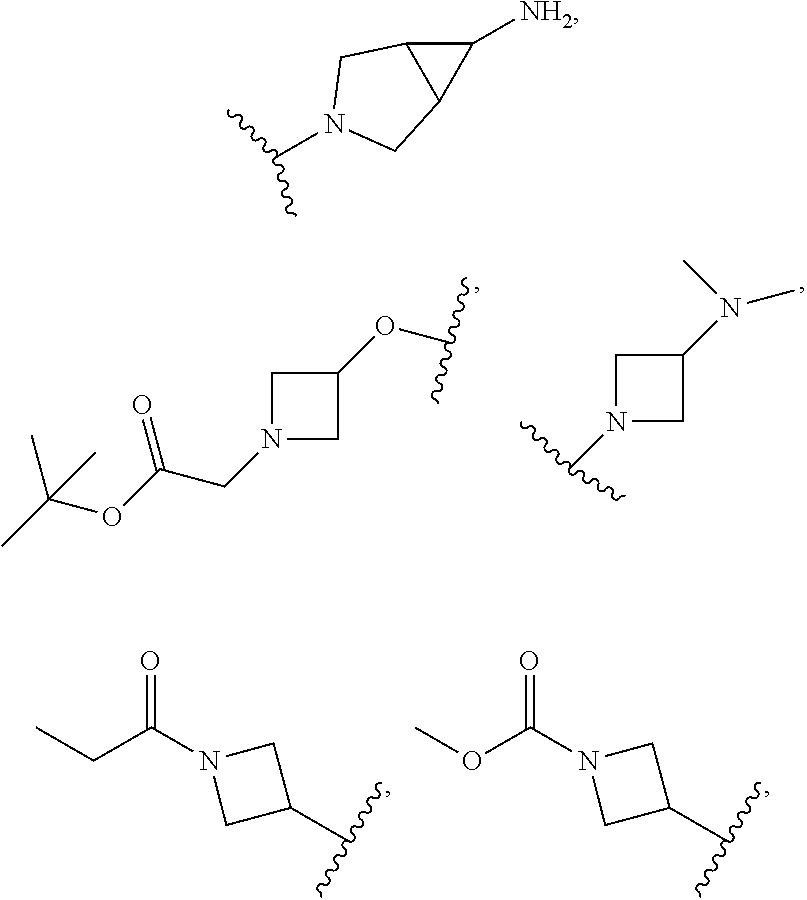
C00017
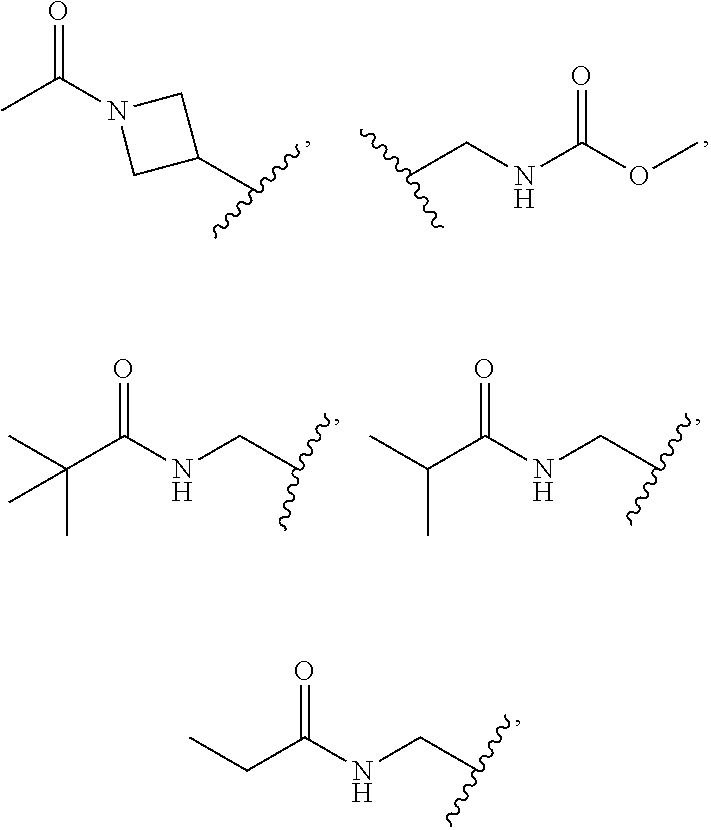
C00018
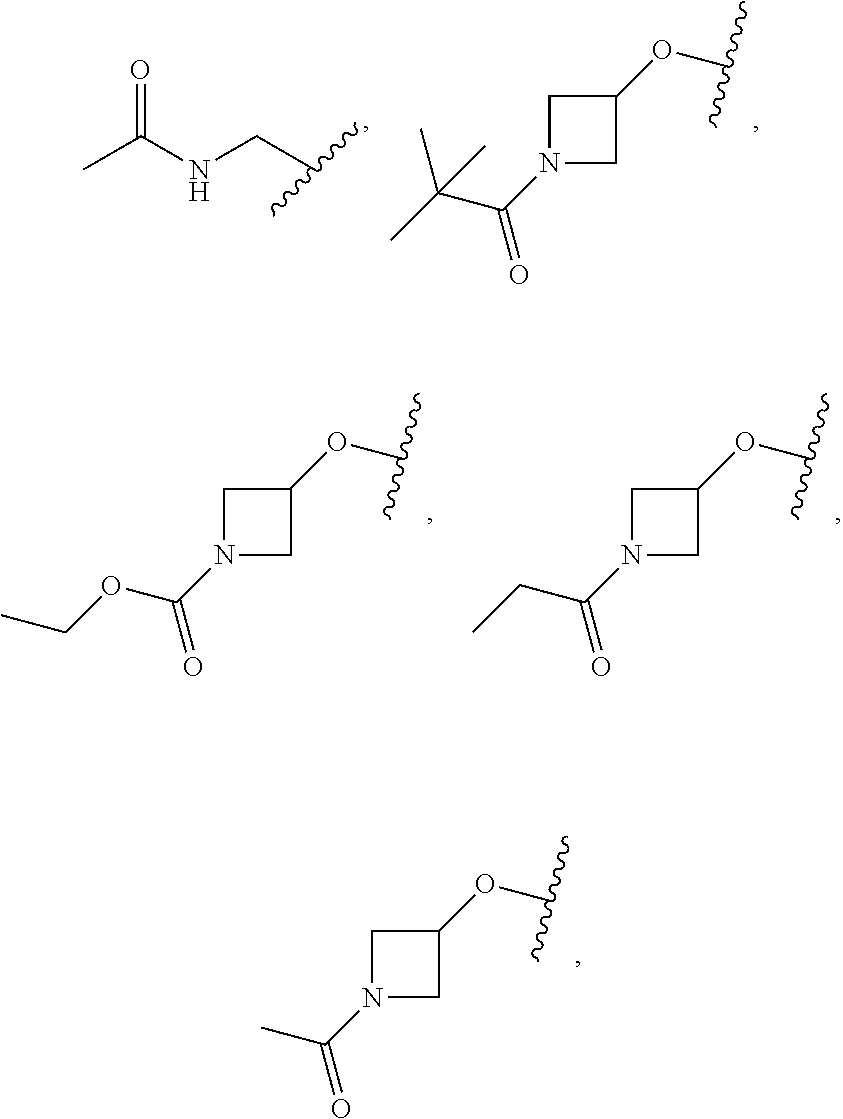
C00019

C00020

C00021
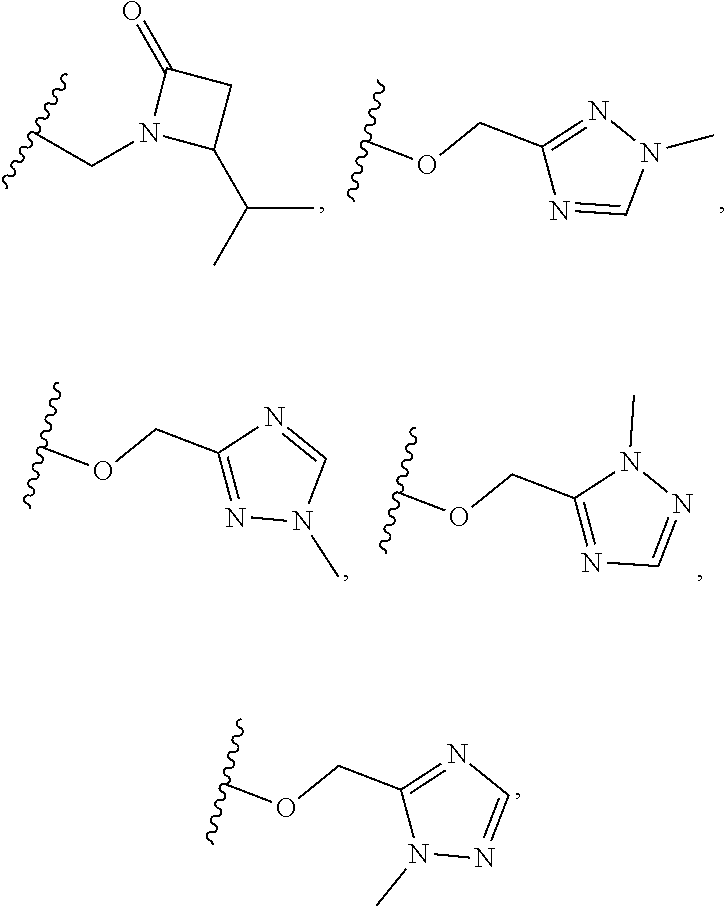
C00022

C00023

C00024
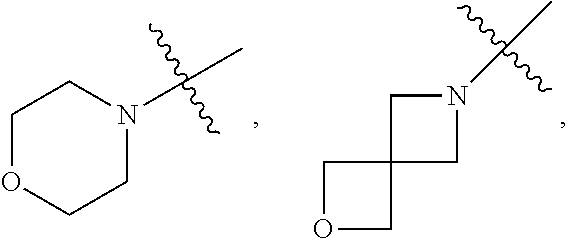
C00025

C00026
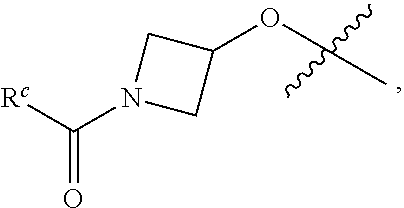
C00027

C00028

C00029

C00030
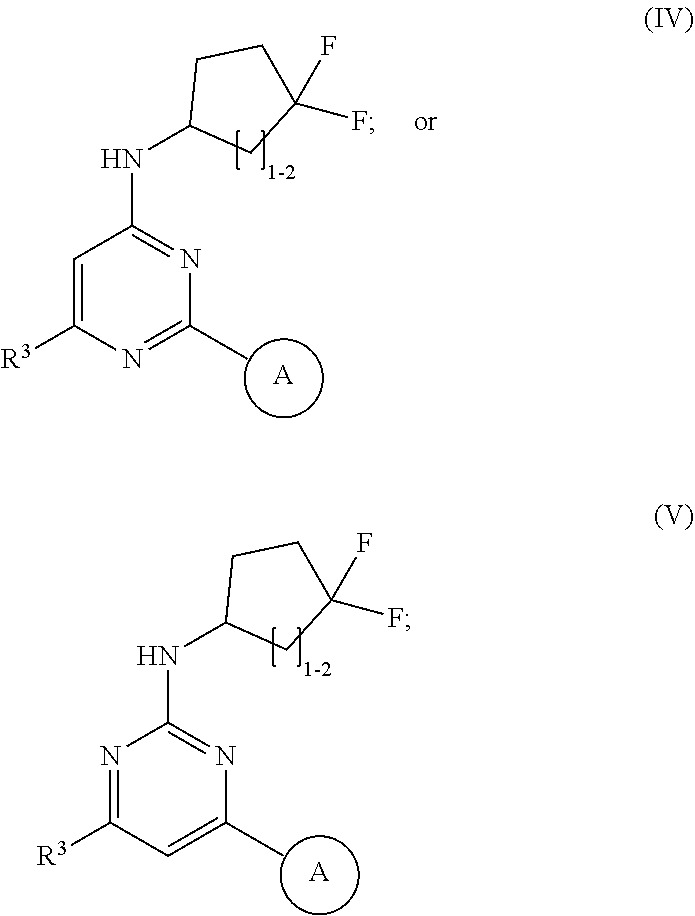
C00031
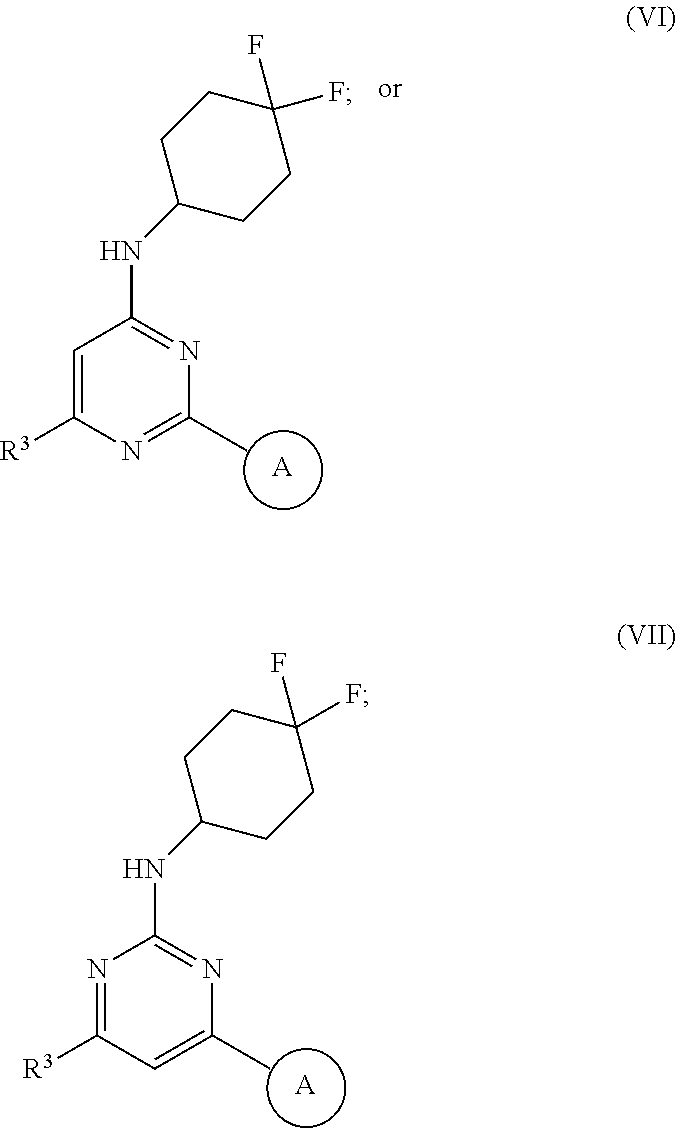
C00032

C00033
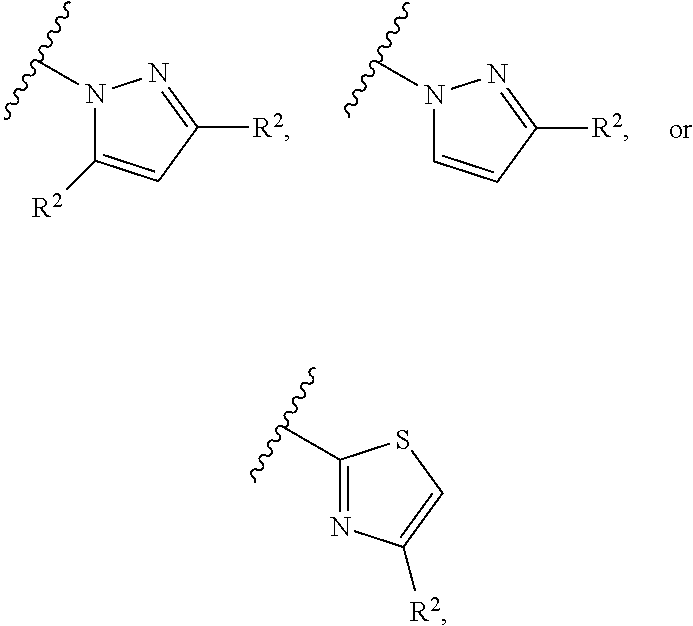
C00034

C00035

C00036

C00037

C00038

C00039

C00040

C00041
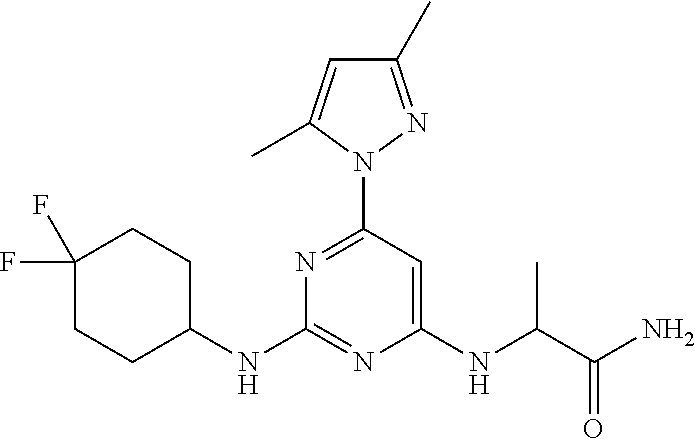
C00042

C00043

C00044

C00045

C00046

C00047

C00048

C00049

C00050

C00051
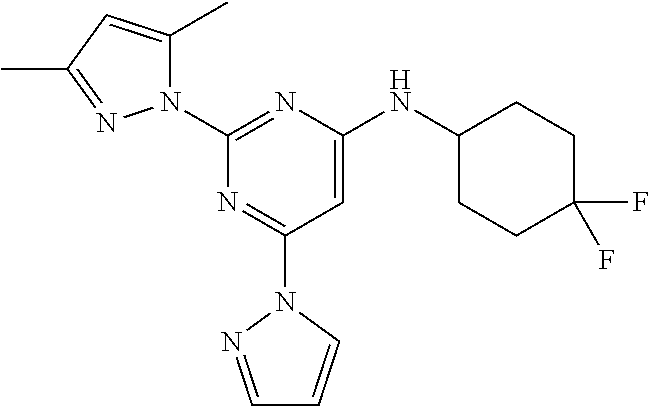
C00052
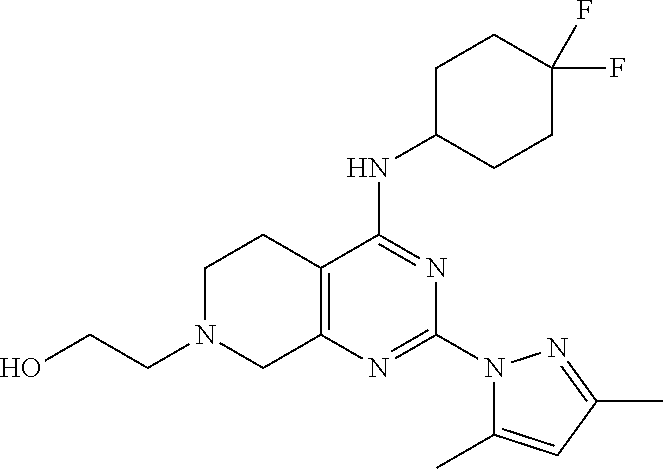
C00053
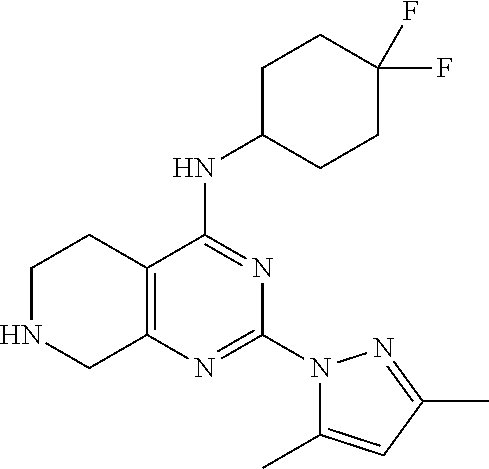
C00054
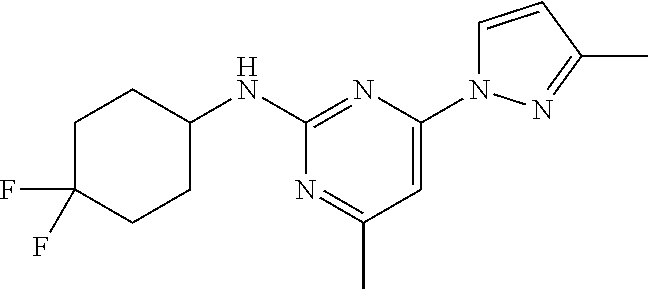
C00055

C00056
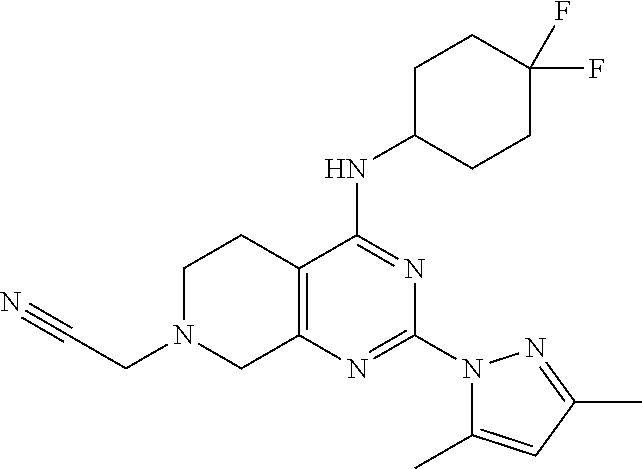
C00057
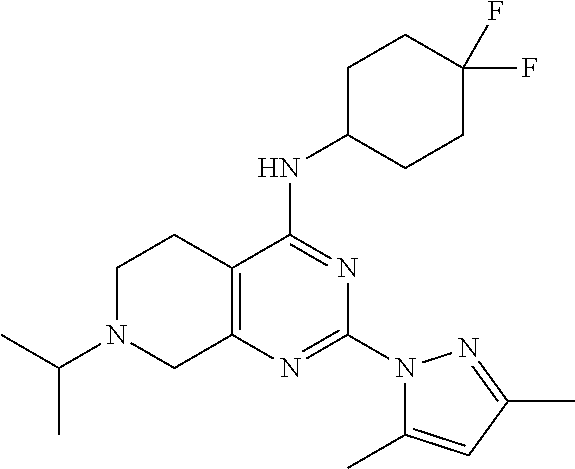
C00058
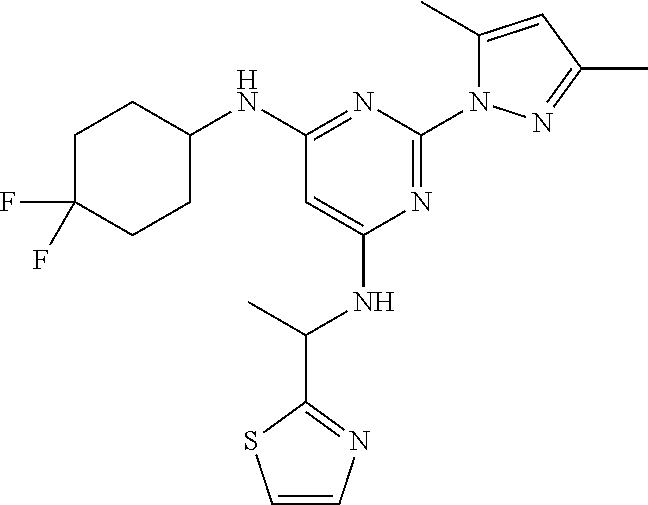
C00059
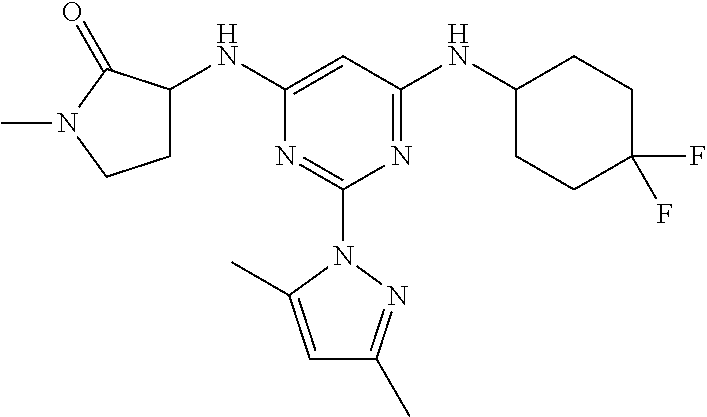
C00060
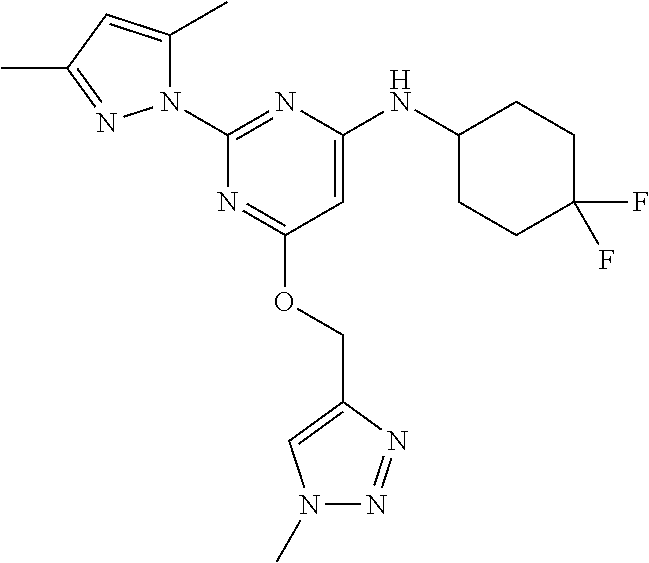
C00061

C00062

C00063

C00064

C00065

C00066
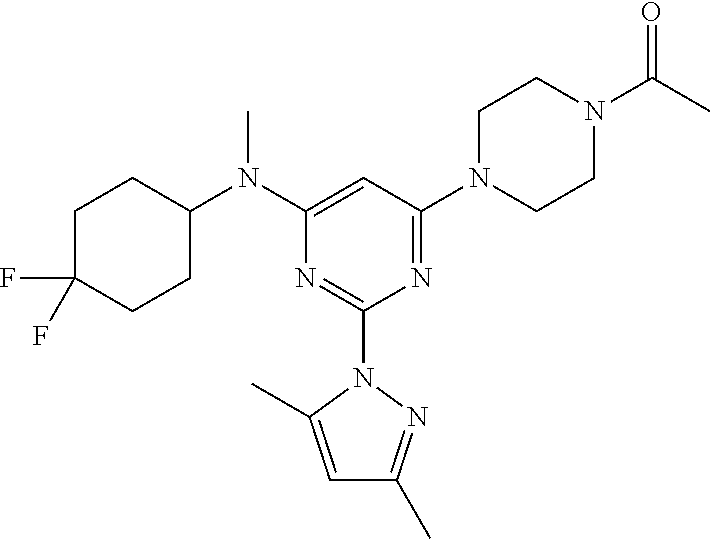
C00067

C00068

C00069
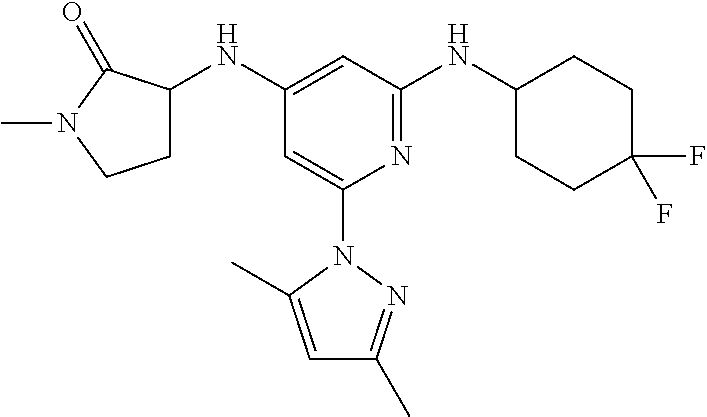
C00070

C00071

C00072

C00073

C00074

C00075

C00076
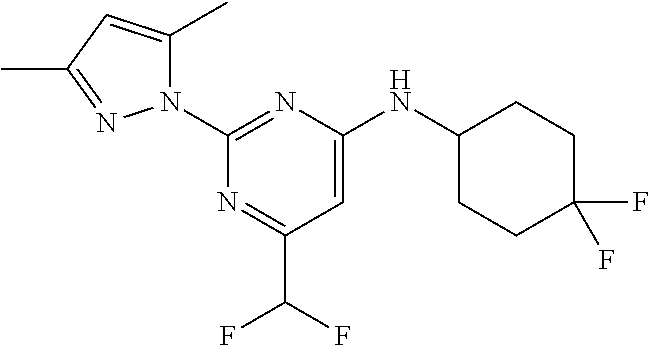
C00077

C00078
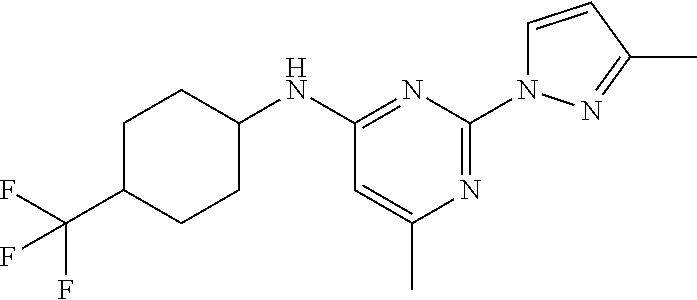
C00079
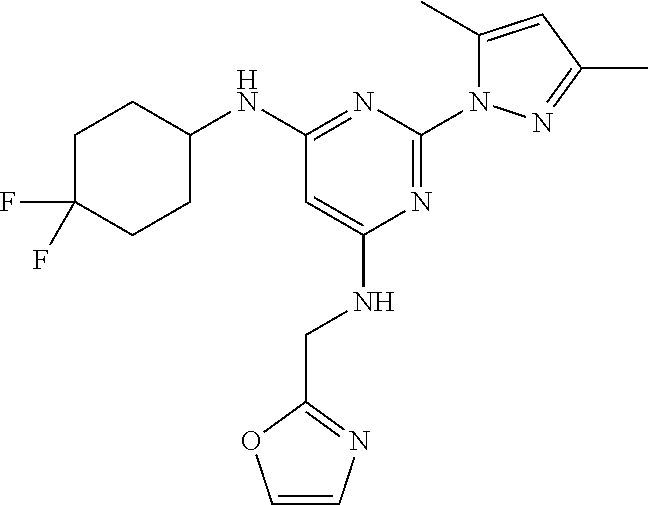
C00080

C00081
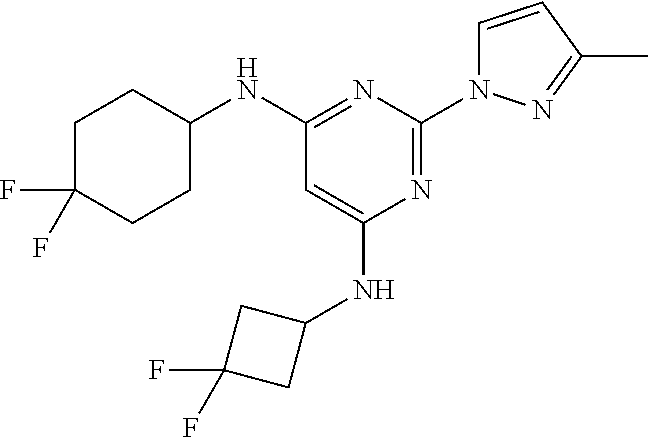
C00082

C00083
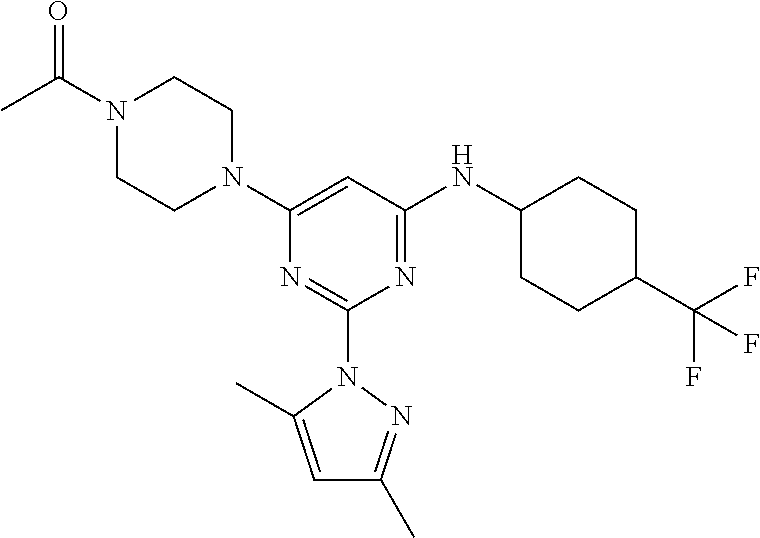
C00084
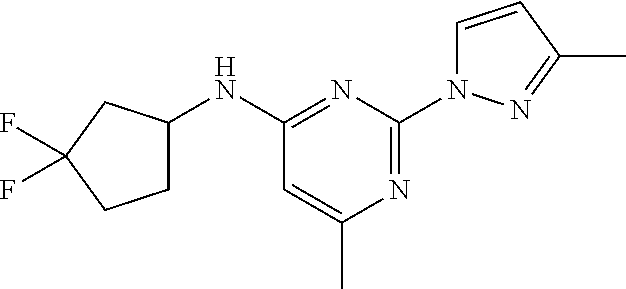
C00085

C00086
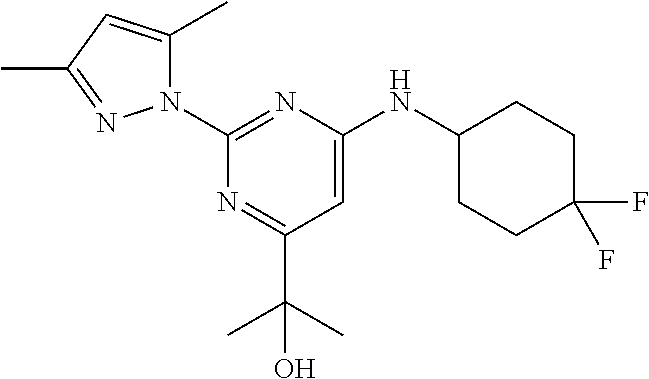
C00087
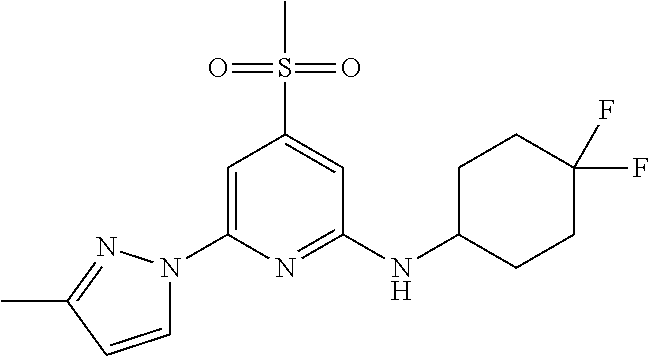
C00088

C00089

C00090

C00091
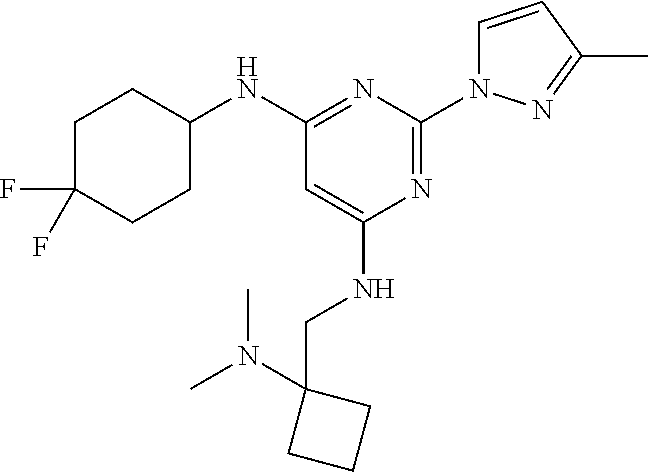
C00092
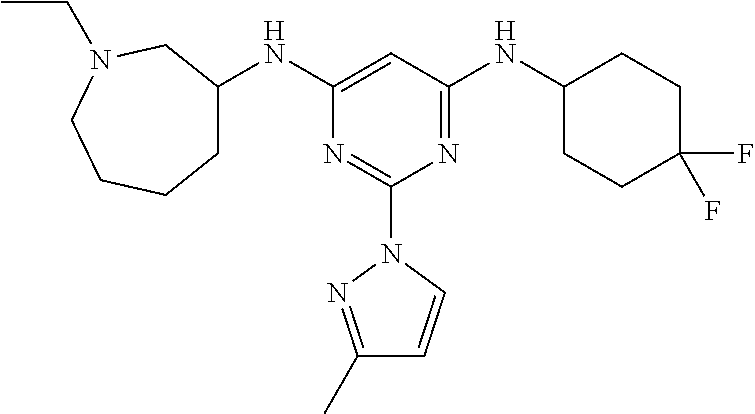
C00093

C00094

C00095
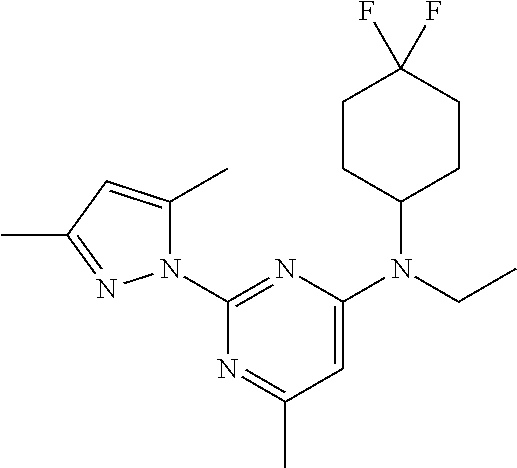
C00096

C00097

C00098

C00099

C00100

C00101

C00102
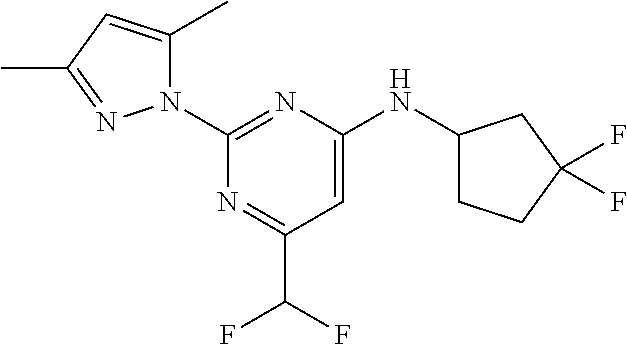
C00103

C00104

C00105
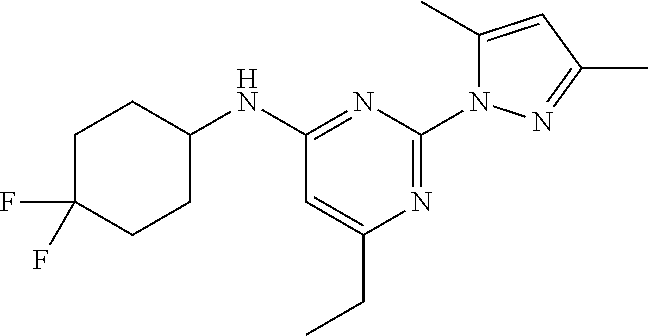
C00106
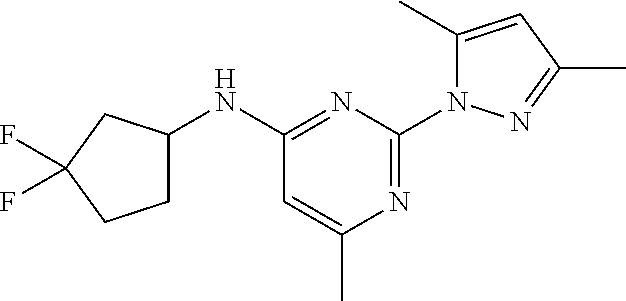
C00107
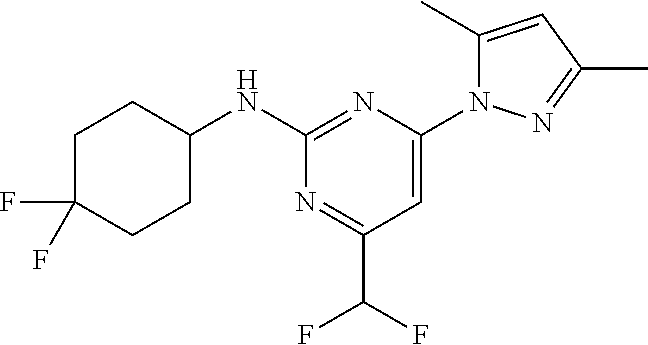
C00108

C00109

C00110

C00111
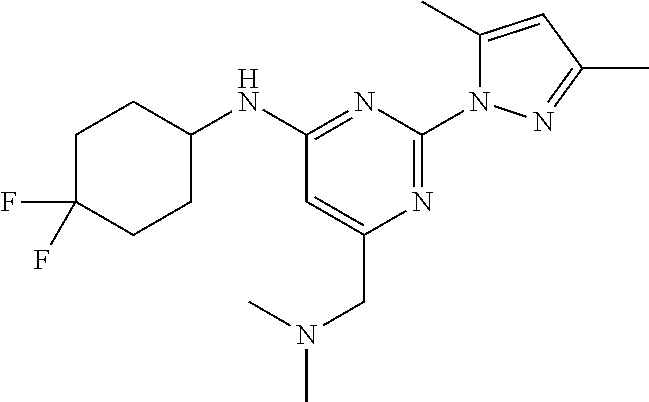
C00112
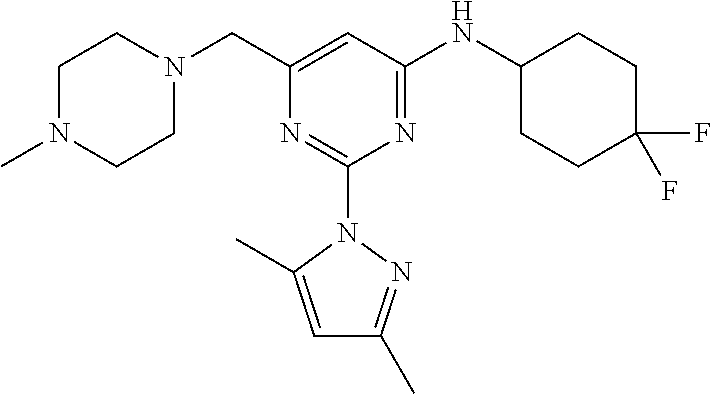
C00113

C00114

C00115

C00116
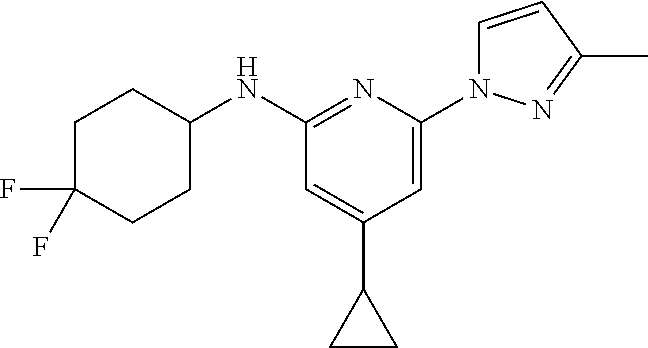
C00117

C00118
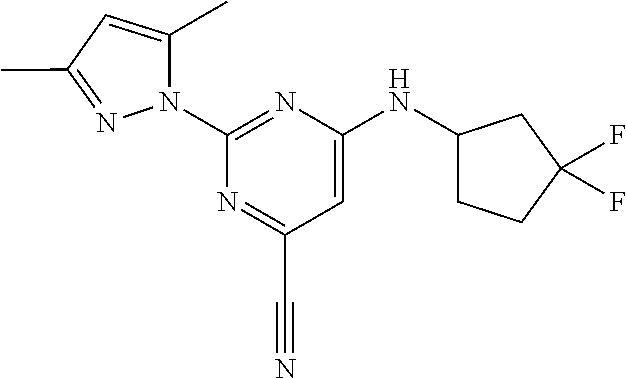
C00119
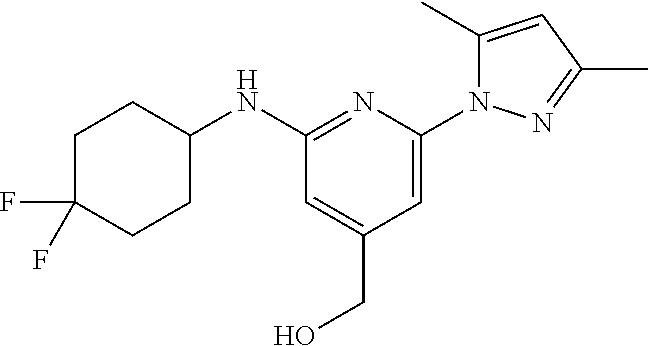
C00120

C00121

C00122

C00123

C00124

C00125

C00126

C00127
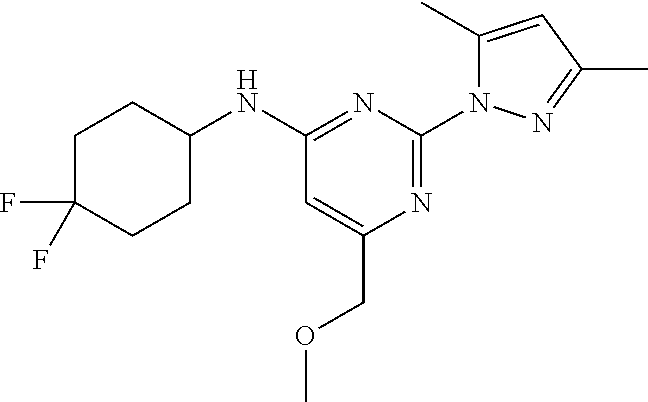
C00128
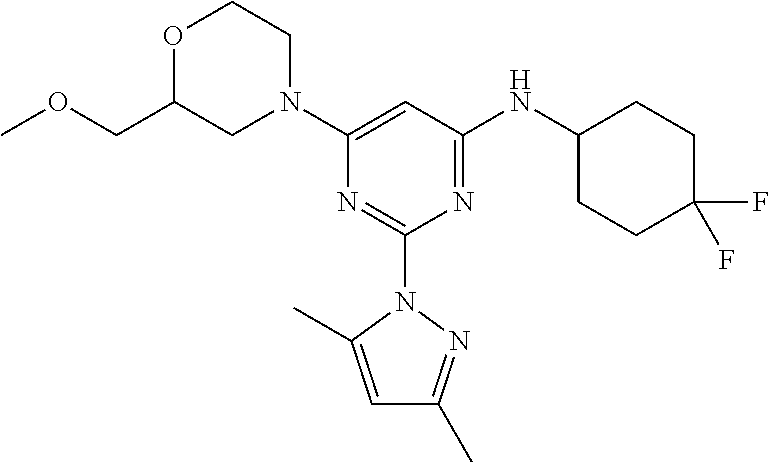
C00129

C00130
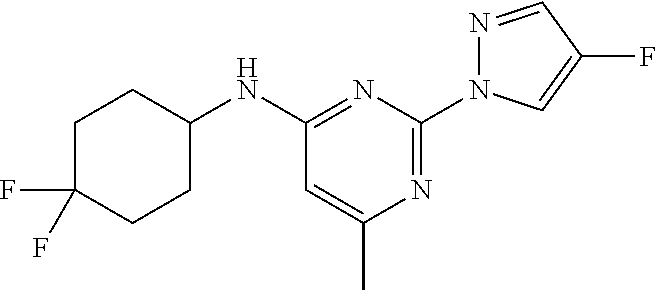
C00131

C00132
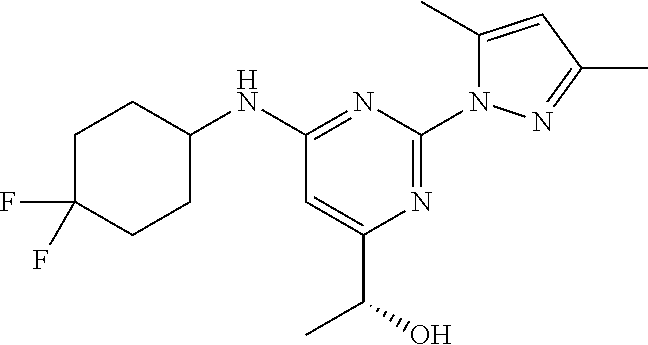
C00133
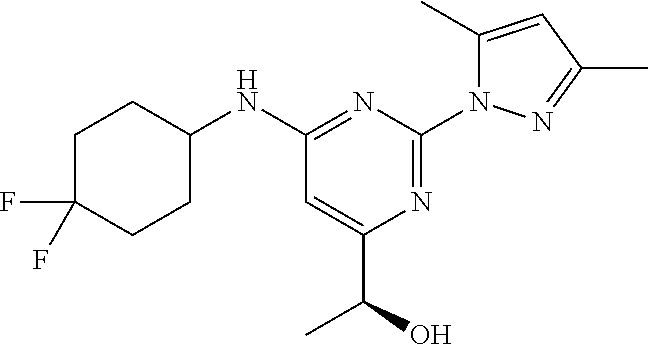
C00134

C00135

C00136
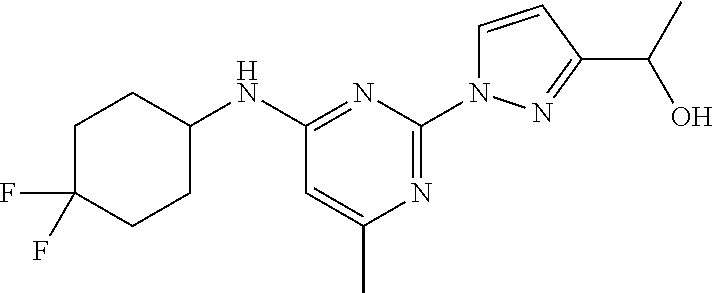
C00137
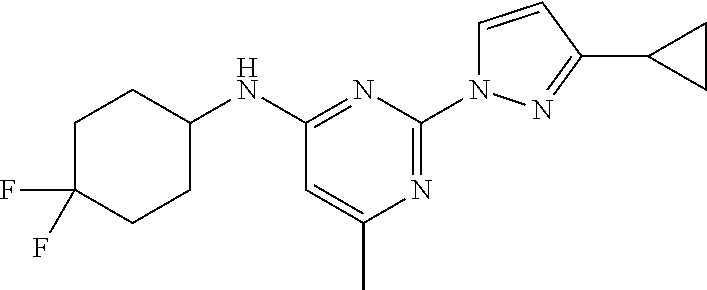
C00138

C00139

C00140

C00141

C00142

C00143
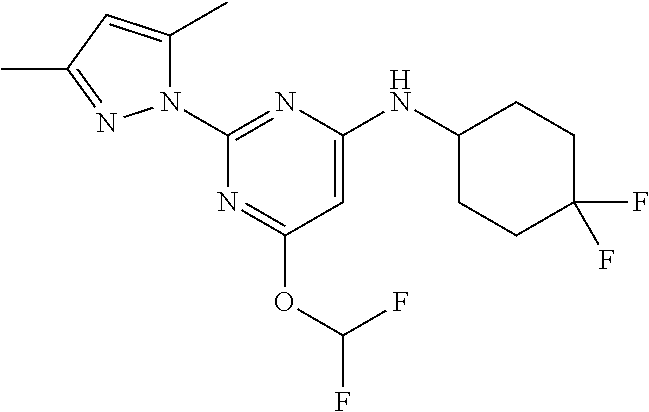
C00144

C00145
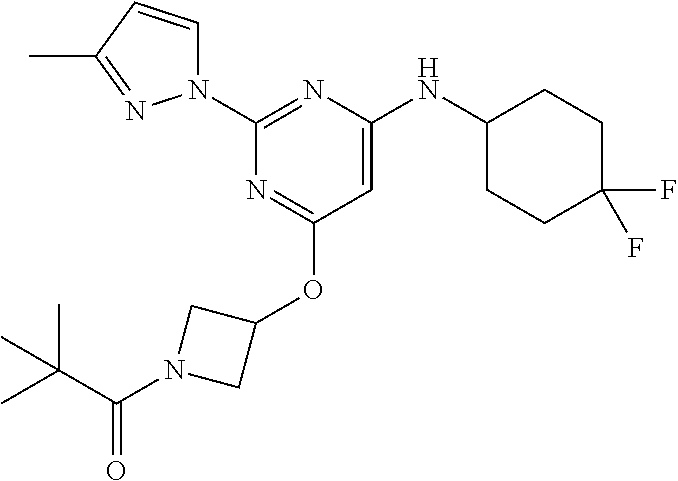
C00146
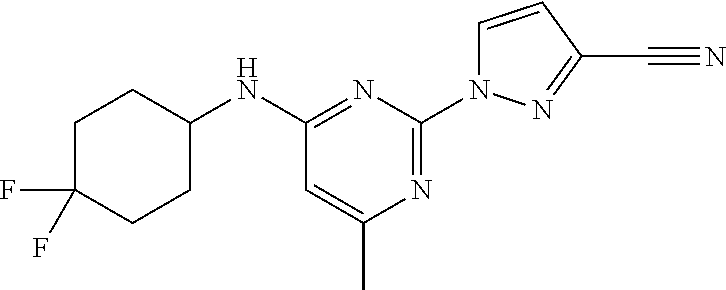
C00147

C00148

C00149

C00150

C00151
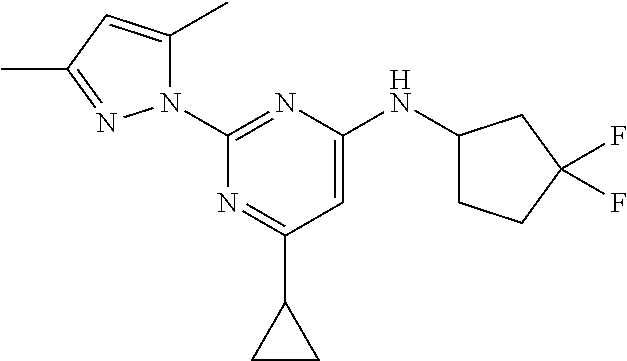
C00152
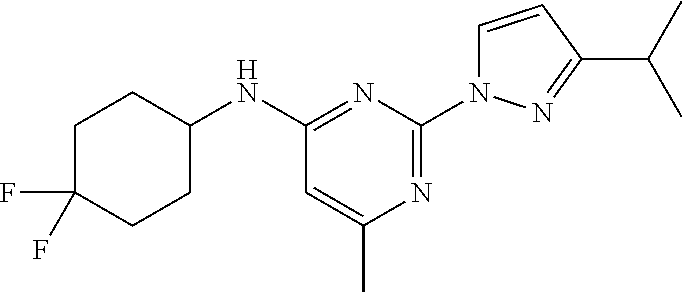
C00153
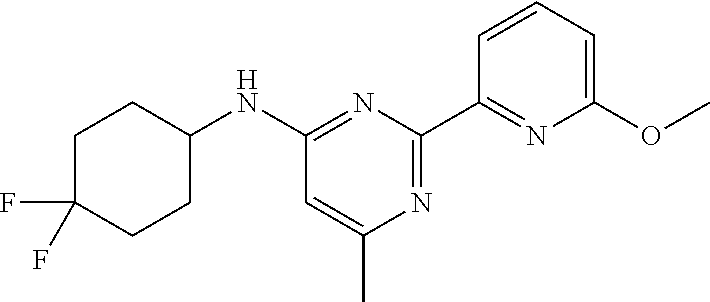
C00154
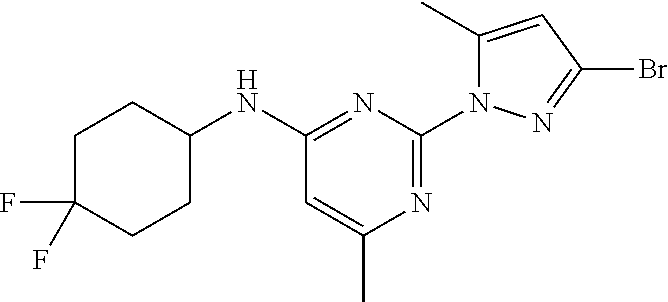
C00155

C00156
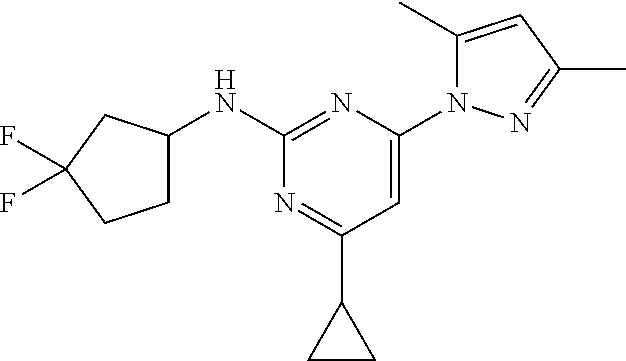
C00157

C00158
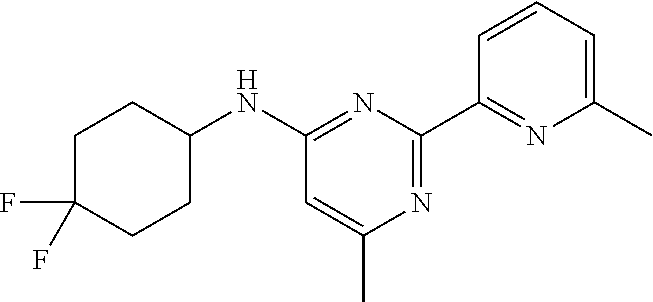
C00159

C00160
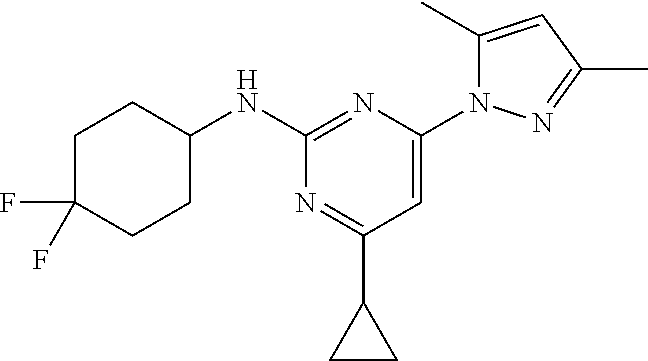
C00161

C00162

C00163

C00164
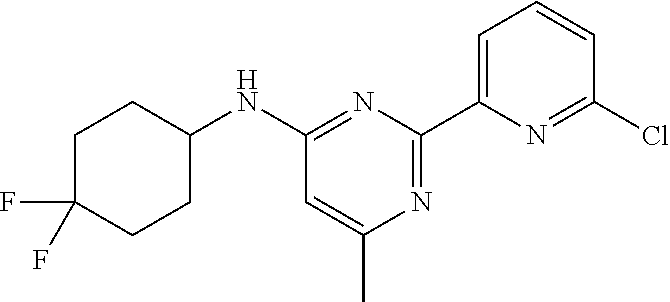
C00165

C00166
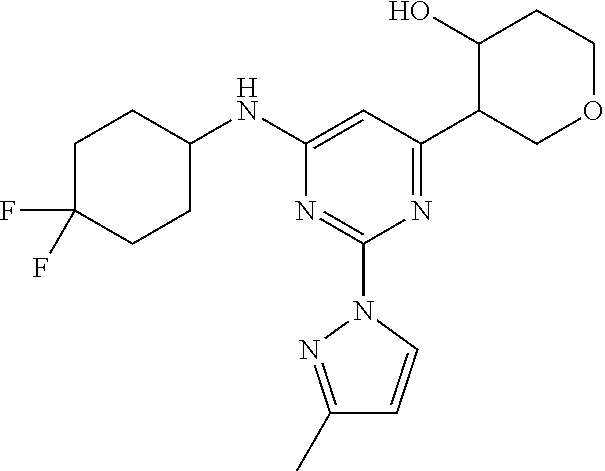
C00167

C00168

C00169

C00170
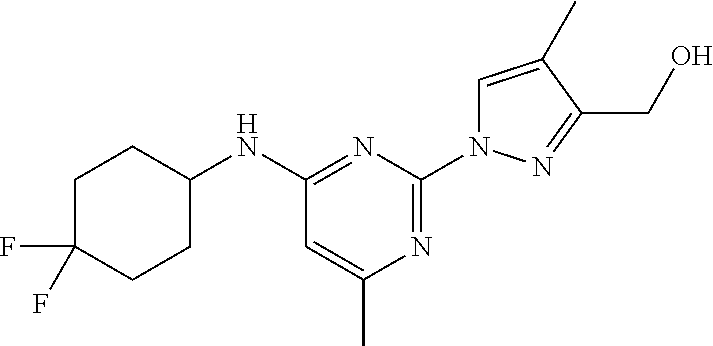
C00171

C00172

C00173

C00174
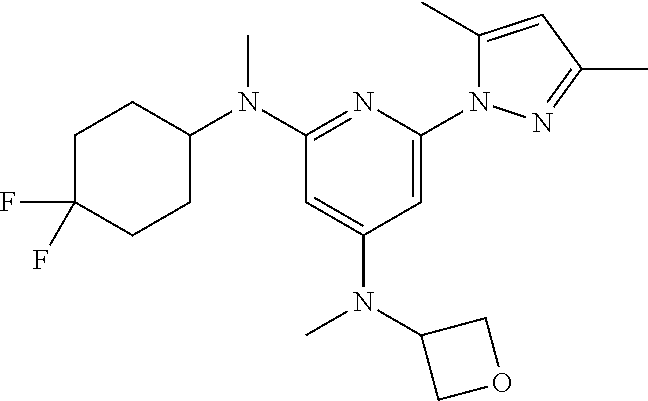
C00175
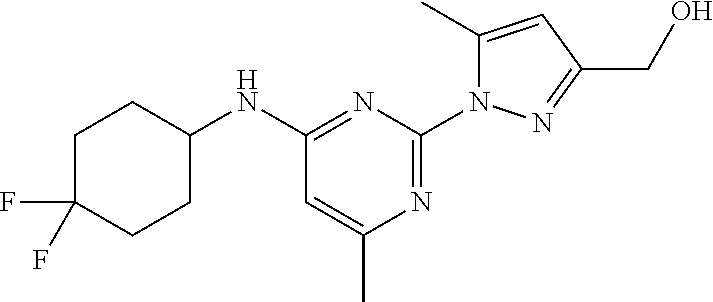
C00176
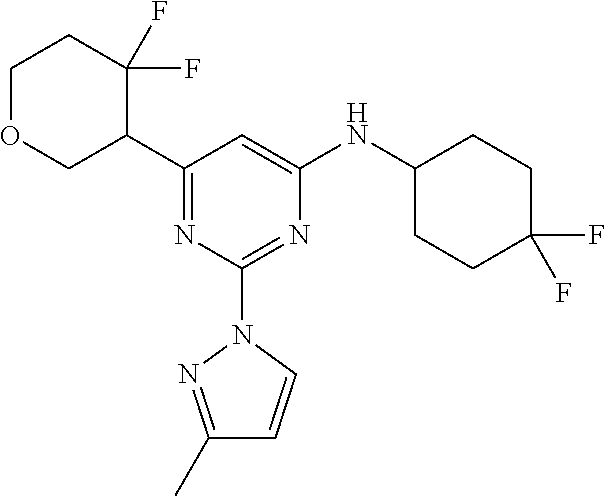
C00177

C00178

C00179

C00180

C00181

C00182
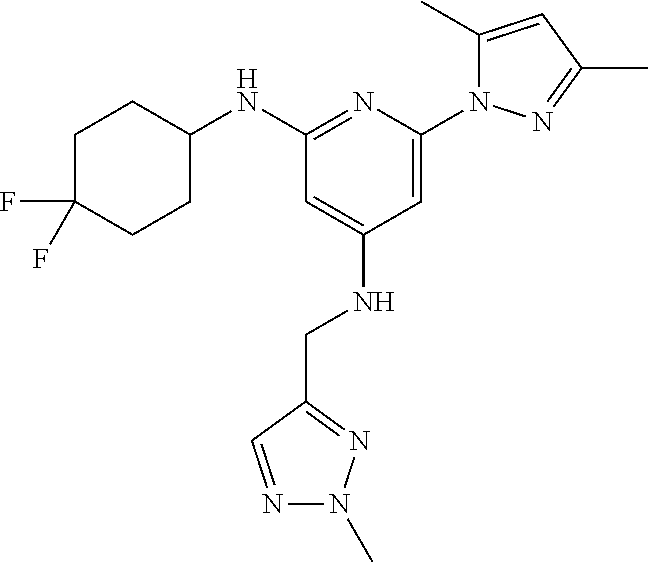
C00183

C00184

C00185

C00186

C00187
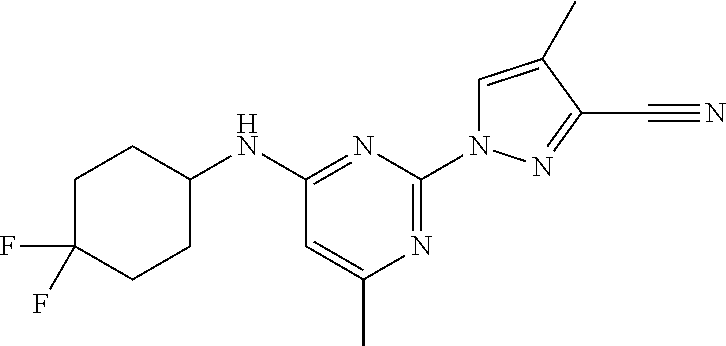
C00188
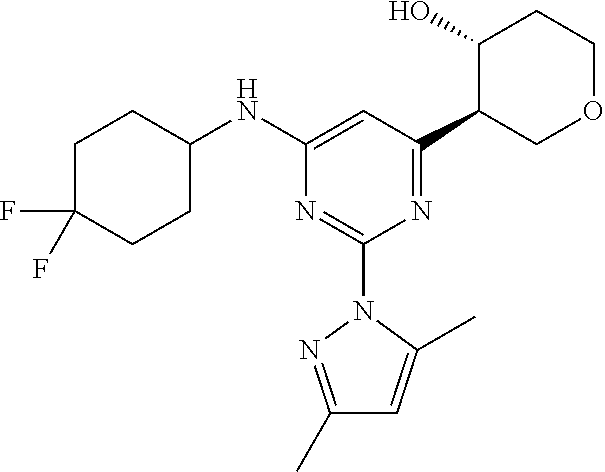
C00189
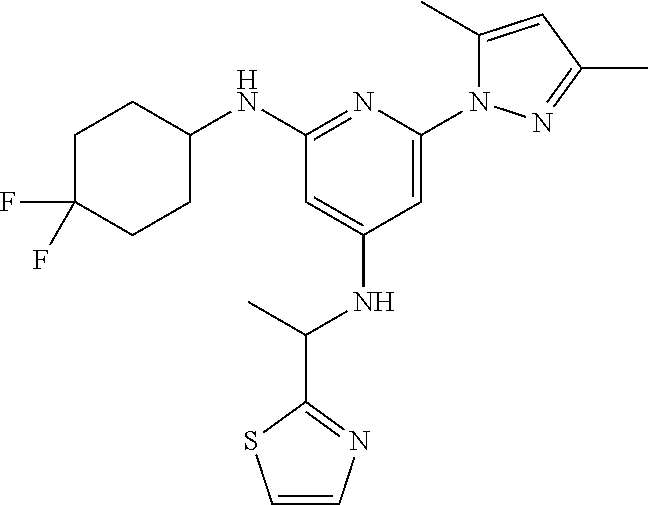
C00190

C00191

C00192

C00193

C00194
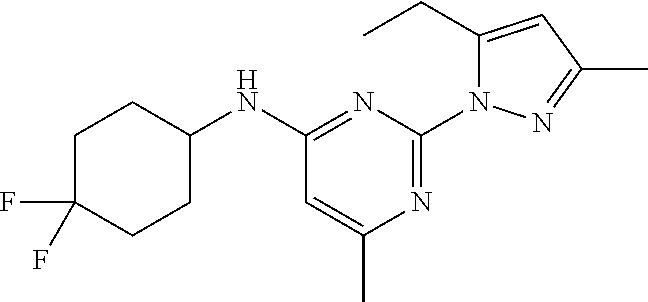
C00195

C00196
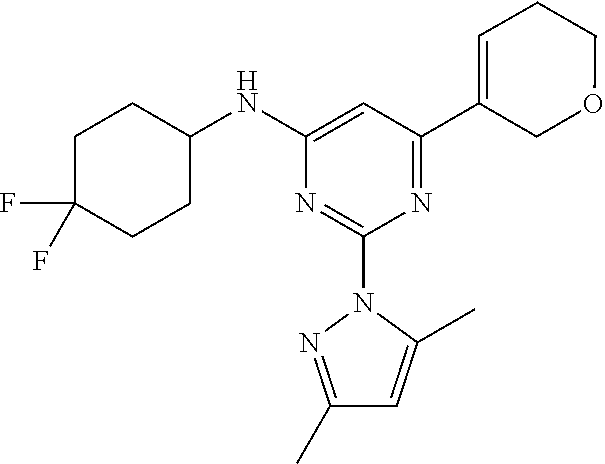
C00197

C00198

C00199
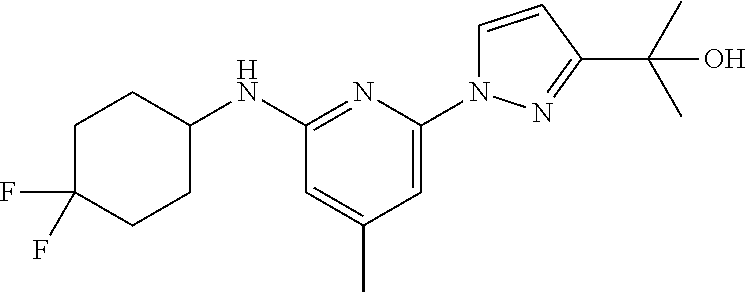
C00200
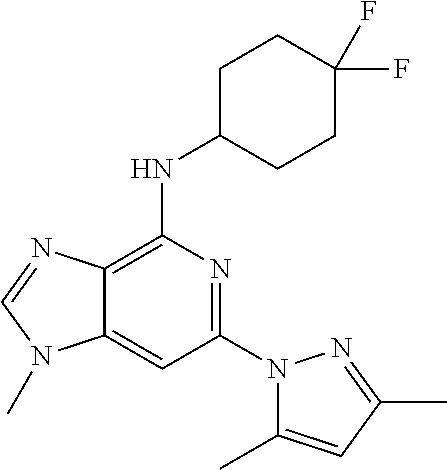
C00201
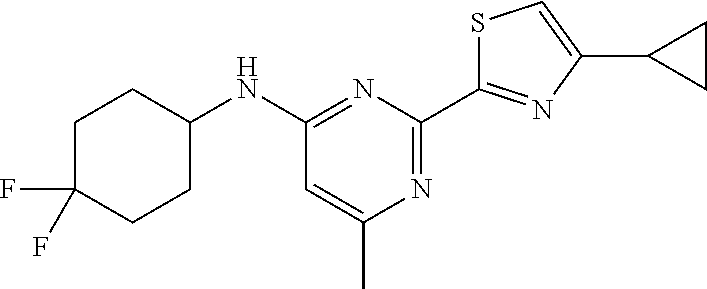
C00202

C00203

C00204

C00205
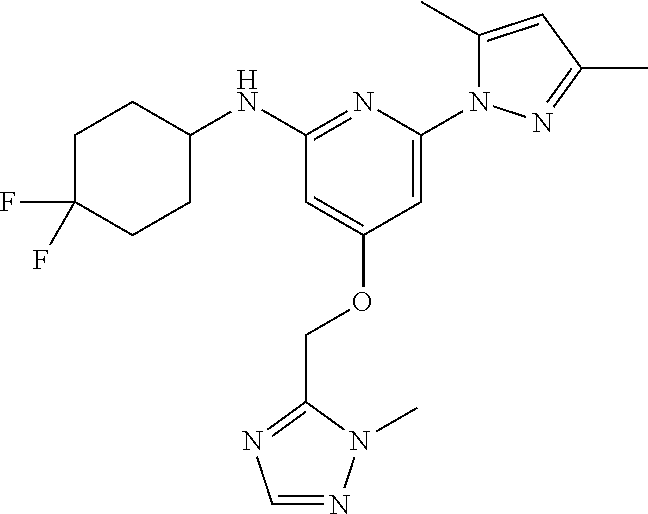
C00206

C00207

C00208

C00209

C00210
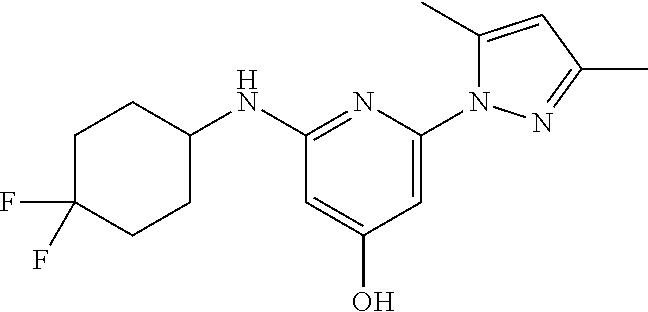
C00211
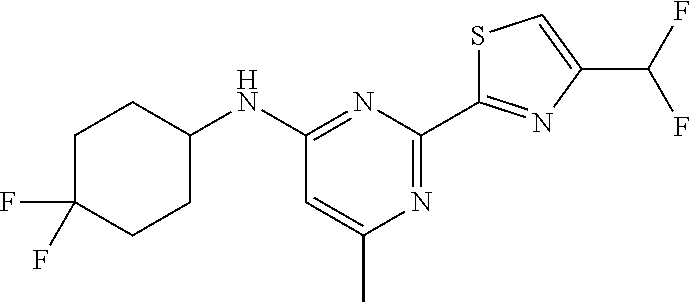
C00212
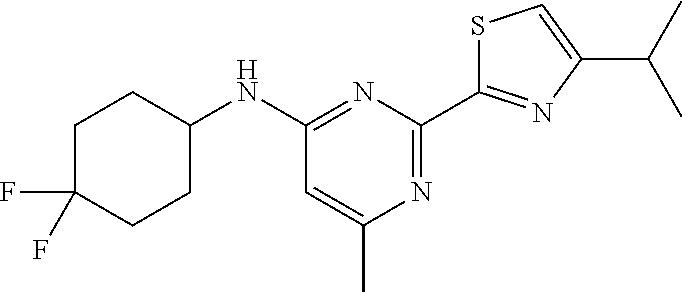
C00213
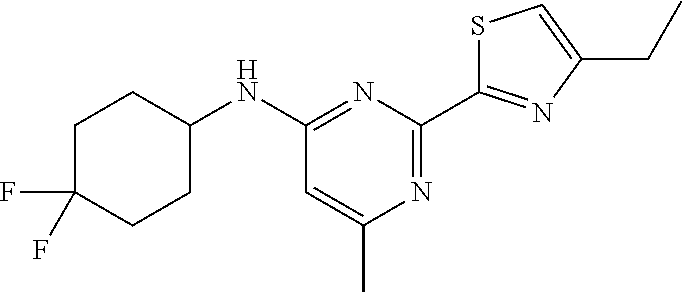
C00214
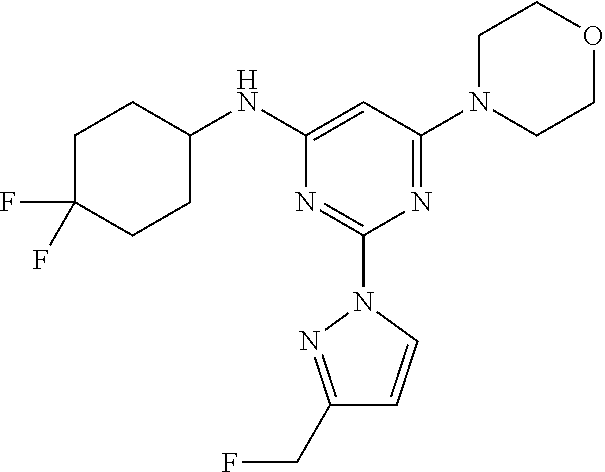
C00215
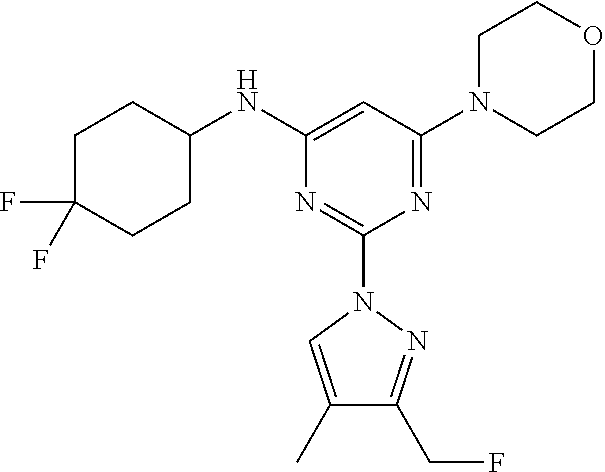
C00216

C00217

C00218

C00219
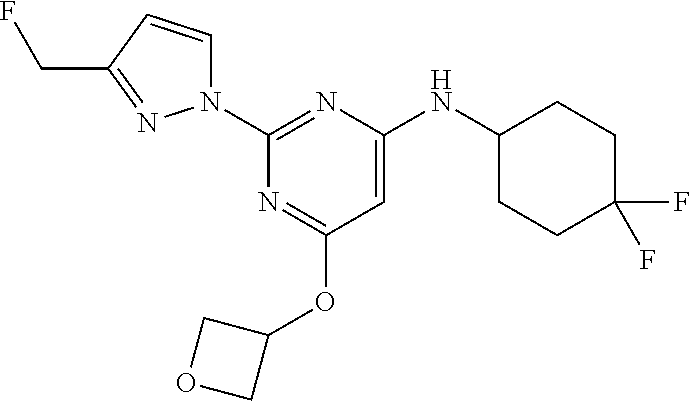
C00220

C00221
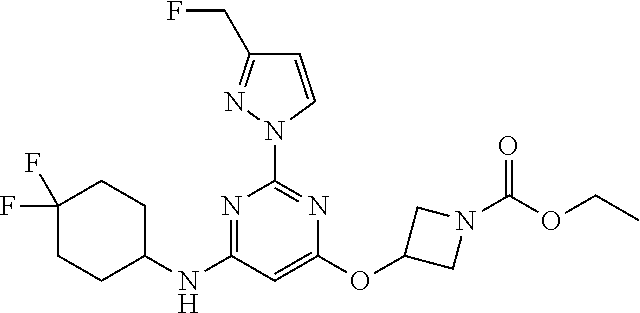
C00222
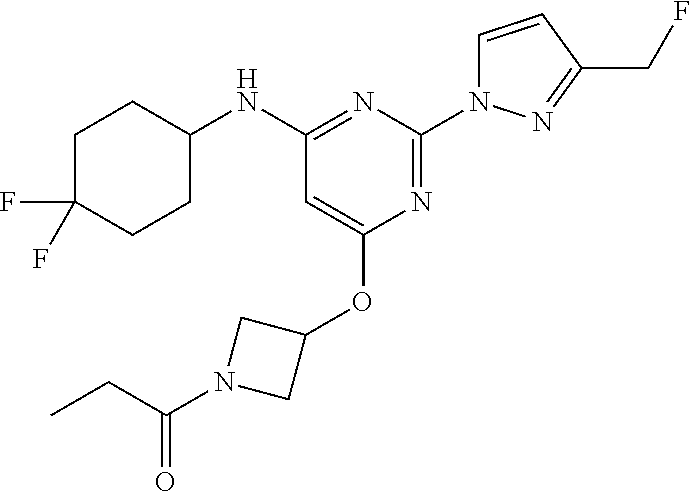
C00223

C00224

C00225

C00226
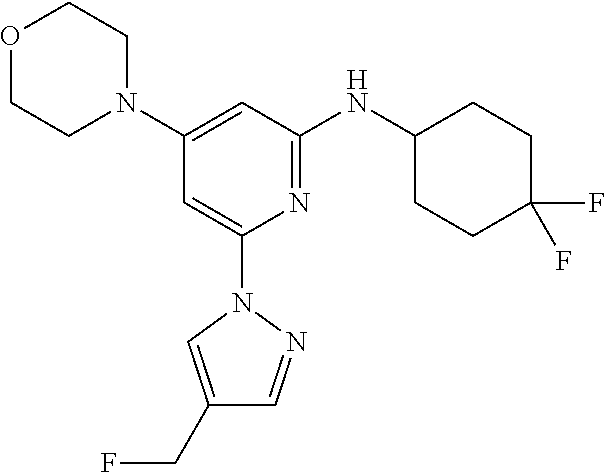
C00227
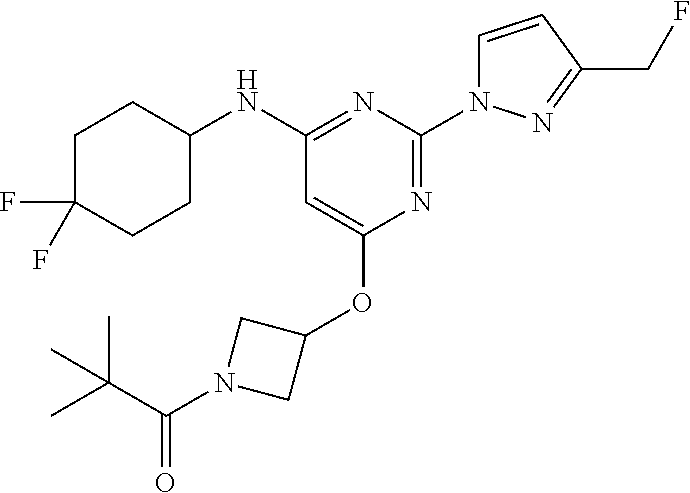
C00228
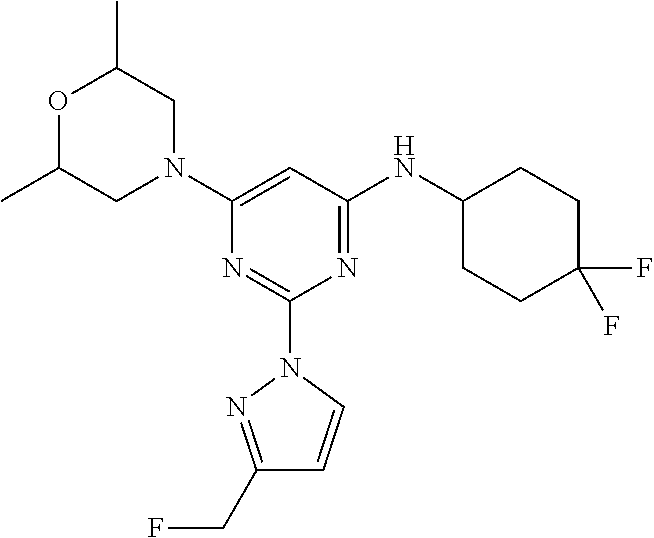
C00229

C00230

C00231
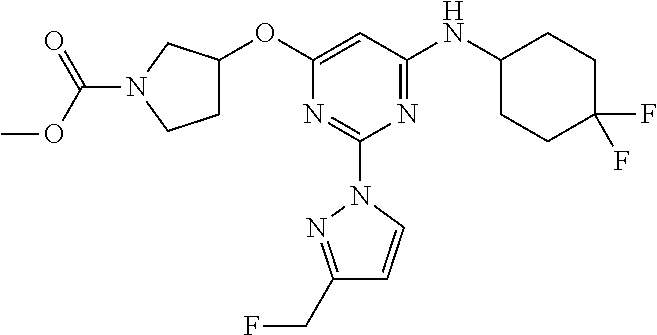
C00232
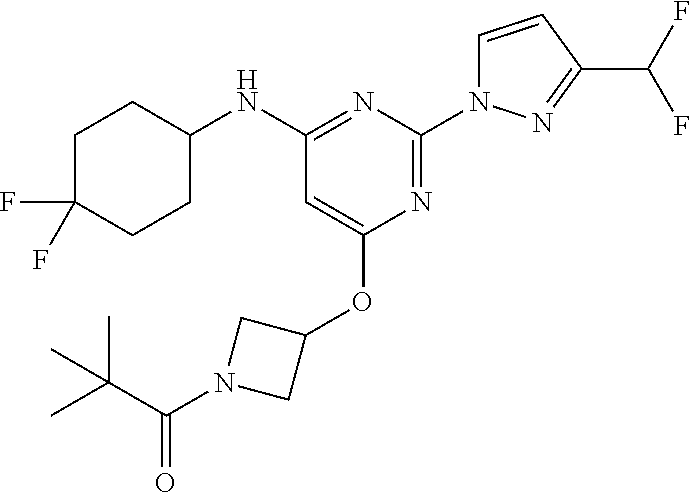
C00233

C00234

C00235

C00236

C00237
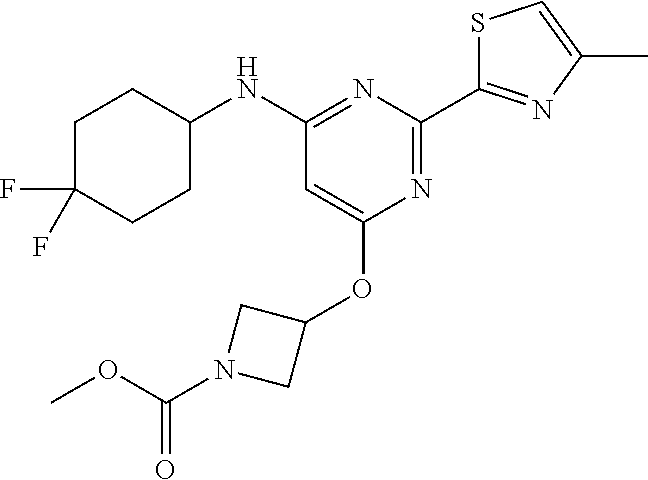
C00238

C00239

C00240

C00241

C00242
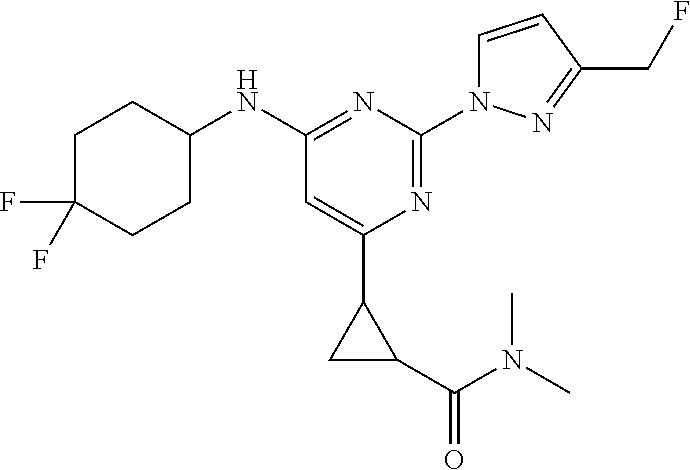
C00243

C00244

C00245

C00246

C00247
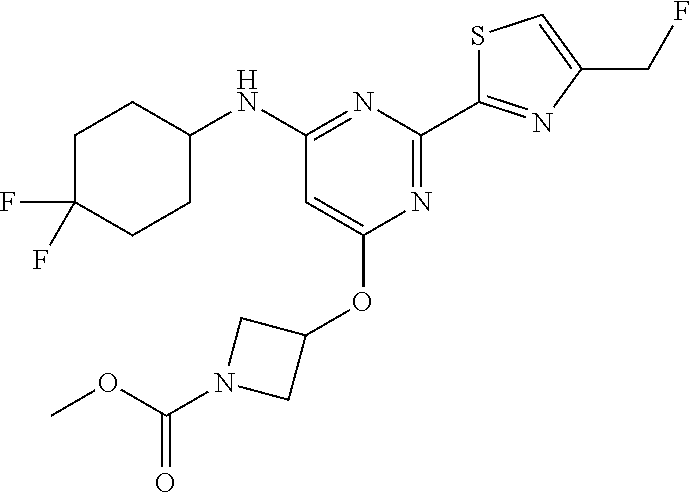
C00248

C00249

C00250

C00251

C00252

C00253
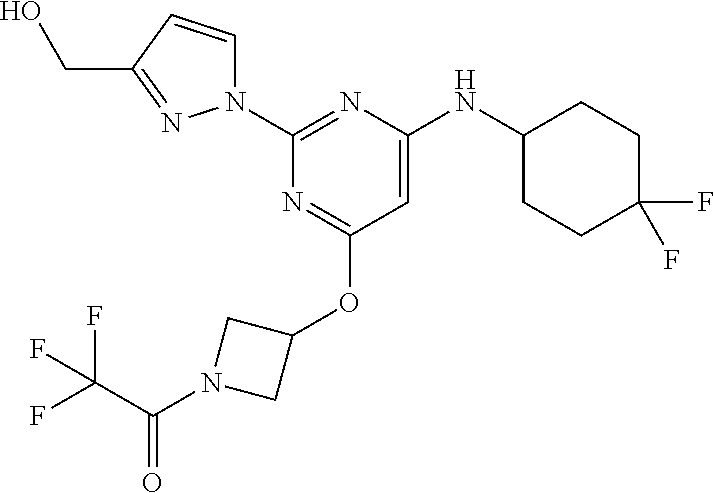
C00254

C00255
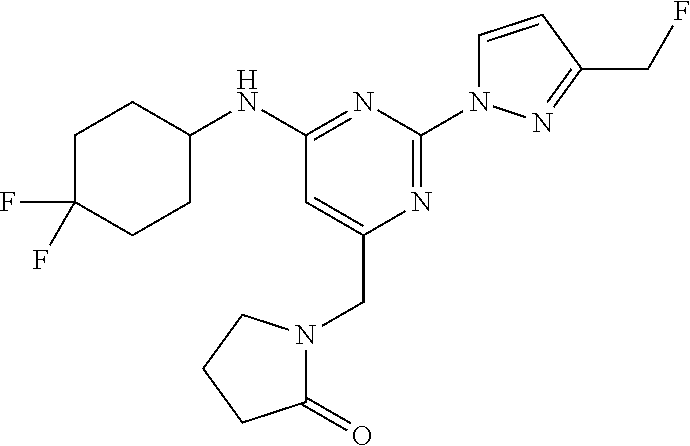
C00256

C00257
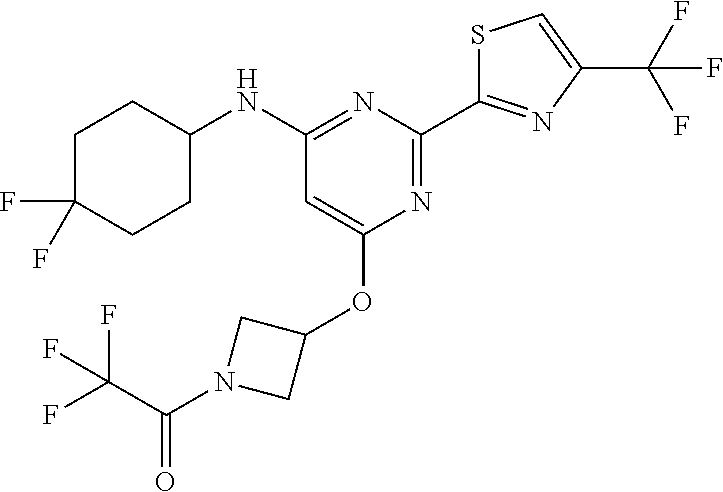
C00258
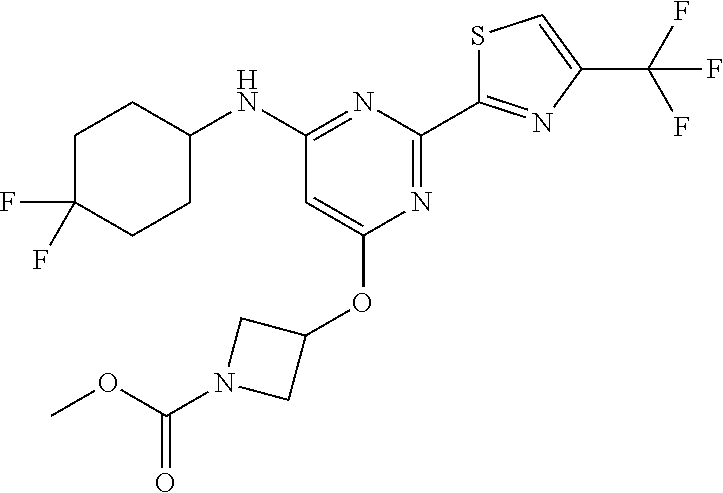
C00259

C00260
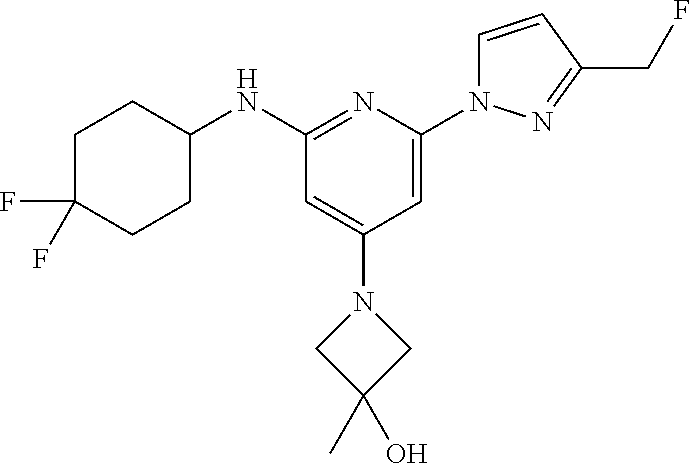
C00261

C00262
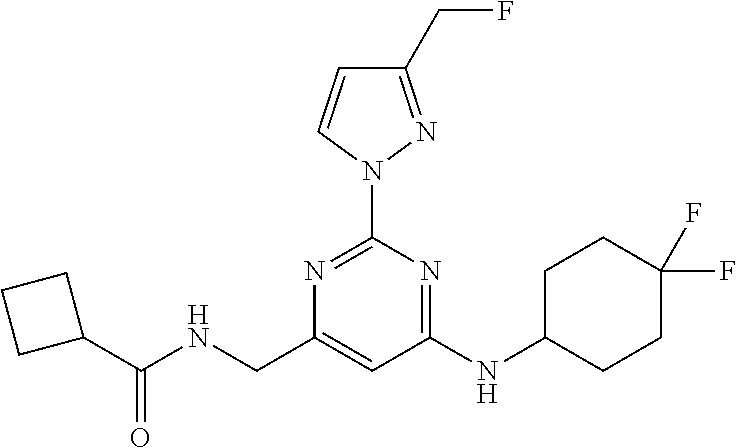
C00263

C00264
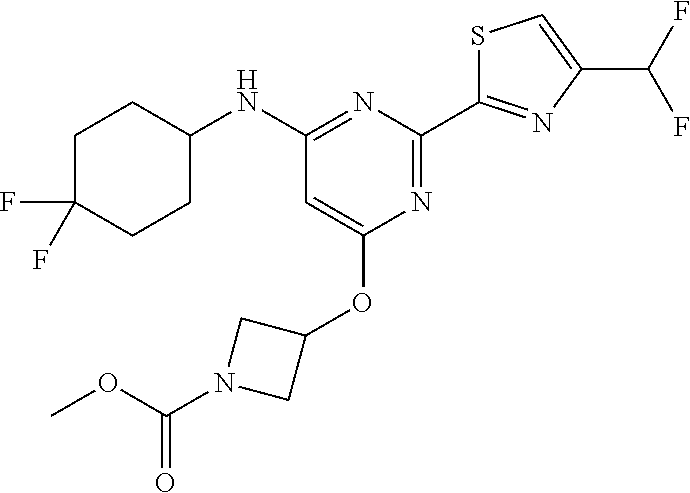
C00265

C00266

C00267
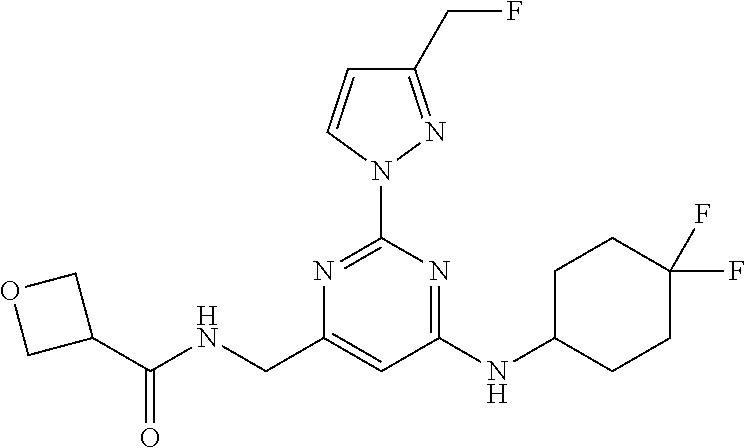
C00268

C00269

C00270
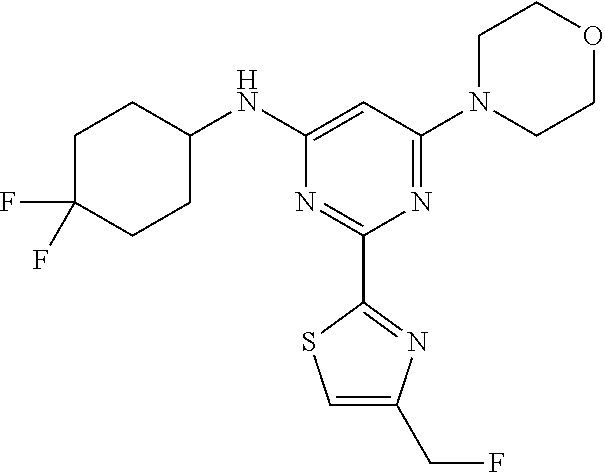
C00271

C00272

C00273
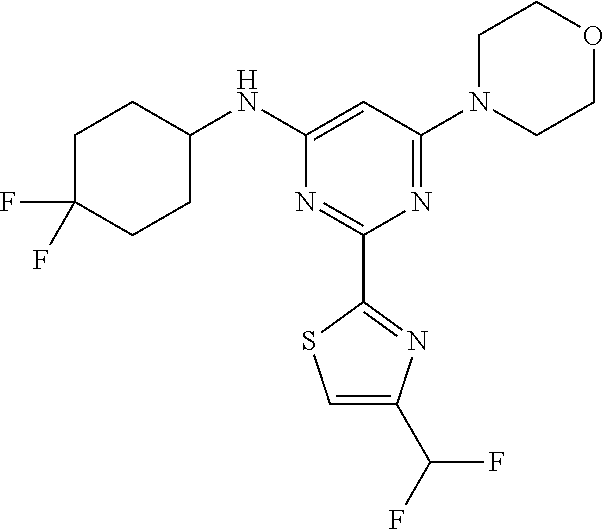
C00274

C00275

C00276

C00277

C00278

C00279

C00280

C00281
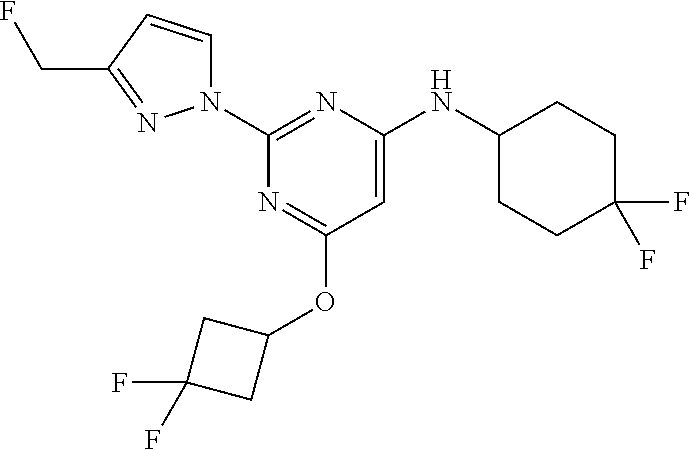
C00282

C00283

C00284
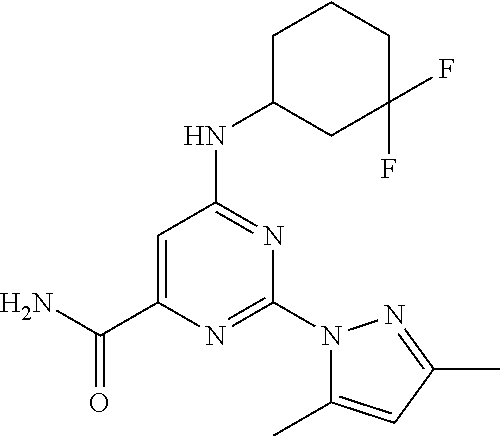
C00285

C00286
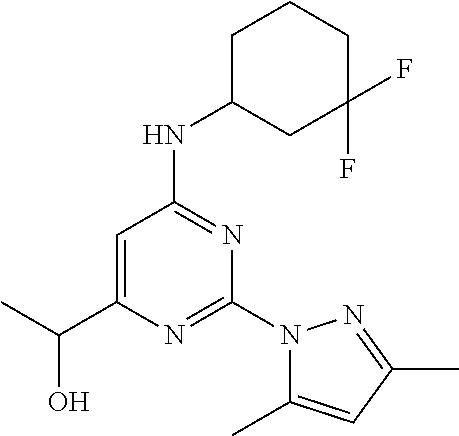
C00287

C00288

C00289

C00290
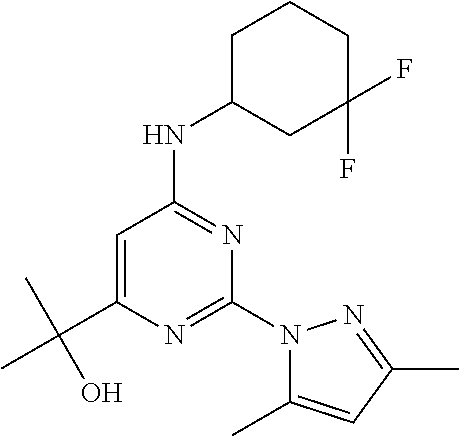
C00291

C00292

C00293
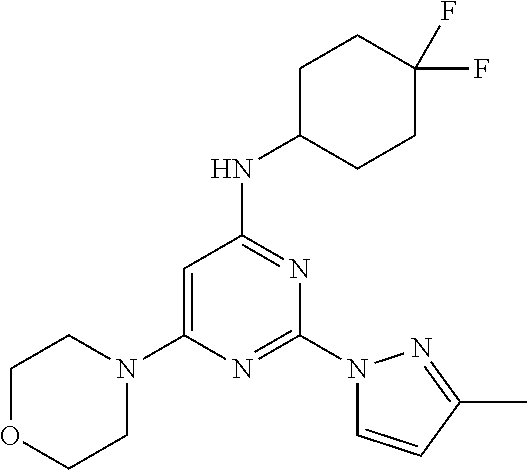
C00294

C00295

C00296

C00297
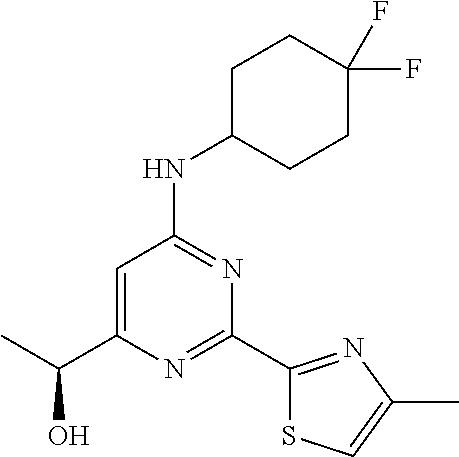
C00298

C00299
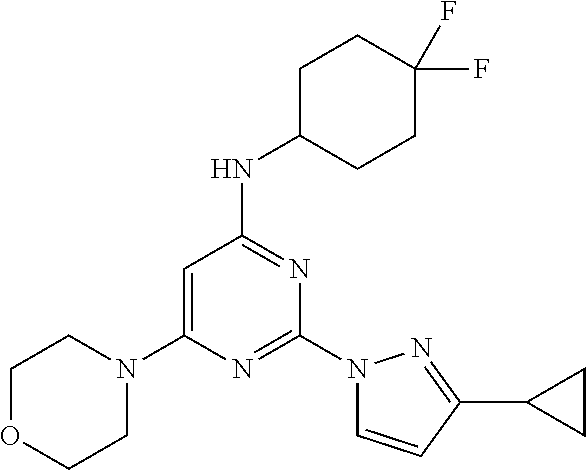
C00300

C00301

C00302
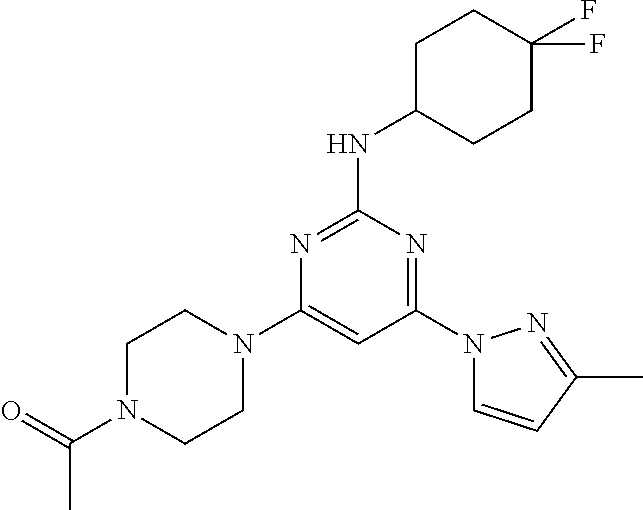
C00303

C00304

C00305
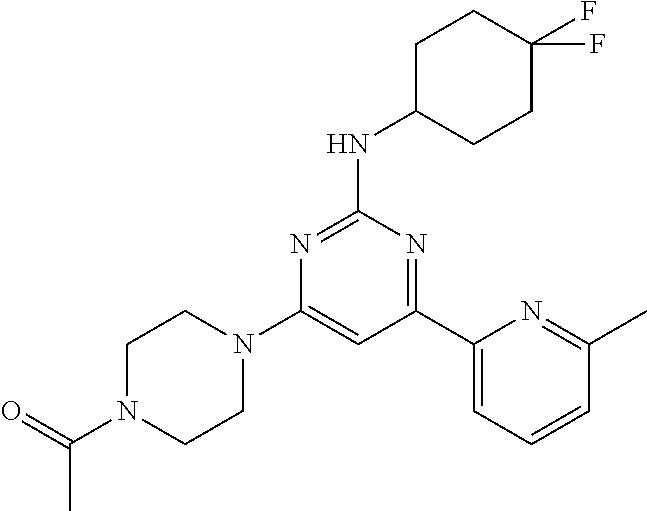
C00306

C00307
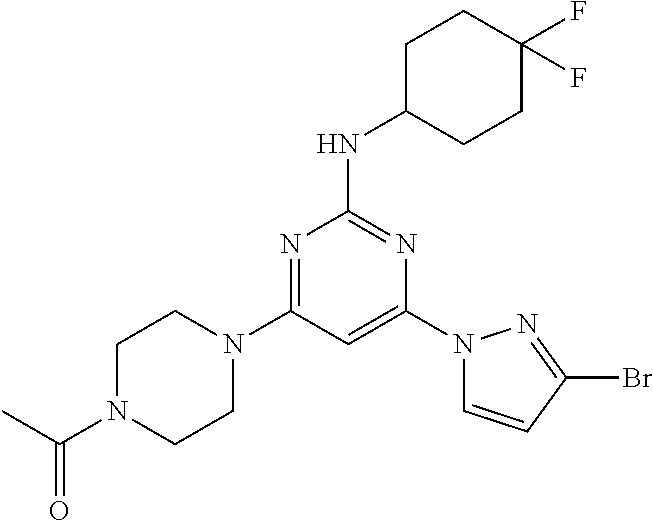
C00308

C00309

C00310

C00311

C00312
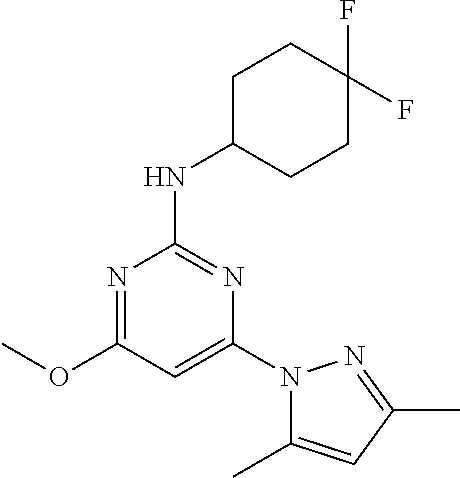
C00313

C00314
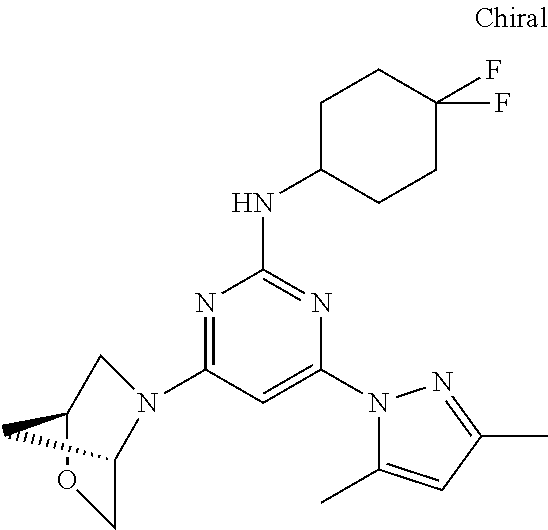
C00315
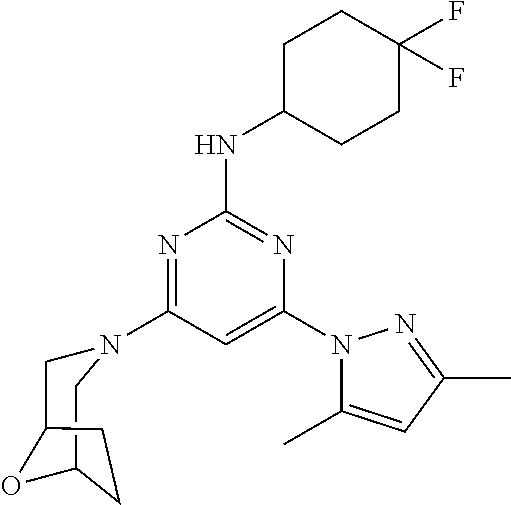
C00316

C00317

C00318

C00319

C00320

C00321

C00322
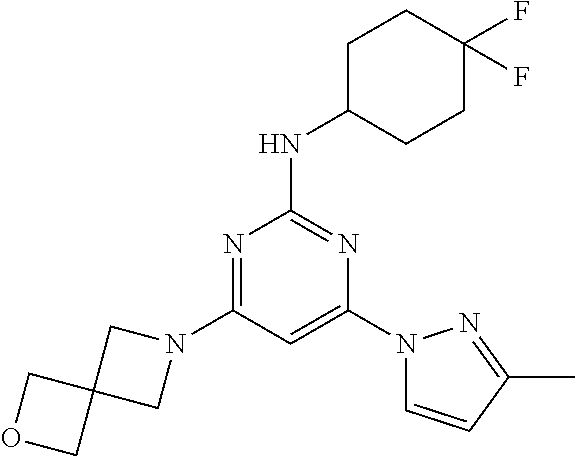
C00323

C00324

C00325

C00326

C00327

C00328

C00329

C00330

C00331
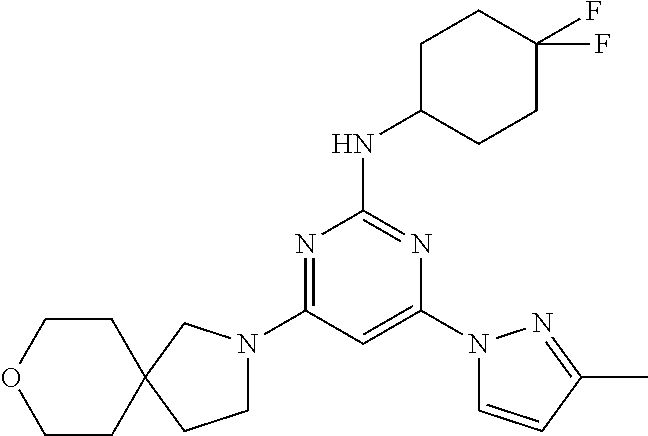
C00332

C00333
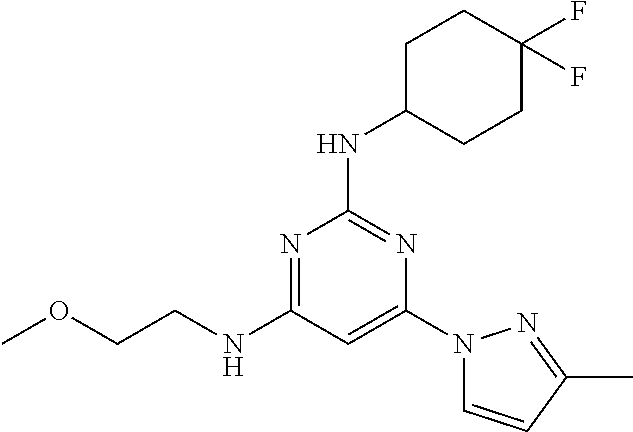
C00334
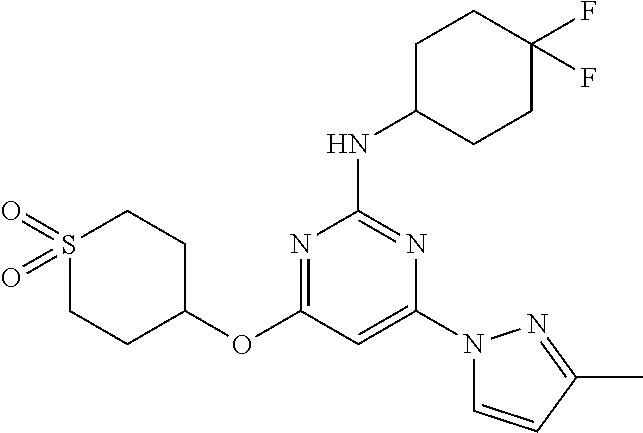
C00335

C00336

C00337

C00338
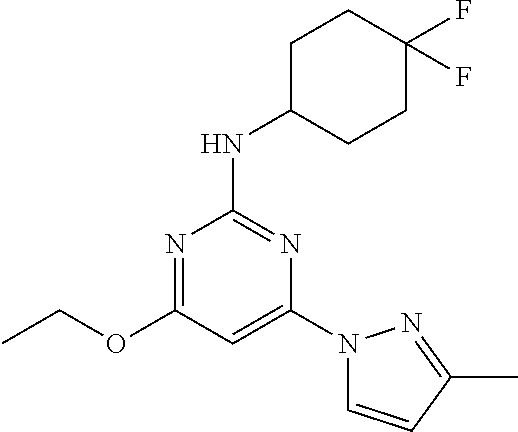
C00339

C00340

C00341
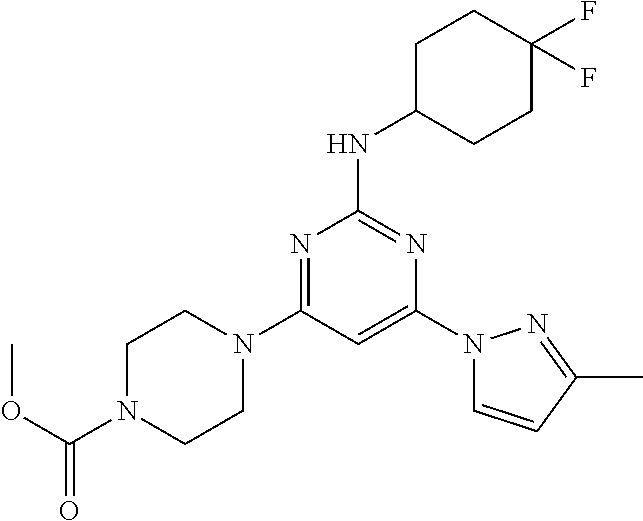
C00342

C00343
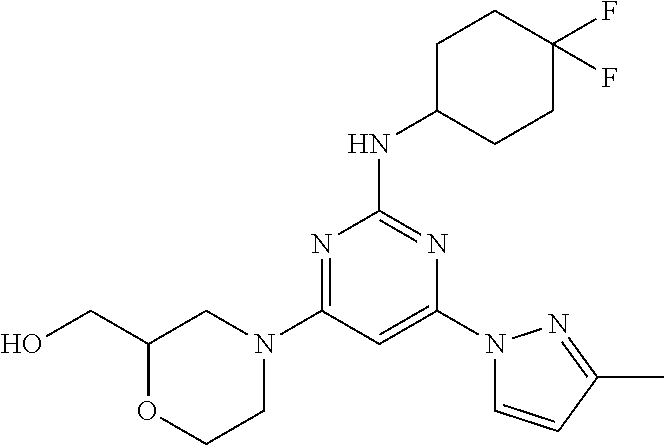
C00344

C00345

C00346

C00347

C00348

C00349

C00350

C00351

C00352

C00353

C00354

C00355

C00356

C00357
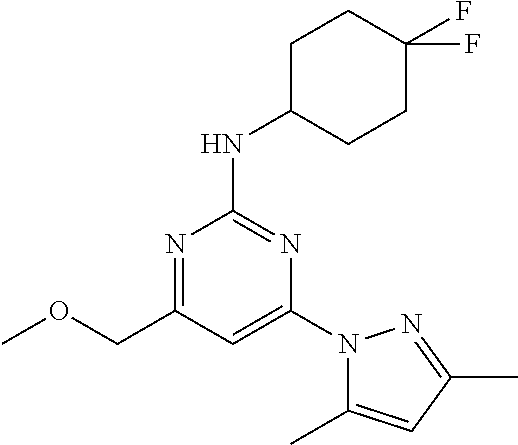
C00358

C00359

C00360

C00361

C00362
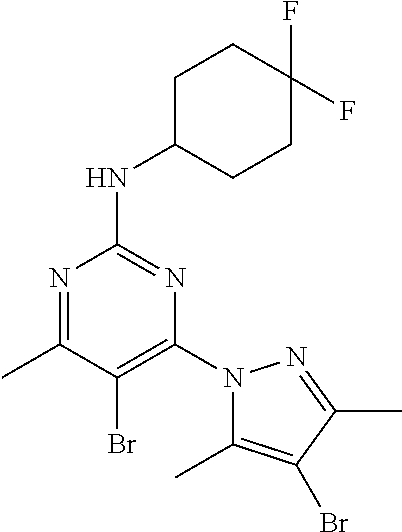
C00363

C00364
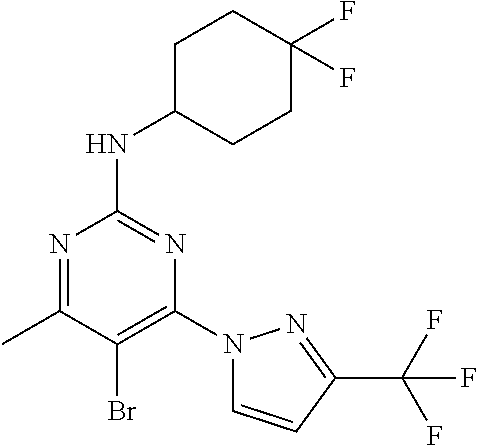
C00365

C00366
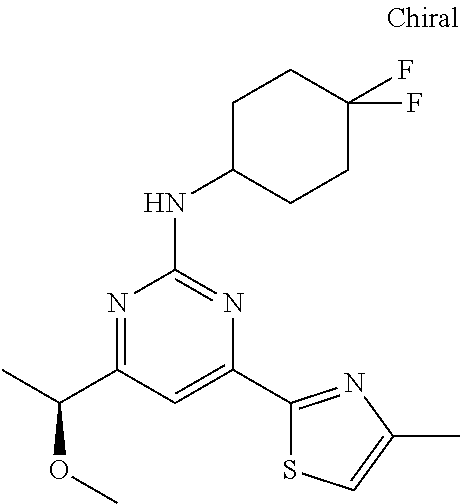
C00367
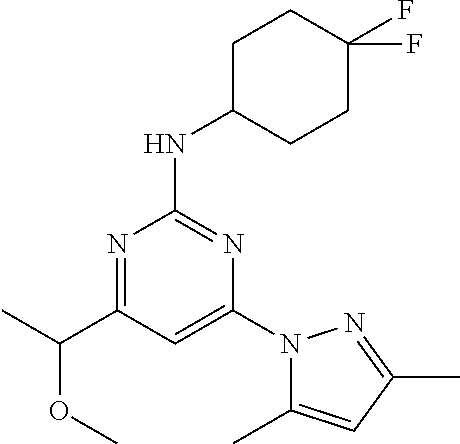
C00368
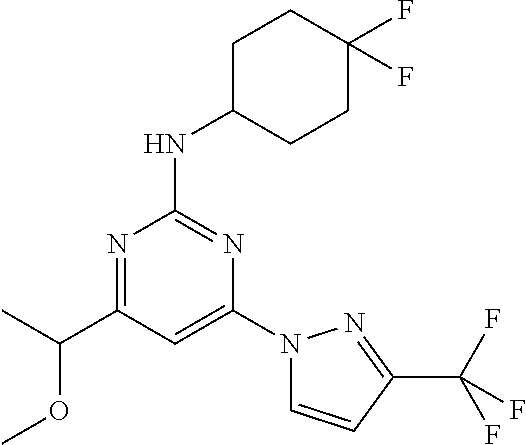
C00369

C00370

C00371

C00372

C00373

C00374
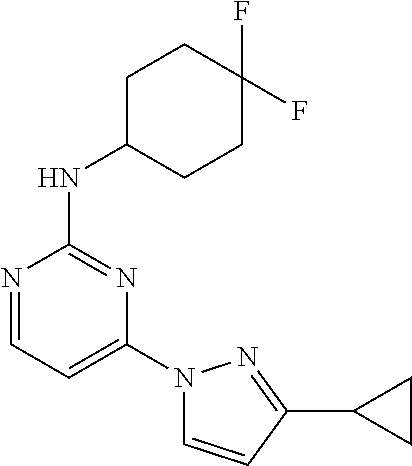
C00375
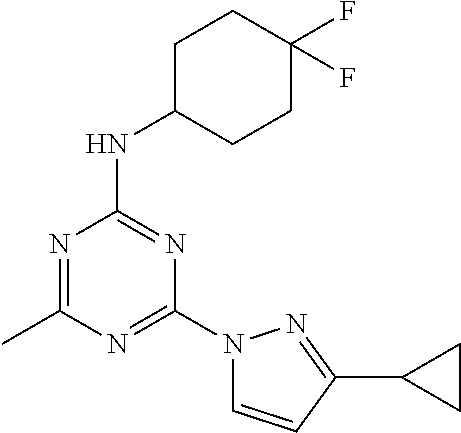
C00376

C00377
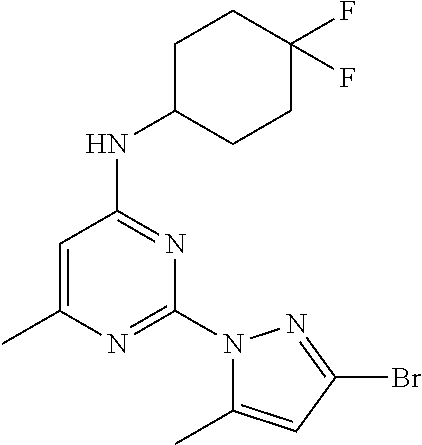
C00378
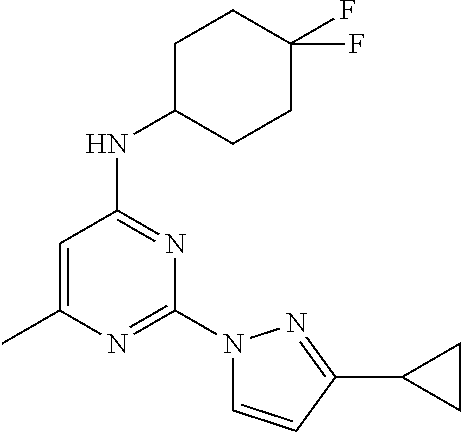
C00379

C00380
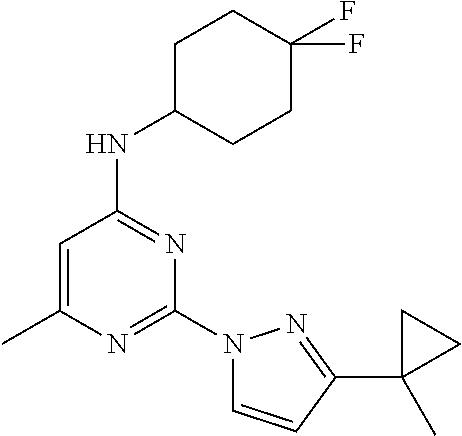
C00381

C00382

C00383
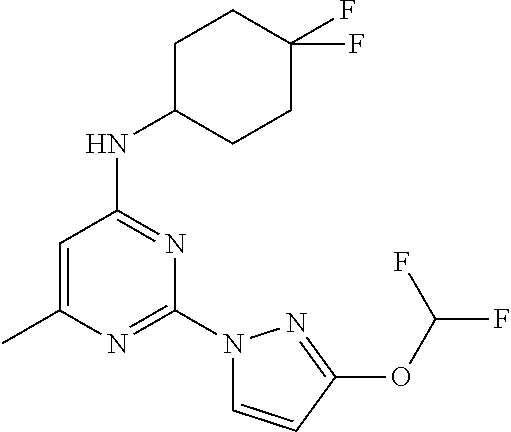
C00384

C00385
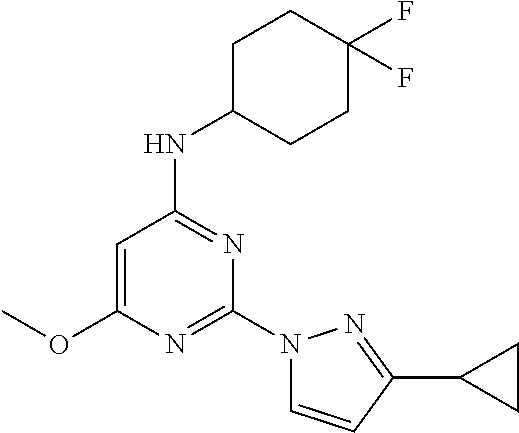
C00386

C00387

C00388

C00389

C00390
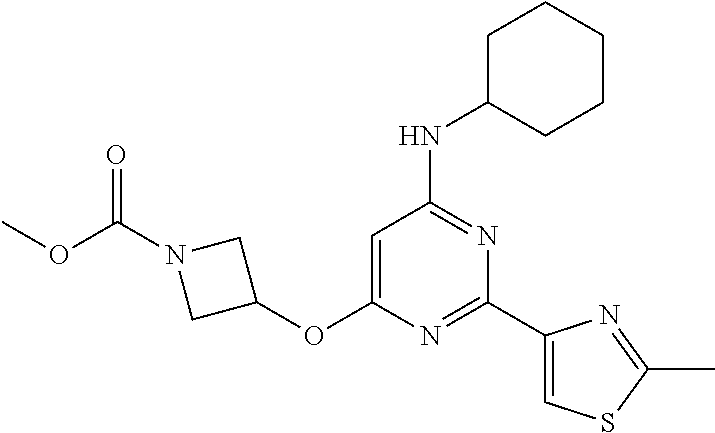
C00391
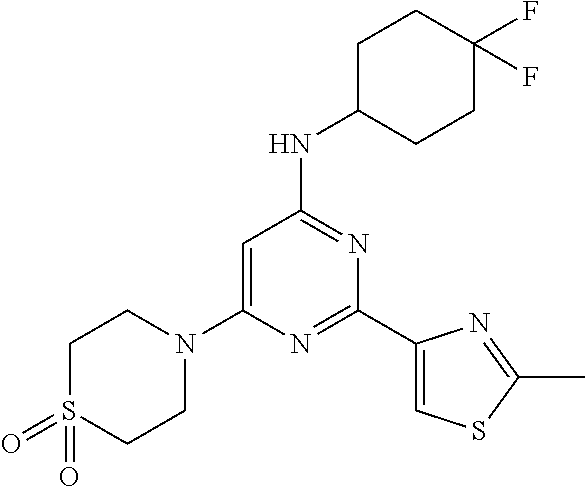
C00392

C00393
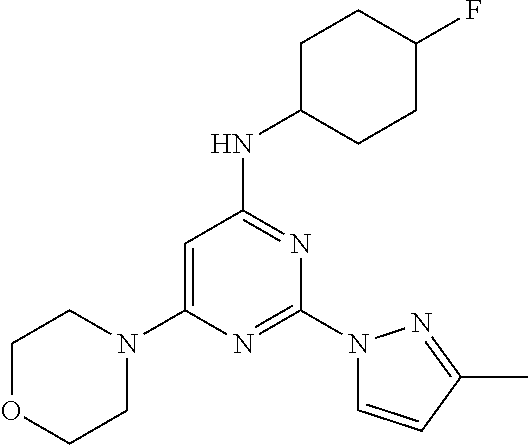
C00394
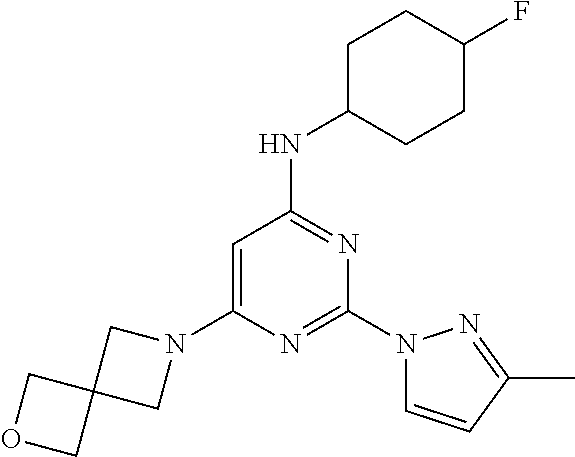
C00395

C00396
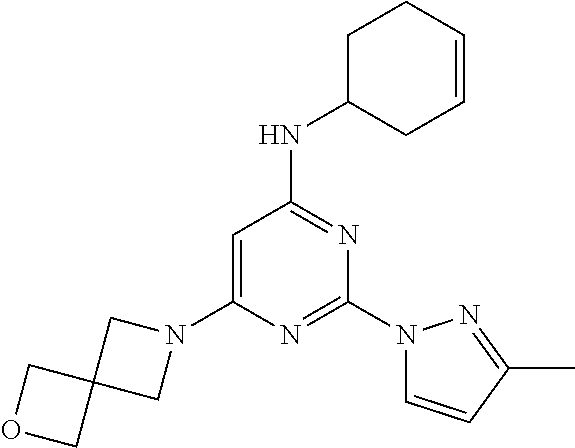
C00397

C00398

C00399
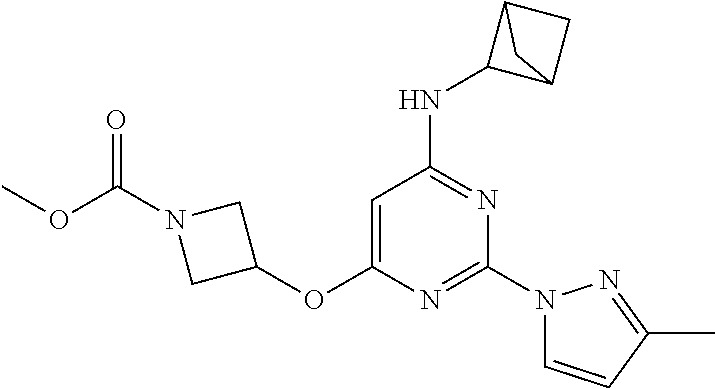
C00400

C00401

C00402

C00403
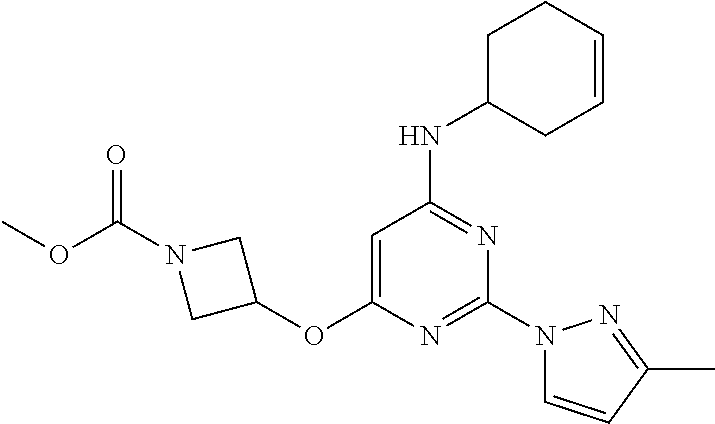
C00404

C00405
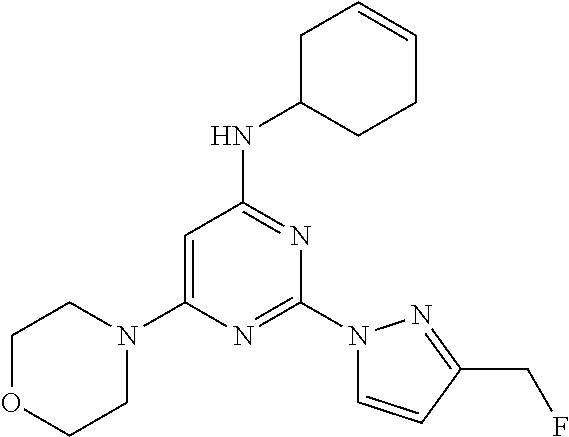
C00406
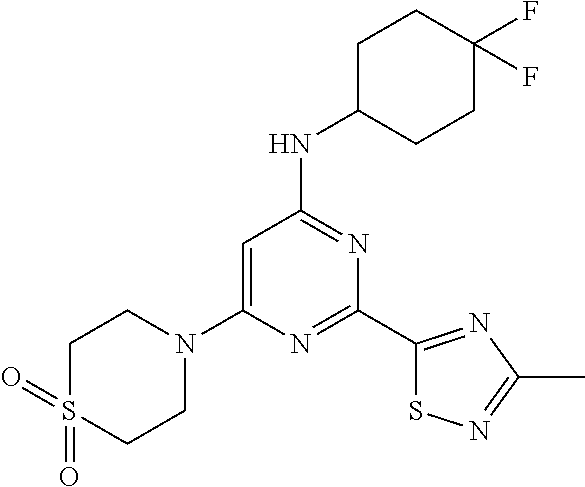
C00407
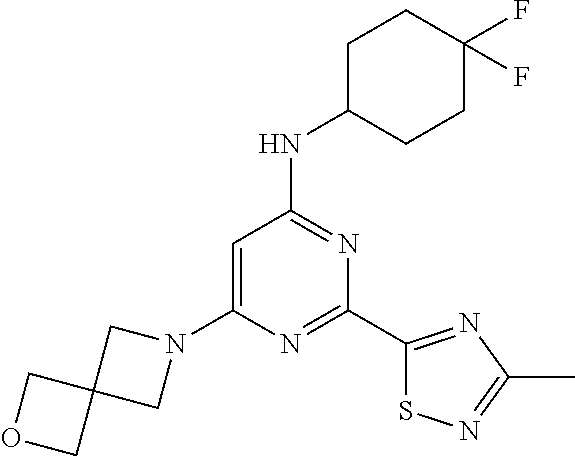
C00408
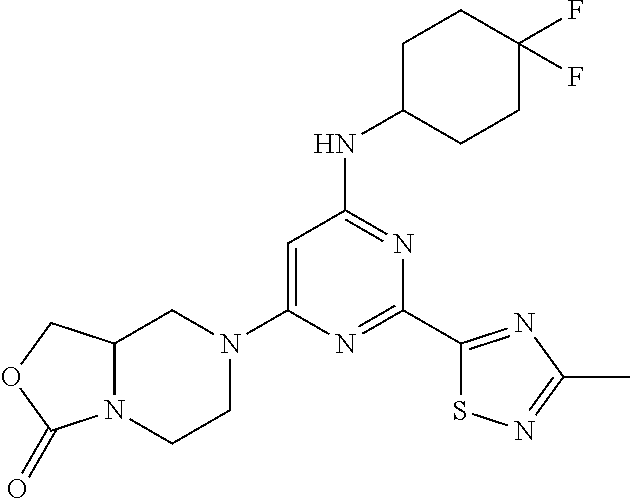
C00409

C00410

C00411
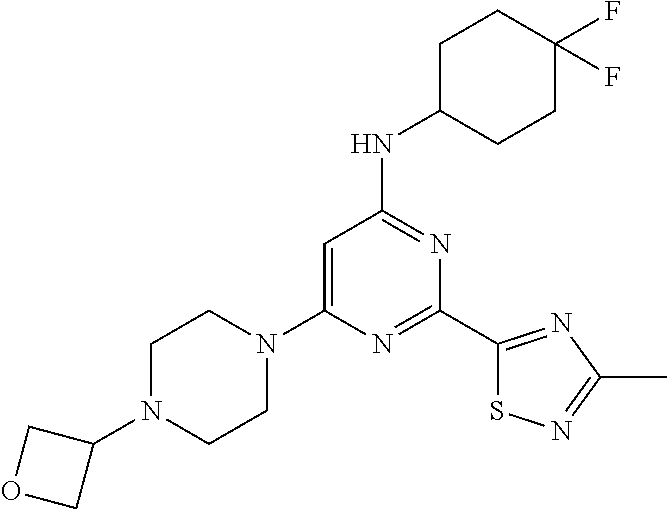
C00412

C00413

C00414
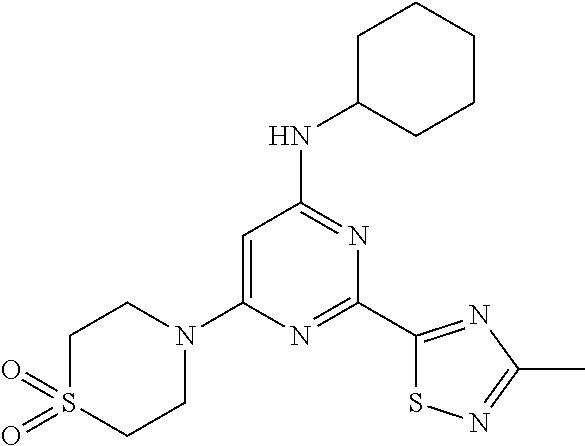
C00415

C00416

C00417
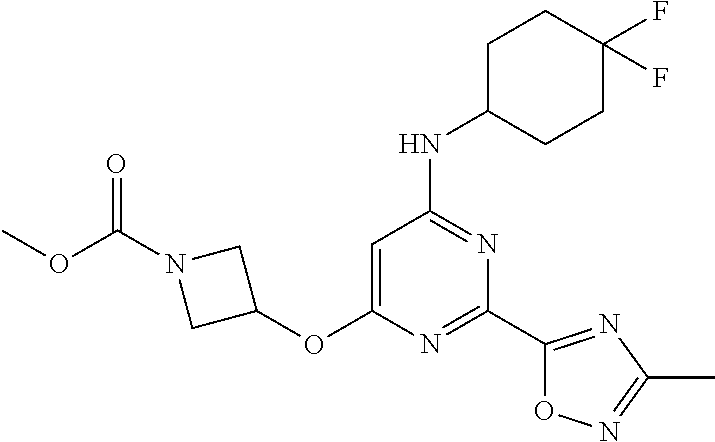
C00418

C00419

C00420
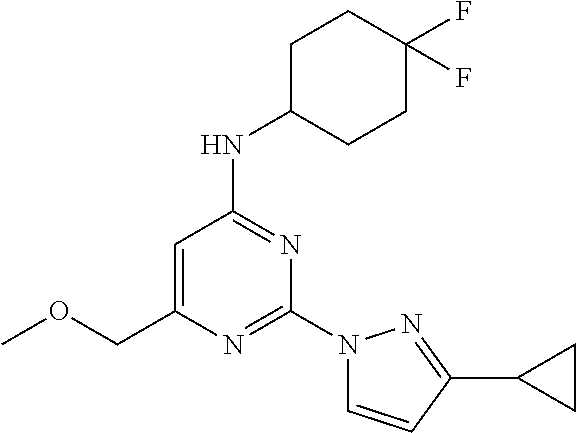
C00421

C00422
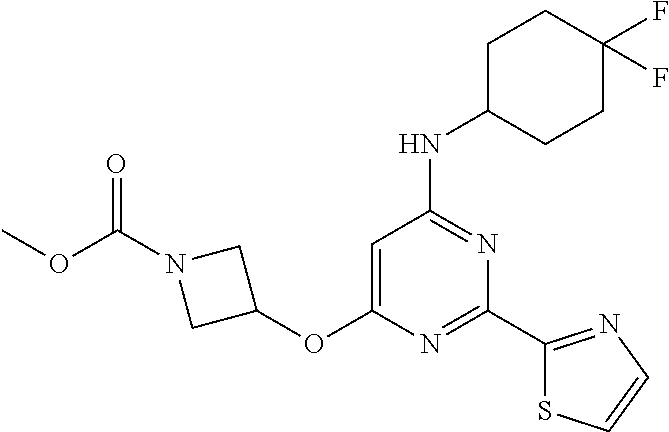
C00423

C00424

C00425

C00426

C00427
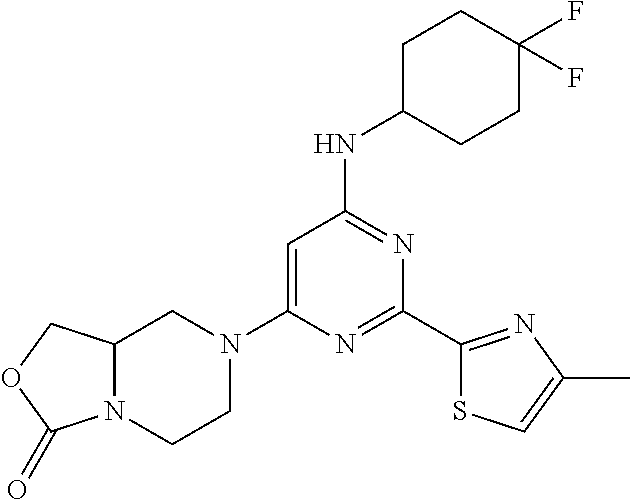
C00428

C00429
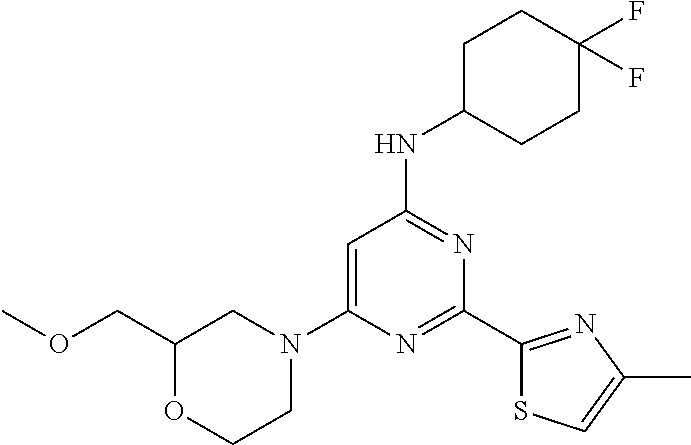
C00430

C00431
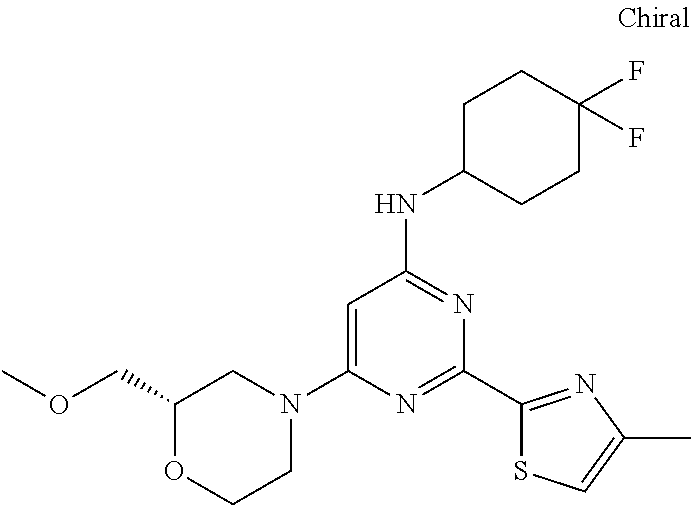
C00432

C00433

C00434

C00435

C00436
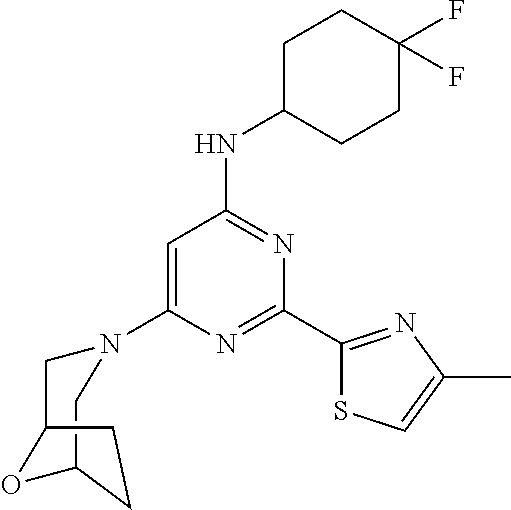
C00437

C00438

C00439

C00440
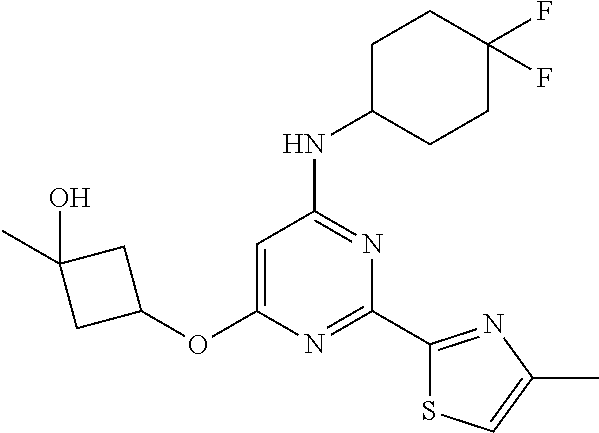
C00441

C00442
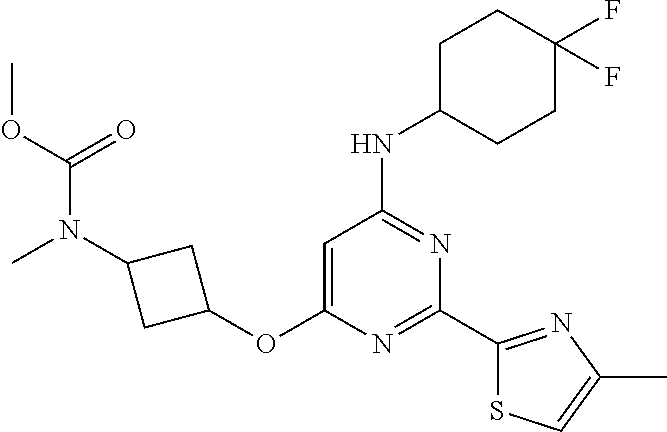
C00443

C00444

C00445
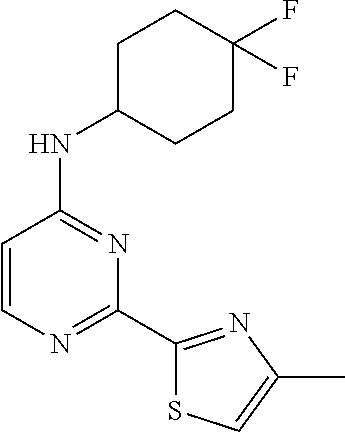
C00446

C00447

C00448

C00449

C00450
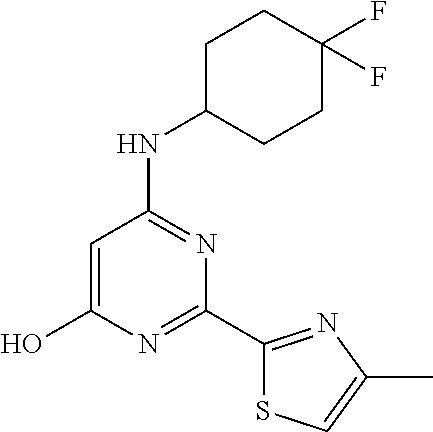
C00451
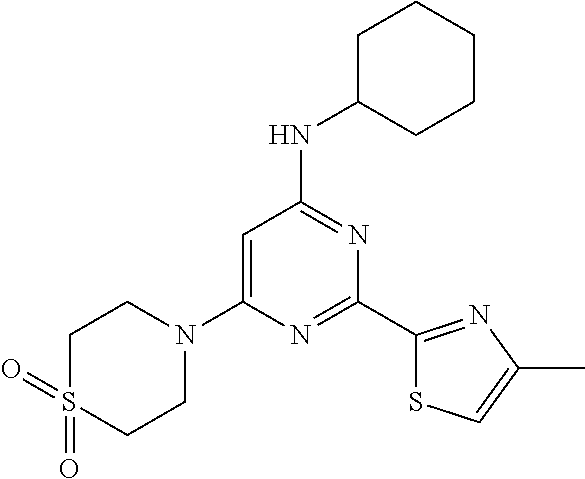
C00452

C00453

C00454
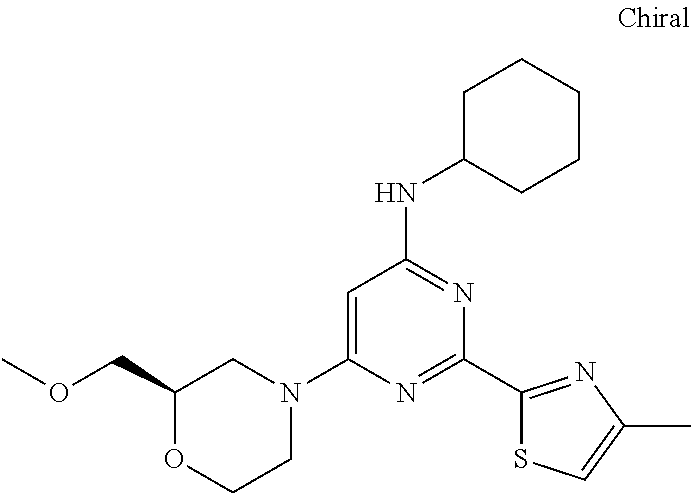
C00455

C00456
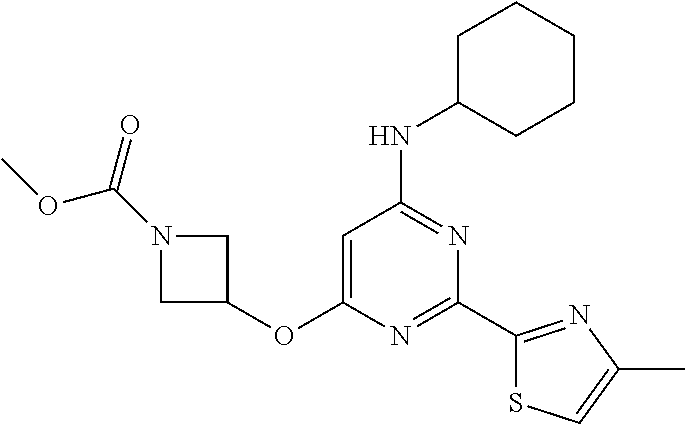
C00457
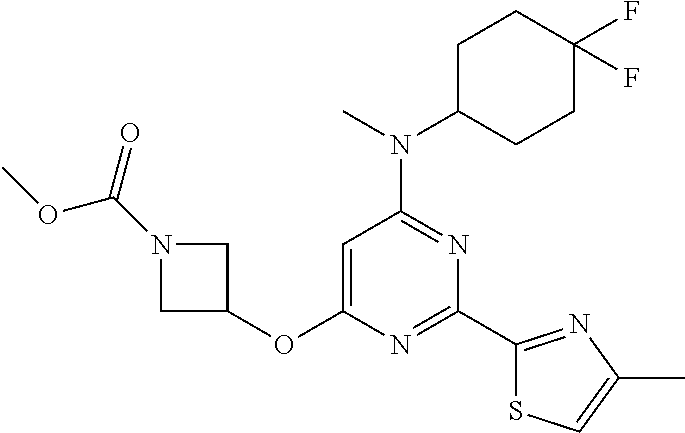
C00458

C00459
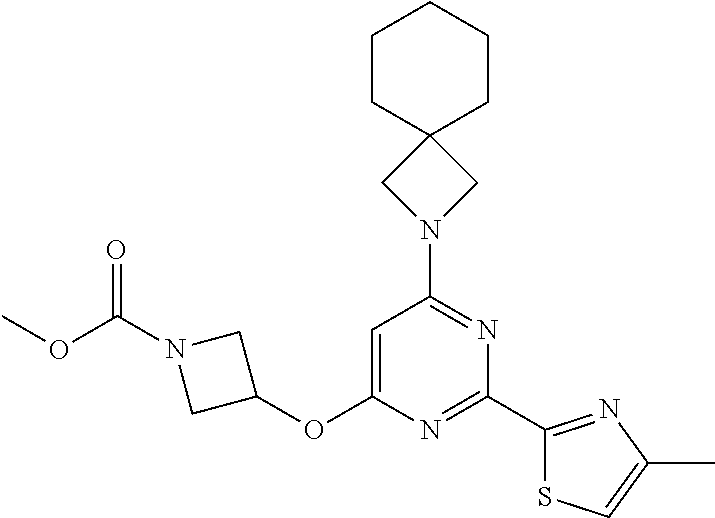
C00460

C00461

C00462

C00463
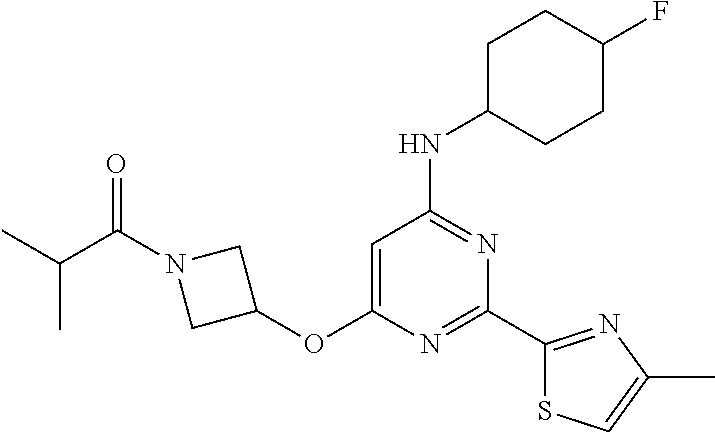
C00464
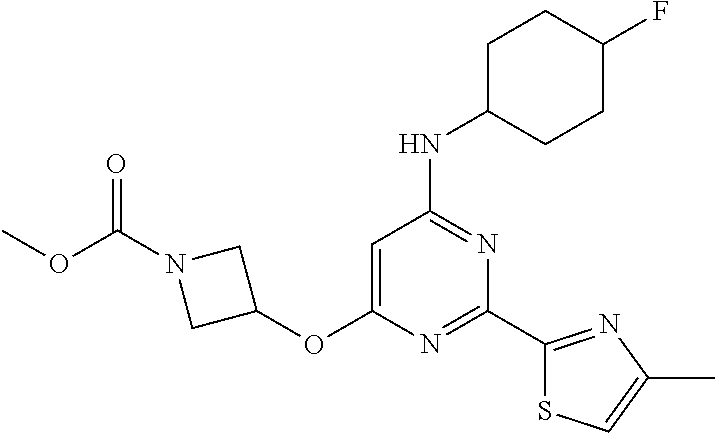
C00465

C00466

C00467

C00468

C00469
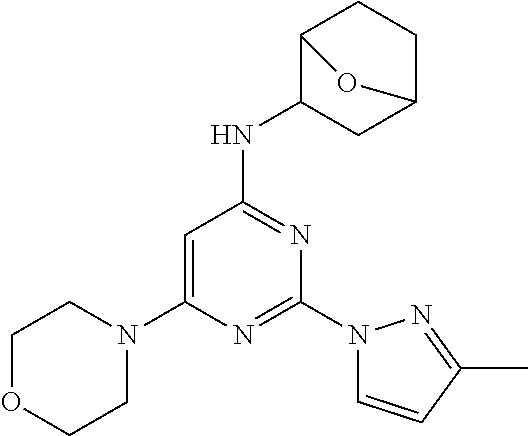
C00470

C00471

C00472
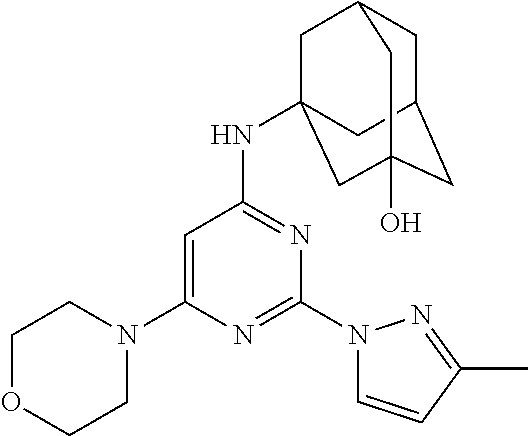
C00473

C00474
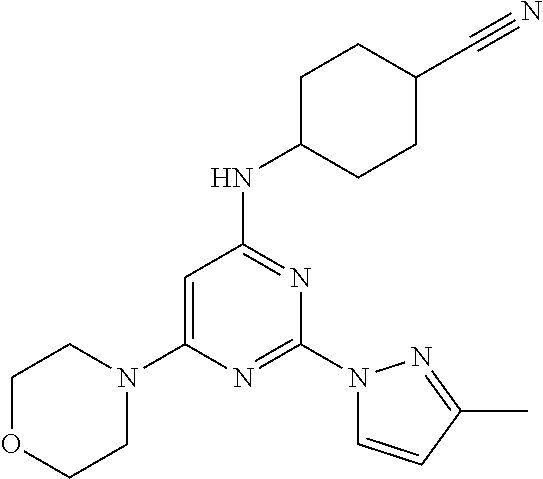
C00475
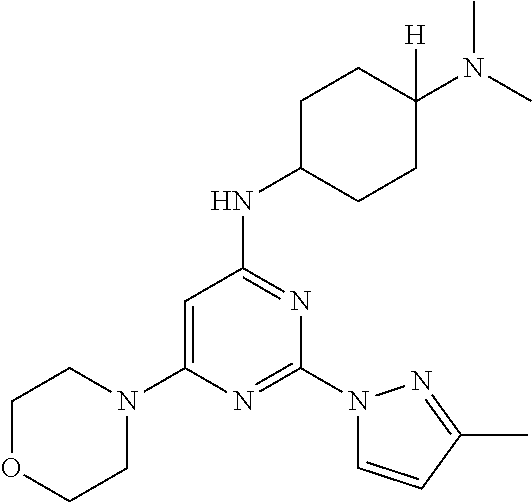
C00476
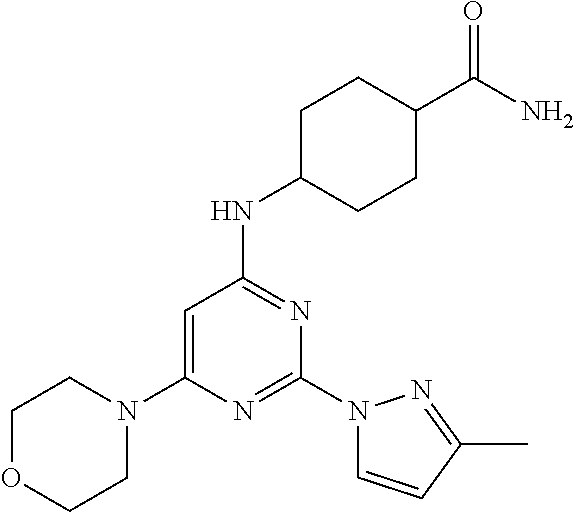
C00477
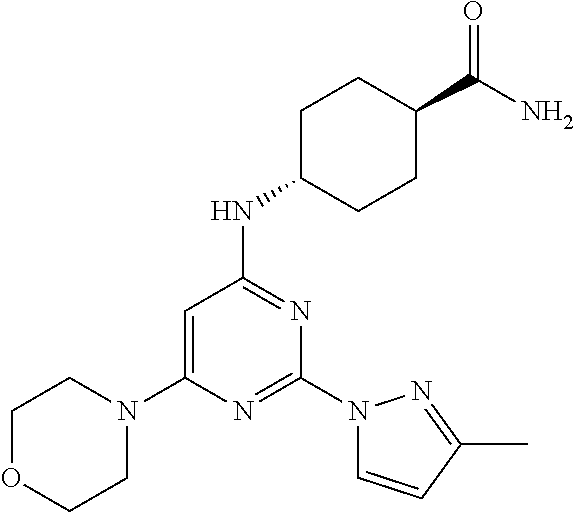
C00478

C00479

C00480

C00481

C00482

C00483

C00484

C00485

C00486
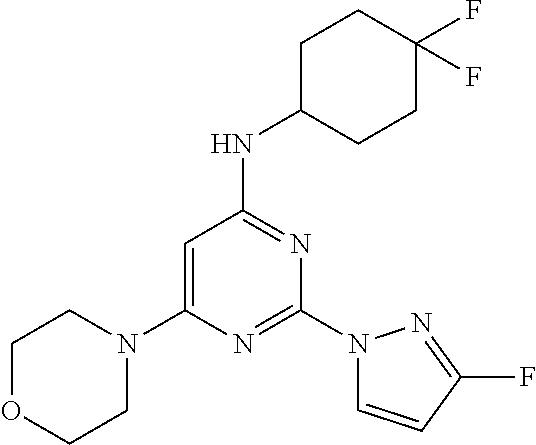
C00487

C00488
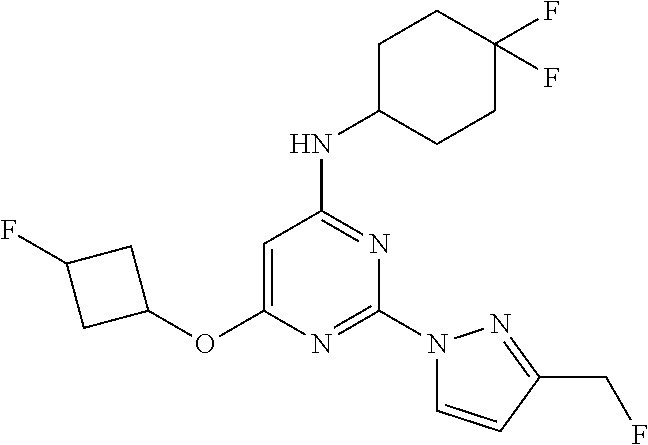
C00489

C00490
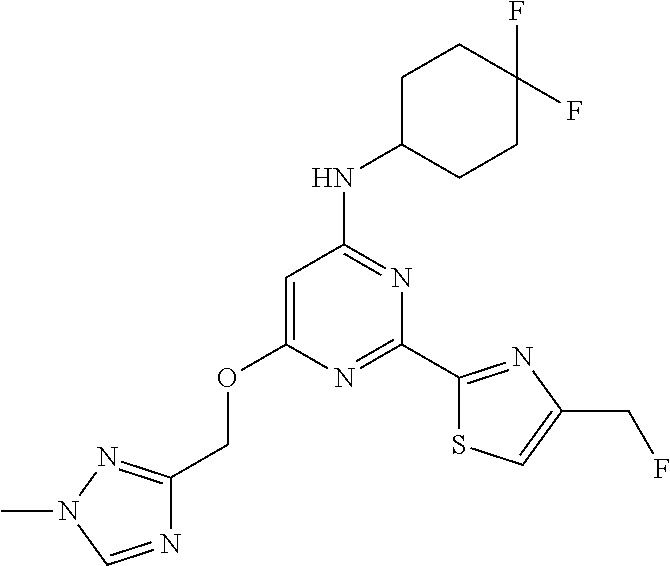
C00491

C00492
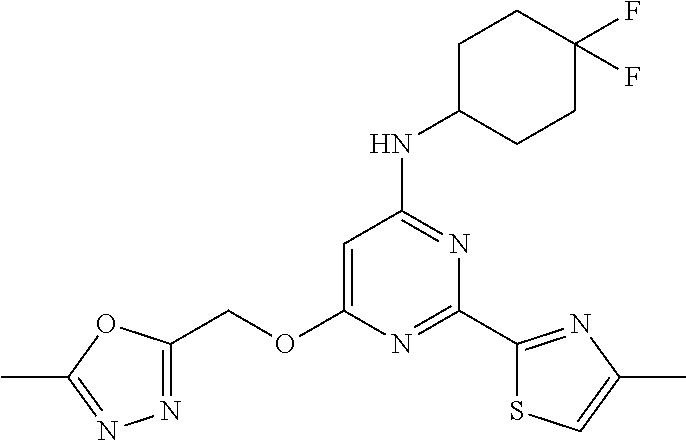
C00493

C00494
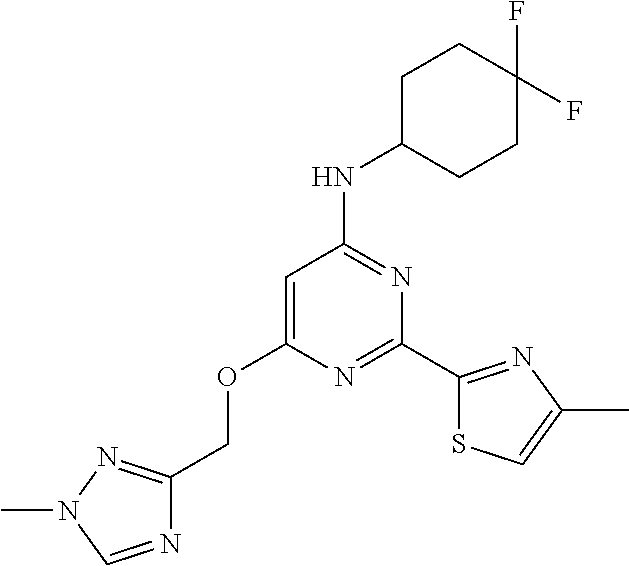
C00495

C00496

C00497
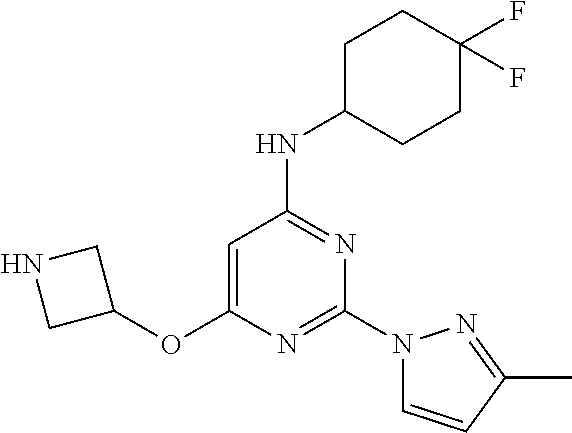
C00498

C00499
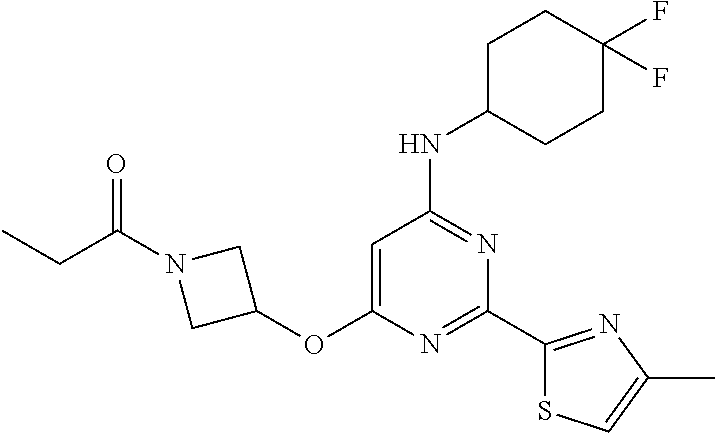
C00500
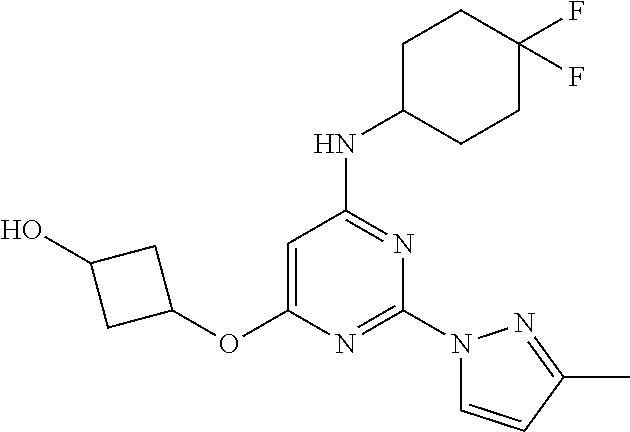
C00501
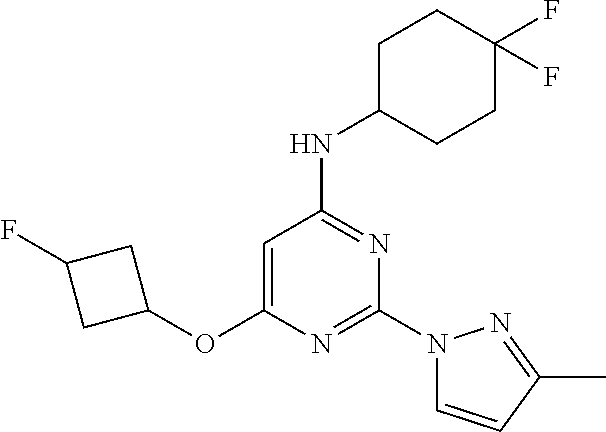
C00502

C00503
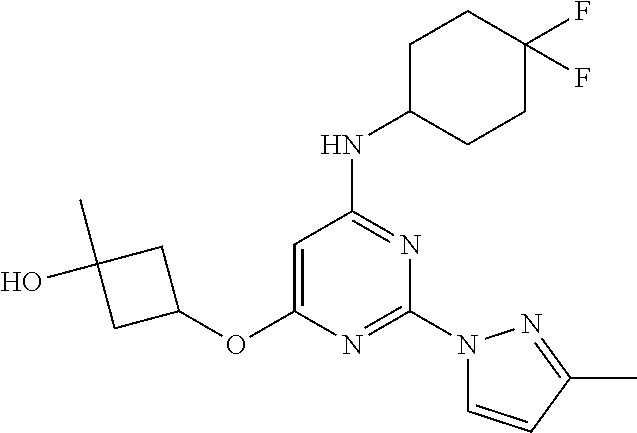
C00504
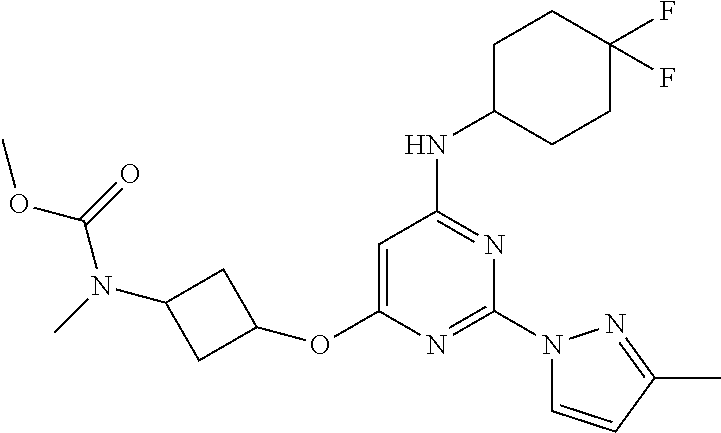
C00505

C00506

C00507
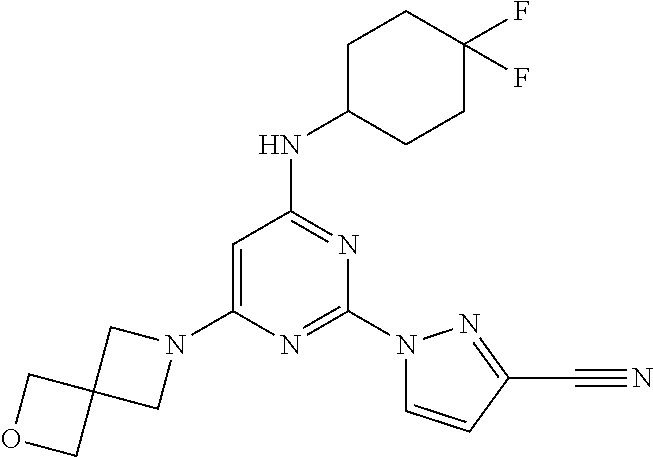
C00508
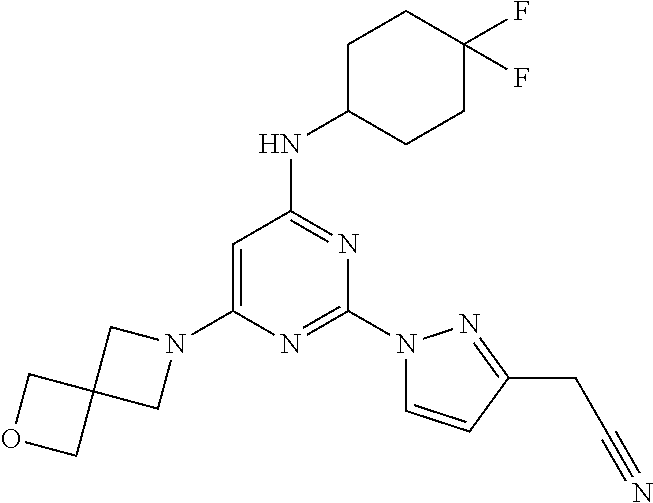
C00509
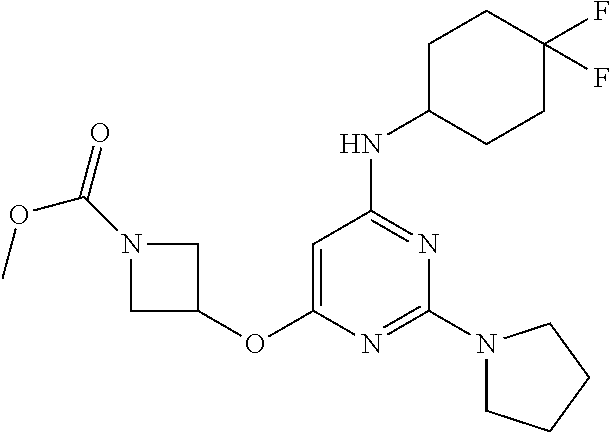
C00510
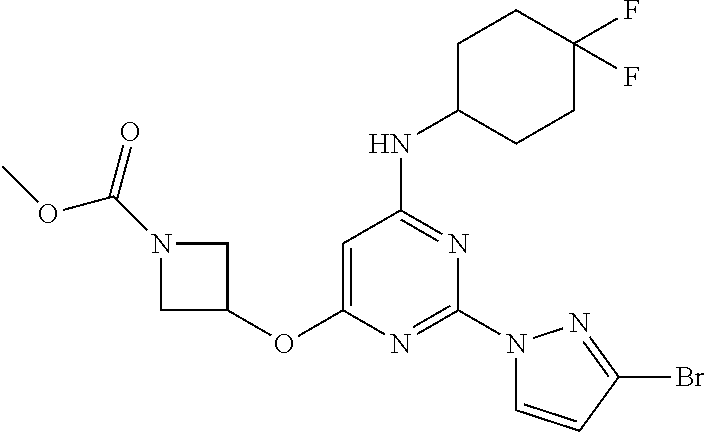
C00511
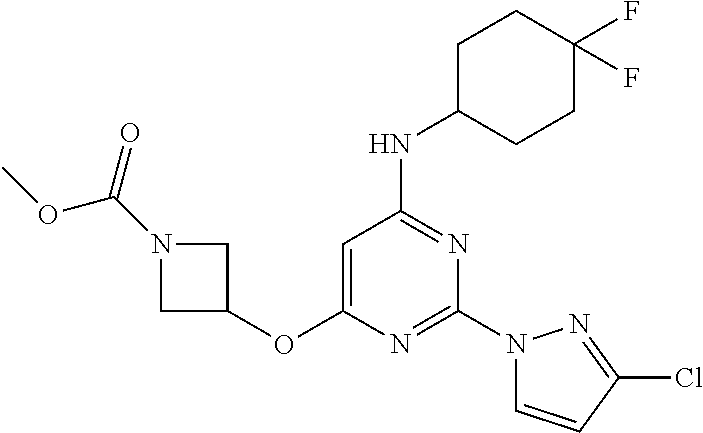
C00512

C00513
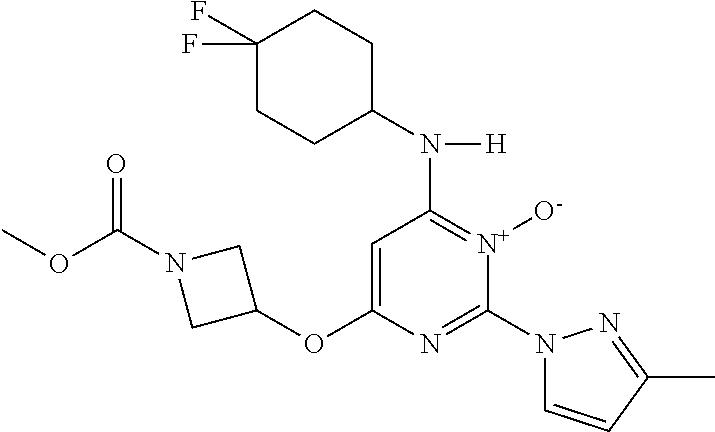
C00514
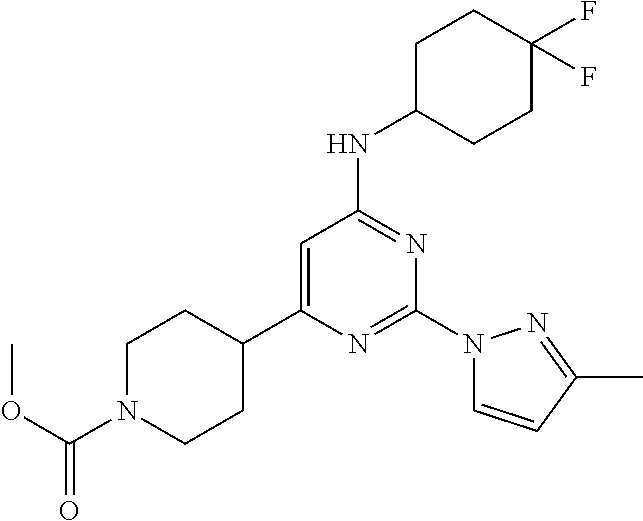
C00515

C00516

C00517
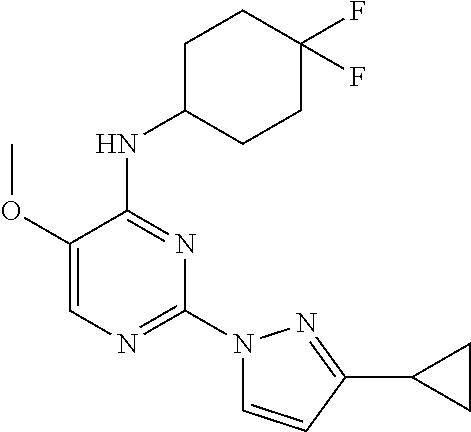
C00518

C00519
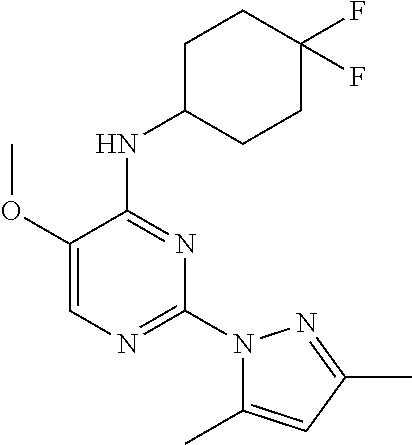
C00520

C00521
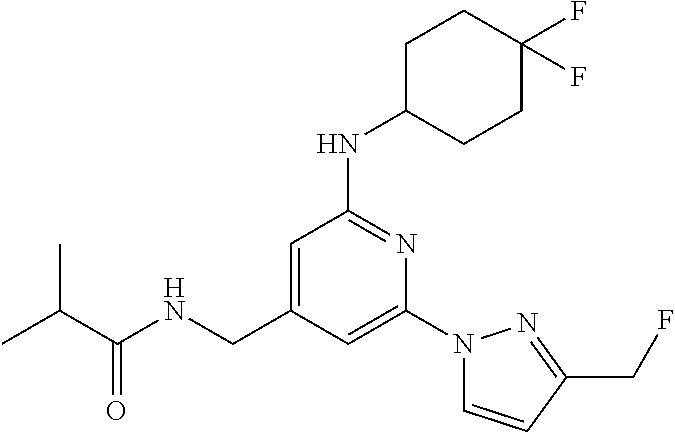
C00522
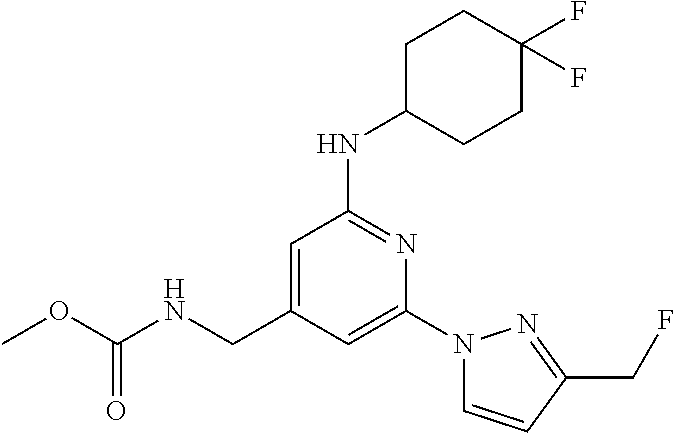
C00523

C00524
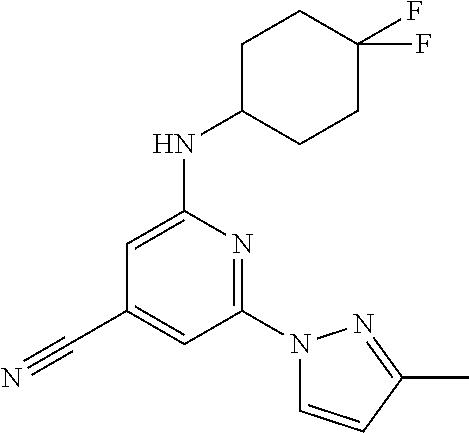
C00525
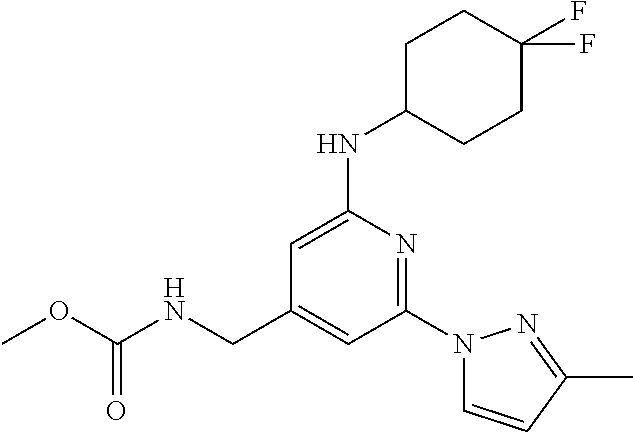
C00526

C00527
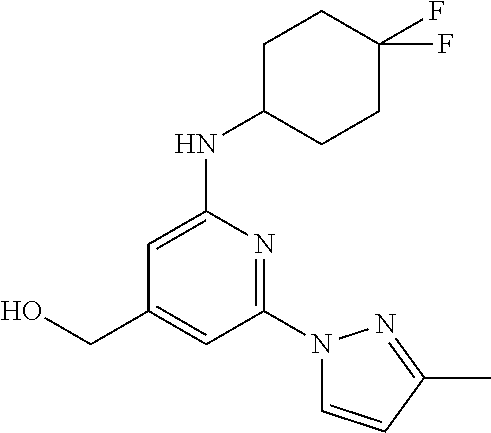
C00528

C00529

C00530

C00531

C00532

C00533
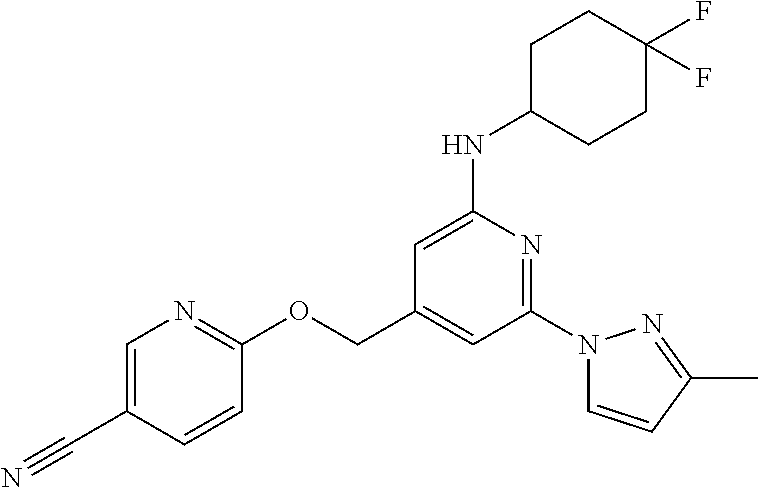
C00534

C00535

C00536

C00537
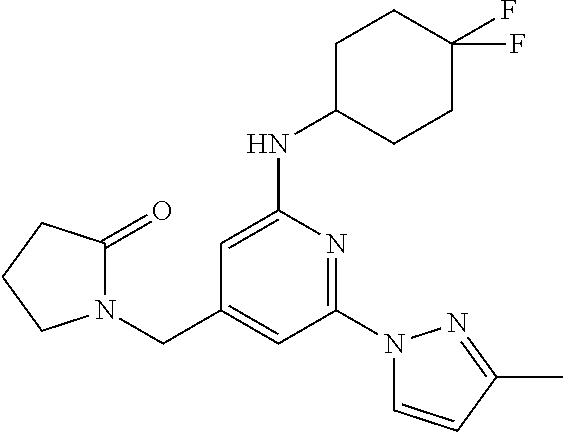
C00538

C00539

C00540

C00541

C00542

C00543

C00544

C00545

C00546
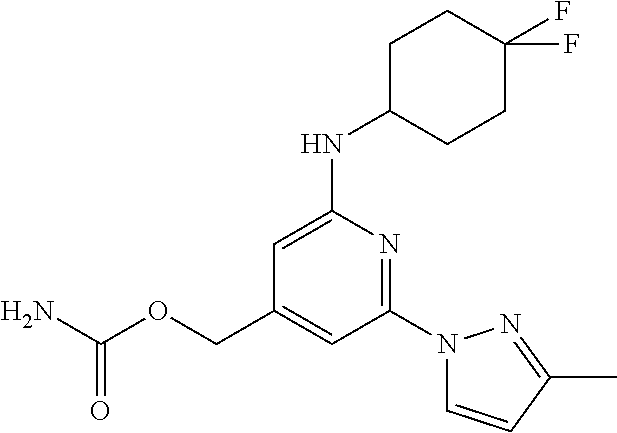
C00547
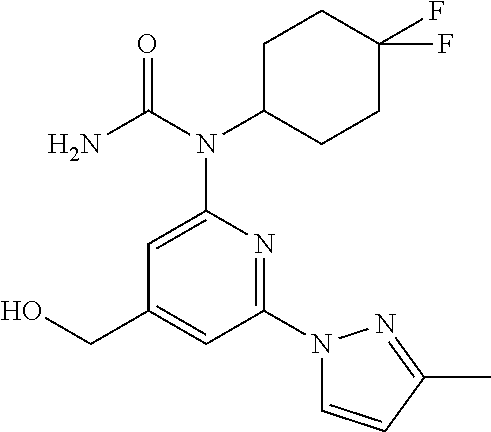
C00548

C00549

C00550

C00551

C00552

C00553

C00554

C00555

C00556

C00557

C00558

C00559
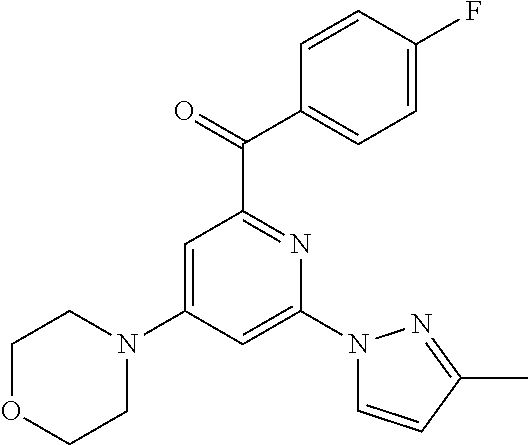
C00560

C00561
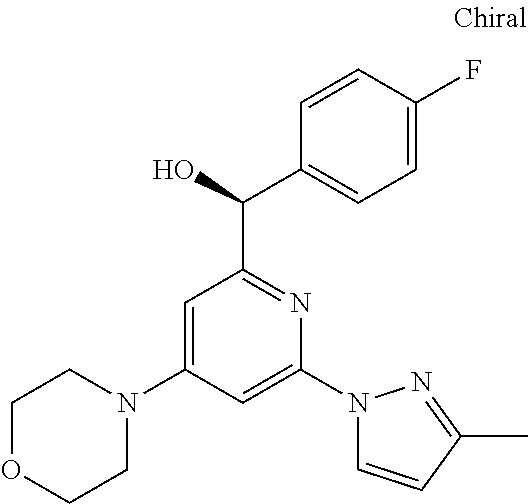
C00562
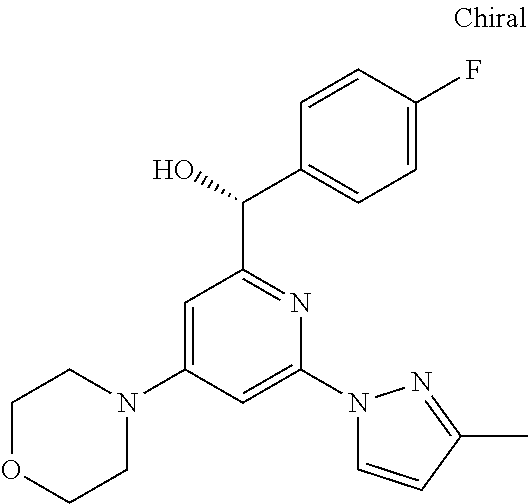
C00563

C00564

C00565

C00566
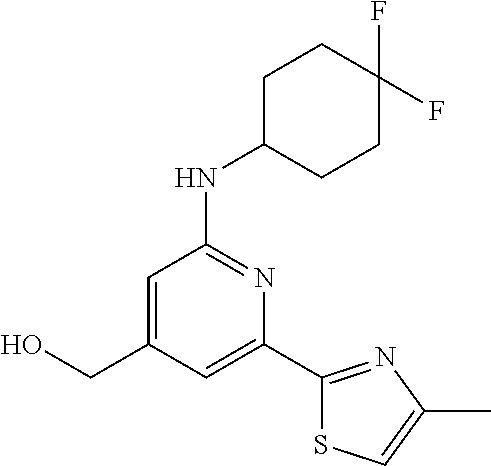
C00567

C00568

C00569
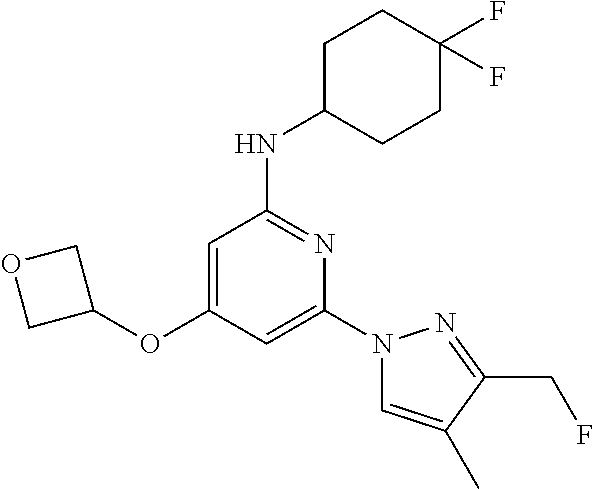
C00570

C00571
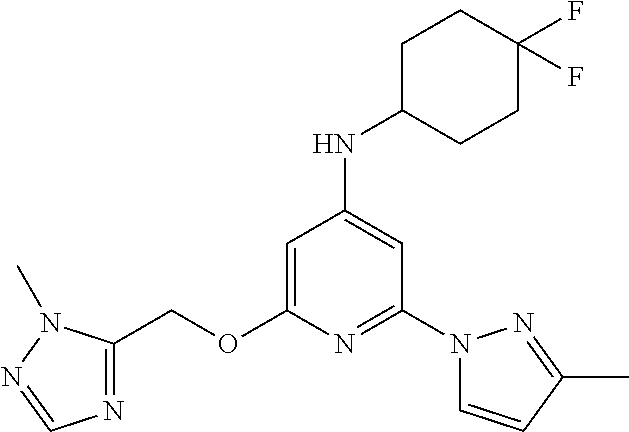
C00572

C00573
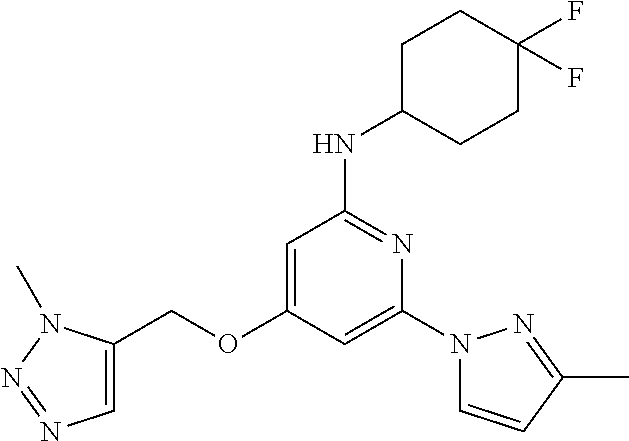
C00574
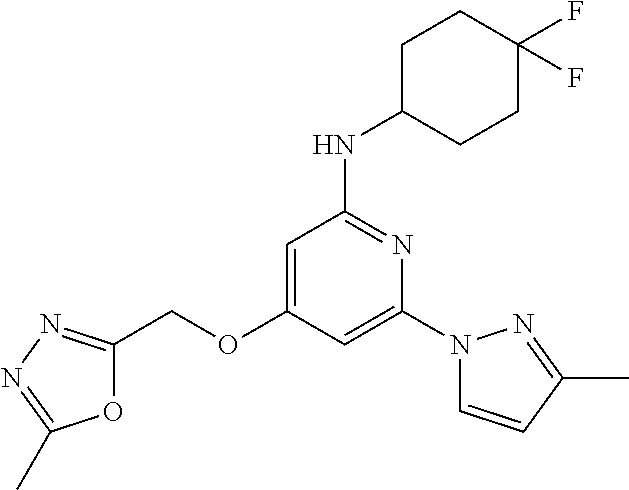
C00575
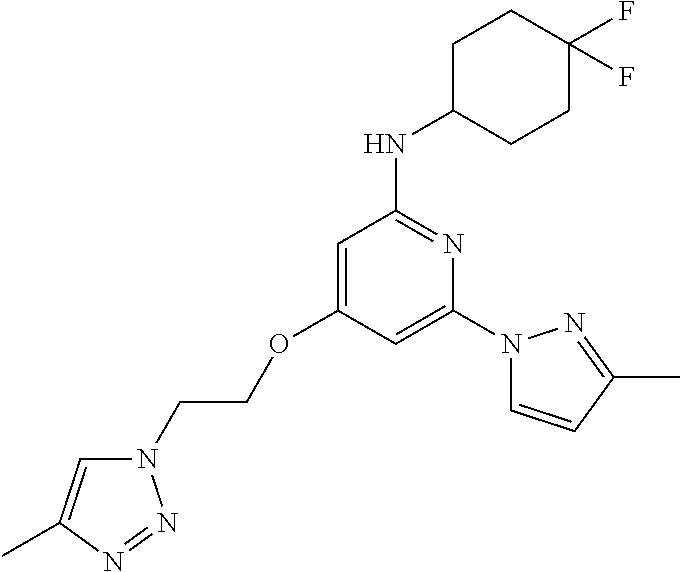
C00576

C00577
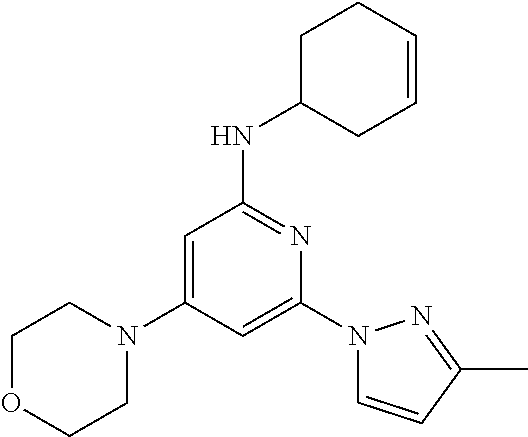
C00578

C00579

C00580

C00581

C00582

C00583
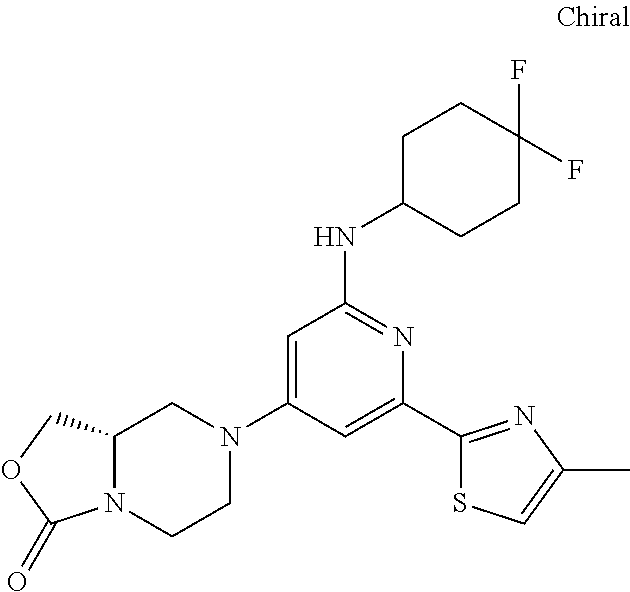
C00584
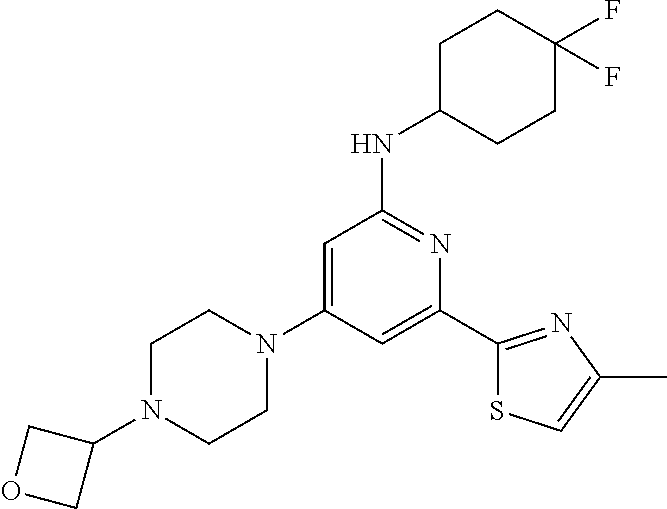
C00585

C00586

C00587
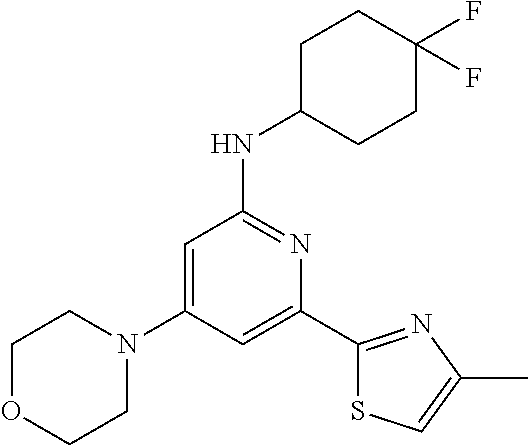
C00588

C00589

C00590

C00591

C00592

C00593
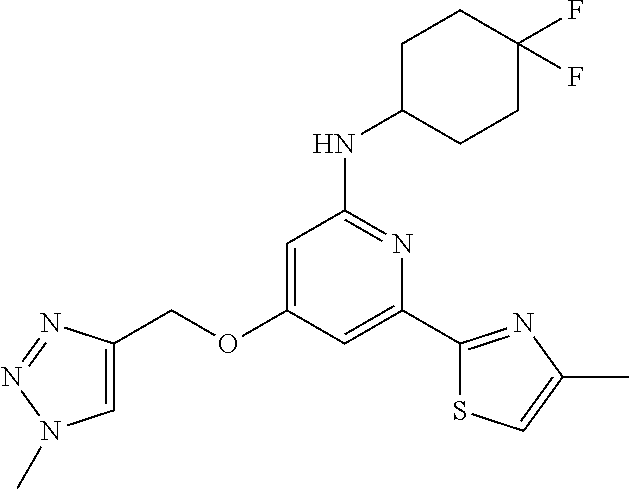
C00594

C00595
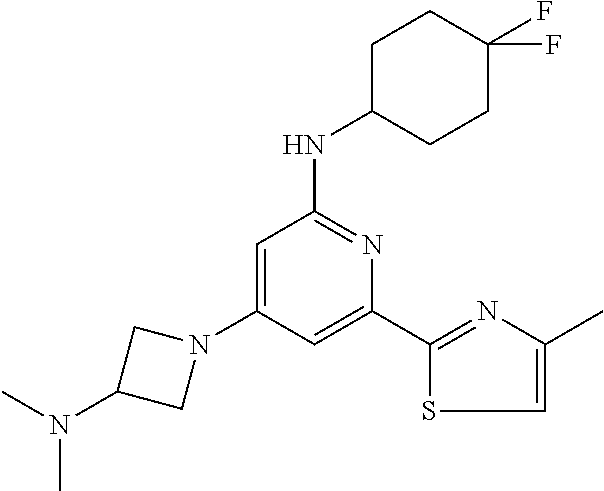
C00596

C00597
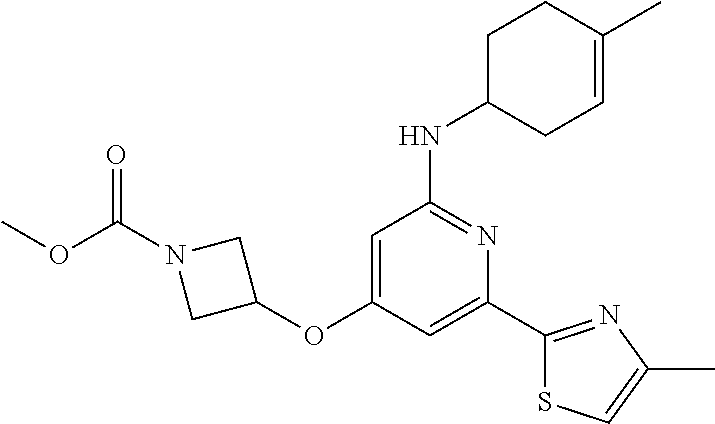
C00598
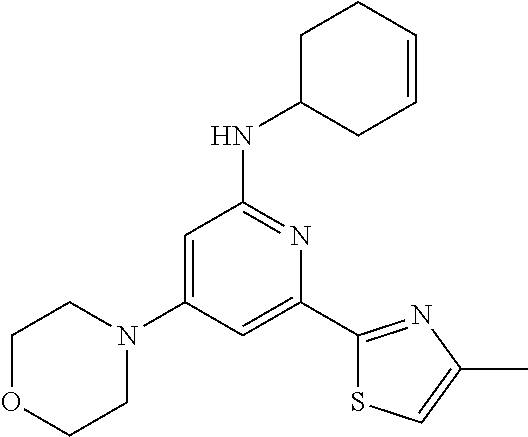
C00599
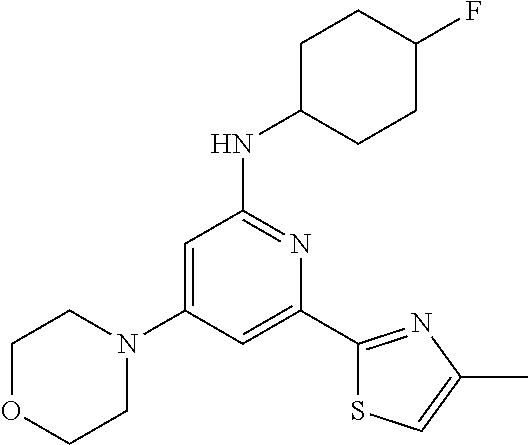
C00600

C00601
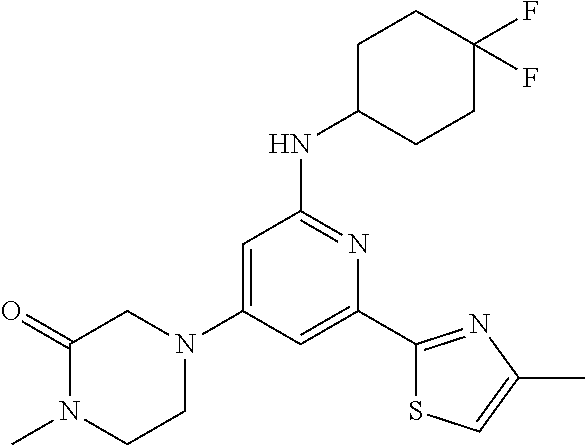
C00602

C00603
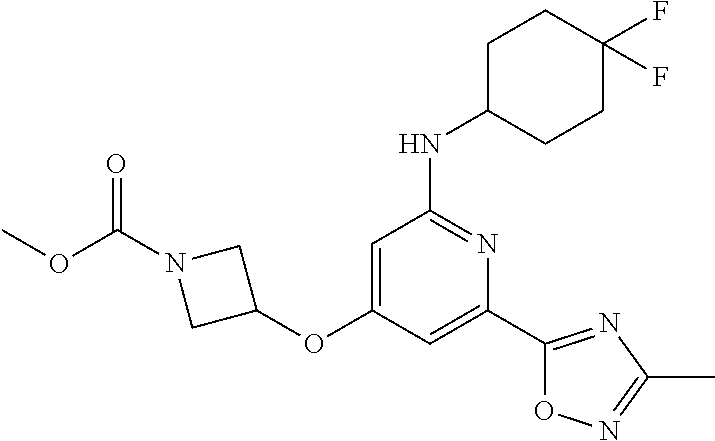
C00604

C00605

C00606
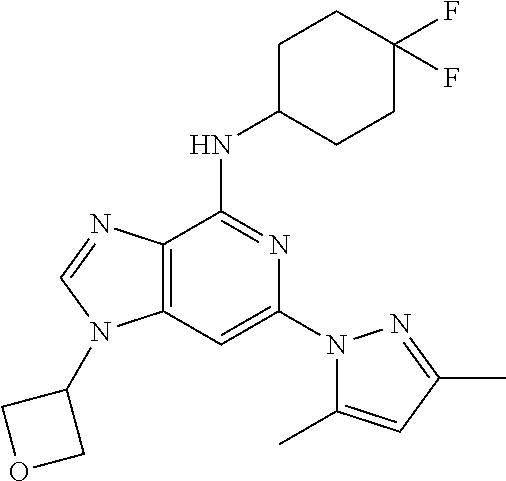
C00607

C00608
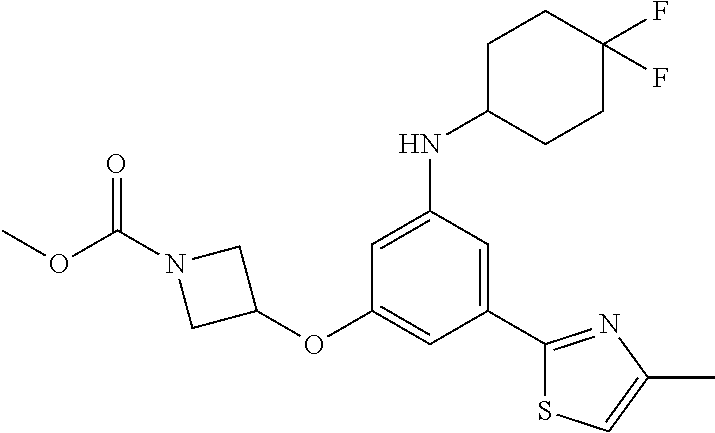
C00609

C00610

C00611
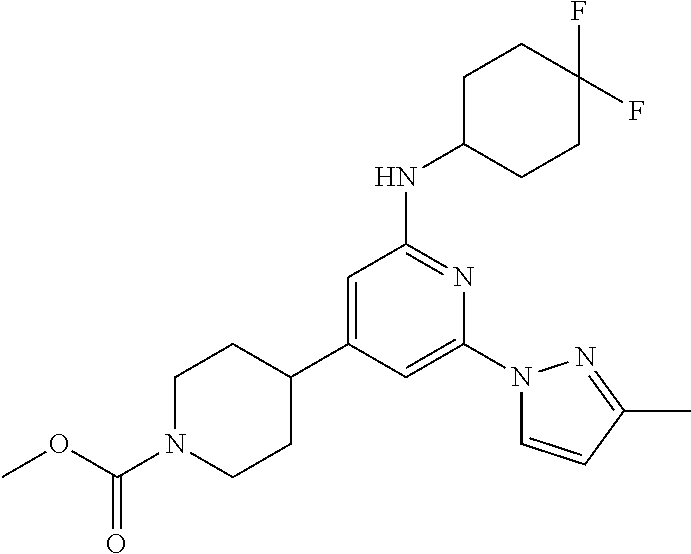
C00612

C00613
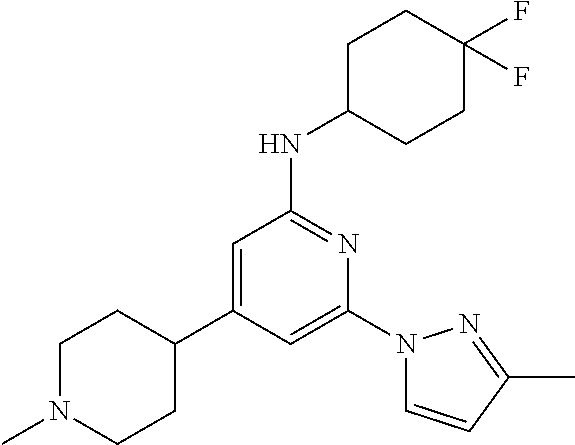
C00614
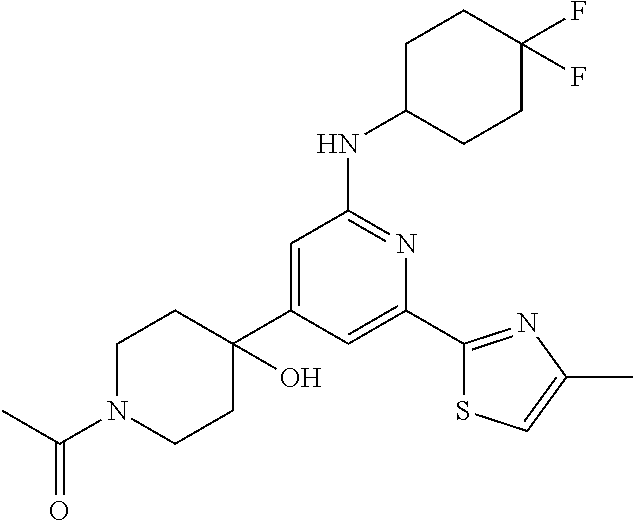
C00615
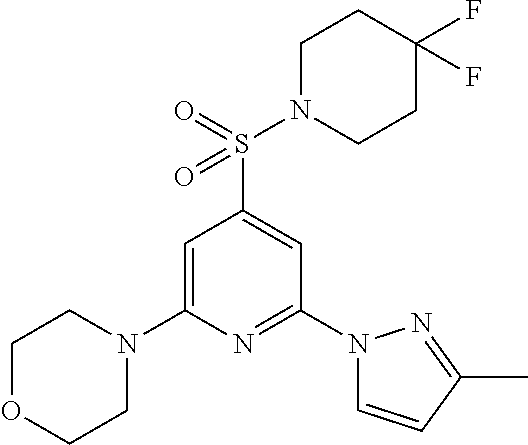
C00616

C00617

C00618
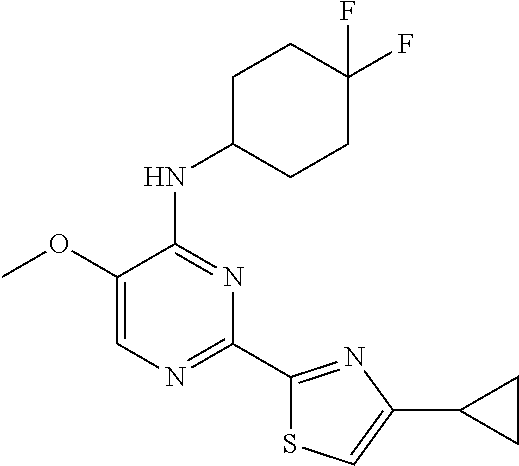
C00619

C00620

C00621

C00622

C00623
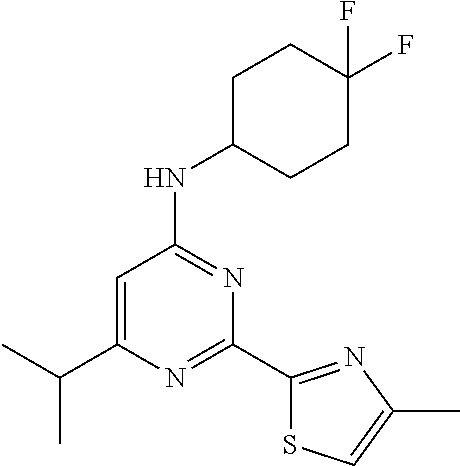
C00624

C00625
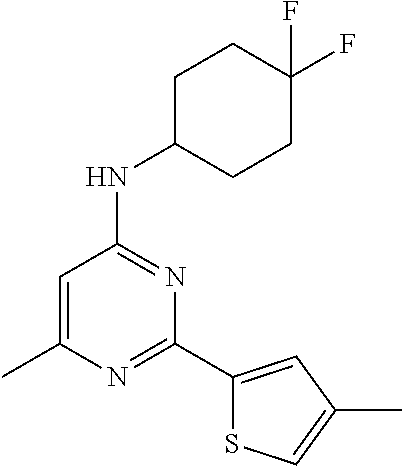
C00626

C00627

C00628
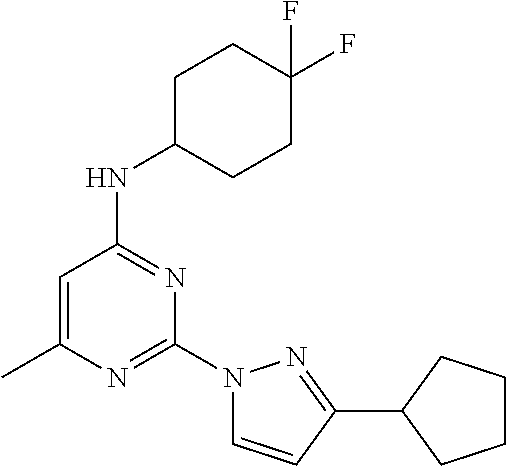
C00629

C00630

C00631
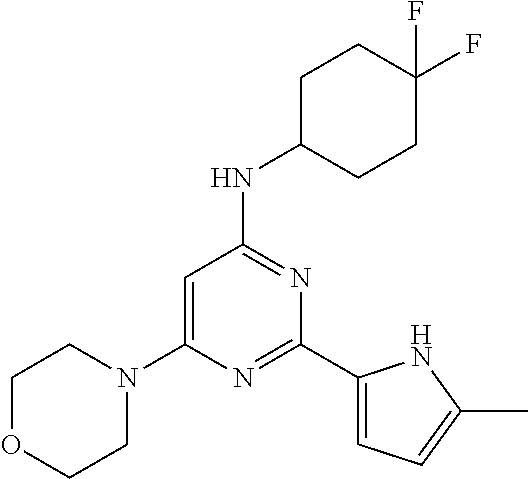
C00632

C00633

C00634

C00635

C00636

C00637

C00638

C00639

C00640

C00641

C00642

C00643
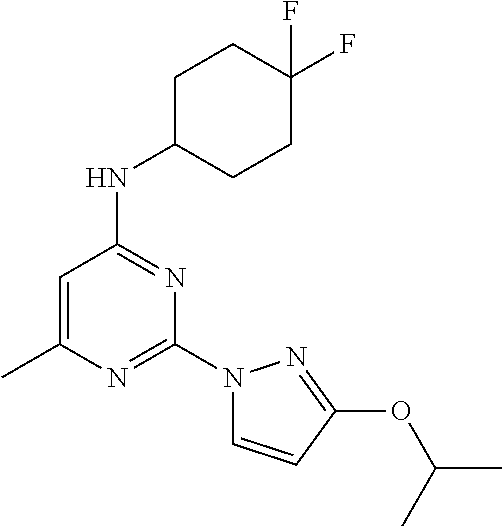
C00644
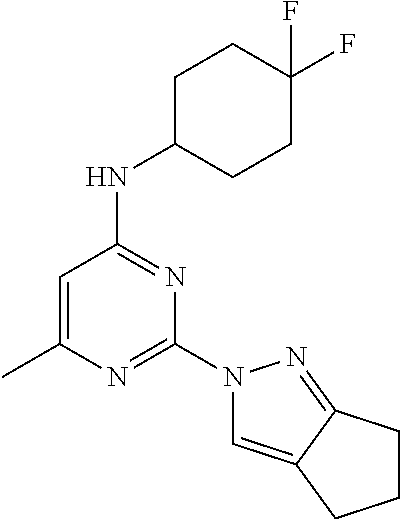
C00645
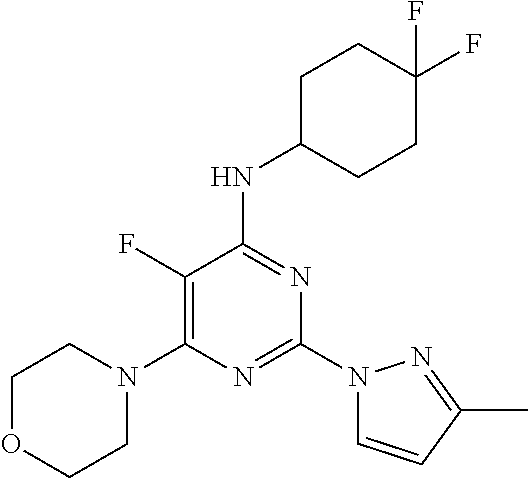
C00646
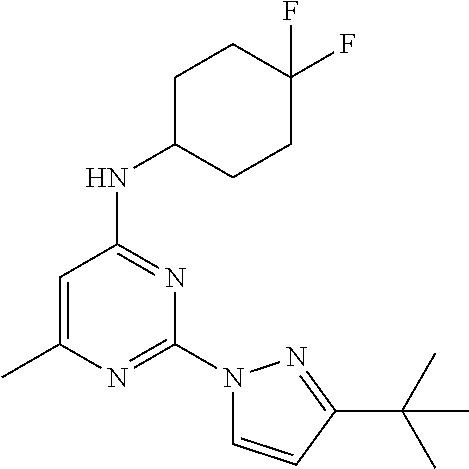
C00647

C00648

C00649

C00650

C00651
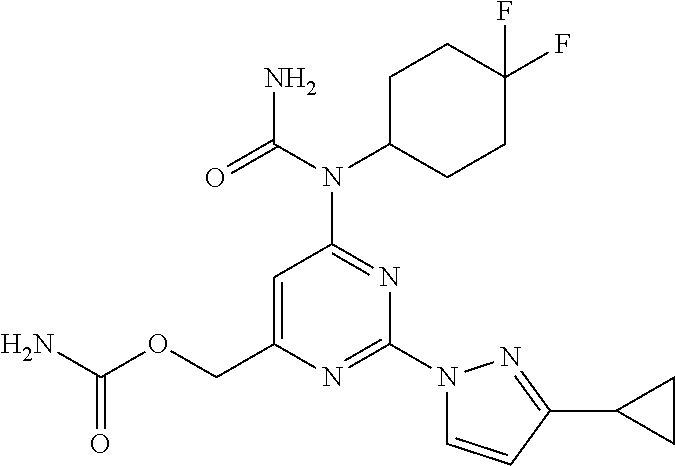
C00652
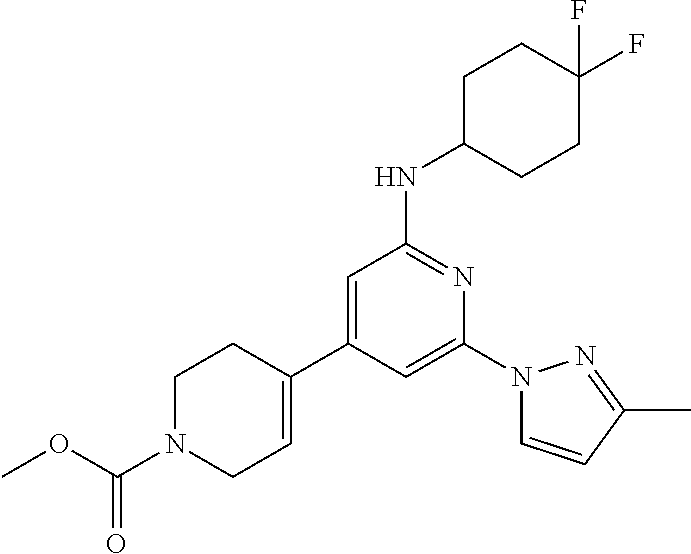
C00653
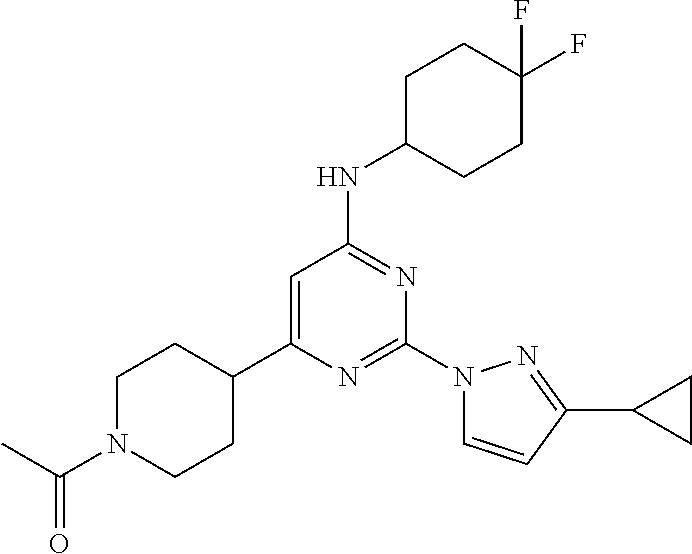
C00654
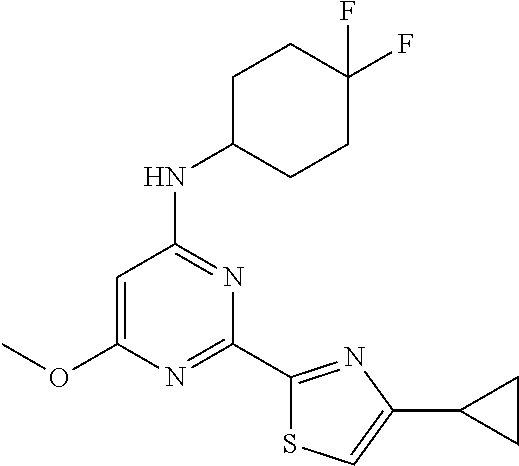
C00655
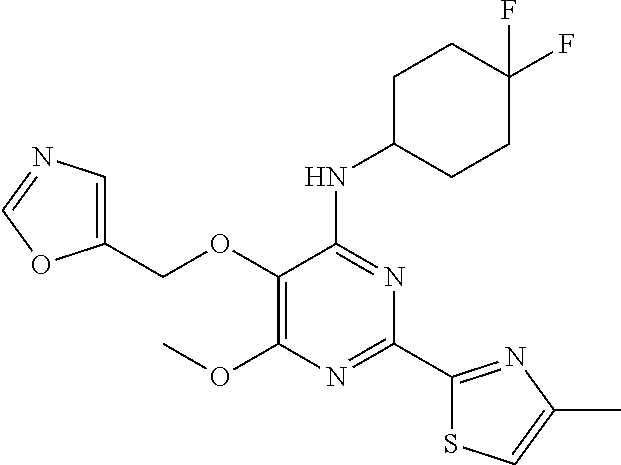
C00656
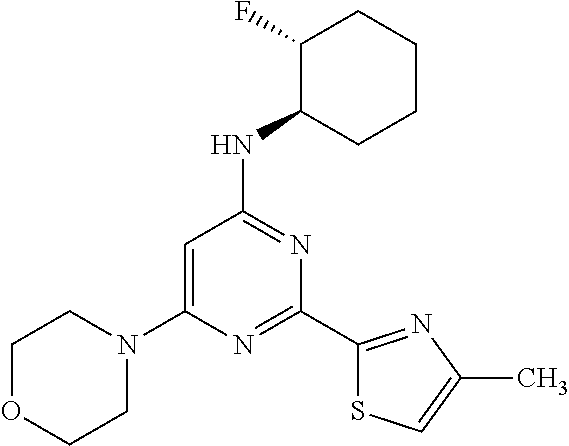
C00657
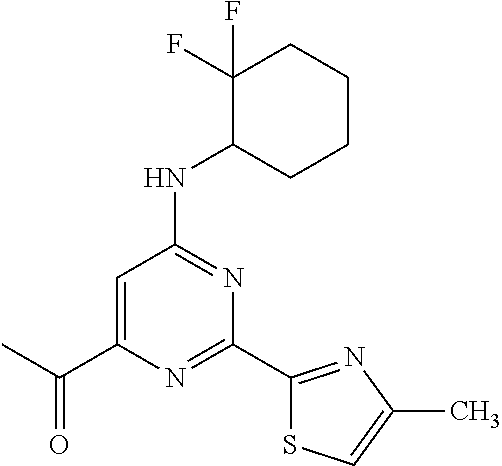
C00658

C00659
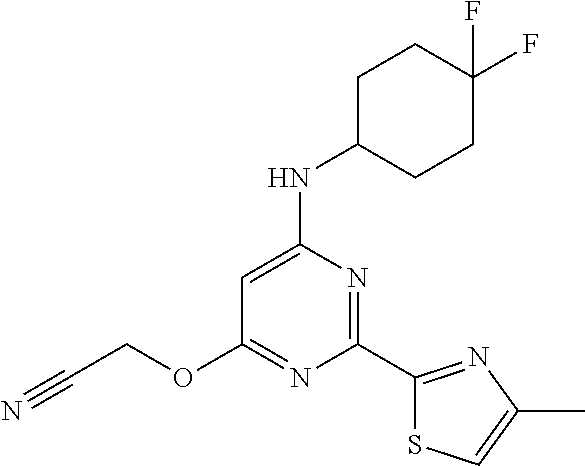
C00660

C00661
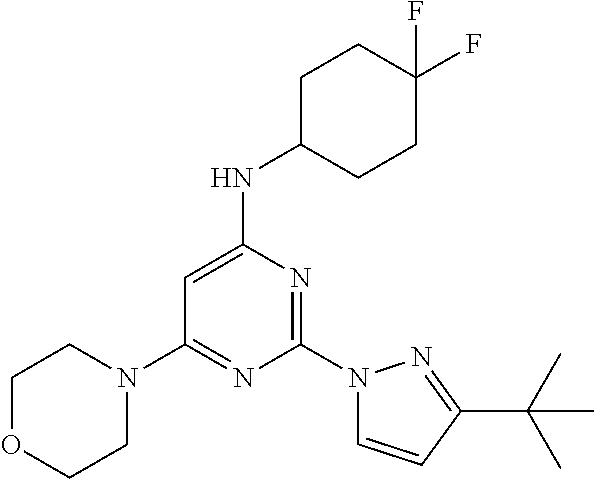
C00662

C00663
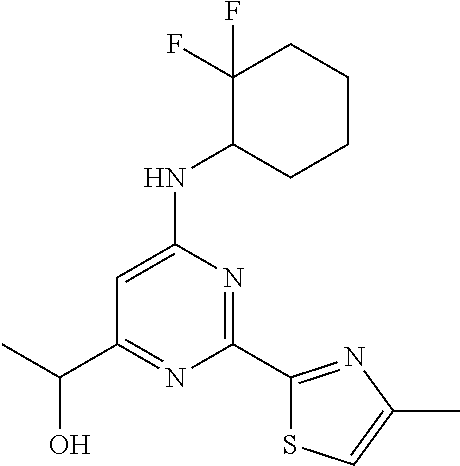
C00664
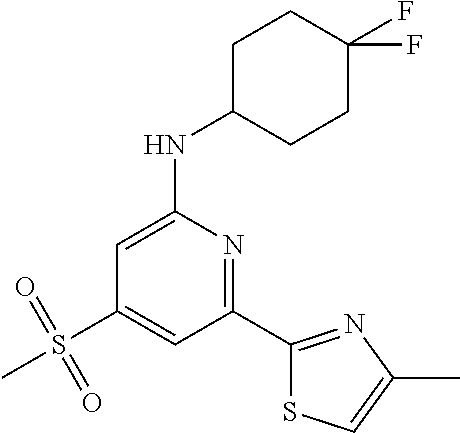
C00665

C00666

C00667

C00668
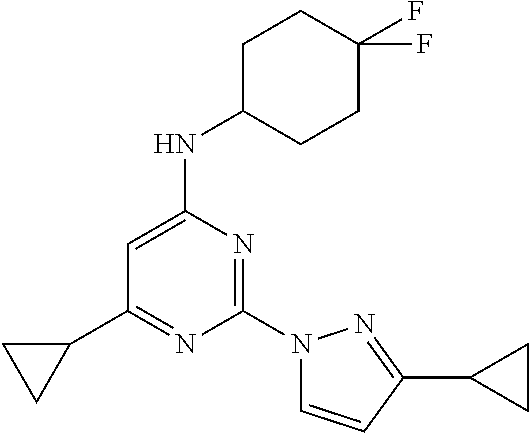
C00669

C00670

C00671

C00672

C00673
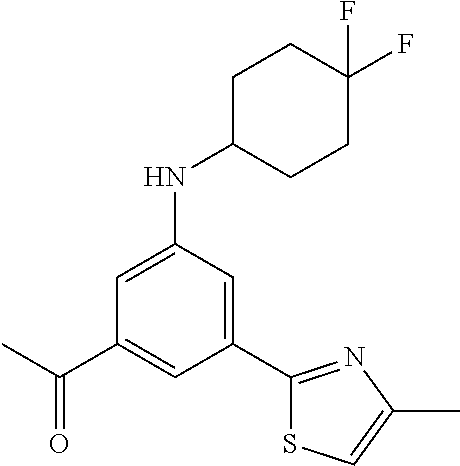
C00674

C00675

C00676
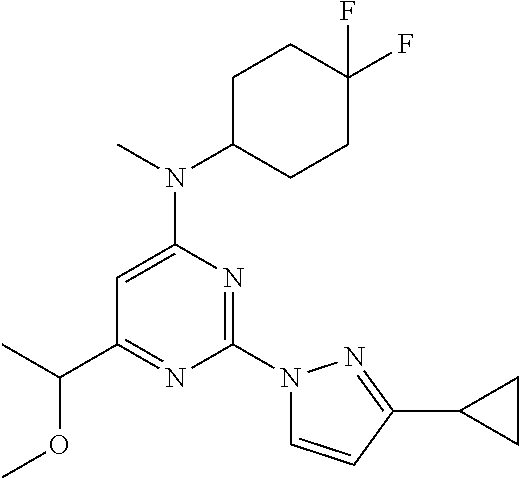
C00677

C00678
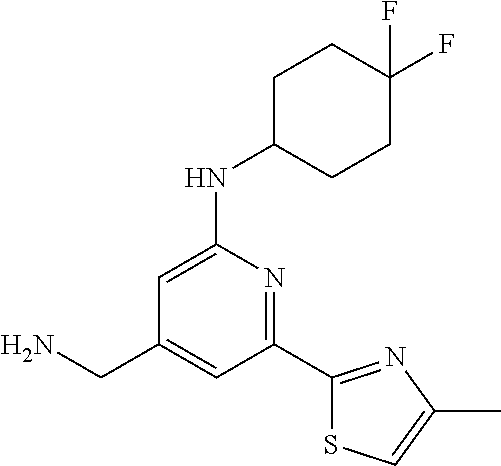
C00679

C00680
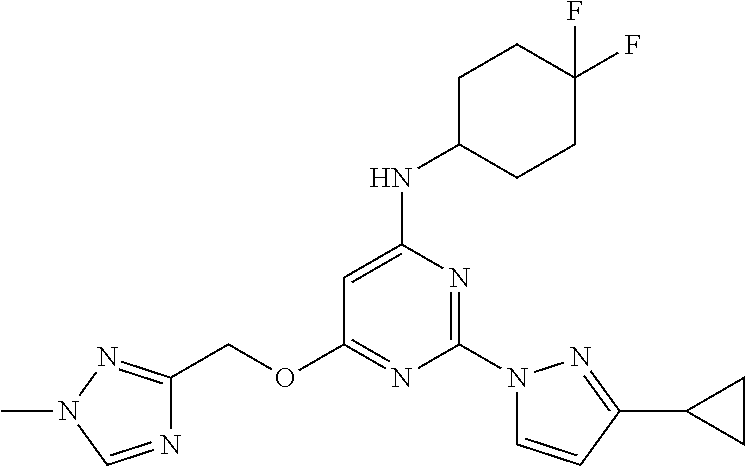
C00681
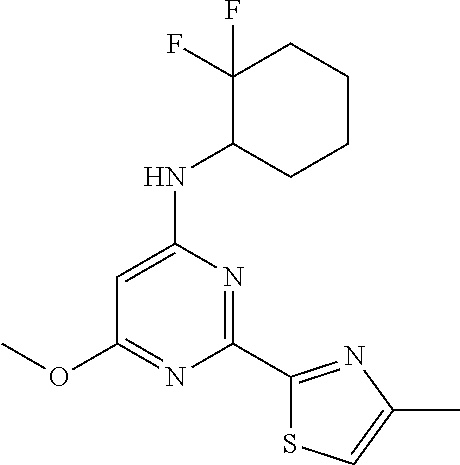
C00682
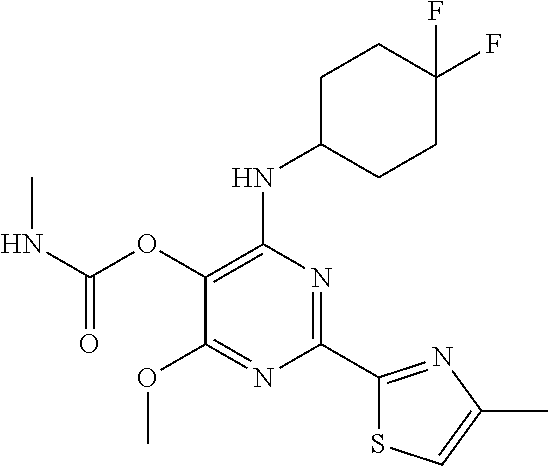
C00683

C00684

C00685

C00686

C00687
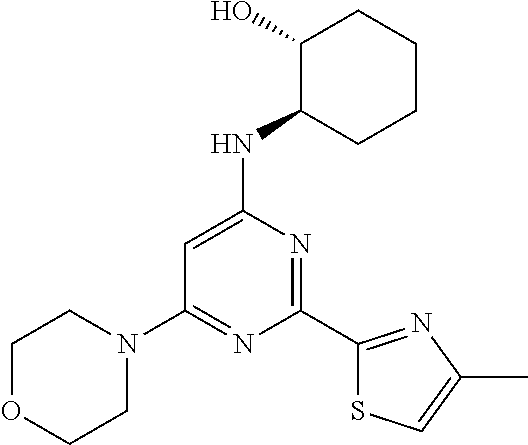
C00688

C00689

C00690
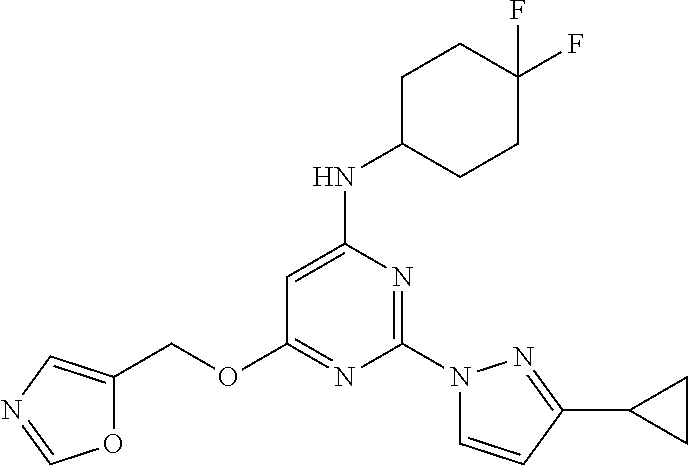
C00691
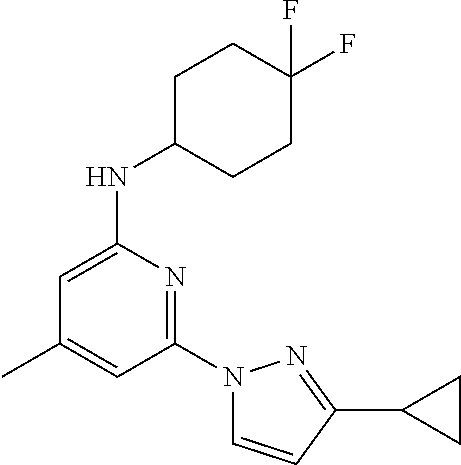
C00692
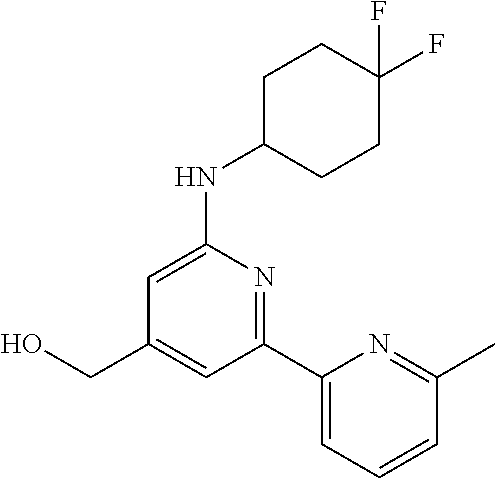
C00693
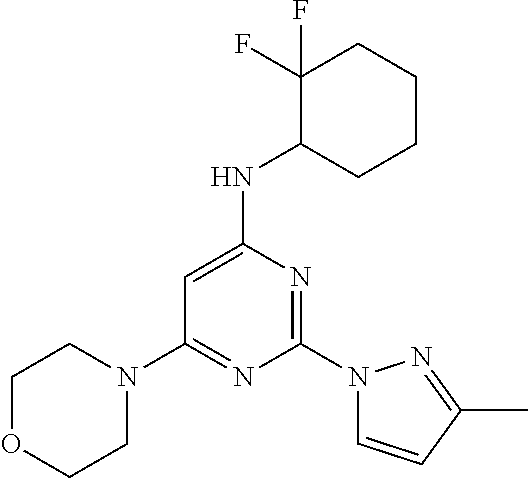
C00694
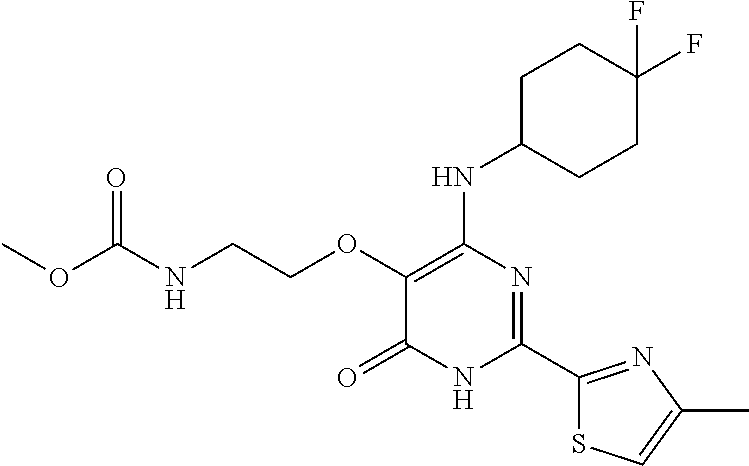
C00695

C00696

C00697

C00698
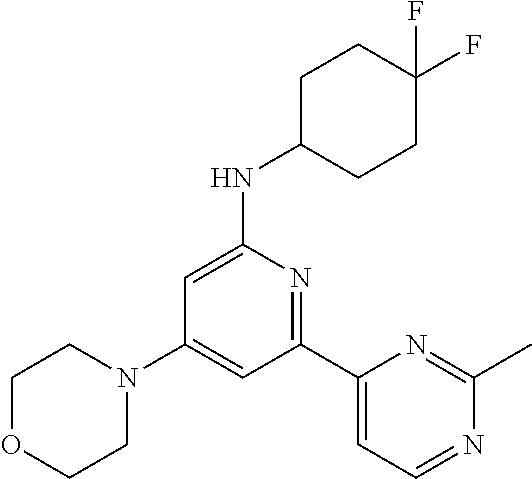
C00699

C00700

C00701
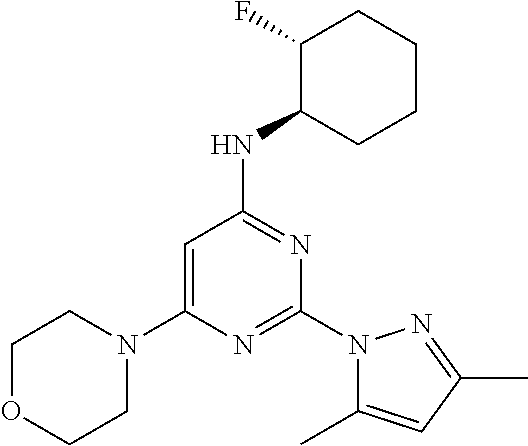
C00702

C00703
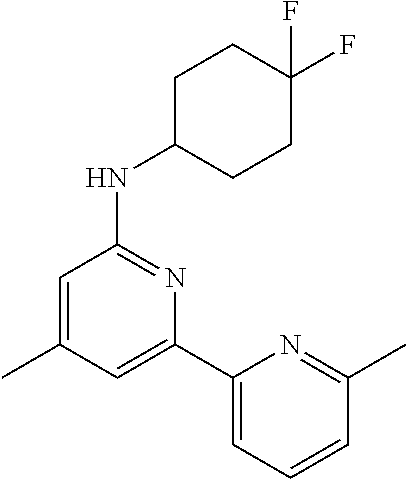
C00704
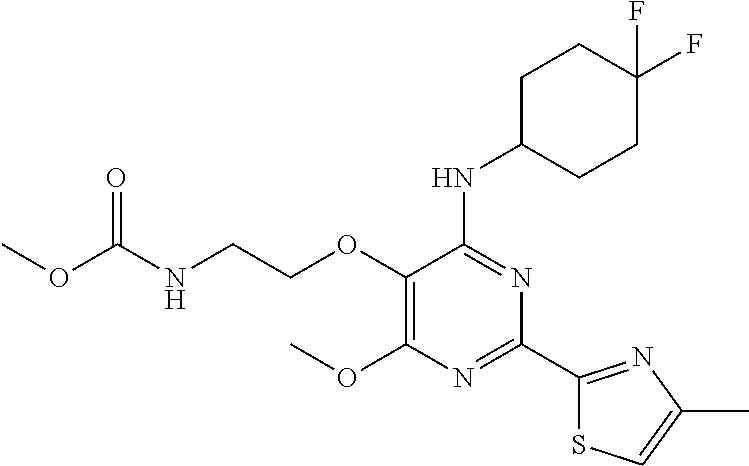
C00705
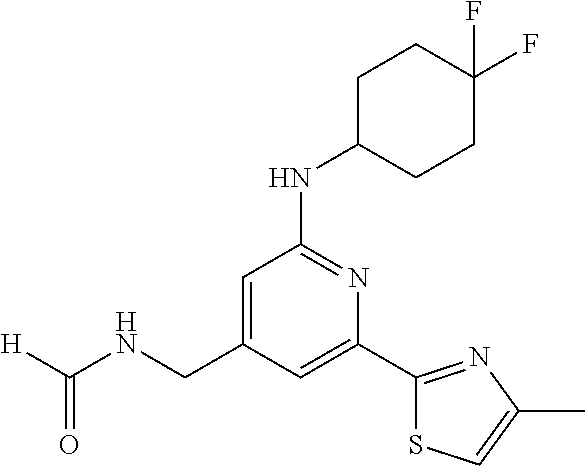
C00706

C00707

C00708

C00709
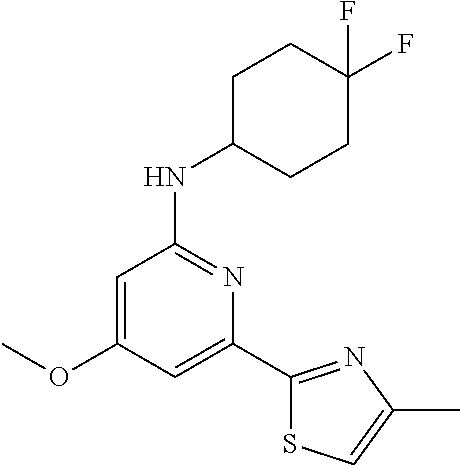
C00710
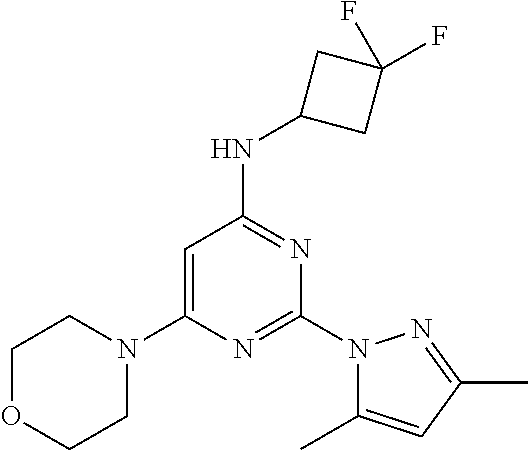
C00711

C00712

C00713

C00714
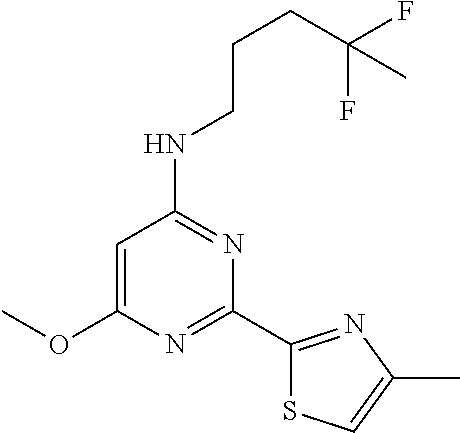
C00715
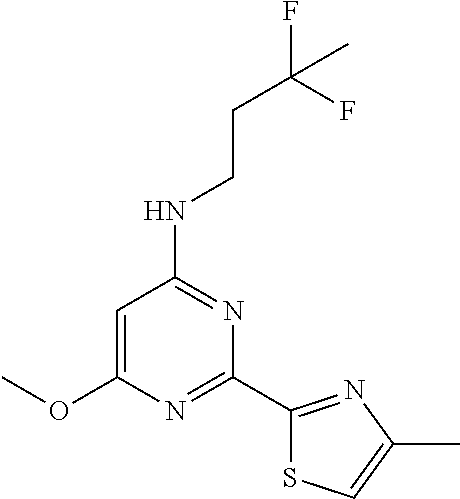
C00716

C00717
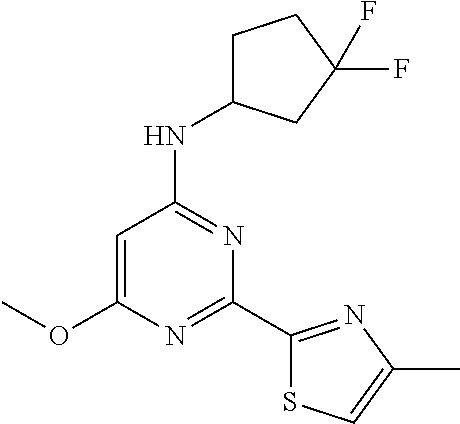
C00718
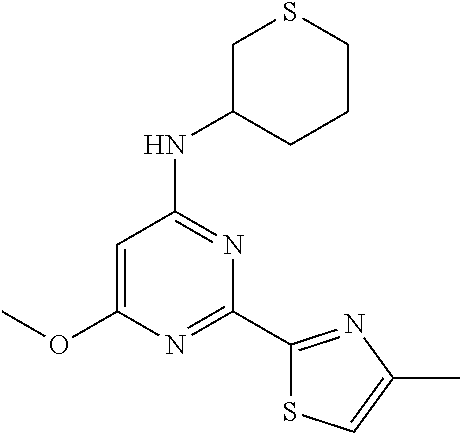
C00719
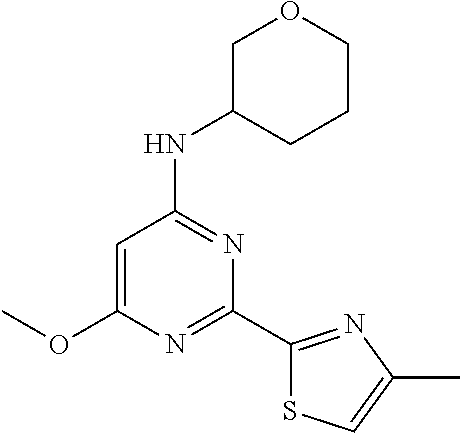
C00720

C00721
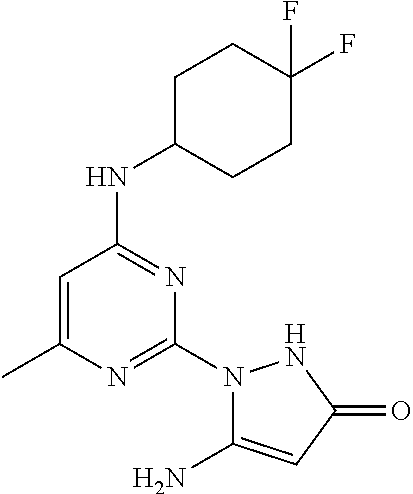
C00722
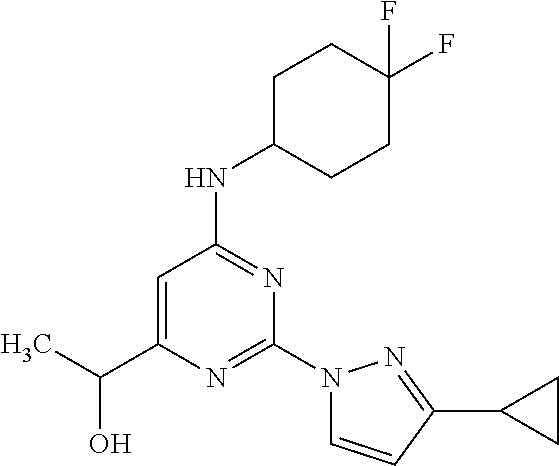
C00723

C00724

C00725
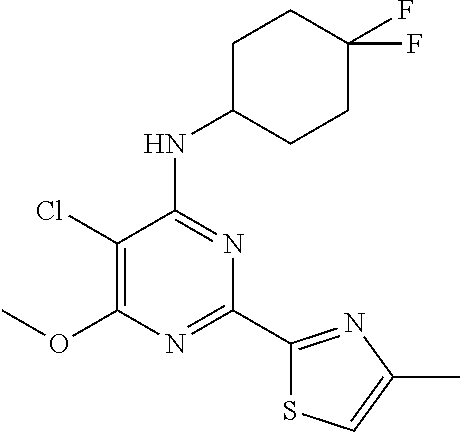
C00726

C00727
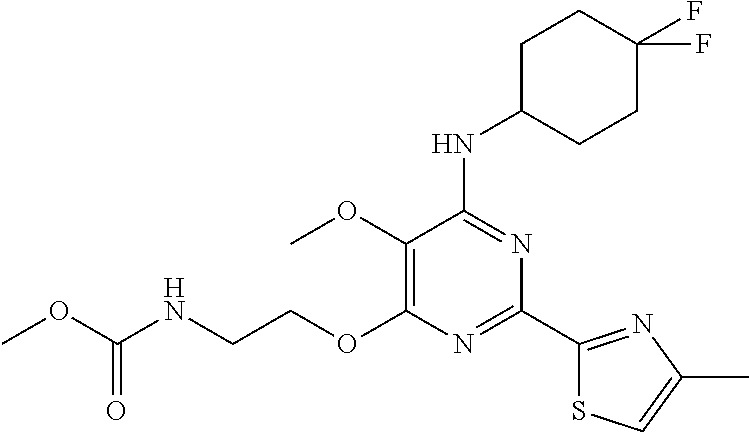
C00728

C00729
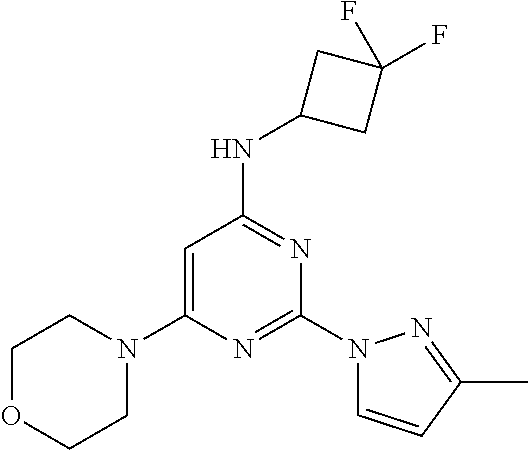
C00730

C00731

C00732
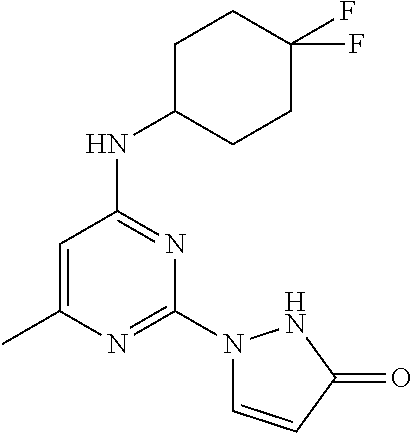
C00733

C00734
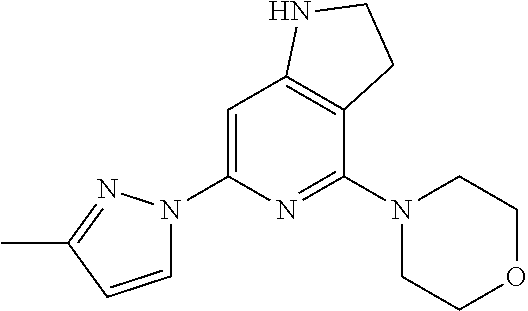
C00735
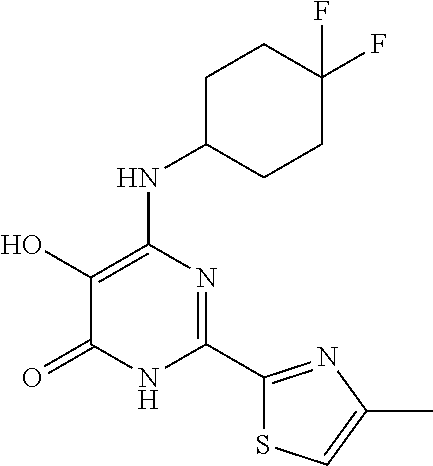
C00736

C00737

C00738

C00739

C00740

C00741
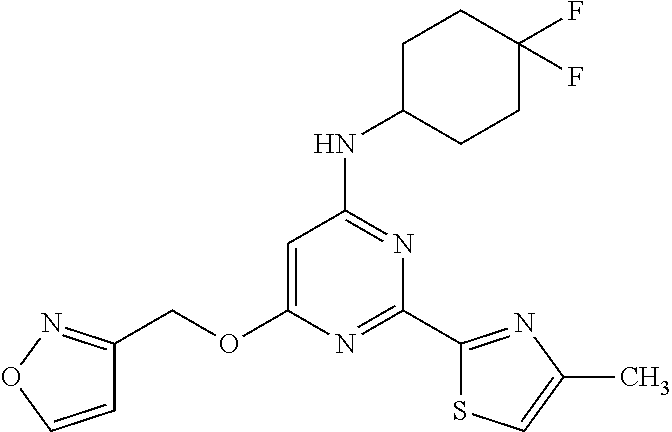
C00742

C00743
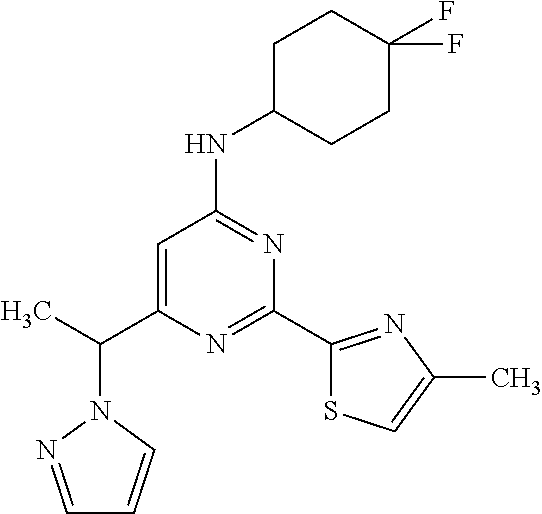
C00744

C00745
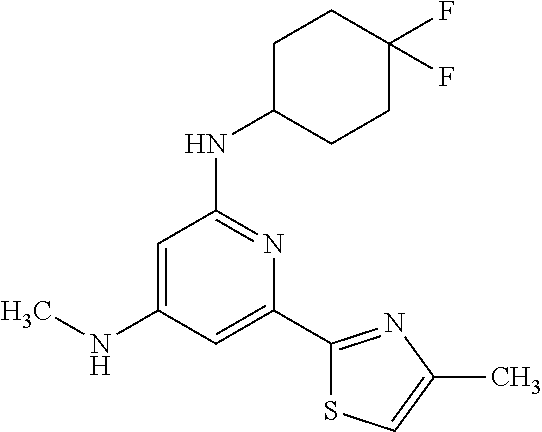
C00746
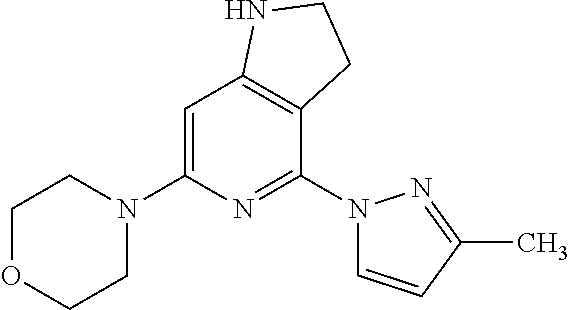
C00747

C00748
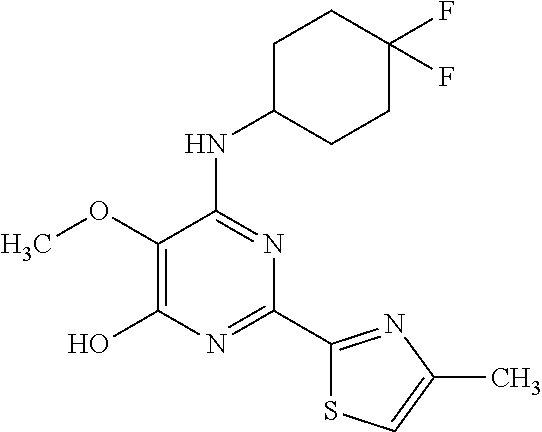
C00749

C00750

C00751

C00752
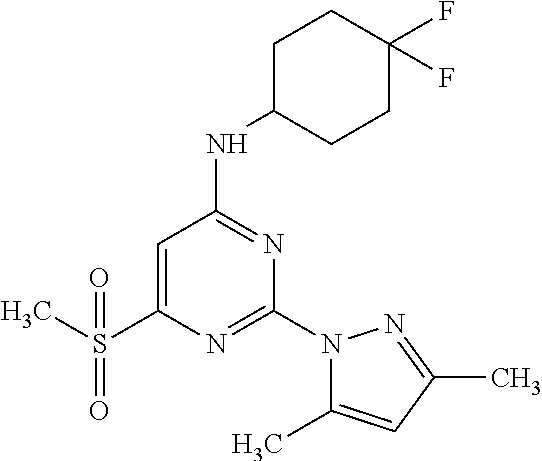
C00753
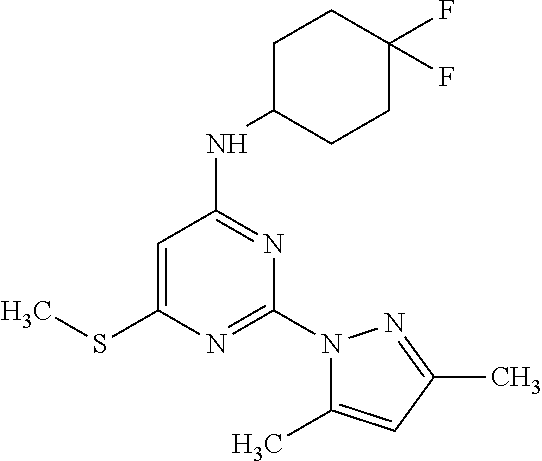
C00754
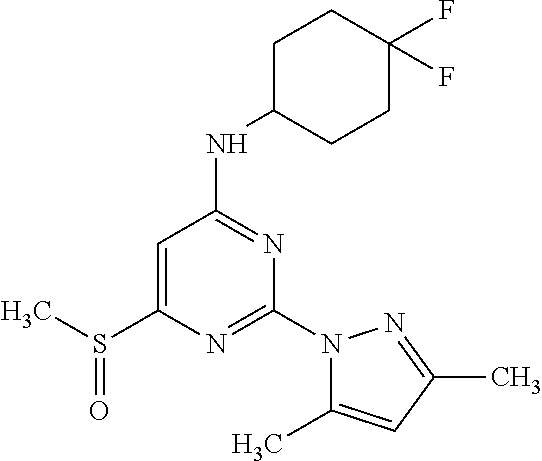
C00755
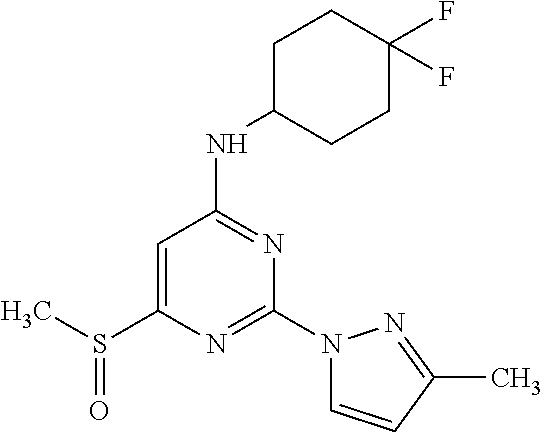
C00756

C00757

C00758
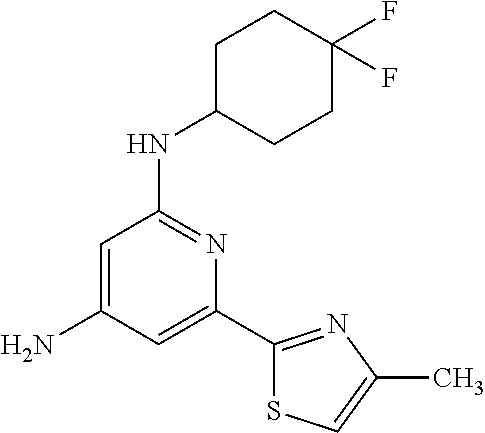
C00759

C00760

C00761

C00762

C00763
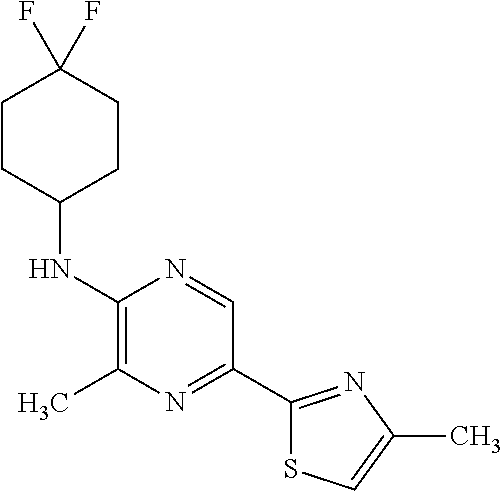
C00764
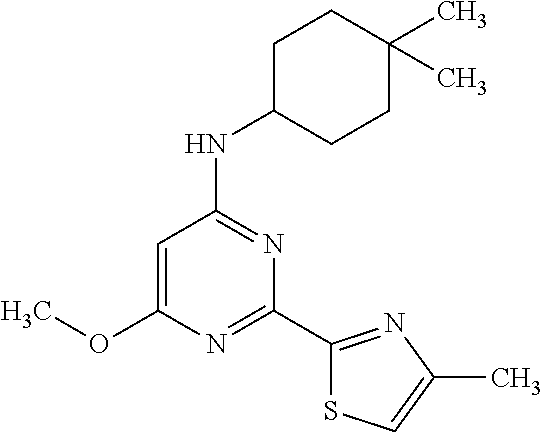
C00765

C00766
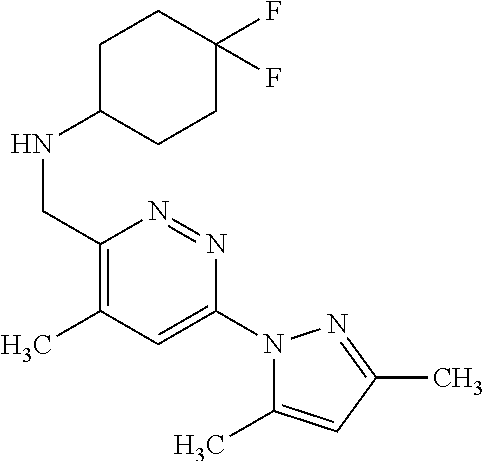
C00767
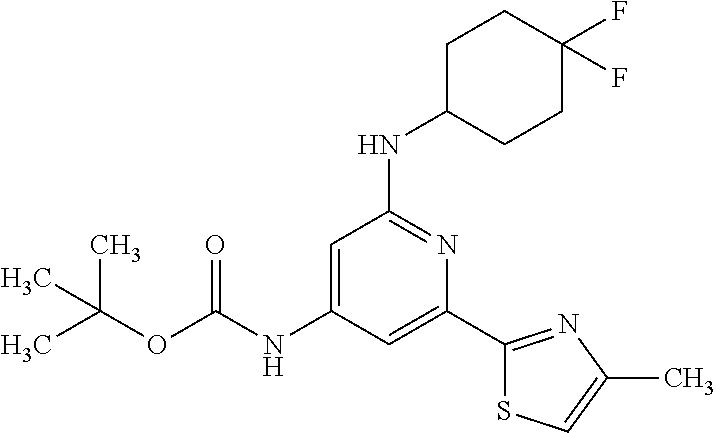
C00768

C00769

C00770

C00771

C00772

C00773
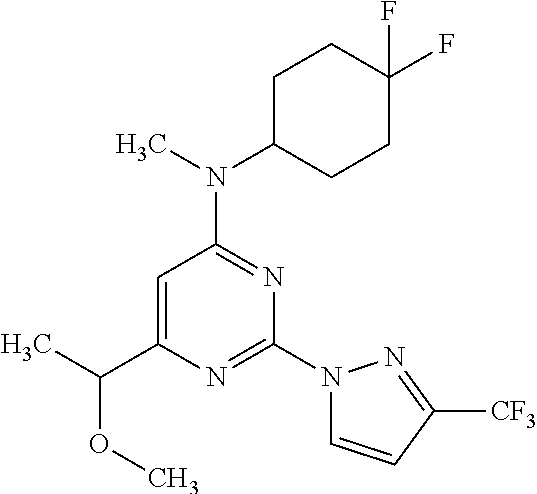
C00774

C00775

C00776

C00777

C00778

C00779
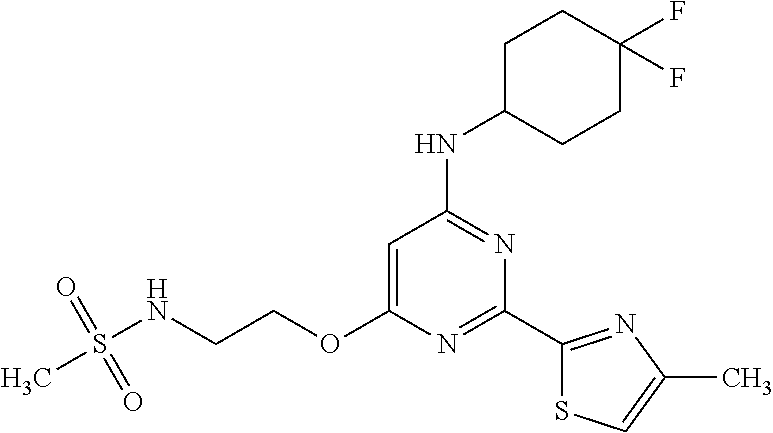
C00780

C00781

C00782
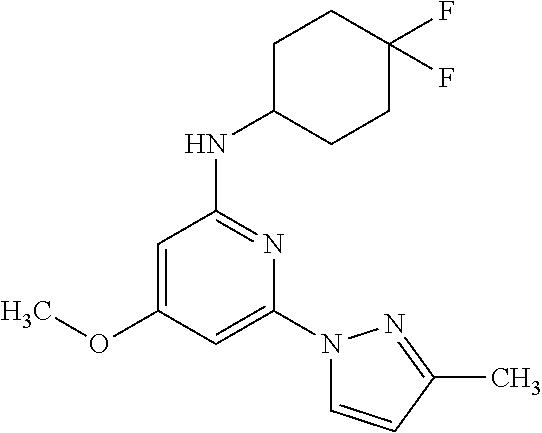
C00783

C00784
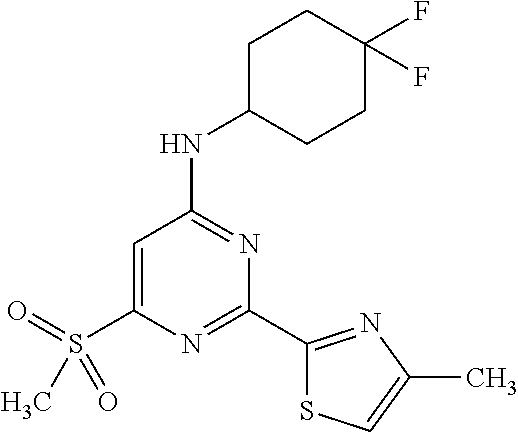
C00785

C00786

C00787

C00788
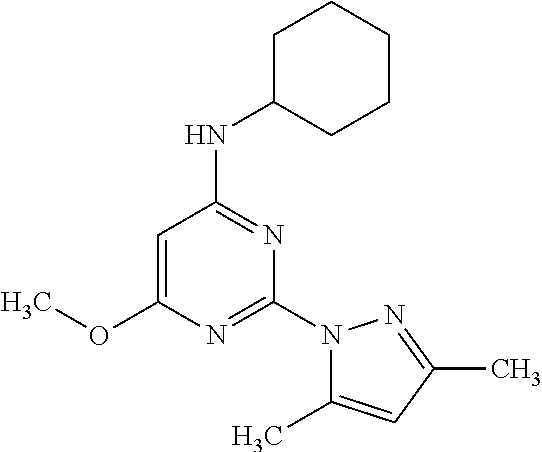
C00789

C00790
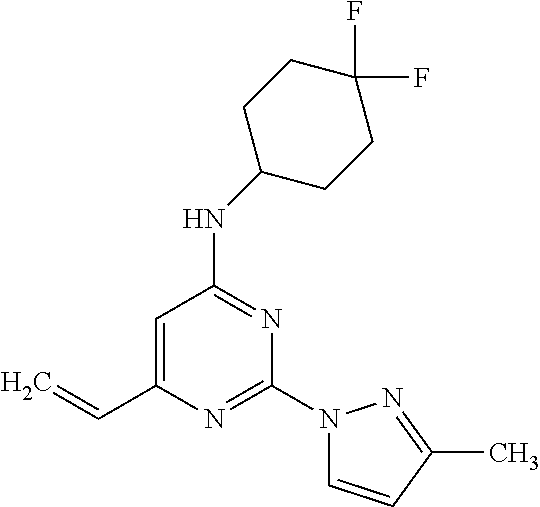
C00791

C00792

C00793

C00794

C00795

C00796

C00797

C00798

C00799

C00800

C00801

C00802

C00803

C00804
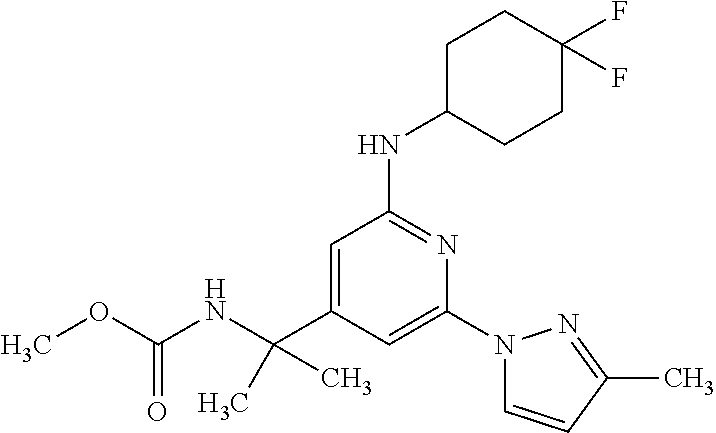
C00805

C00806
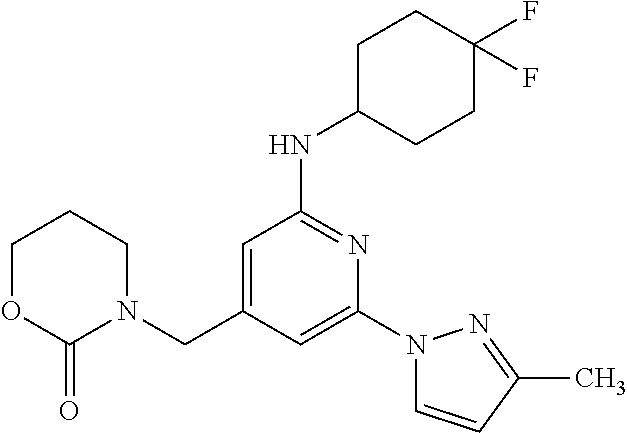
C00807
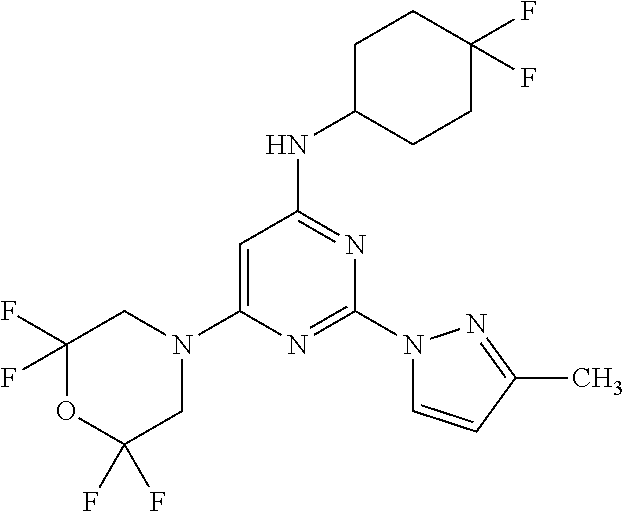
C00808

C00809

C00810

C00811
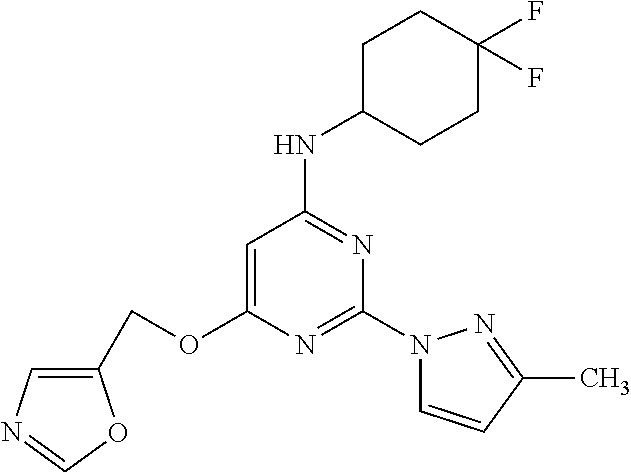
C00812

C00813

C00814

C00815

C00816
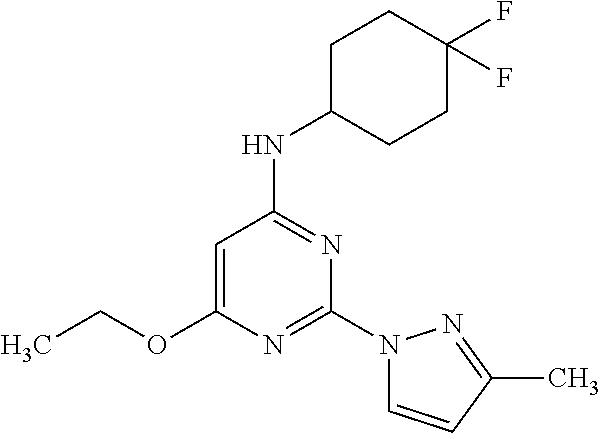
C00817

C00818

C00819

C00820

C00821

C00822

C00823

C00824

C00825

C00826
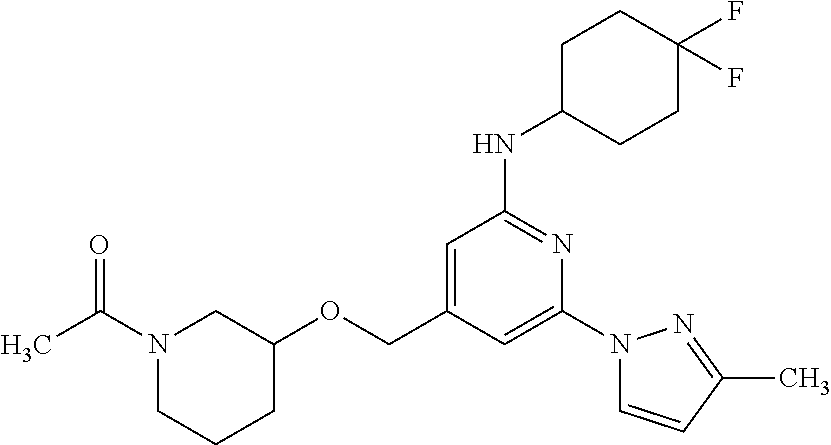
C00827

C00828

C00829
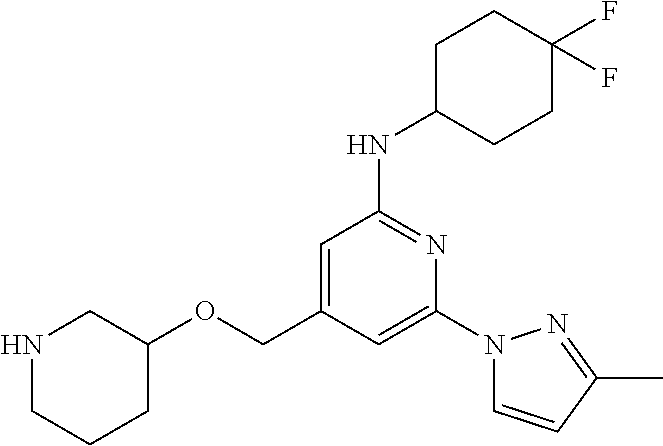
C00830
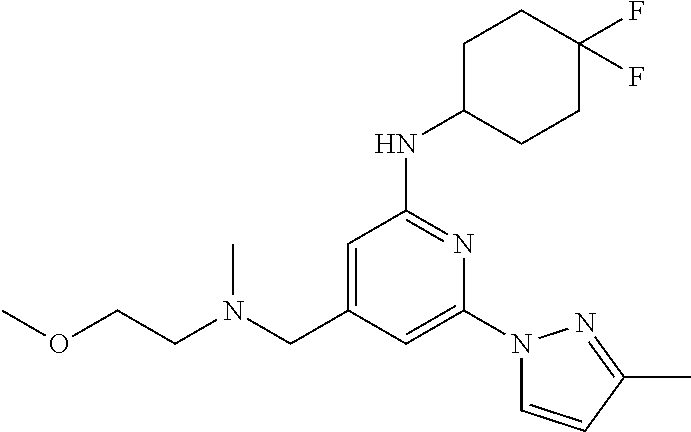
C00831

C00832

C00833

C00834
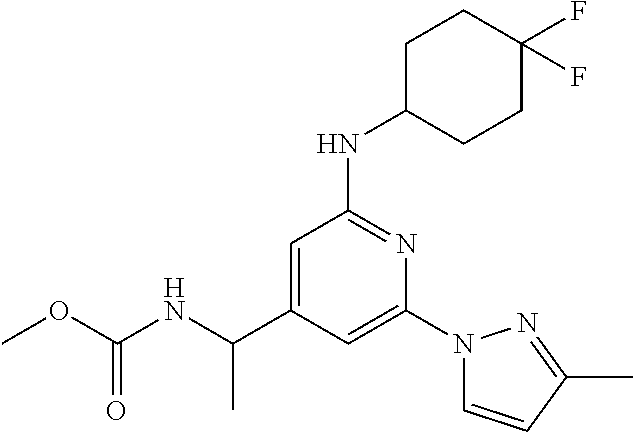
C00835

C00836
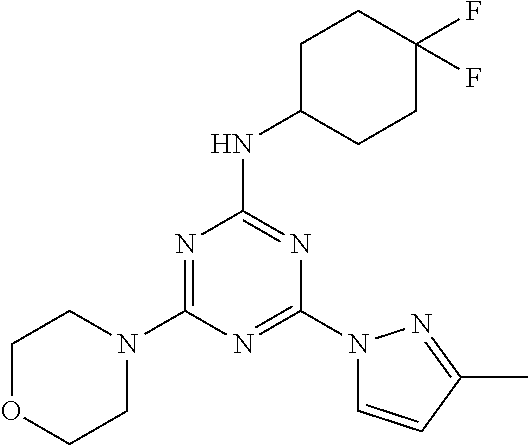
C00837

C00838

C00839

C00840

C00841

C00842

C00843
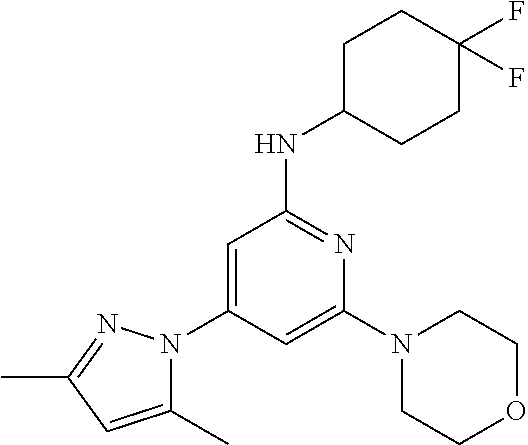
C00844

C00845

C00846

C00847

C00848

C00849
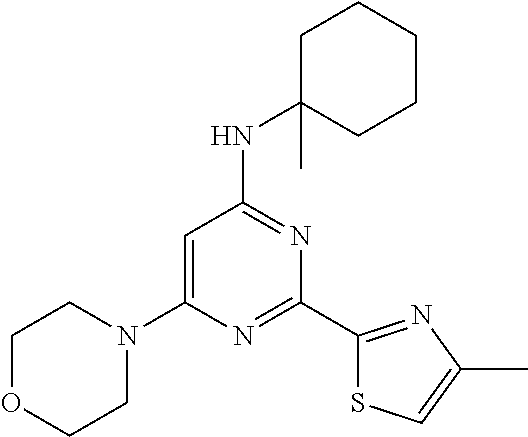
C00850

C00851
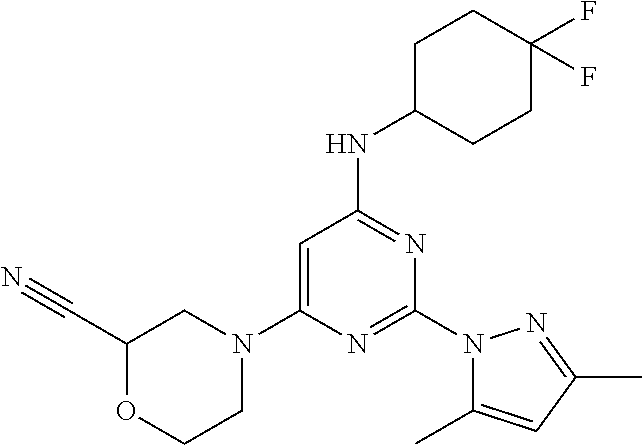
C00852

C00853

C00854

C00855

C00856

C00857

C00858

C00859

C00860
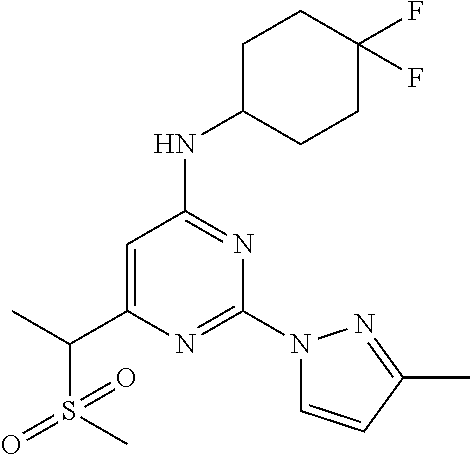
C00861

C00862
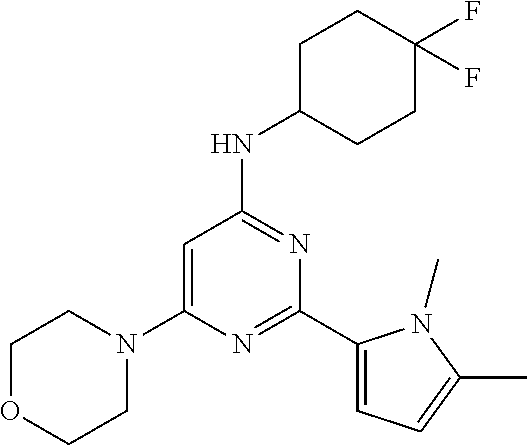
C00863
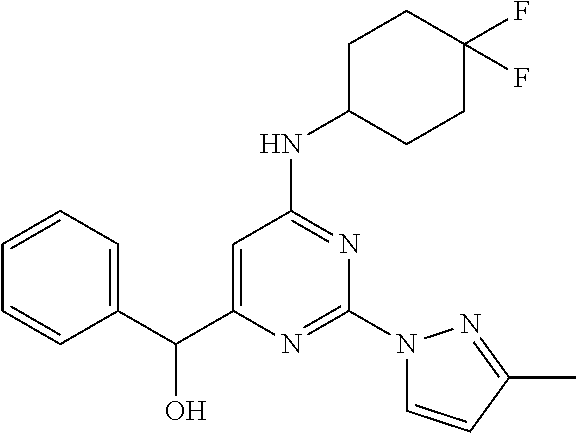
C00864

C00865

C00866

C00867

C00868
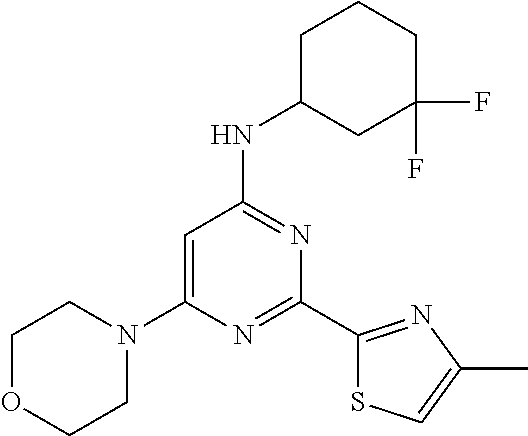
C00869

C00870

C00871

C00872
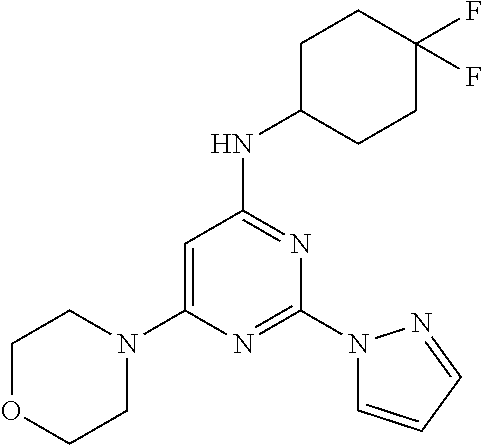
C00873

C00874

C00875
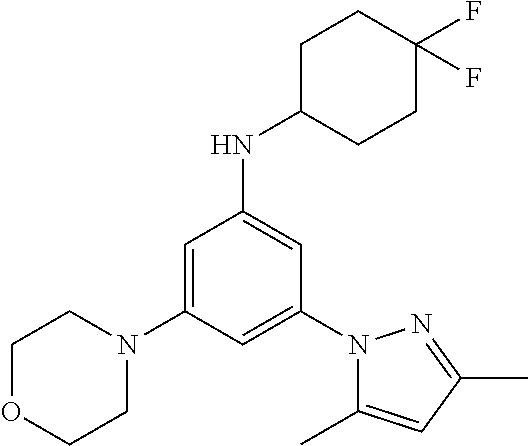
C00876
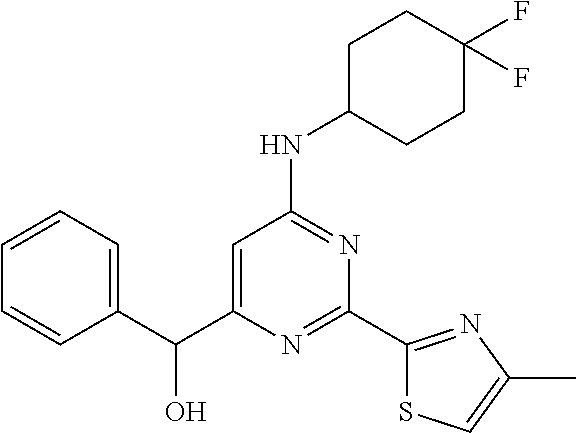
C00877
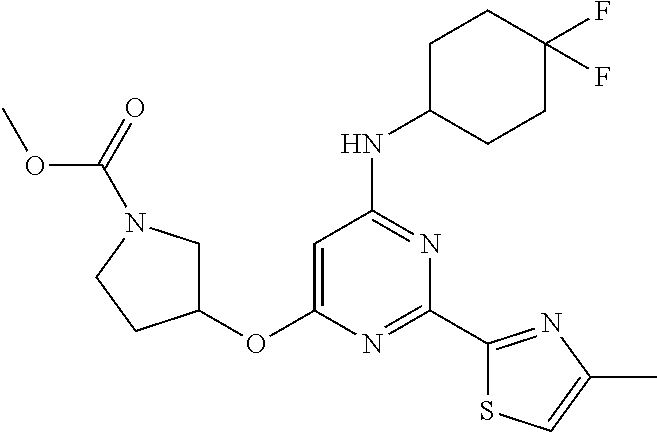
C00878

C00879
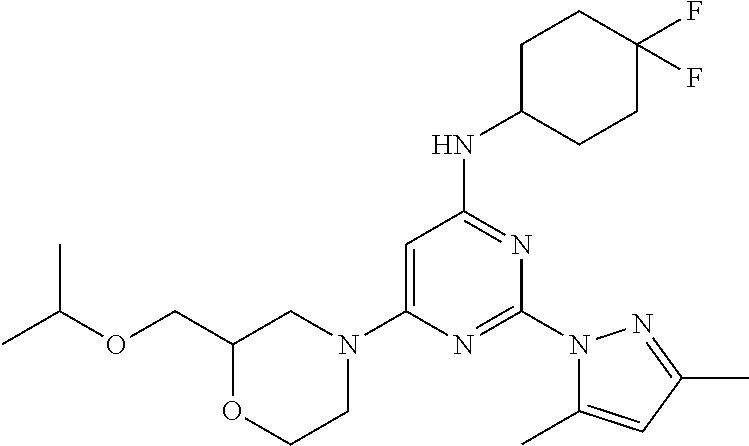
C00880
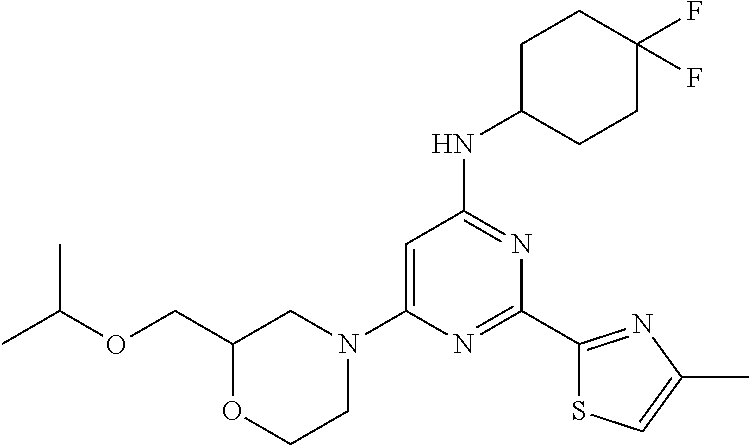
C00881

C00882
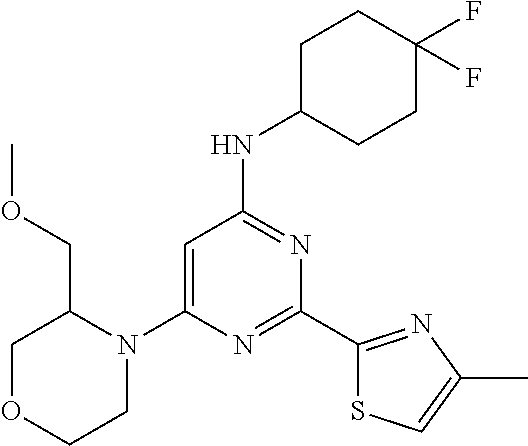
C00883
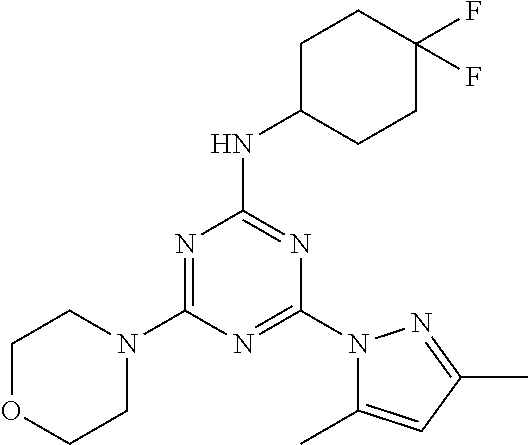
C00884
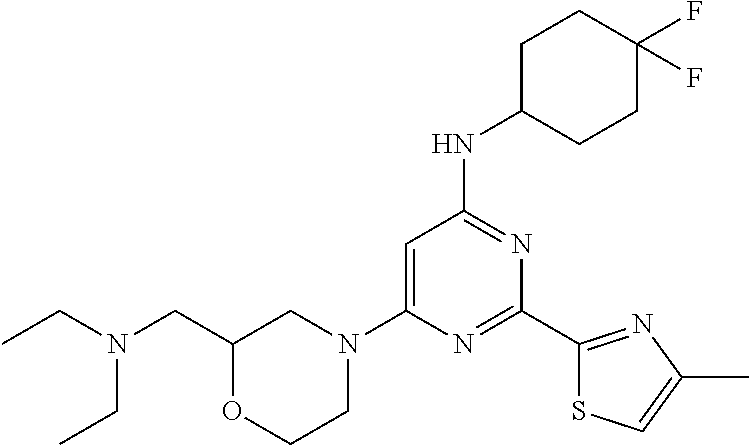
C00885
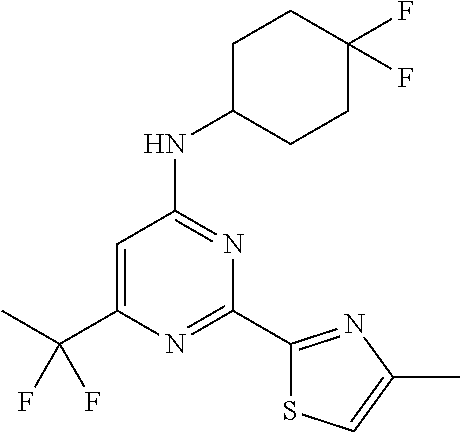
C00886
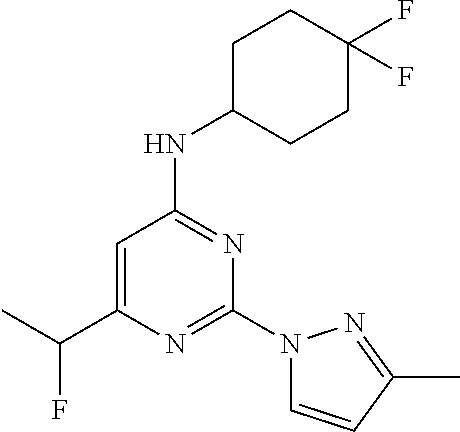
C00887

C00888

C00889

C00890
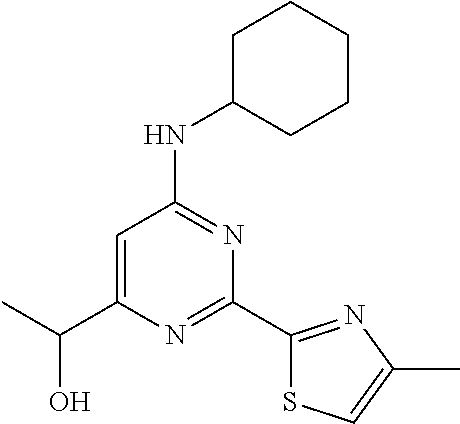
C00891
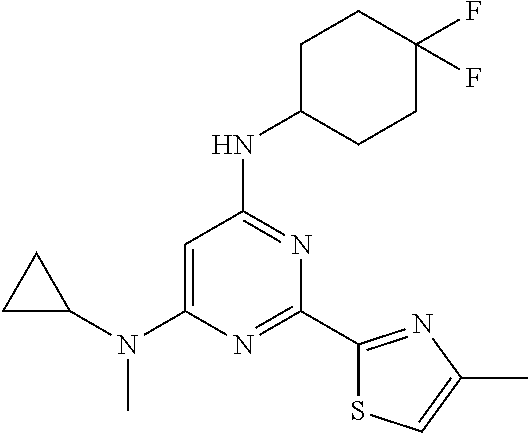
C00892

C00893

C00894

C00895
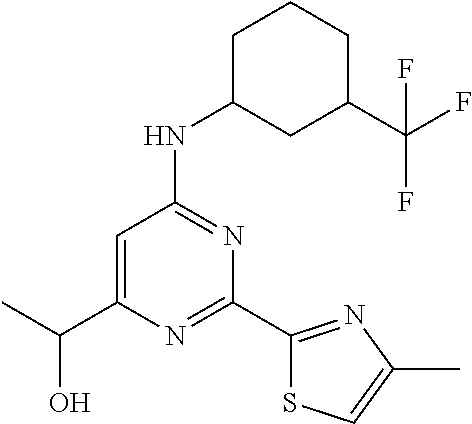
C00896
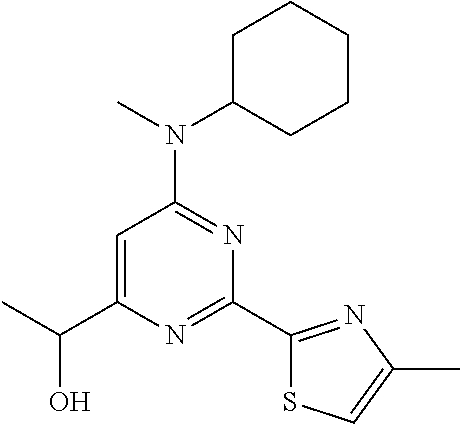
C00897

C00898

C00899

C00900

C00901

C00902
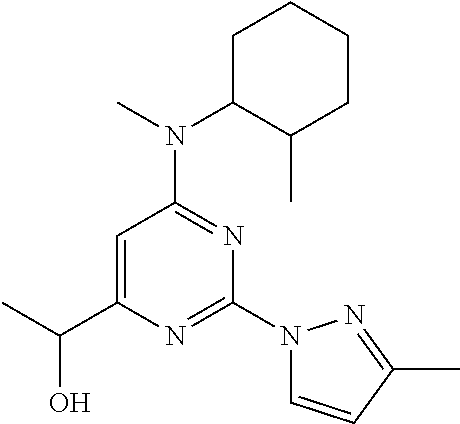
C00903

C00904
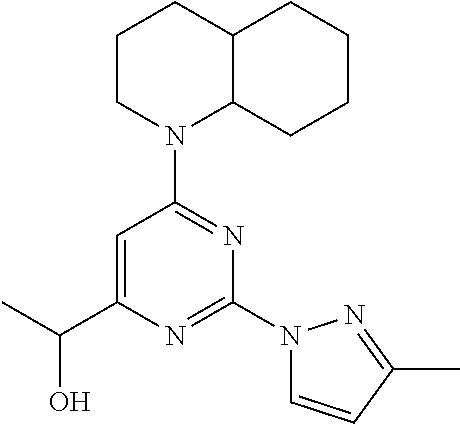
C00905
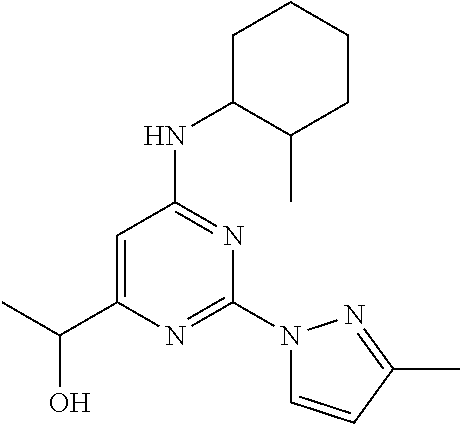
C00906

C00907
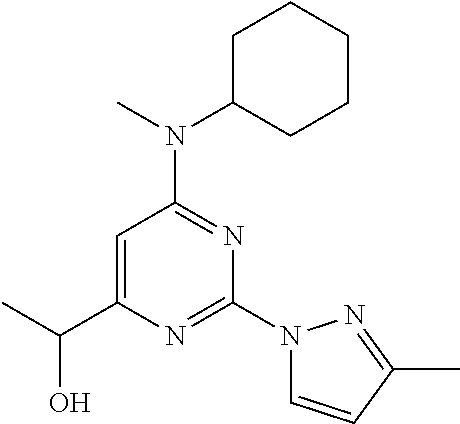
C00908
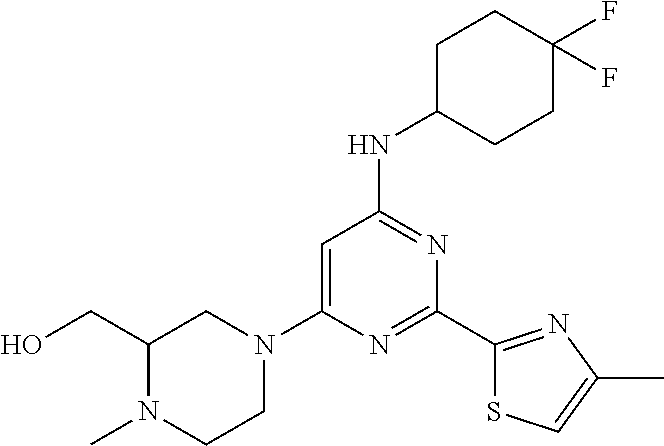
C00909

C00910

C00911
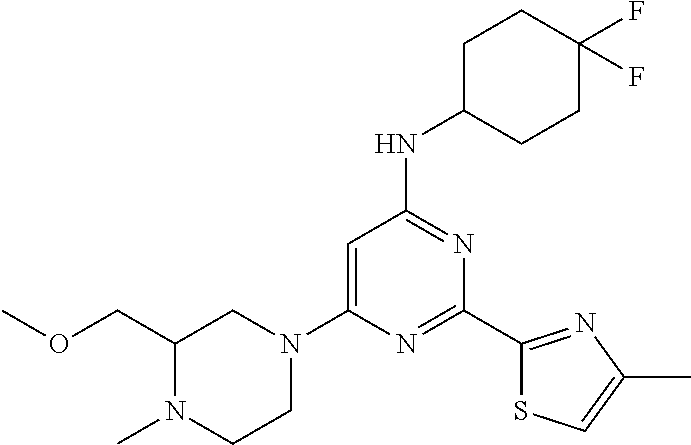
C00912

C00913

C00914
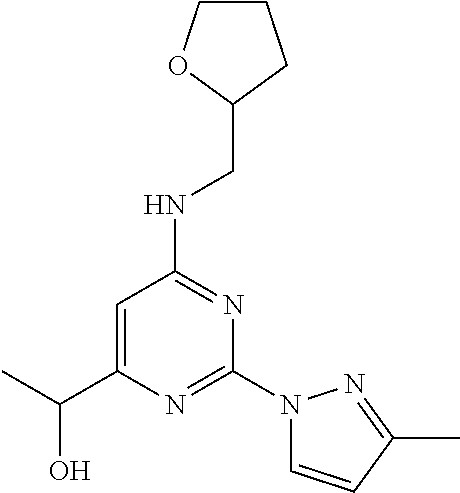
C00915

C00916

C00917

C00918

C00919

C00920

C00921

C00922
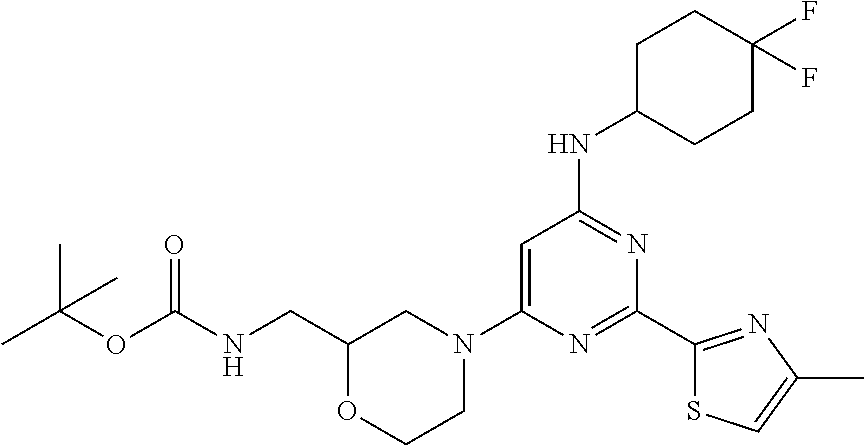
C00923

C00924
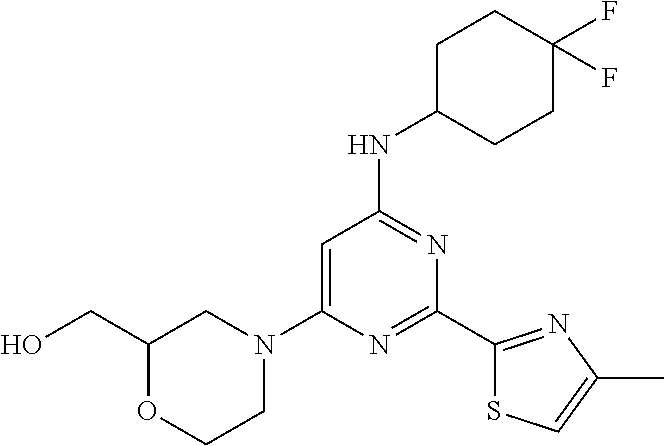
C00925
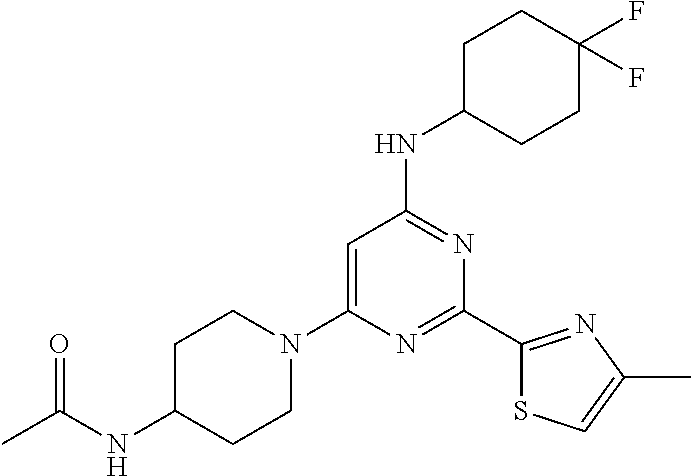
C00926

C00927

C00928
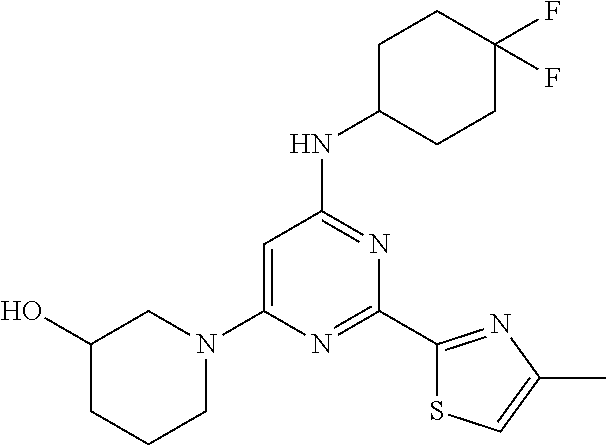
C00929
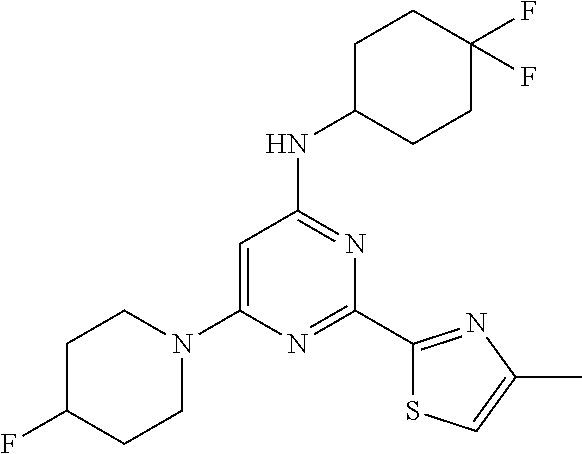
C00930

C00931

C00932

C00933
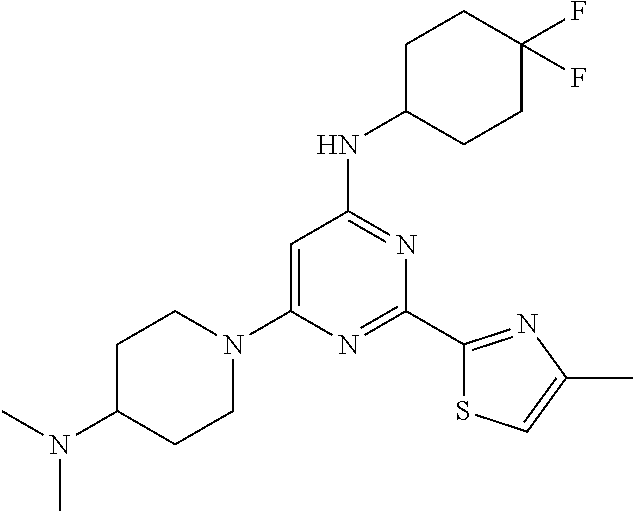
C00934

C00935

C00936

C00937

C00938
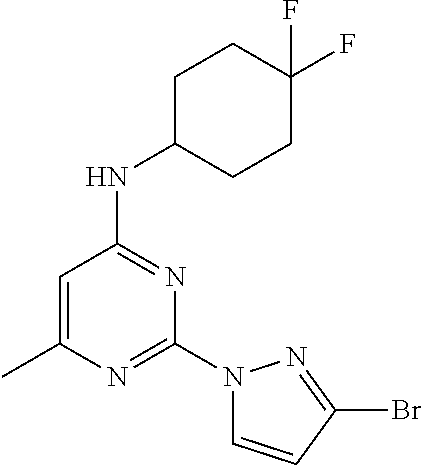
C00939

C00940
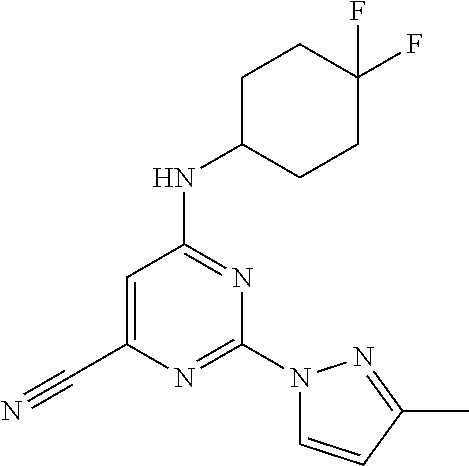
C00941

C00942
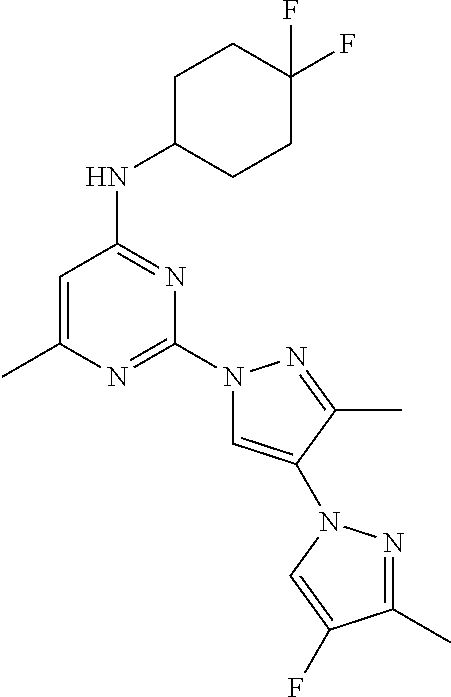
C00943
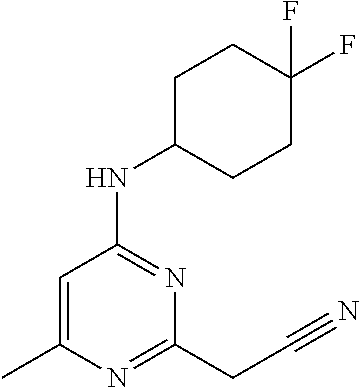
C00944

C00945
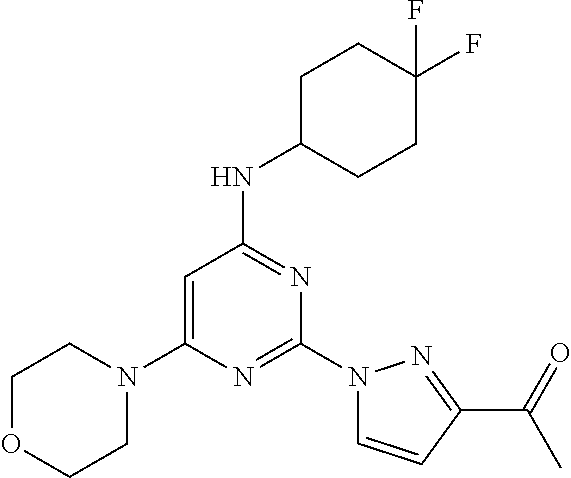
C00946

C00947

C00948
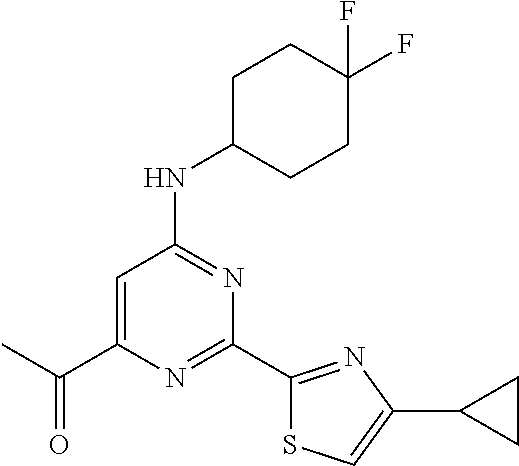
C00949
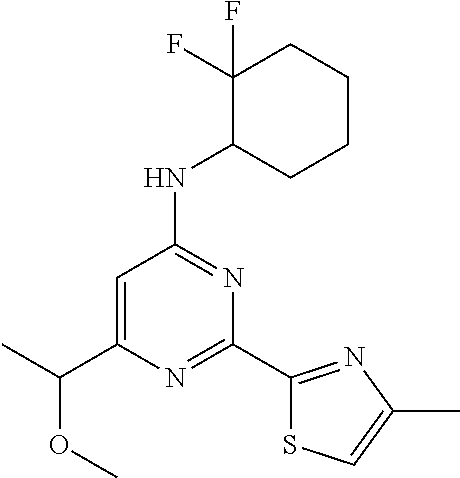
C00950

C00951

C00952

C00953
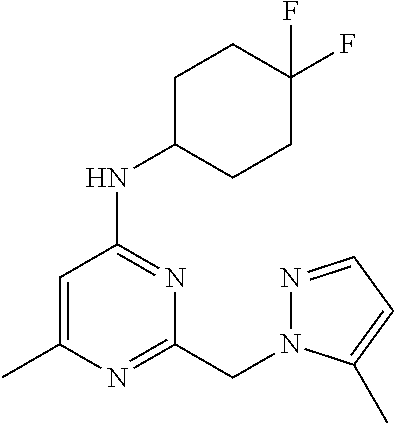
C00954

C00955
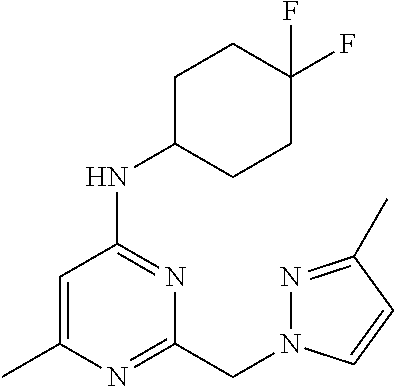
C00956

C00957

C00958
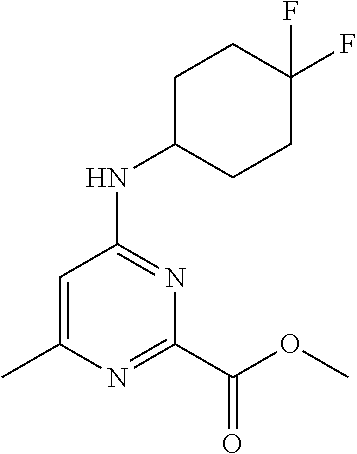
C00959
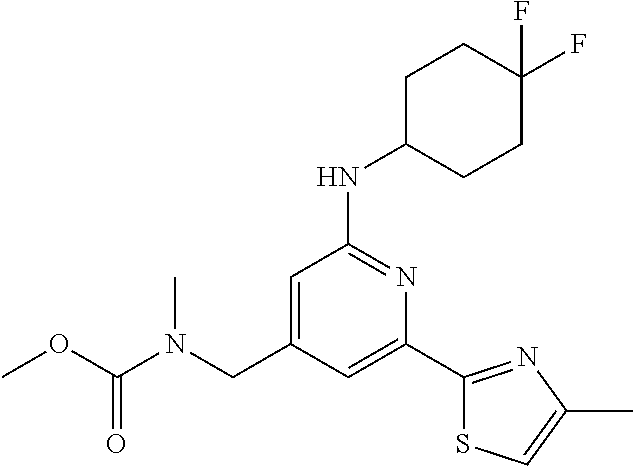
C00960

C00961

C00962

C00963

C00964

C00965

C00966

C00967

C00968

C00969

C00970

C00971

C00972

C00973
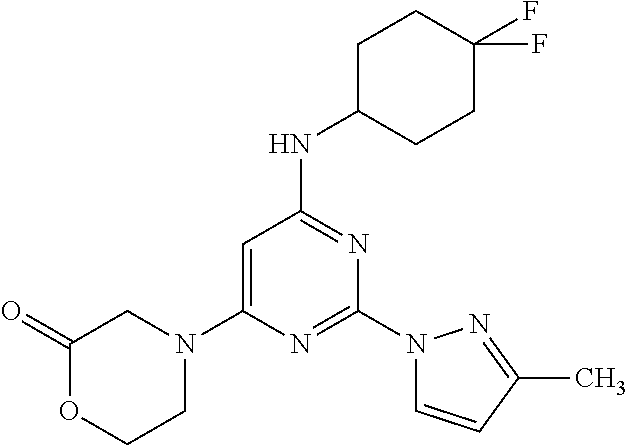
C00974

C00975

C00976
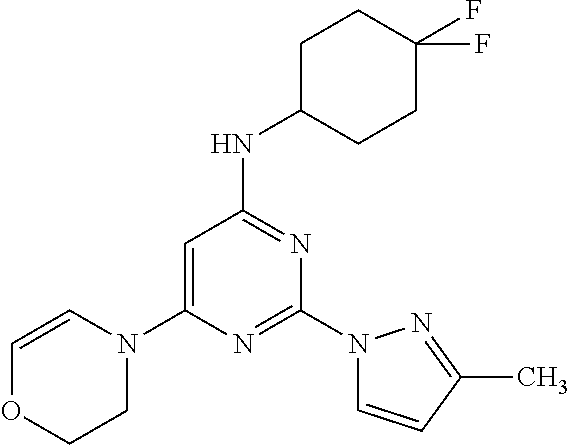
C00977

C00978

C00979
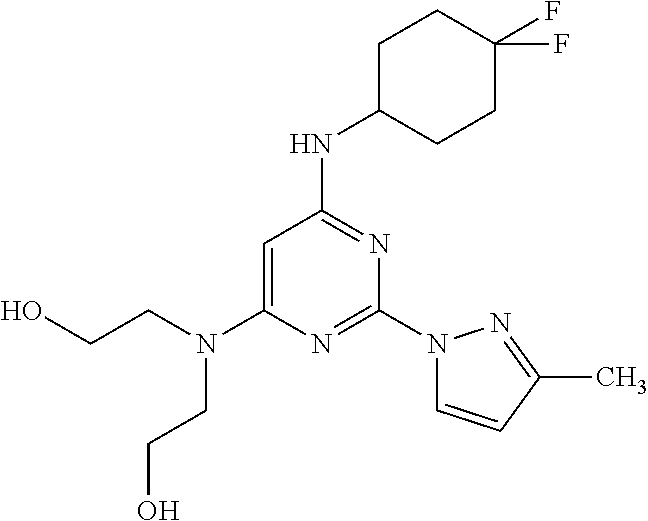
C00980

C00981
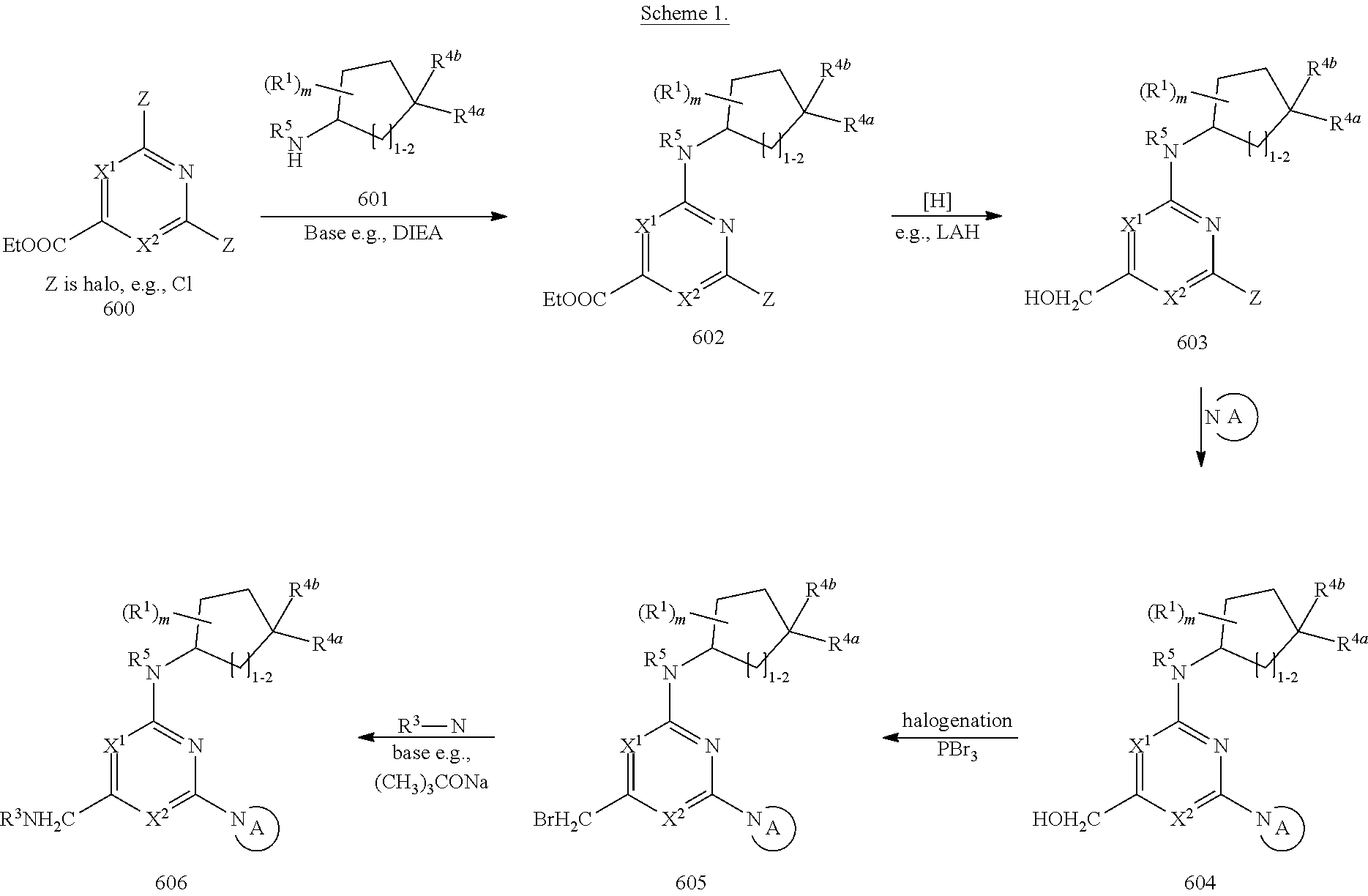
C00982

C00983
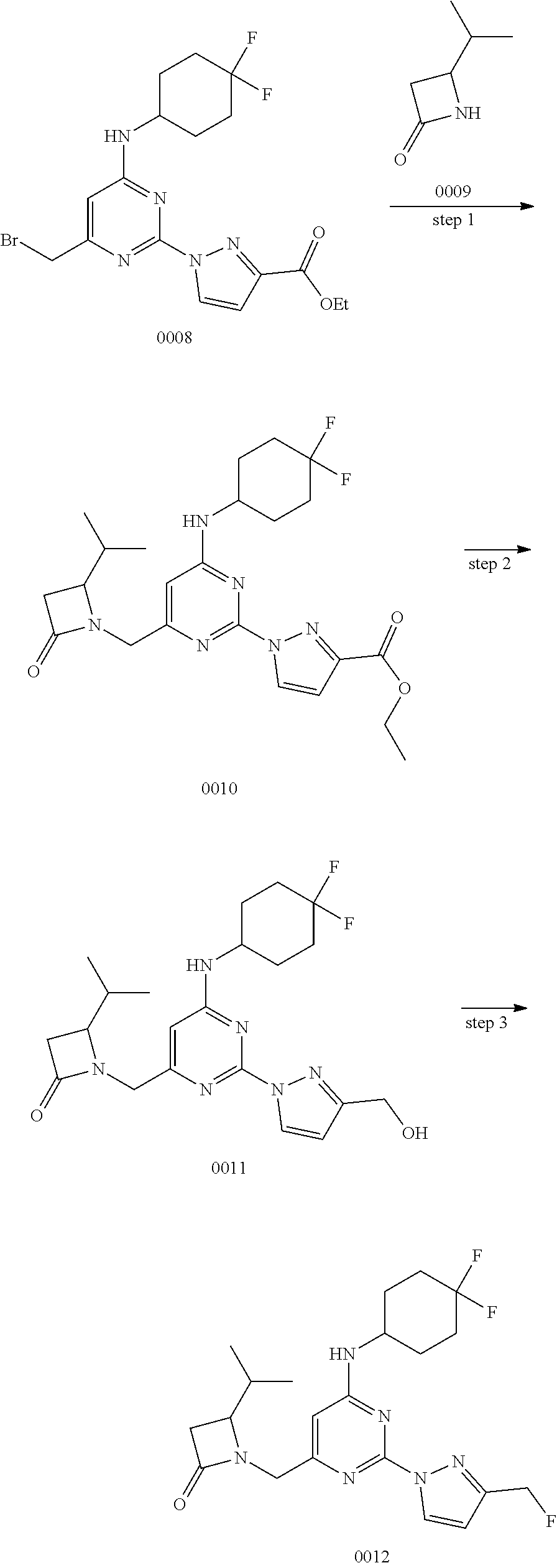
C00984
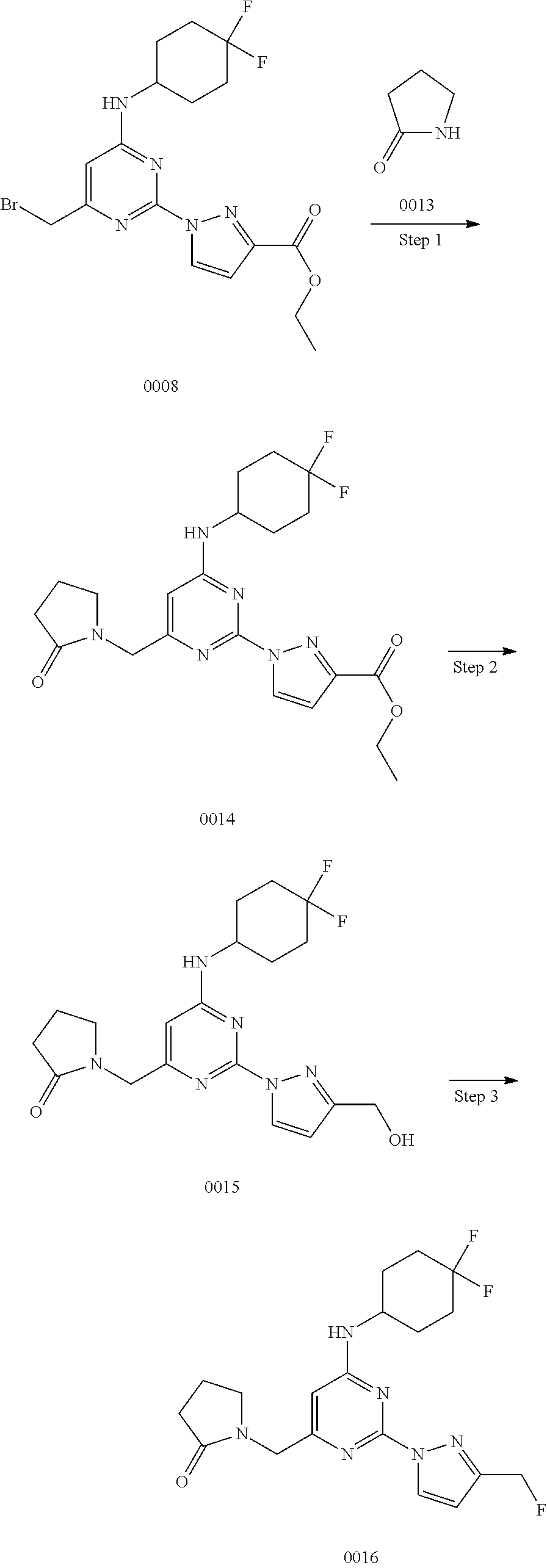
C00985
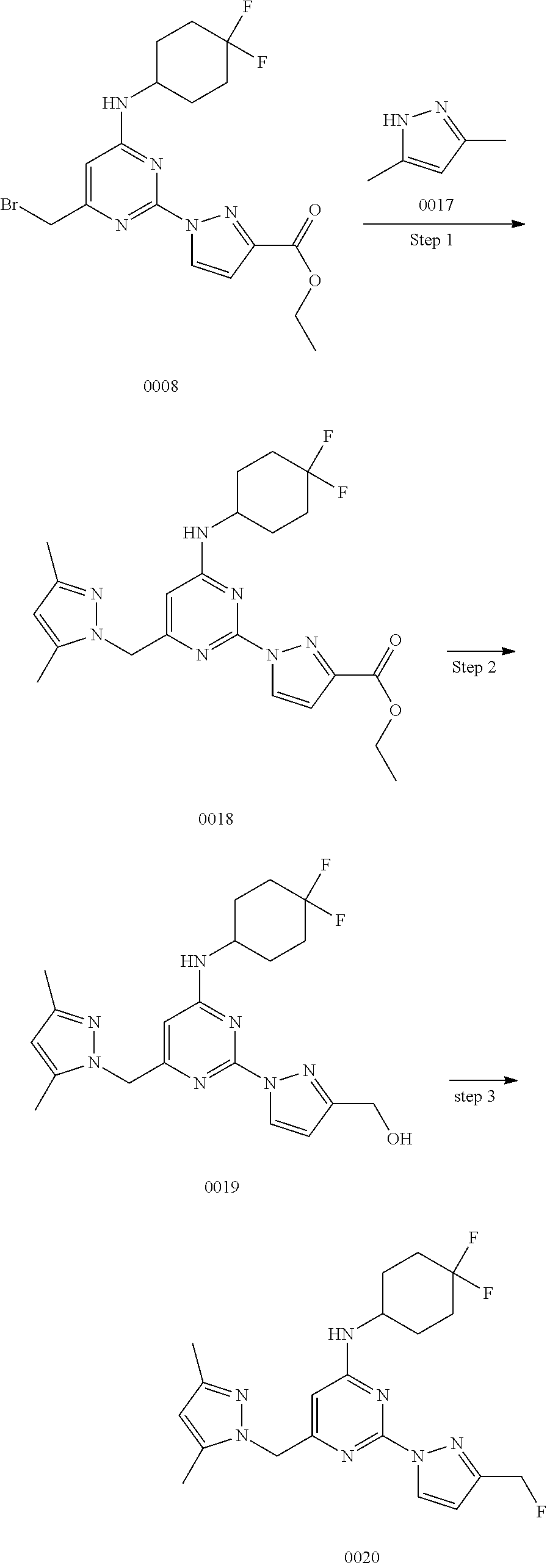
C00986

C00987

C00988

C00989

C00990

C00991

C00992

C00993
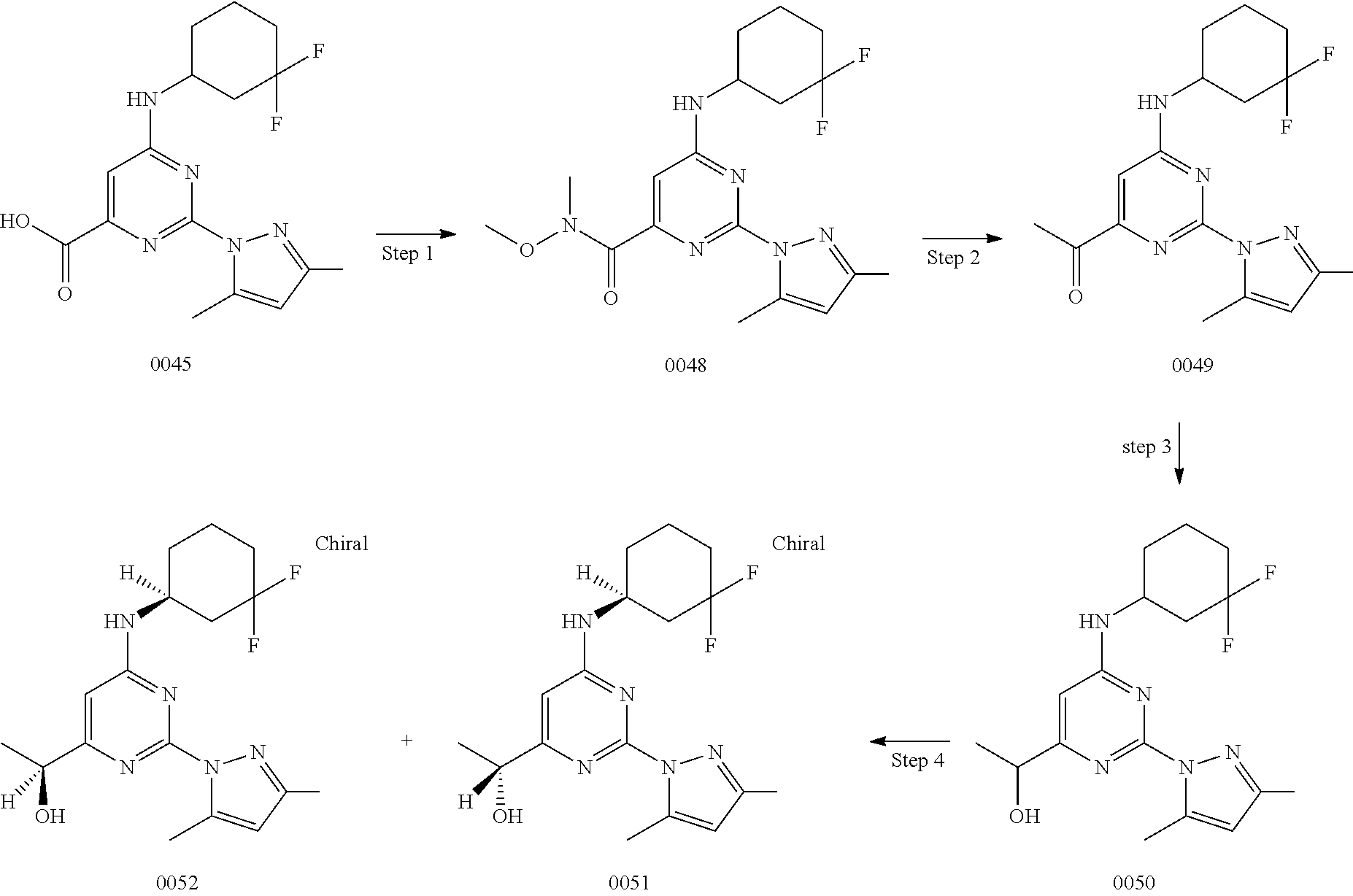
C00994

C00995

C00996

C00997

C00998
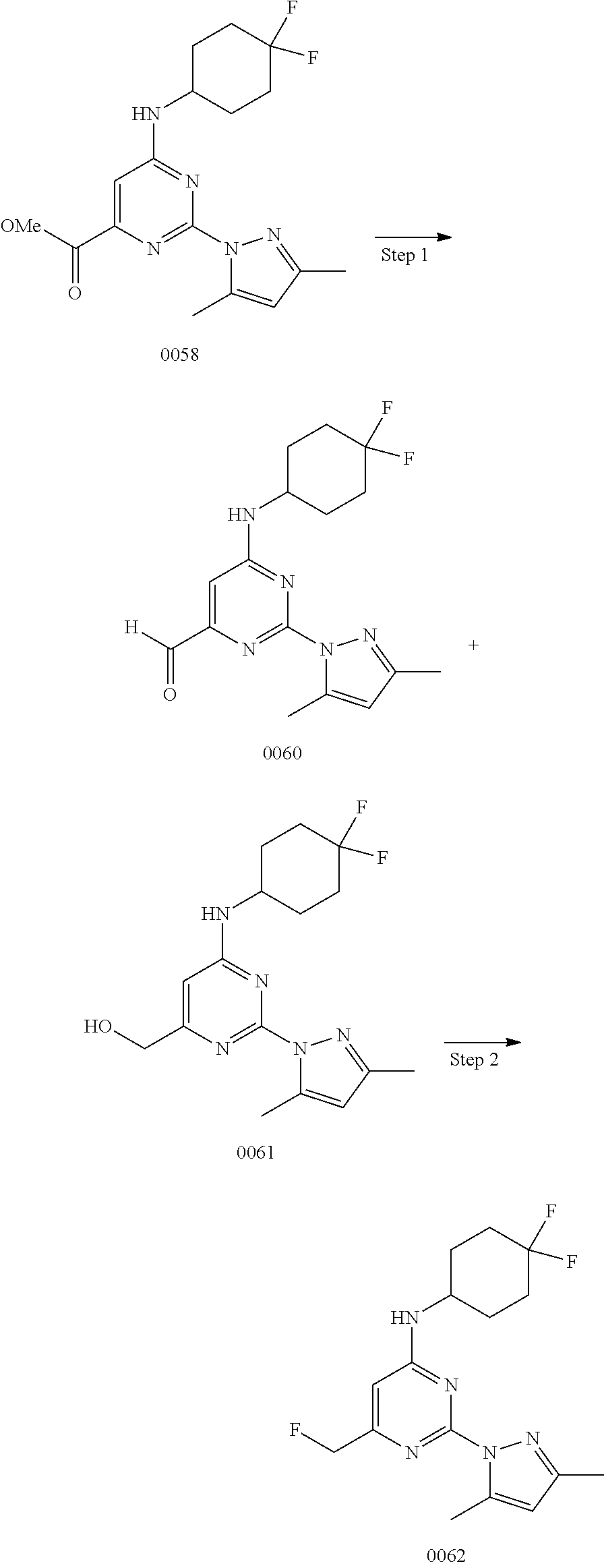
C00999

C01000

C01001

C01002

C01003

C01004

C01005

C01006

C01007

C01008

C01009
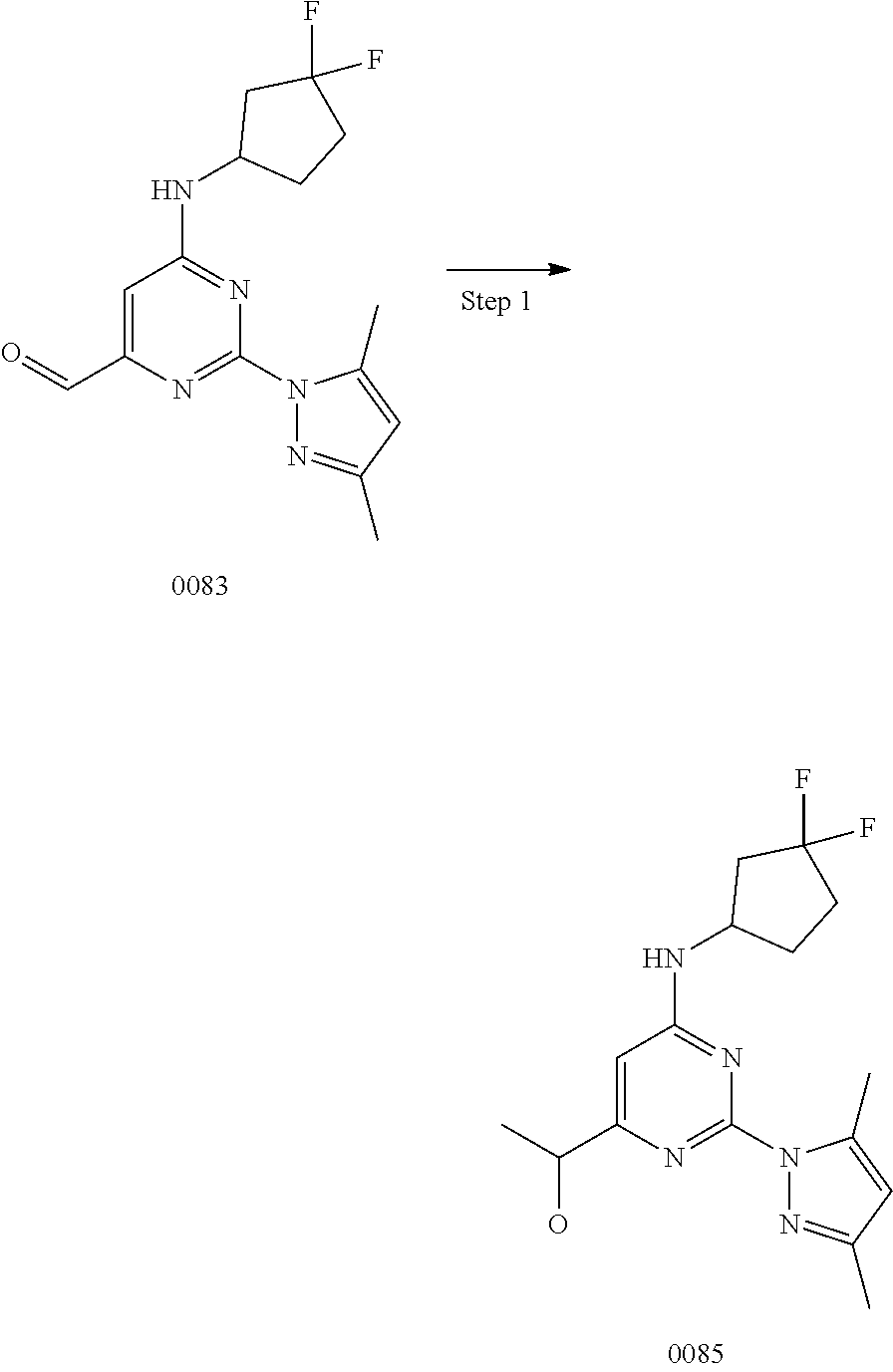
C01010

C01011
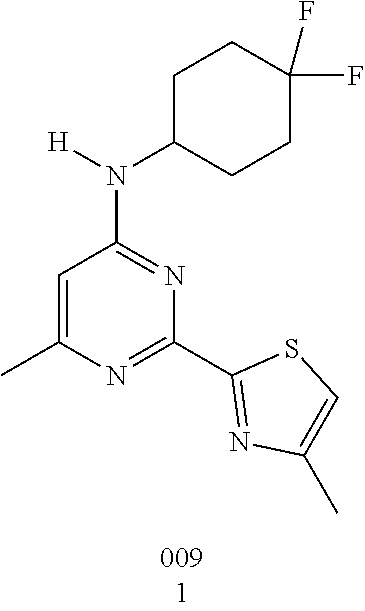
C01012

C01013
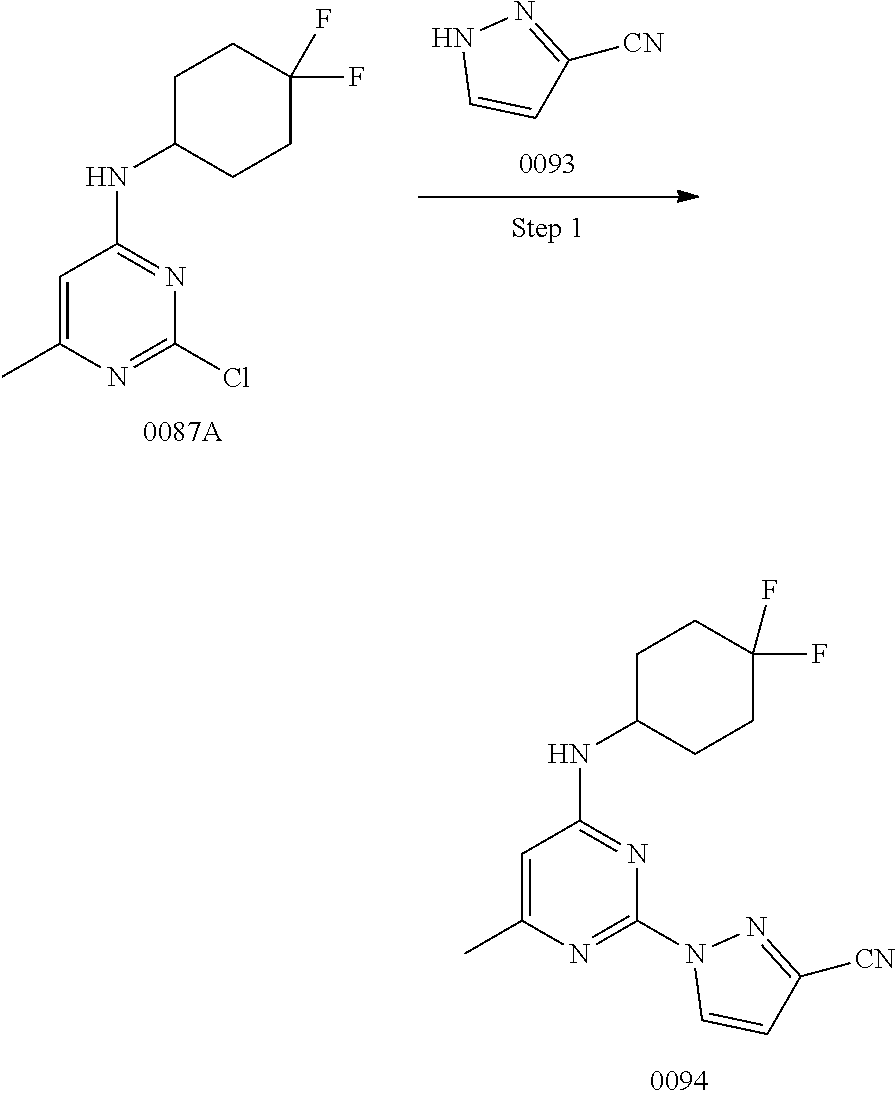
C01014
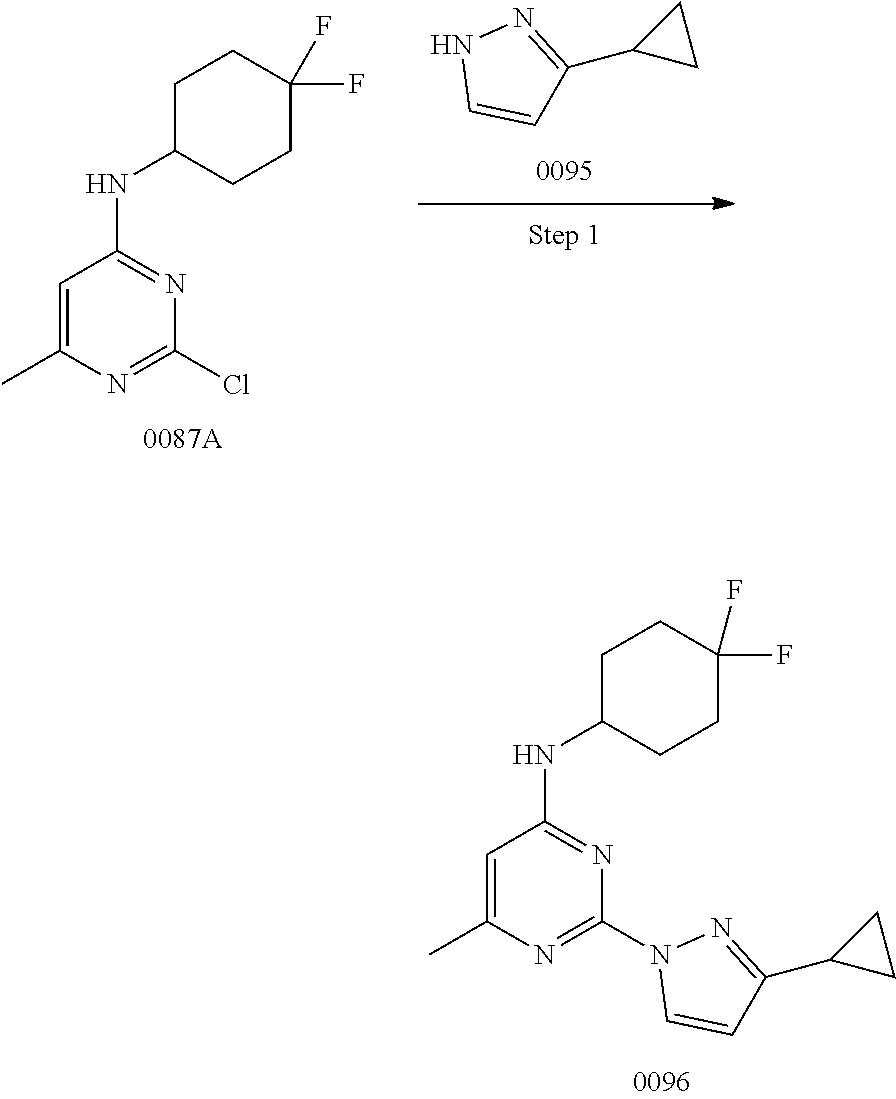
C01015
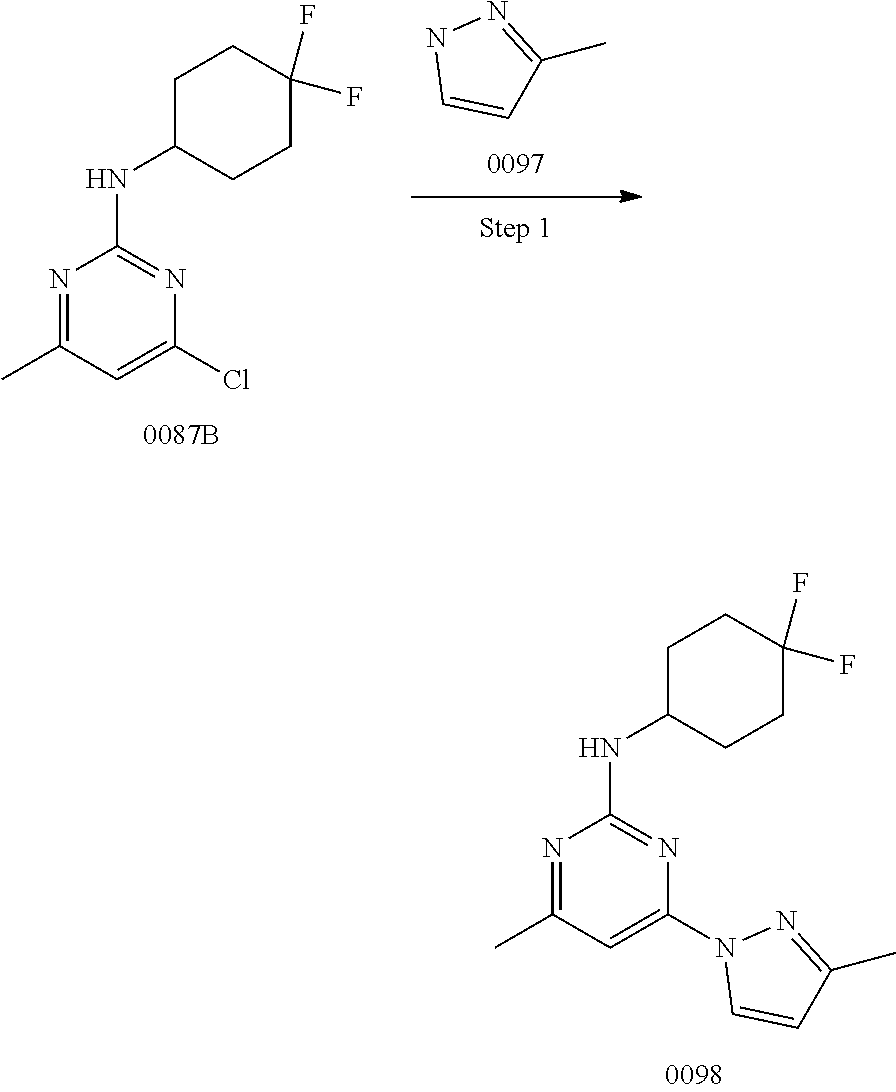
C01016

C01017

C01018

C01019

C01020

C01021

C01022
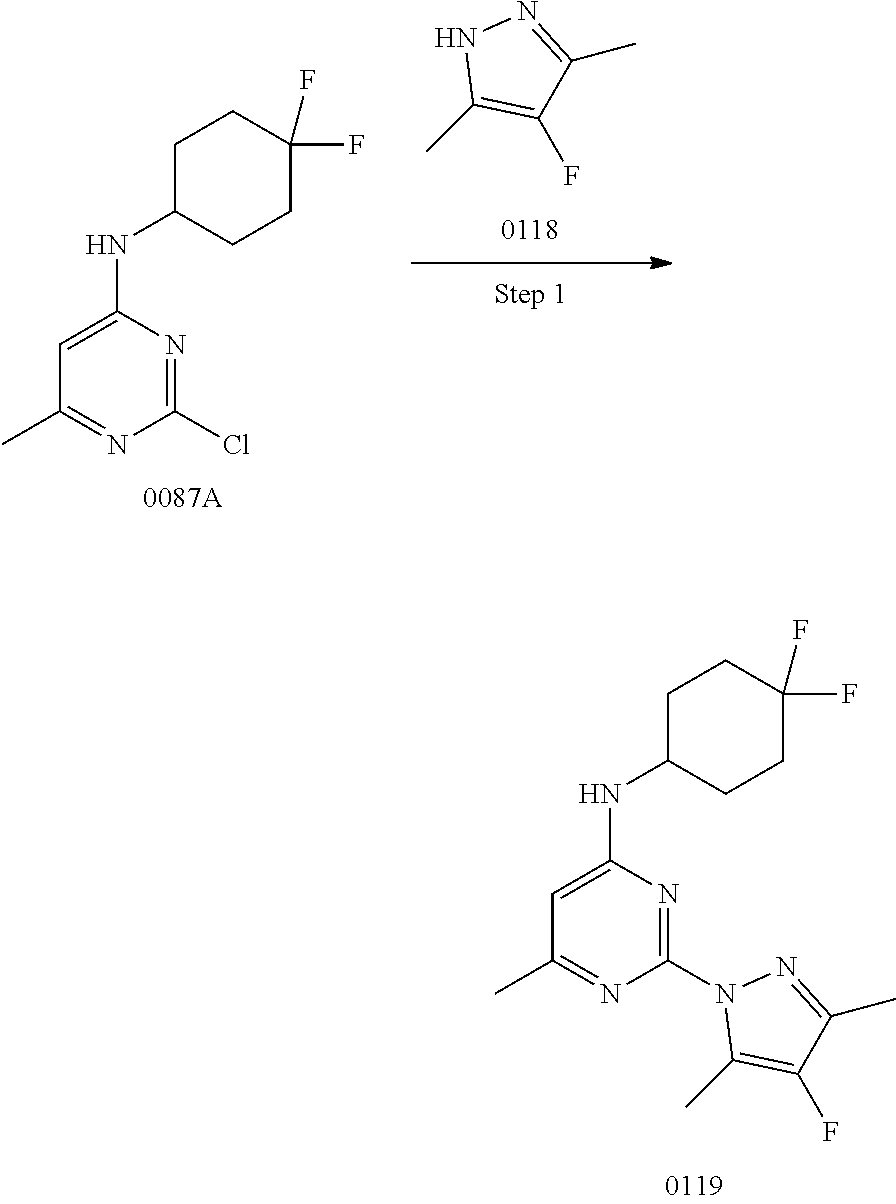
C01023

C01024
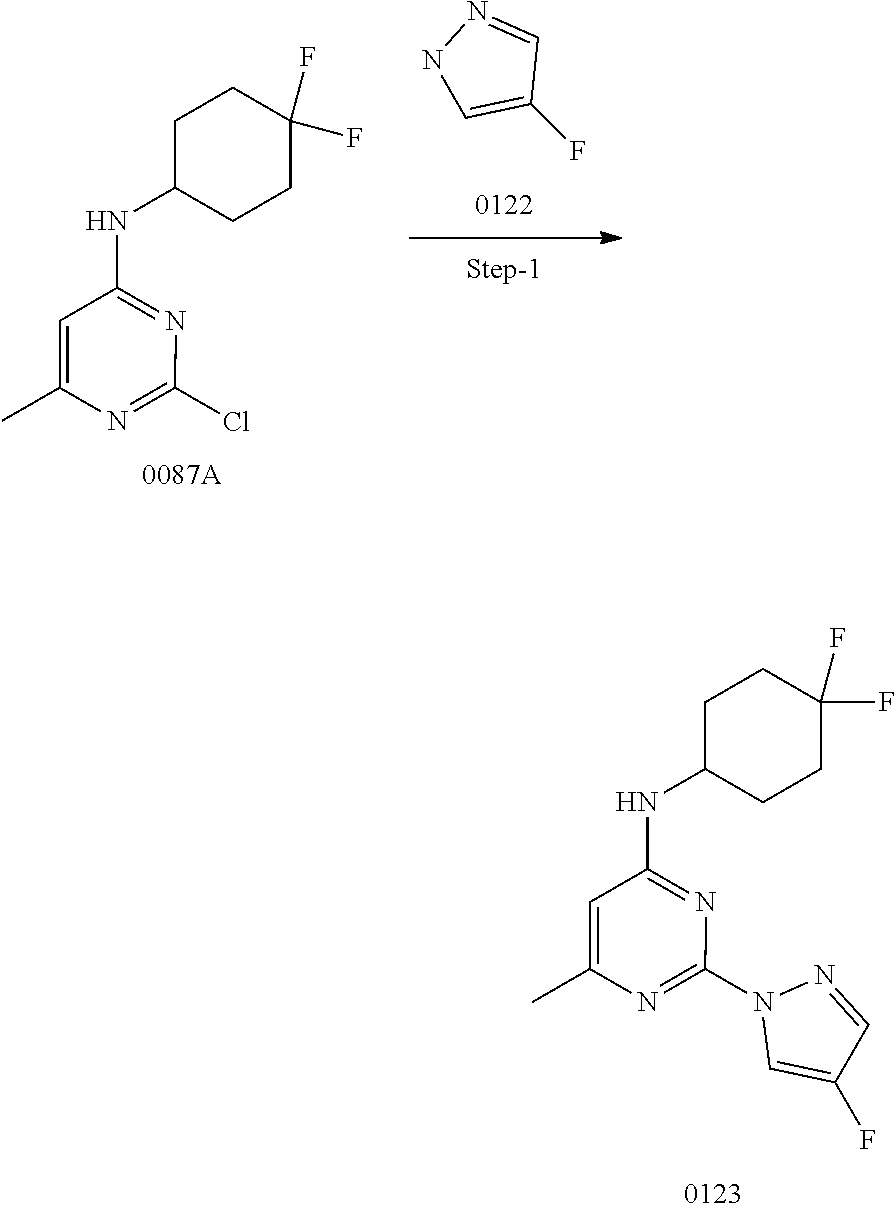
C01025
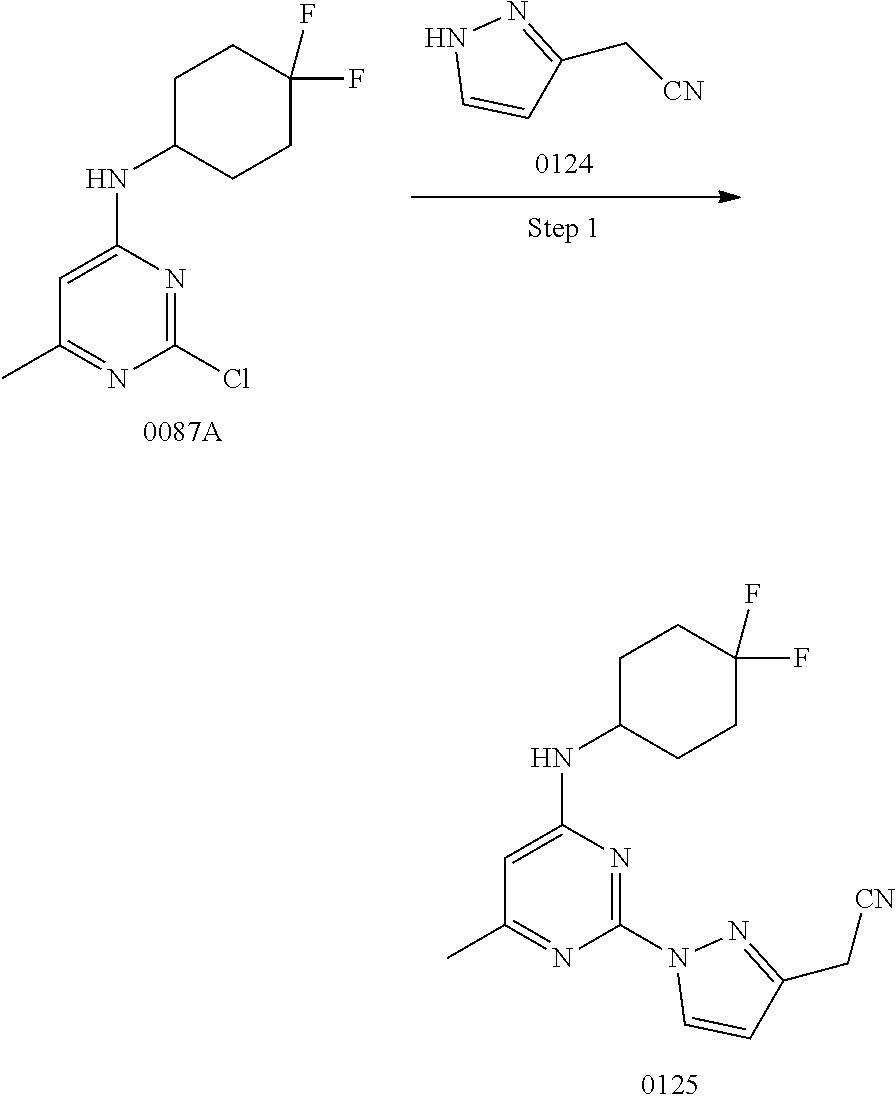
C01026

C01027

C01028

C01029
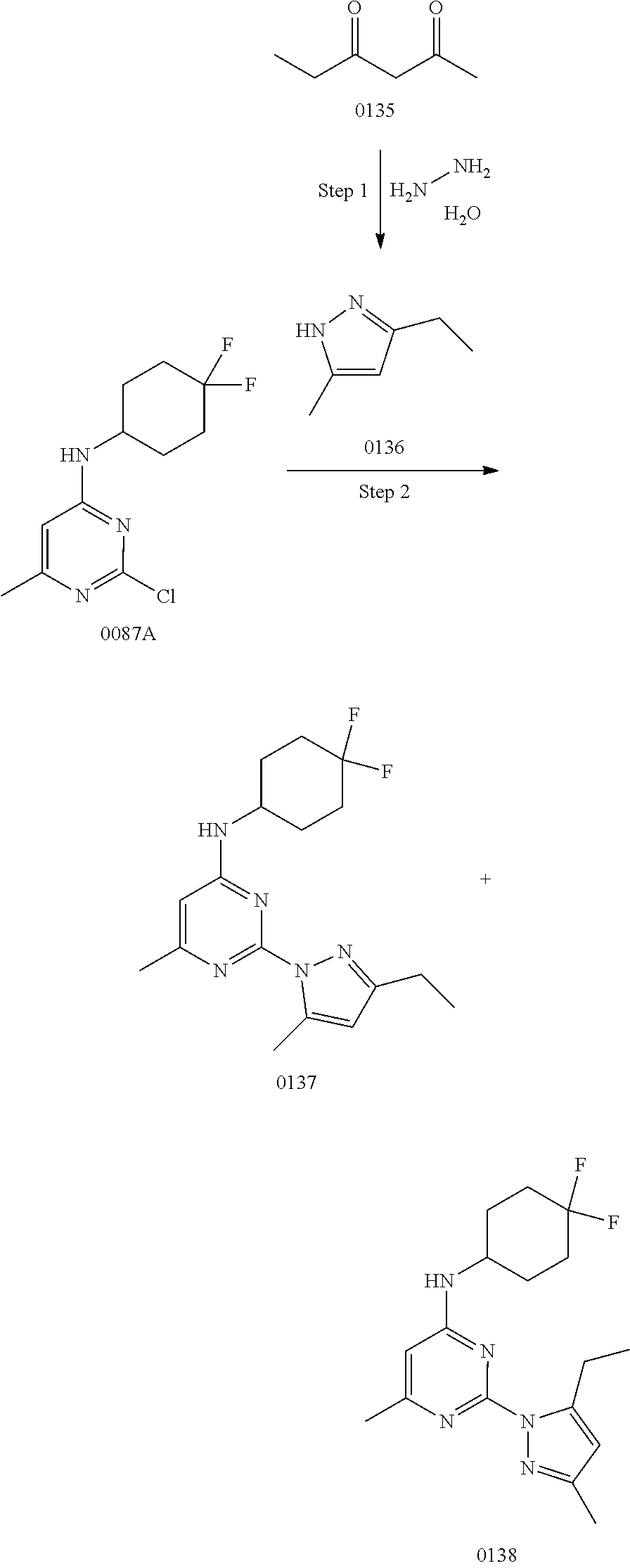
C01030
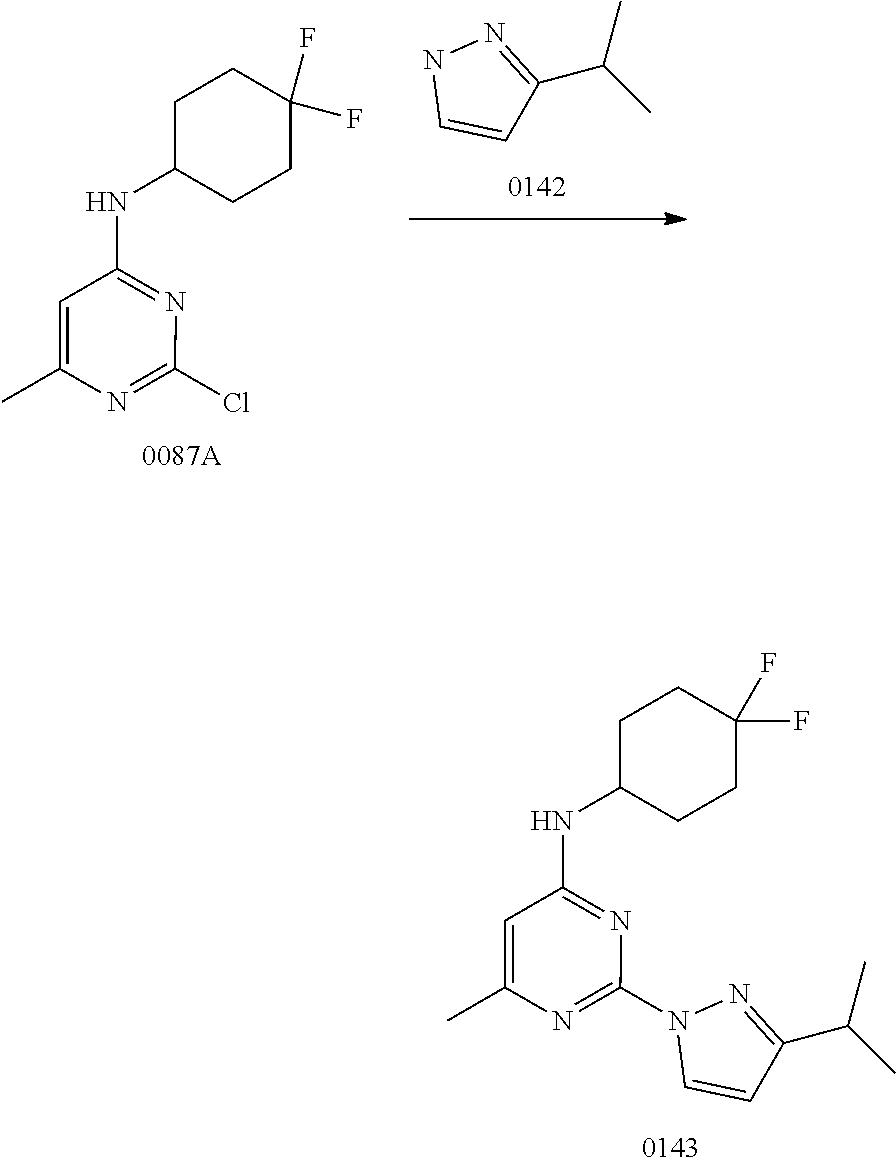
C01031
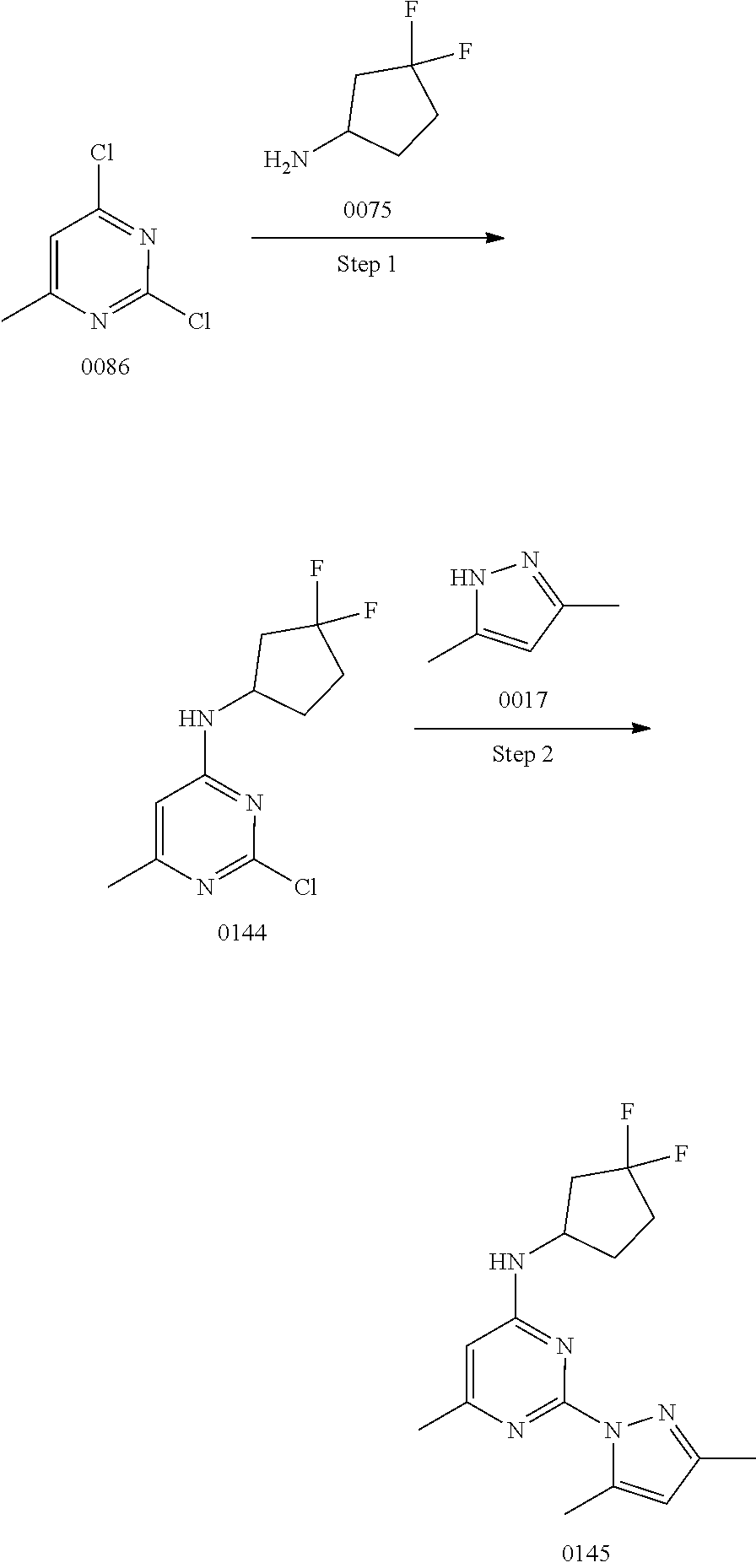
C01032

C01033

C01034

C01035

C01036
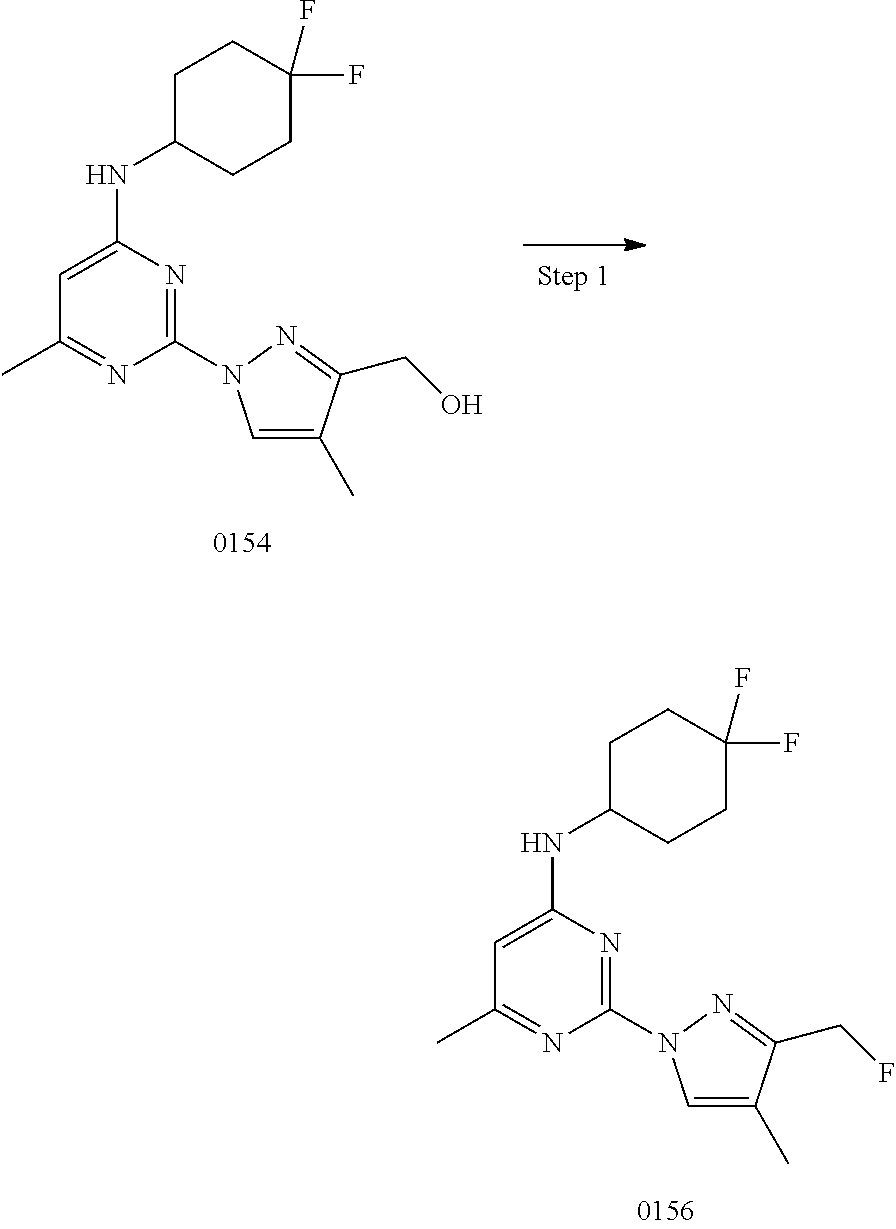
C01037
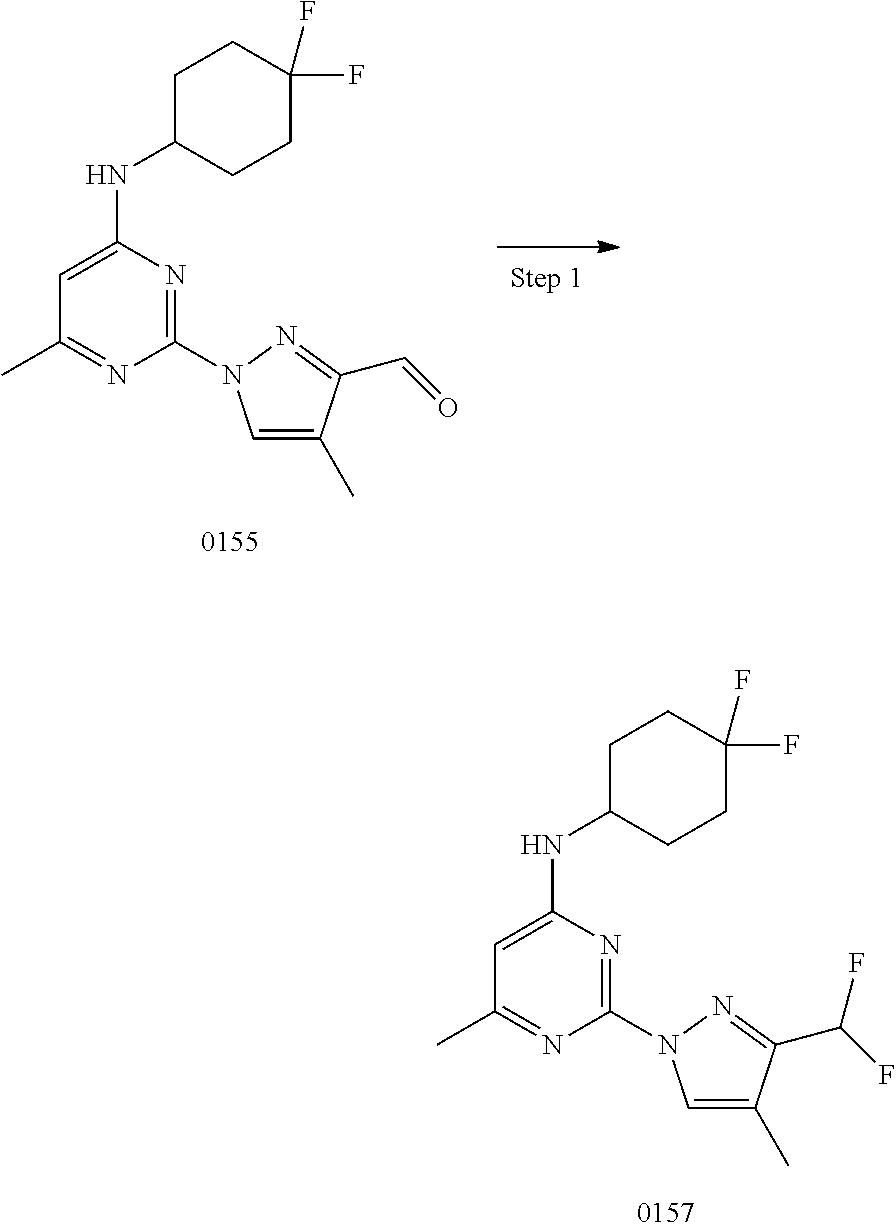
C01038

C01039

C01040

C01041

C01042

C01043
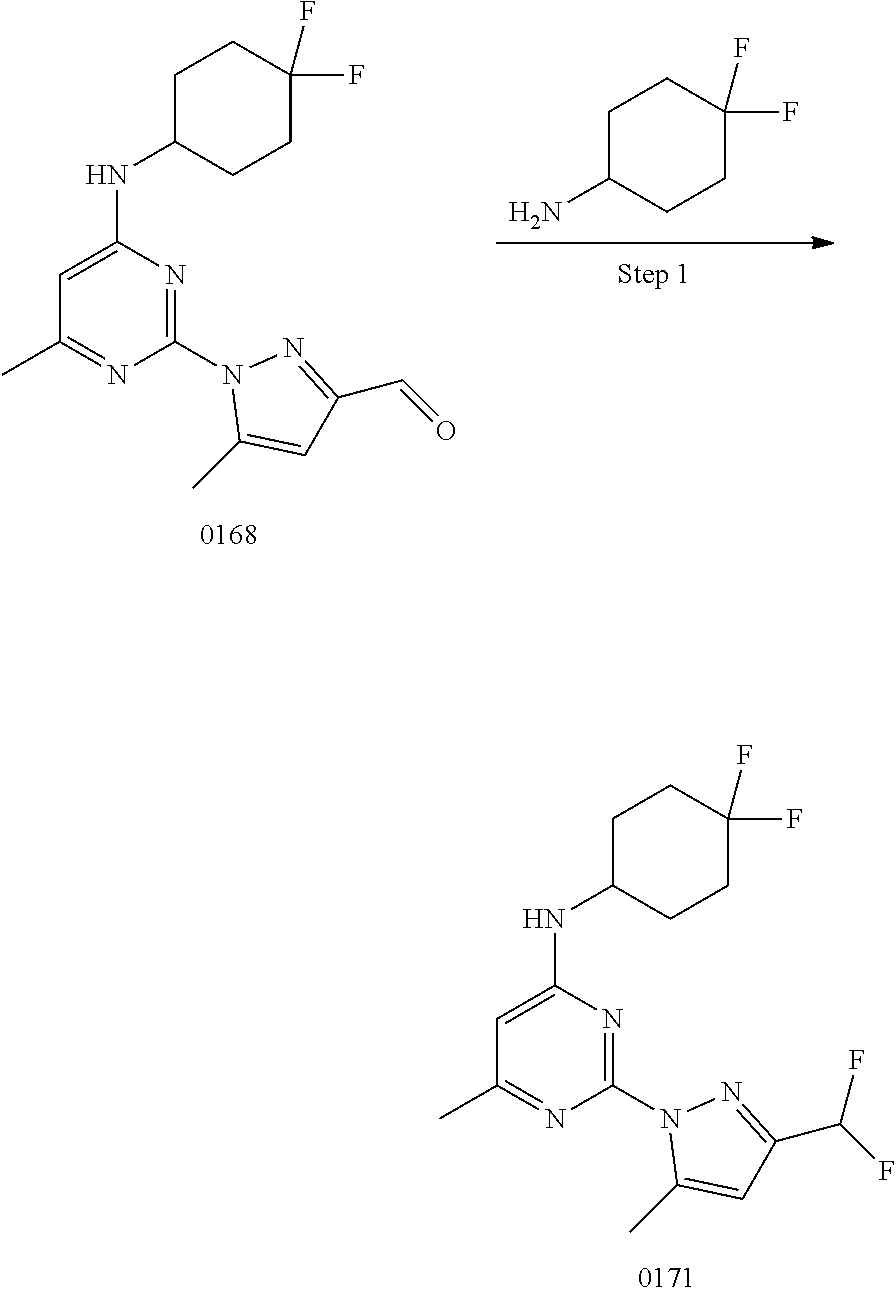
C01044
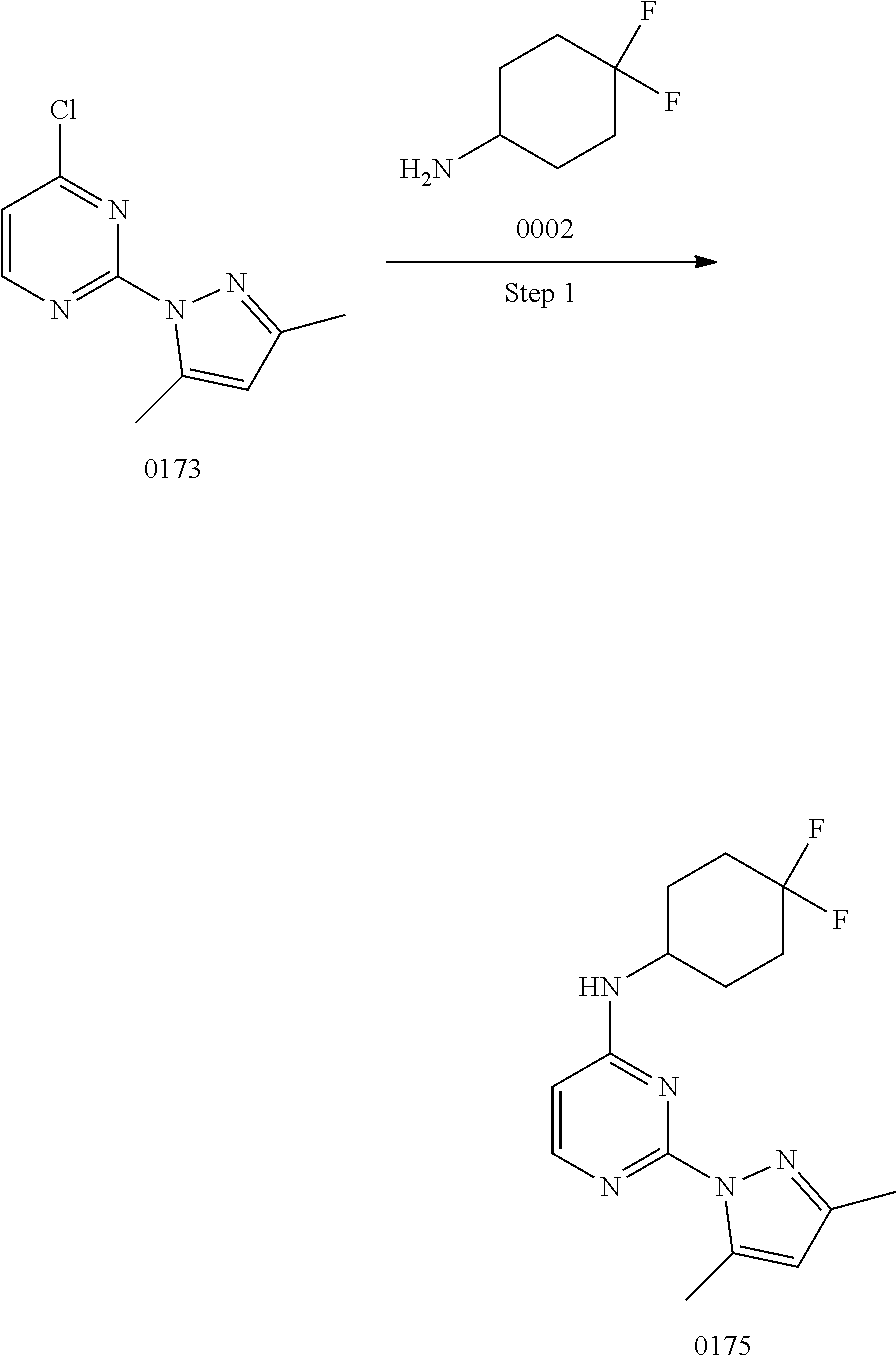
C01045

C01046

C01047

C01048

C01049

C01050

C01051

C01052

C01053

C01054

C01055
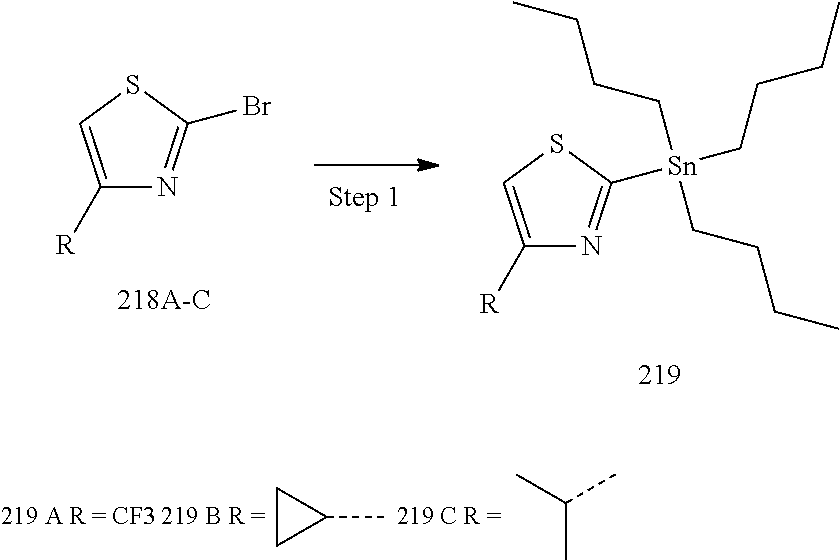
C01056

C01057
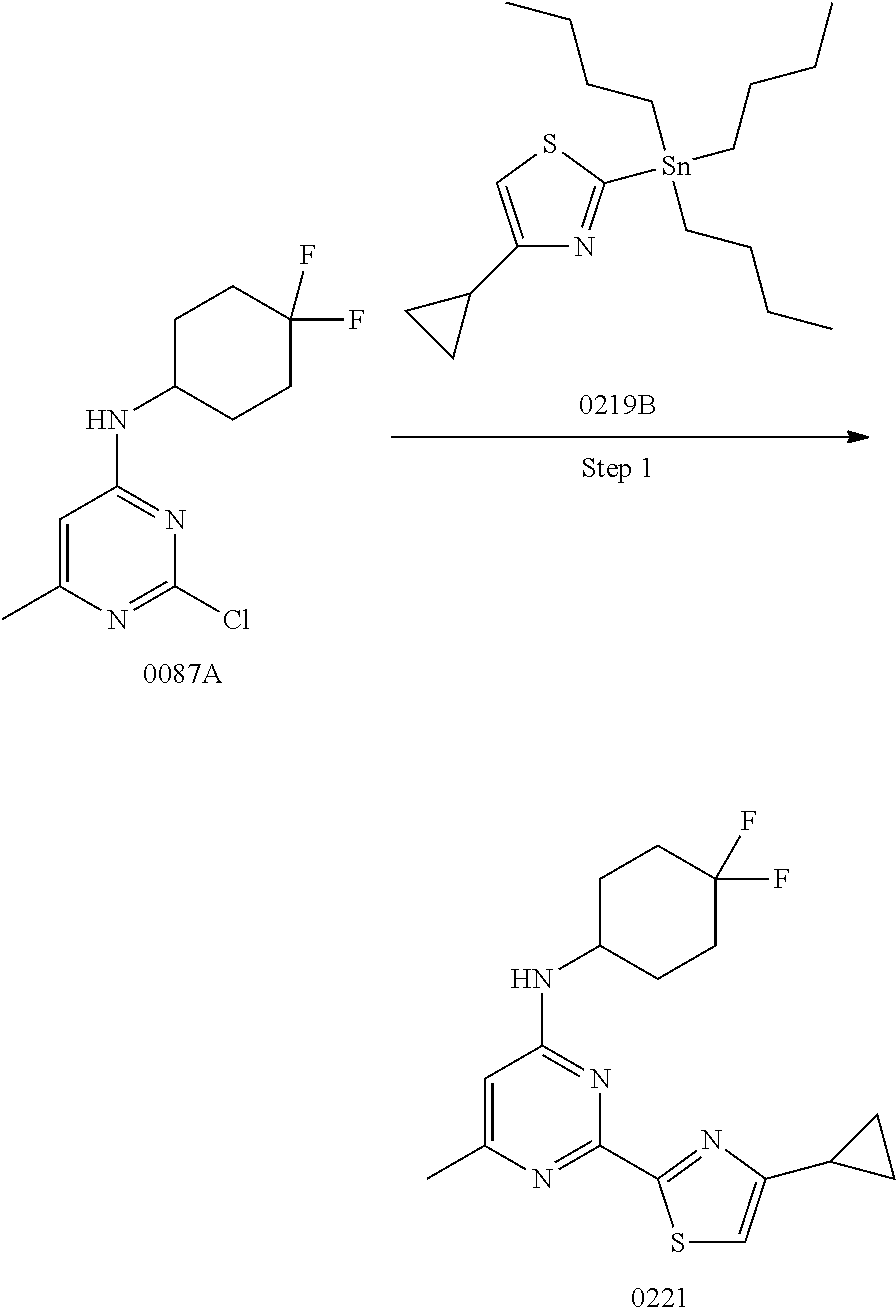
C01058

C01059

C01060

C01061
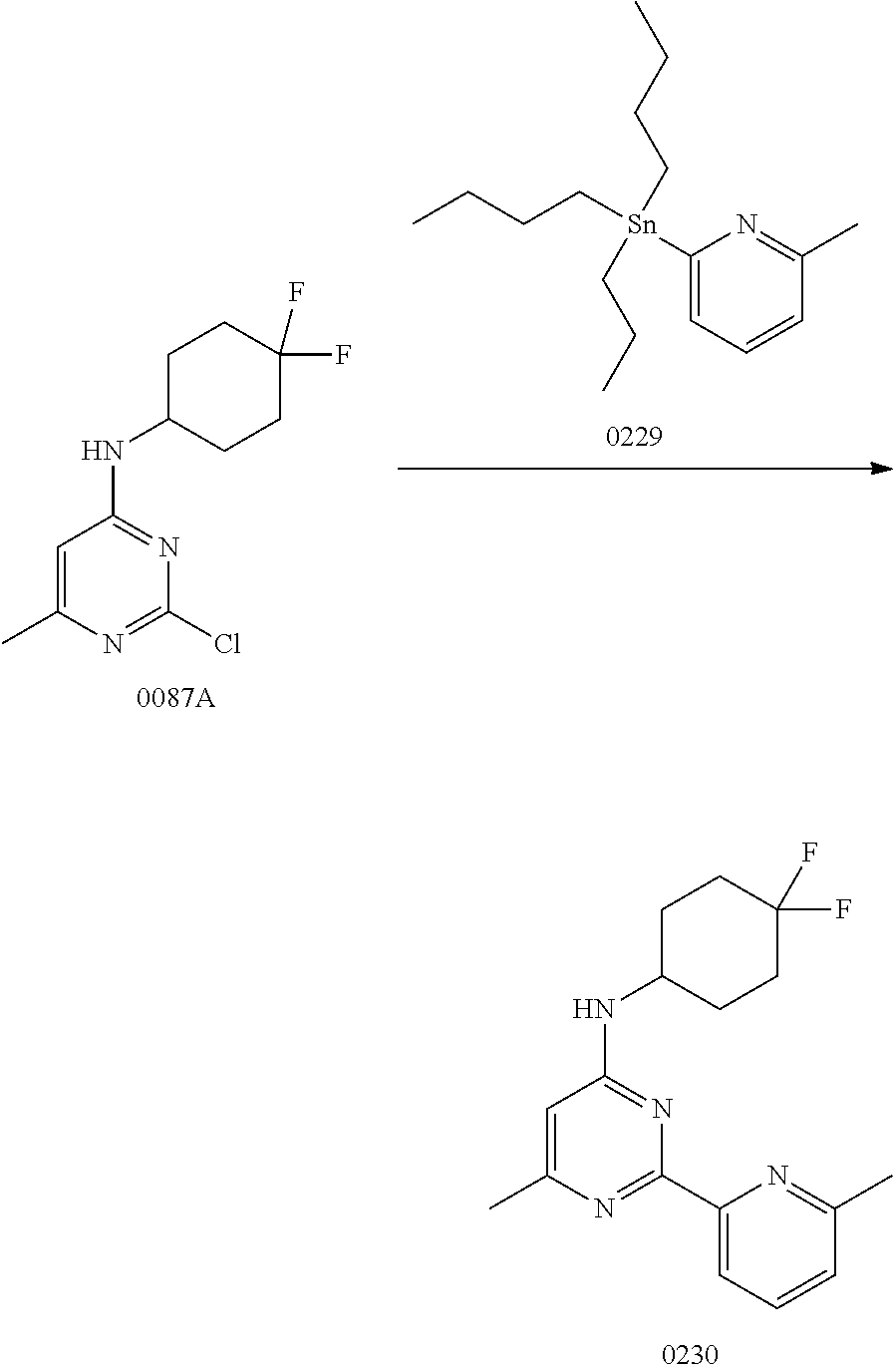
C01062
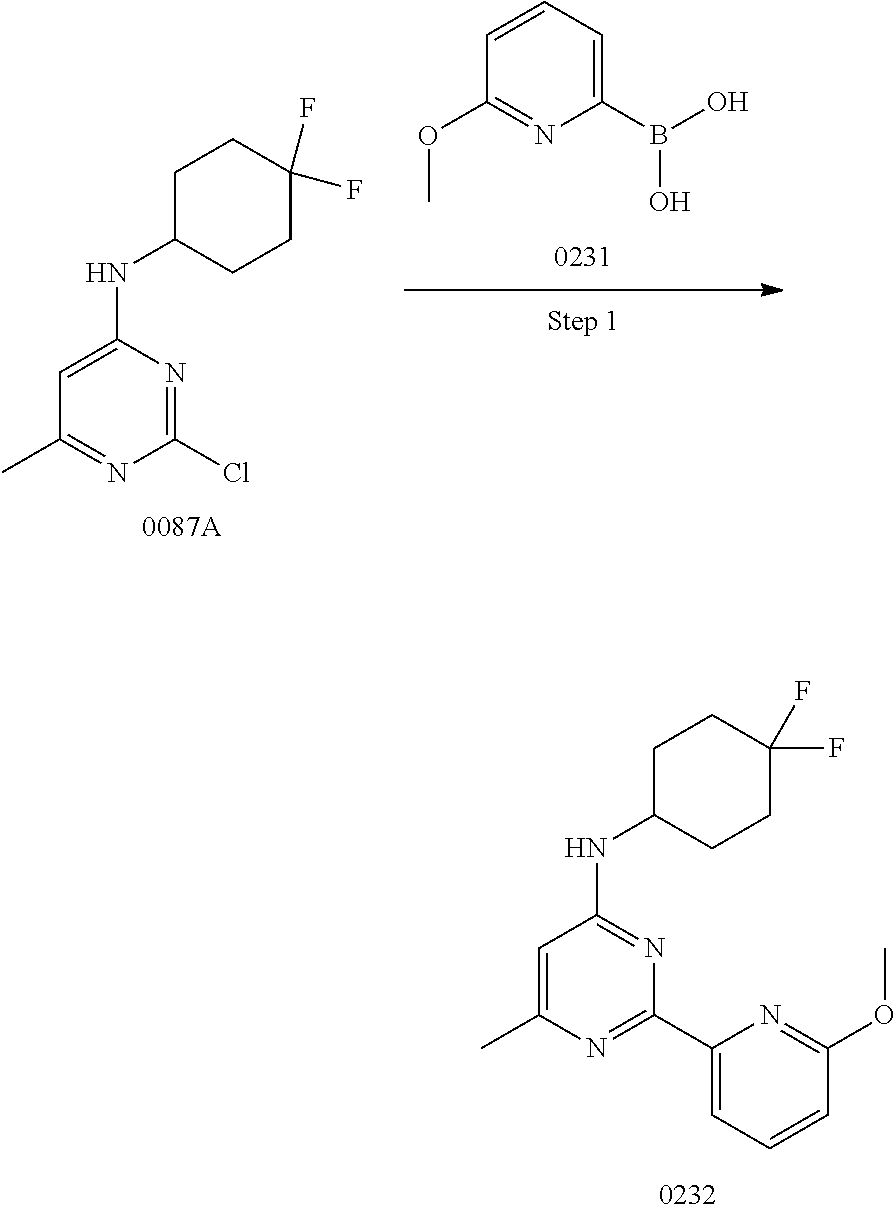
C01063

C01064

C01065
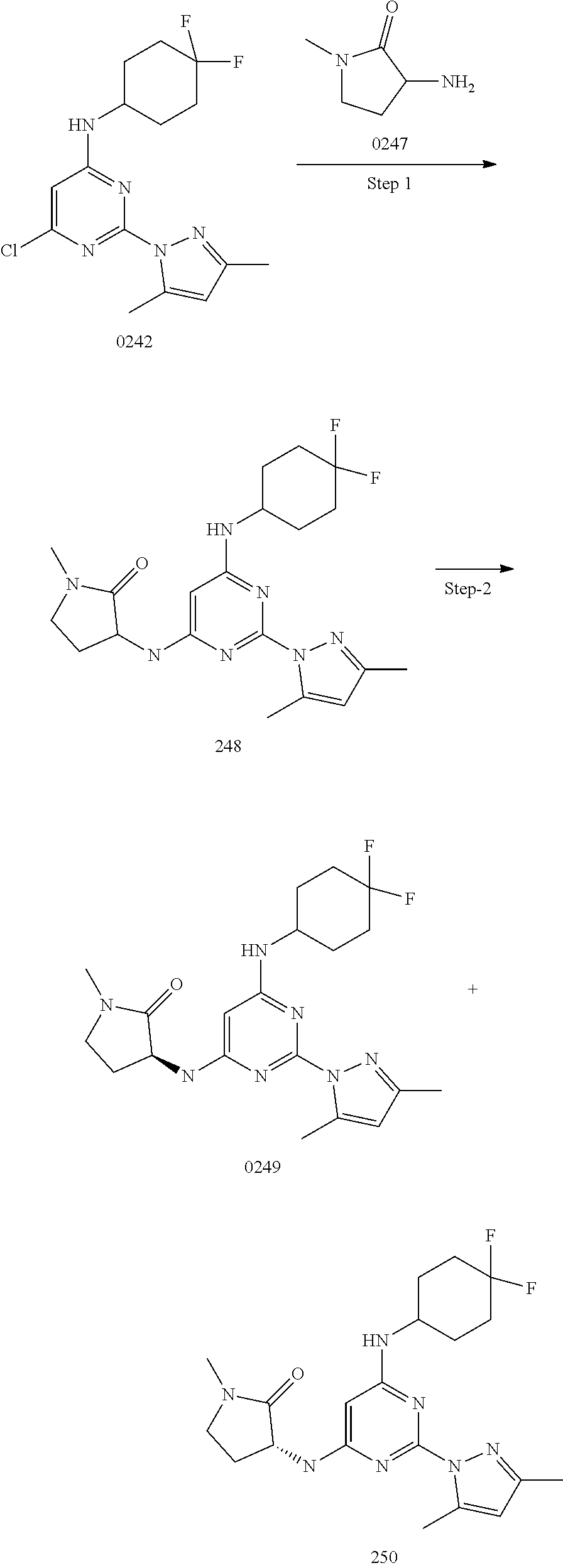
C01066

C01067

C01068
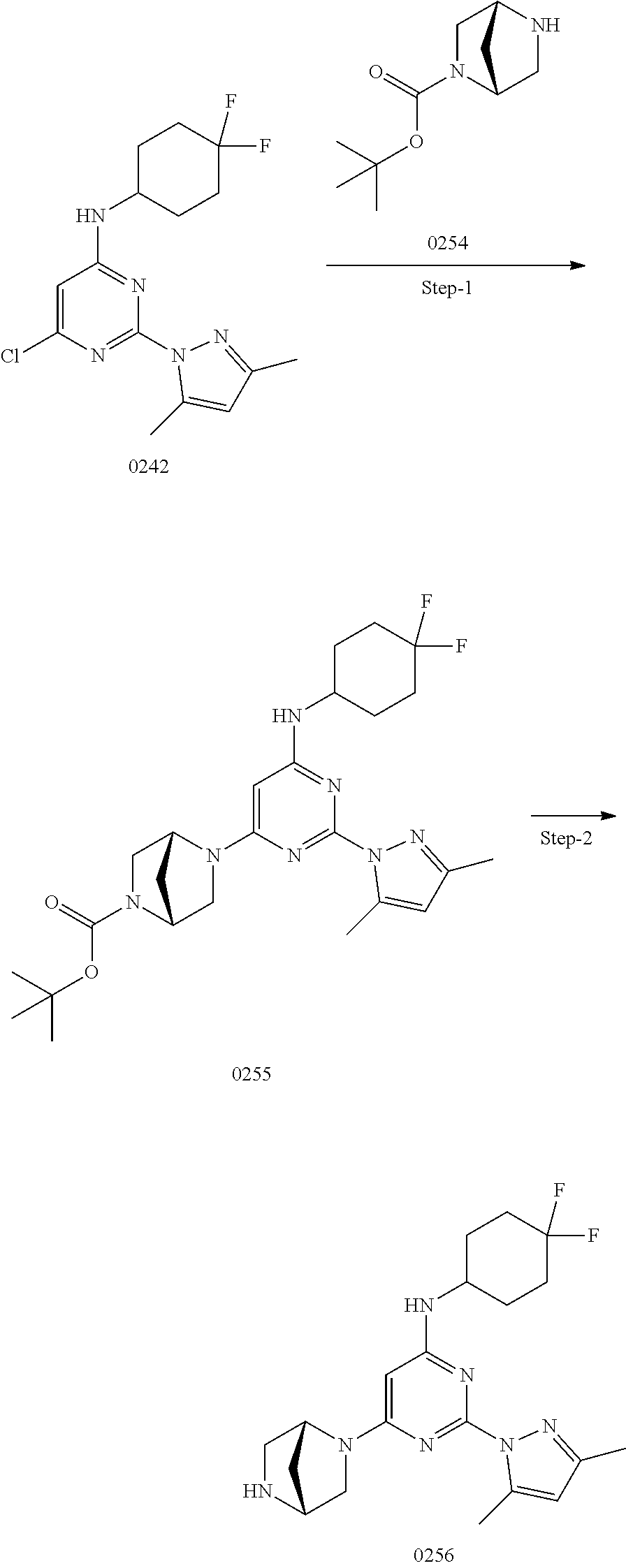
C01069

C01070

C01071
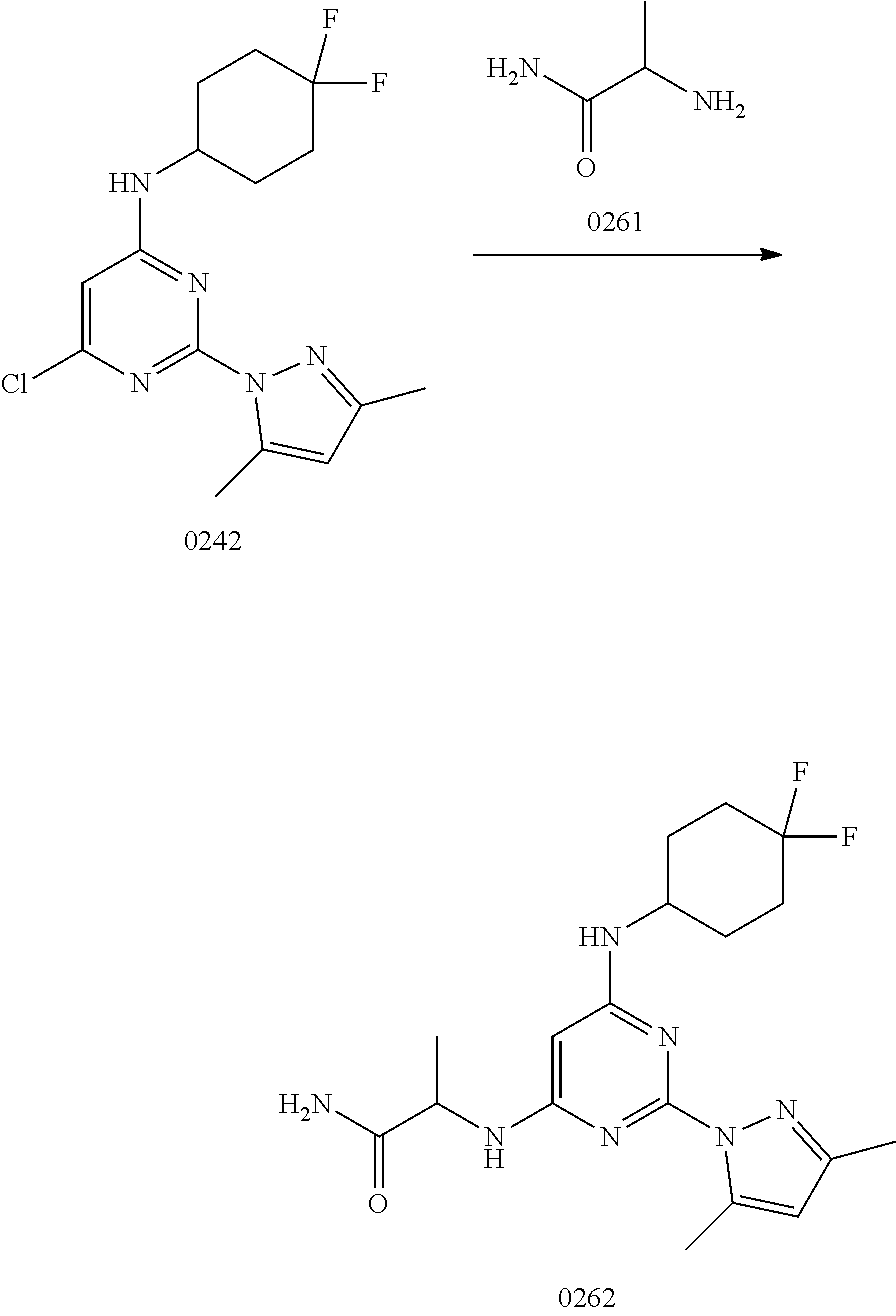
C01072

C01073

C01074

C01075
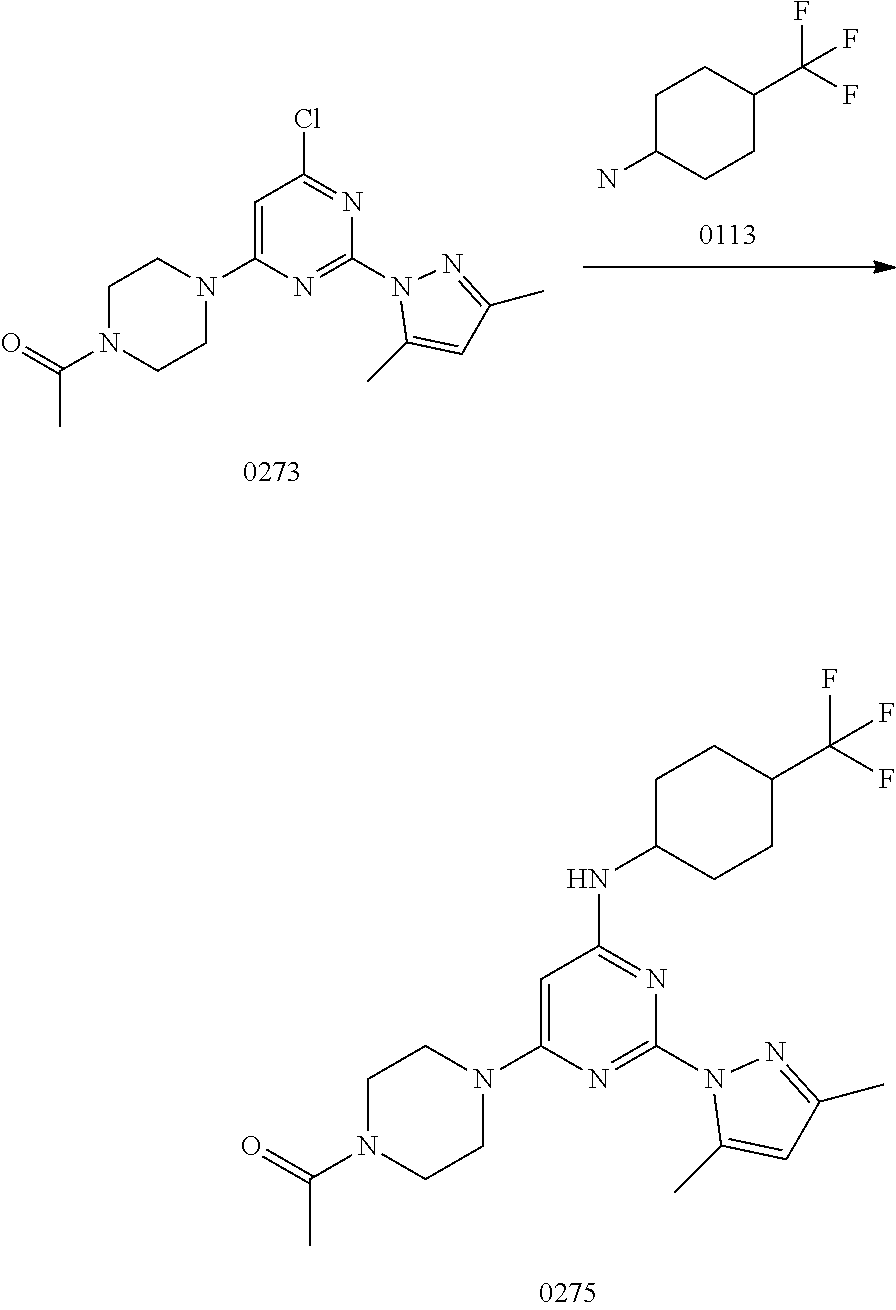
C01076
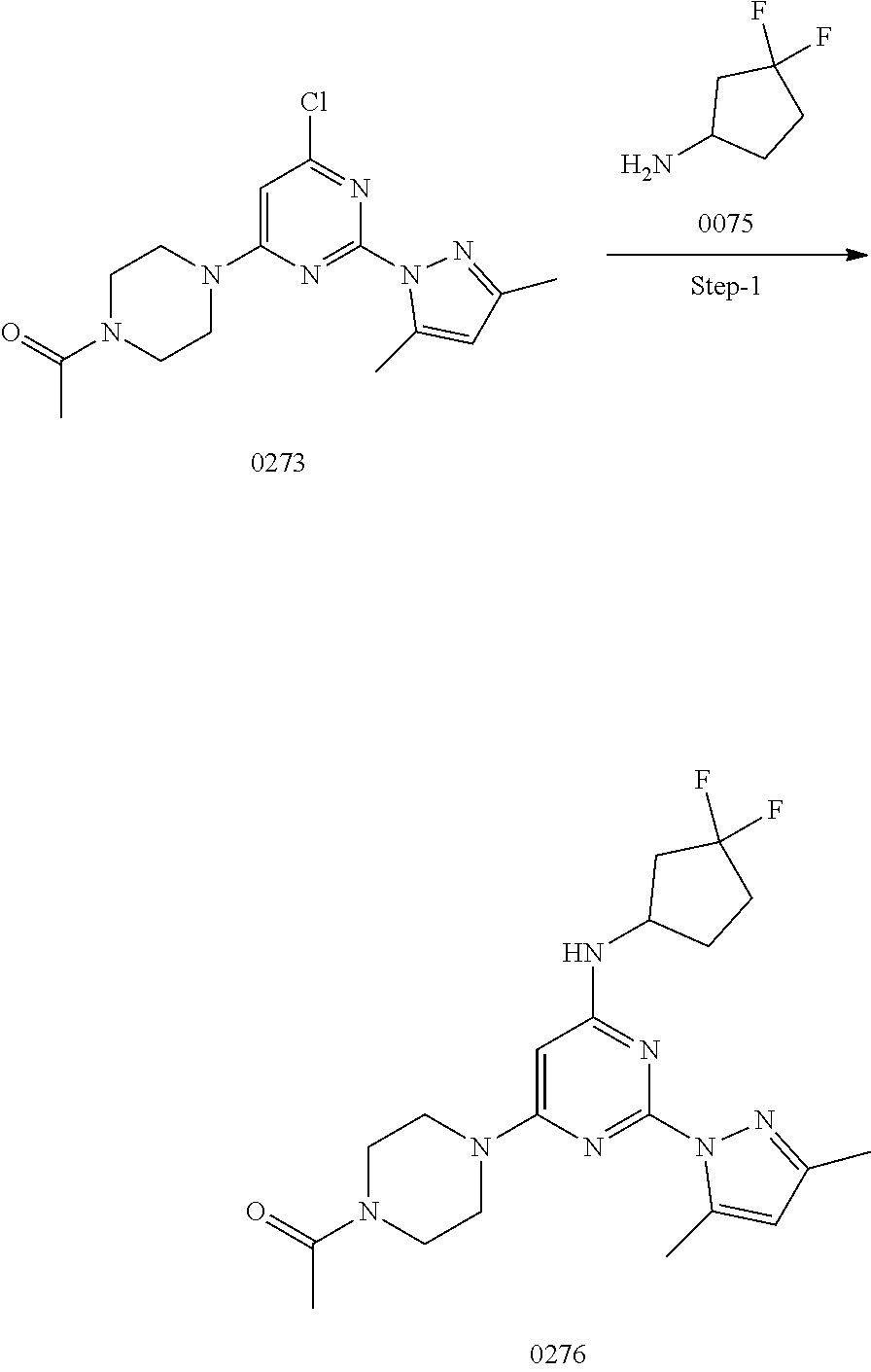
C01077
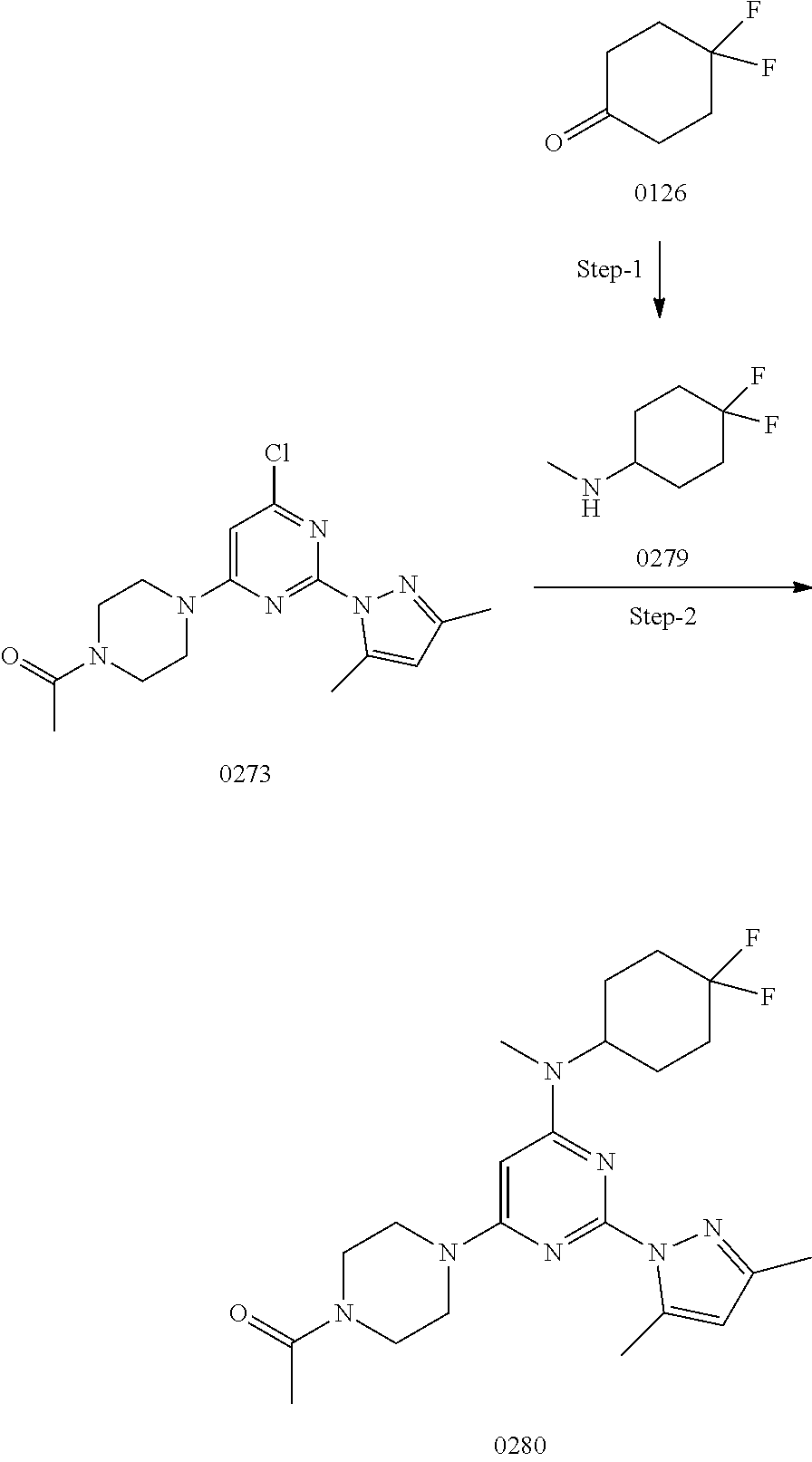
C01078
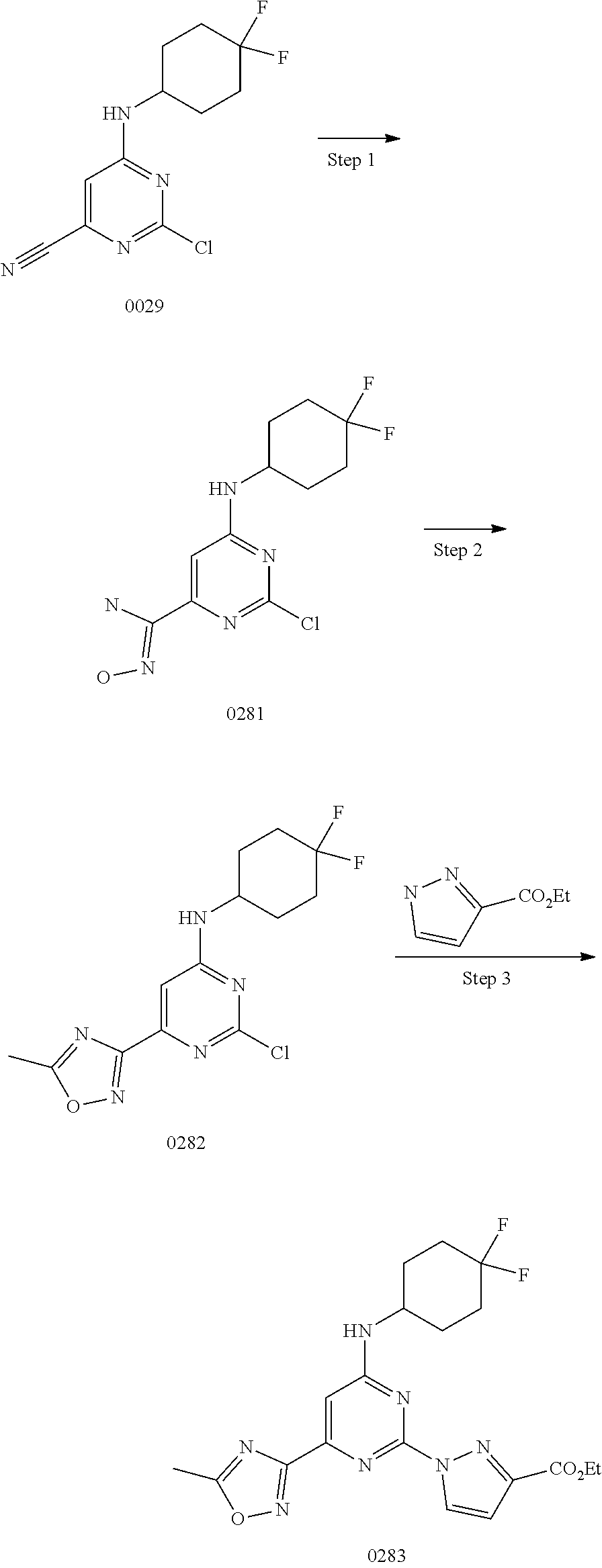
C01079

C01080

C01081

C01082

C01083

C01084

C01085

C01086
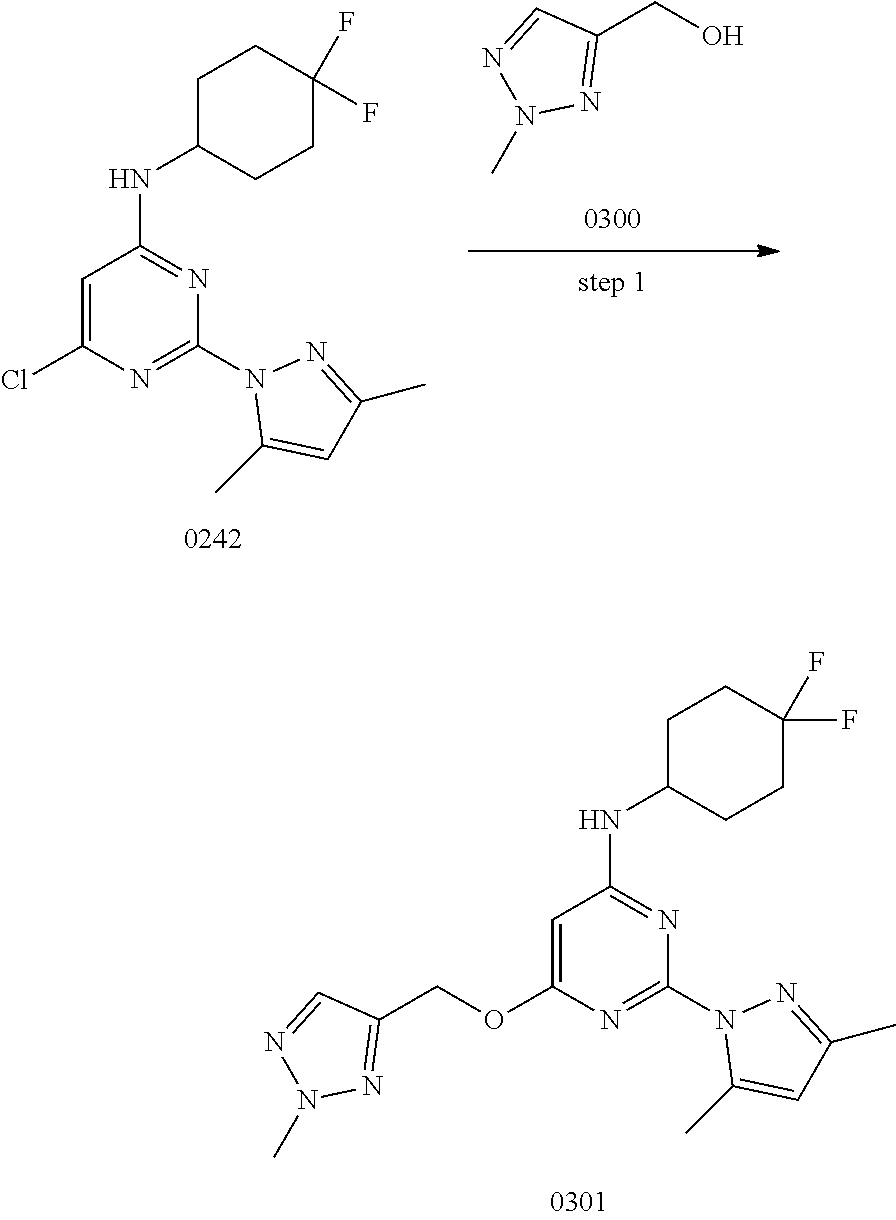
C01087

C01088

C01089
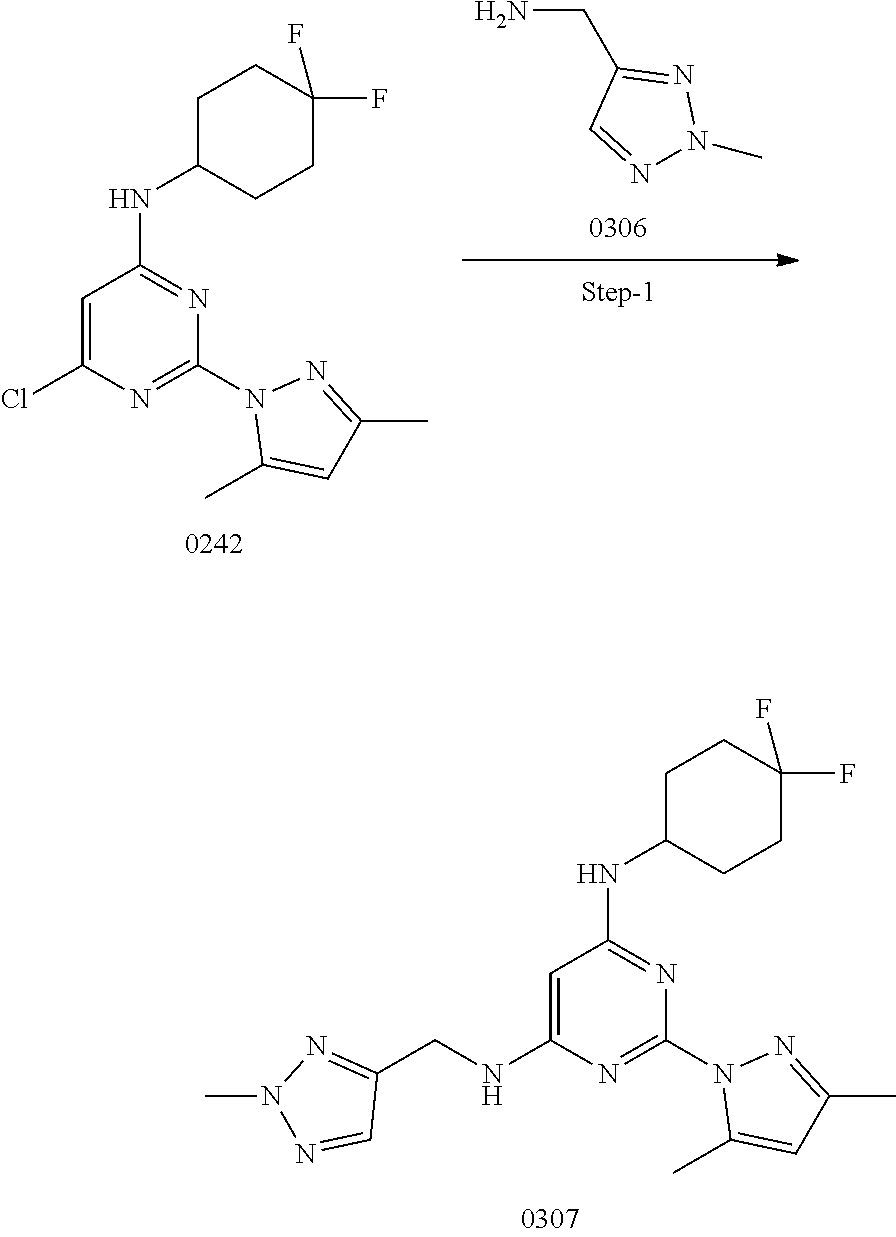
C01090
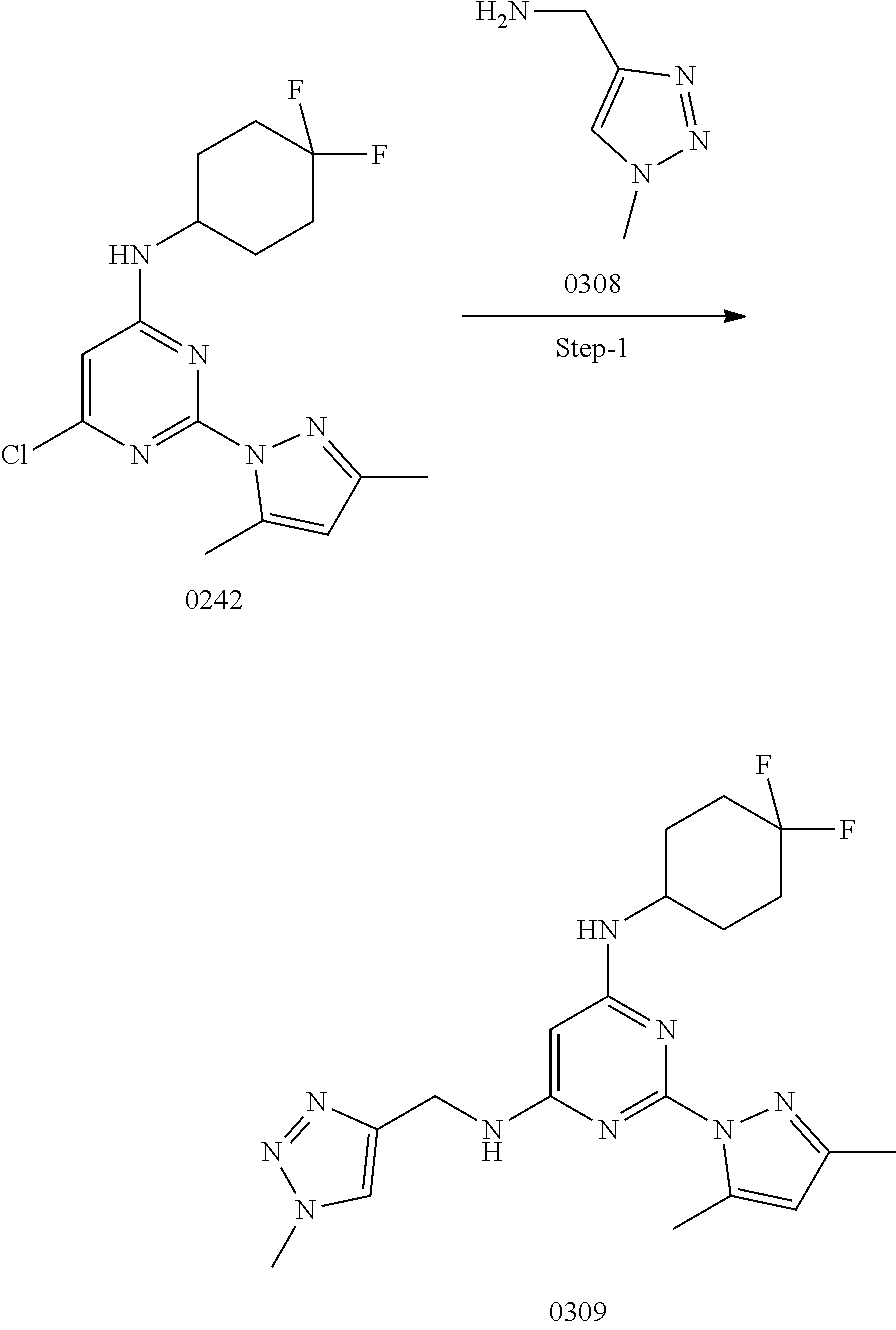
C01091

C01092
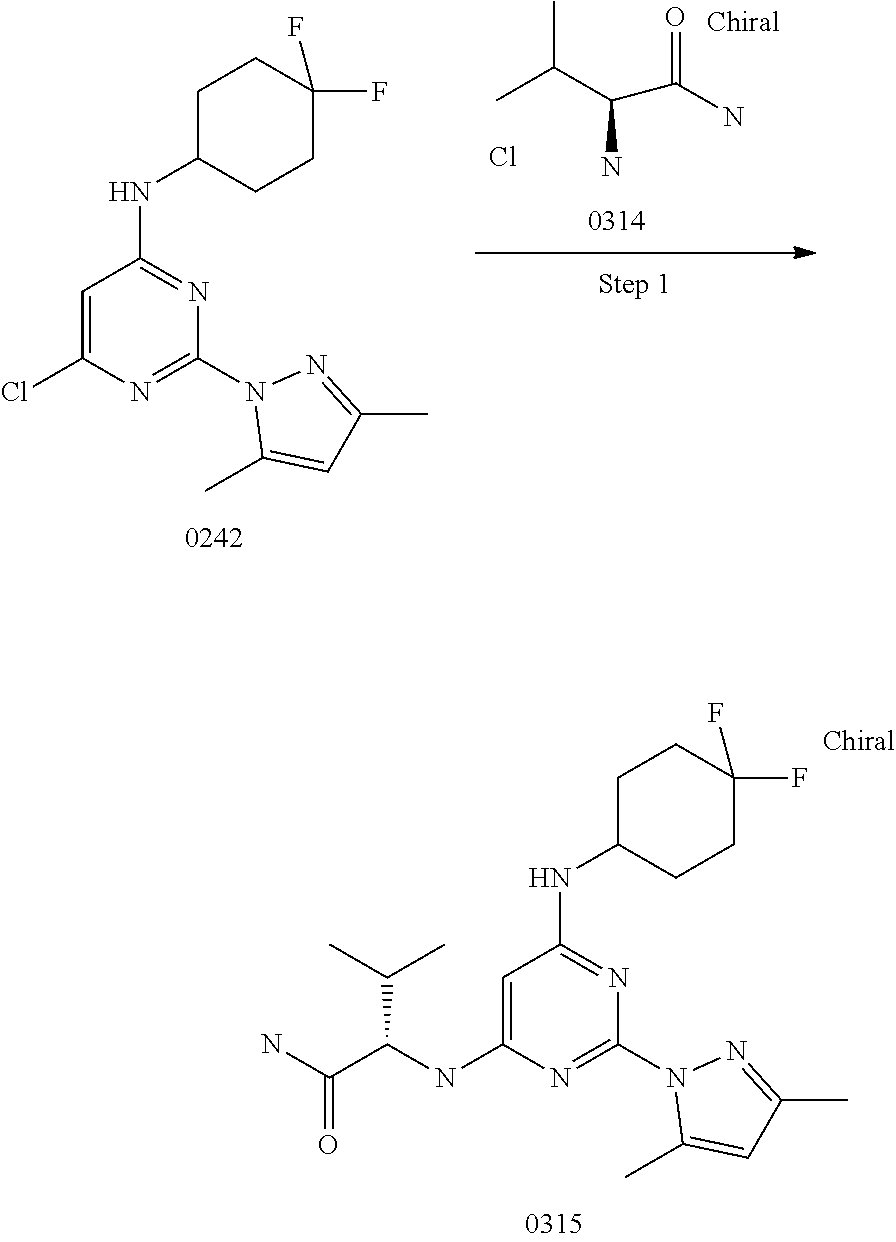
C01093

C01094
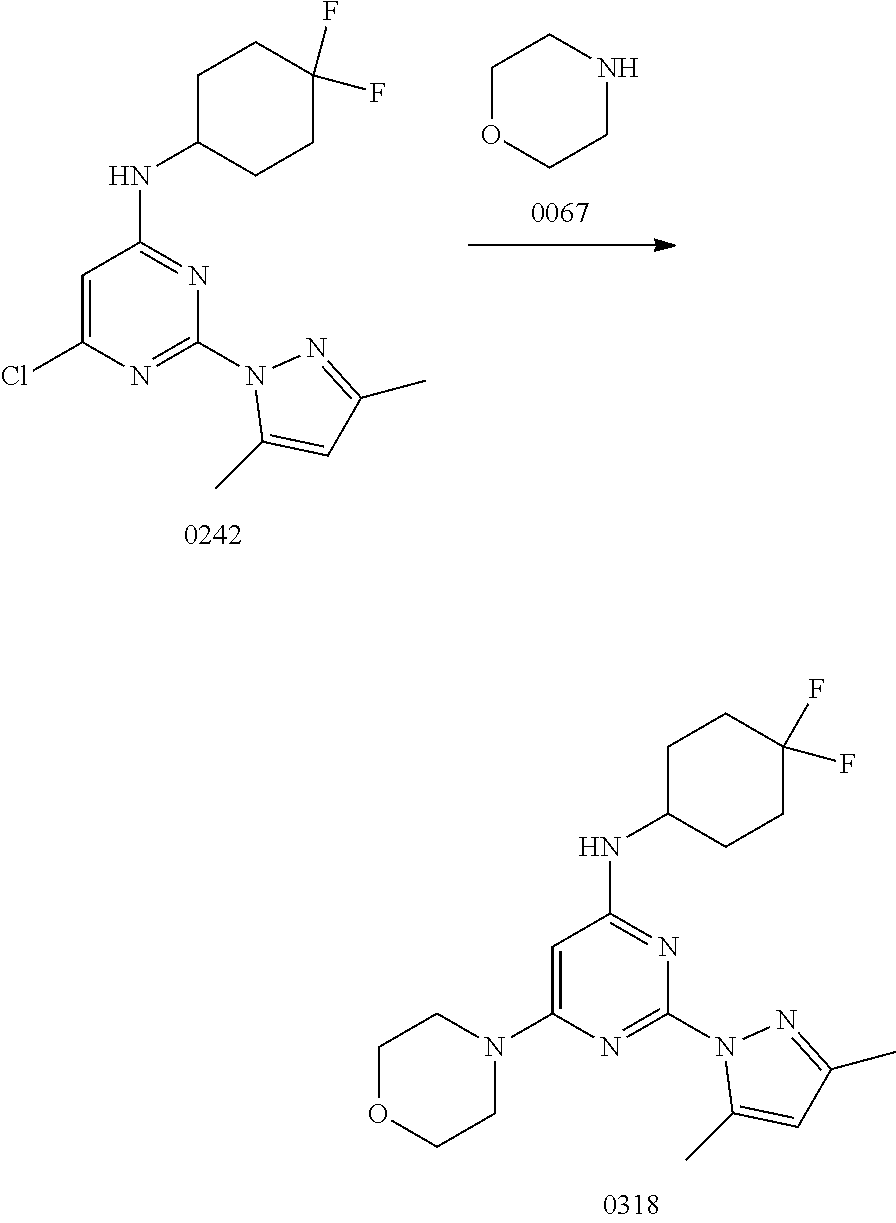
C01095

C01096

C01097

C01098
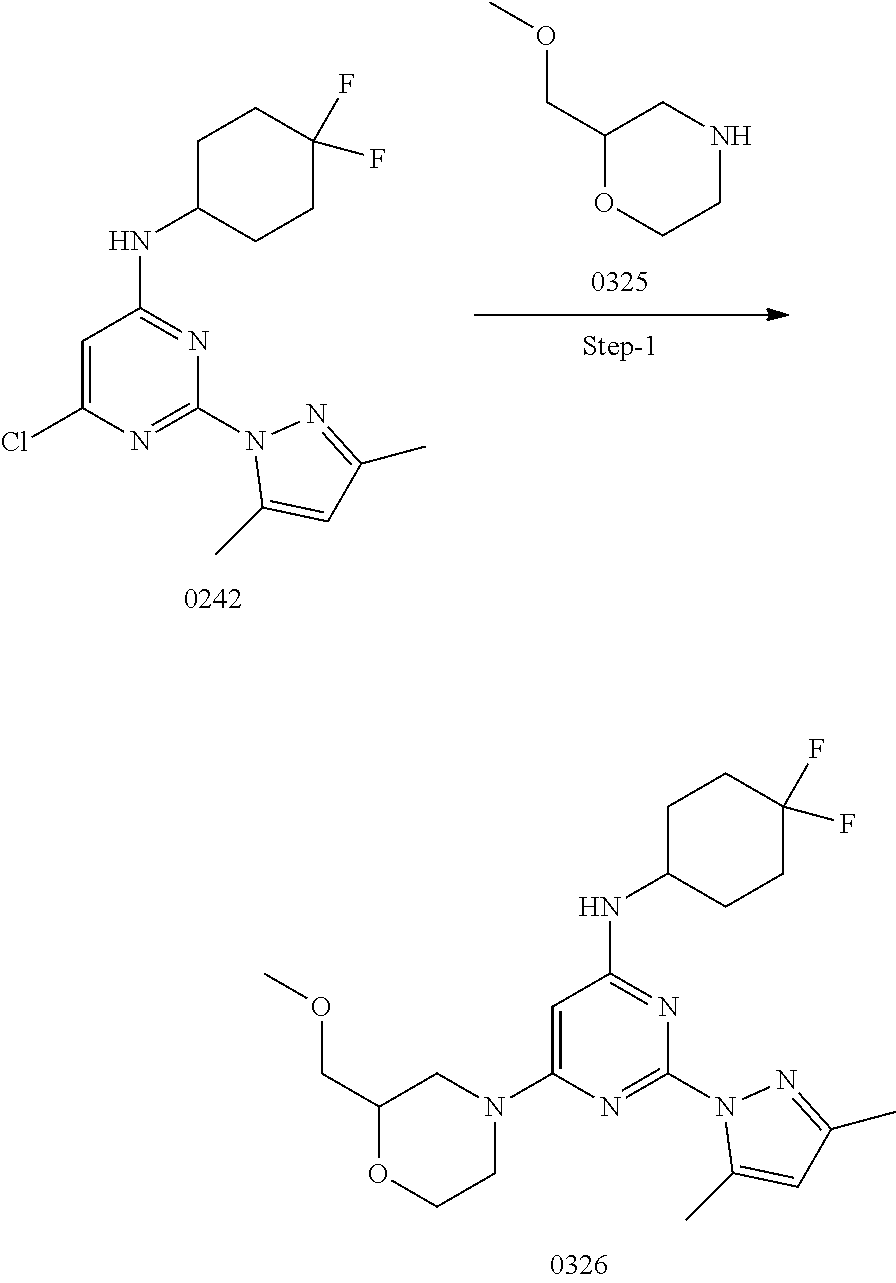
C01099

C01100

C01101
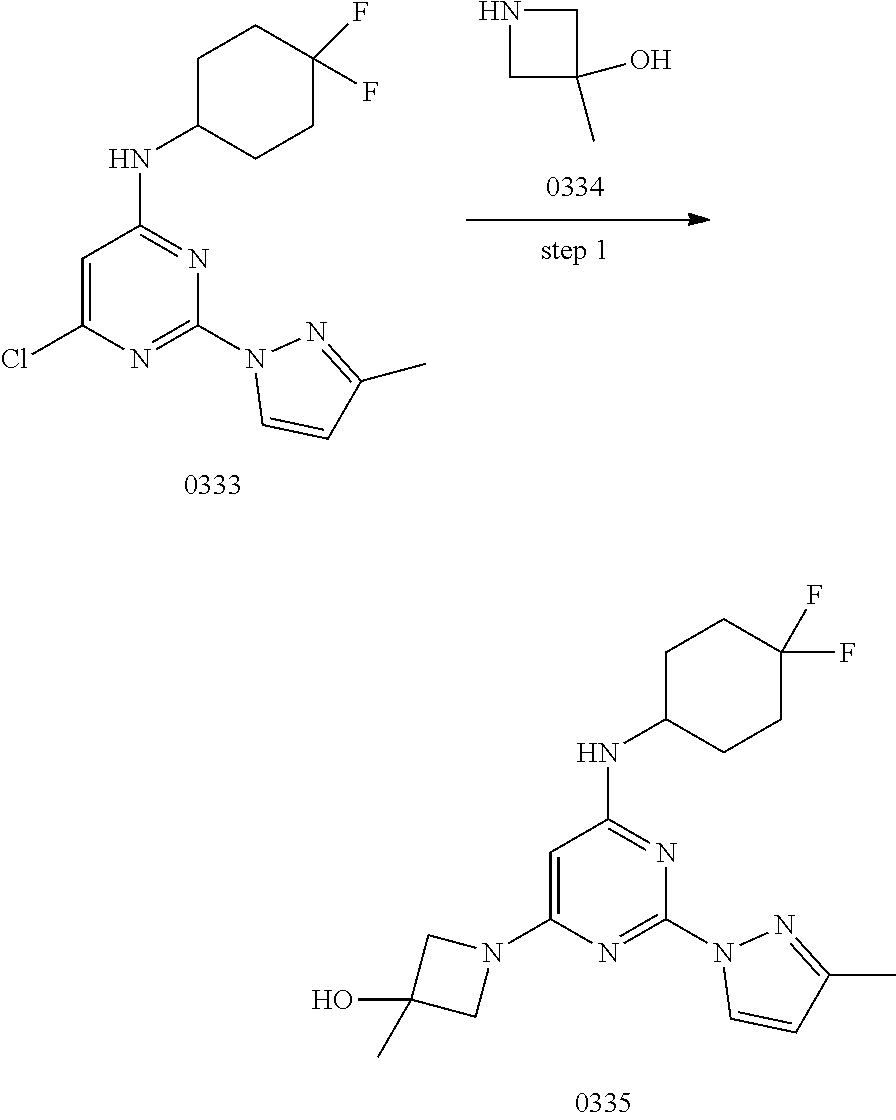
C01102
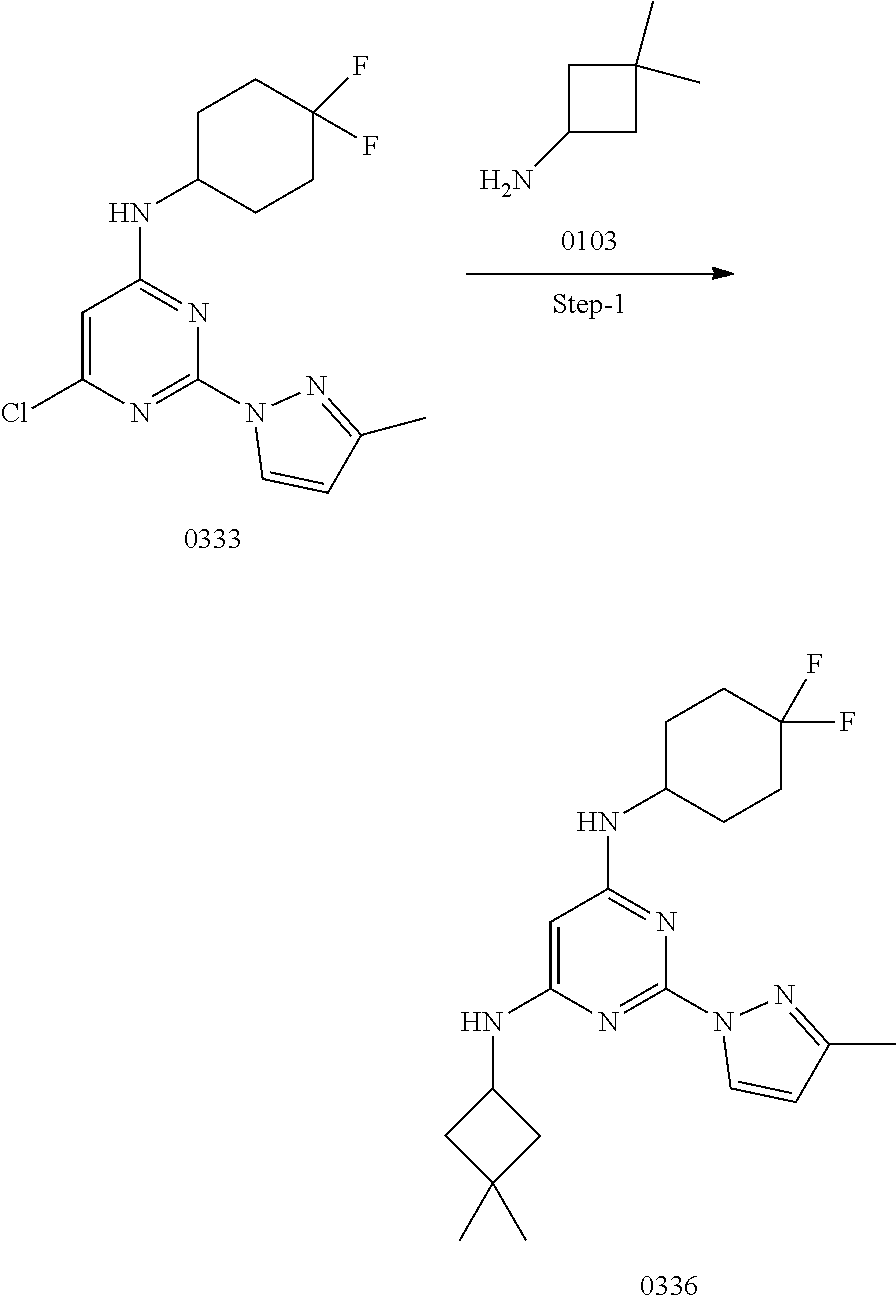
C01103

C01104

C01105

C01106

C01107

C01108

C01109

C01110
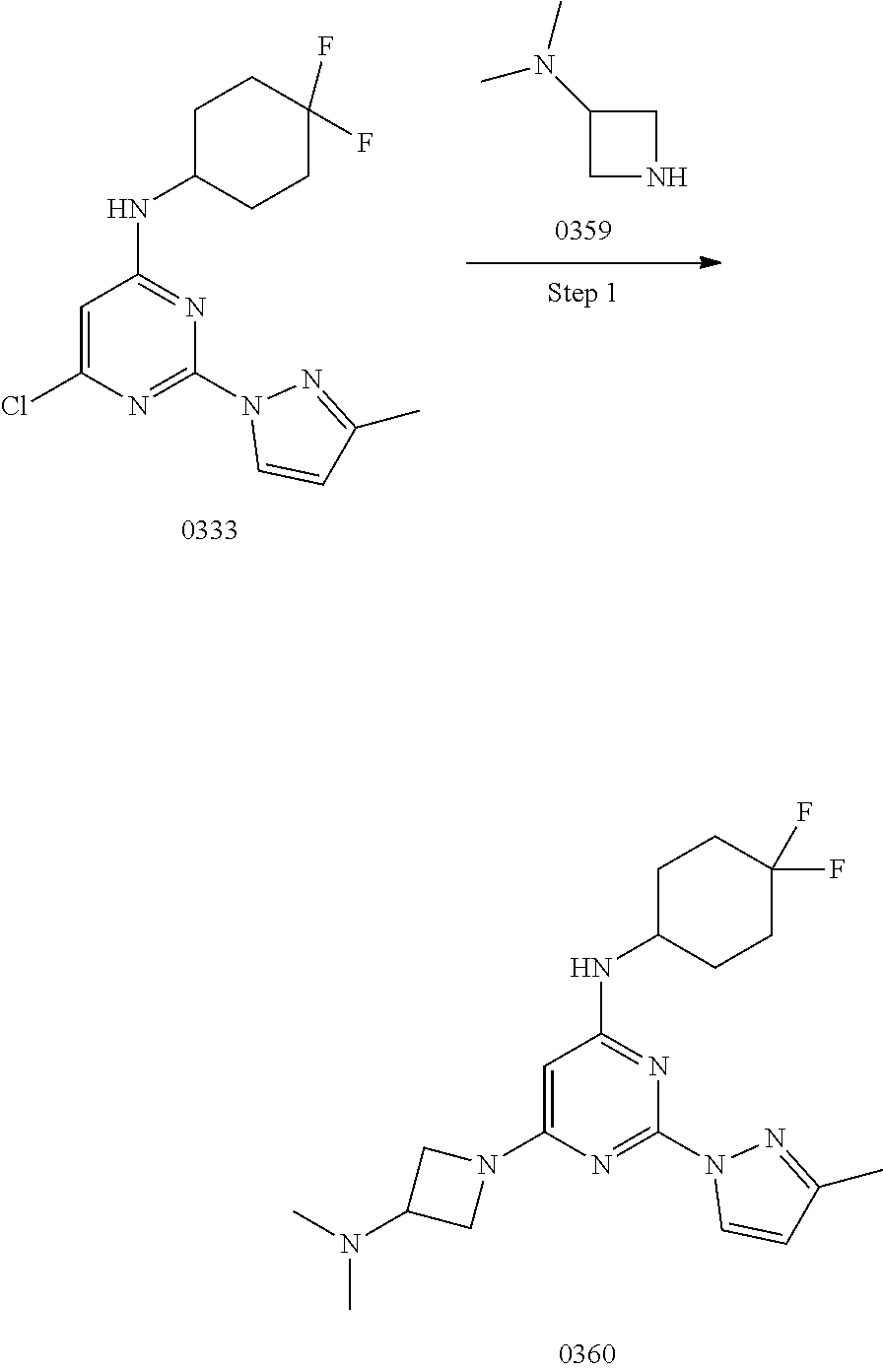
C01111

C01112

C01113

C01114

C01115

C01116

C01117

C01118

C01119

C01120
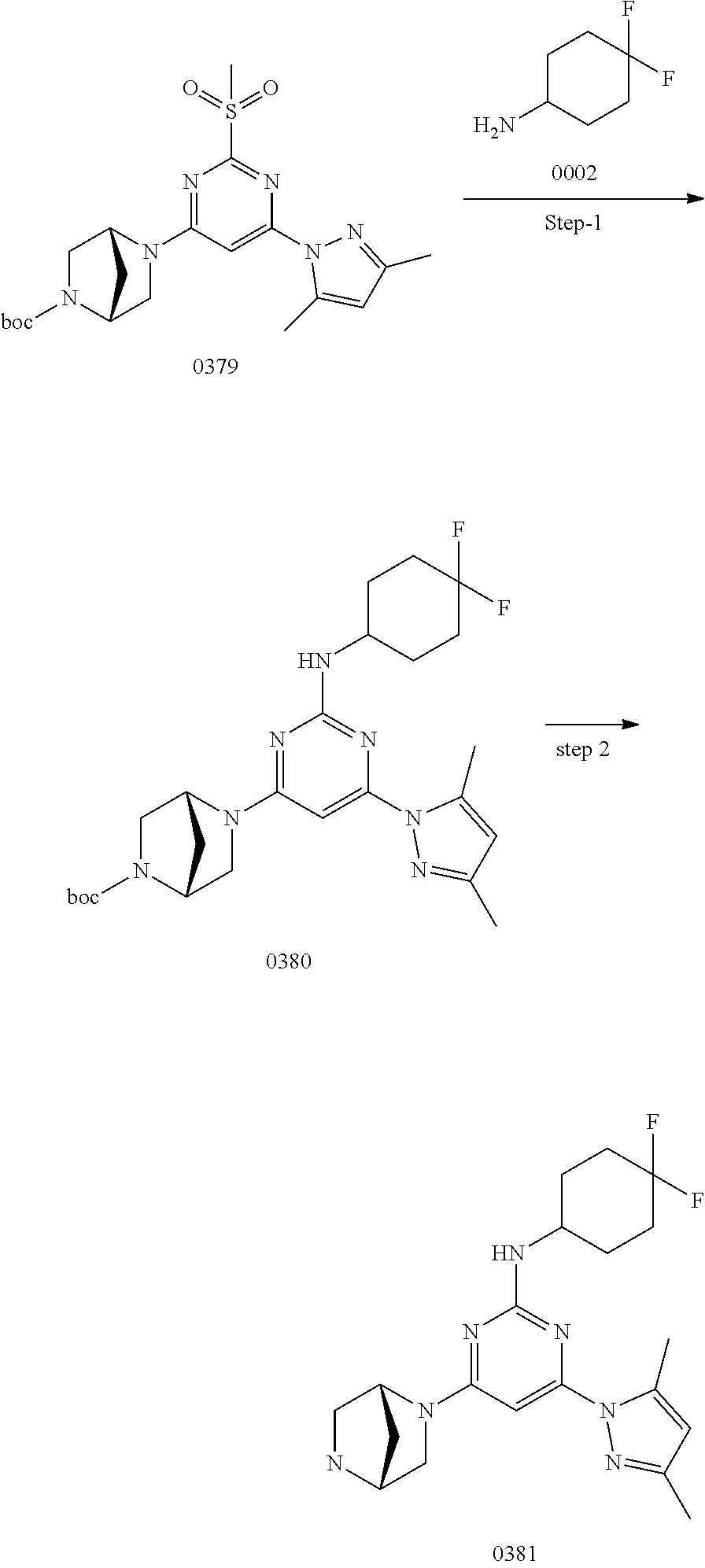
C01121

C01122

C01123

C01124

C01125

C01126

C01127

C01128

C01129

C01130

C01131

C01132
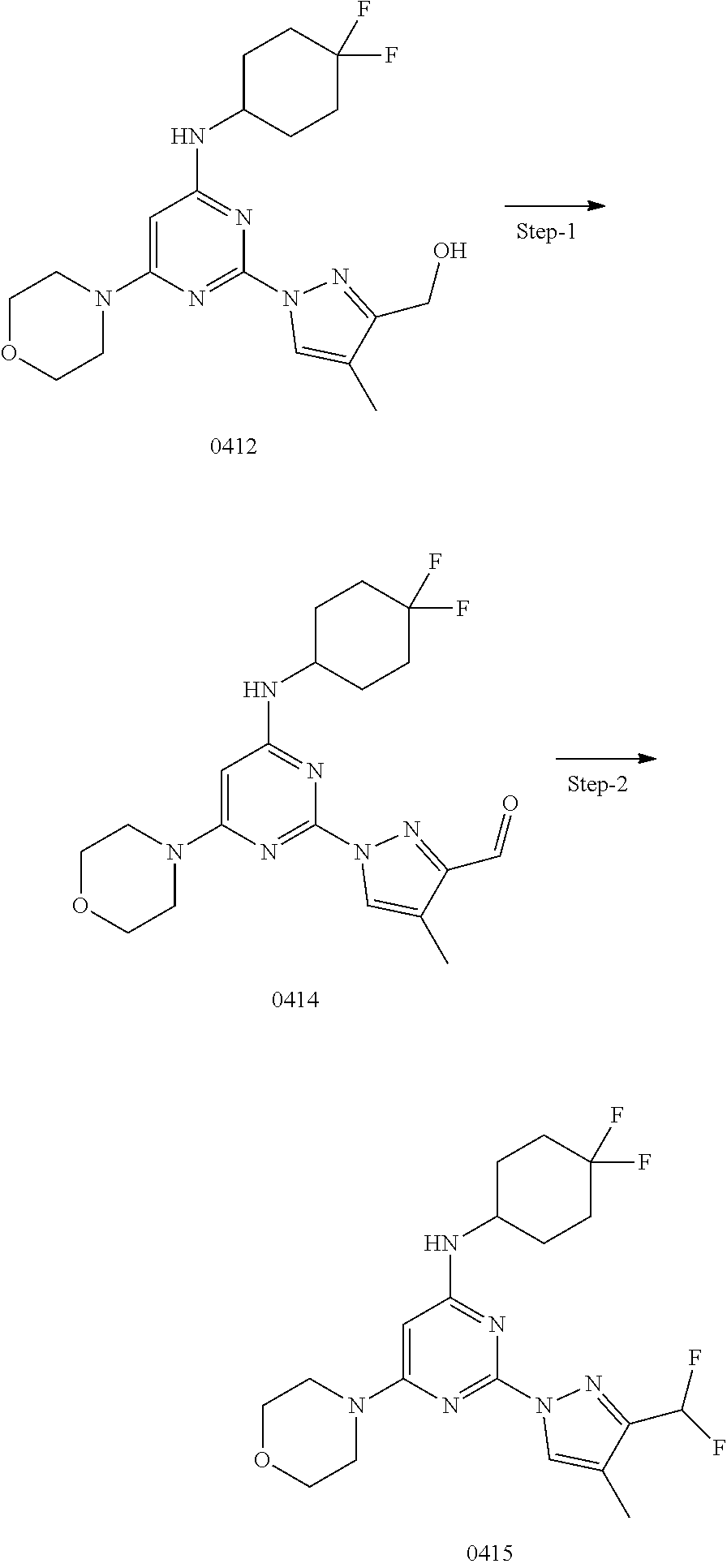
C01133
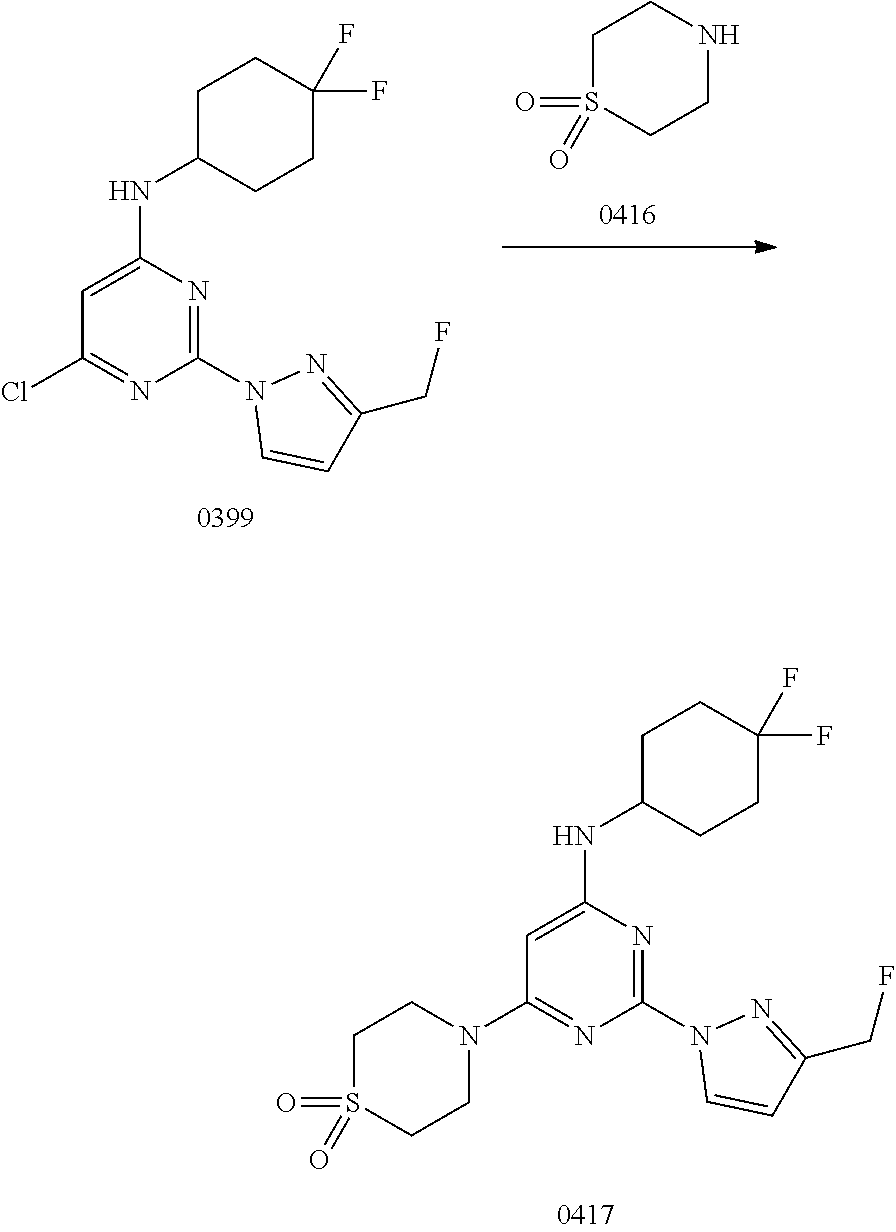
C01134

C01135

C01136

C01137

C01138
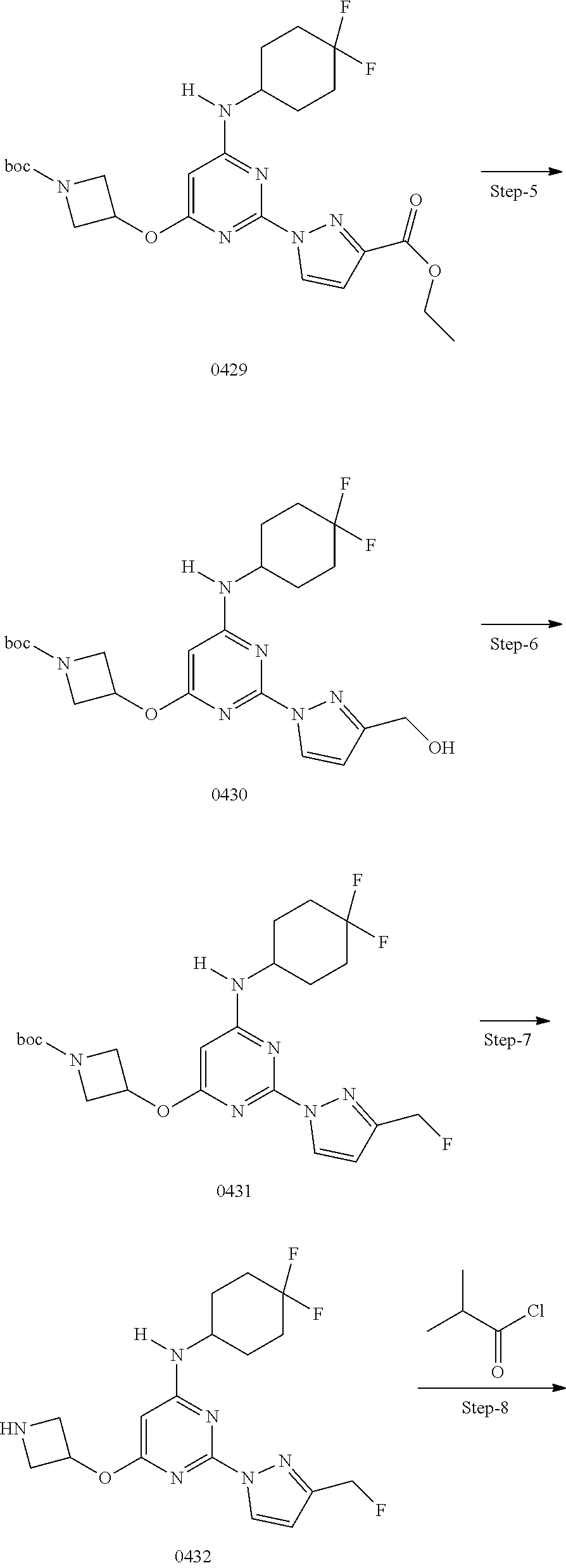
C01139

C01140

C01141

C01142

C01143

C01144

C01145

C01146

C01147

C01148
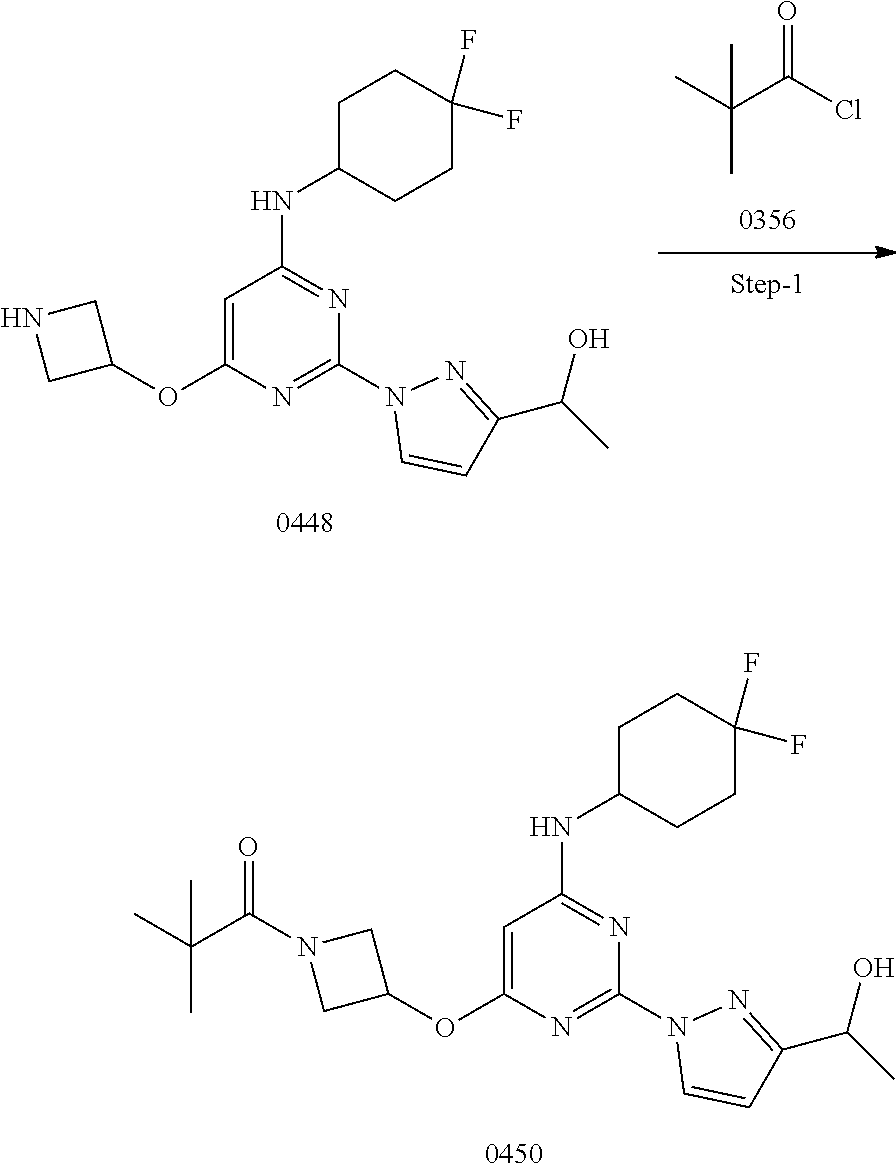
C01149

C01150

C01151
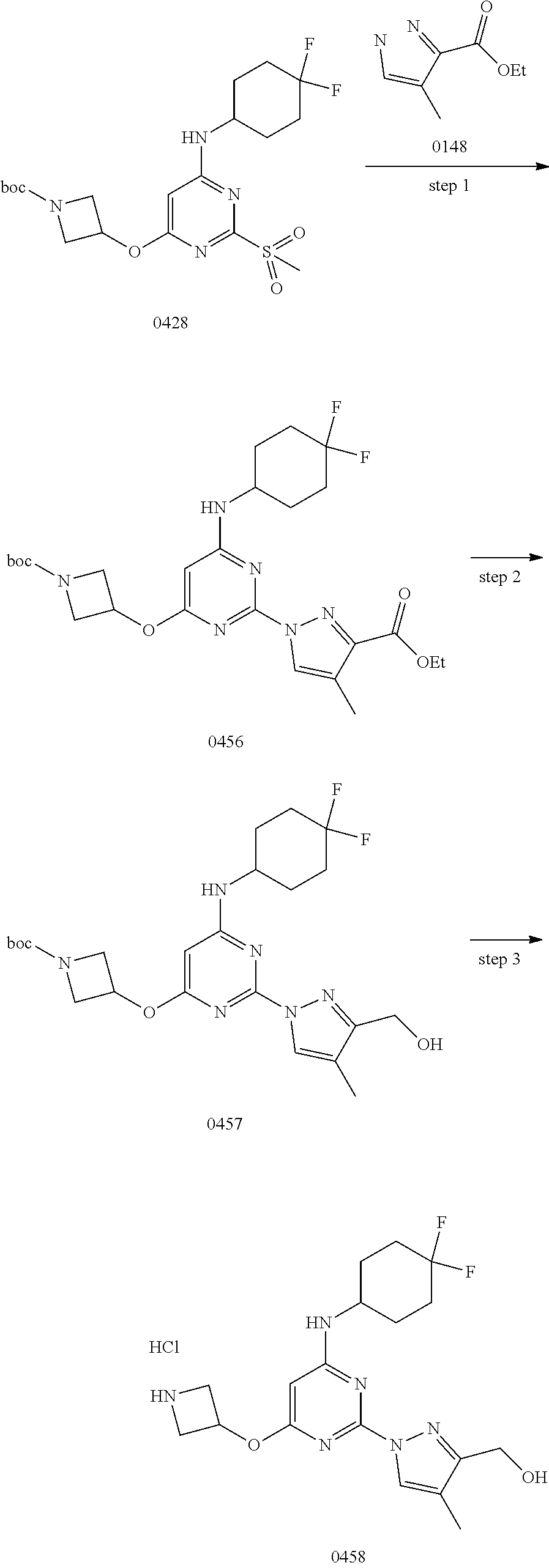
C01152

C01153

C01154
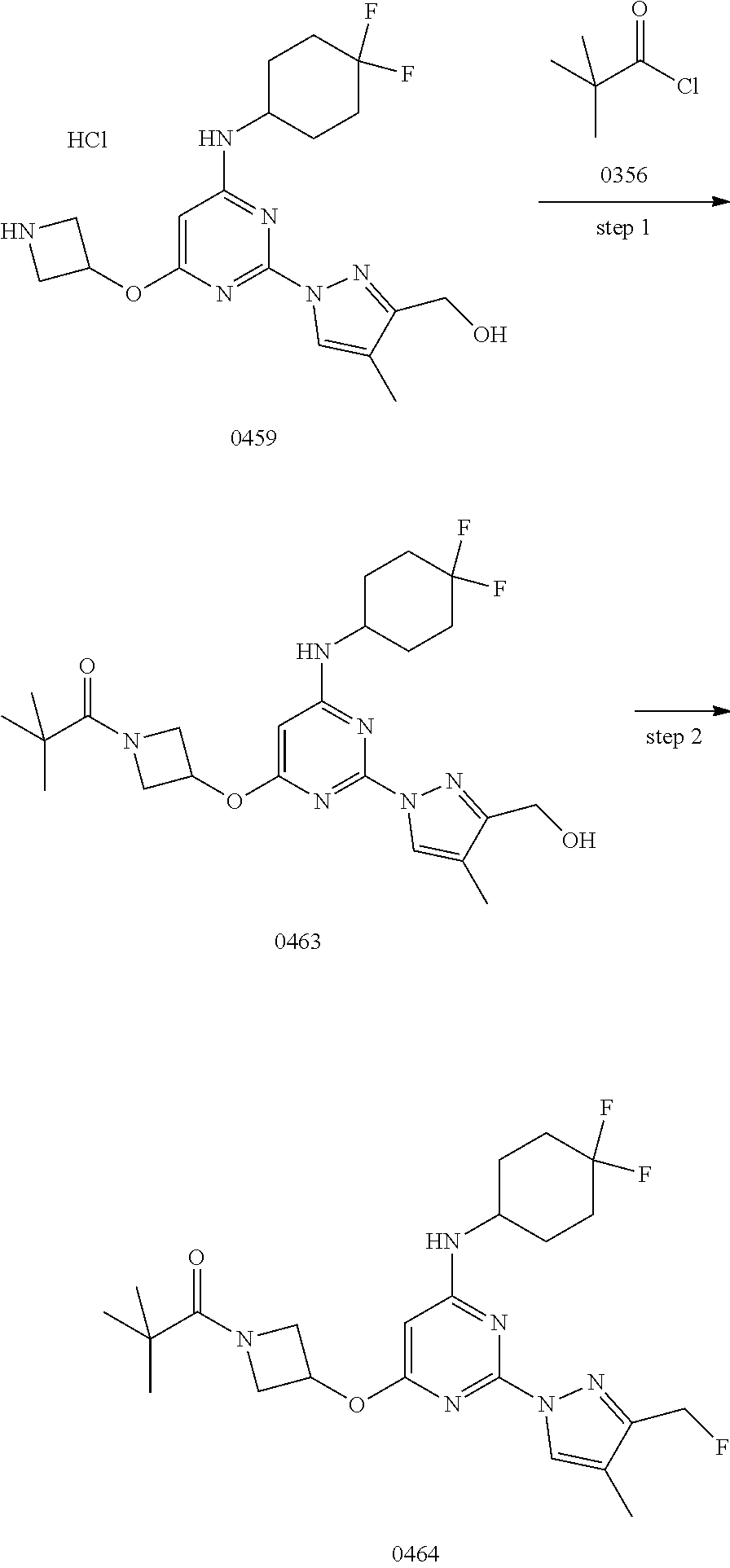
C01155

C01156

C01157

C01158

C01159

C01160
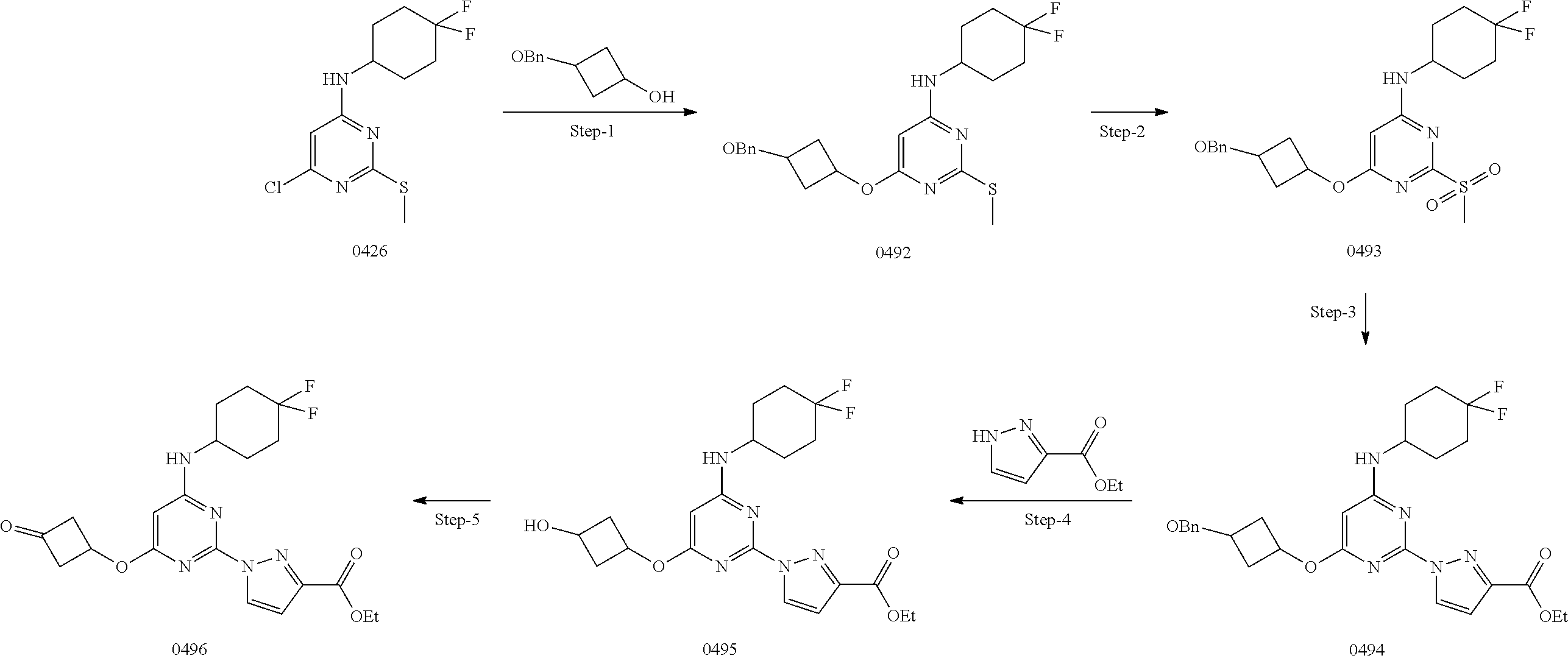
C01161

C01162

C01163

C01164

C01165

C01166

C01167

C01168

C01169

C01170
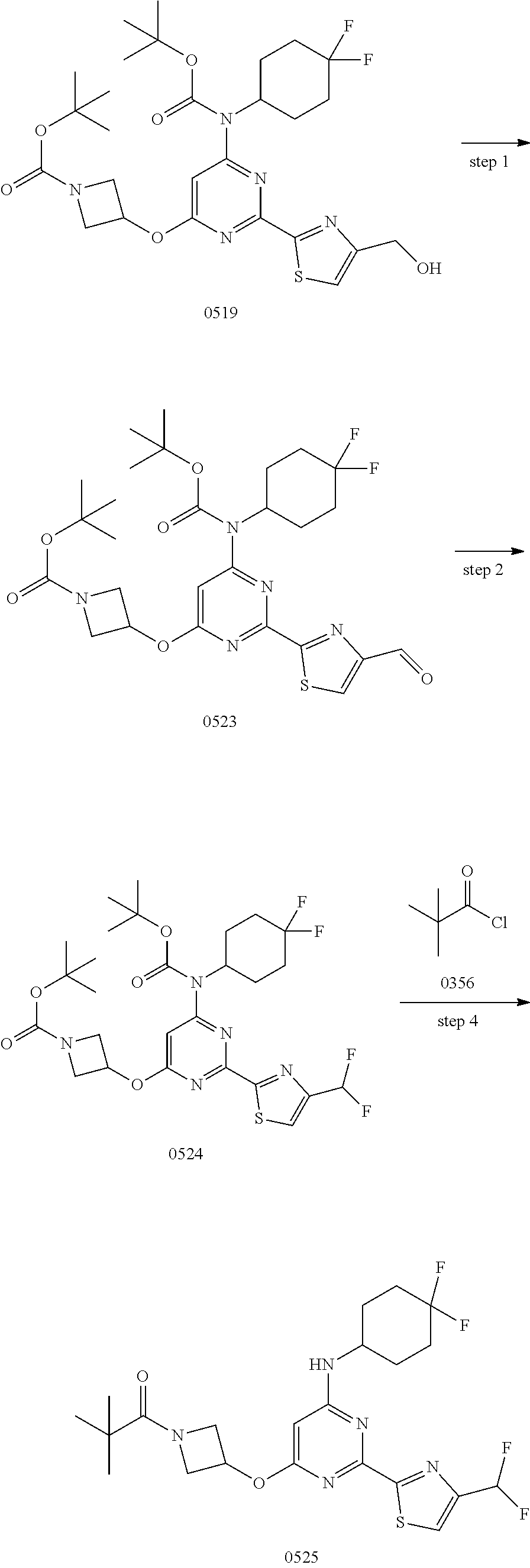
C01171
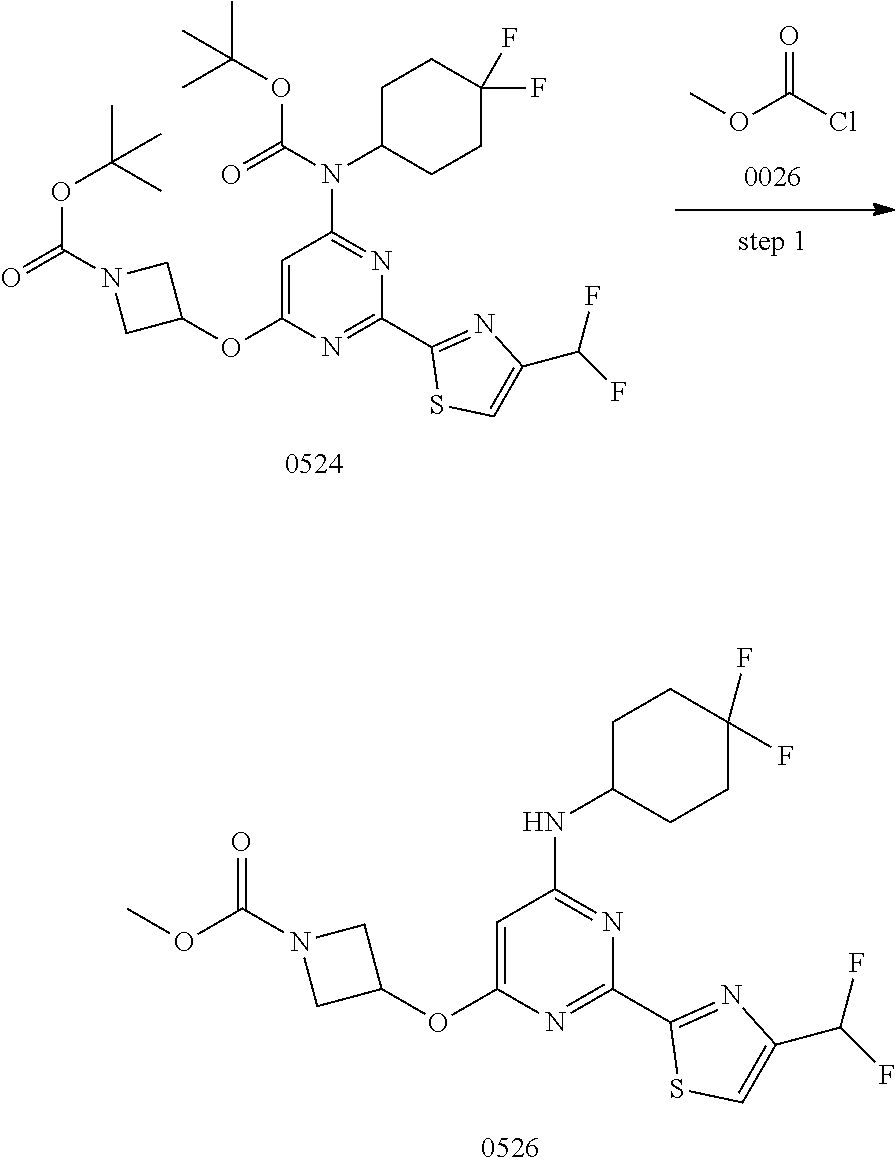
C01172
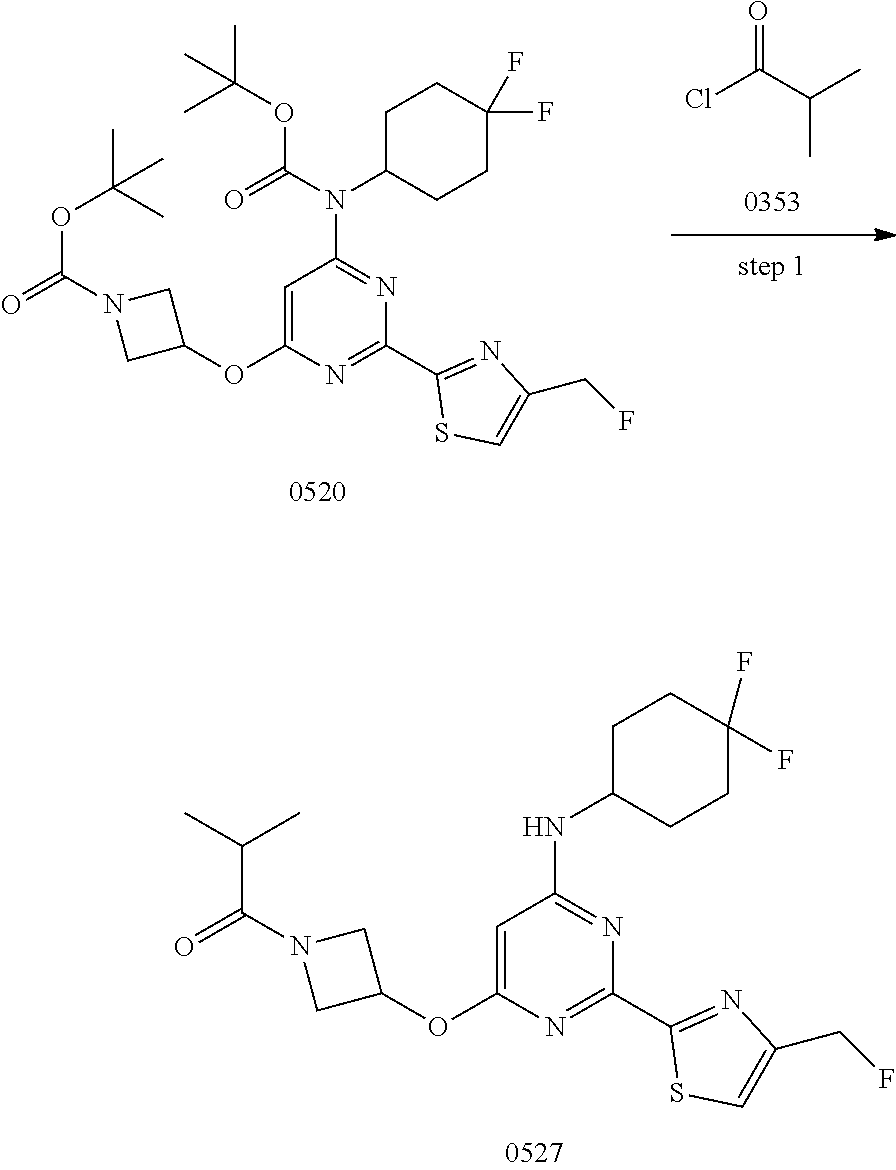
C01173

C01174

C01175

C01176

C01177

C01178

C01179
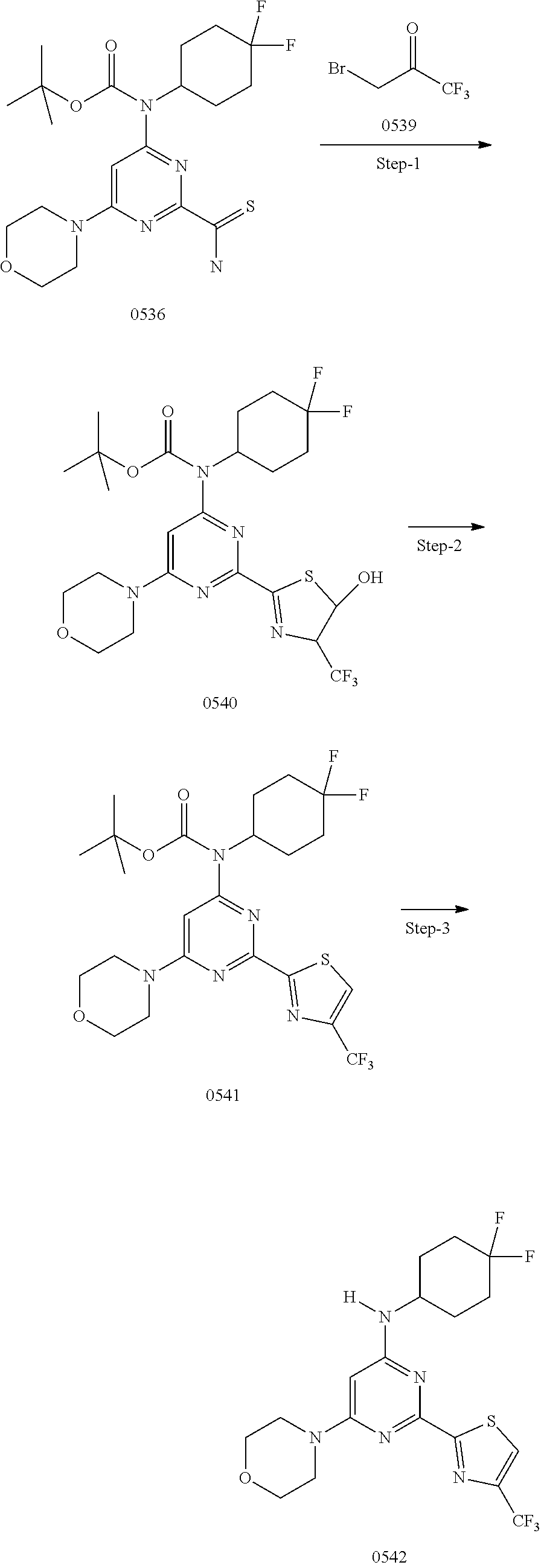
C01180

C01181

C01182

C01183

C01184
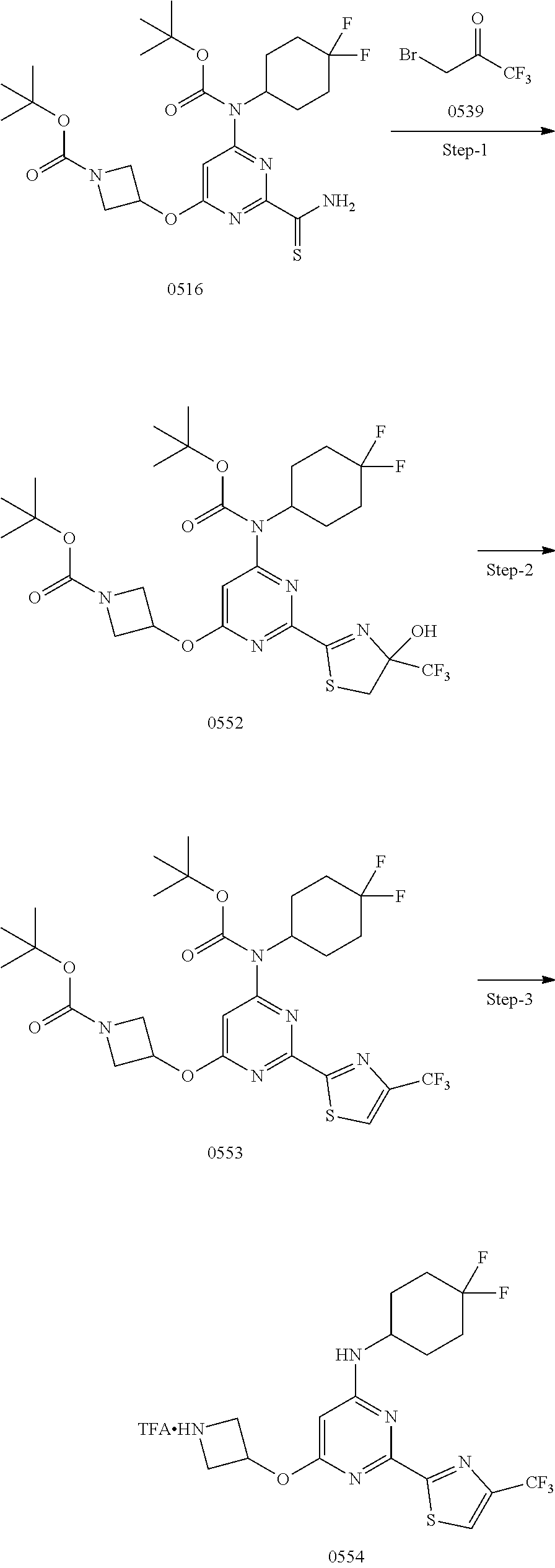
C01185

C01186

C01187
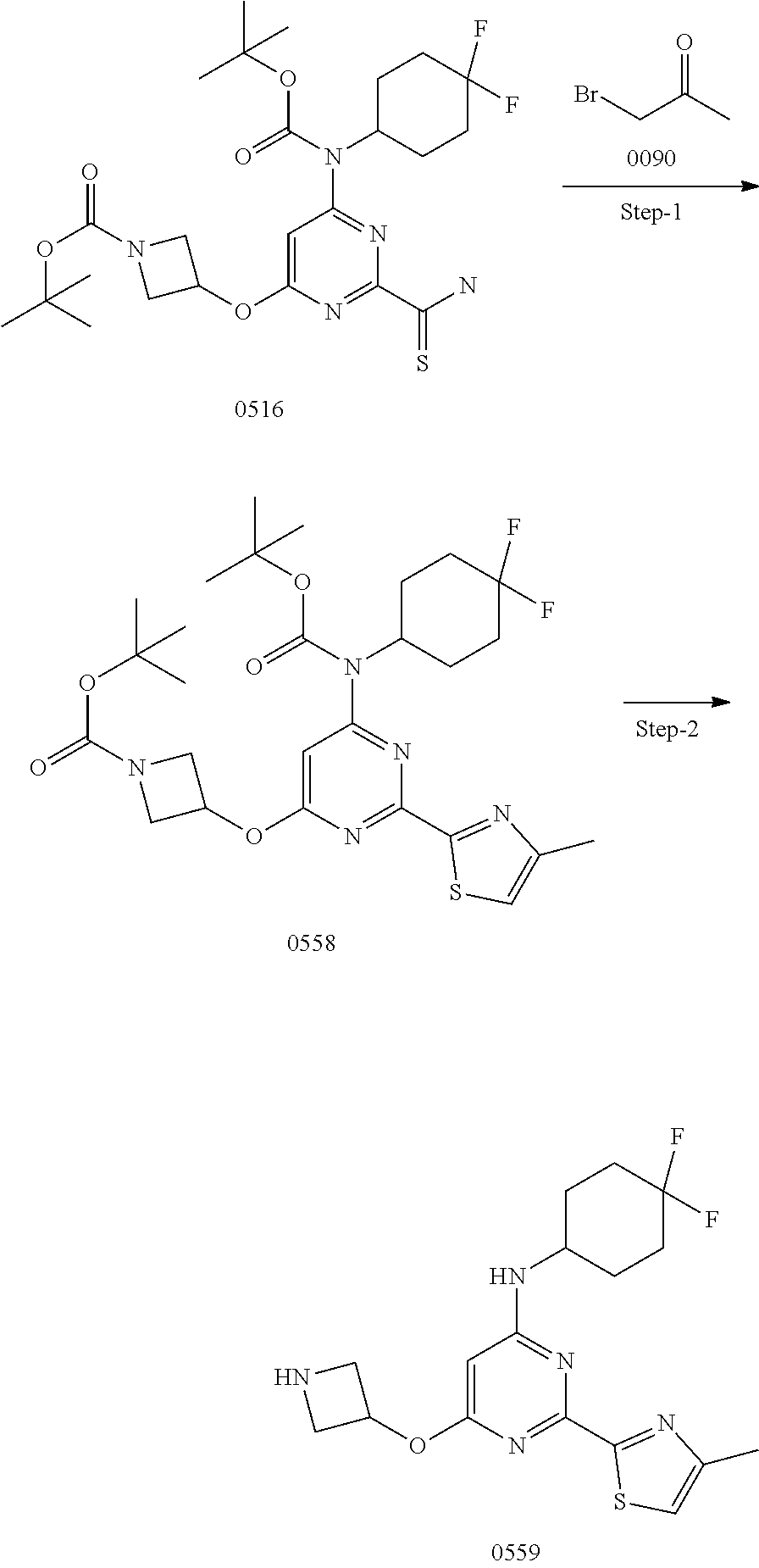
C01188

C01189

C01190

C01191

C01192

C01193
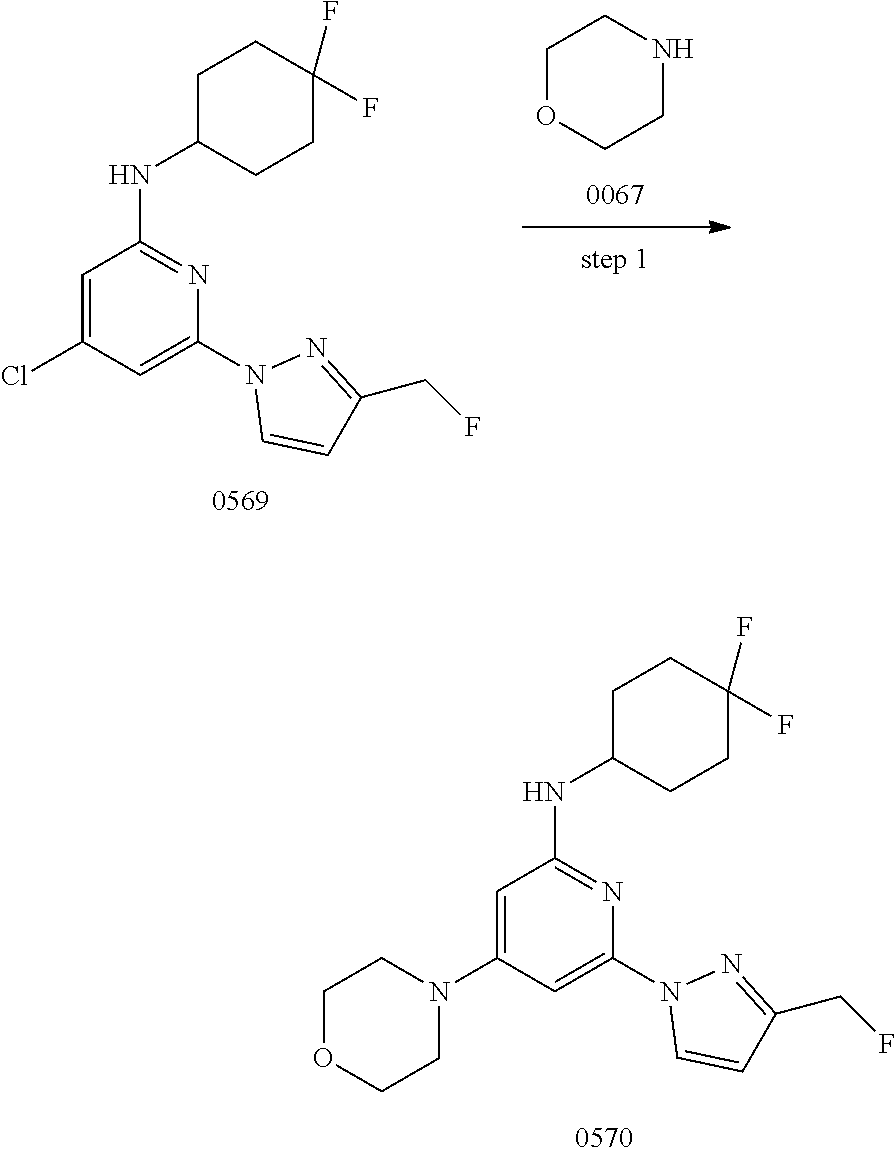
C01194

C01195
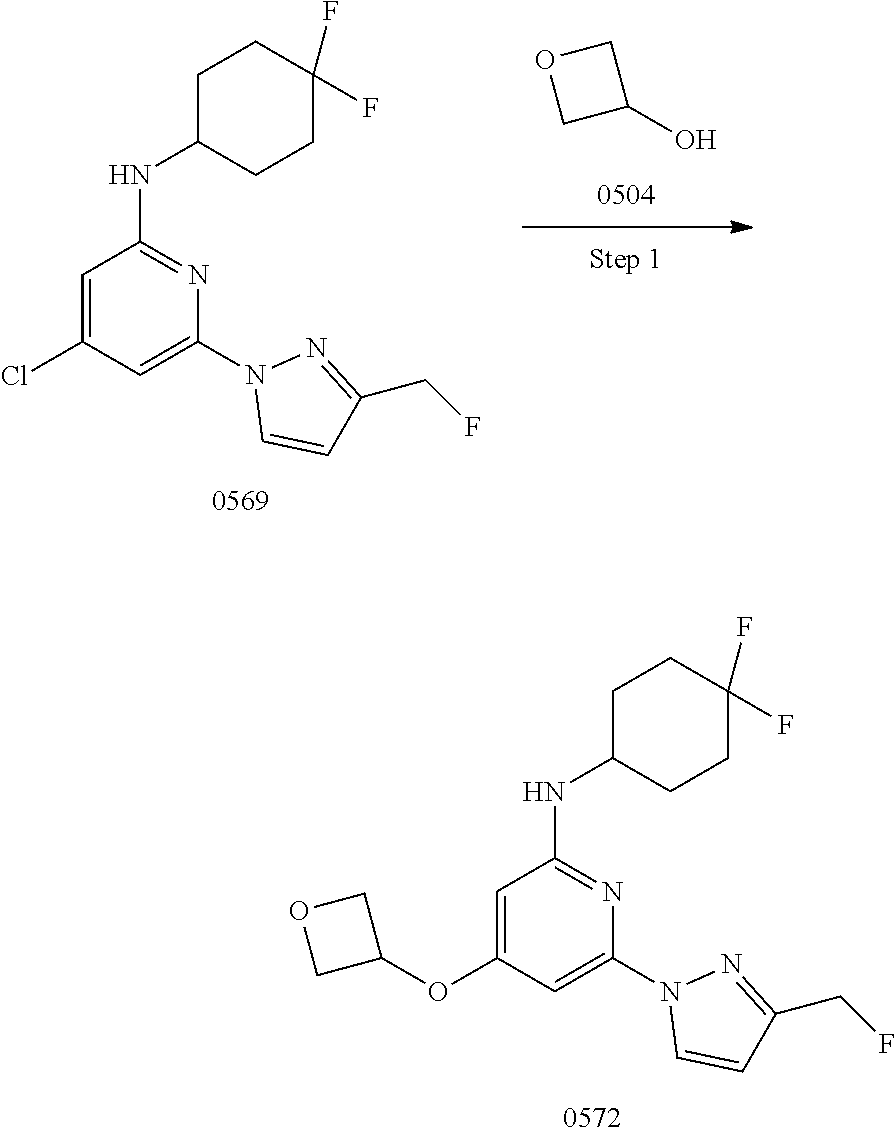
C01196

C01197
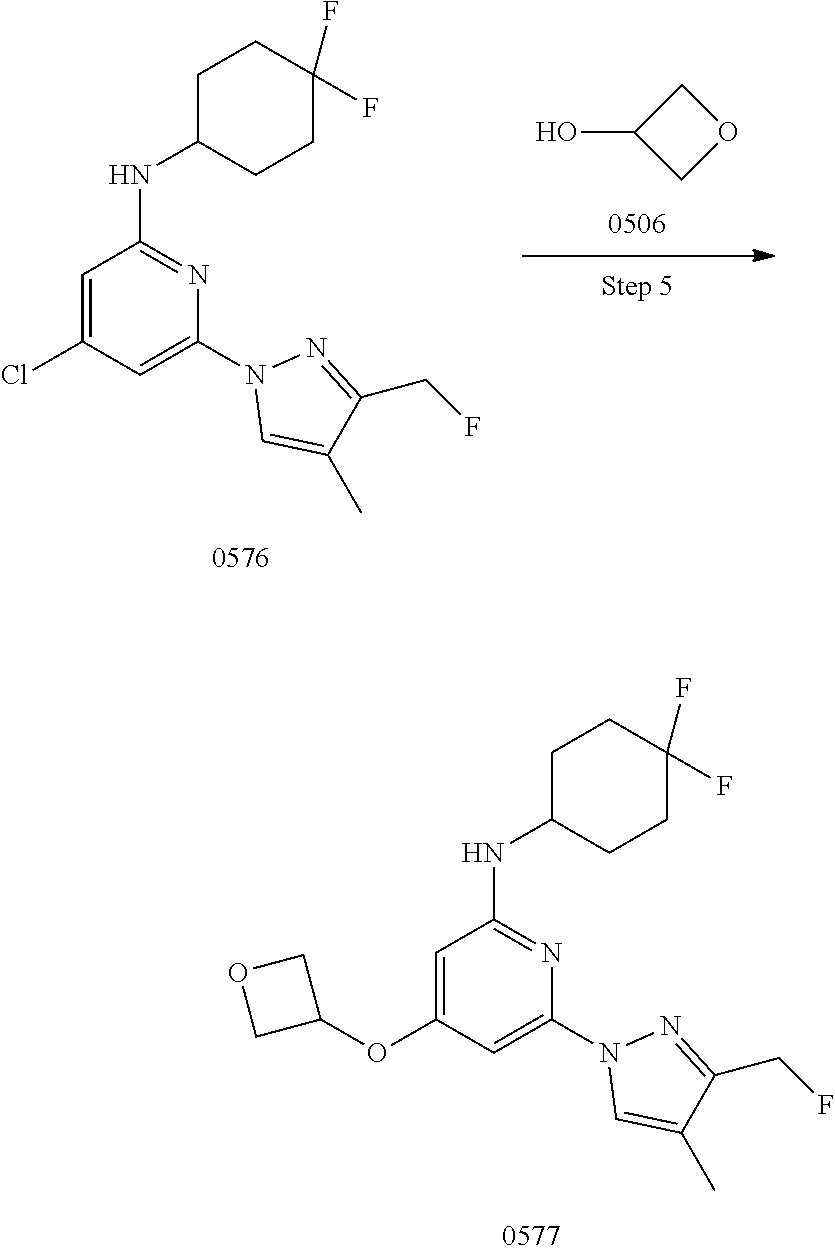
C01198

C01199

C01200

C01201

C01202

C01203

C01204

C01205

C01206

C01207

C01208

C01209

C01210

C01211

C01212

C01213

C01214

C01215

C01216

C01217
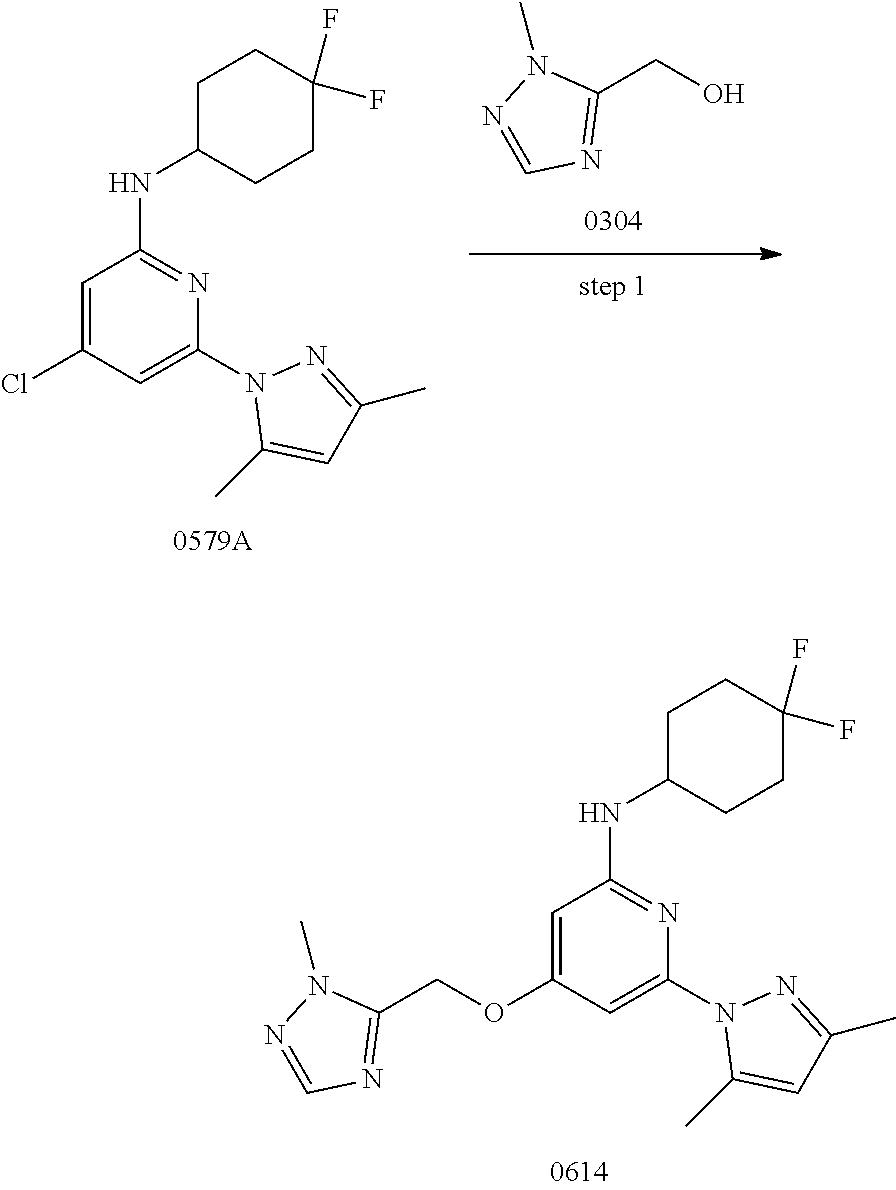
C01218

C01219

C01220
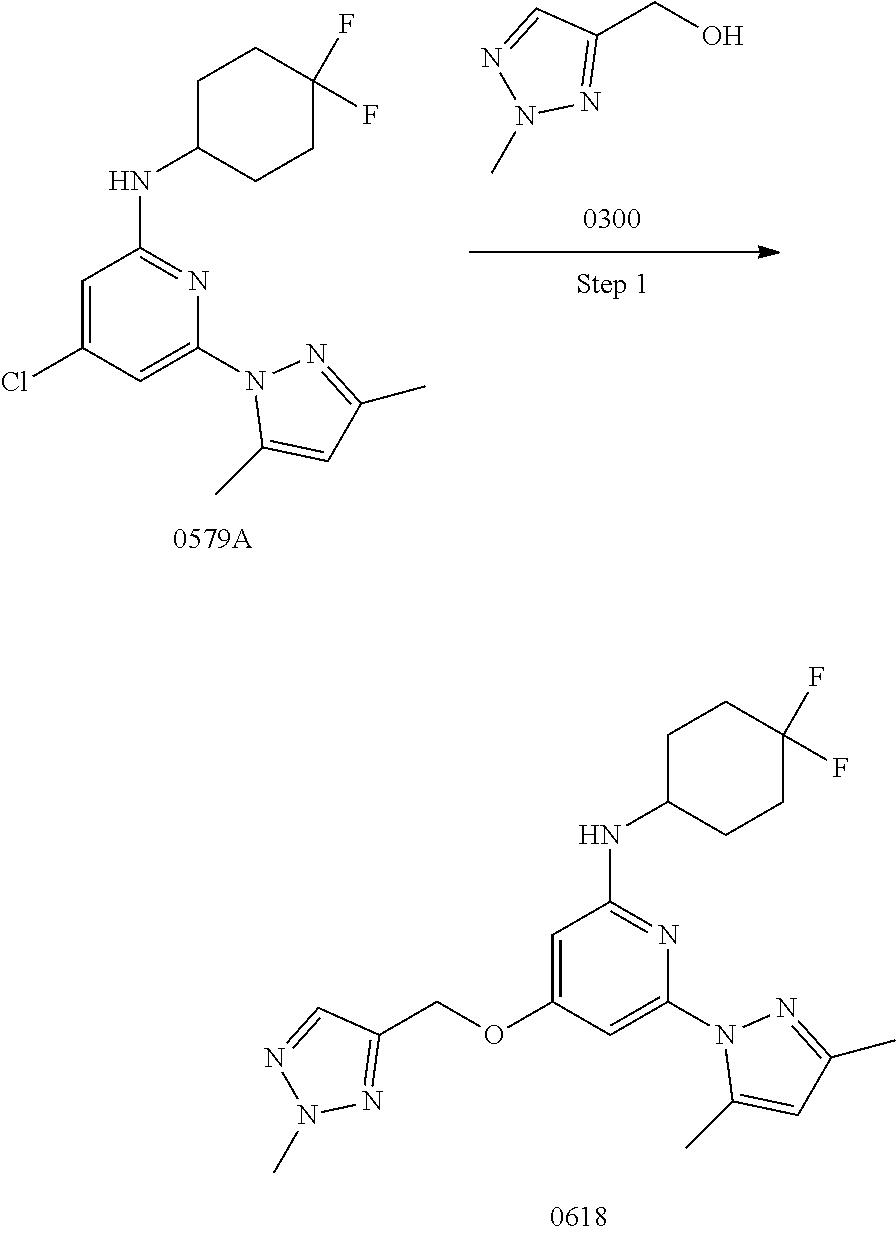
C01221
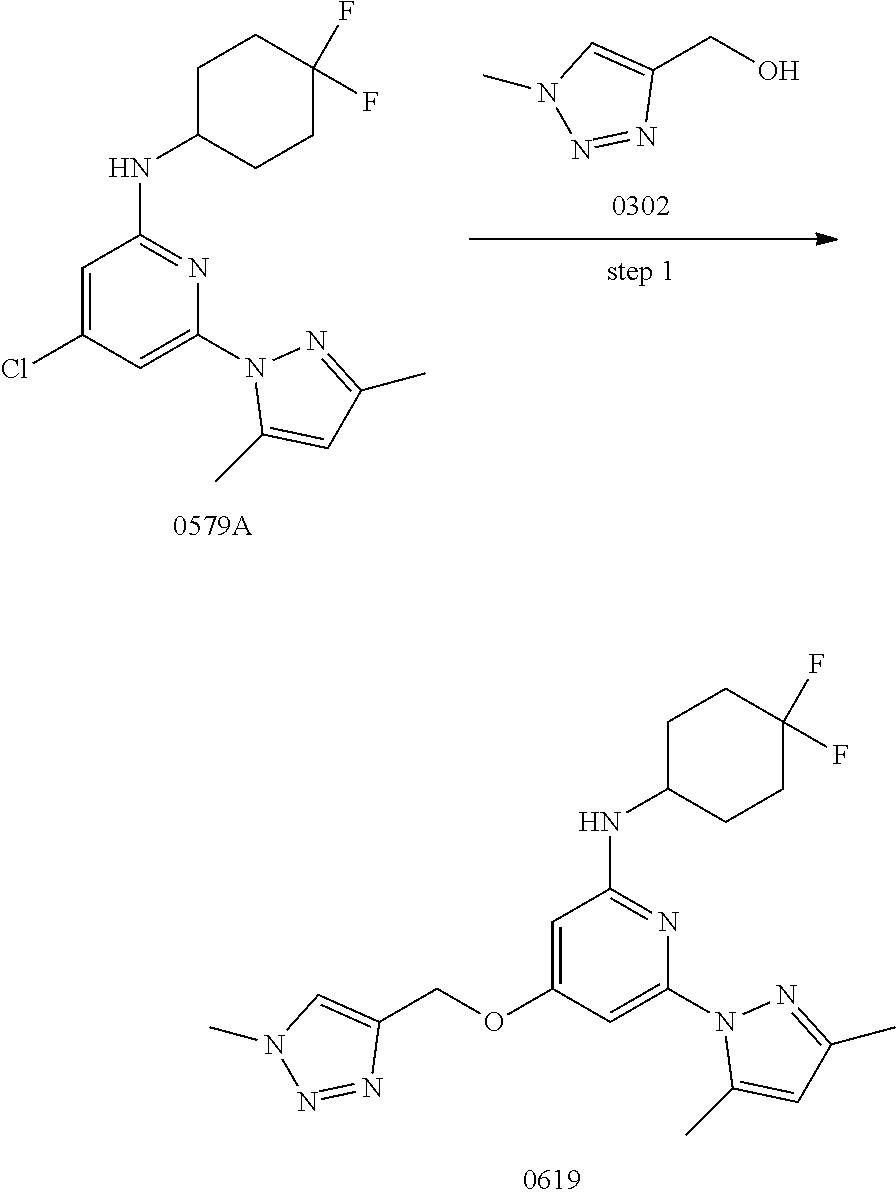
C01222
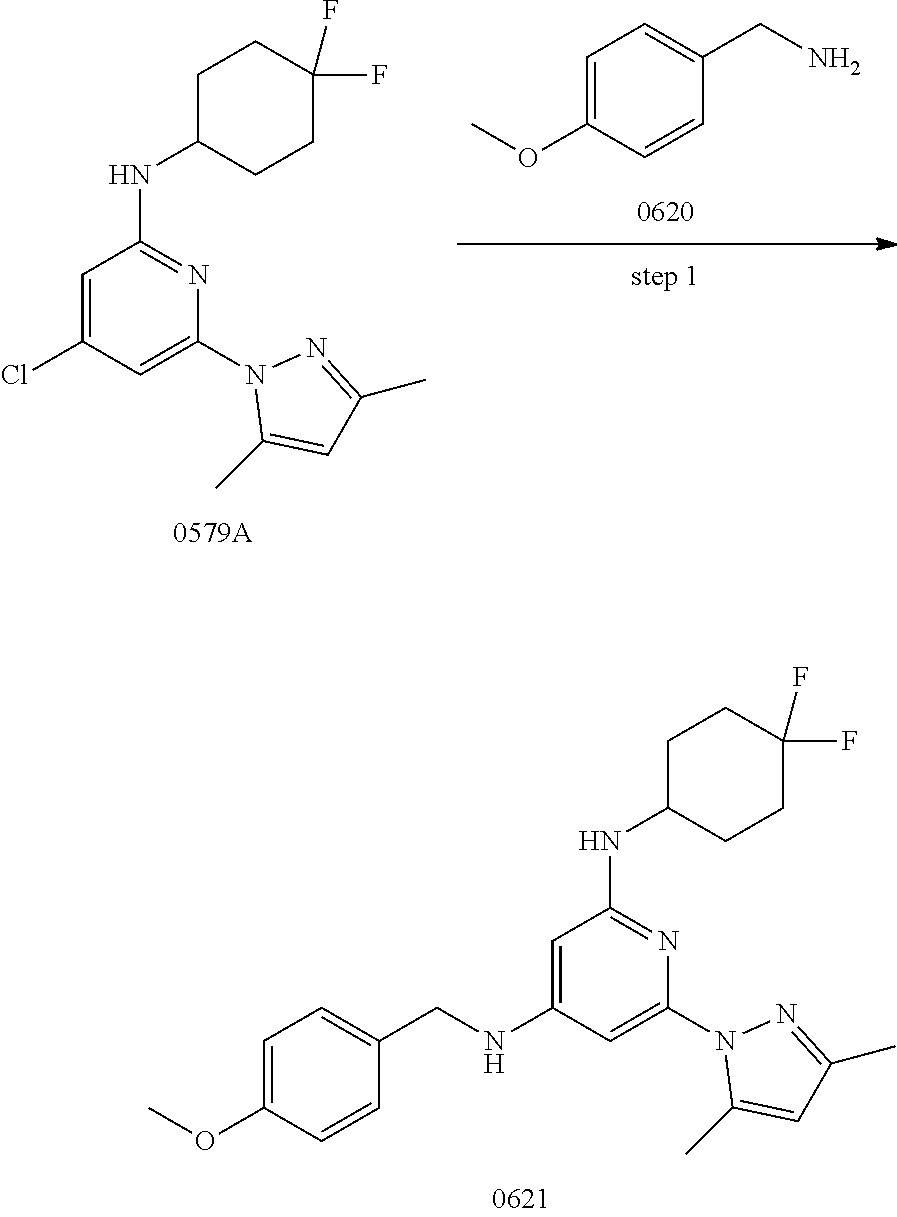
C01223

C01224
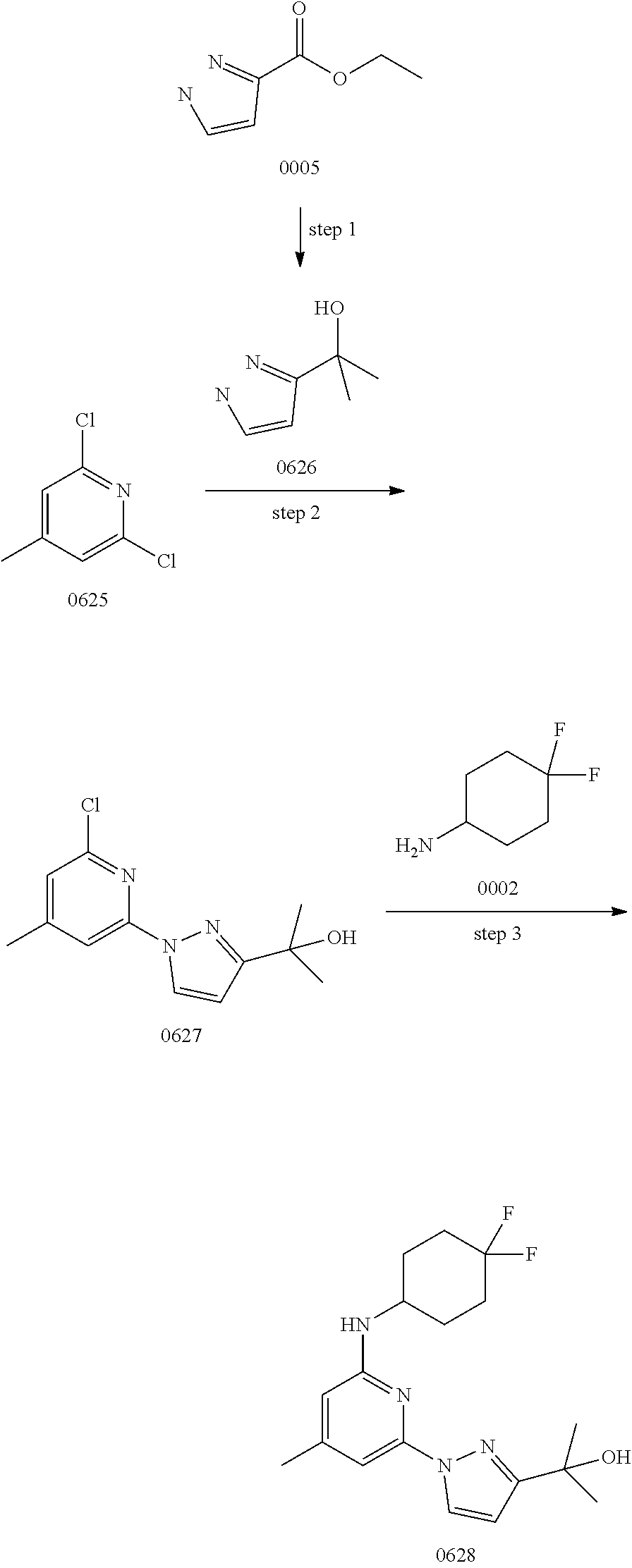
C01225

C01226

C01227

C01228

C01229

C01230

C01231

C01232

C01233
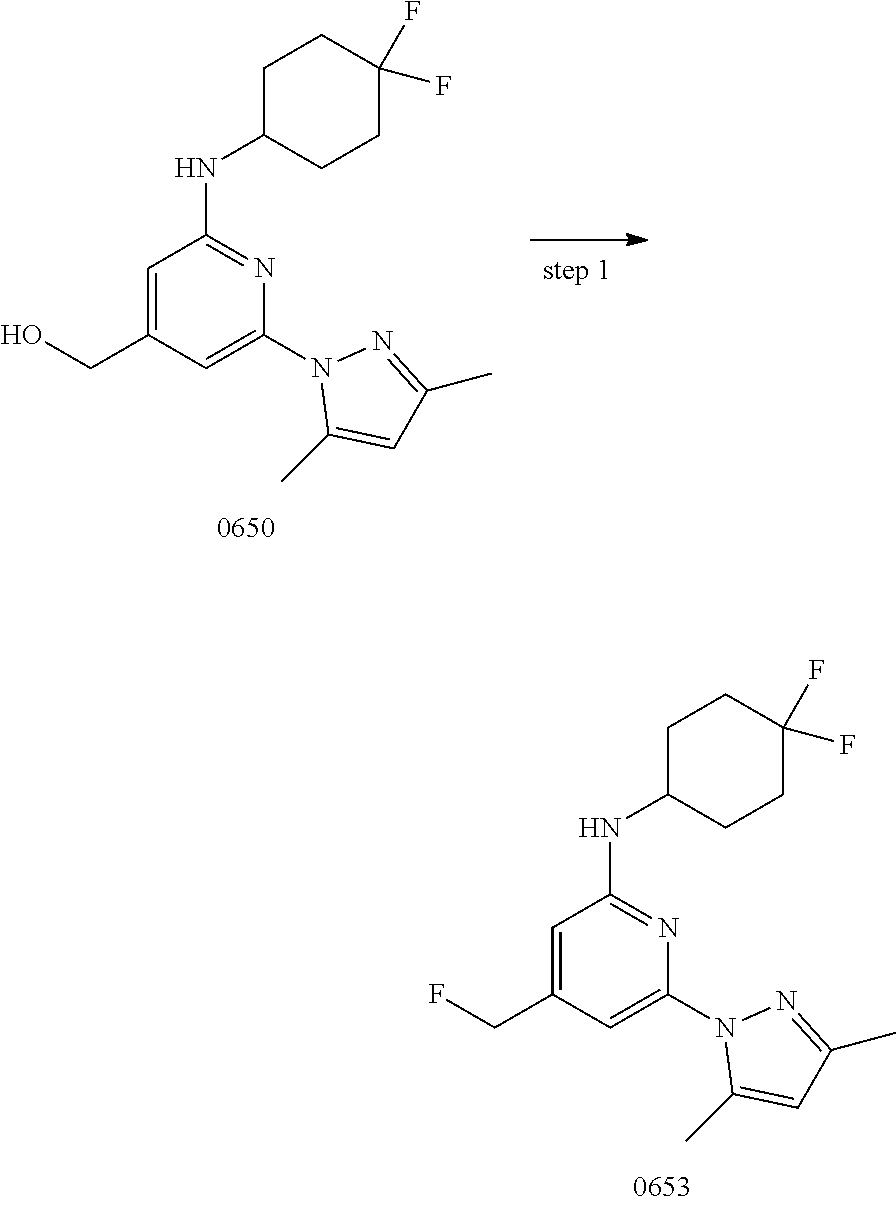
C01234
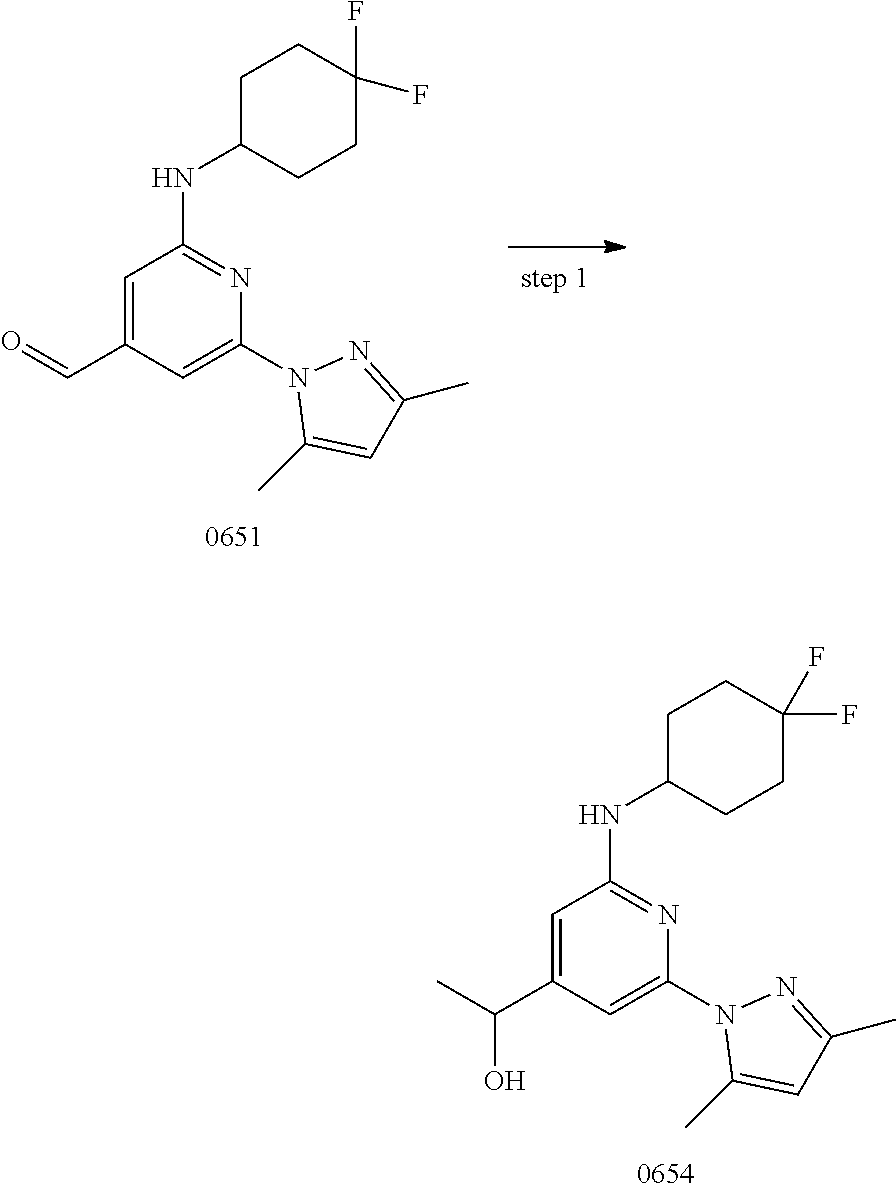
C01235

C01236

C01237

C01238
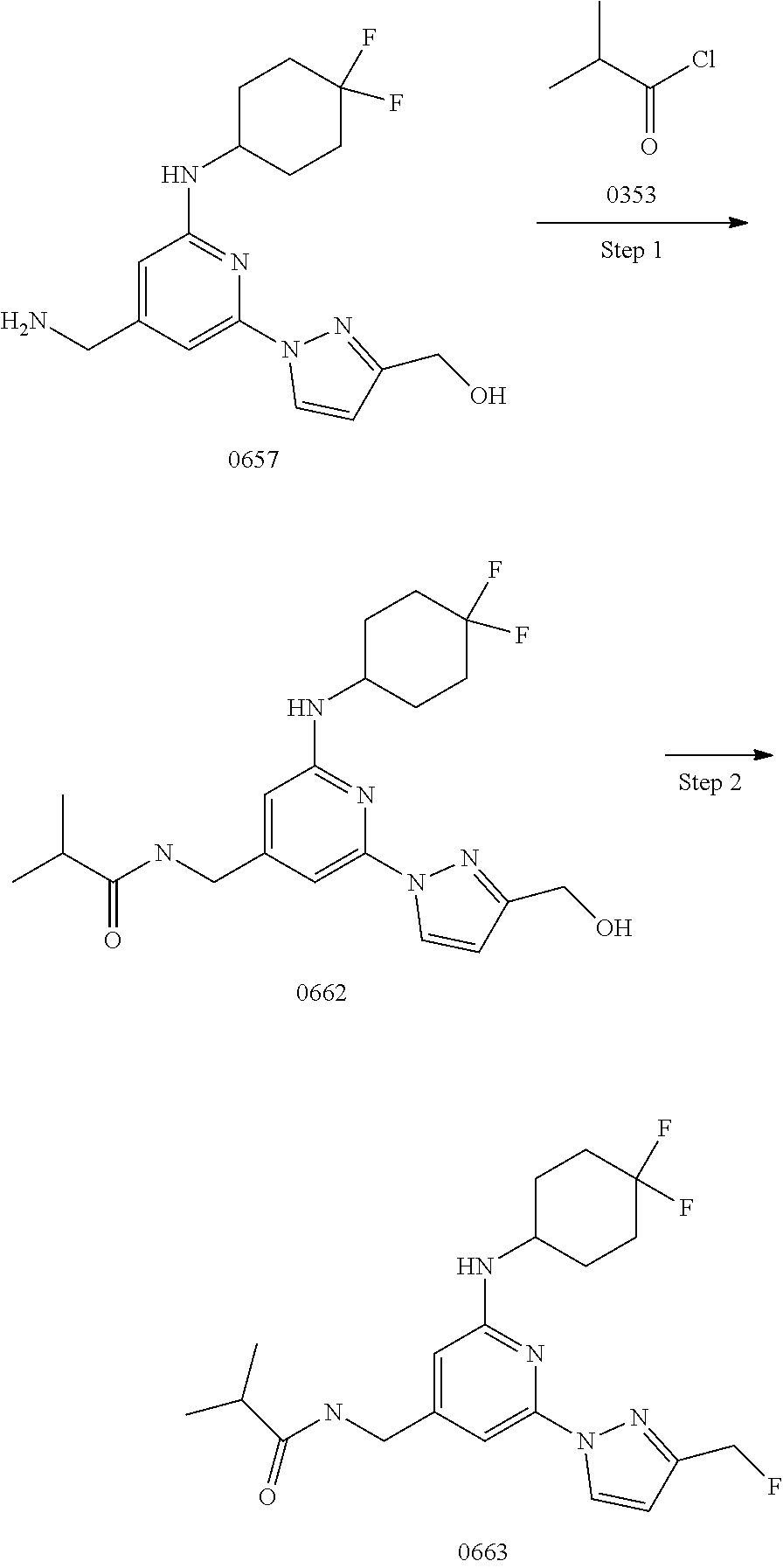
C01239

C01240
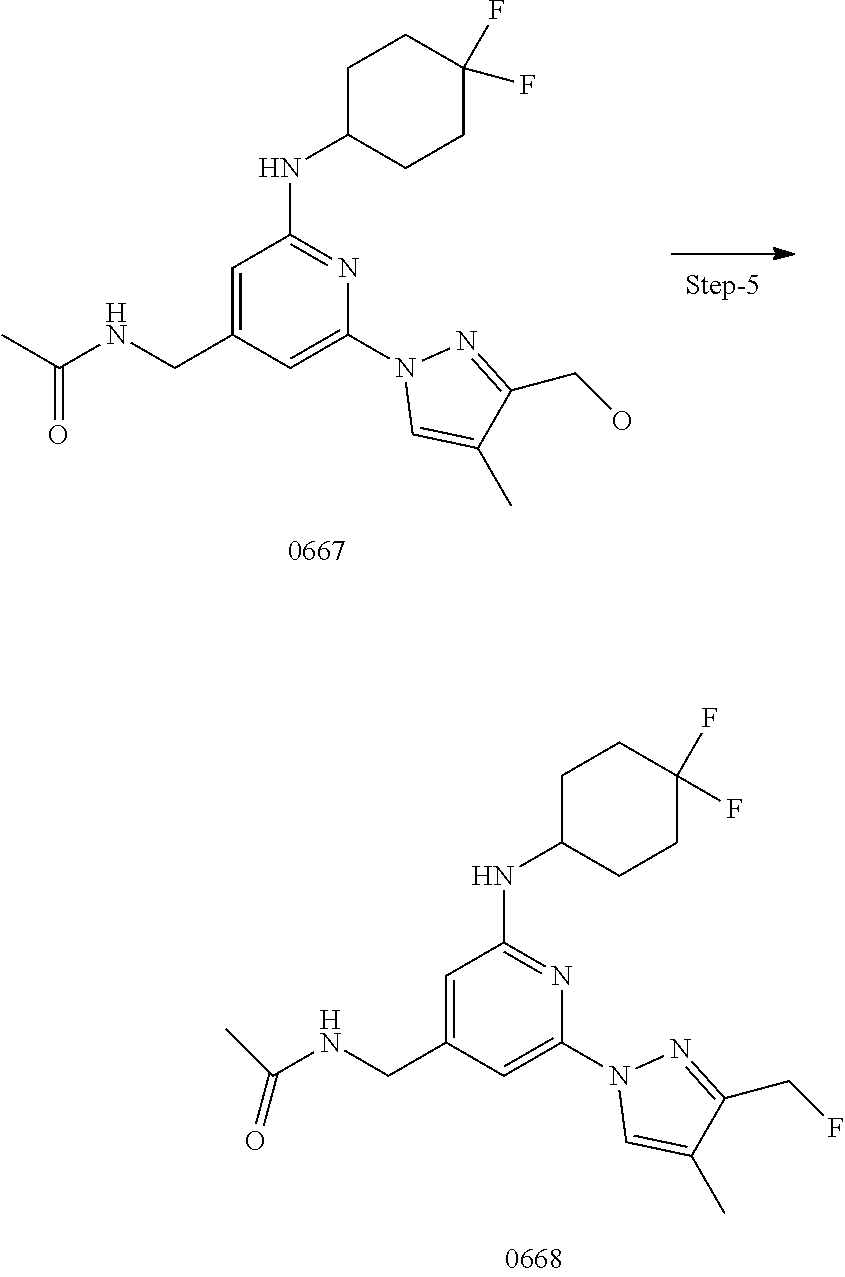
C01241

C01242

C01243

C01244

C01245
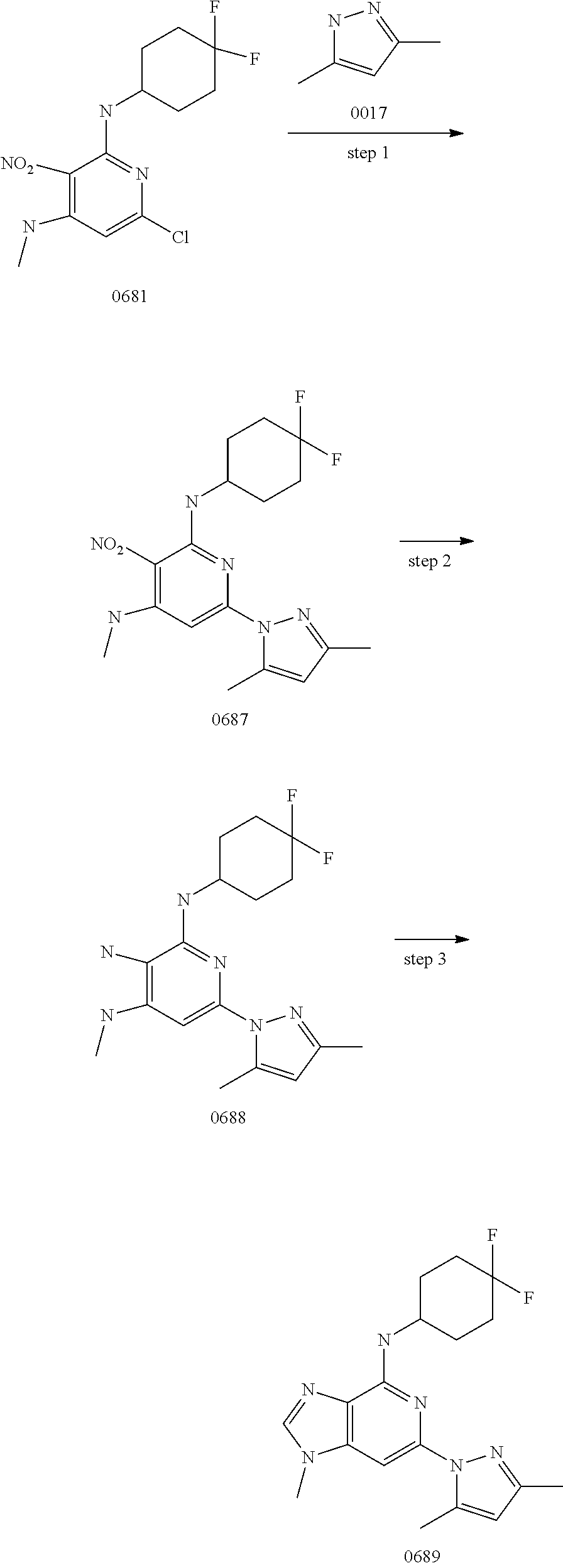
C01246

C01247
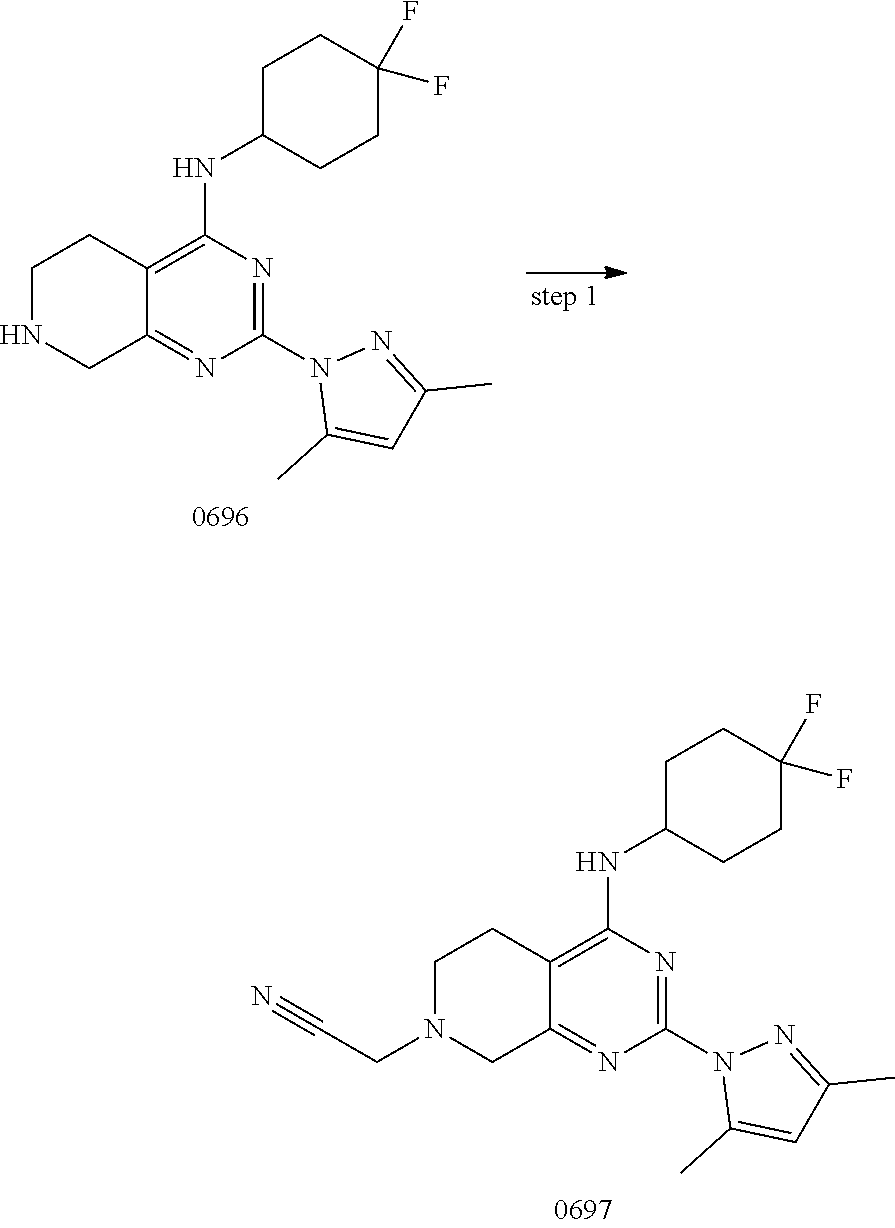
C01248

C01249

C01250

C01251
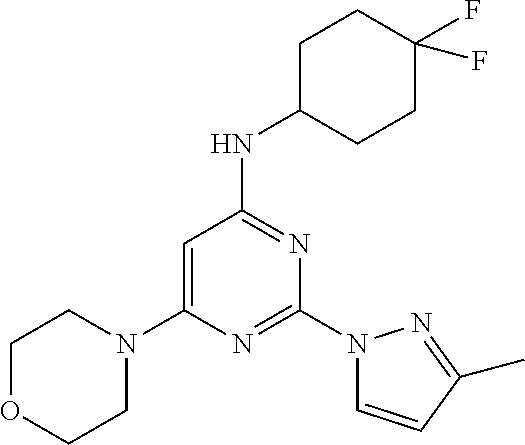
C01252
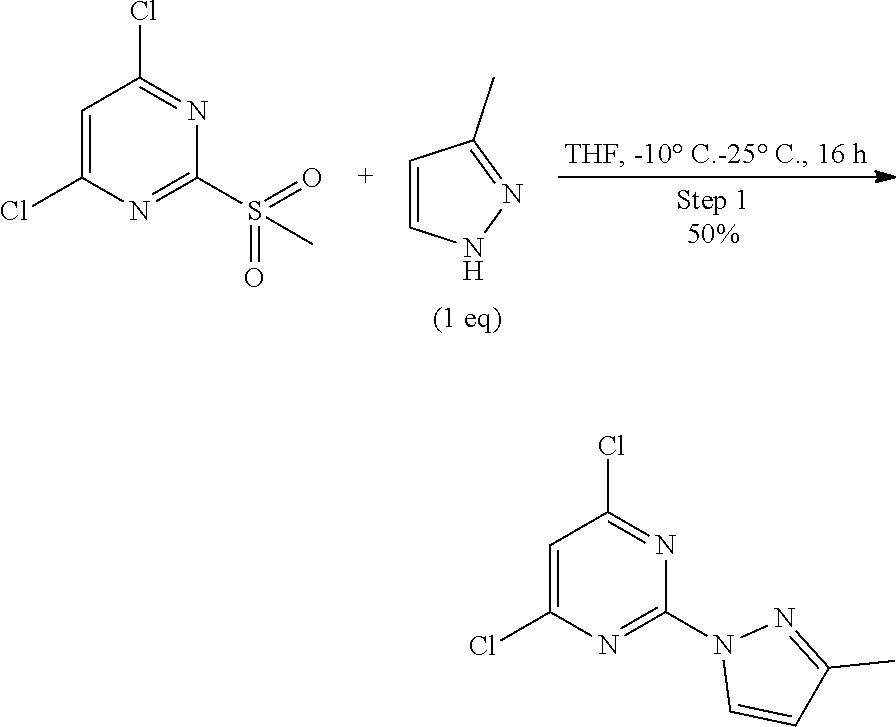
C01253
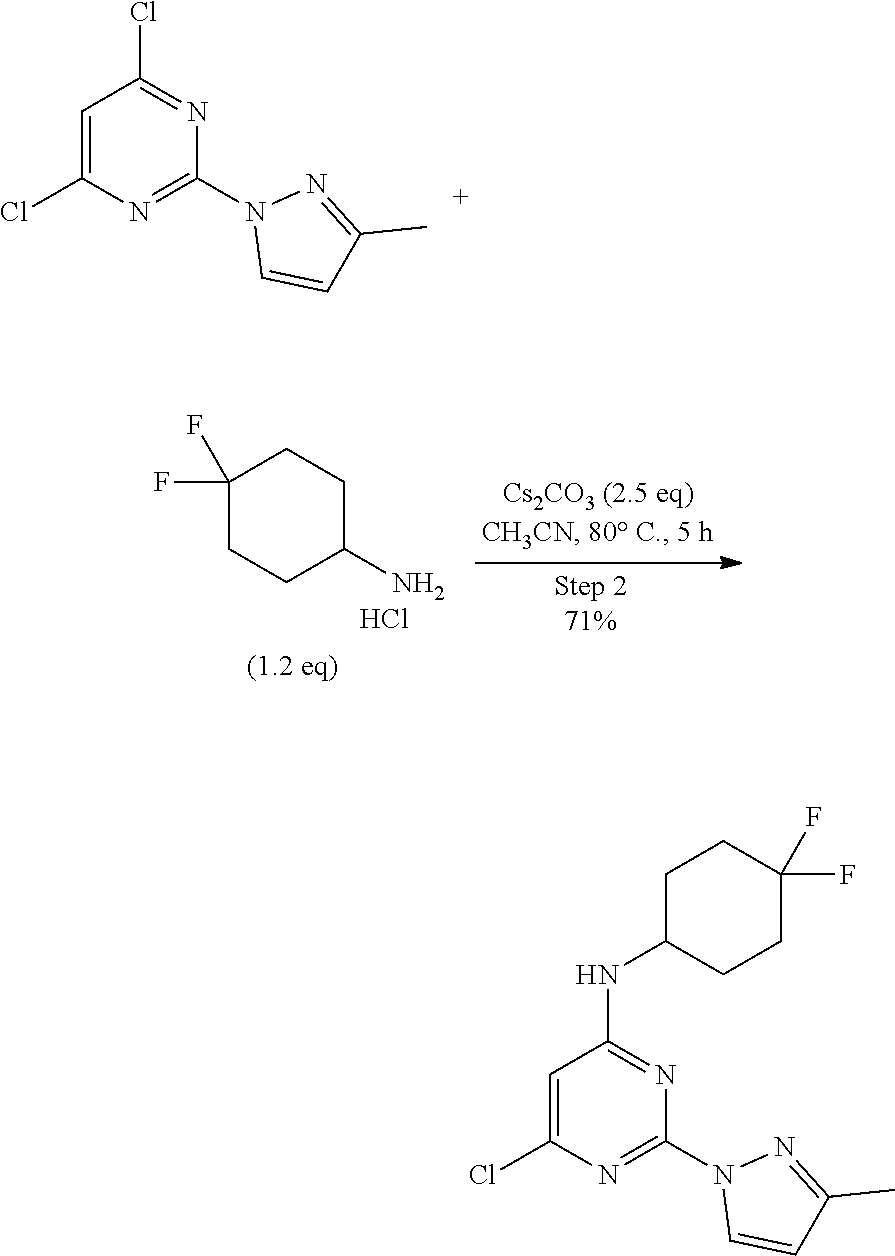
C01254
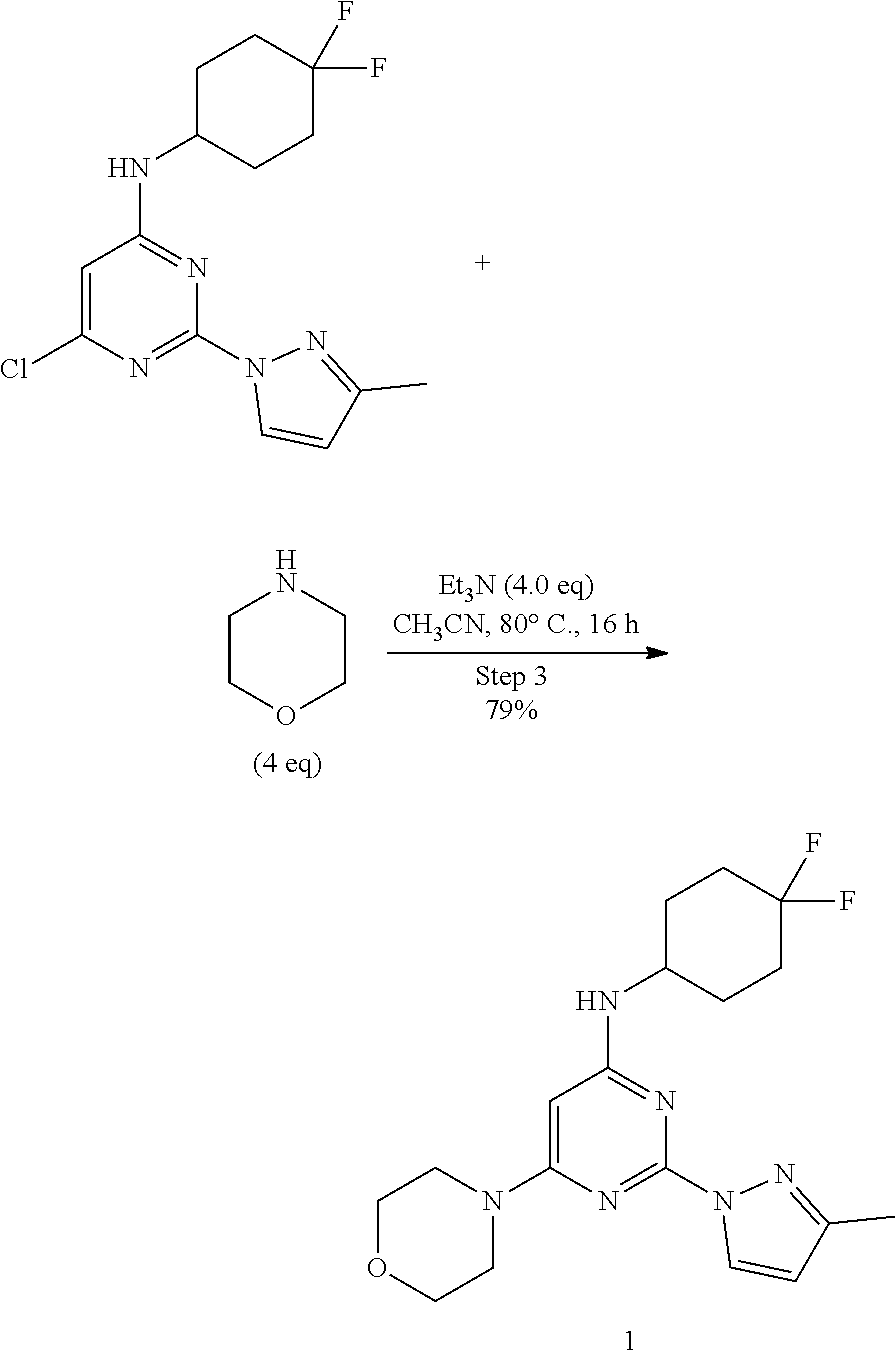
C01255

C01256

C01257
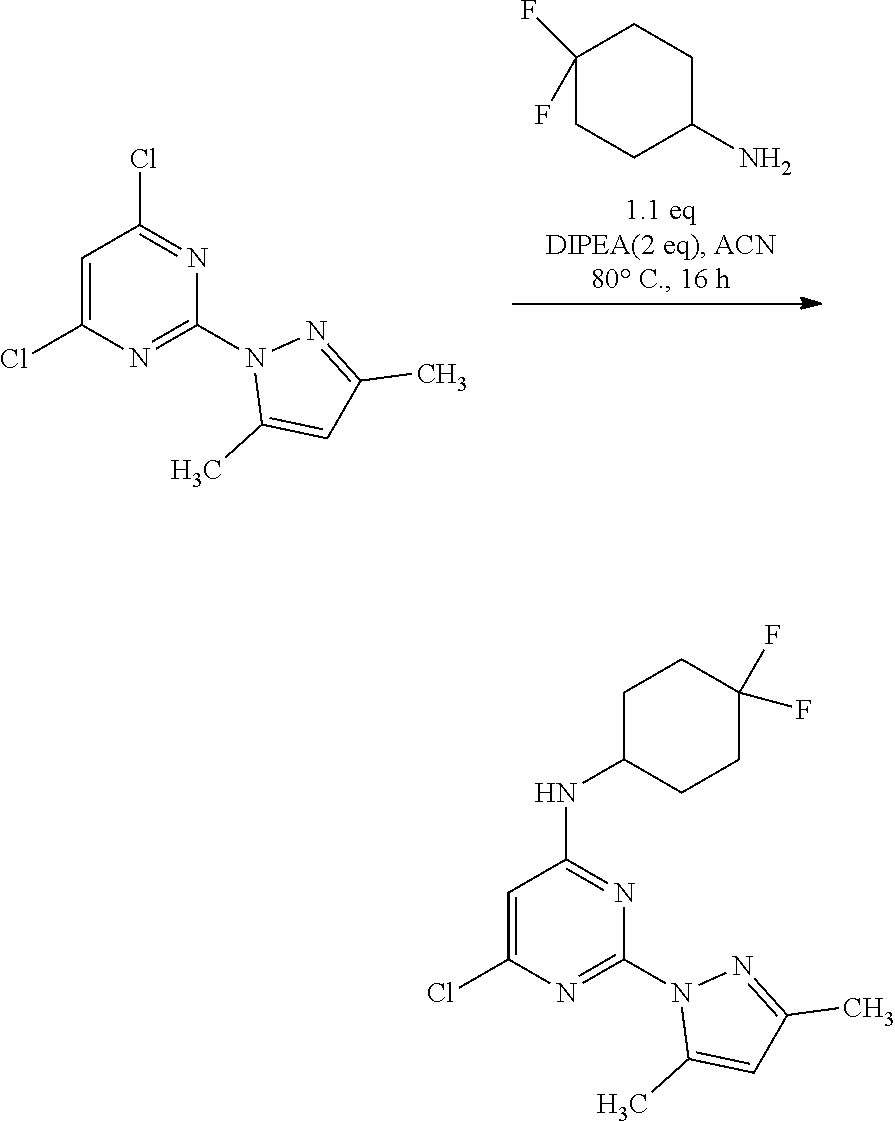
C01258

C01259
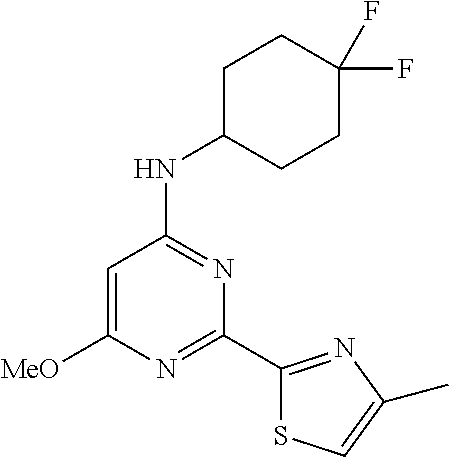
C01260

C01261

C01262

C01263

C01264

C01265

C01266

C01267

C01268

C01269

C01270

C01271
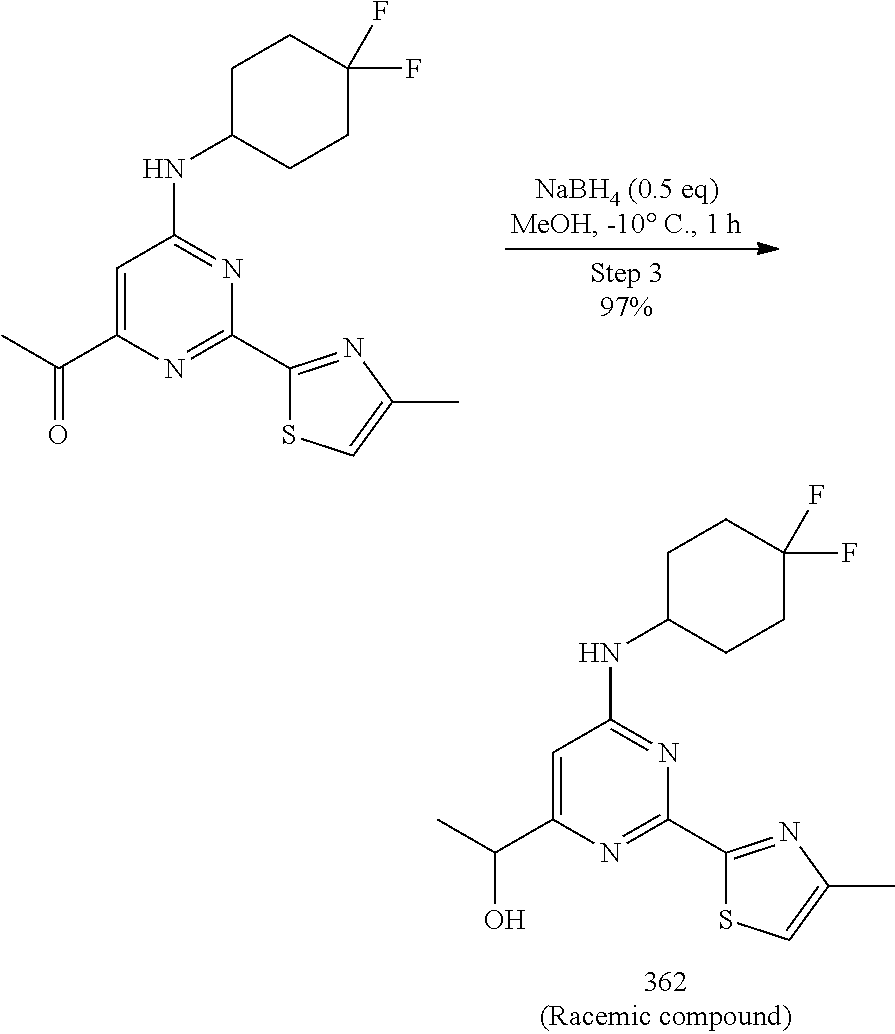
C01272

C01273

C01274

C01275

C01276

C01277

C01278

C01279

C01280
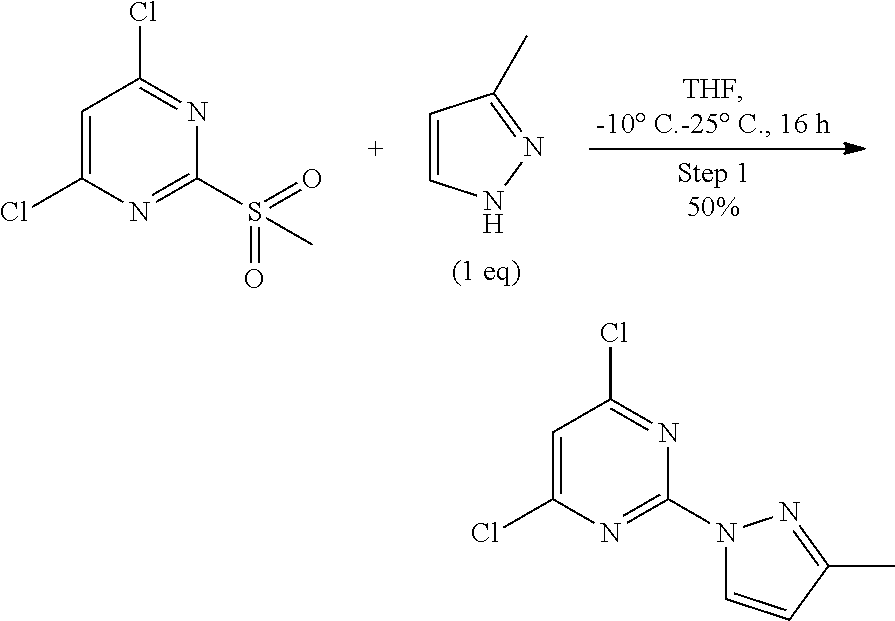
C01281

C01282

C01283

C01284

C01285
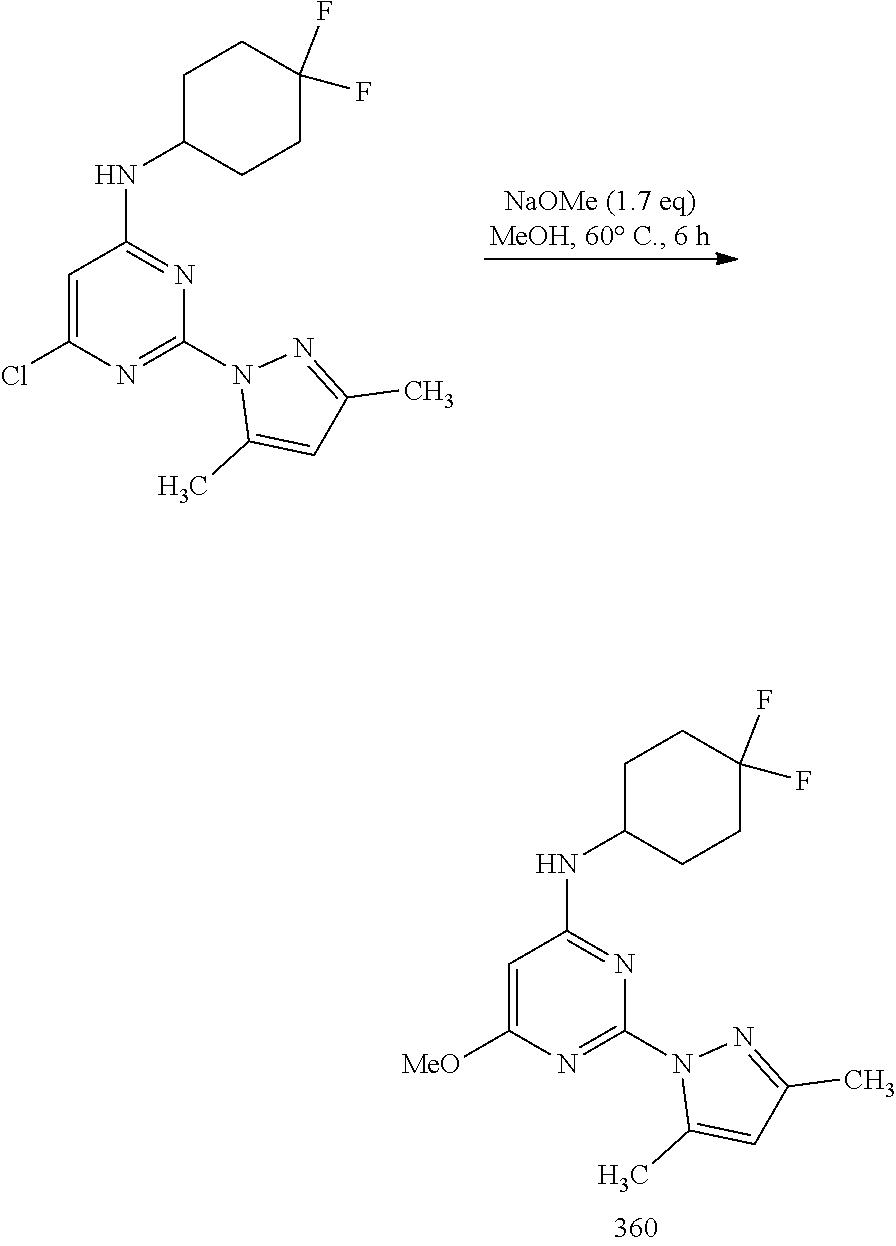
C01286

C01287

C01288

C01289

C01290
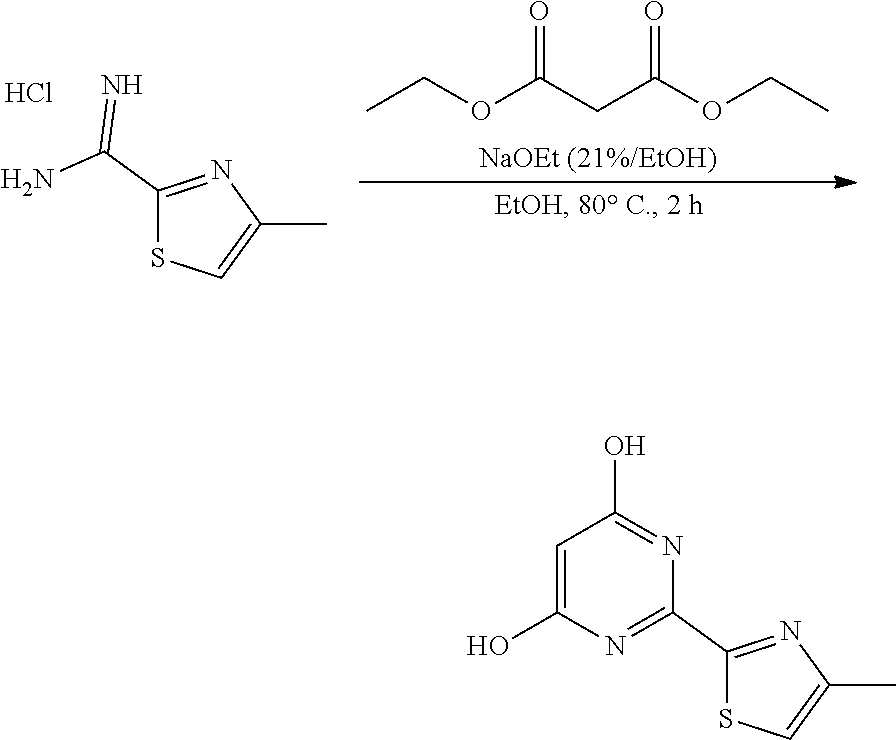
C01291

C01292
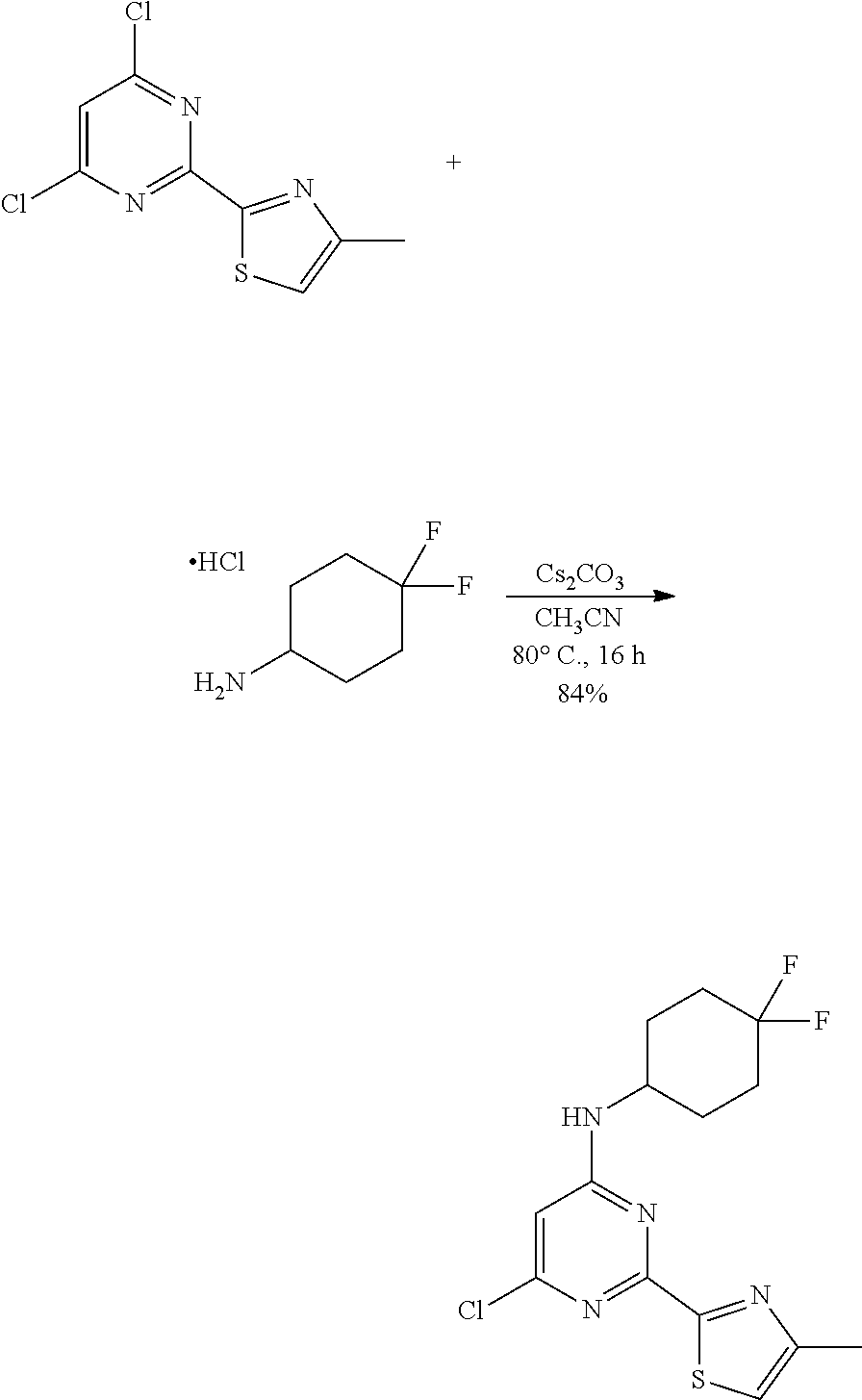
C01293

C01294
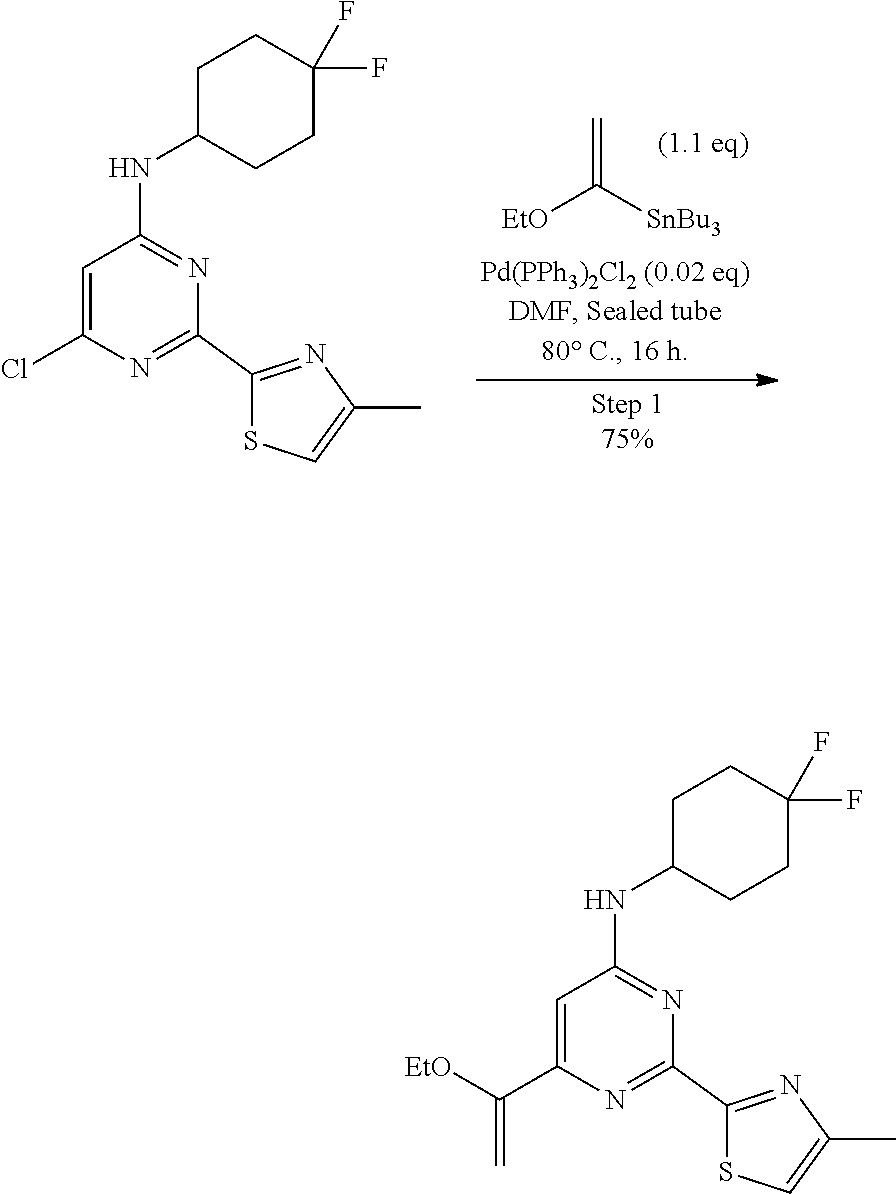
C01295

C01296

C01297

C01298

C01299
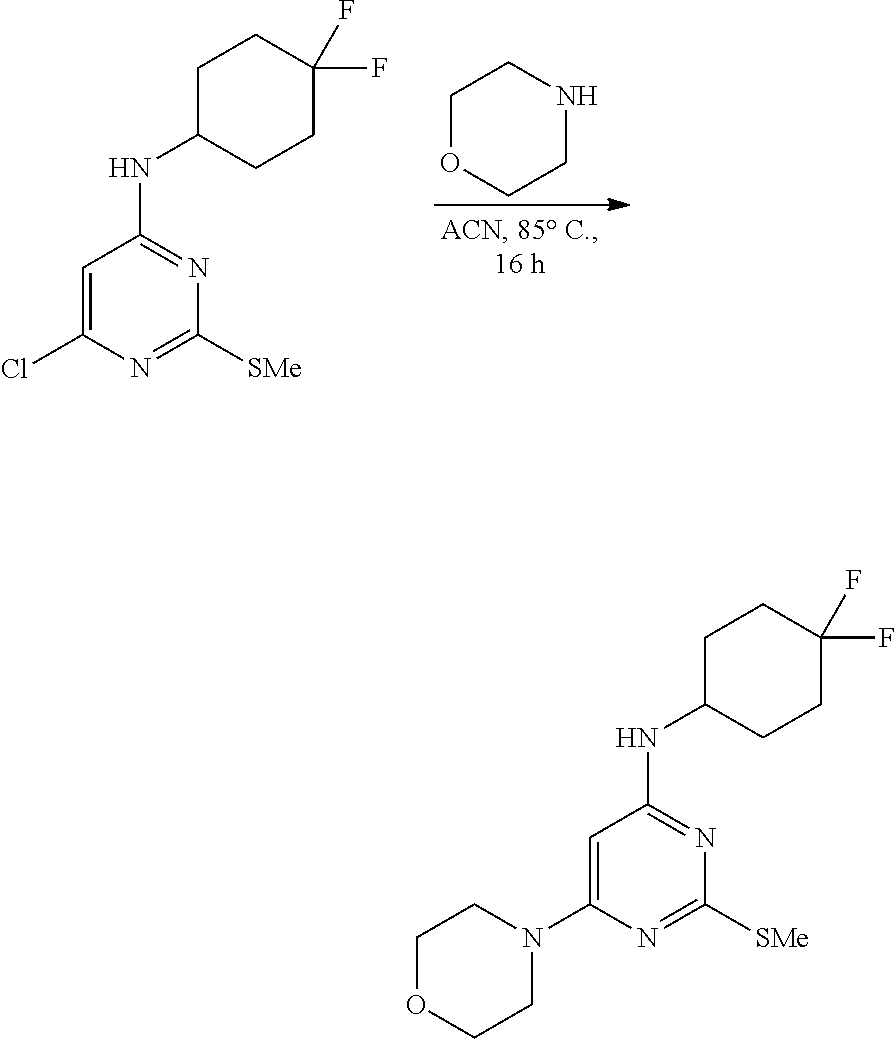
C01300
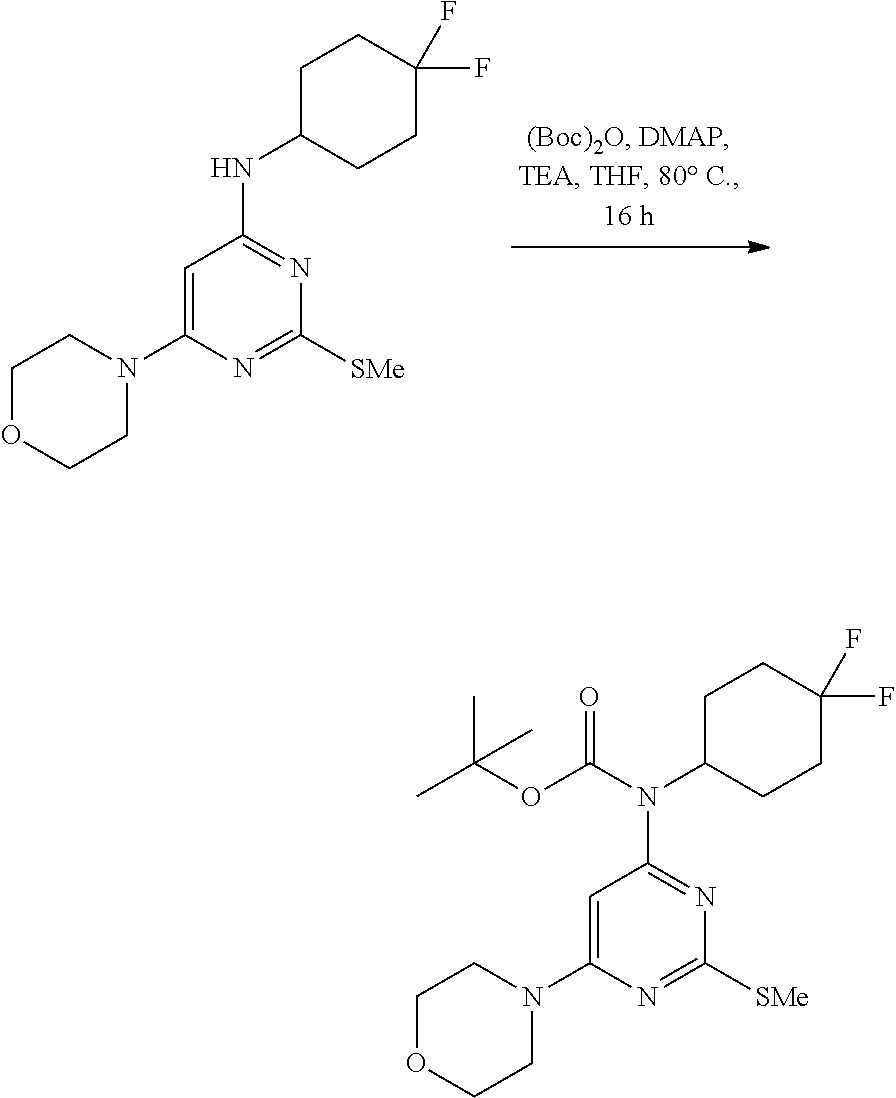
C01301
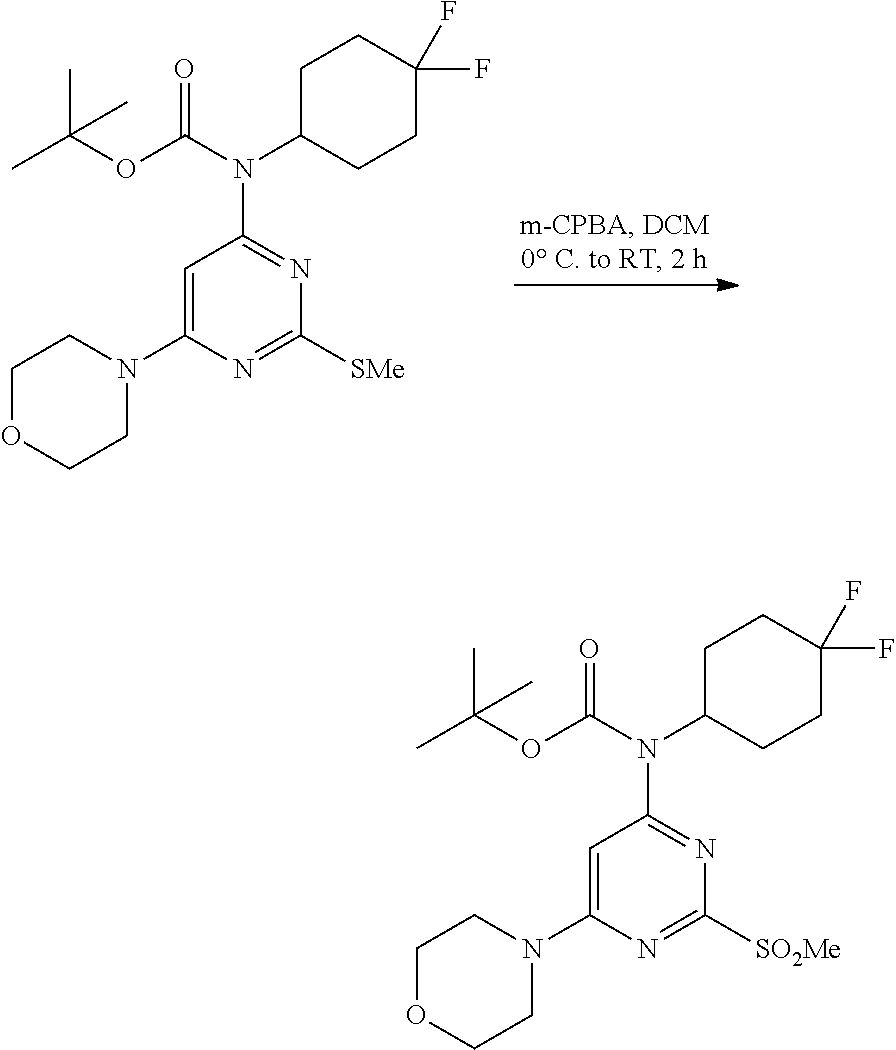
C01302

C01303

C01304

C01305

C01306

C01307

C01308

C01309
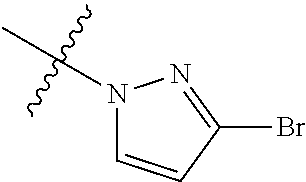
C01310

C01311

C01312

C01313

C01314
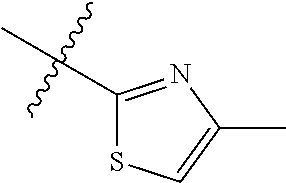
C01315

C01316

C01317

C01318

C01319

C01320

C01321

C01322

C01323
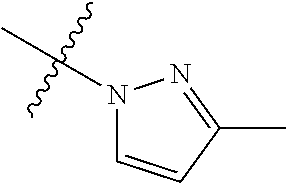
C01324
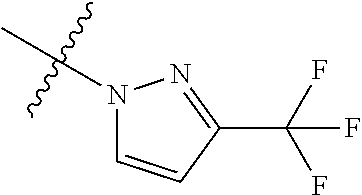
C01325
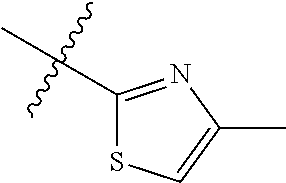
C01326

C01327

C01328
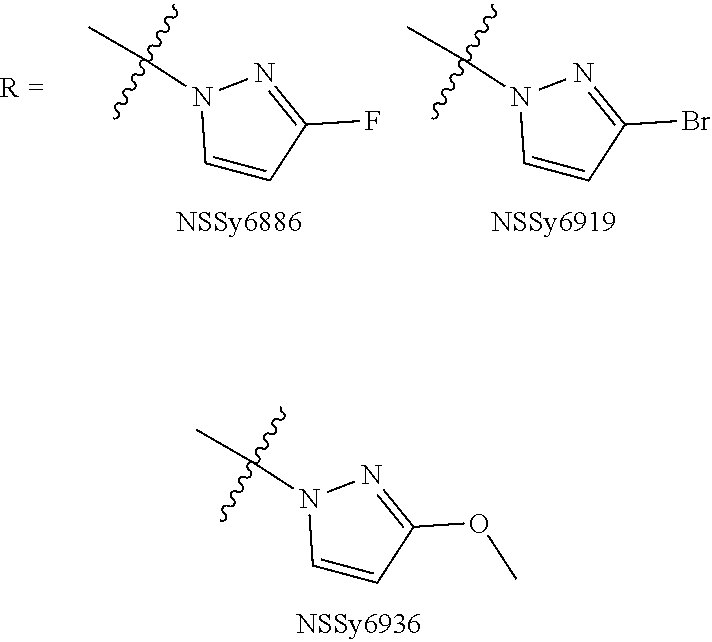
C01329
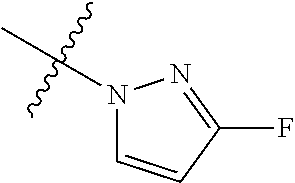
C01330

C01331

C01332

C01333

C01334

C01335

C01336
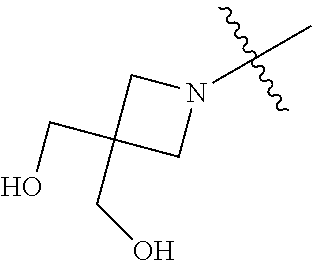
C01337
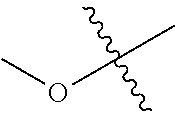
C01338

C01339
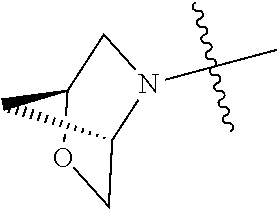
C01340
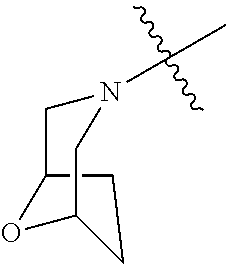
C01341

C01342
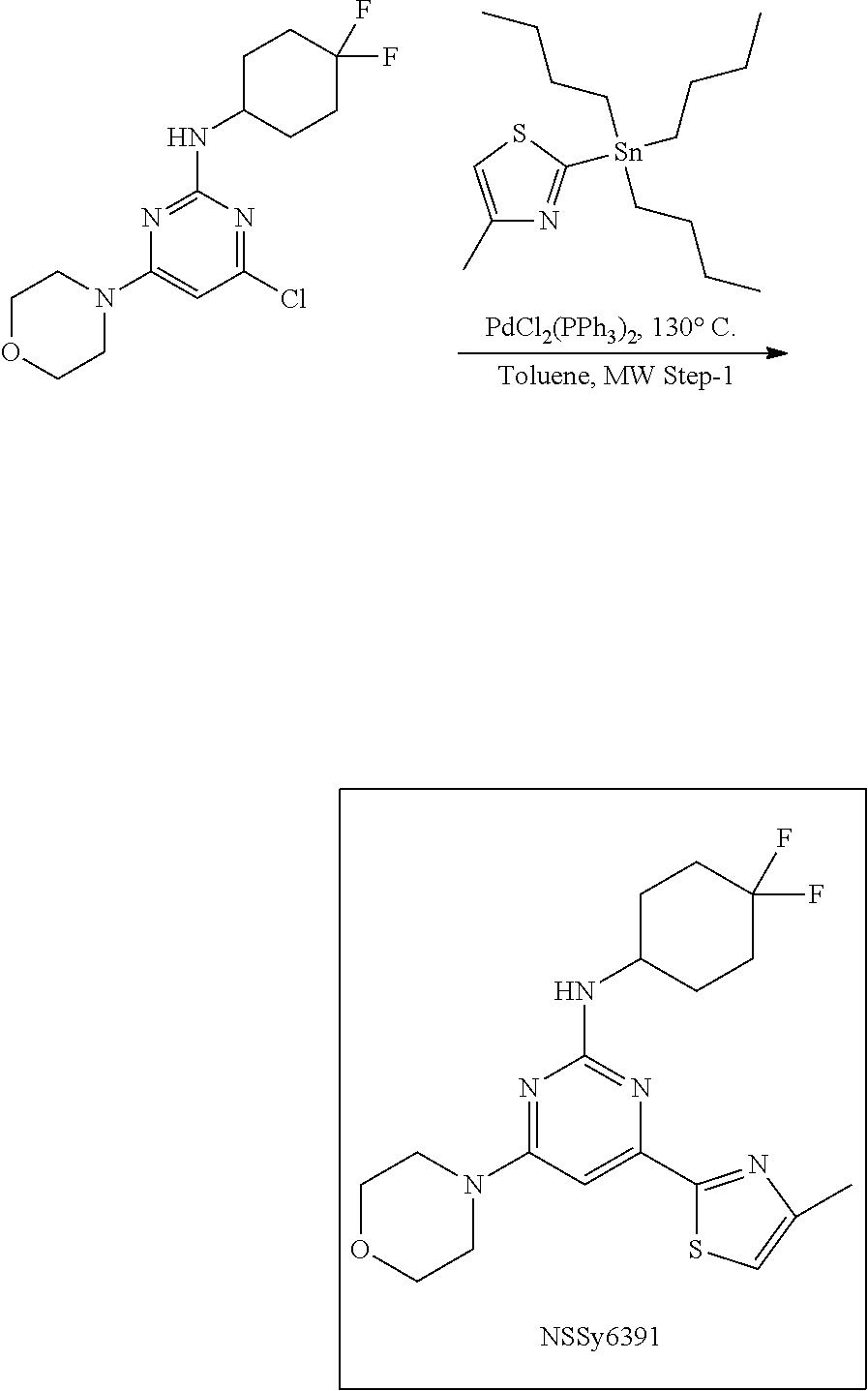
C01343

C01344

C01345

C01346
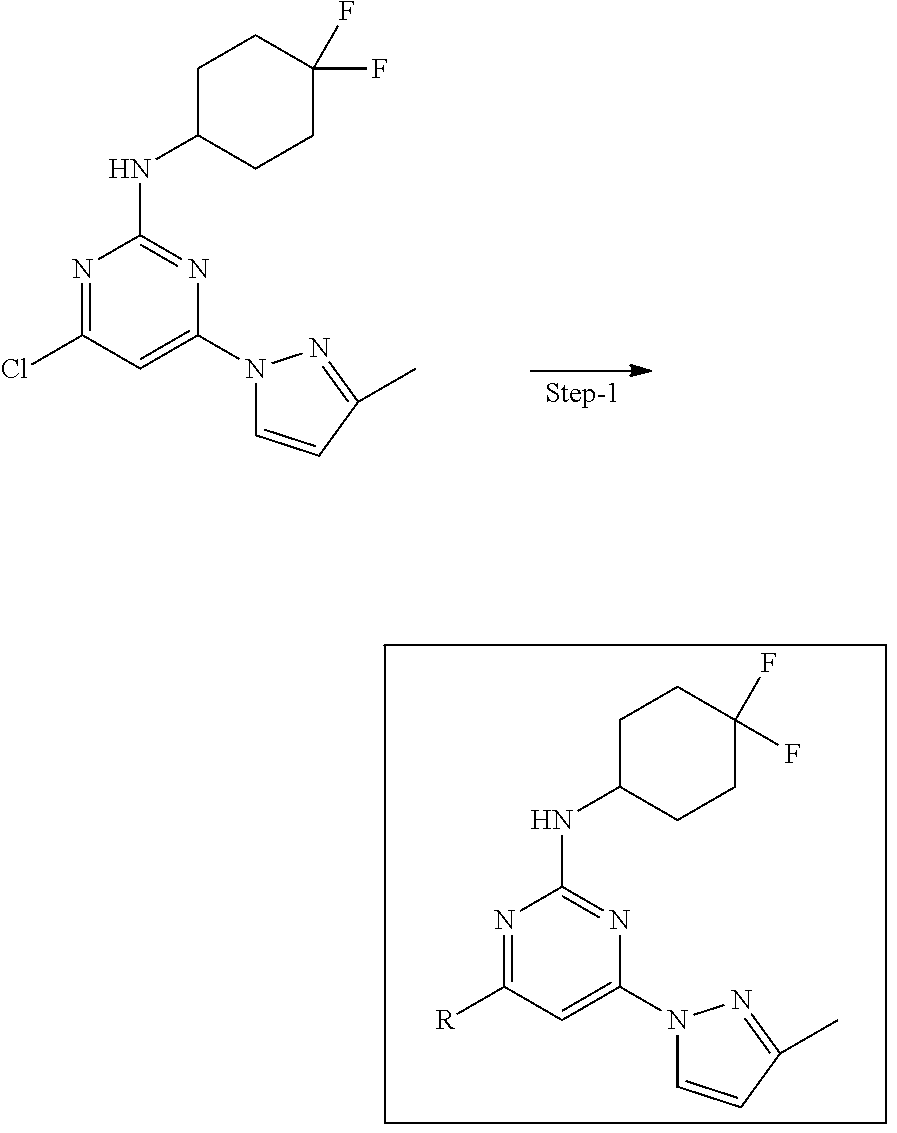
C01347

C01348

C01349
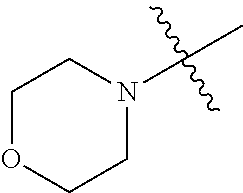
C01350
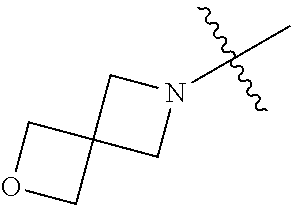
C01351

C01352
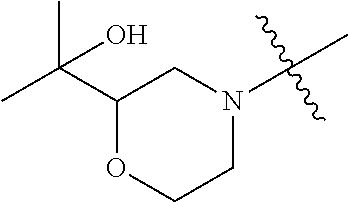
C01353
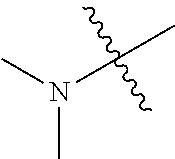
C01354

C01355

C01356

C01357

C01358

C01359

C01360

C01361

C01362

C01363

C01364

C01365

C01366

C01367
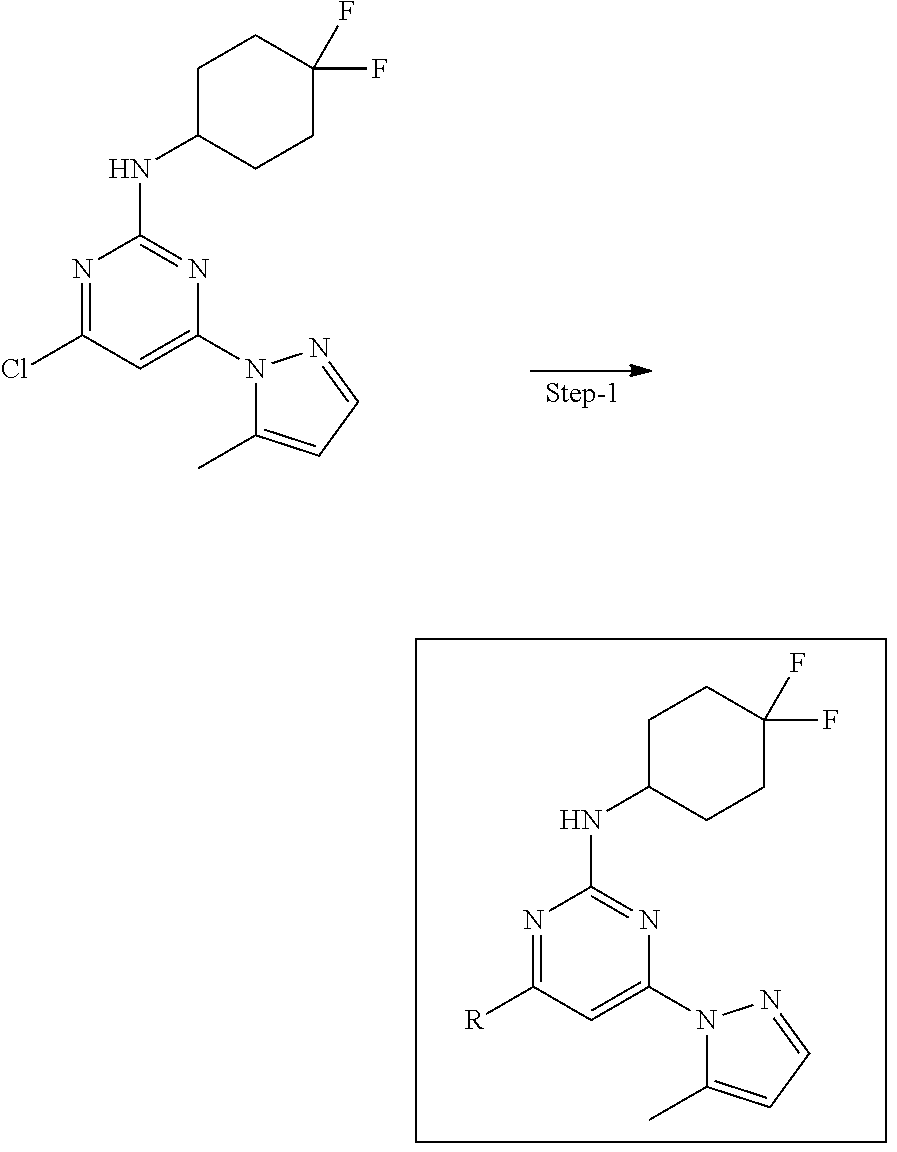
C01368
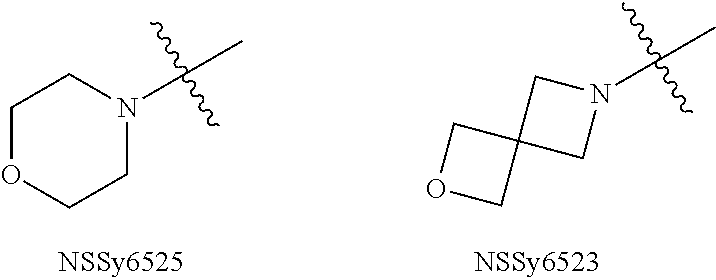
C01369
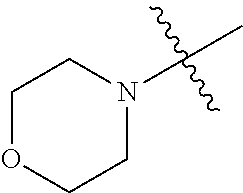
C01370

C01371

C01372

C01373

C01374

C01375

C01376
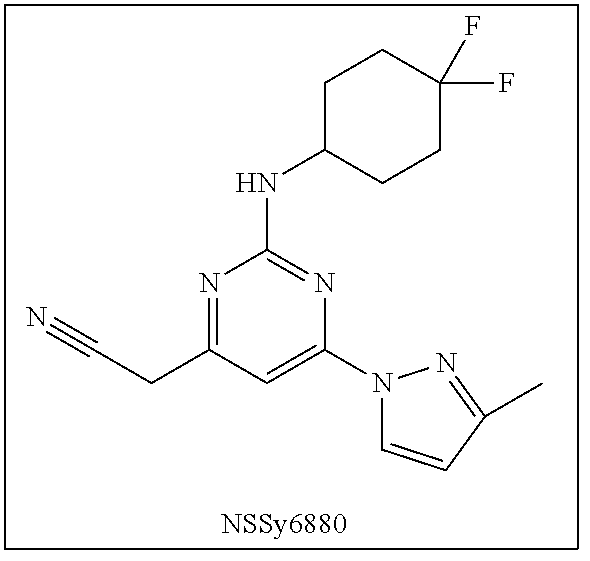
C01377

C01378
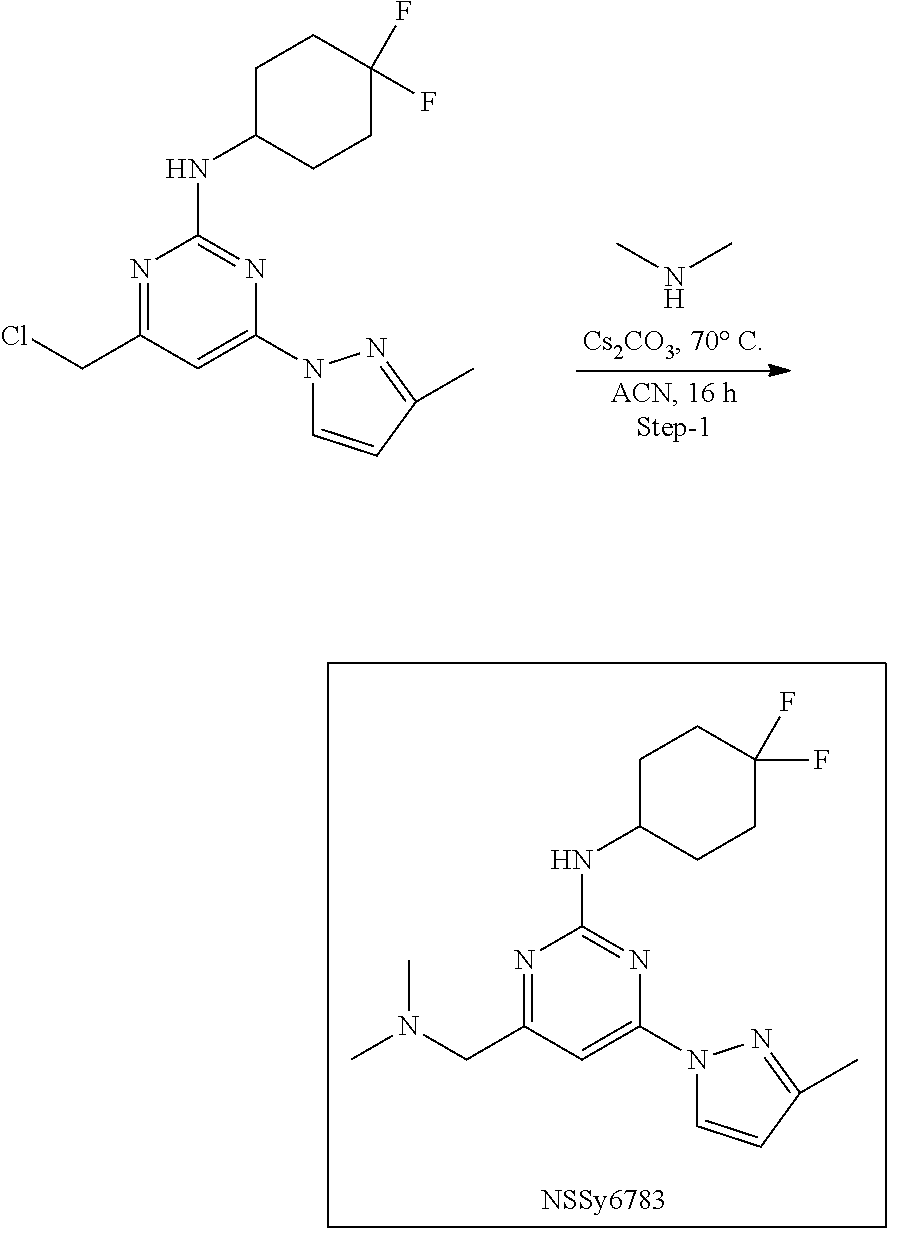
C01379
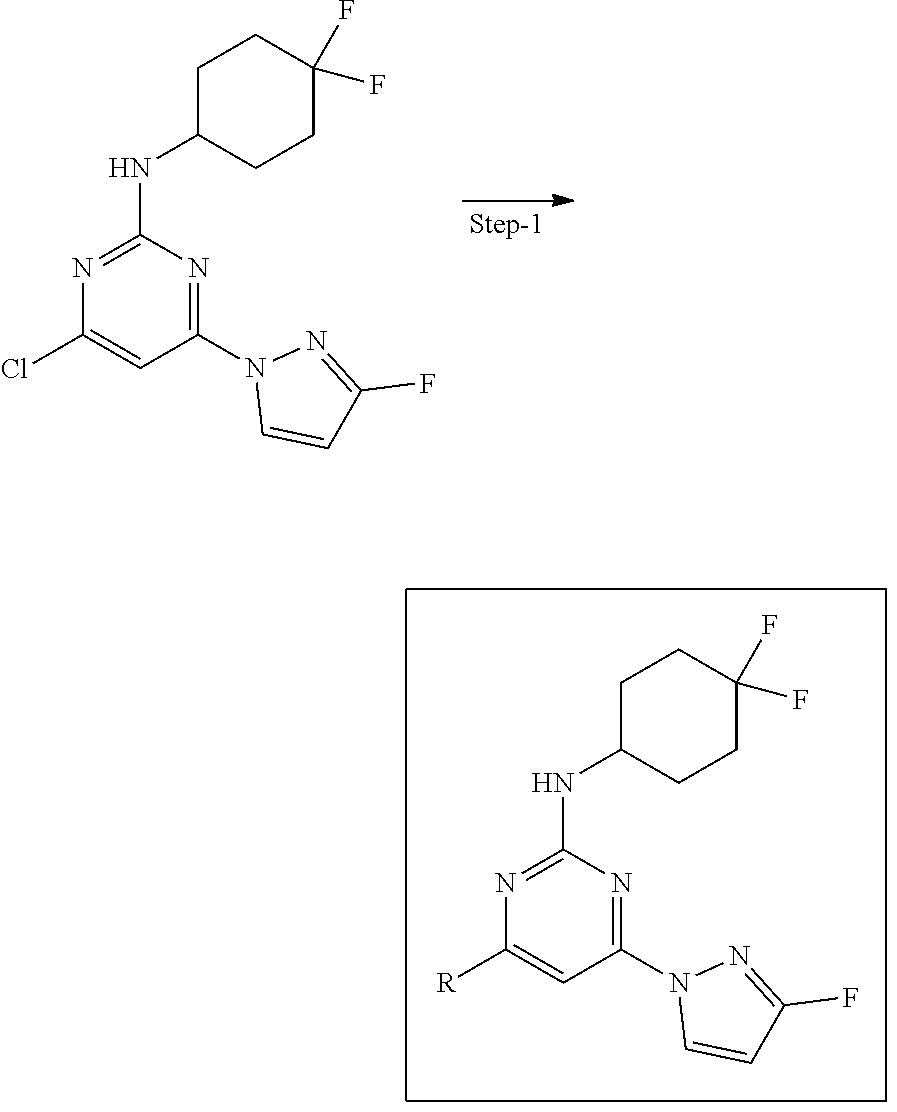
C01380

C01381
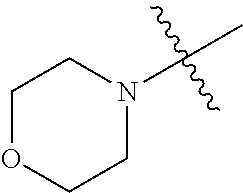
C01382

C01383

C01384
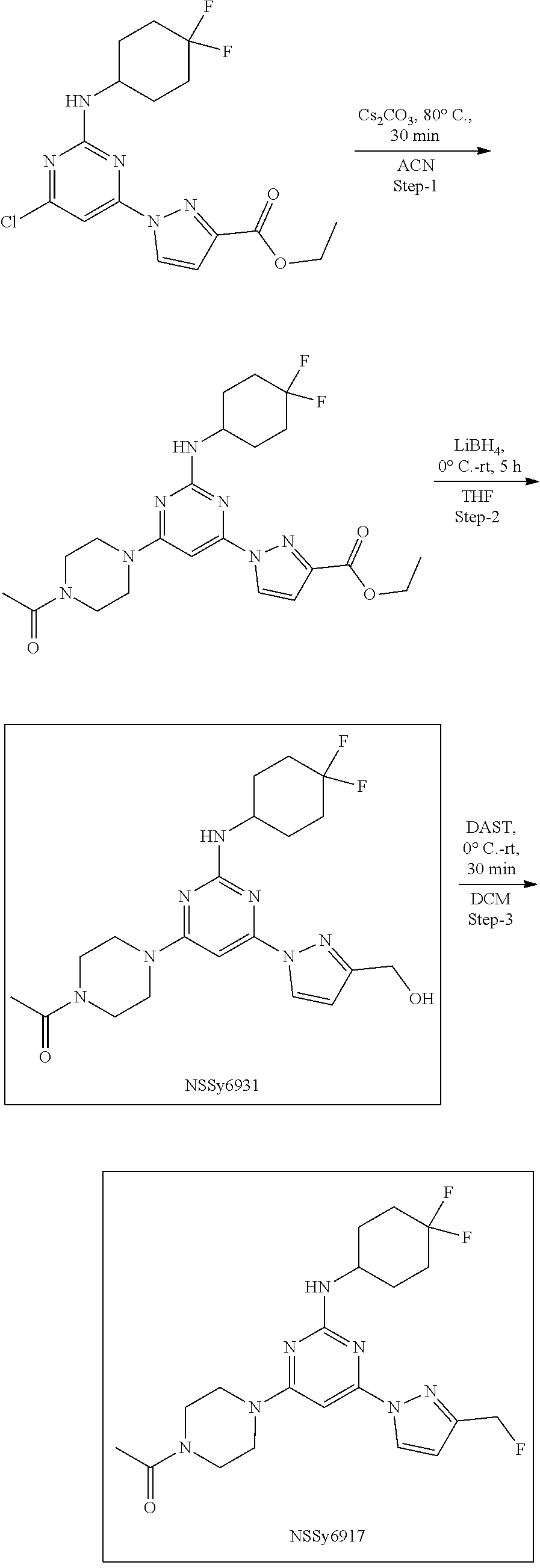
C01385

C01386

C01387

C01388

C01389

C01390

C01391
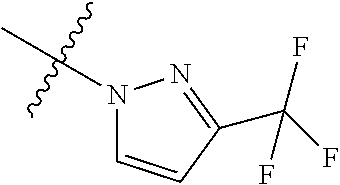
C01392
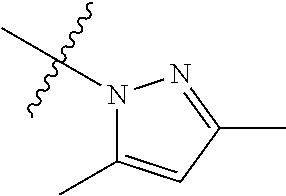
C01393

C01394

C01395

C01396

C01397

C01398

C01399
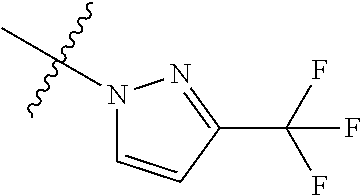
C01400

C01401
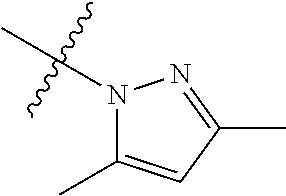
C01402

C01403
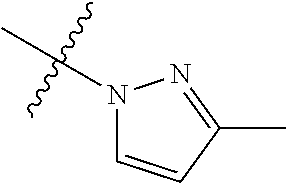
C01404
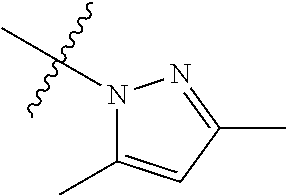
C01405

C01406

C01407

C01408
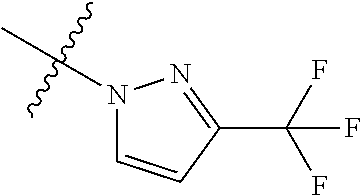
C01409
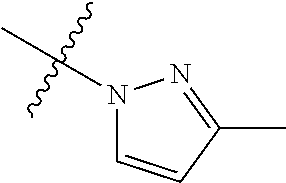
C01410
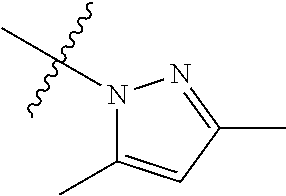
C01411

C01412

C01413

C01414
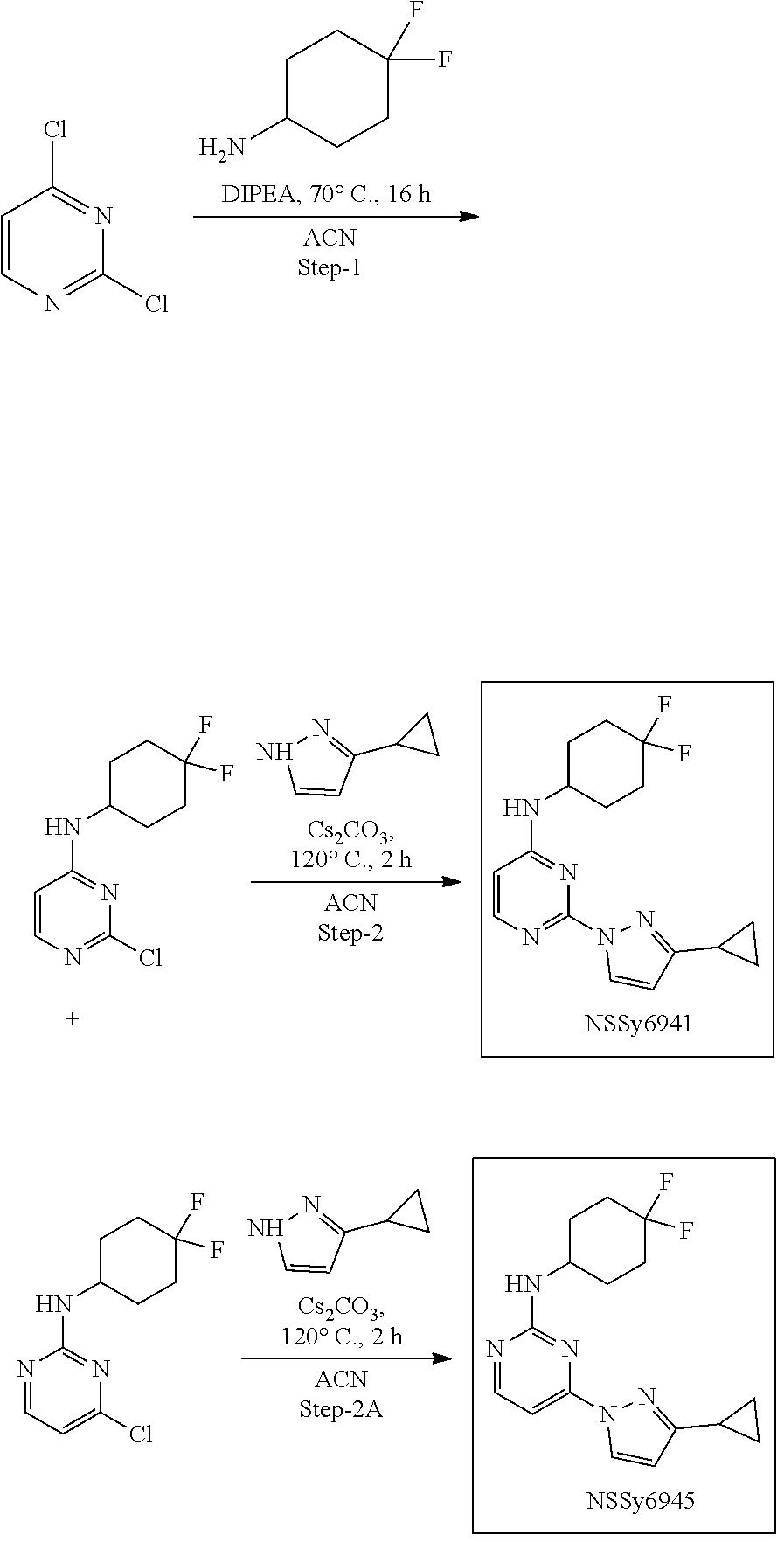
C01415

C01416
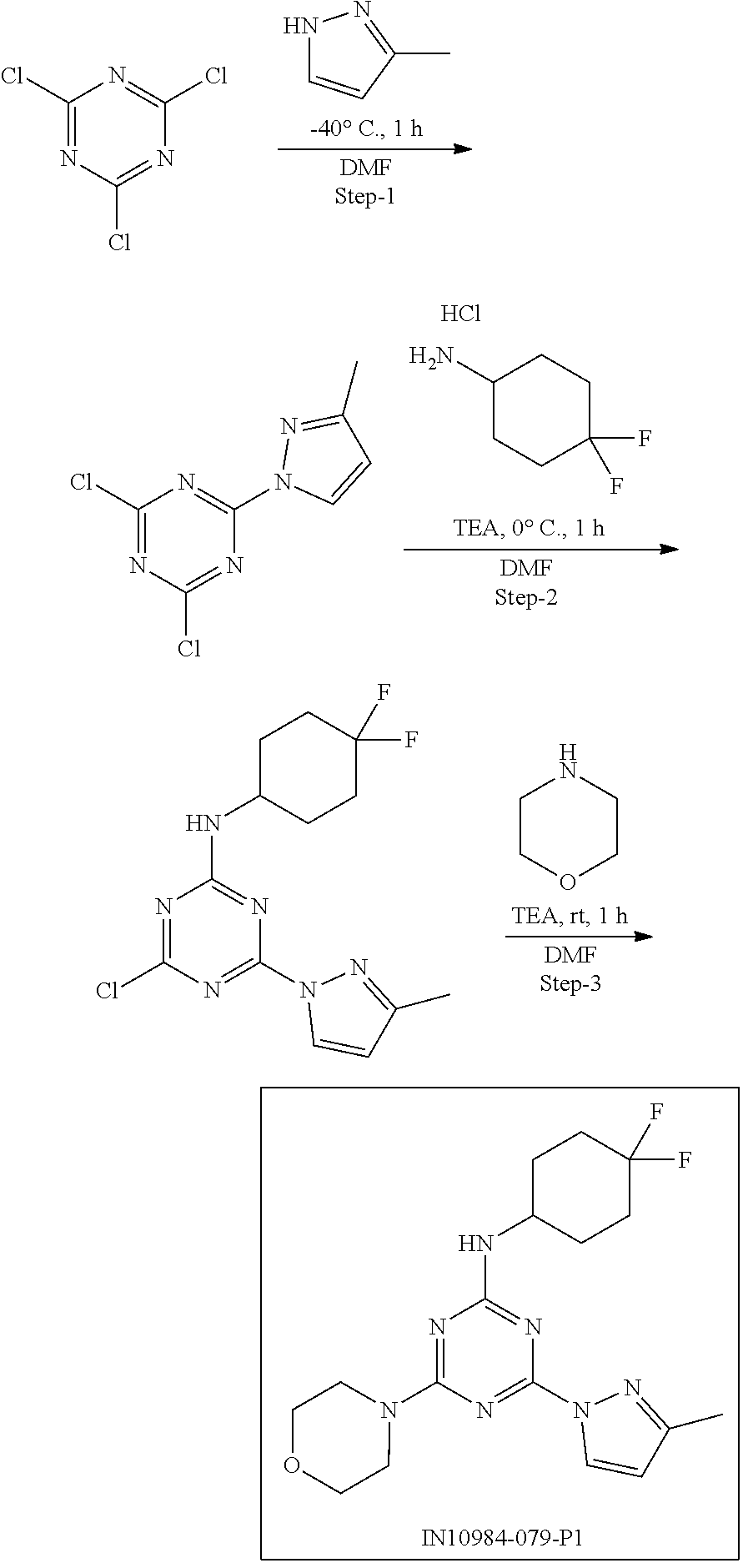
C01417

C01418

C01419

C01420

C01421

C01422

C01423
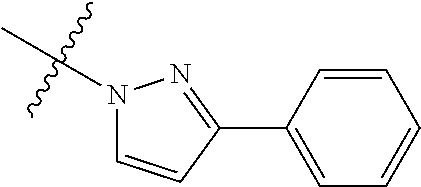
C01424

C01425

C01426
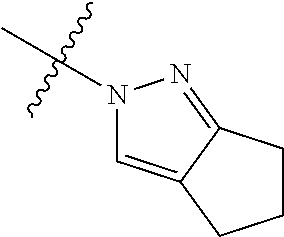
C01427
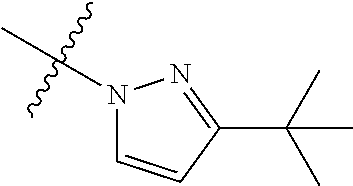
C01428
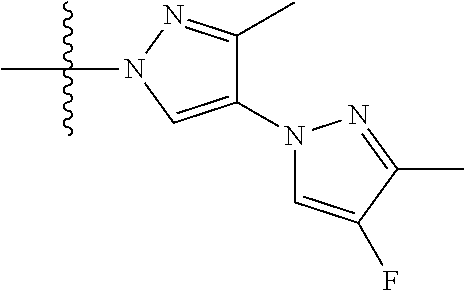
C01429

C01430

C01431
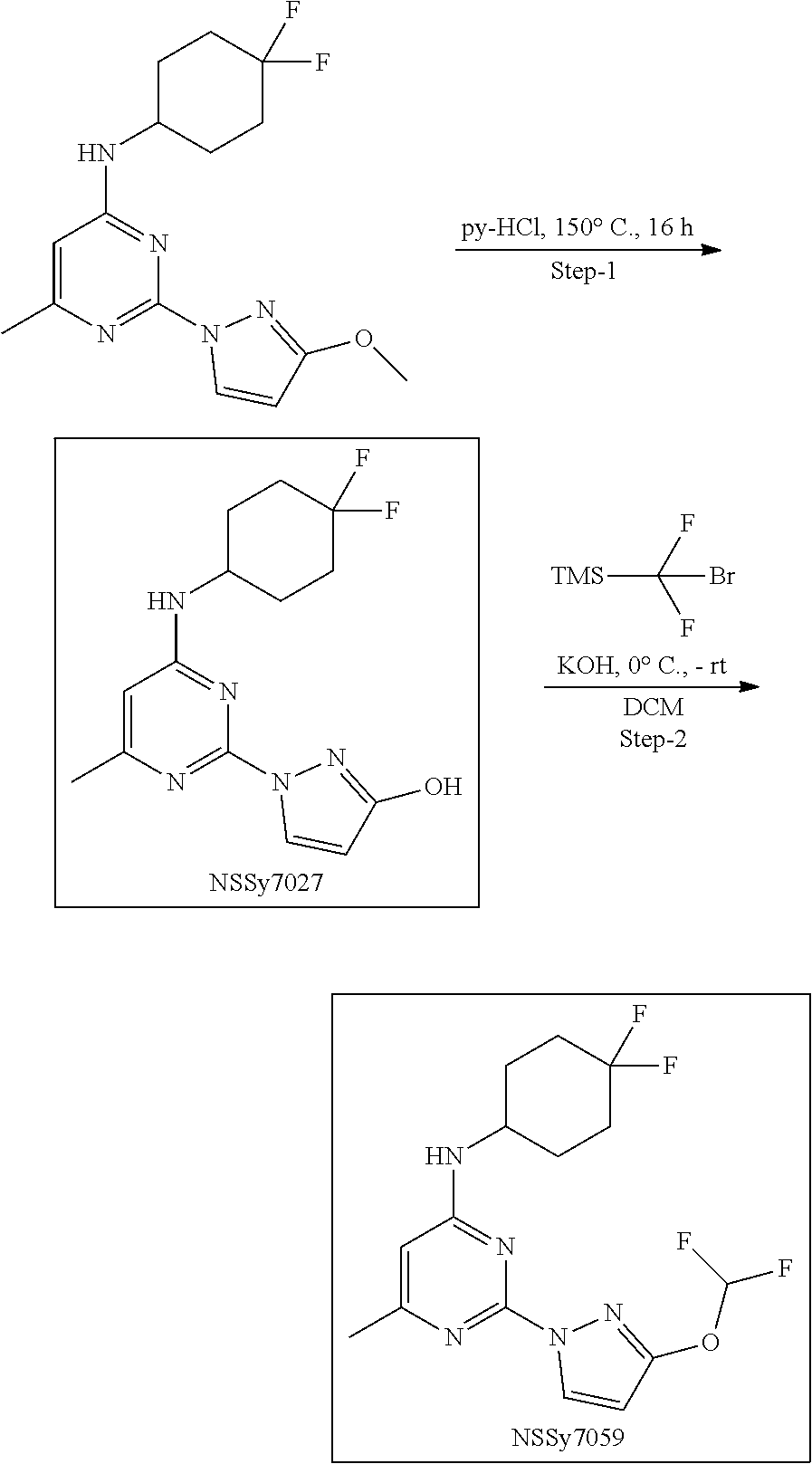
C01432
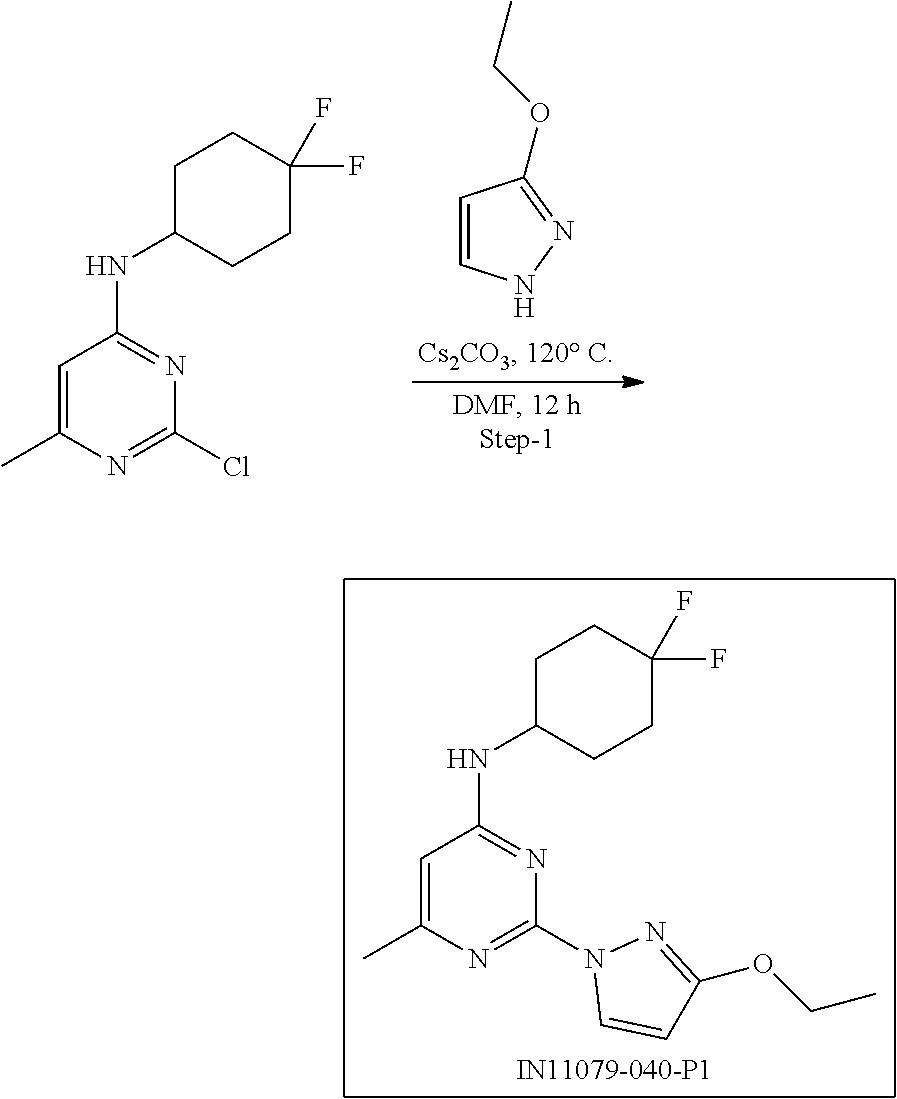
C01433
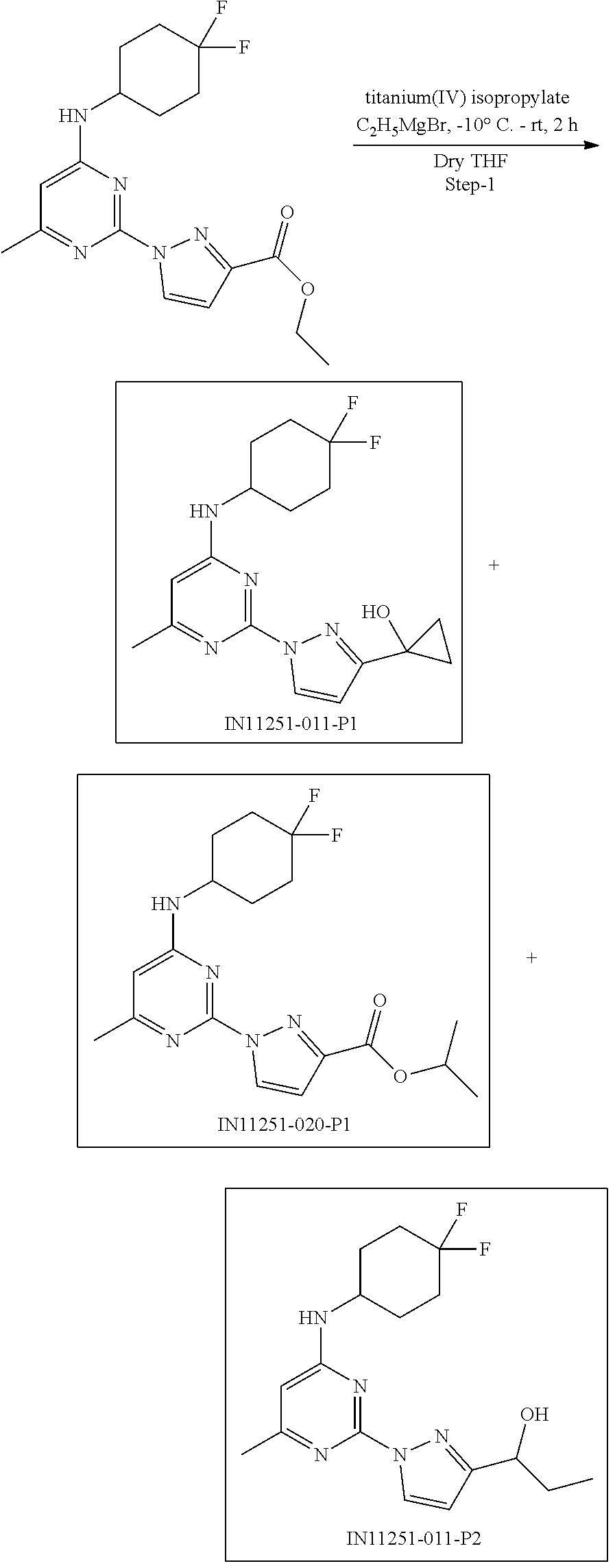
C01434
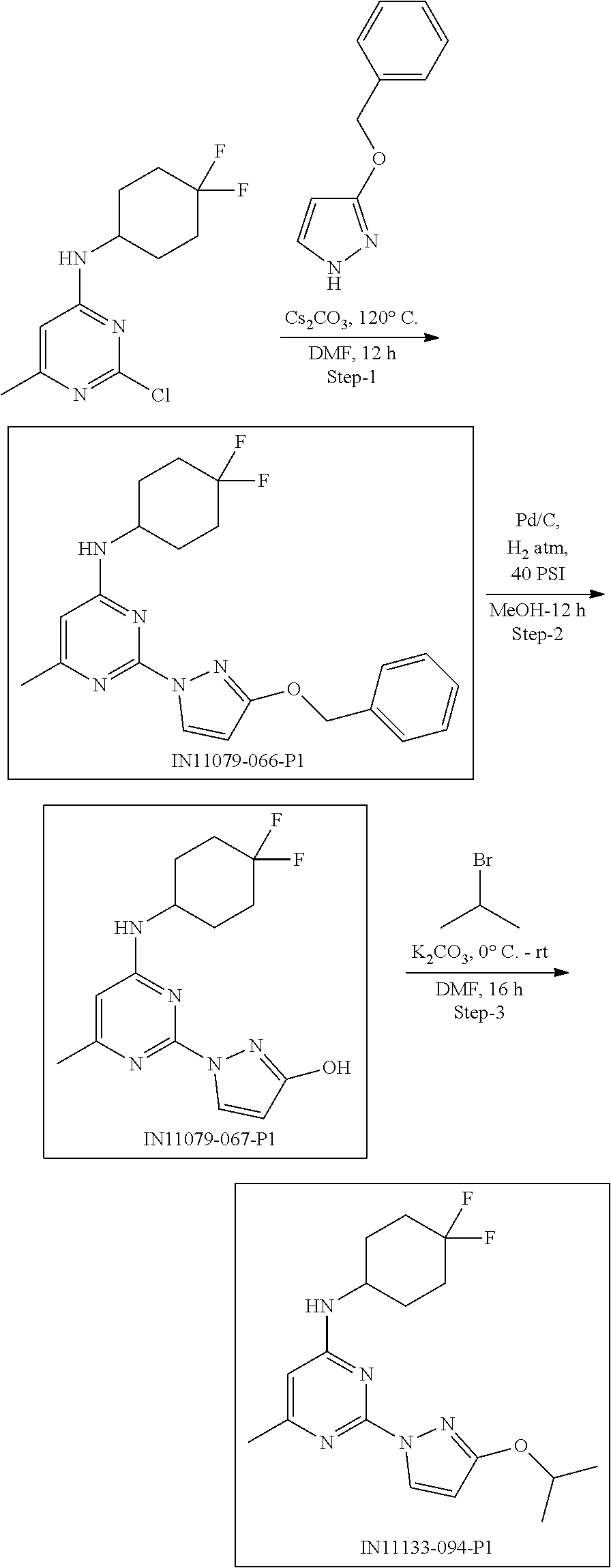
C01435

C01436
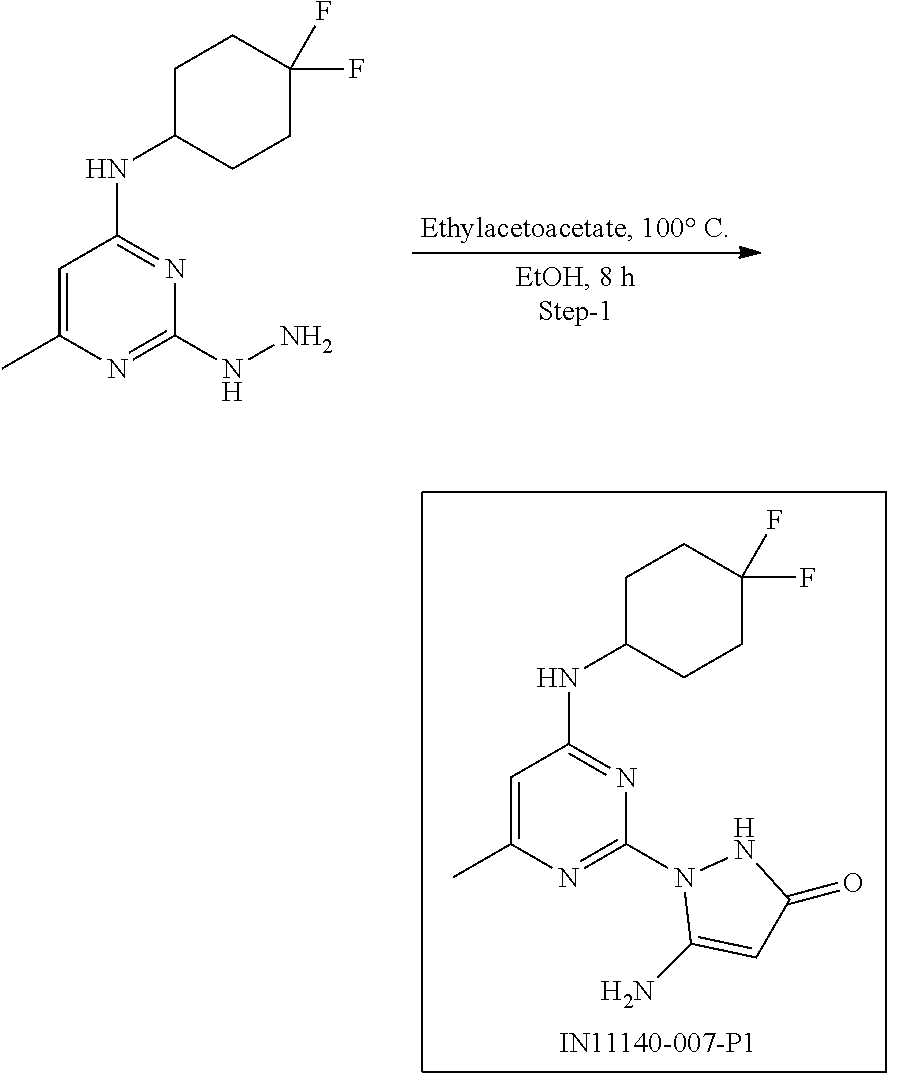
C01437

C01438

C01439

C01440
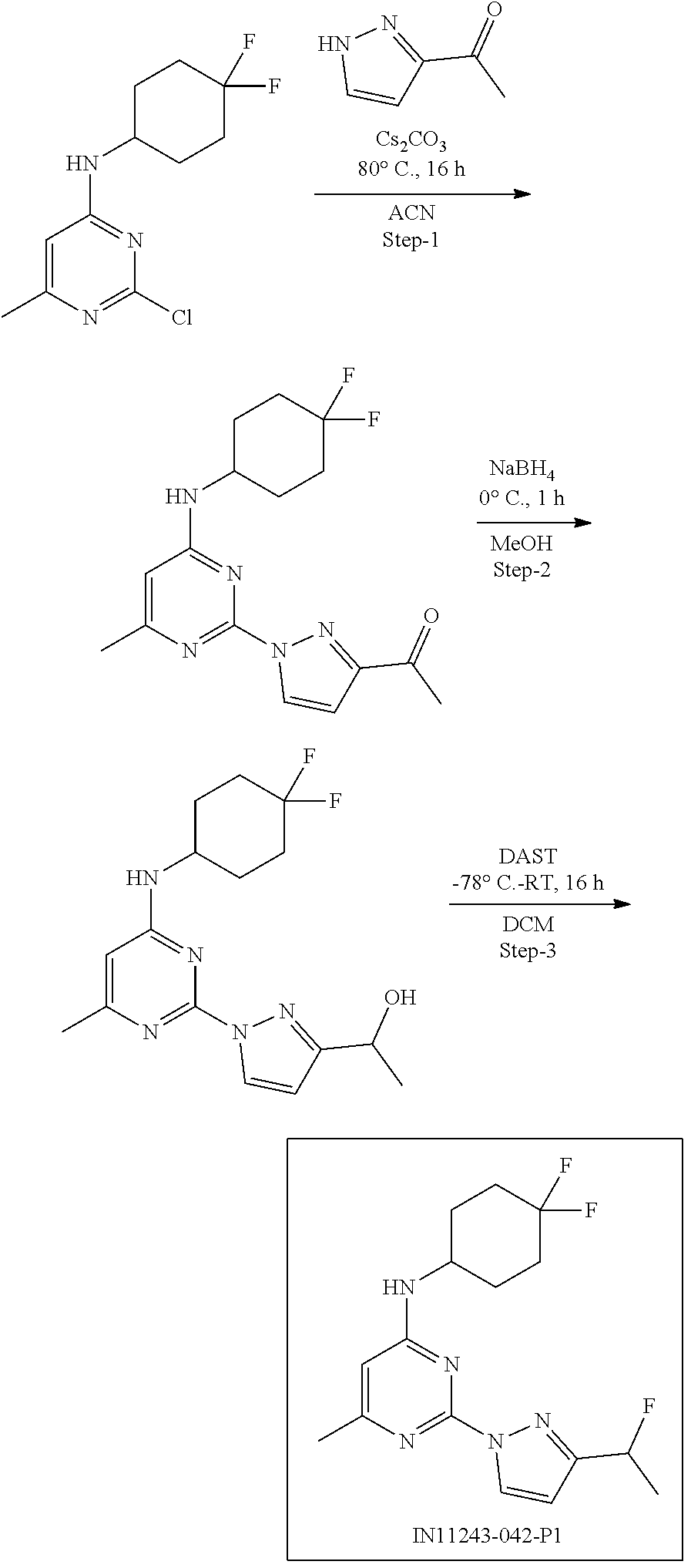
C01441

C01442

C01443

C01444

C01445

C01446

C01447

C01448
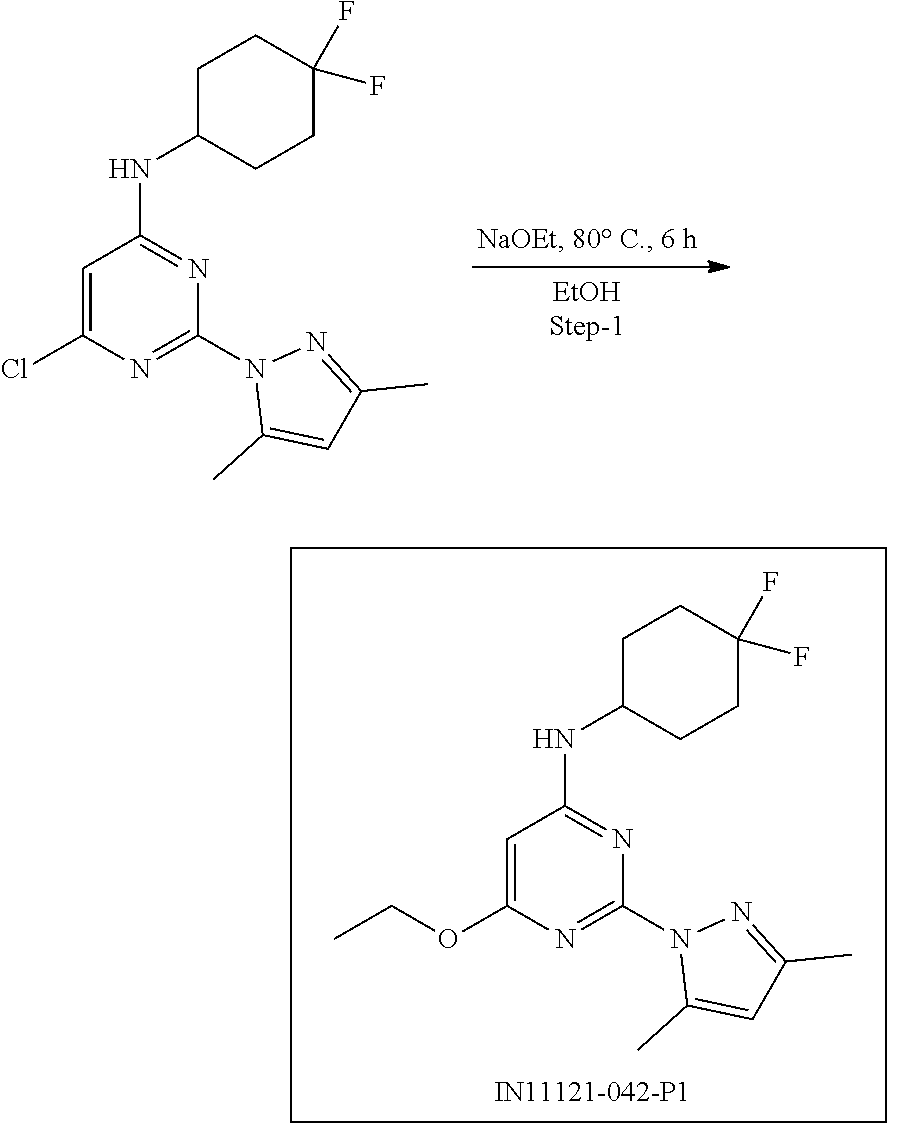
C01449

C01450
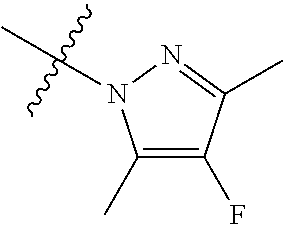
C01451
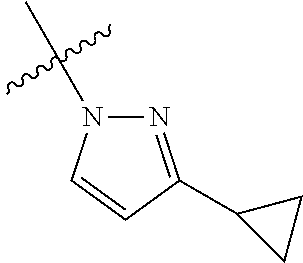
C01452
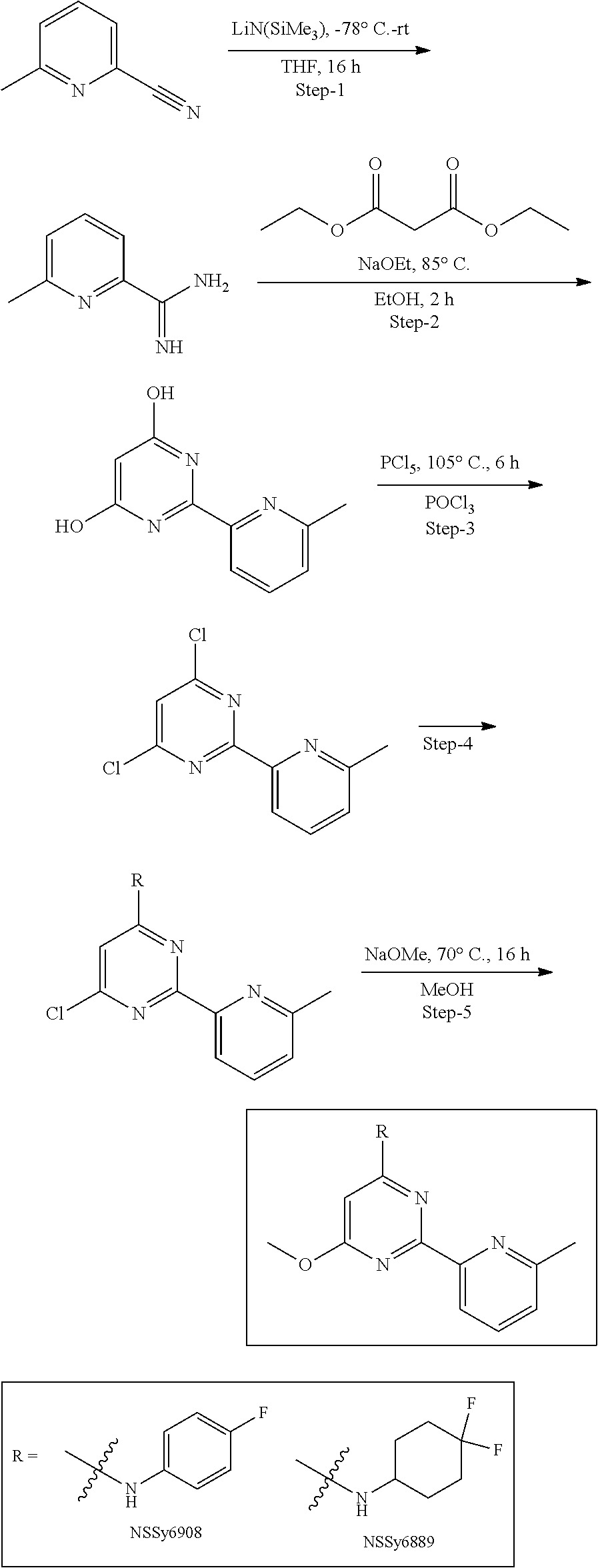
C01453

C01454

C01455

C01456
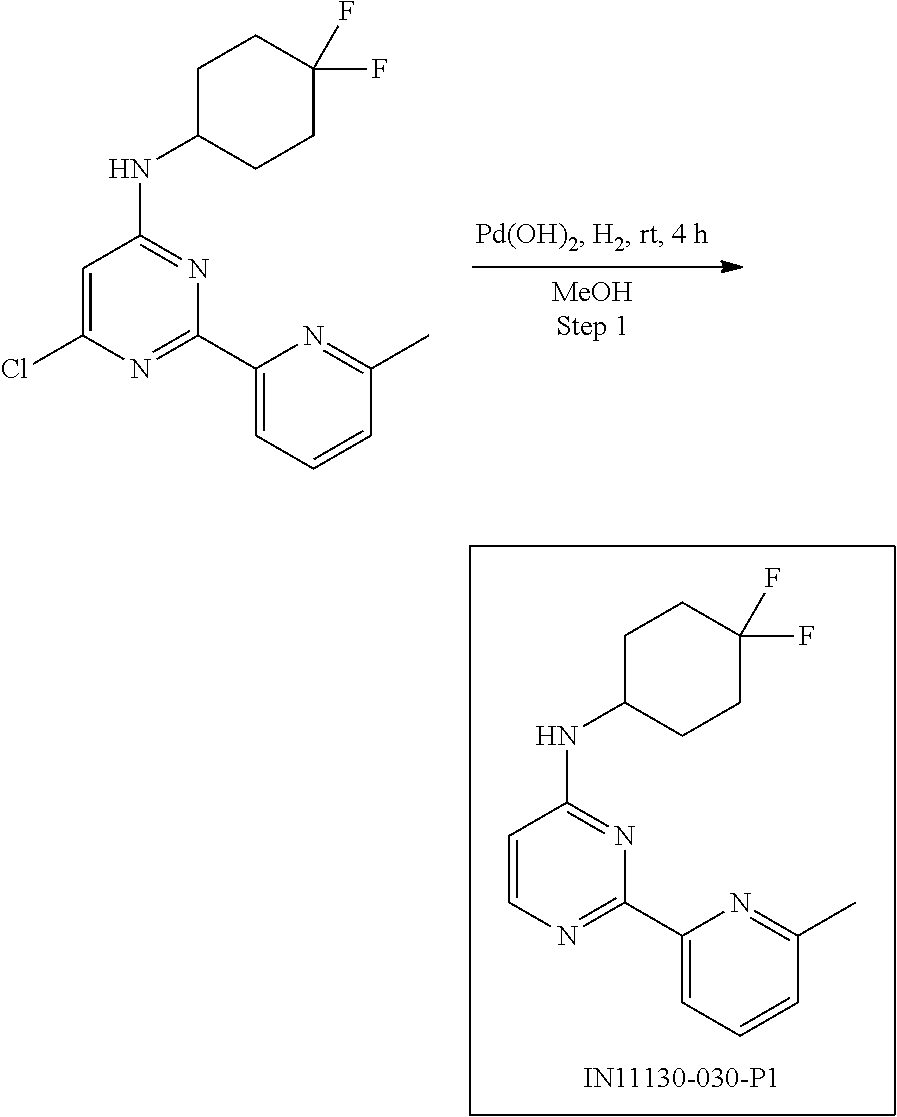
C01457
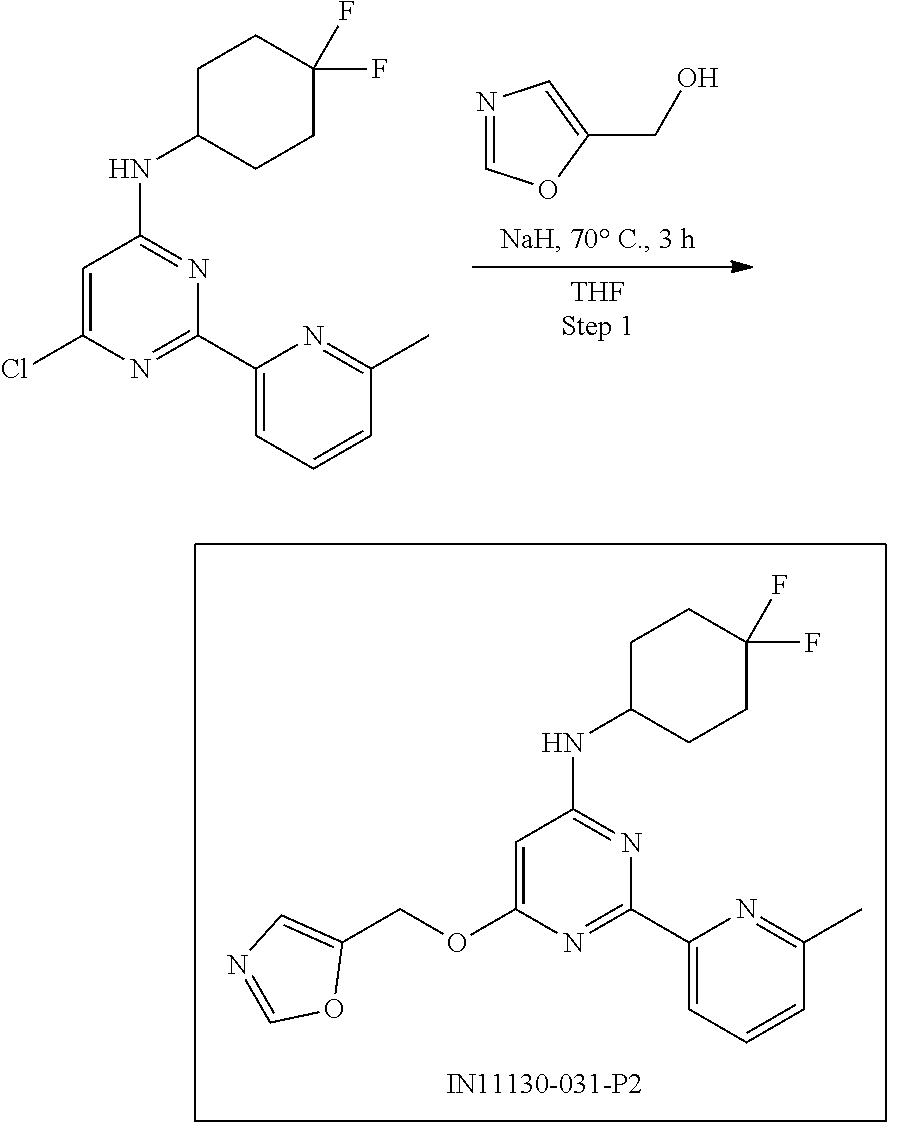
C01458
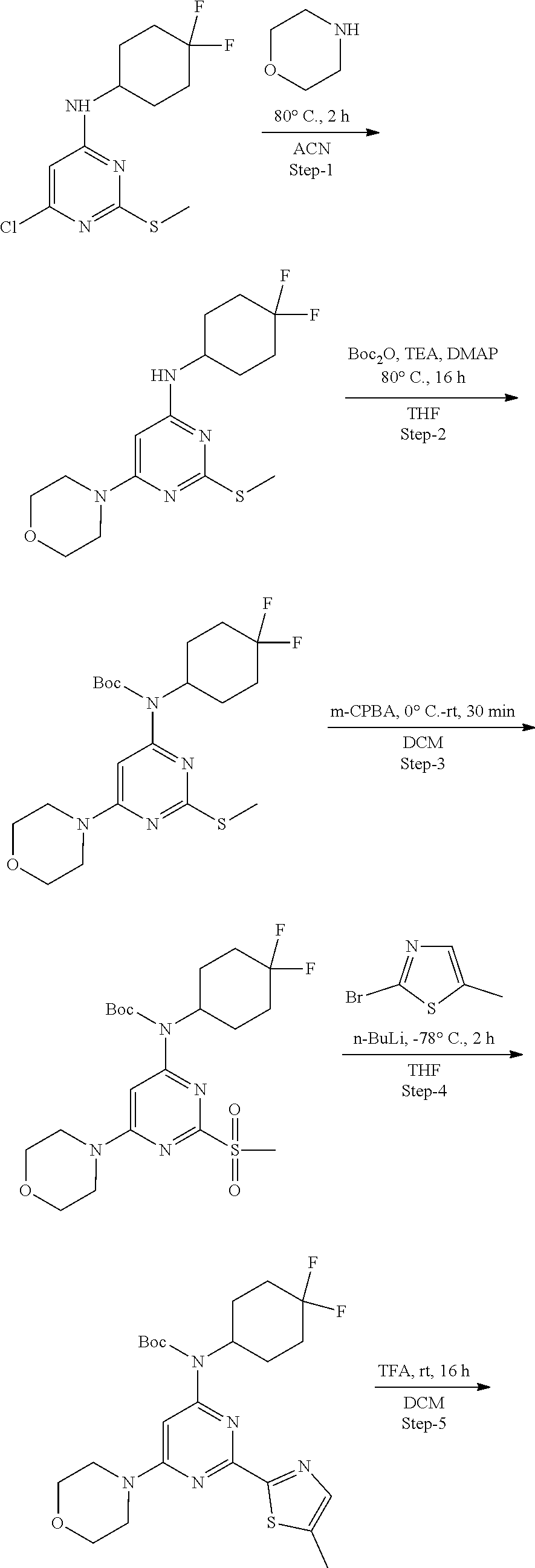
C01459

C01460
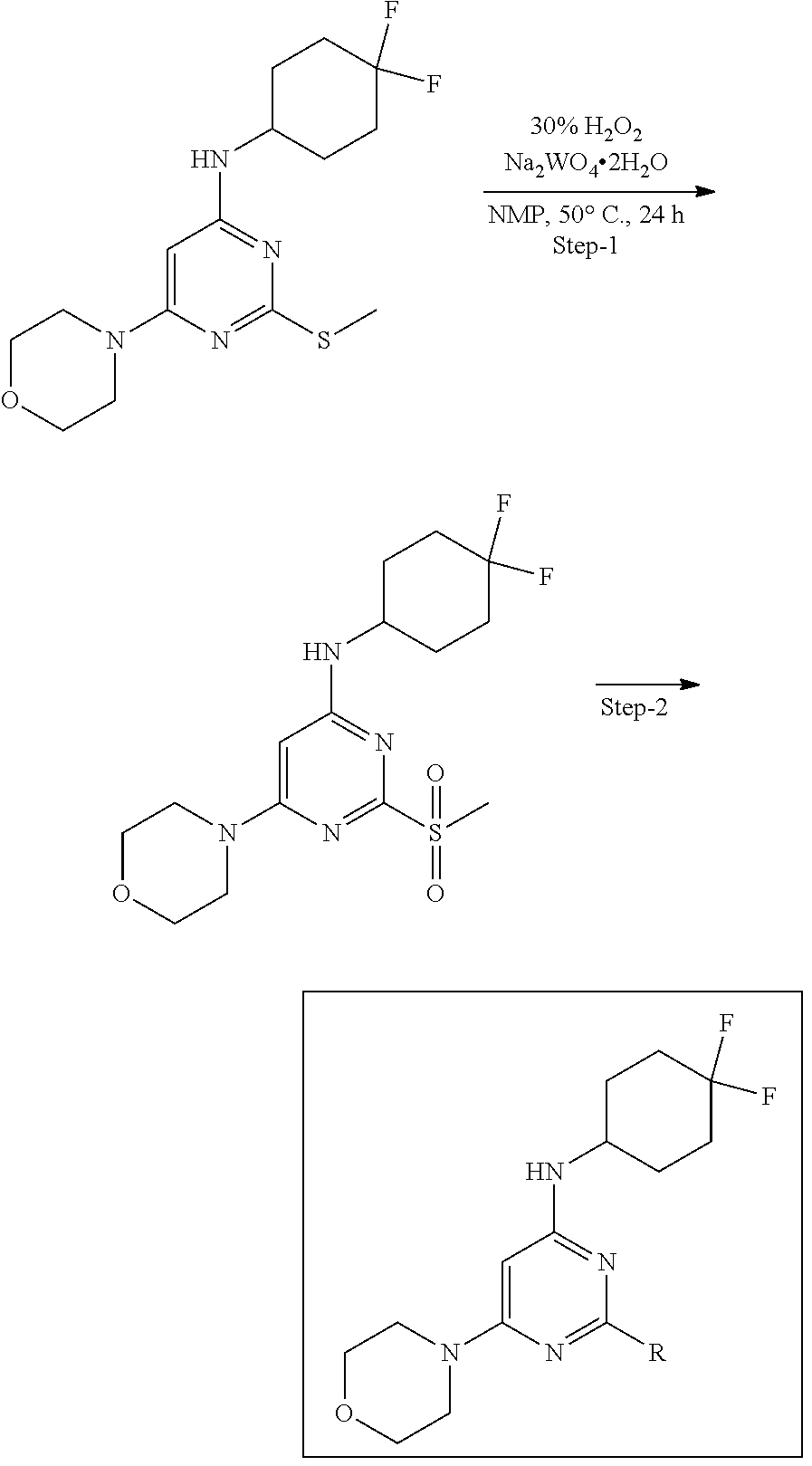
C01461

C01462
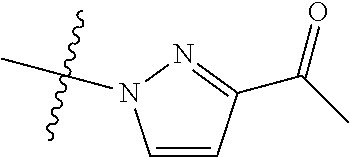
C01463

C01464

C01465
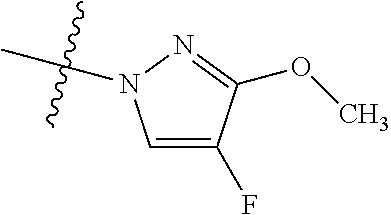
C01466
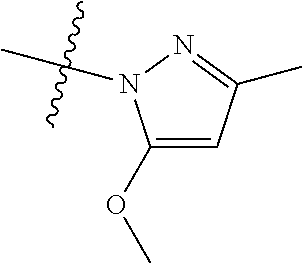
C01467

C01468
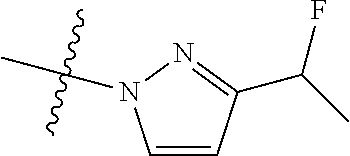
C01469
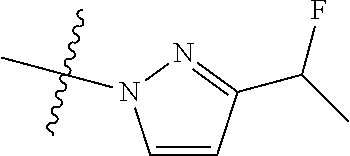
C01470

C01471
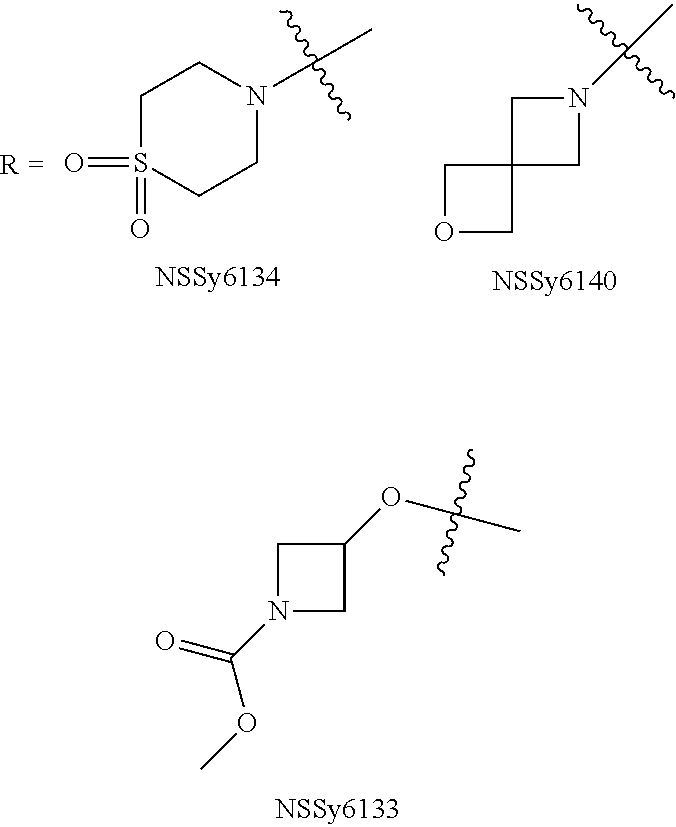
C01472

C01473

C01474

C01475
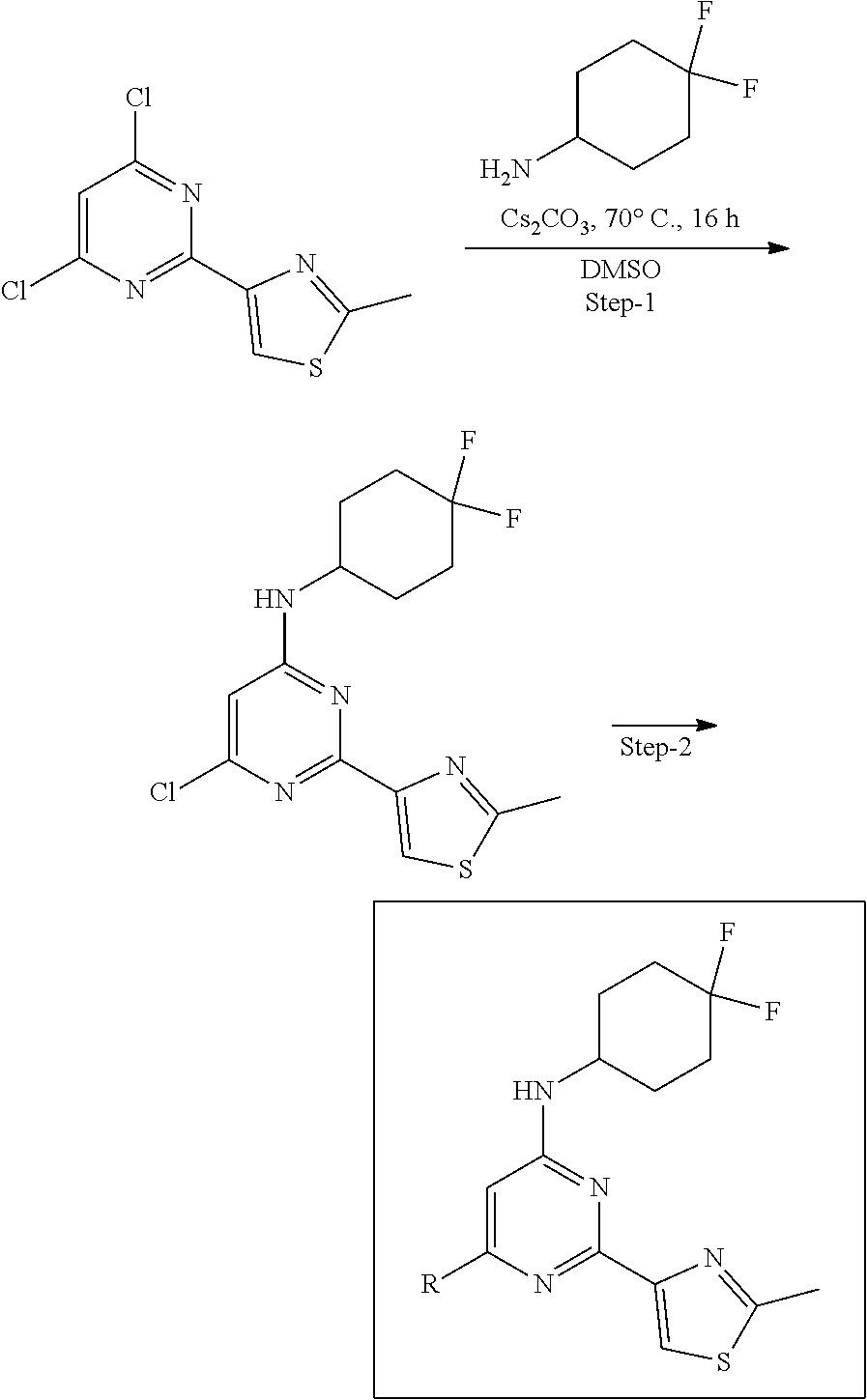
C01476

C01477

C01478

C01479

C01480
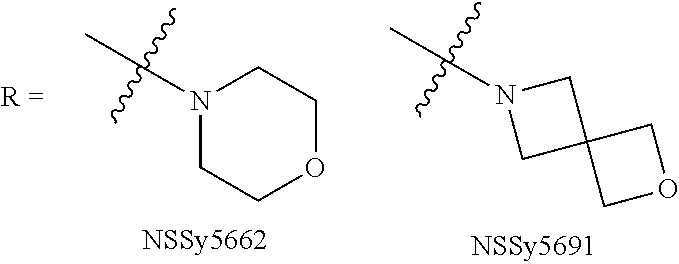
C01481

C01482

C01483

C01484
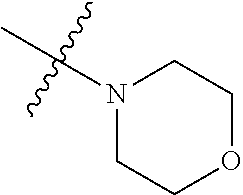
C01485

C01486
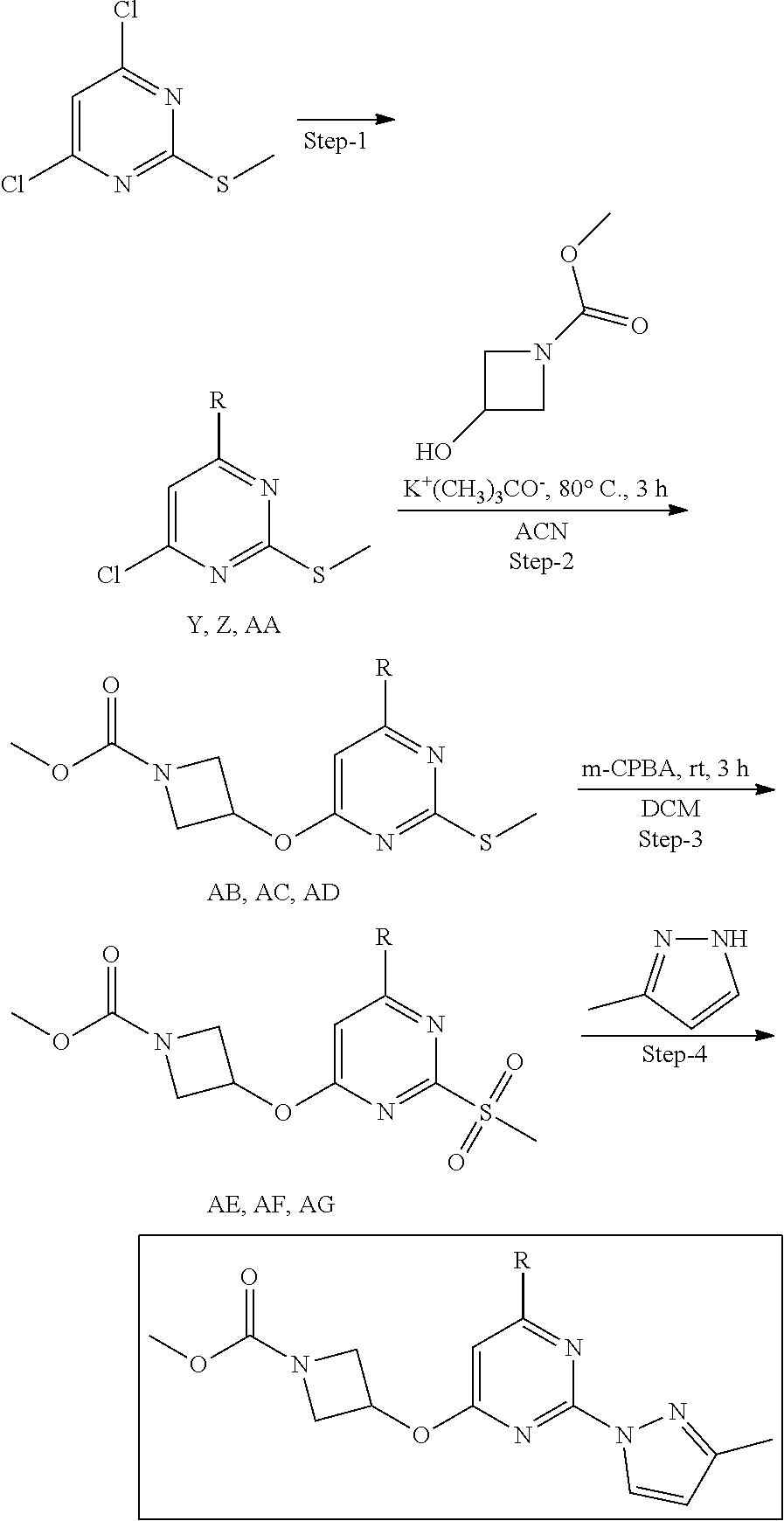
C01487
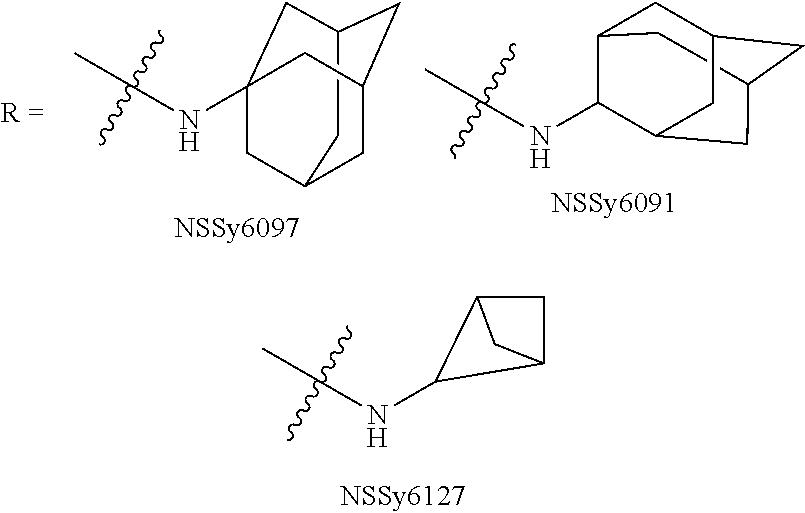
C01488

C01489

C01490

C01491

C01492

C01493

C01494

C01495

C01496
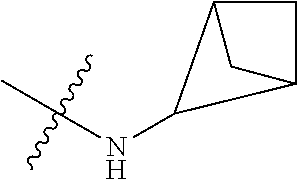
C01497

C01498
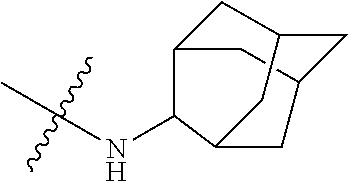
C01499
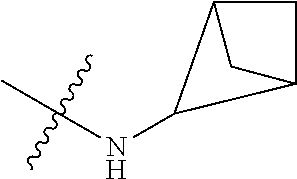
C01500
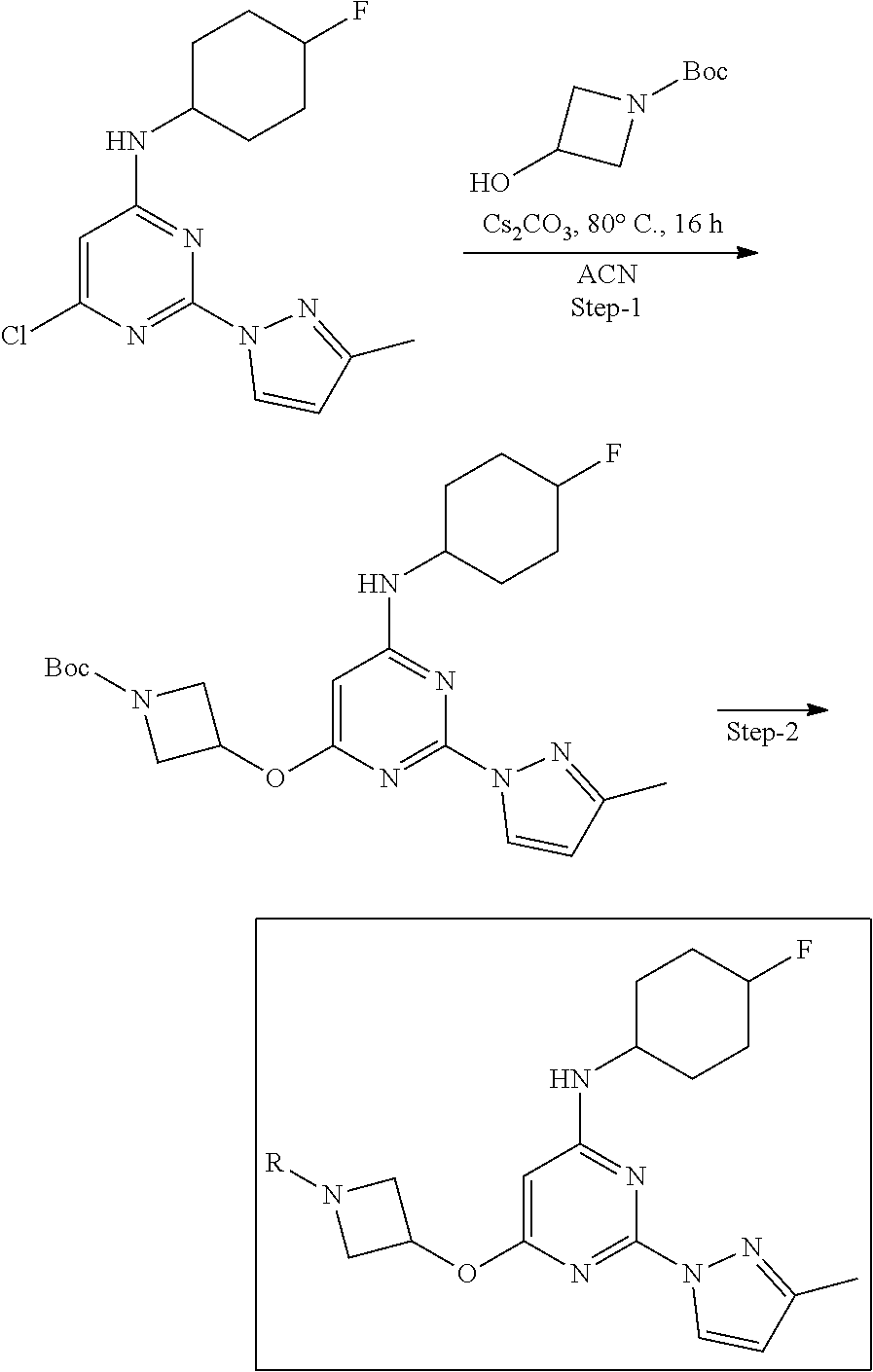
C01501
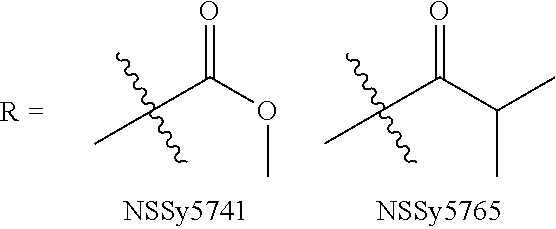
C01502
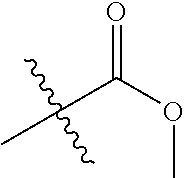
C01503

C01504
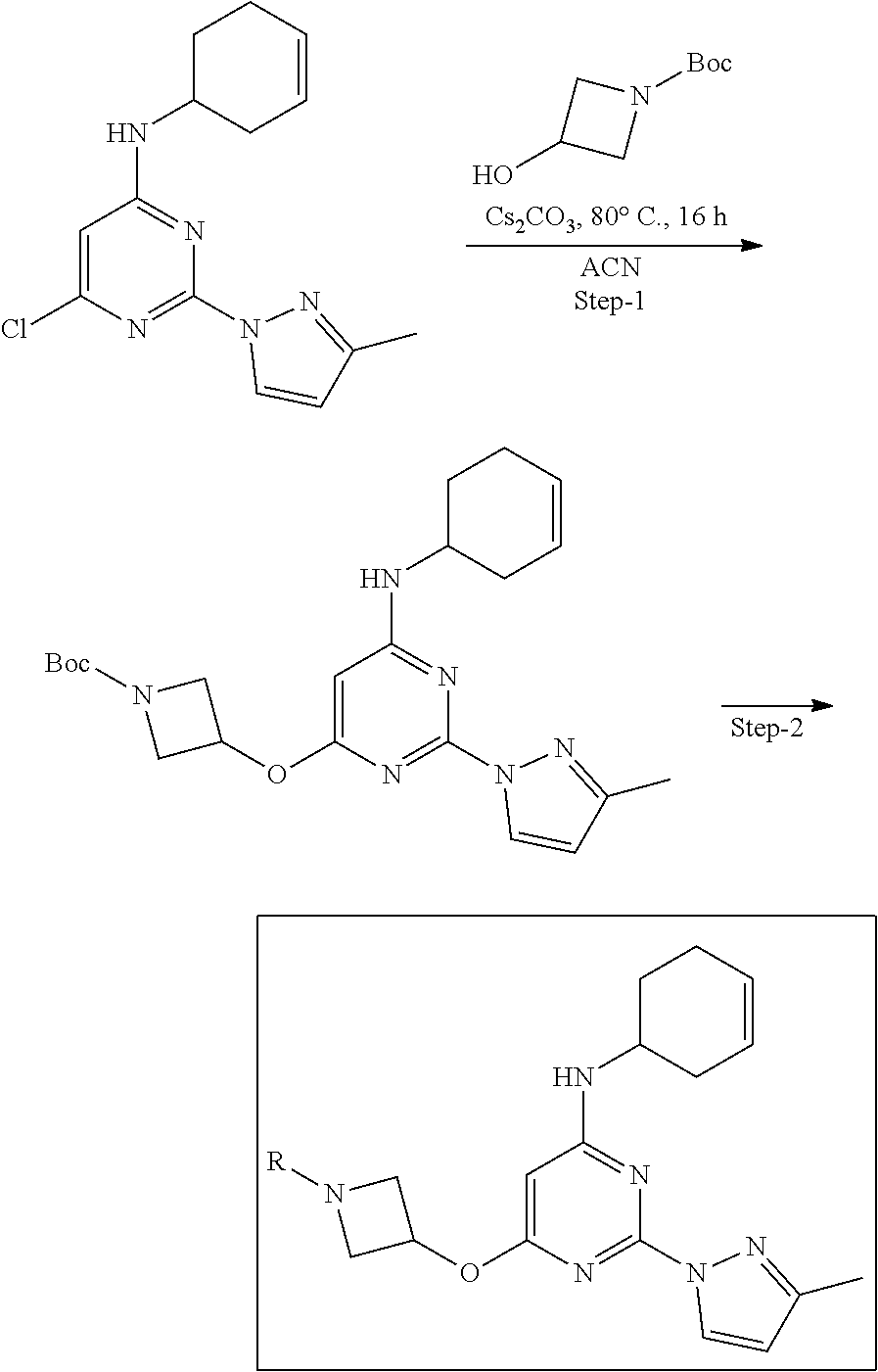
C01505

C01506

C01507

C01508

C01509

C01510
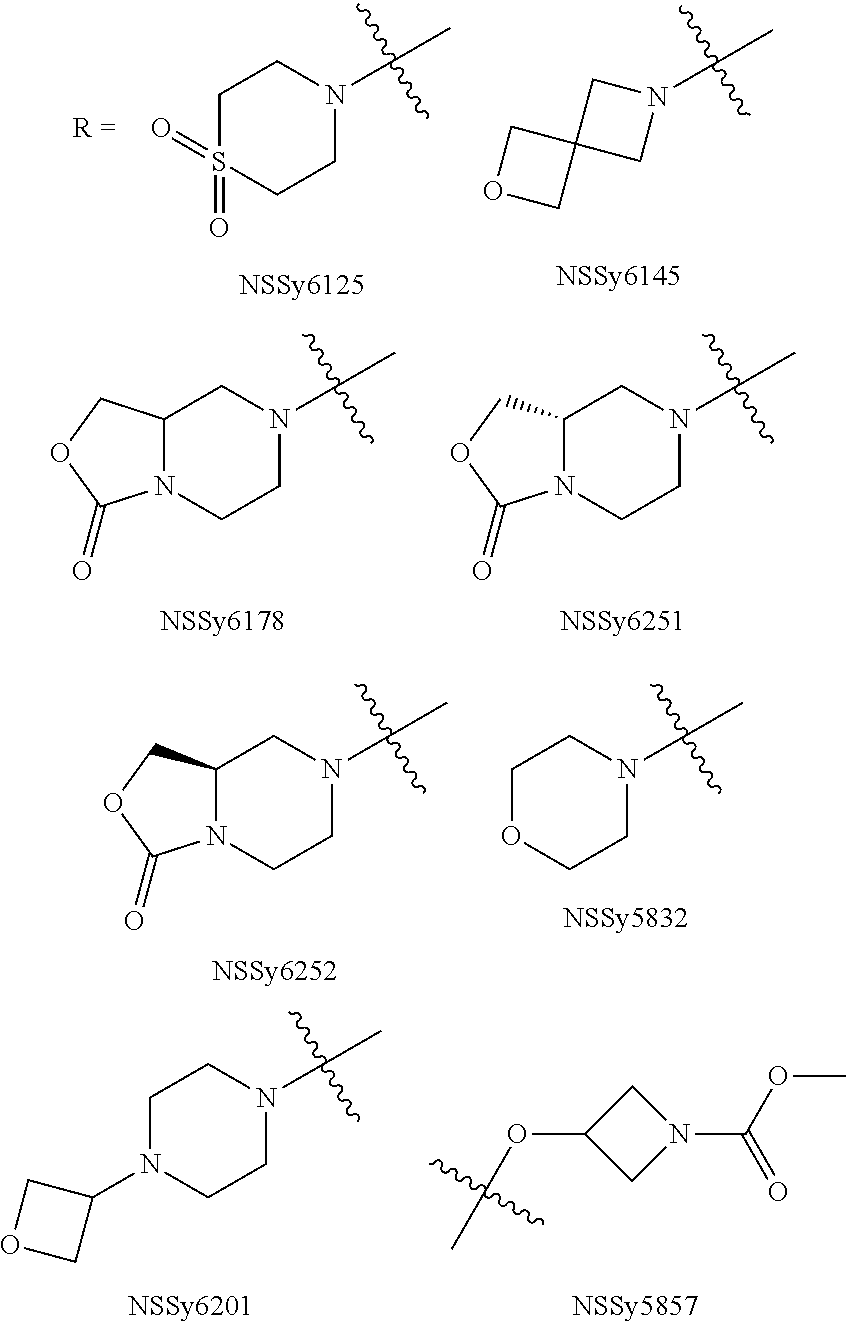
C01511
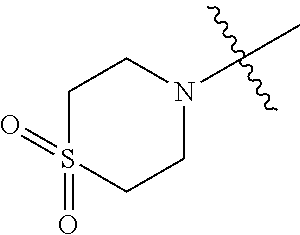
C01512
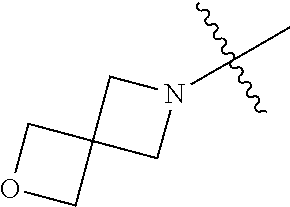
C01513
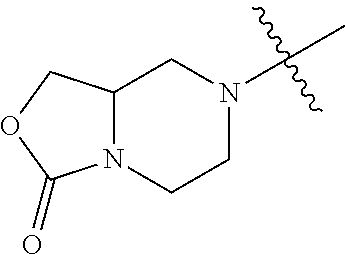
C01514

C01515

C01516
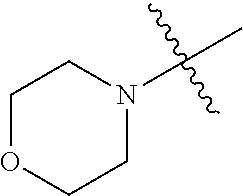
C01517
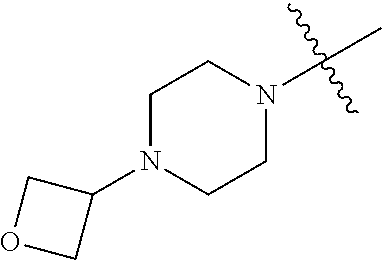
C01518

C01519
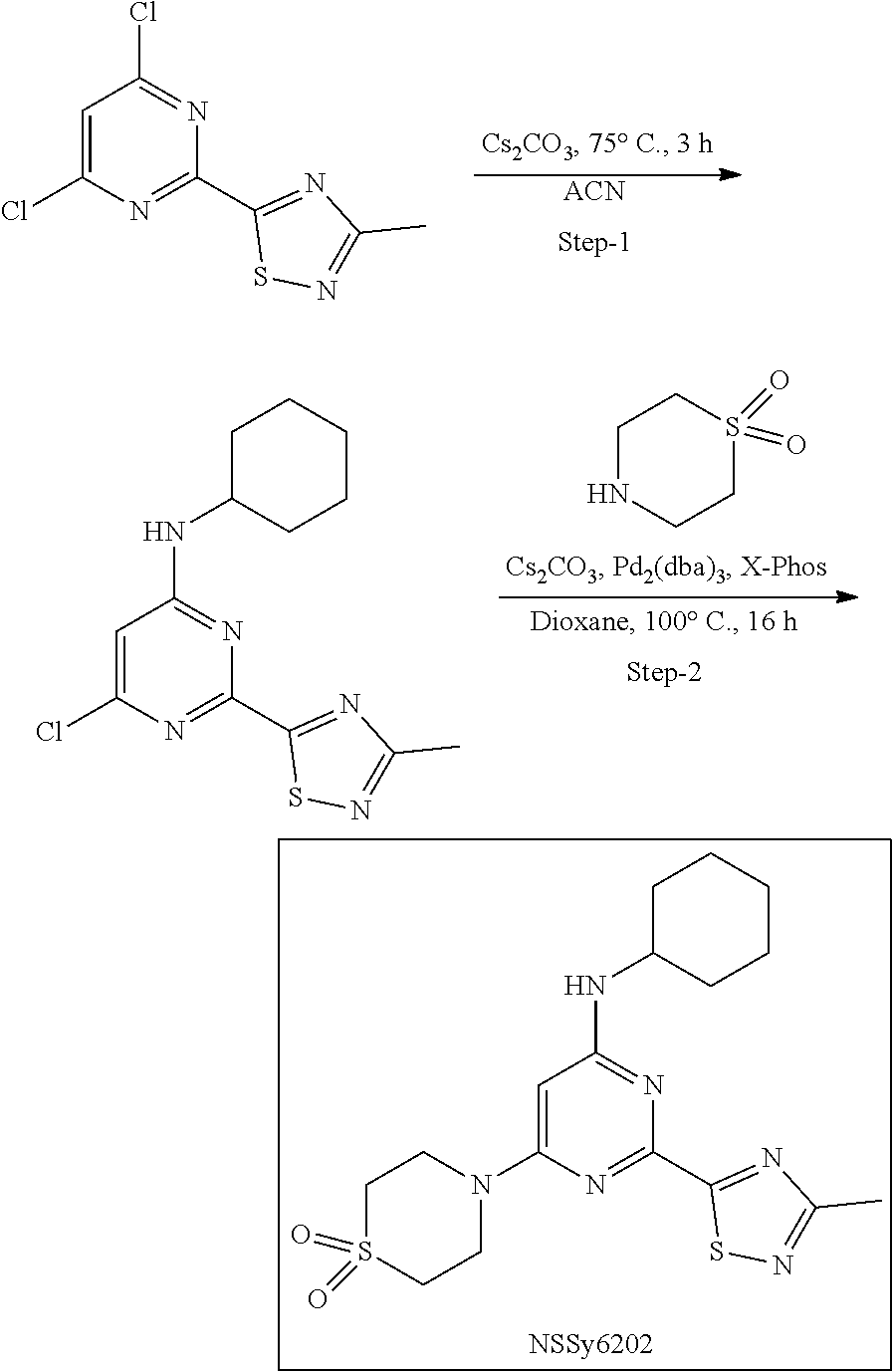
C01520

C01521

C01522
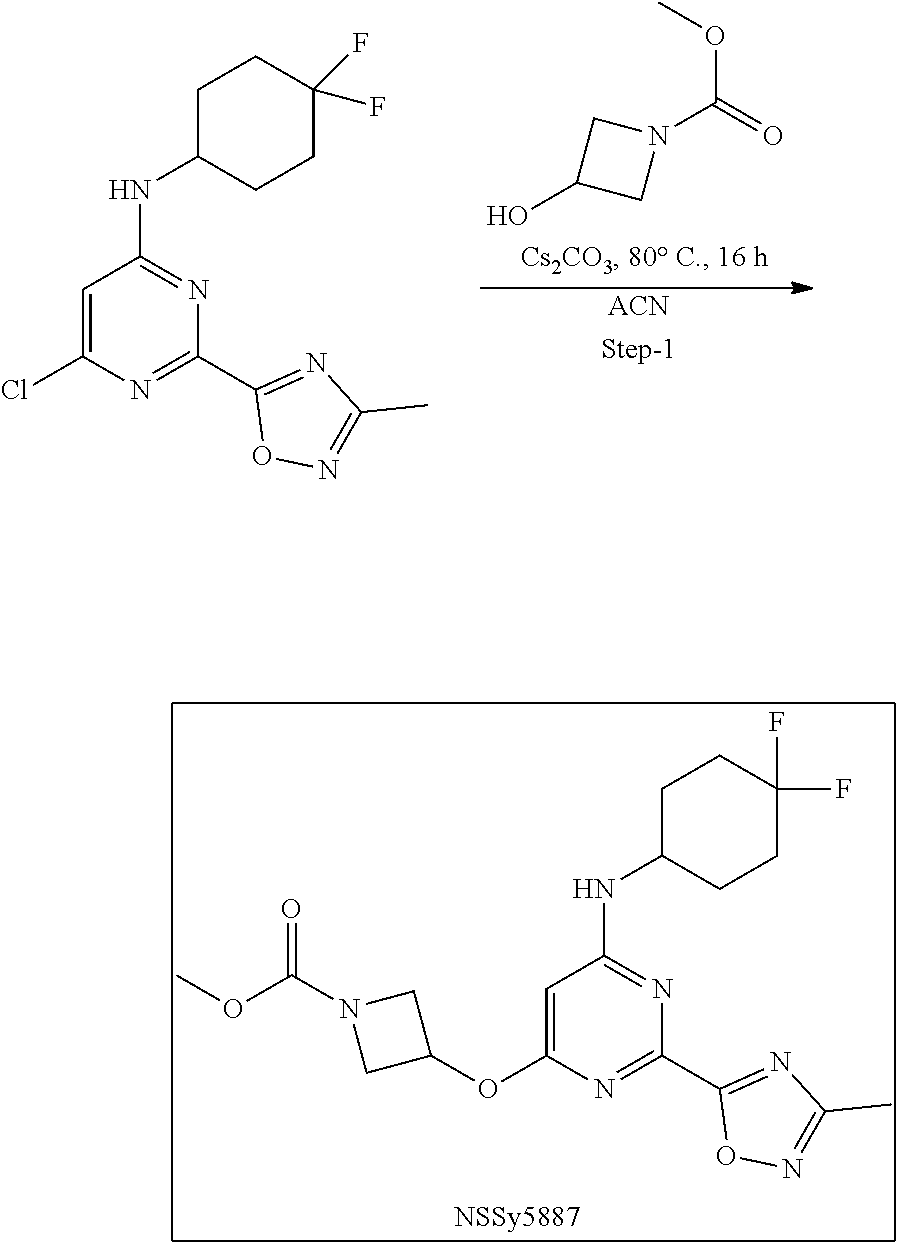
C01523

C01524

C01525
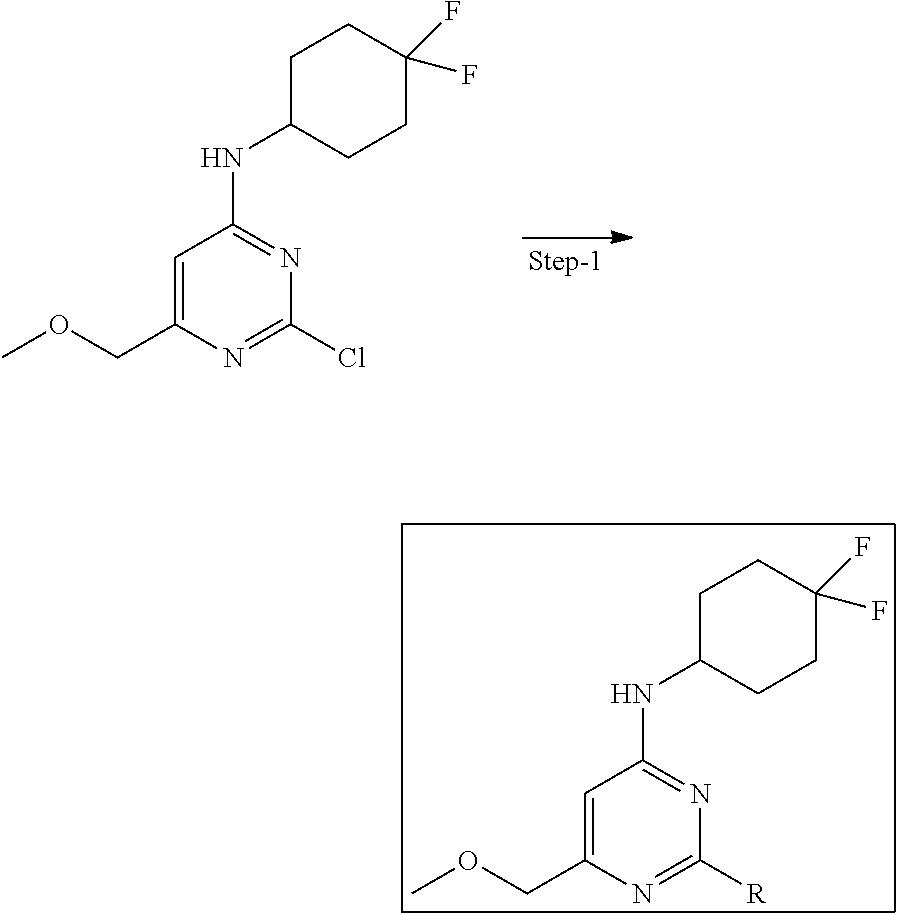
C01526

C01527

C01528
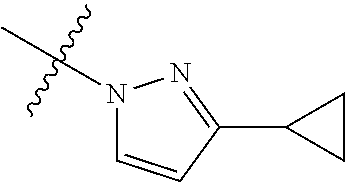
C01529
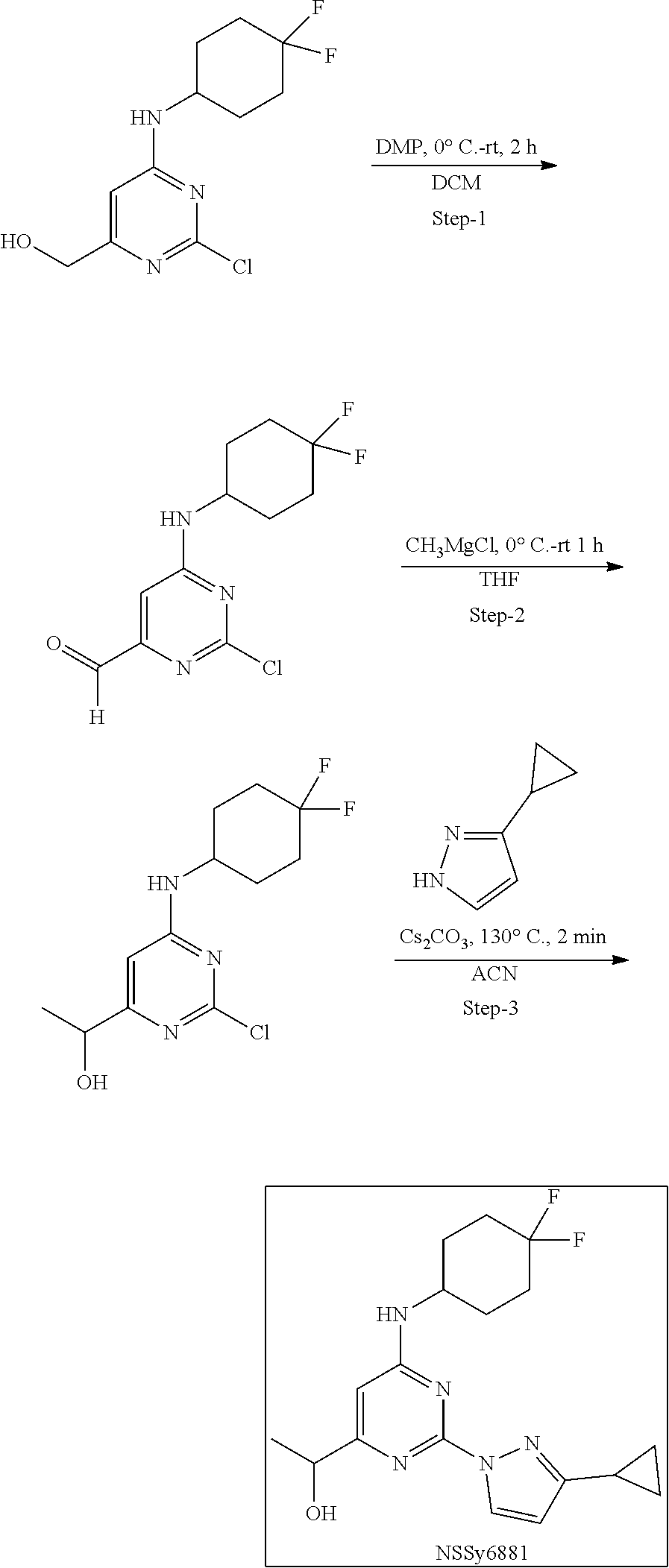
C01530
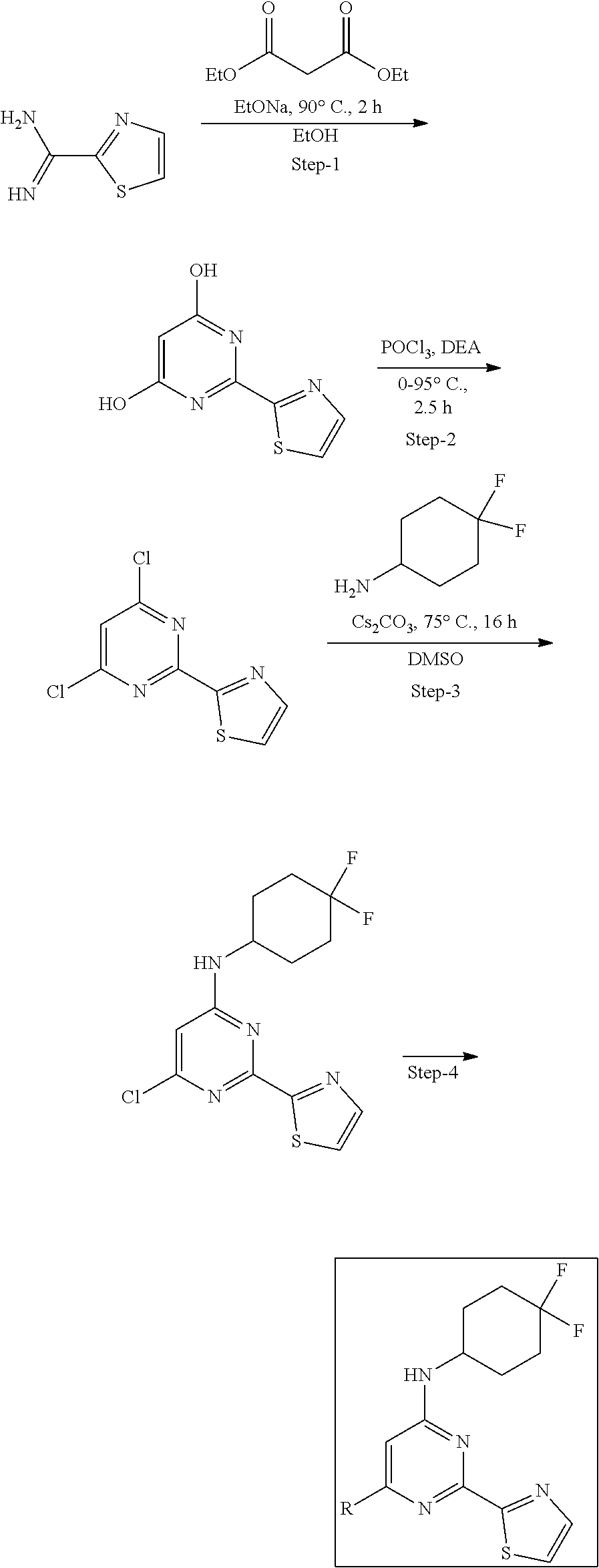
C01531

C01532
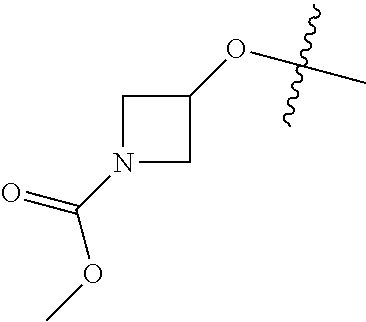
C01533
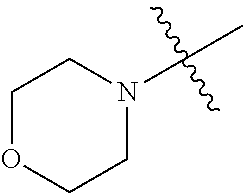
C01534
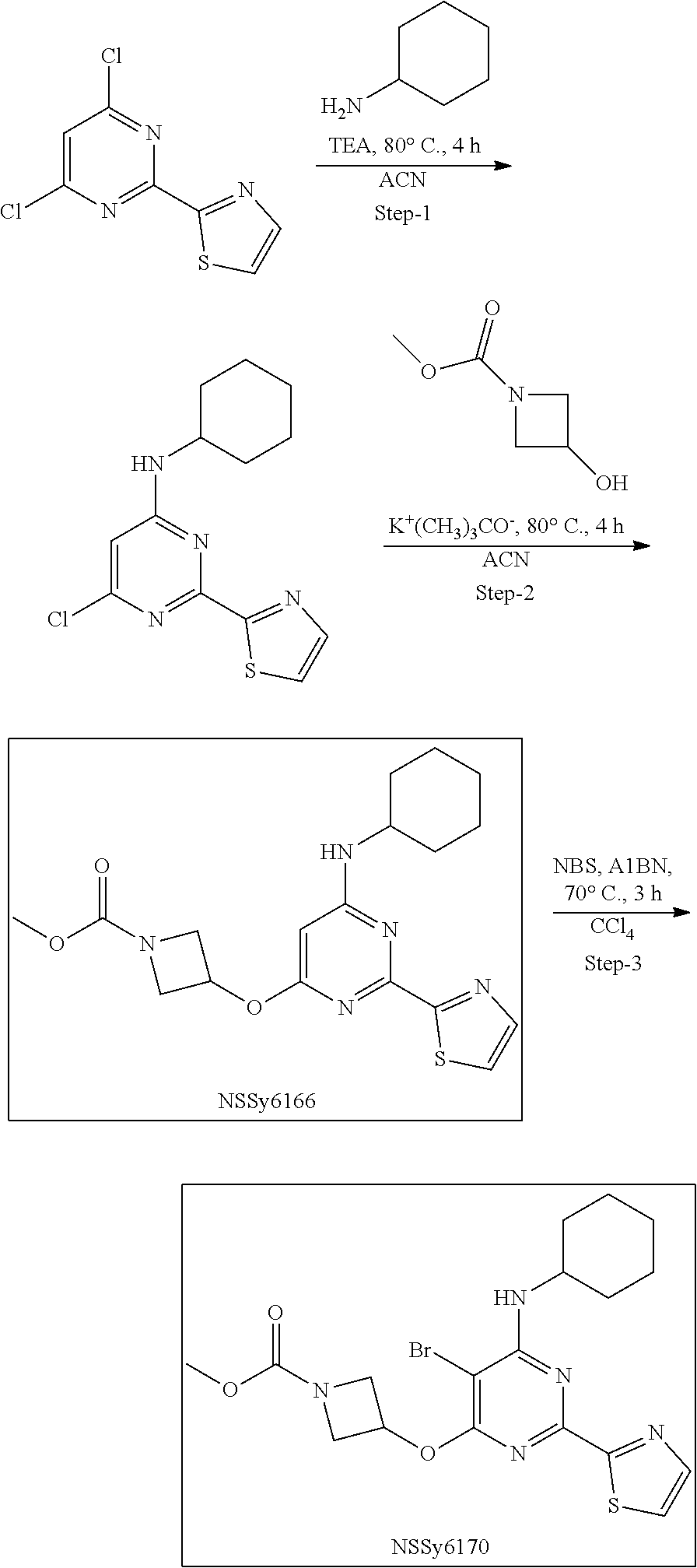
C01535
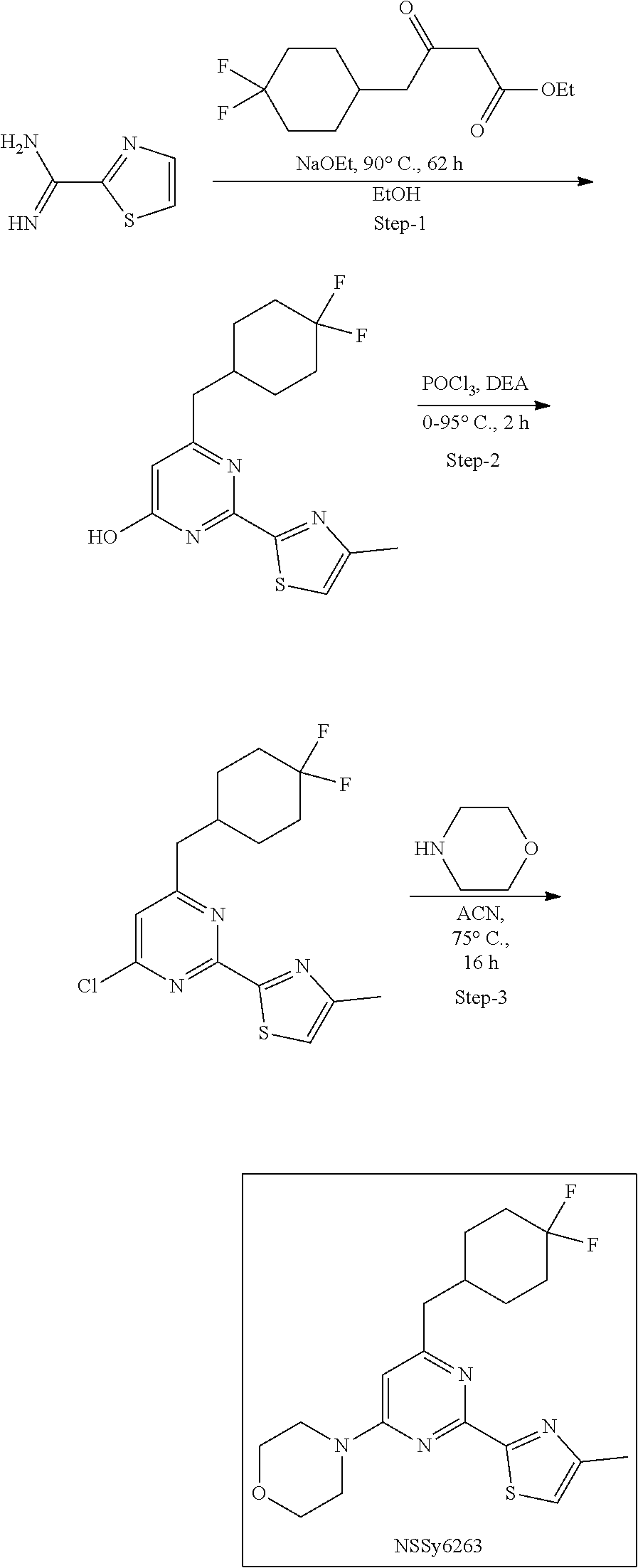
C01536

C01537

C01538
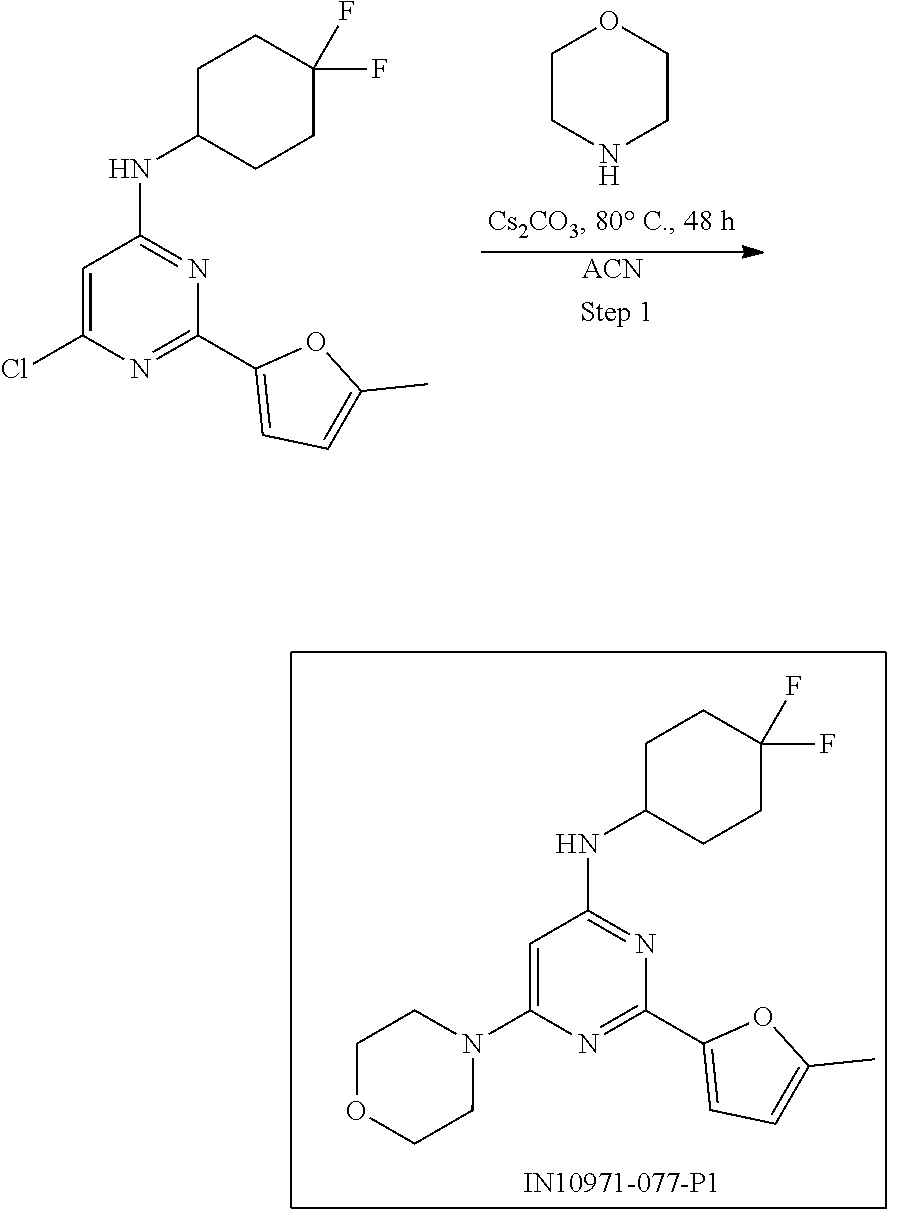
C01539

C01540

C01541
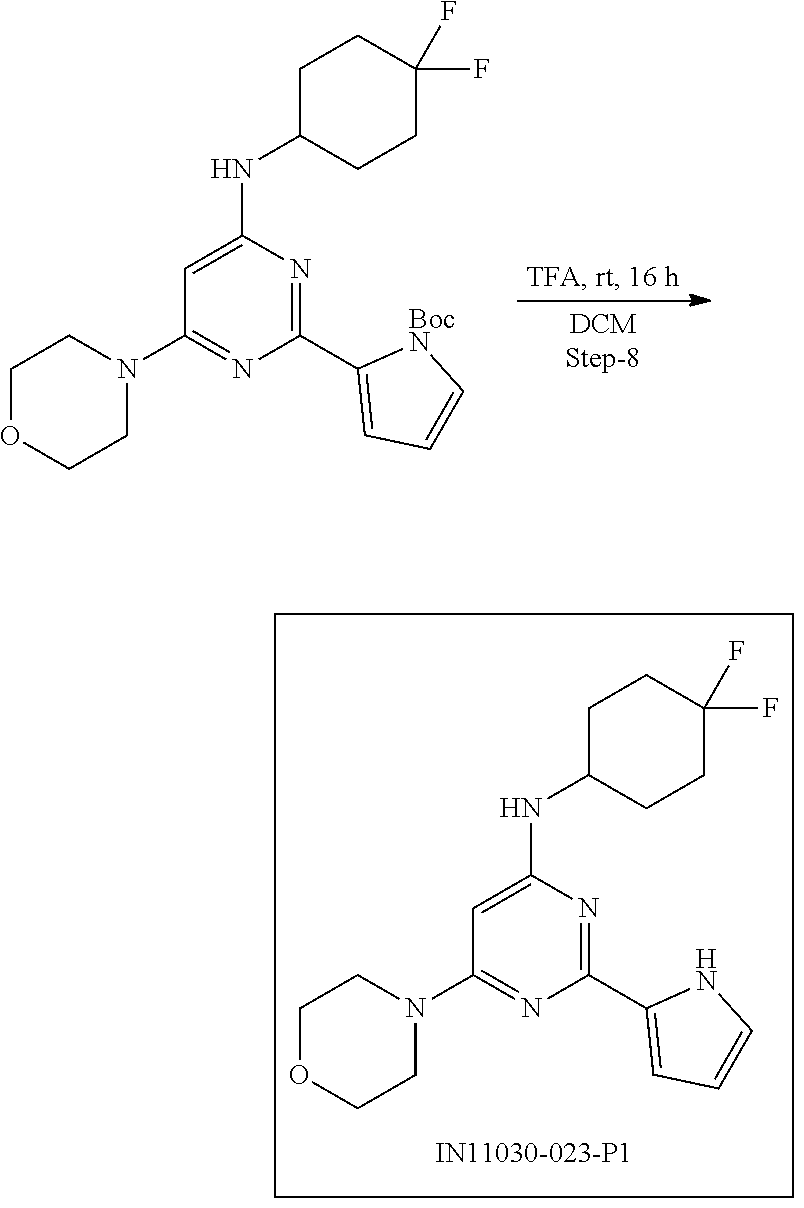
C01542

C01543

C01544
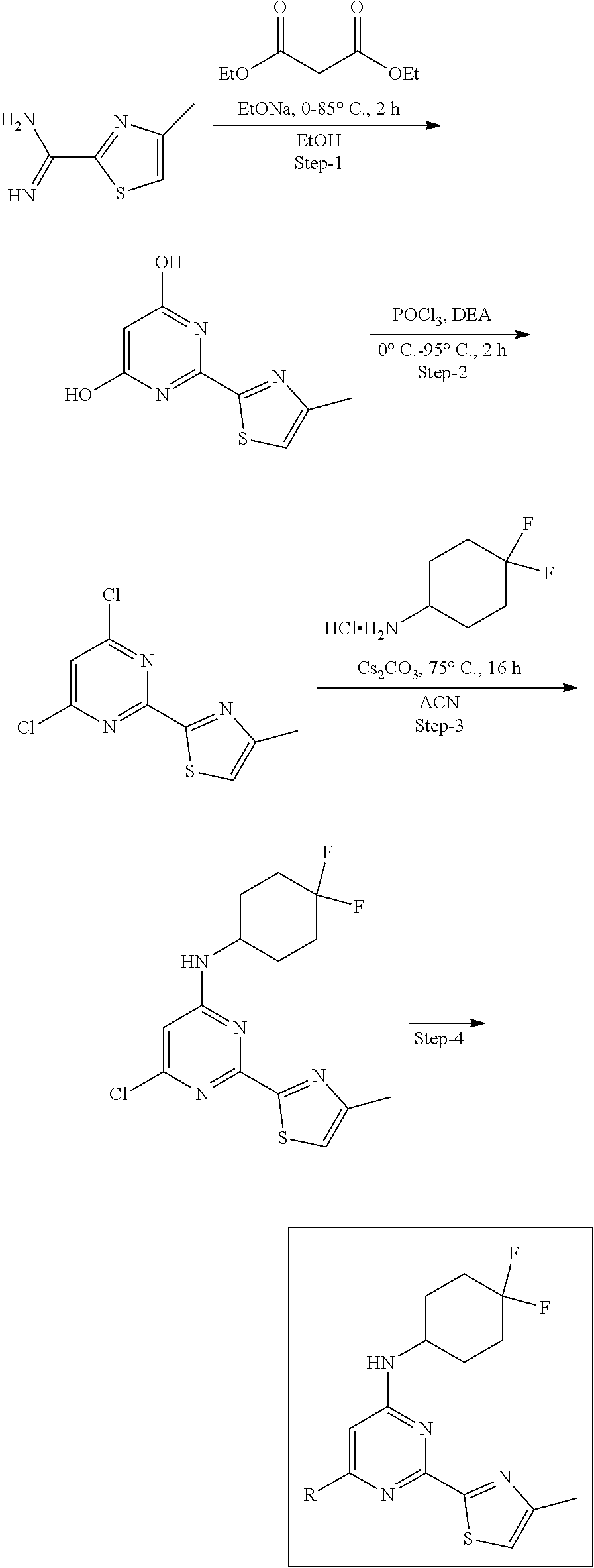
C01545

C01546

C01547

C01548
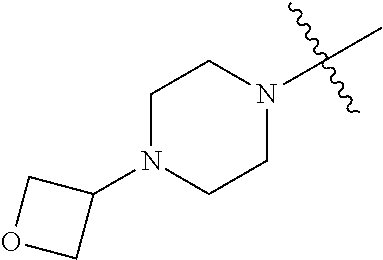
C01549
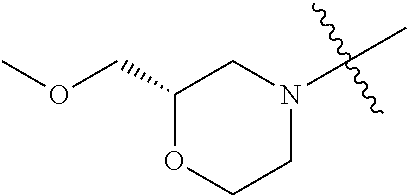
C01550

C01551

C01552
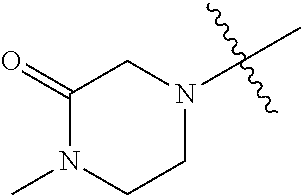
C01553
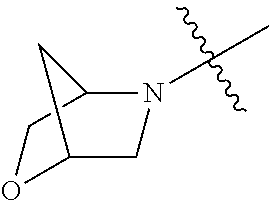
C01554
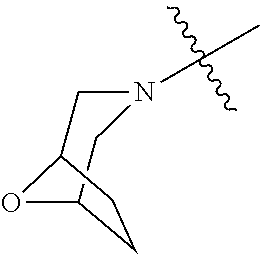
C01555

C01556

C01557

C01558

C01559

C01560
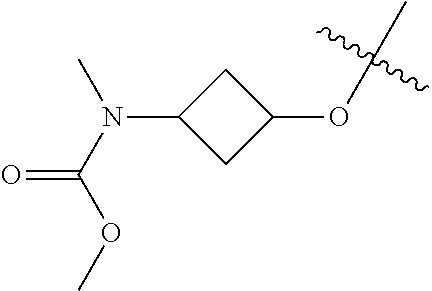
C01561
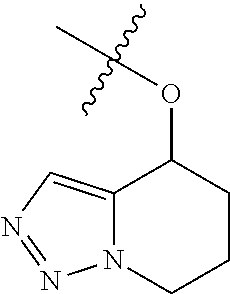
C01562

C01563

C01564
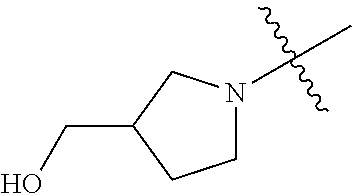
C01565

C01566

C01567

C01568

C01569

C01570

C01571
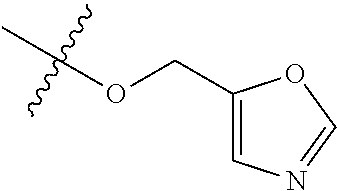
C01572

C01573

C01574
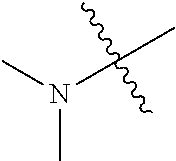
C01575

C01576

C01577

C01578
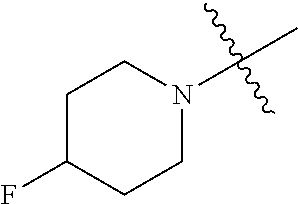
C01579

C01580
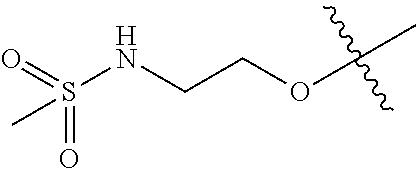
C01581

C01582

C01583

C01584

C01585

C01586

C01587
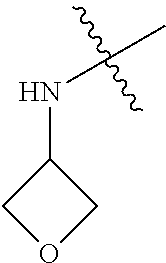
C01588

C01589

C01590

C01591

C01592

C01593

C01594

C01595

C01596
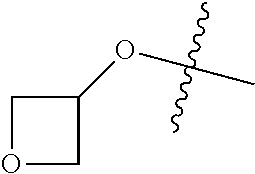
C01597
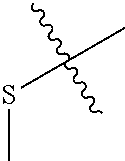
C01598

C01599
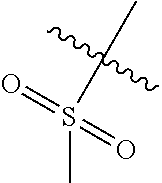
C01600
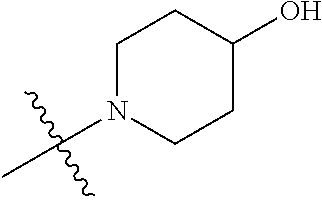
C01601
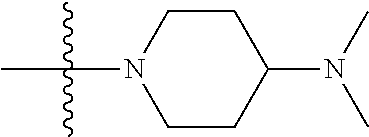
C01602
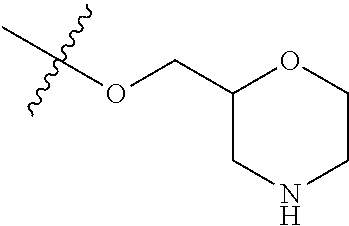
C01603

C01604

C01605
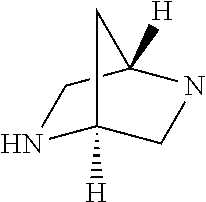
C01606

C01607
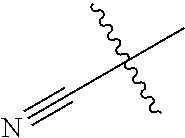
C01608

C01609

C01610

C01611

C01612
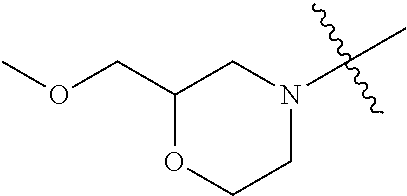
C01613
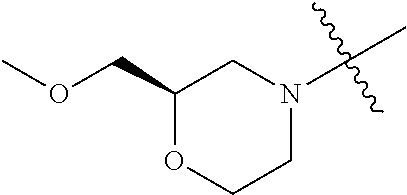
C01614

C01615

C01616

C01617

C01618

C01619
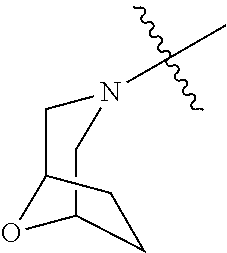
C01620

C01621

C01622
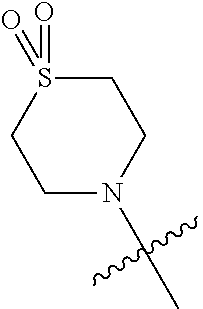
C01623

C01624
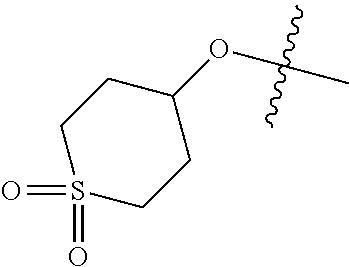
C01625

C01626
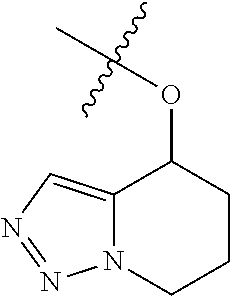
C01627

C01628

C01629

C01630

C01631

C01632
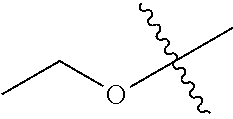
C01633

C01634
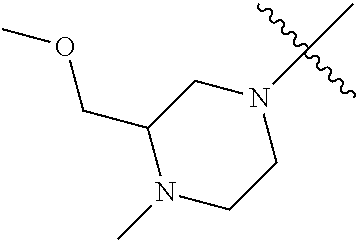
C01635

C01636

C01637

C01638
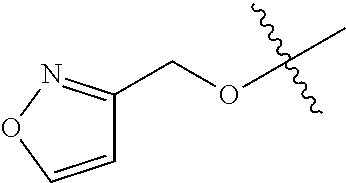
C01639
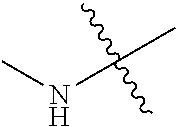
C01640

C01641

C01642

C01643

C01644

C01645

C01646

C01647
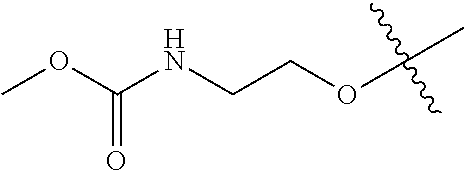
C01648
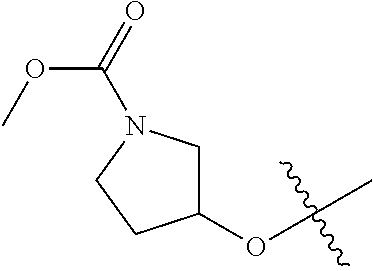
C01649

C01650

C01651
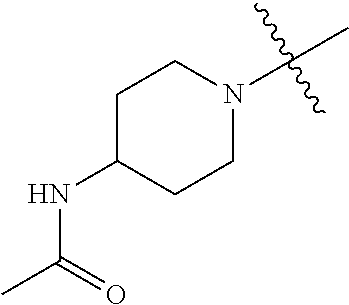
C01652

C01653

C01654

C01655

C01656
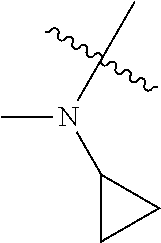
C01657
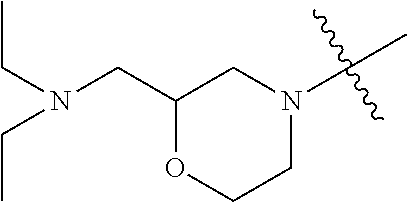
C01658

C01659

C01660

C01661

C01662

C01663

C01664
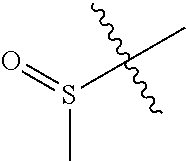
C01665

C01666

C01667

C01668

C01669

C01670

C01671

C01672
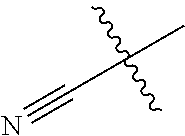
C01673
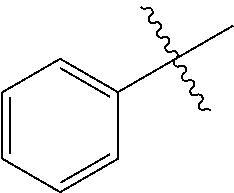
C01674

C01675
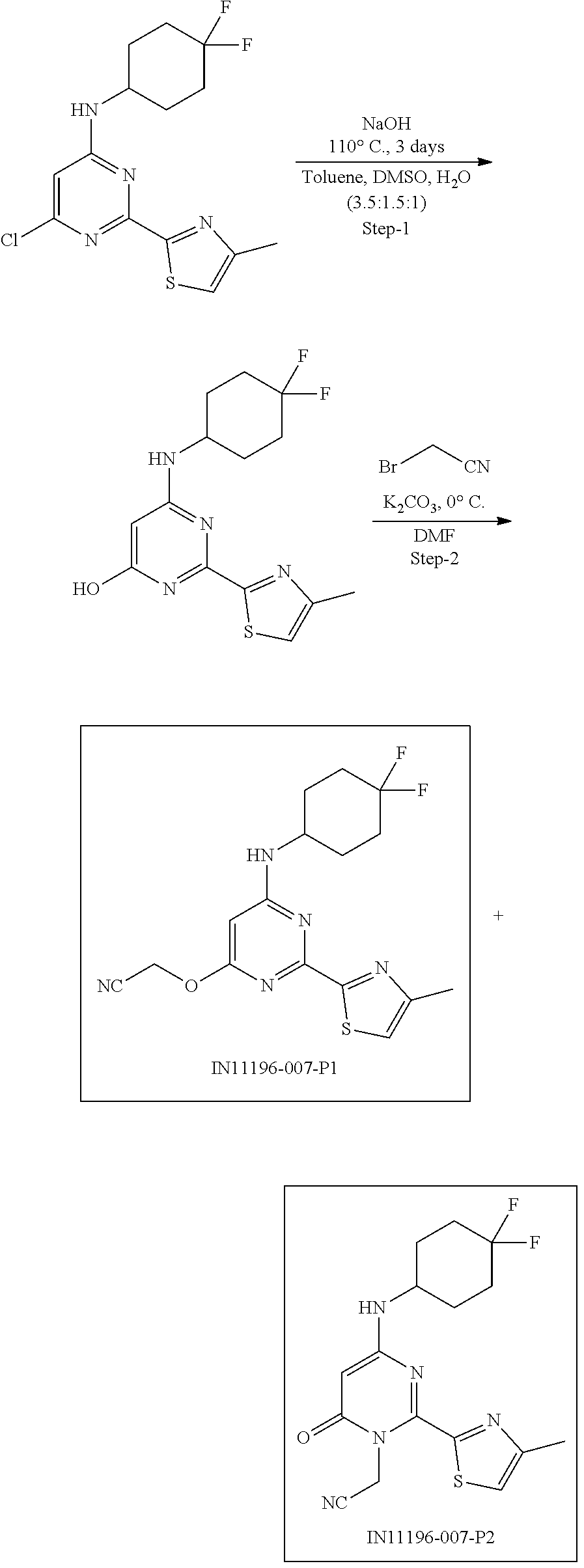
C01676

C01677

C01678

C01679

C01680

C01681
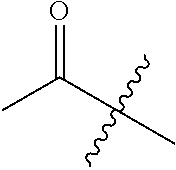
C01682

C01683

C01684

C01685

C01686

C01687

C01688

C01689

C01690

C01691

C01692

C01693

C01694

C01695

C01696

C01697
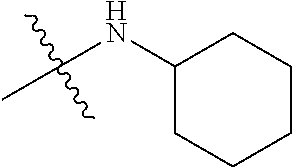
C01698
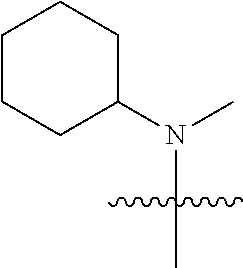
C01699

C01700

C01701

C01702

C01703

C01704
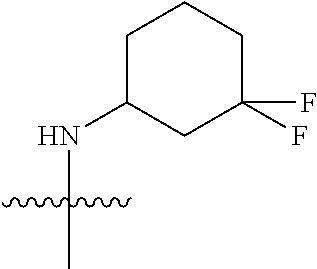
C01705

C01706
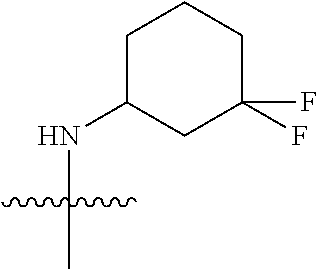
C01707
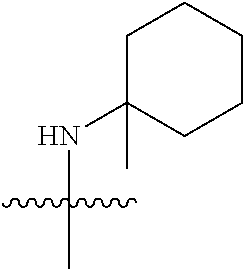
C01708

C01709

C01710

C01711
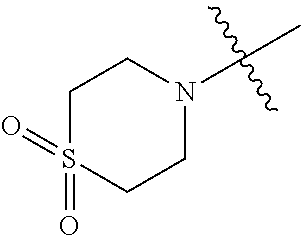
C01712

C01713

C01714

C01715

C01716
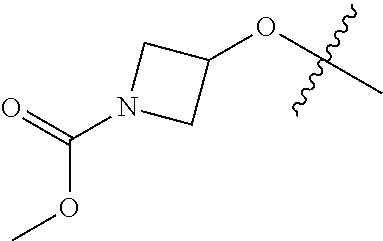
C01717
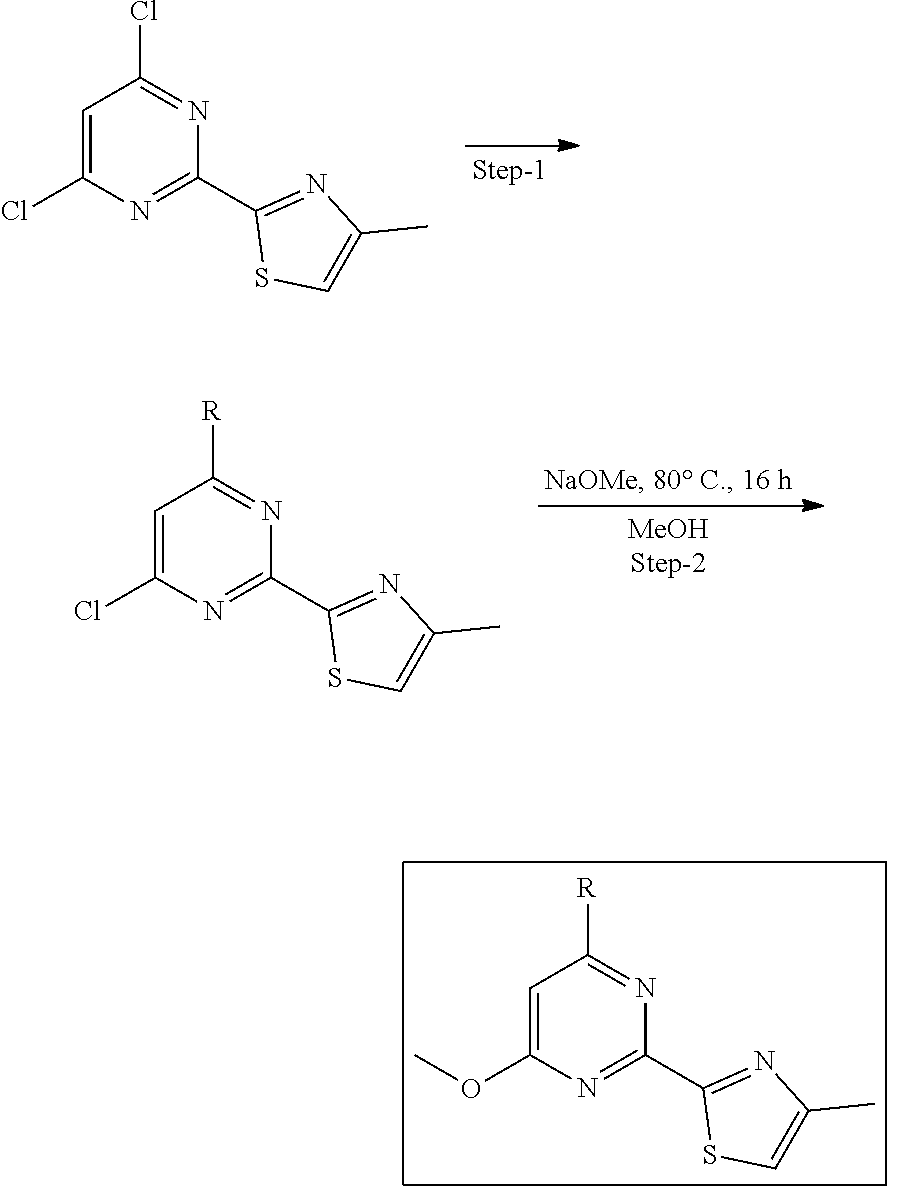
C01718

C01719
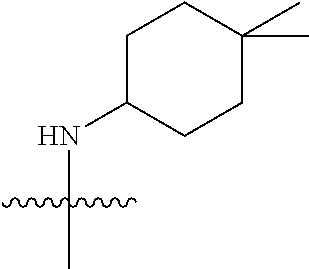
C01720

C01721

C01722

C01723

C01724
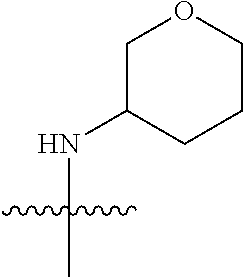
C01725
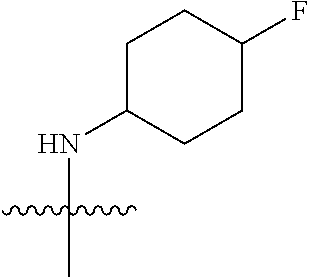
C01726

C01727

C01728

C01729
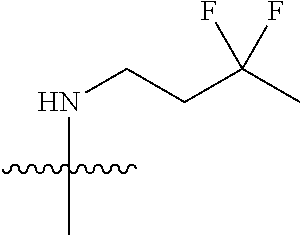
C01730

C01731

C01732

C01733
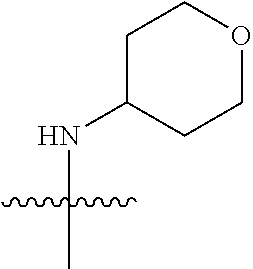
C01734
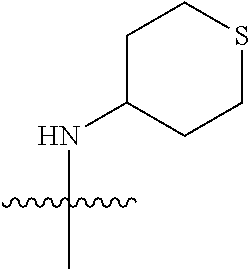
C01735
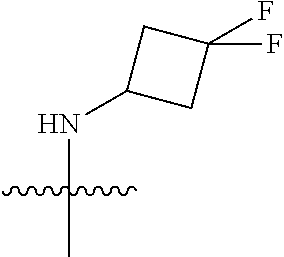
C01736
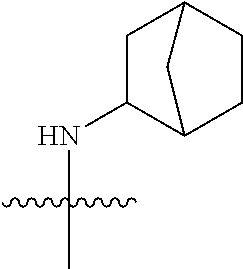
C01737
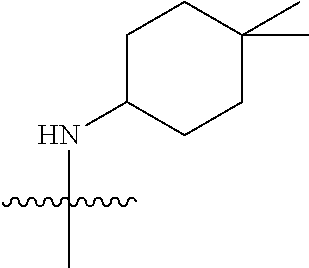
C01738

C01739
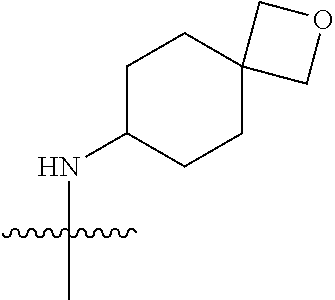
C01740

C01741
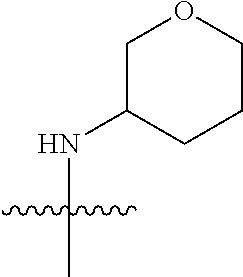
C01742
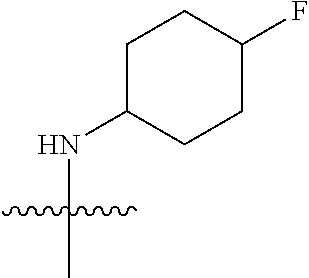
C01743
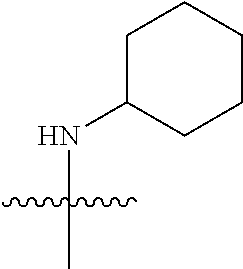
C01744

C01745
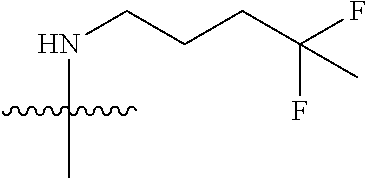
C01746

C01747
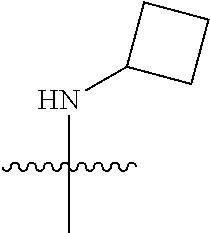
C01748

C01749
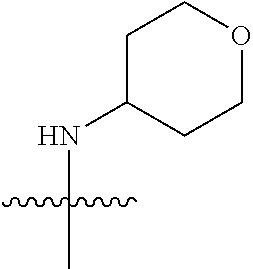
C01750

C01751
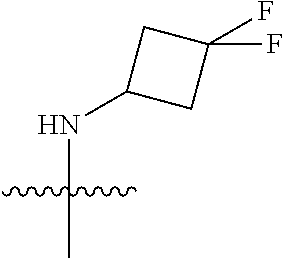
C01752

C01753

C01754

C01755
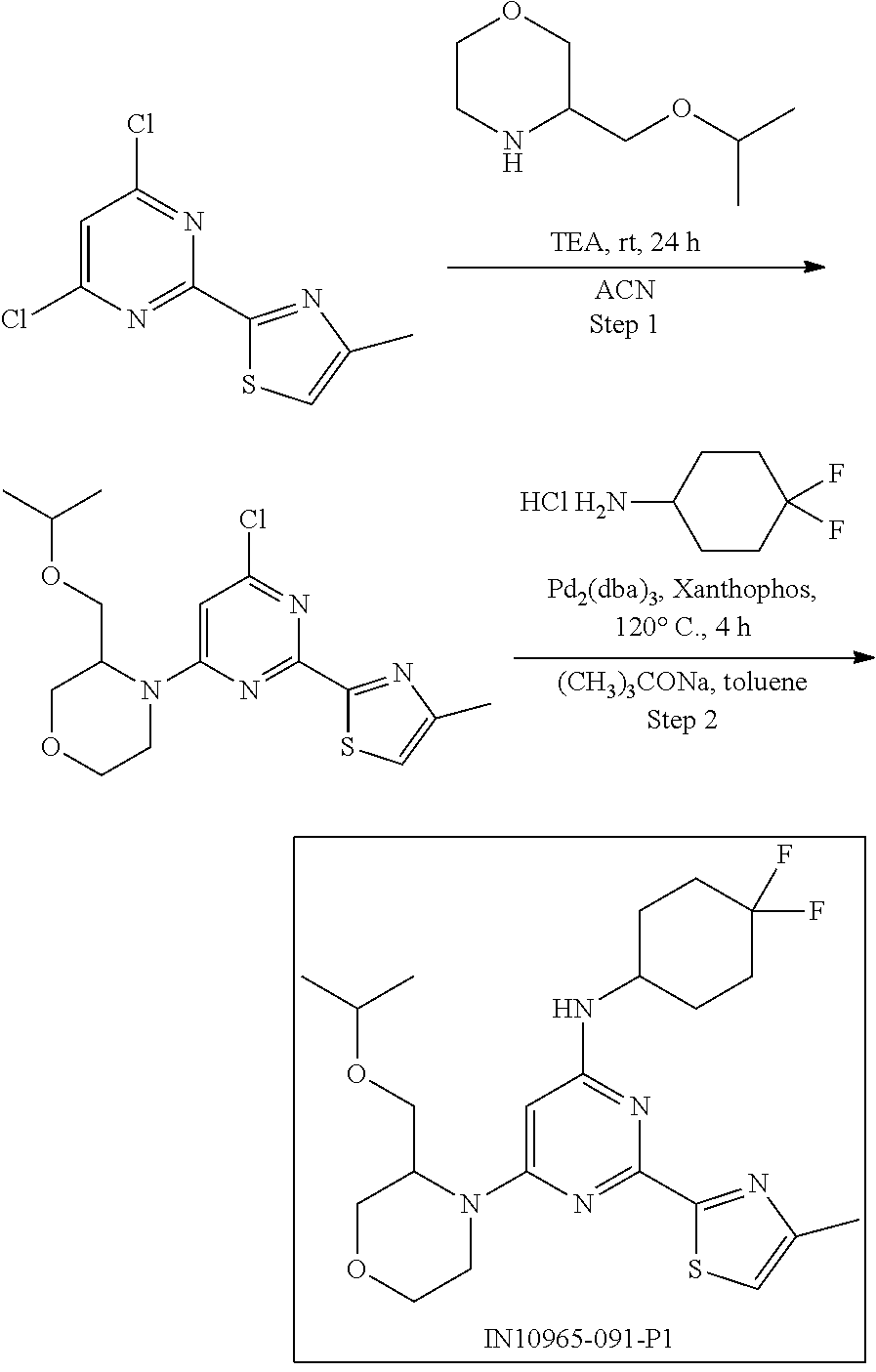
C01756
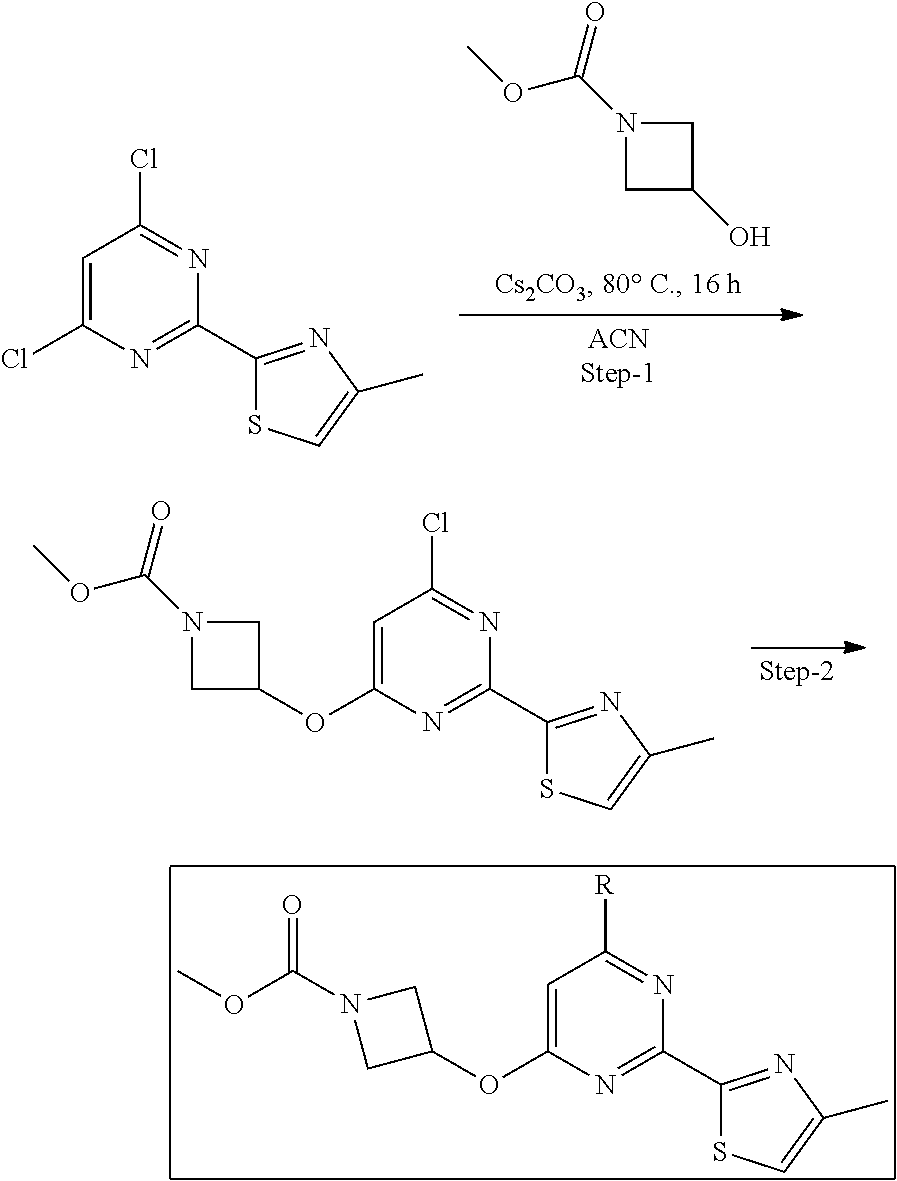
C01757

C01758
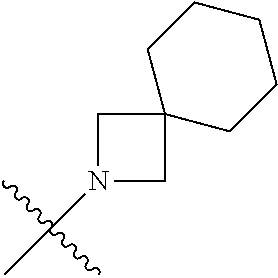
C01759

C01760

C01761

C01762

C01763

C01764
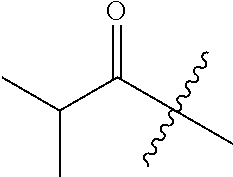
C01765

C01766
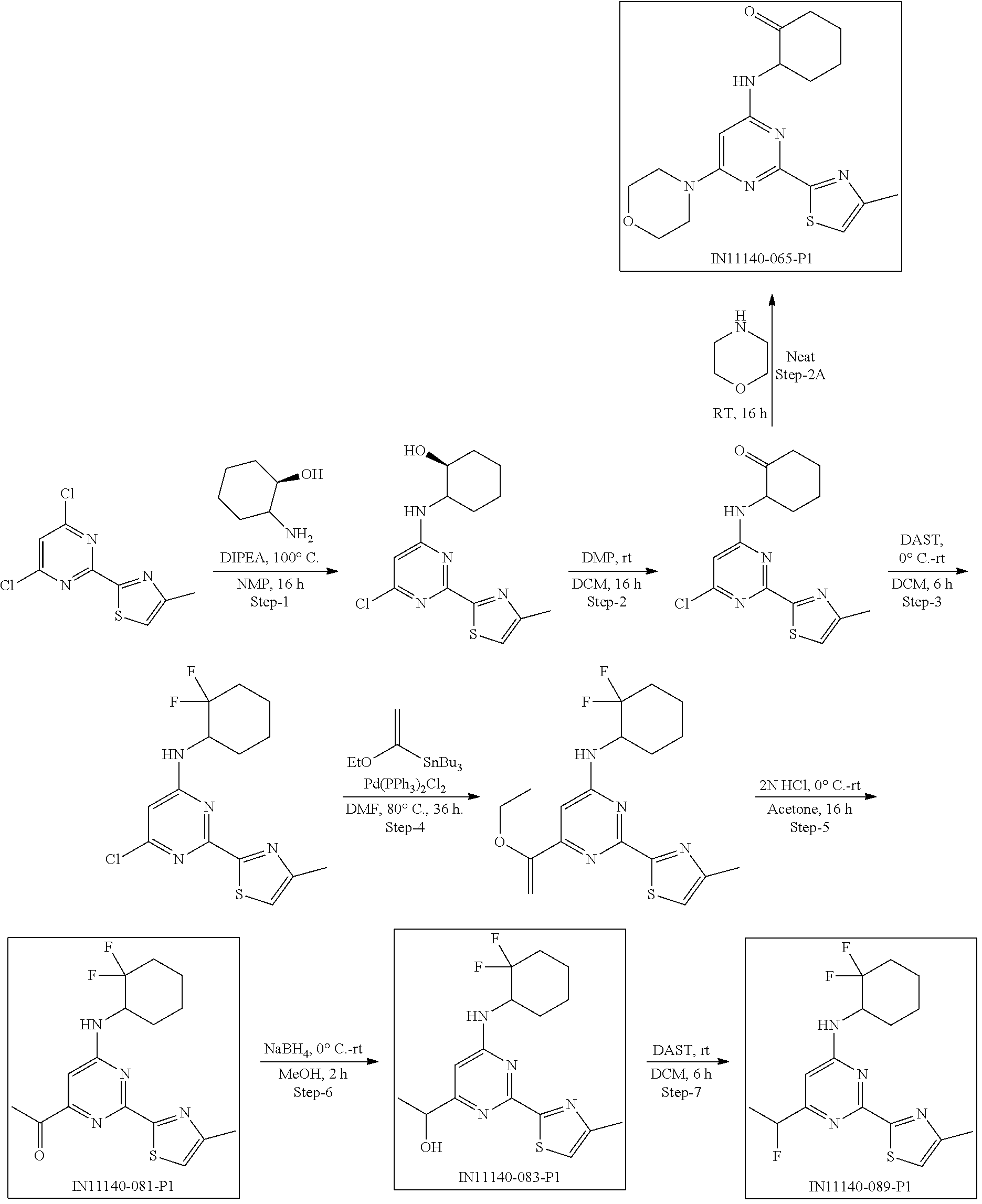
C01767

C01768

C01769
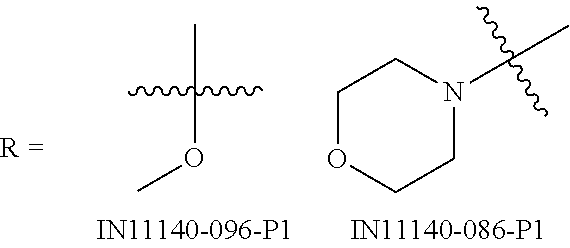
C01770

C01771

C01772

C01773

C01774

C01775
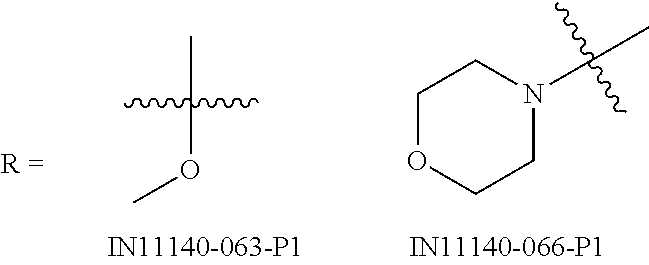
C01776
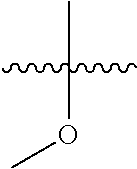
C01777

C01778

C01779

C01780
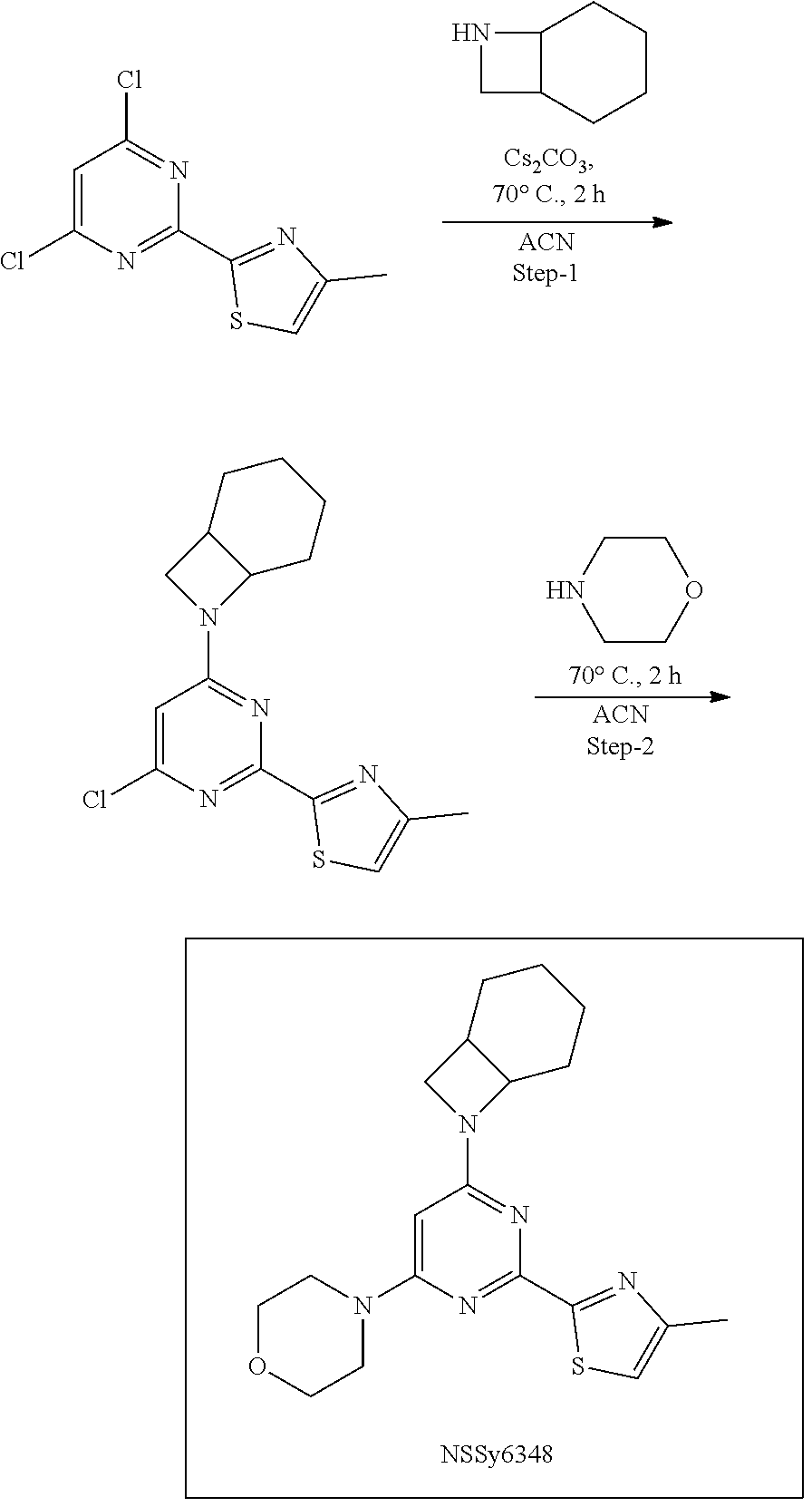
C01781
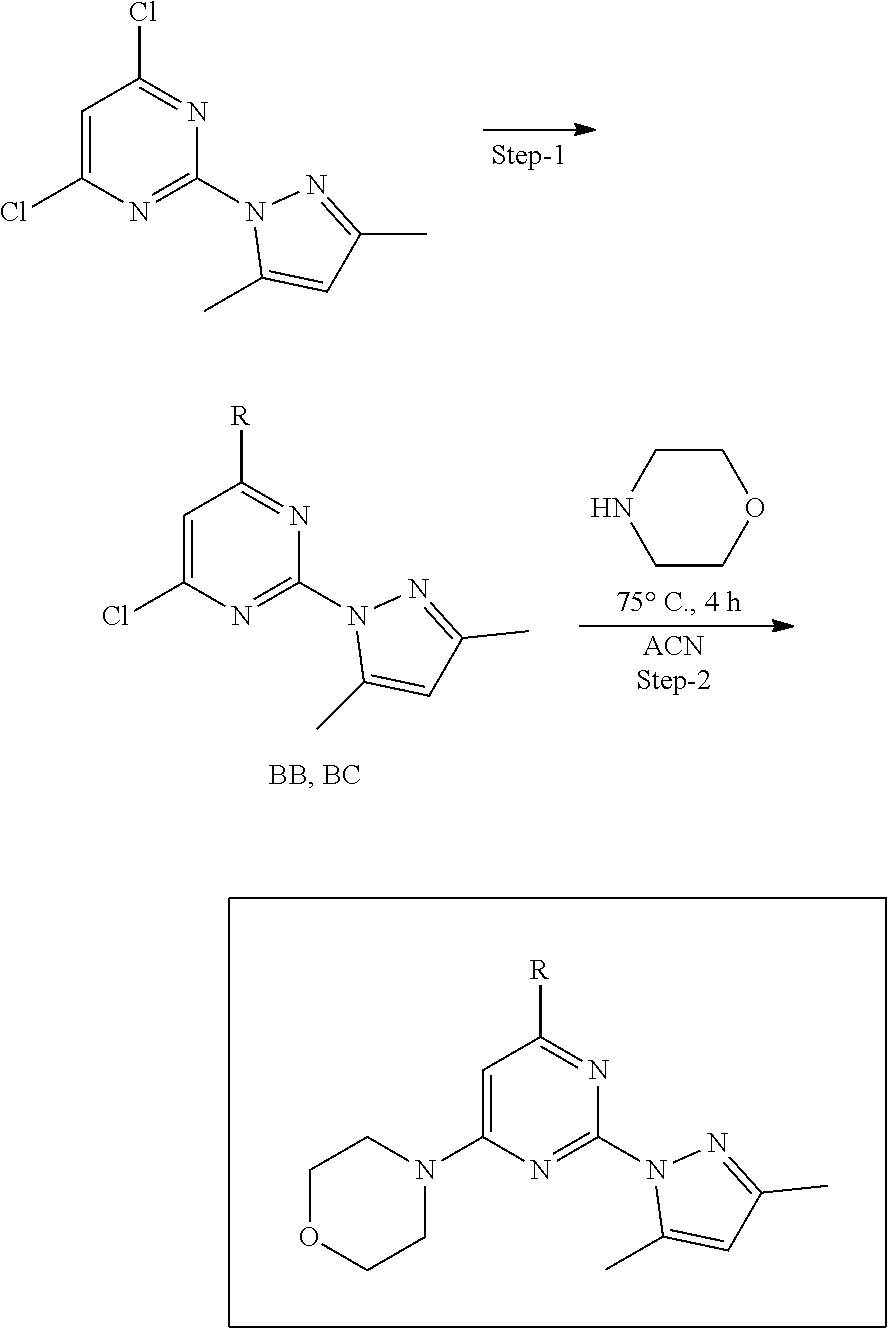
C01782
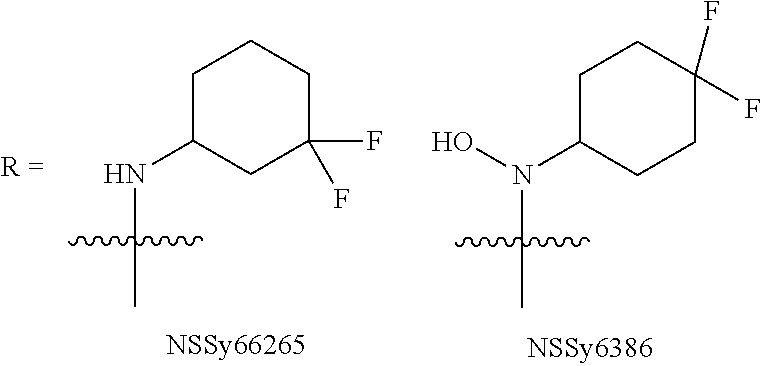
C01783

C01784

C01785
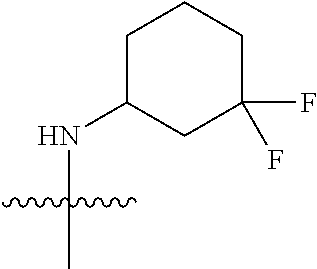
C01786

C01787
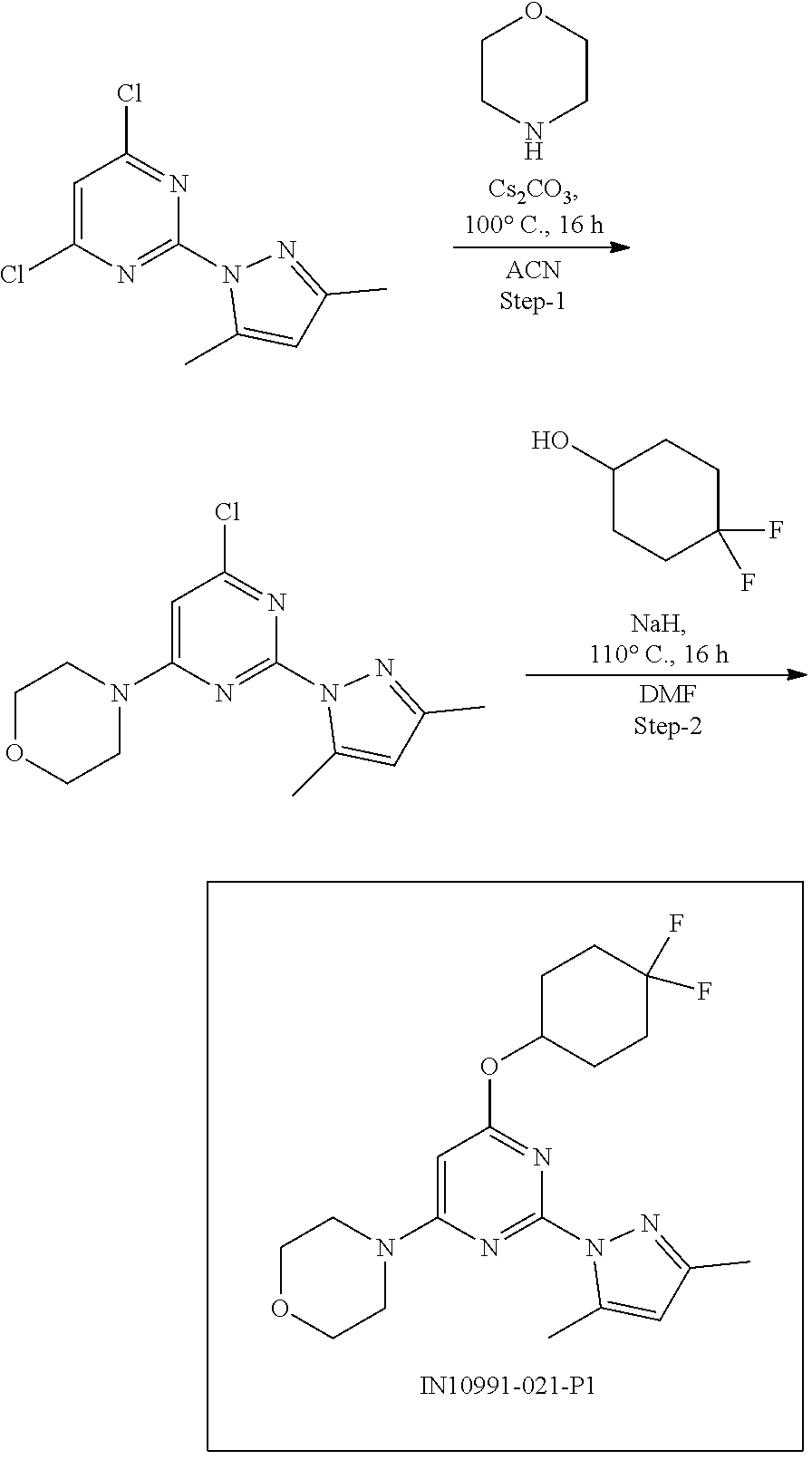
C01788
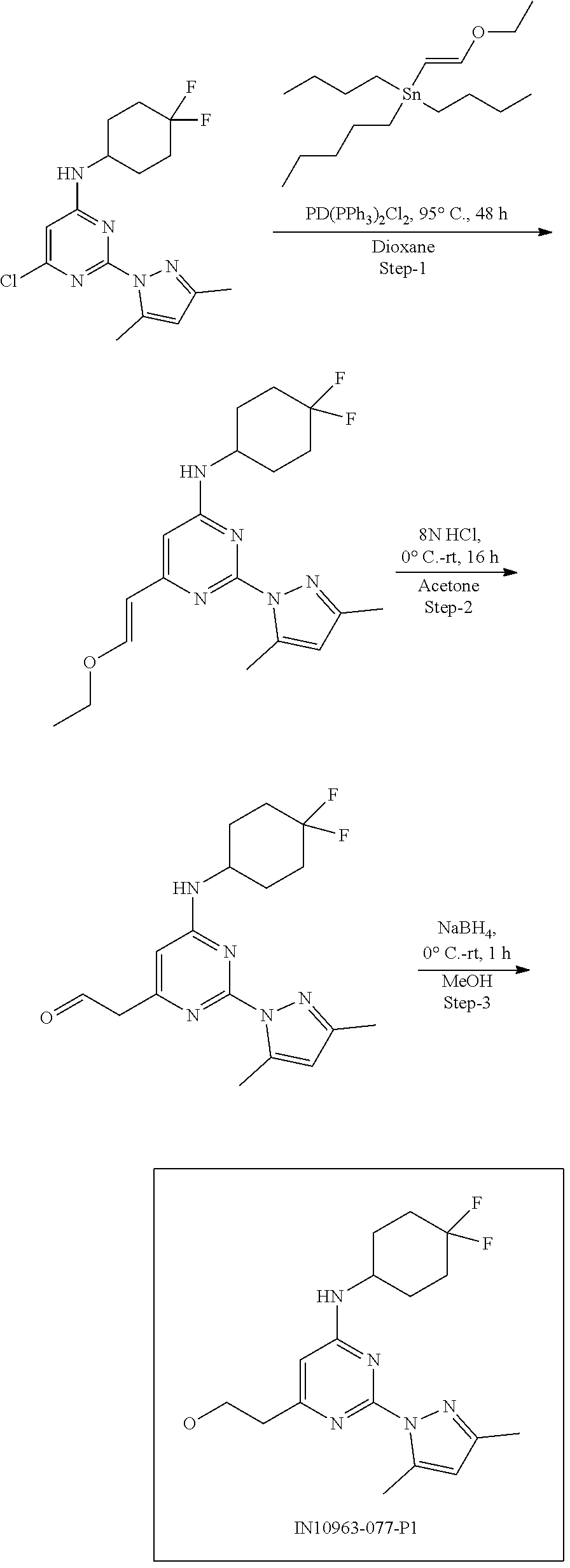
C01789

C01790

C01791

C01792
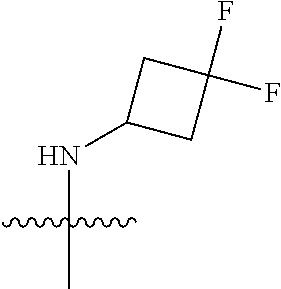
C01793

C01794
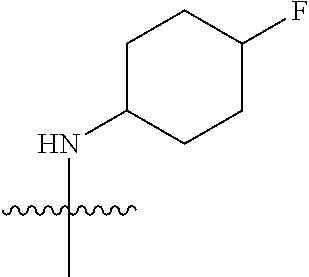
C01795

C01796
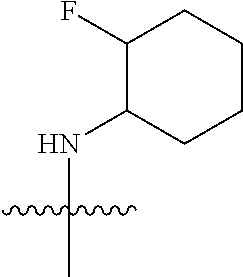
C01797
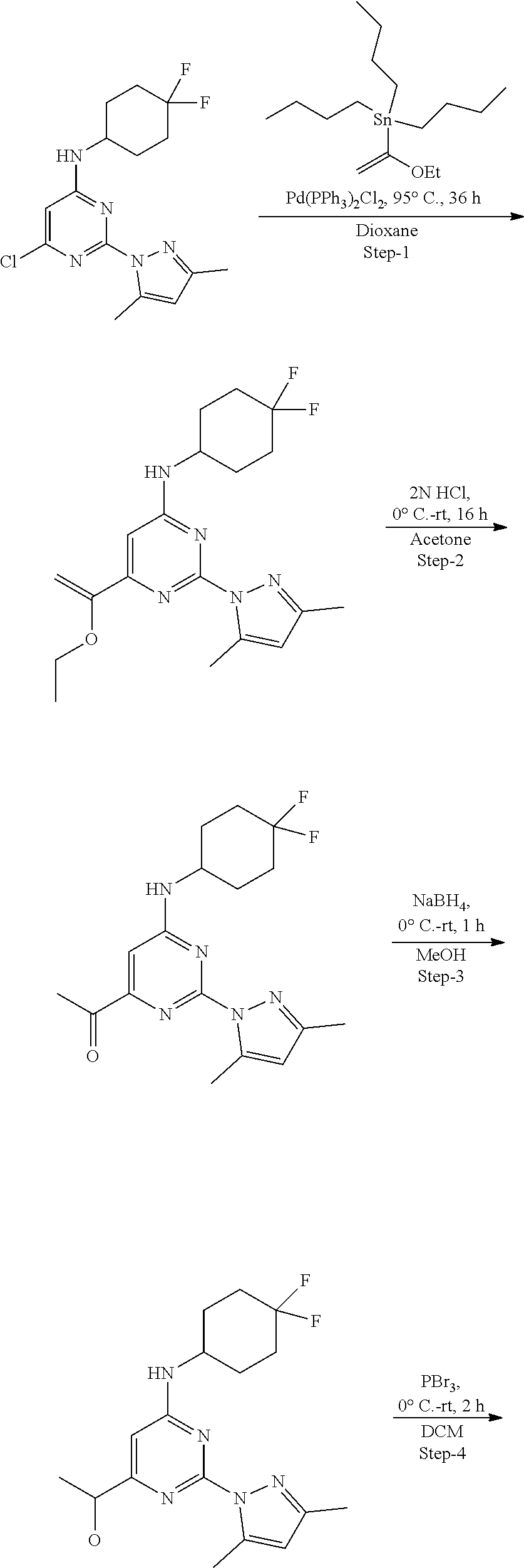
C01798
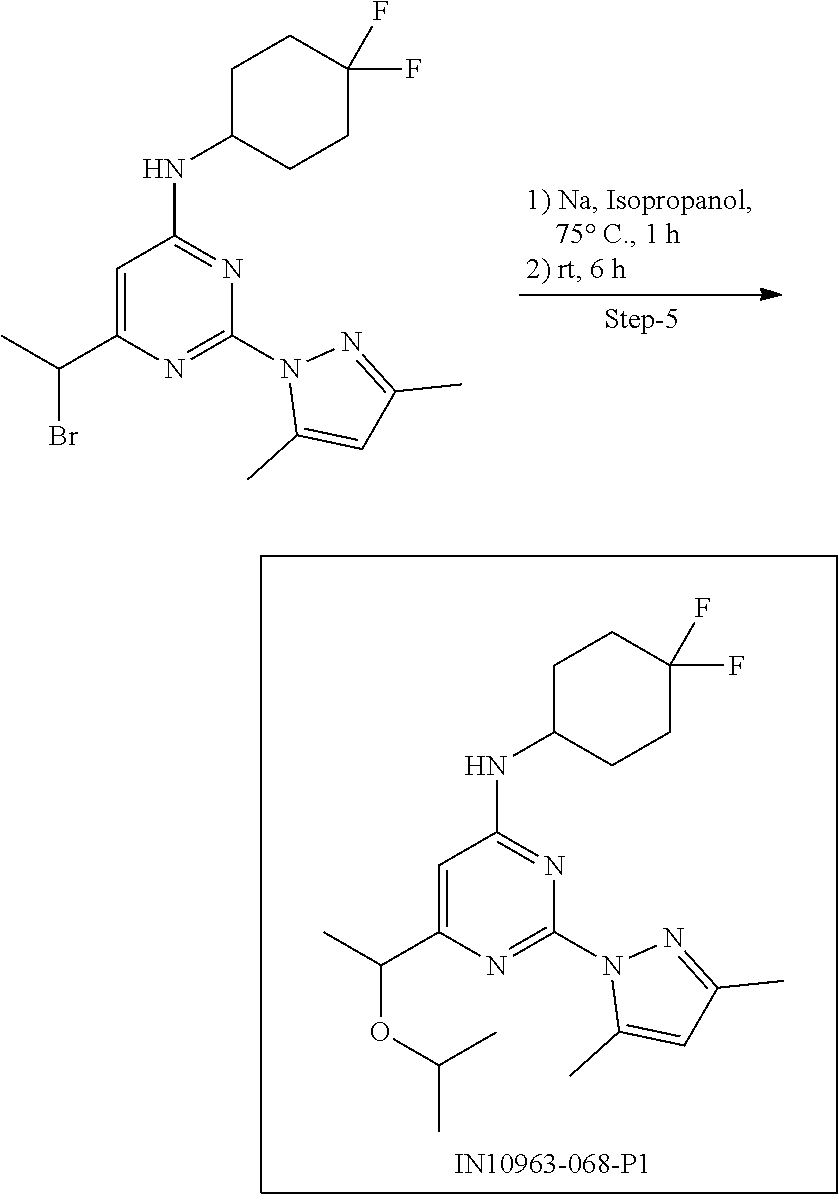
C01799

C01800
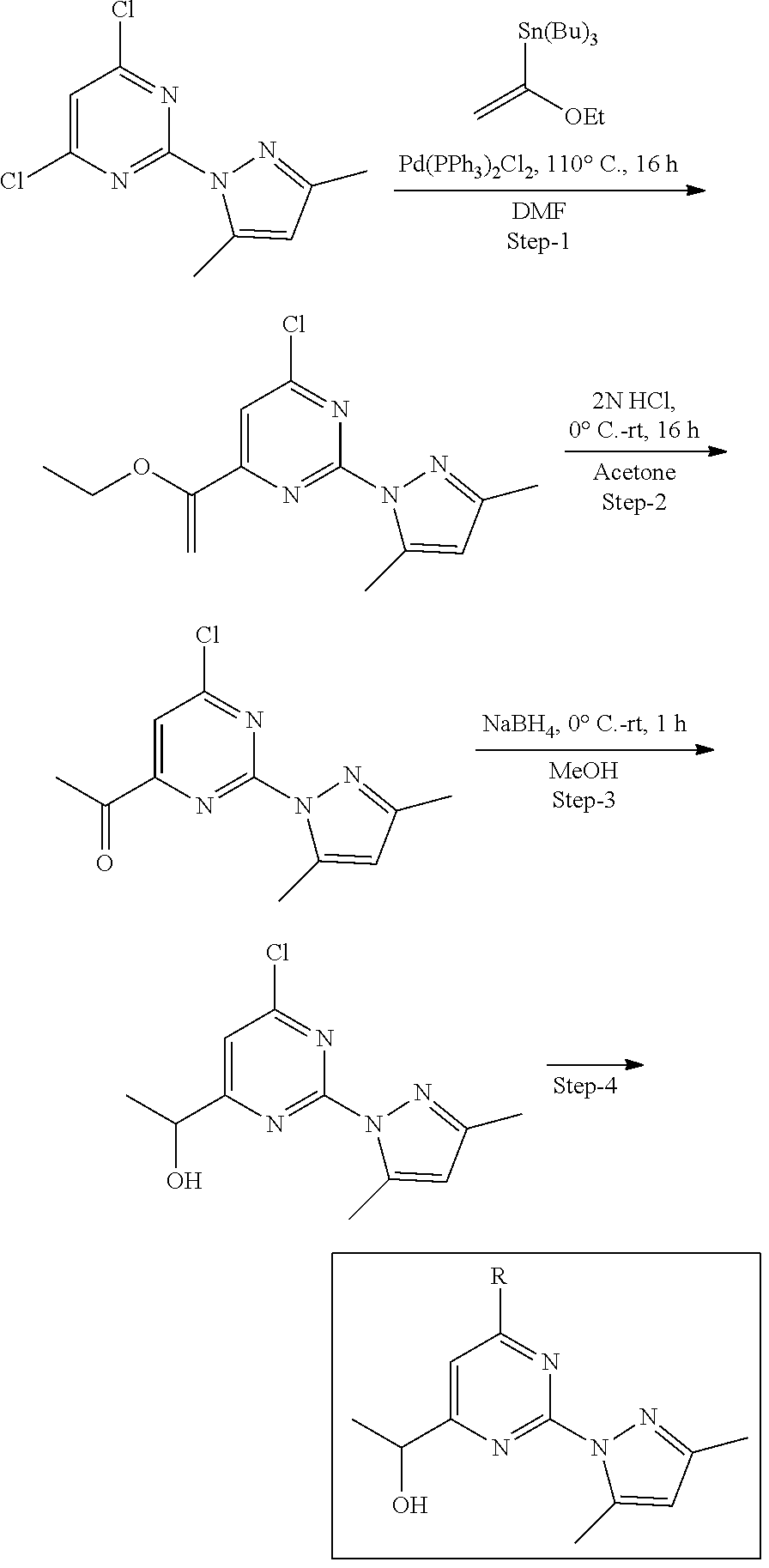
C01801

C01802

C01803
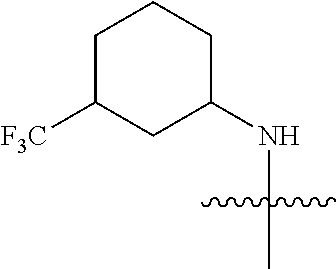
C01804
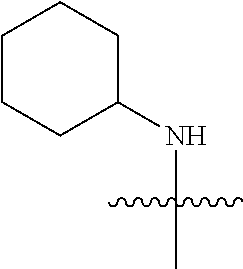
C01805

C01806

C01807
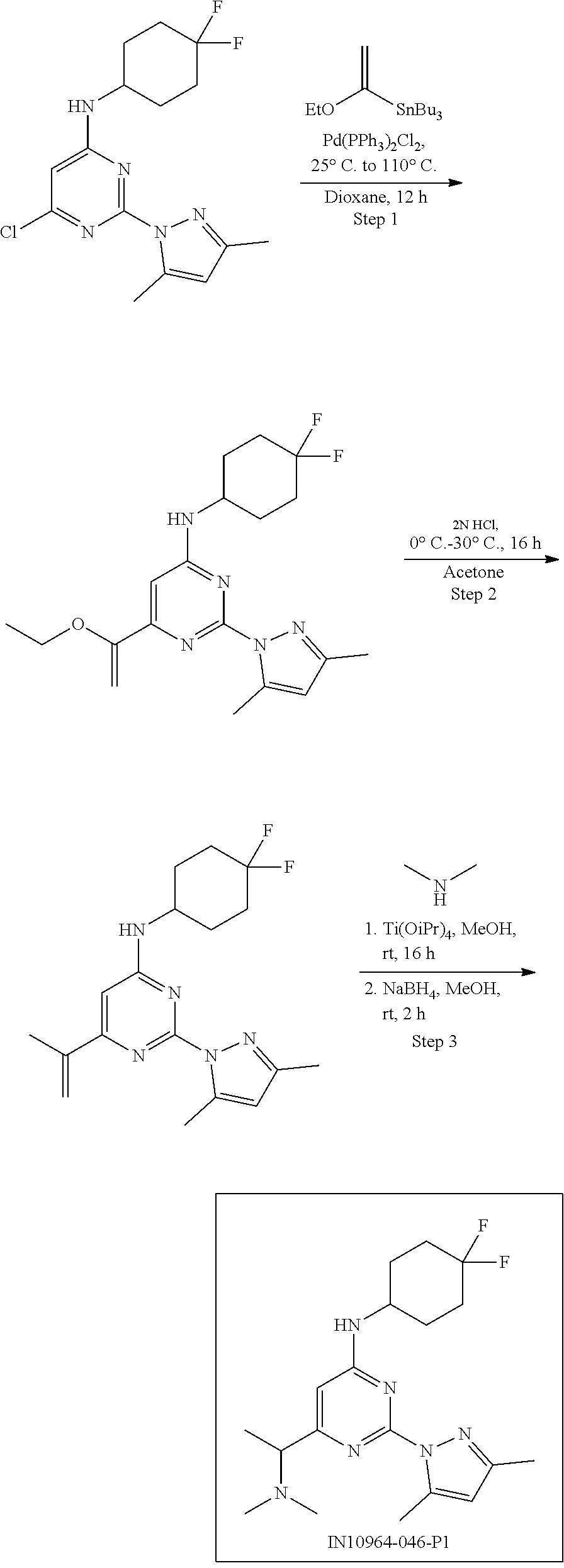
C01808
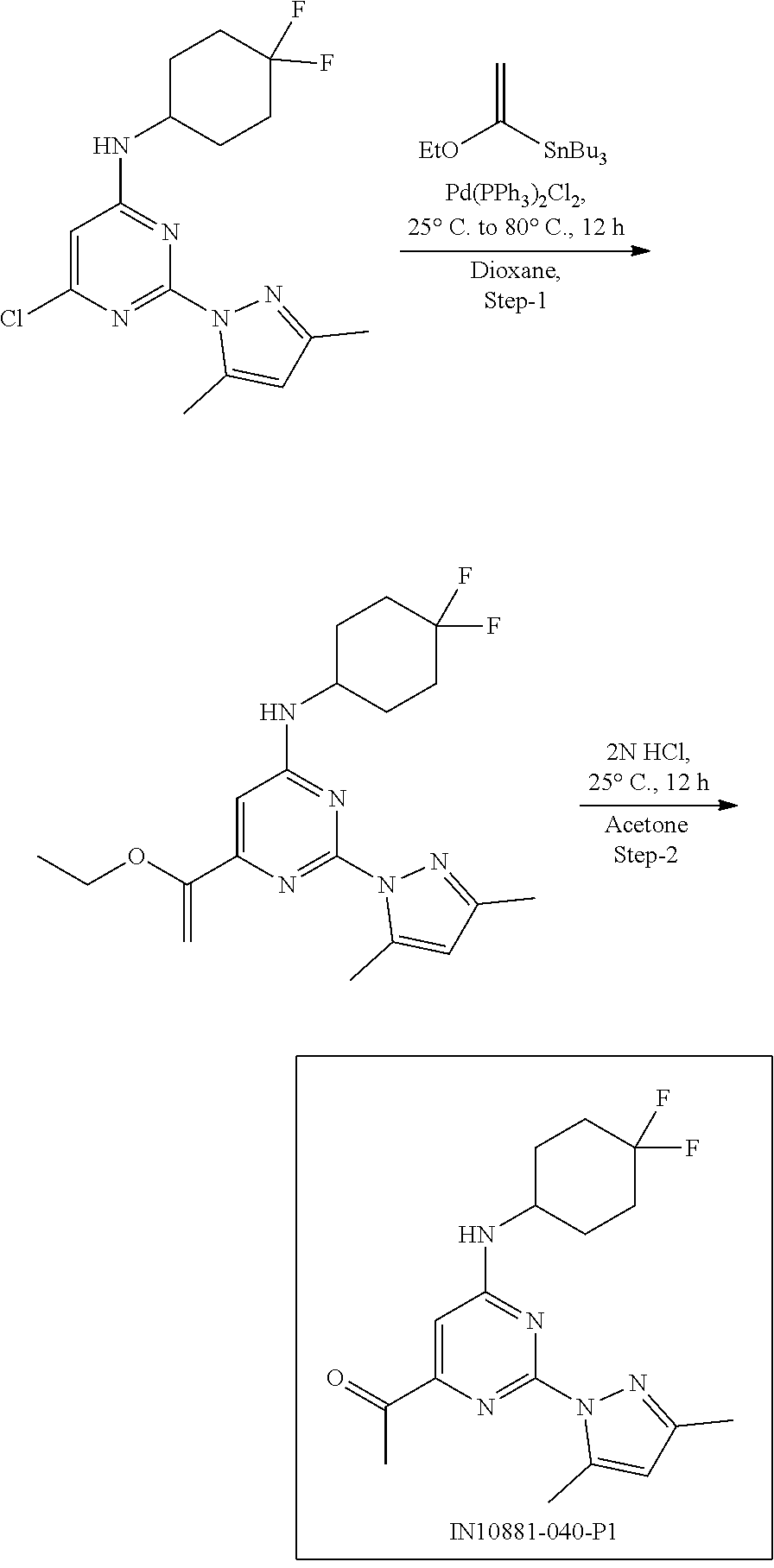
C01809

C01810

C01811

C01812
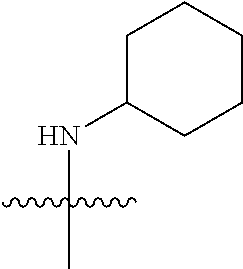
C01813

C01814

C01815

C01816

C01817
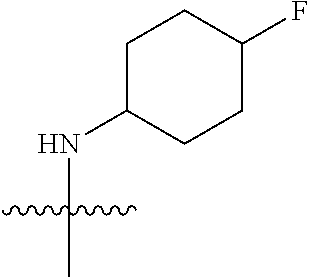
C01818

C01819

C01820

C01821
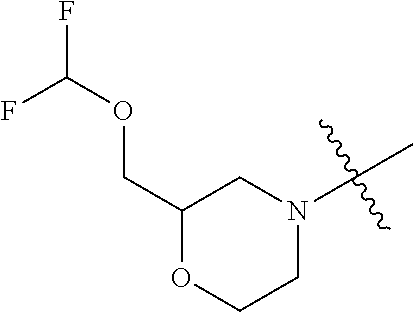
C01822

C01823

C01824
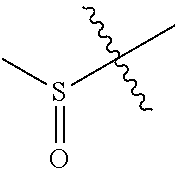
C01825
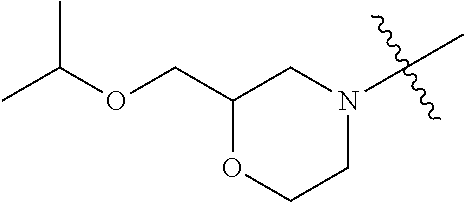
C01826

C01827

C01828

C01829

C01830
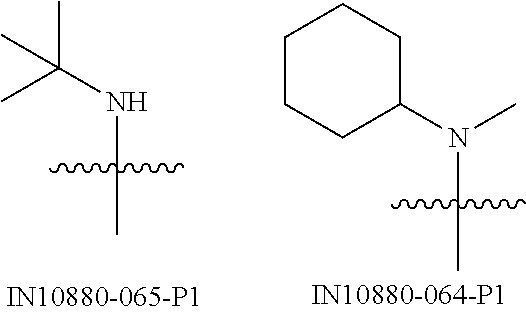
C01831

C01832

C01833

C01834
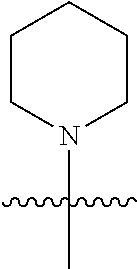
C01835
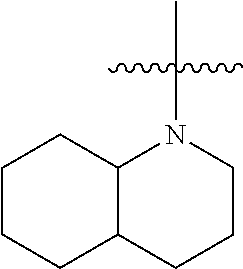
C01836

C01837

C01838

C01839

C01840
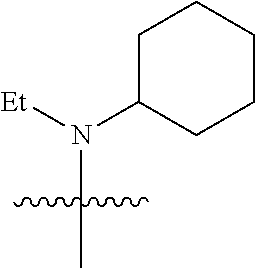
C01841

C01842

C01843
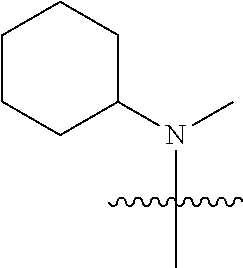
C01844
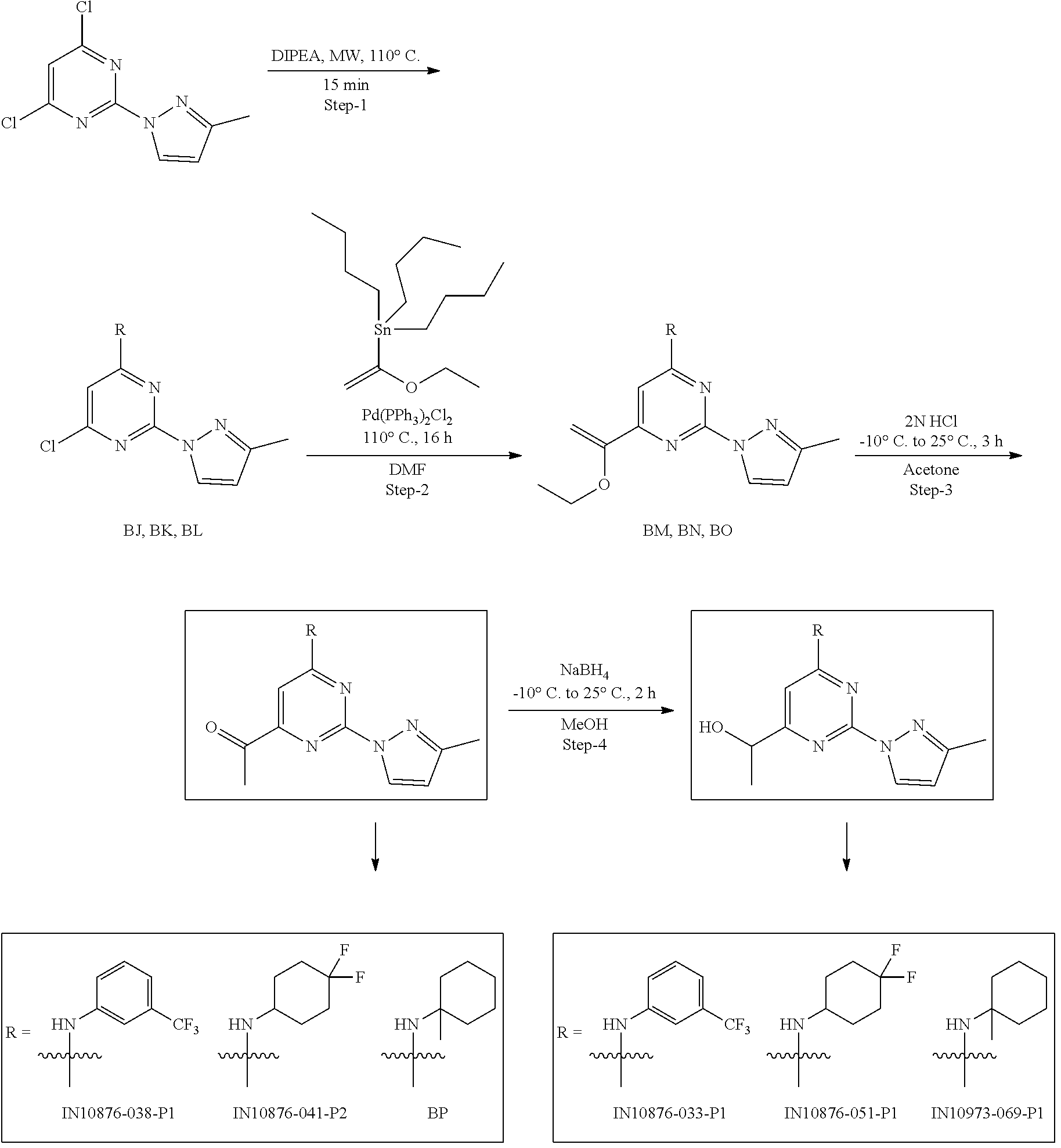
C01845

C01846

C01847

C01848

C01849

C01850

C01851

C01852

C01853

C01854

C01855
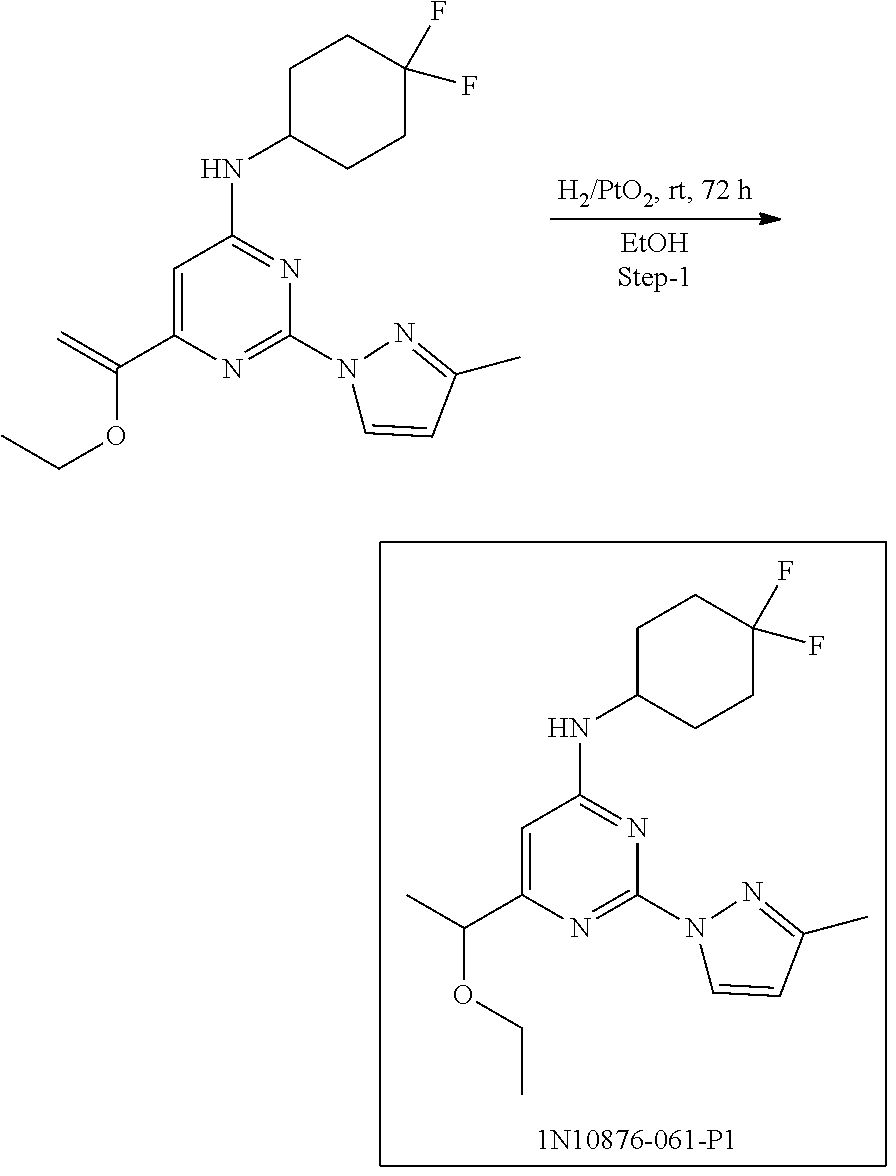
C01856

C01857

C01858
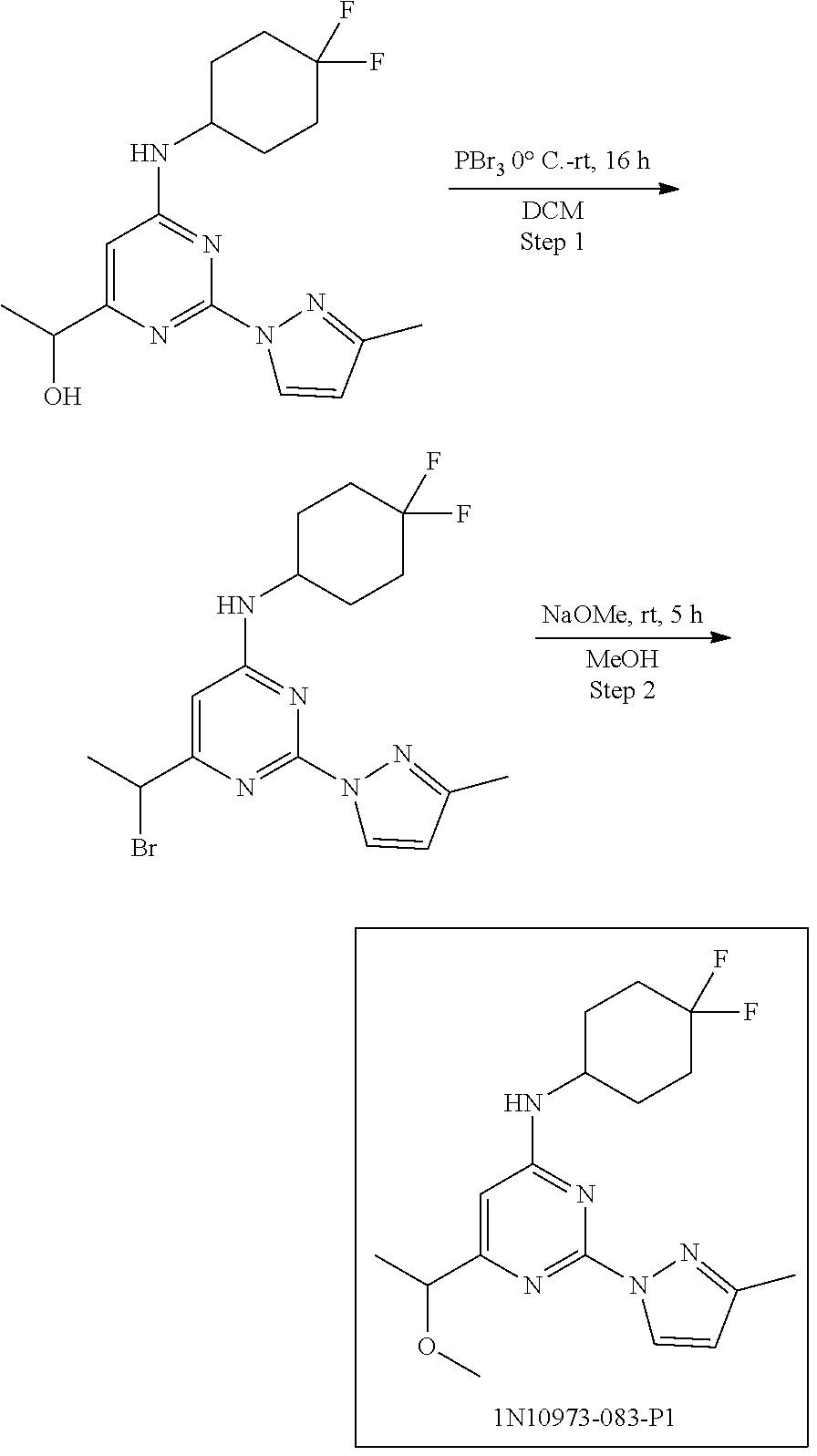
C01859

C01860
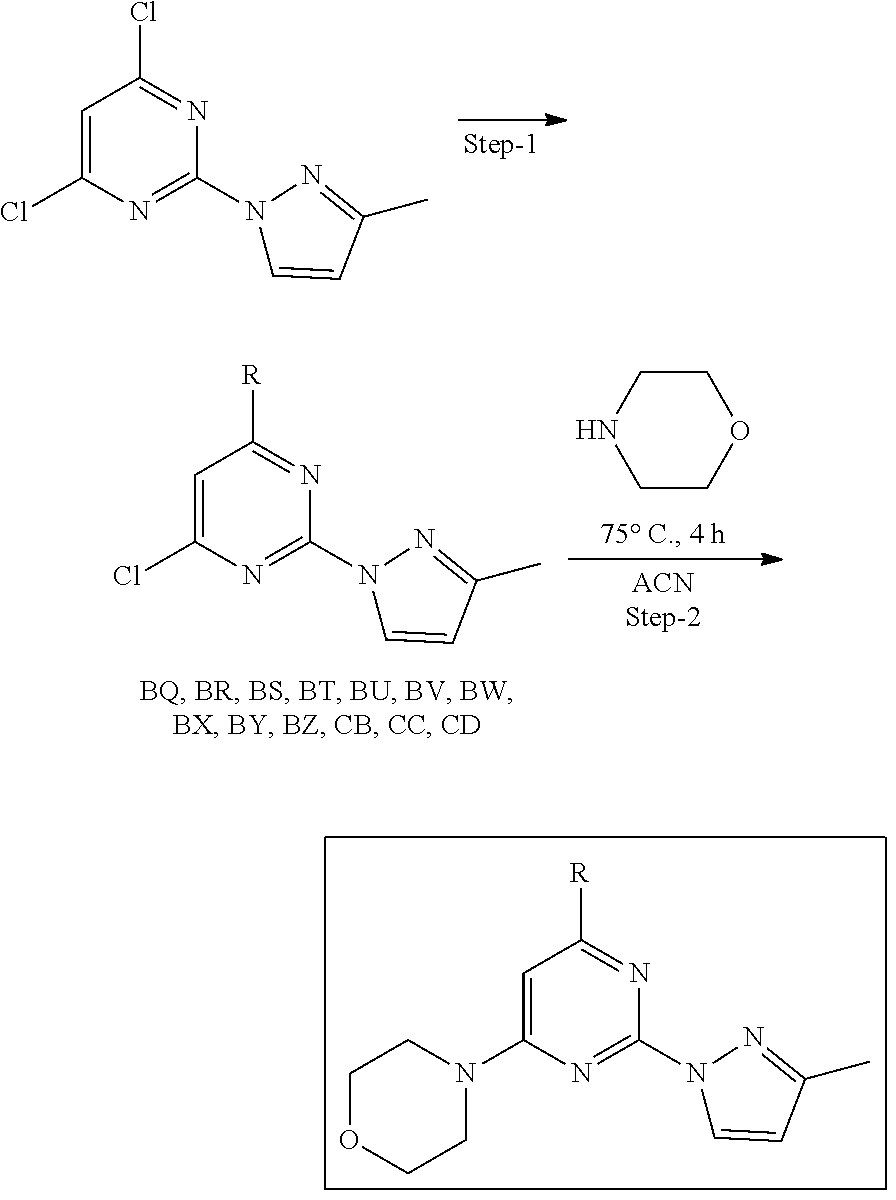
C01861

C01862
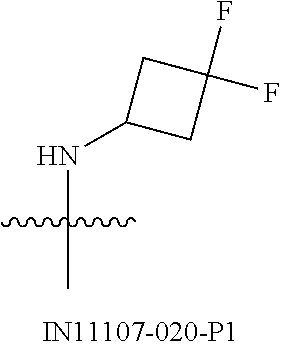
C01863

C01864
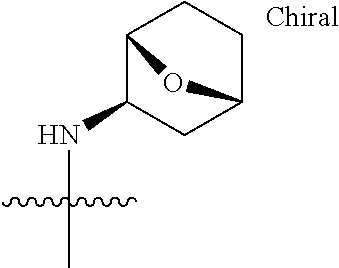
C01865

C01866
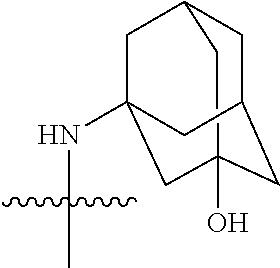
C01867
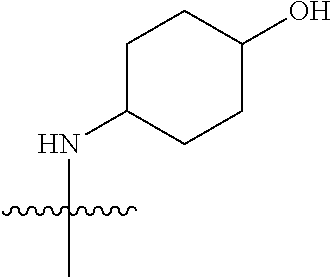
C01868

C01869

C01870

C01871

C01872
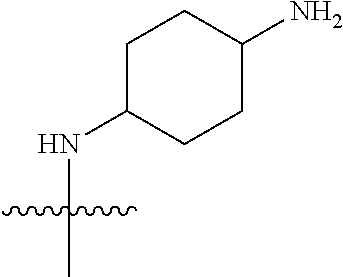
C01873
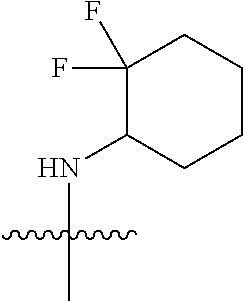
C01874

C01875

C01876

C01877

C01878

C01879

C01880

C01881
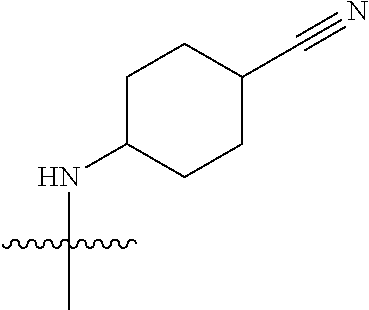
C01882

C01883

C01884
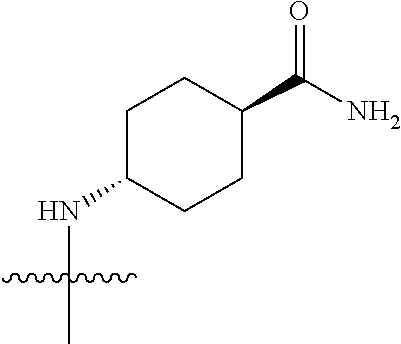
C01885
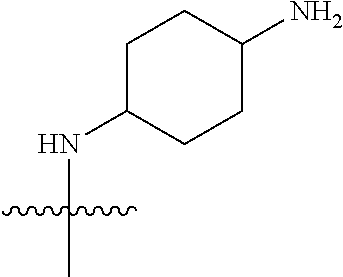
C01886
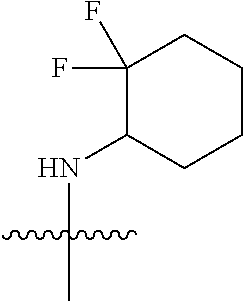
C01887

C01888
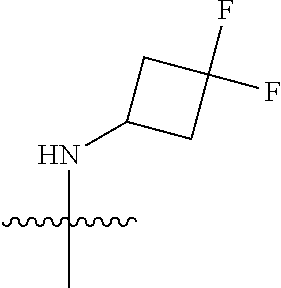
C01889

C01890
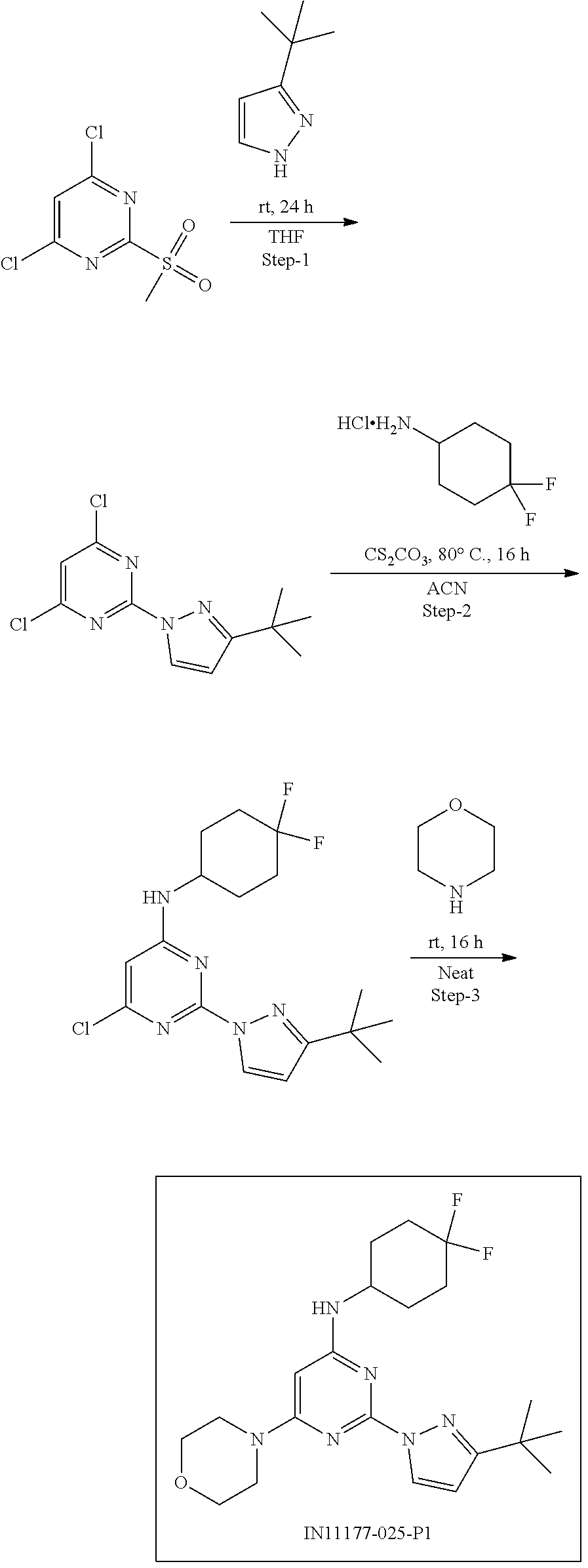
C01891

C01892

C01893
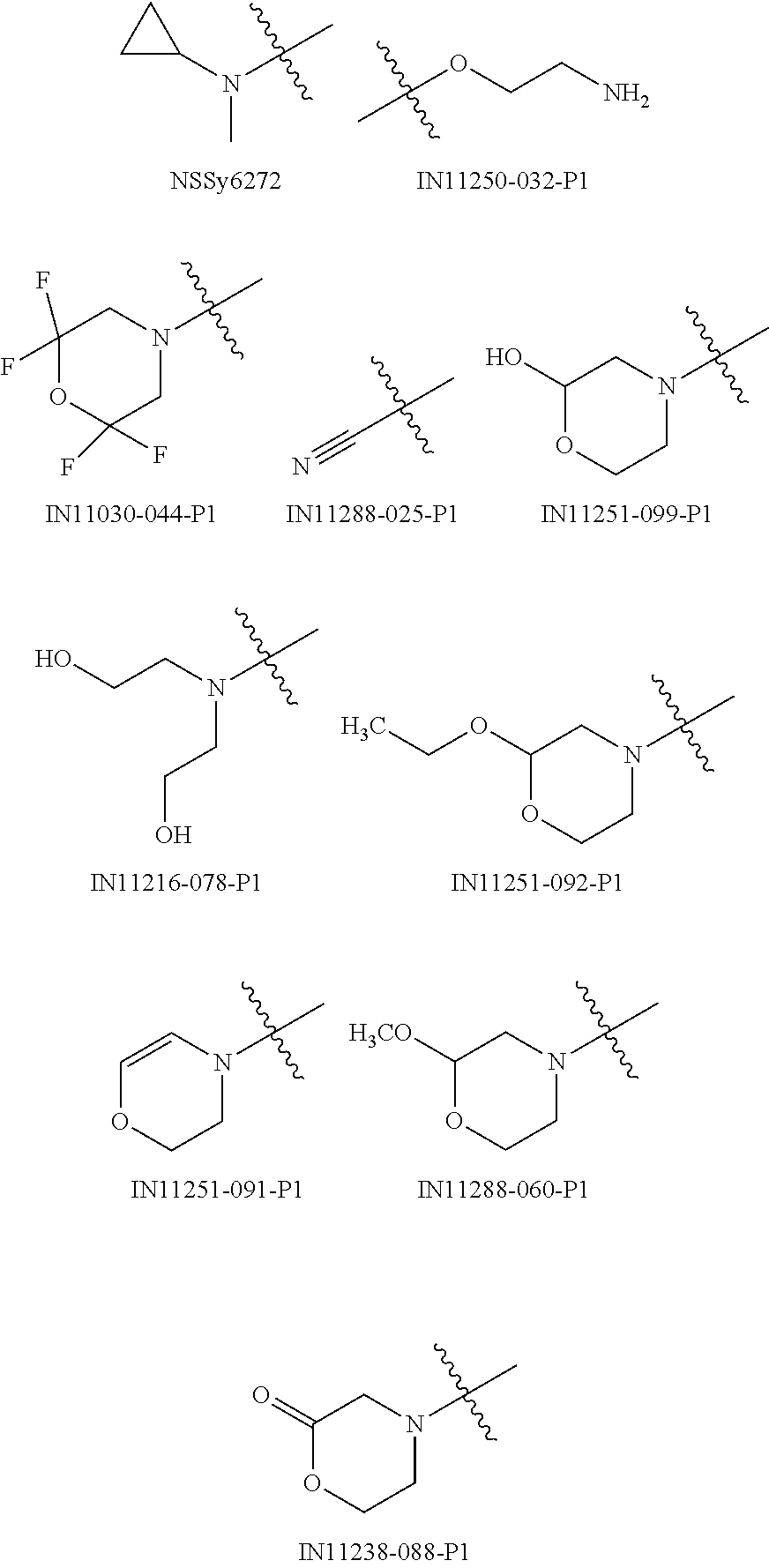
C01894
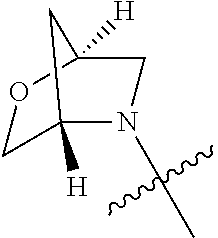
C01895

C01896
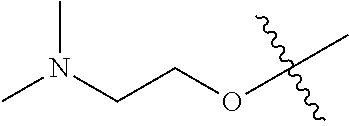
C01897

C01898

C01899

C01900

C01901

C01902

C01903

C01904
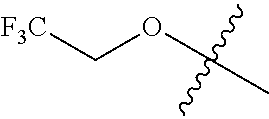
C01905
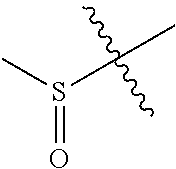
C01906

C01907
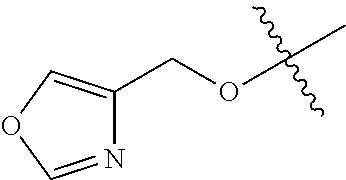
C01908

C01909
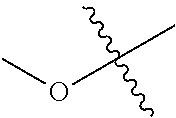
C01910

C01911

C01912

C01913

C01914

C01915
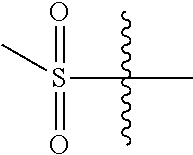
C01916
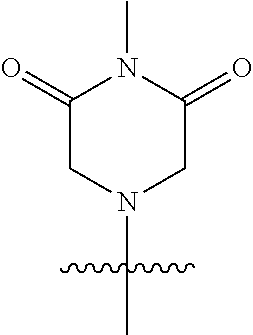
C01917

C01918
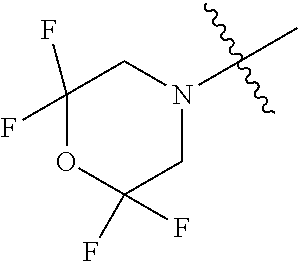
C01919
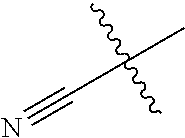
C01920

C01921
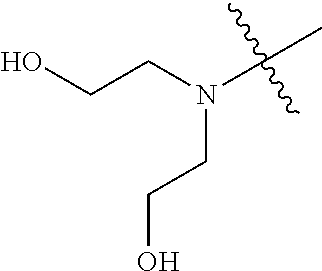
C01922
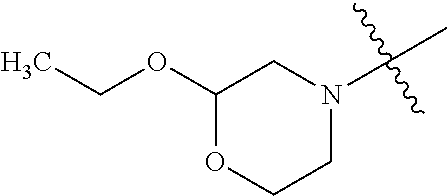
C01923

C01924

C01925

C01926
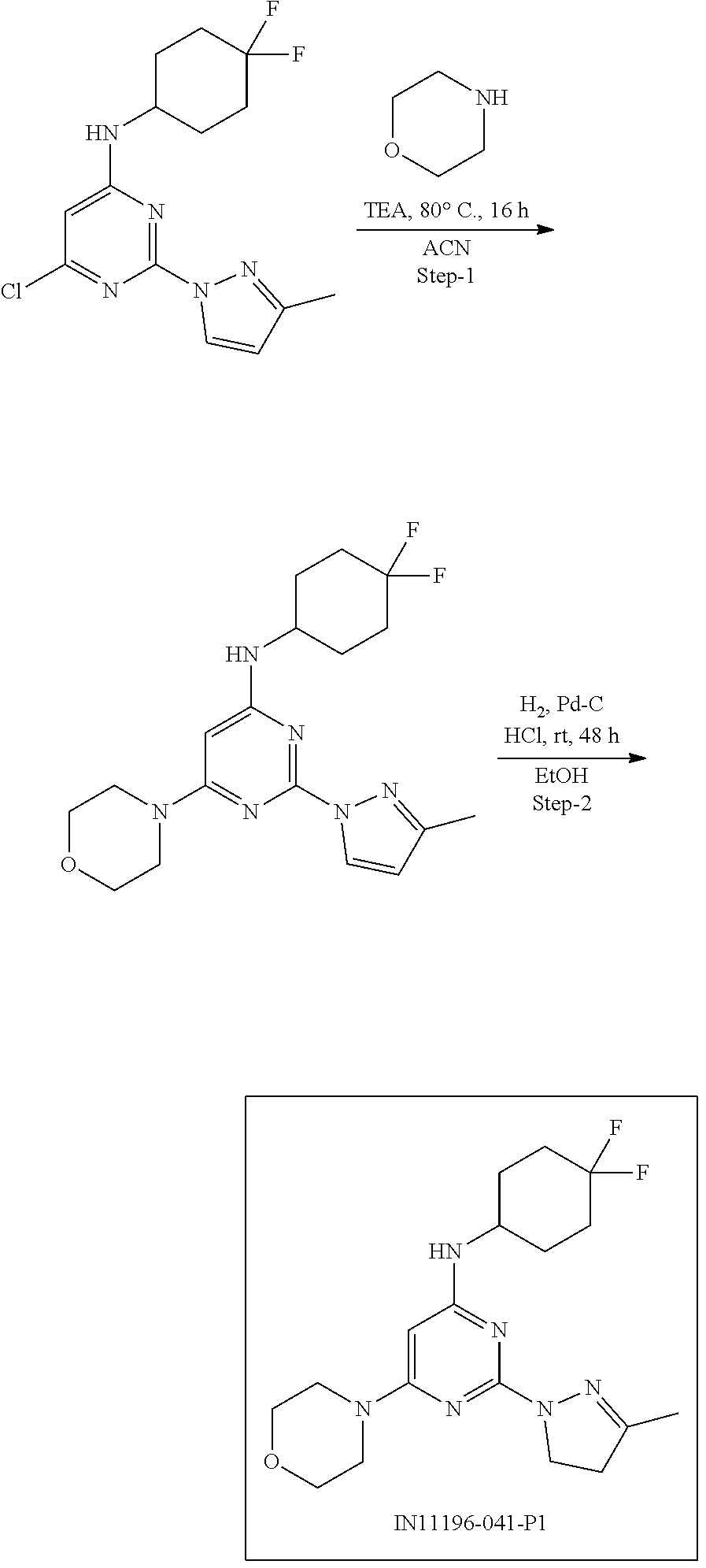
C01927
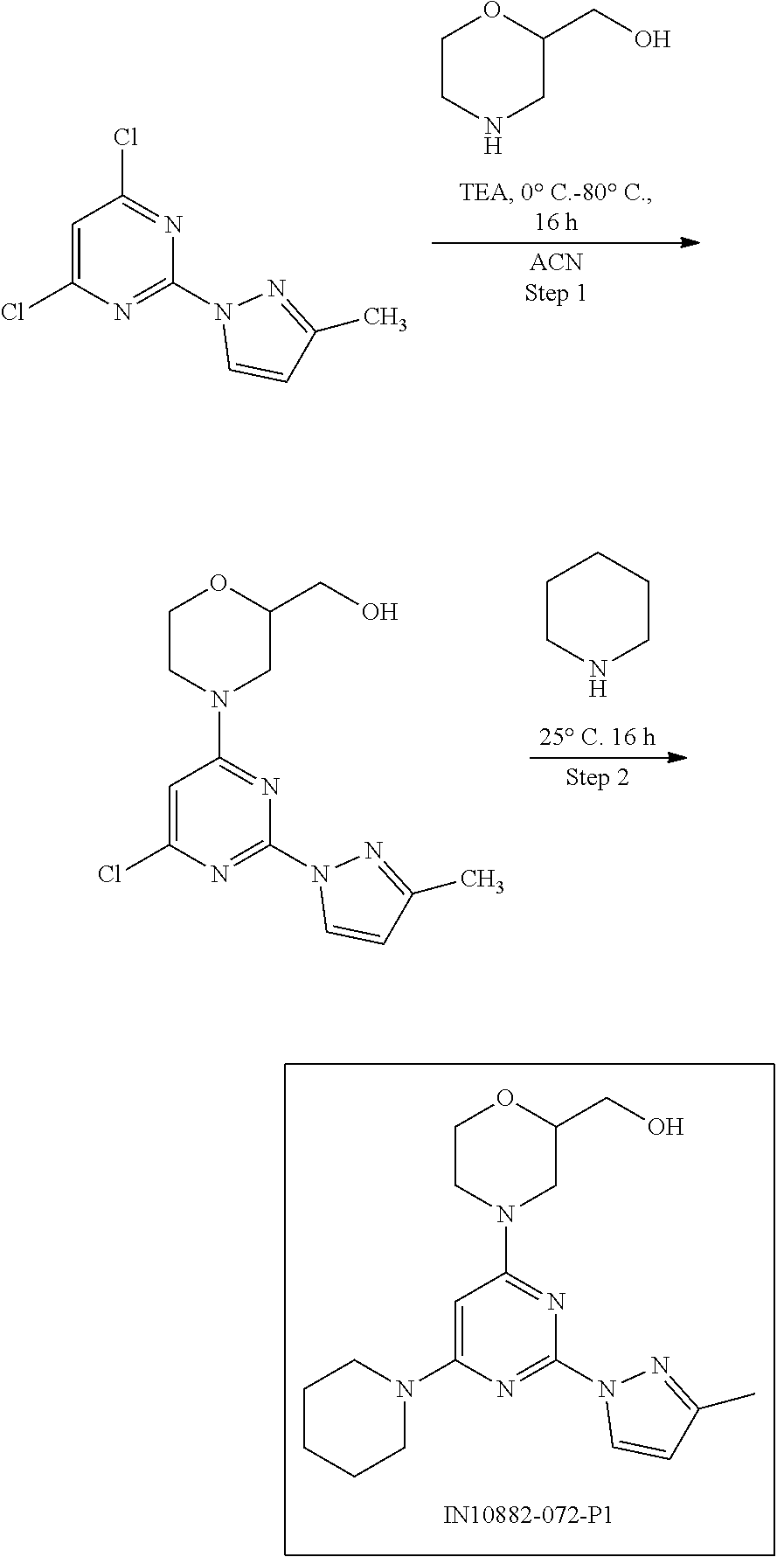
C01928

C01929

C01930
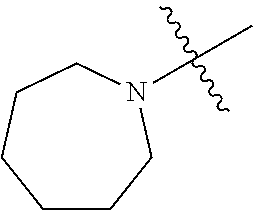
C01931

C01932

C01933
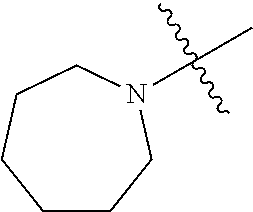
C01934

C01935

C01936

C01937

C01938

C01939
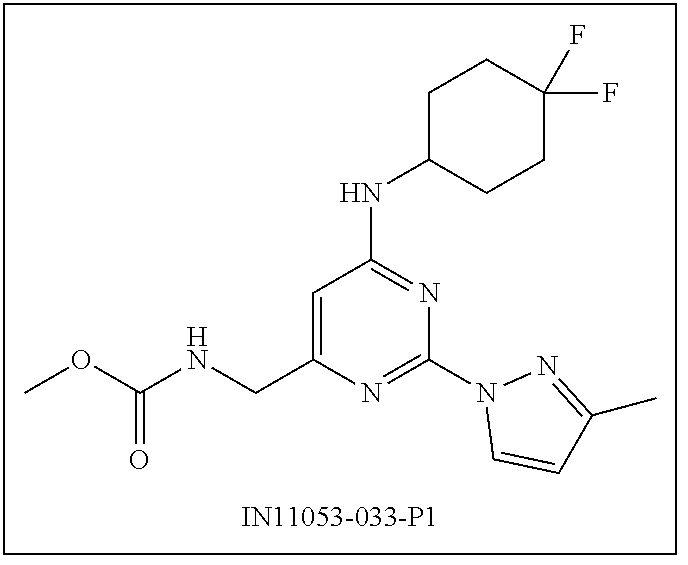
C01940

C01941
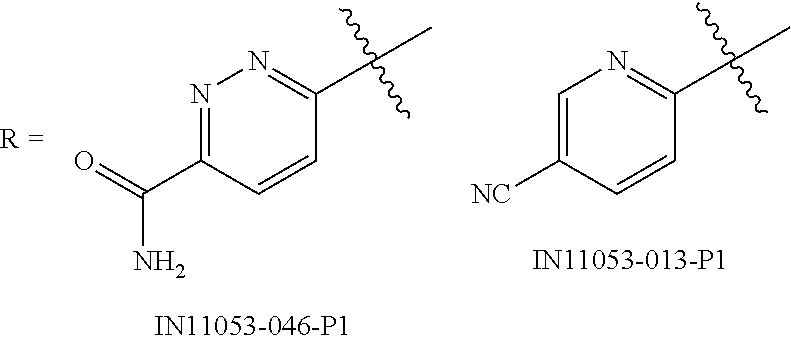
C01942

C01943
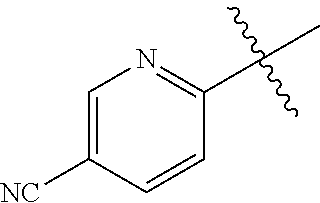
C01944

C01945
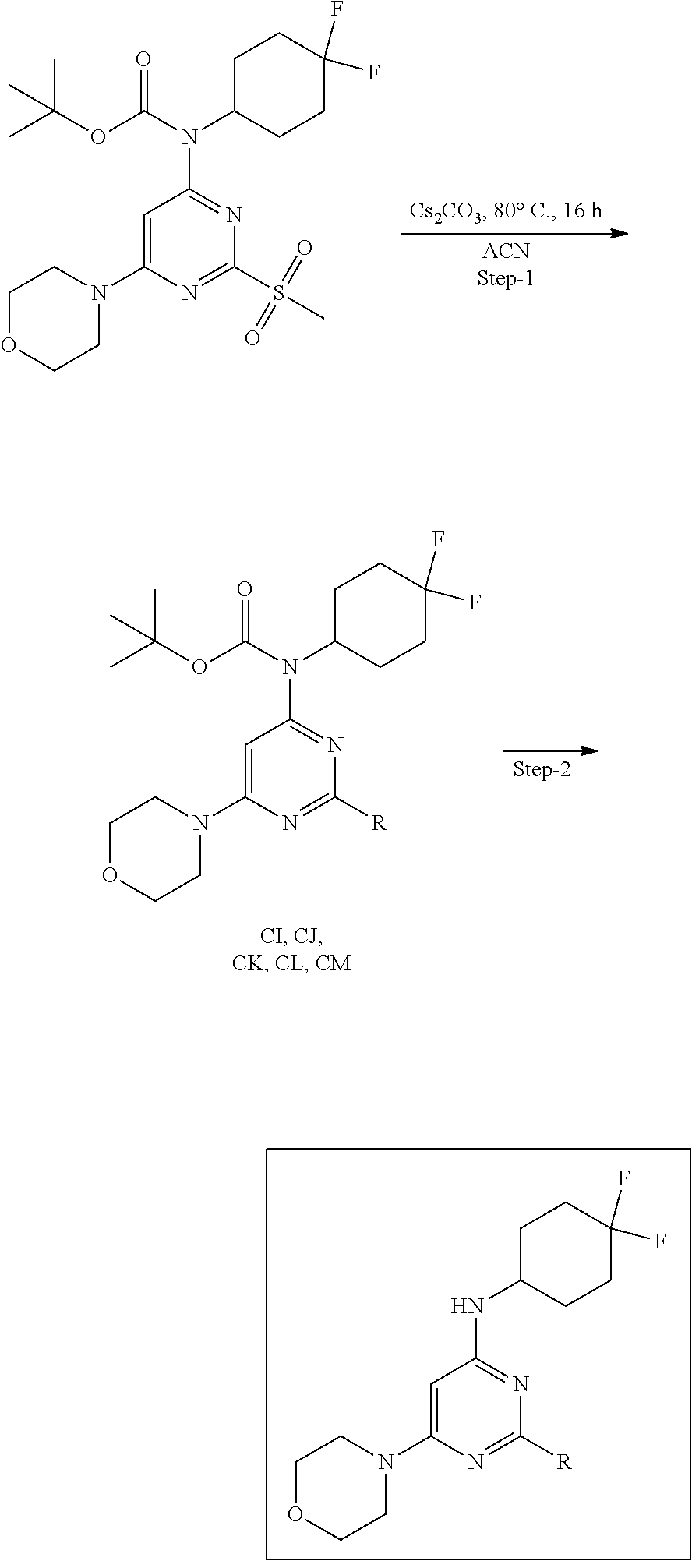
C01946

C01947

C01948

C01949

C01950

C01951

C01952
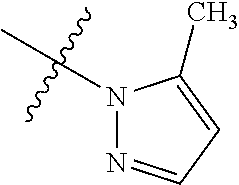
C01953

C01954

C01955

C01956
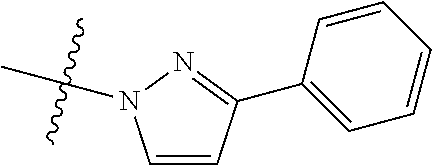
C01957
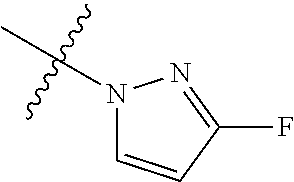
C01958
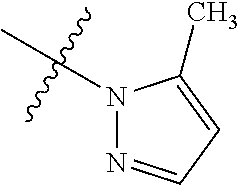
C01959
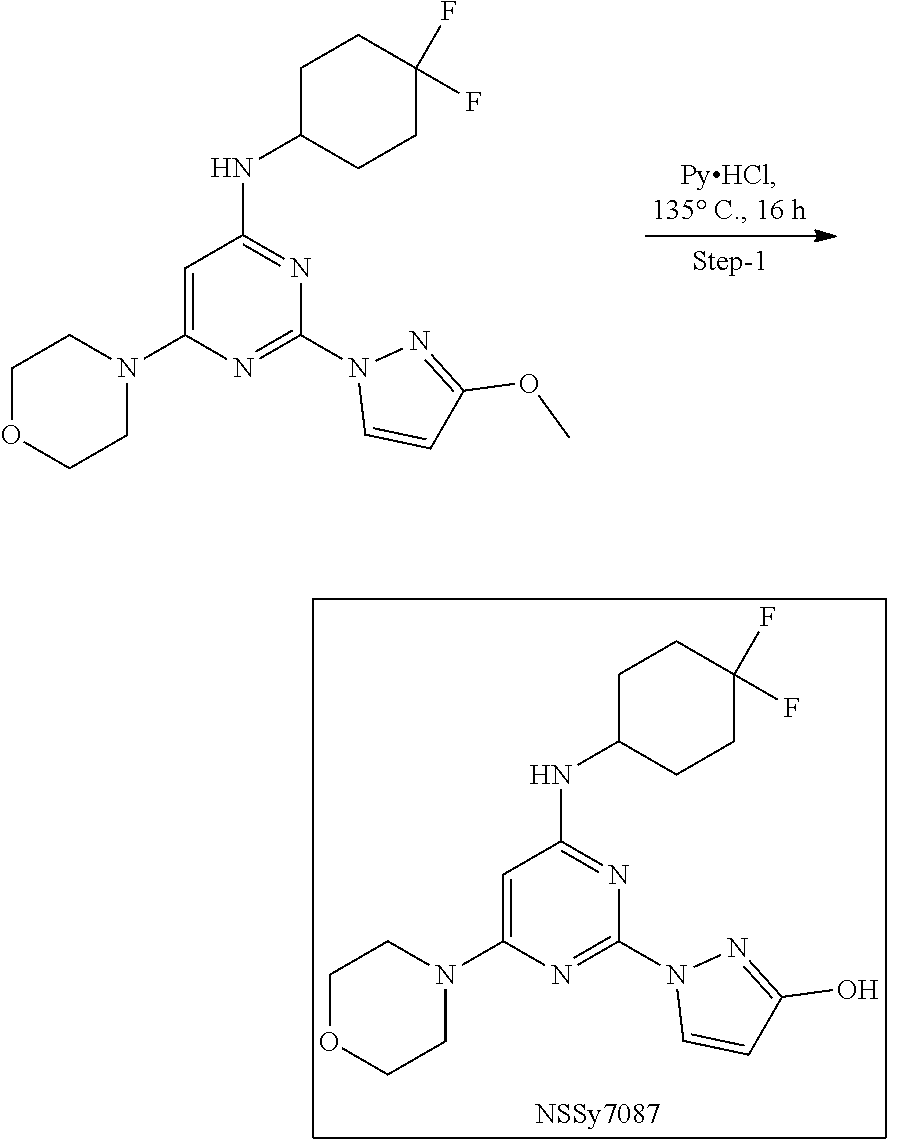
C01960

C01961
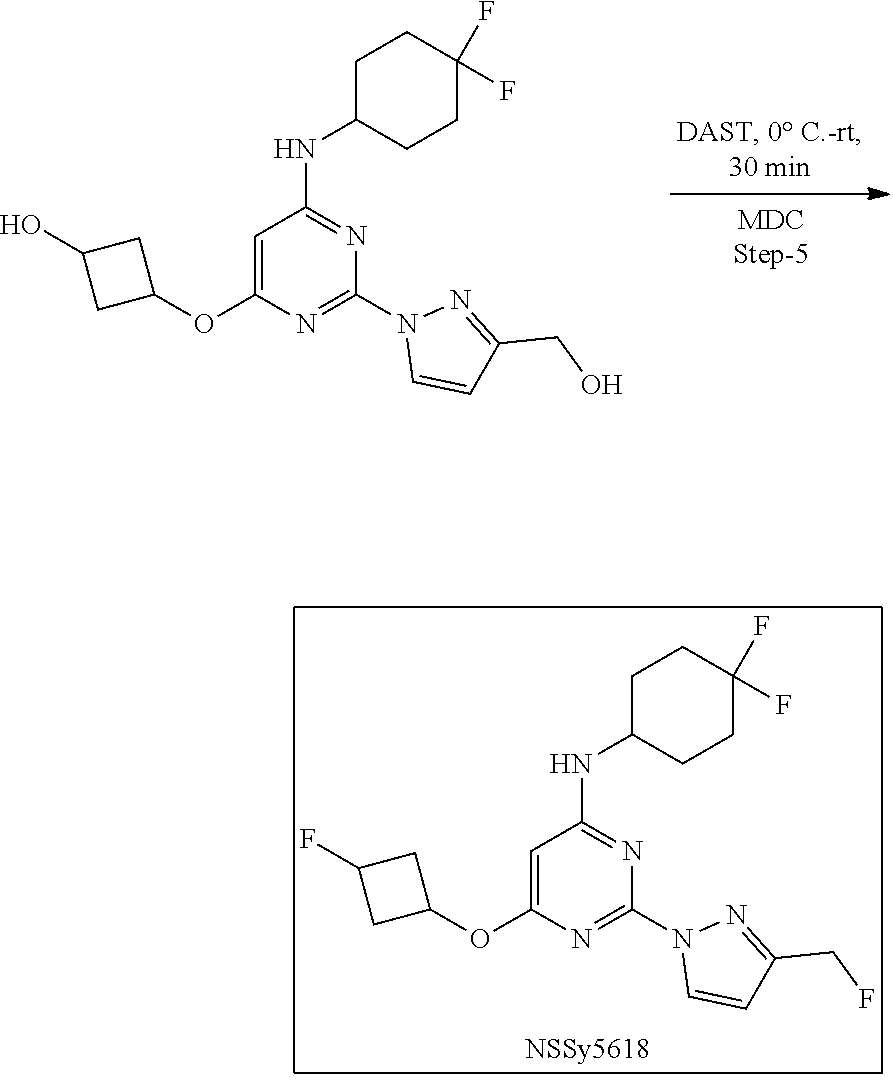
C01962

C01963

C01964

C01965
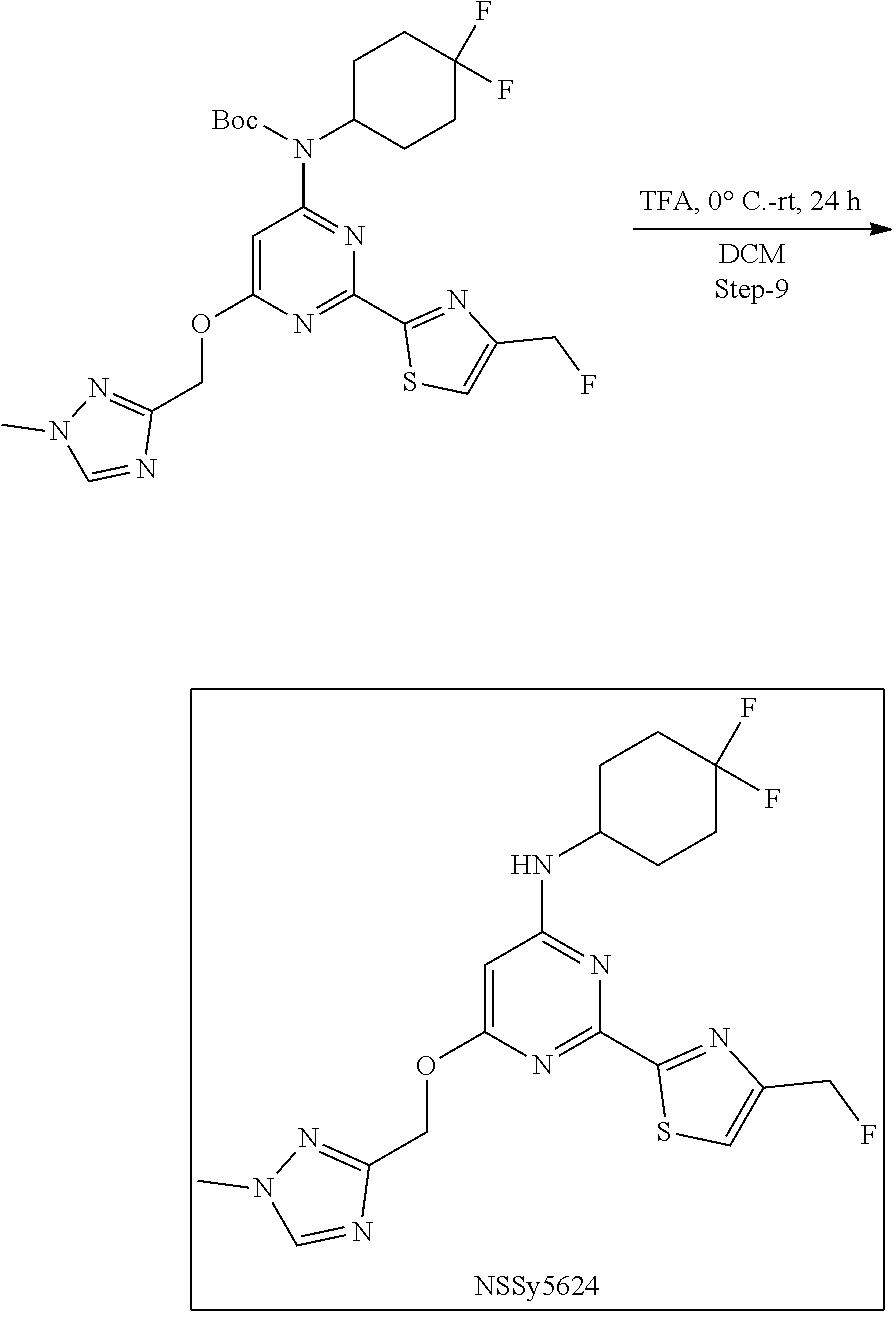
C01966

C01967

C01968

C01969

C01970
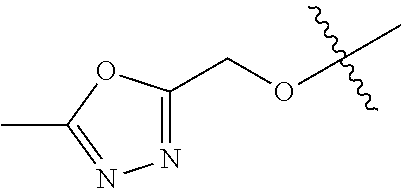
C01971
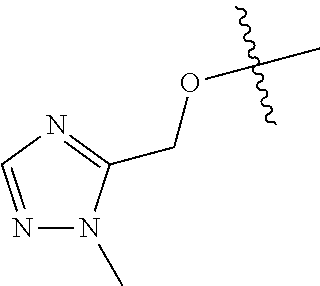
C01972

C01973

C01974
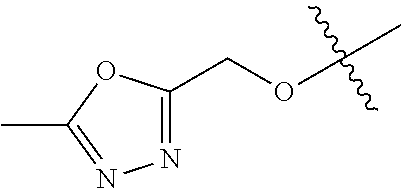
C01975

C01976

C01977

C01978

C01979

C01980

C01981

C01982

C01983

C01984

C01985

C01986

C01987

C01988

C01989

C01990

C01991
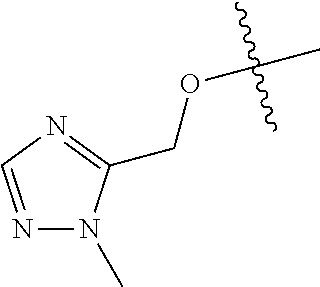
C01992

C01993

C01994
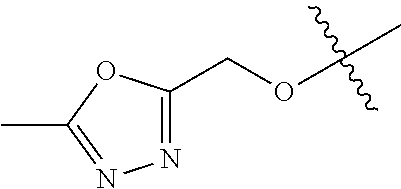
C01995

C01996

C01997

C01998

C01999
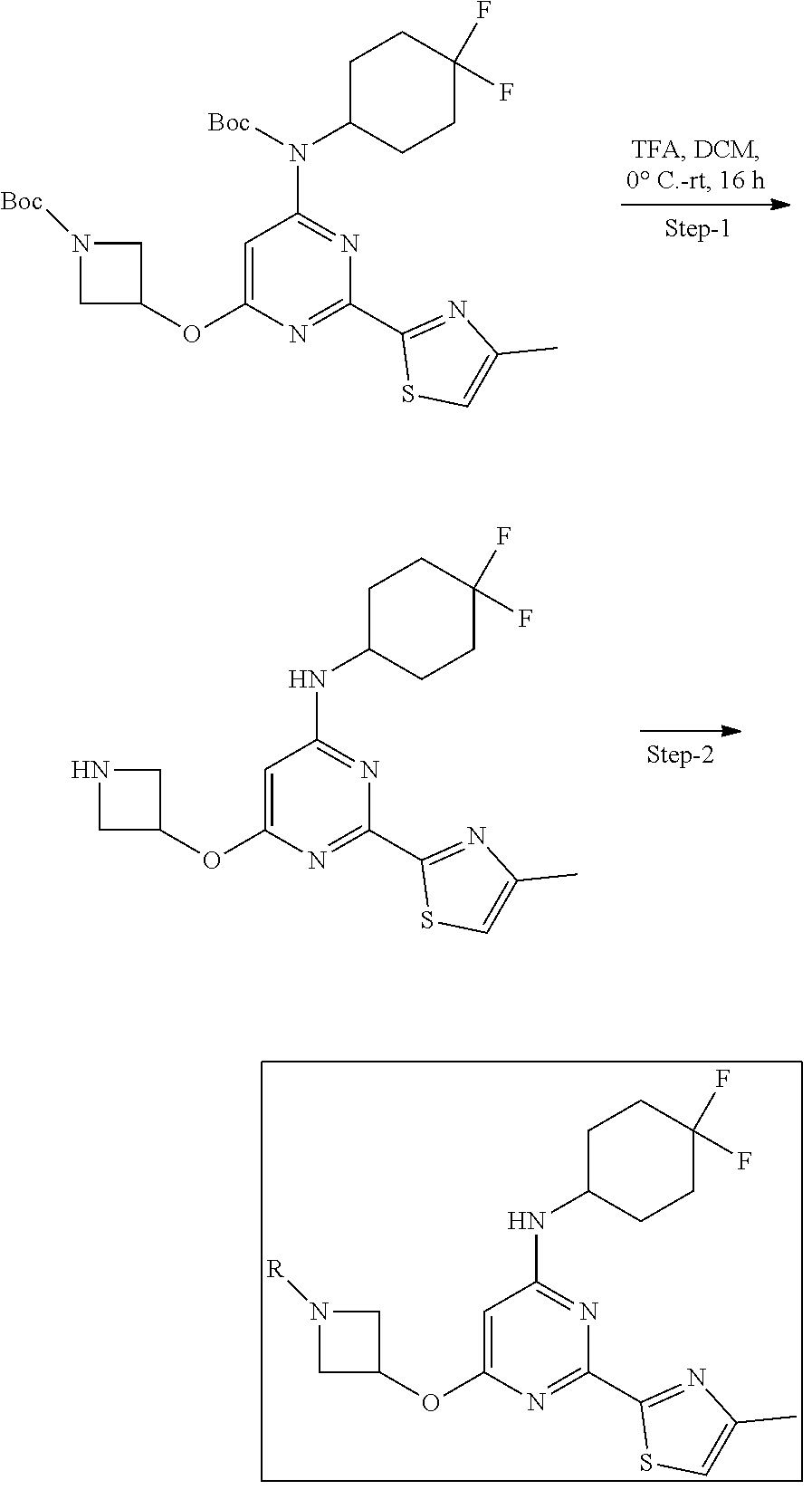
C02000

C02001
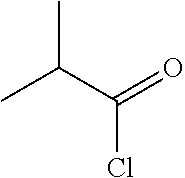
C02002

C02003
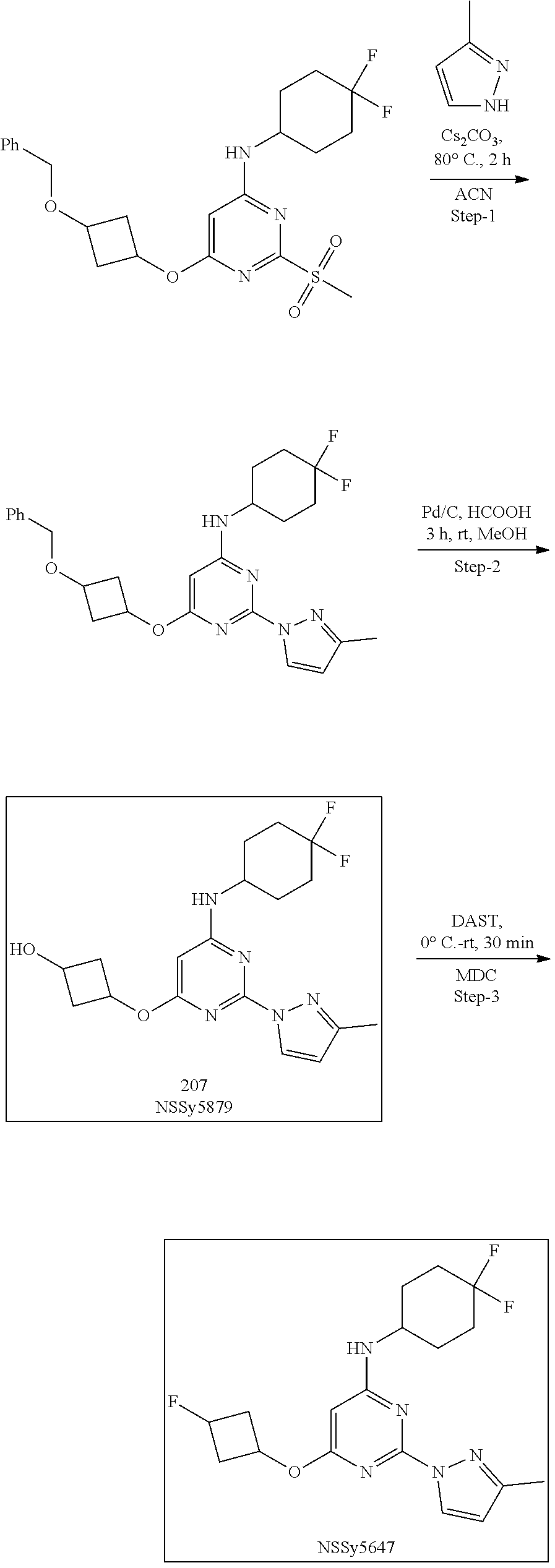
C02004
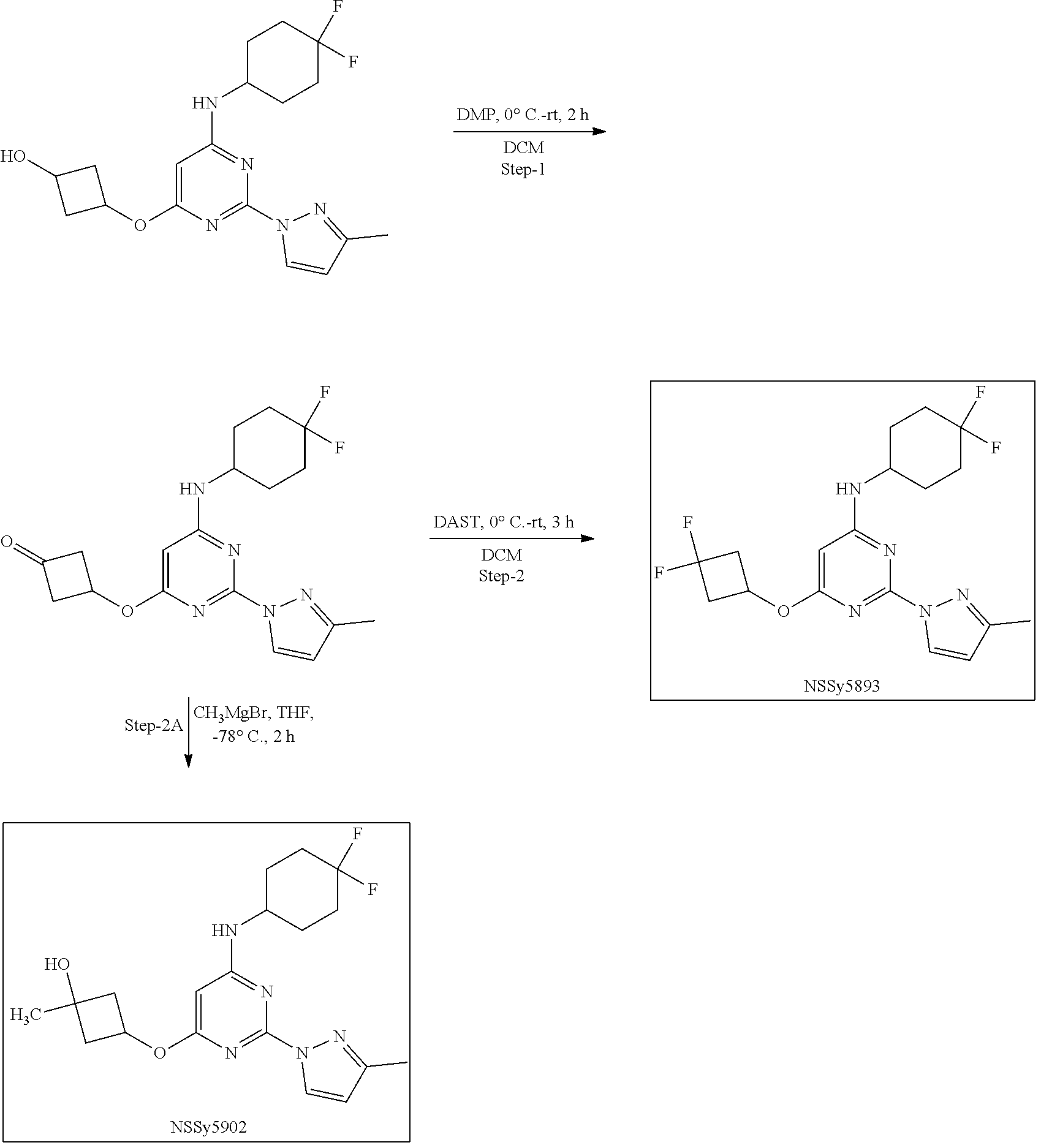
C02005
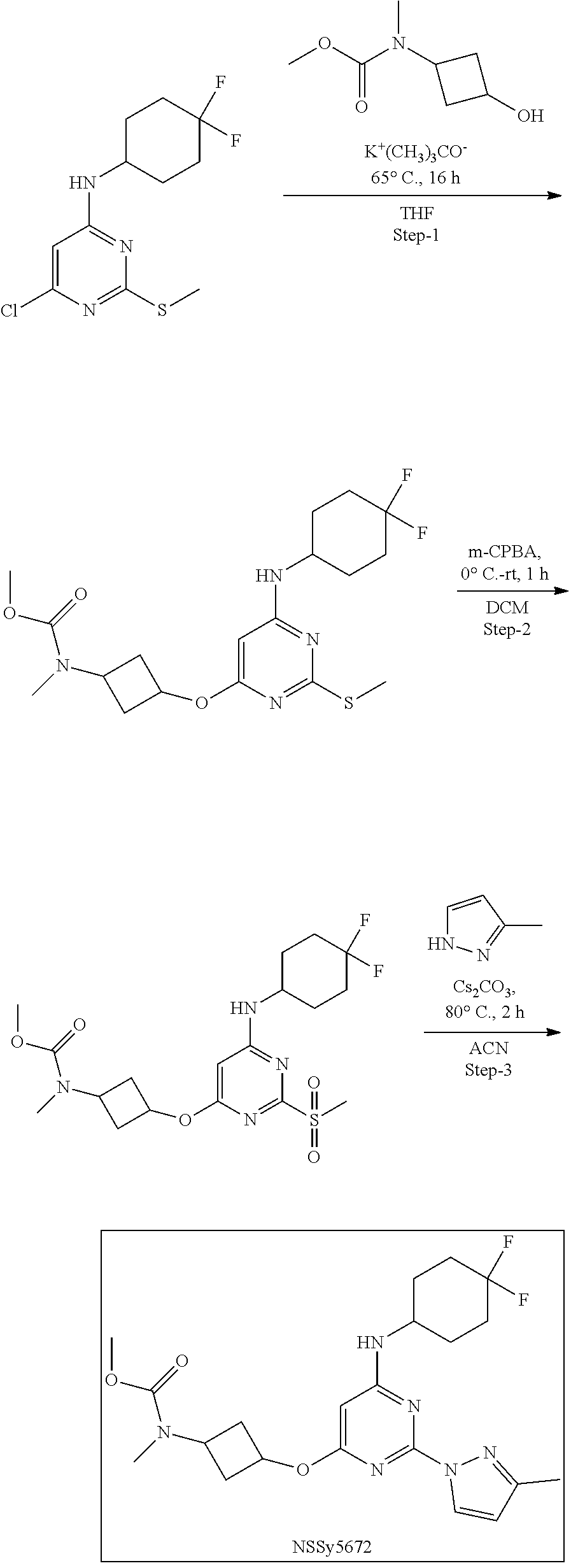
C02006

C02007

C02008

C02009

C02010

C02011
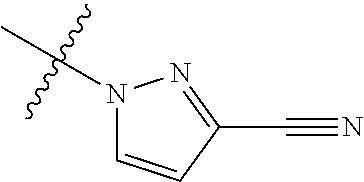
C02012

C02013
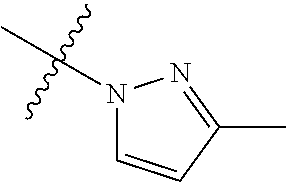
C02014
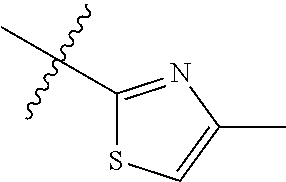
C02015

C02016

C02017

C02018
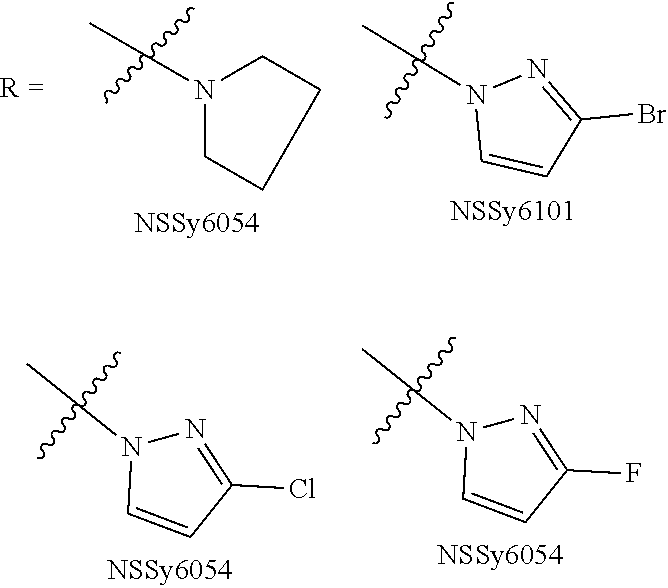
C02019
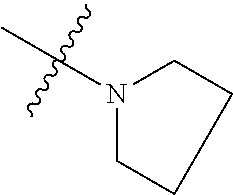
C02020

C02021
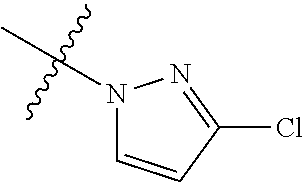
C02022

C02023

C02024

C02025

C02026
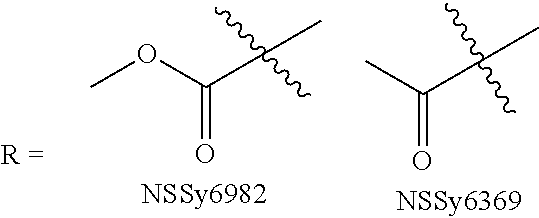
C02027

C02028

C02029

C02030

C02031

C02032

C02033
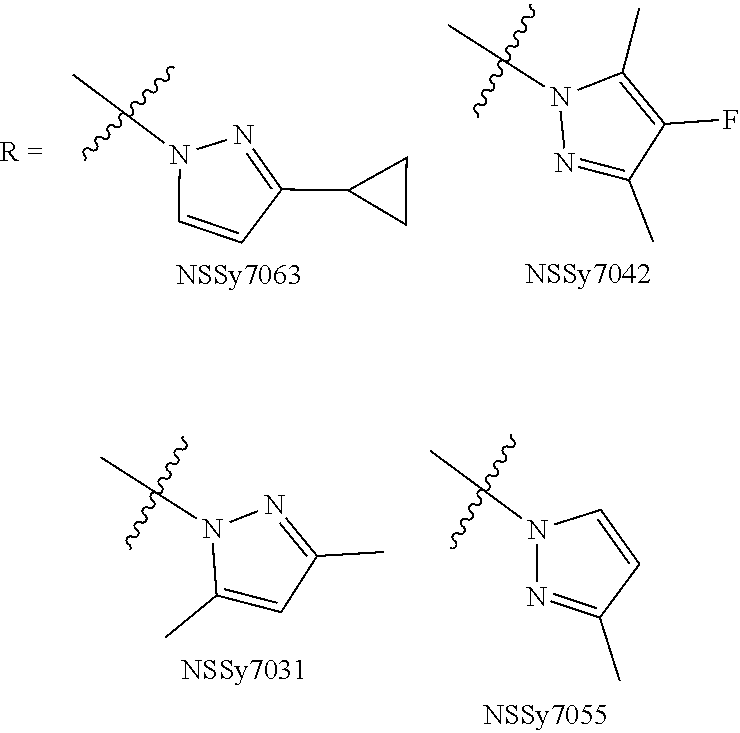
C02034

C02035
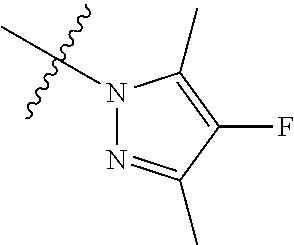
C02036
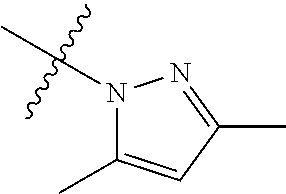
C02037

C02038
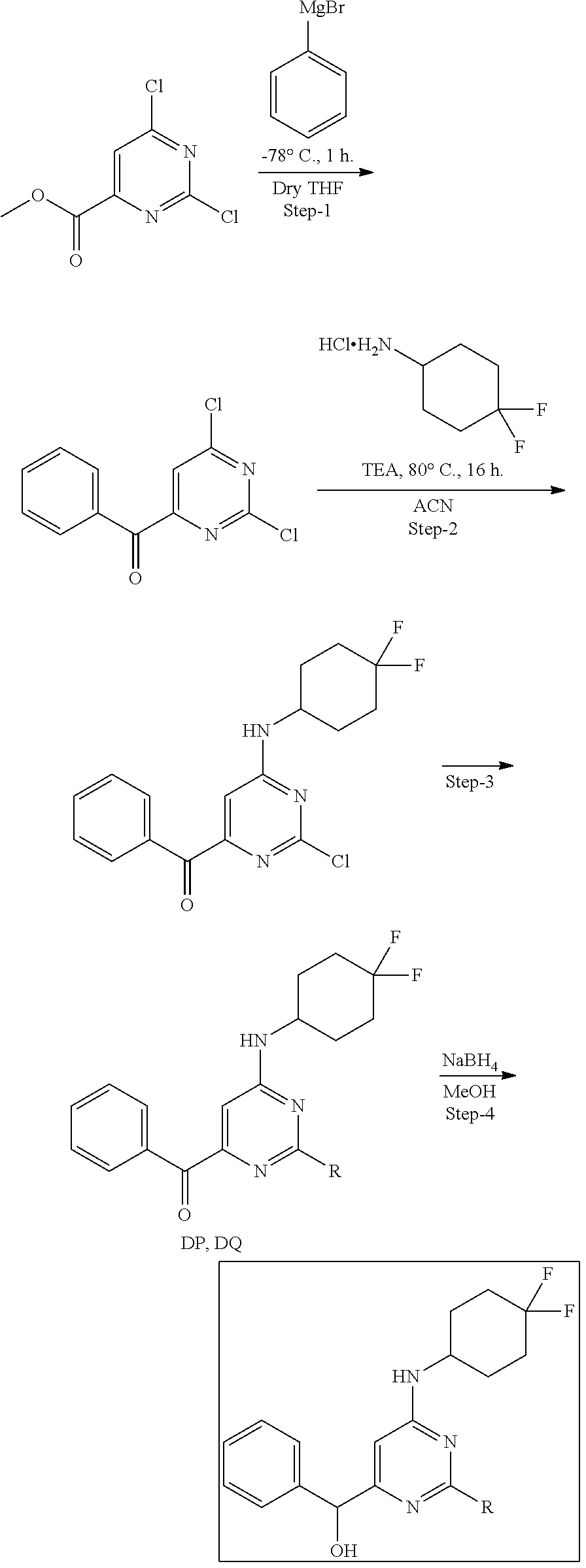
C02039
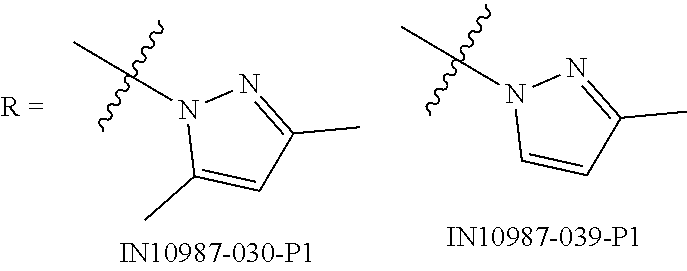
C02040
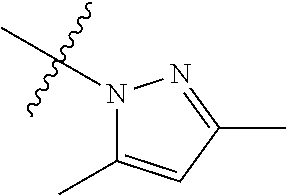
C02041

C02042
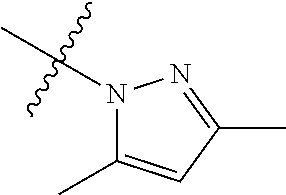
C02043
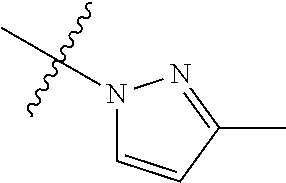
C02044

C02045
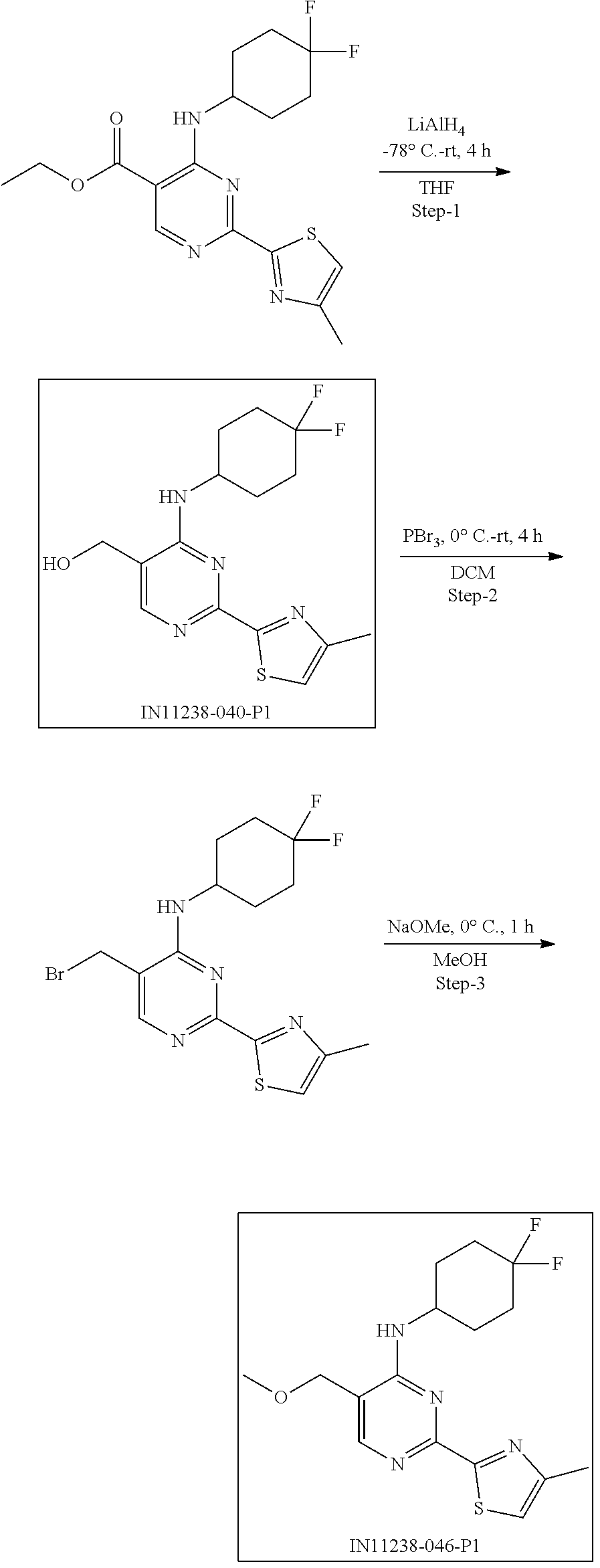
C02046
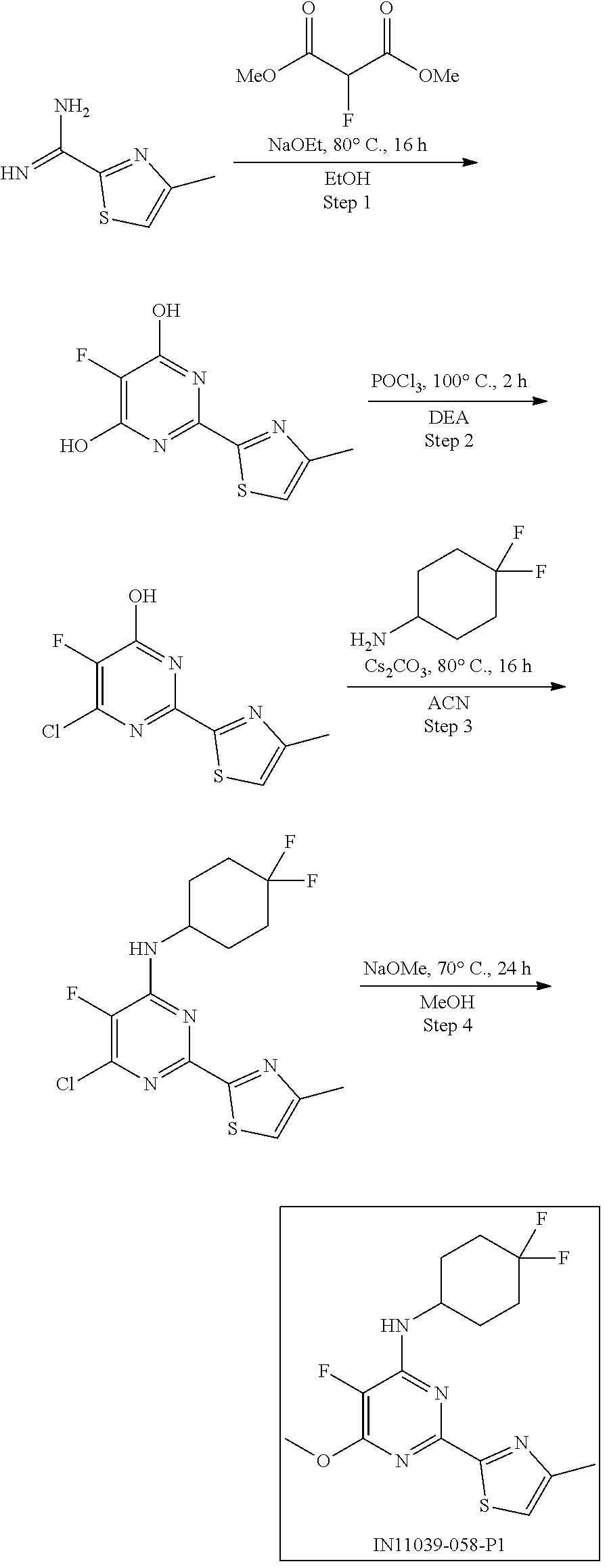
C02047

C02048
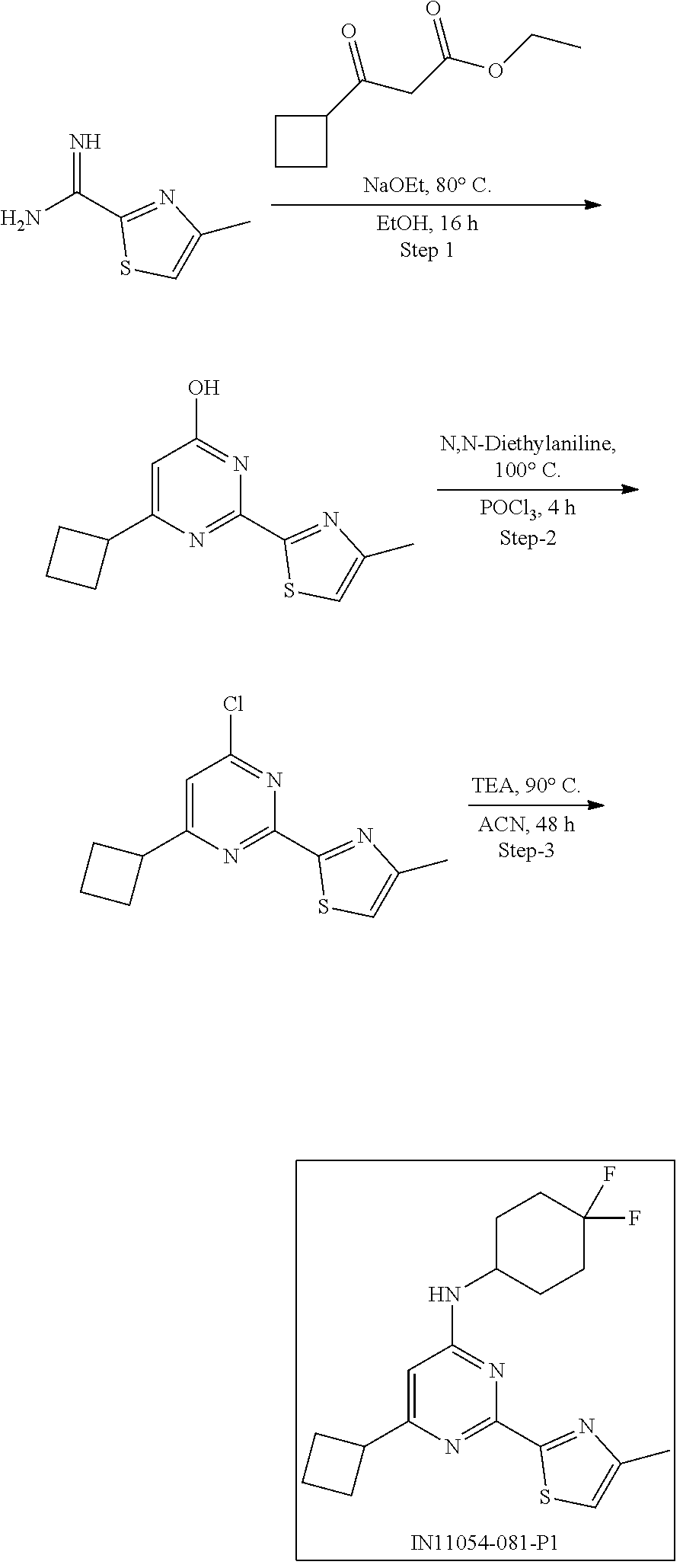
C02049

C02050

C02051

C02052

C02053

C02054
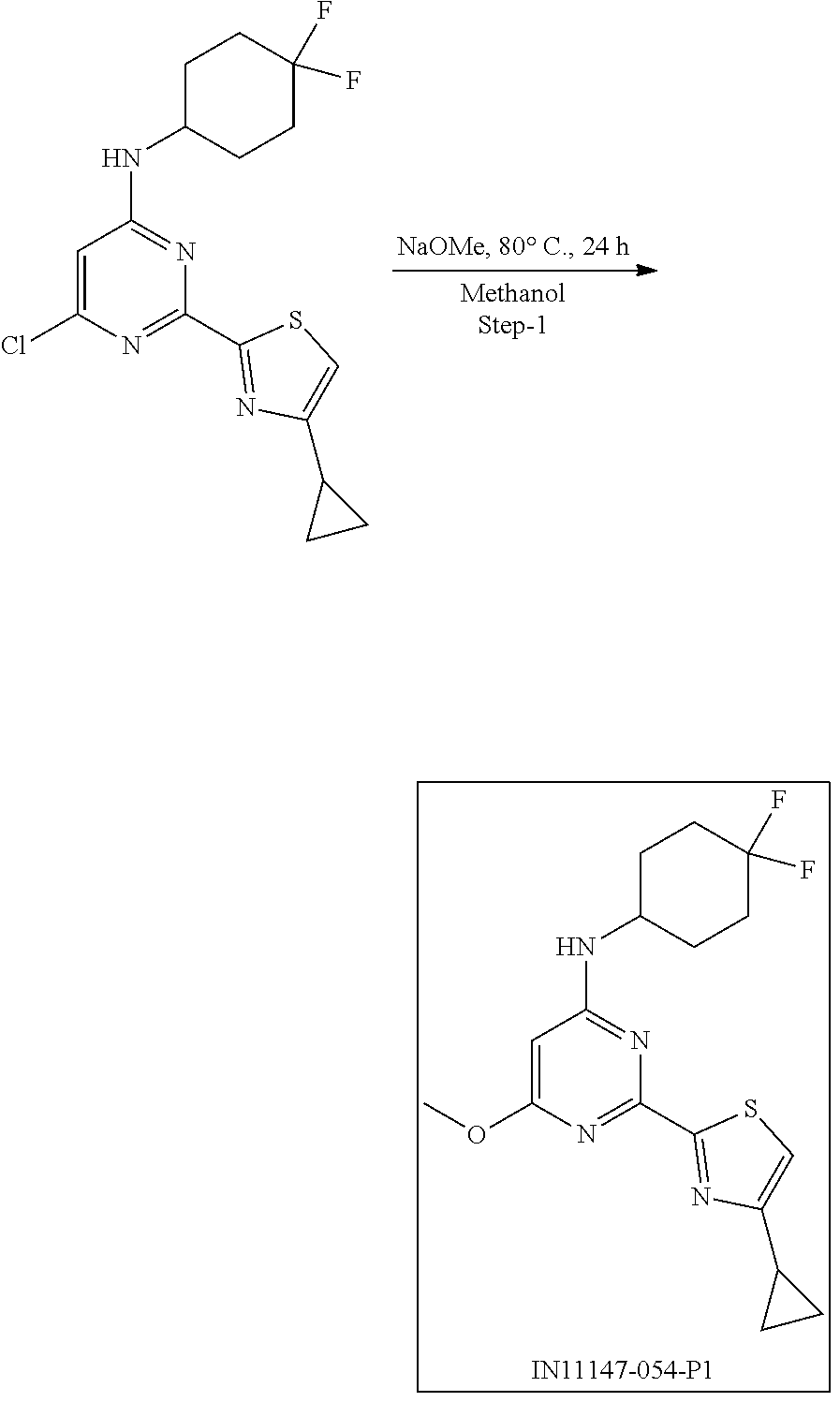
C02055

C02056

C02057

C02058

C02059

C02060

C02061
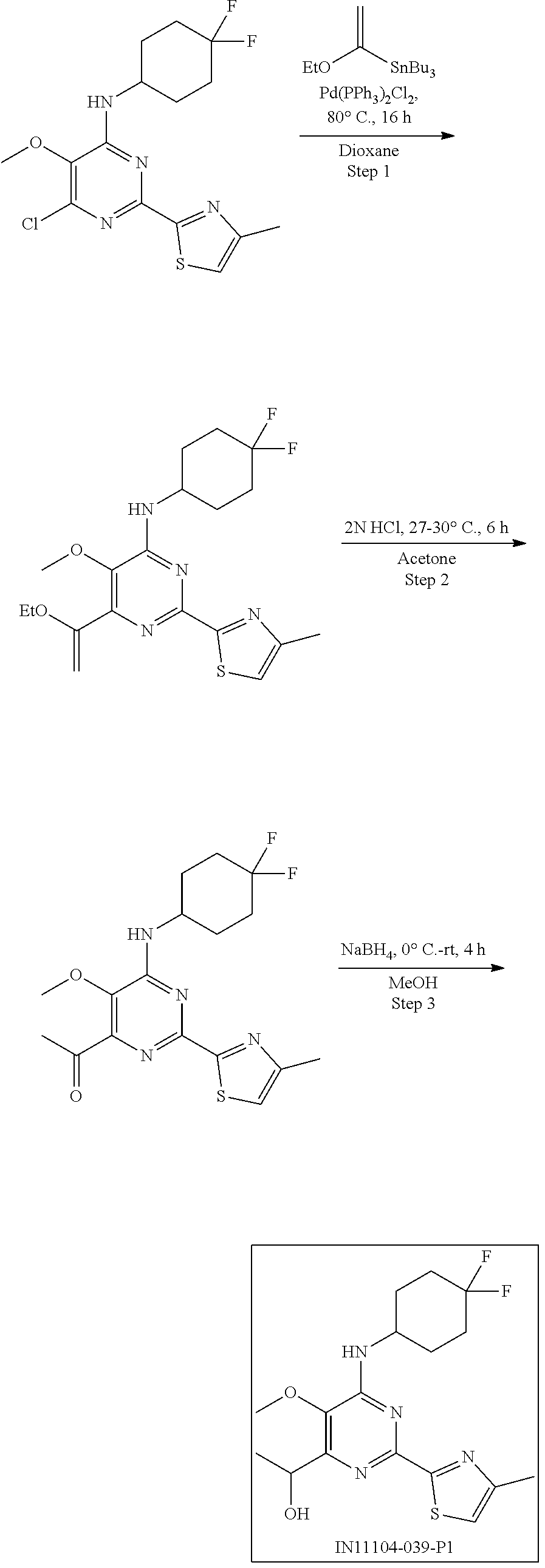
C02062

C02063

C02064

C02065
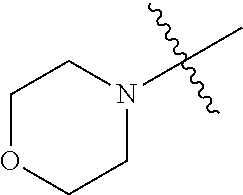
C02066

C02067
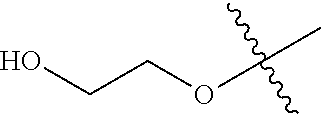
C02068

C02069
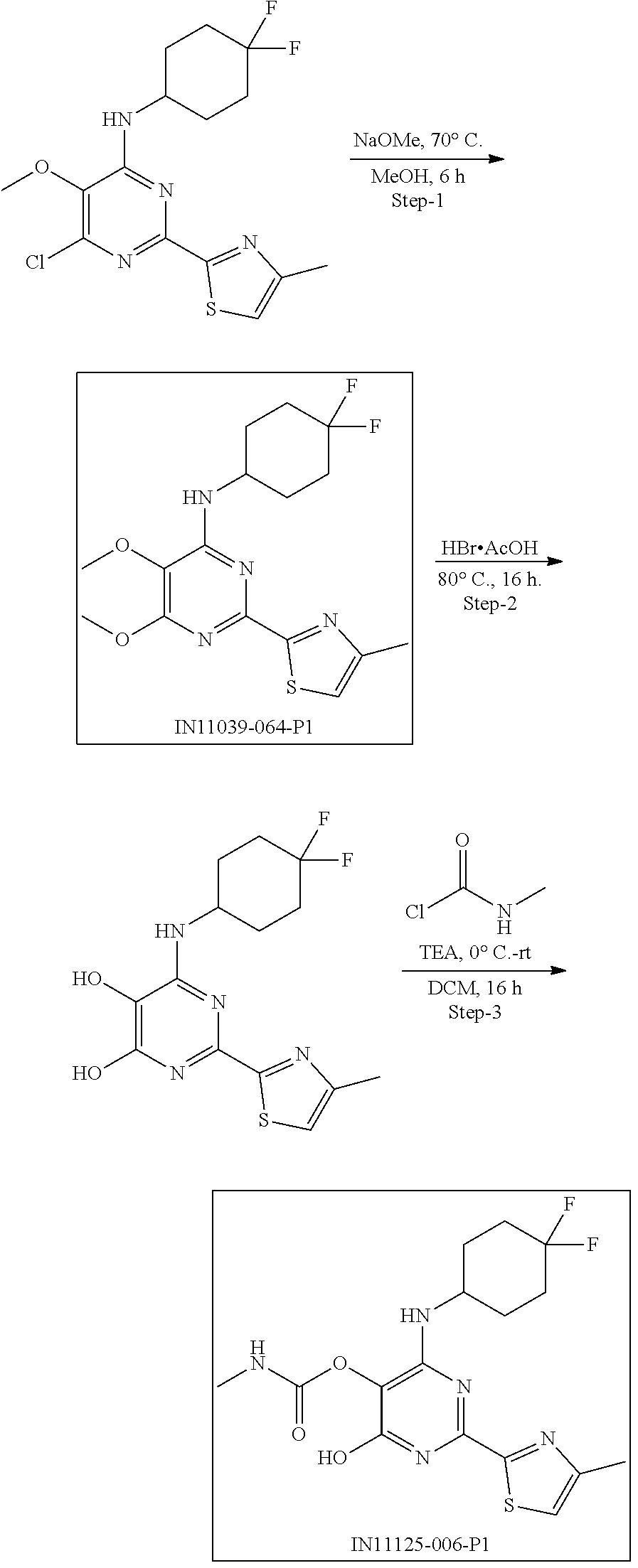
C02070

C02071
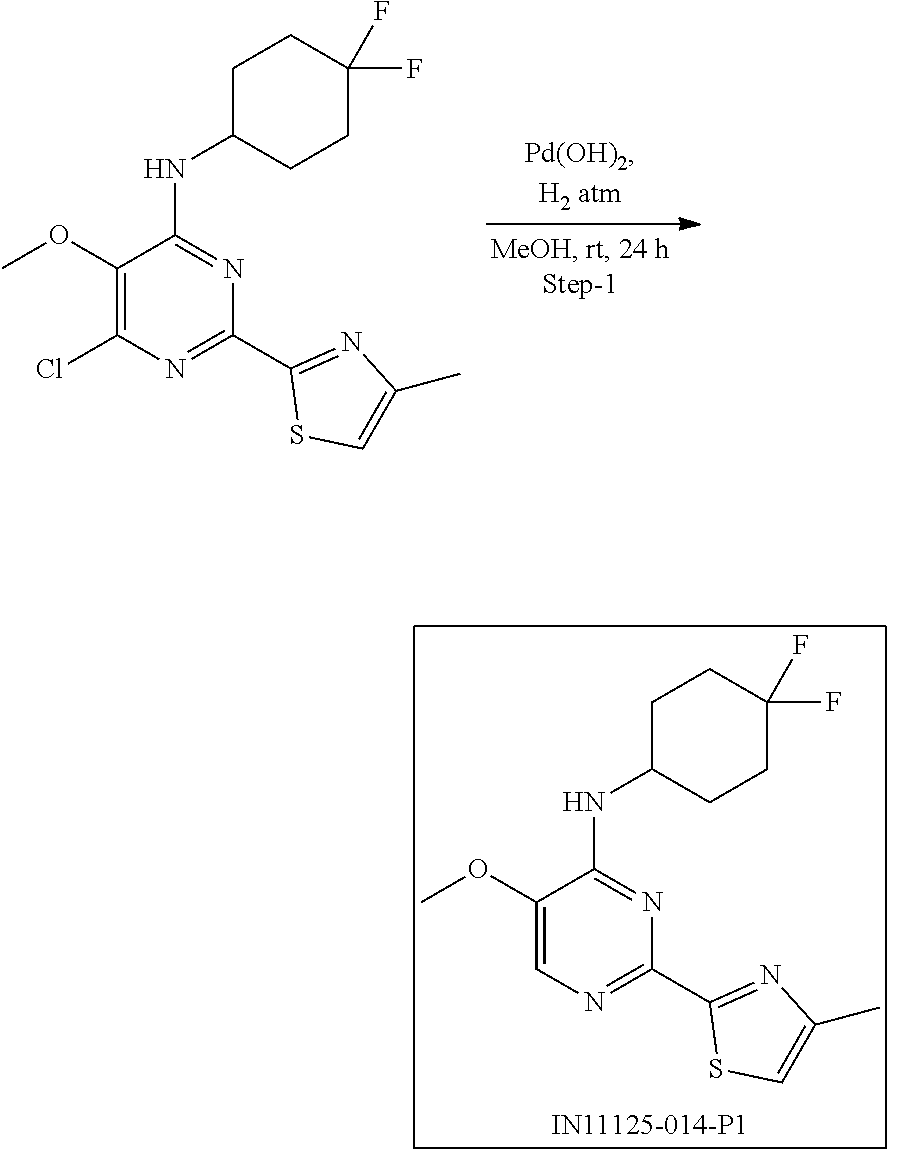
C02072

C02073
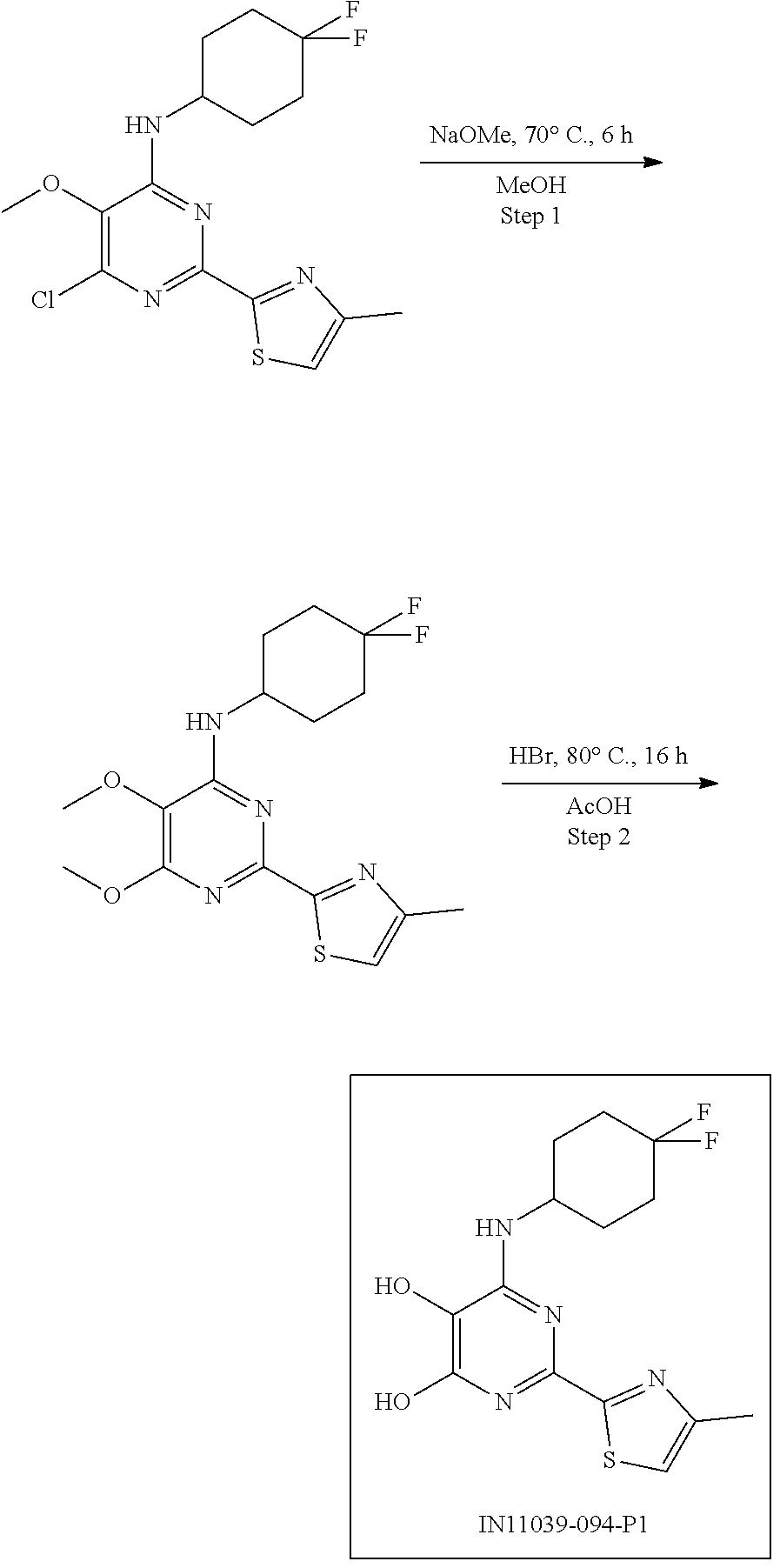
C02074
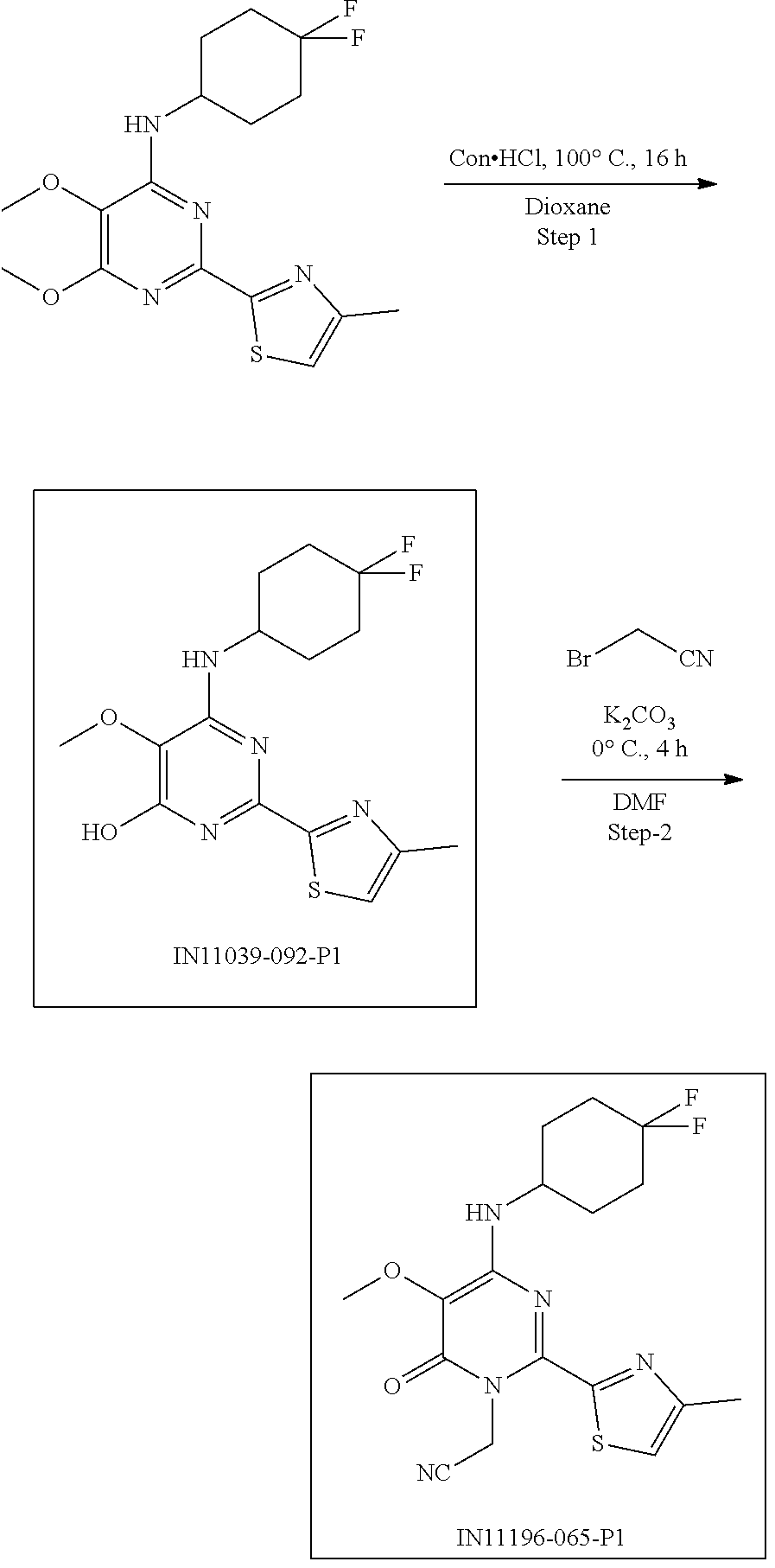
C02075

C02076
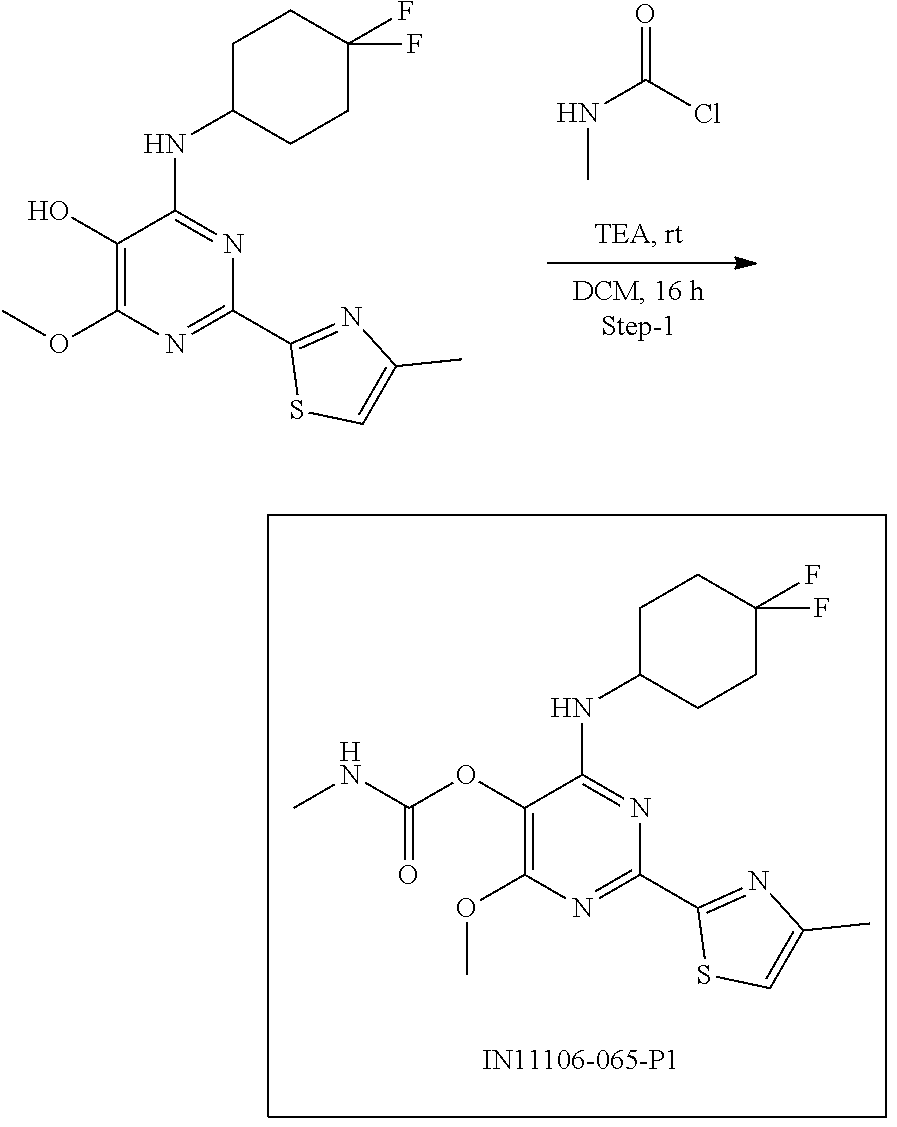
C02077

C02078
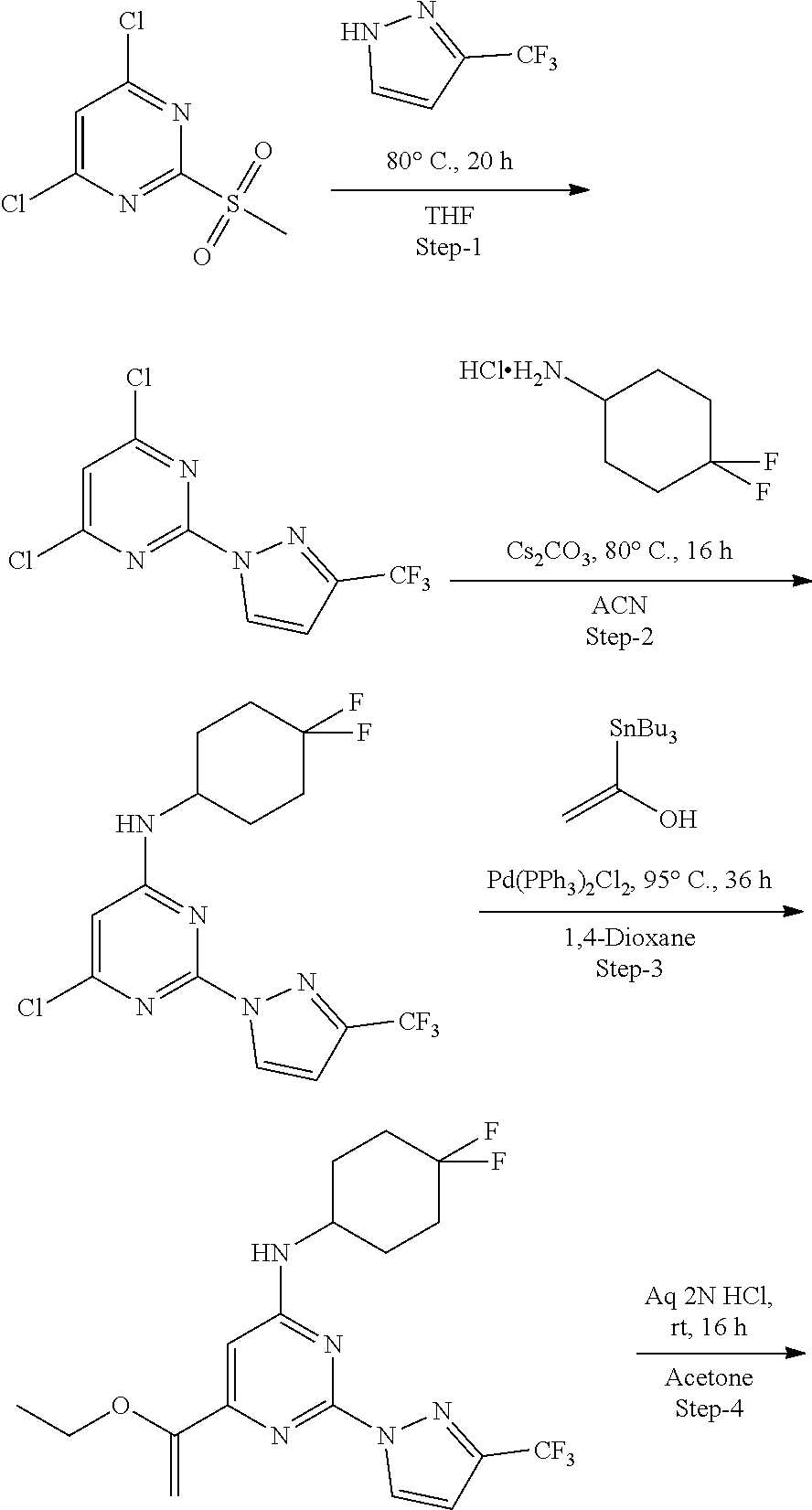
C02079

C02080

C02081

C02082

C02083

C02084

C02085

C02086

C02087
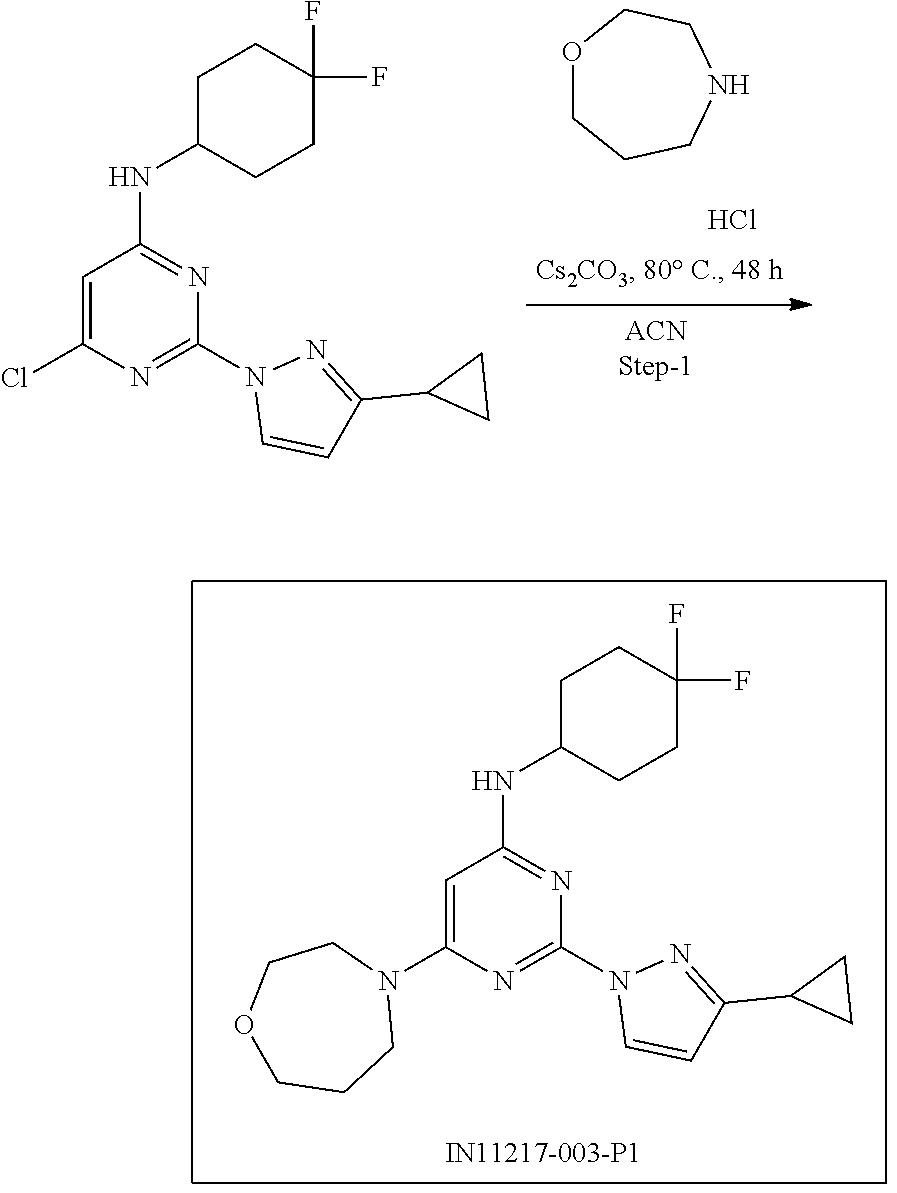
C02088
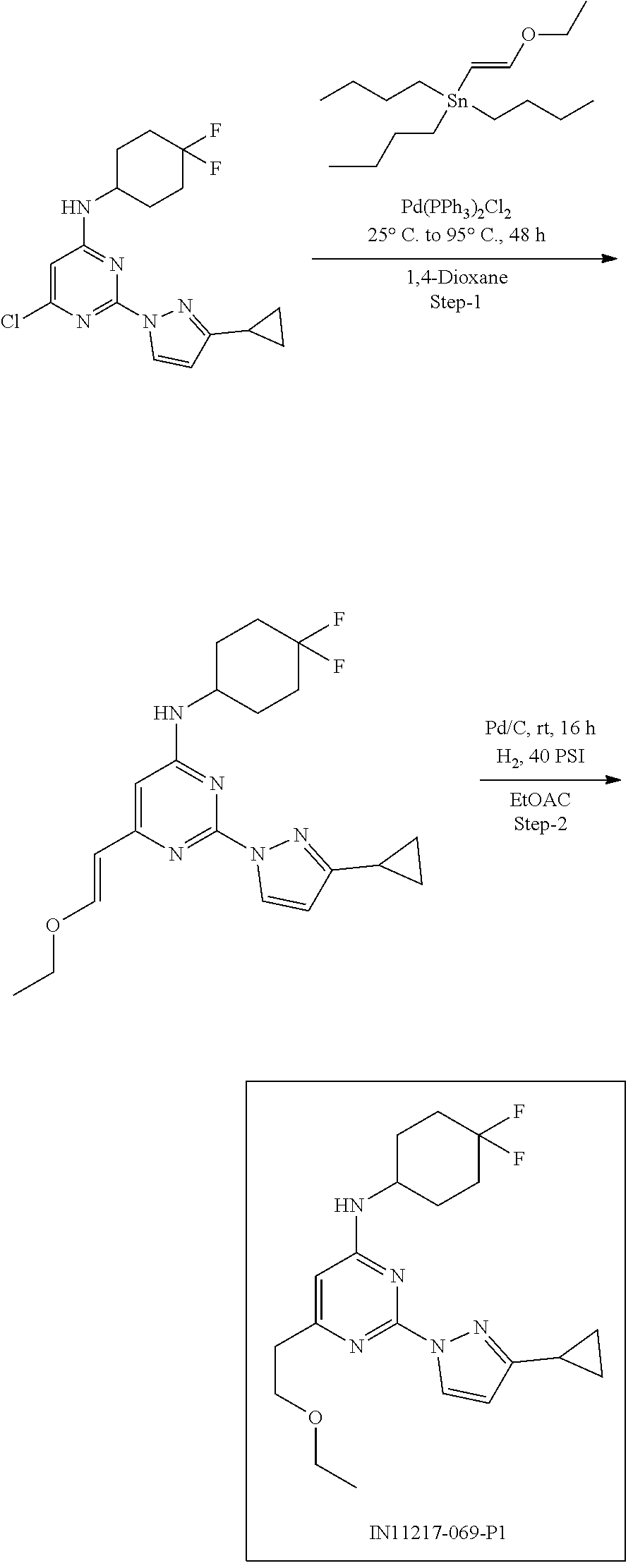
C02089
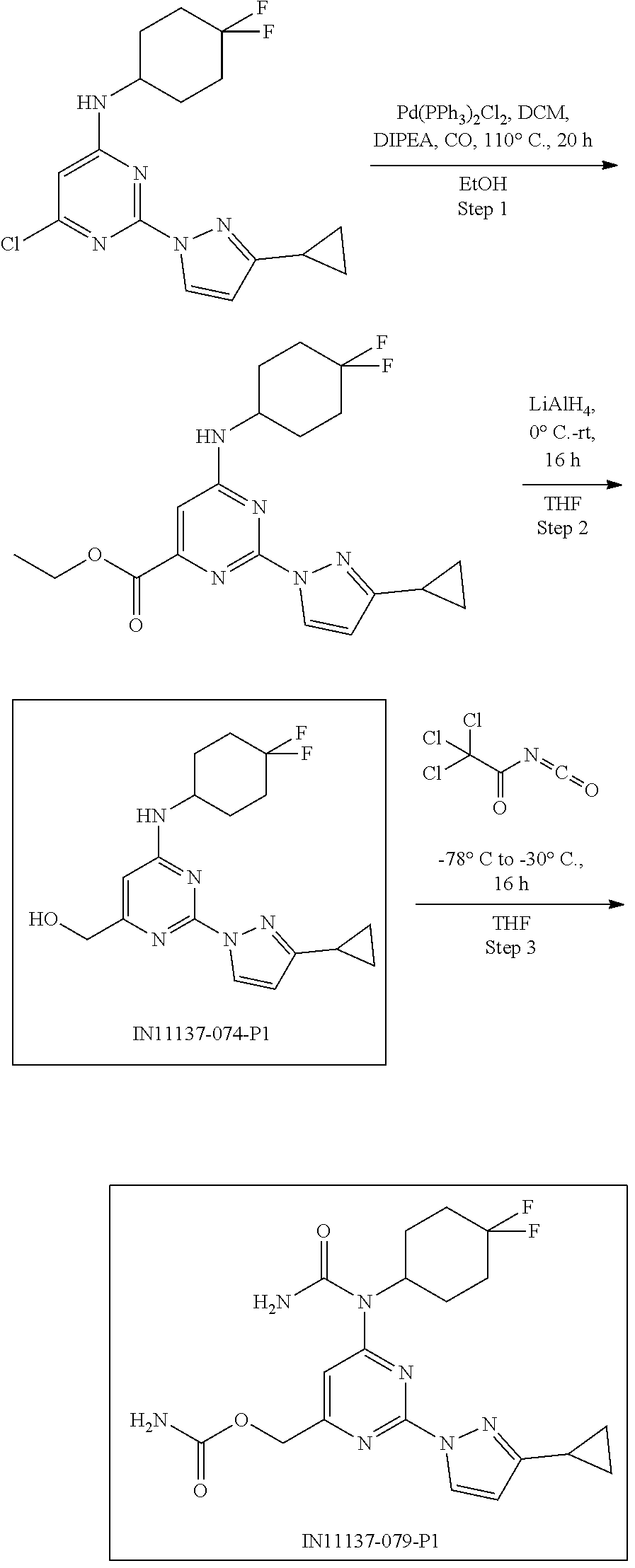
C02090

C02091
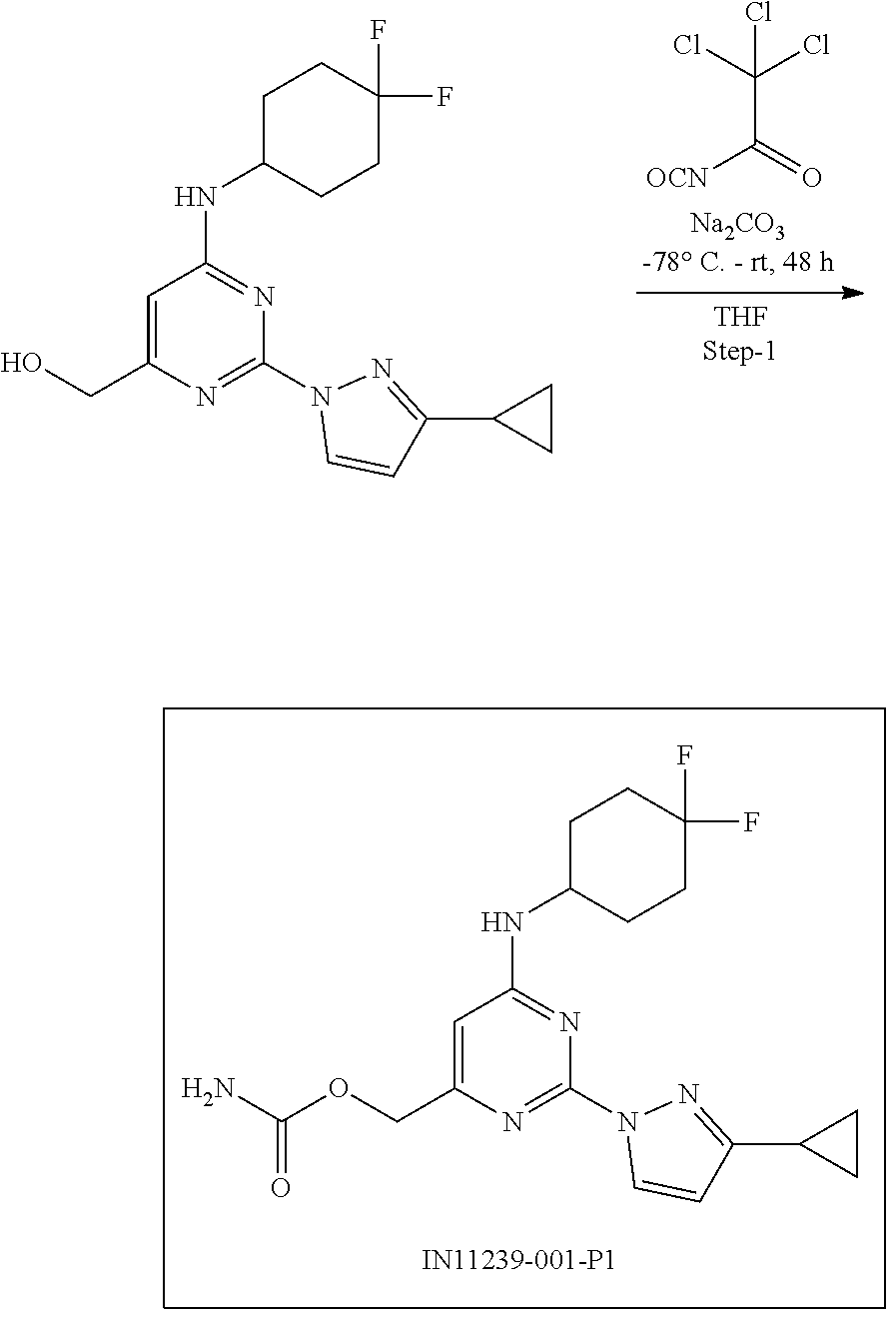
C02092

C02093
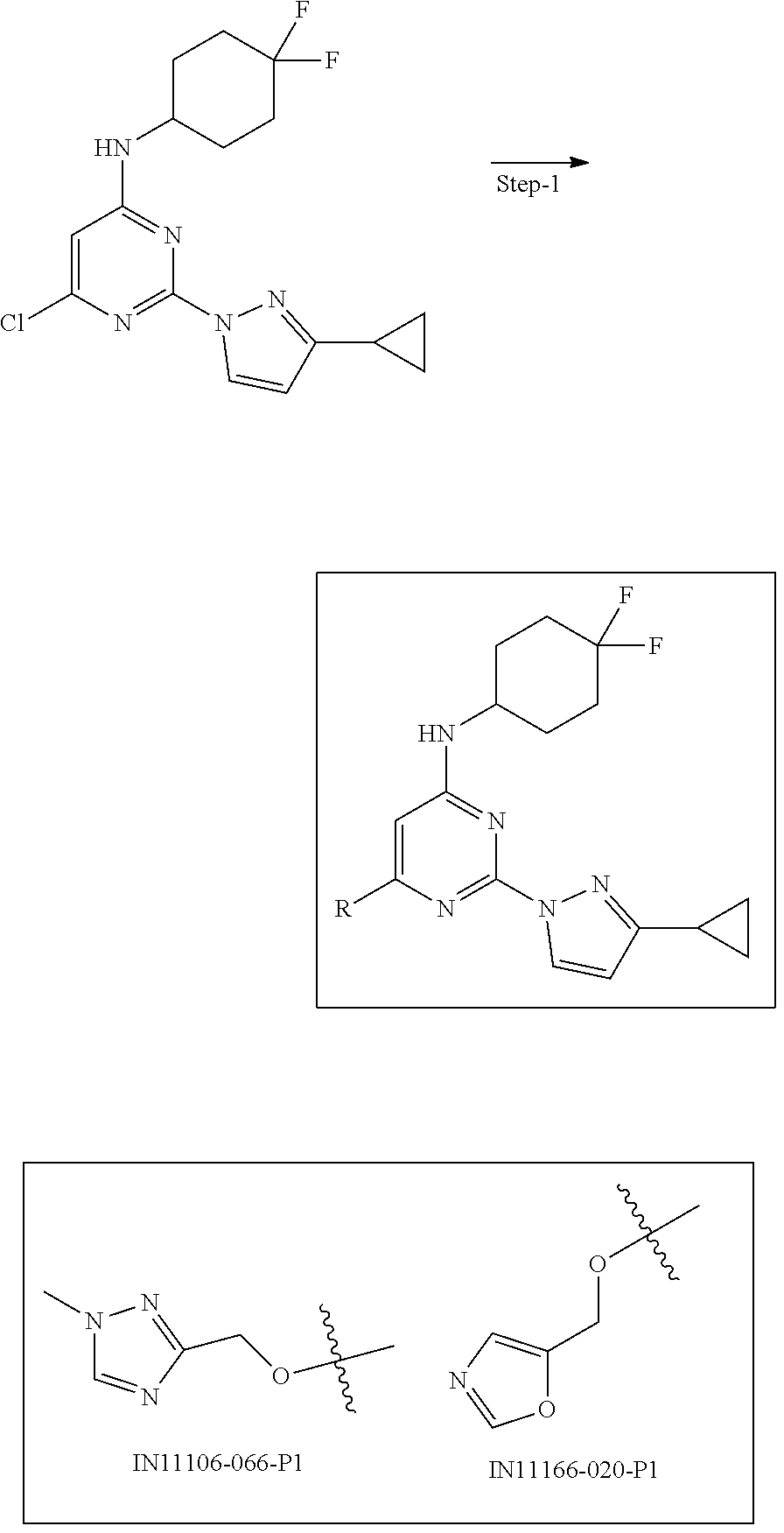
C02094

C02095

C02096
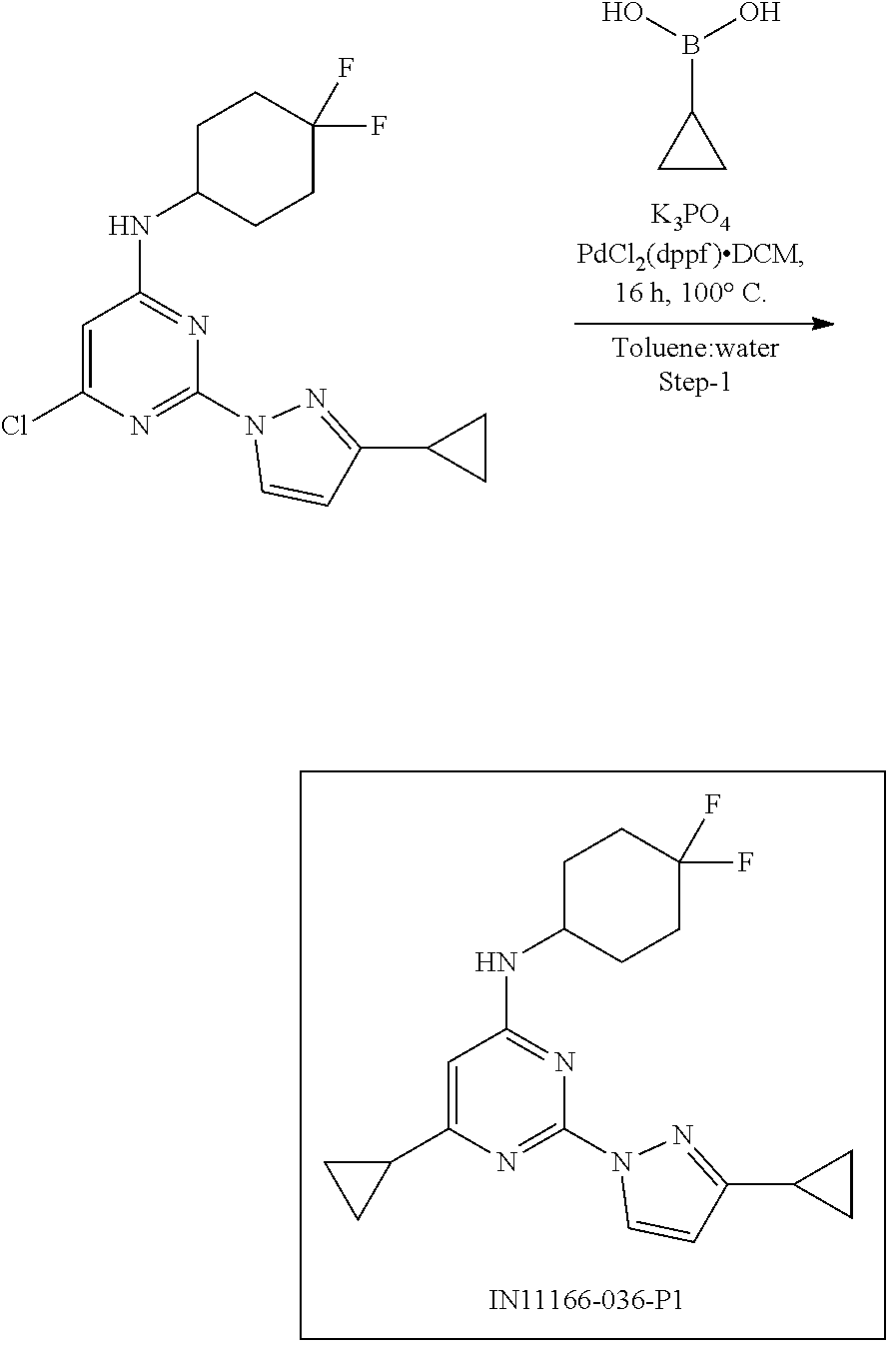
C02097

C02098
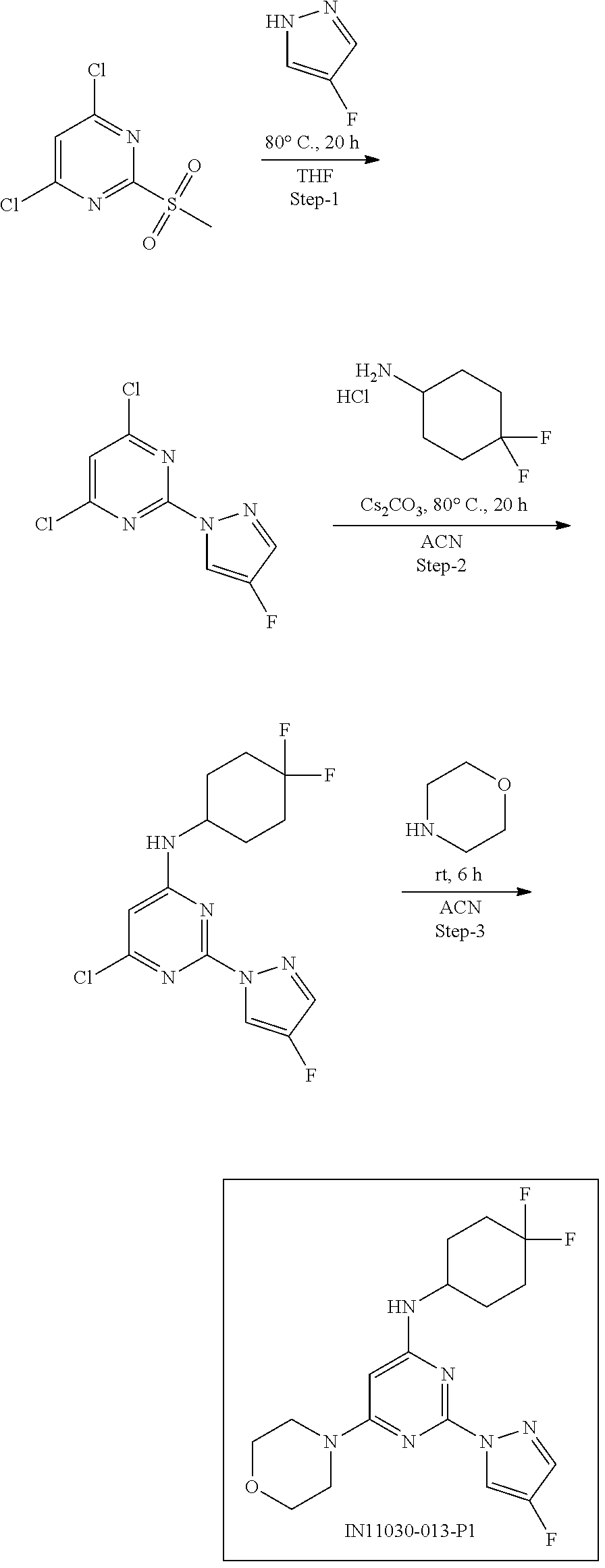
C02099

C02100
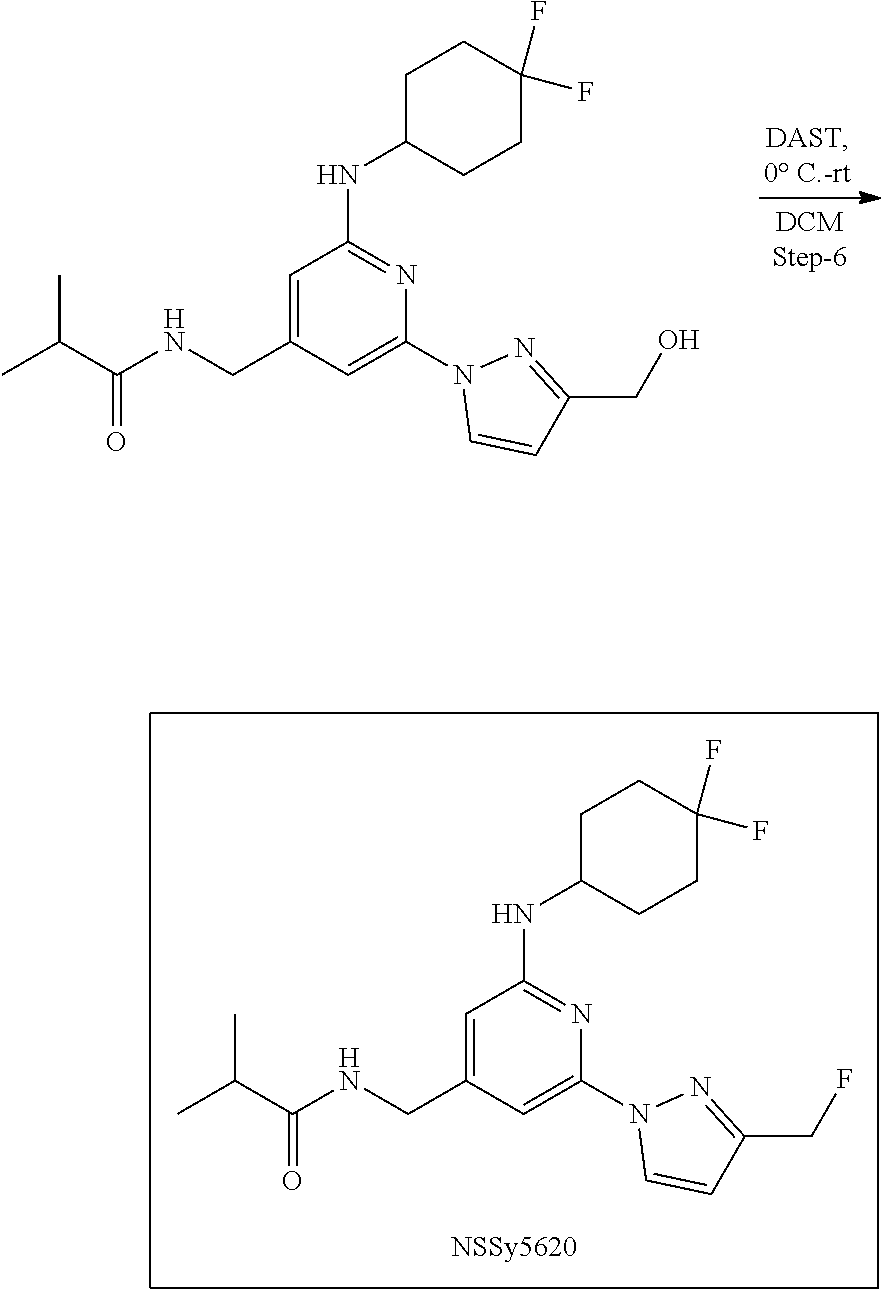
C02101

C02102

C02103

C02104

C02105

C02106
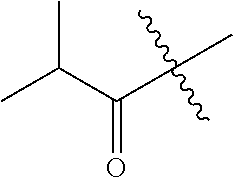
C02107

C02108
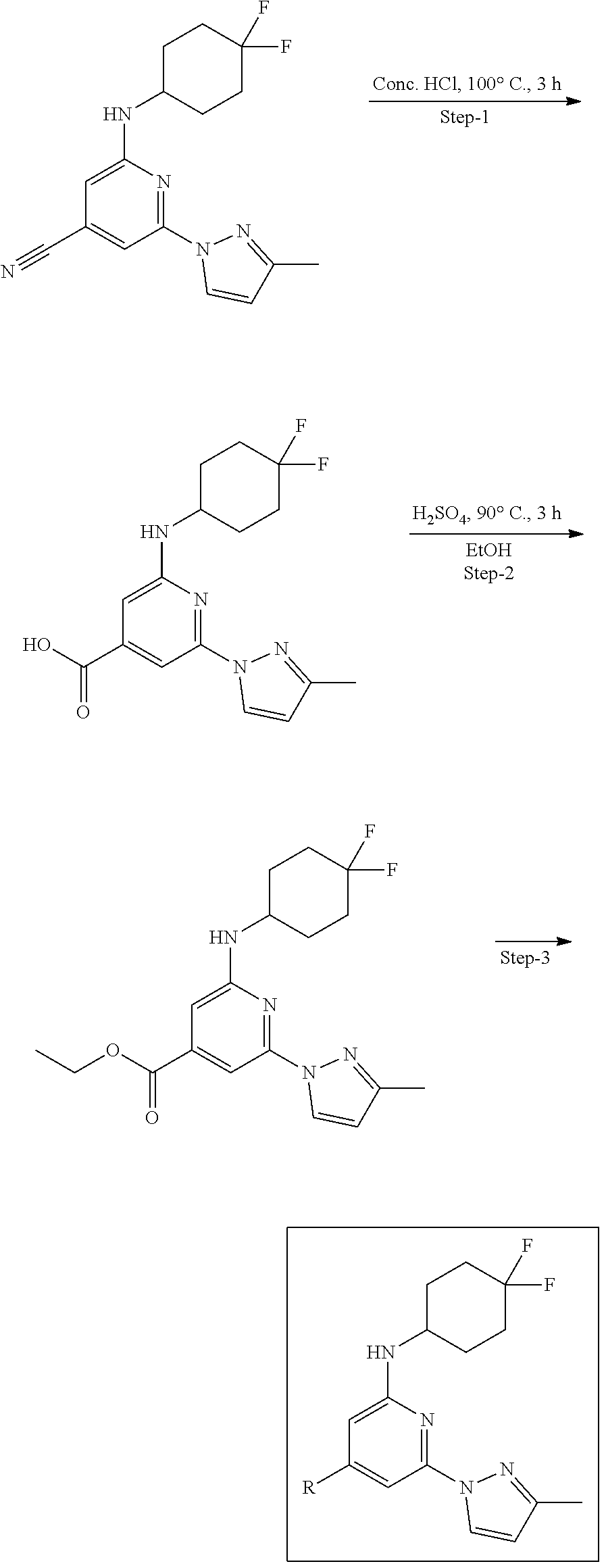
C02109

C02110
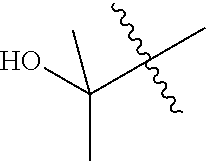
C02111

C02112

C02113

C02114

C02115

C02116
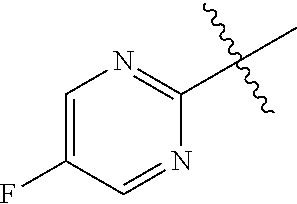
C02117

C02118
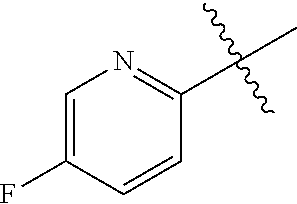
C02119

C02120

C02121

C02122
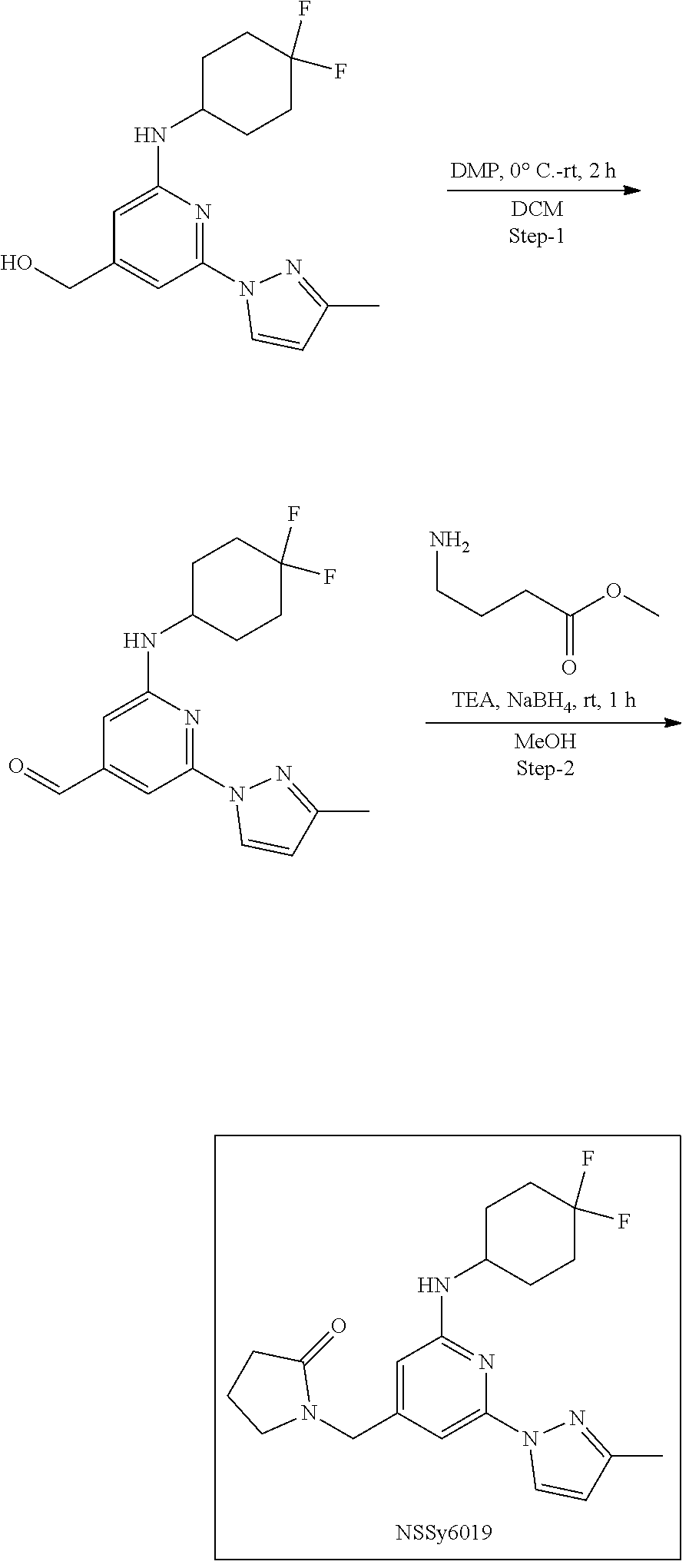
C02123

C02124

C02125
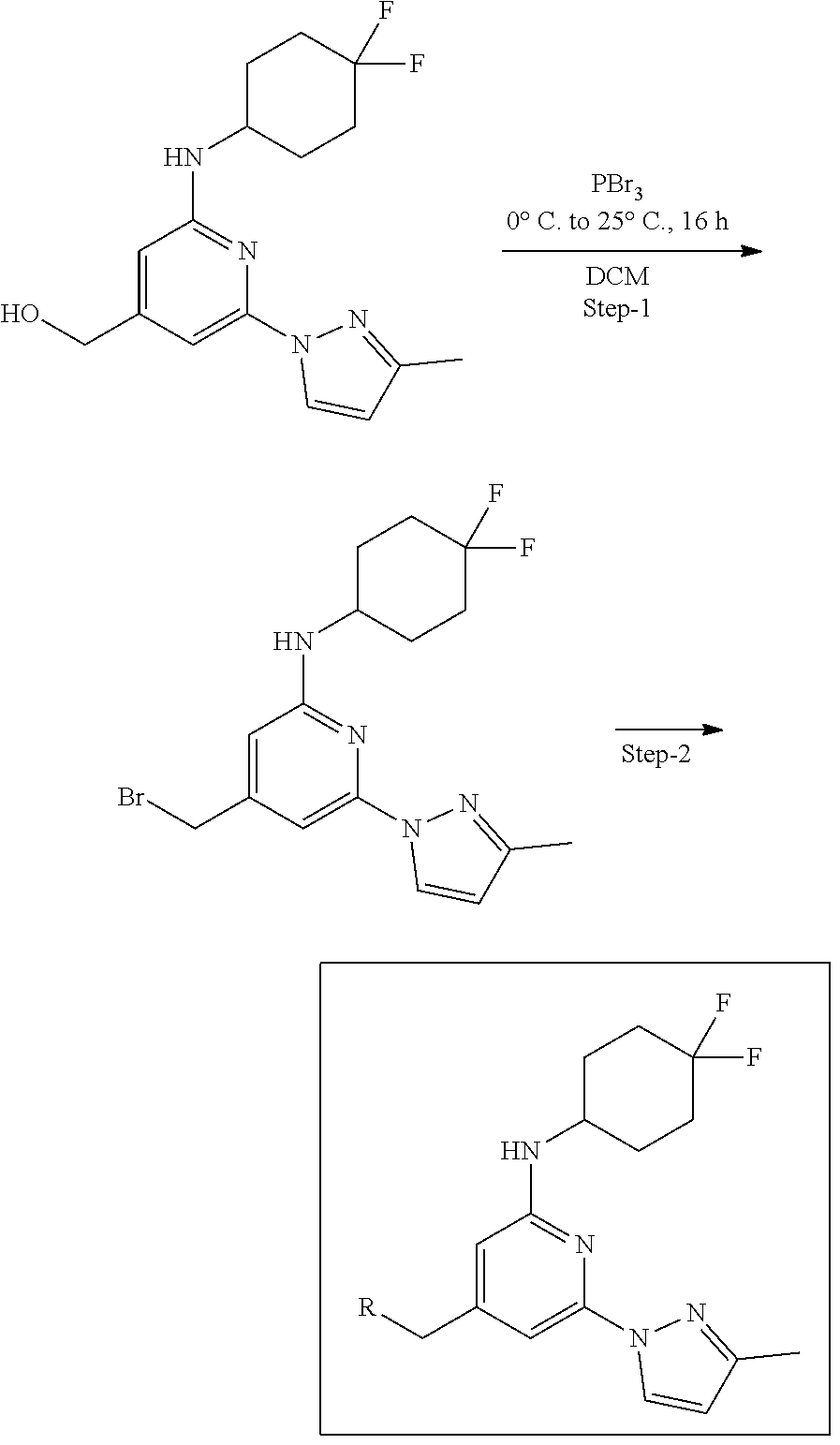
C02126

C02127

C02128

C02129

C02130
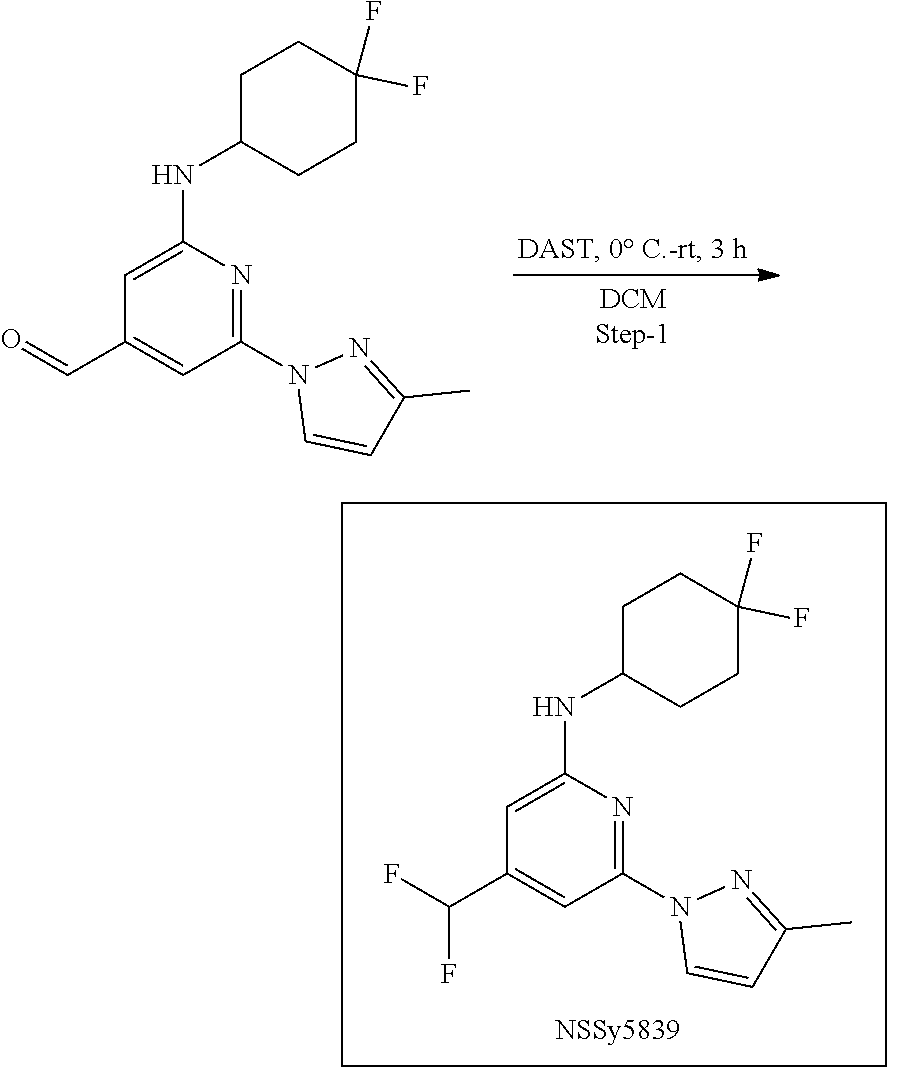
C02131
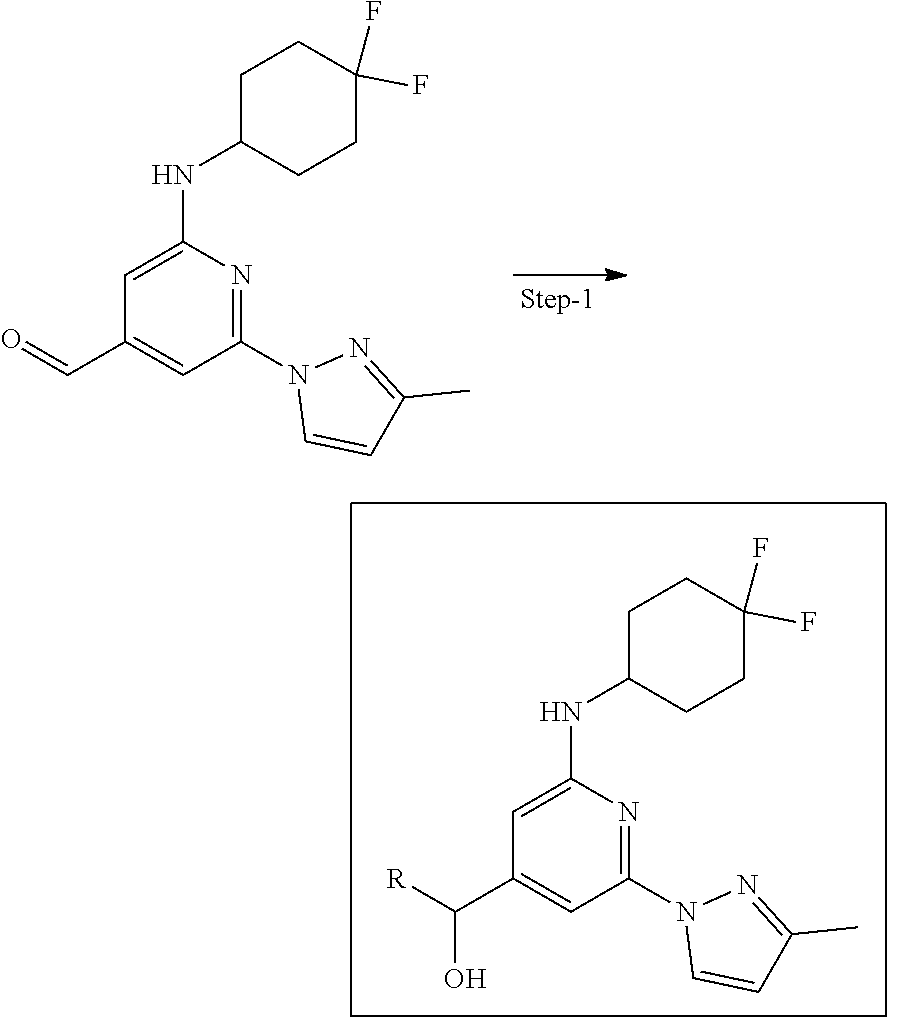
C02132

C02133
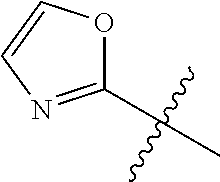
C02134

C02135
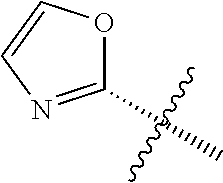
C02136
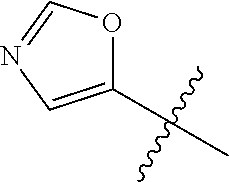
C02137

C02138

C02139

C02140
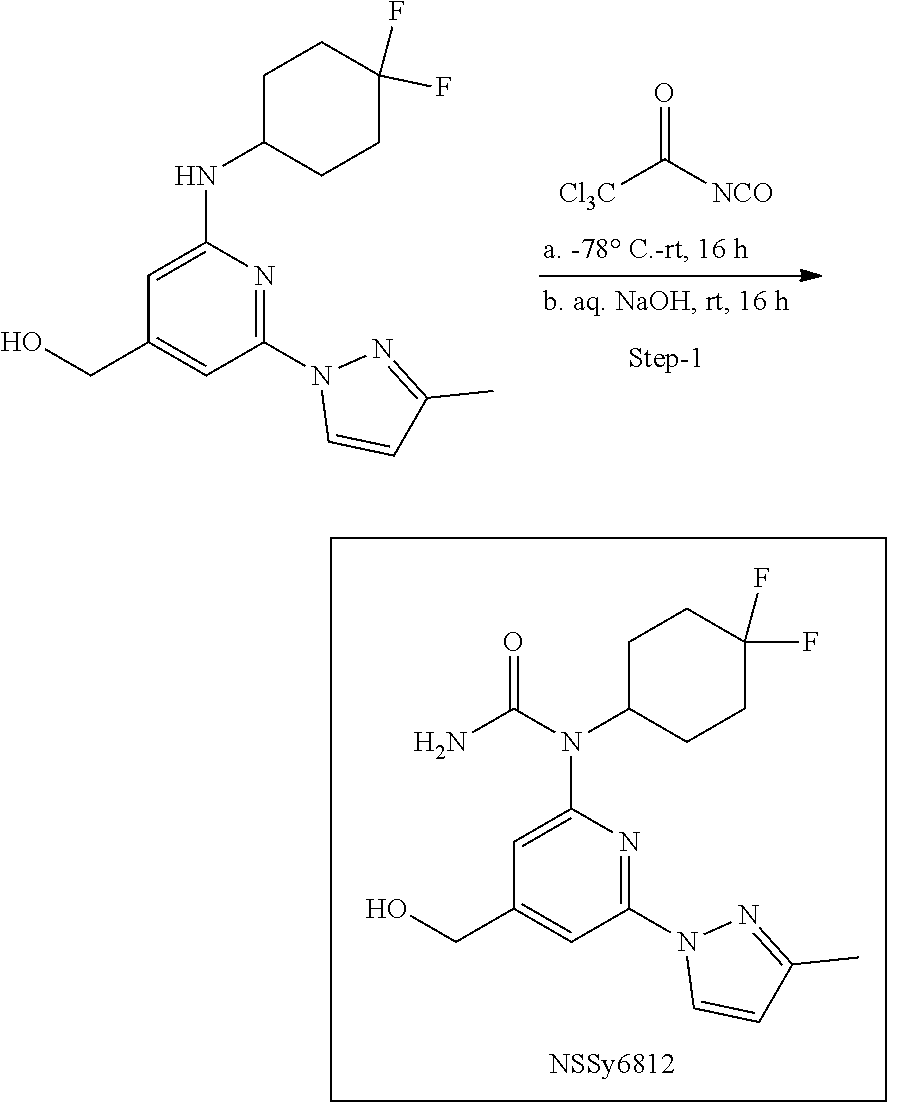
C02141
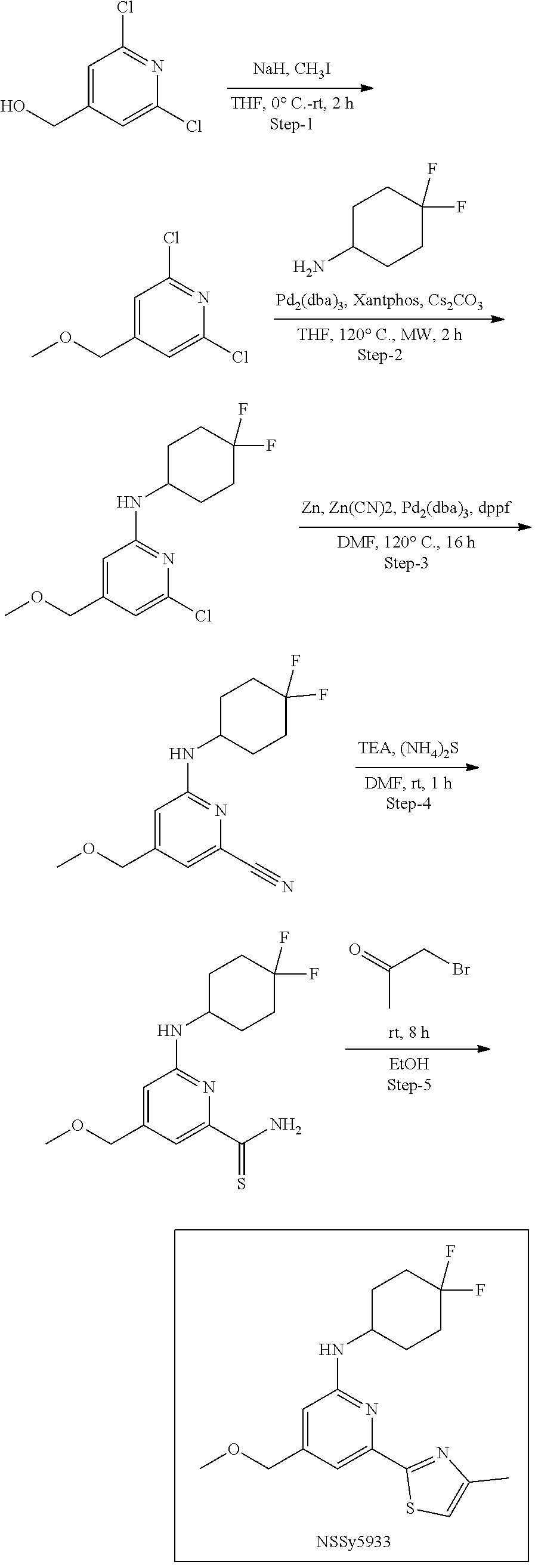
C02142

C02143

C02144

C02145

C02146
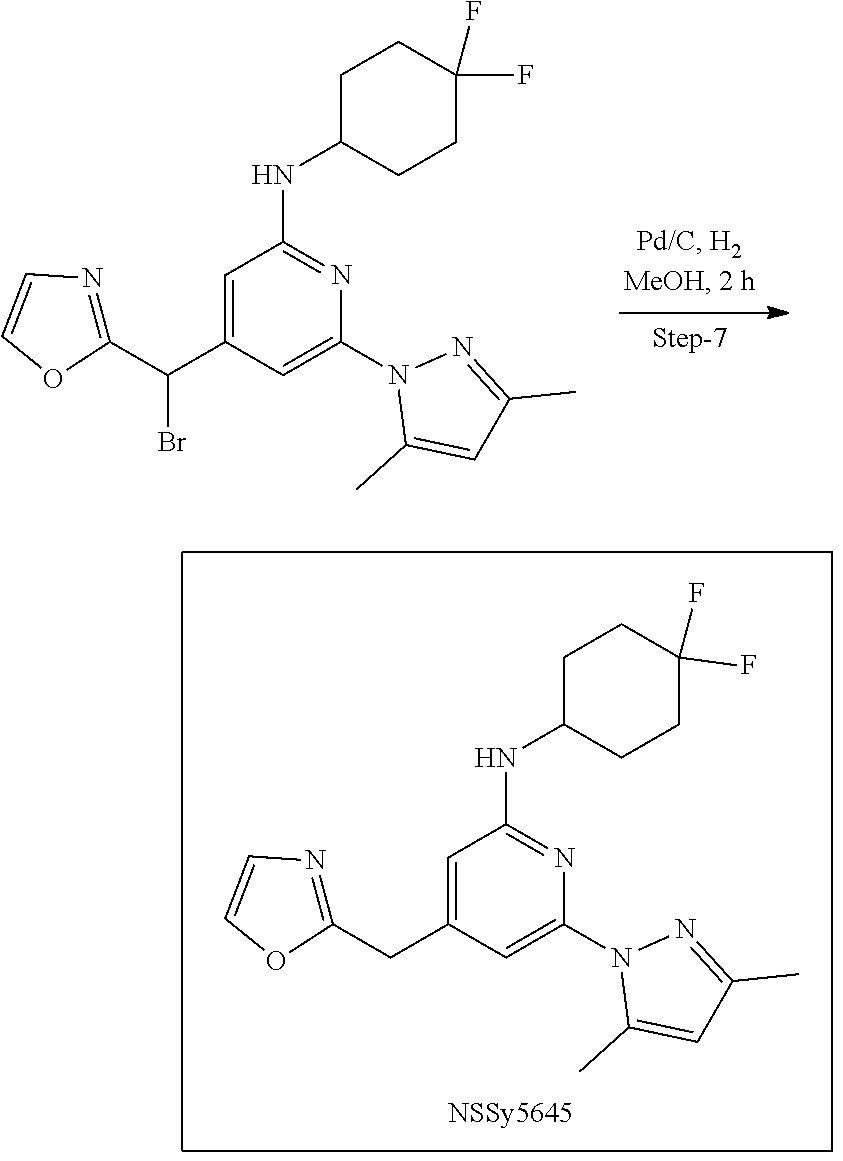
C02147

C02148

C02149

C02150

C02151
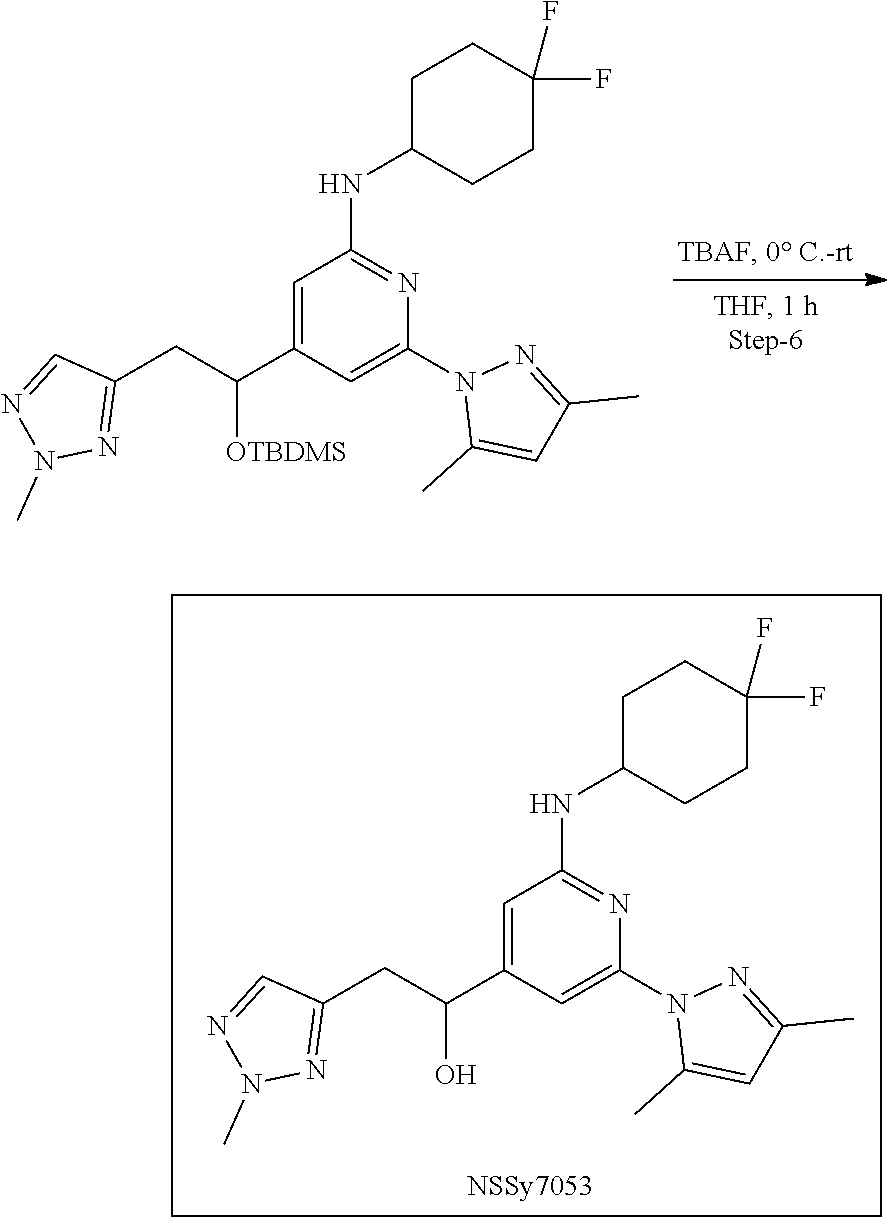
C02152

C02153

C02154

C02155

C02156

C02157

C02158
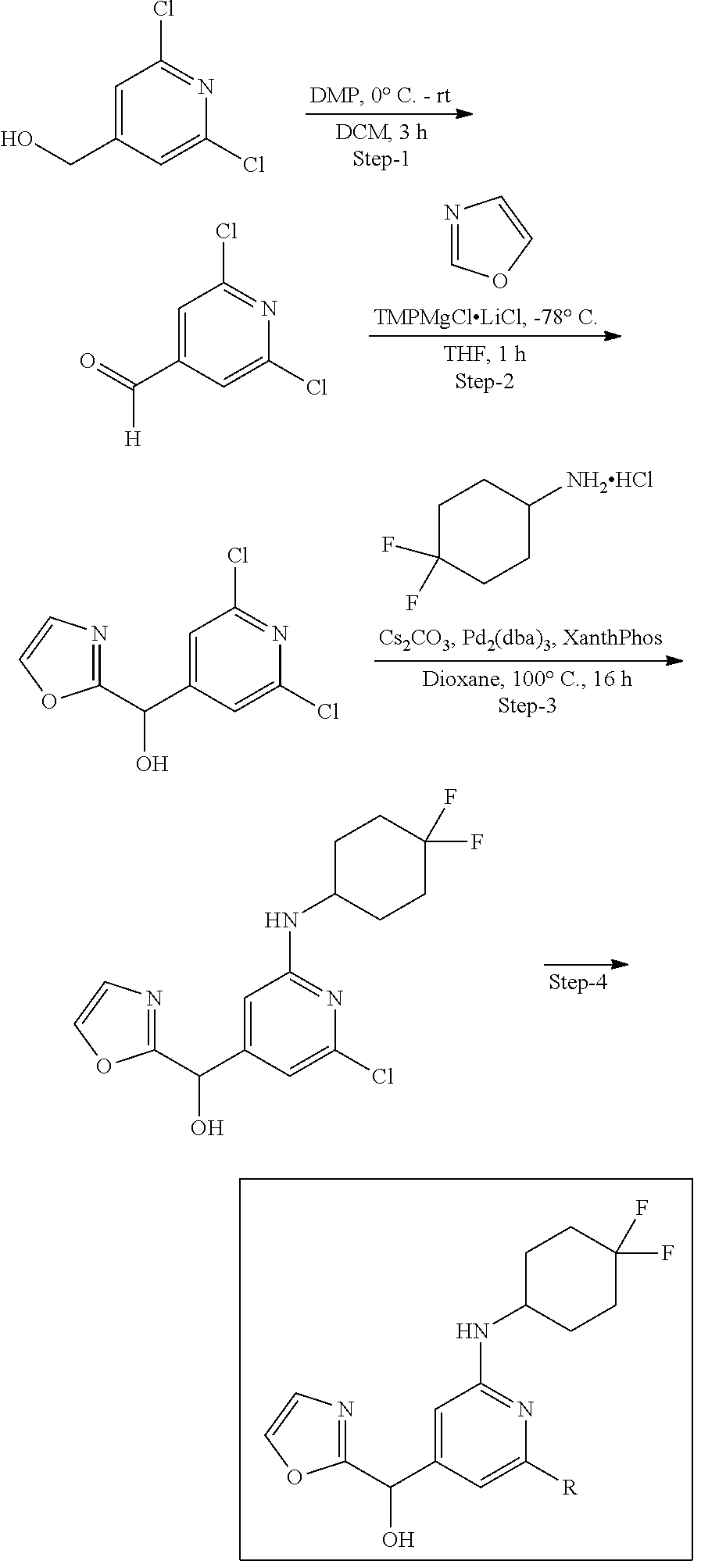
C02159

C02160

C02161

C02162

C02163

C02164
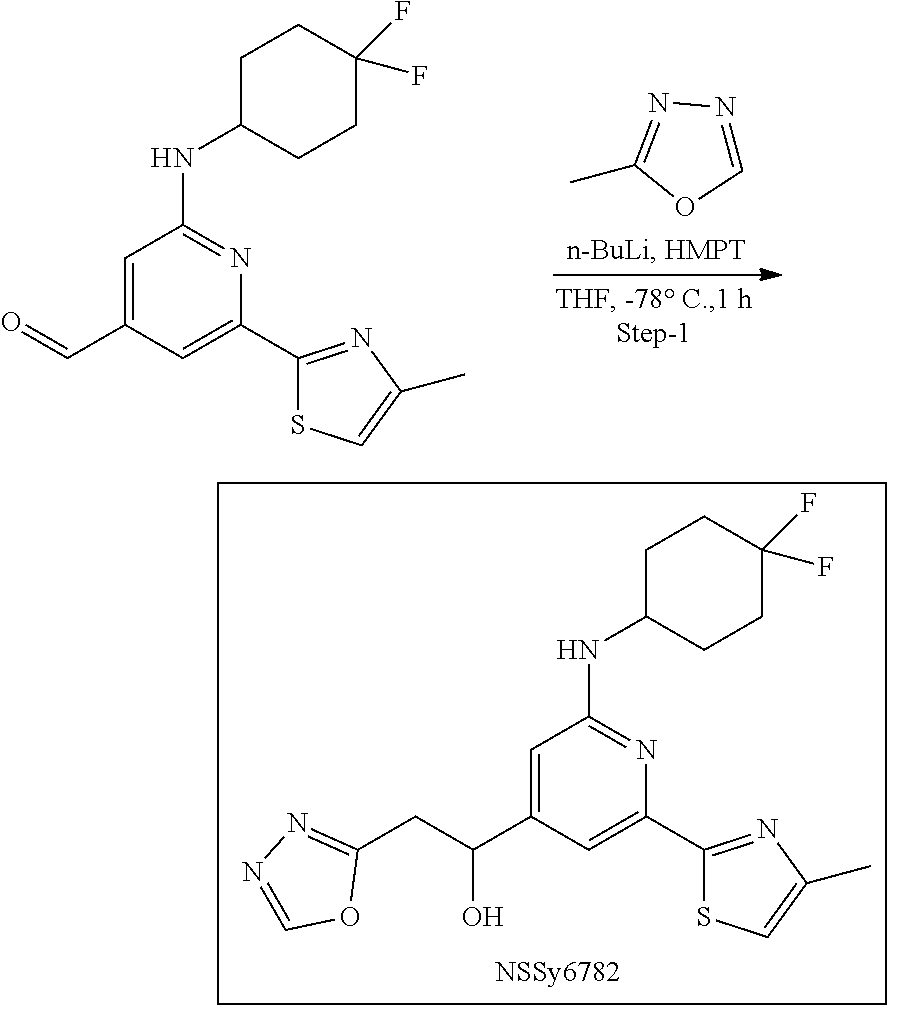
C02165

C02166

C02167

C02168

C02169
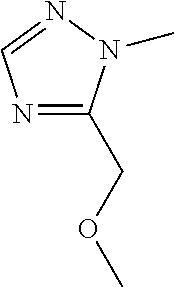
C02170

C02171

C02172
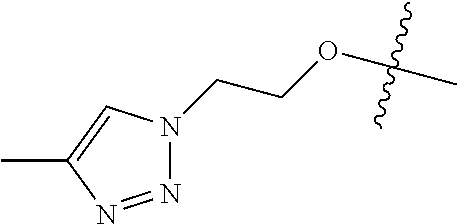
C02173

C02174
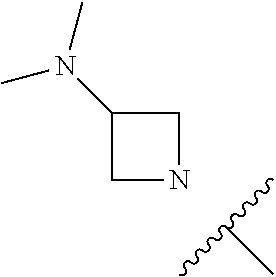
C02175

C02176

C02177

C02178
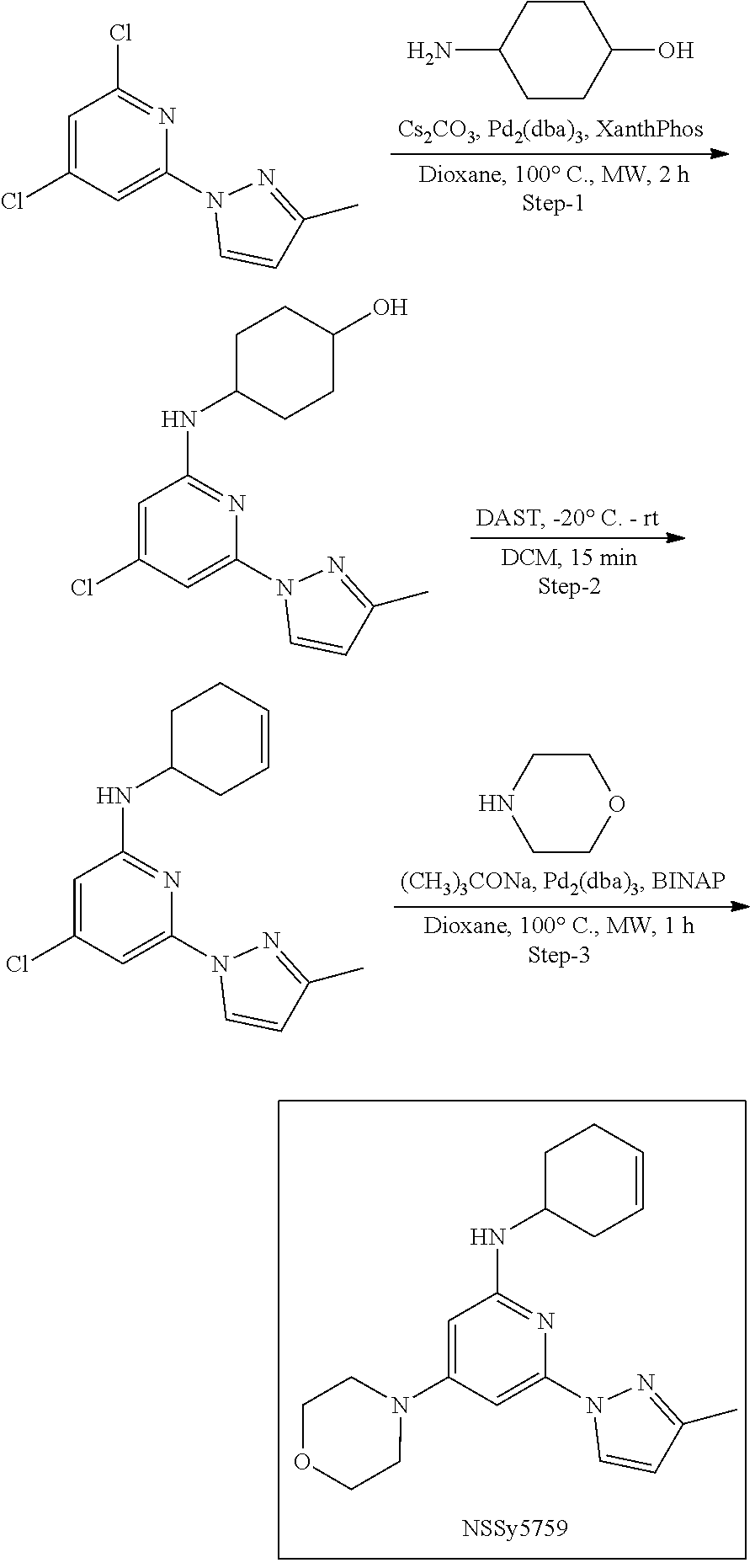
C02179
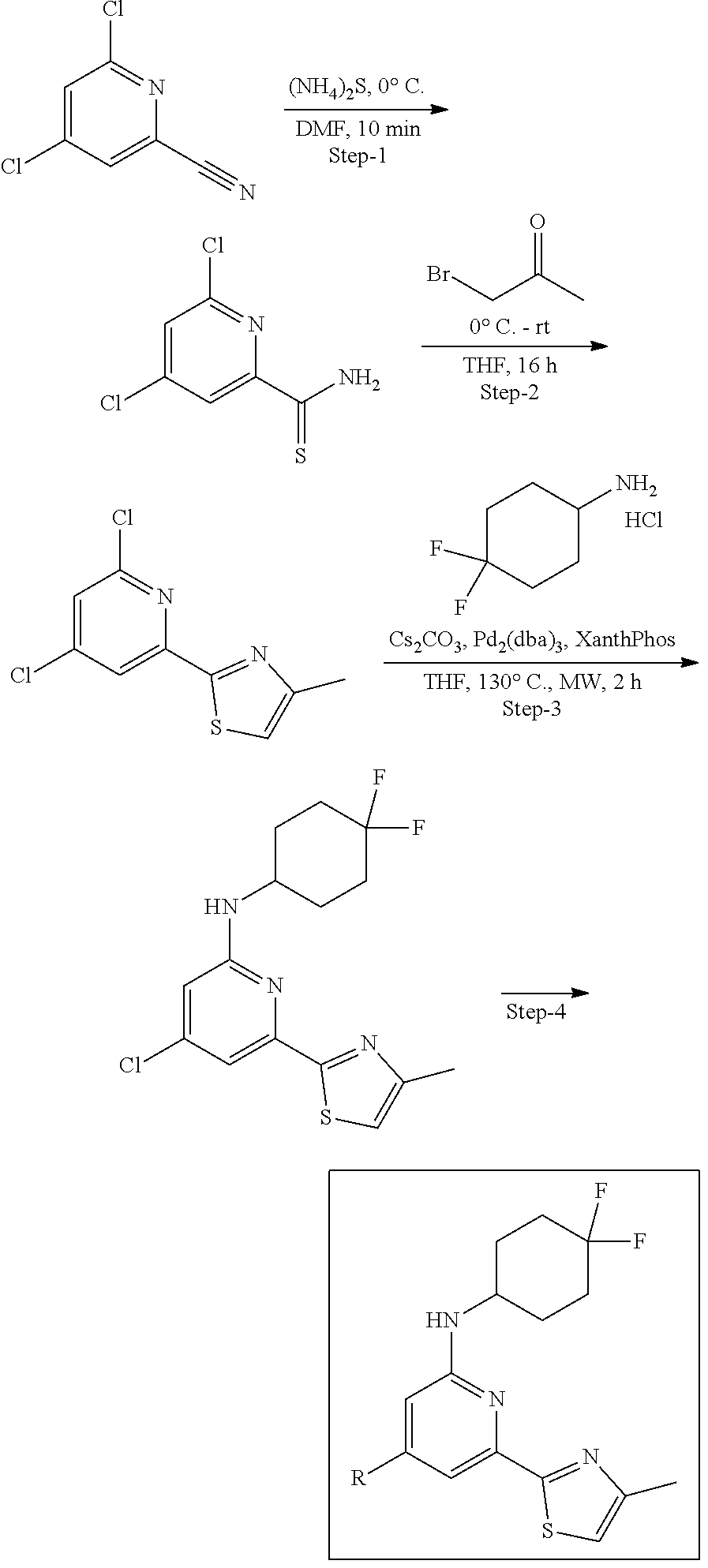
C02180
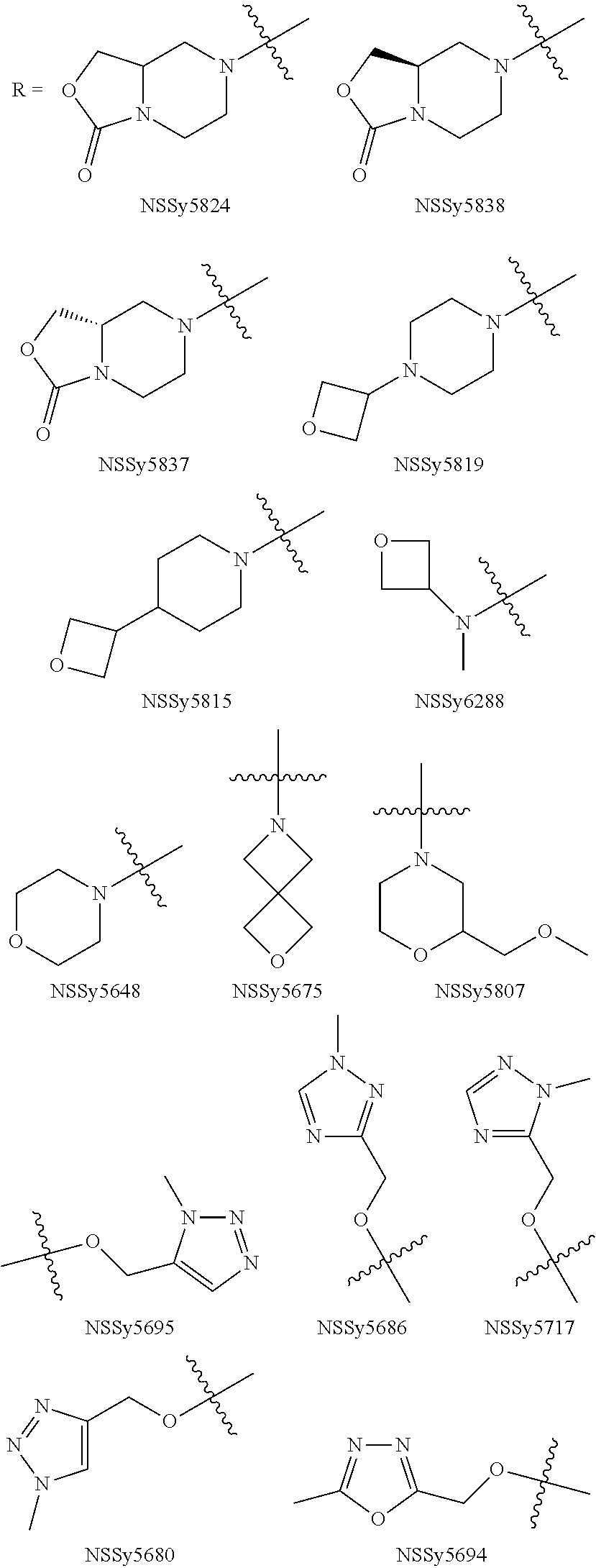
C02181

C02182

C02183
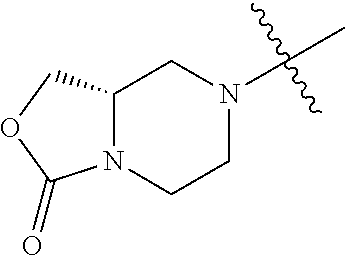
C02184

C02185

C02186
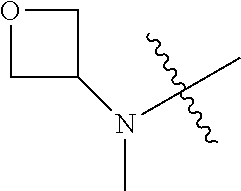
C02187

C02188

C02189

C02190
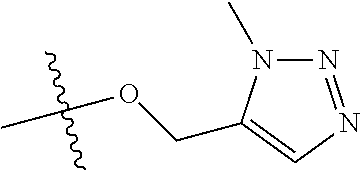
C02191
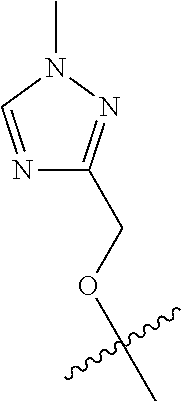
C02192
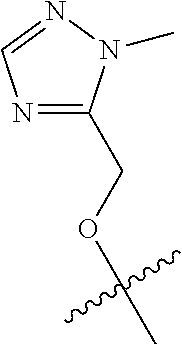
C02193

C02194

C02195
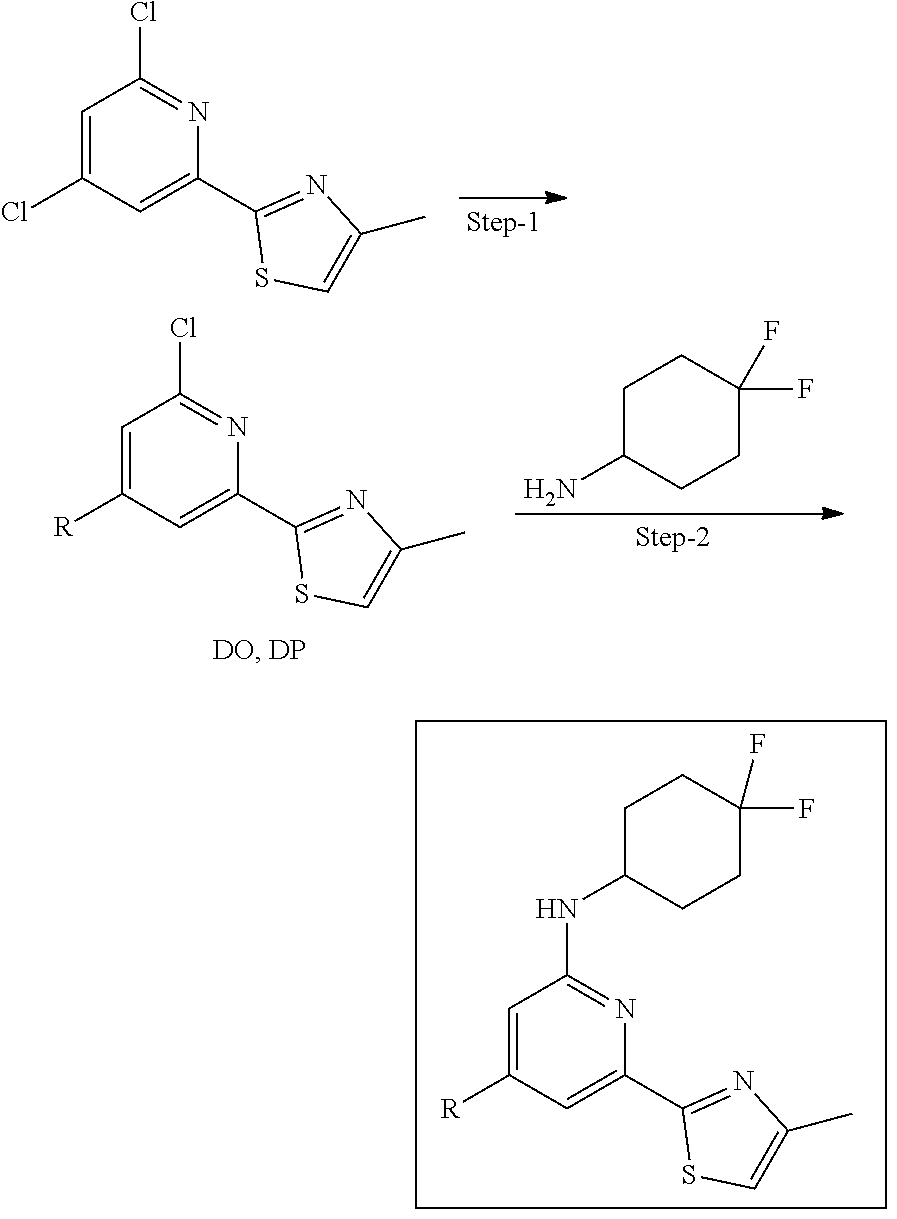
C02196

C02197

C02198
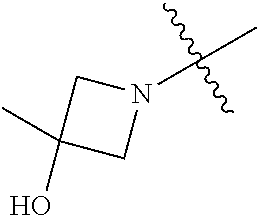
C02199

C02200
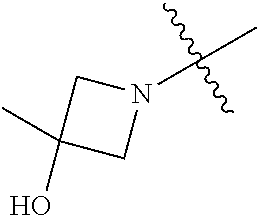
C02201

C02202

C02203
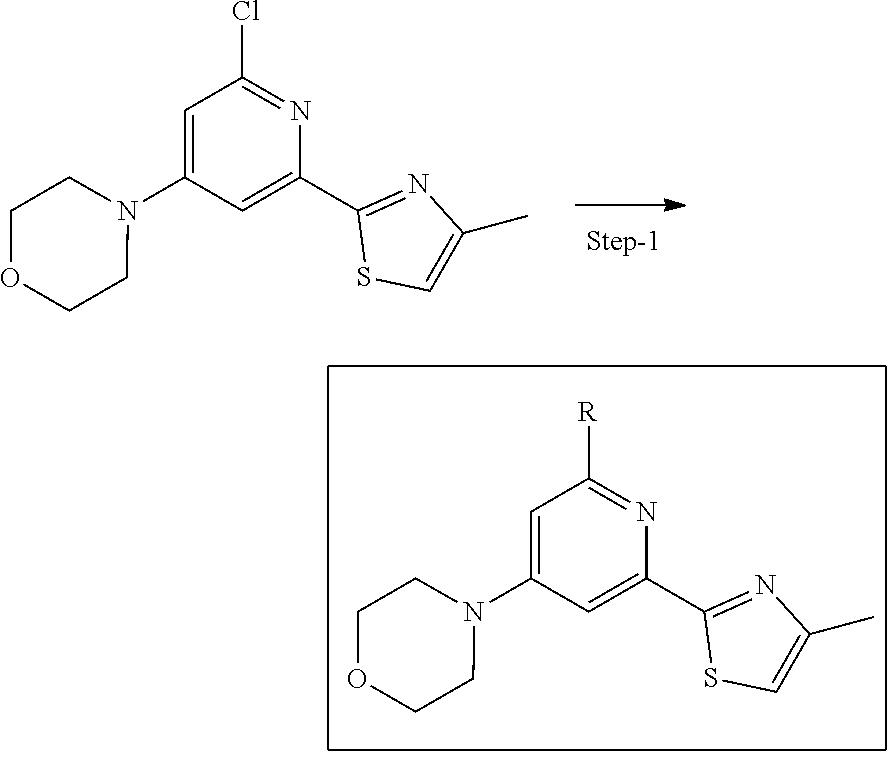
C02204

C02205

C02206

C02207
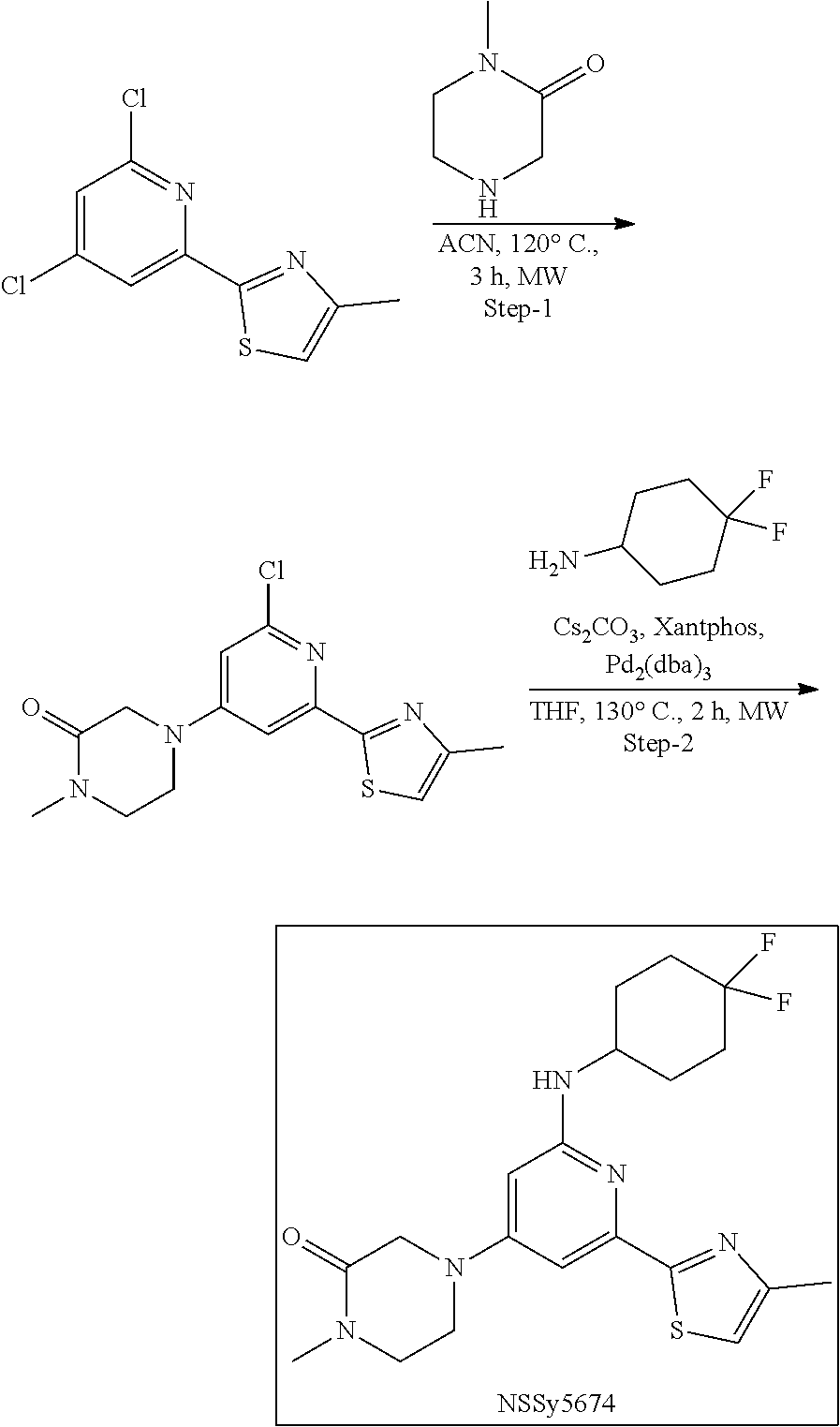
C02208

C02209

C02210

C02211
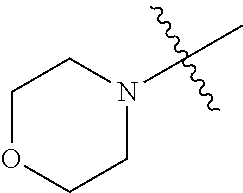
C02212

C02213

C02214
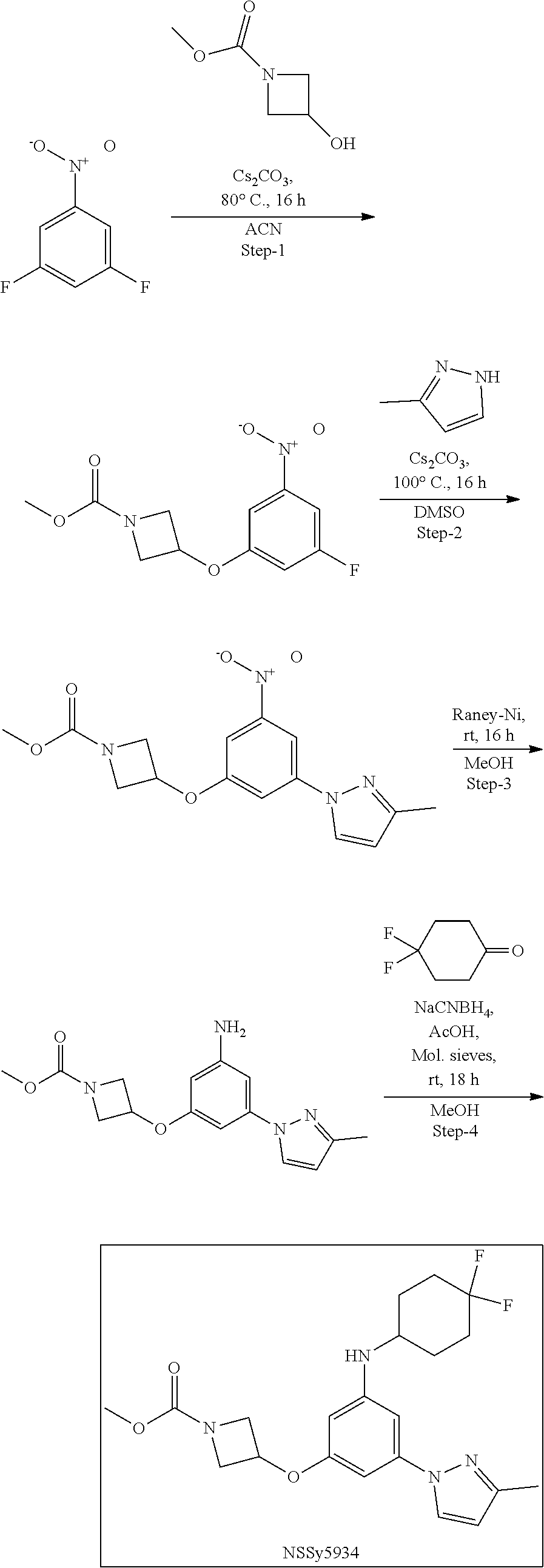
C02215

C02216

C02217

C02218

C02219

C02220

C02221

C02222

C02223

C02224
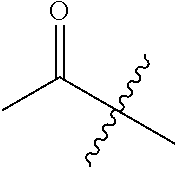
C02225

C02226

C02227

C02228

C02229

C02230
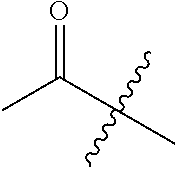
C02231
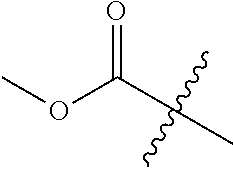
C02232

C02233
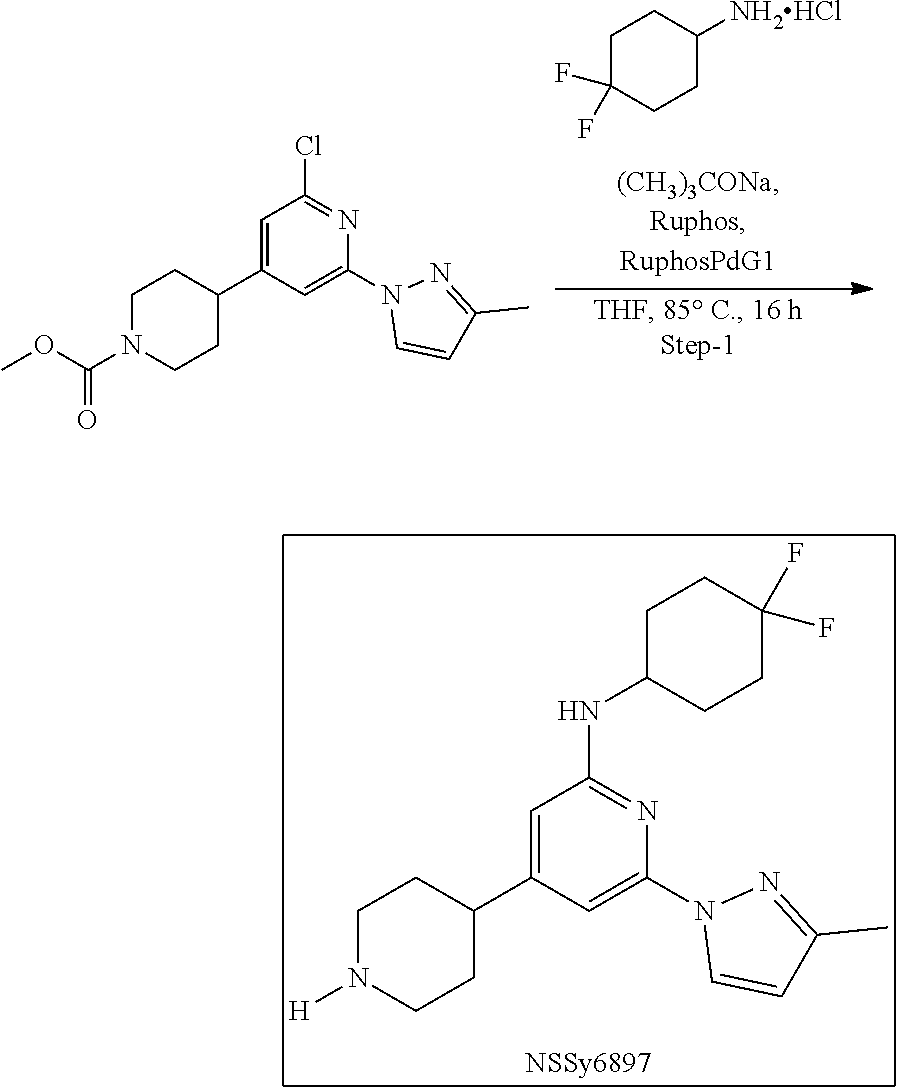
C02234
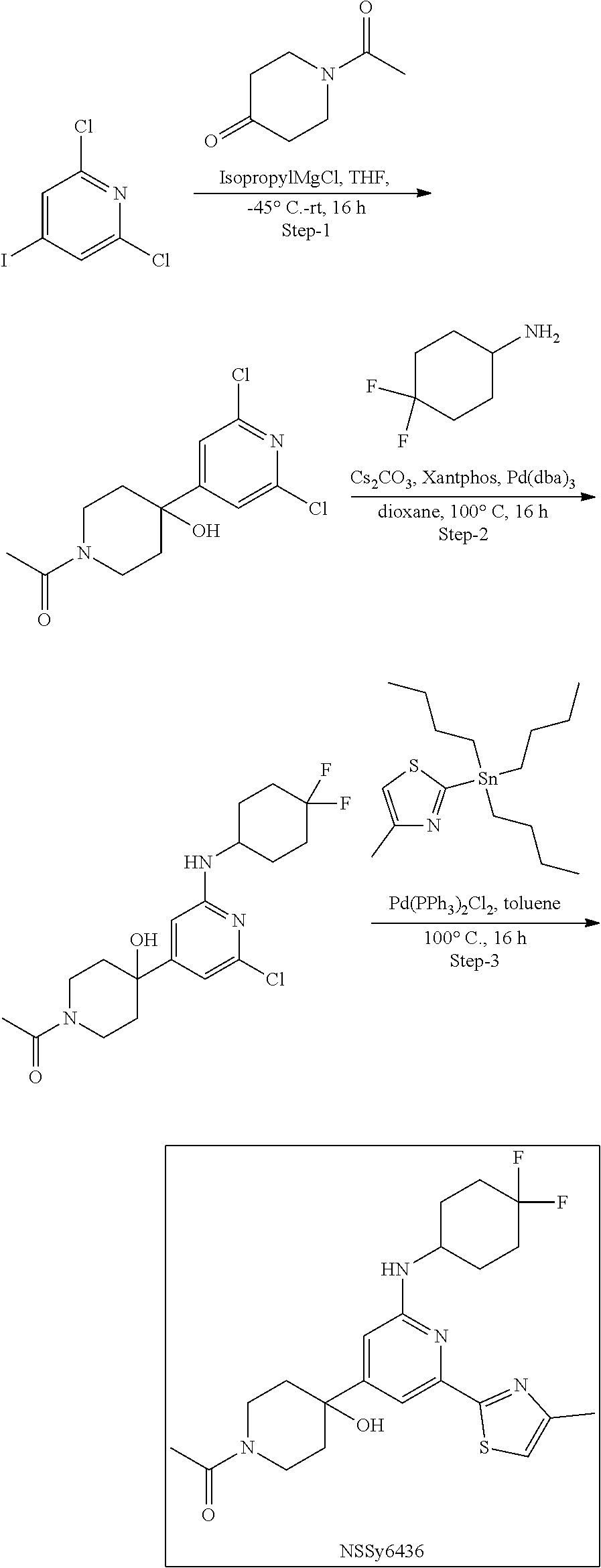
C02235

C02236

C02237
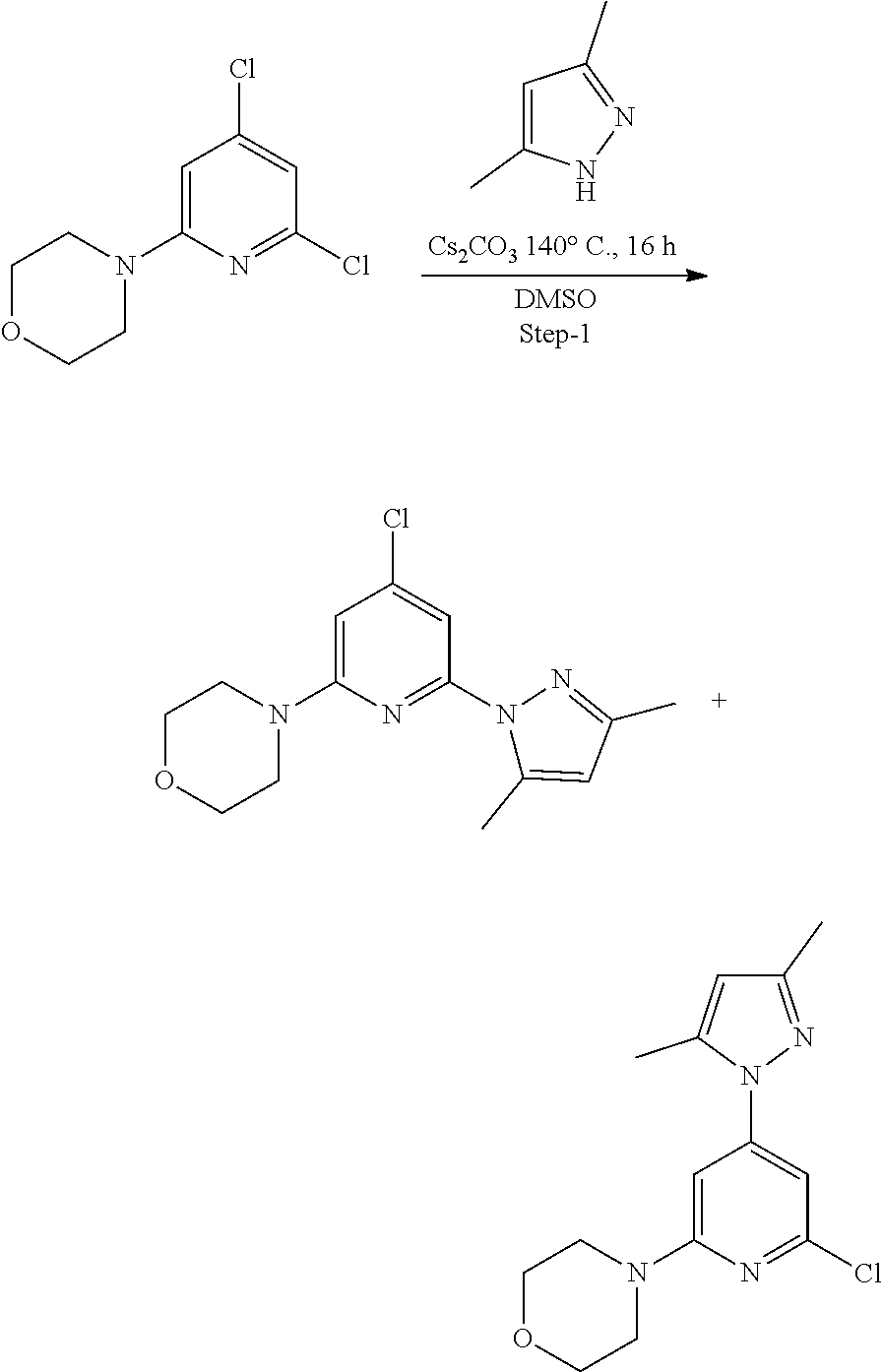
C02238
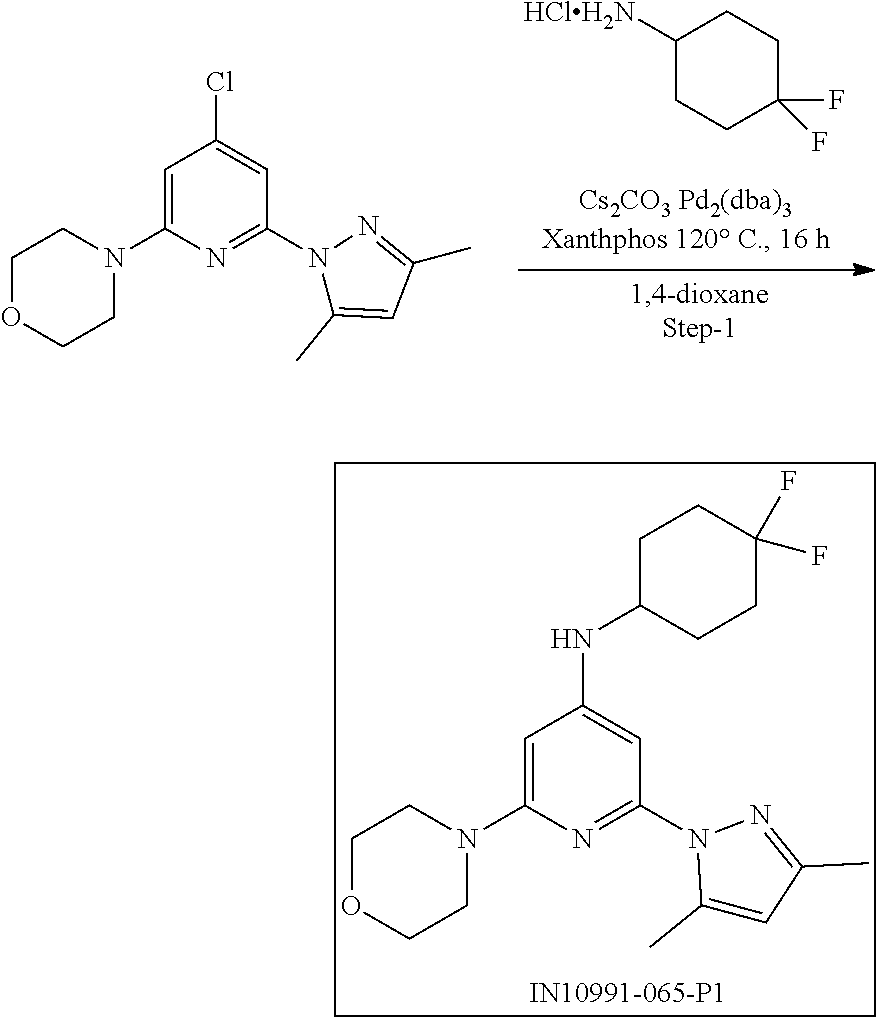
C02239
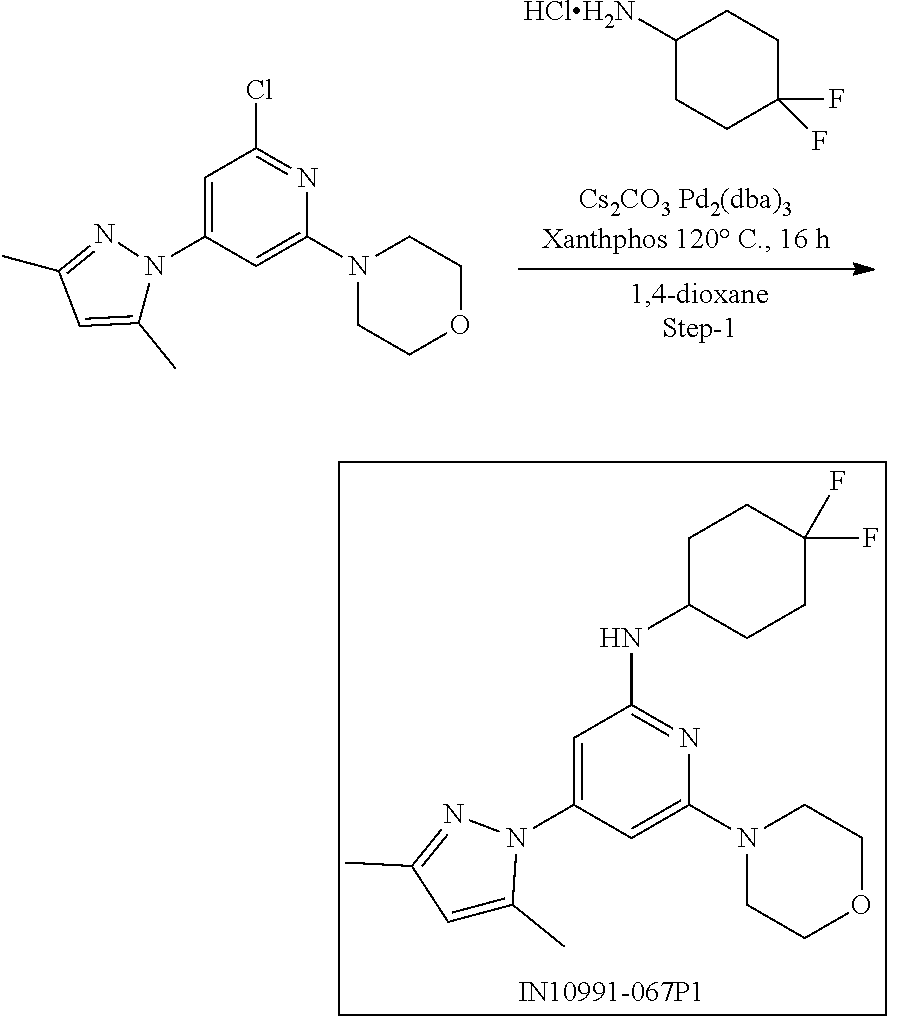
C02240
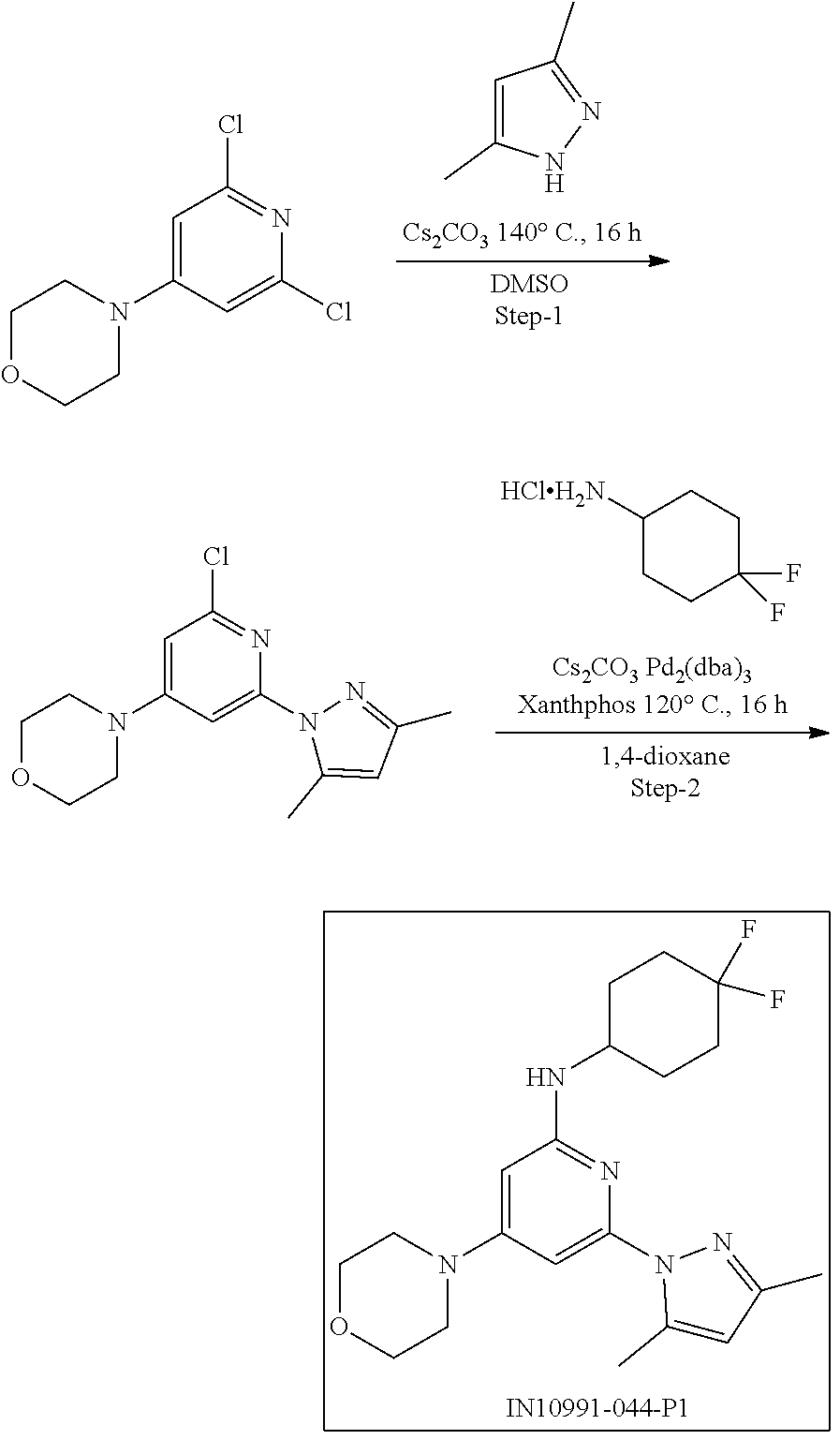
C02241

C02242
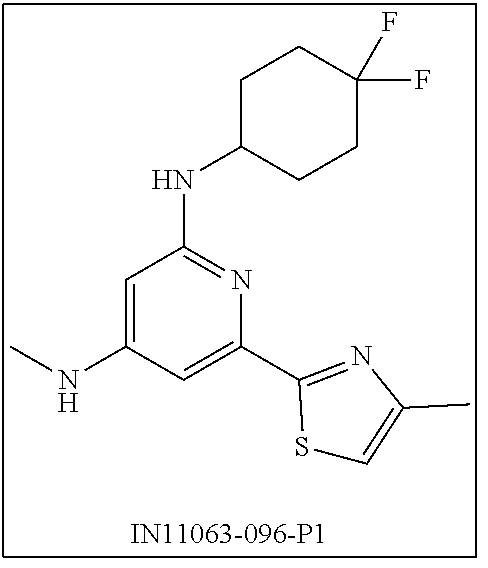
C02243

C02244

C02245
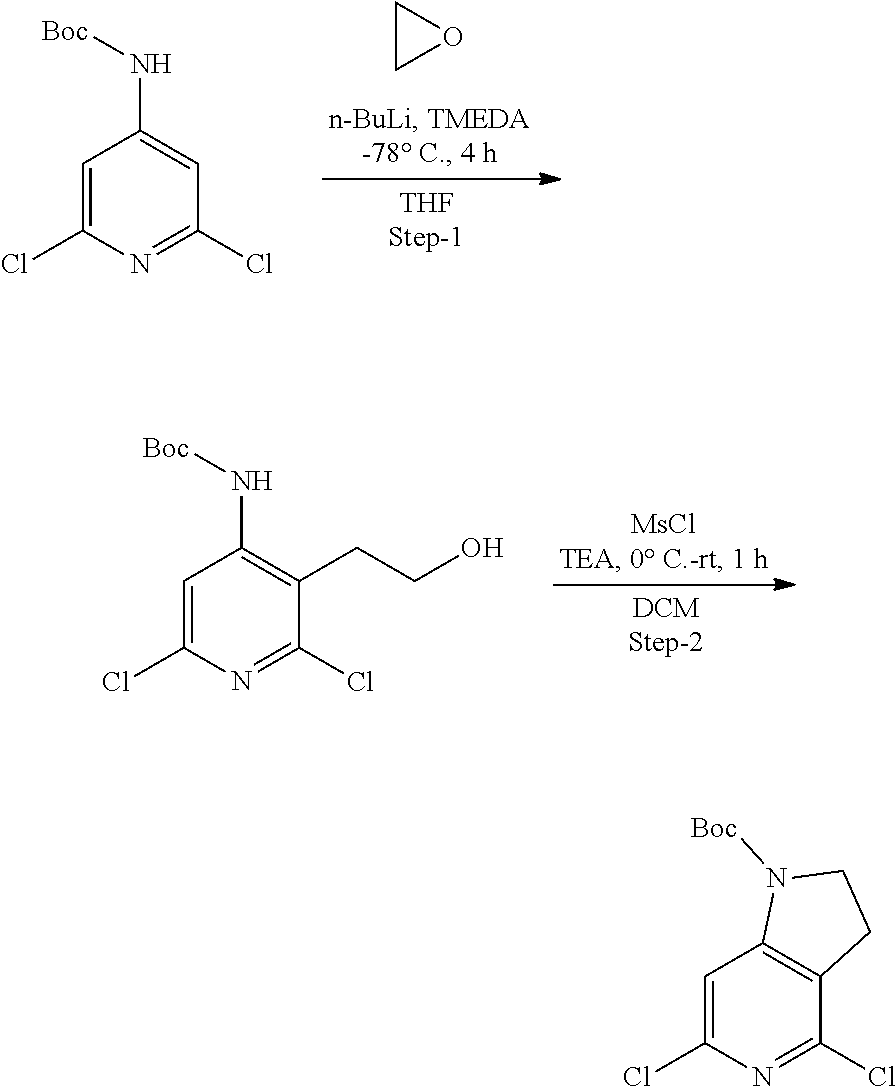
C02246

C02247
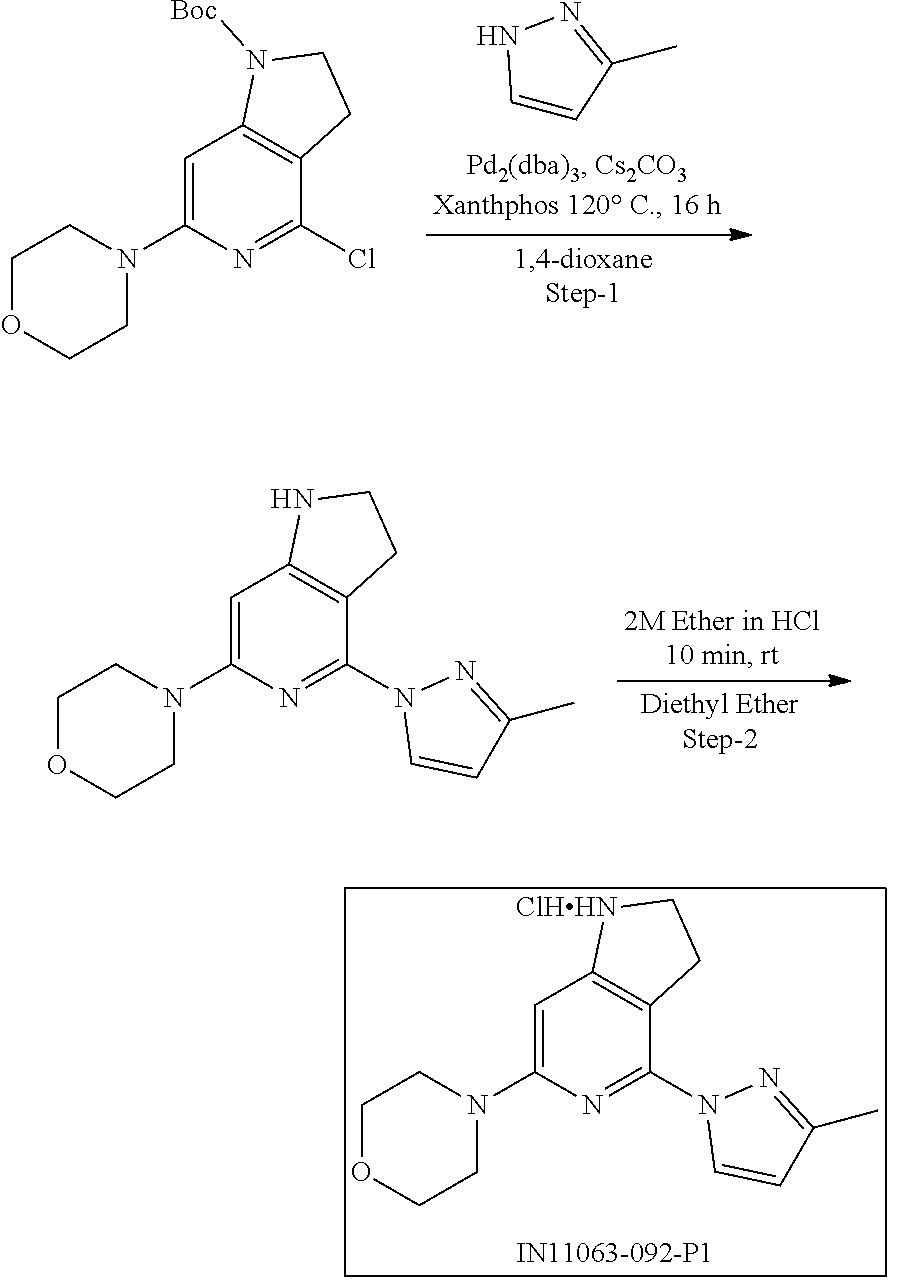
C02248

C02249
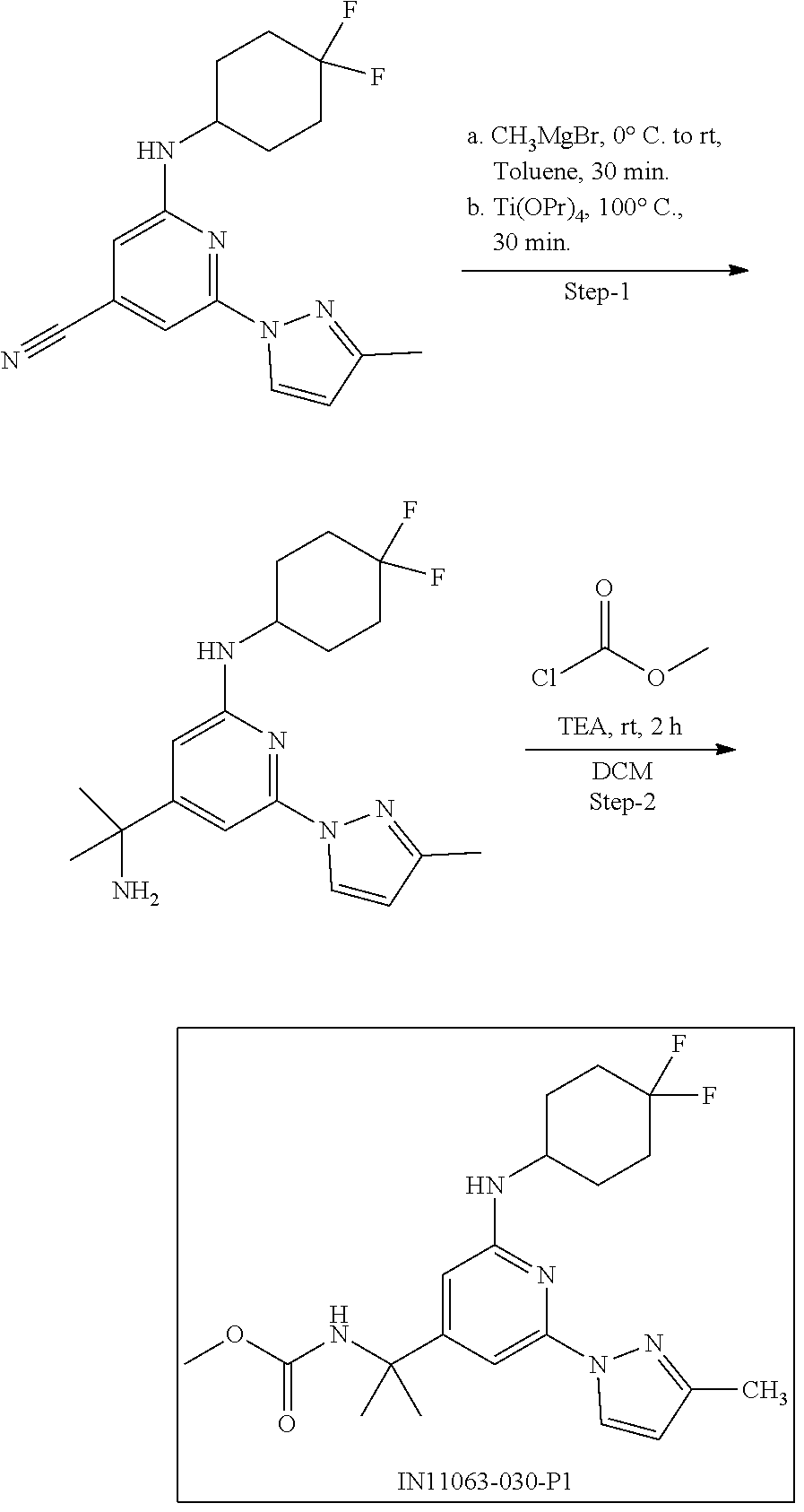
C02250

C02251
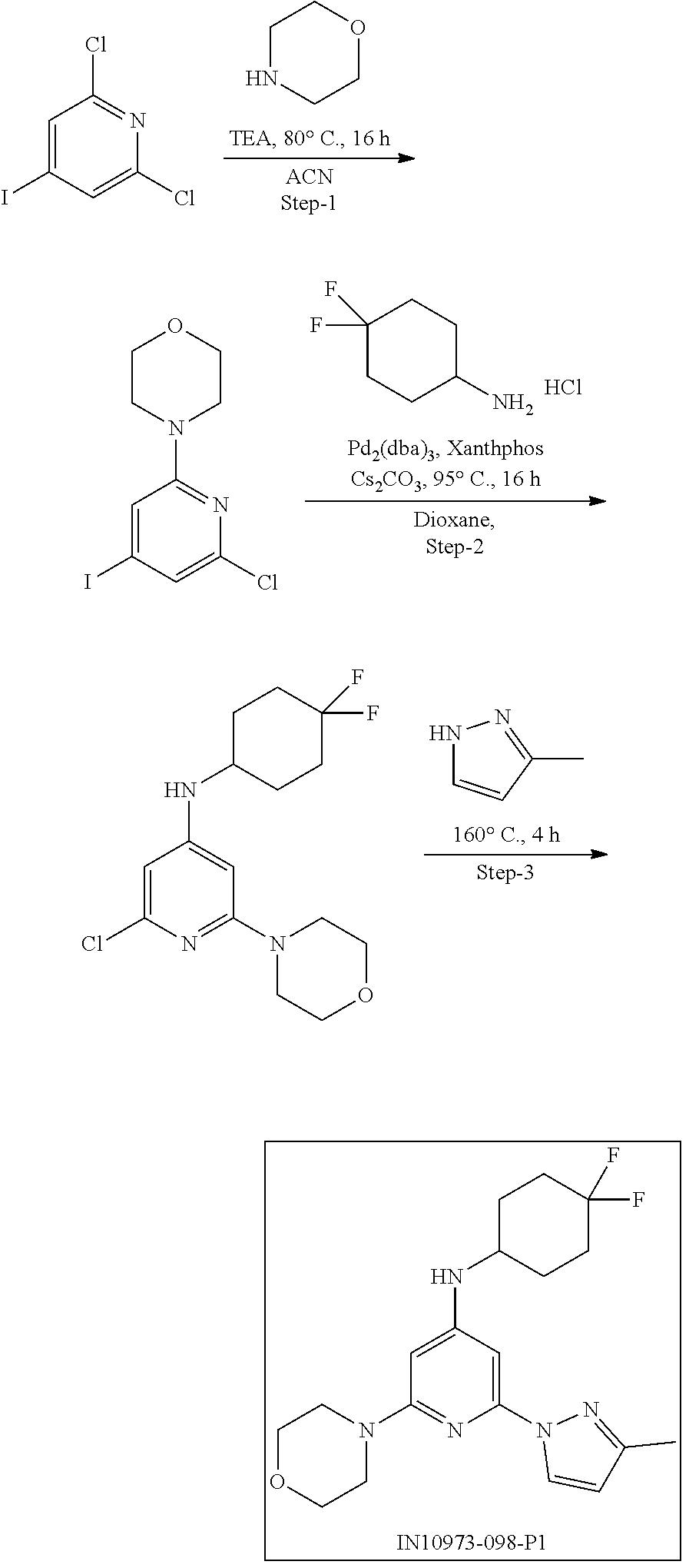
C02252

C02253

C02254
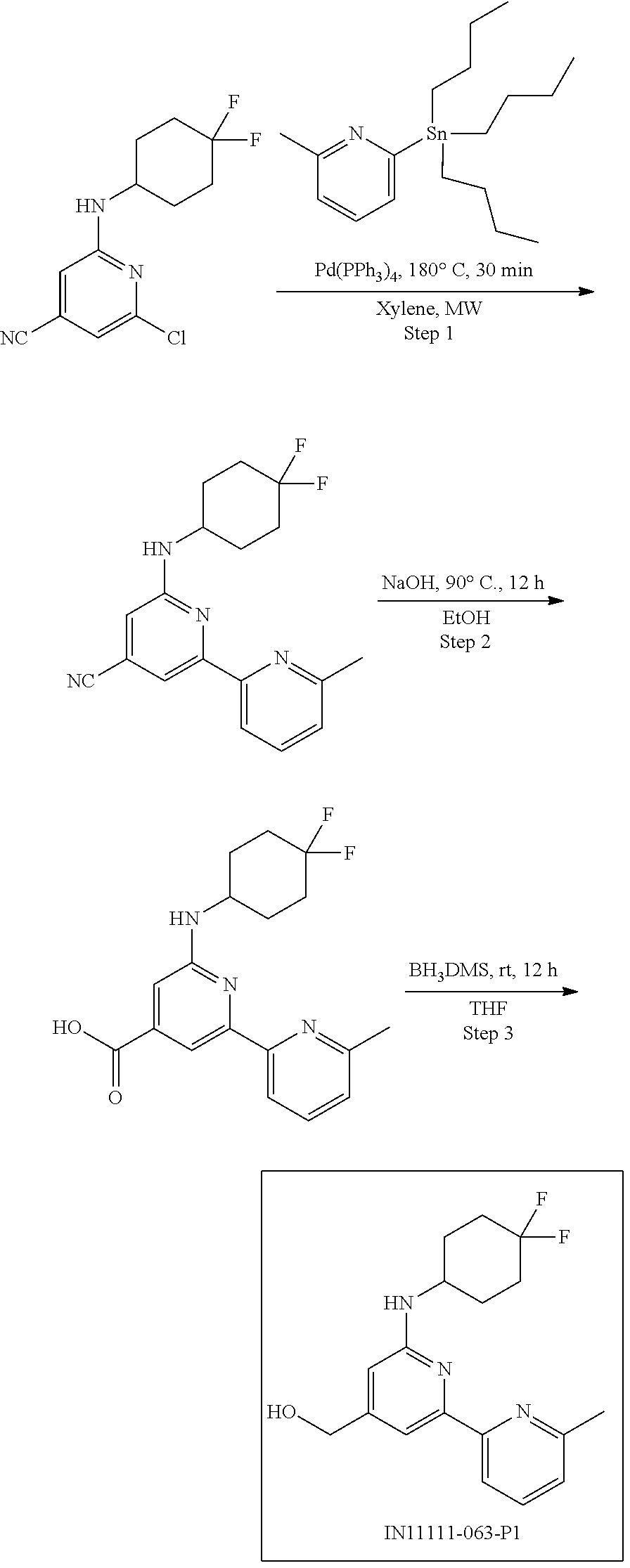
C02255

C02256
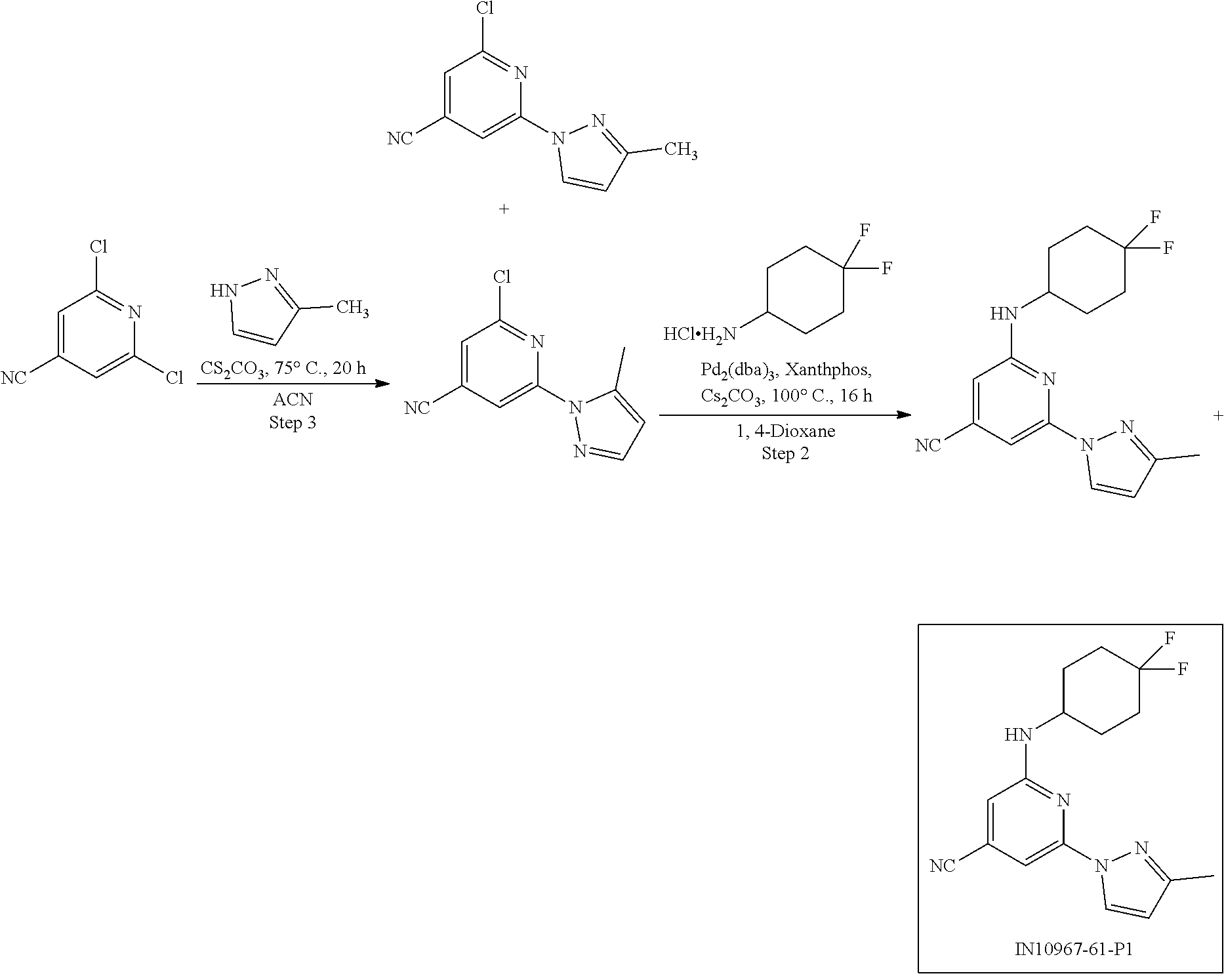
C02257

C02258

C02259

C02260

C02261

C02262

C02263

C02264

C02265
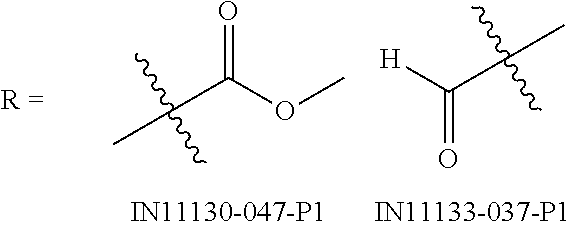
C02266

C02267
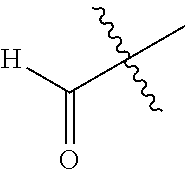
C02268

C02269
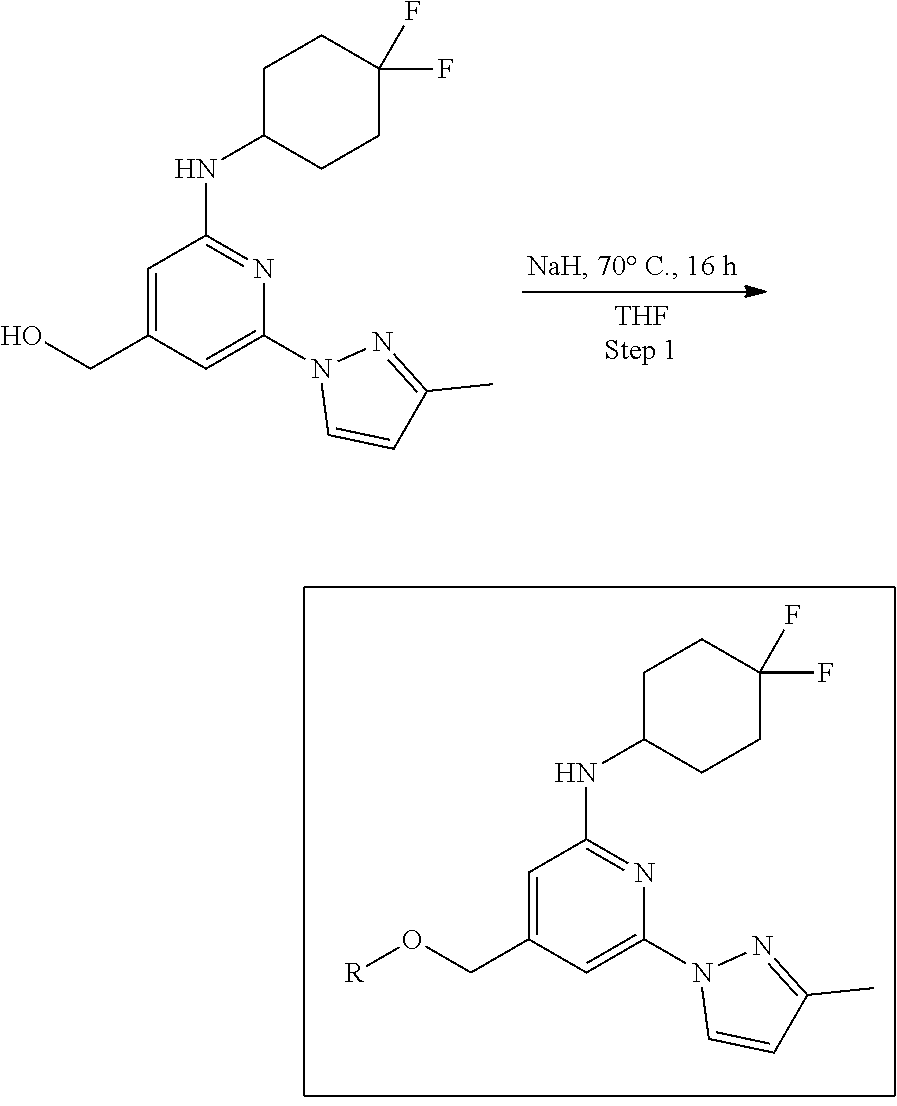
C02270

C02271
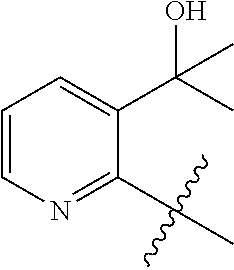
C02272

C02273

C02274

C02275

C02276

C02277

C02278

C02279

C02280

C02281

C02282

C02283
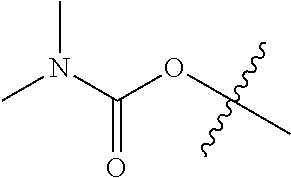
C02284

C02285
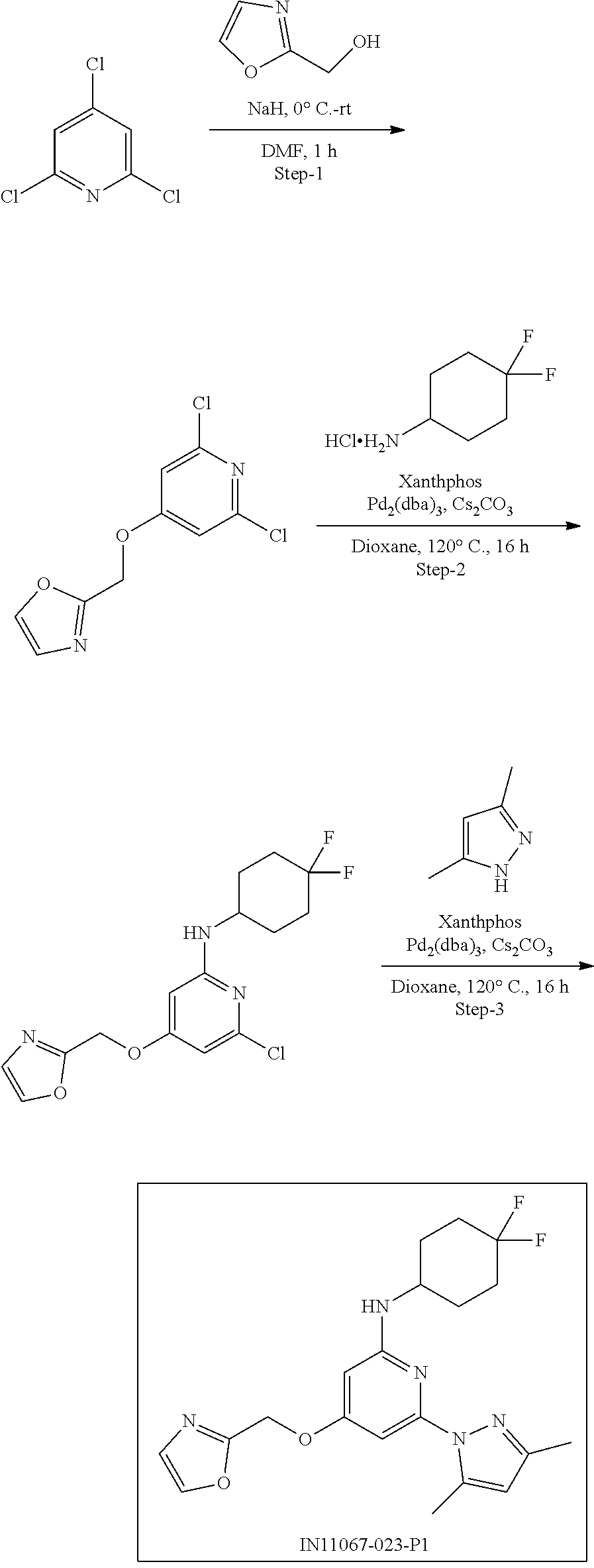
C02286
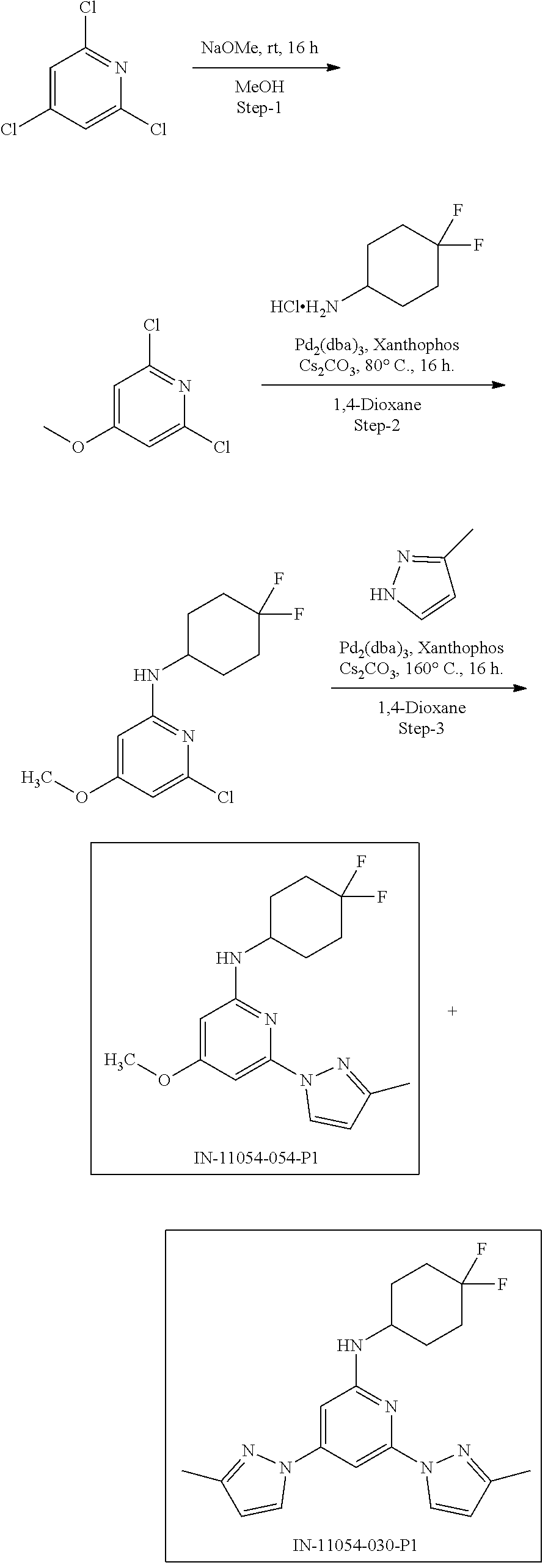
C02287

C02288
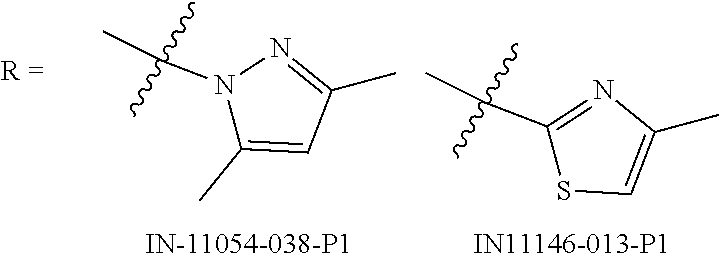
C02289
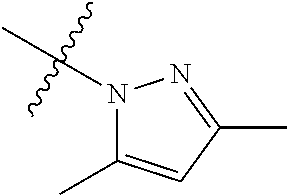
C02290

C02291
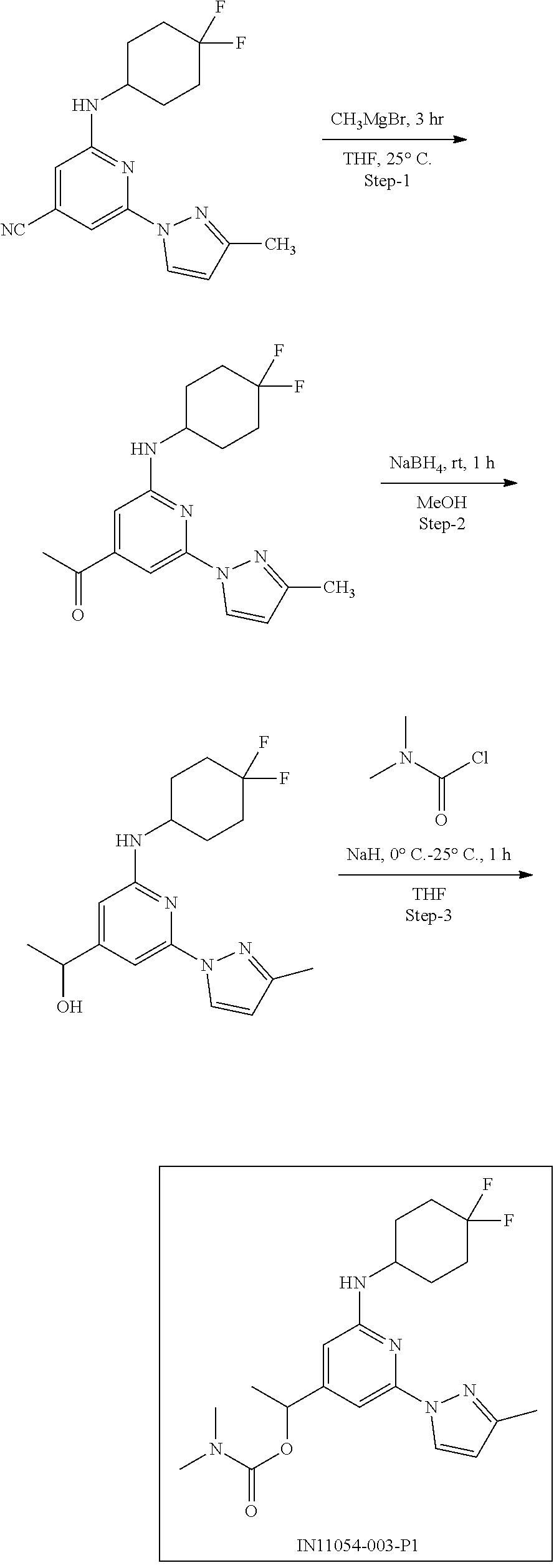
C02292

C02293

C02294

C02295

C02296

C02297

C02298

C02299
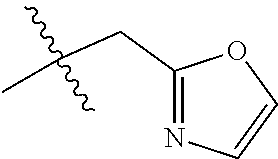
C02300

C02301

C02302

C02303

C02304

C02305

C02306

C02307

C02308
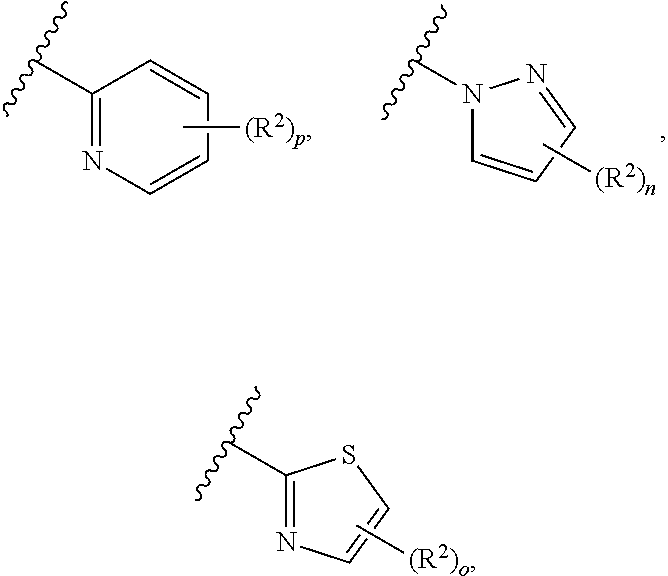
C02309
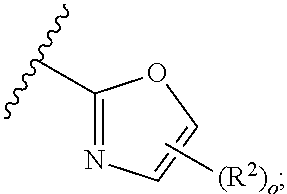
C02310
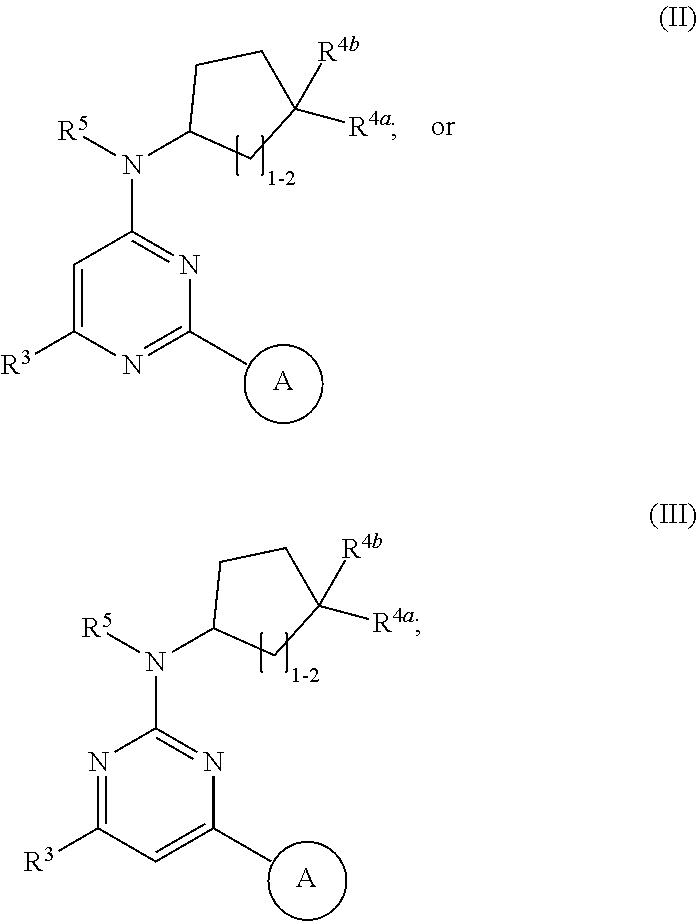
C02311
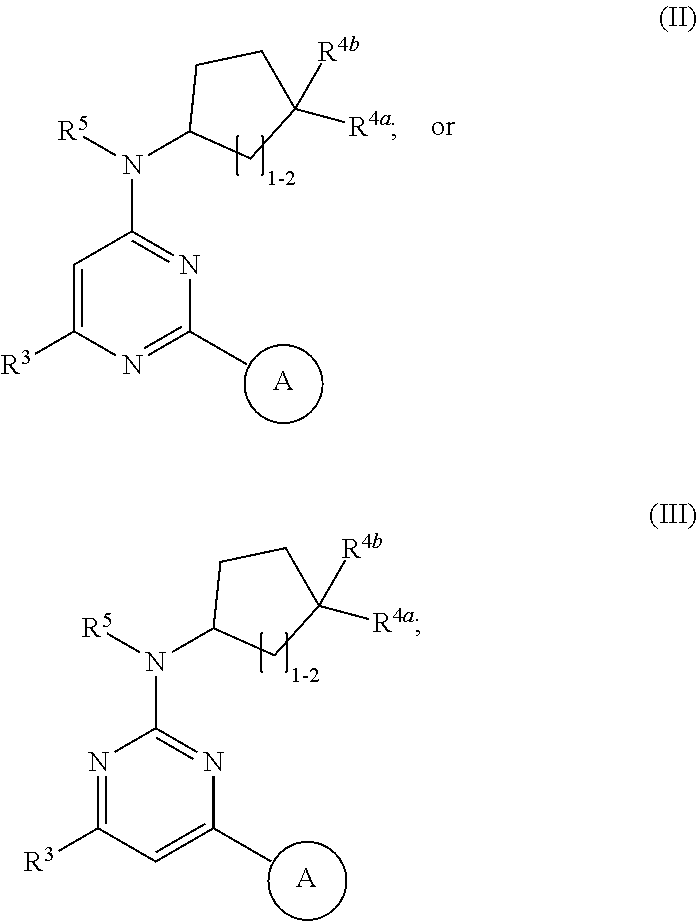
C02312

C02313
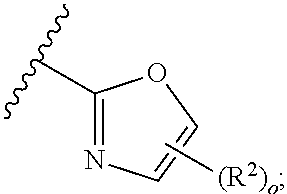
D00001

D00002

XML
uspto.report is an independent third-party trademark research tool that is not affiliated, endorsed, or sponsored by the United States Patent and Trademark Office (USPTO) or any other governmental organization. The information provided by uspto.report is based on publicly available data at the time of writing and is intended for informational purposes only.
While we strive to provide accurate and up-to-date information, we do not guarantee the accuracy, completeness, reliability, or suitability of the information displayed on this site. The use of this site is at your own risk. Any reliance you place on such information is therefore strictly at your own risk.
All official trademark data, including owner information, should be verified by visiting the official USPTO website at www.uspto.gov. This site is not intended to replace professional legal advice and should not be used as a substitute for consulting with a legal professional who is knowledgeable about trademark law.